In this tour, get to know:
 (cc) Алексей Белобородов / CC BY-SA 4.0
(cc) Алексей Белобородов / CC BY-SA 4.0
The Upper Town
The Upper Town represents the oldest part and core of Belgrade Fortress. On the Upper Town plateau, the oldest remains of a settlement dating back to the Neolithic – also known as the New Stone Age – were discovered. After the Roman conquest, the Upper Town we see today was...
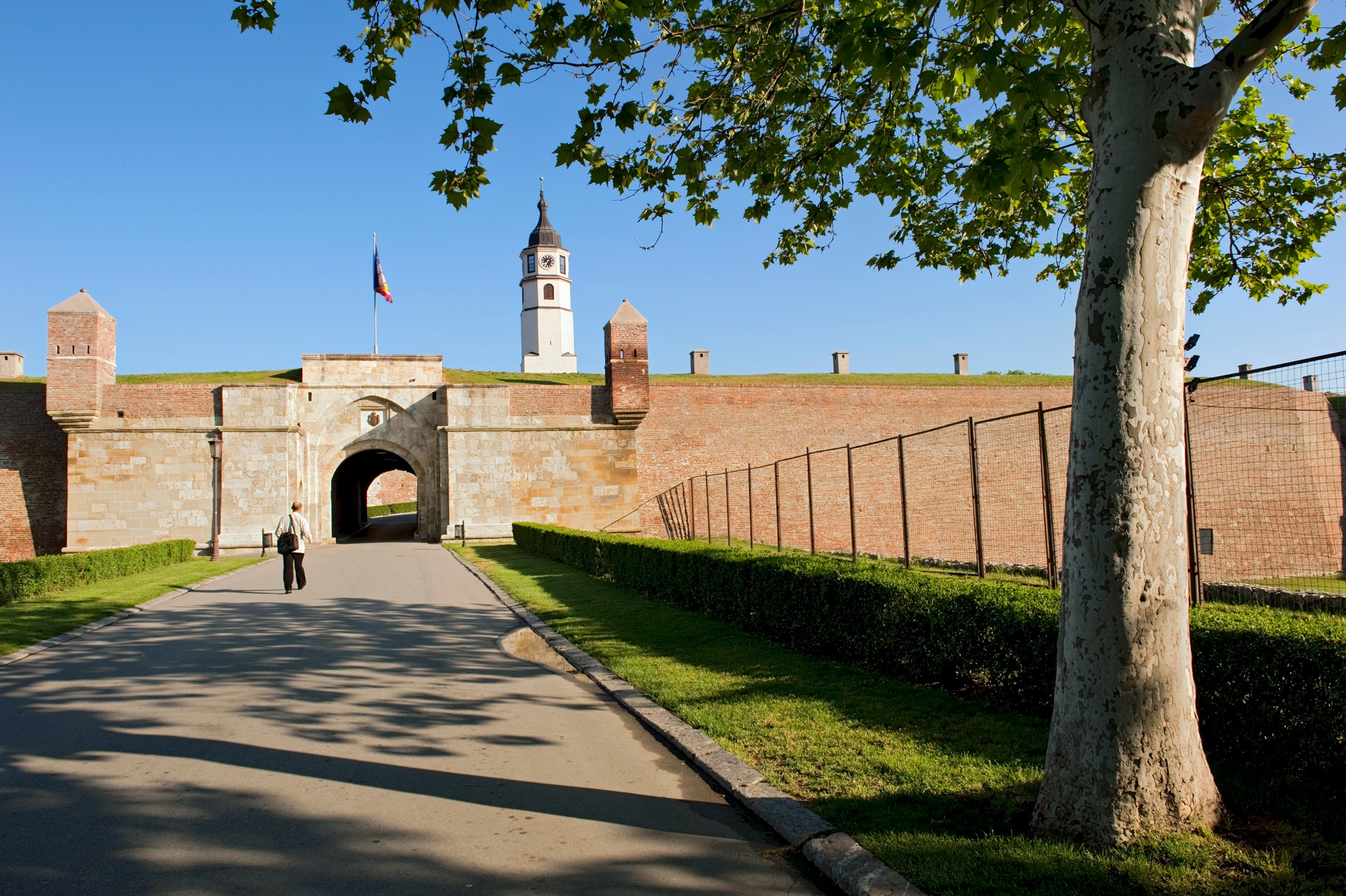 © Beogradska Tvrdjava
© Beogradska Tvrdjava
Stambol Gate
Stambol Gate got its name because of its position on the main road towards Constantinople (Istanbul), with Stambol being a shortened name for Istanbul. It was built on the site of the former “Constantinople Gate,” which was erected during the great Austrian reconstruction of the fortress and was destroyed during...
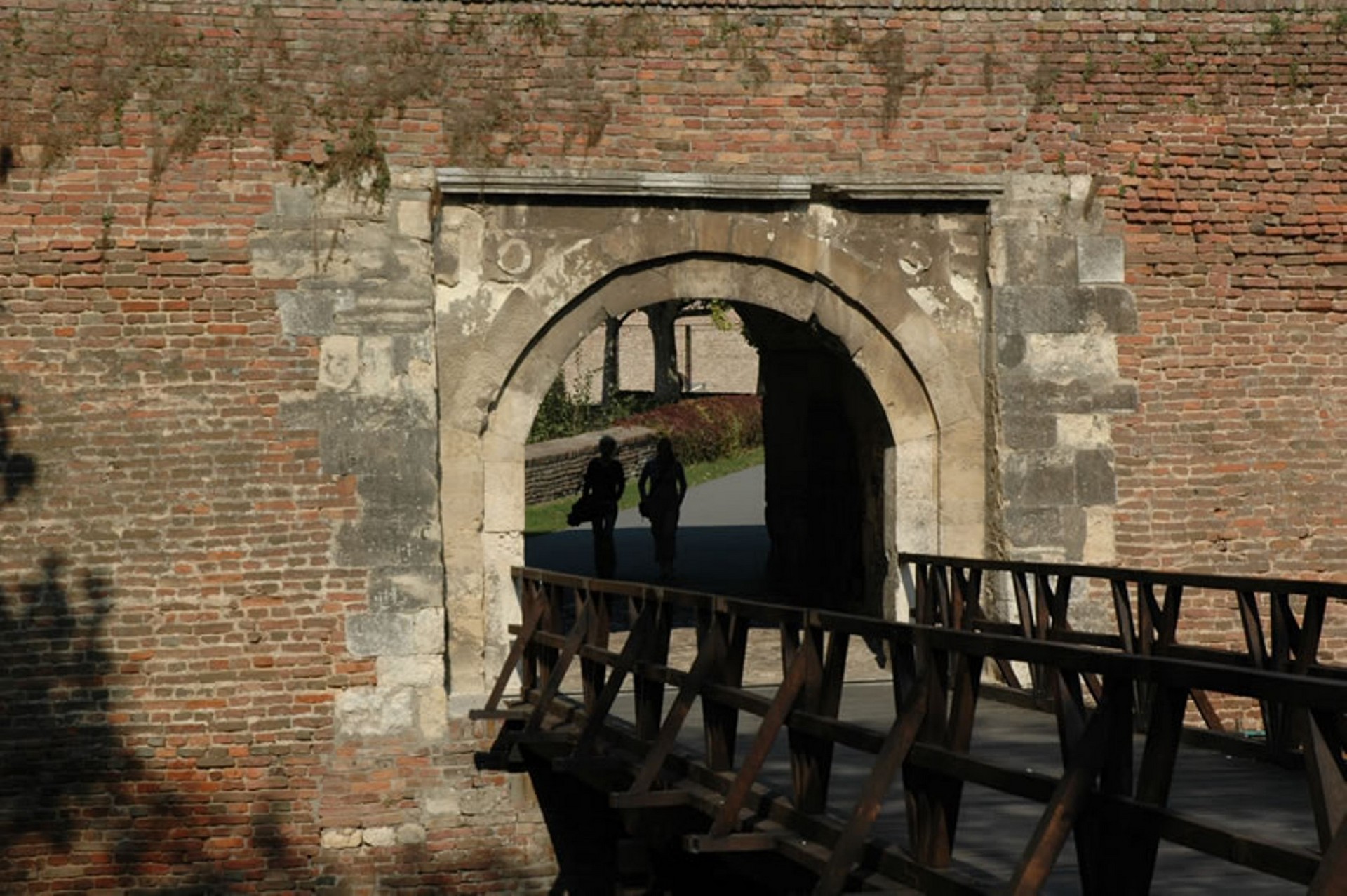 © Beogradska Tvrdjava
© Beogradska Tvrdjava
Karađorđe’s Gate
Karađorđe’s Gate takes its name from Karađorđe Petrović, the famous leader of the First Serbian Uprising, which lasted from 1804 to 1813. It was named in memory of Karađorđe’s arrival at the fortress with the Serbian Uprising Army at the beginning of 1807. Karađorđe’s Gate went unused for a long...
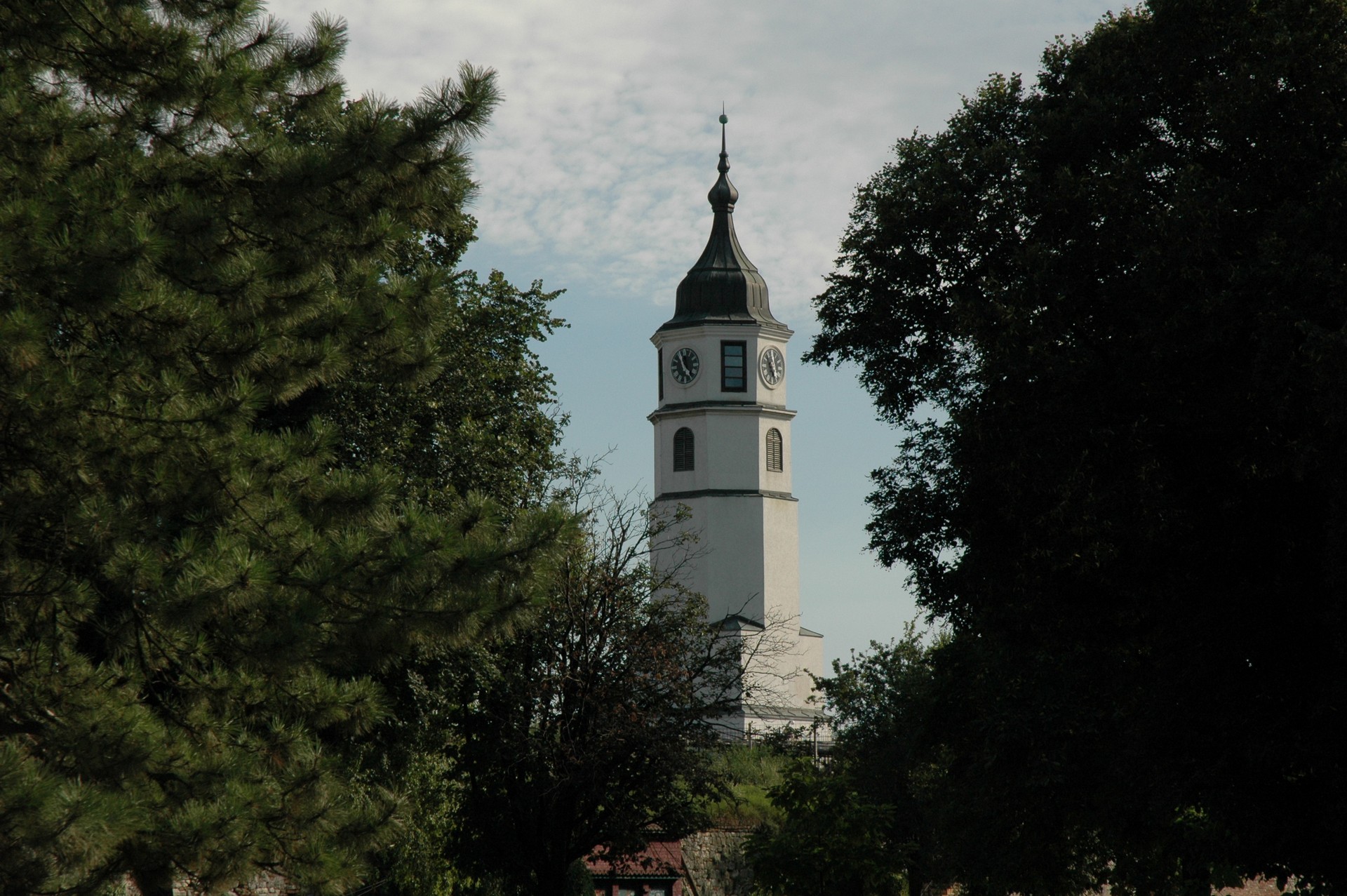 © Beogradska Tvrdjava
© Beogradska Tvrdjava
Sahat Gate and Sahat Tower
Sahat Gate serves as the main entrance to the Upper Town. It was built just after the Austrians conquered the city in 1688. Although the gate was built first, it was named after Sahat Tower, which was constructed above it in the middle of the 18th century. Sahat Tower is...
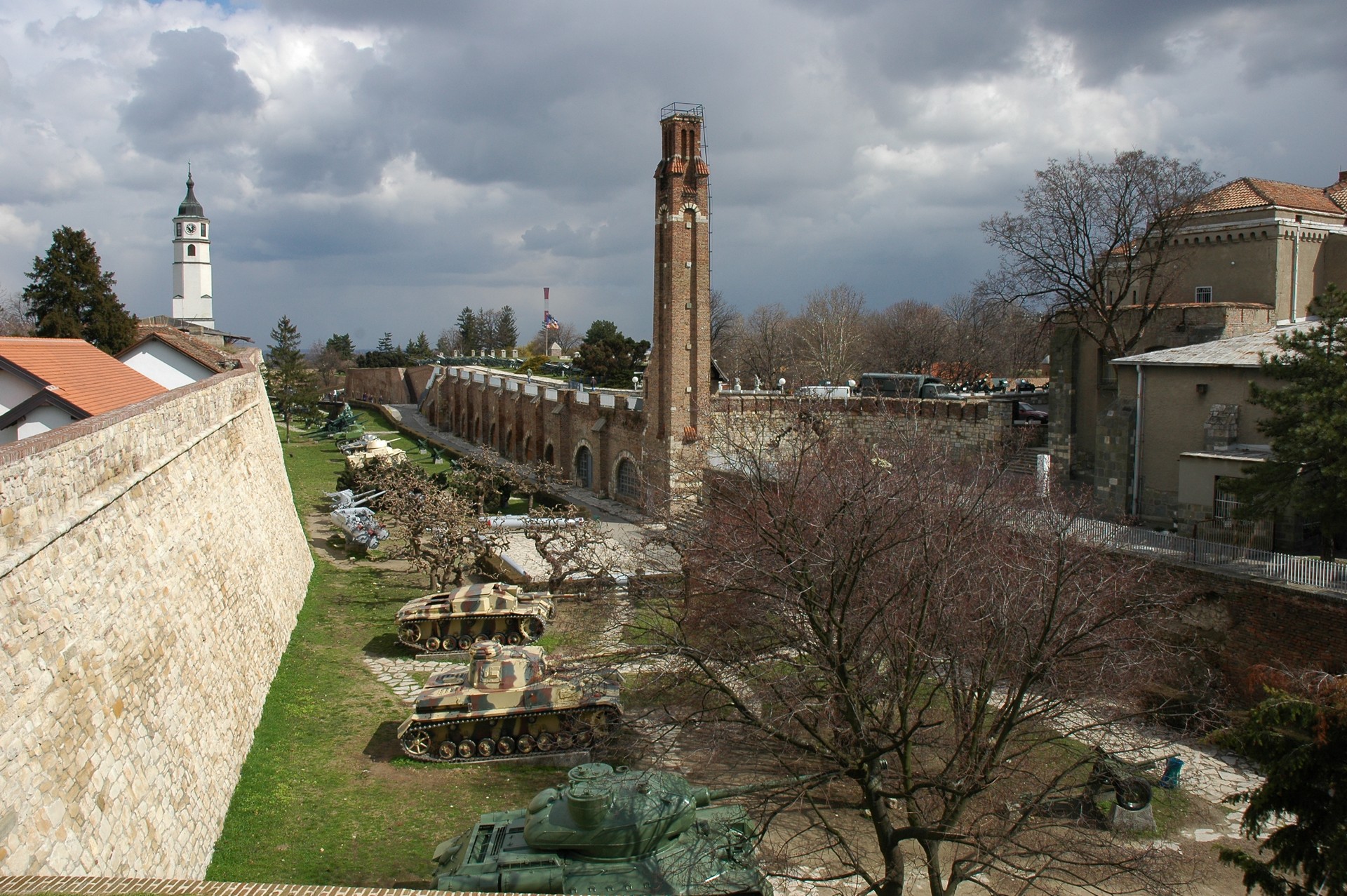 © Beogradska Tvrdjava
© Beogradska Tvrdjava
The Military Museum
The Military Museum was opened in 1904, but previously it had been located in the building that today houses the Cultural Monument Protection Institute. In 1961, the museum was reopened in its present-day building. Among the Military Museum’s collection, you can see weapons, uniforms, flags, medals, archives, works of art,...
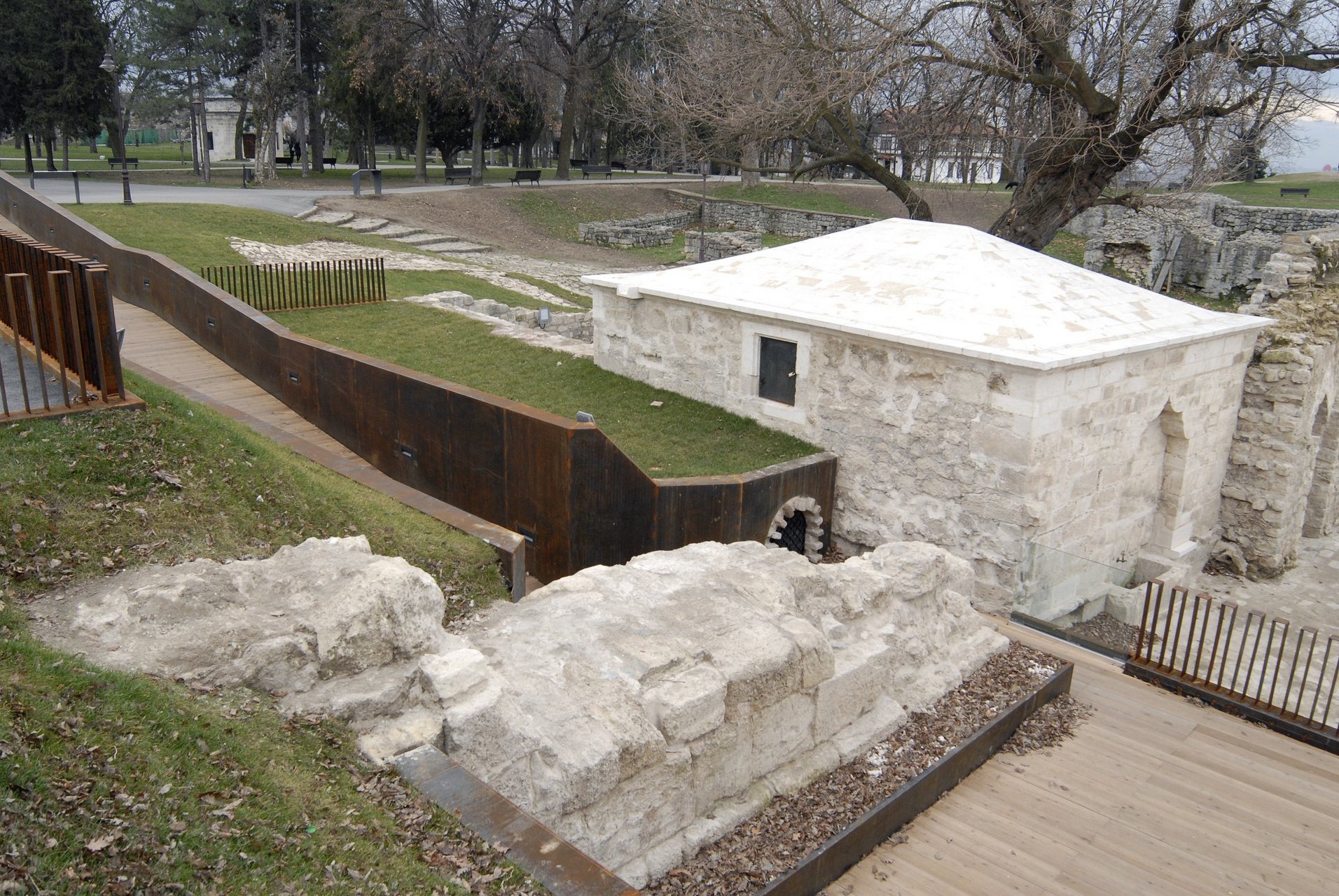 © Beogradska Tvrdjava
© Beogradska Tvrdjava
Mehmed-Paša Sokolović Fountain
Mehmed-Paša Sokolović Fountain was erected between 1576 and 1577. It was the only endowment this well-known Turkish vizier left to the city of Belgrade. It is one of the rare example of a structure that has been through many changes over several centuries, but has still kept its original function....
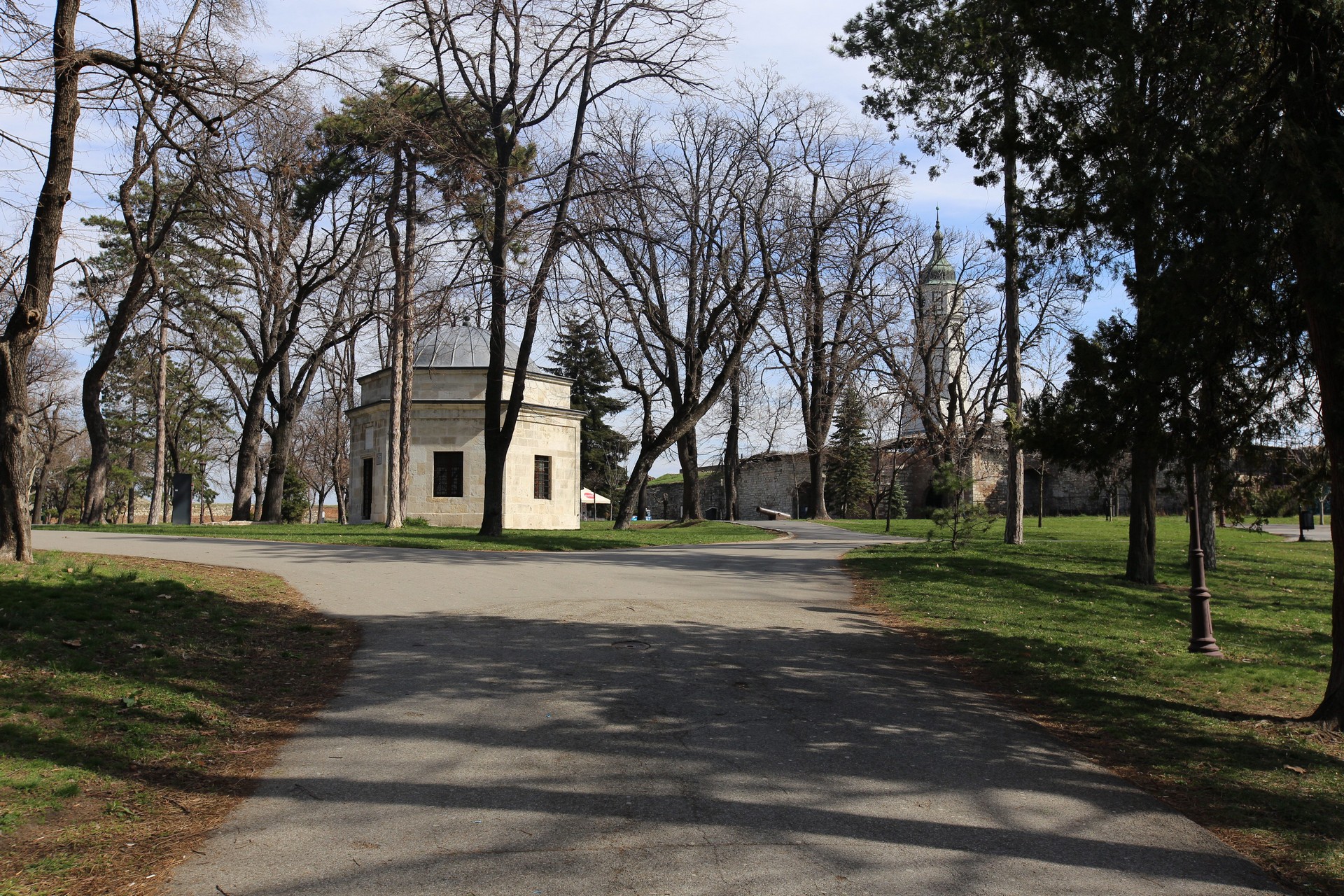 © Beogradska Tvrdjava
© Beogradska Tvrdjava
Damad Ali-Paša’s Mausoleum
Damad Ali-Paša’s Mausoleum is one of the rare examples of preserved Turkish architecture in Belgrade. It was erected in 1784 on the burial site of Izet Mehmed-Paša, former commander of Belgrade. The building was damaged during the First Serbian Uprising. It was restored in 1818 and 1819 by Belgrade governor...
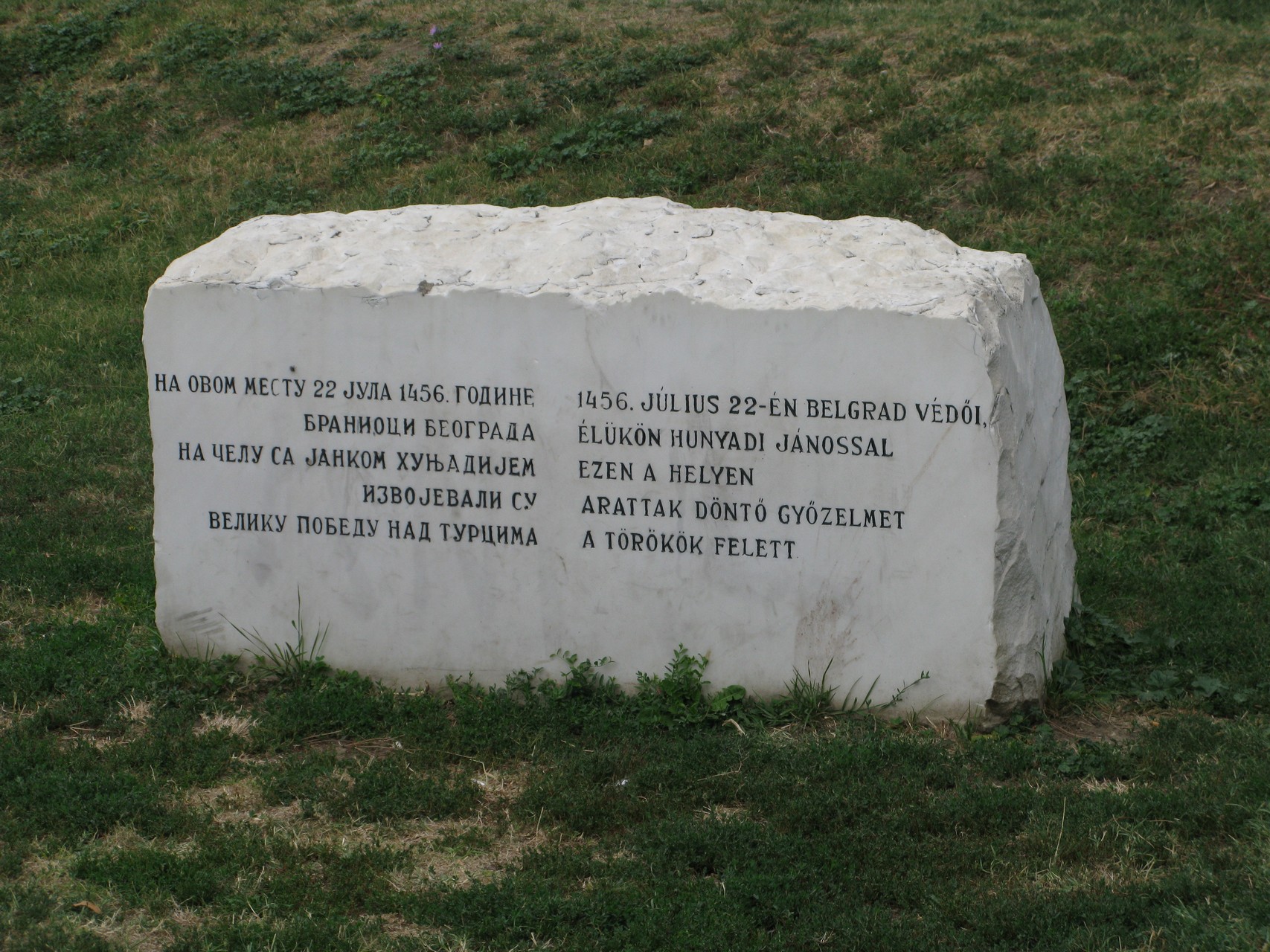 (cc) Marko Kudjerski/CC BY-2.0
(cc) Marko Kudjerski/CC BY-2.0
The Turkish Siege Memorial Monument
The Turkish Siege Memorial Monument commemorates the biggest and most famous battle in Belgrade’s history, which took place on the night between July 21 and 22, 1456. After the battle the Turks were forced to retreat, and Belgrade became known as “The Bastion of Christianity.” During this battle, two heroes...
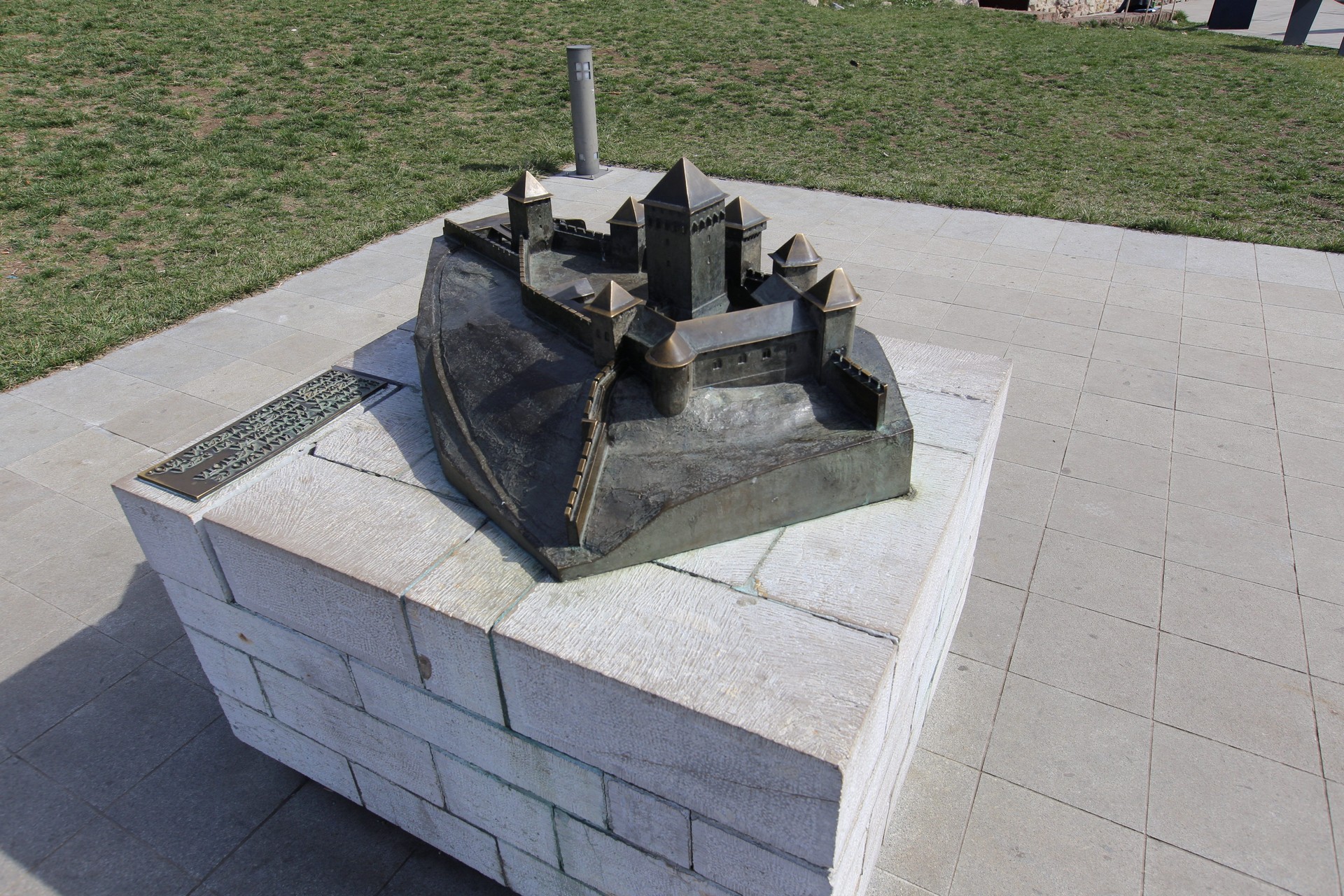 © Beogradska Tvrdjava
© Beogradska Tvrdjava
Despot Stefan’s Castle
The miniature model of the castle of Despot Stefan Lazarević is displayed close to the spot where the center of the medieval castle used to be. The castle was built in the first decade of the 15th century on the site of a large manor house from the 12th century....
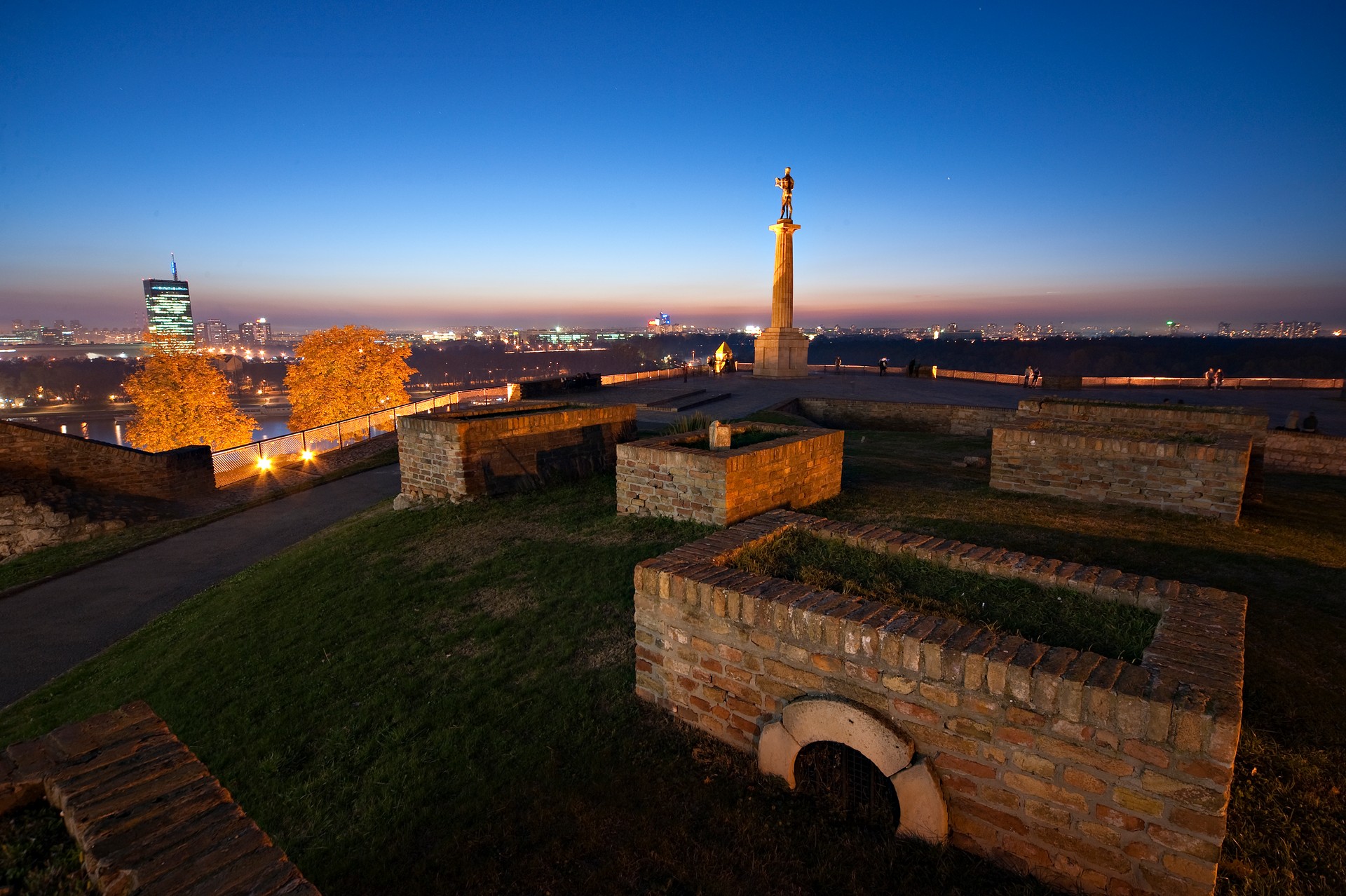 © Svetlana Dingarac
© Svetlana Dingarac
The Victor Monument
The Victor Monument is a famous symbol of Belgrade. It was created by sculptor Ivan Meštrović. It is dedicated to Serbia’s victory in the Balkan Wars from 1912 to 1913. The monument’s construction was delayed by the beginning of World War One in 1914. It was officially unveiled in 1928...
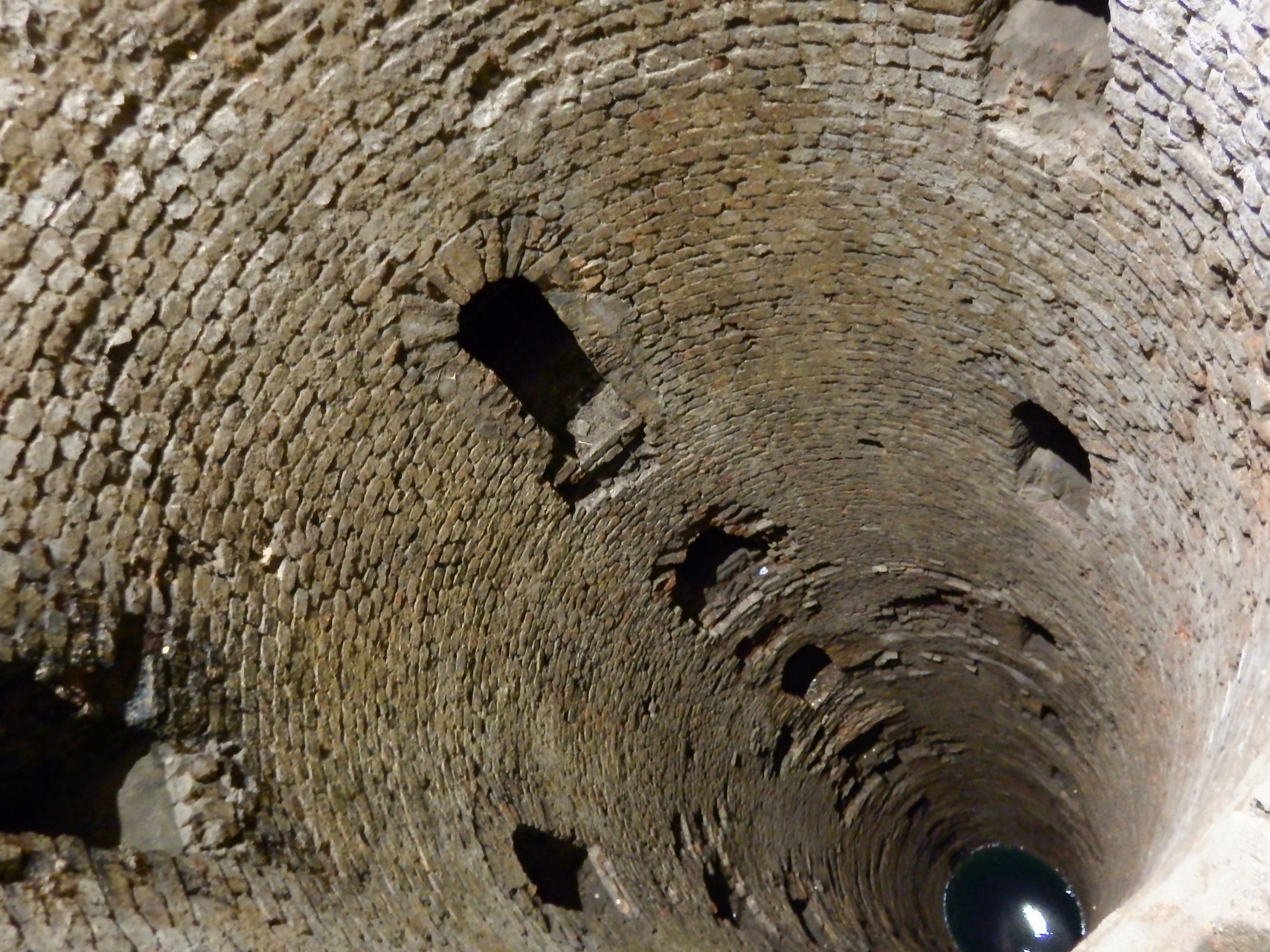 © Beogradska Tvrdjava
© Beogradska Tvrdjava
The Roman Well
The Roman Well was built between 1717 and 1731, during the great Austrian reconstruction of the fortress. The name “Roman Well” was only recorded for the first time in the 19th century. It was based on an old local tradition whereby people would often assume that any old building of...
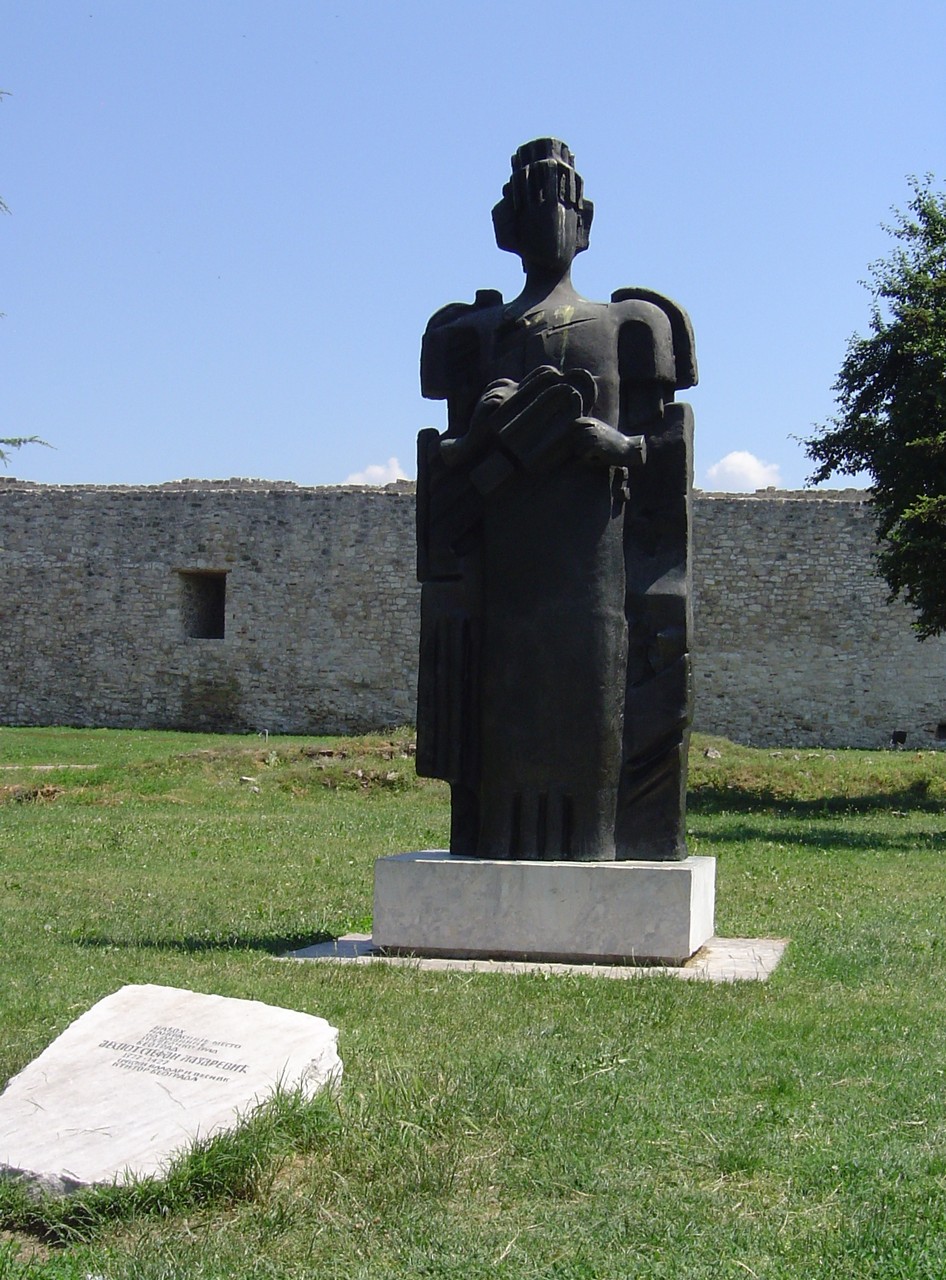 (cc) Matija / CC BY-SA 3.0
(cc) Matija / CC BY-SA 3.0
The Monument to Despot Stefan
The Monument to Despot Stefan was erected in 1981 on the Upper Town plateau of Belgrade Fortress. The bronze statue, which is 3.2 m tall with a pedestal of 40 cm, depicts Despot Stefan, during whose reign Belgrade became the Serbian capital for the first time in 1404. Famous Belgrade...
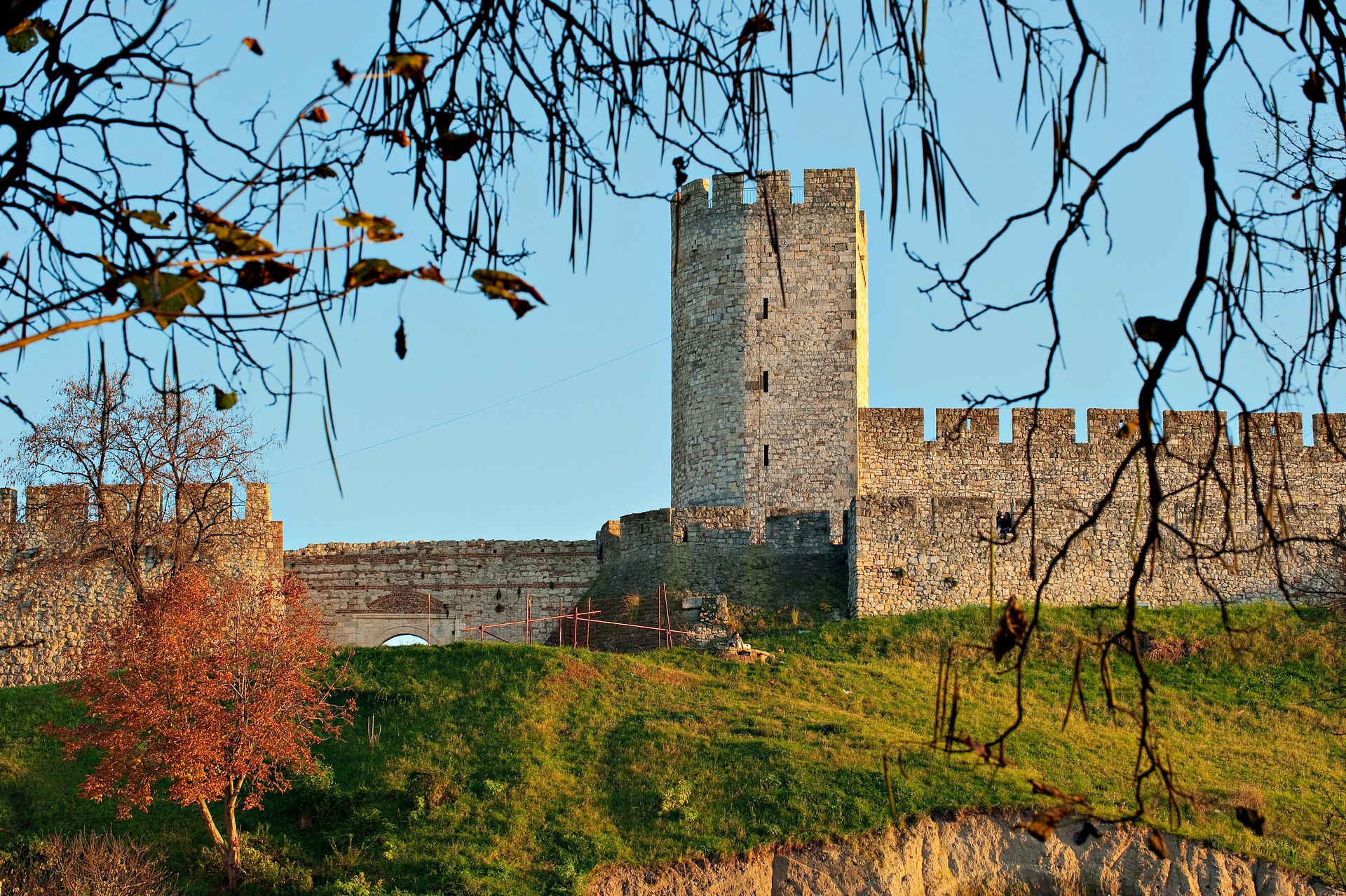 © Svetlana Dingarac
© Svetlana Dingarac
Despot’s Gate and the Commander’s Tower
Despot’s Gate and the Commander’s Tower is often called the East Upper Town Gate. In medieval times, the main entrance to Belgrade Fortress was located here. It was built at the same time as the walls of the Upper Town at the beginning of the 15th century. It has been...
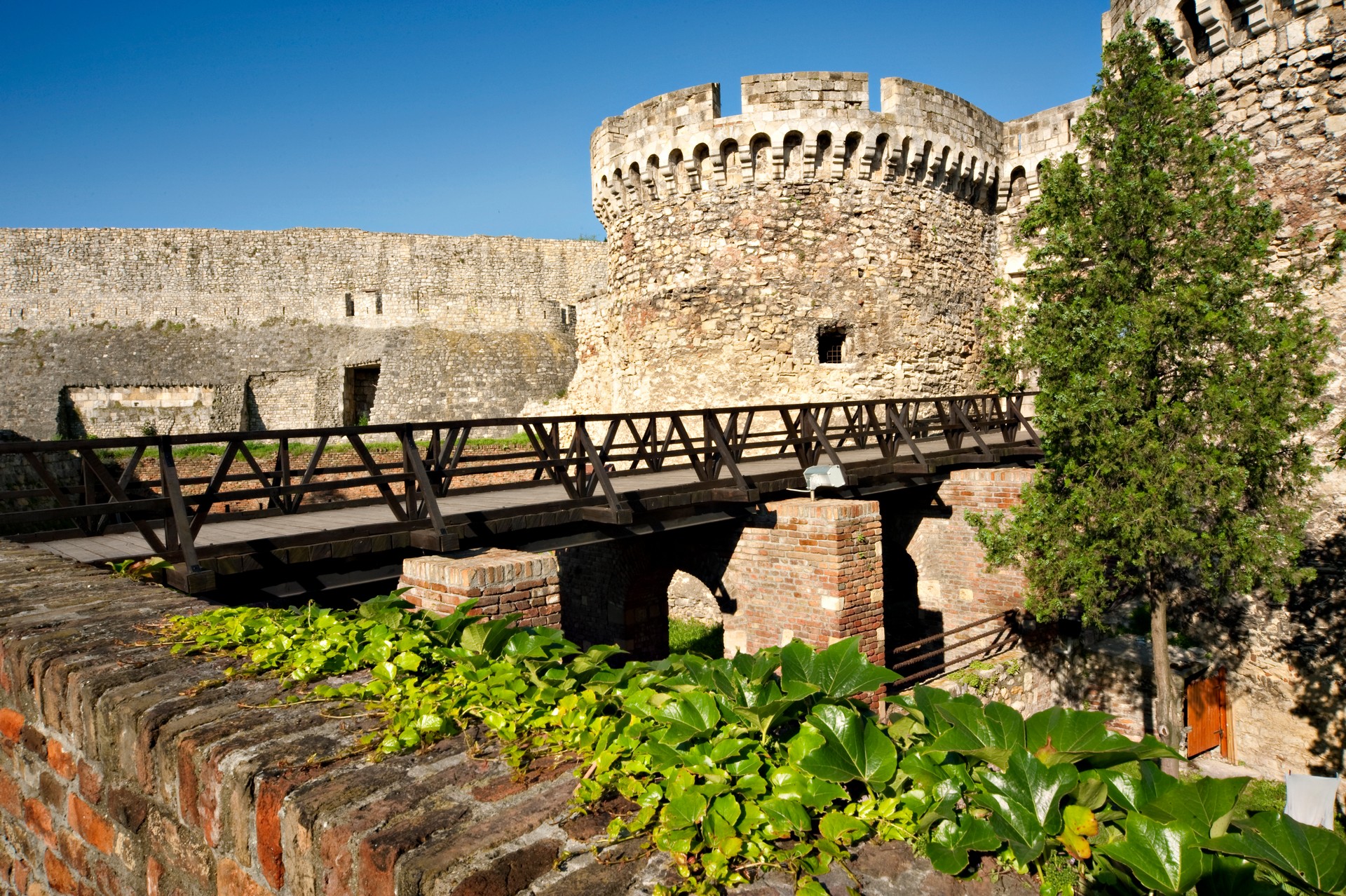 © Svetlana Dingarac
© Svetlana Dingarac
 © Svetlana Dingarac
© Svetlana Dingarac
Zindan Gate Complex
Without a doubt one of the most recognizable images of Belgrade Fortress is Zindan Gate – a gate adorned with striking semicircular towers. The complex was erected in the mid-15th century as a pre-fortification to protect the main entrance to the Upper Town. During the great Austrian reconstruction works in...
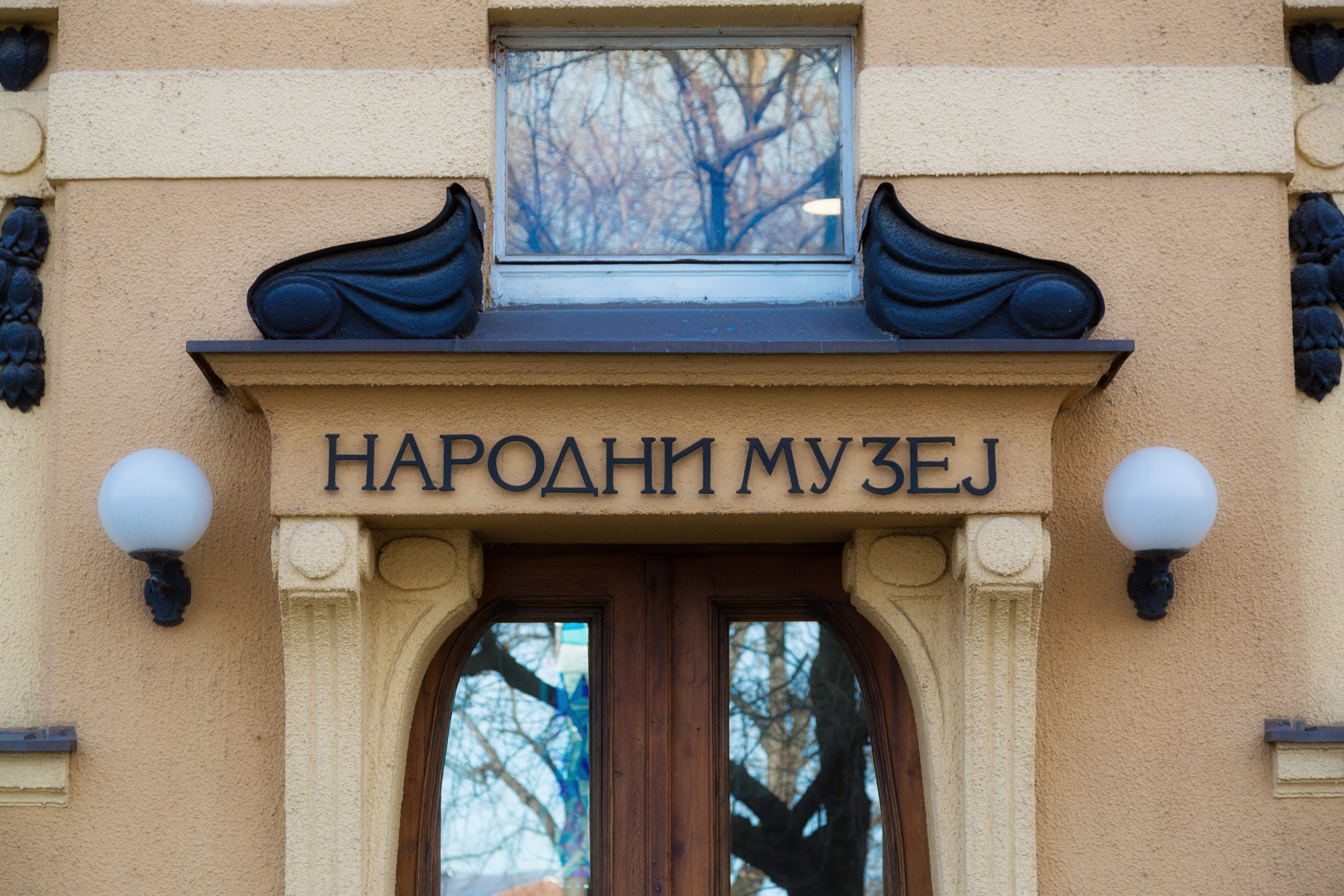
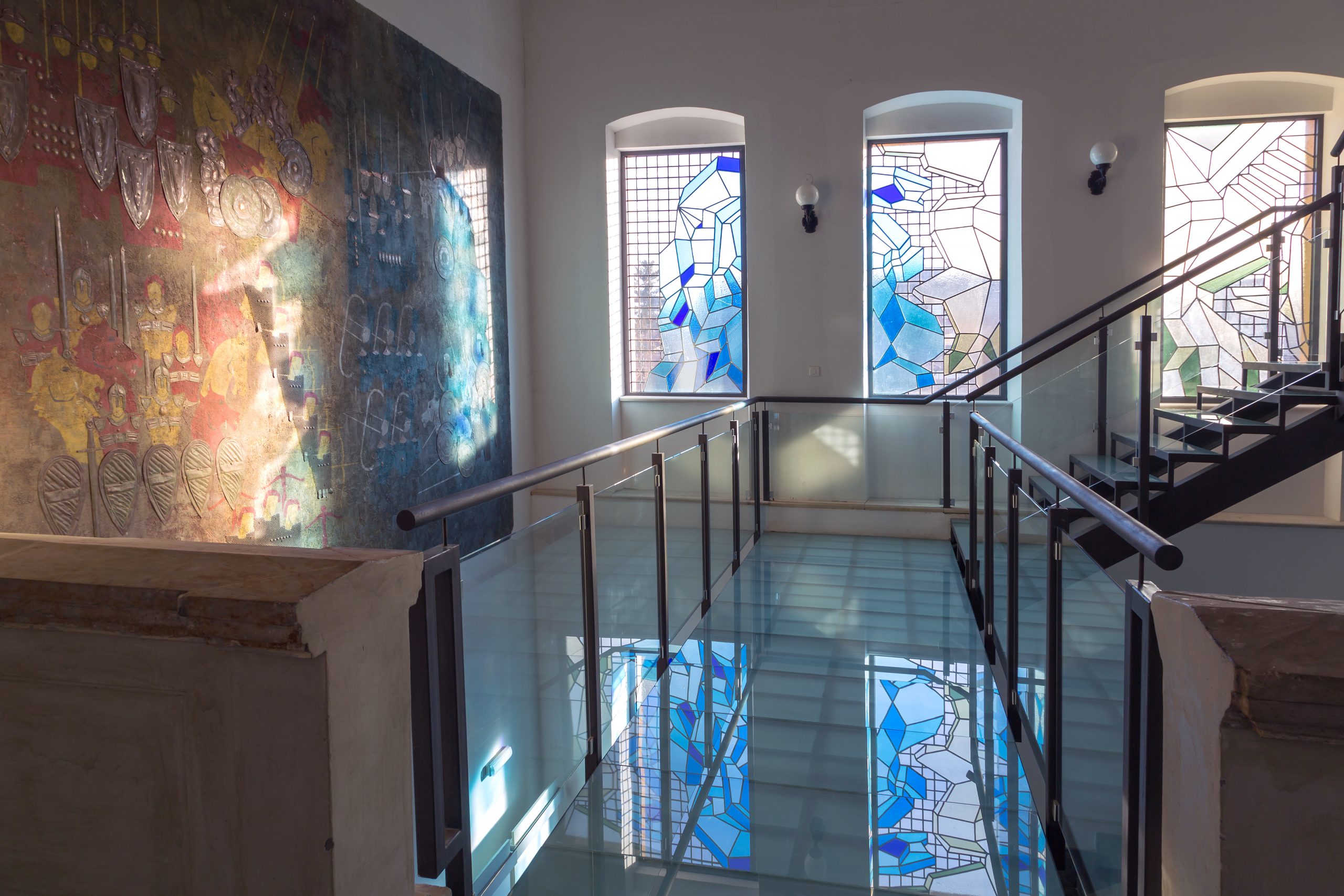
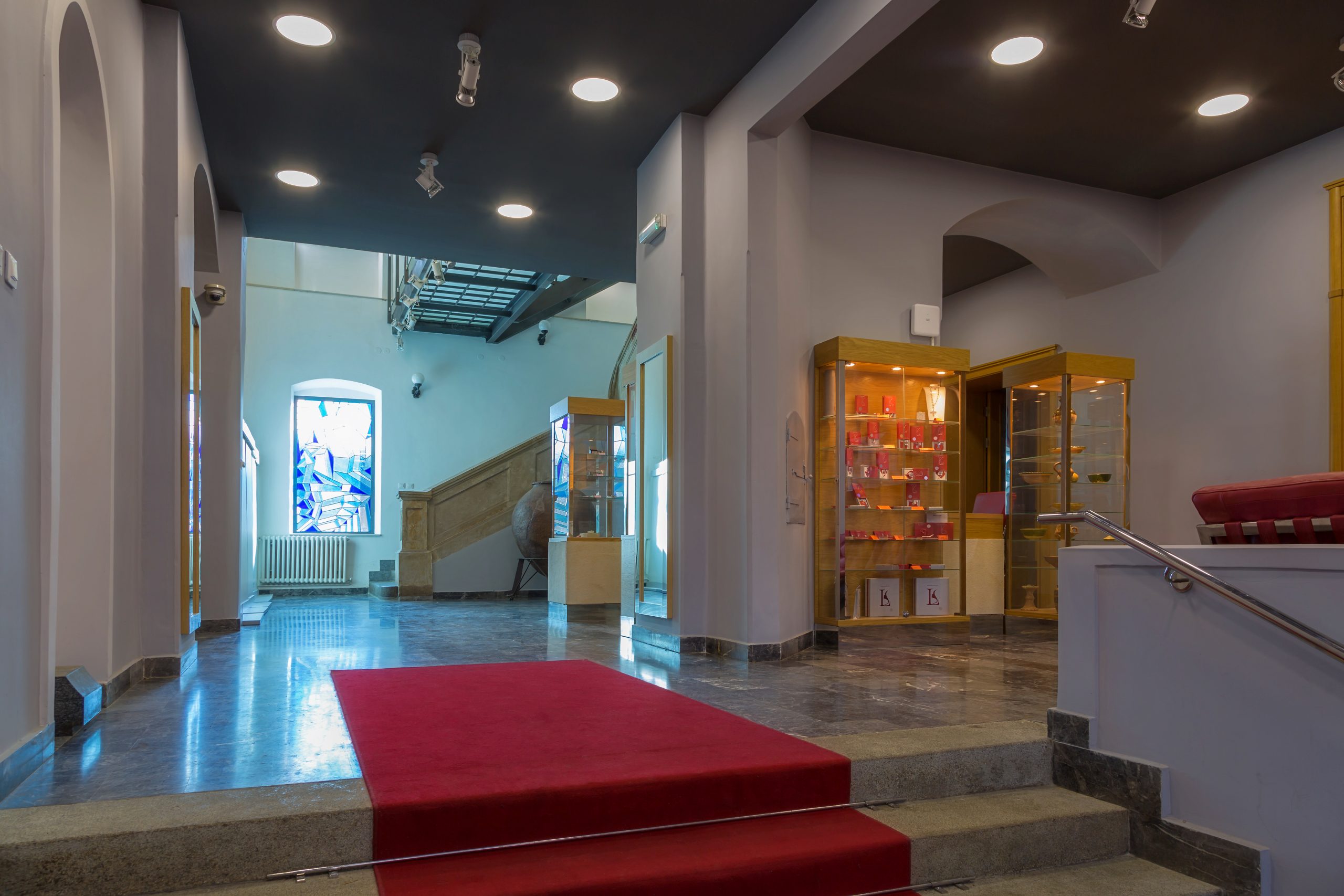
Welcome to the Museum
The National Museum of Kruševac was founded on the 19th of December 1951. It is situated within the complex of the medieval Kruševac Fortress. The permanent exhibition of the museum showcases the cultural and historical development of the region of Kruševac, from prehistory up to the mid-20th century. The museum’s...
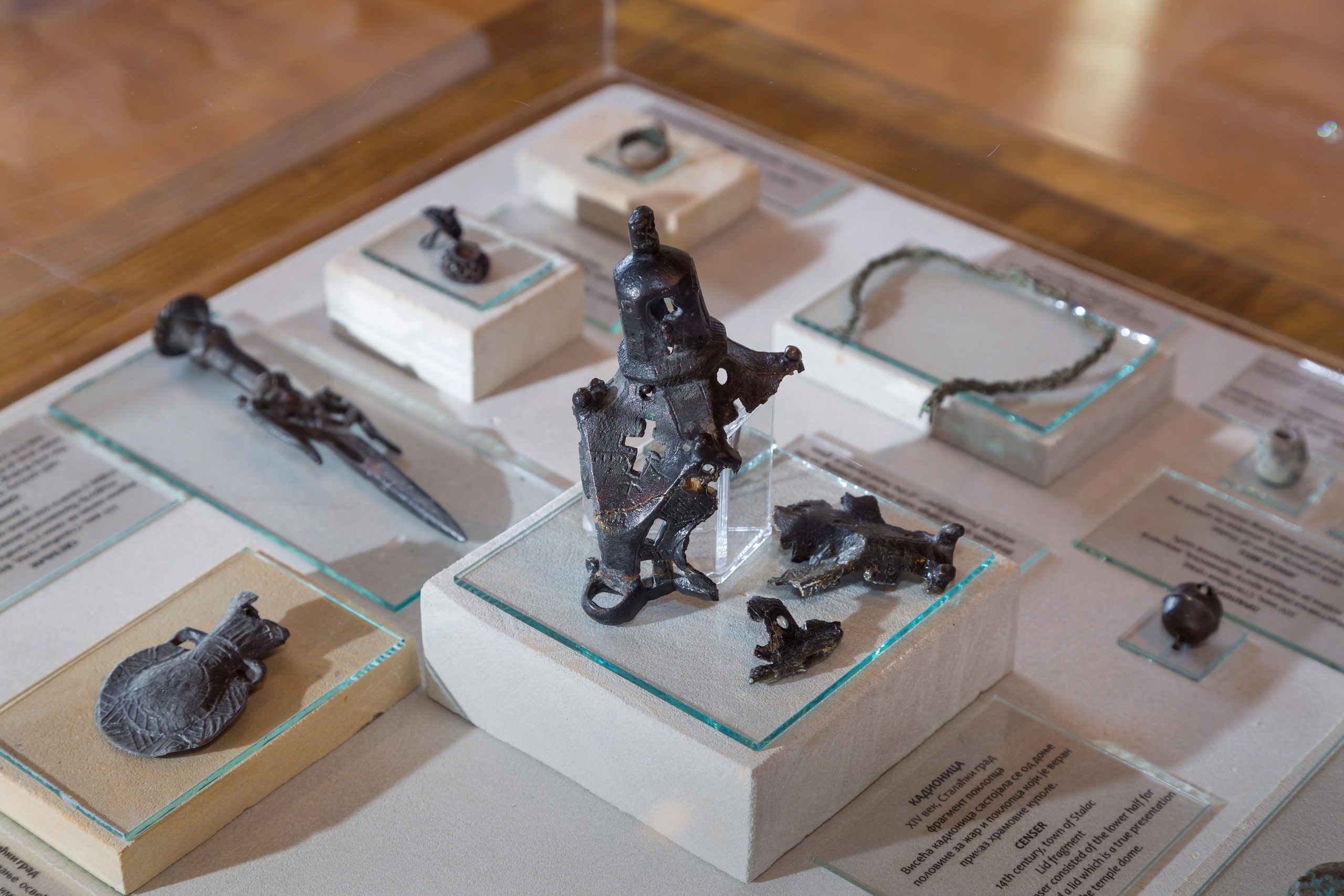
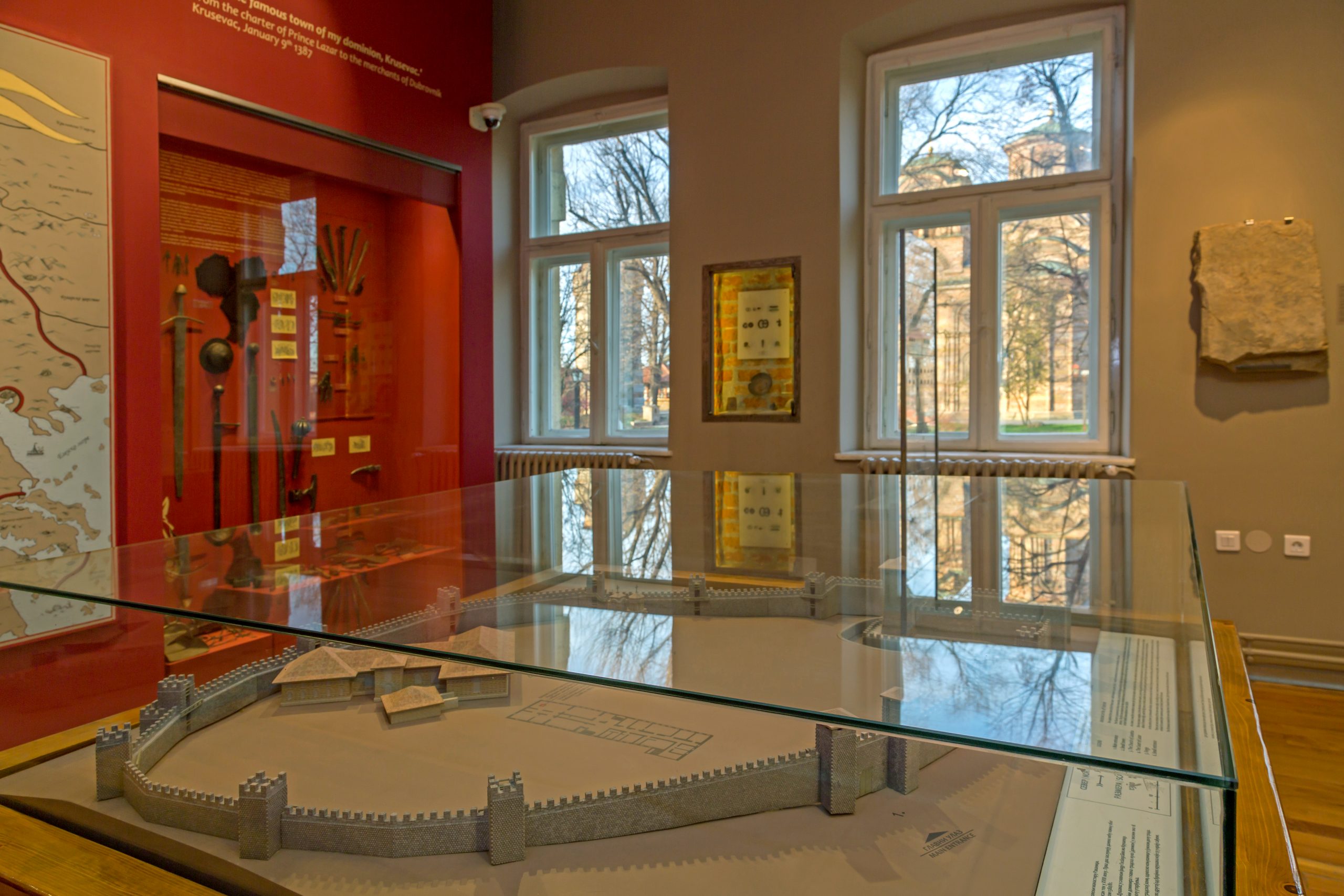
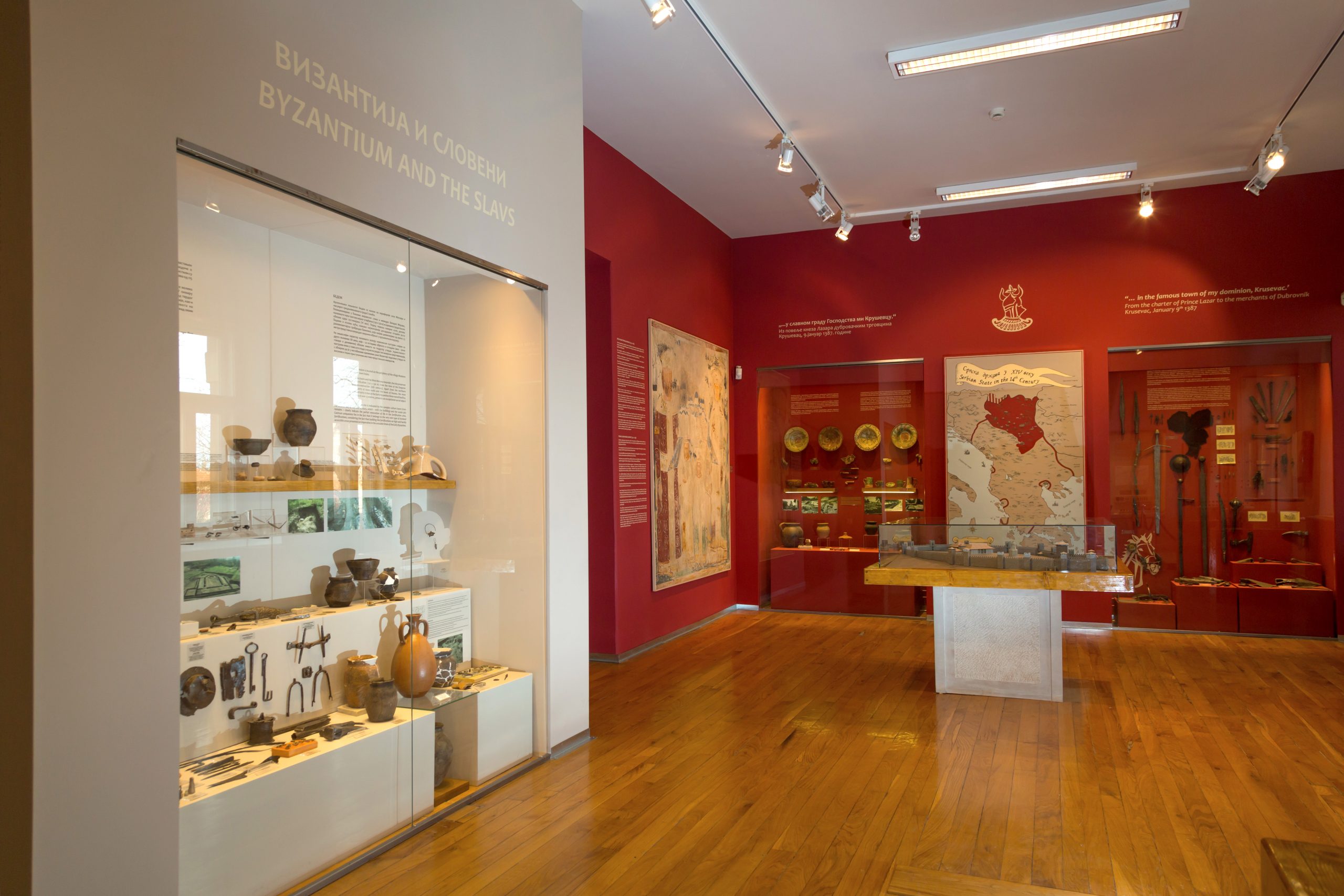
The Permanent Exhibition
The permanent exhibition of the National Museum of Kruševac spans chronologically from prehistory through the antiquity, the Middle Ages, the era of Ottoman rule, and the restoration of Serbian statehood, right up to the middle of the 20th century. The permanent exhibition is arranged across 583 m² of exhibition space...
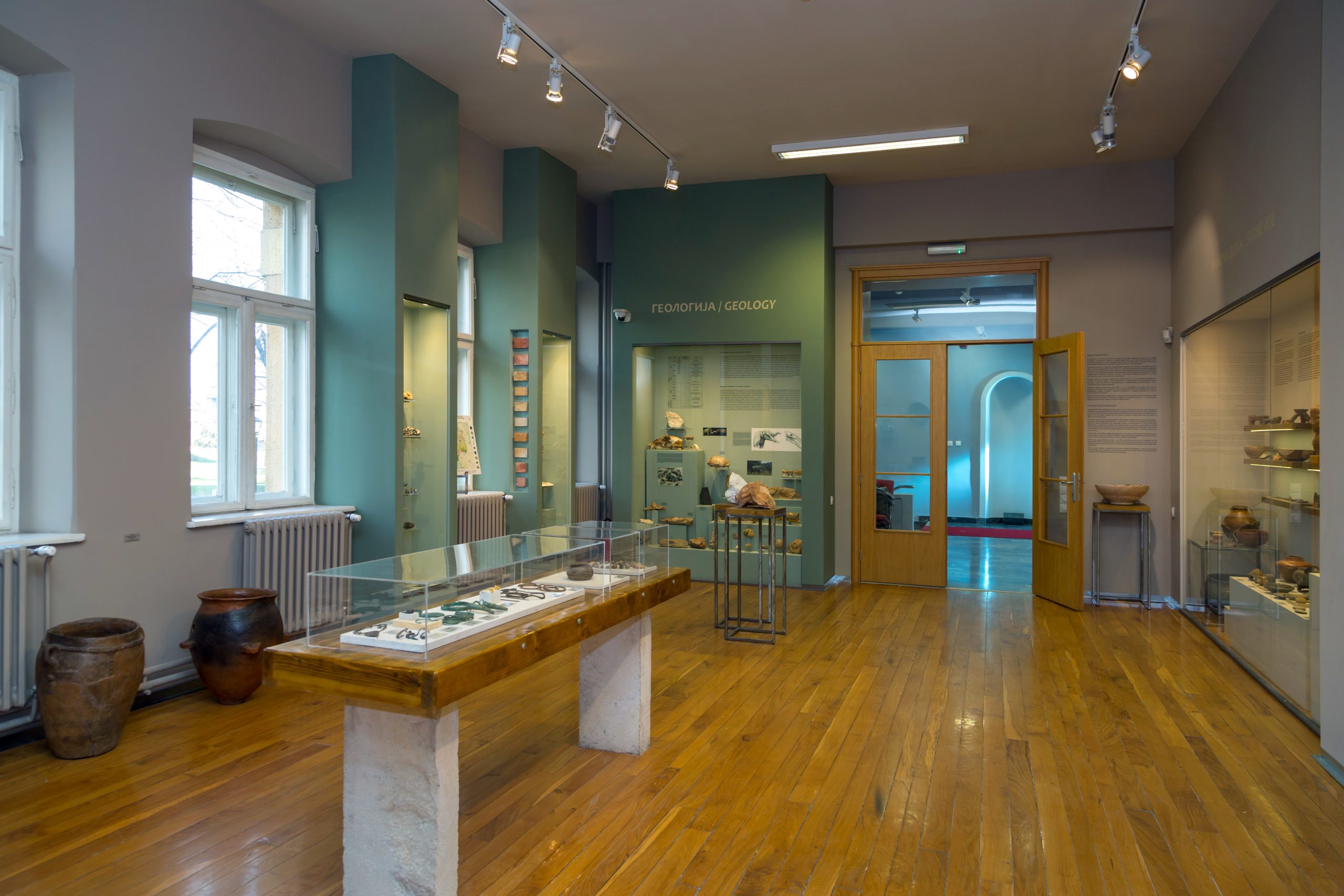
Natural Collection
The natural collection of the National Museum of Kruševac was officially unveiled in 1997, but the collection’s first-ever artefact – a beech leaf fossilised in tufa – was donated back in 1952. The exhibitions had a great influence and encouraged relevant public institutions, professional organisations, and individuals to contribute to...
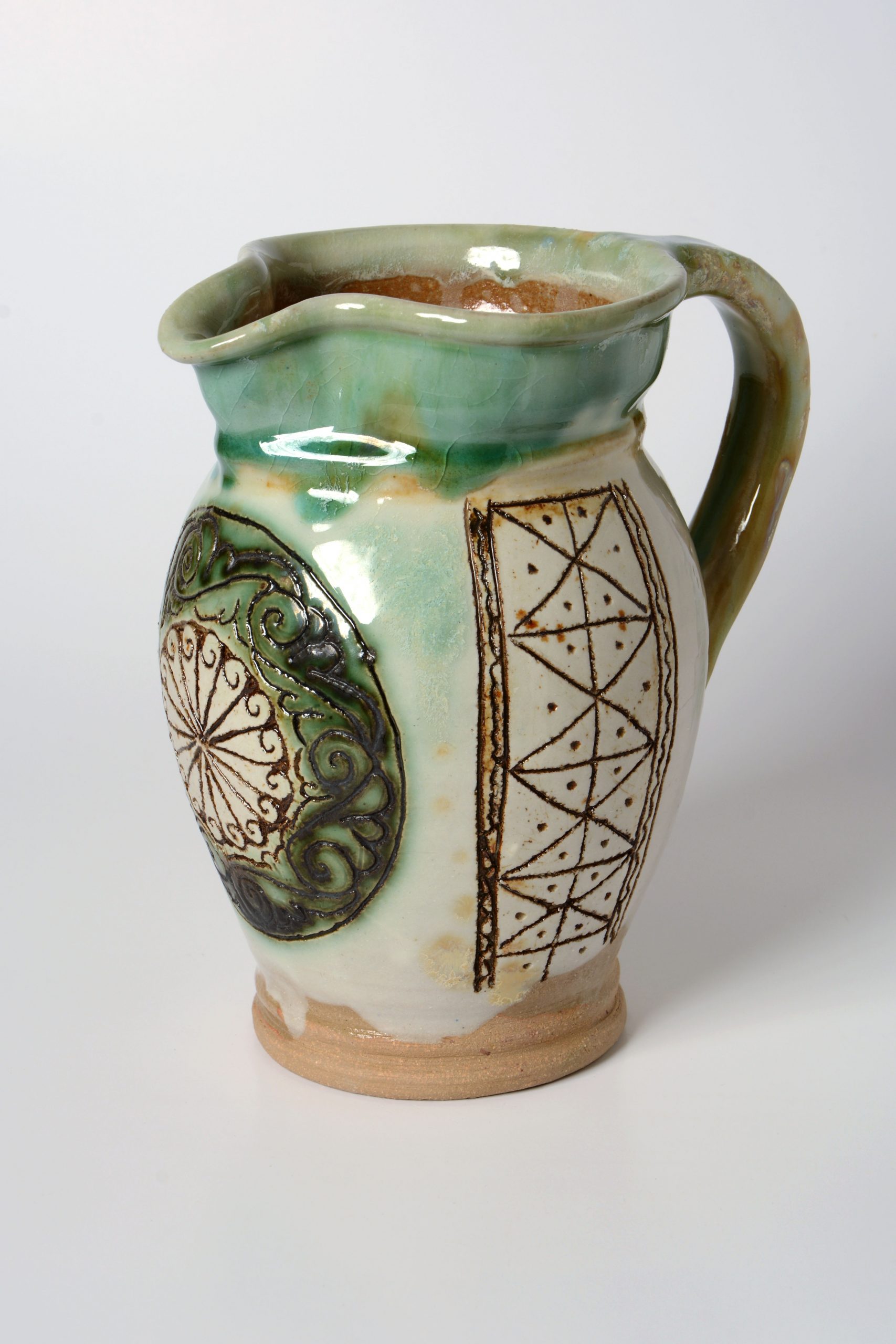
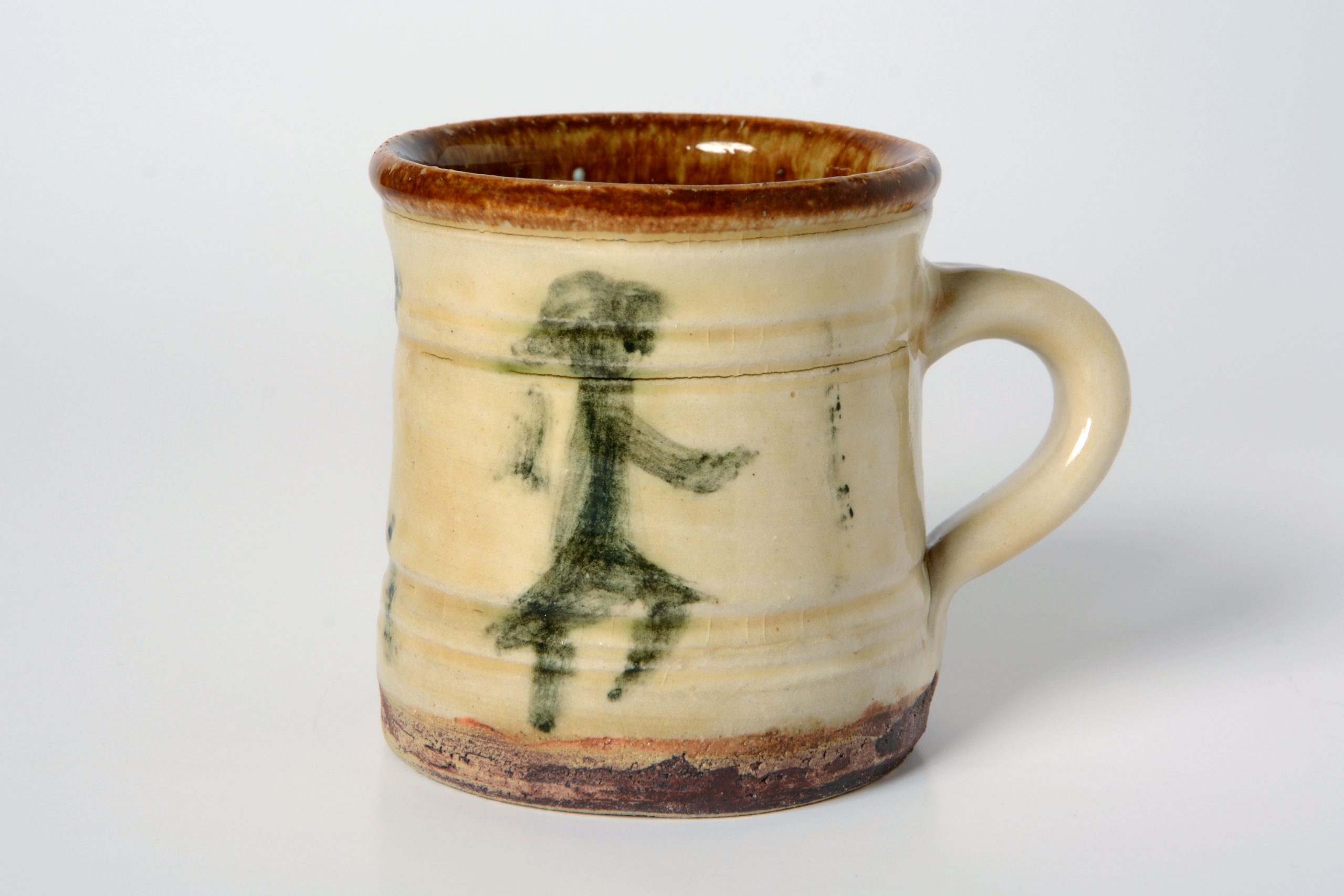
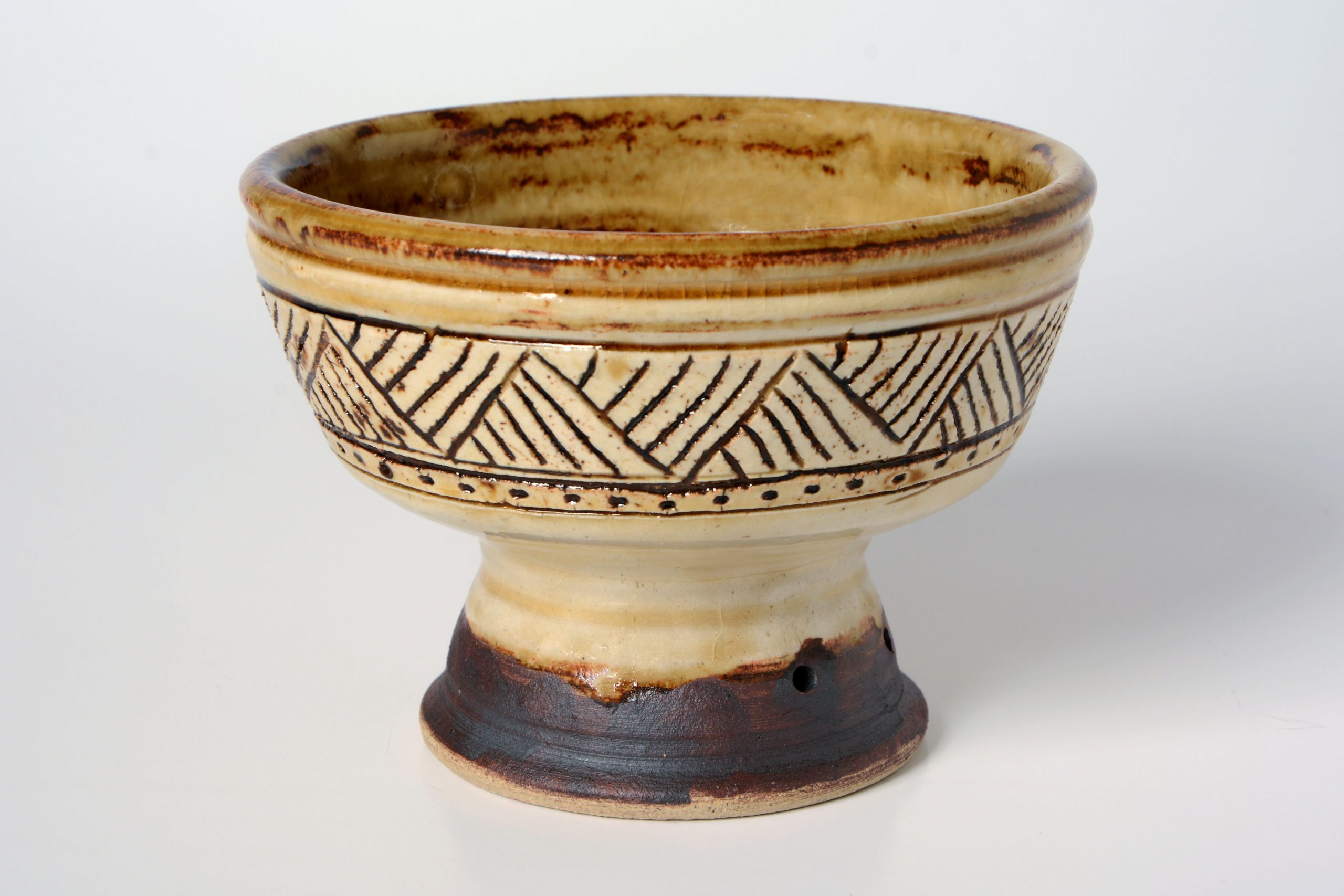
Archaeological Collection
The collection of prehistoric artefacts includes material remains from the period of the Neolithic, Bronze Age, and Iron Age. This covers an extensive period between the end of the seventh millennium BC and the Roman conquest of this area. The antique archaeological collection focuses in particular on the region’s history...
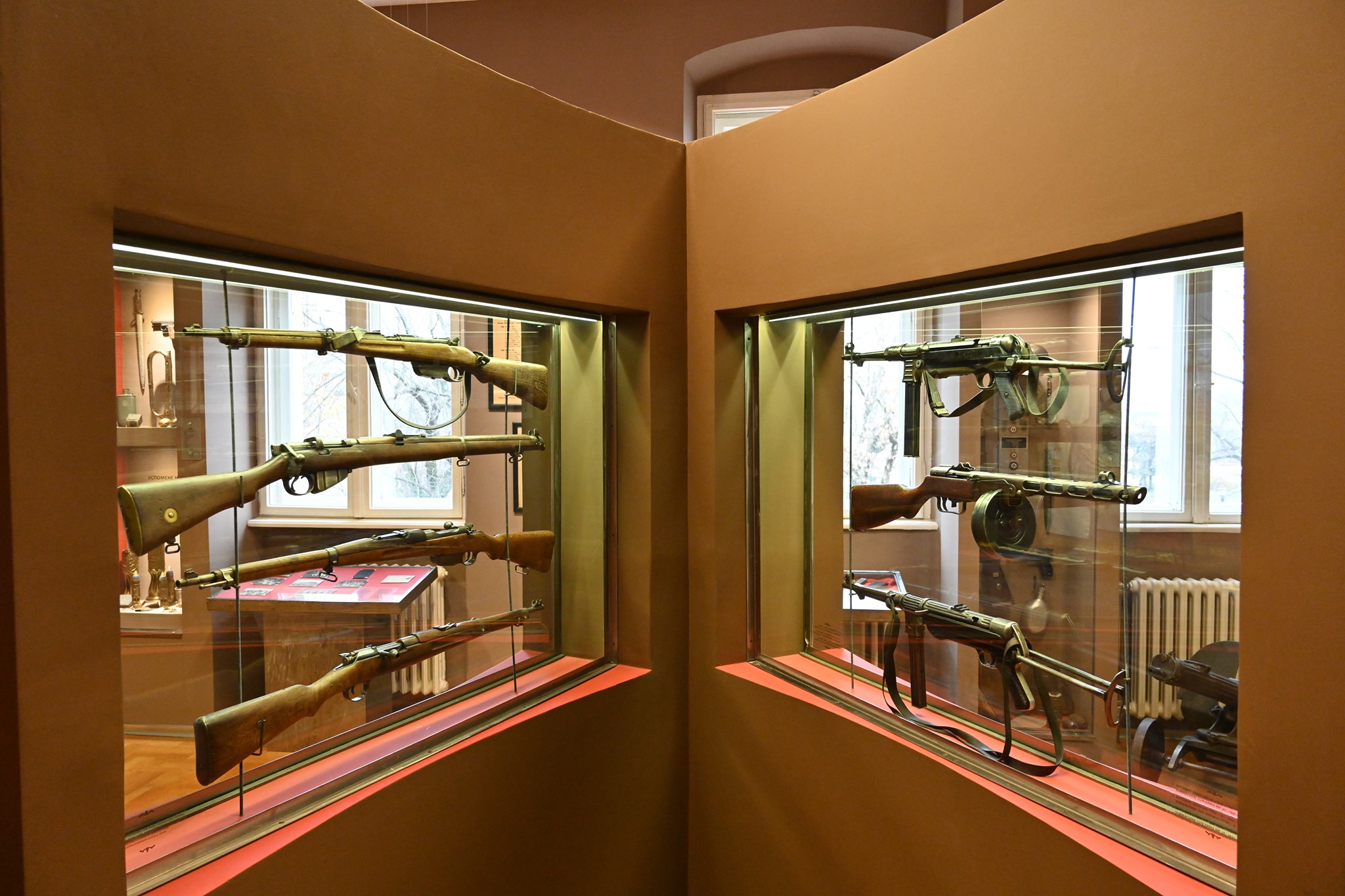
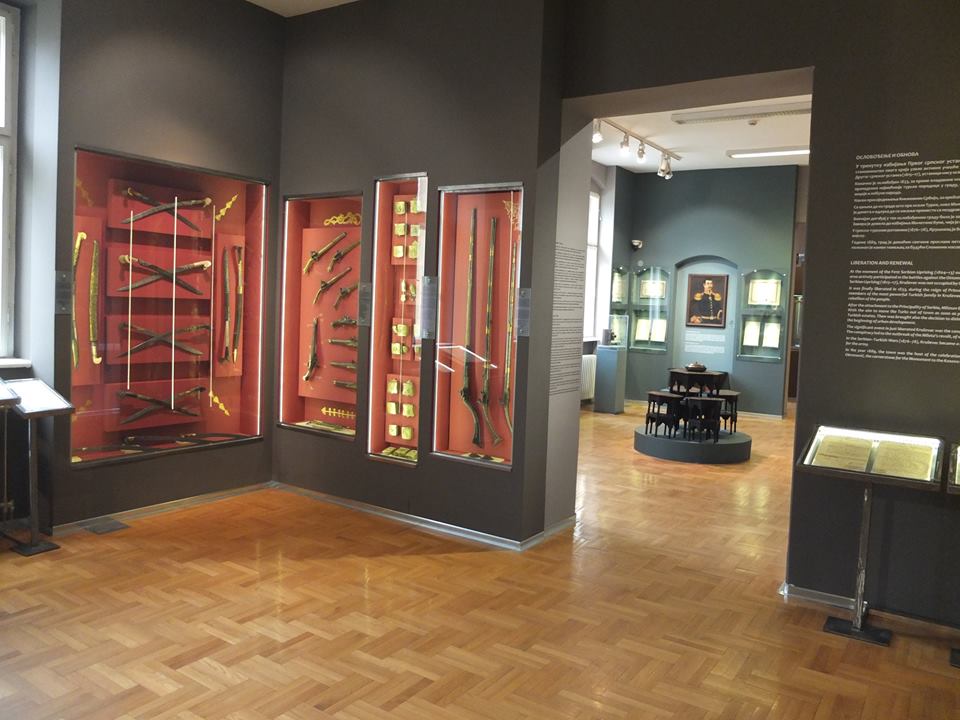
Historical Collection
At the same time as the National Museum of Kruševac was founded, work began to form the museum’s historical collection. This collection includes objects dating from the Middle Ages to the present day. The collection contains objects, photographs, and documents relating to the political, military, economic, and cultural life of...
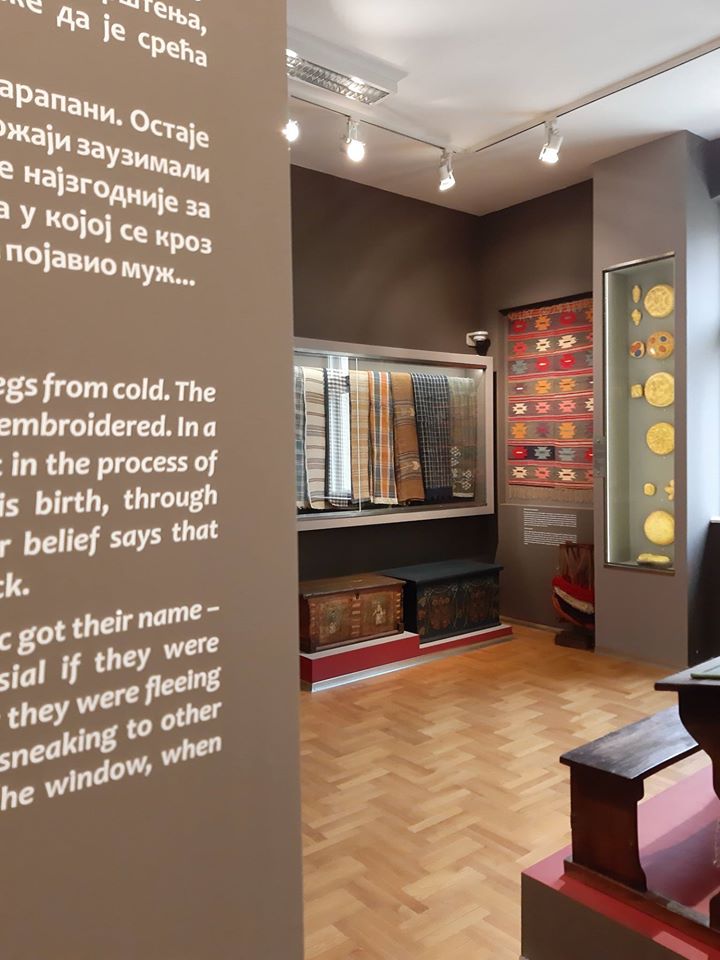
Ethnographic Collection
The formation of the ethnographic collection began with the foundation of the museum itself in 1952. In this year, the museum received one of its more valuable items of Serbian urban clothing. Known in Serbian as a “libade,” this is a type of ceremonial petticoat worn by the bride at...
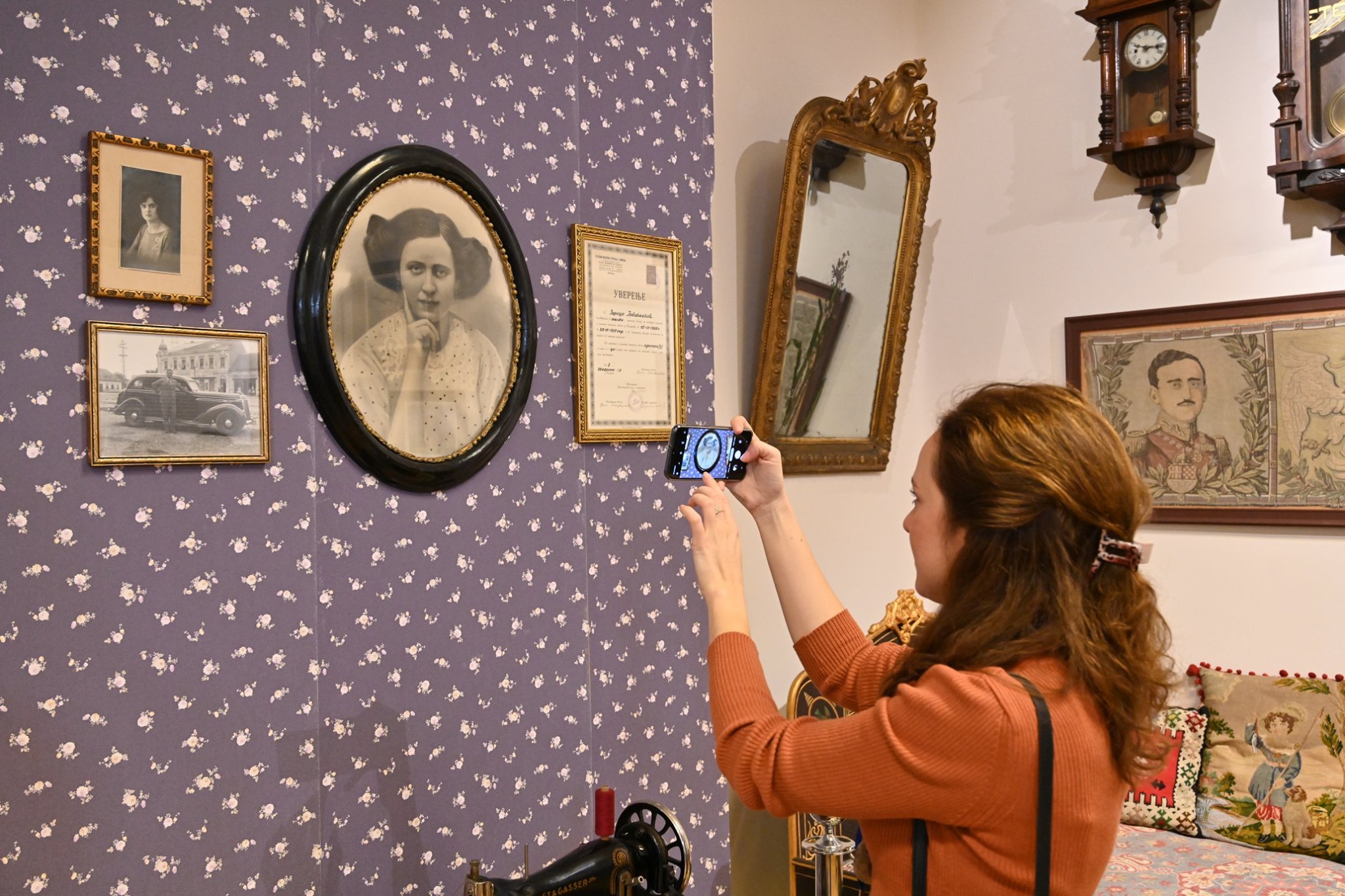
Cultural History Collection
The cultural history collection houses a range of artefacts that are exceptionally significant when studying historical and cultural events in the area of Kruševac. This collection is also testimony to the influence of Kruševac and pays homage to notable people from Kruševac through their political, military, and social actions, which...
Original note sheet of the march “To the Drina”
The composition “To the Drina,” also known as the “March to the Drina,” was composed by Stanislav Binički at the start of World War I, honouring the courage of the Serbian army and its victory in the Battle of Cer. Binički dedicated this work to his friend, commander of the...
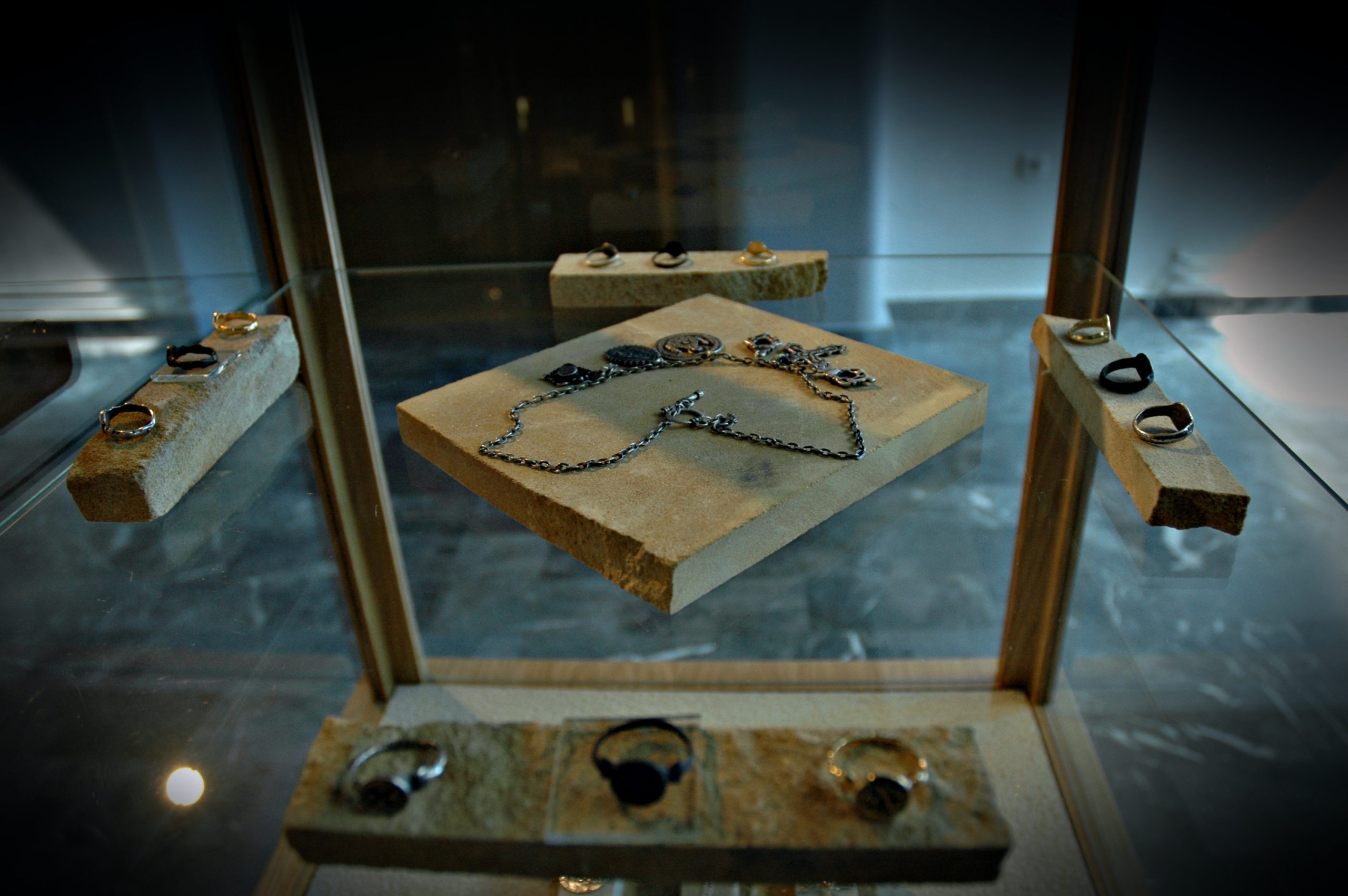
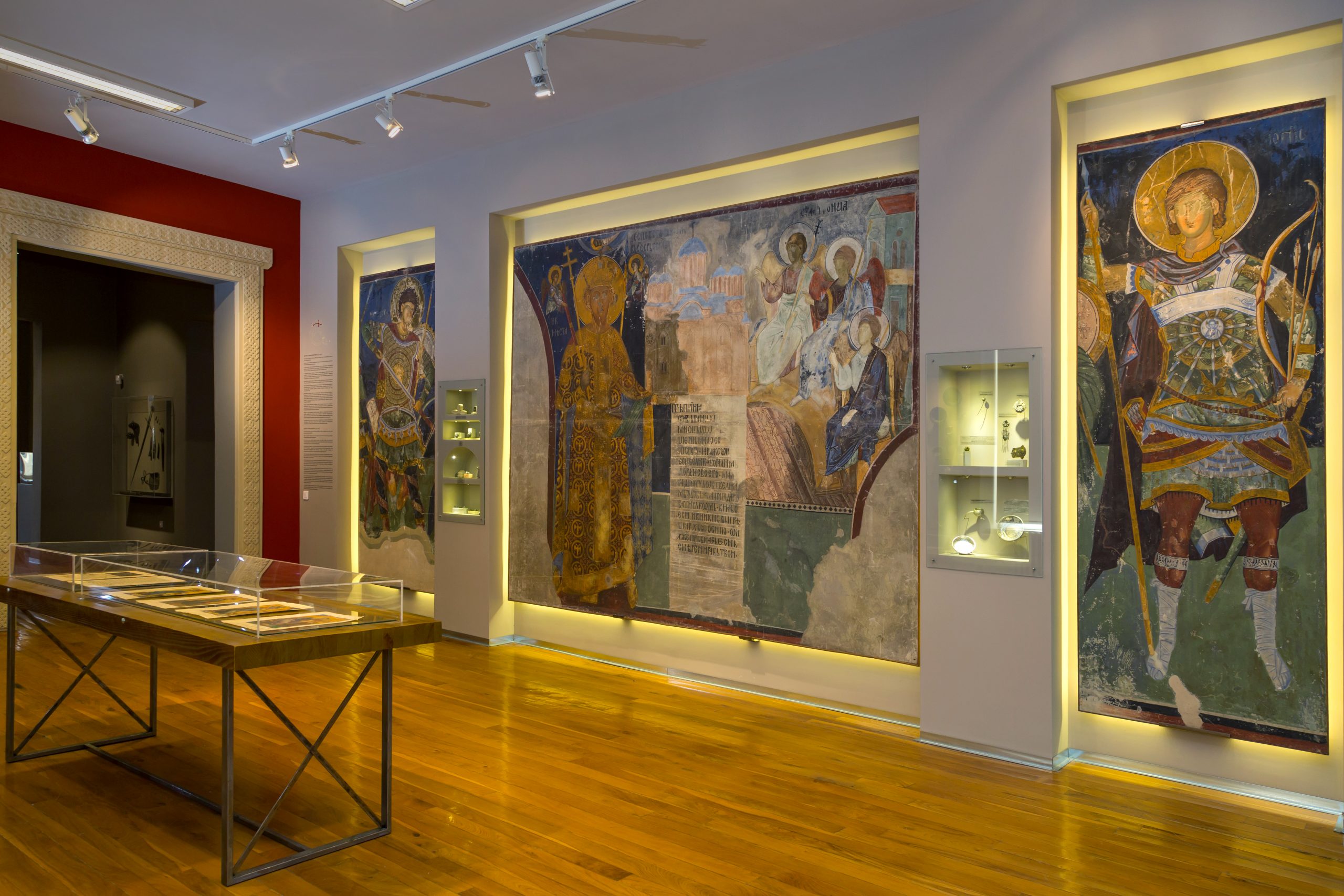
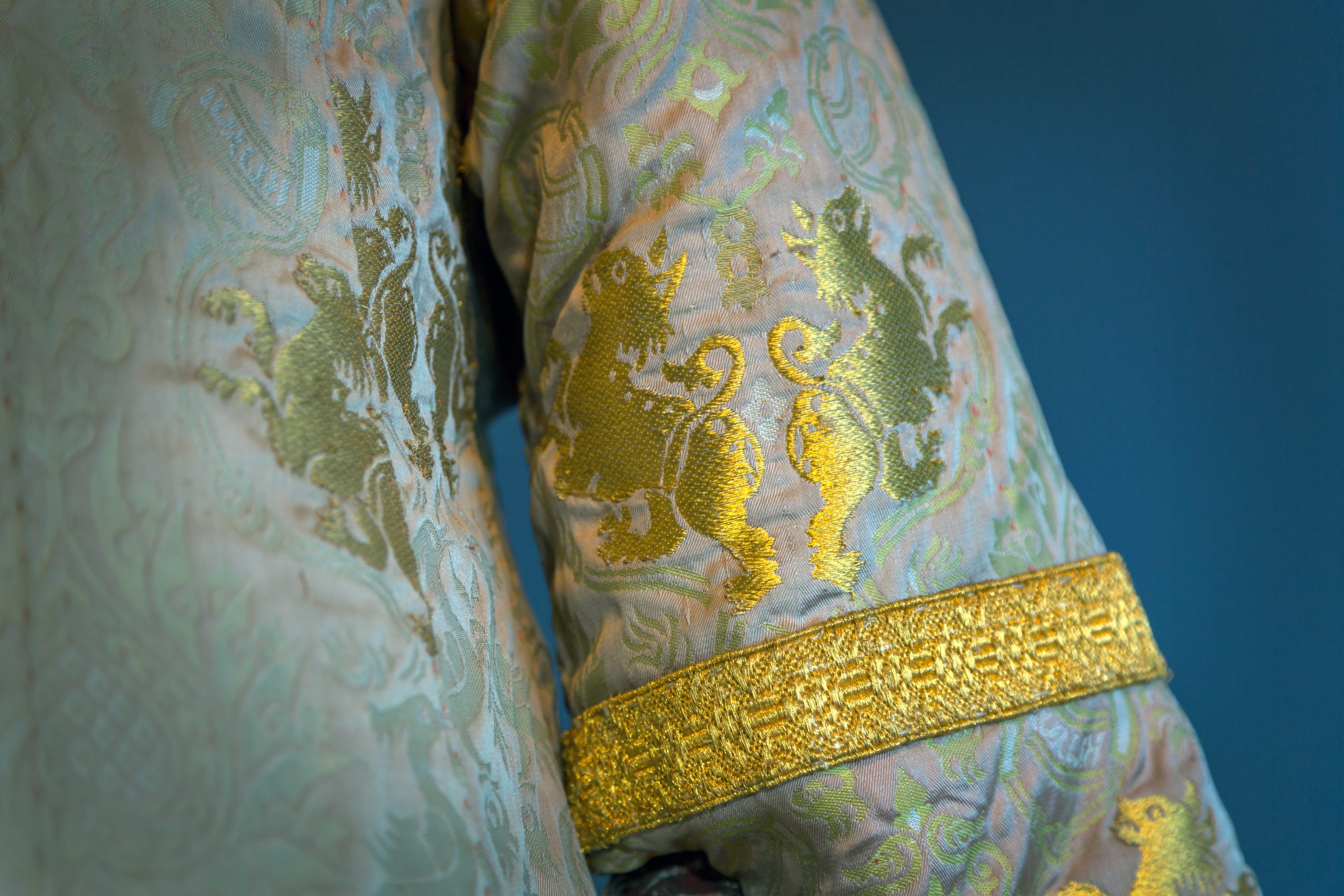
Collection of Applied Art
The base for forming the collection of applied art was the discovery of a series of objects the museum acquired as the result of archaeological excavations in the area of medieval Kruševac. These objects still represent the most important segment of the collection, which has been enriched over time thanks...
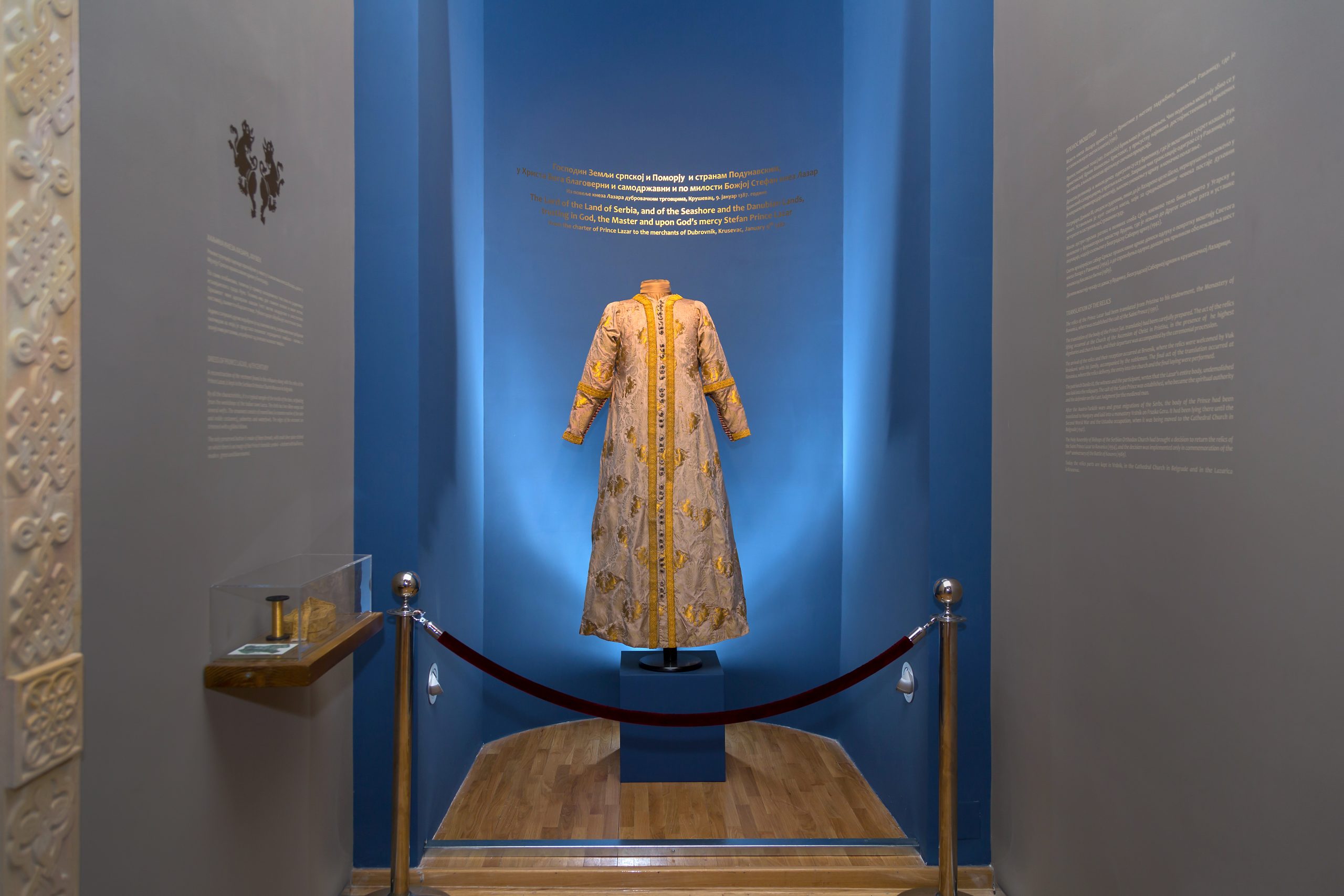
Replica of the dress of Prince Lazar, 14th century
The collection of applied art at the National Museum of Kruševac also includes a replica of the vestments found in Prince Lazar’s reliquary, along with the prince’s relics, which are today kept in the Serbian Orthodox Church Museum in Belgrade. By all its characteristics, this dress is a typical example...
Collection of Fine Art
The collection of fine art at the National Museum of Kruševac features a representative collection of works by artists spanning a wide range of periods. These works are of great significance for understanding the historical and modern trajectory of the Serbian artistic scene during the 20th century. The formation of...
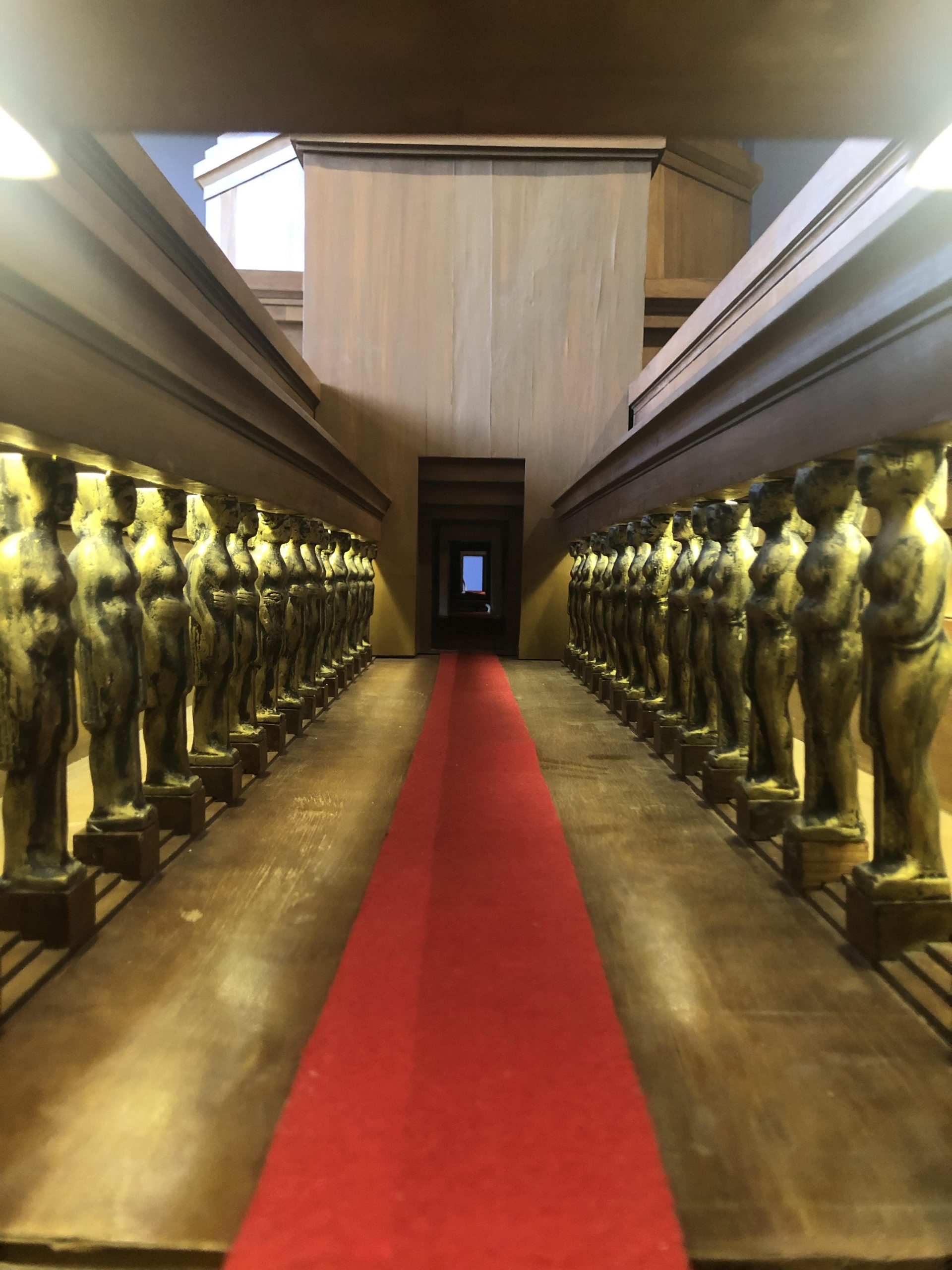
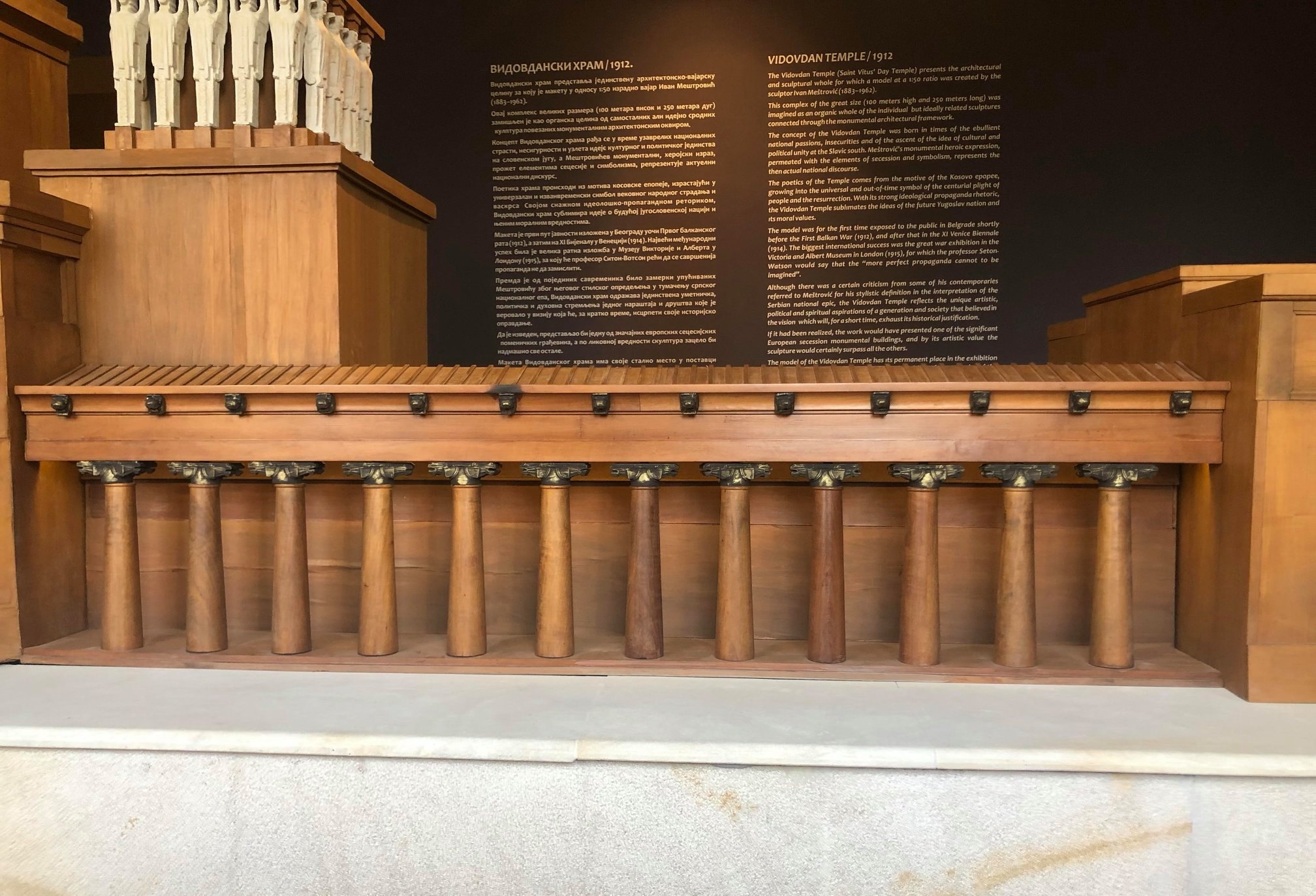
The Vidovdan Temple, 1912
The Vidovdan Temple (St. Vitus’ Day Temple) is a theoretical architectural marvel of which a 1:50 ratio model was created by sculptor Ivan Meštrović (1883–1962). The model was publicly exhibited for the first time in Belgrade in 1912, shortly before the beginning of the First Balkan War. Its biggest international...
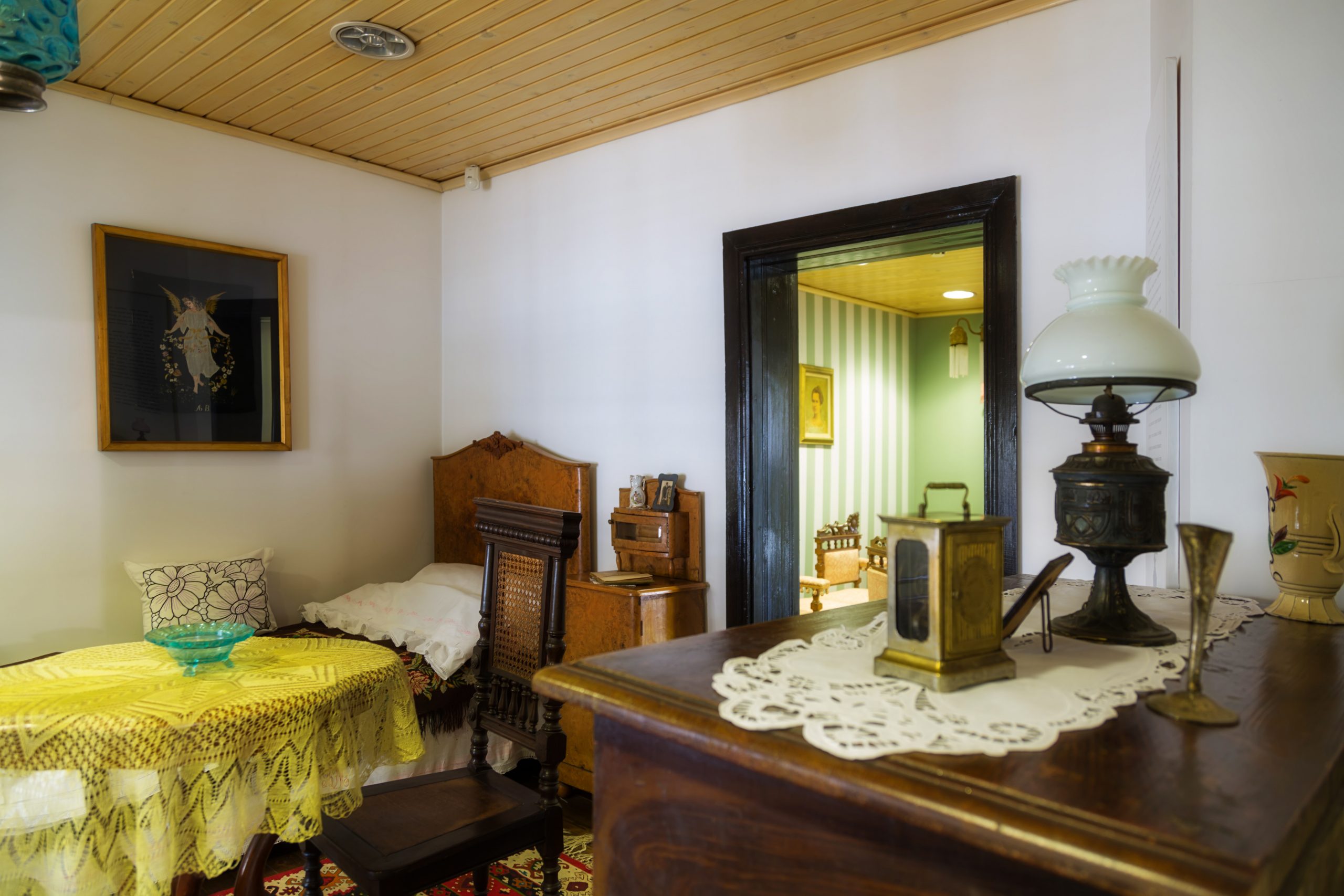 © Galerija Milene Pavlović Barilli
© Galerija Milene Pavlović Barilli
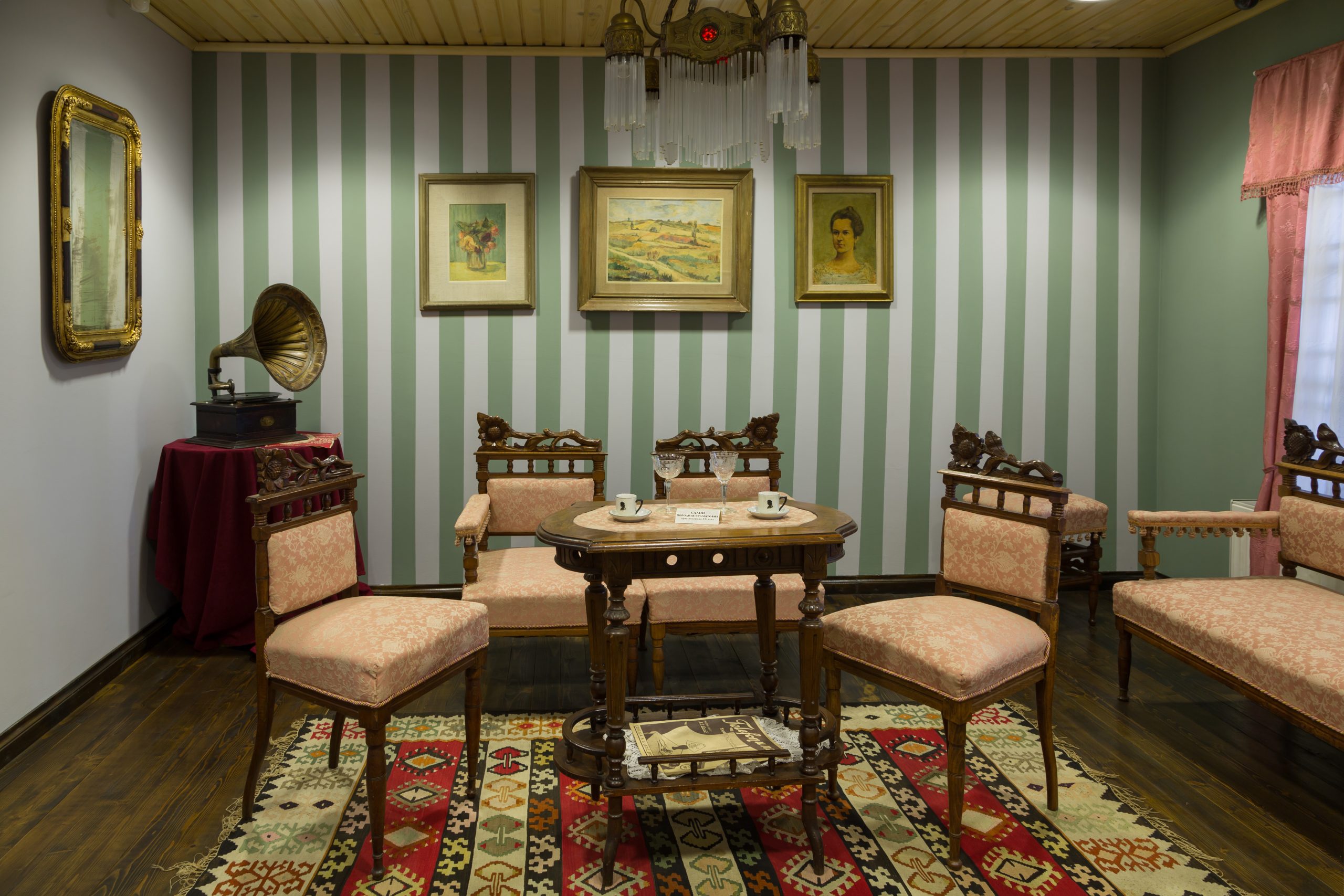
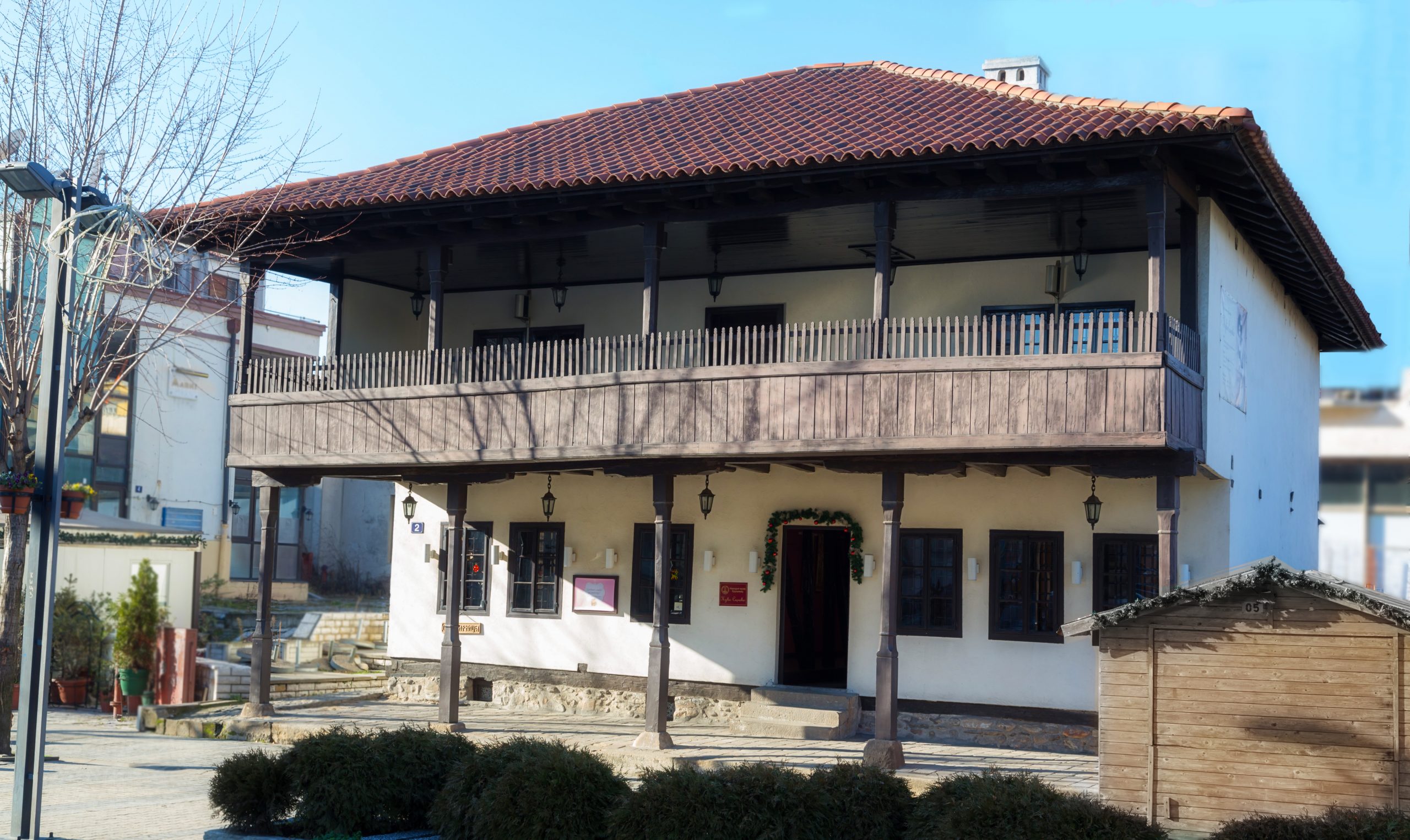
The House of Simić
Located in the very town centre, within easy reach of the Monument to the Kosovo Heroes, The House of Simić is one of the oldest preserved buildings in Kruševac. Through its architecture, it truly captures the oriental appearance of the former čaršija (in Turkish Çarşı, meaning downtown). With its regular...
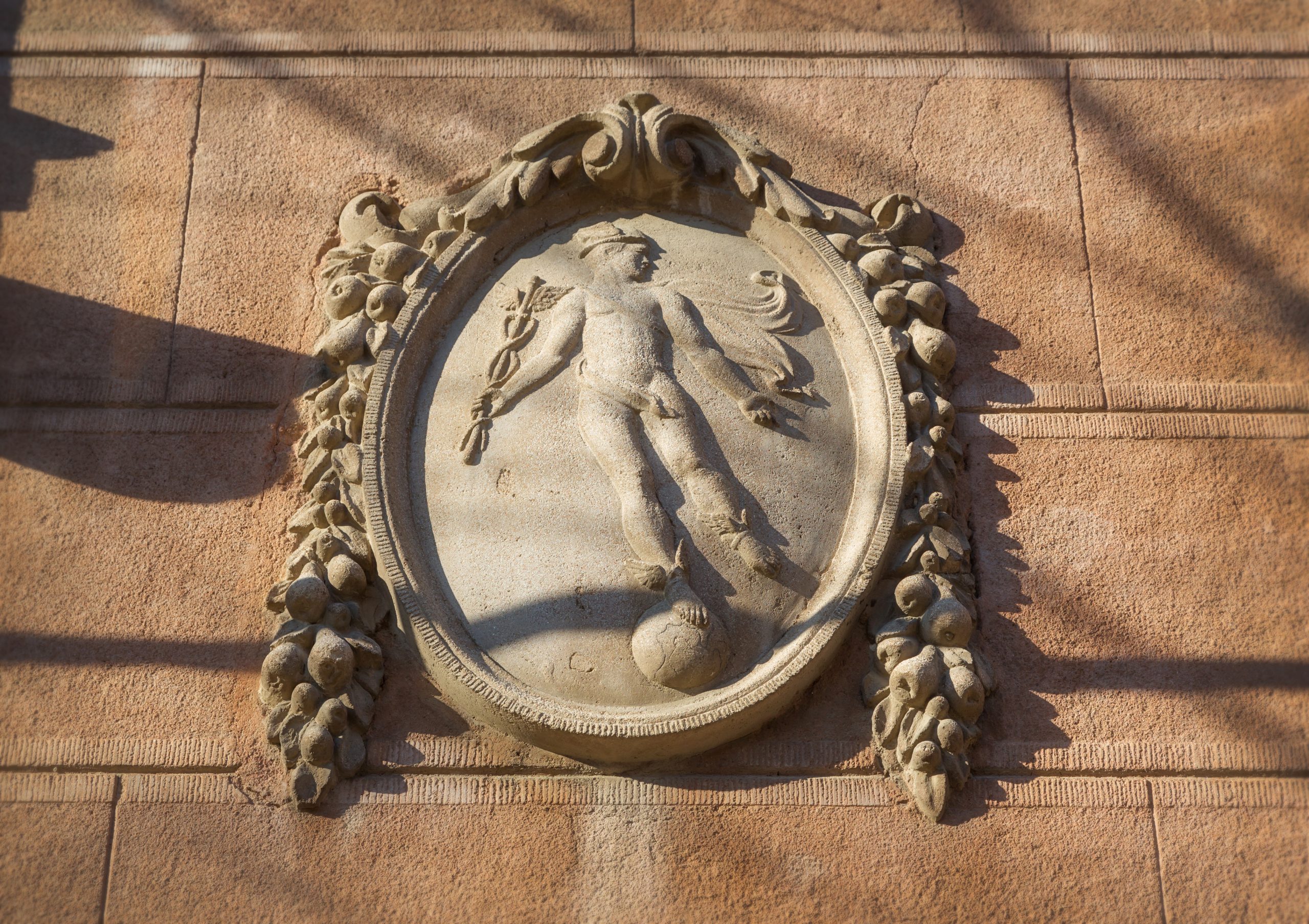

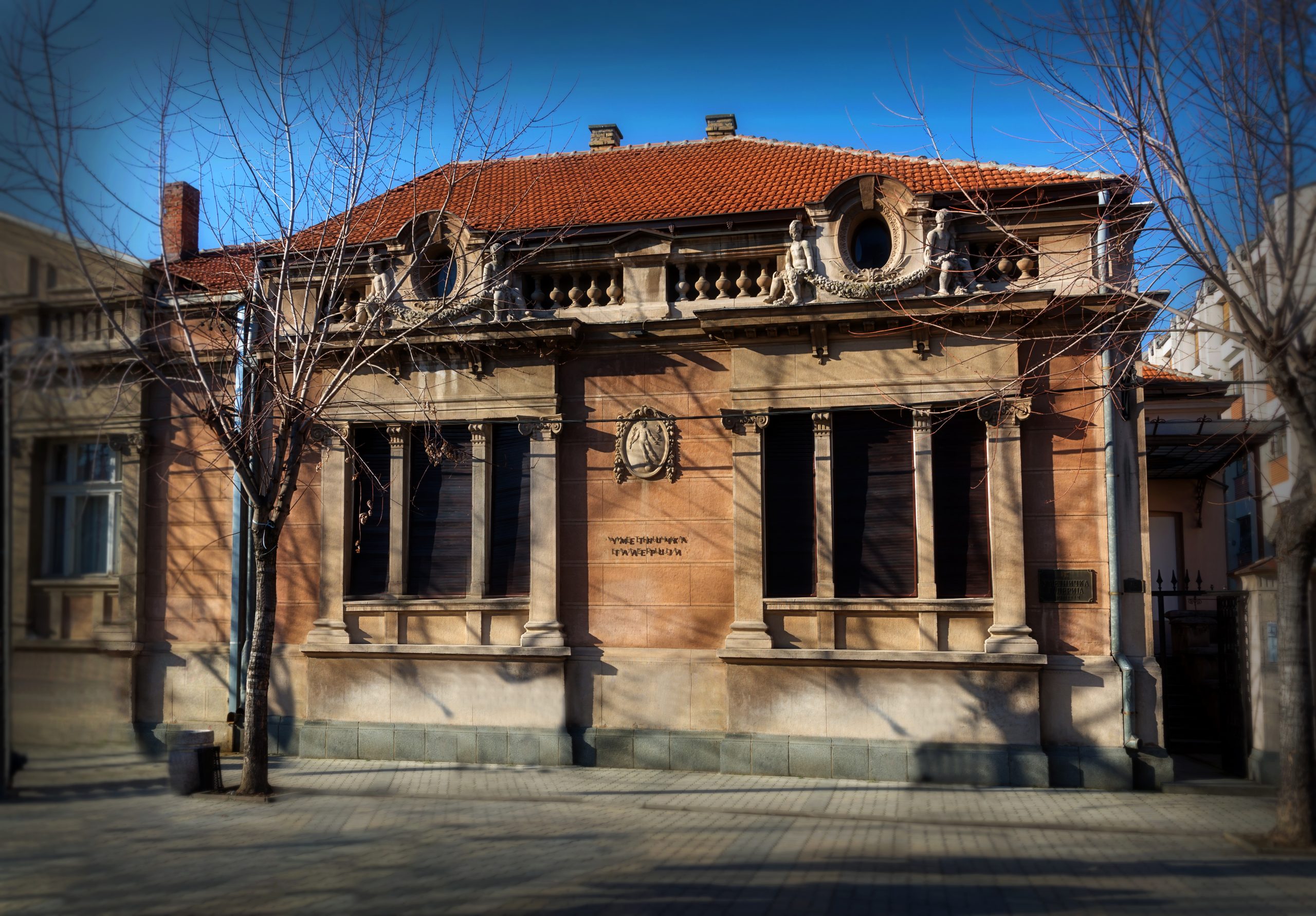
The Art Gallery
The Art Gallery in Kruševac was established to collect, exhibit, preserve, and research works that showcase significant artistic events and trends in the country, as well as artistic pieces originating in the town and its surrounds. Within the art gallery there is an expert library, which contains documentation relevant to...
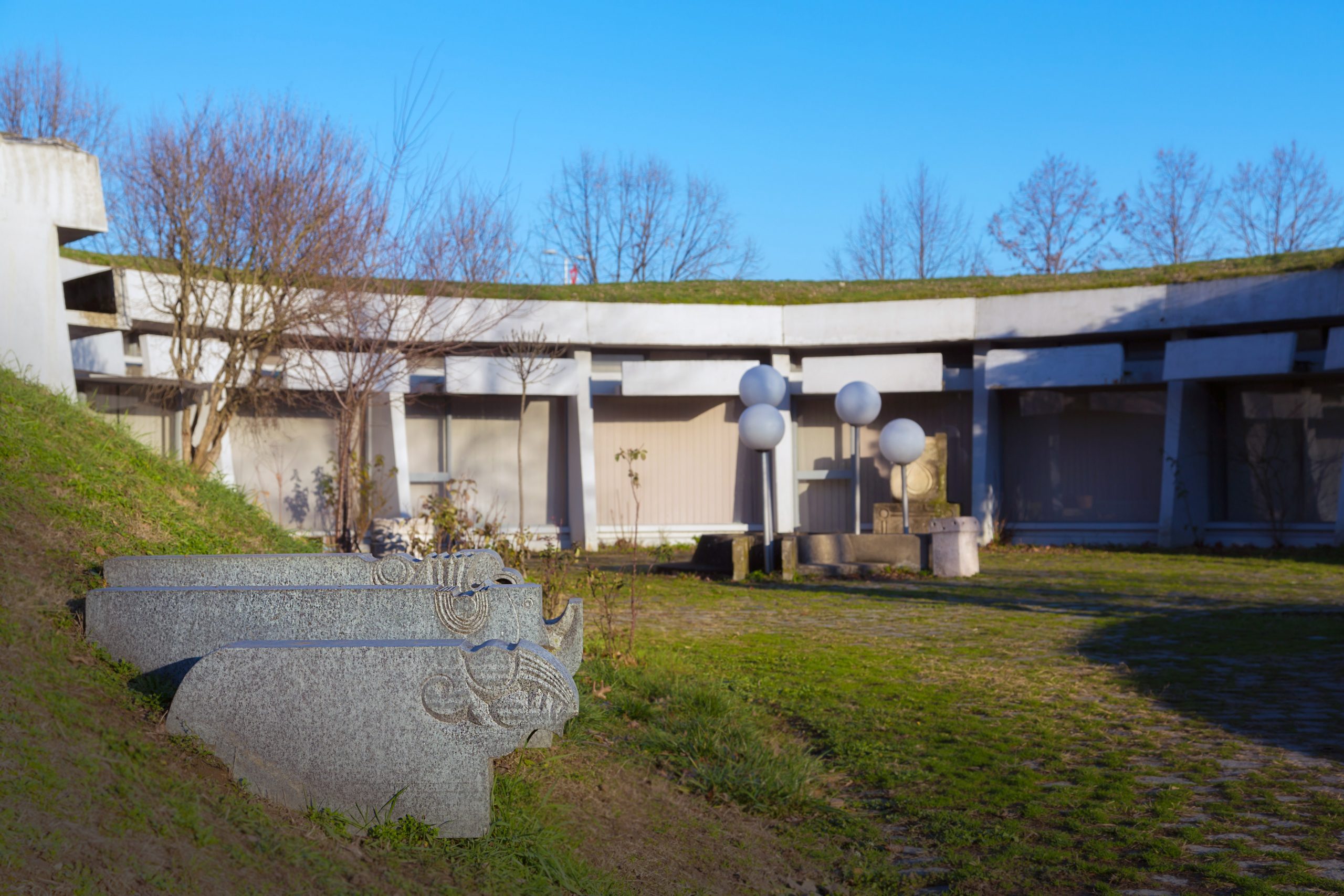
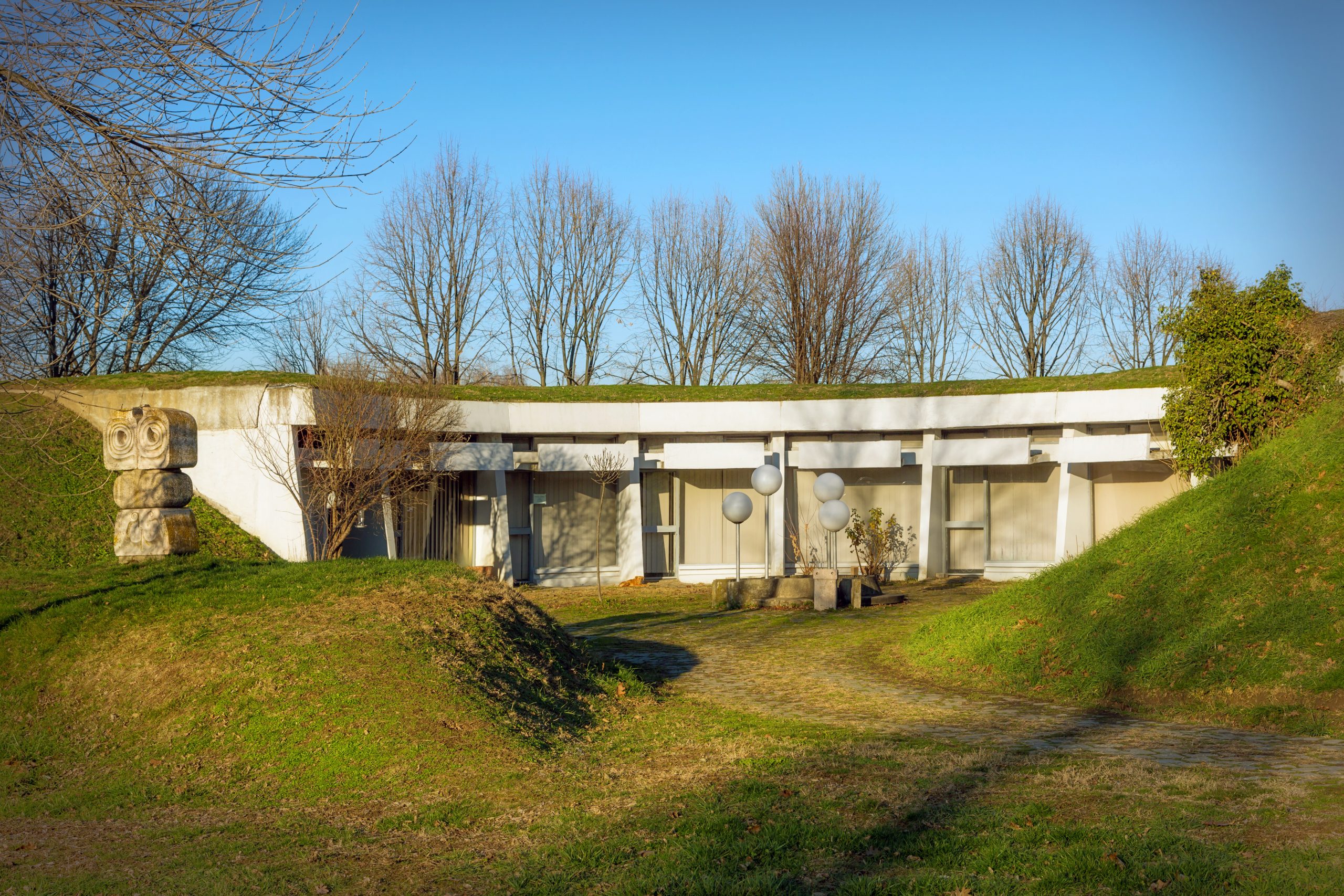
The Slobodište Memorial Complex
The Slobodište Memorial Complex was built on the southwestern town ridge on the site of a former camp where 1,650 civilians and patriots were executed by fascists. The area that was once covered by the camp is today home to the memorial complex and its mass graves. The central monument...
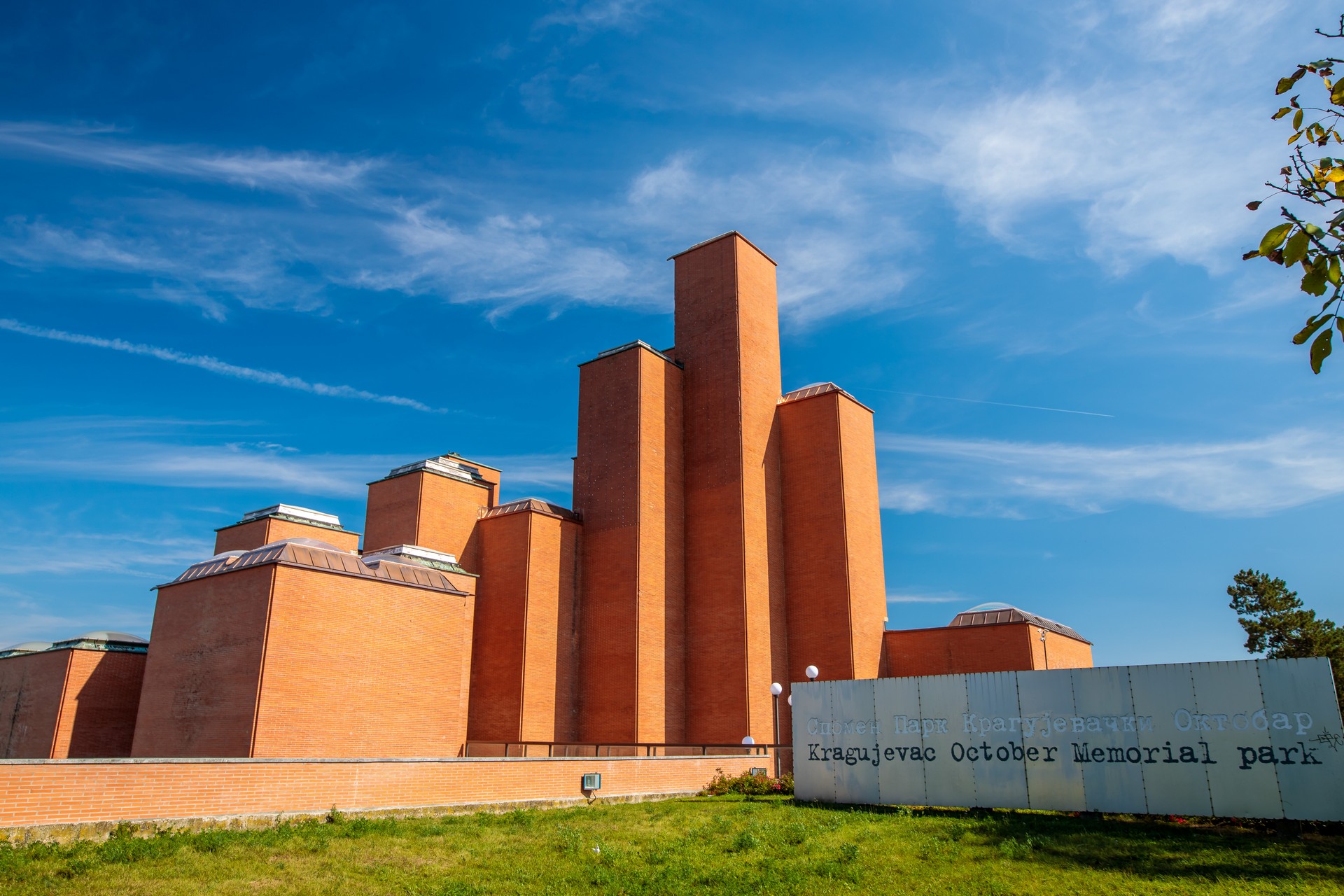 © Spomen Park Kragujevacki Oktobar
© Spomen Park Kragujevacki Oktobar
Welcome to the October in Kragujevac Memorial Park
The memorial park preserves the memory of innocent victims who were murdered in October 1941, when members of the regular German Army – the Wehrmacht – killed nearly 3,000 civilians in only 3 days in Kragujevac and its surroundings. After the war, in 1953, the site of these horrific executions...
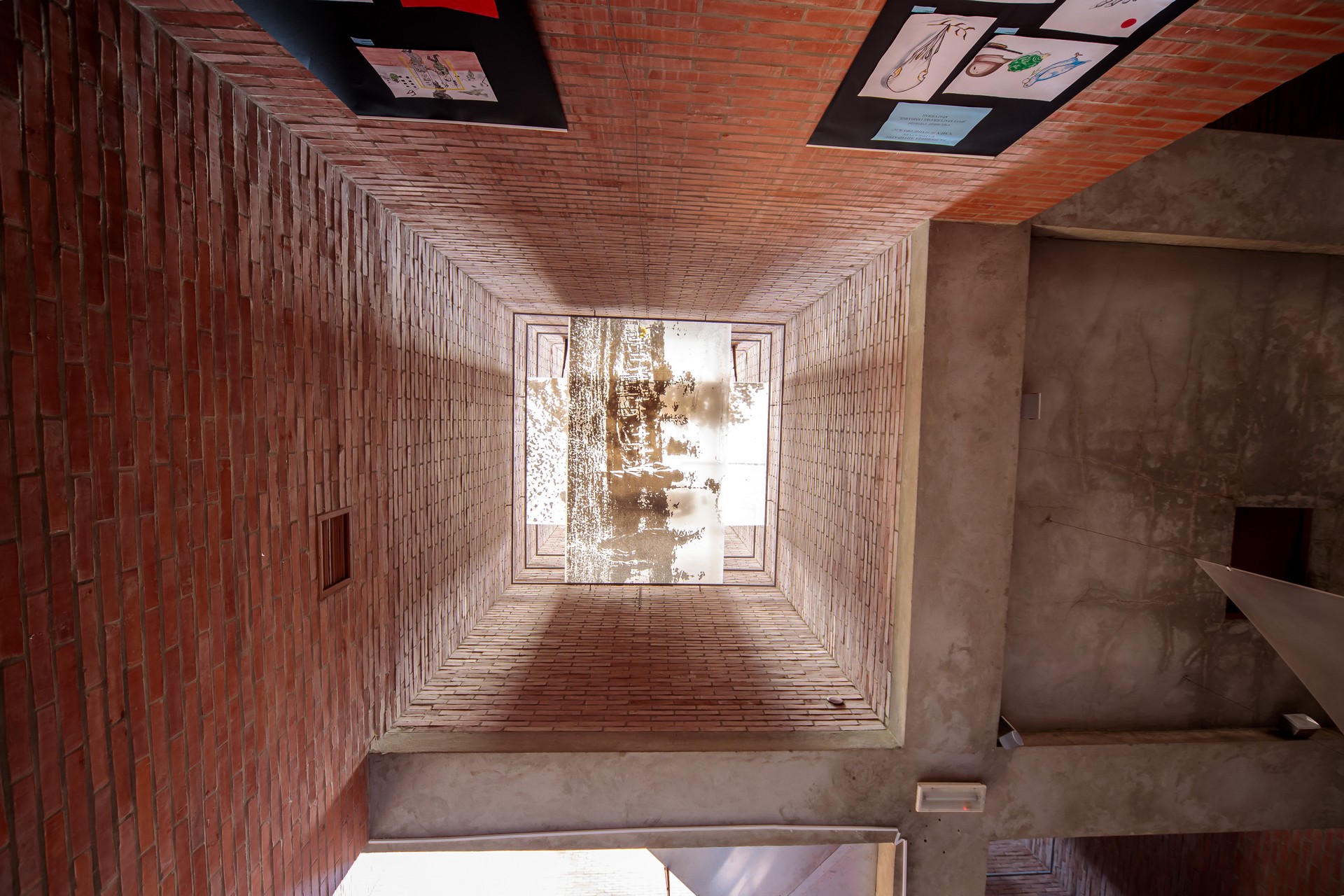 © Spomen Park Kragujevacki Oktobar
© Spomen Park Kragujevacki Oktobar
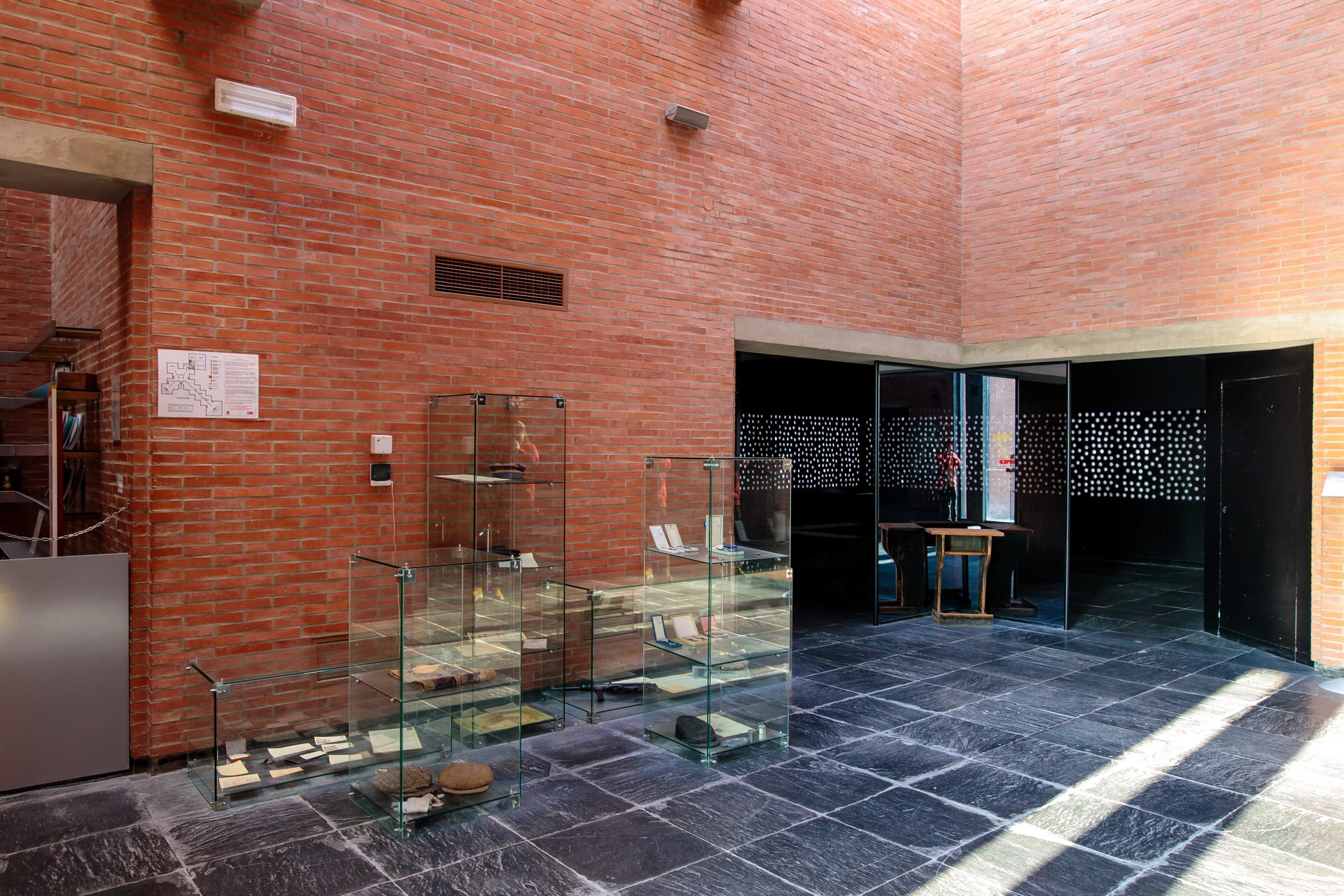 © Spomen Park Kragujevacki Oktobar
© Spomen Park Kragujevacki Oktobar
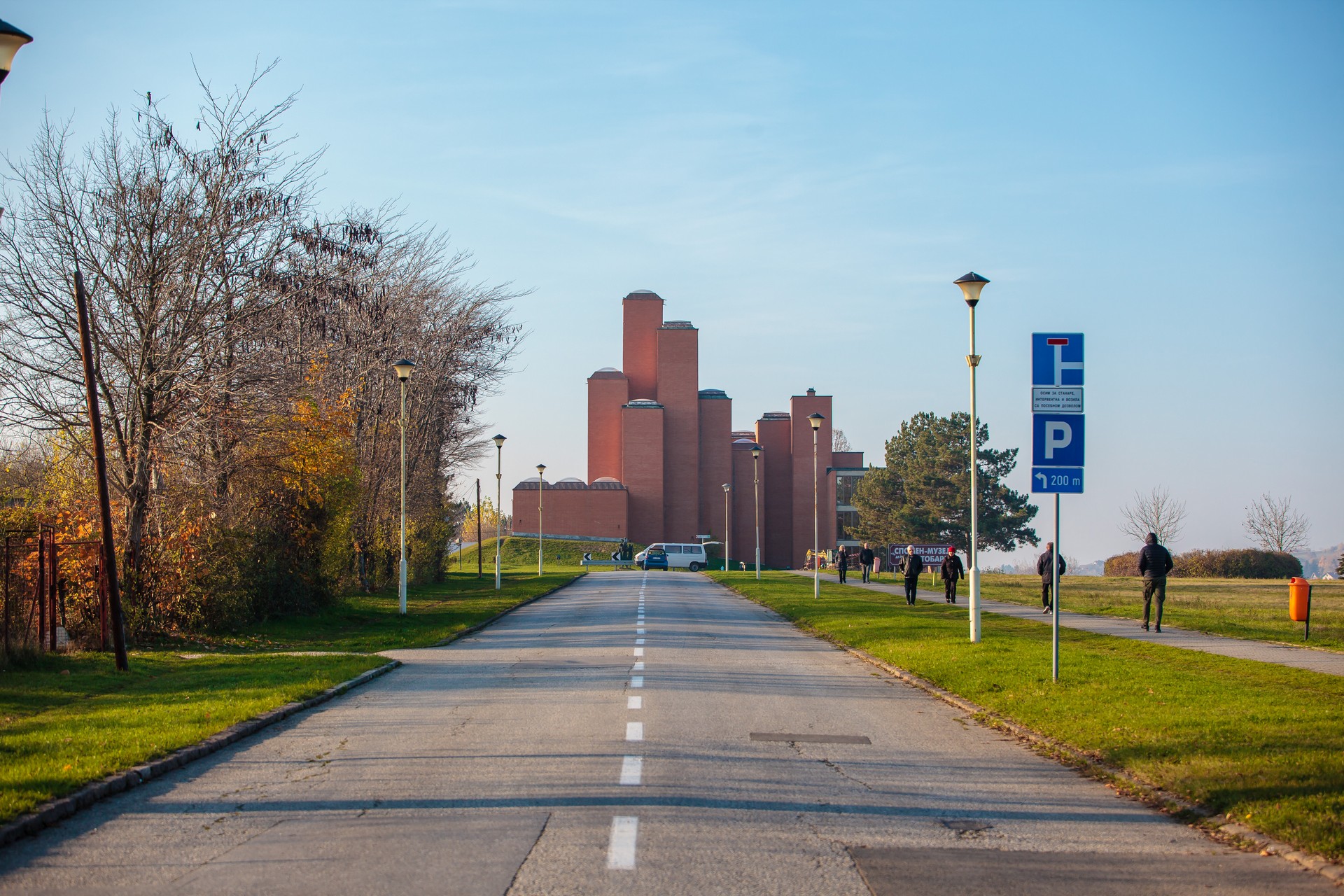 © Spomen Park Kragujevacki Oktobar
© Spomen Park Kragujevacki Oktobar
The 21st of October Museum
The 21st of October Museum within the memorial park was opened to the public in 1976, the same year the city of Kragujevac celebrated the 500th anniversary since its founding. The building was designed by eminent architect and academic Dr. Ivan Antić and architect Ivanka Raspopović. Construction of the museum...
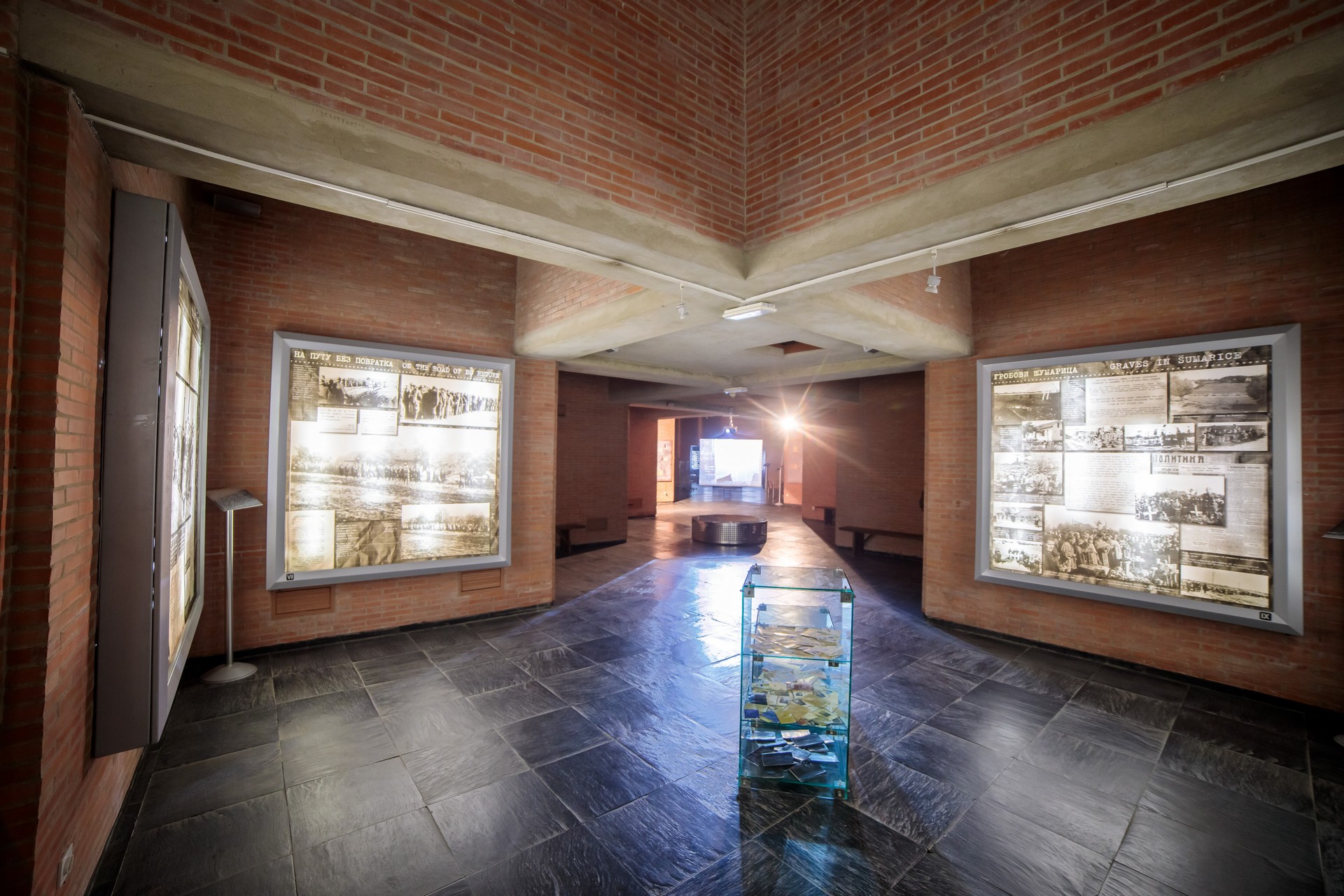 © Spomen Park Kragujevacki Oktobar
© Spomen Park Kragujevacki Oktobar
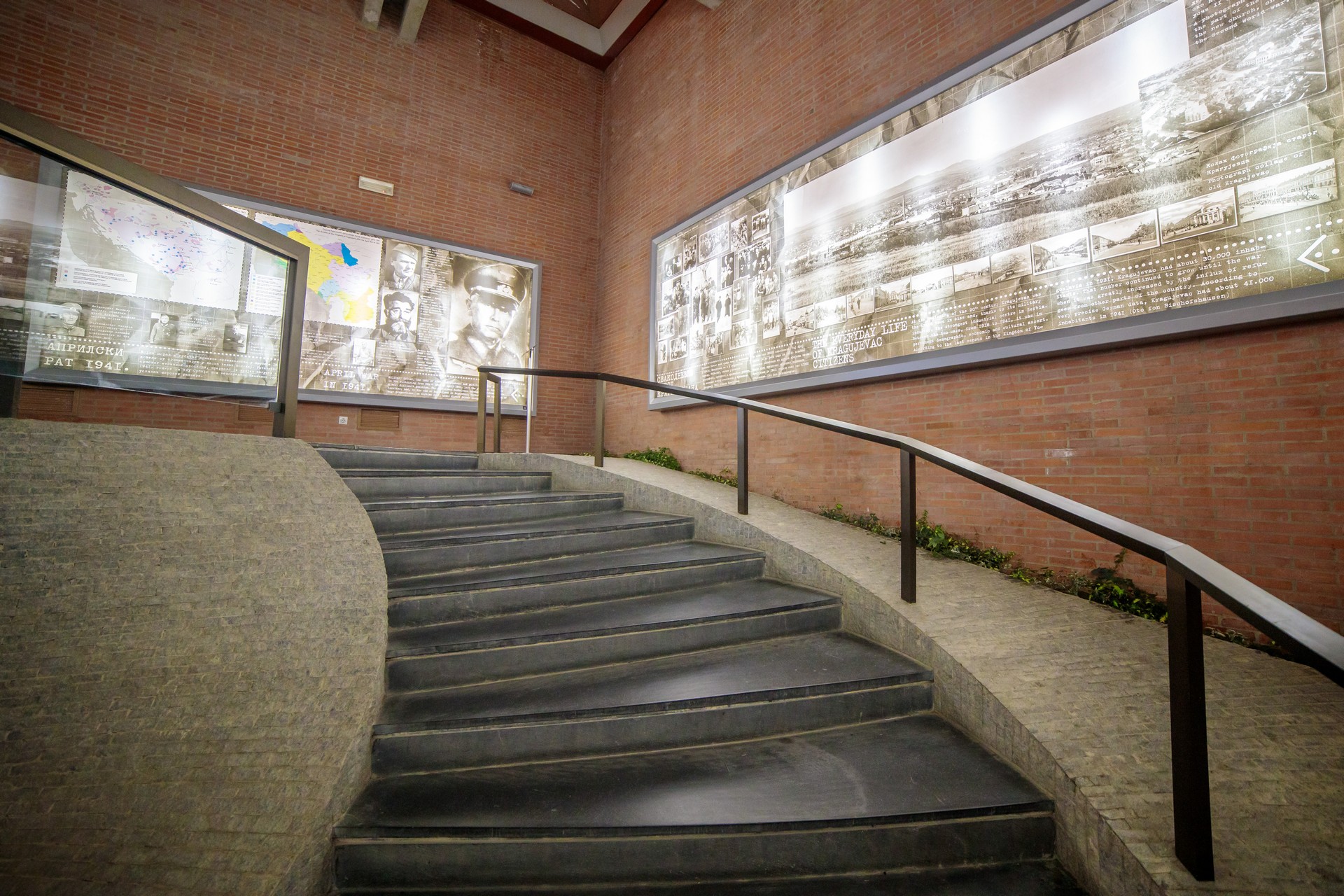 © Spomen Park Kragujevacki Oktobar
© Spomen Park Kragujevacki Oktobar
The Tragedy in Kragujevac
The massacre in Kragujevac on the 21st of October 1941 was one of the worst crimes committed by the German Army in World War II. The motive for the massacre was exacting revenge the loss the German forces suffered on the 16th of October fighting against the Chetniks and the...
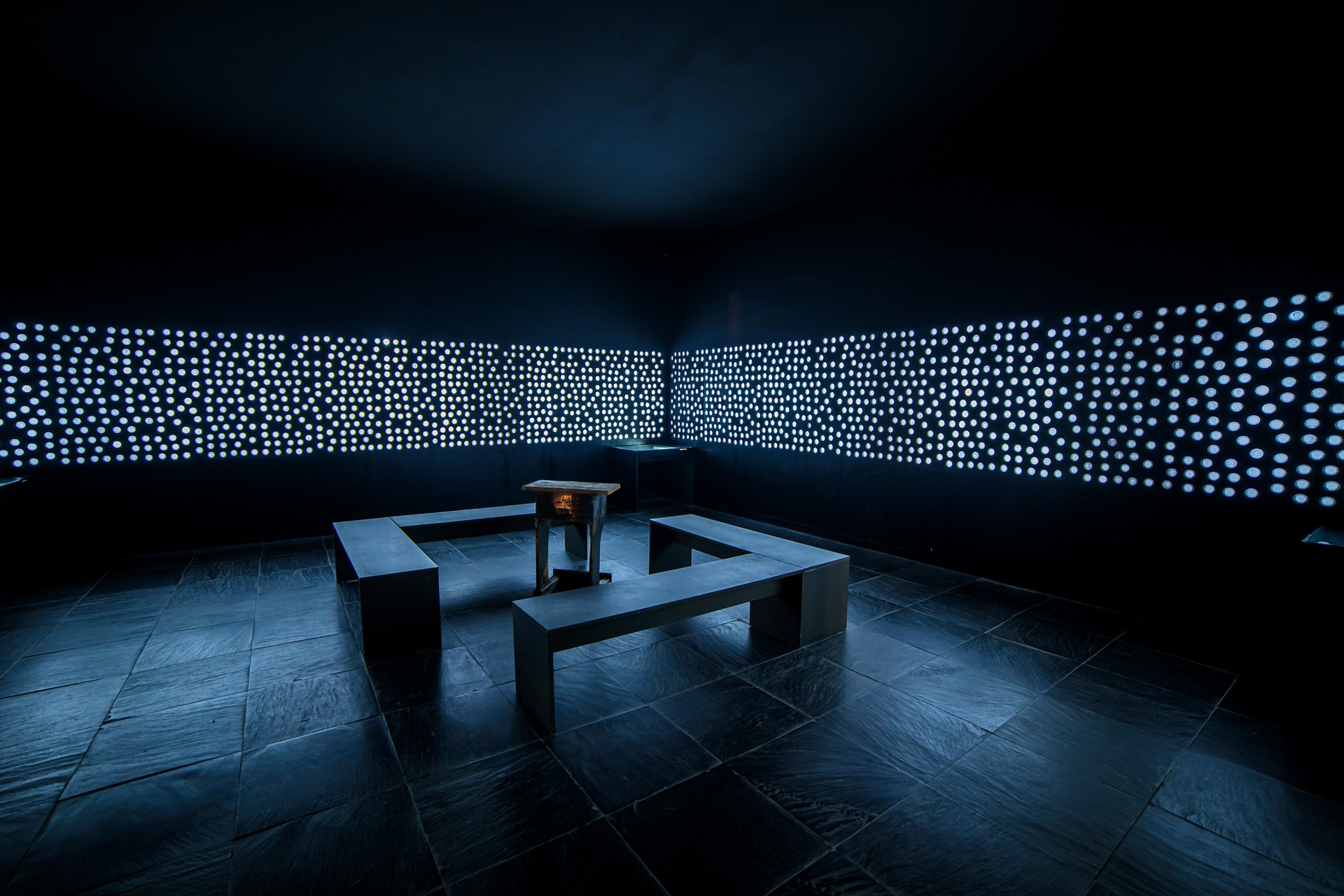 © Spomen Park Kragujevacki Oktobar
© Spomen Park Kragujevacki Oktobar
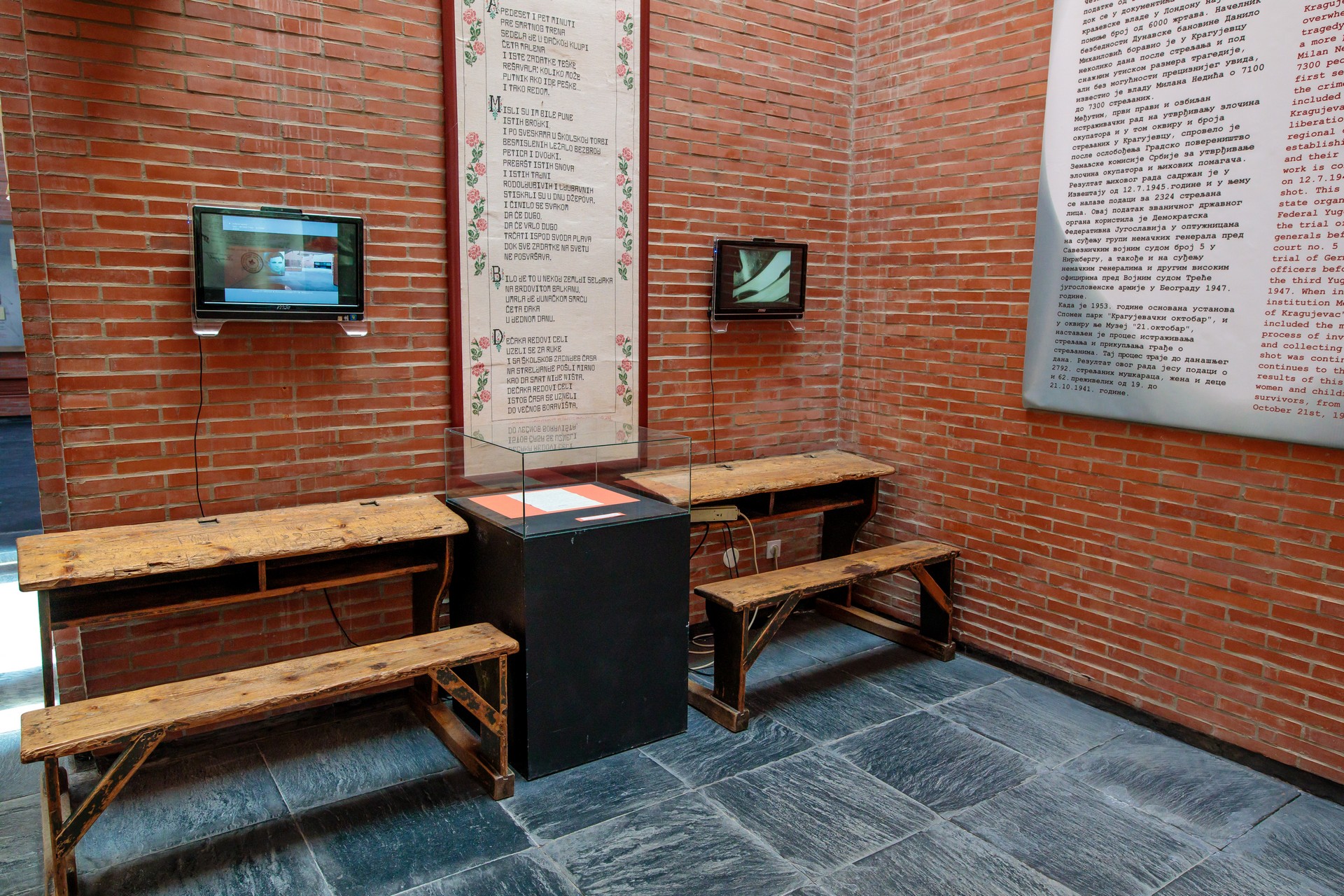 © Spomen Park Kragujevacki Oktobar
© Spomen Park Kragujevacki Oktobar
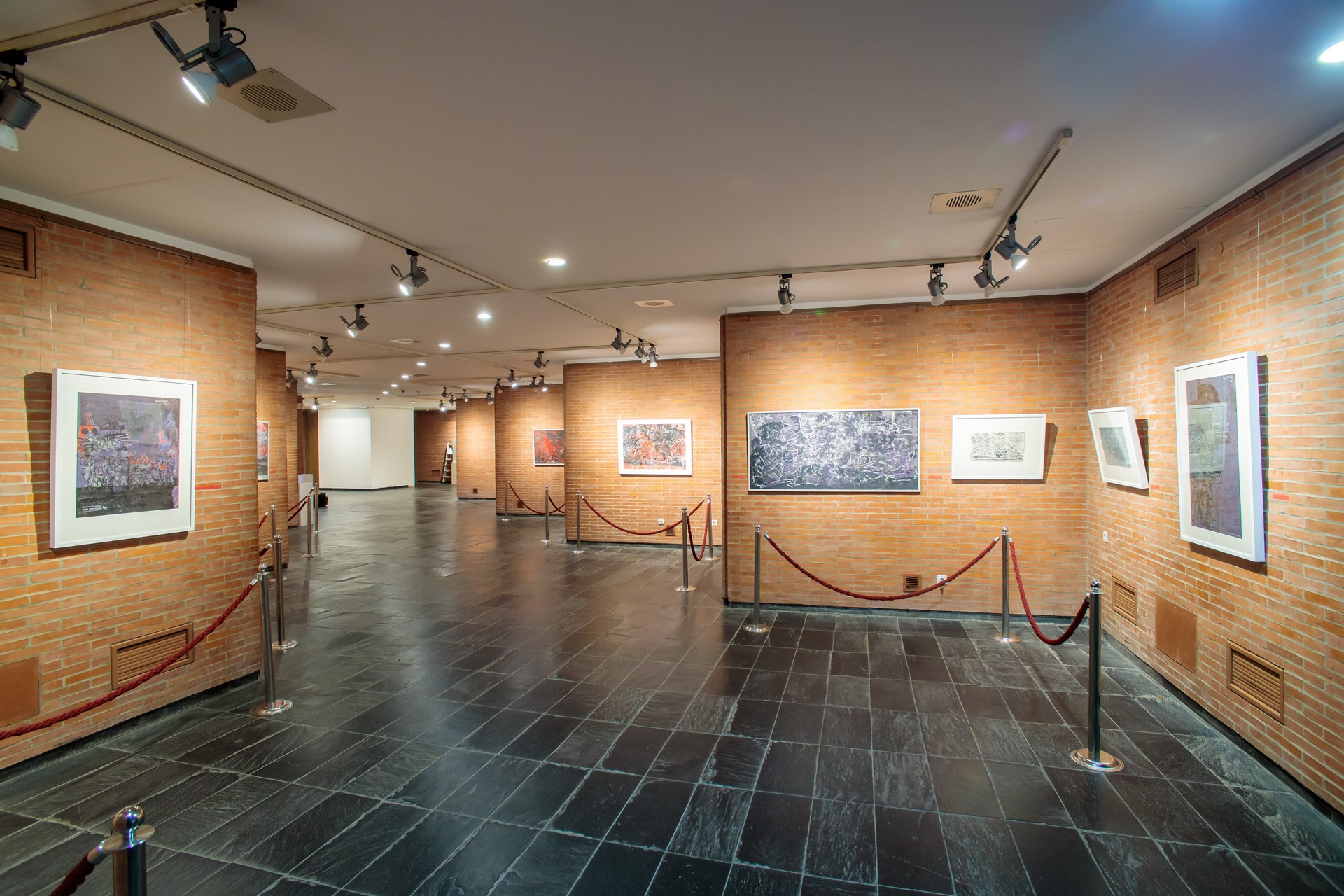 © Spomen Park Kragujevacki Oktobar
© Spomen Park Kragujevacki Oktobar
The permanent exhibition of the 21st of October Museum
Since its foundation, the museum and the memorial park have been visited by more than five million people. Organized visits begin in the museum and end in the memorial space. Work began on a new installation within the complex in 2003. This was done to upgrade the existing installation, which...
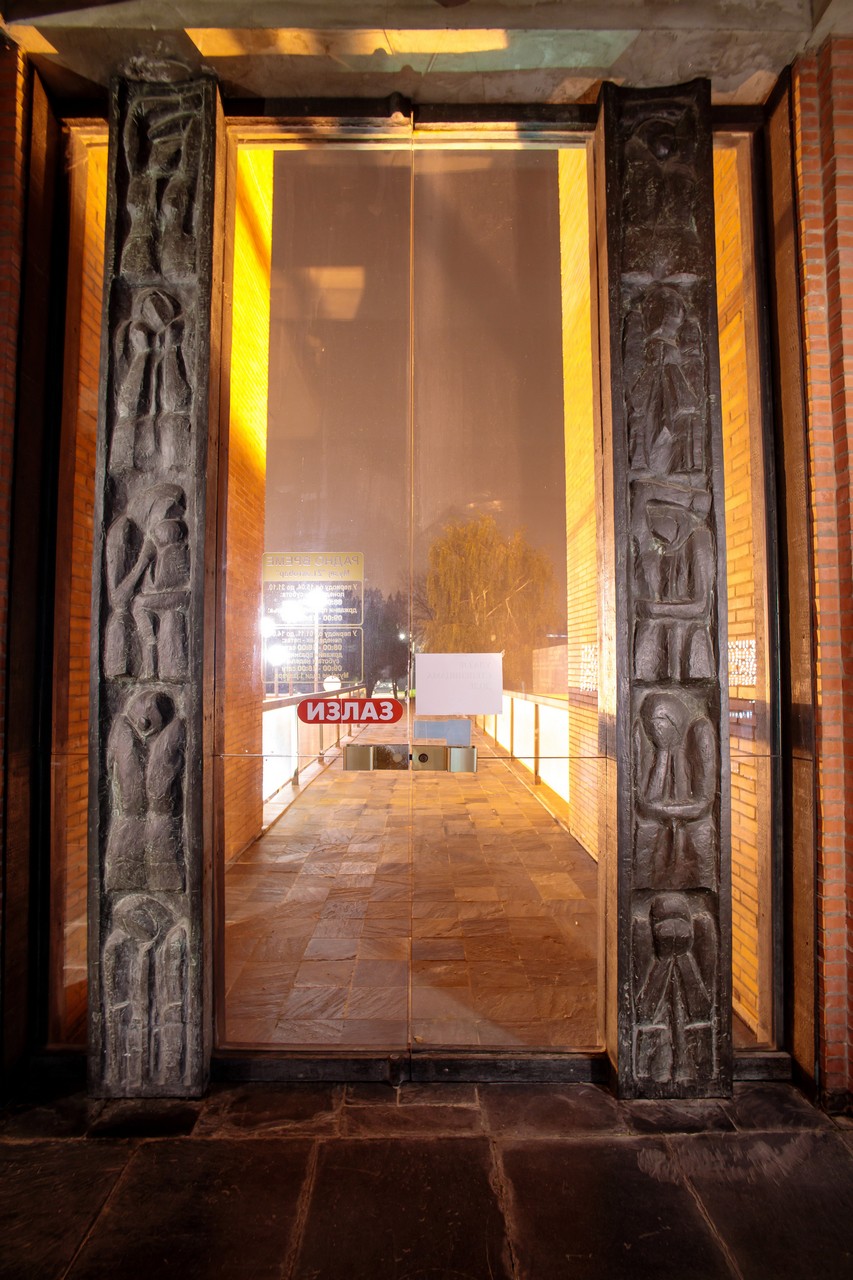 © Spomen Park Kragujevacki Oktobar
© Spomen Park Kragujevacki Oktobar
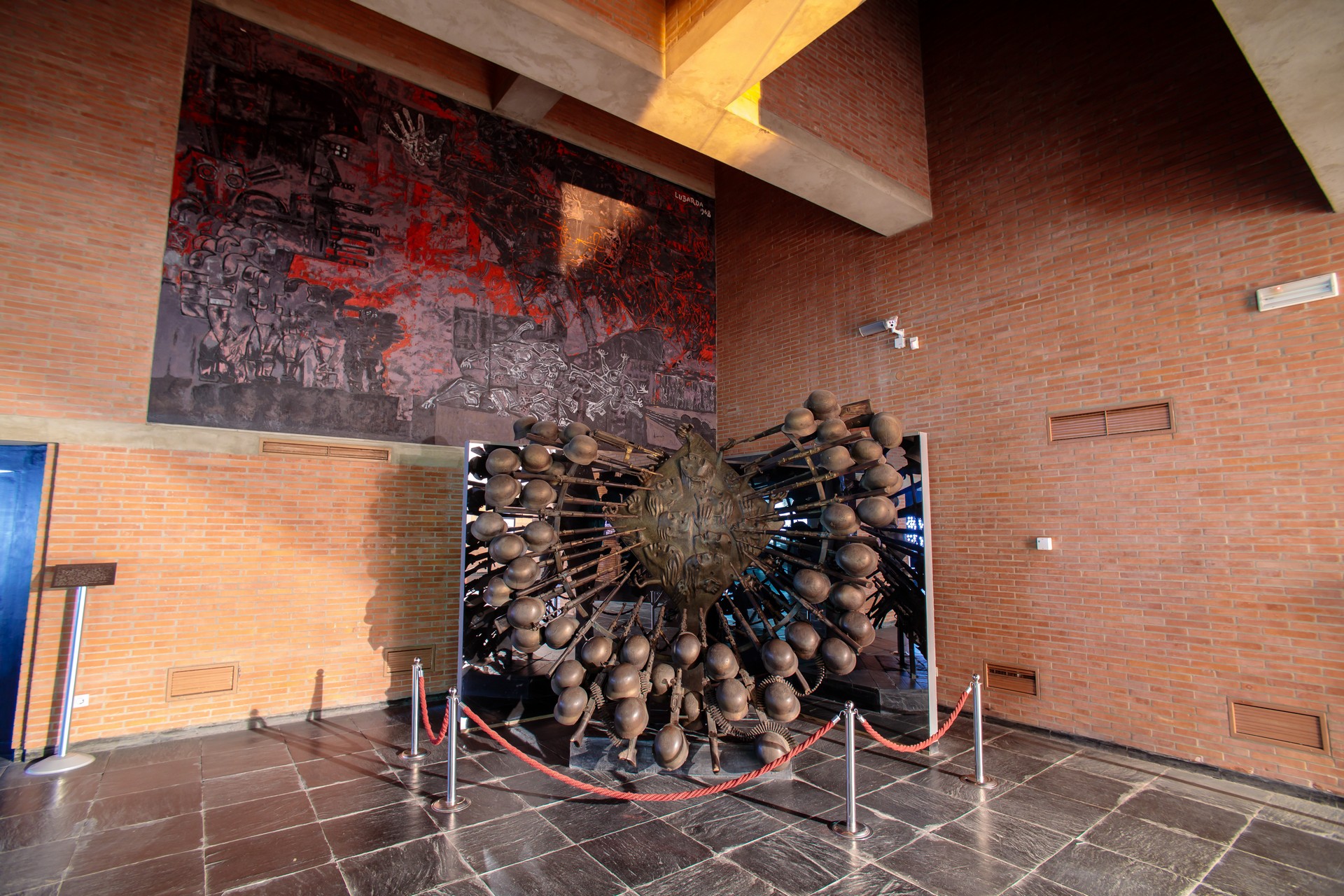 © Spomen Park Kragujevacki Oktobar
© Spomen Park Kragujevacki Oktobar
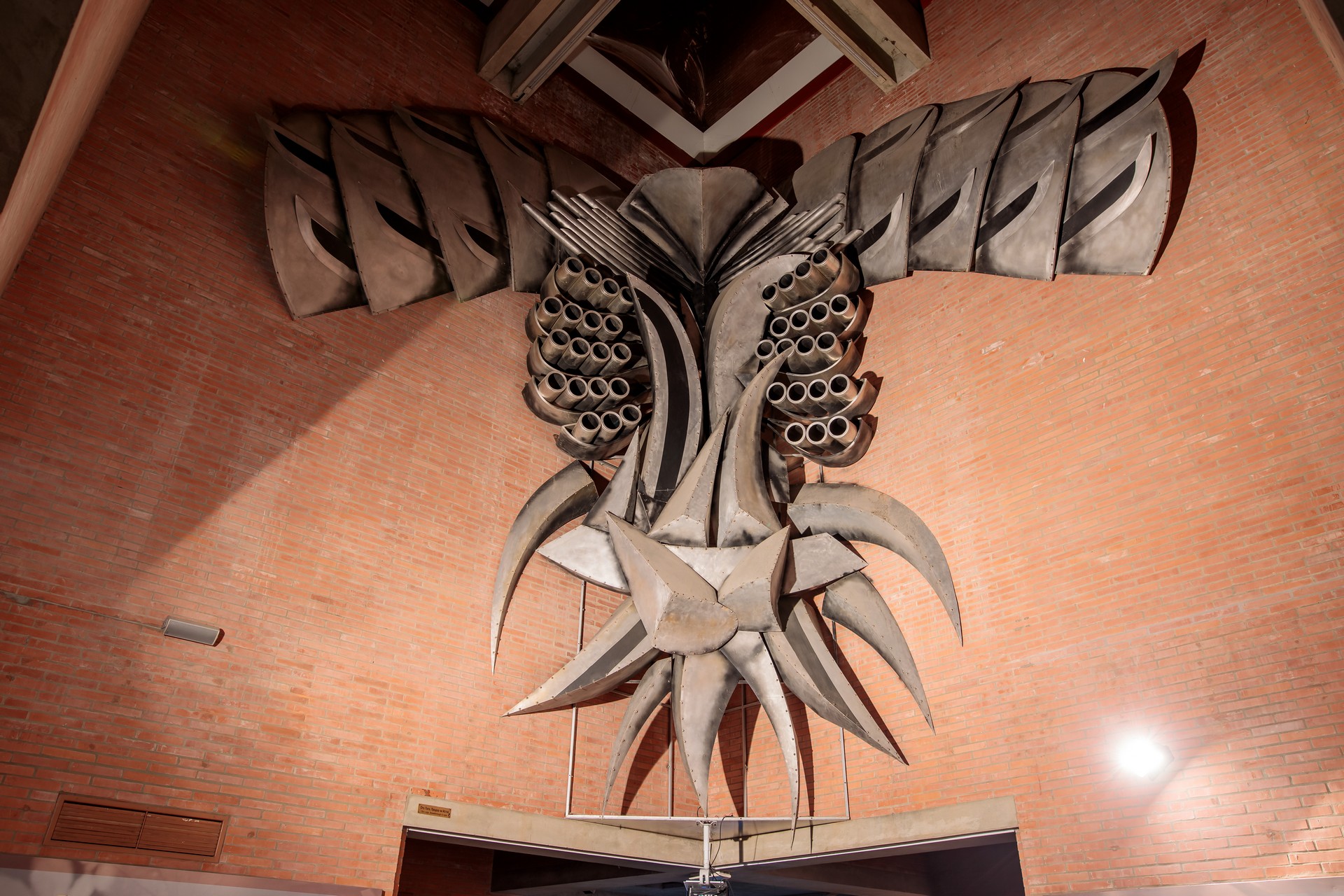 © Spomen Park Kragujevacki Oktobar
© Spomen Park Kragujevacki Oktobar
The artworks in the exhibition
There are three sculptures in the permanent exhibition of the museum. Two of these are made of galvanized tin, and together they form one polarised work of art. The first half, entitled Push to the East, is in the shape of an ominous and powerful eagle representing fascism at the...
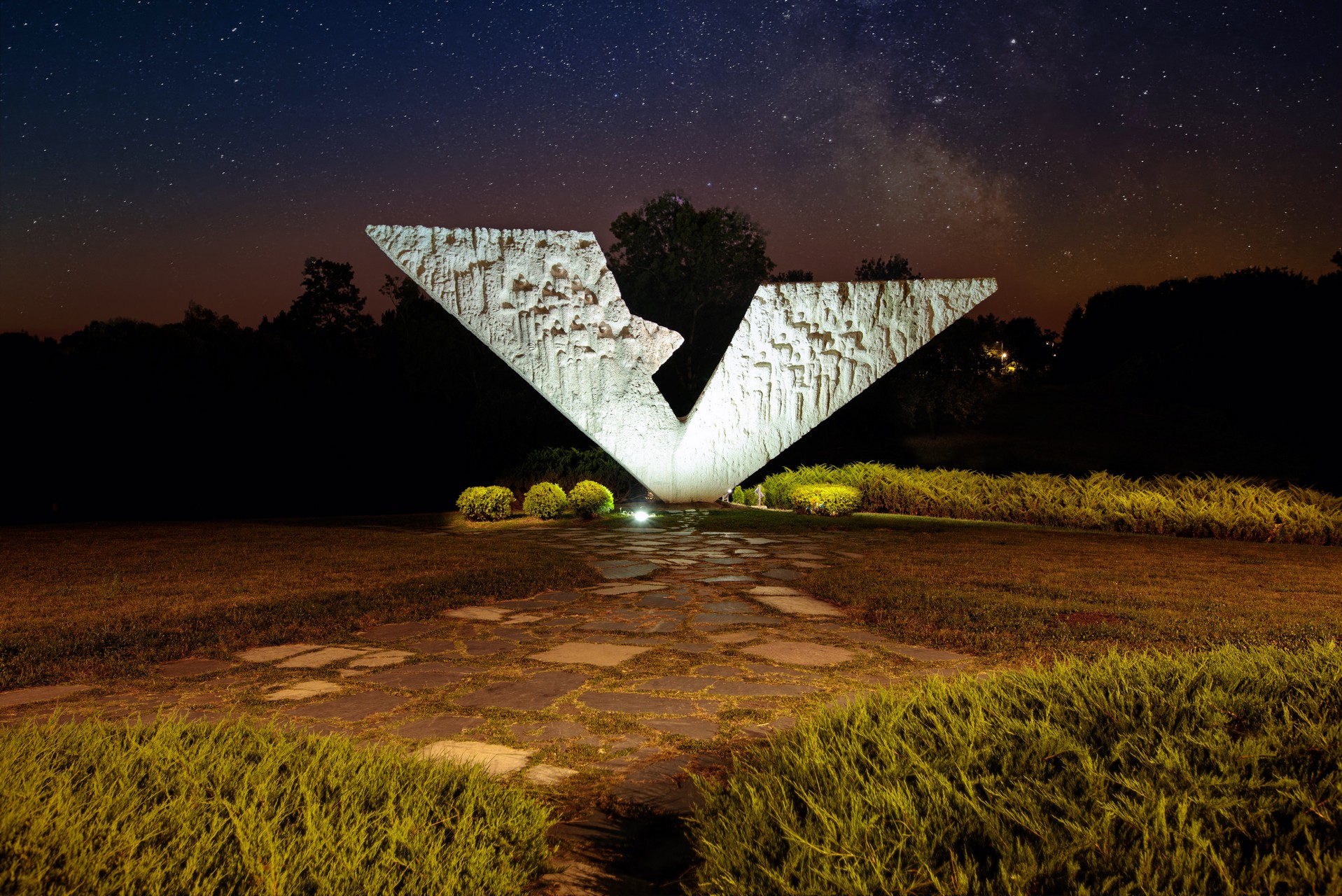 © Spomen Park Kragujevacki Oktobar
© Spomen Park Kragujevacki Oktobar
Monuments in the memorial park
The grounds of the October in Kragujevac Memorial Park are surrounded by gentle slopes. At the bottom of these slopes are the Erdoglijski and Sušički streams, which divide the entire complex into two distinct sections. Scattered around this area are 29 graves, in which the victims who were massacred on...
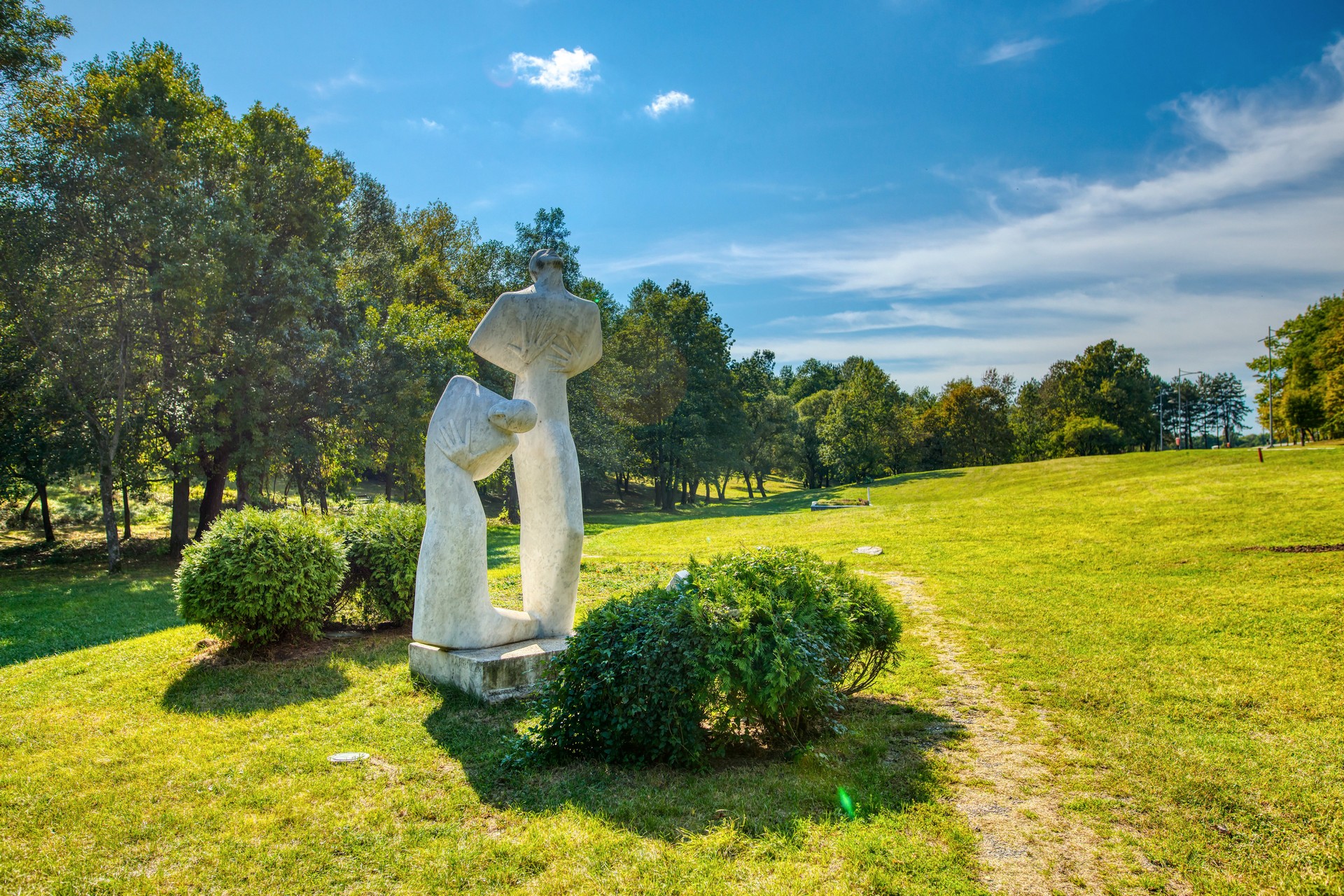 © Spomen Park Kragujevacki Oktobar
© Spomen Park Kragujevacki Oktobar
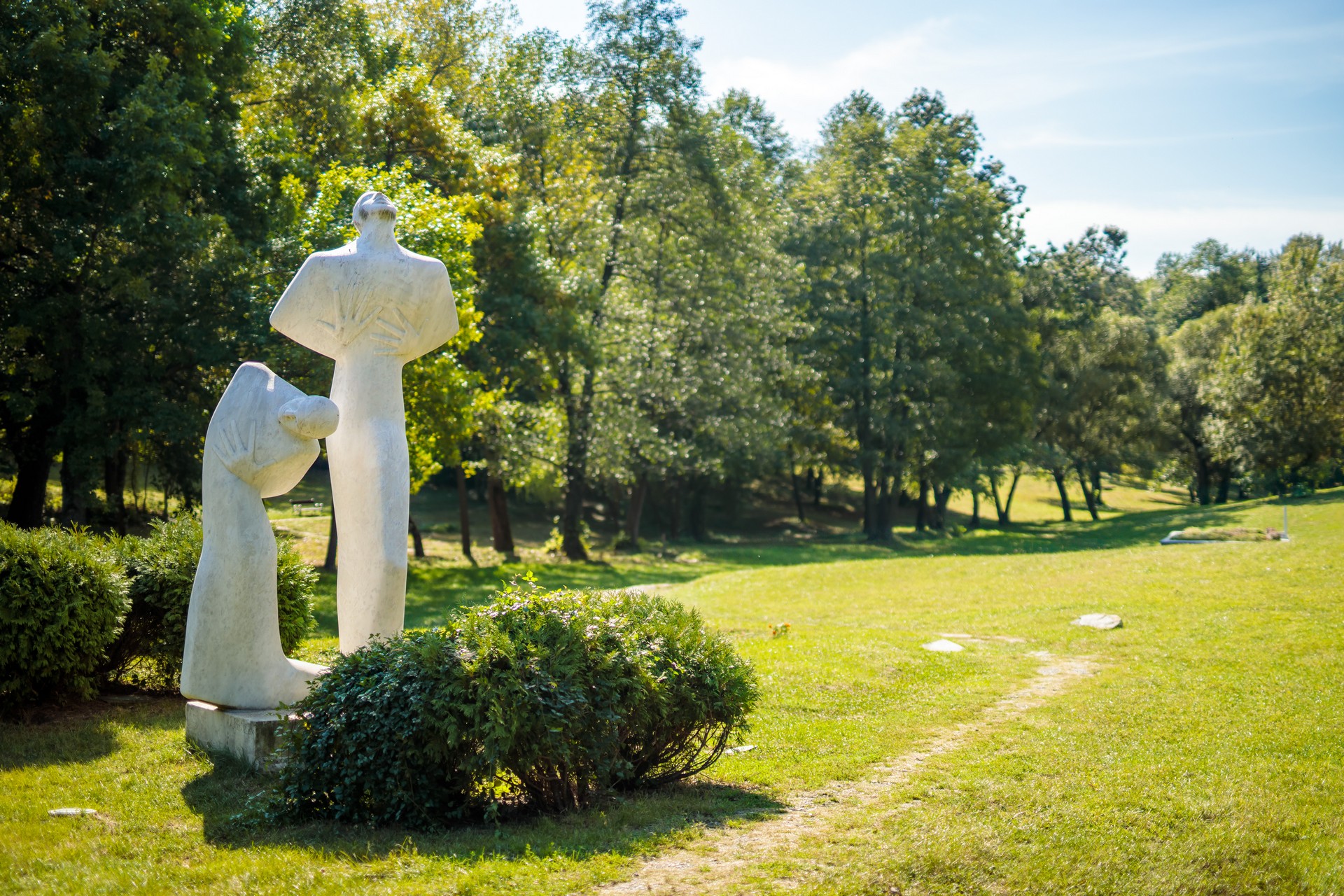 © Spomen Park Kragujevacki Oktobar
© Spomen Park Kragujevacki Oktobar
The Pain and Defiance Monument
The oldest monument in the park is Pain and Defiance, sculpted by Ante Gržetić in 1959. It represents the figures of a man and a woman carved out of a single block of marble.
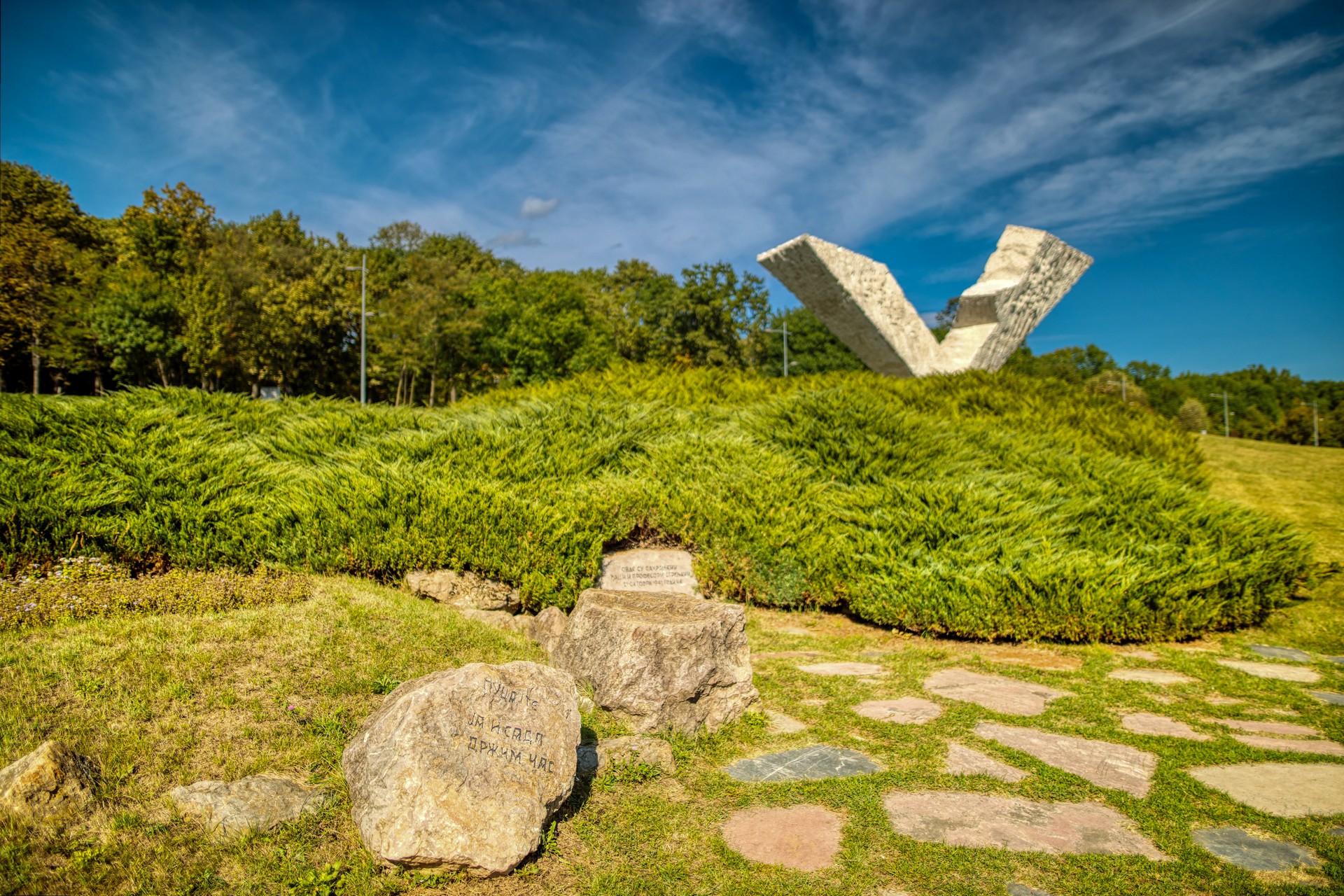 © Spomen Park Kragujevacki Oktobar
© Spomen Park Kragujevacki Oktobar
The Monument to Executed Pupils and Teachers
The most famous sculpture in the memorial park is the Monument to Executed Pupils and Teachers. This artwork by sculptor Miodrag Živković from 1963 was erected on the exact spot where the largest group of students and their 15 teachers were executed.
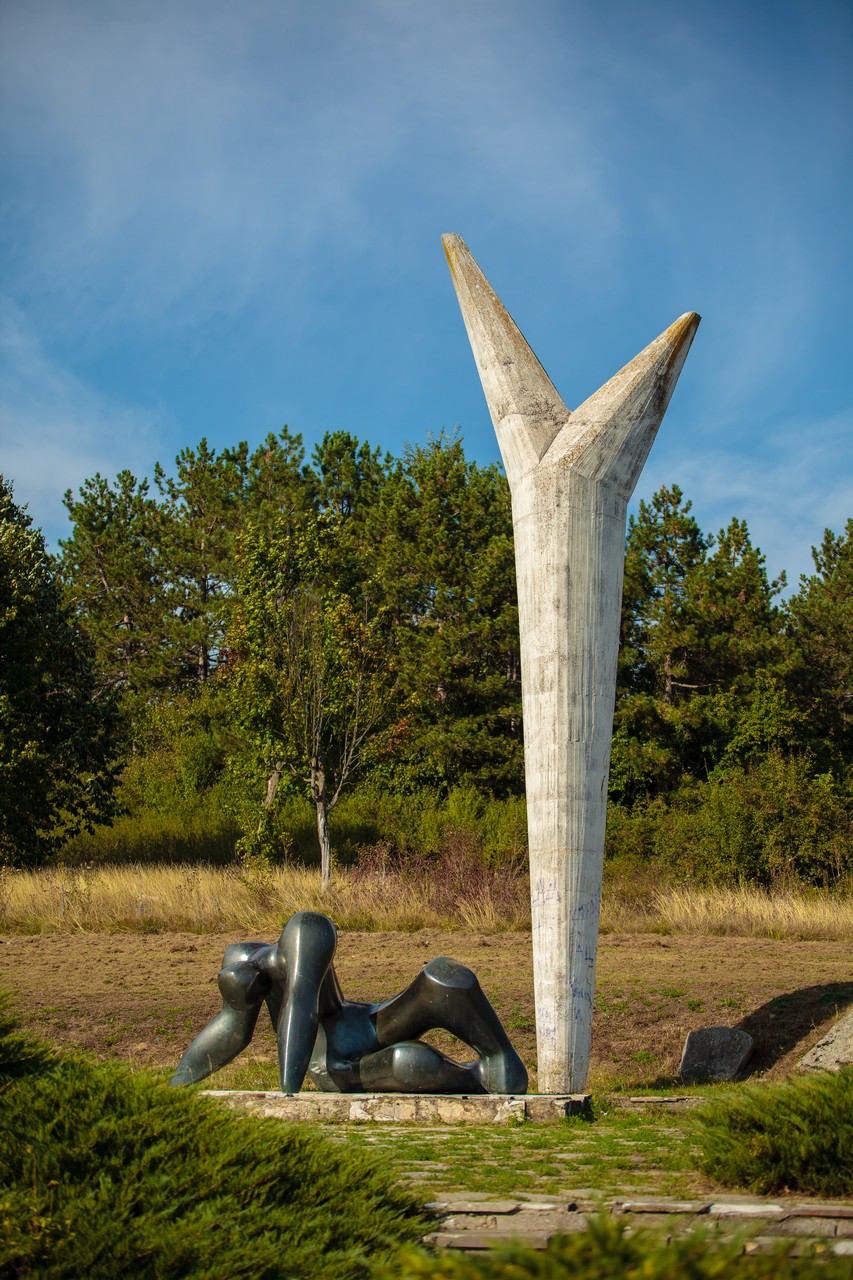 © Spomen Park Kragujevacki Oktobar
© Spomen Park Kragujevacki Oktobar
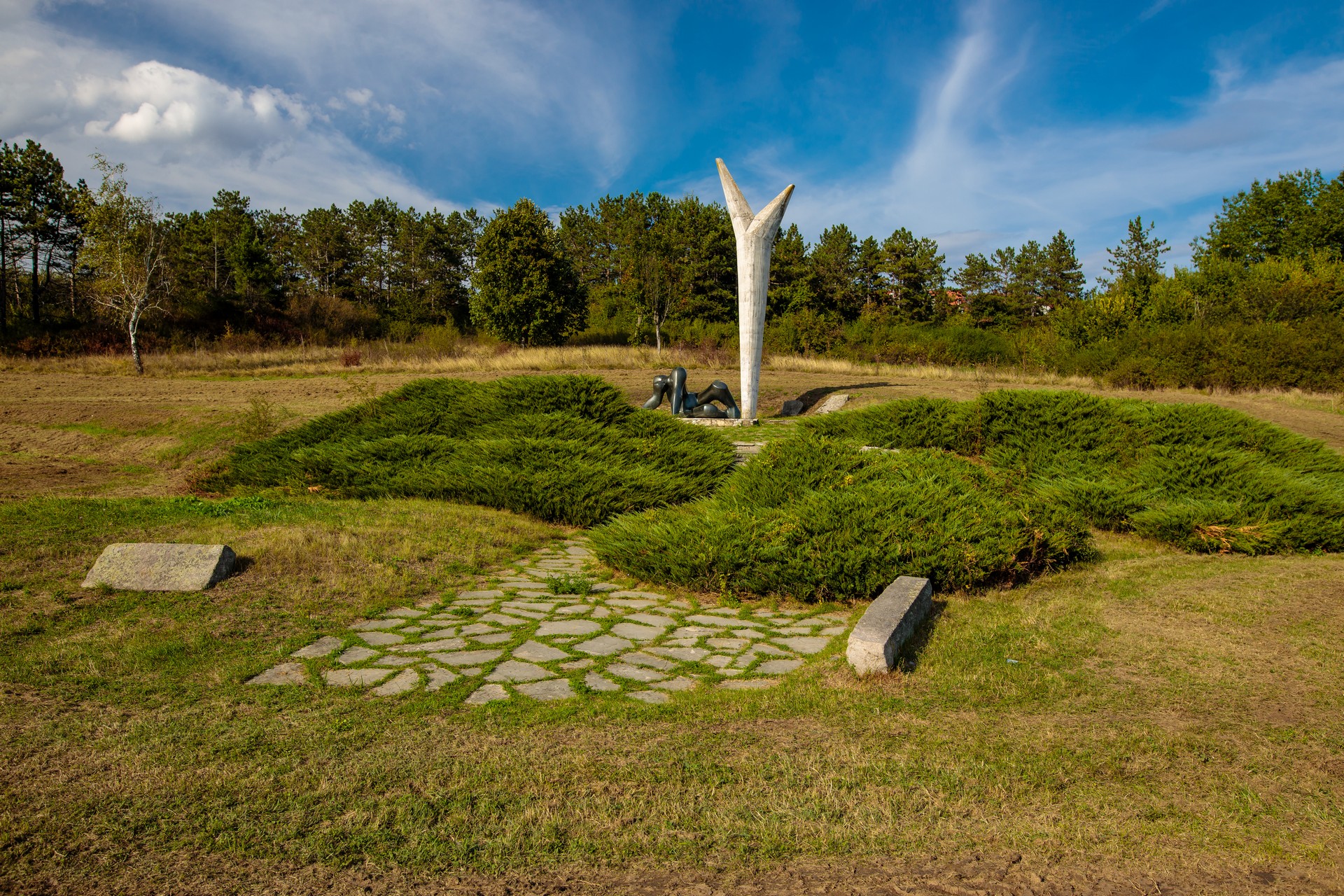 © Spomen Park Kragujevacki Oktobar
© Spomen Park Kragujevacki Oktobar
The Resistance and Freedom Monument
Ante Gržetić sculpted this monument in 1966. It represents a large bronze figure of a mortally wounded man, who is fighting frantically for another moment of his life, but loses that battle. Yet, above it stands a white obelisk and the two points atop the obelisk can be interpreted as...
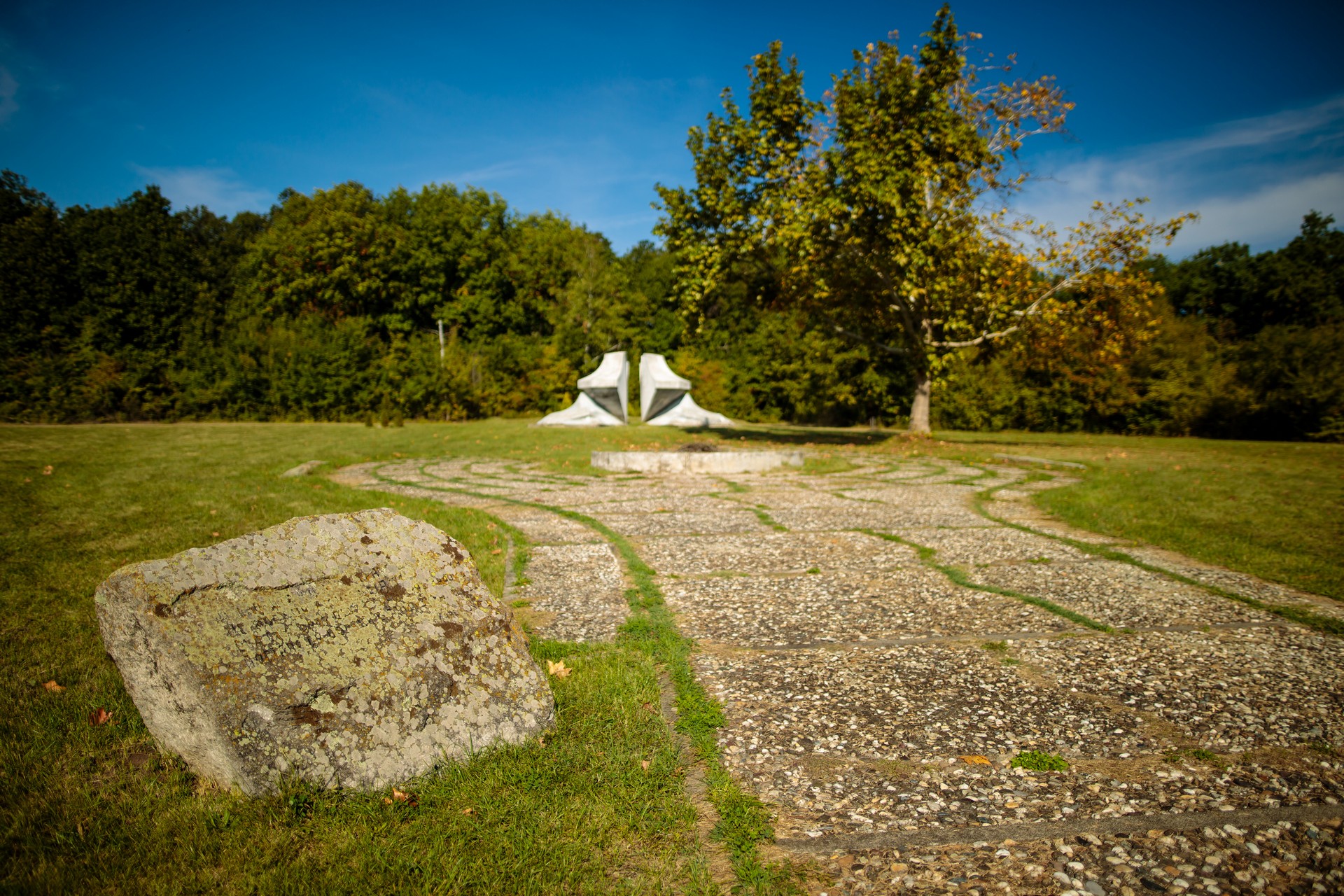 © Spomen Park Kragujevacki Oktobar
© Spomen Park Kragujevacki Oktobar
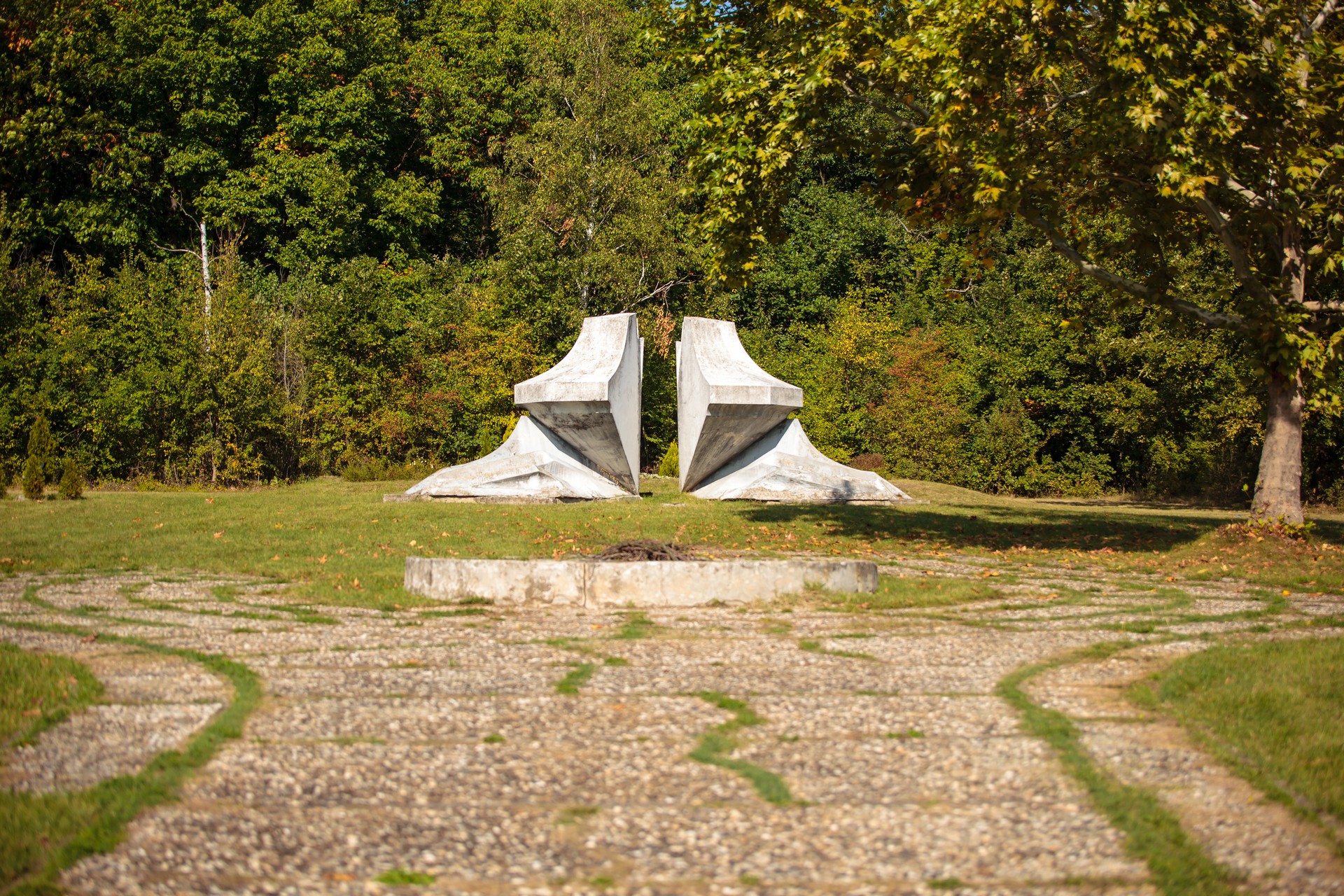 © Spomen Park Kragujevacki Oktobar
© Spomen Park Kragujevacki Oktobar
The Crystal Flower Monument
The Crystal Flower monument (otherwise known as the Shoe-shiners monument) was designed by architect Nebojša Delja in 1968. It is dedicated to 15 shoe-shiners – Roma boys aged between 12 and 15 – who were executed by German forces.
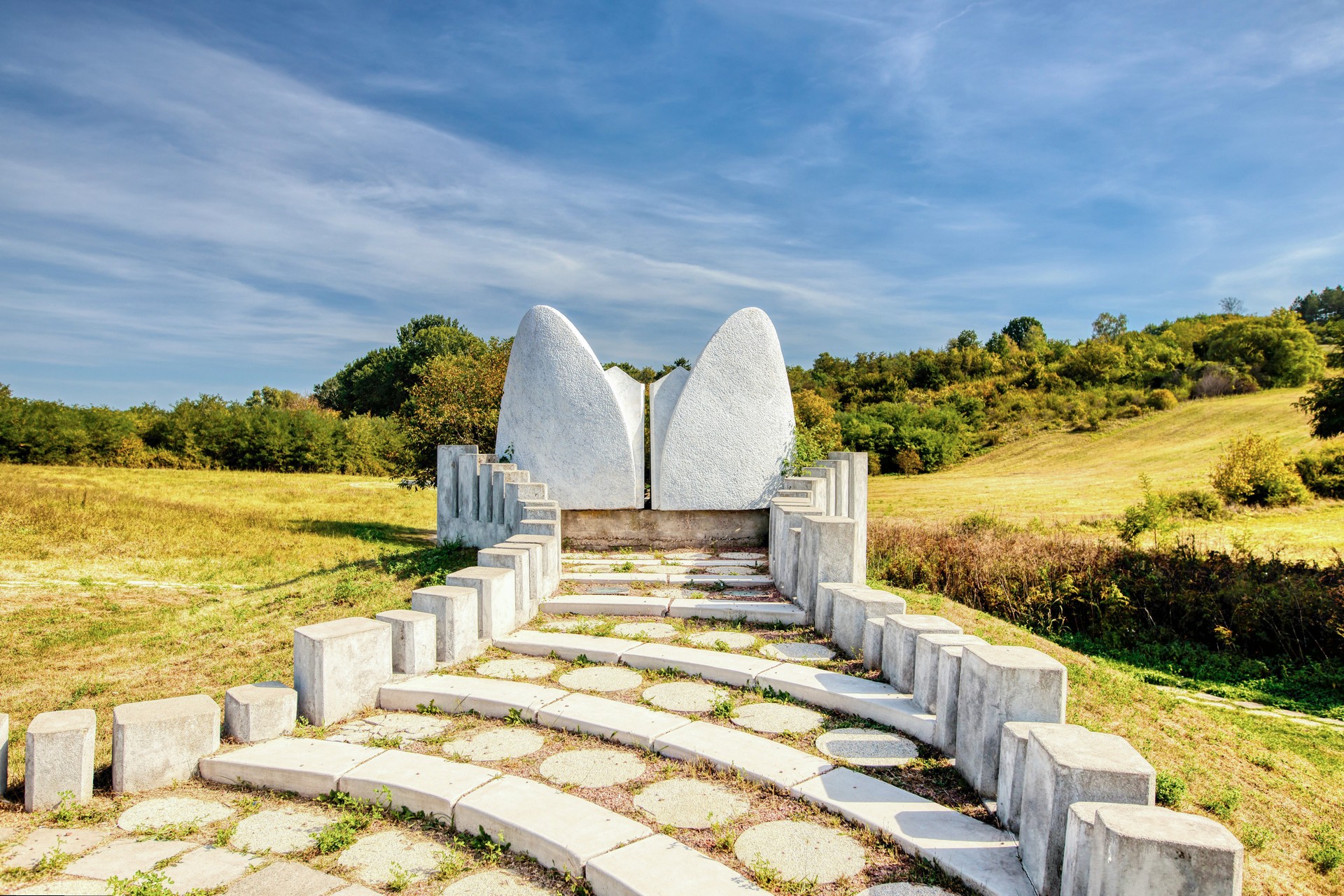 © Spomen Park Kragujevacki Oktobar
© Spomen Park Kragujevacki Oktobar
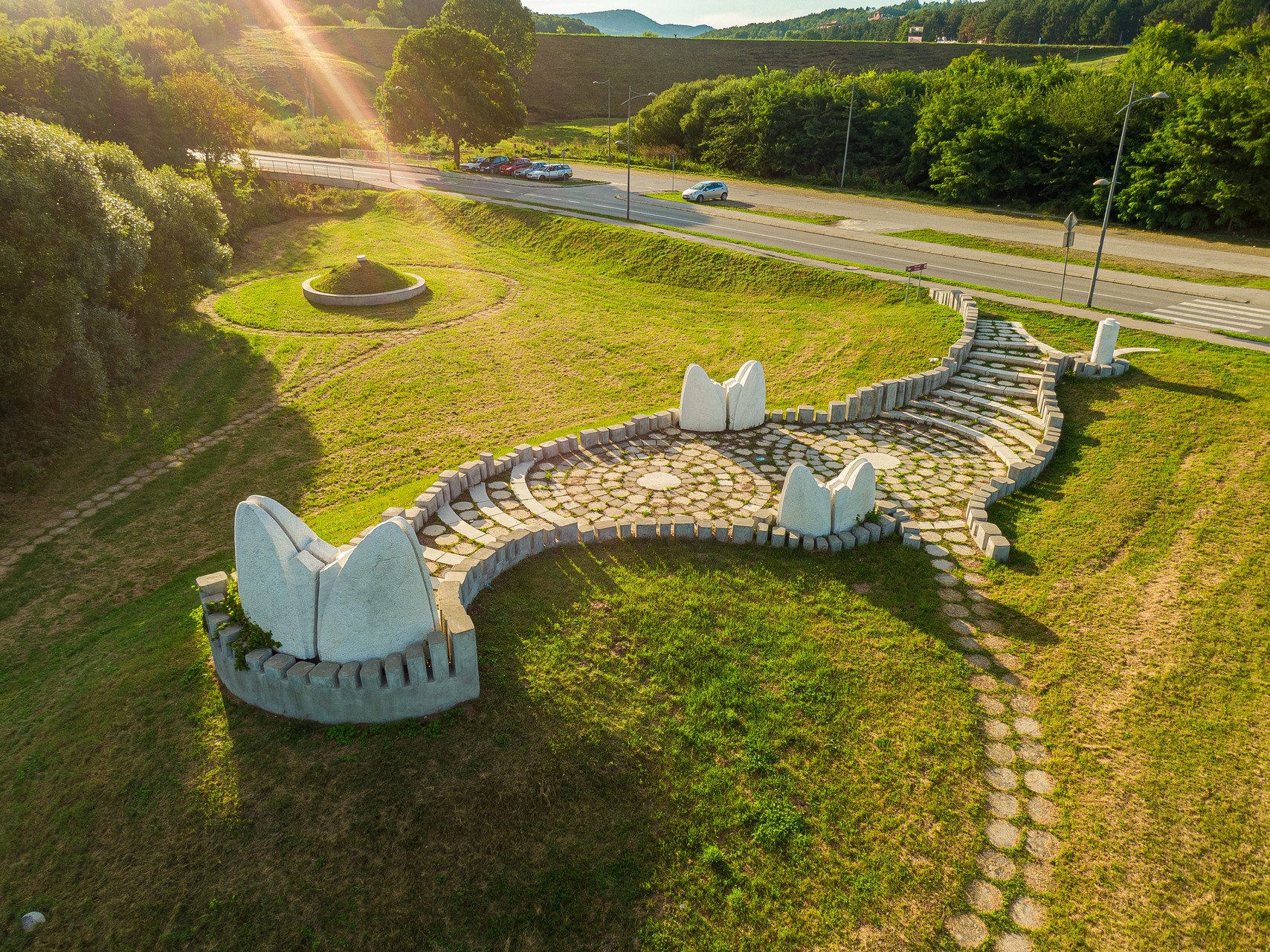 © Spomen Park Kragujevacki Oktobar
© Spomen Park Kragujevacki Oktobar
The Stone Sleeper Monument
The Stone Sleeper monument is dedicated to people from the surrounding villages who were executed at this site. It was sculpted by Gradimir and Jelica Bosnić in 1970.
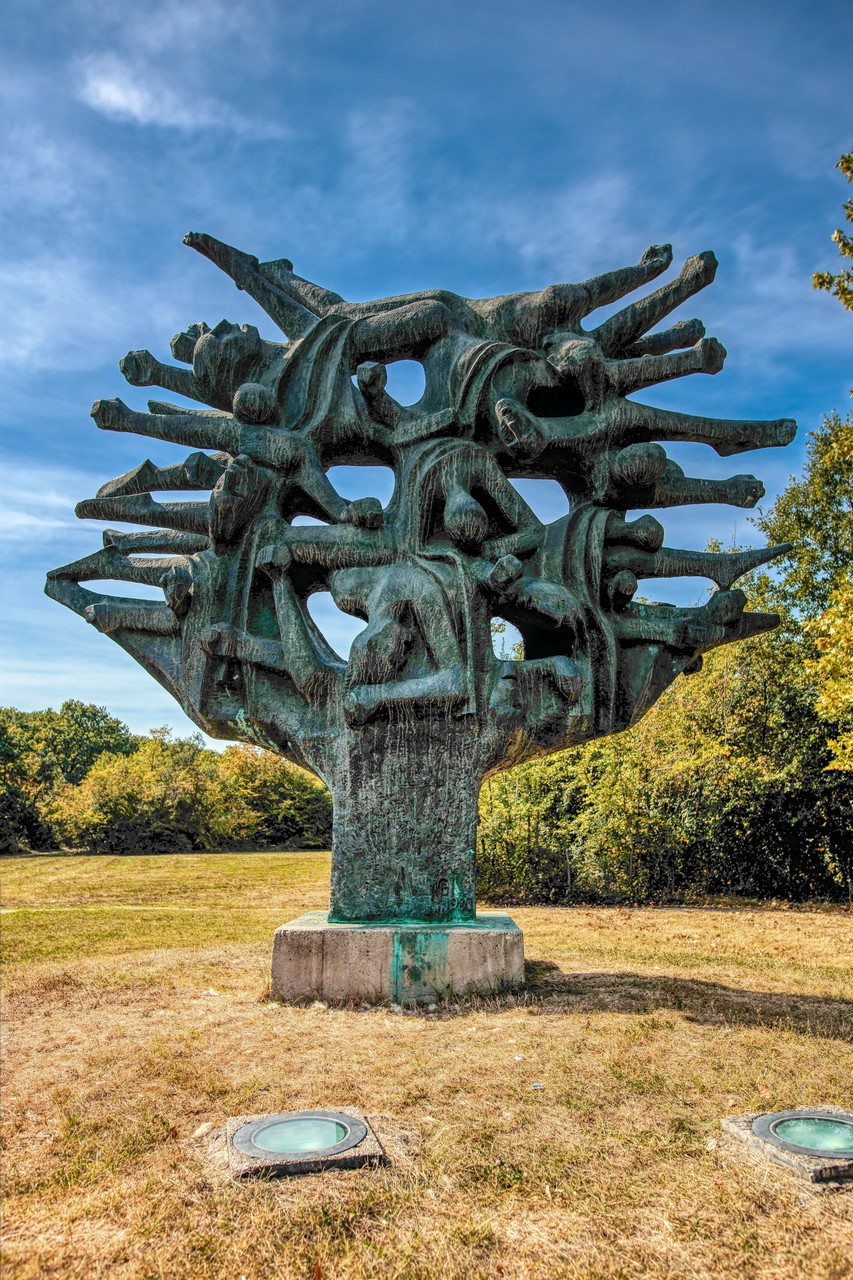 © Spomen Park Kragujevacki Oktobar
© Spomen Park Kragujevacki Oktobar
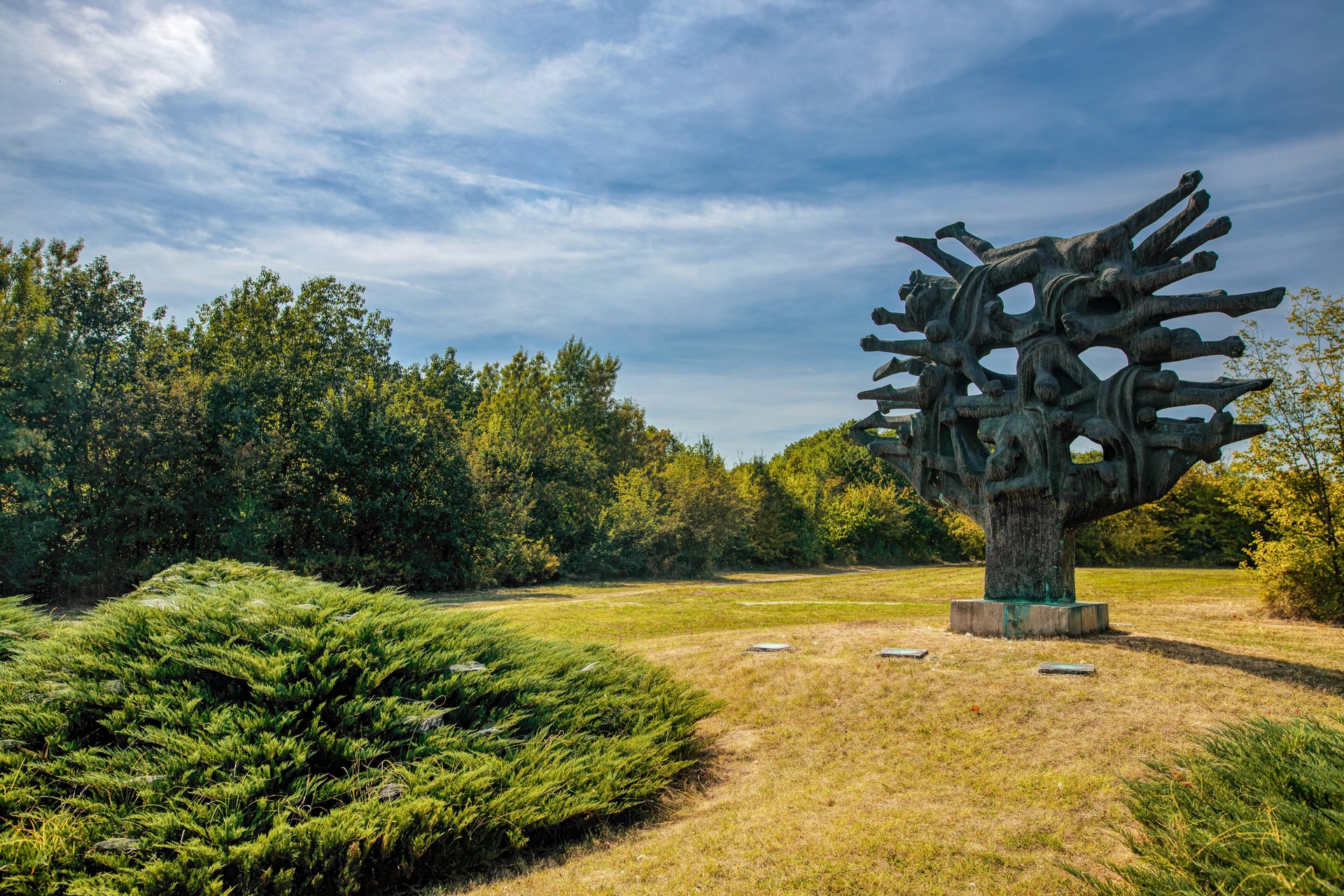 © Spomen Park Kragujevacki Oktobar
© Spomen Park Kragujevacki Oktobar
The 100 for One Monument
The bronze monument entitled 100 for One was sculpted by Nandor Glid in 1980. It was a gift from the town of Modrića in Bosnia and Herzegovina. This monument is an artistic representation of the cruel command delivered by General Franz Böhme, who ordered that 100 locals be executed for...
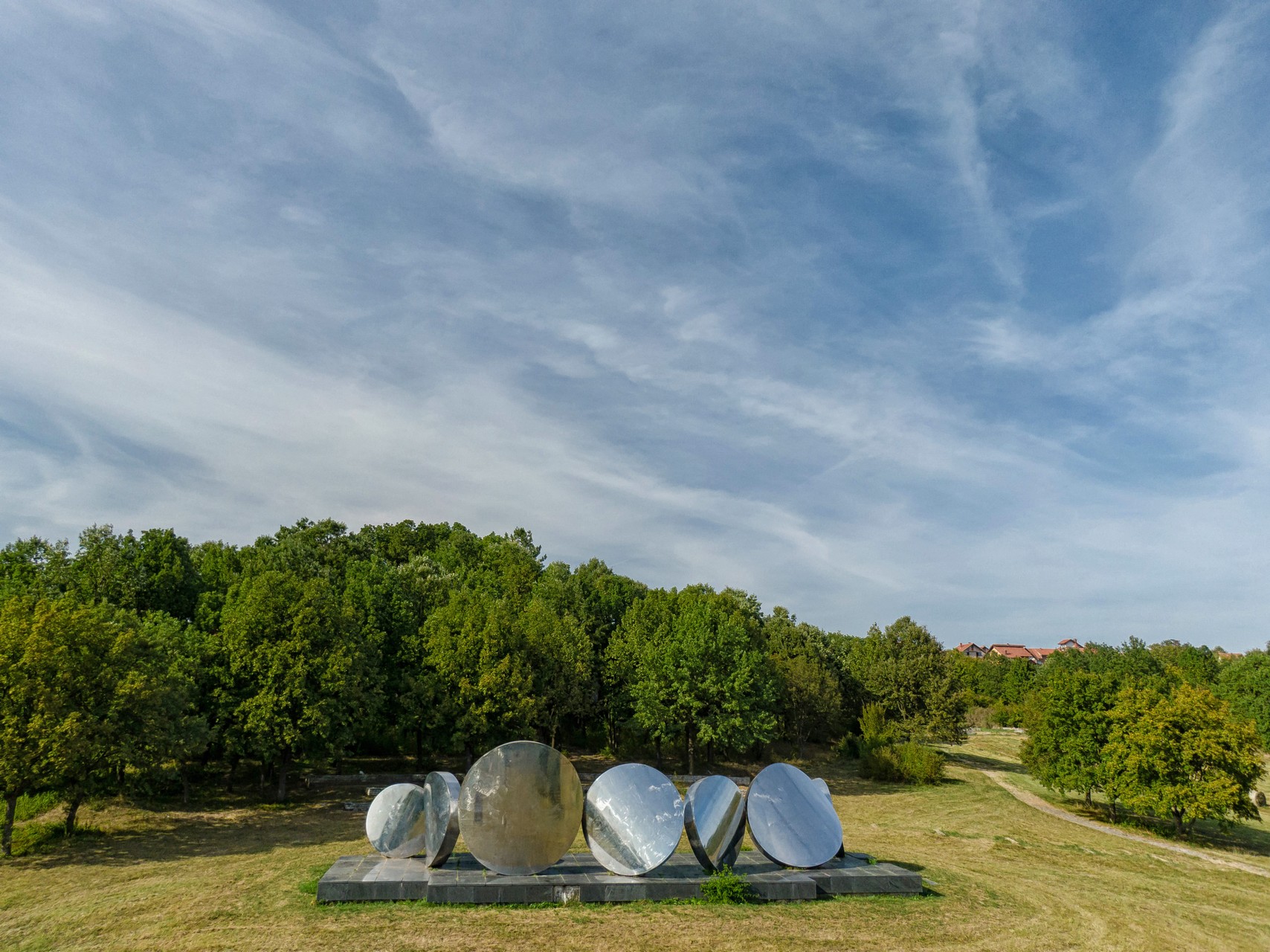 © Spomen Park Kragujevacki Oktobar
© Spomen Park Kragujevacki Oktobar
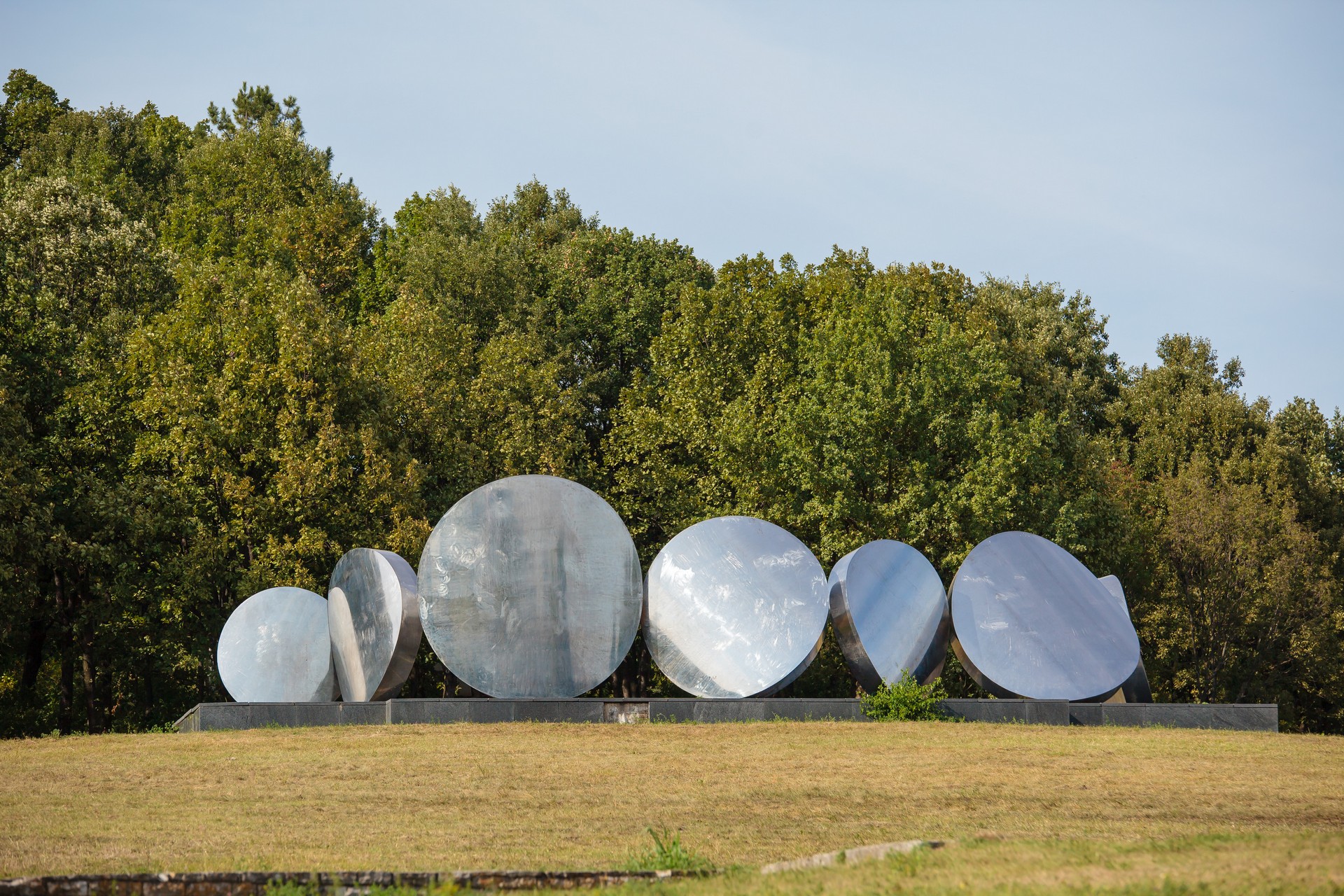 © Spomen Park Kragujevacki Oktobar
© Spomen Park Kragujevacki Oktobar
The Monument from the People of Croatia
The monument consists of seven steel discs of different sizes, which focus light on the three mass graves surrounding the monument. It was created by sculptor Vojin Bakić and architects Josip and Silvana Sajsl, and it was a gift from the Republic of Croatia in 1981.
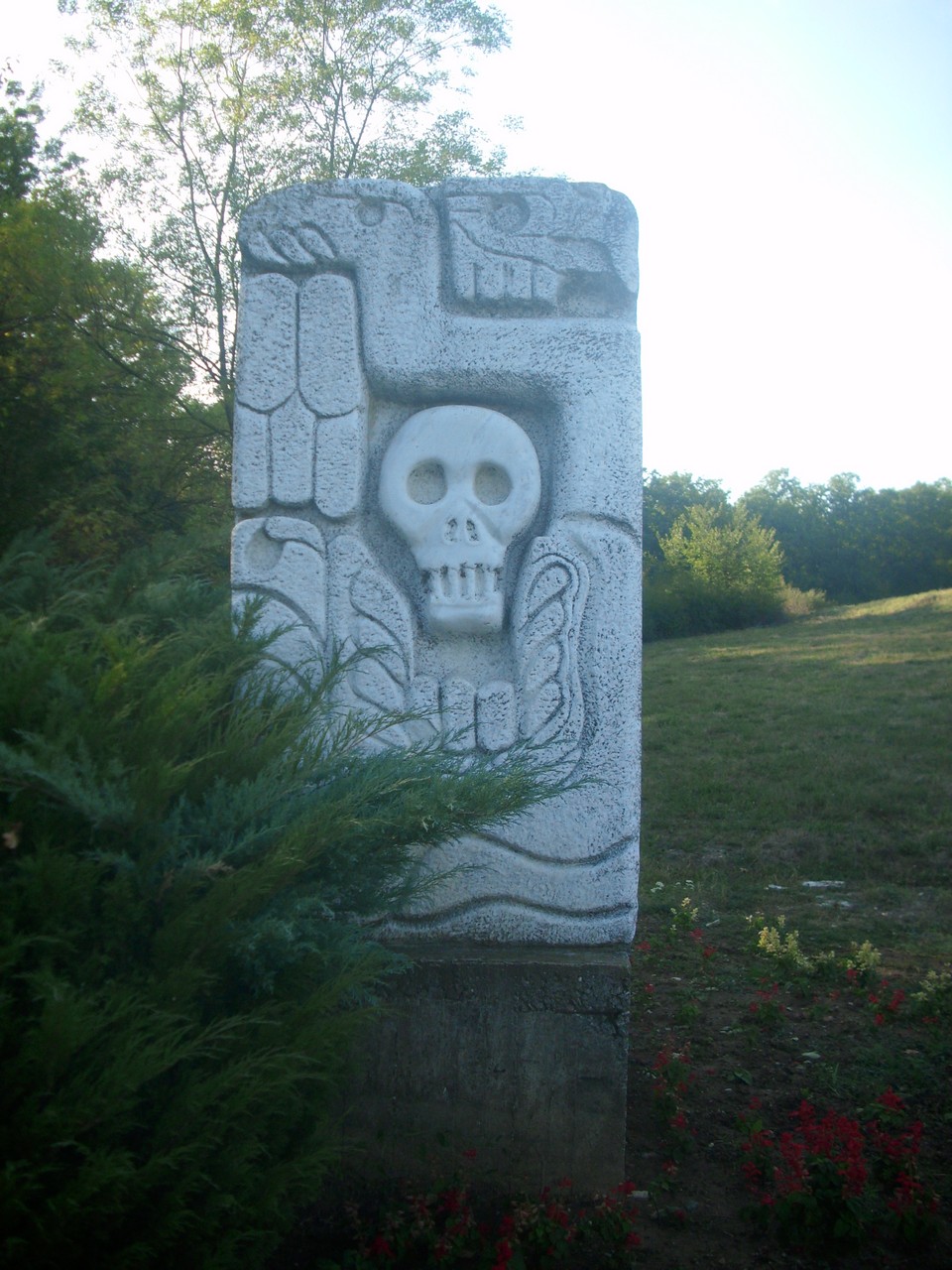 cc_Јованвб_CC-BY-SA-3.0
cc_Јованвб_CC-BY-SA-3.0
The Monument Against Evil
The monument was created by Mexican sculptor Miguel Romo in 1991. It was carved from a single block of marble in the artistic style of the Mayan people, but its theme is Christian.
The Monument to the Executed Serbs and Jews
The Monument was a gift from the Israeli city of Bat Yam and institutions from the Šumadija region in Serbia. It is located outside the memorial park near the grave of the Jews and Serbs who were executed on the 20th of October 1941. The monument was sculpted by Milorad...
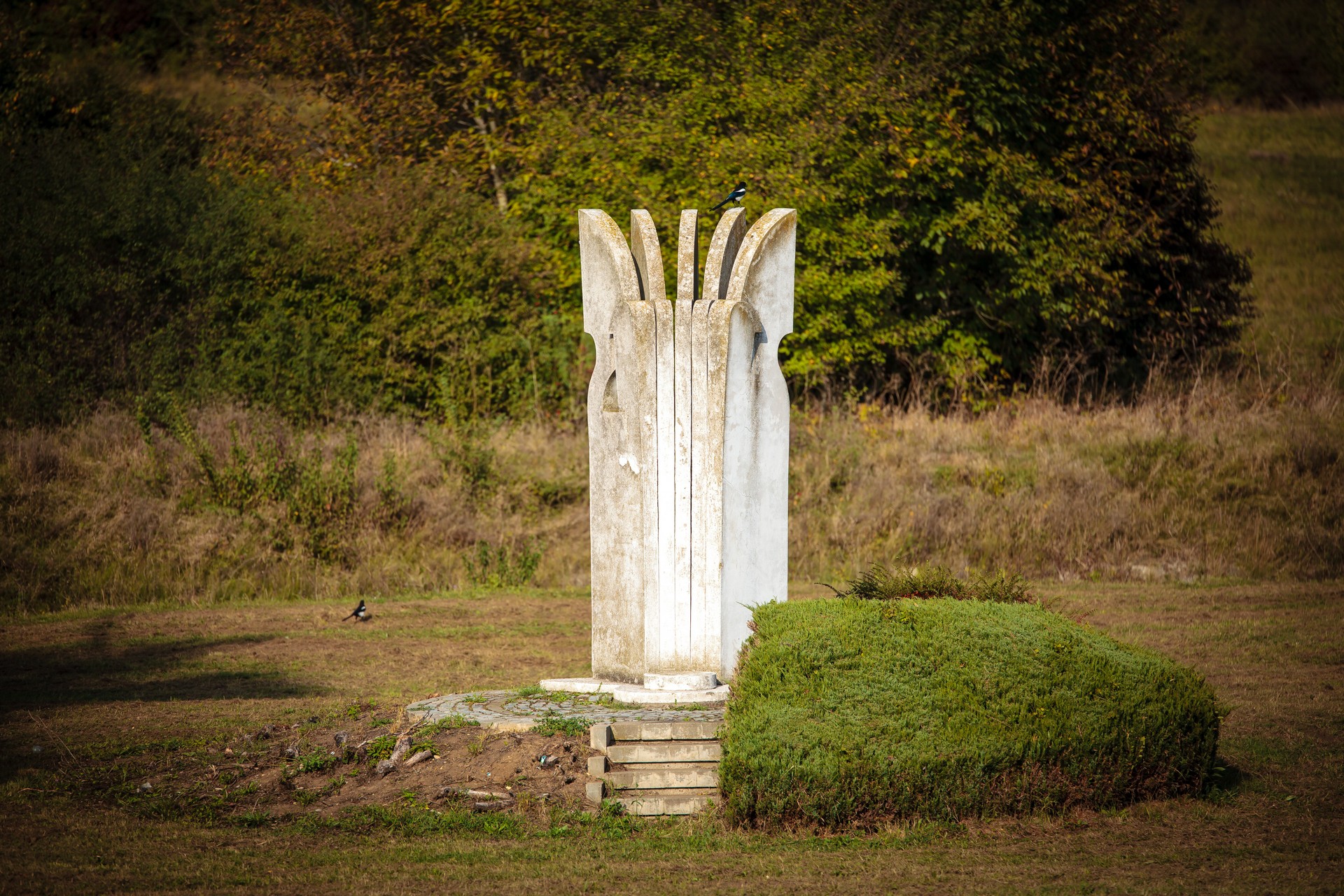 © Spomen Park Kragujevacki Oktobar
© Spomen Park Kragujevacki Oktobar
The Monument or Friendship
The Monument or Friendship, a gift from the Romanian city of Pitești, is shaped like an open book, whose pages transform into the number 21 when viewed from the correct angle. It was created by Romanian architect Anton Stojku in 1994.
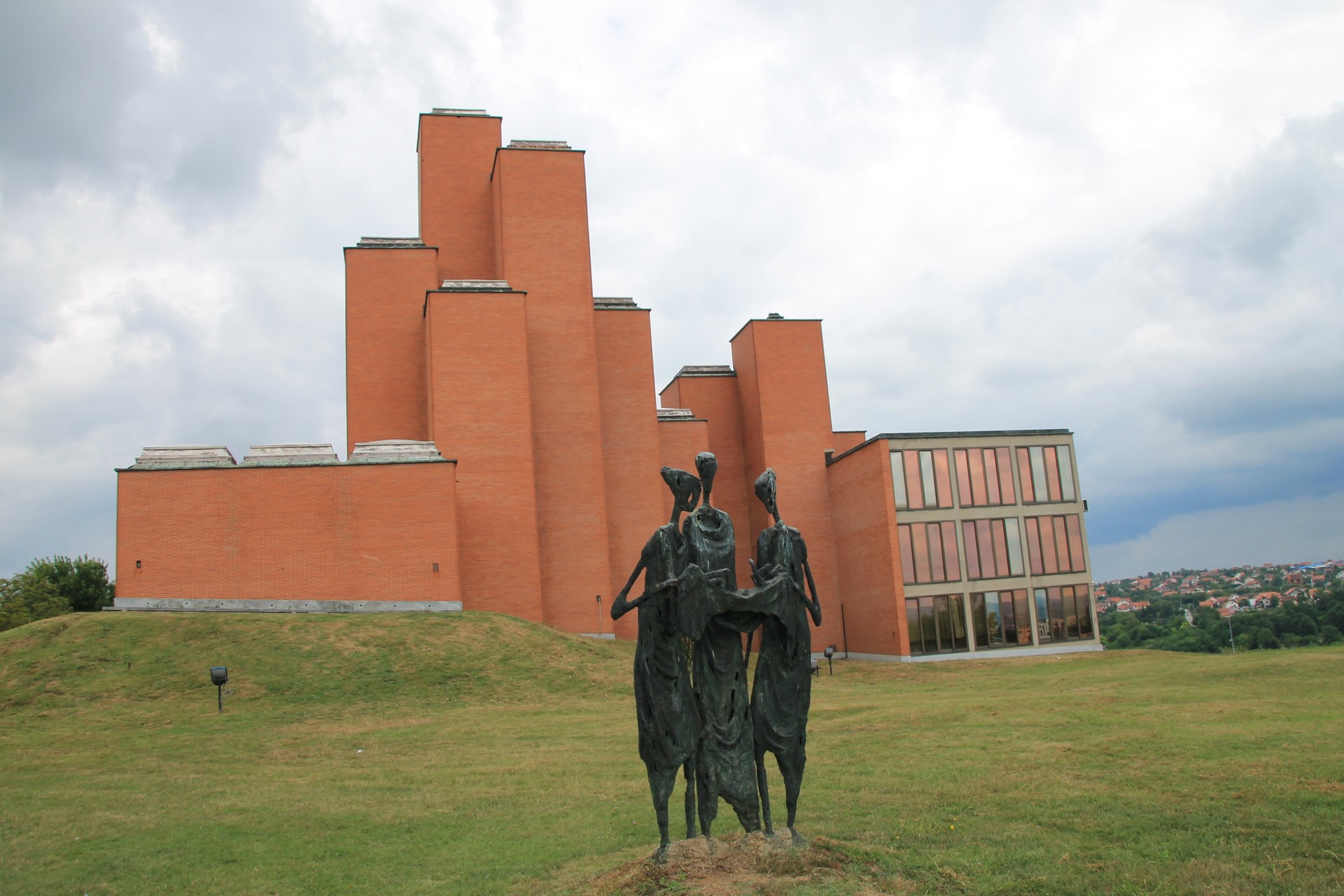 cc_Ванилица_CC-BY-SA-4.0
cc_Ванилица_CC-BY-SA-4.0
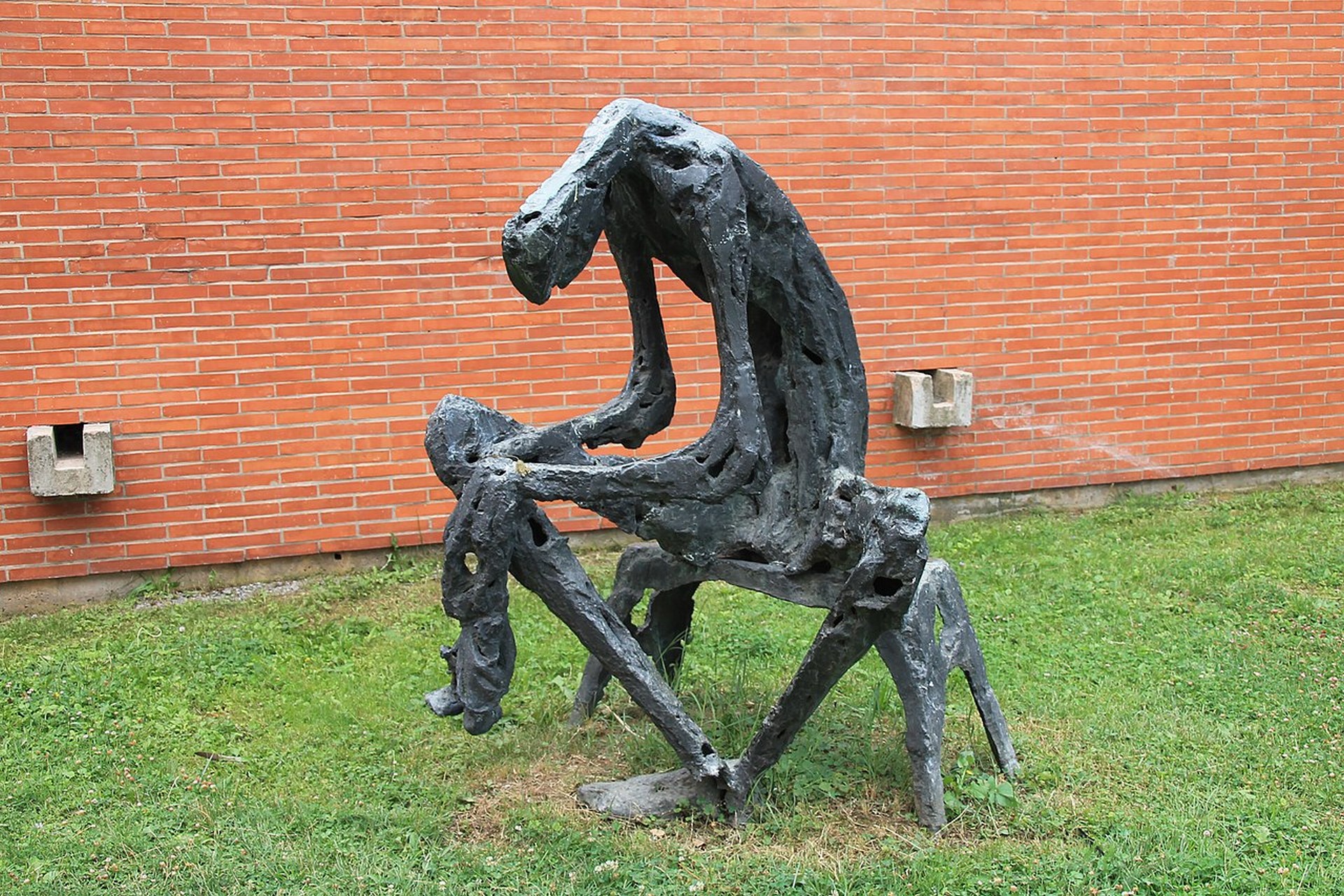 cc_Ванилица_CC-BY-SA-4.0
cc_Ванилица_CC-BY-SA-4.0
The Sculptures “Man Without Illusions” and “Judges”
Within the memorial park, there are two sculptures that were gifts from the great Serbian sculptor Jovan Soldatović in 1979. One of these sculptures, entitled Man Without Illusions, is located on the lawn to the left of the entrance to the museum. The other sculpture, entitled Judges, is at the...
The Chapel Dedicated to the New Martyrs of Kragujevac
Within the memorial park there is a Serbian-Byzantine-style chapel dedicated to the new martyrs of Kragujevac. It was designed by architect Ljubica Bošnjak. The foundations of this chapel were consecrated on the 14th of May 2002 by His Holiness the Serbian Patriarch Pavle and the Patriarch of Africa, Peter VII.
More About Milena
Milena Pavlović Barilli’s distinctive artistic expression influenced the European avant-garde movement of the 1930s. The painter was born in her mother’s family home in Požarevac on November 5, 1909. Her strong artistic creativity was reflected in her diverse interests, which ranged from drawings, graphics, watercolours, and pastel paintings to tempera...
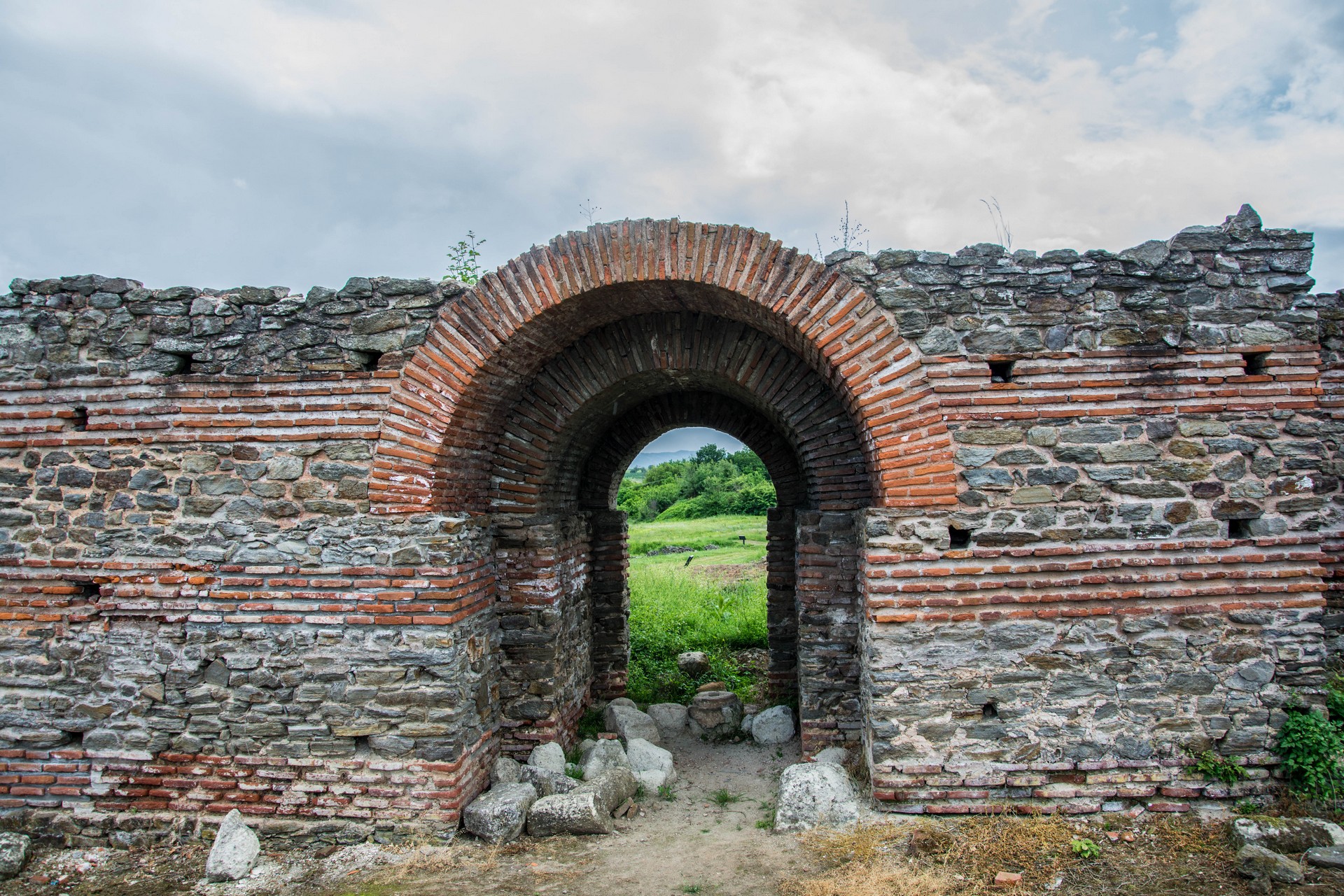
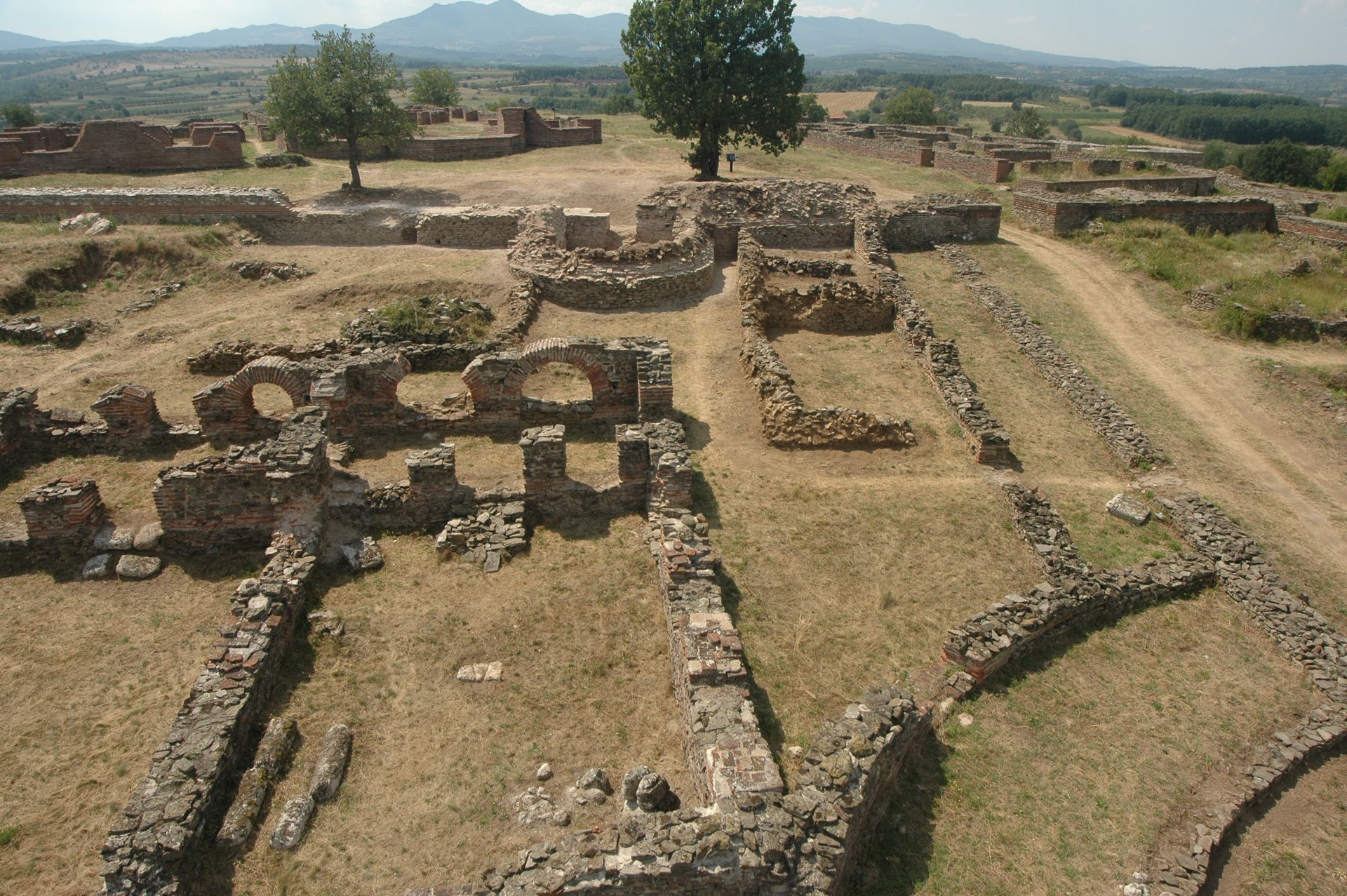
Justiniana Prima – Introduction
The archaeological site of Justiniana Prima is located on the slopes of the Radan mountain near Lebane. The remains of one of the largest and most important late-Roman cities within the Balkan interior were discovered at this site. The site’s material findings indicate that this city was built in the...
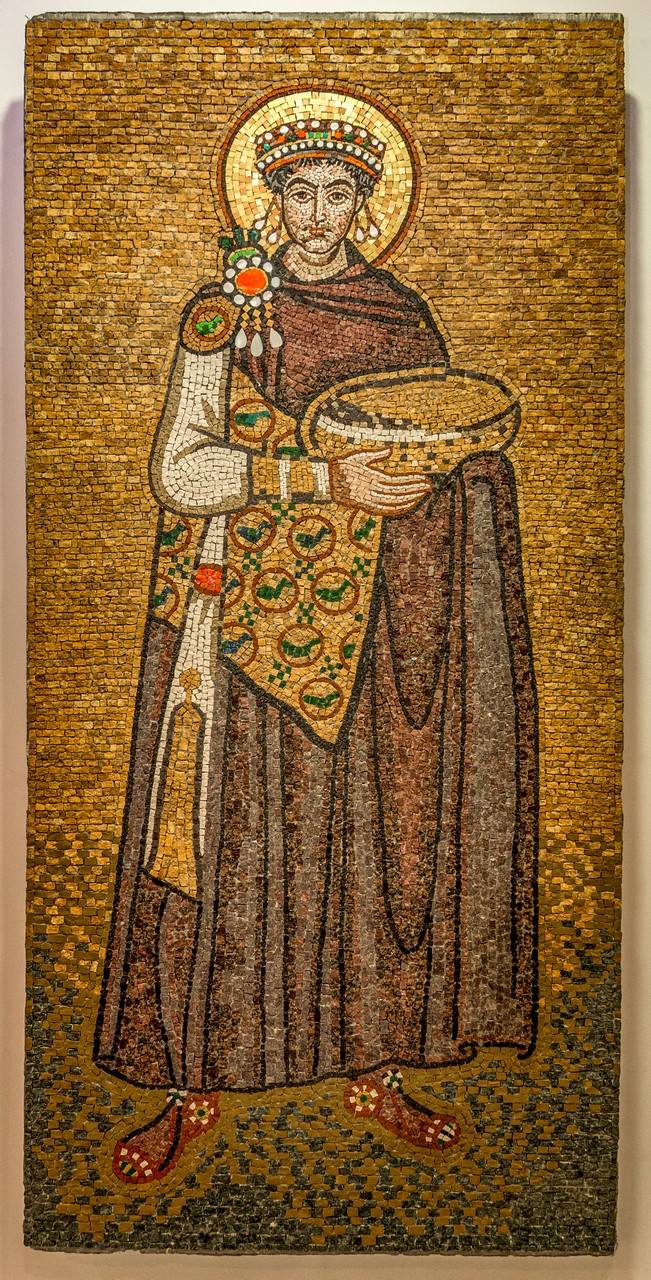
Justiniana Prima – Justinian’s story
Justinian I was the first Roman emperor born on the territory of Serbia. He was born in about 480 in the village of Tauresium. He reformed Roman laws and enacted a series of laws known today as the Roman Law. He built and renovated several hundred cities and forts, amongst...
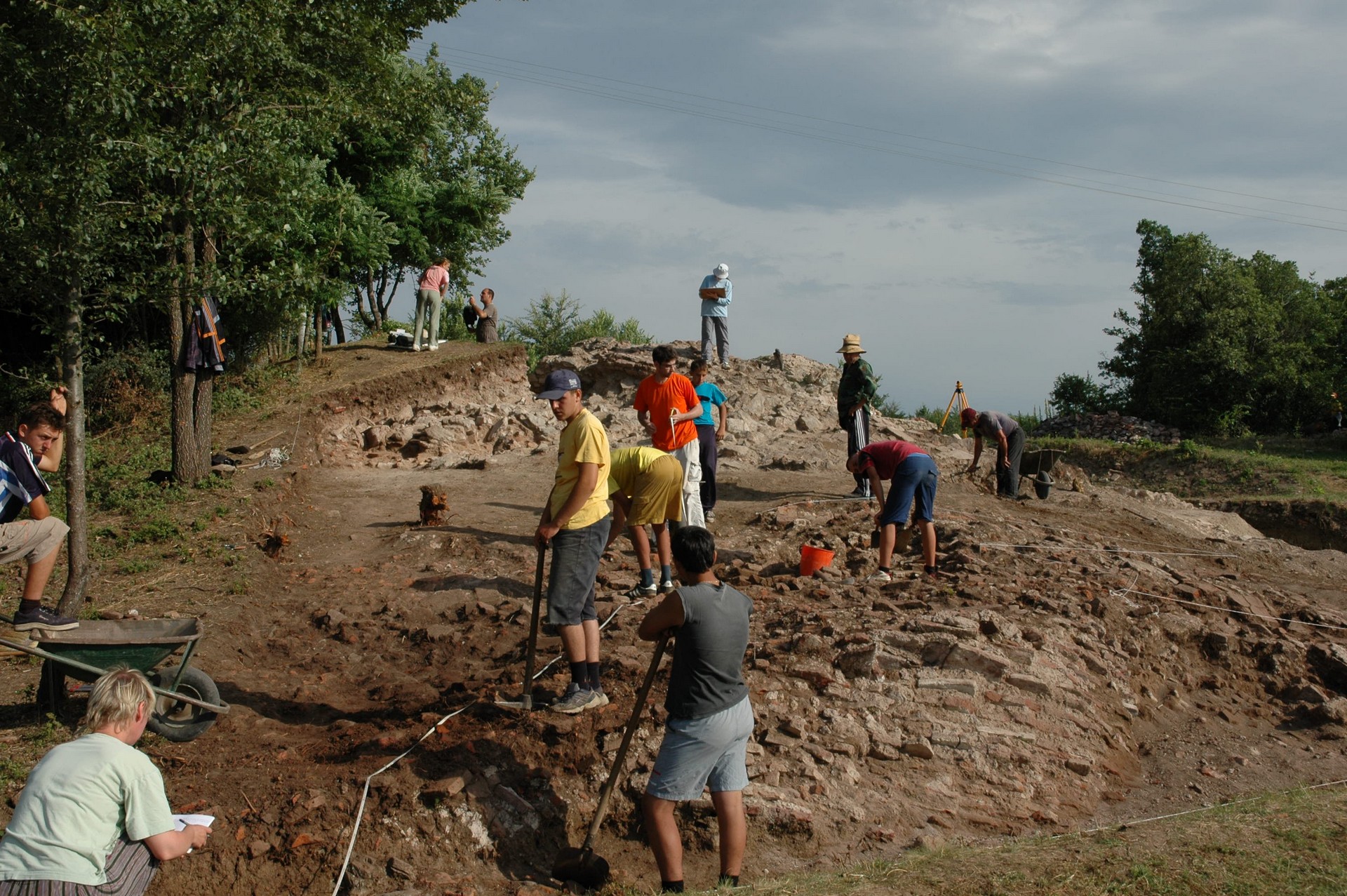
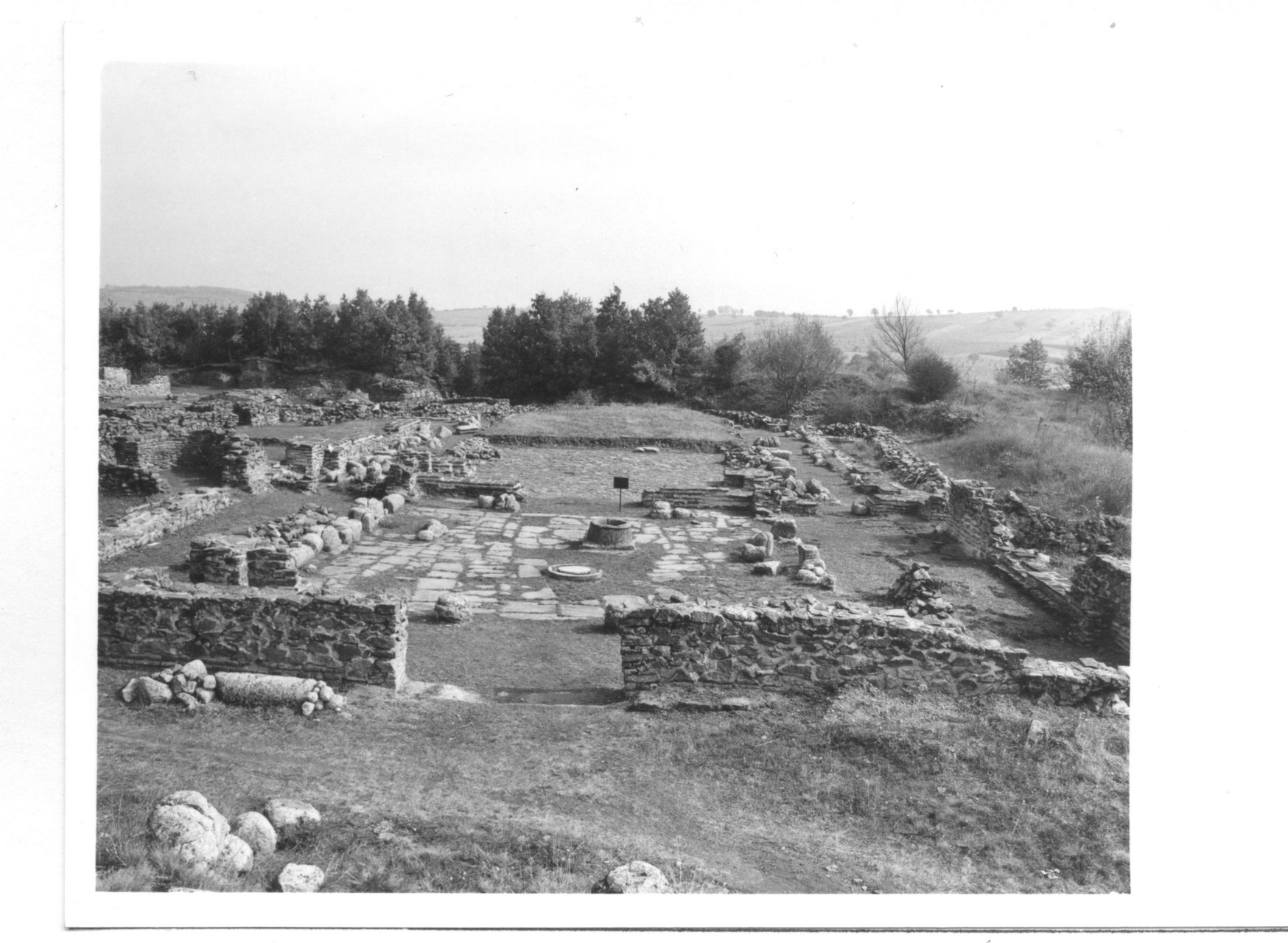

Justiniana Prima – The history of its excavation
The first descriptions of the ruin of Justiniana Prima were made by Mita Rakić in 1880 in the newspaper “Homeland”. The excavation of Justiniana Prima began in 1912 under the supervision of the archeologist Vladimir Petković. Owing to the fact that it hadn’t been settled on again after being abandoned,...
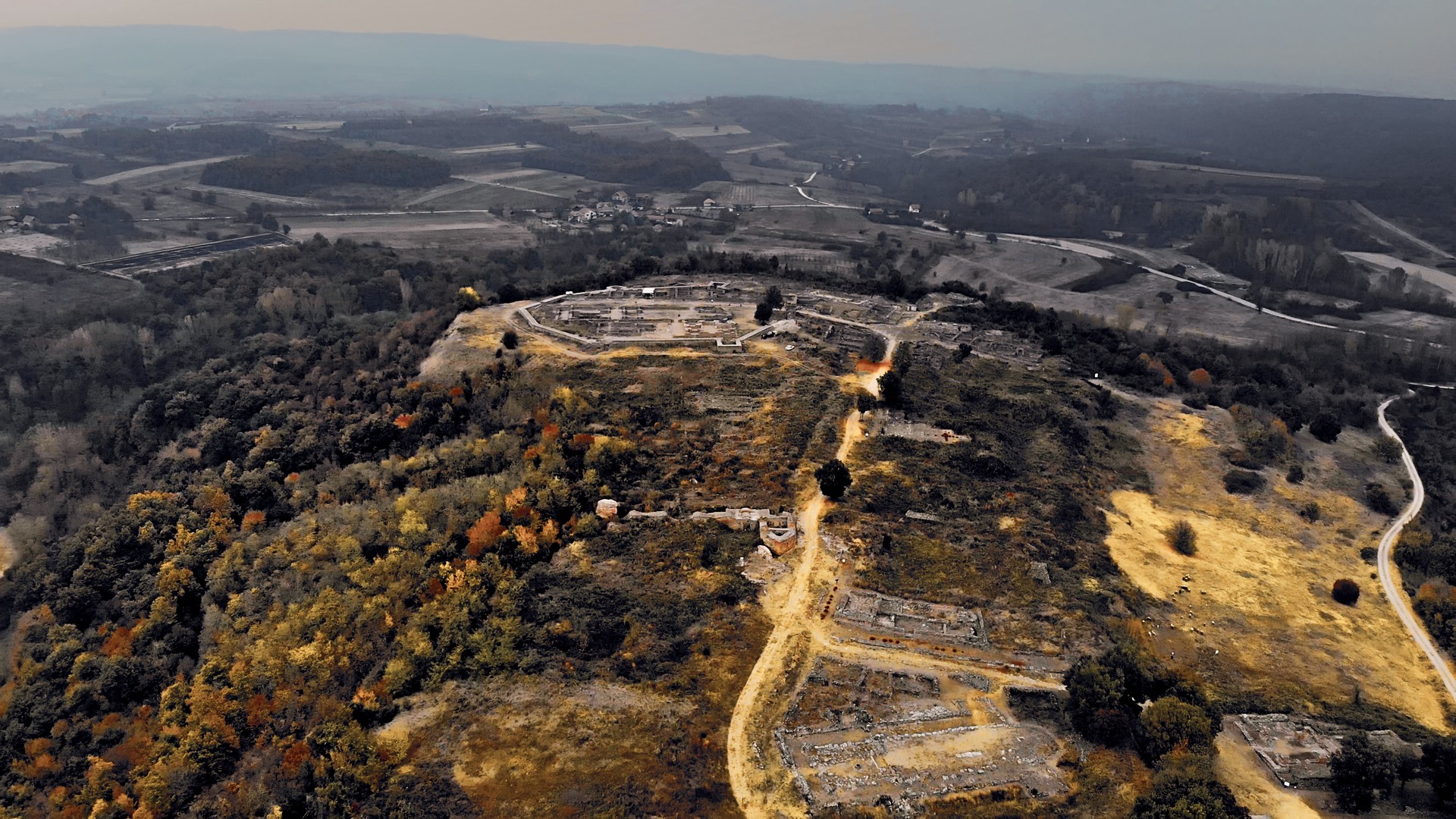
Justiniana Prima – The plan of the city
The settlement of Justiniana Prima was built on a raised and elongated plateau between two rivers, the Svinjarica river in the West and the Justinian river in the East. The fortress was divided into three parts: the Acropolis, the Upper and Lower city. Each part was surrounded by ramparts with...
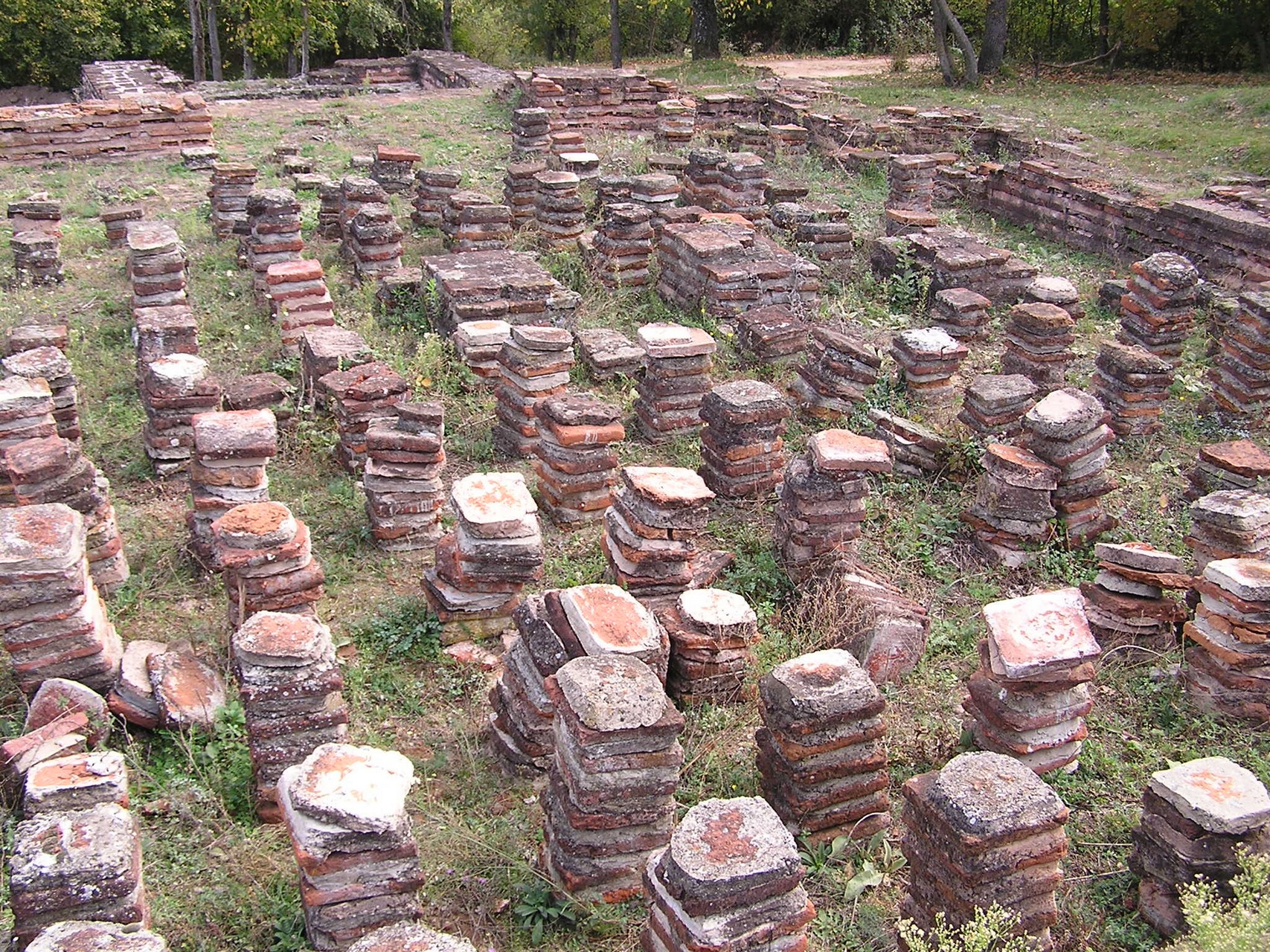 OLYMPUS DIGITAL CAMERA
OLYMPUS DIGITAL CAMERA
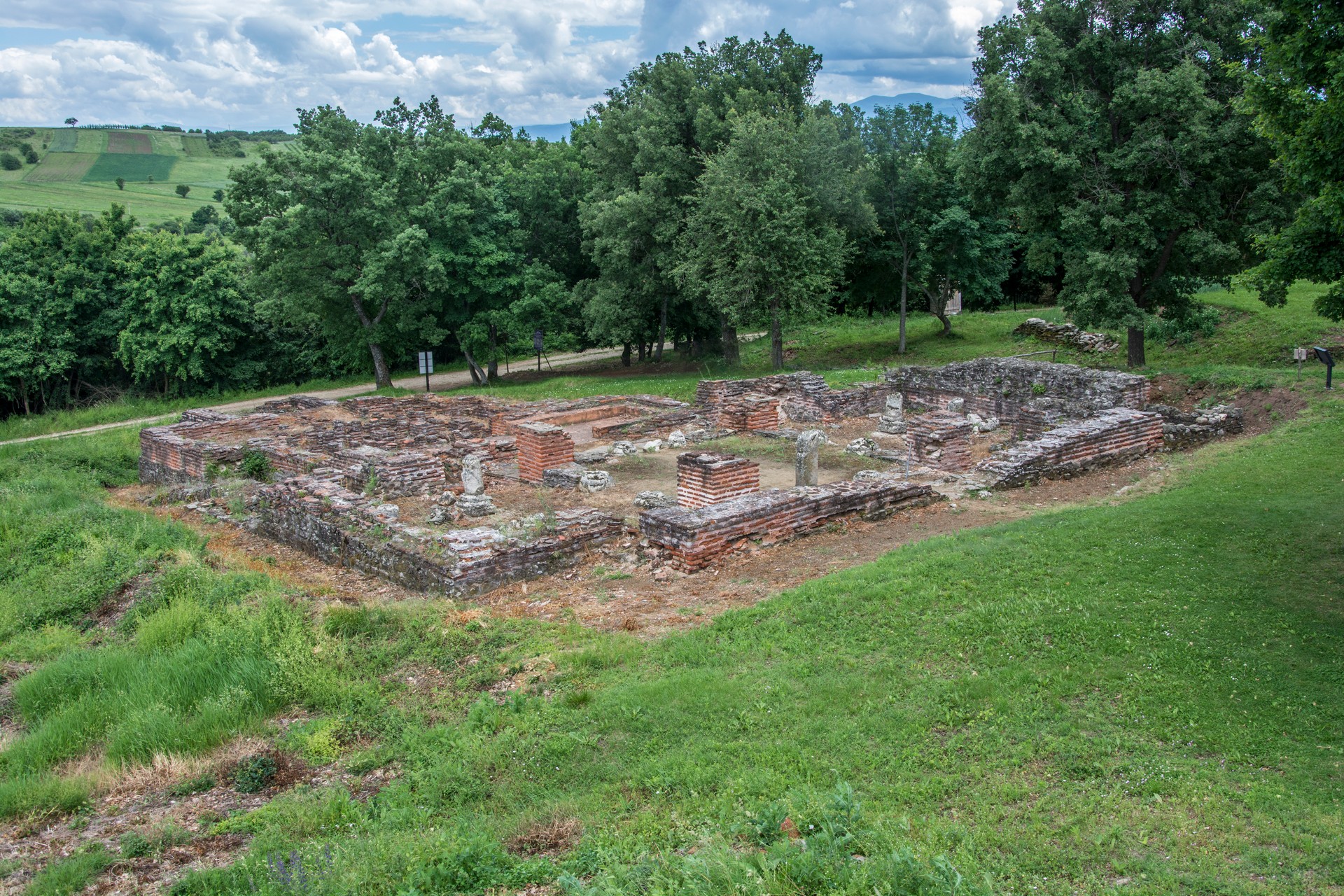
Justiniana Prima – Roman bath – Thermae (Spa)
Thermae (spa) are public baths in the Roman empire. In addition to their basic function as baths, social life plays out in the Thermae. Thermae in the Justiniana Prima have three parts, a changing room and rooms for cold and for hot bathing.
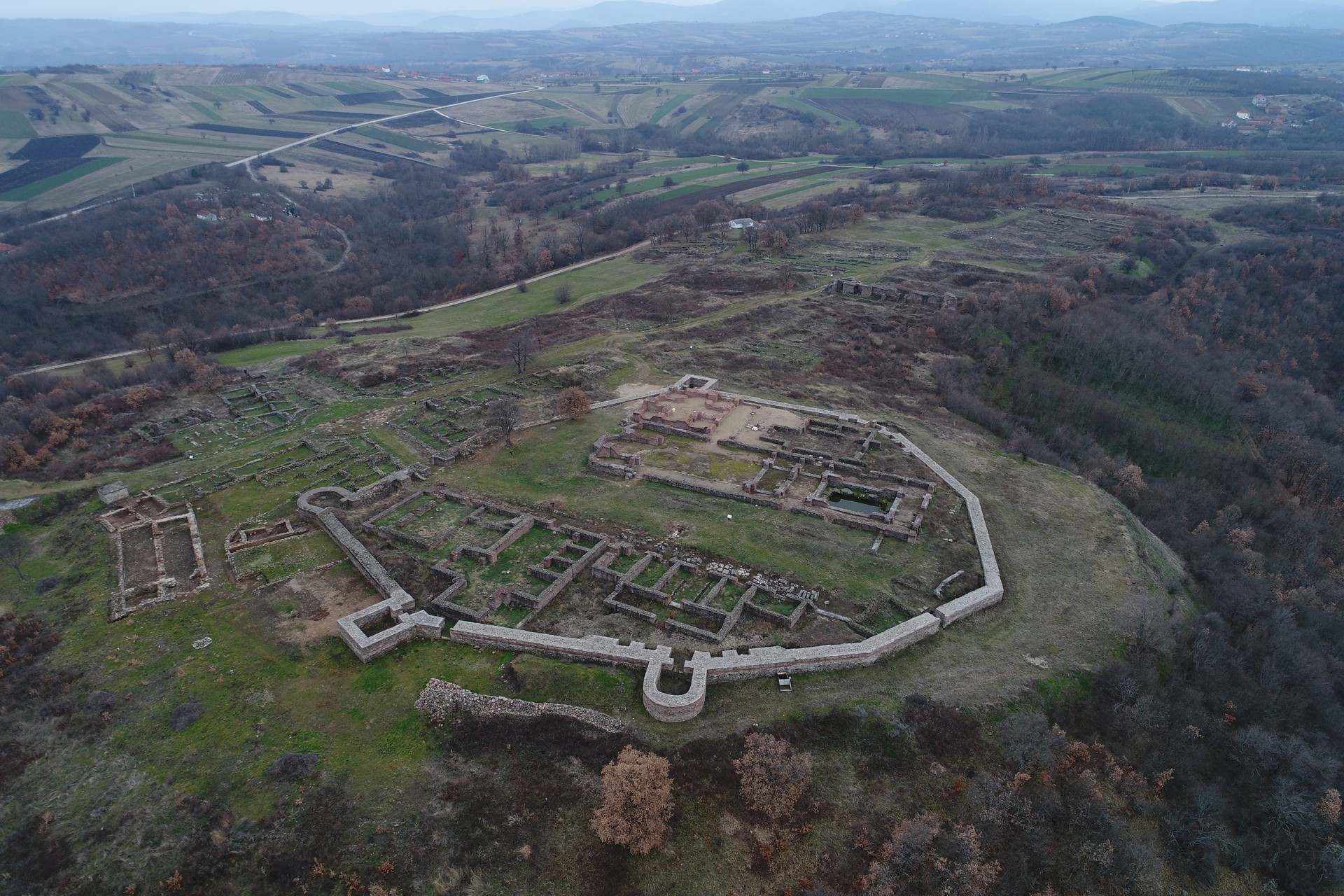 DCIM102MEDIADJI_0057.JPG
DCIM102MEDIADJI_0057.JPG
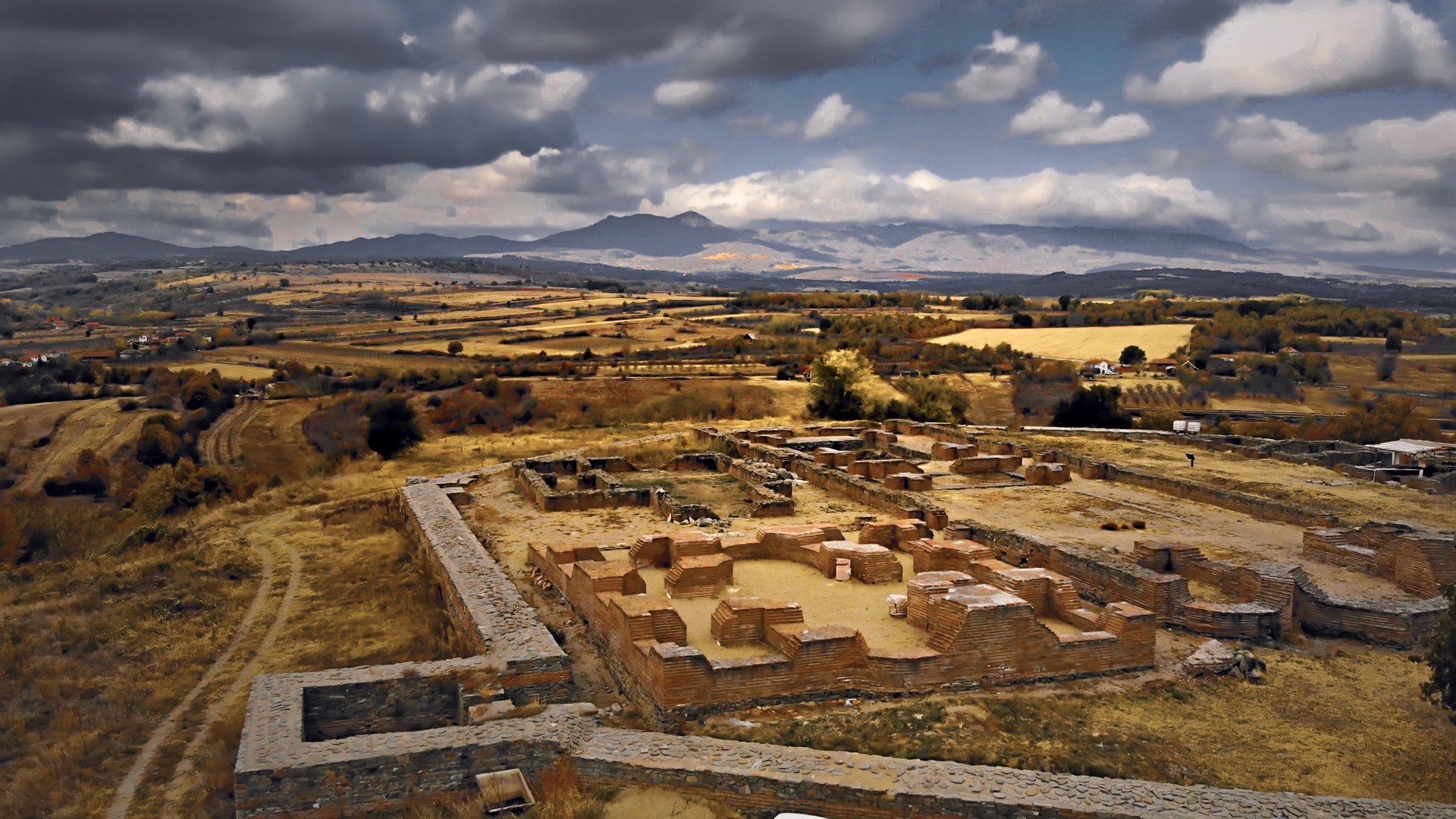
Justiniana Prima– Acropolis
The acropolis is a part of the city enclosed by ramparts with a horse-shoe-shaped and rectangular watchtower. In Justiniana Prima the Acropolis represents the highest point of the city. The acropolis was purpose-built as the seat of the church authorities. In the Acropolis were found the remains of great religious...
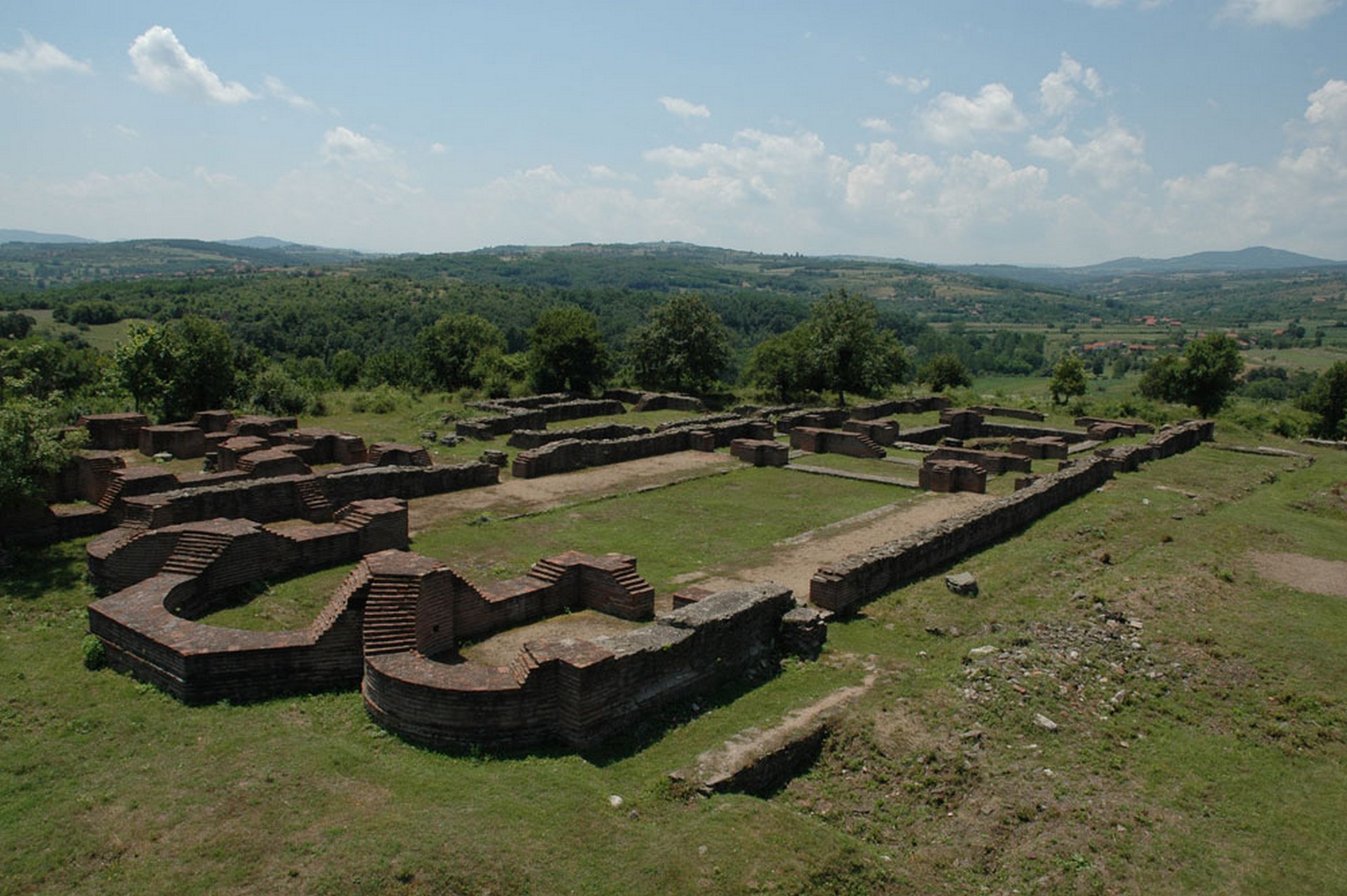
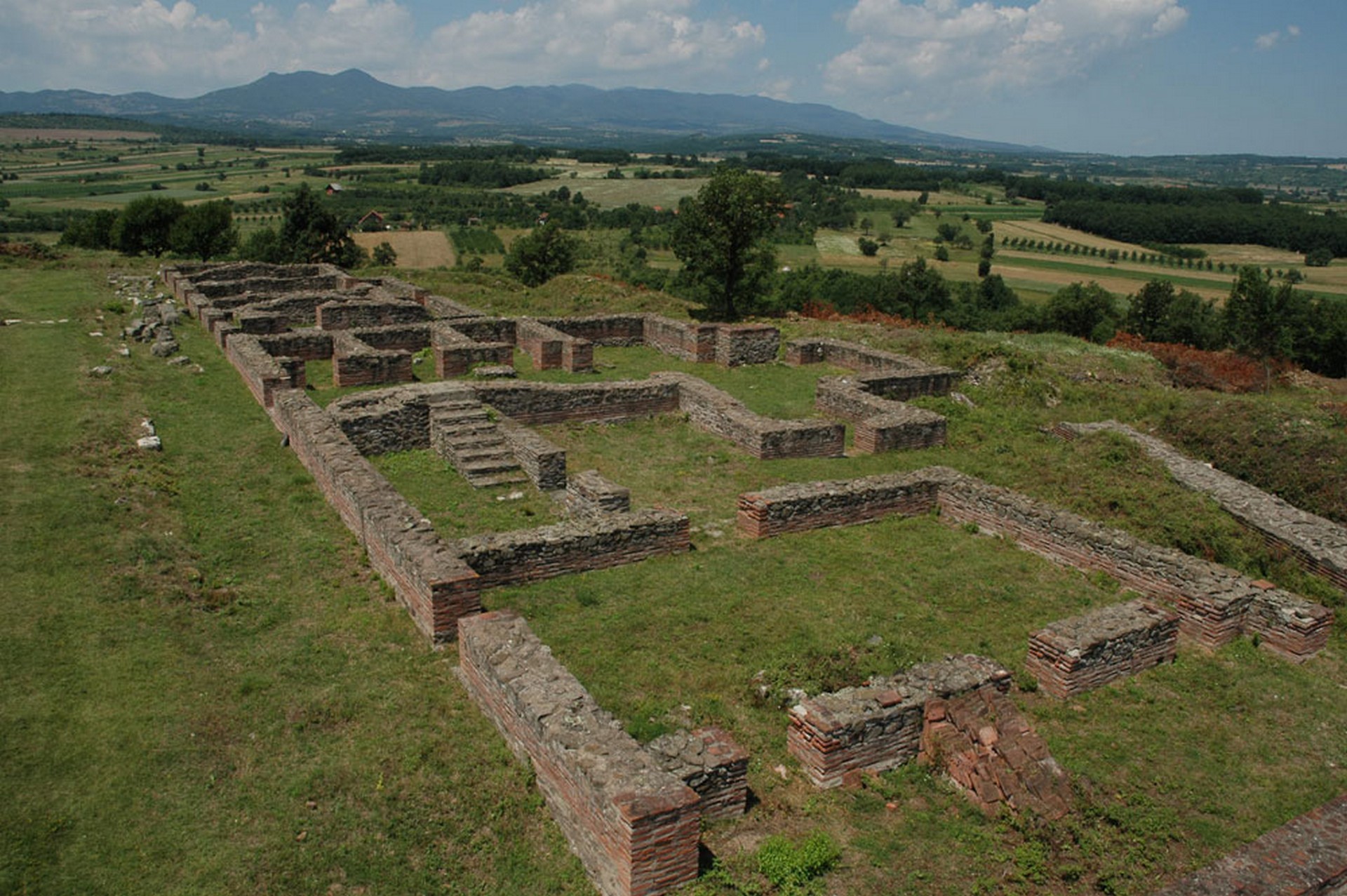
Justiniana Prima– Episcopal basilica
The episcopal basilica is the biggest church in Justiniana Prima. It was built inside the Acropolis. The episcopal basilica is a large three-nave church. To the south, is a large font attached to the porch.
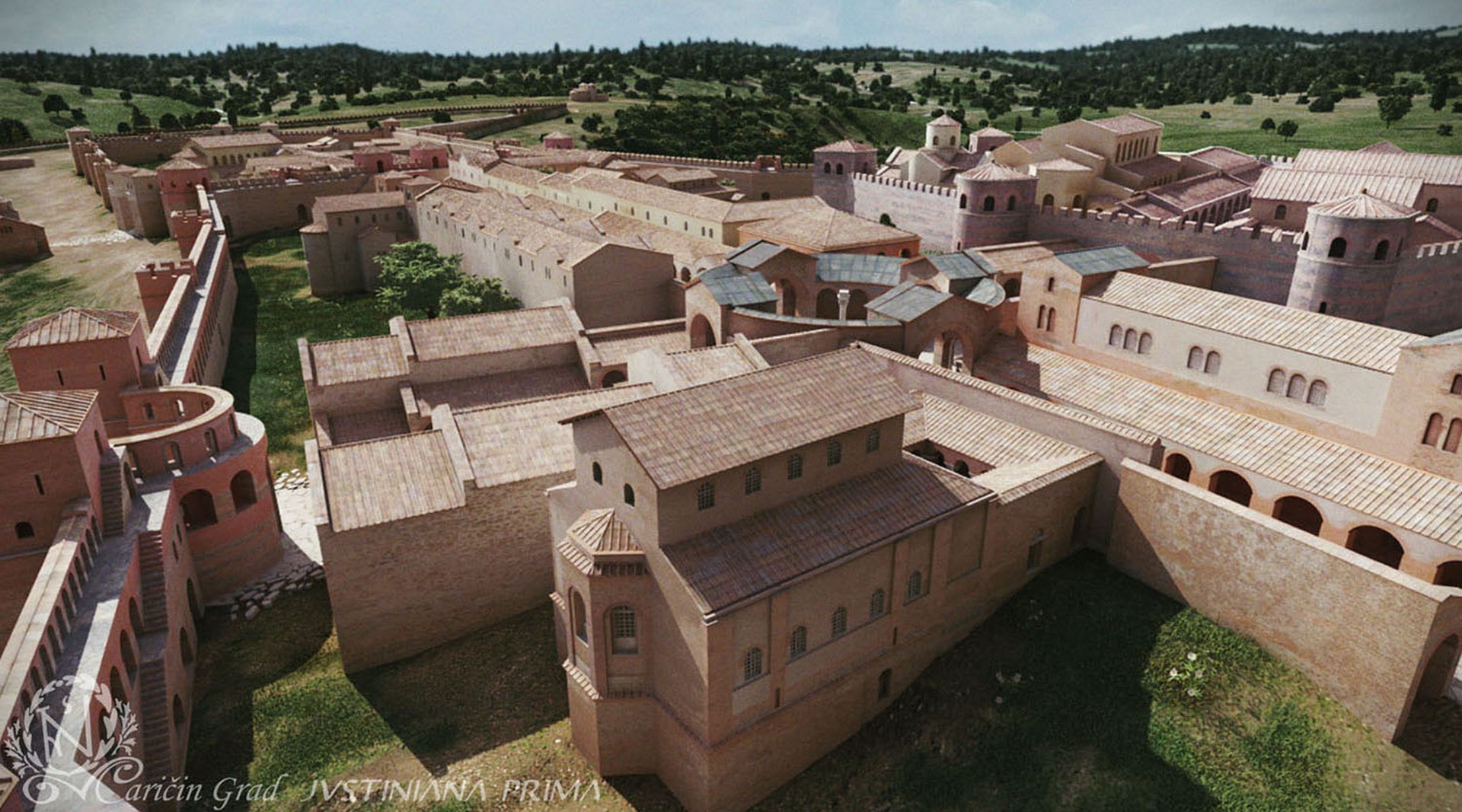
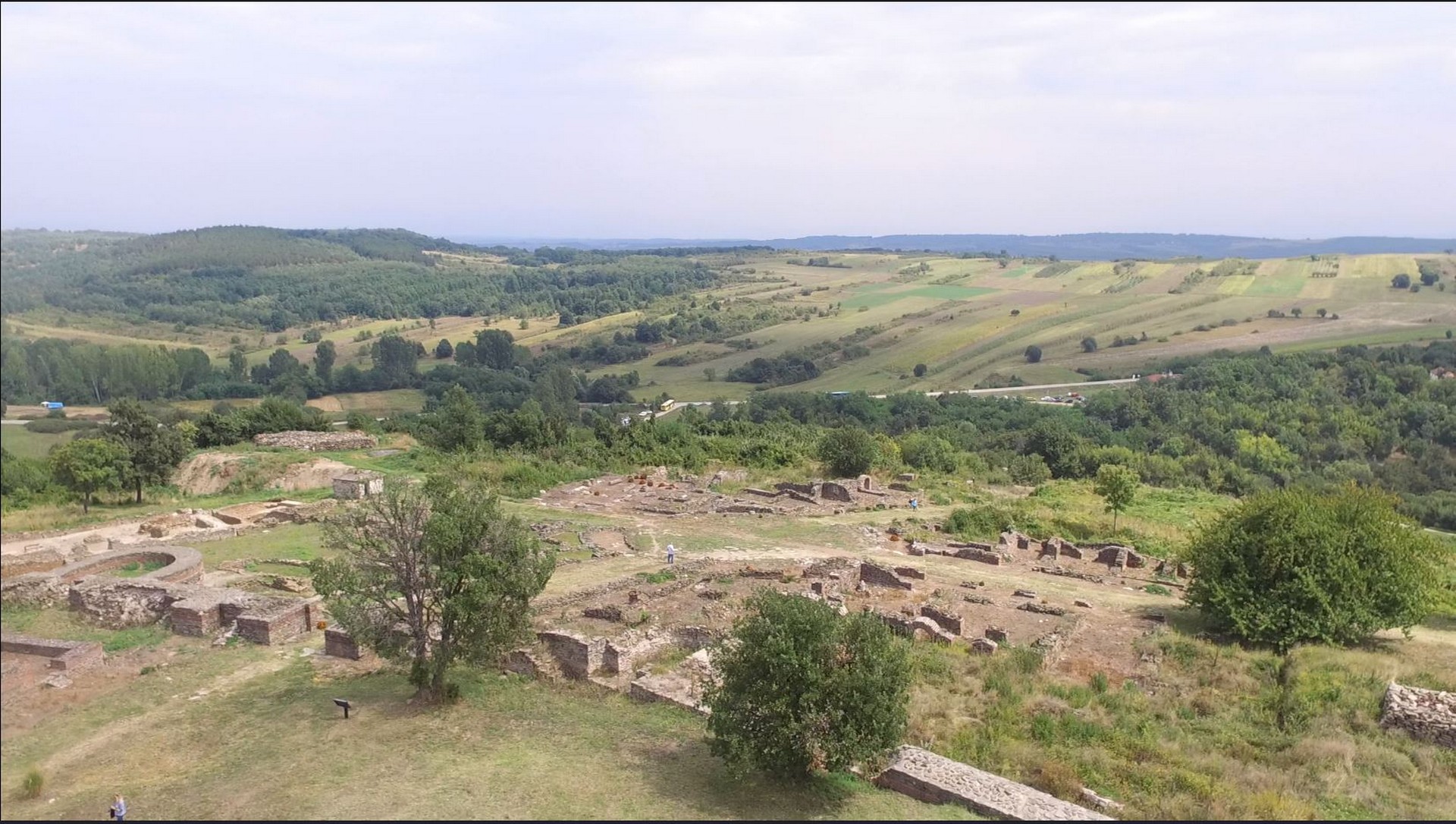
Justiniana Prima– The Circular Square
At the place where the city’s main streets intersect is the Circular square whose diameter is 22 meters. In the center of the Circular square a stone support is found on which once stood a statue of the emperor Justinian I, the founder of the city. Around the square are...
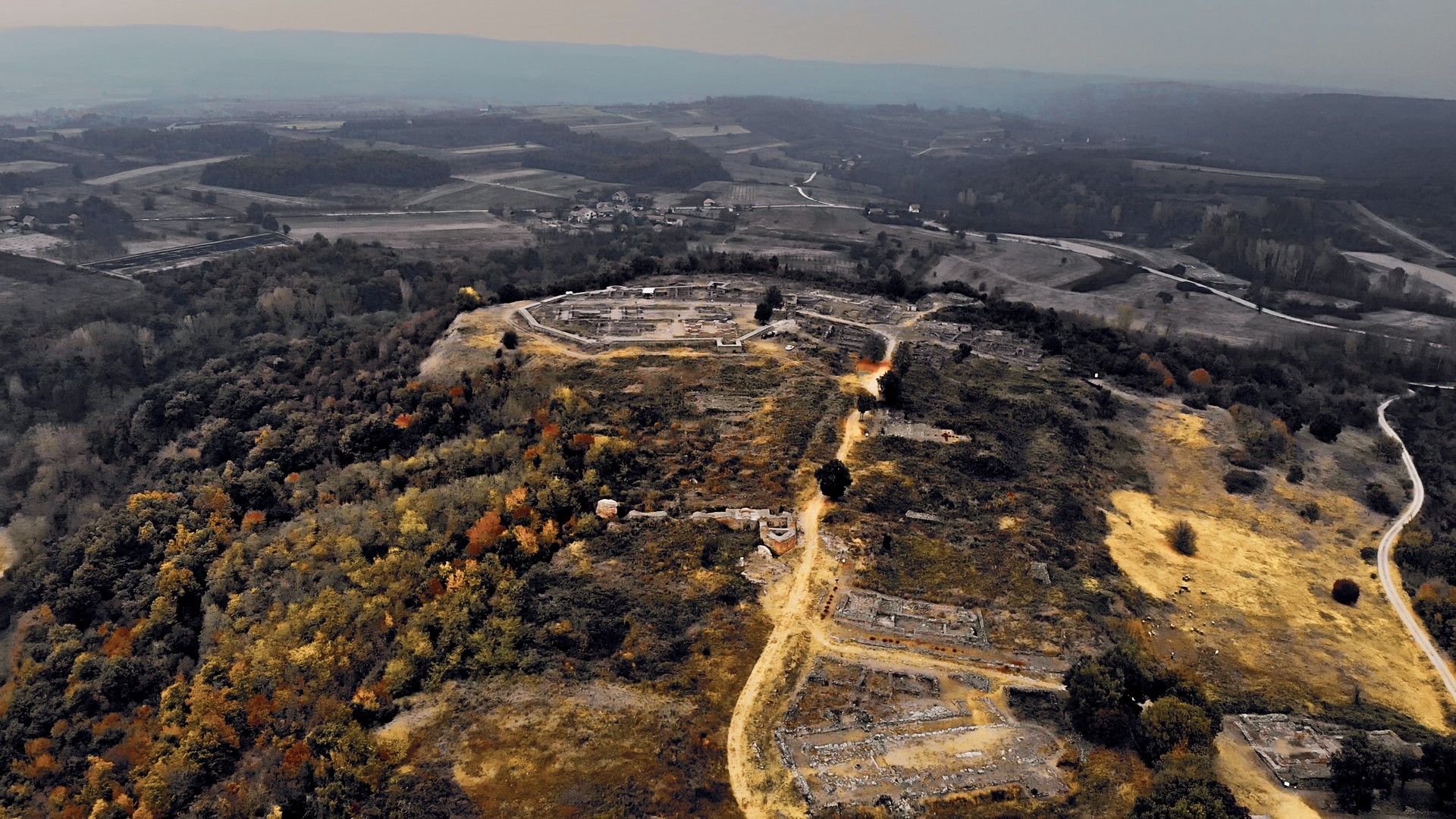
Justiniana Prima– Streets
The main streets run from north to south and east to west, and a circular-shaped square is formed at the place where they meet. The street footpaths are covered over with porches. The width of the road in the streets varies between 6 and 7 meters.
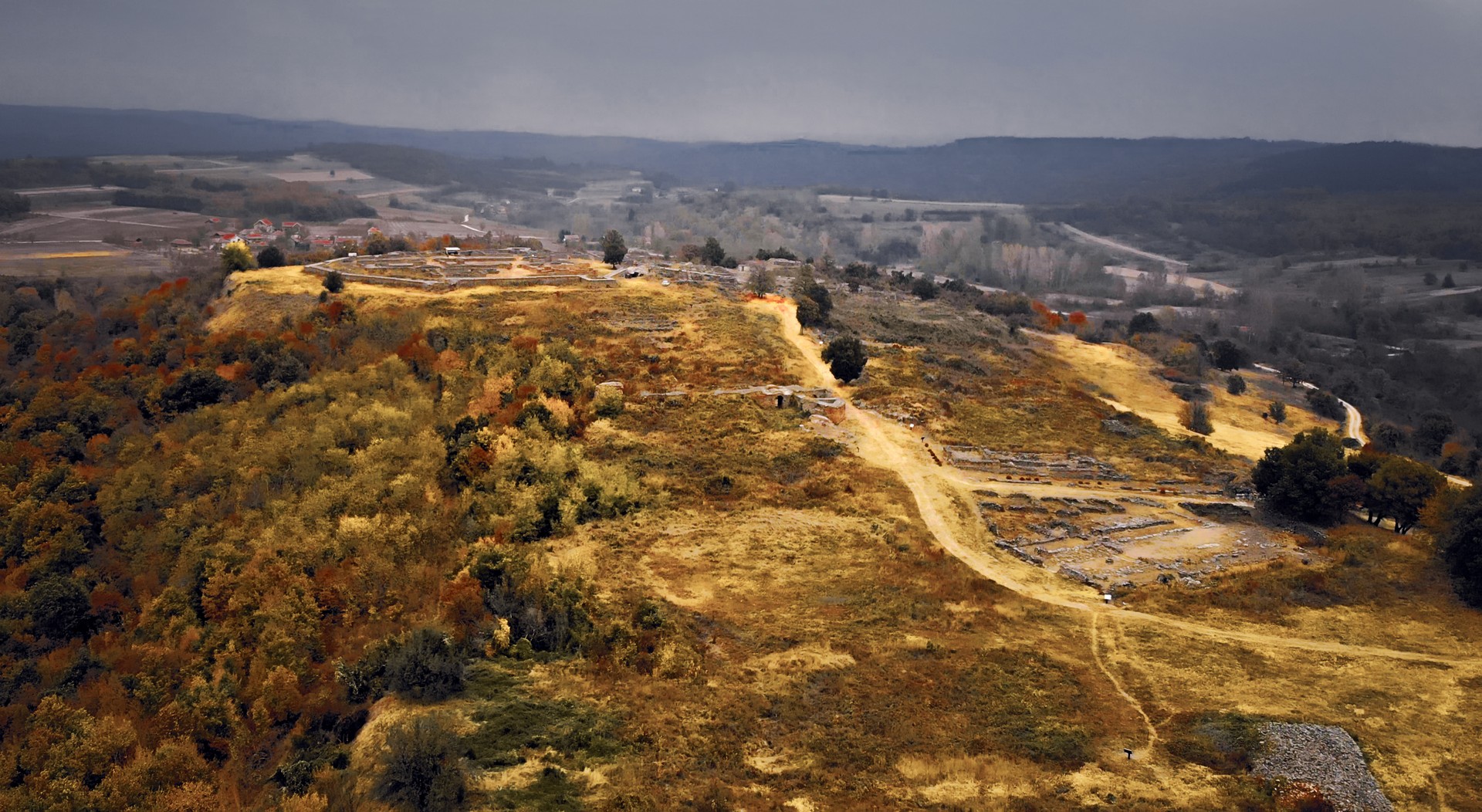
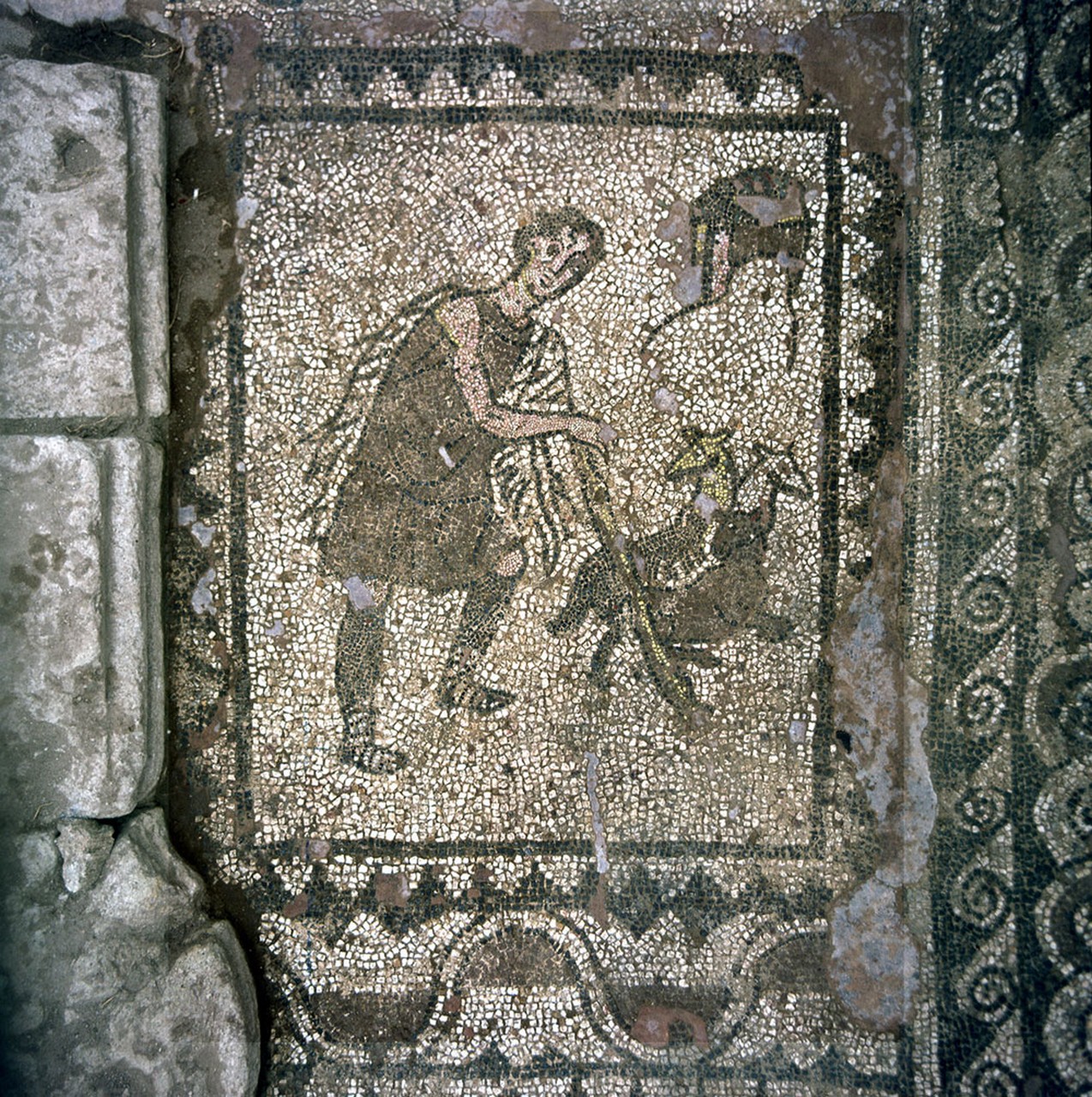
Justiniana Prima– The Basilica with a transept
The second church according to size and importance in Justiniana Prima is the Basilica with a transept located in the Lower city, along the main street. It is a three-nave church with a courtyard and vestibule. The church interior was richly decorated with wall-based mosaics and frescos.
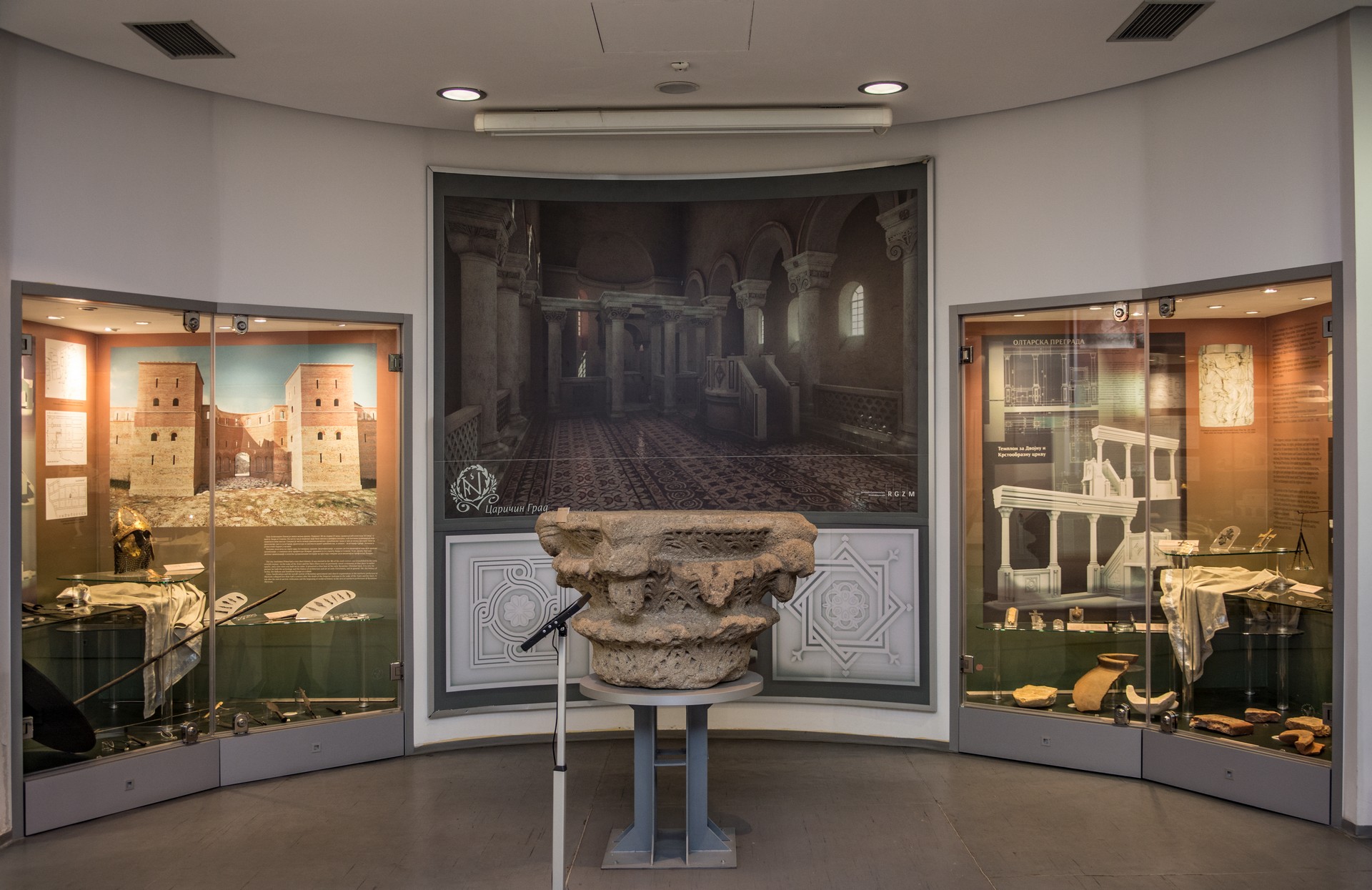
The National Museum of Leskovac – Introduction
The National Museum of Leskovac was founded in 1948 in the house of Bora Dimitrijević Piksla, today the city hall. During the sixties and at the beginning of the seventies, a modern museum building was constructed in the very center of Leskovac to which the objects were transferred from the...
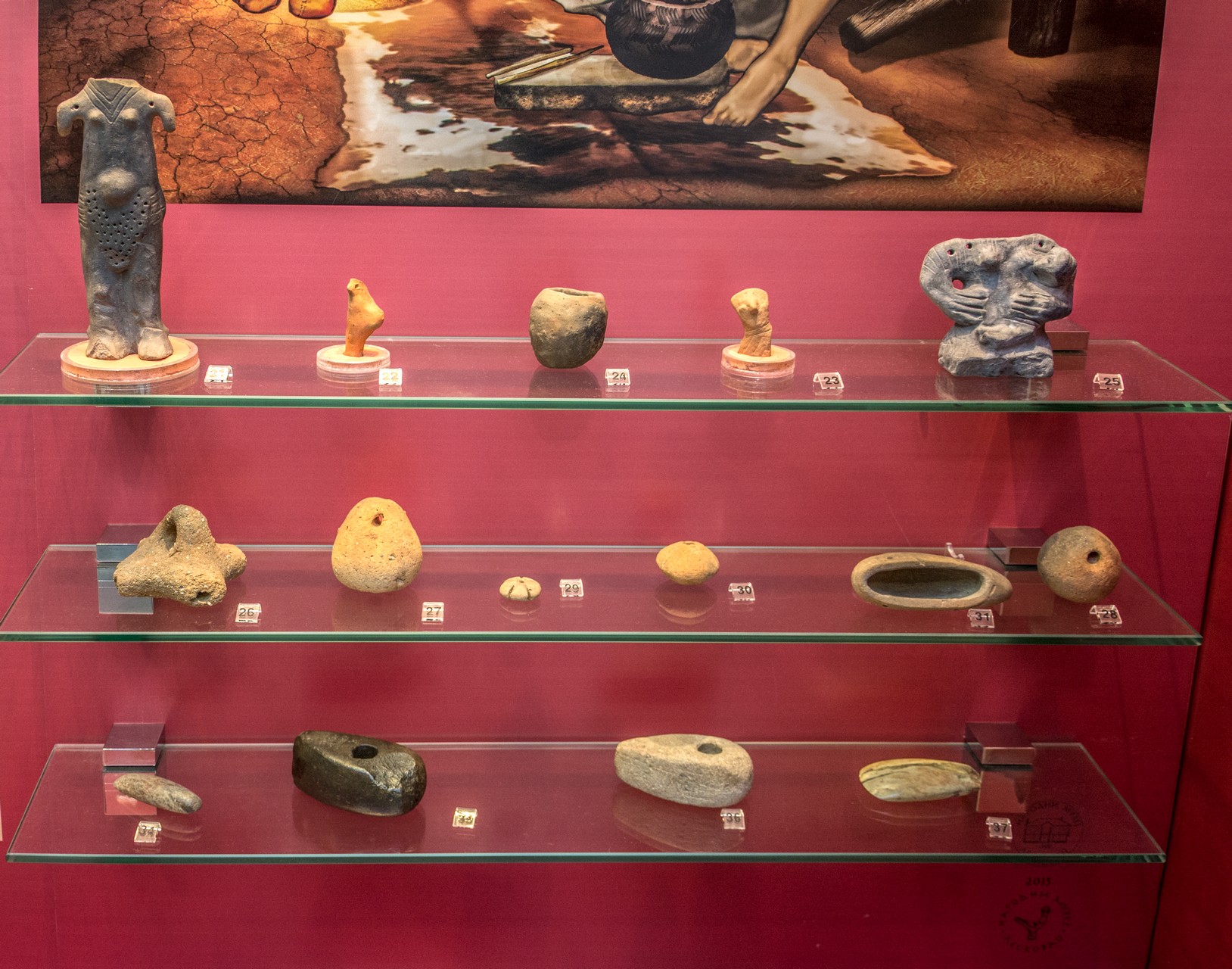
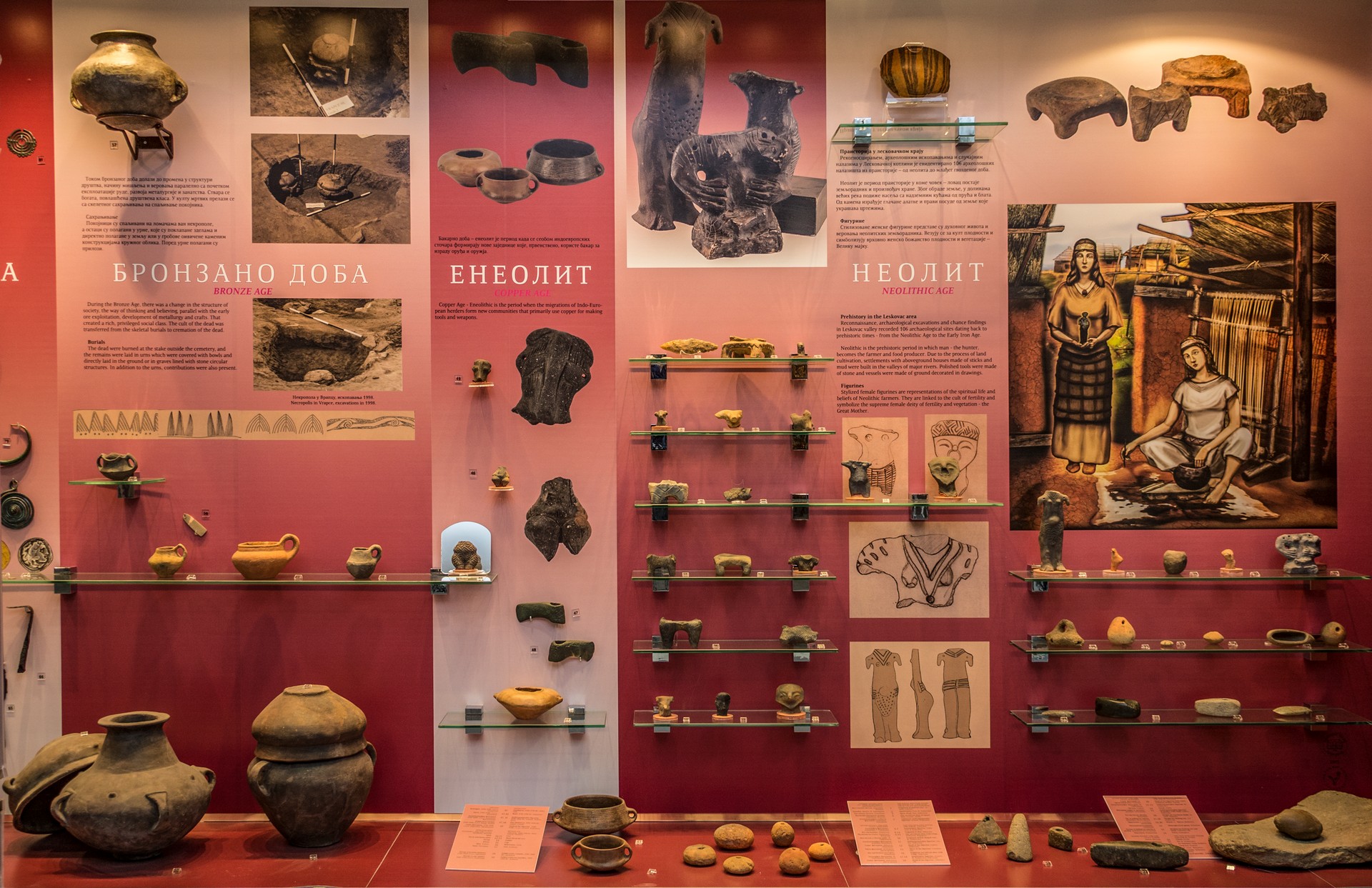
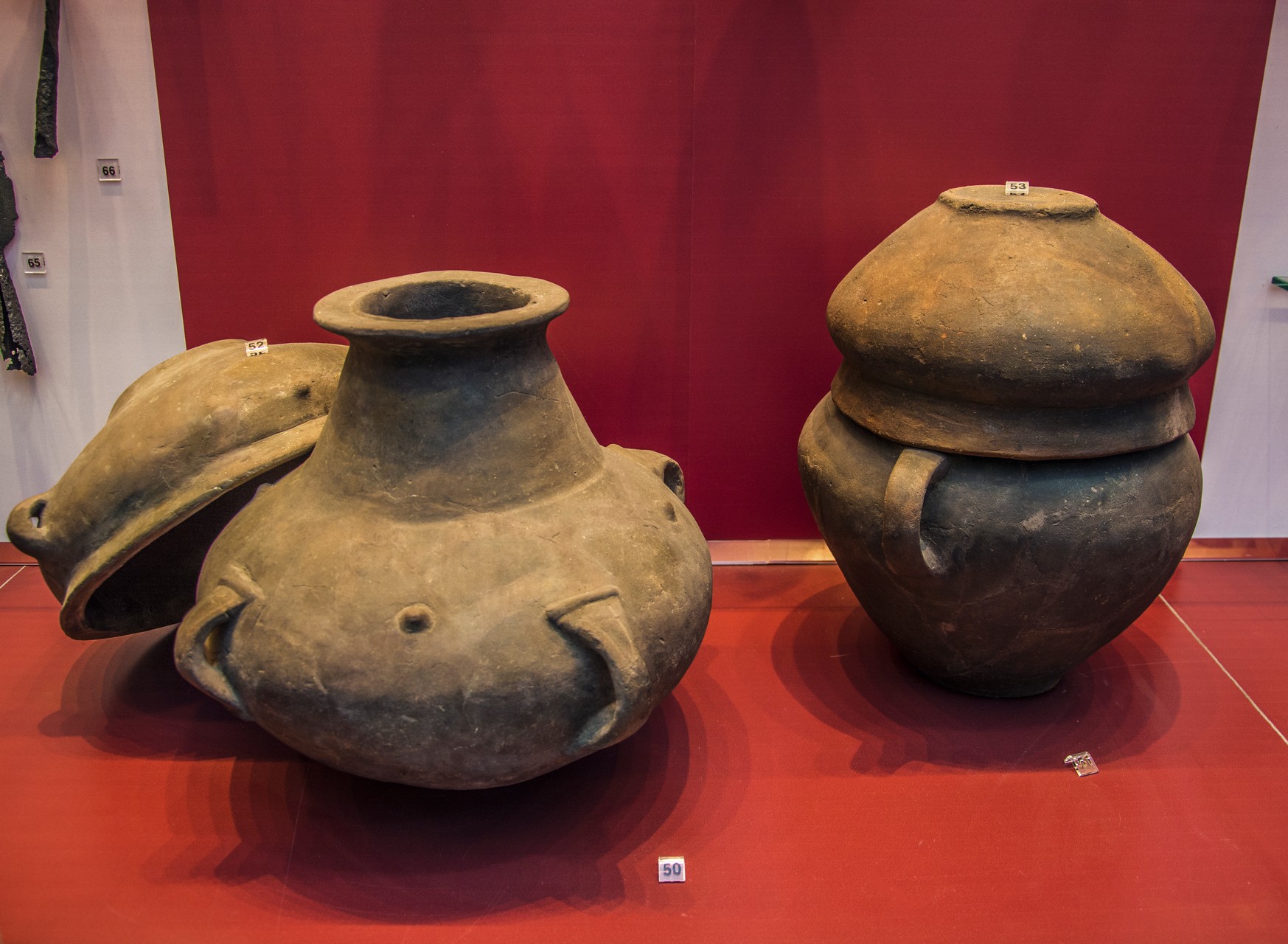
The National museum of Leskovac – Prehistory
106 archaeological findings from prehistoric period are registered on the territory of Leskovac. The first settlement in the Leskovac region dates from the period of the Neolithic or New Stone Age, 6500 BC and belonged to the Starčevo and Vinča cultures. The Metal Age in the Leskovac valley is demarcated...
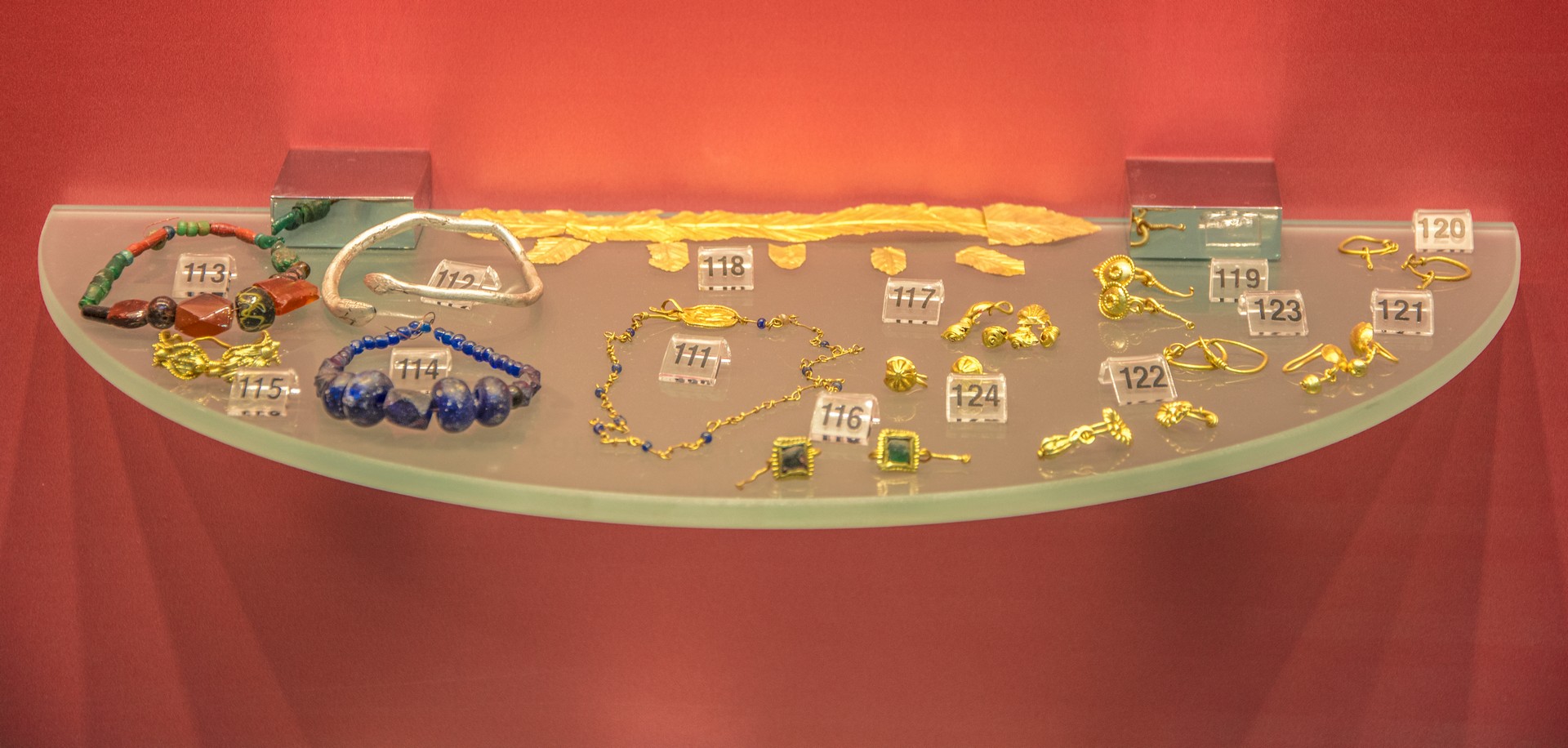
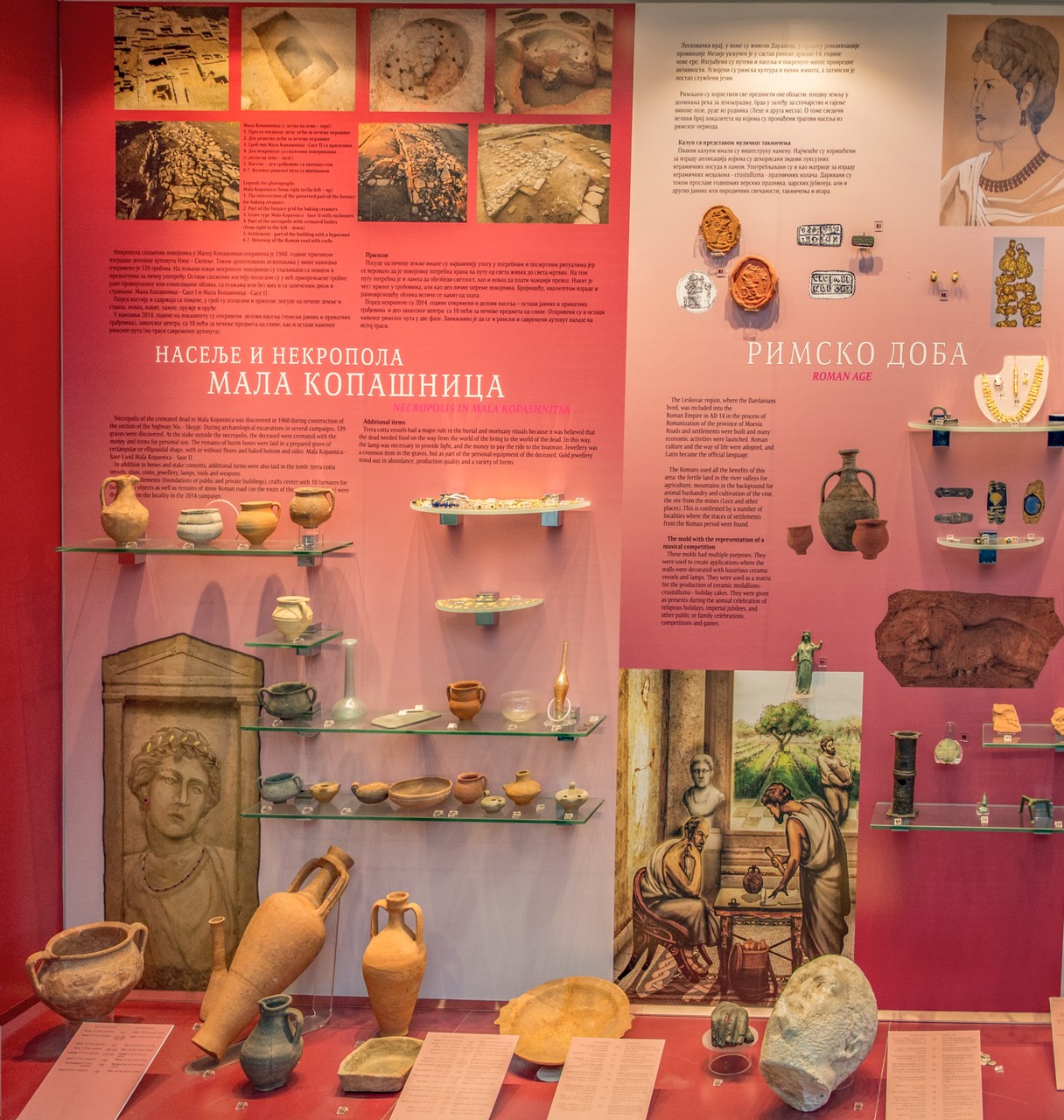
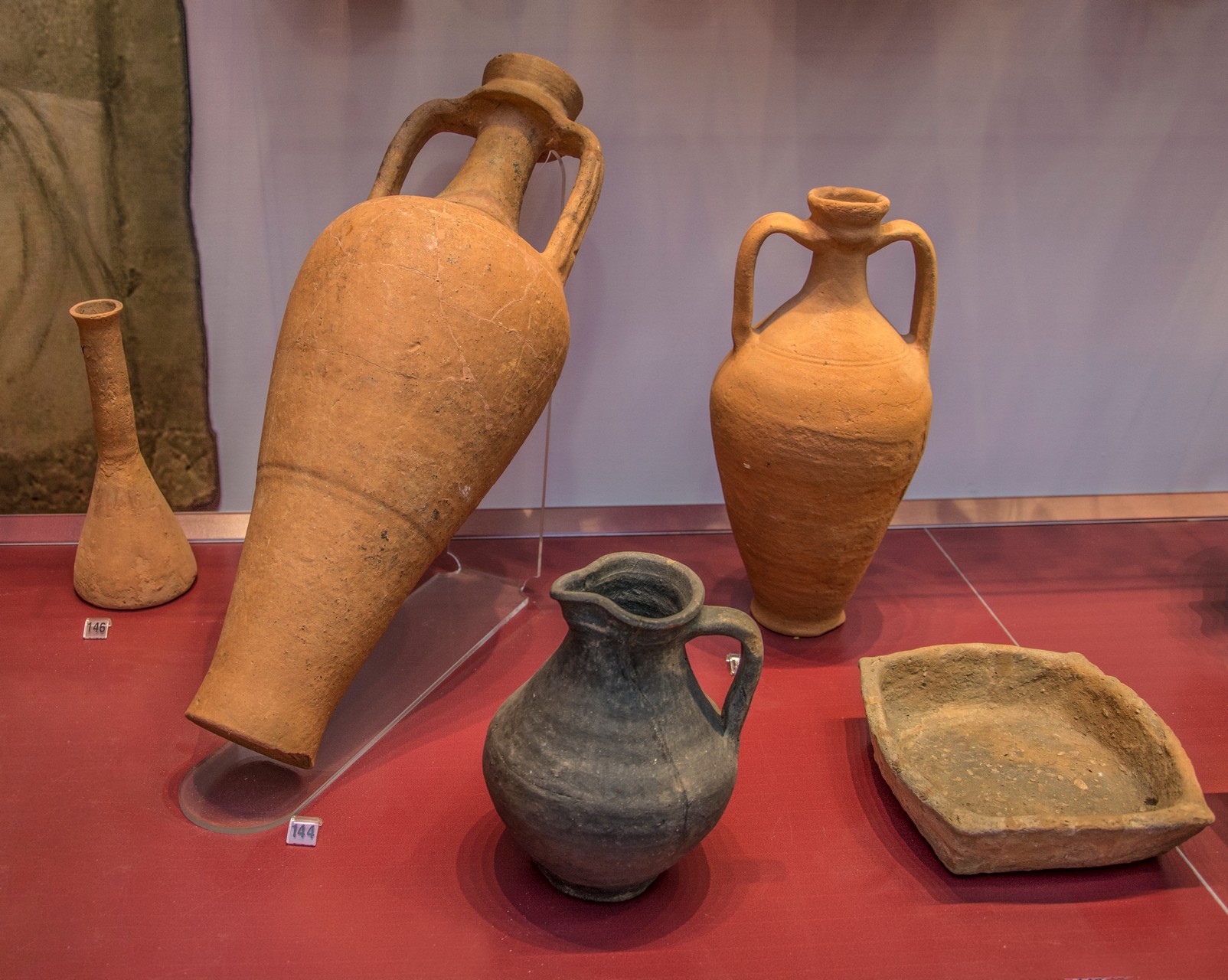
The National museum of Leskovac – The Roman period
At the very beginning of the 1th century the area occupied by the Leskovac valley was annexed to the Roman empire. With the arrival of the Romans began a period of the Romanization of the local population who accept this way of life. In the Roman period, stretches of the...
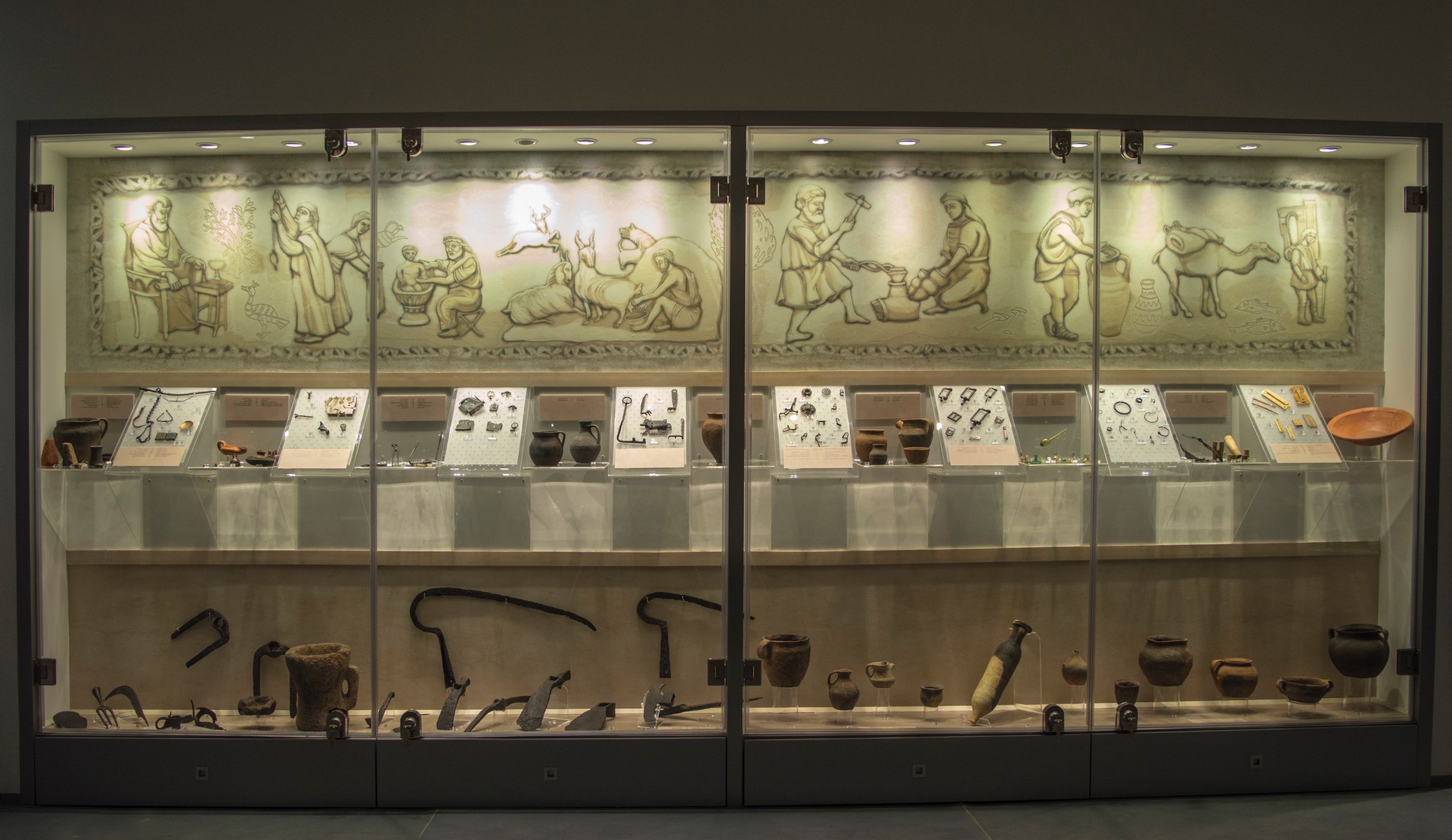
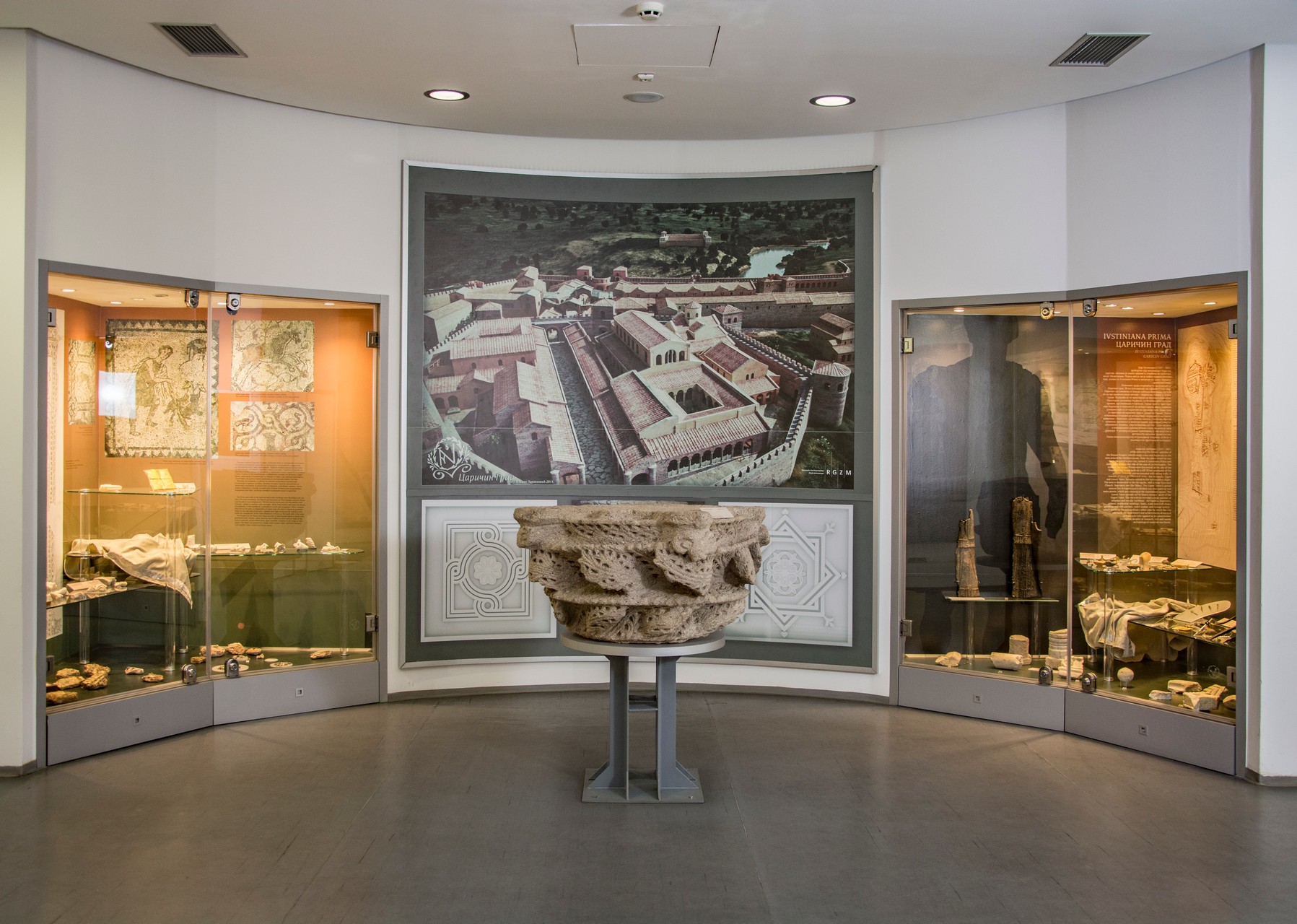
The National museum of Leskovac – Justiniana Prima
Justiniana Prima was built in 535 by the emperor Justinian. Many churches, public buildings, as well as the remains of water and sewage systems were excavated on this site. It is believed that the rest of this city accords with the historical settlement of Justiniana Prima, the legacy and birthplace...
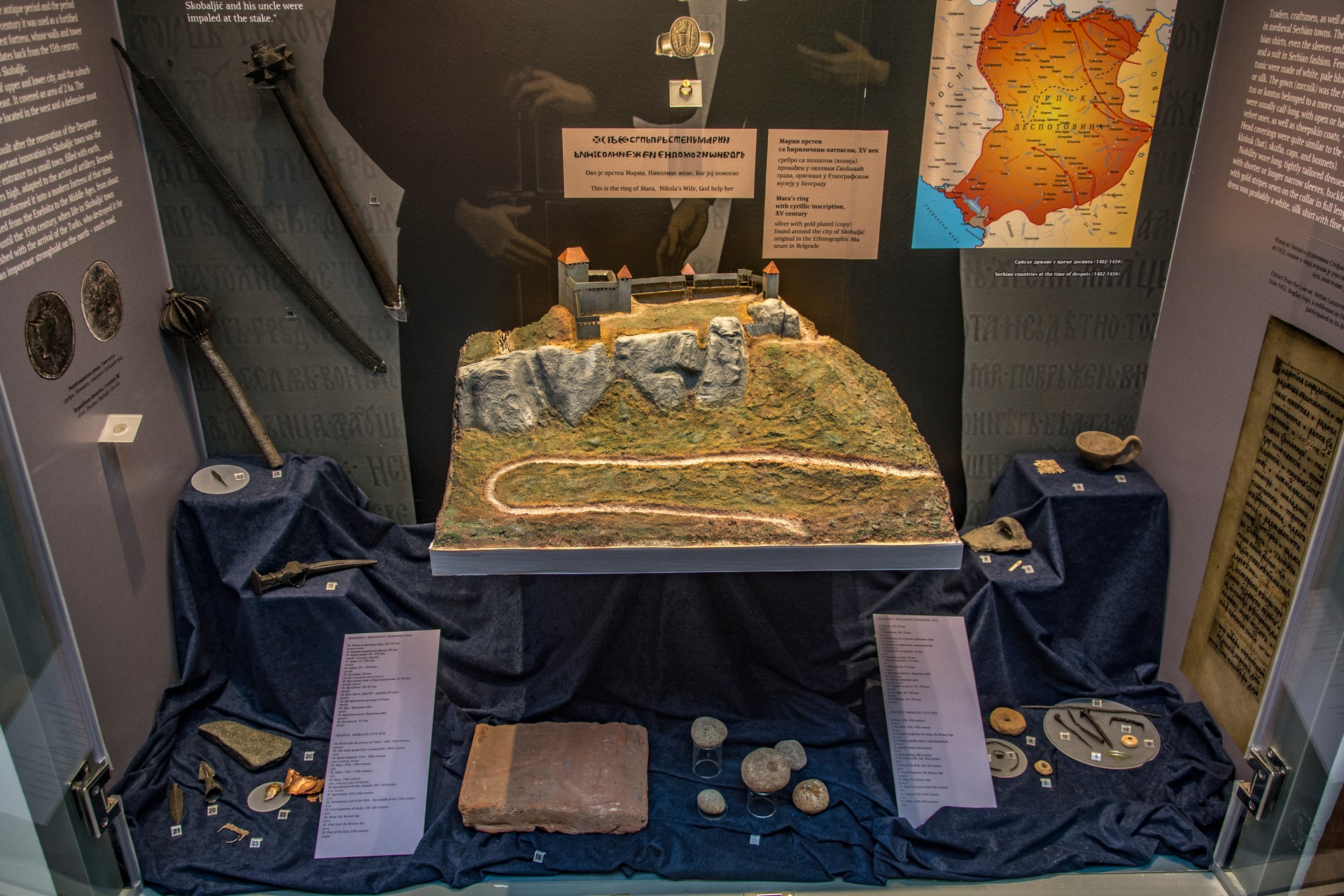

The National museum of Leskovac – The Middle Ages
The history of the Middle Ages of the Leskovac region can be traced from the middle of the 12th Century, when the Roman emperor Manuel I Komnenos gifted the Dubočica region to Stefan Nemanja. The first mention of Leskovac is from the period of the reign of Stefan Dušan who...
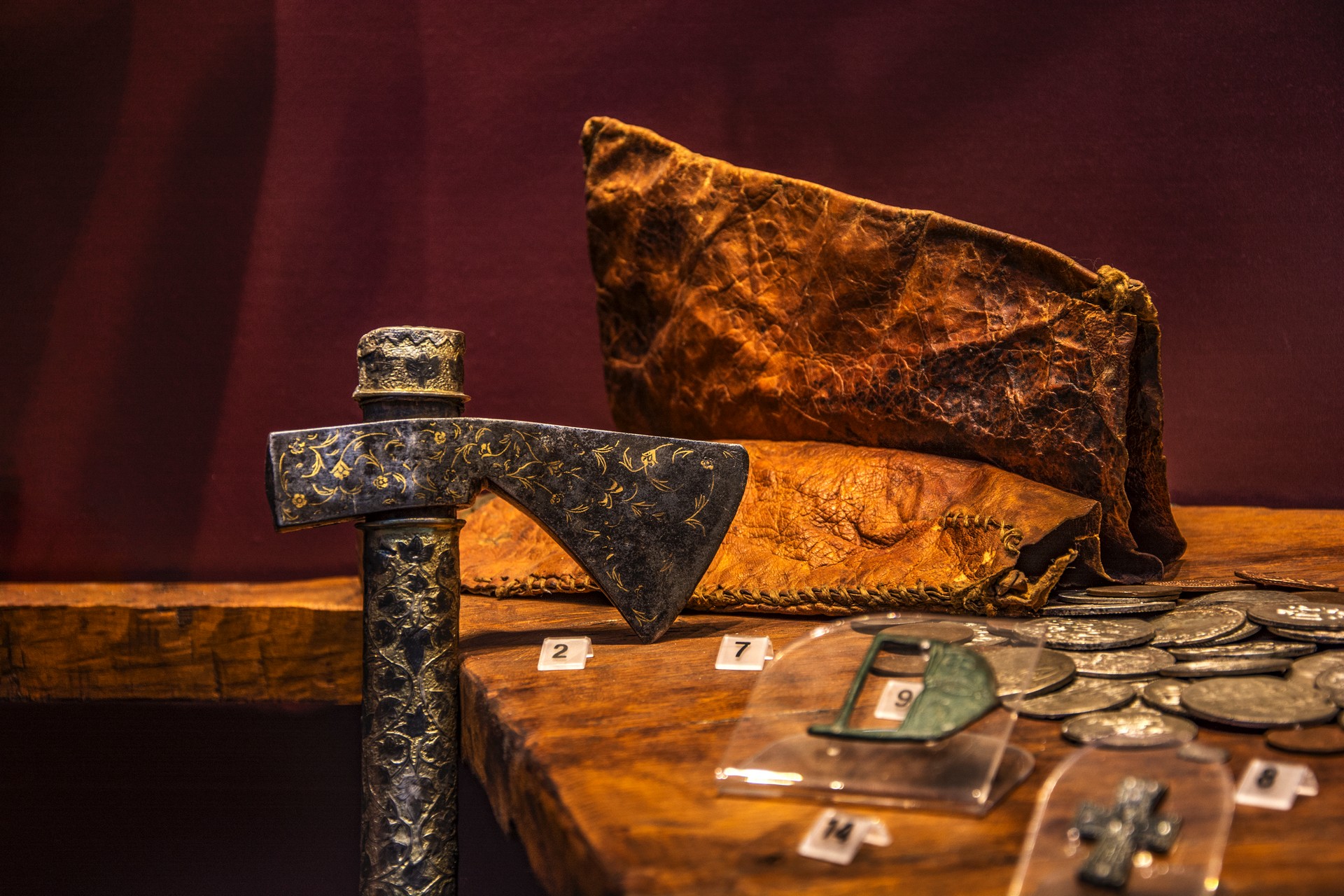
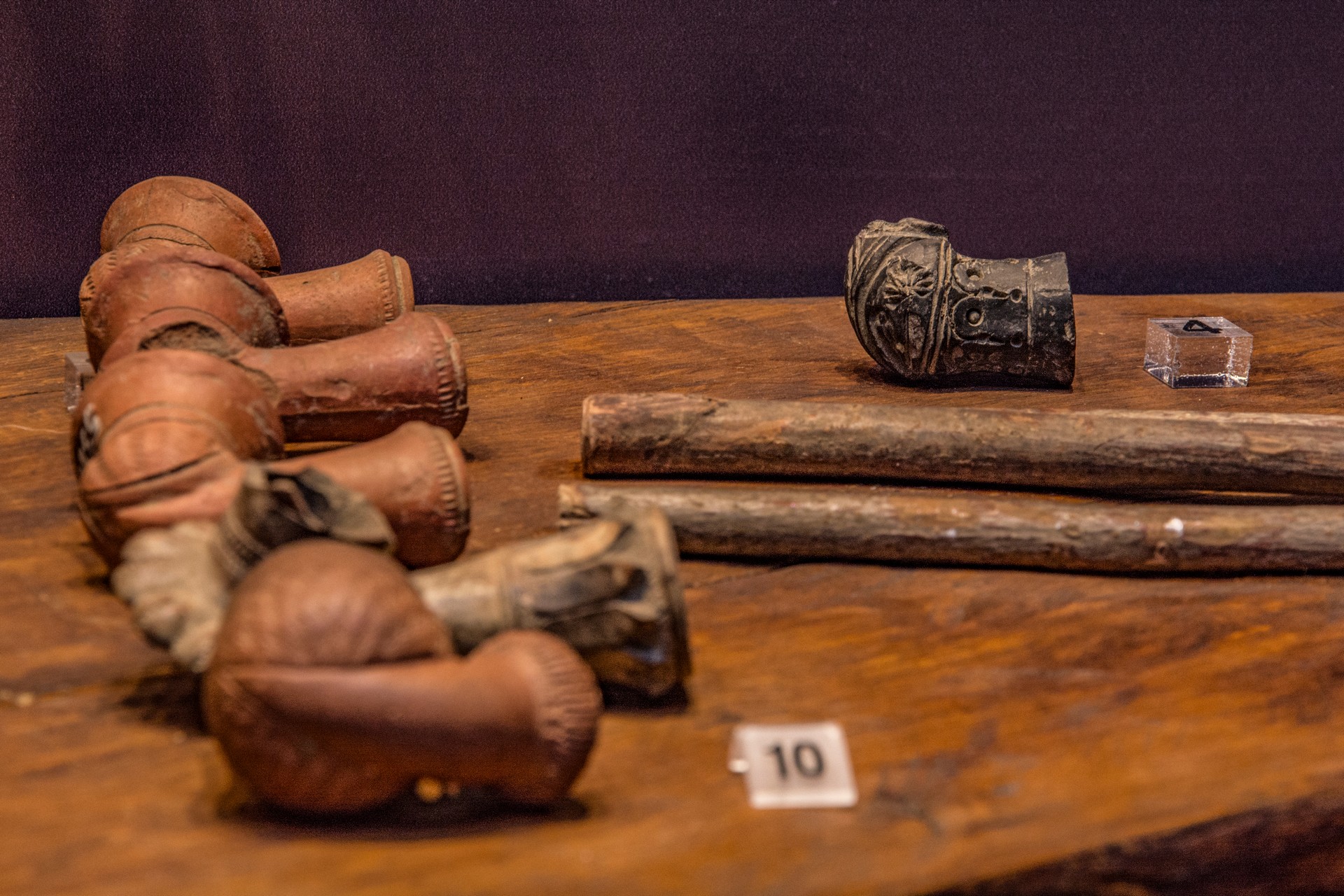
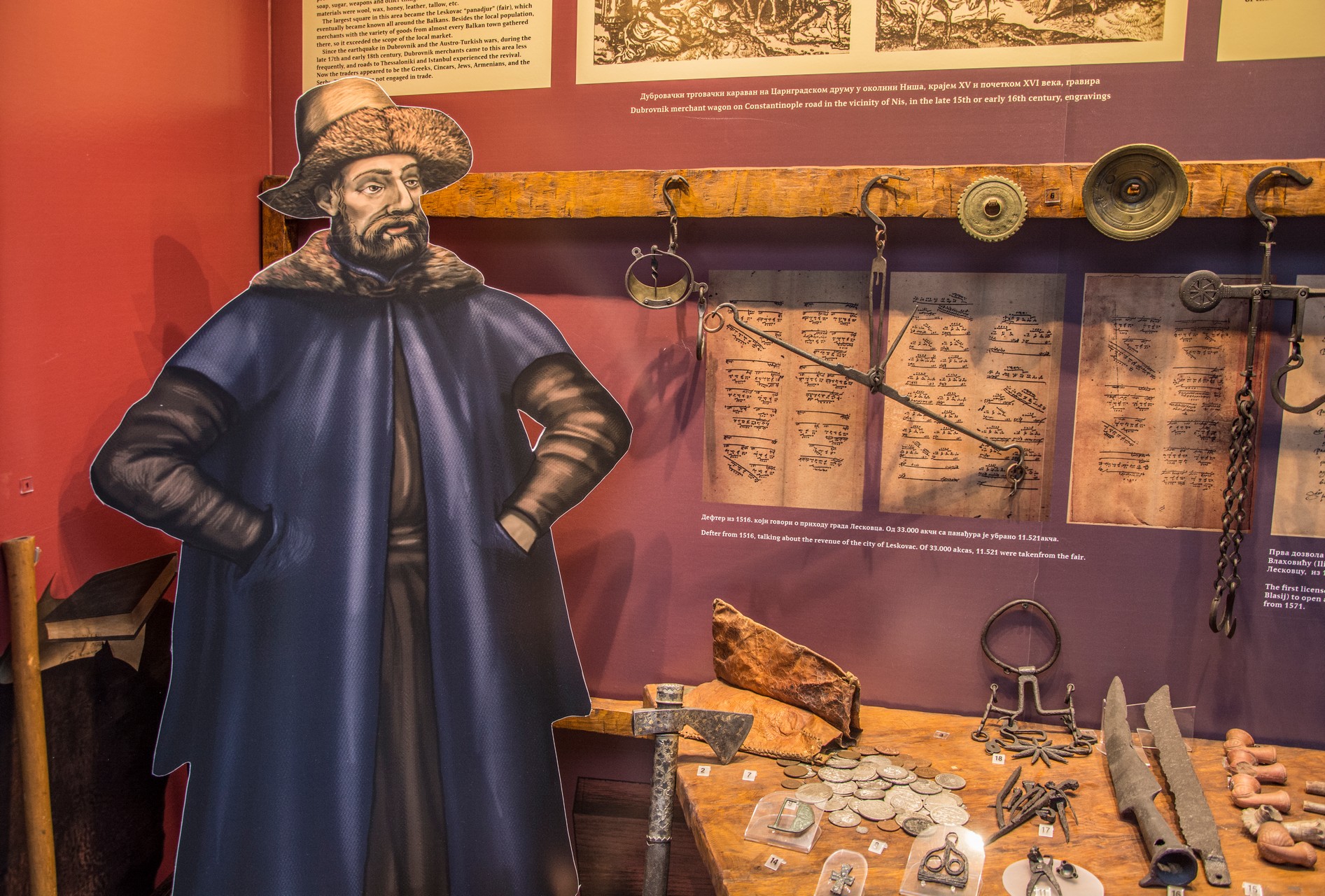
The National museum of Leskovac – The Turkish period
At the end of 1454, after the defeat of Nikola Skobaljić, the Turks conquered Dubočica. A great market was held in Leskovac during the period of the Ottoman rule, known as the Leskovac village market. In the Austro-Hungarian wars from 1689–1690, Leskovac was burnt to the ground and lost its...
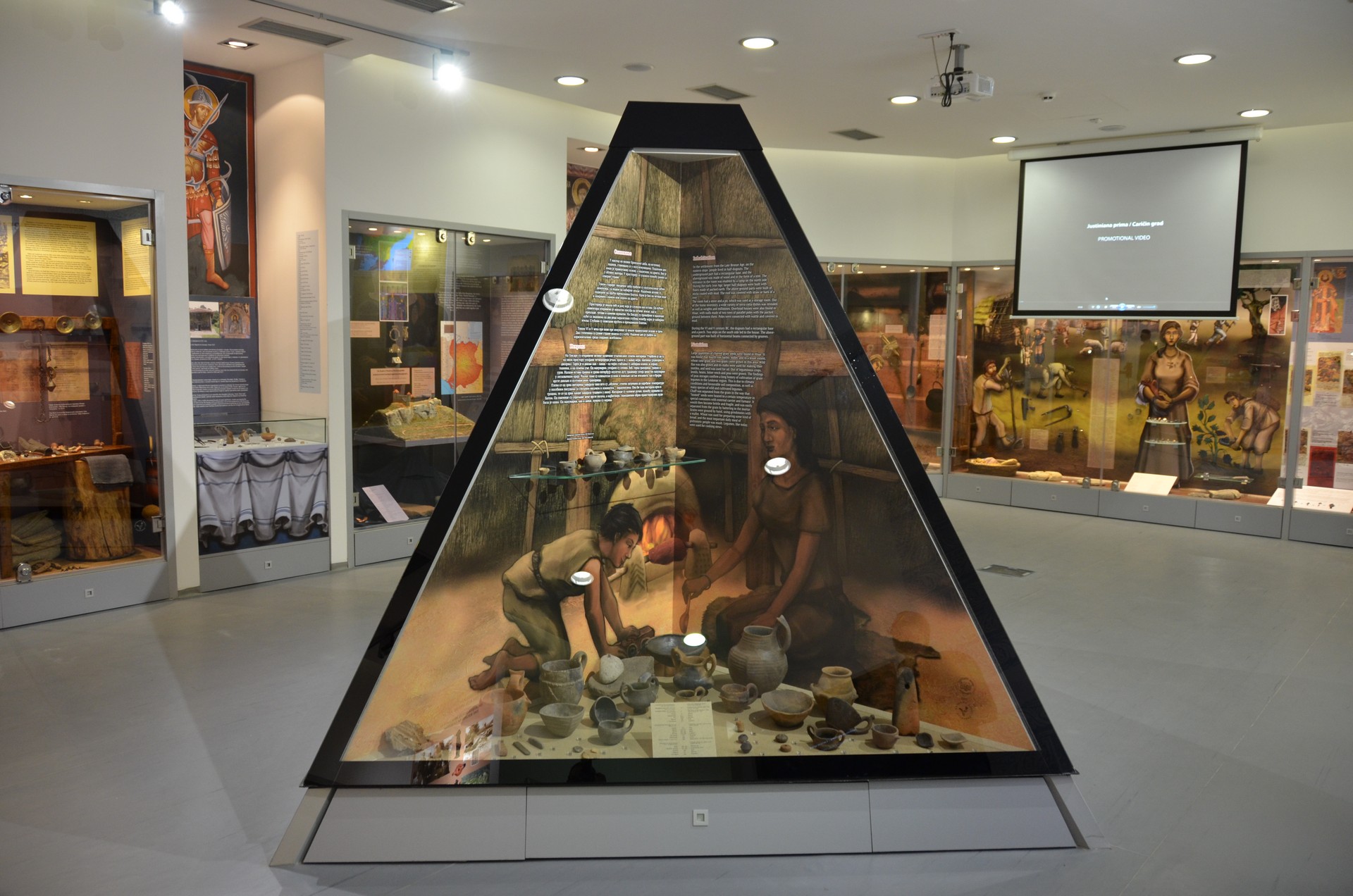
The National museum of Leskovac – Hisar
The archaeological site of Hisar is found on the hill of the same name on the left bank of the Veternica river. Owing to its favourable position and the gentle slopes in the middle of the fertile valley, Hisar has been settled on from neolithic times onwards, as attested to...
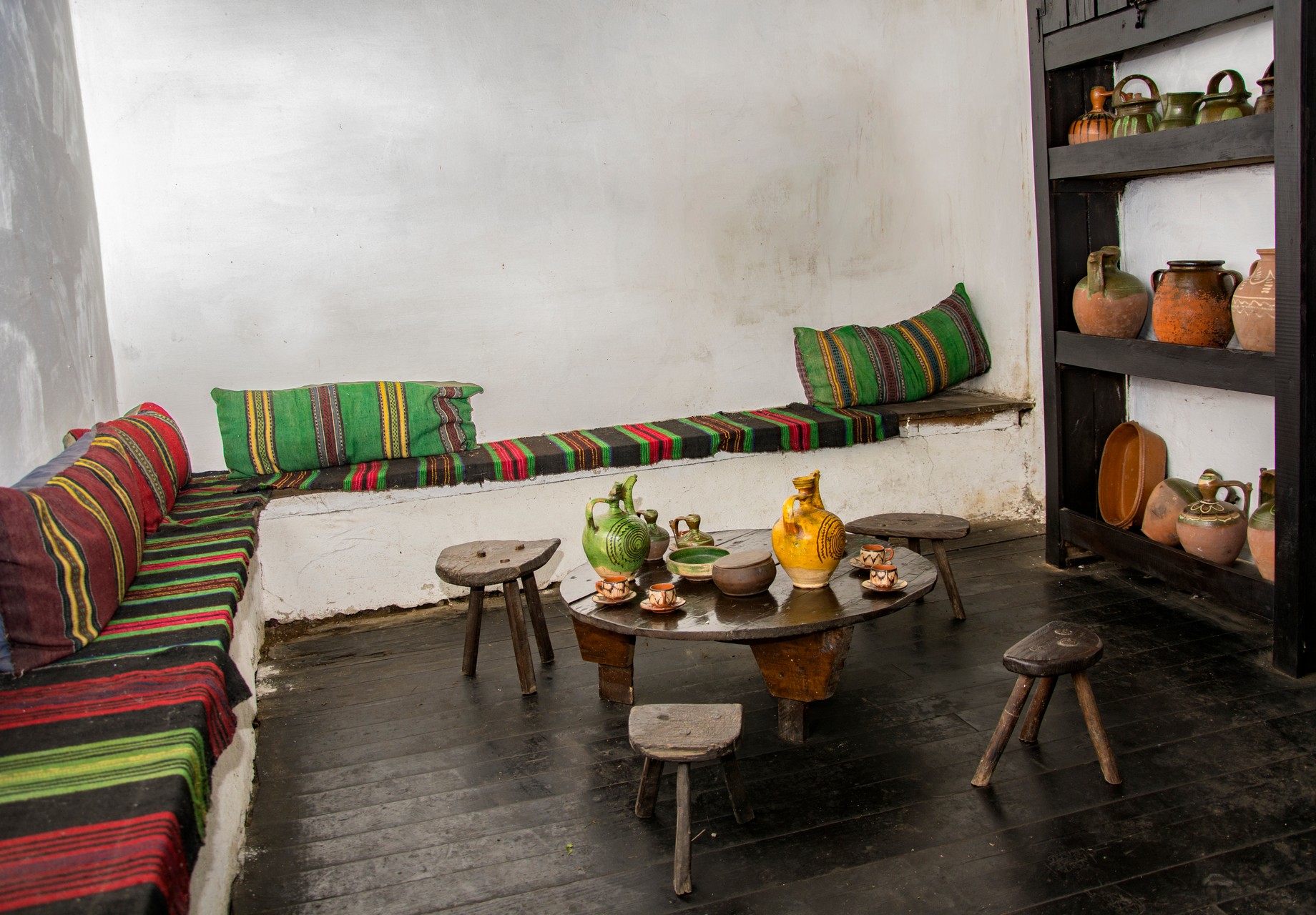
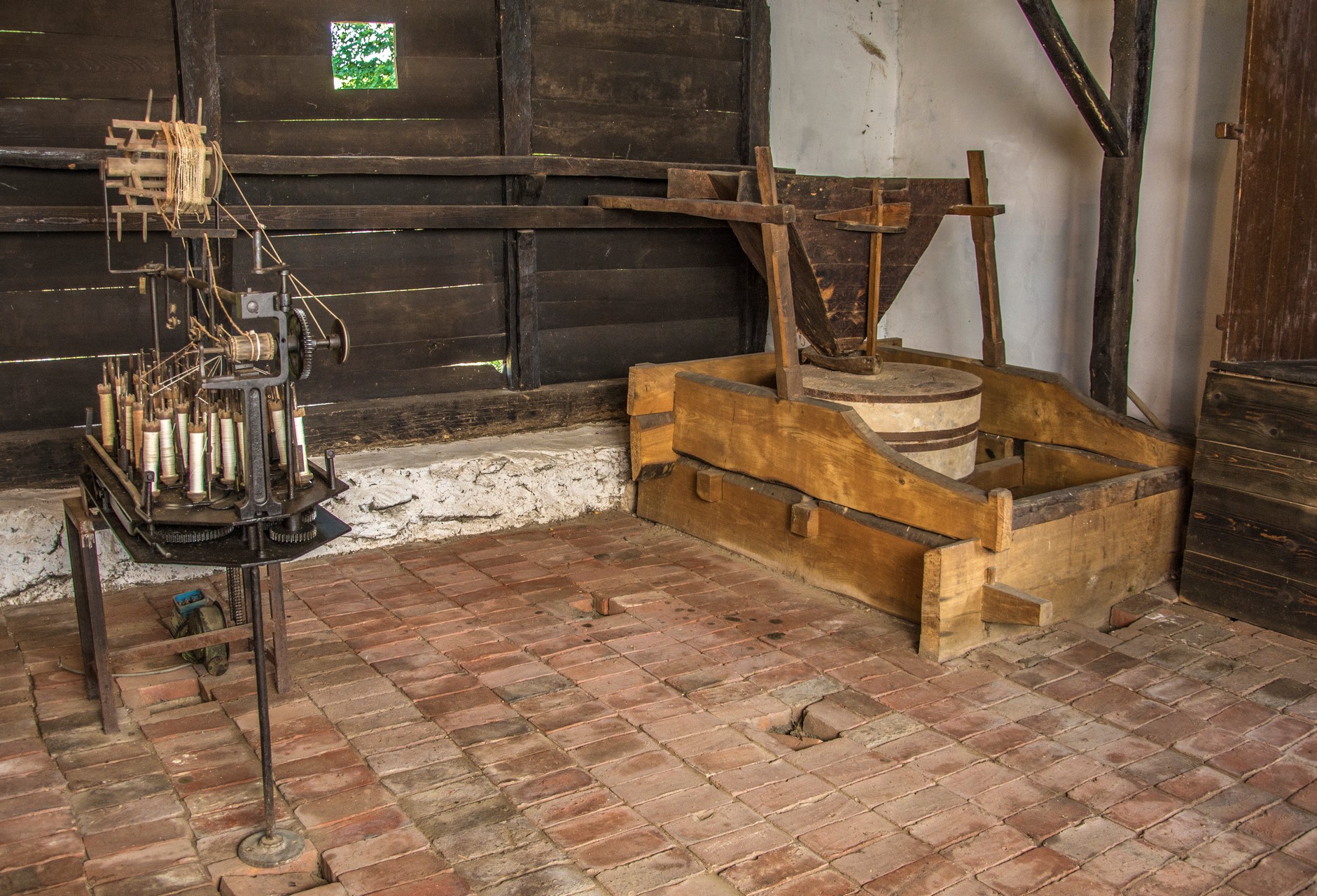
The Textile Museum – History
The textile museum in Strojkovac is located in a Turkish mill built in the 19th Century. The people of Leskovac opened the first braid factory in the mill in 1884. The mill was bought in 1959 from its owner, restored and spindles from the Leskovac textile factory are exhibited in...
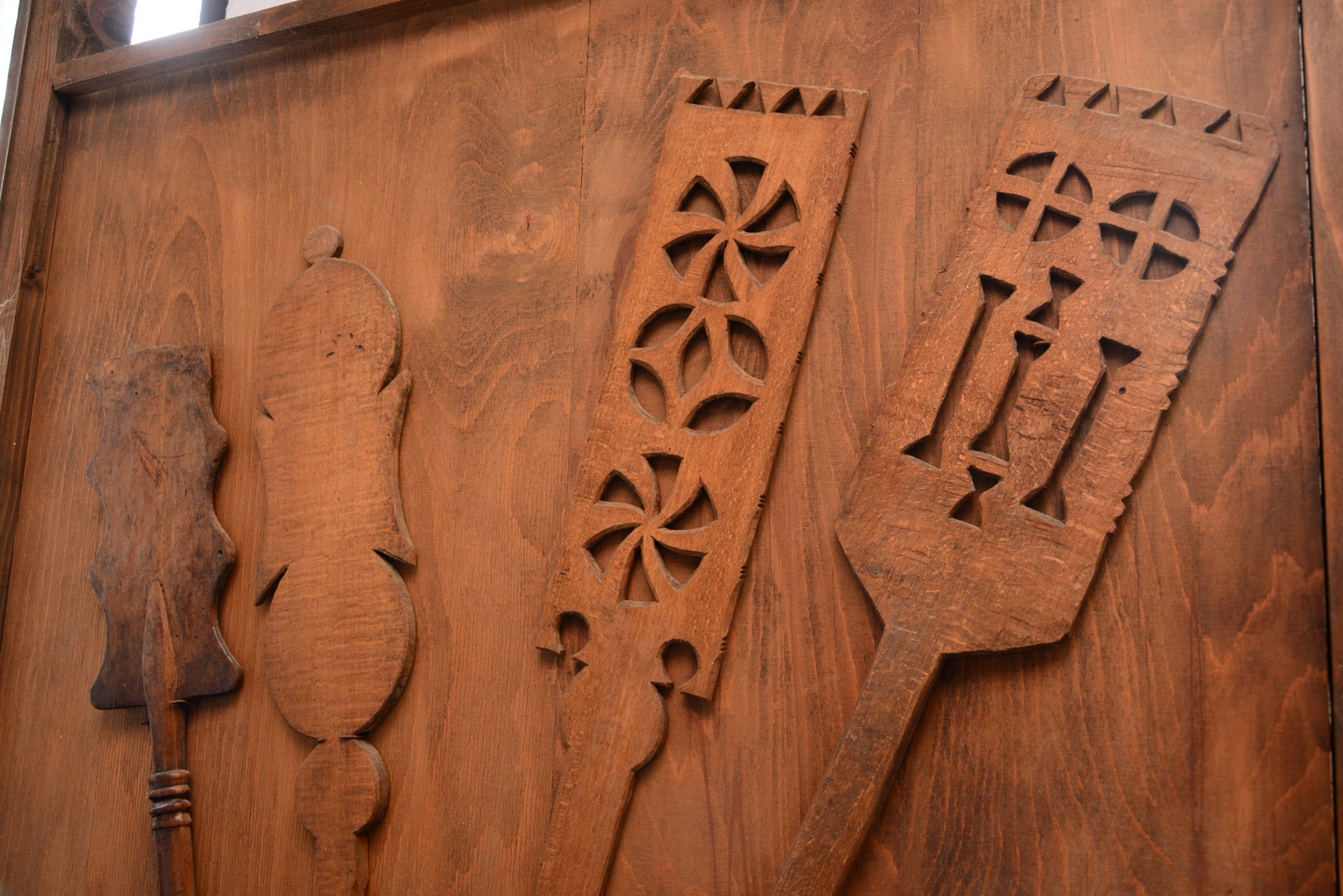
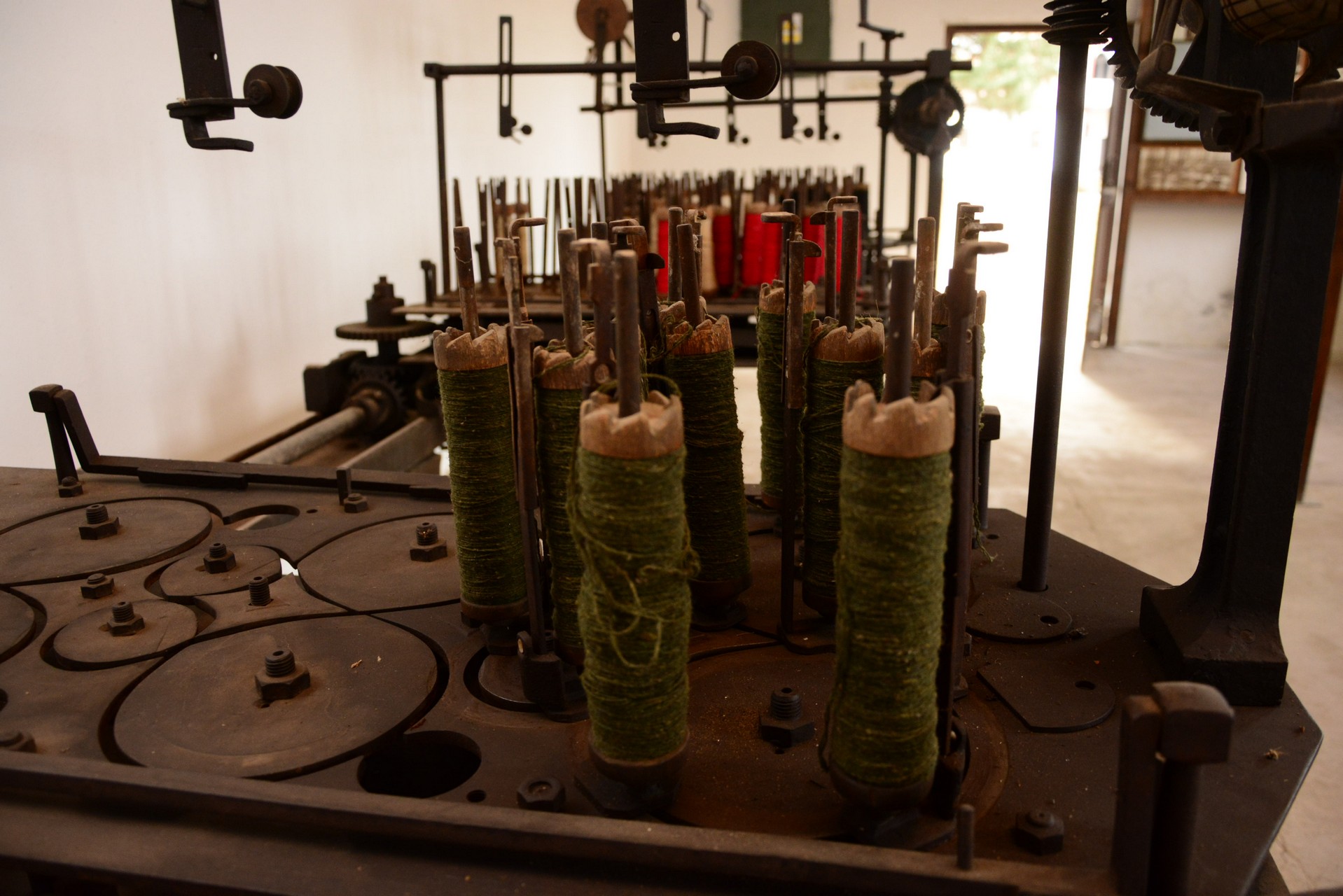
The Textile Museum– The story of textiles
The emergence and development of the textile industry in Strojkovac represents the emergence and development of the first textile industry in Serbia as a whole. The braid factory in Strojkovac and its branch in Vučje employed 24 workers in 1889. The buildings were used for braid production until 1896 after...
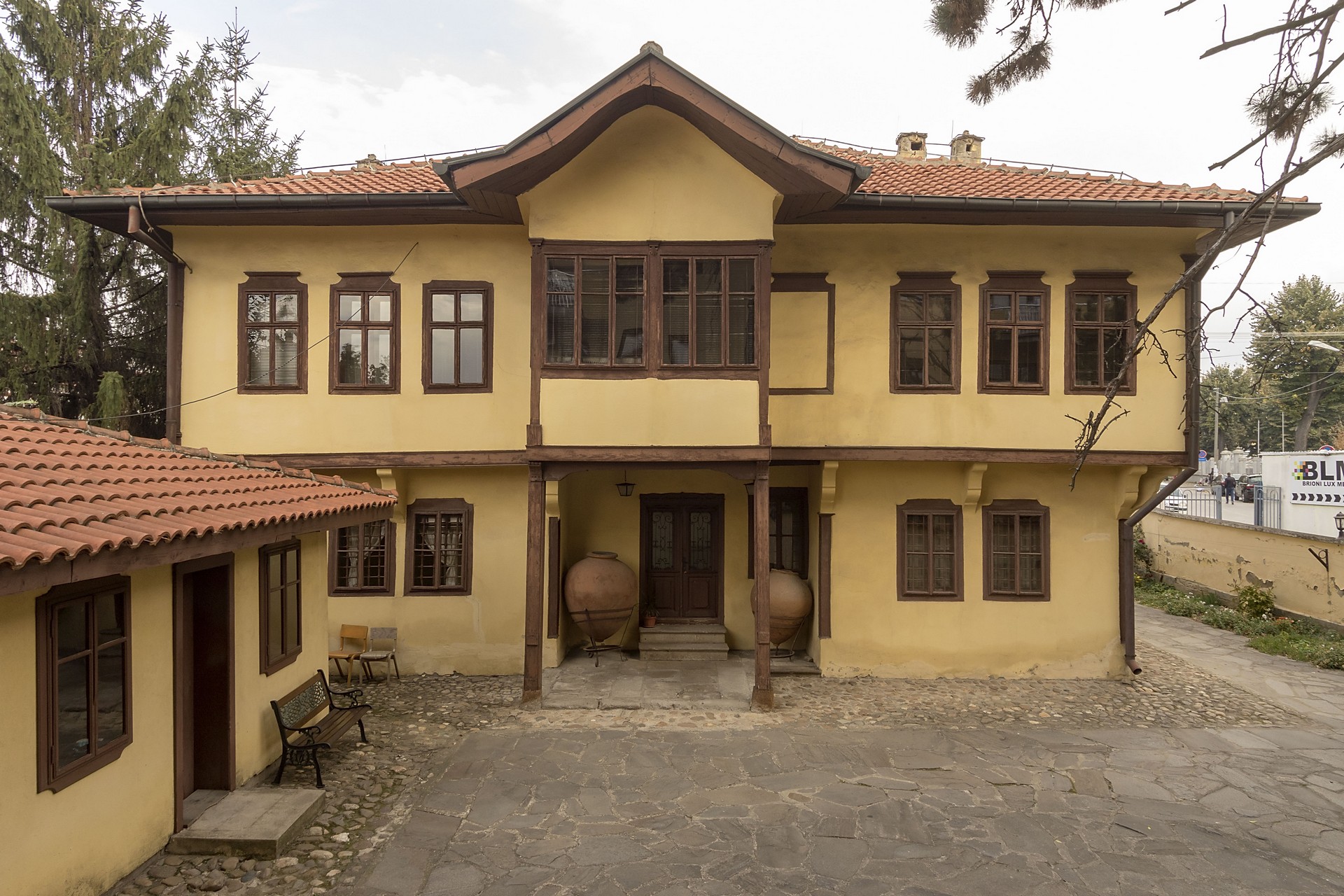
The City Hall – introduction
The City hall is an example of Balkan oriental architecture from the 14th Century. It belonged to the prominent Leskovac family of Dimitrijević. It housed the first museum in Leskovac was housed from 1948 to 1974. Following the decision of the Institute for the protection of the cultural heritage, the...
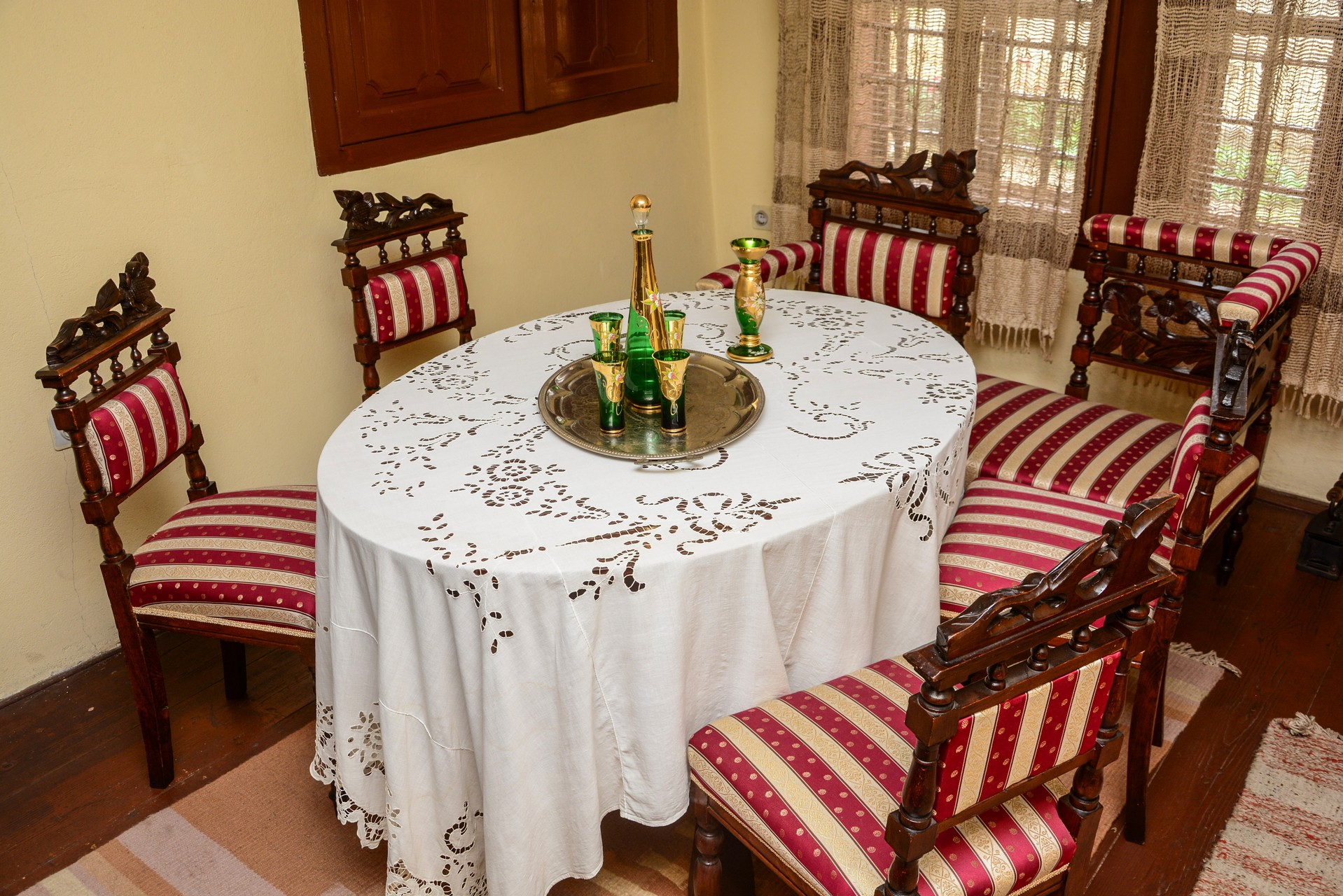
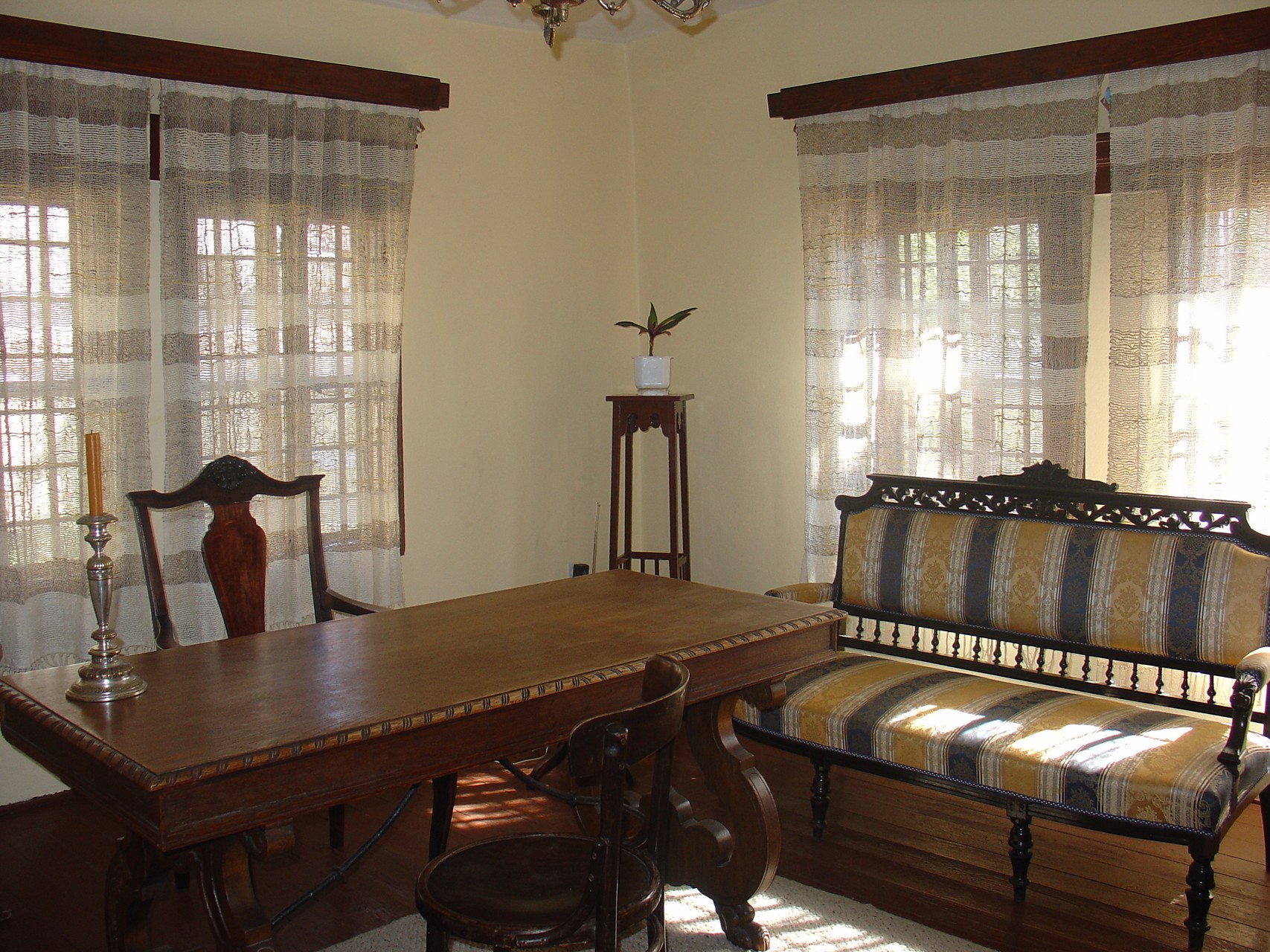
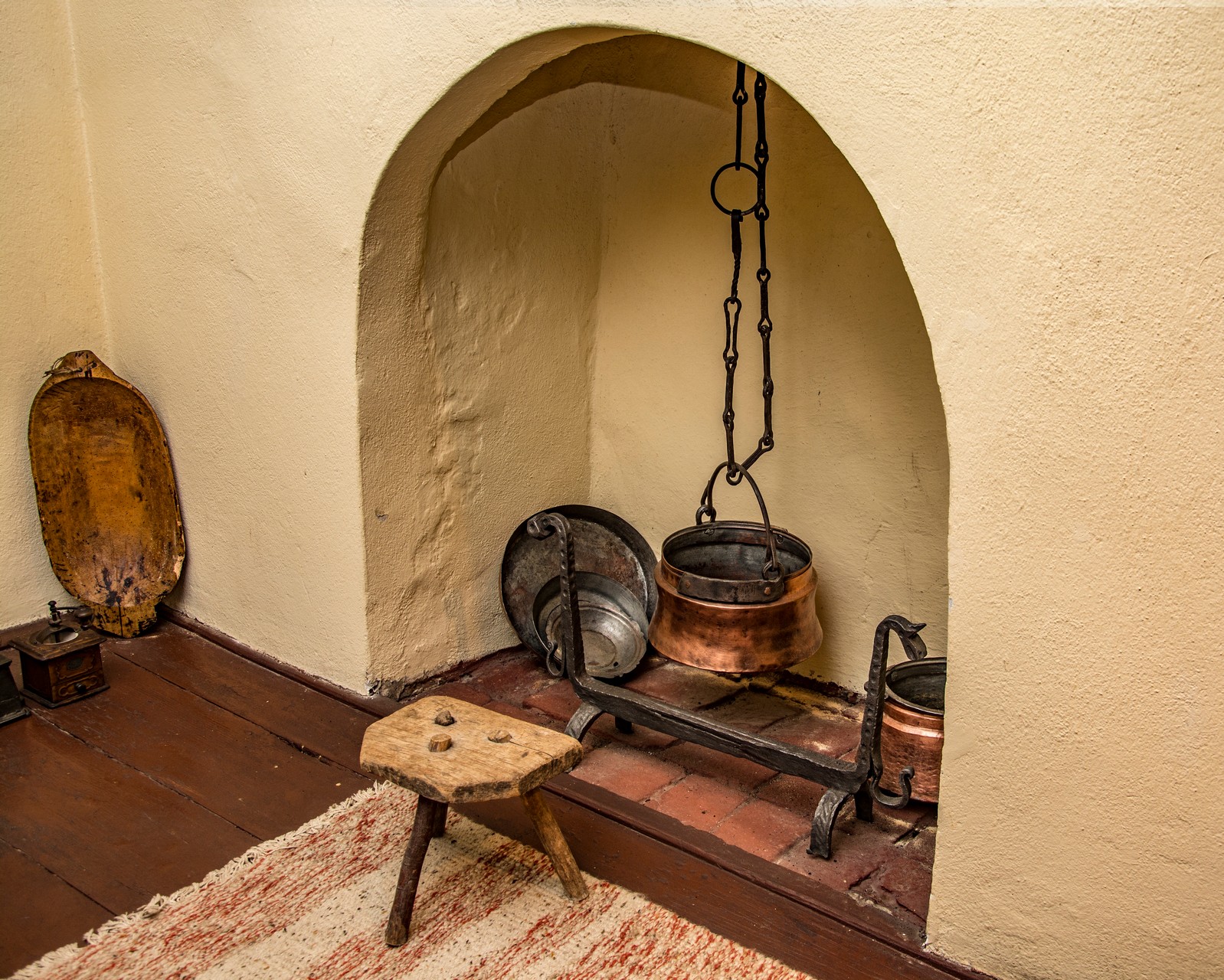
The City Hall– The Ground Floor
A hall and three rooms are to be found on the ground floor of the City hall. The first room to the righthand side is dedicated to the Leskovac writer and physician Žak Konfino. The Children’s Museum is located in the room on the righthand side of the hall.
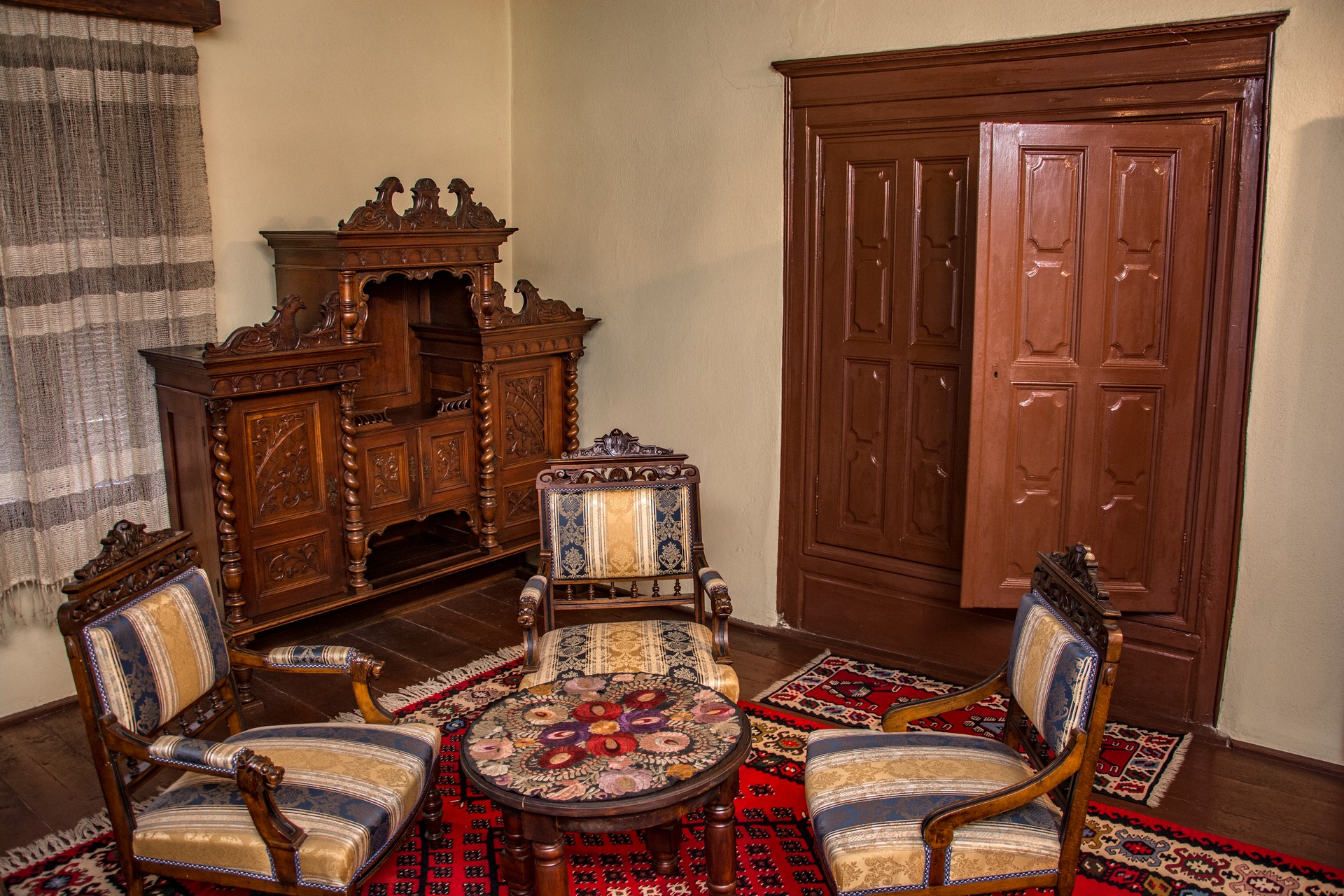
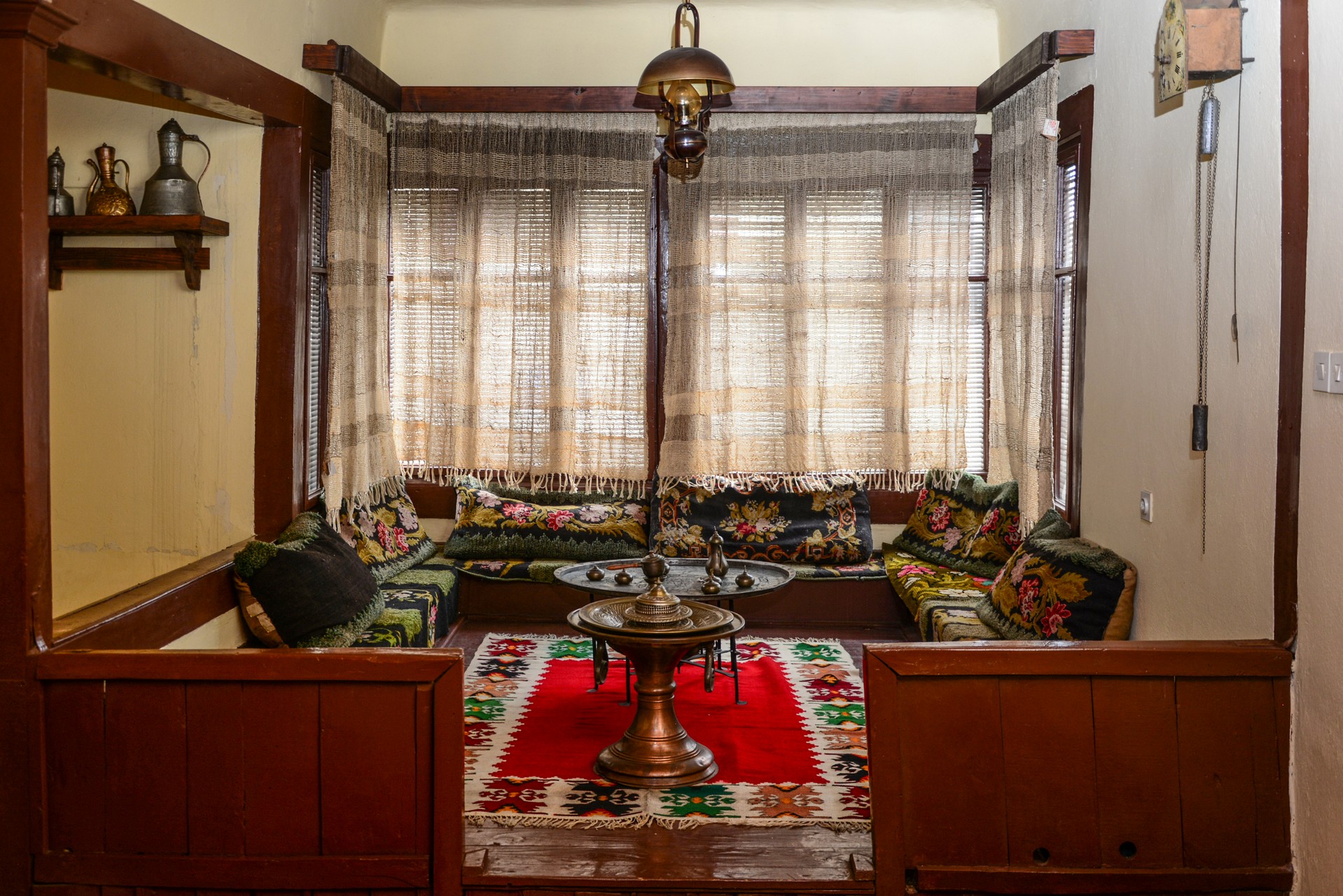
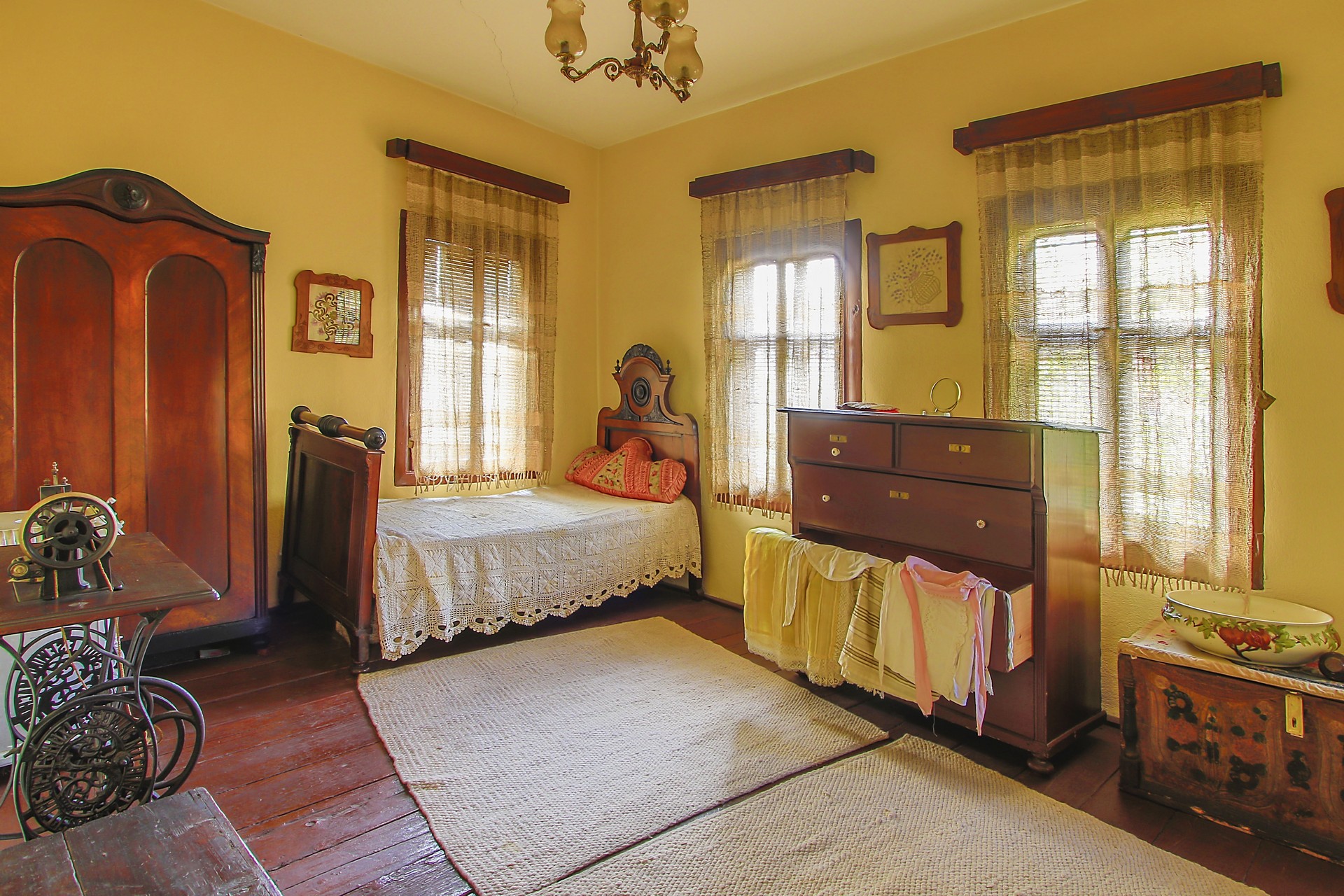
The City hall– The First Floor
There are four rooms and a Divanhana (drawing room) on the first floor. The rooms have furniture from the first half of the 20th Century. The Divanhana (the drawing room) faces inwards on to the courtyard. This is where women spent their time and the room’s orientation indicates the custom...
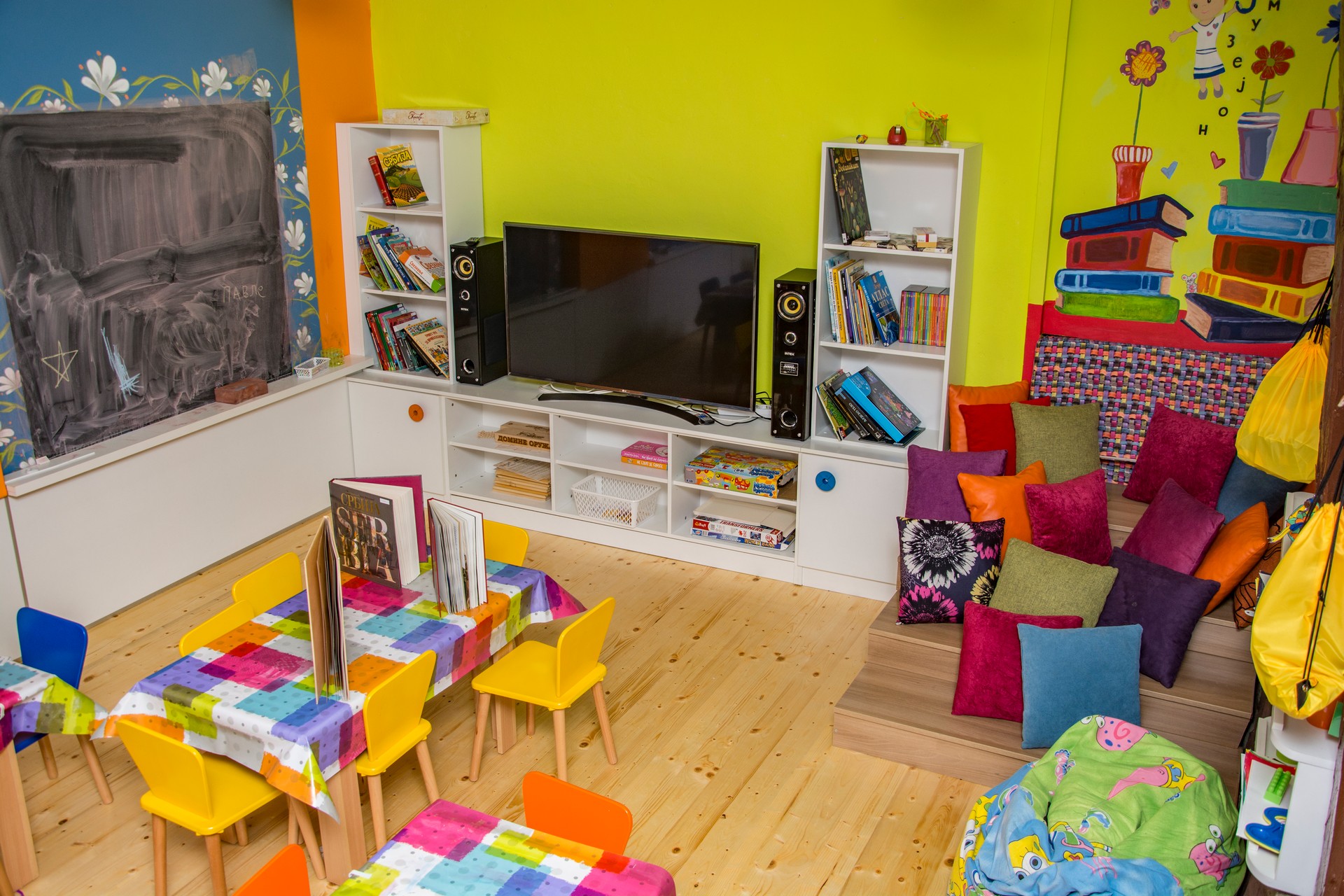
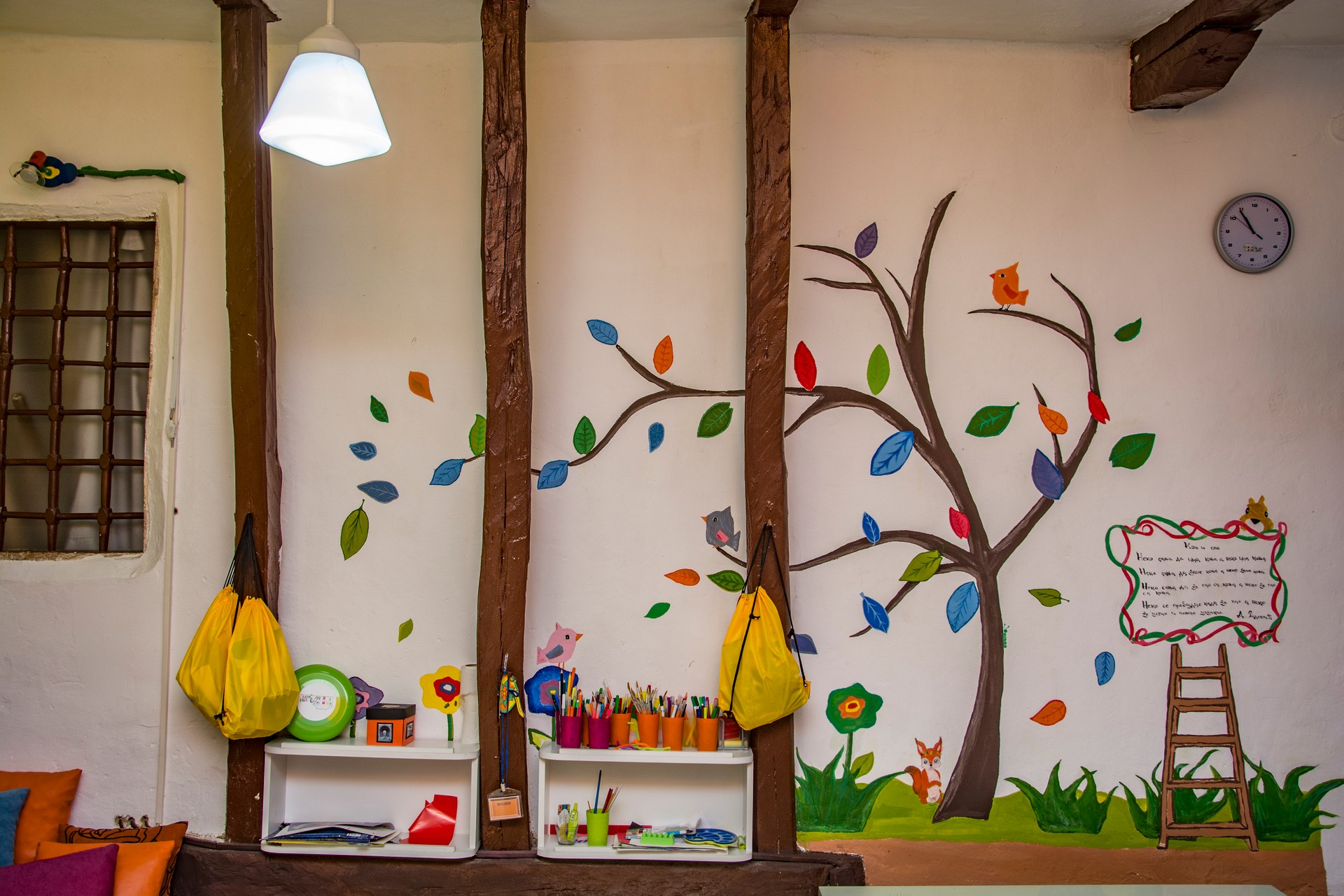
The City hall– The Children’s museum
The Children’s Museum is a children’s museum club in which children can participate in the workshops and other activities which the museum organizes for the children. The museum is equipped with modern educational material for working with children. It aims to raise children’s awareness about the importance and preservation of...
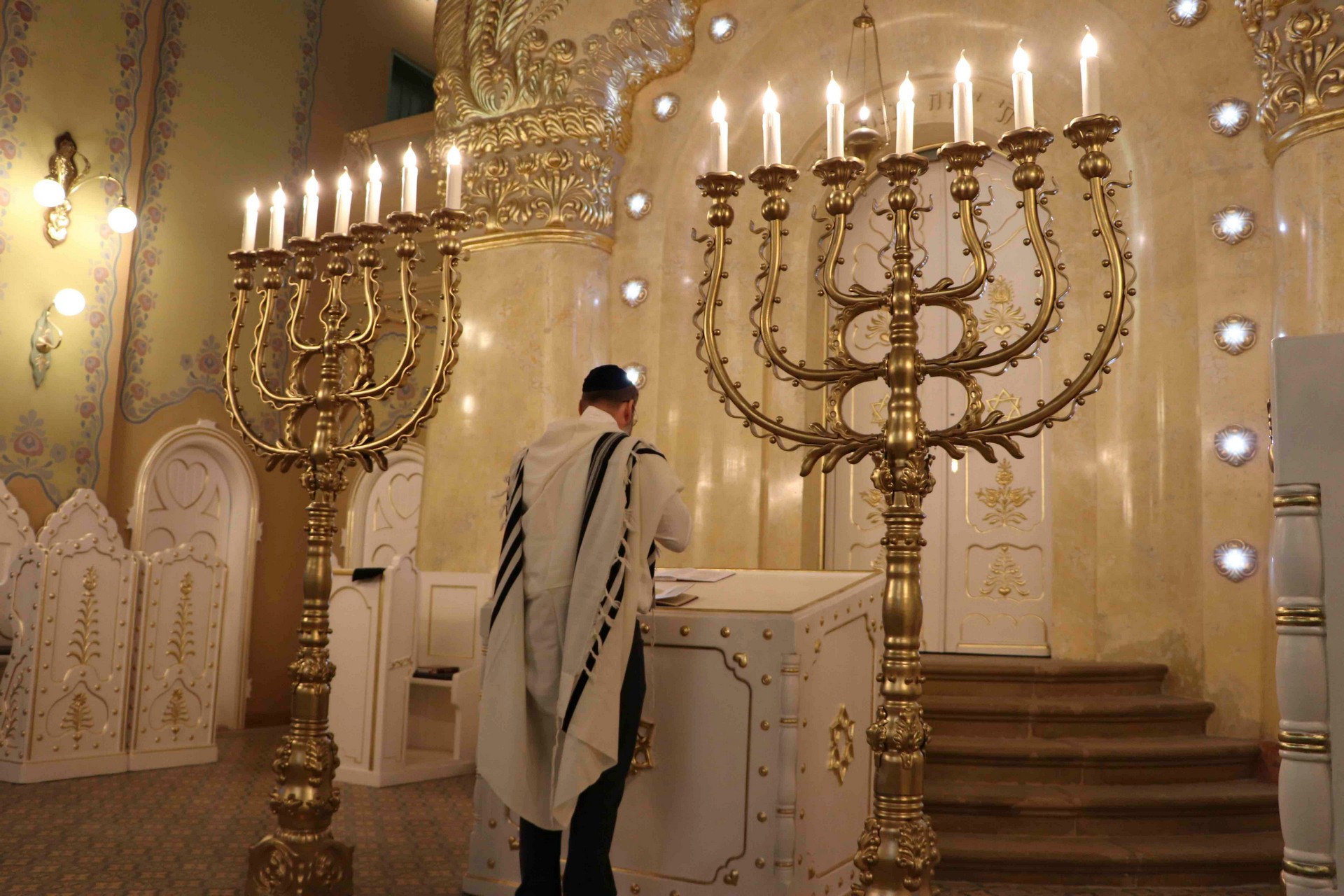
The history of the Jewish community in Subotica
The first Jewish families settled on the outskirts of Subotica in 1775. Some years later, the Jewish people of the city asked for and got permission to form their own religious community. Subotica’s first synagogue was built at the beginning of the 19th century. At that time, 43 Jewish families...
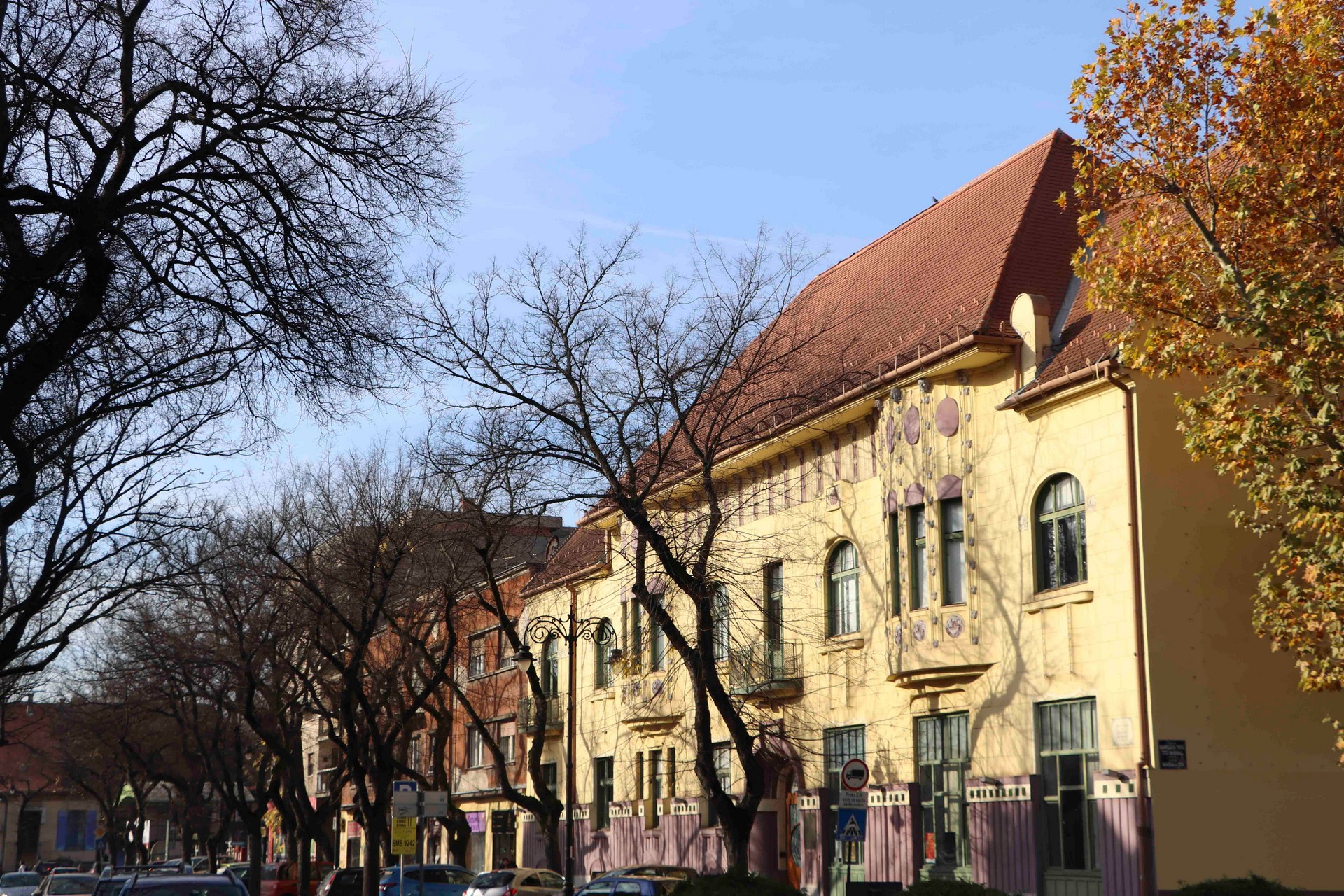
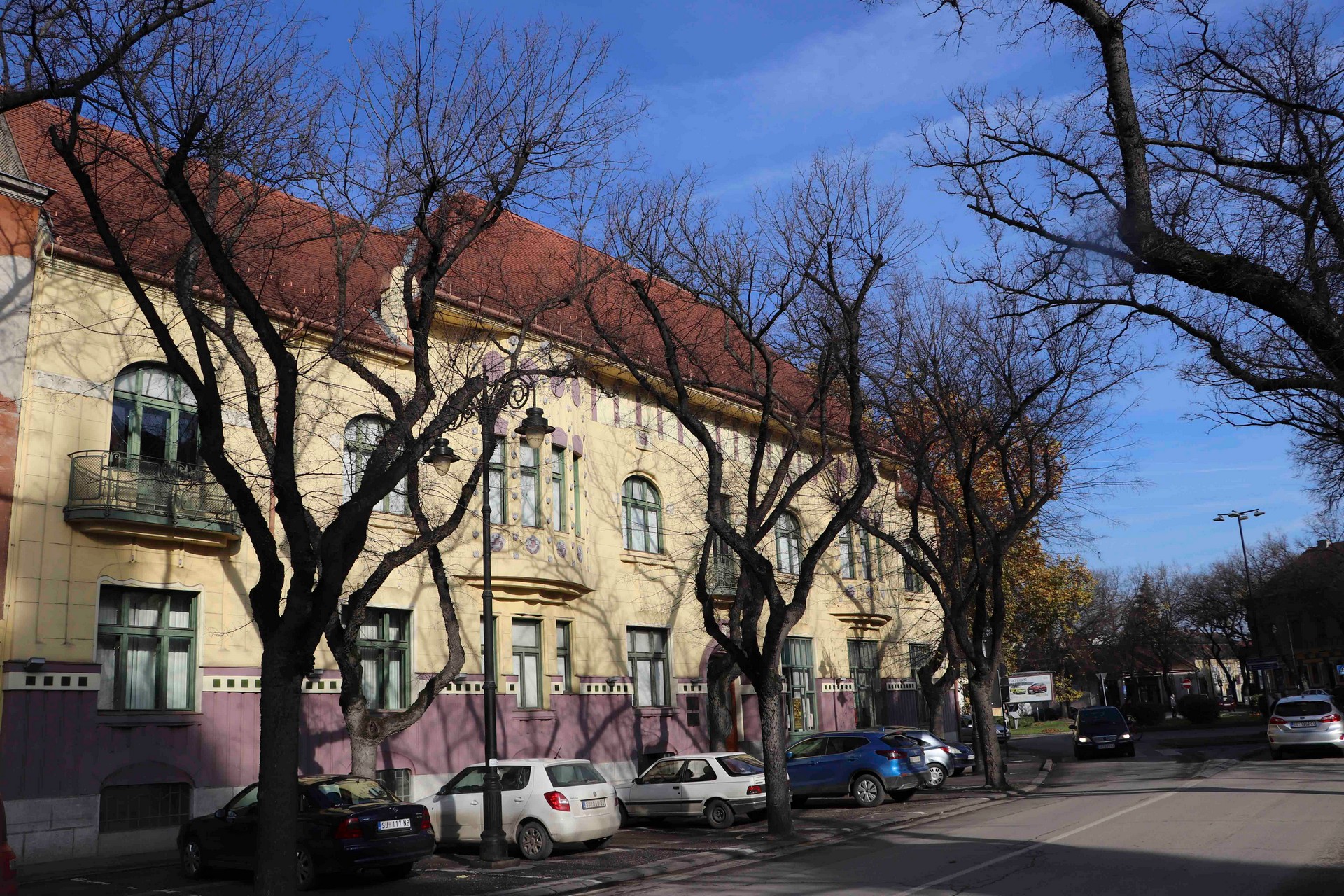
The Dömötör Palace –The City Museum
The former owners and tenants of this palace have left a significant mark on health, journalism, entrepreneurship, and the arts in Subotica. Dömötör palace was built in 1906 by Dr Miksa Dömötör, a physician and a versatile intellectual. The architects of the palace were the Vágó brothers from Budapest. Between...
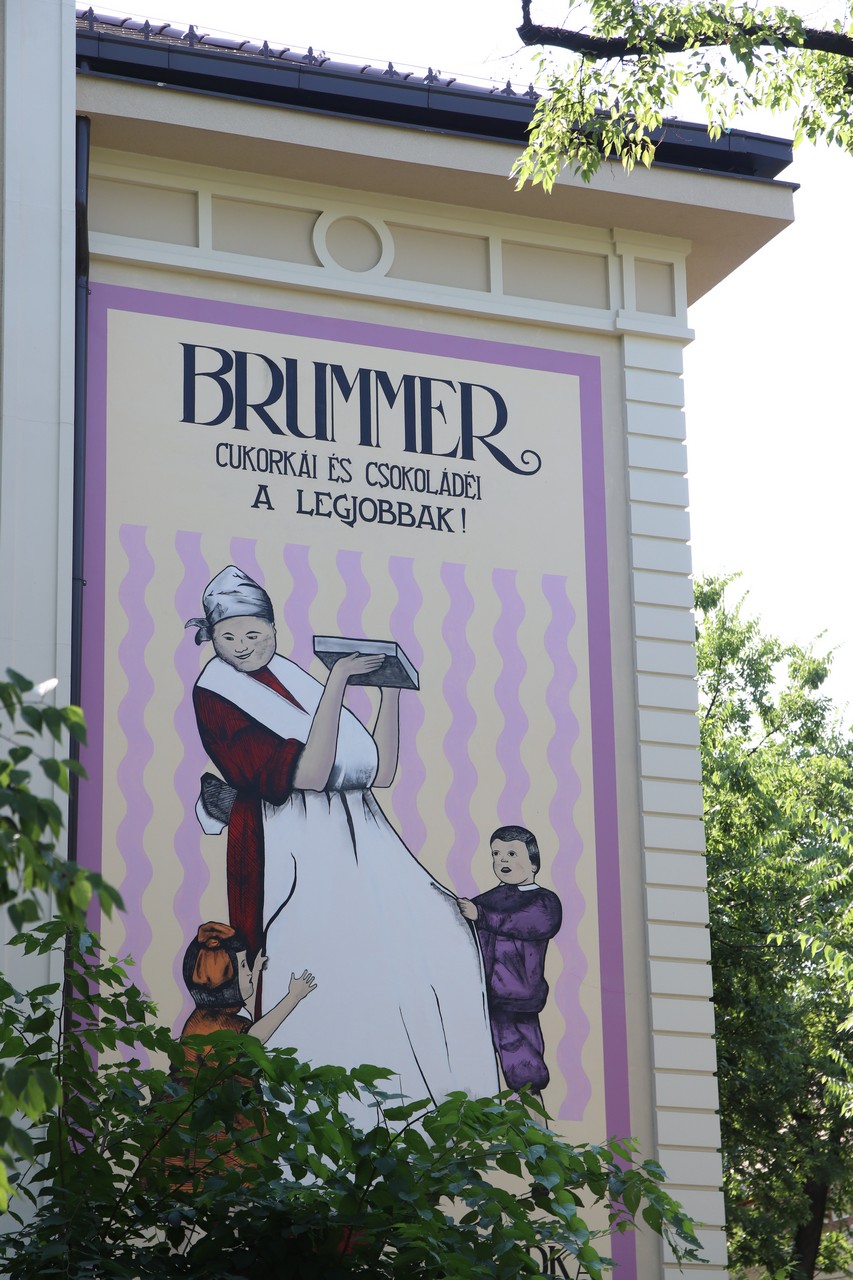
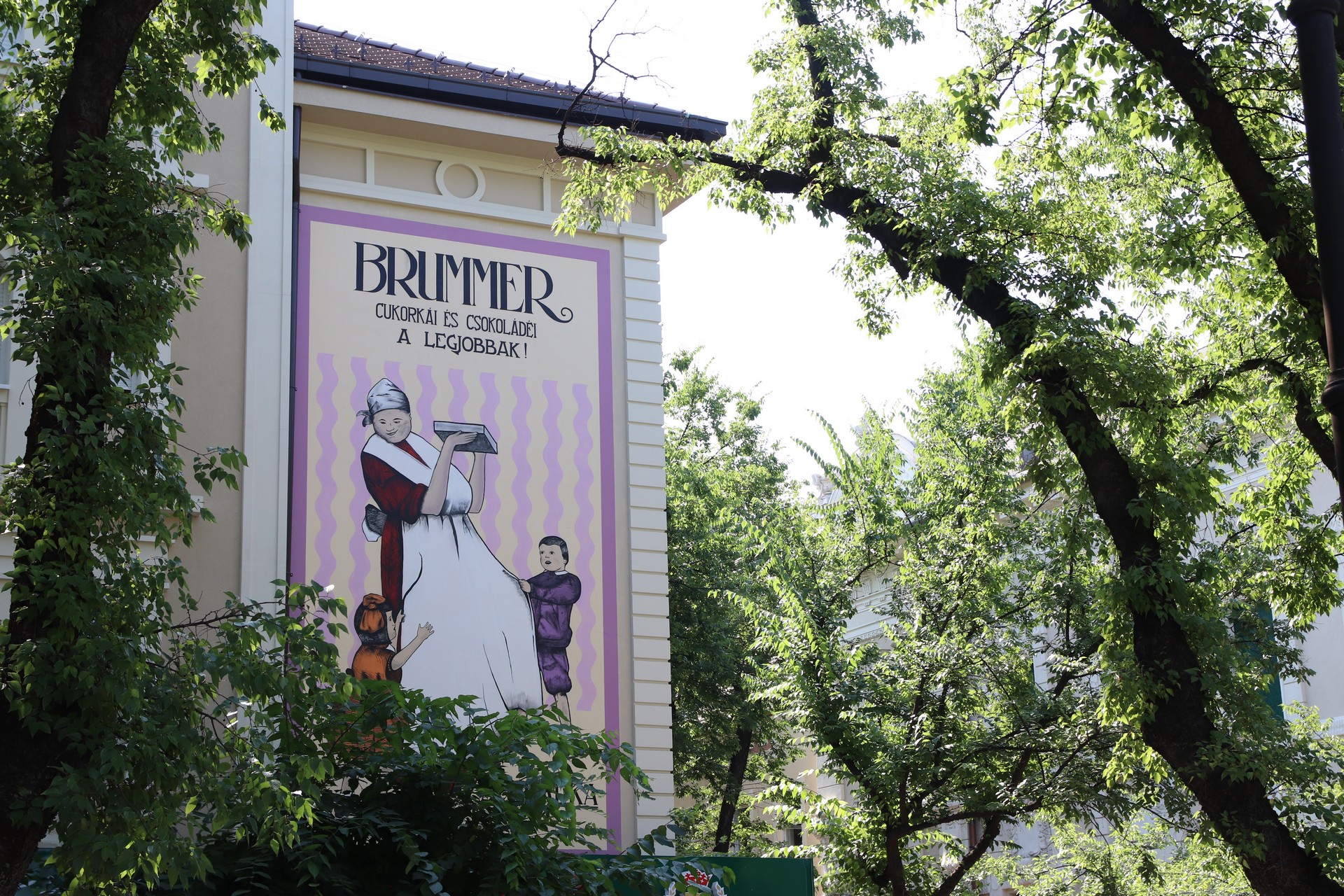
The Brummer Mural
Julius Brummer (Gyula Brummer) – who was born in Subotica in 1870 and tragically died in 1944 at Auschwitz – was the founder of The First Subotica Bonbon and Chocolate Factory in 1904. This factory produced cookies, biscuits, and gingerbread. The company had a big retail shop in the main...
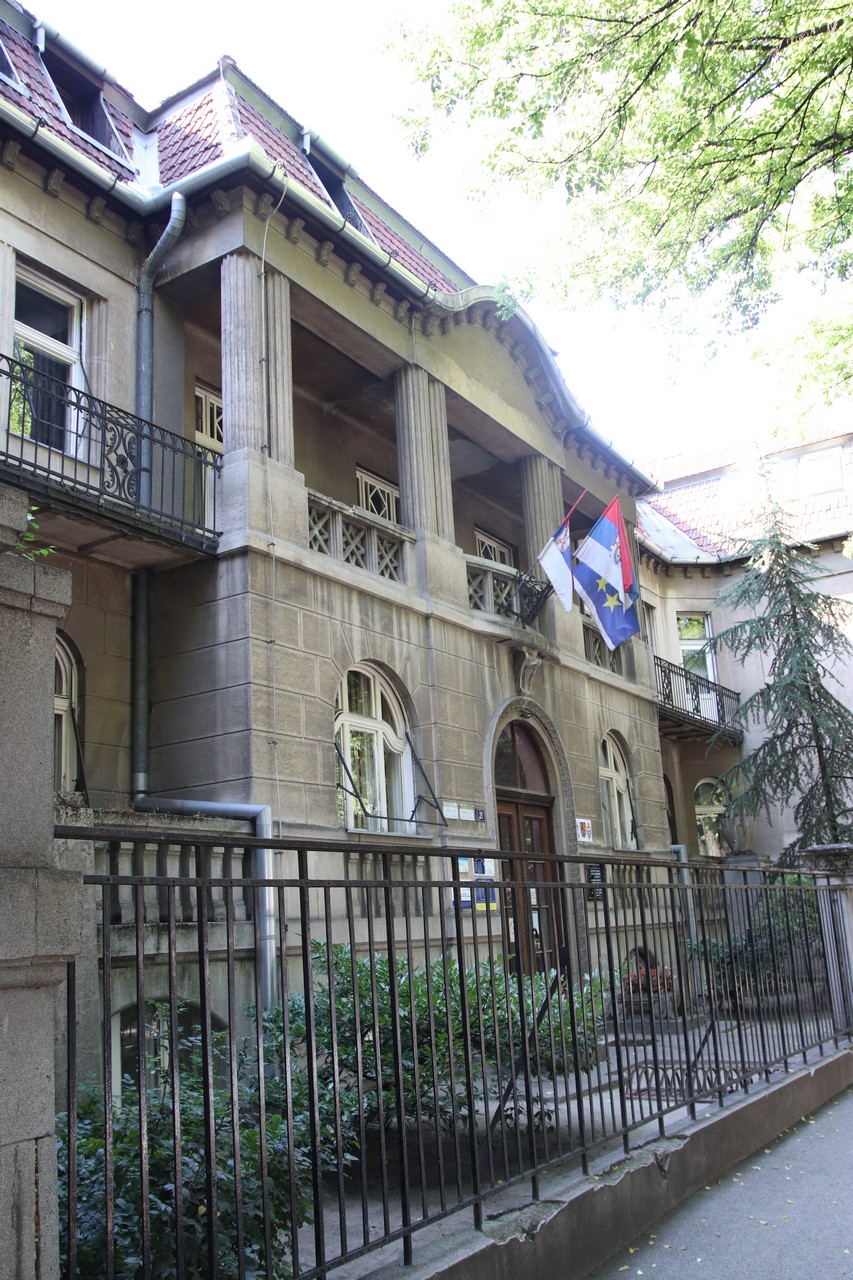
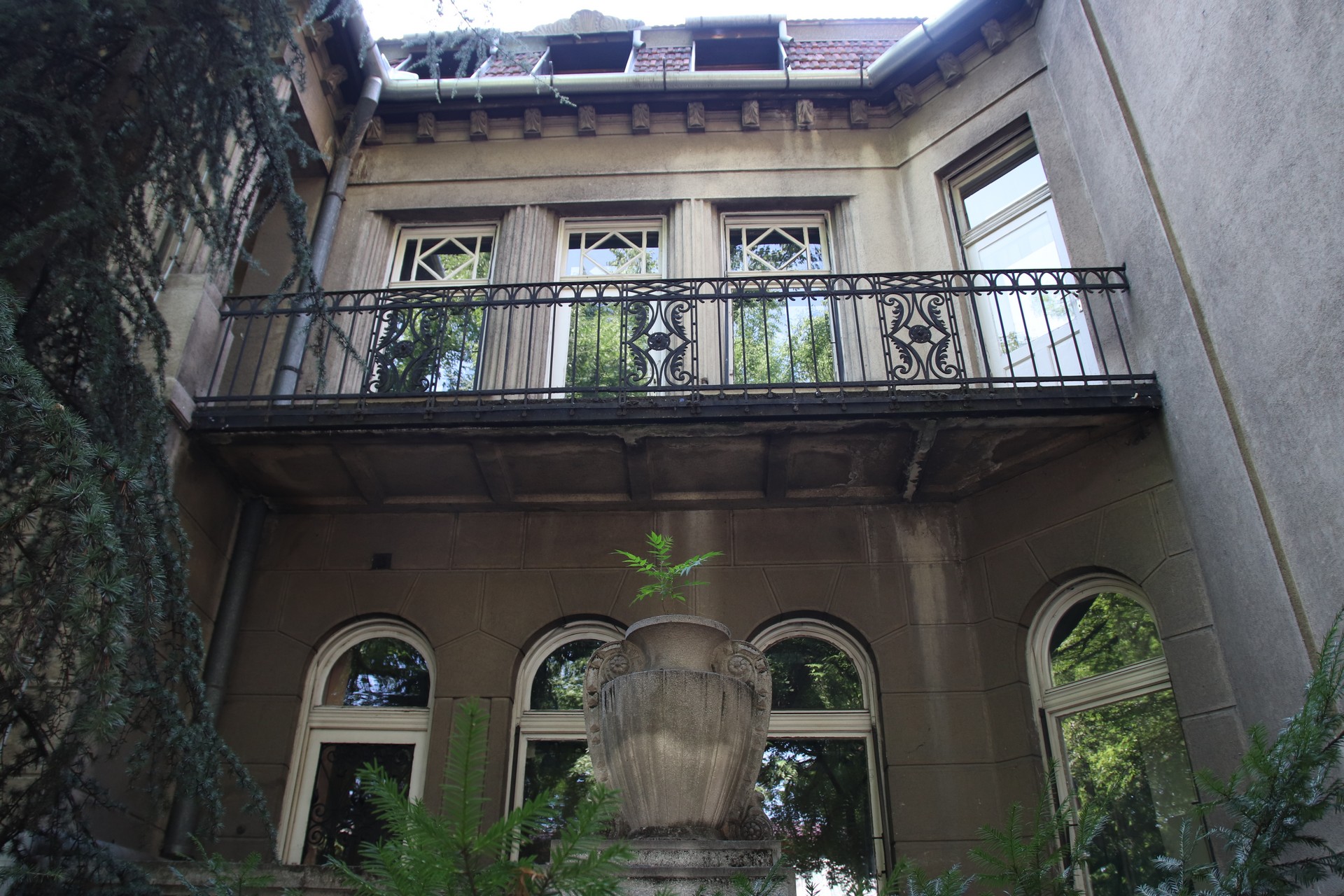
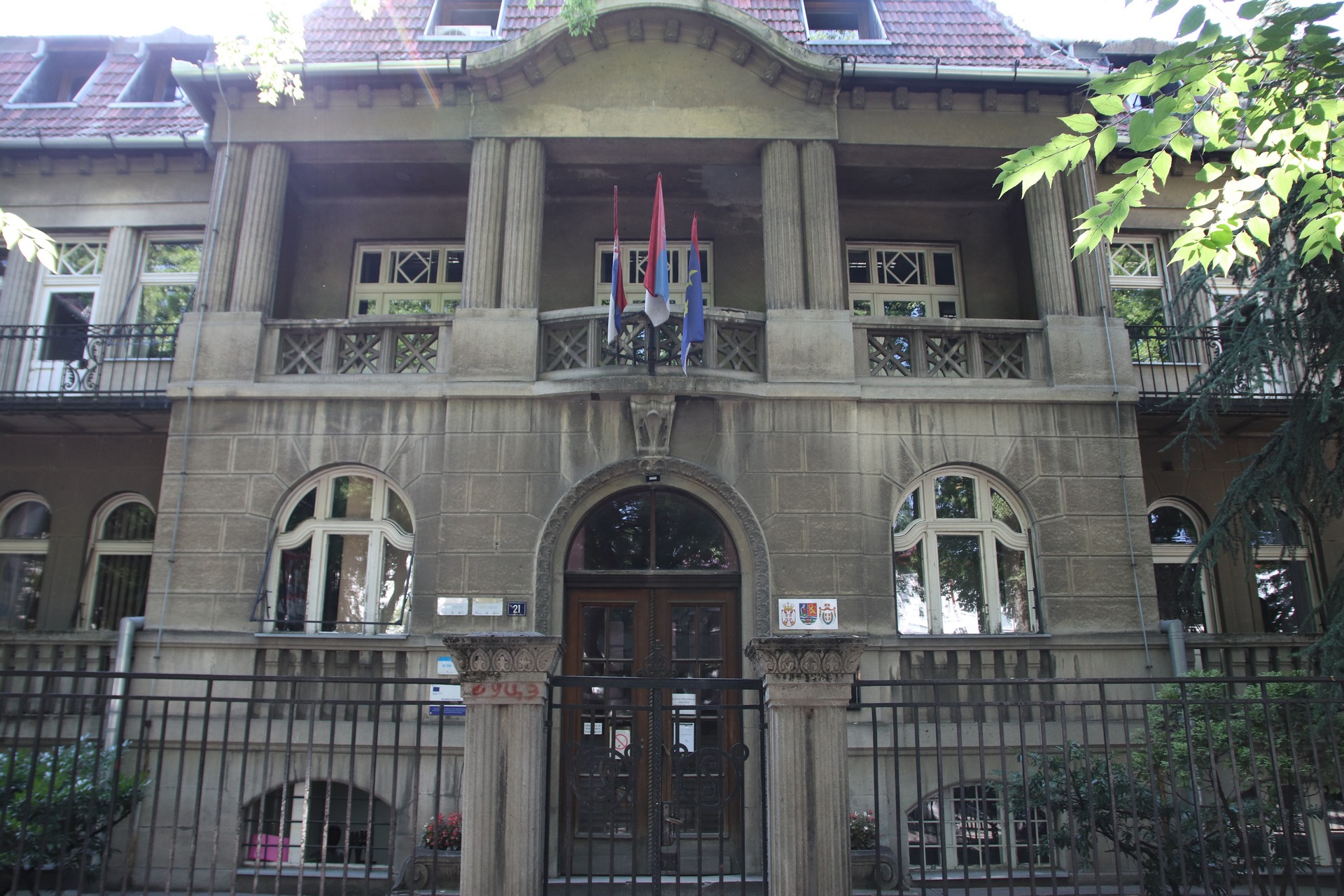
Former Jewish hospital
The Jewish hospital was founded in 1923, but in 1936 it moved into the building you see today on Đure Đaković Street. It was then the only Jewish hospital in Yugoslavia. Poor members of the Jewish community were treated free of charge, while those with limited funds paid only a...
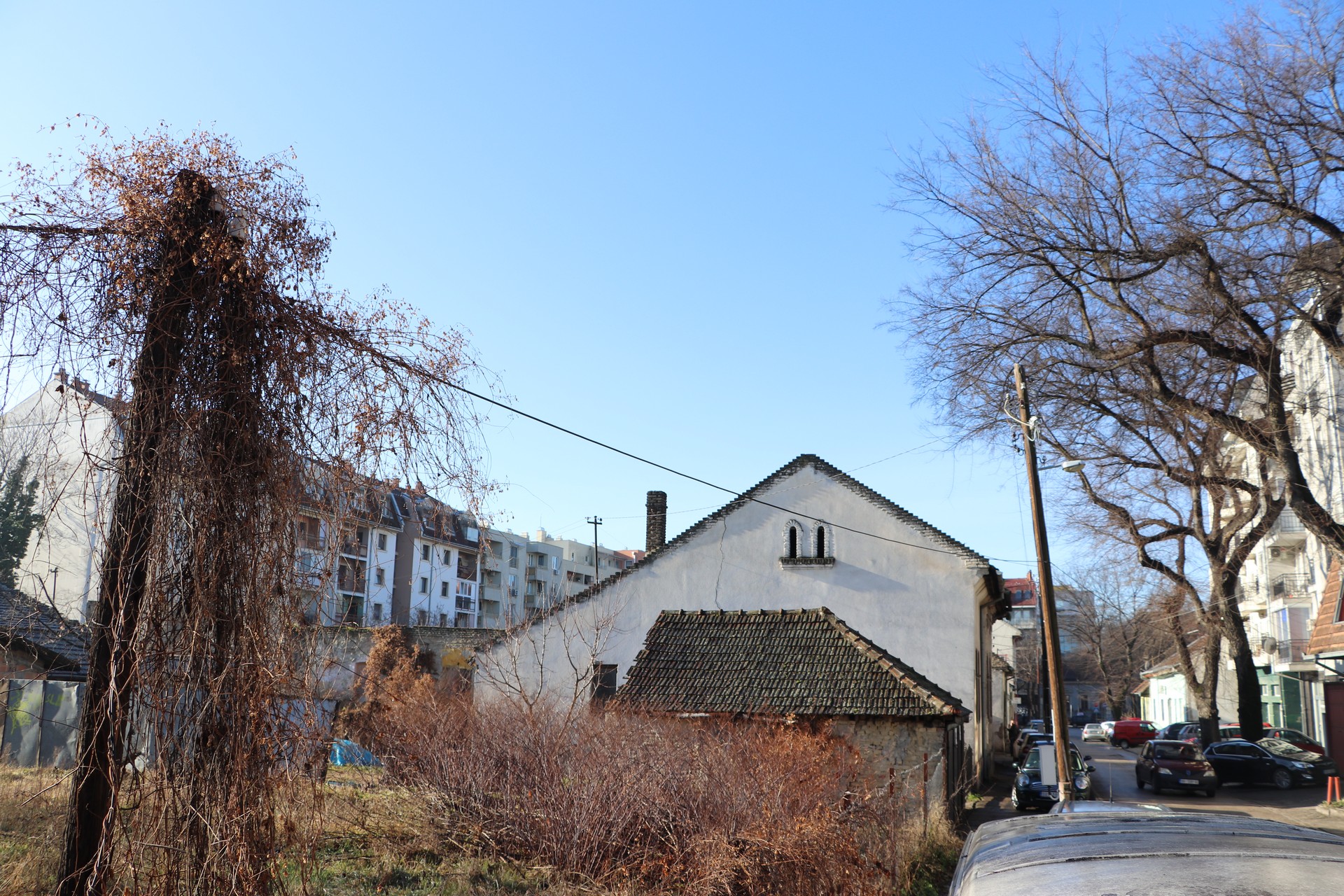
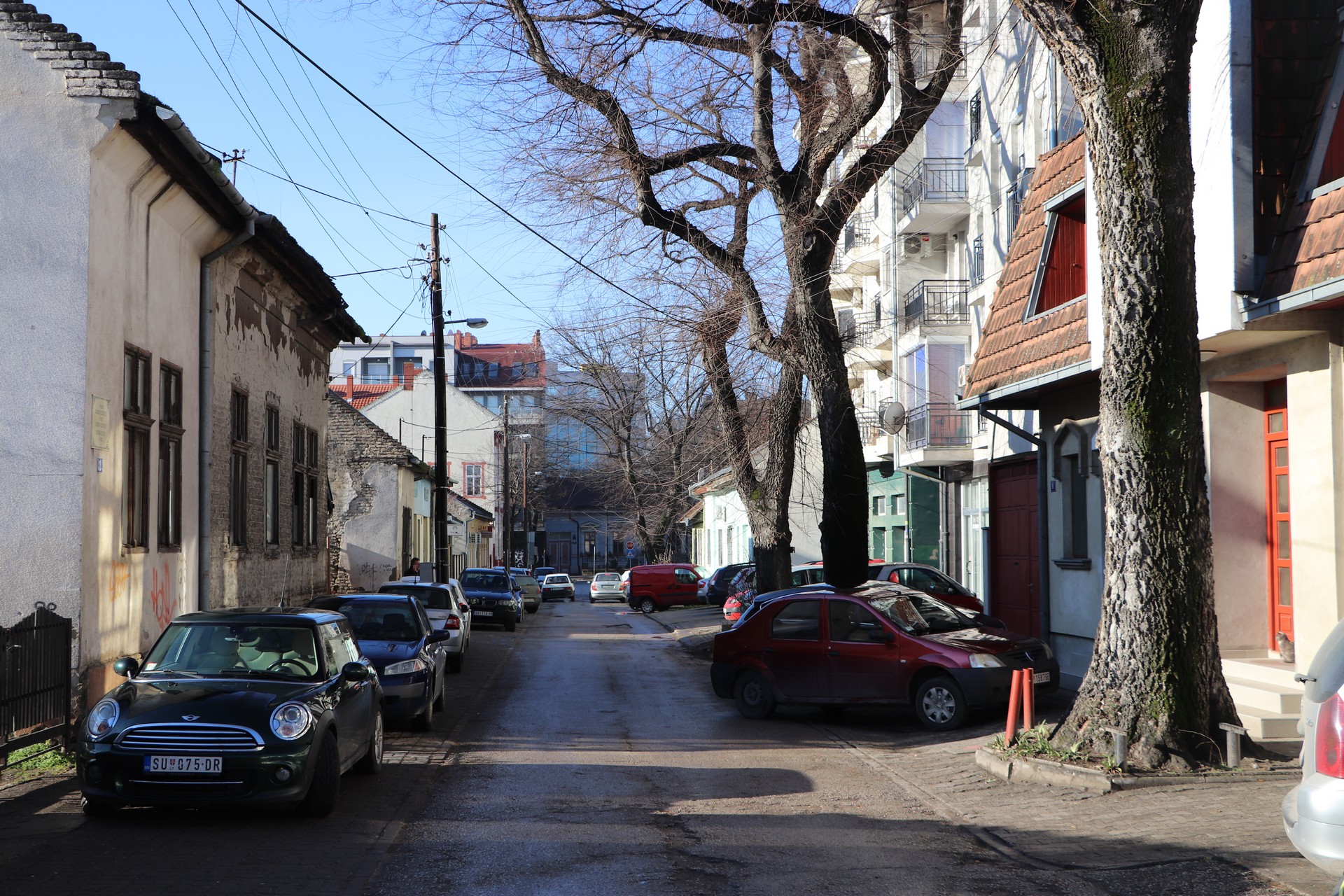

The Ghetto and the Holocaust
Hitler’s Germany attacked Yugoslavia on the 6th of April 1941. From that point on, the region of Bačka was occupied by Hungary and was considered an integral part of the country. At first, Jews were not taken to concentration camps in large numbers, but Jewish men were taken to forced...
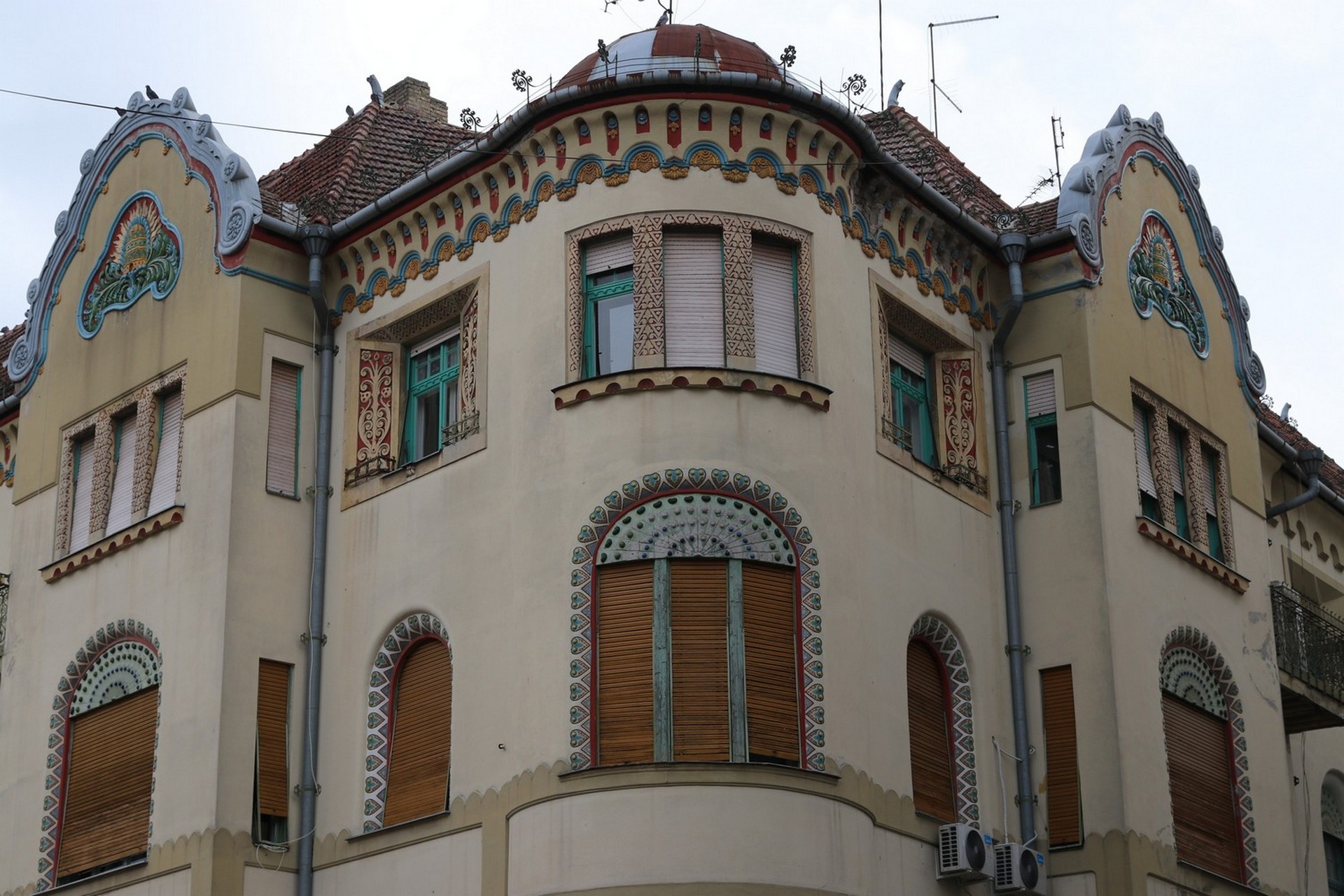
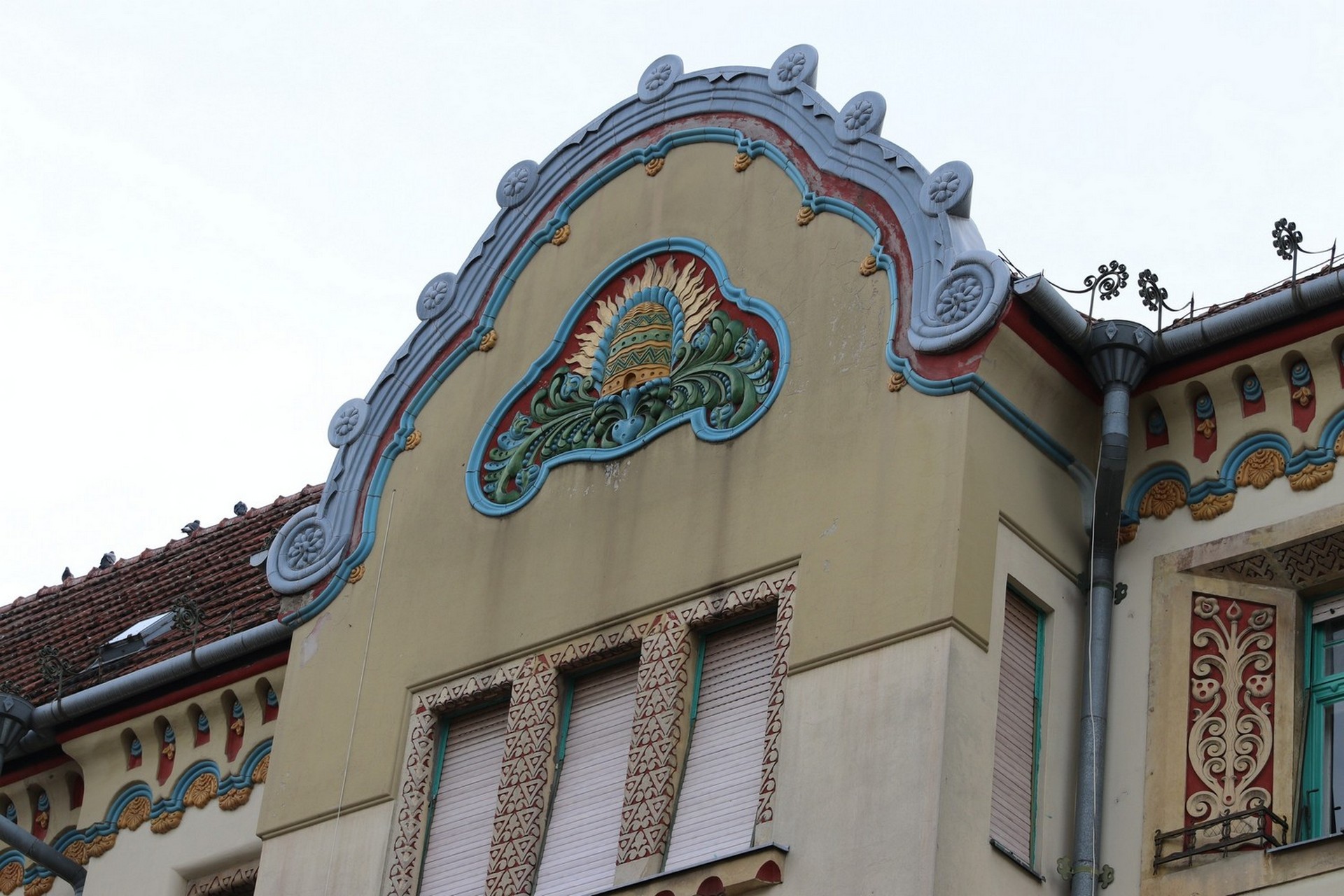
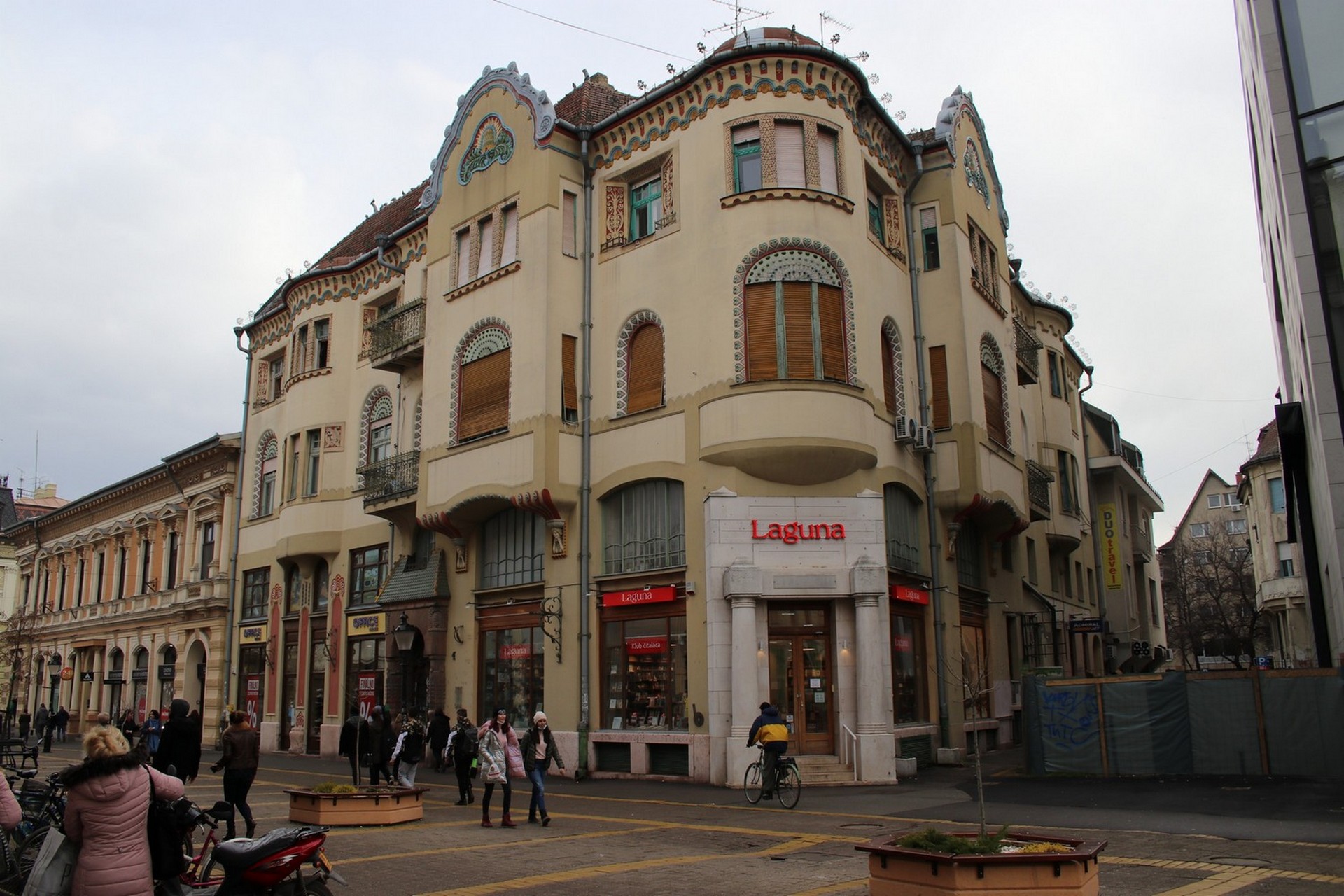
The Former Subotica Savings Bank Palace
This building was designed in the Hungarian Art Nouveau style by two Jewish architects: Marcell Komor and Dezső Jakab. They created the bank in 1907, in between designing the Synagogue and the City Hall. It used to be the only bank on the city’s main street. In addition to the...
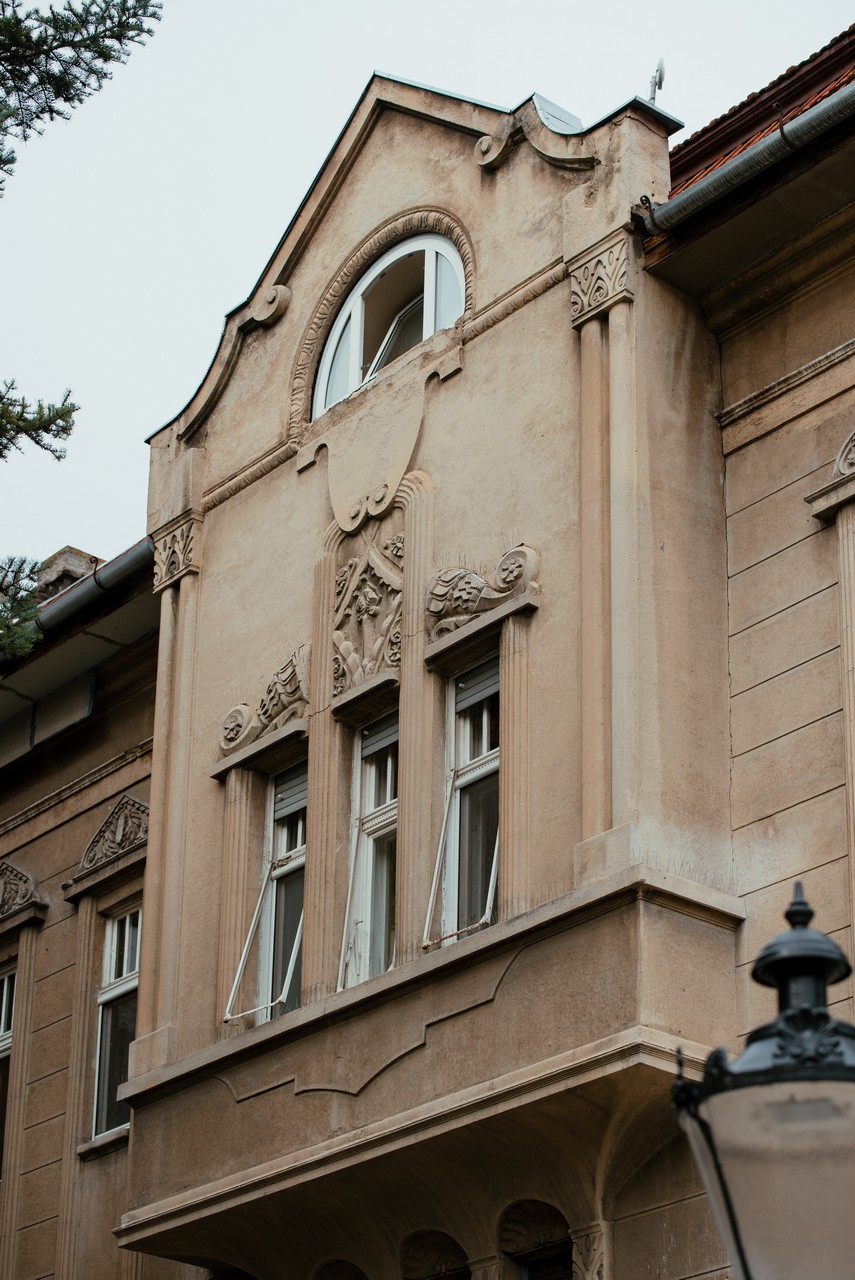
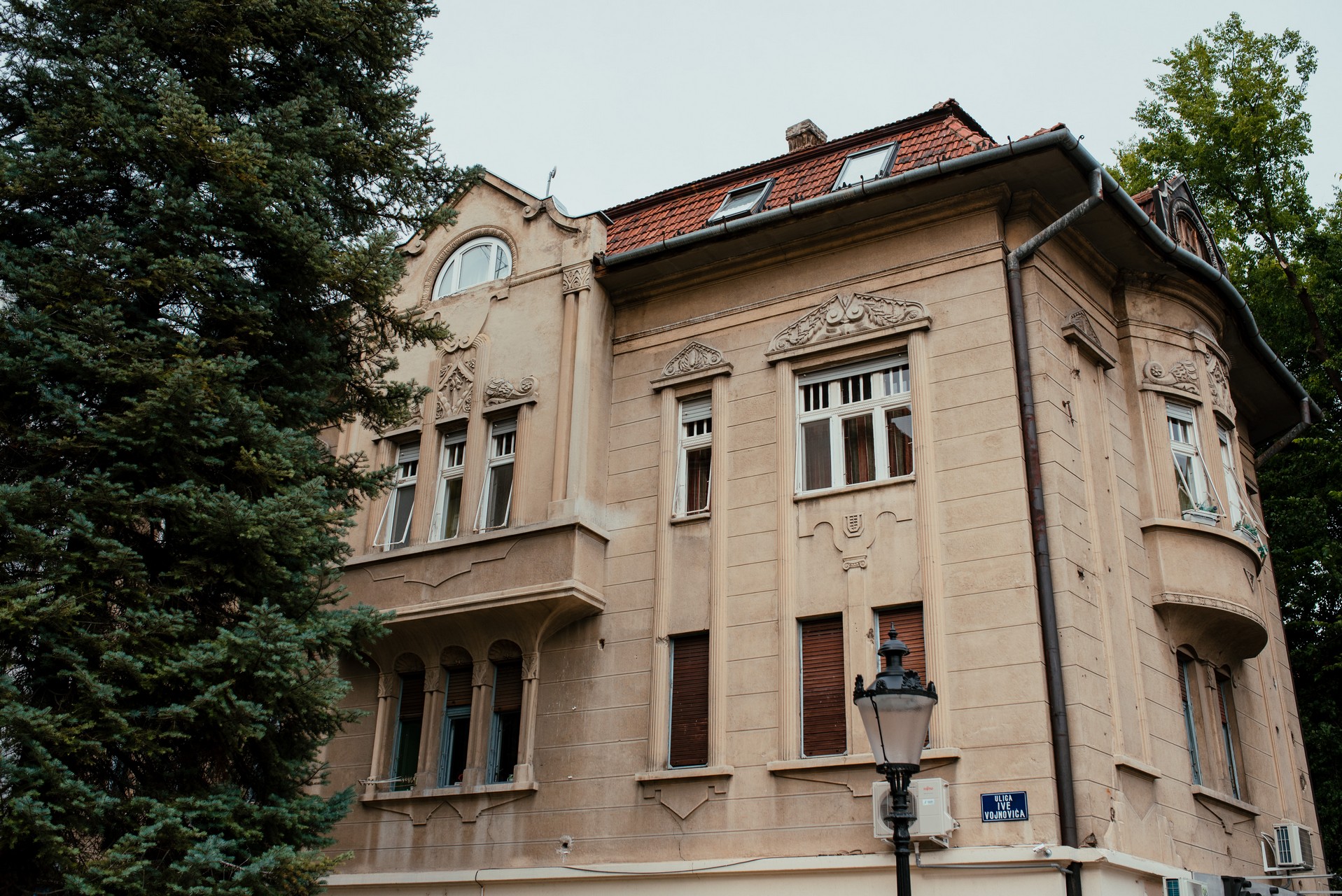
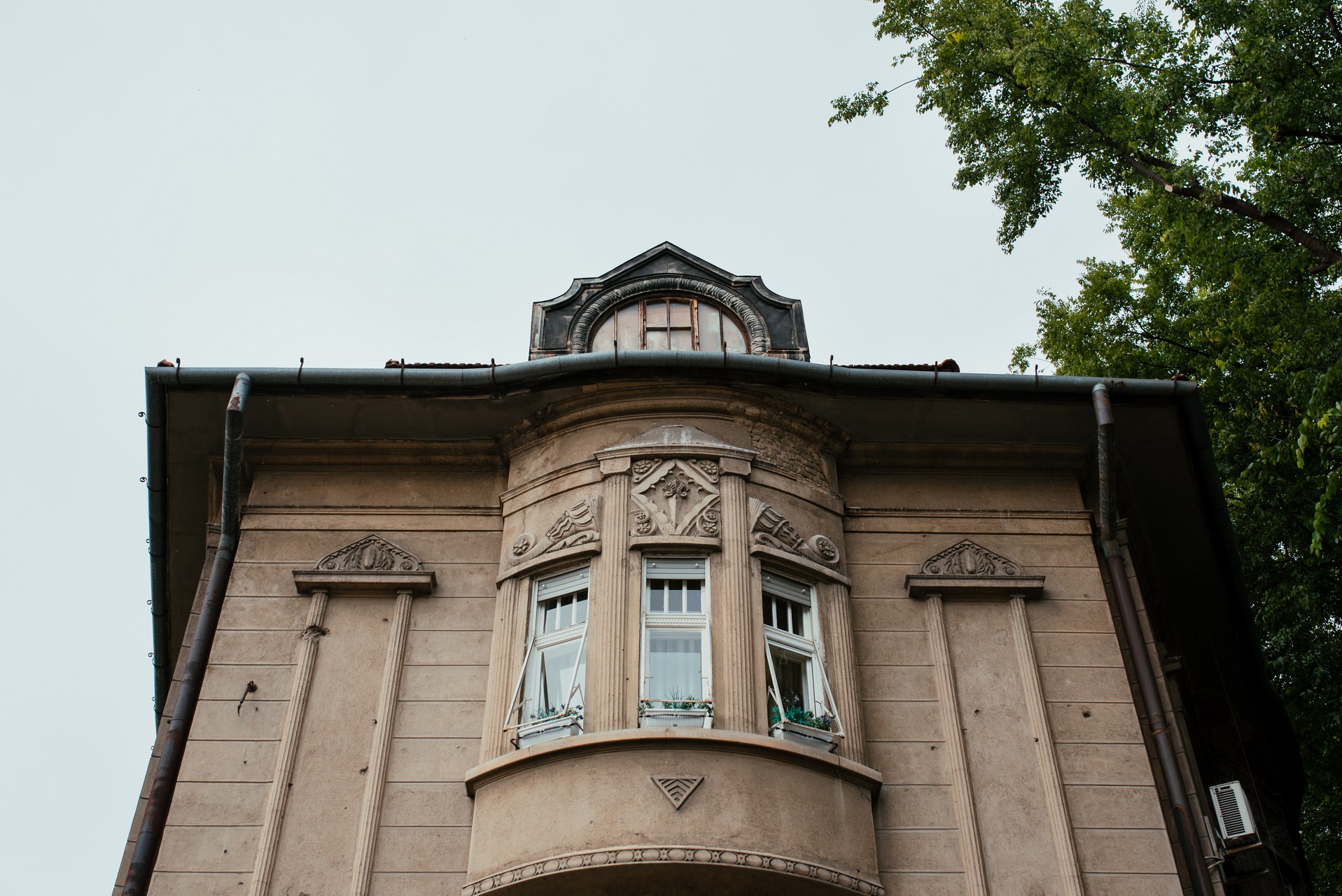
József Ruff’s Palace
After his father’s death in 1909, József Ruff moved to Subotica with his mother and his brother Adolf. Following in the footsteps of their uncle Julius Brummer, the owner of the First Subotica Bonbon and Chocolate Factory, the brothers started their own candy factory in 1917. After Adolf’s death in...
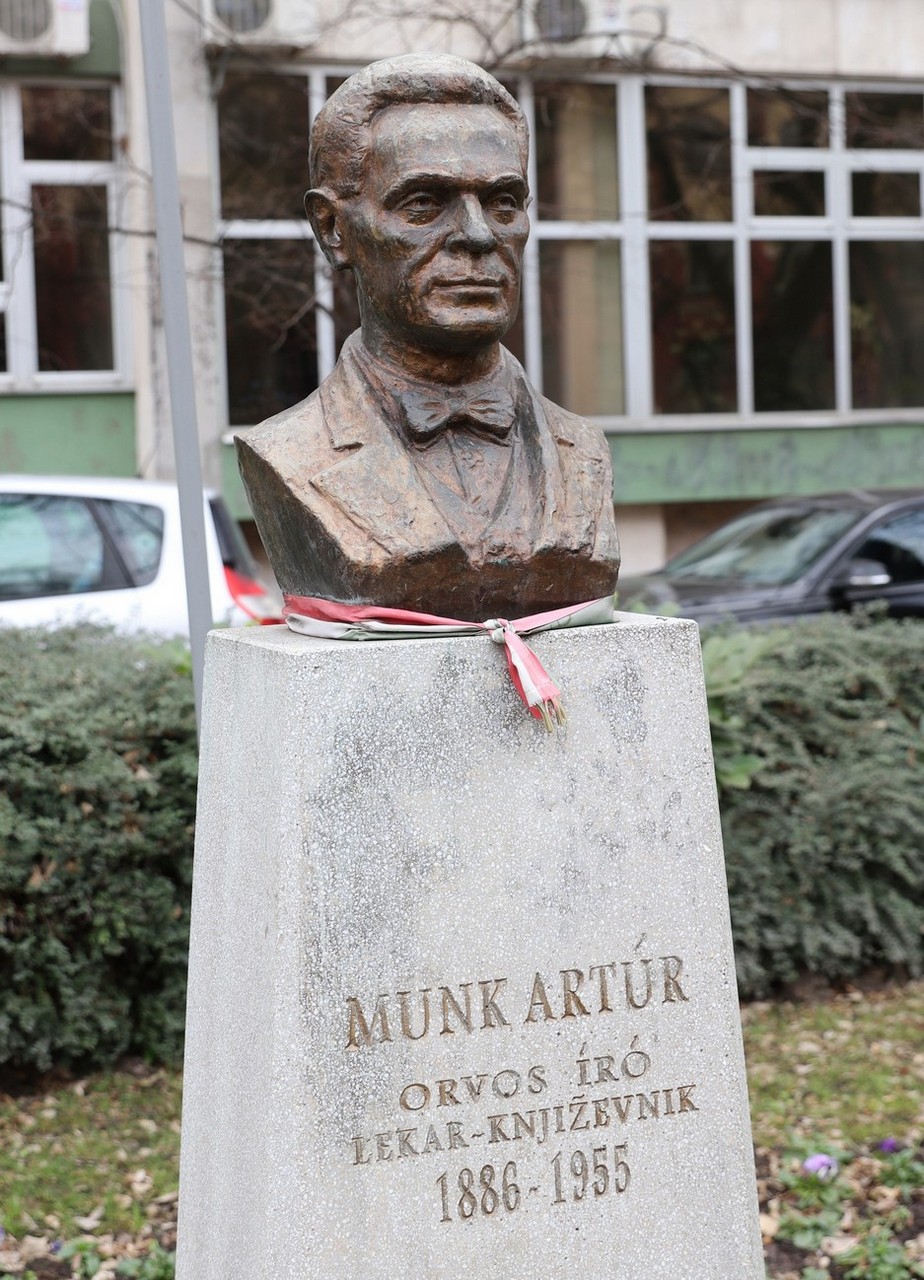
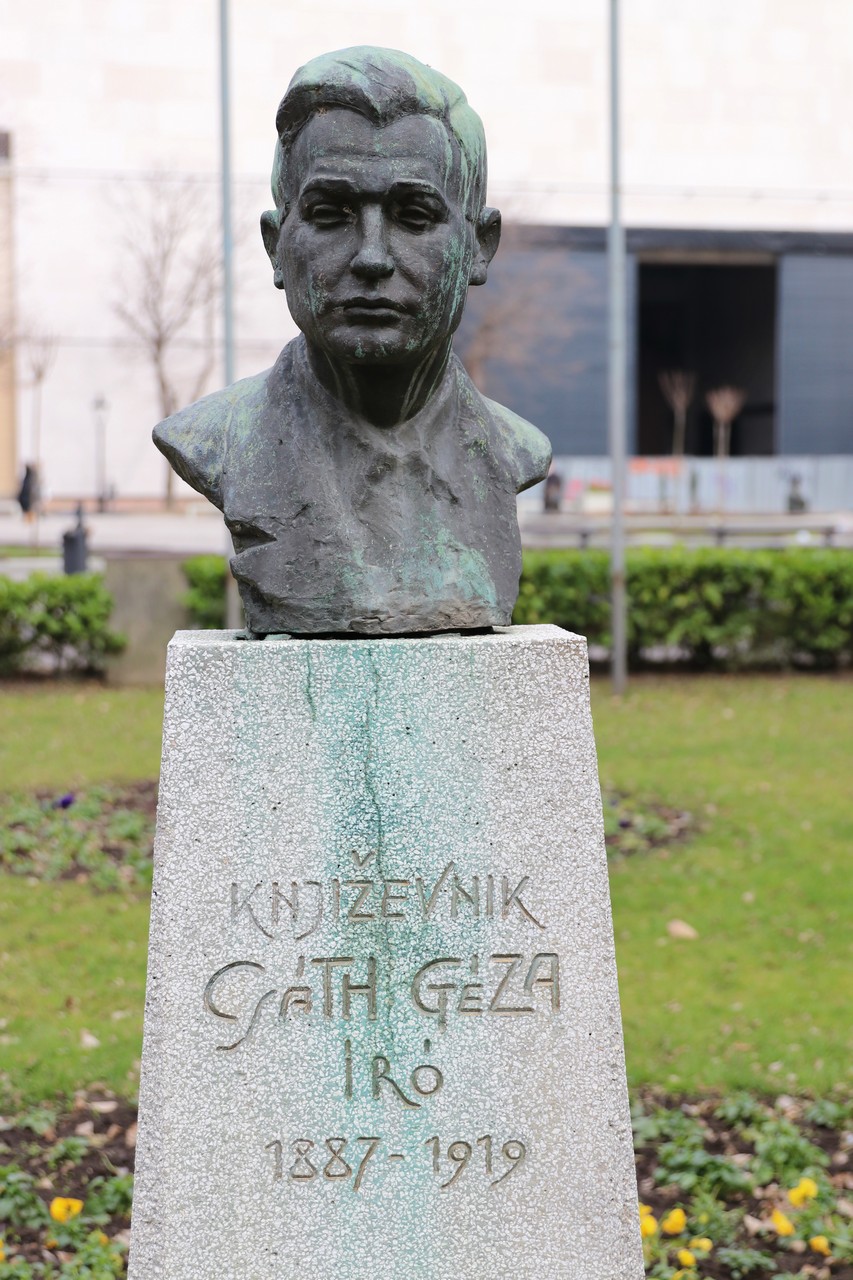

Busts of Kiš, Csáth and Munk
Danilo Kiš was born in Subotica on the 22nd of February 1935 and died in Paris on the 15th of October 1989. He was a writer of modern expression – a poet, prose writer, translator, and essayist. The bust of Danilo Kiš, which was created by Erzsébet Weil, was erected...
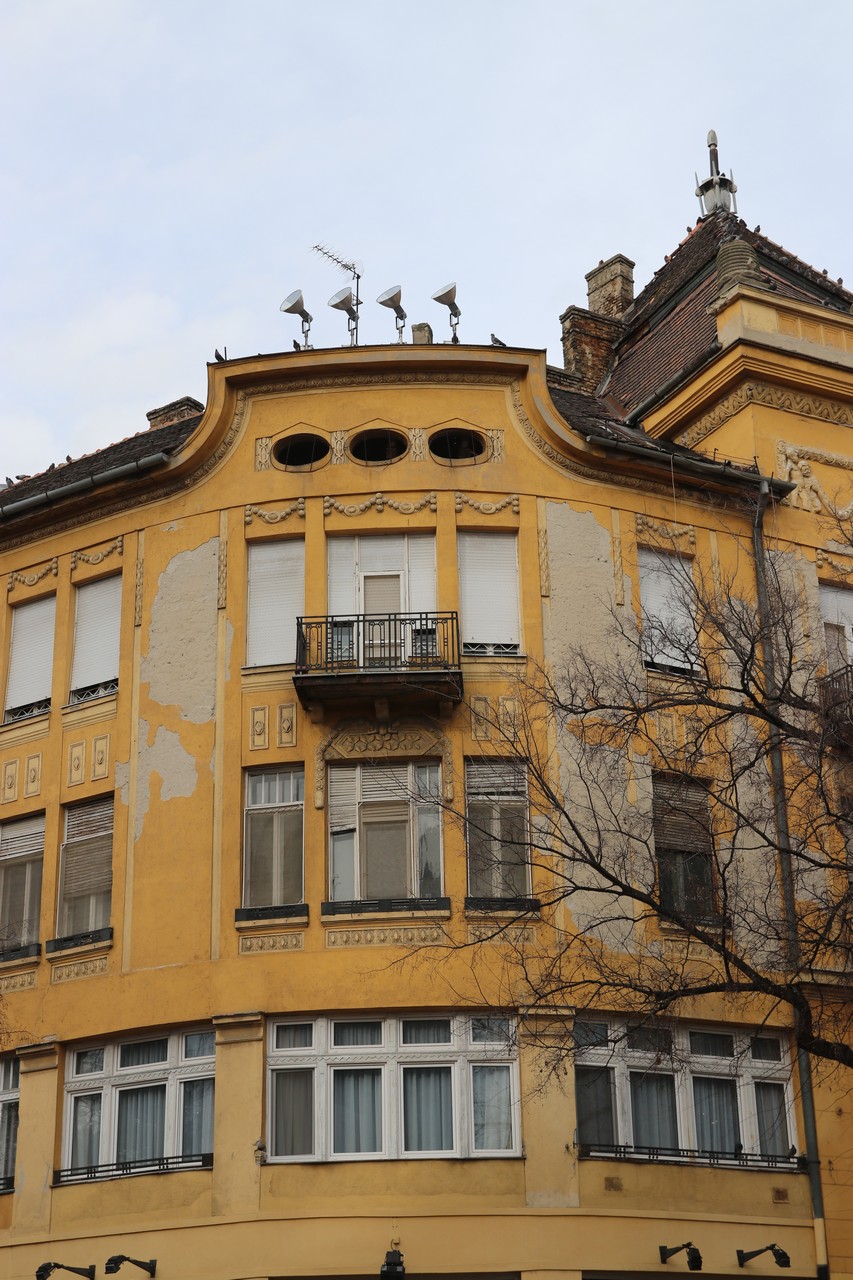
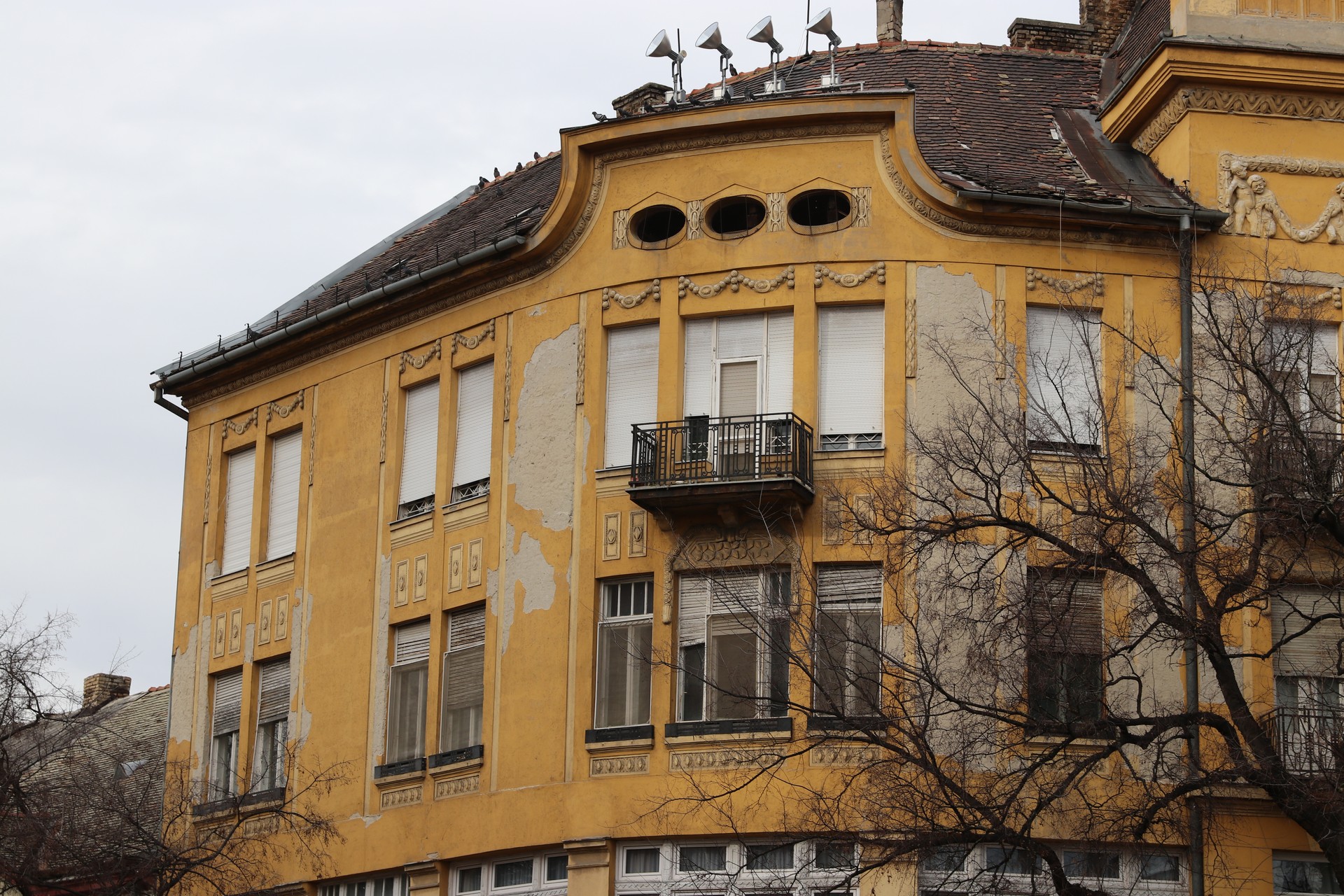
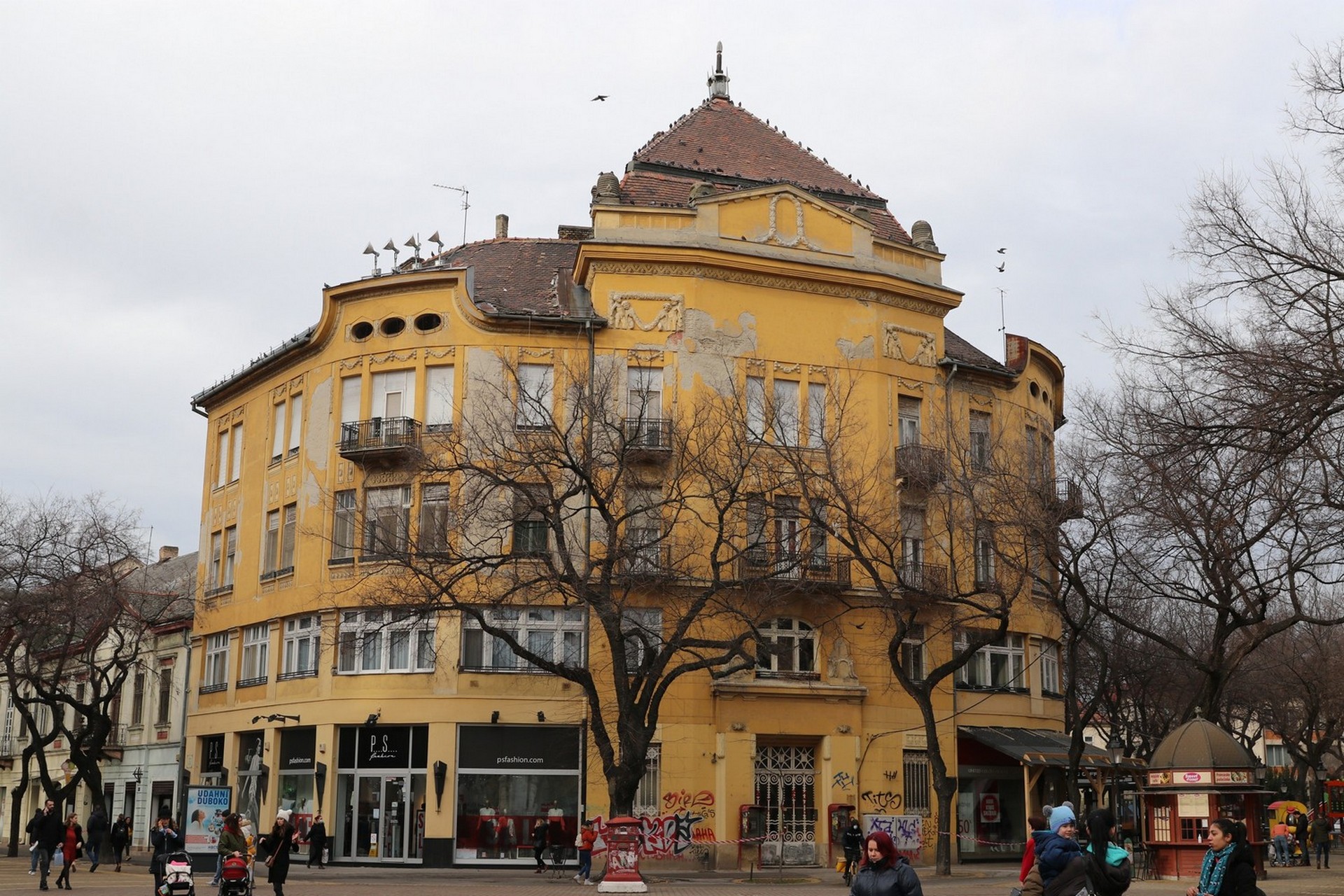
The Former Hungarian credit bank
Despite being large and in a central location, the former bank building often goes unnoticed, being overshadowed by the City Hall, the spacious town square, a monumental theatre. The bank was built in 1911 in the geometric Vienna Secession style. The designer of this building was Budapest architect Alfréd Hajós,...
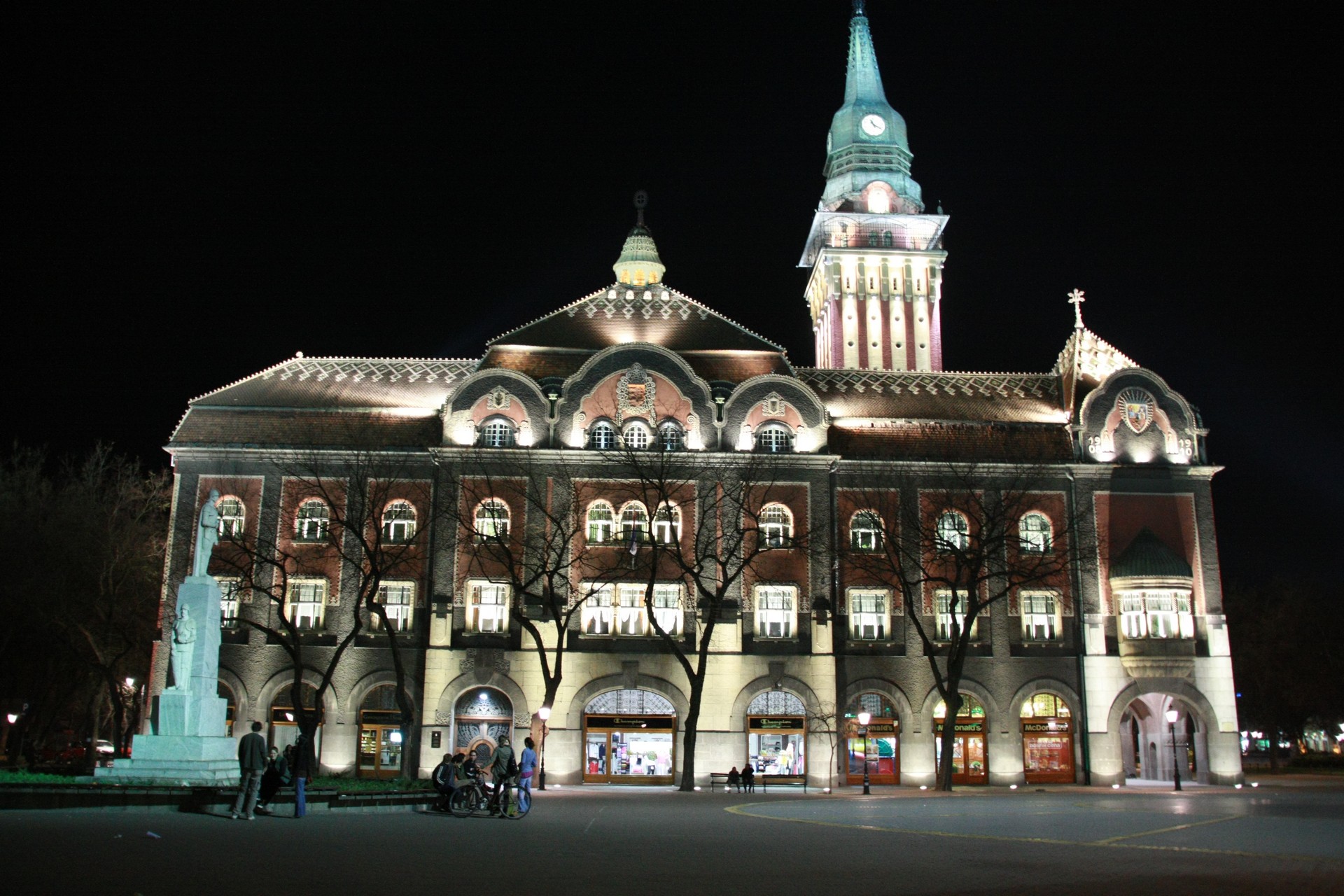 cc_Prissantenbär_CC-BY-SA-3.0
cc_Prissantenbär_CC-BY-SA-3.0
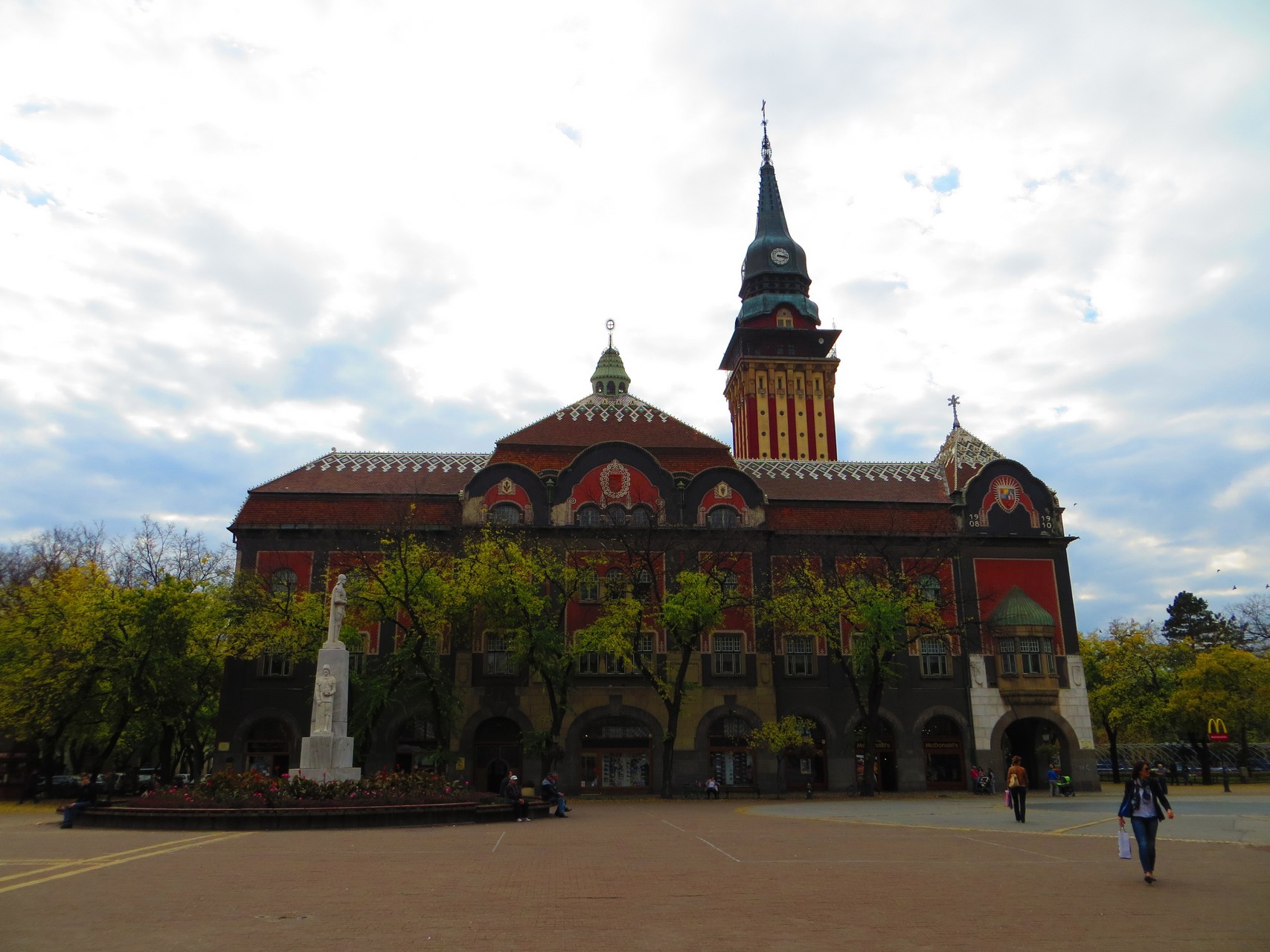 cc_Mister No_CC-BY-3.0
cc_Mister No_CC-BY-3.0
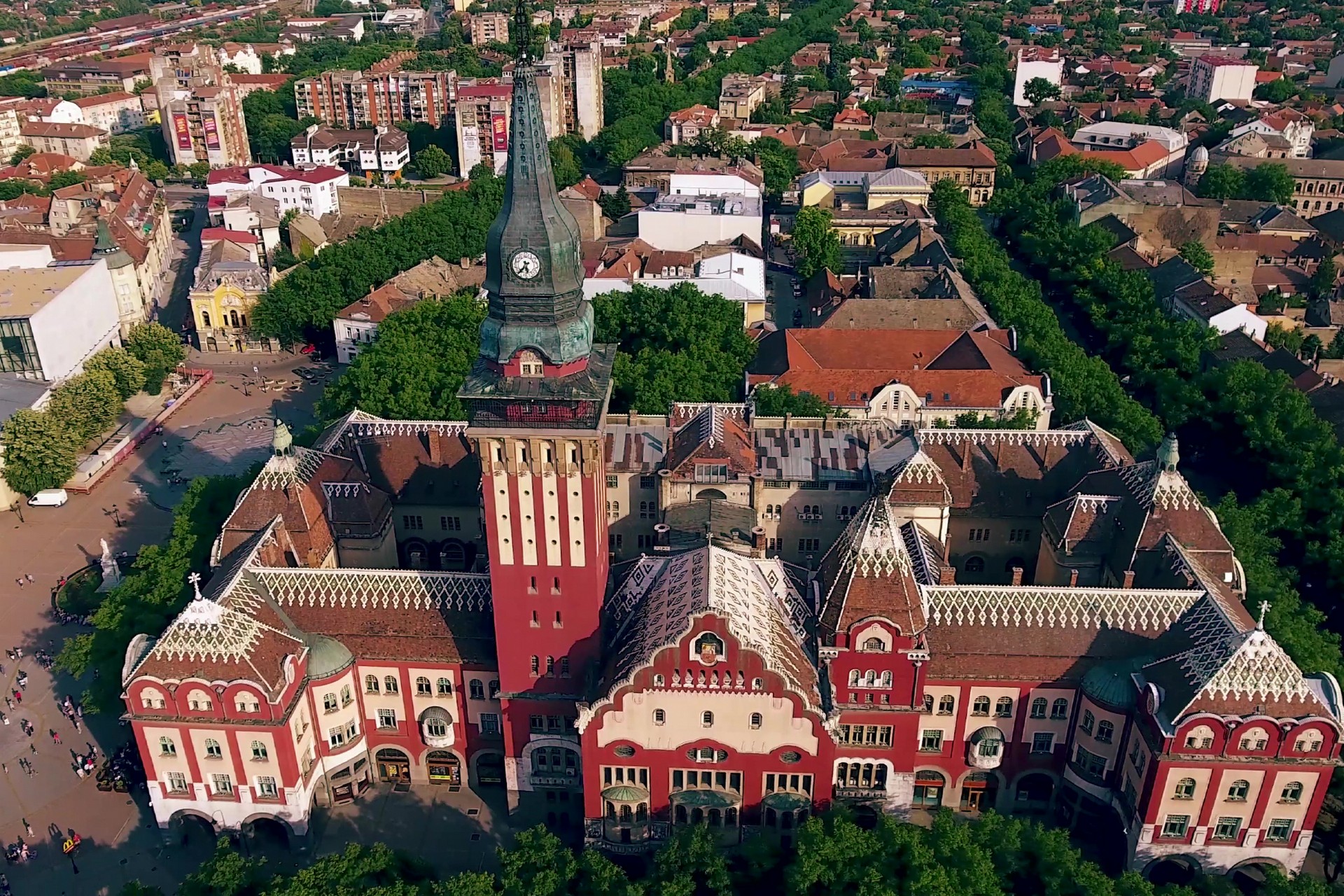
The Subotica City Hall
Unlike many European cities, Subotica has a central district that is not dominated by a cathedral or a church, but by a City Hall. Because of its location, size, and ornate Hungarian Art Nouveau architecture, the City Hall has become a landmark, the center and most iconic symbol of Subotica....
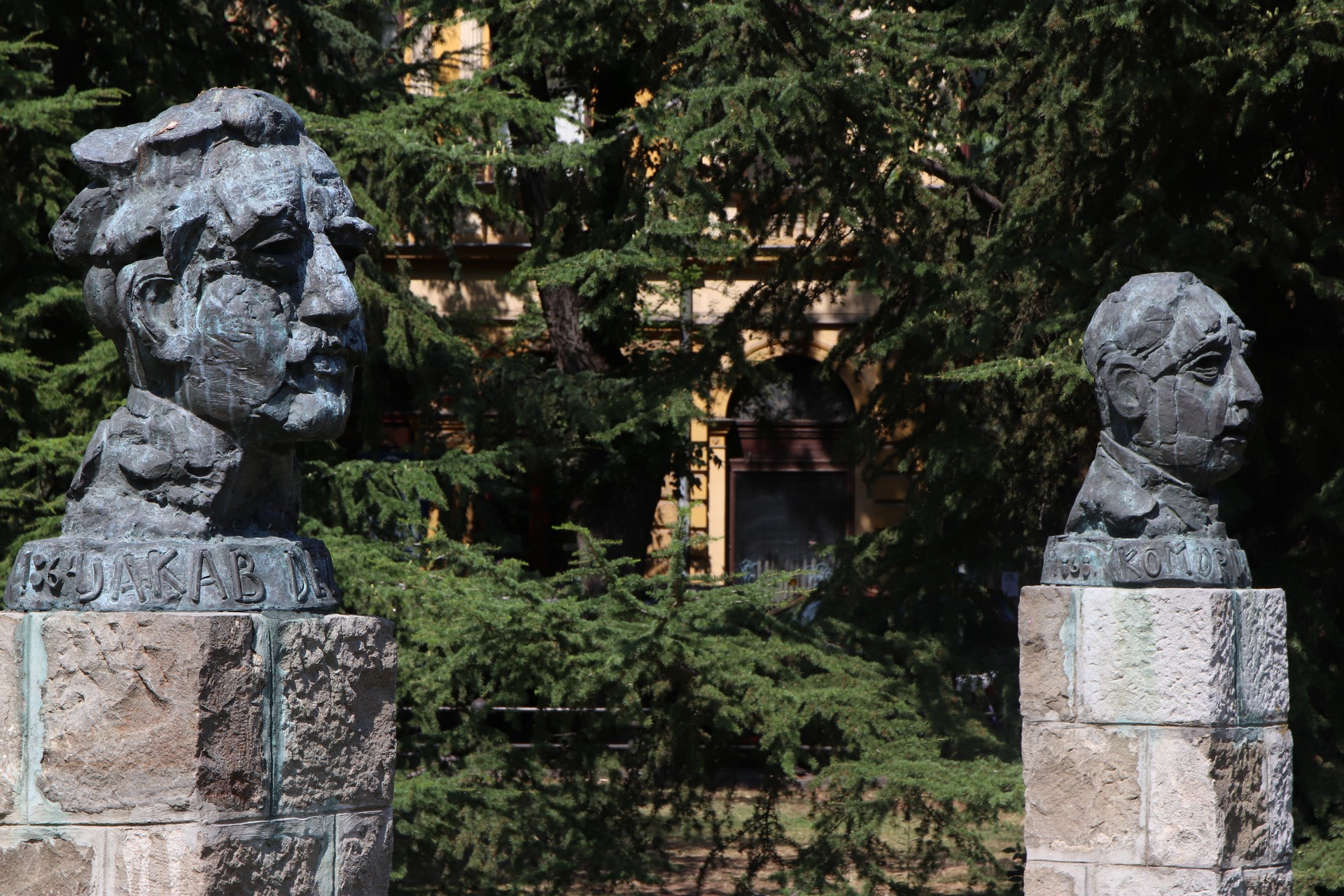
Busts of Jewish architects Komor and Jakab
The Budapest architects, Marcell Komor (1868-1944) and Dezső Jakab (1864-1932) are the most important Art Nouveau builders of Subotica. They designed, among others, the Subotica Synagogue, the City Hall, Spa complex in Palić and some other buildings in Subotica. Their two busts, the work of the sculptor Sava Halugin, erected...
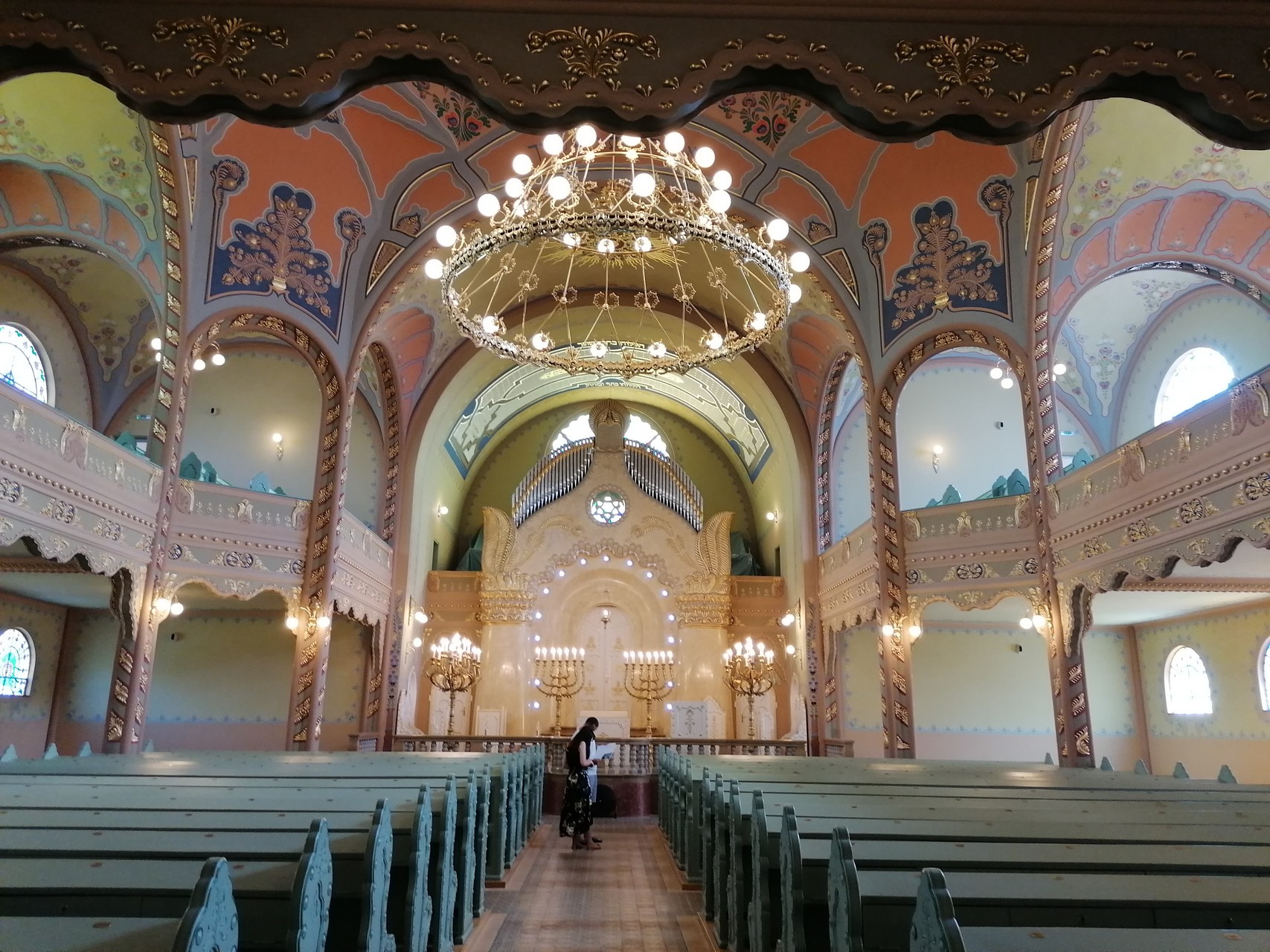 cc_ Ванилица_CC-BY-SA-4.0
cc_ Ванилица_CC-BY-SA-4.0
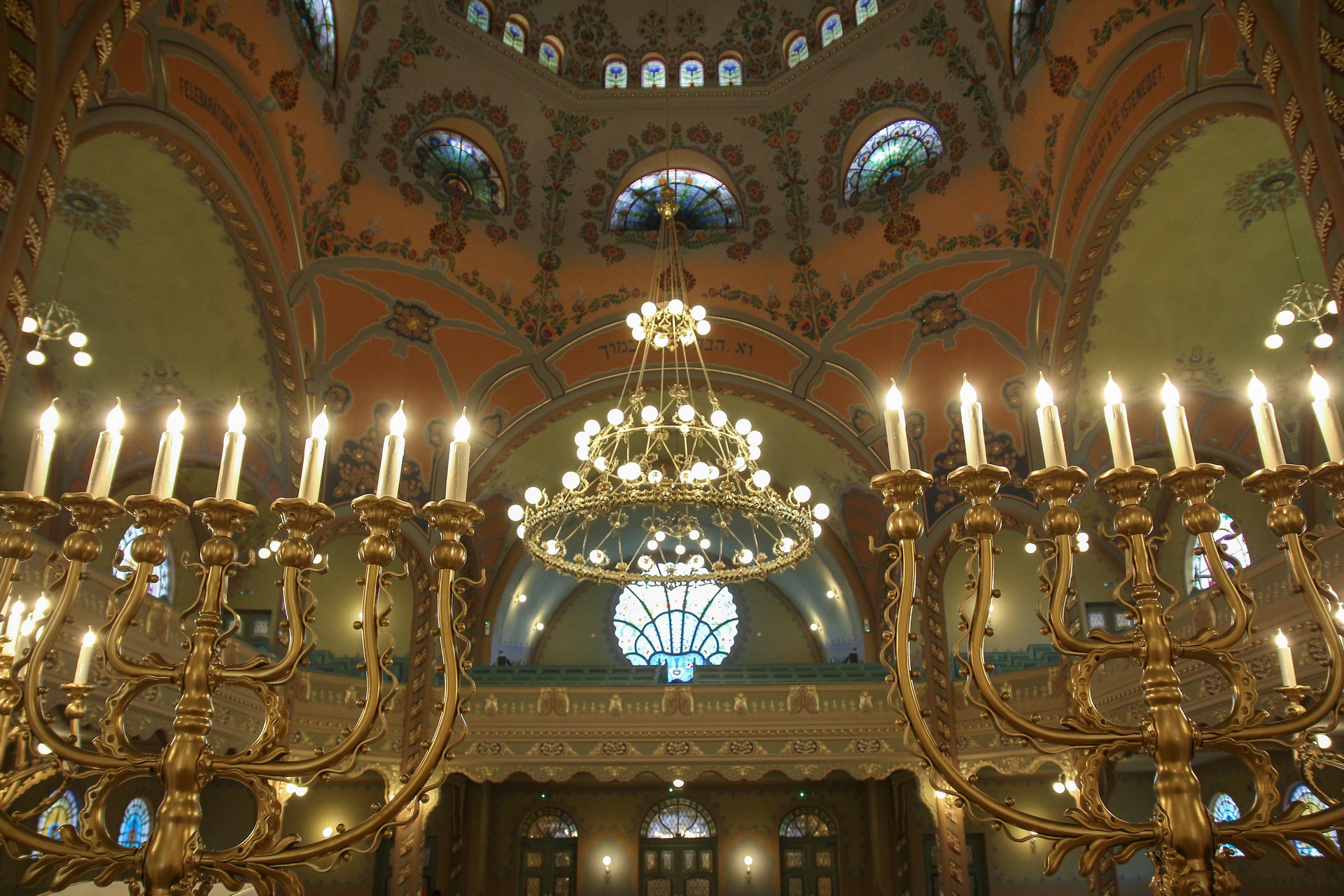
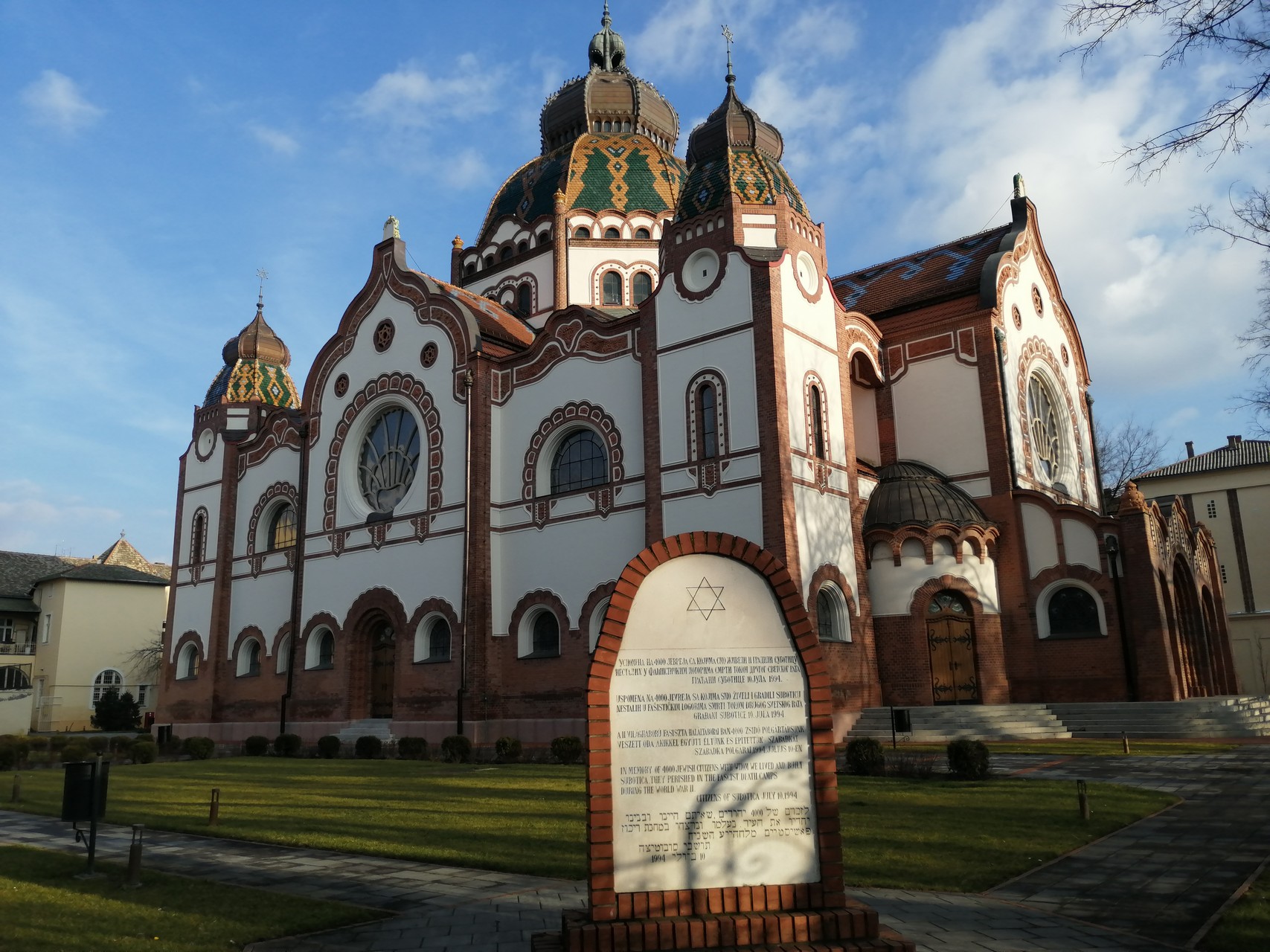 cc_Marko Stanojević_CC-BY-SA-4.0
cc_Marko Stanojević_CC-BY-SA-4.0
The Subotica Synagogue
The gorgeous Subotica Synagogue dates back to 1902. It was the work of renowned Budapest architects Dezső Jakab and Marcell Komor. In addition to its indisputable artistic and aesthetic value, it is exceptional because it is the only synagogue in Europe that contains elements of the Hungarian Art Nouveau style....
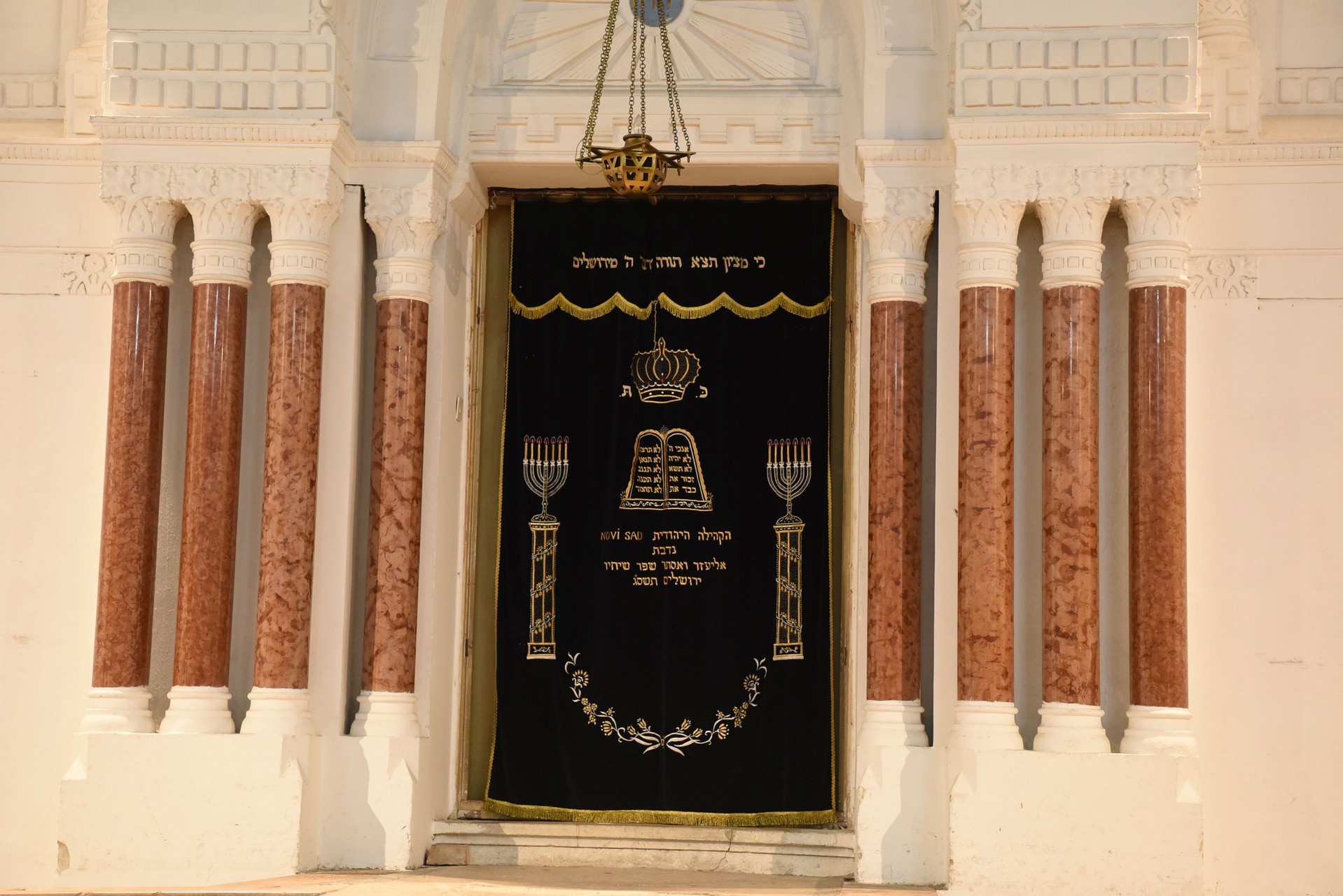
The start of life in Novi Sad
The first Jew Mark Phillip arrived in 1693 In 1720 in Petrovaradinski Šanac, as RackoSelo was then officially called, three Jews inhabitants were registered In the following decades twelve young Jews settled in the village looking for the right place for their young families This place was suitable for the...
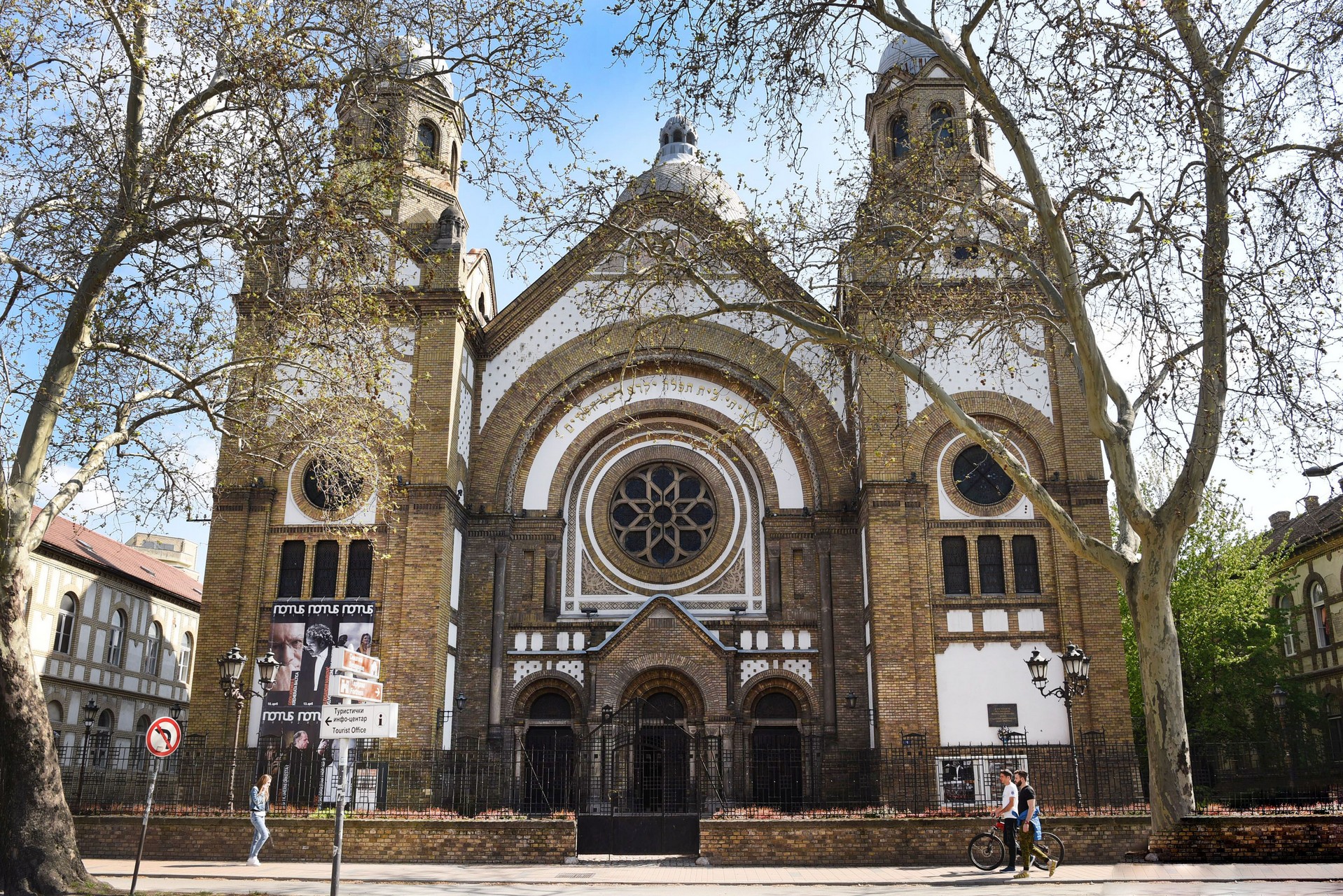
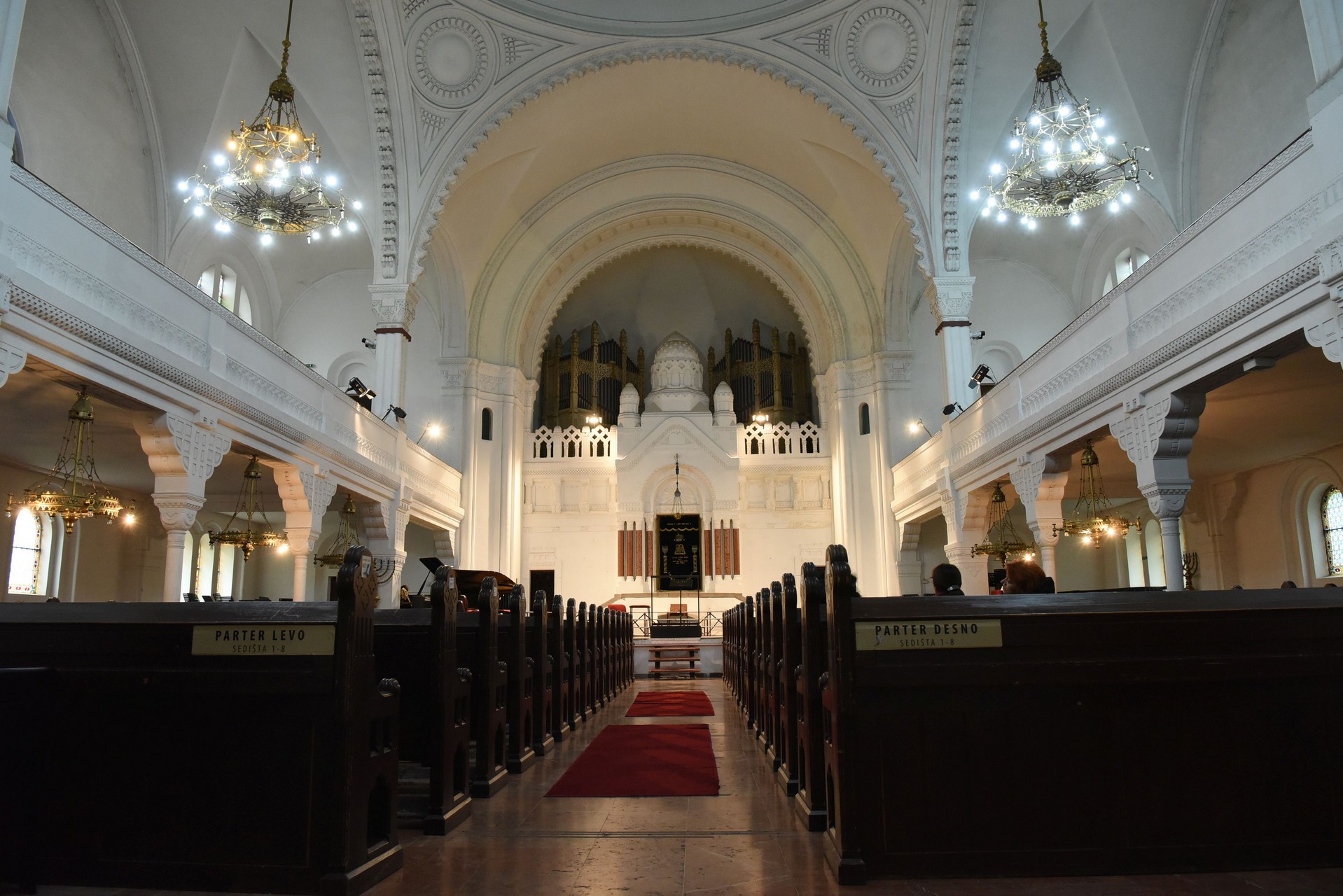
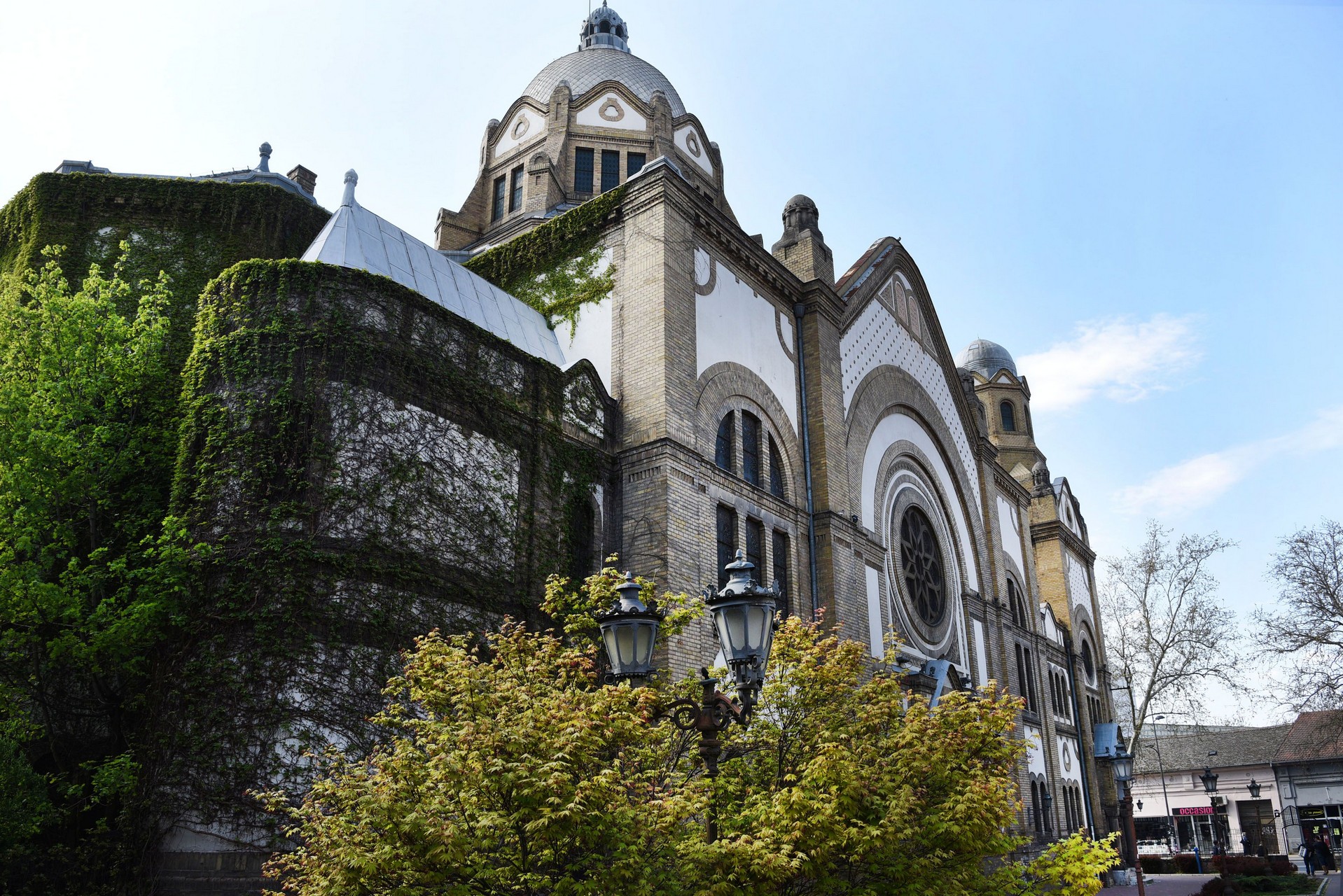
Synagogue
Built in1909, it dominates the view of Jevrejska street The consecration was performed on 8th September 1909 The designer was the famous architect Lipot Baumhorn The dimensions of the building are 52x25metres, the height of the main cupola is 40 metres, and of both side cupolas 27 metres. The diametre...
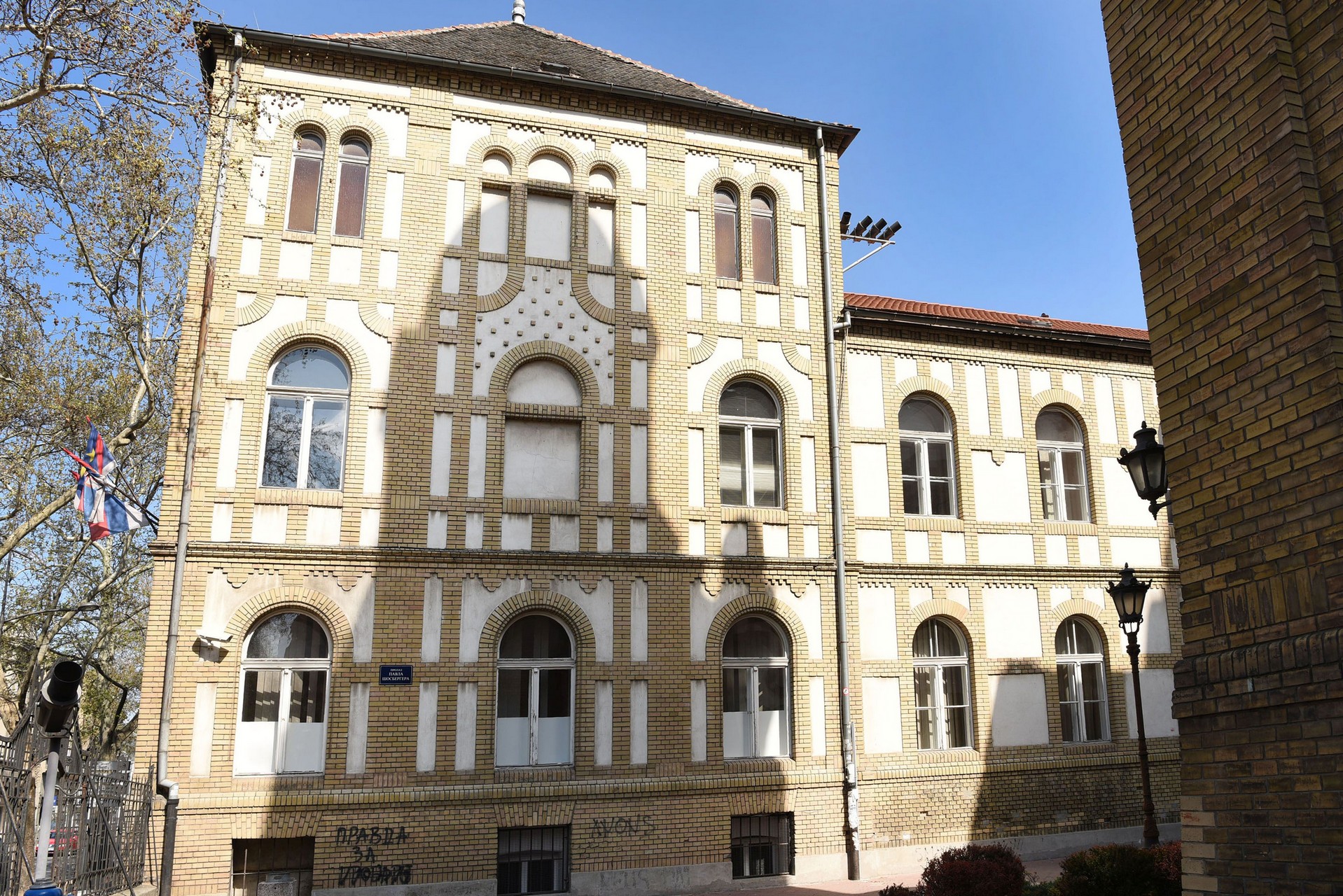
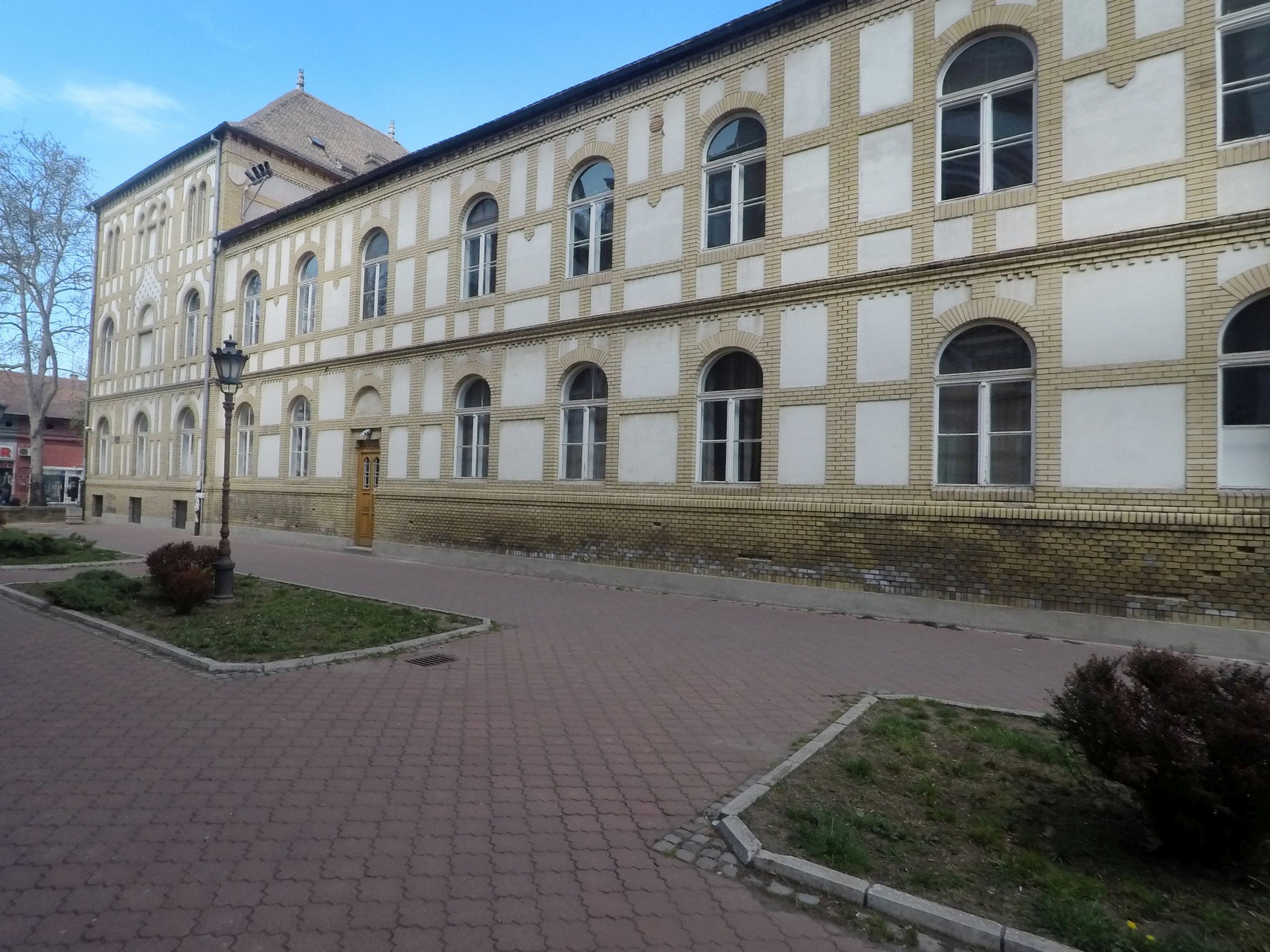 DCIM100GOPROGOPR2275.JPG
DCIM100GOPROGOPR2275.JPG
The Jewish School
The Jewish primary school’s history begins long ago in 1796 and involves changing building and location several times The last school building was raised in 1907, which with the Jewish municipality building and the synagogue, makes a unique architectural entity The Jewish primary school distinguished itself with its outstanding teaching...
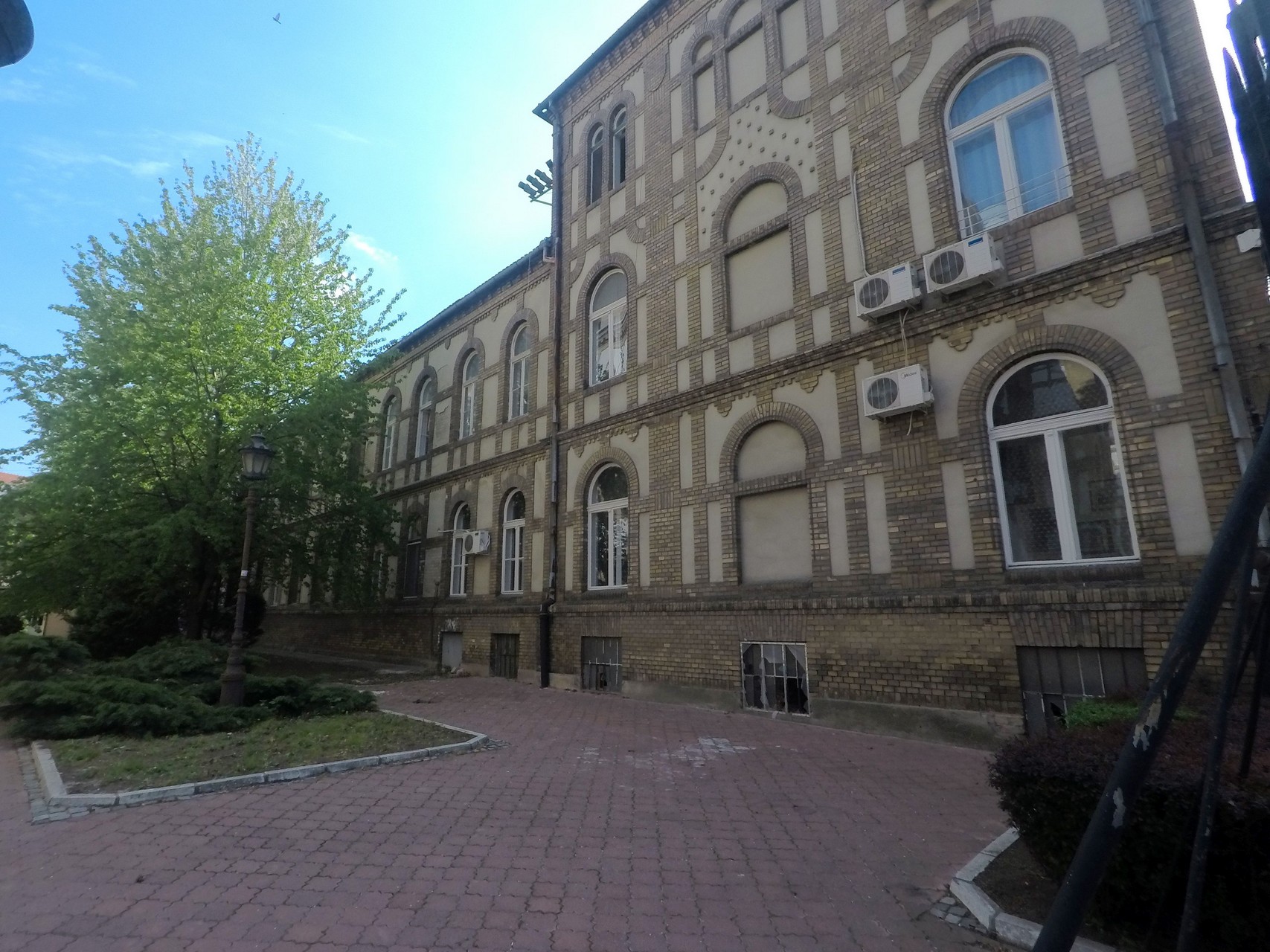 DCIM100GOPROGOPR2290.JPG
DCIM100GOPROGOPR2290.JPG
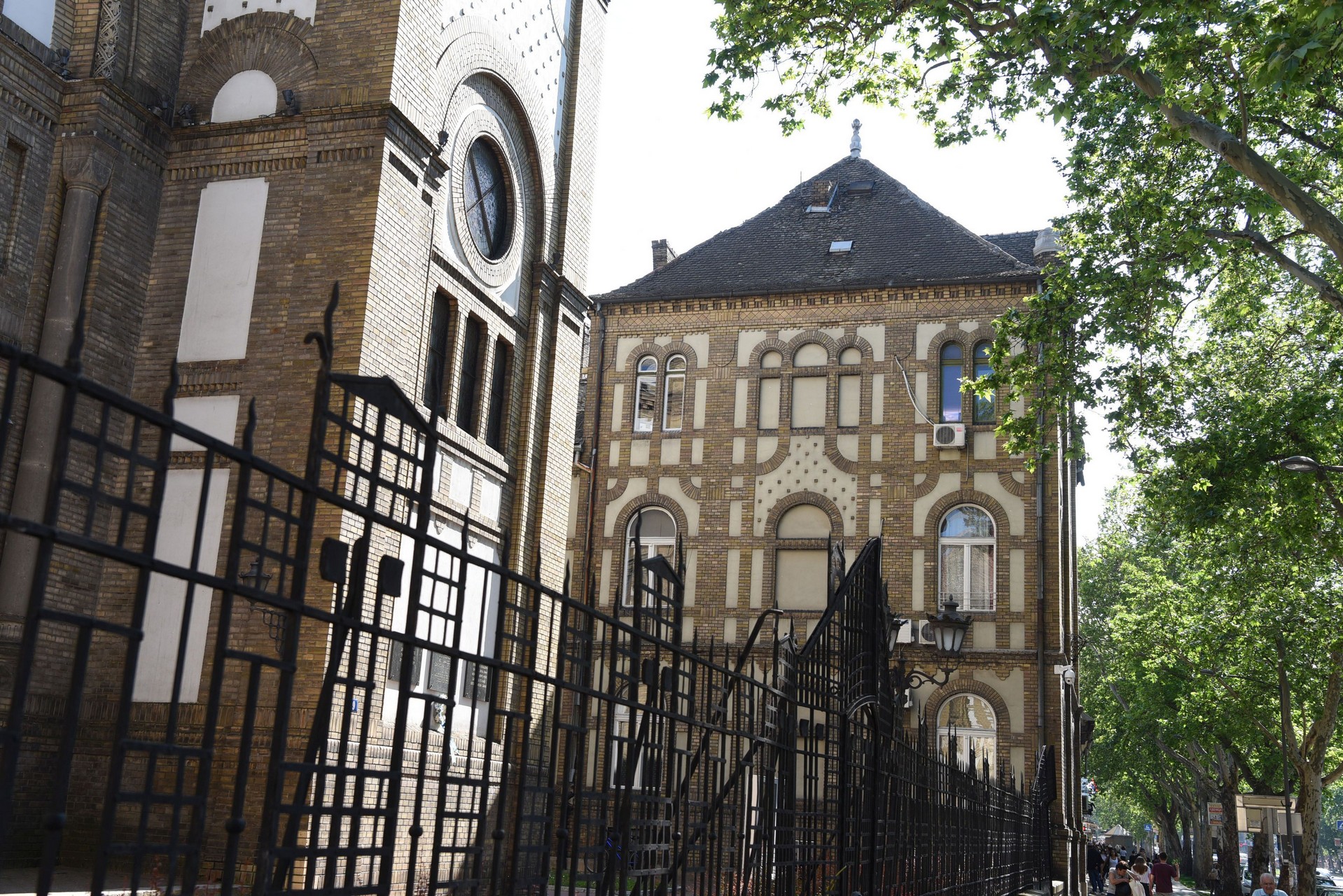
The Jewish municipality
Already by the first decades of the 18th Century the Novi Sad Jews had gathered in the Comunitas Judaeorum –the Jewish municipality Throughout the entire history of the Novi Sad Jews many important issues concerning the community have been settled here As part of the project of building a new...
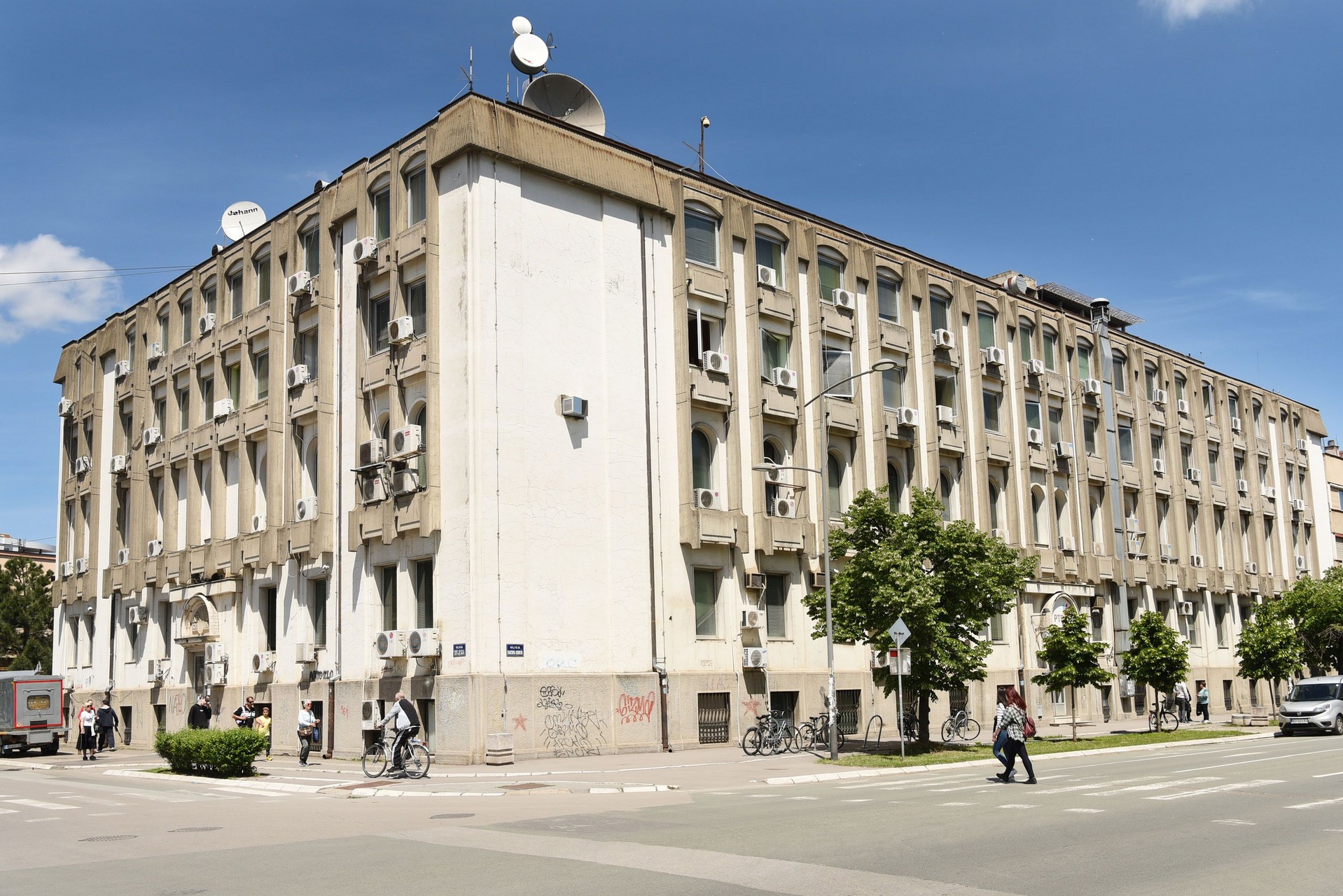
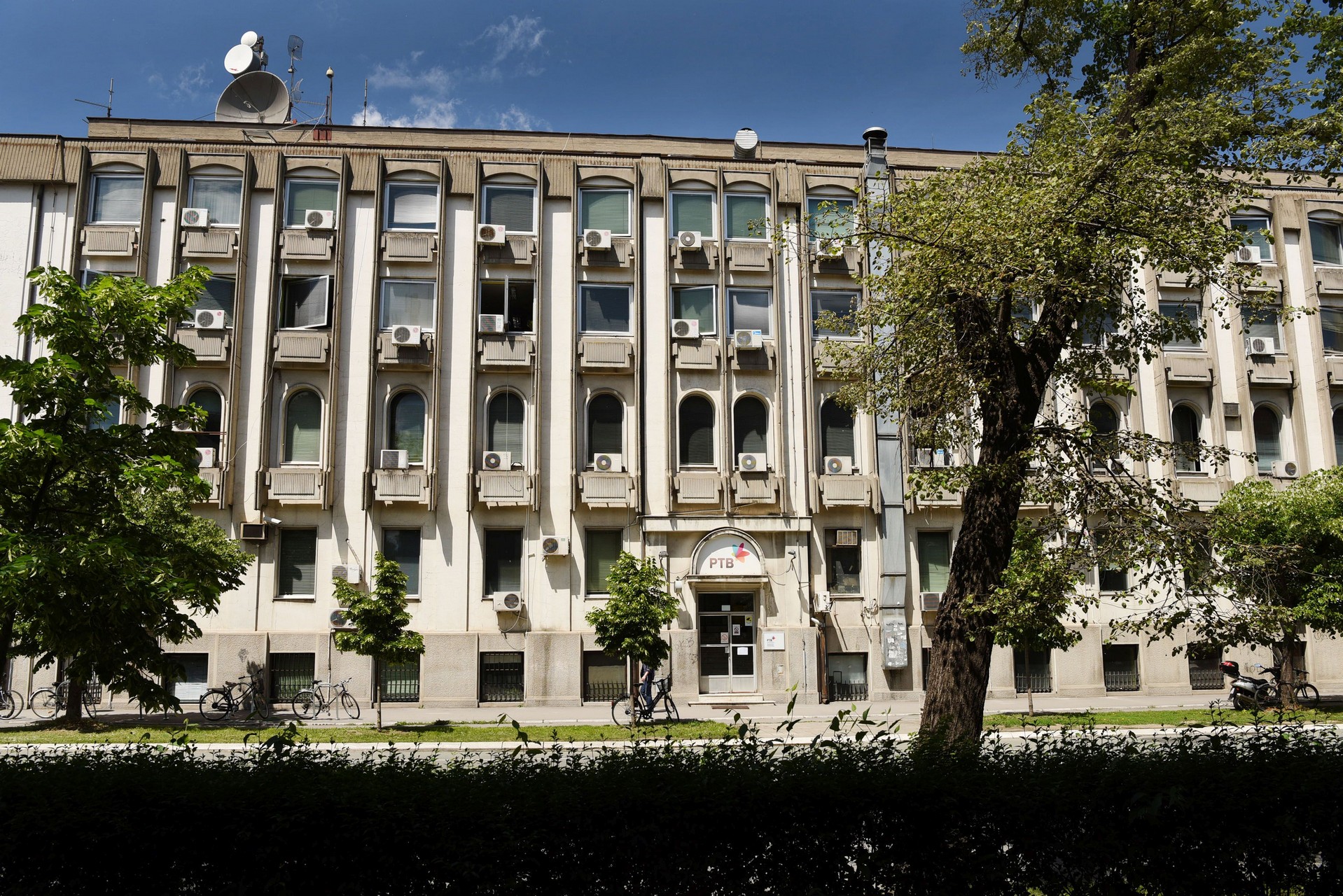
The Jewish refuge for the elderly and orphans
Caring for its poor, the old, sick and orphaned constituents is also an important function of the Jewish municipality from its founding The first refuge was built in 1933 and constantly upgraded and expanded In 1936, the building of a second part of the planned complex was undertaken with accommodation...
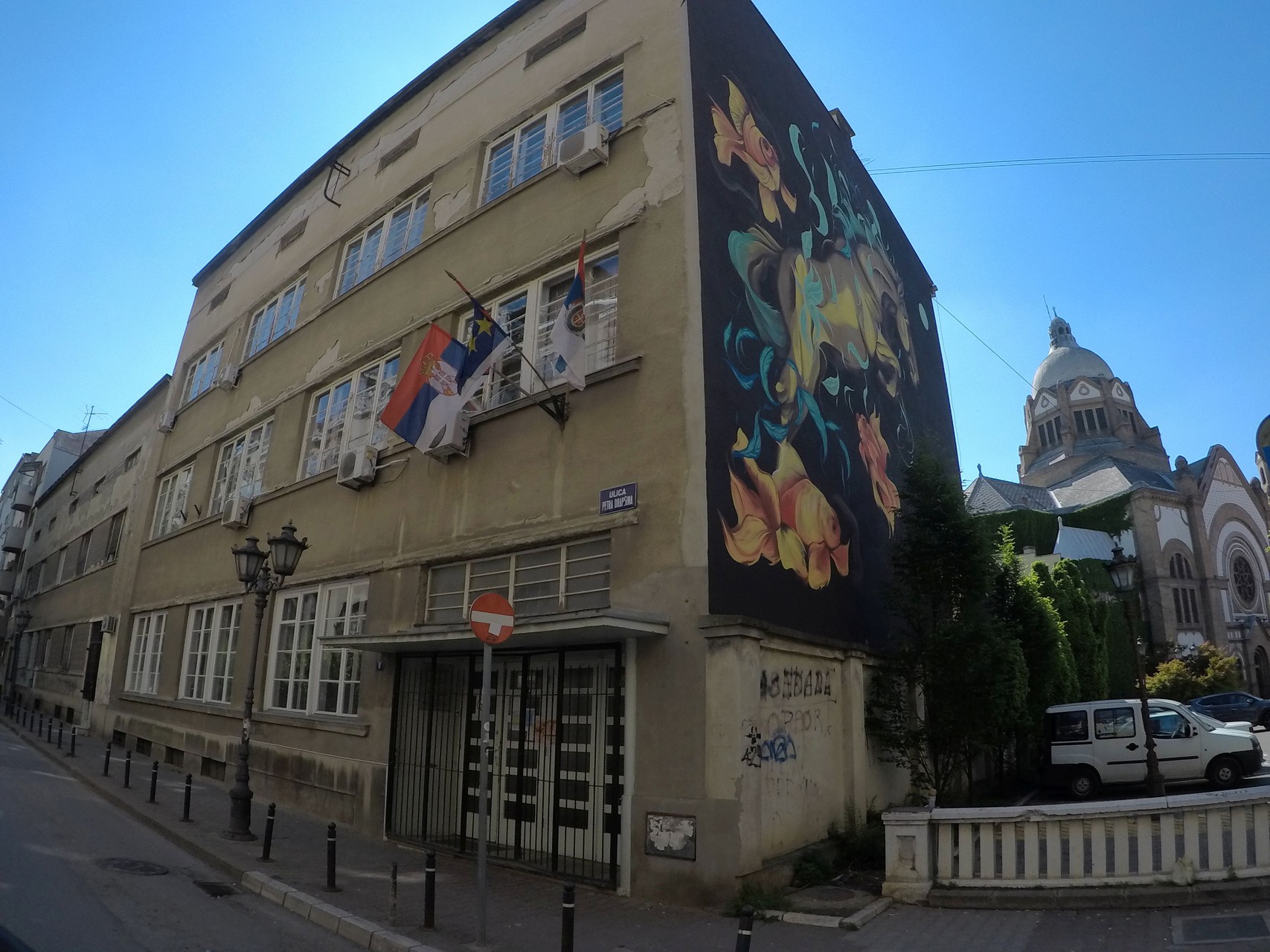 DCIM100GOPROGOPR2320.JPG
DCIM100GOPROGOPR2320.JPG
The Jewish Cultural Centre
It gathered together numerous sections and associations of the Jewish municipality, with diverse programmes and events The center was built in 1935 It was built in the modern style with two floors on the street facing side and towards the synagogue a tract on which there was a hall with...
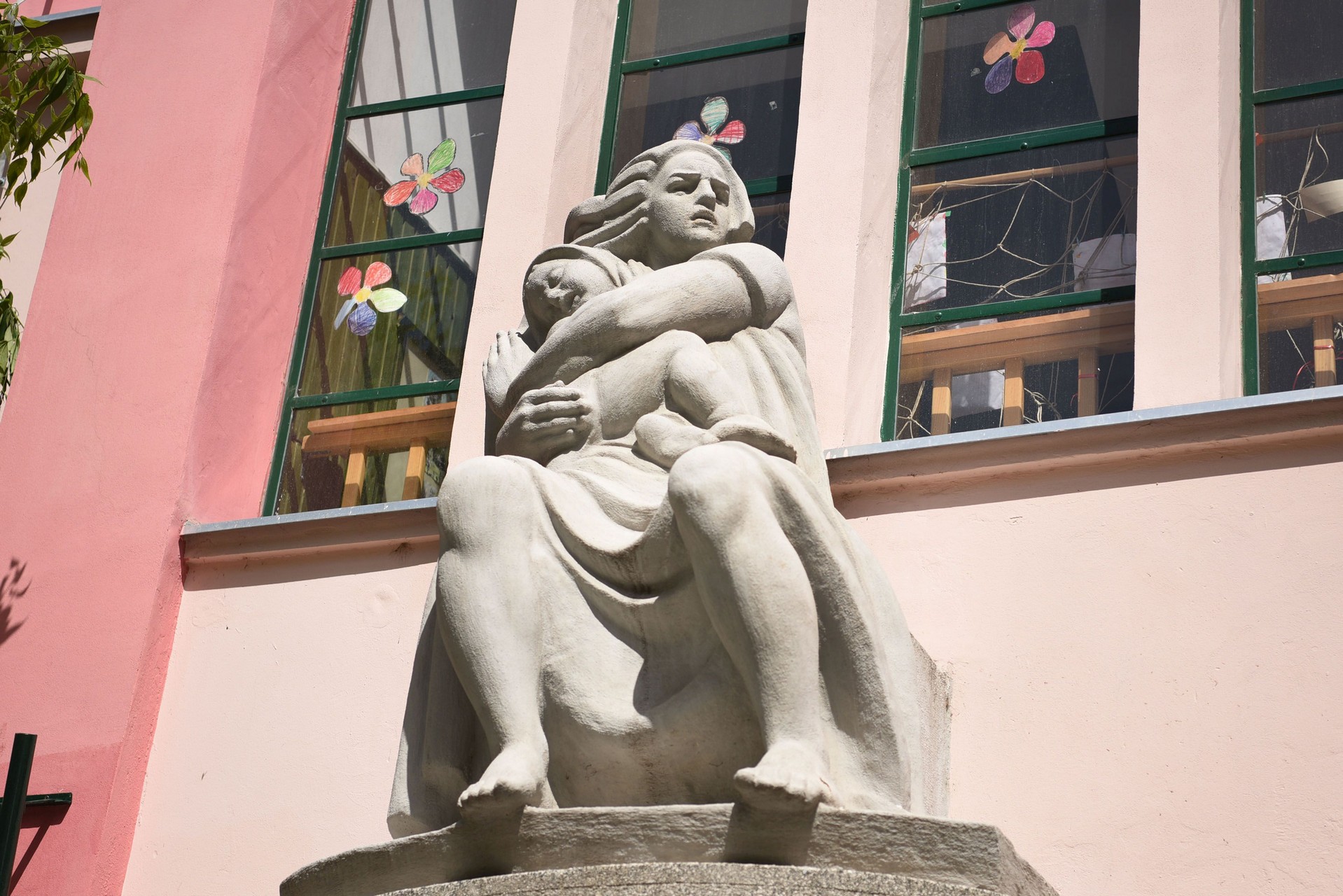
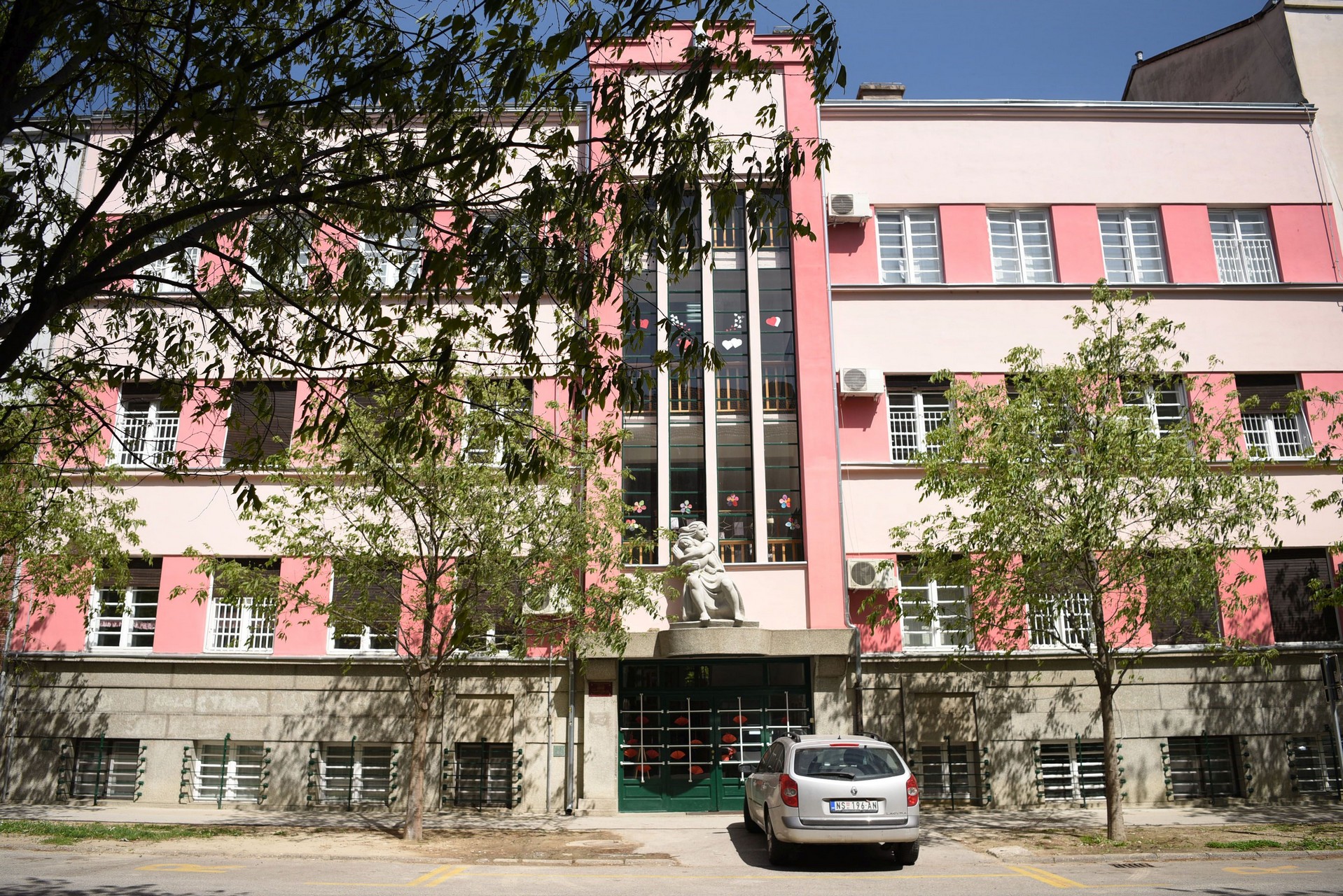
The Humanitary society “The Crust of bread and the Children’s Kindergarten”
Jelena Kon, a prominent member of the Jewish municipality, founded in 1925 the ecumenical humanitarian organization for the aid of endangered and neglected children and mothers After this, a kindergarten is also opened, a home for infants, a kindergarten and medical counselling, and the society was given the name „The...
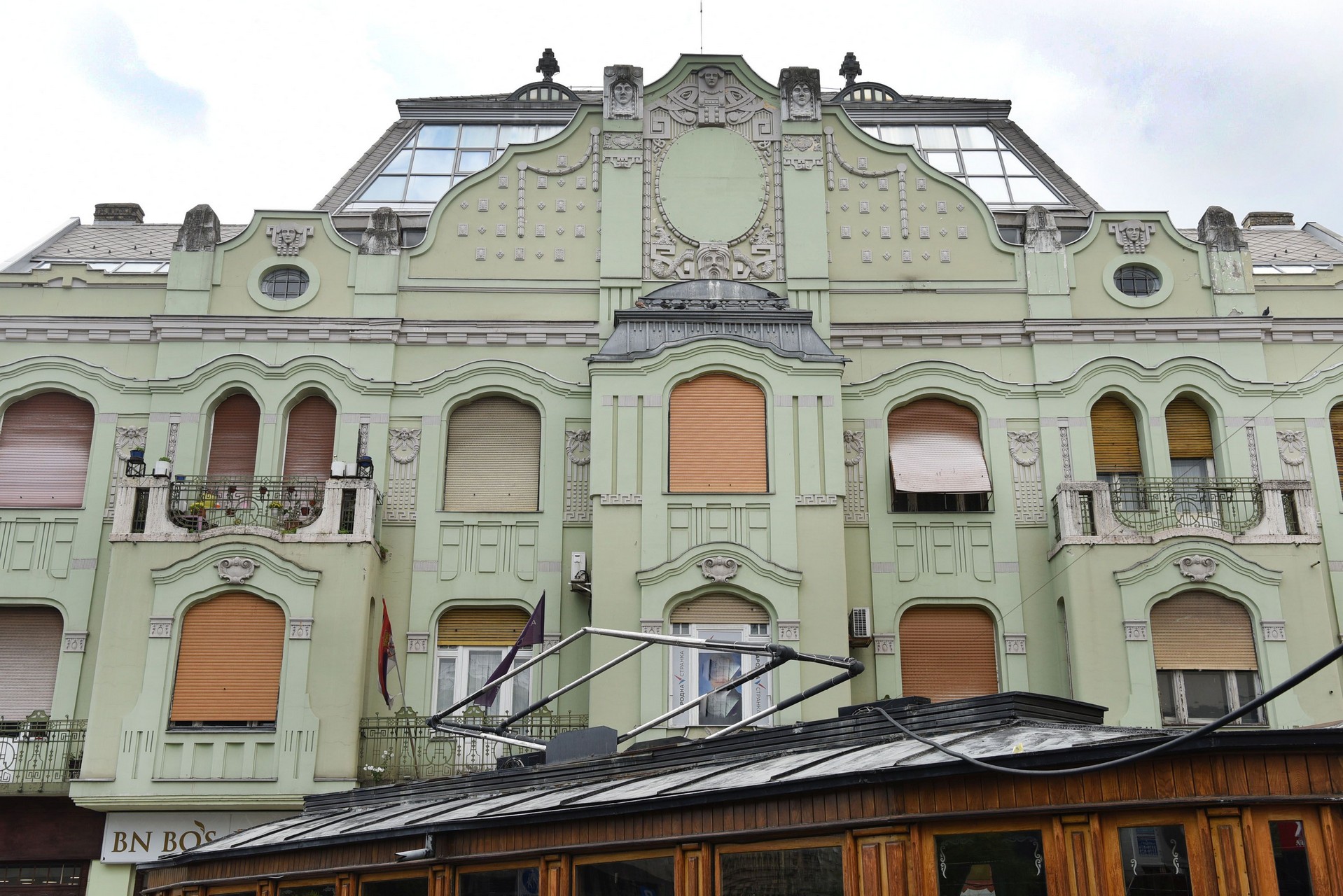
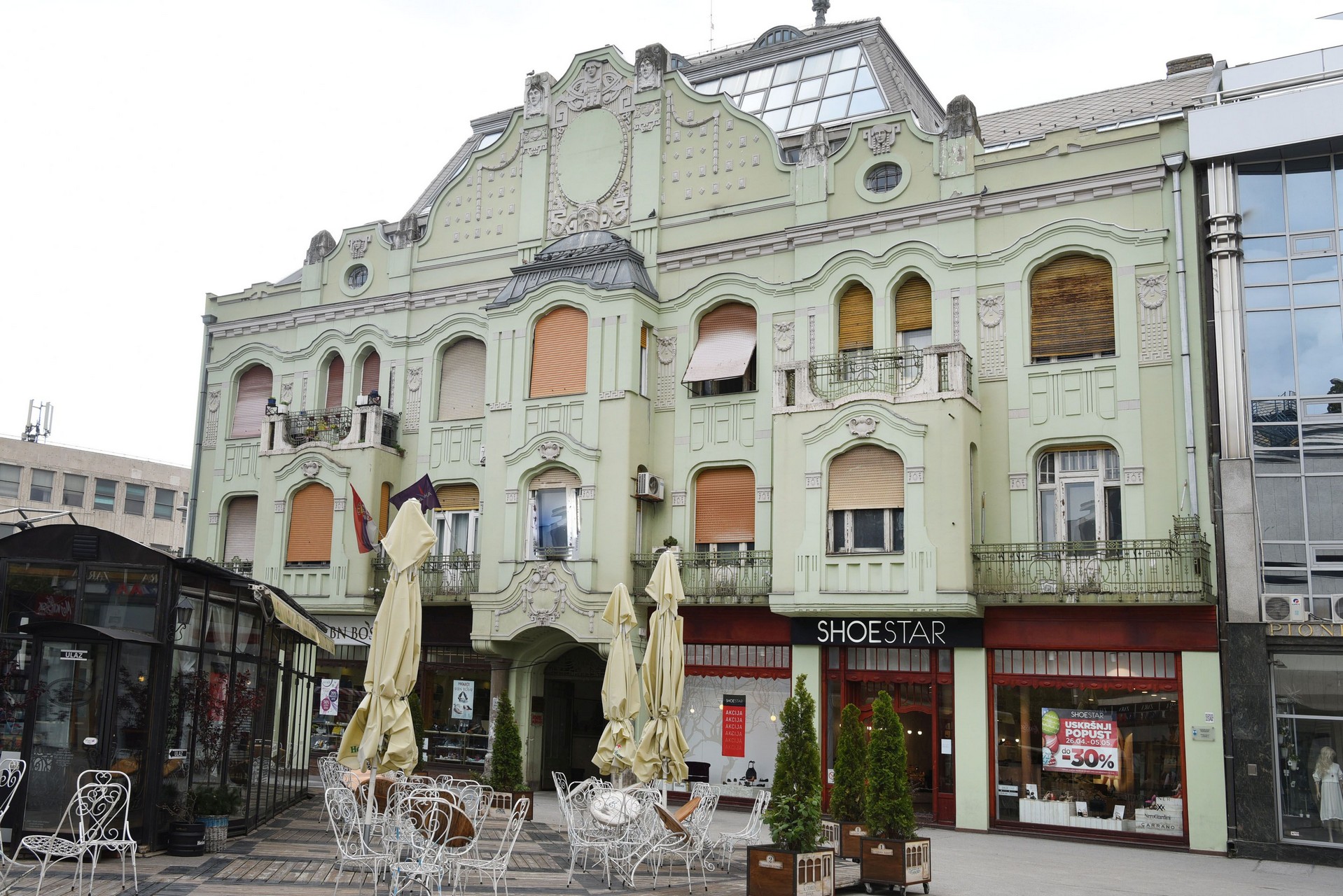
Menrath palace
The building was constructed in 1908 after the design of the famous architect Lipota Baumhorn, a Hungarian Jew It is called after the man who commissioned and owns the palace Joseph Menrath It was commissioned as a residential-commercial building, with shopping units on the groundfloor and flats on the above...
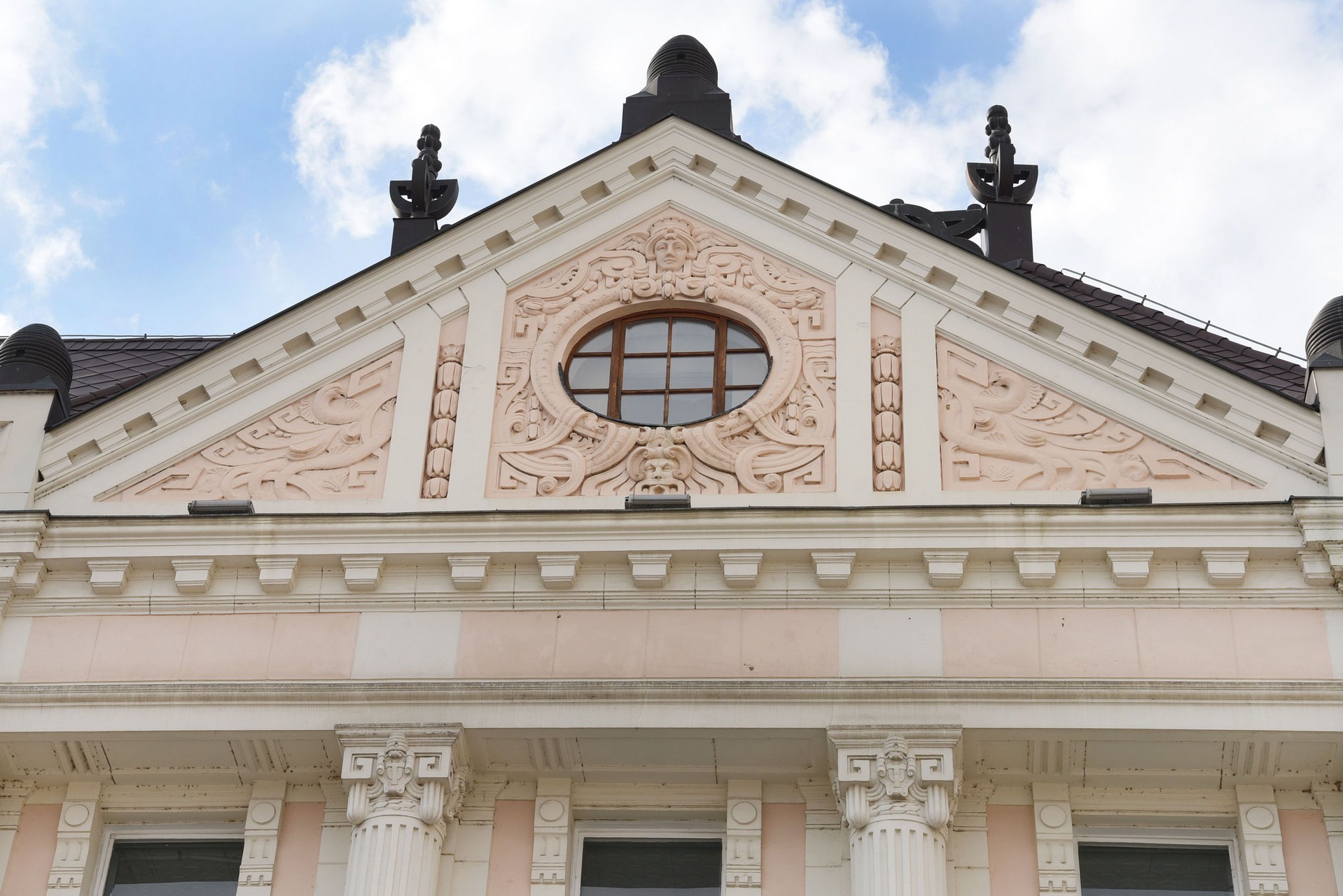
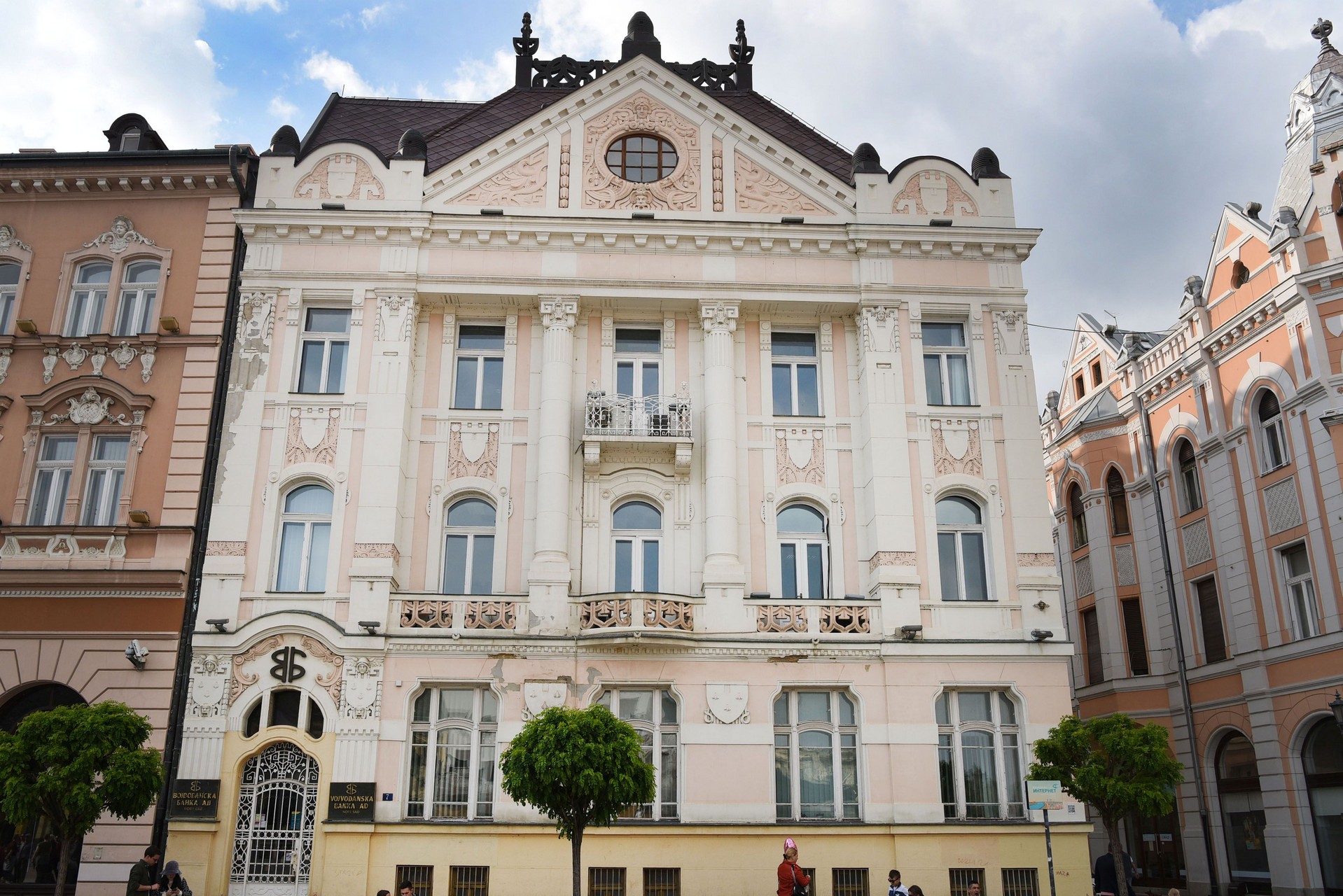
The savings building
Lipot Baumhorn conceived the architectural plan for the former State mortgage bank on the central city square The building was constructed in 1904 It was the first time that a mezzanine construction of reinforced concrete had been used The exterior is ornate with many details, a tastefully laid out shallow...
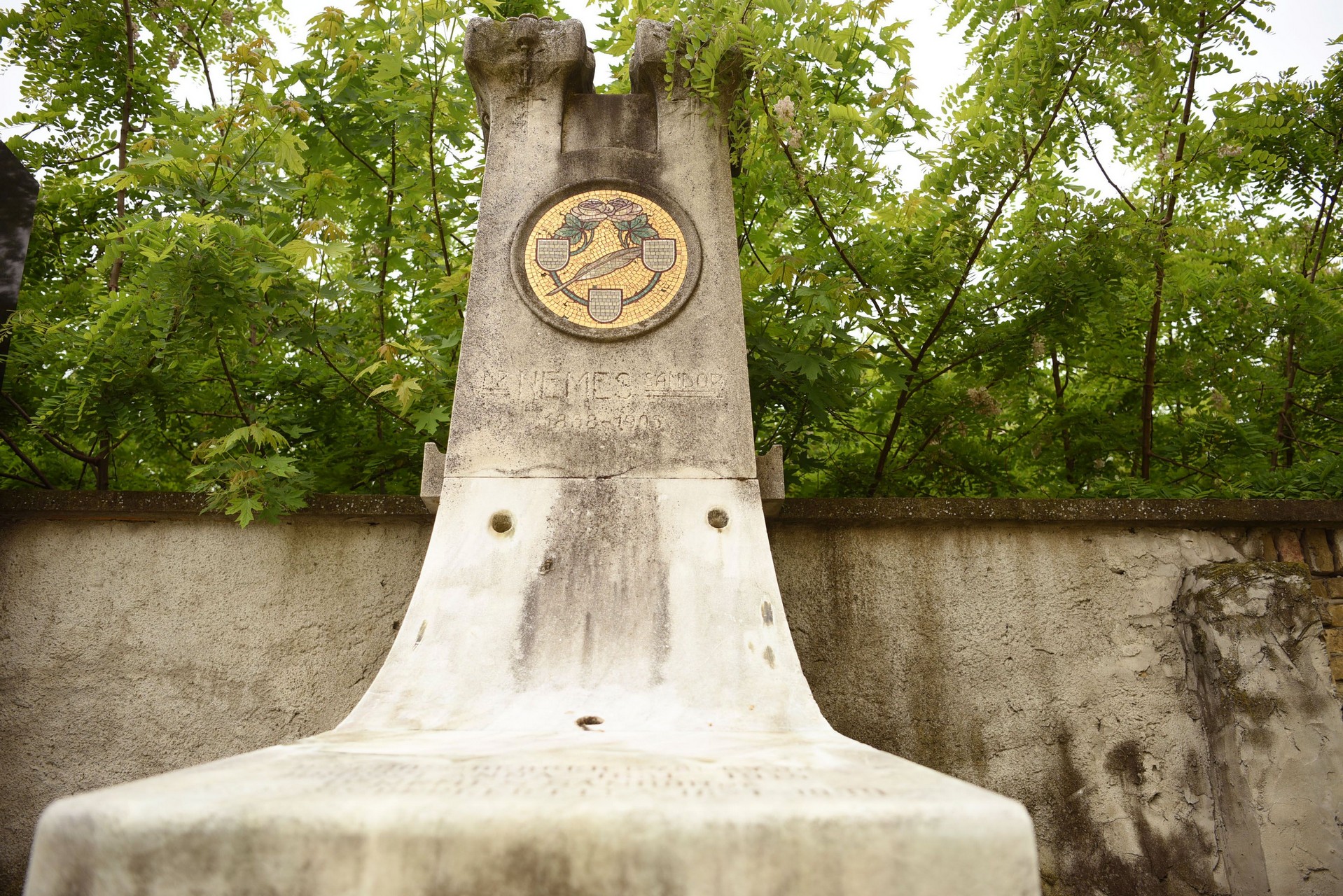
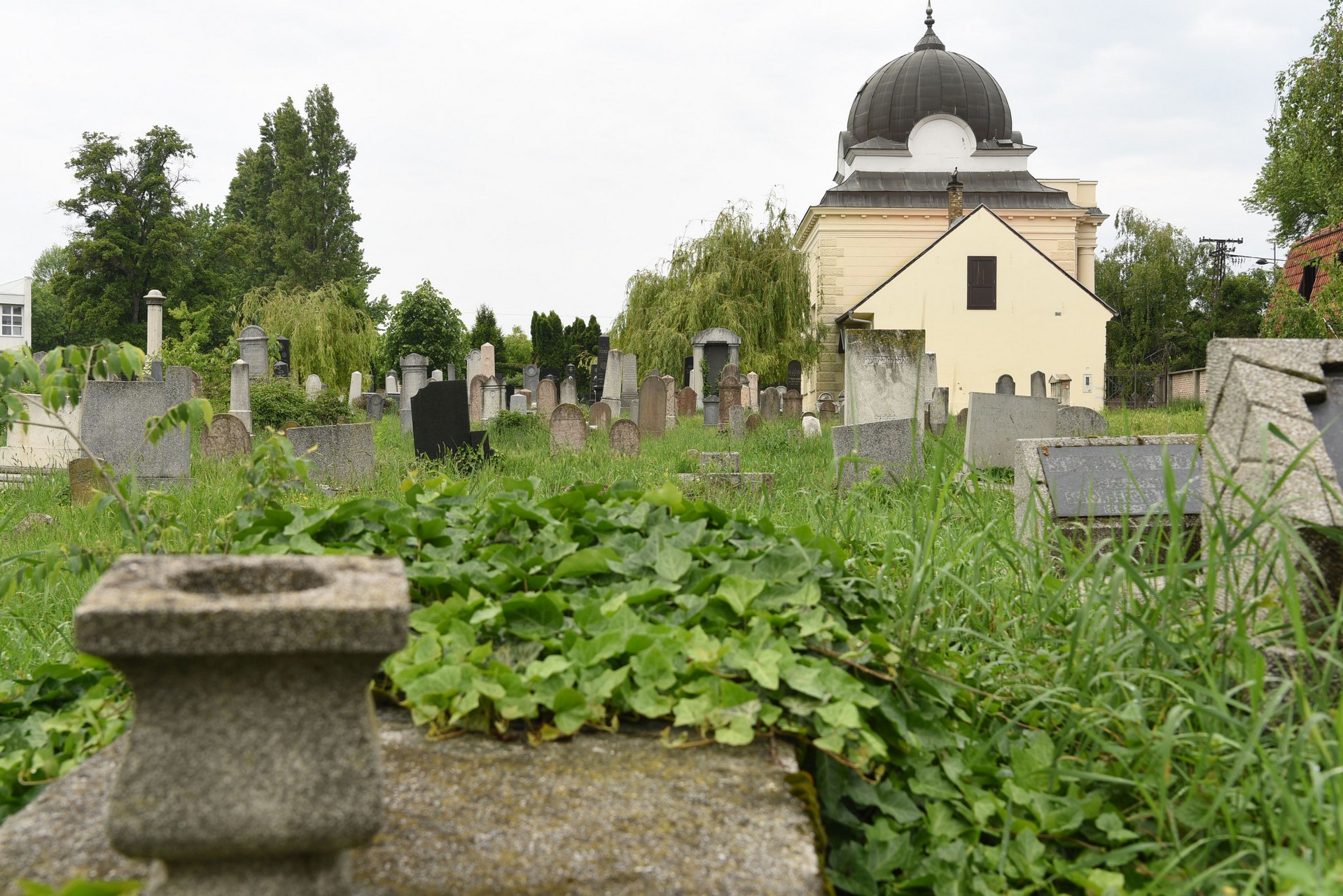
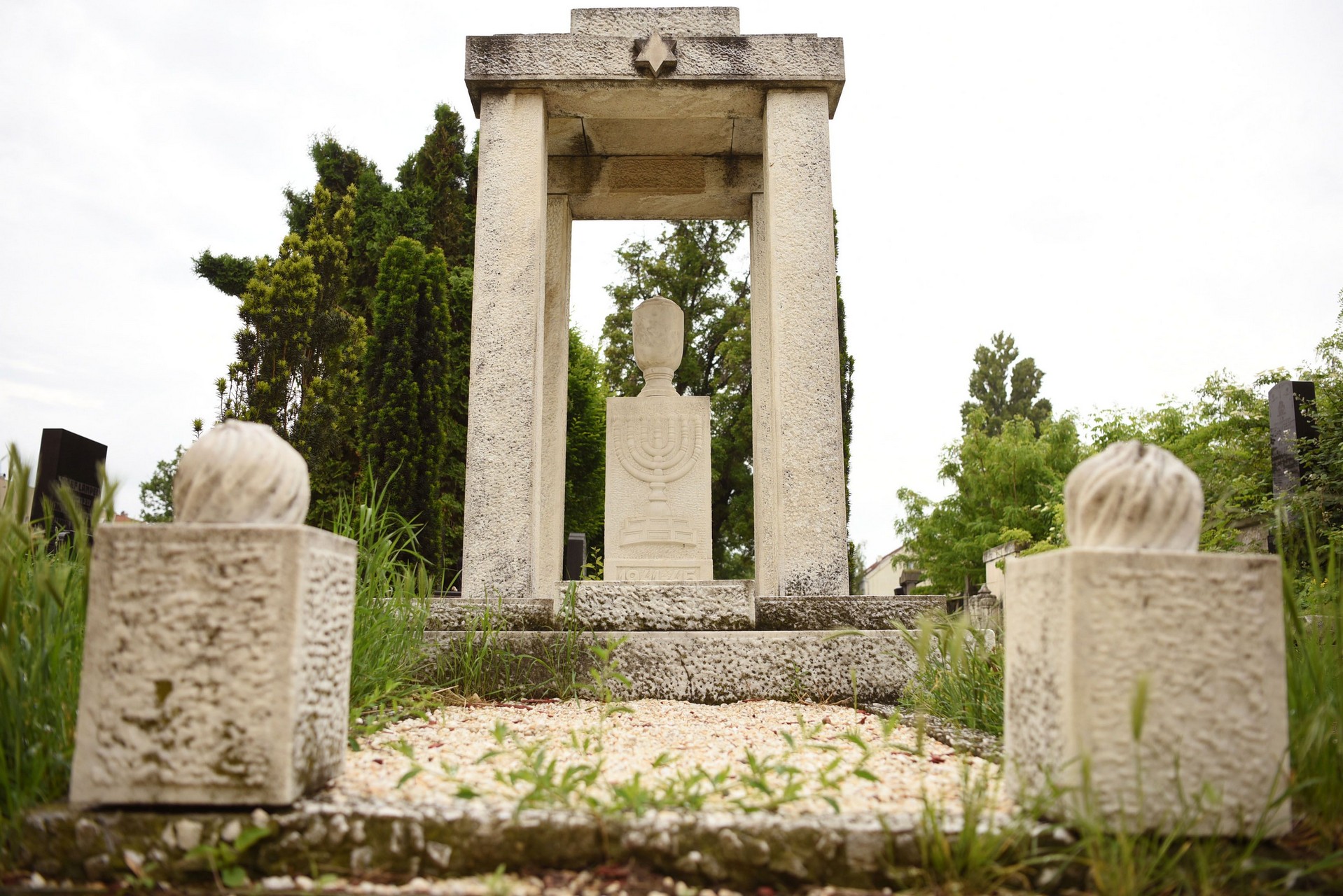
The Jewish cemetery
After several changes of location, the Jewish cemetery has stood on this place from 1800 Some of the monuments from the earlier cemetry were transferred to the new plot of land The representative chapelwas completed in 1905 The monumental entrance is framed by columns and above the entrance is a...
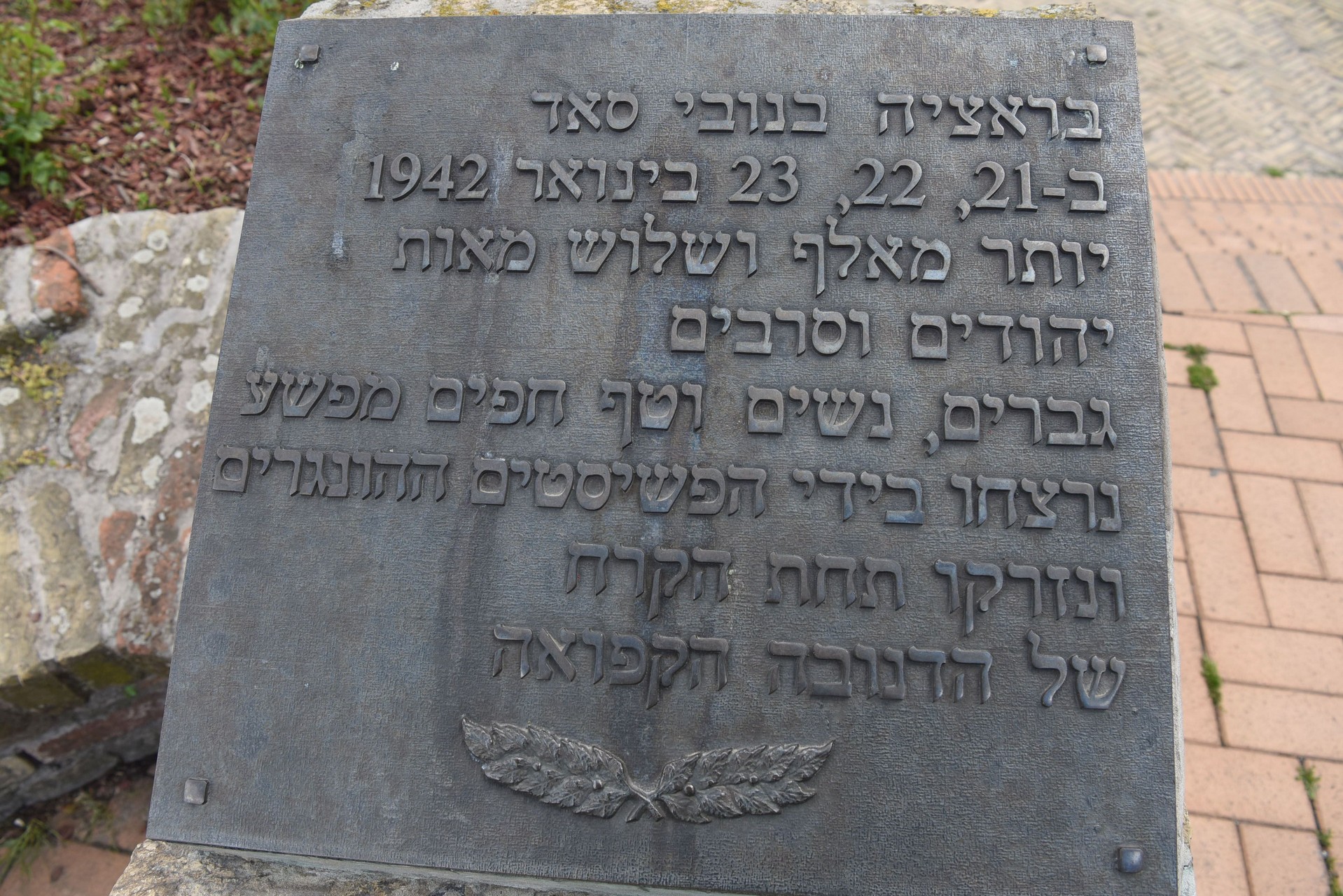
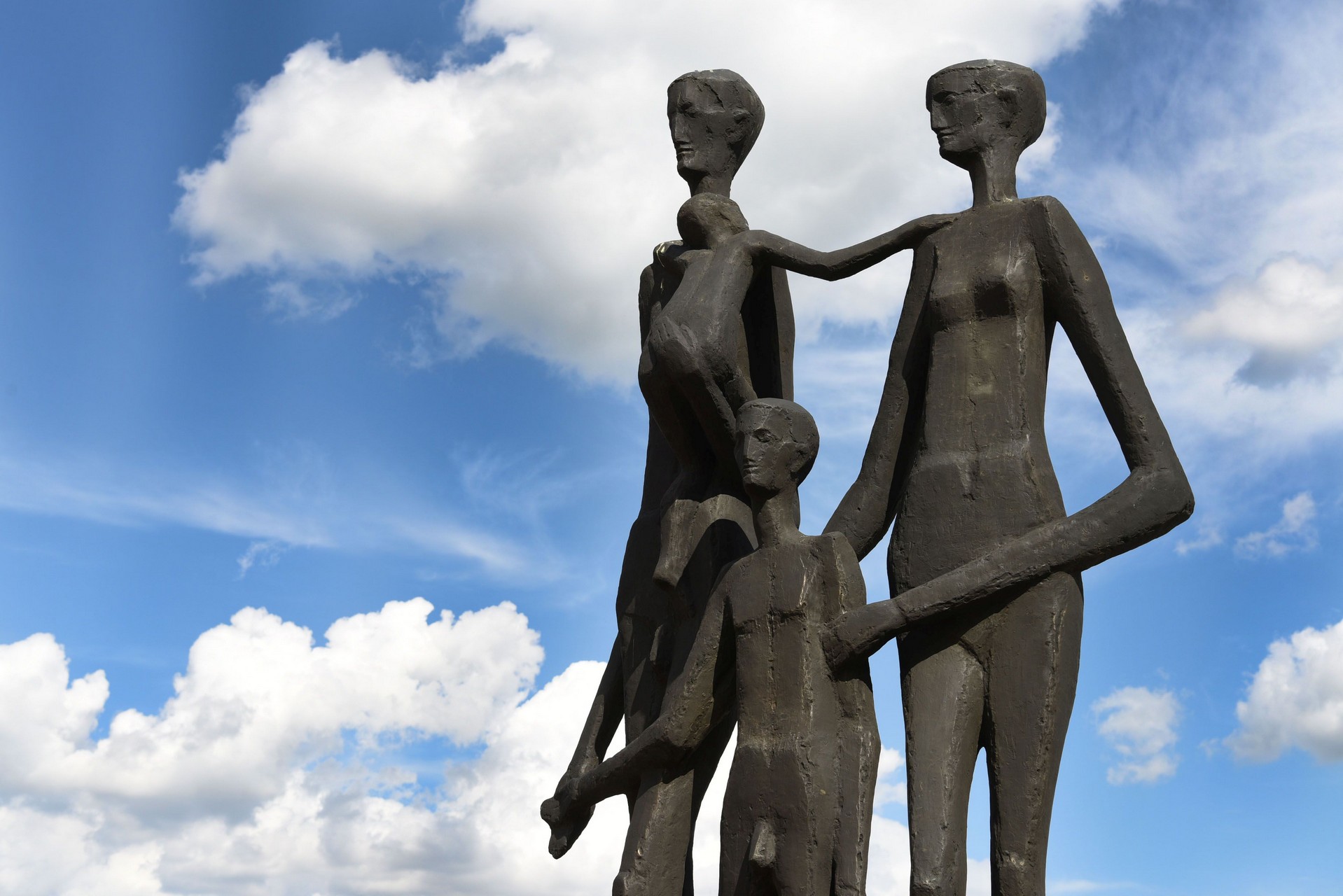
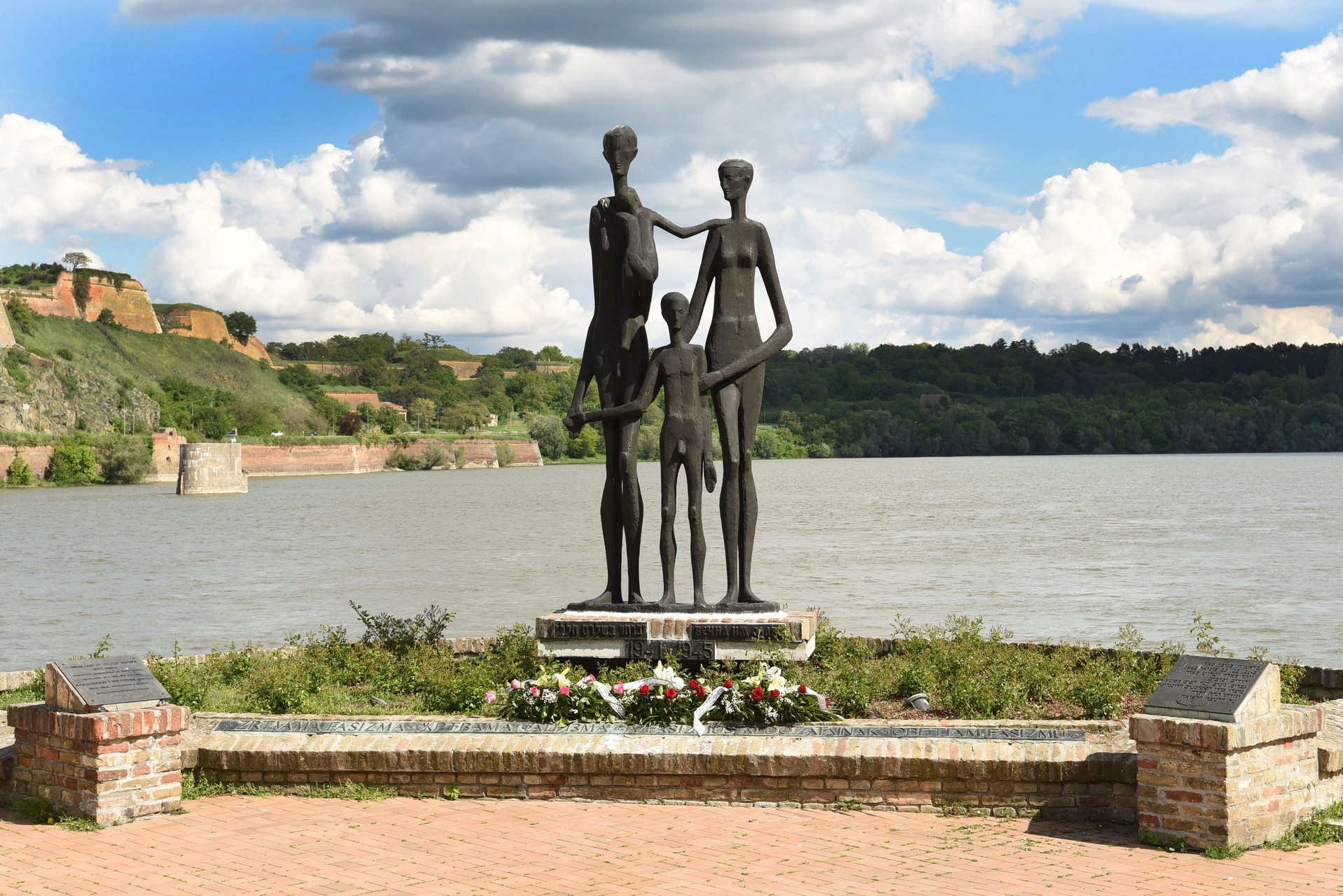
The monument/quay to the victims of the Raid
The sculpture entitled Family is the work of the academic sculptor Jovan Soldatović It was installed in memory of the murdered 1300 Jews, Serbs and Roma in the notorious Raid by the occupying Hungarian forces Criminal mass executions took place at this place on 23rd January 1942 In 1971 the...
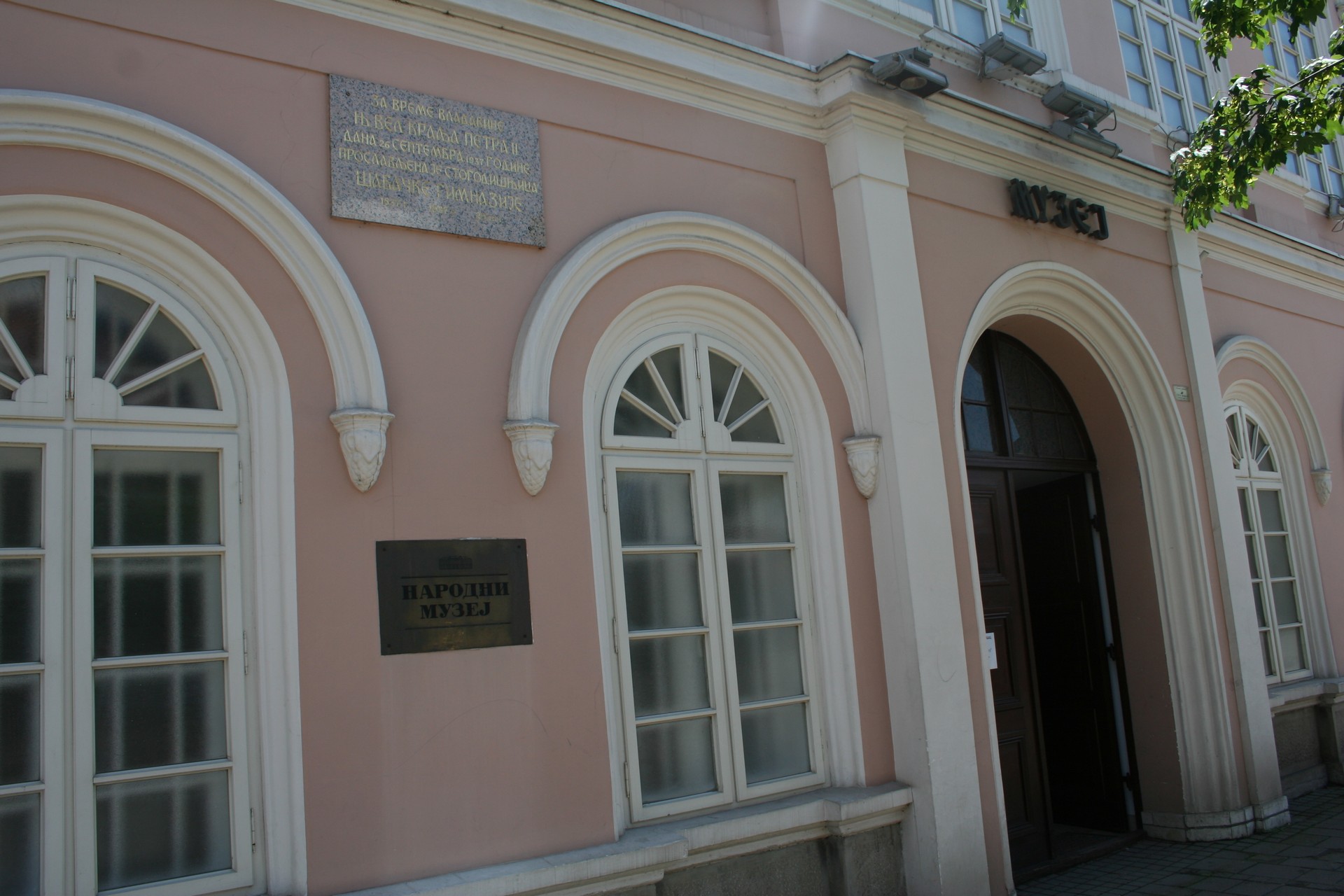 © Ванилица BY-SA 4.0
© Ванилица BY-SA 4.0
Welcome to the National museum of Šabac
The museum is located in the building of the former Grammar school, which was constructed in 1857 The museum building was proclaimed a cultural monument of great importance in 1979 In 1906, a more systematic approach was initiated by the Grammar school professors towards the collecting of valuable objects After...
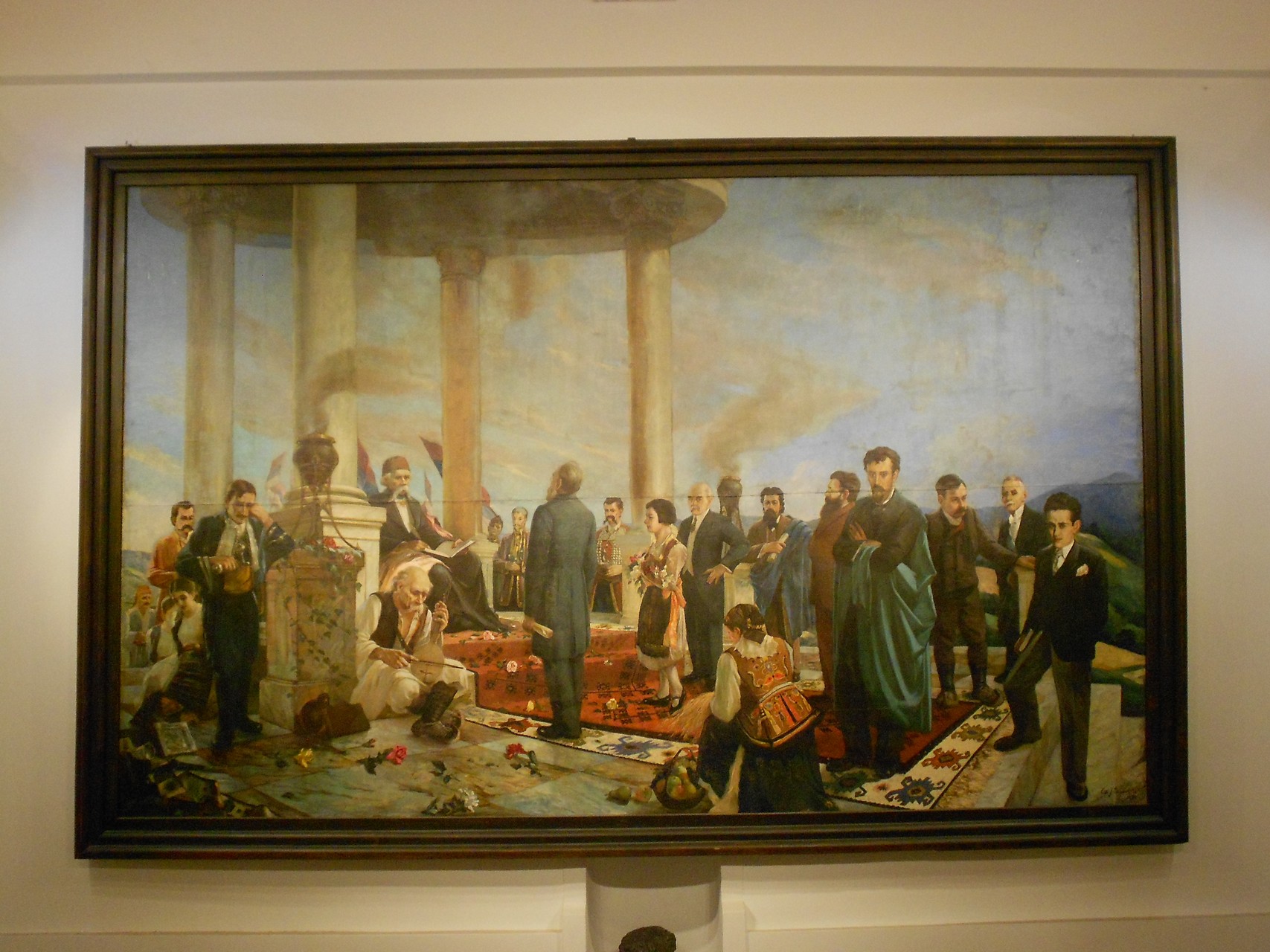 © Goran Gajić OROUNDO
© Goran Gajić OROUNDO
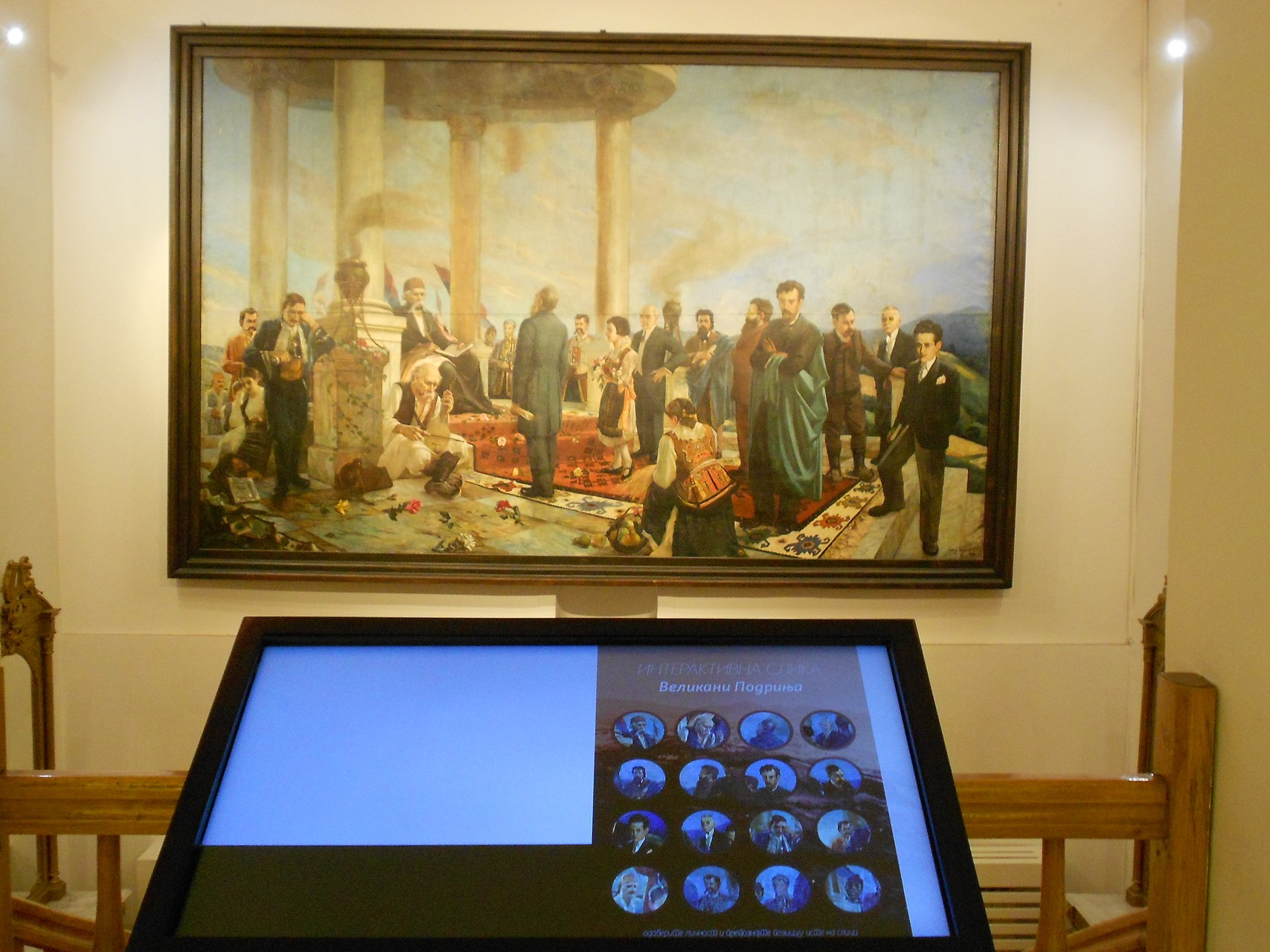 © Goran Gajić OROUNDO
© Goran Gajić OROUNDO
The Podrinje’s Greats
The most important work of the painter Stevan Čalić is the painting “The Podrinje’s Greats” from 1937 Čalić was born in Kupinovo in 1892 After graduating from the Zemun Gymnasium, he attended the Academy of Fine Arts in Prague. After completing his education in 1925, he was appointed art professor...
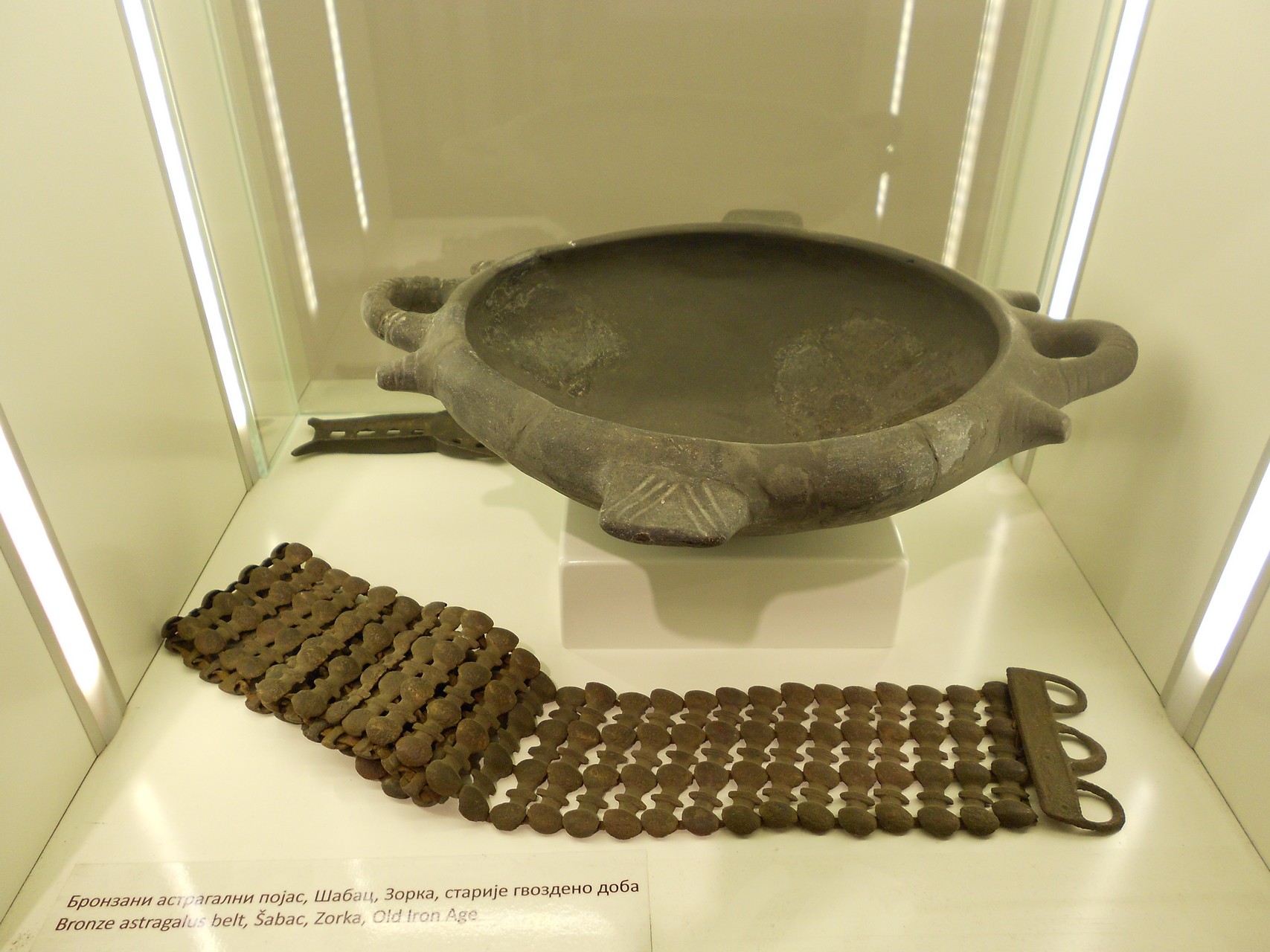 © Goran Gajić OROUNDO
© Goran Gajić OROUNDO
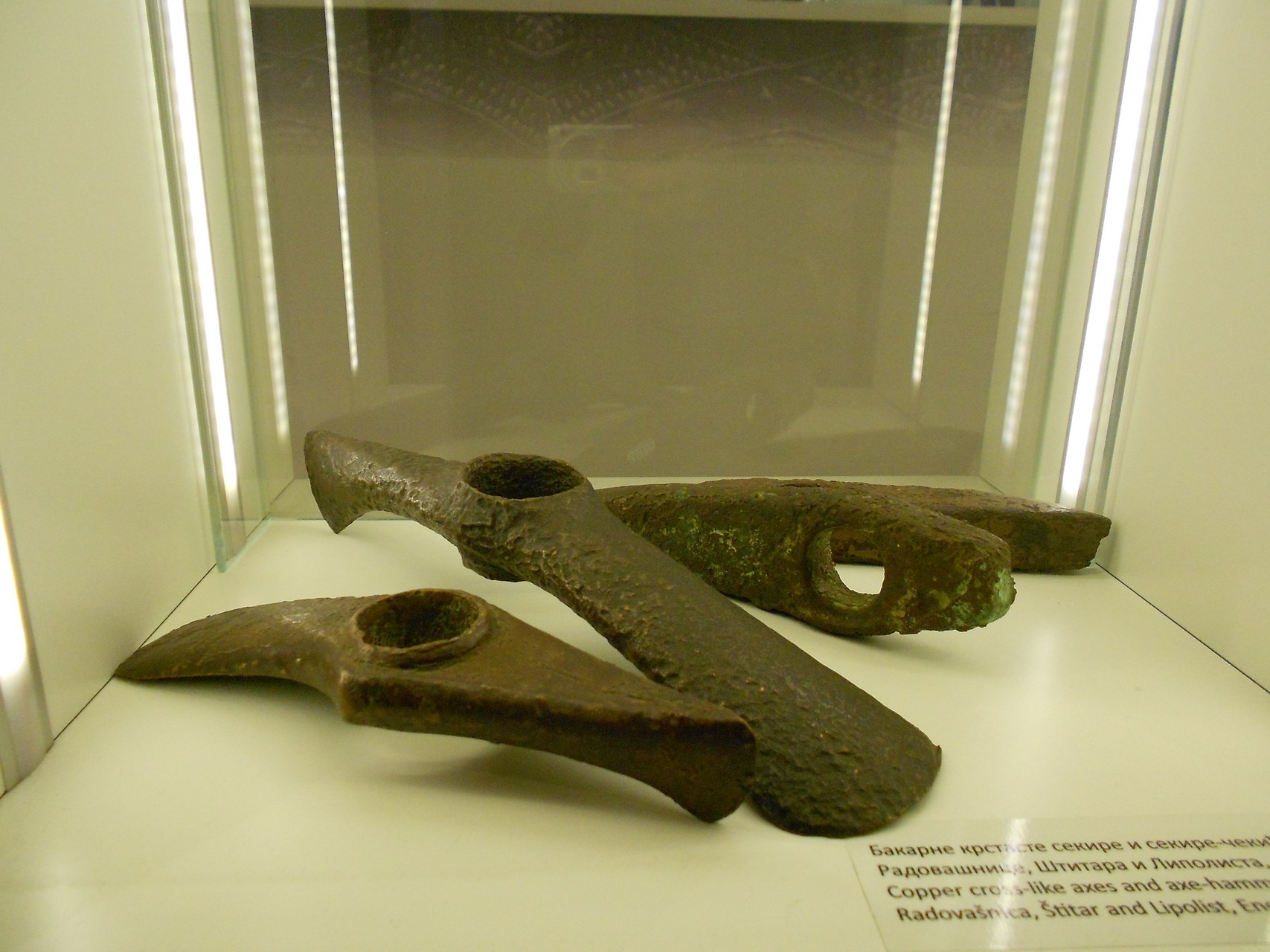 © Goran Gajić OROUNDO
© Goran Gajić OROUNDO
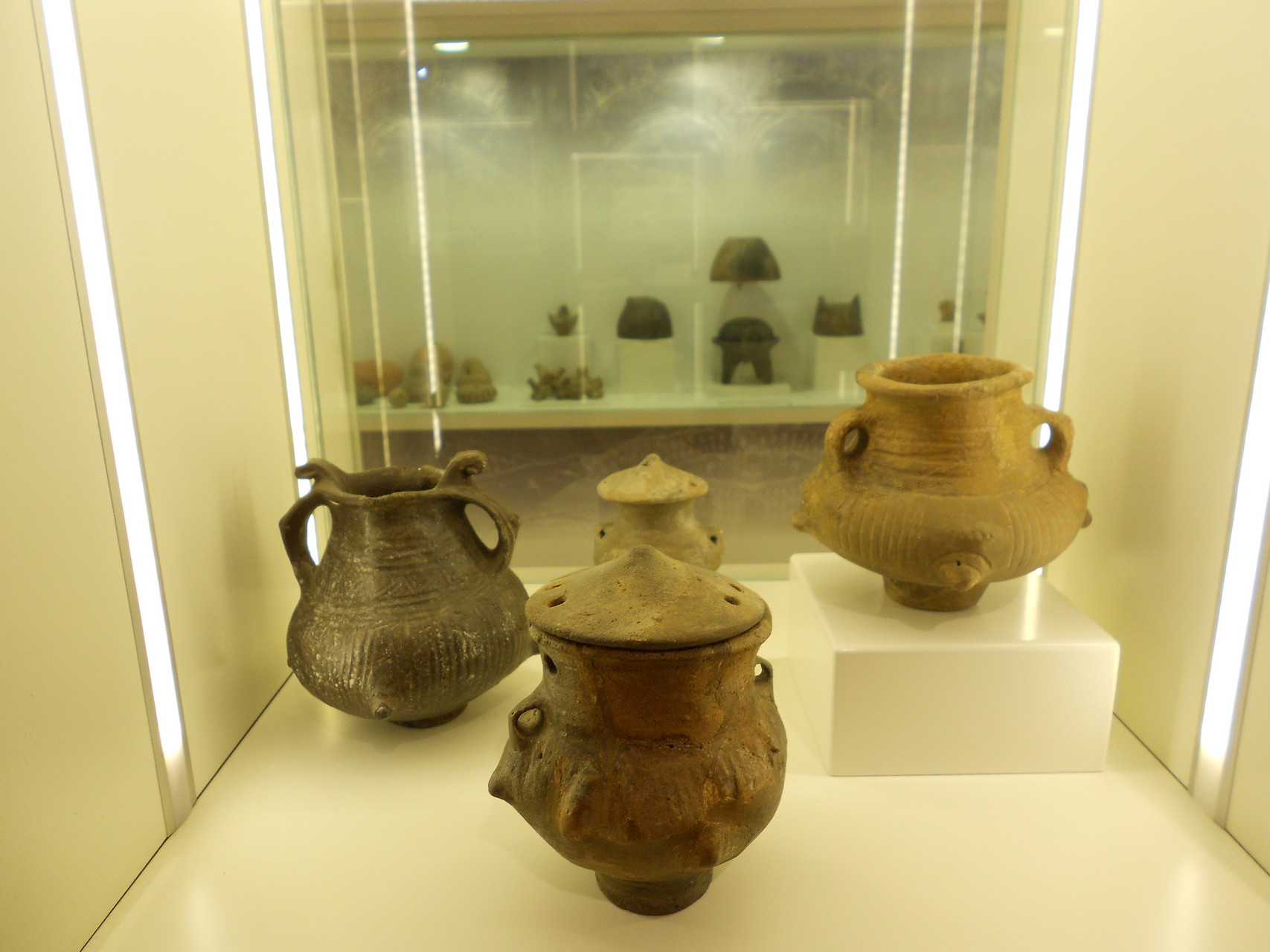 © Goran Gajić OROUNDO
© Goran Gajić OROUNDO
A Travel through Time – The Prehistory
The territory of Šabac and its surrounding area was first inhabited around 6500 BC, that is during the Neolithic period The most significant archeological remains from this period were found on a site in Benska bara The Chalcolithic period or the Copper Age began around 4500 BC The most important...
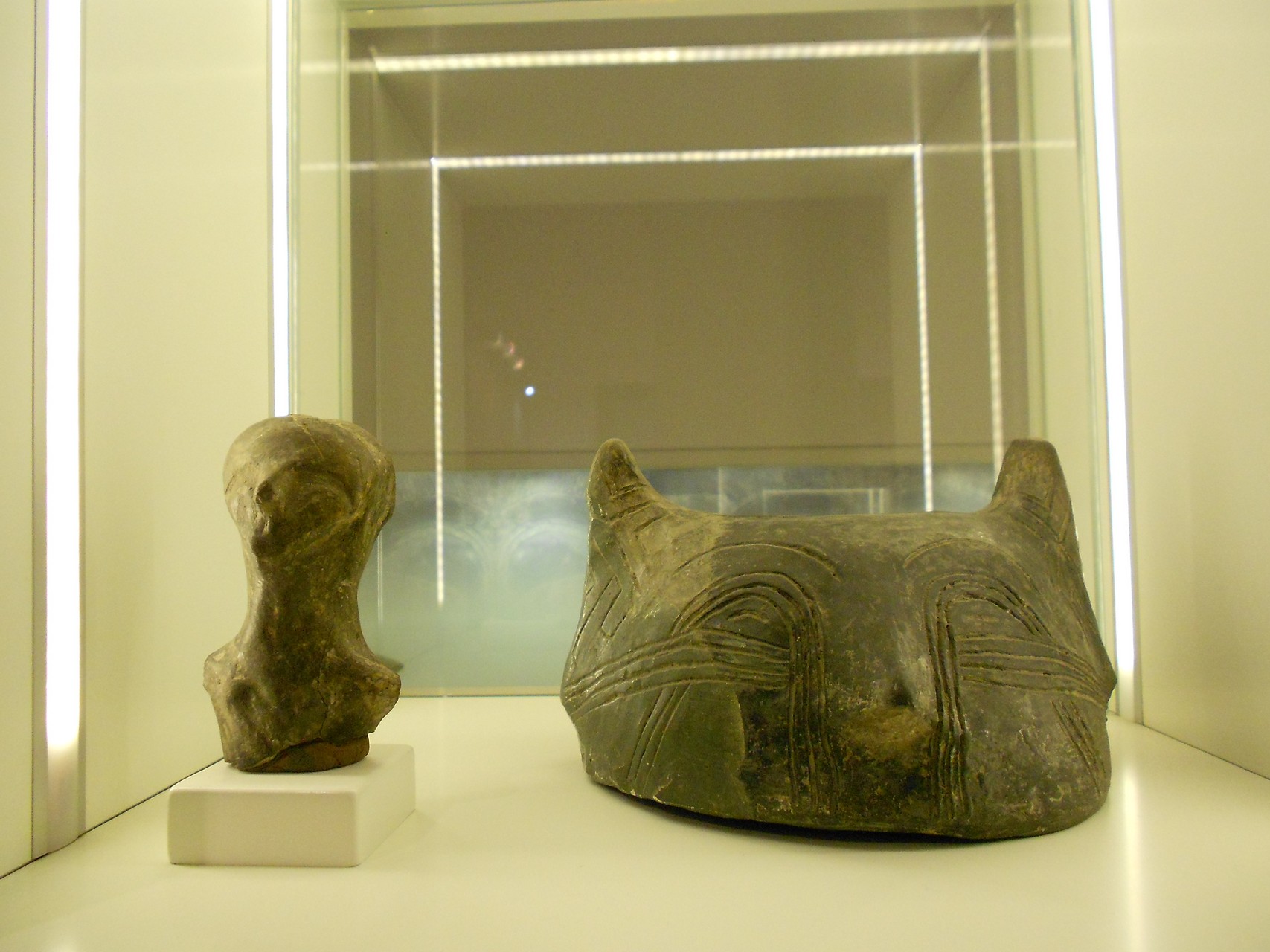 © Goran Gajić OROUNDO
© Goran Gajić OROUNDO
Prehistory – Prosopomorphic Lids
These lids are a unique type of ceramic product, characteristic of the famous Vinča culture which existed in this area during the Neolithic period Parts of more than 30 different prosopomorphic lids were found at the locality of Benska bara The lids had a practical purpose, i.e. they fitted on...
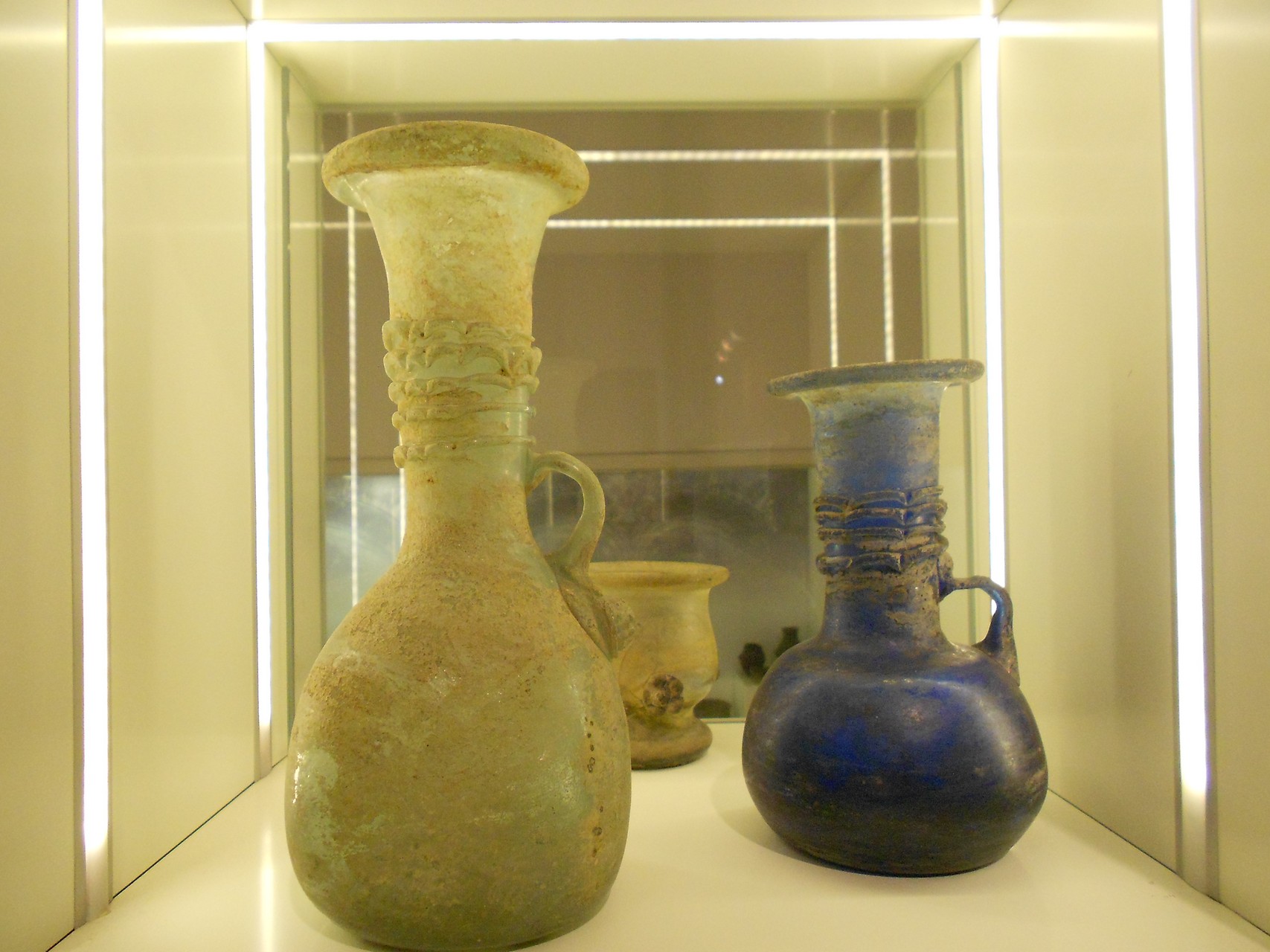 © Goran Gajić OROUNDO
© Goran Gajić OROUNDO
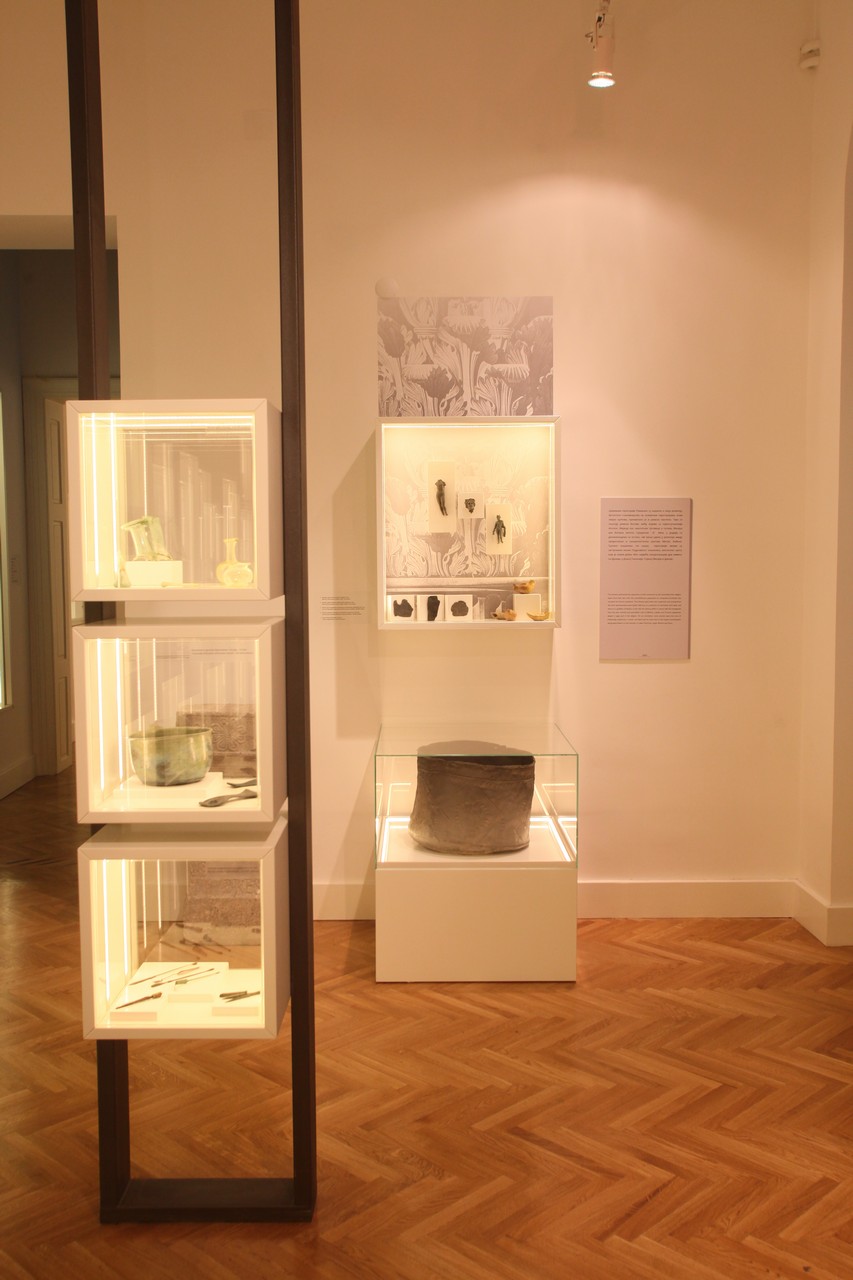
A Travel through Time – The Age of Antiquity
When the Romans first arrived on the banks of the Sava River in the 1st century BC, they built a city called Sirmium, which is the modern-day Sremska Mitrovica They divided the conquered territory of Illyricum into two provinces – Dalmatia and Pannonia, and the Šabac region was a part...
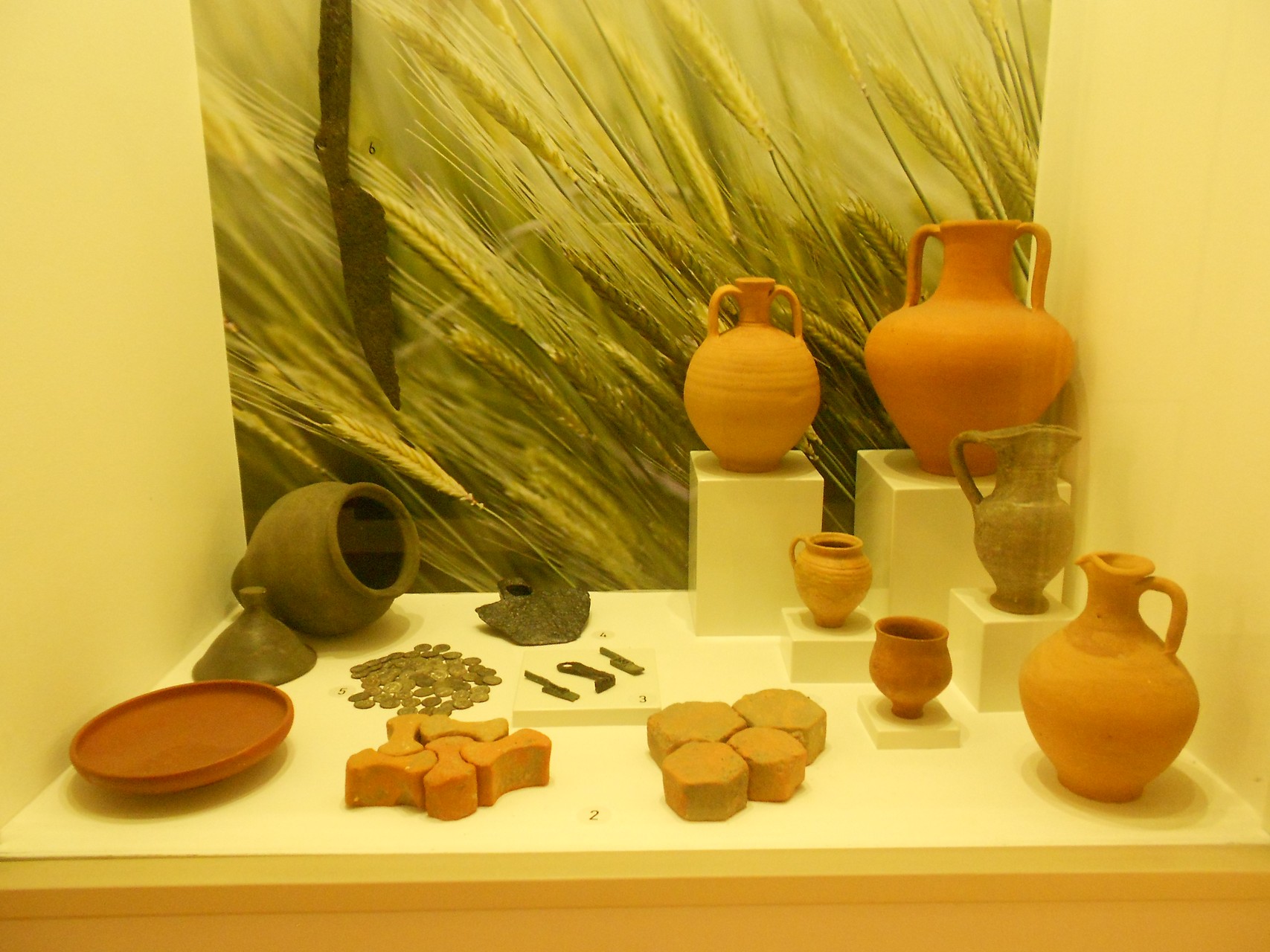 © Goran Gajić OROUNDO
© Goran Gajić OROUNDO
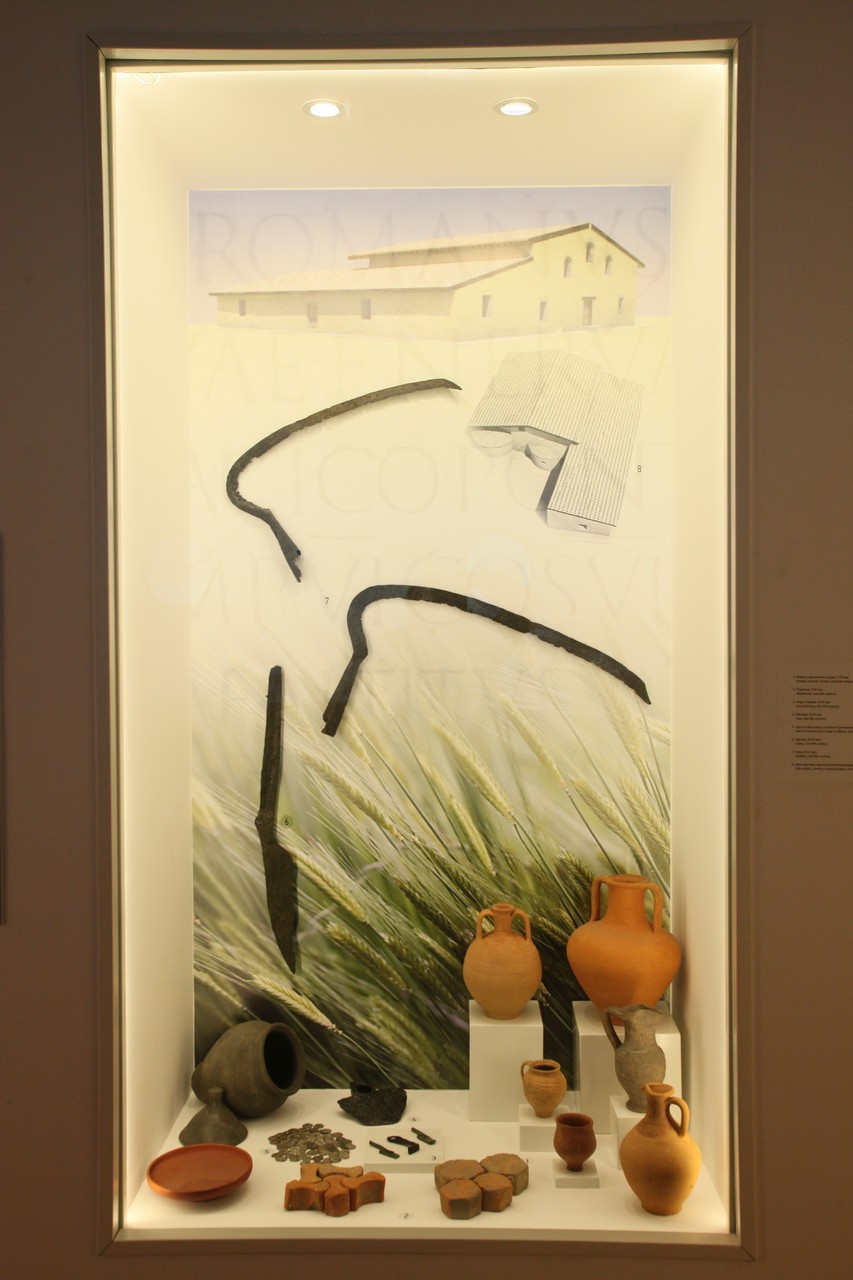
The Romans – Villa rustica
During the Roman times, agricultural production was particularly developed in this region, evidence of which are the large number of agricultural tools discovered in the areas of Mačva and Pocerina Villa rustica was a large agricultural estate located outside of an urban settlement These estates were present in this area...
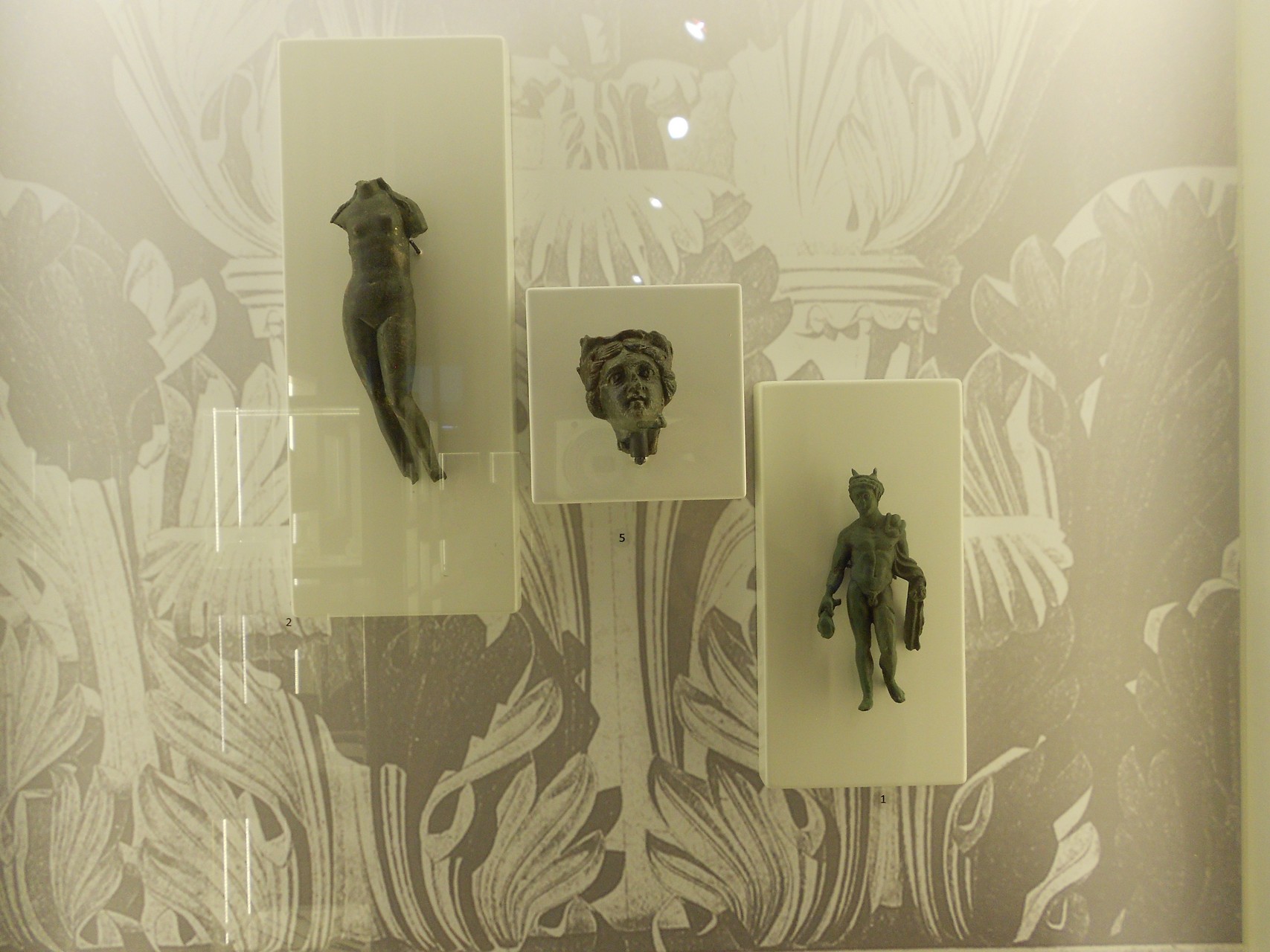 © Goran Gajić OROUNDO
© Goran Gajić OROUNDO
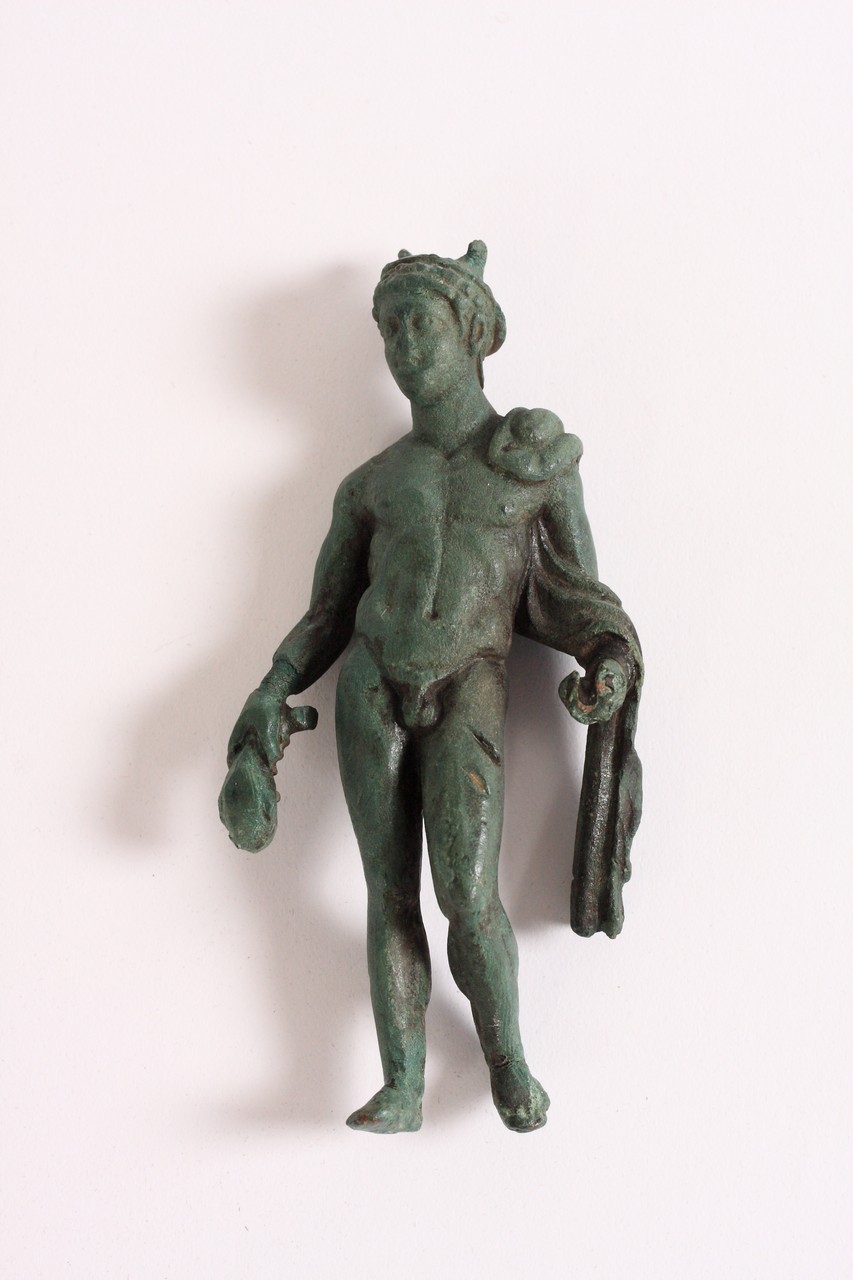
The Romans – Religious figurines
Initially, Roman religion was not anthropomorphic but it became so under the influence of the Greeks and the Etruscans The bronze statue of the Roman god Mercury, who was the protector of merchants and roads, is held in the collection of the museum The figurine of the goddess Venus was...
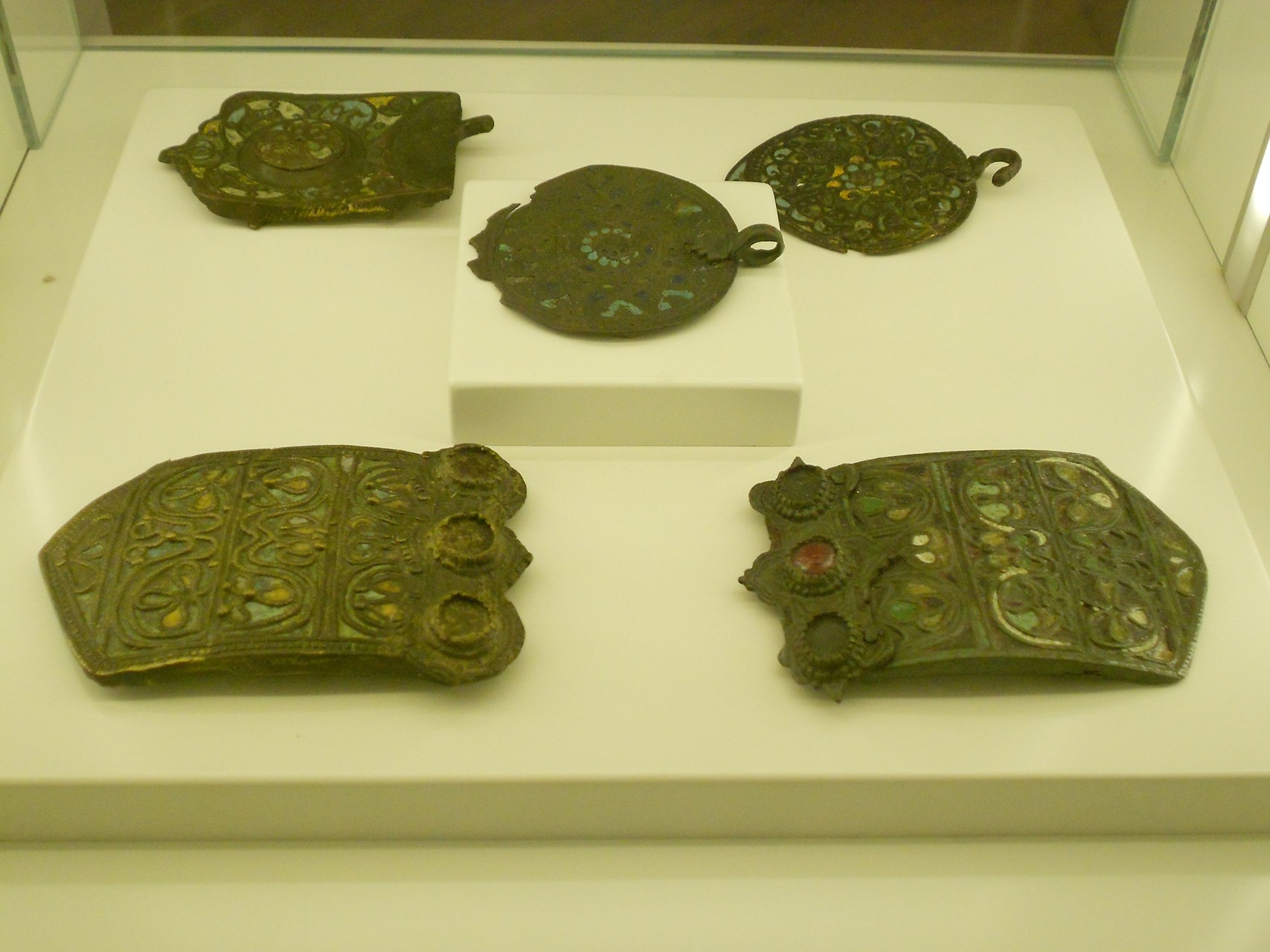 © Goran Gajić OROUNDO
© Goran Gajić OROUNDO
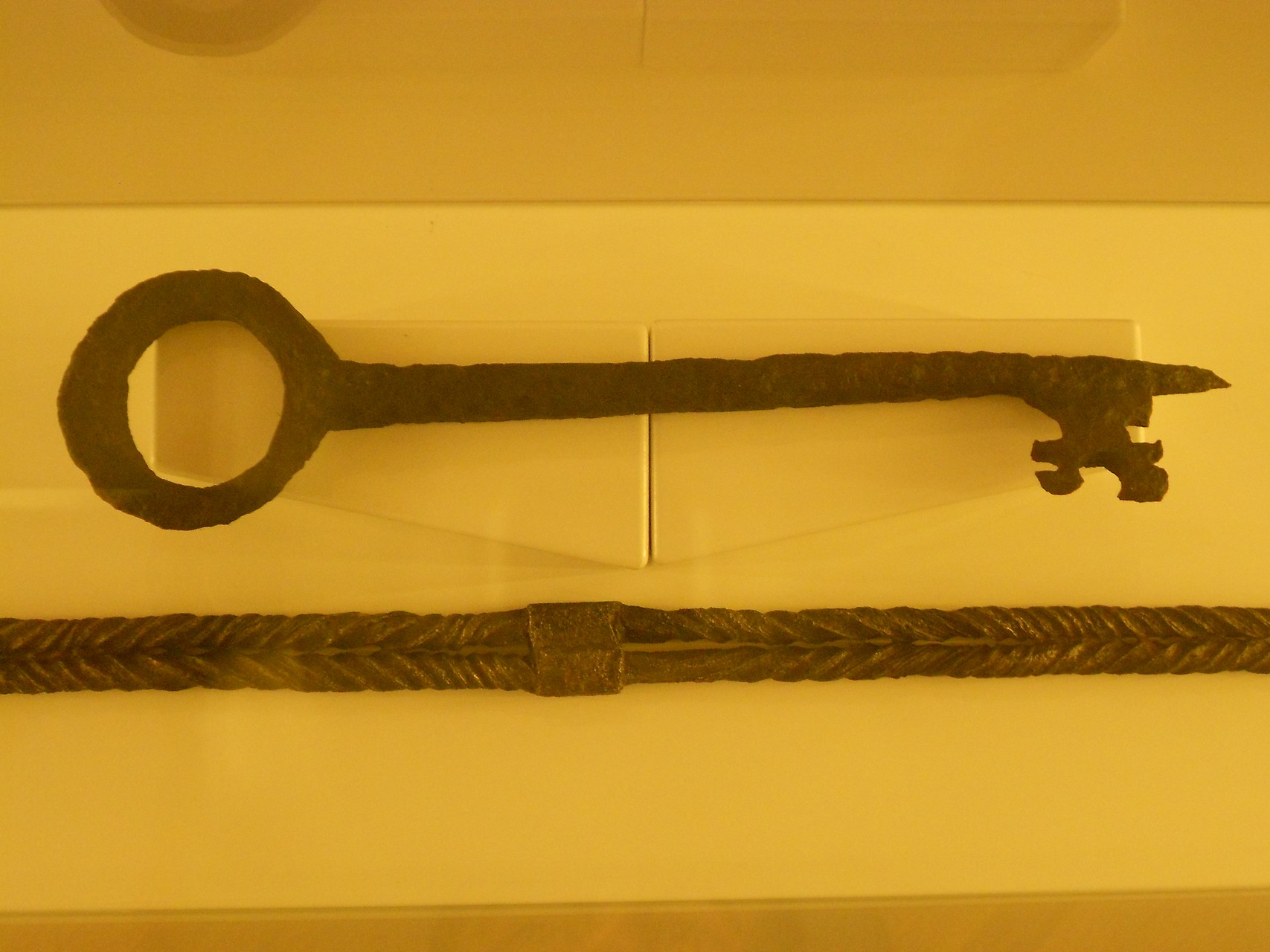 © Goran Gajić OROUNDO
© Goran Gajić OROUNDO
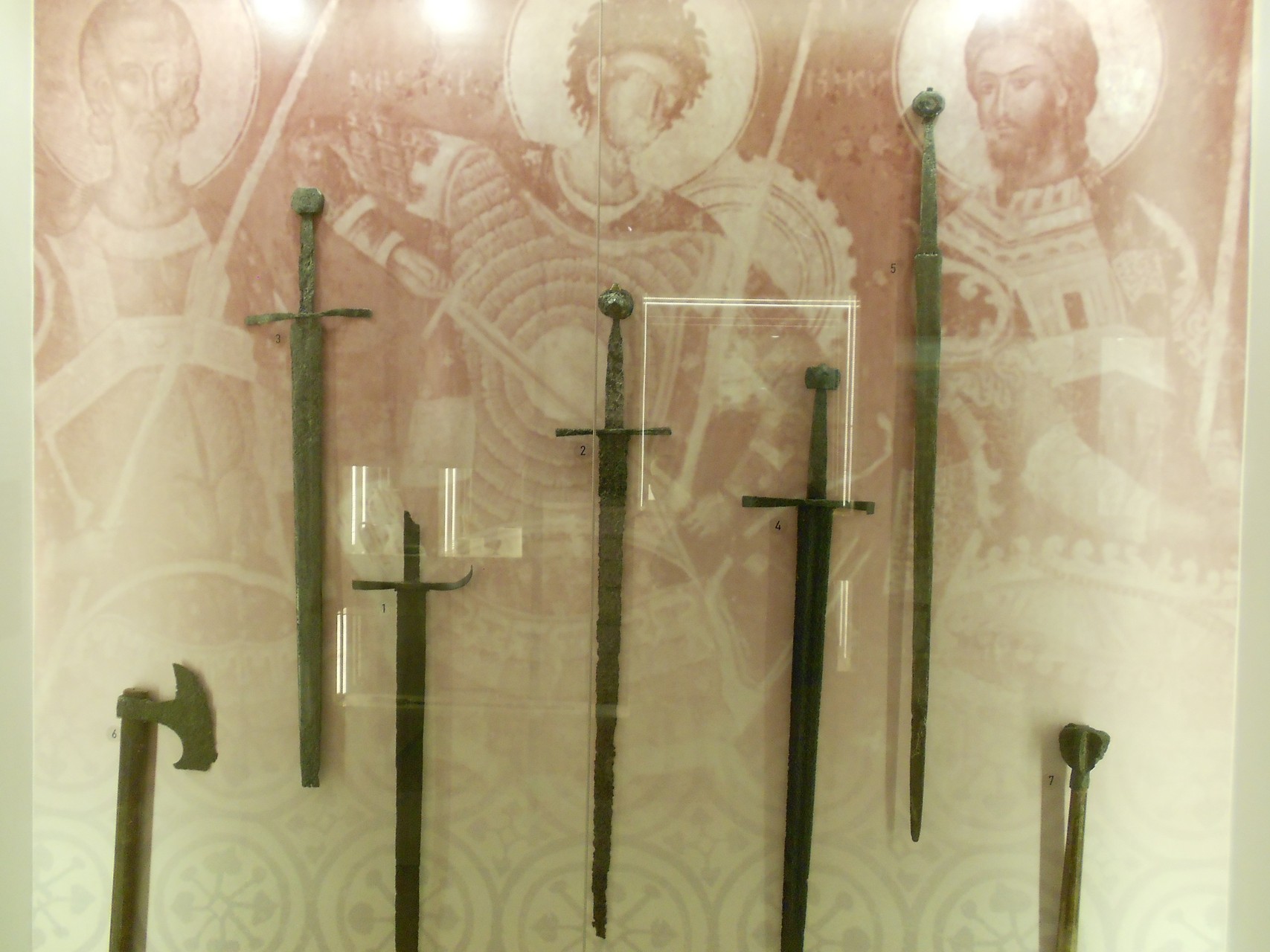 © Goran Gajić OROUNDO
© Goran Gajić OROUNDO
Fortress – a symbol of Šabac
The first urban settlements in the Šabac area formed in the 10th century During the period of Hungarian rule, Šabac was known as Mačo (Macho) and was the center of the Banate of Mačva This territory fell under Serbian rule in the 13th century, during the reign of Serbian King...
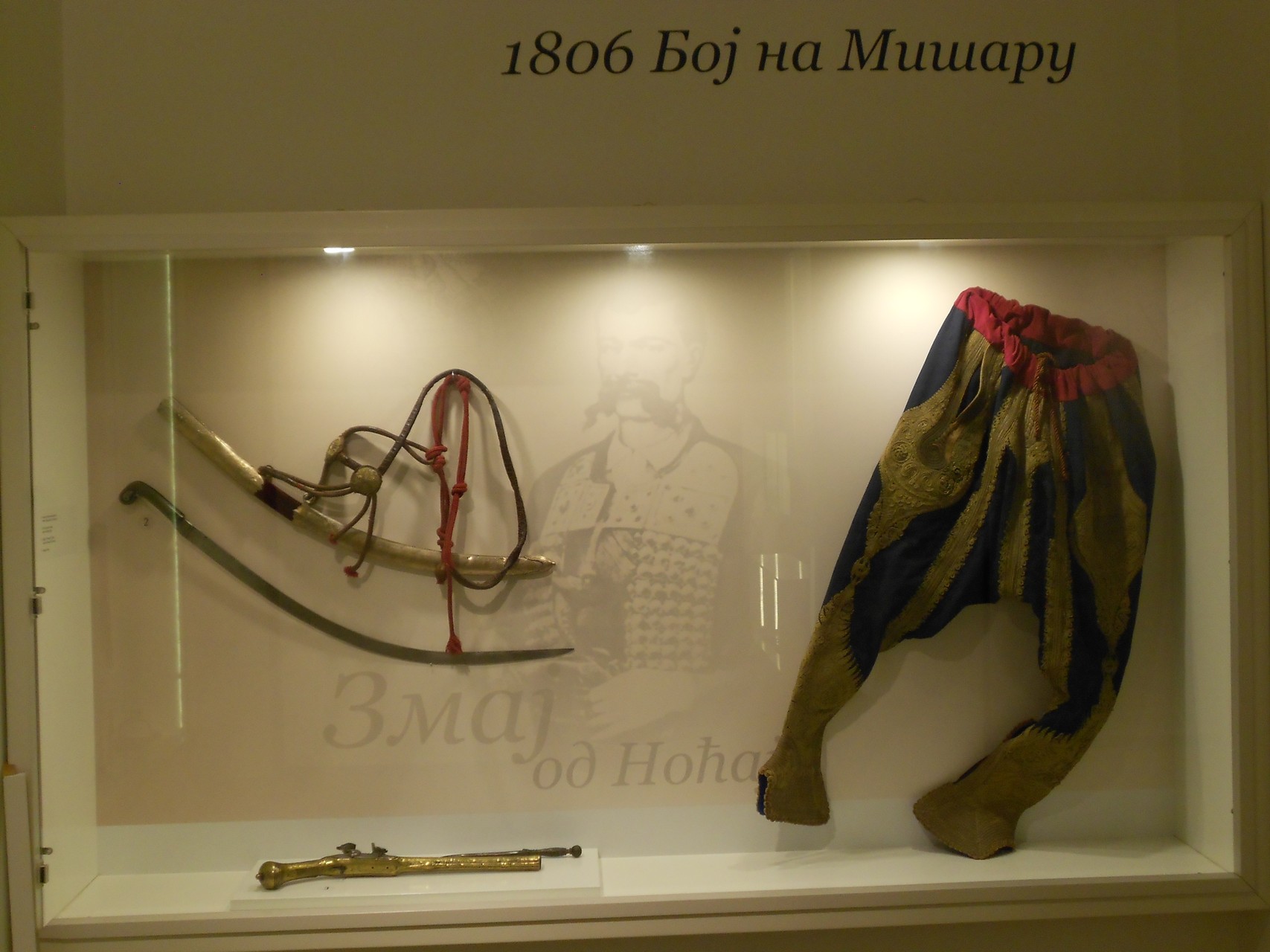 © Goran Gajić OROUNDO
© Goran Gajić OROUNDO
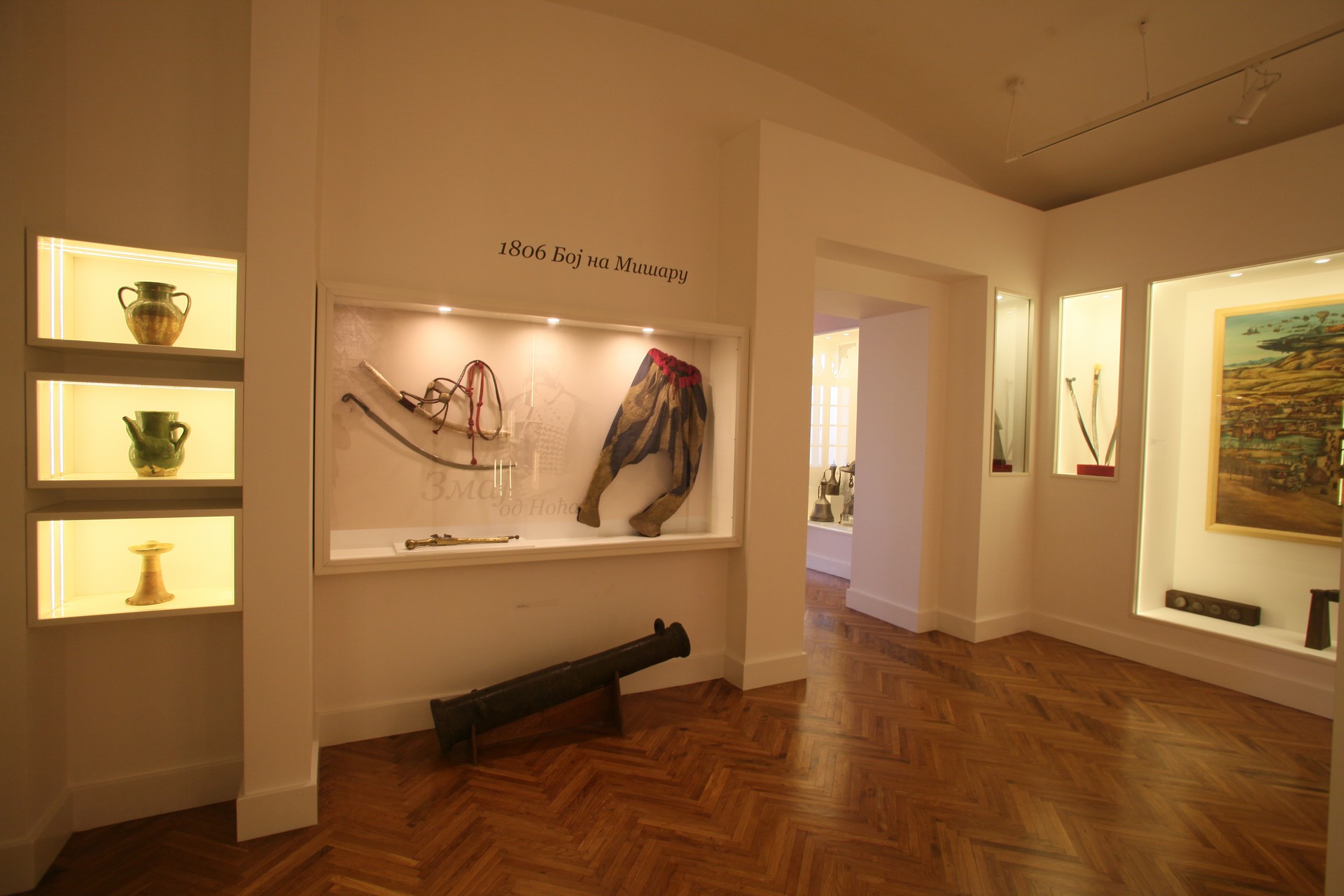
Šabac during Serbian Uprisings
During the First and the Second Serbian uprisings this region played a great strategic, economic and political role During the Uprisings, some decisive battles took place right here – the Battle of Crnobarski Salaš and the Battle of Mišar in 1806 (the First Serbian Uprising) and the Battle of Dublje...
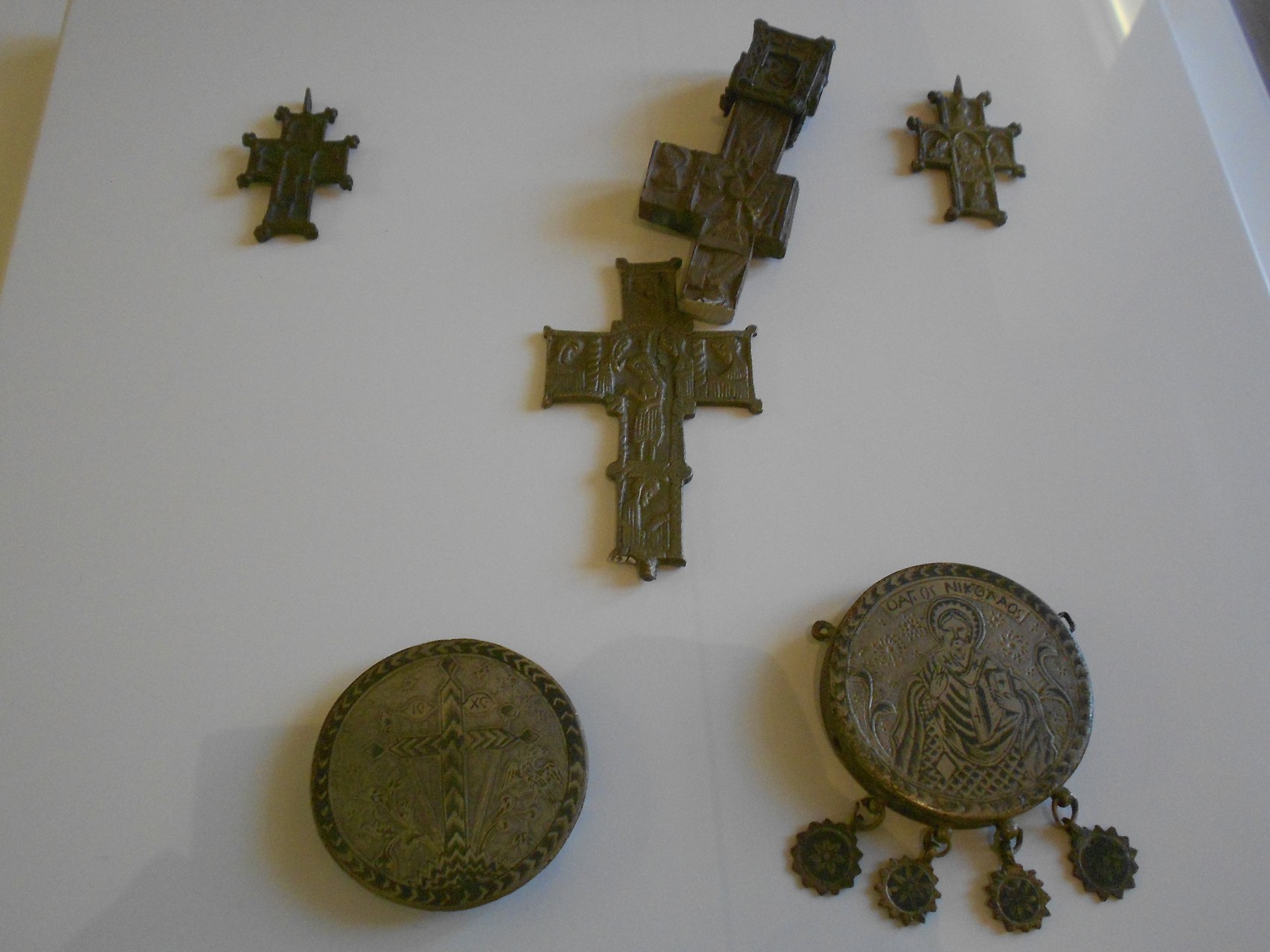 © Goran Gajić OROUNDO
© Goran Gajić OROUNDO
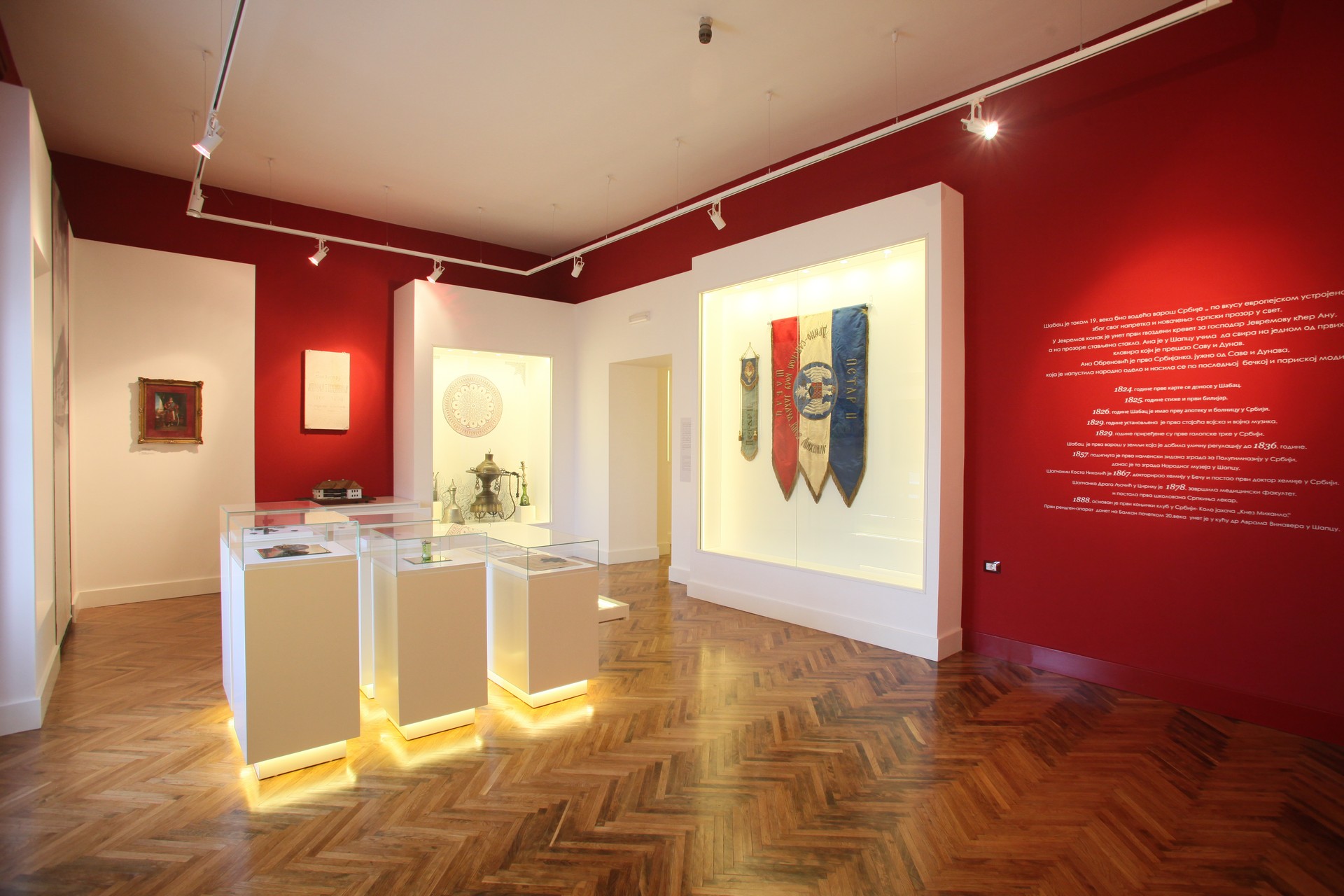
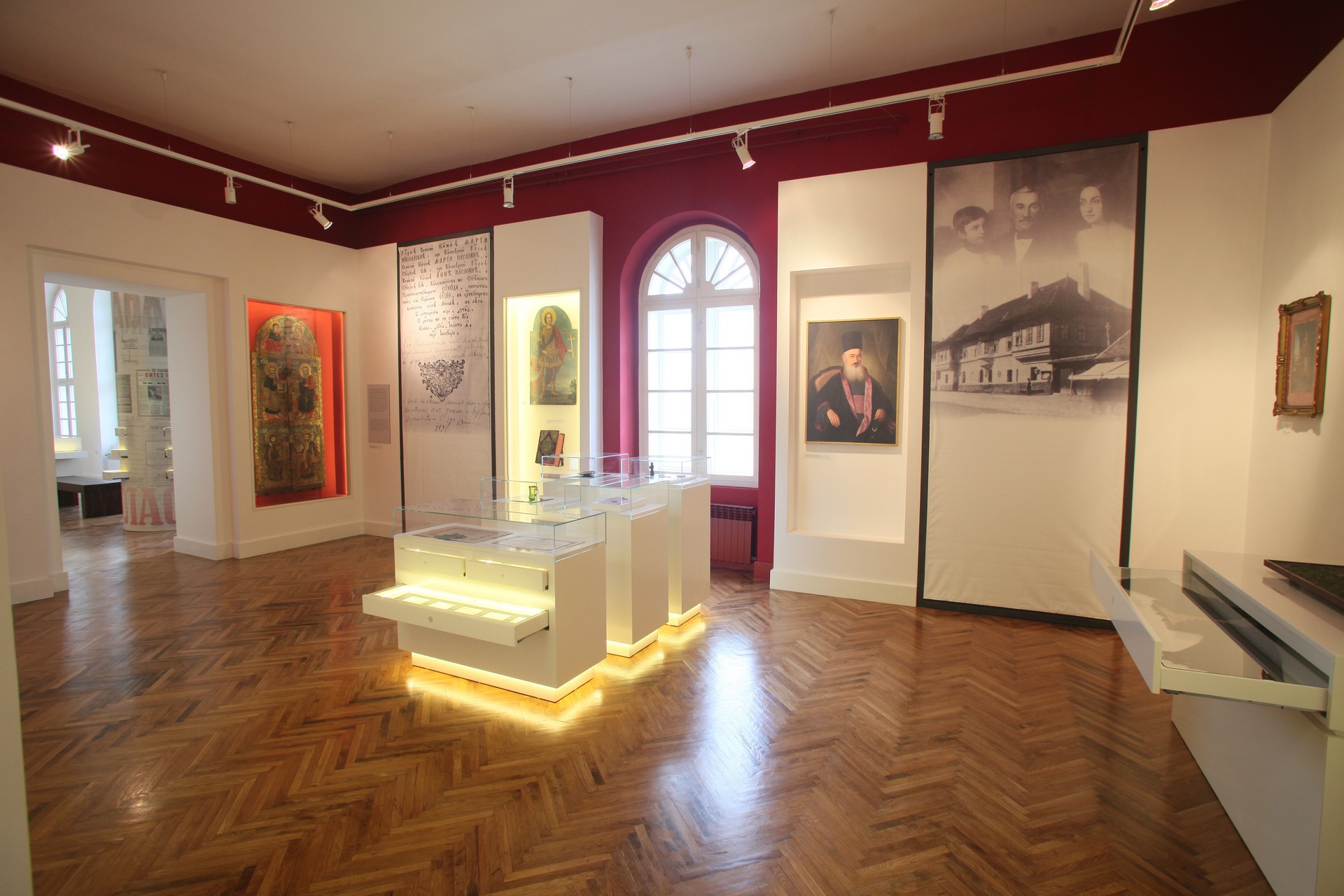
Šabac and Jevrem Obrenović
After the Second Serbian Uprising in 1816, Jevrem Obrenović, brother of the Serbian Prince Miloš, became the governor of the Šabac nahija/district He stayed in the city until 1831 The years that Jevrem Obrenović spent in Šabac are considered the the most prosperous of its past The 19th century is...
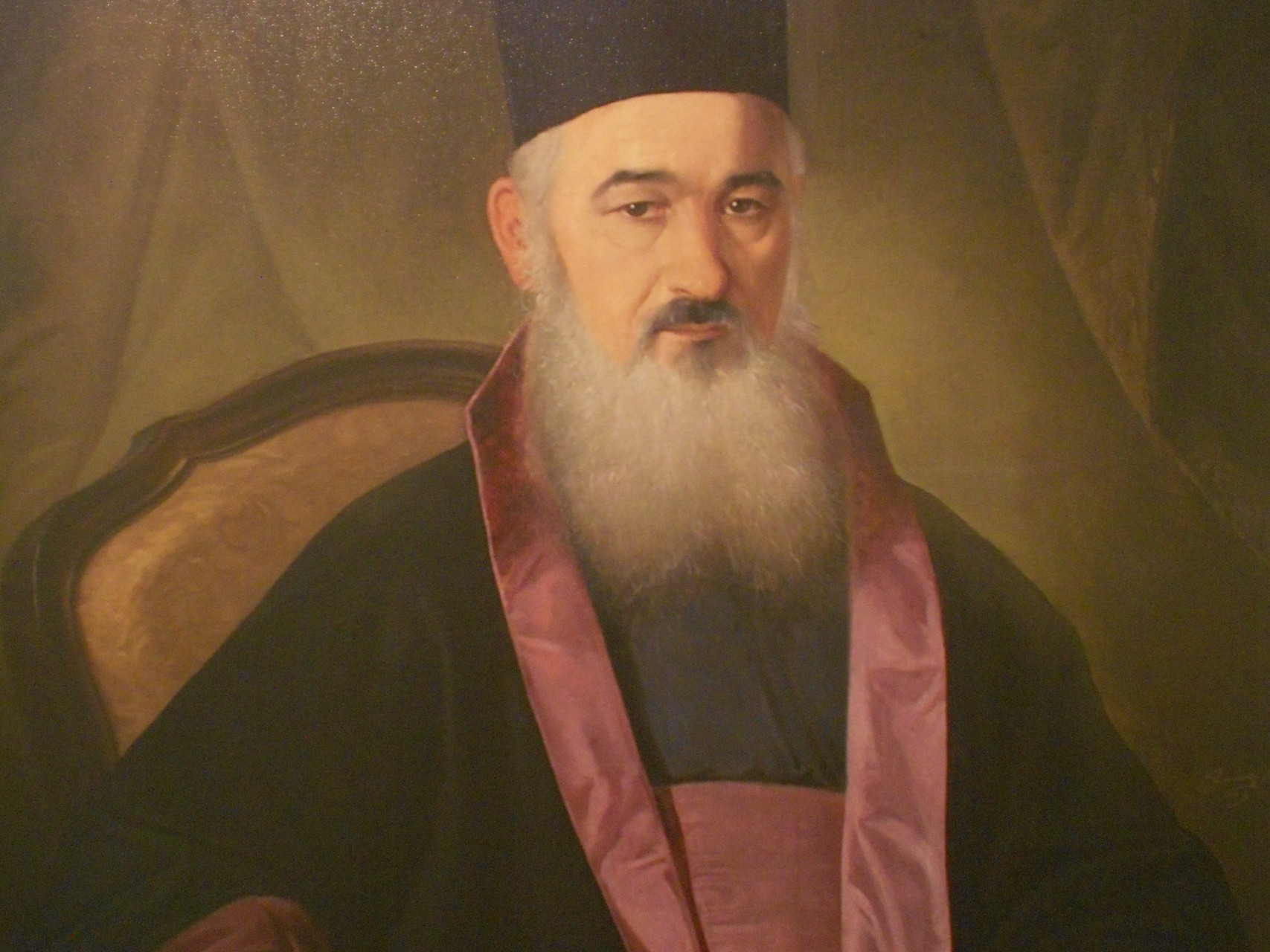
Priest Jovan Pavlović
The priest Jovan Pavlović is one of the people who made a great mark on the cultural and social progress of Šabac during the first half of the 19th century He became the “royal court priest” on the request of Jevrem Obrenović He is considered one of the most eminent...
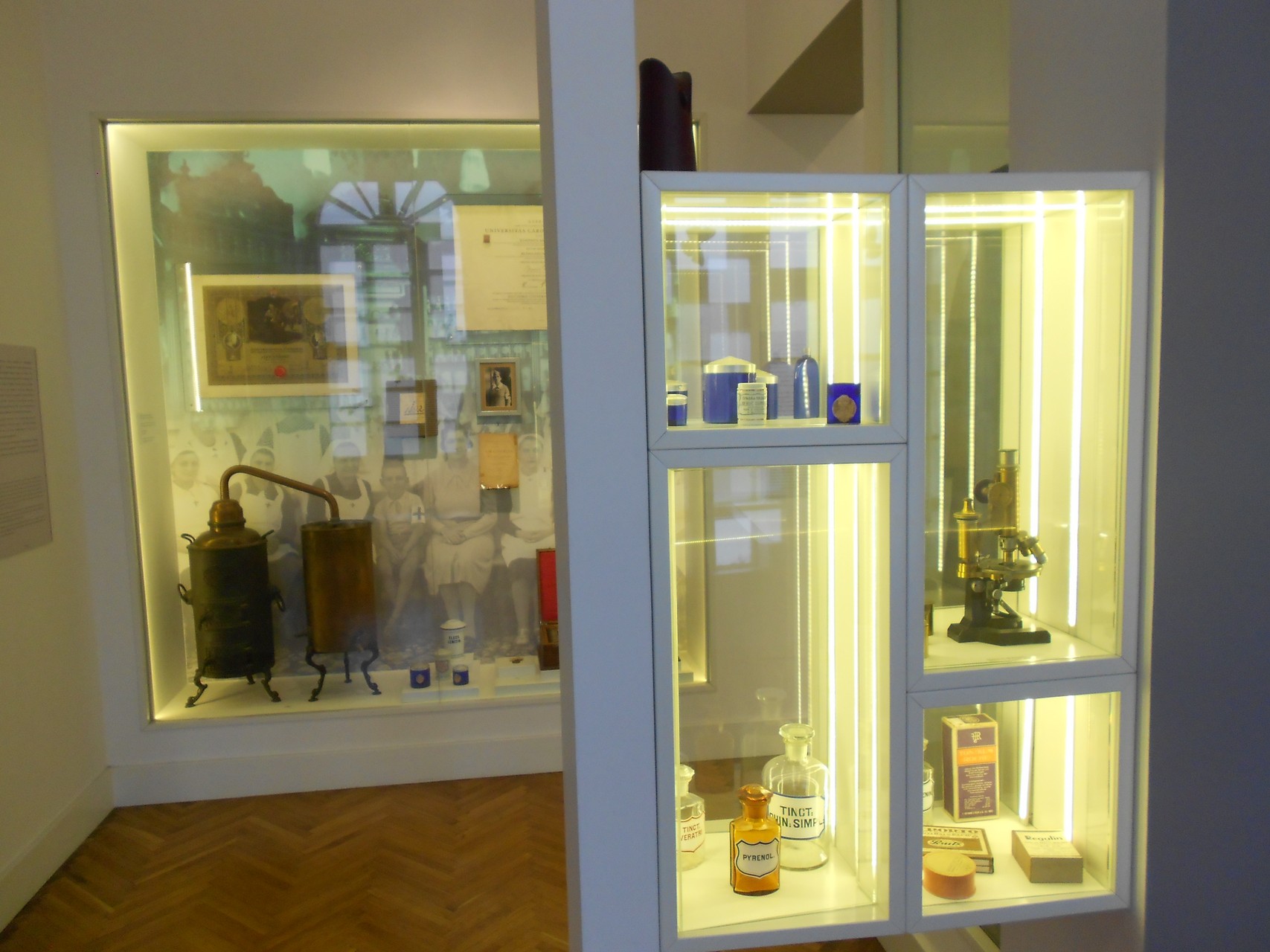 © Goran Gajić OROUNDO
© Goran Gajić OROUNDO
Many of the things Šabac was first to do
During the rule of Jevrem Obrenović and throughout the rest of the 19th century, Šabac was a leading city in many respects when compared to the rest of Serbia The town kept up with the European standards of that time and because of its progressiveness many novelties were first introduced...
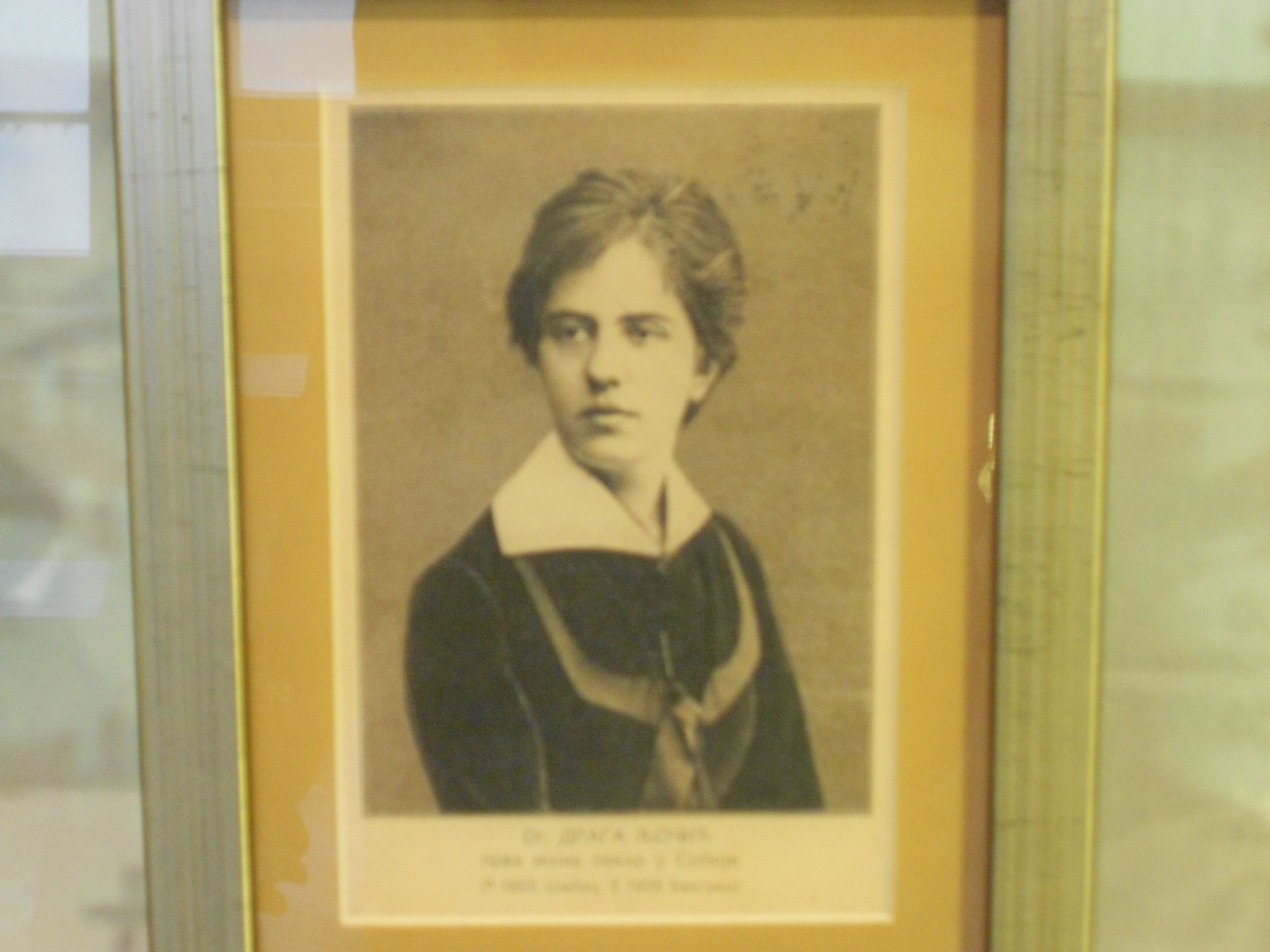 © Goran Gajić OROUNDO
© Goran Gajić OROUNDO
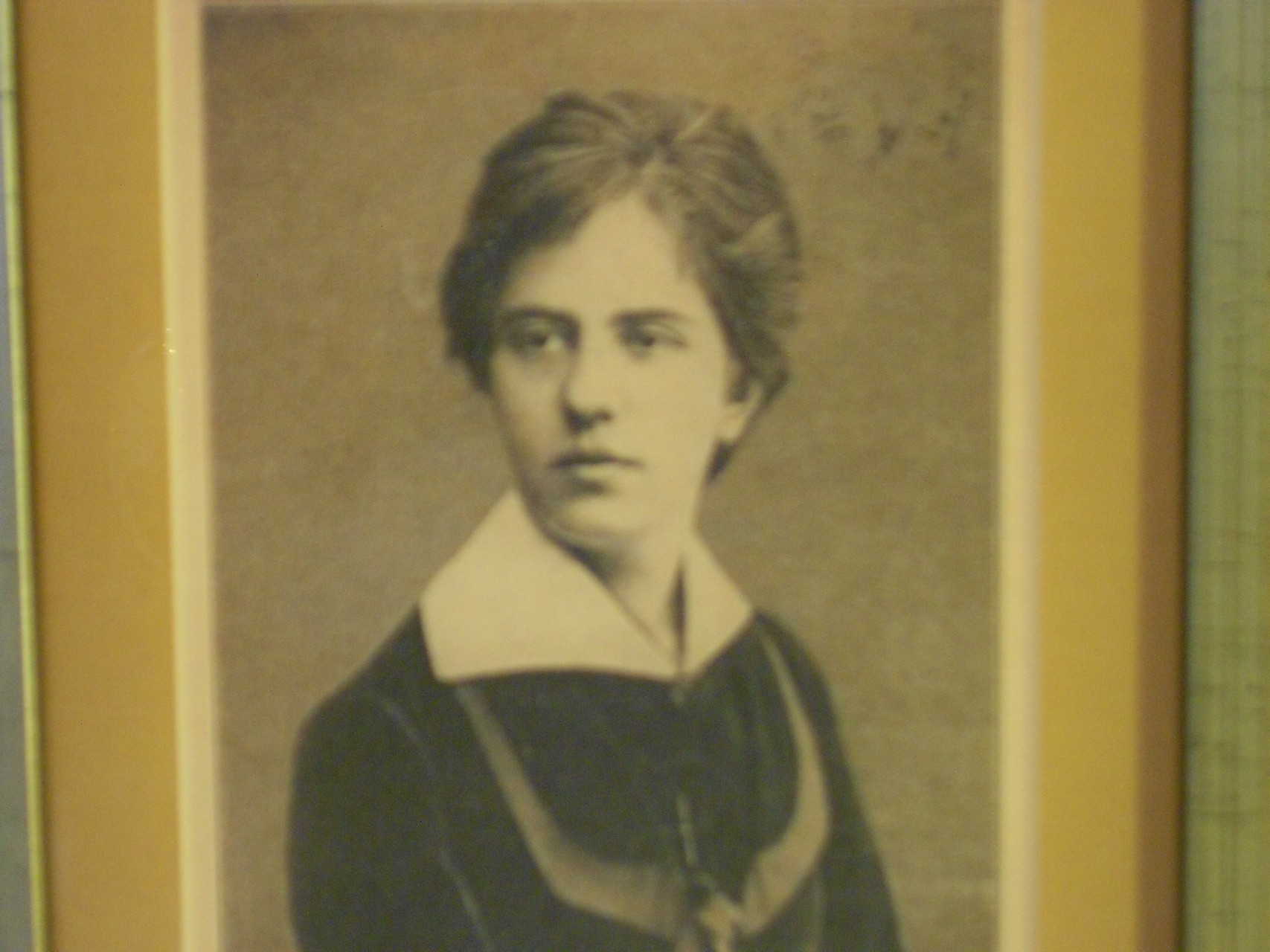 © Goran Gajić OROUNDO
© Goran Gajić OROUNDO
Dr Draga Ljočić
Draga Ljočić was born in Šabac in 1855 She was the first female Serbian doctor She studied medicine in Zurich and was one of the rare female medical students of the time Dr Ljočić was a great philanthropist and a patron of children. She pledged to open children’s hospitals and...
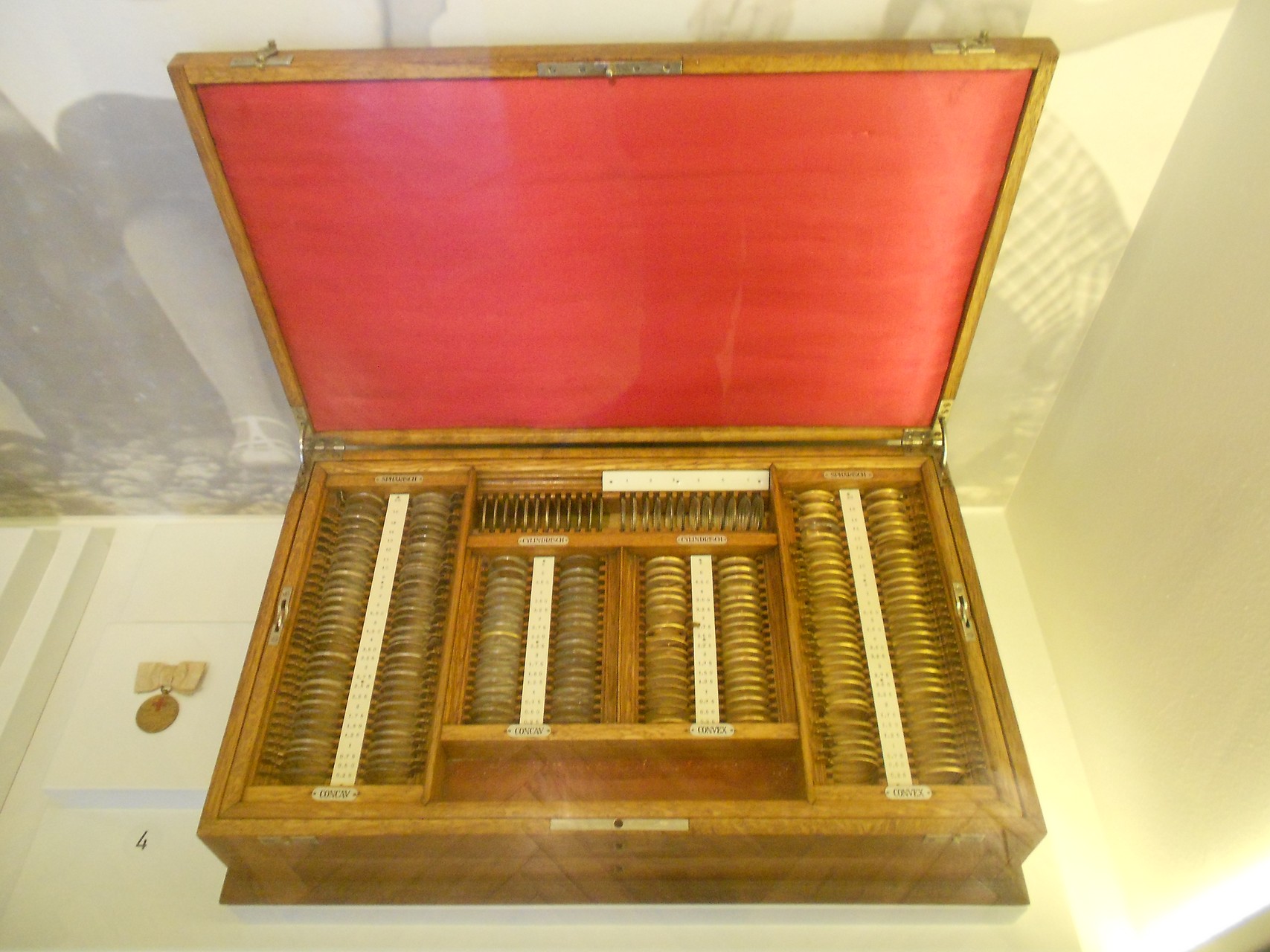 © Goran Gajić OROUNDO
© Goran Gajić OROUNDO
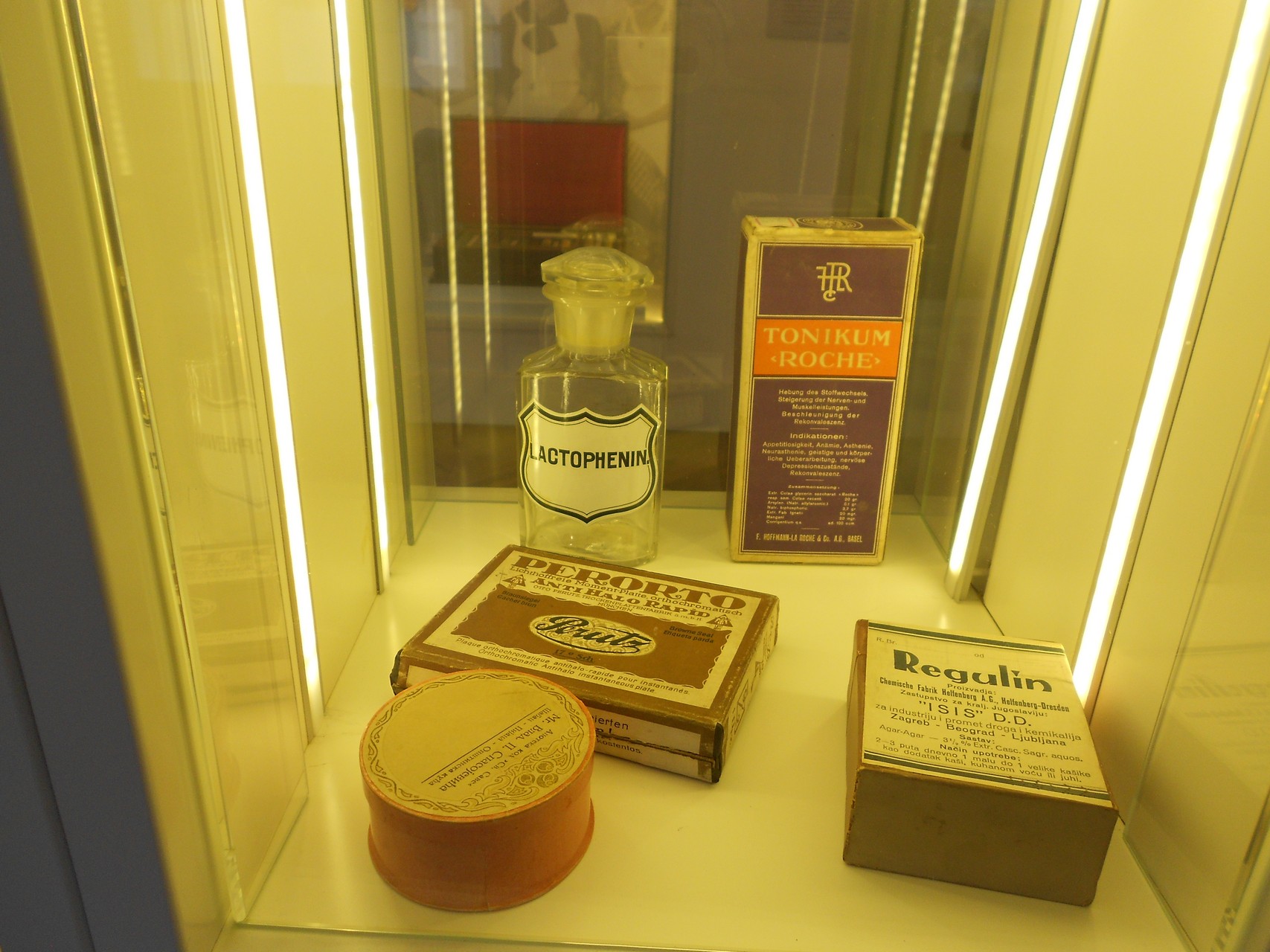 © Goran Gajić OROUNDO
© Goran Gajić OROUNDO
Pharmacy
Following the establishment of the first hospital and pharmacy during the rule of Jevrem Obrenović, the first modern pharmacy was opened in Šabac in 1856 This pharmacy played a sort of a missionary role in the field of public health protection The founder of the second pharmacy in Šabac was...
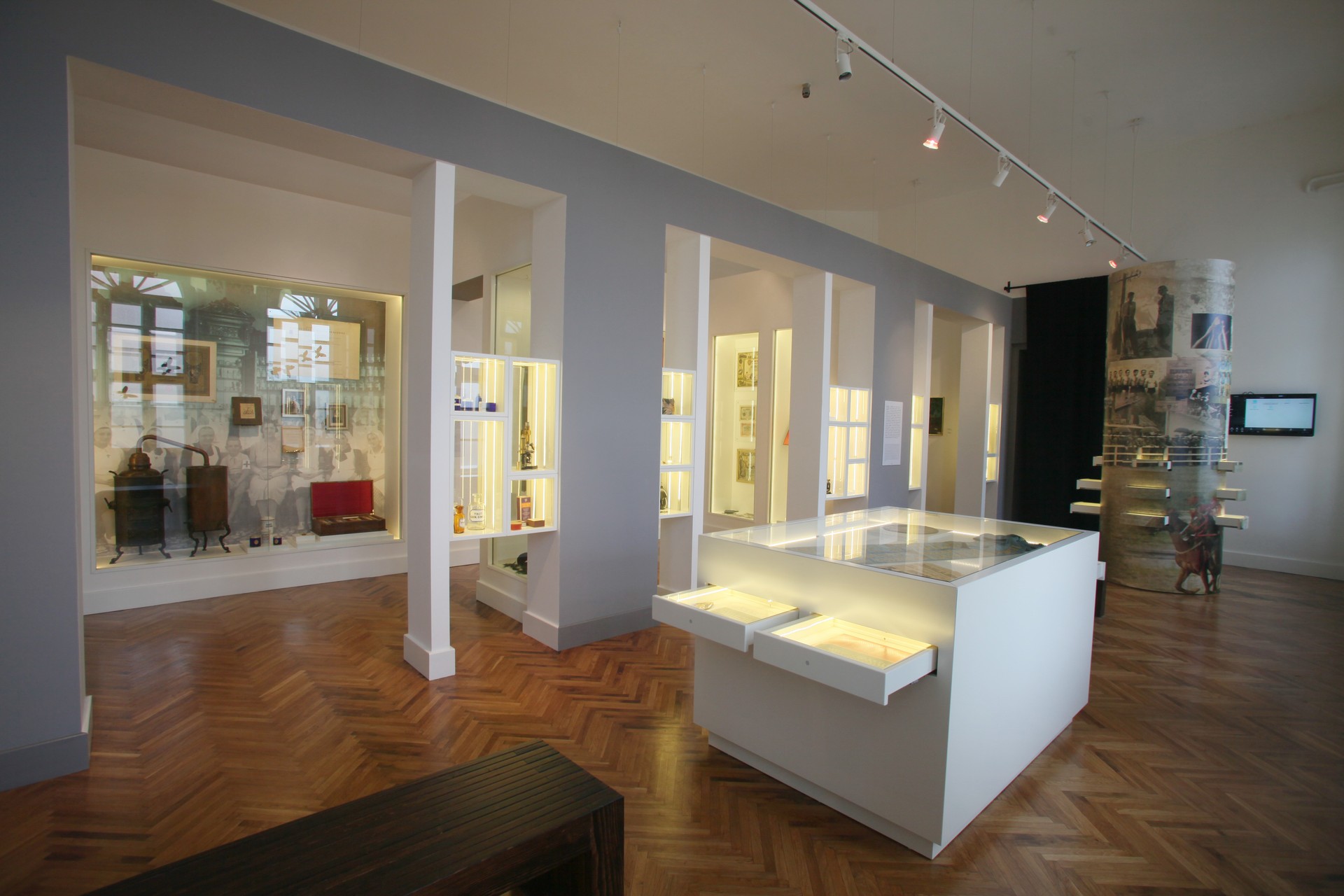
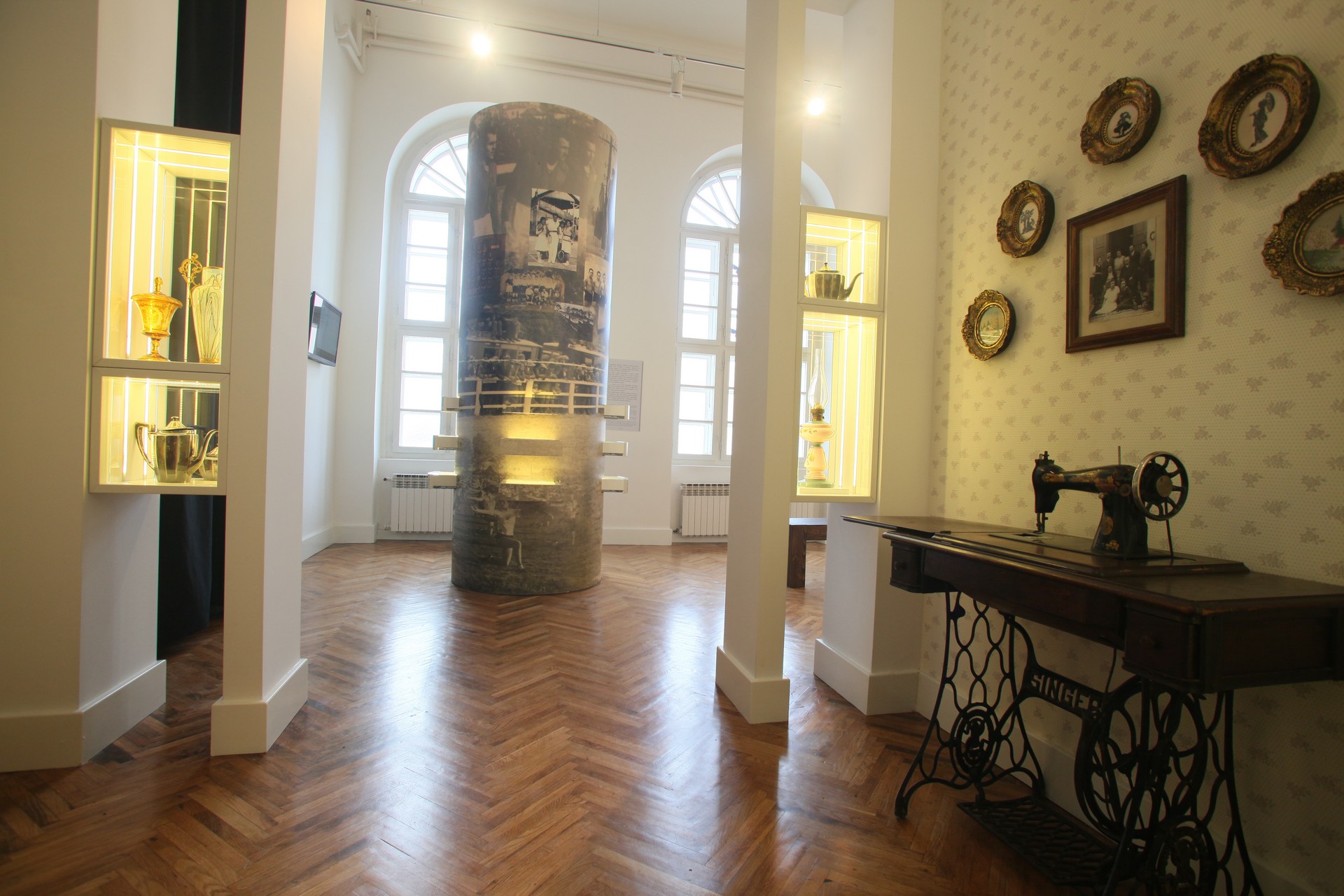
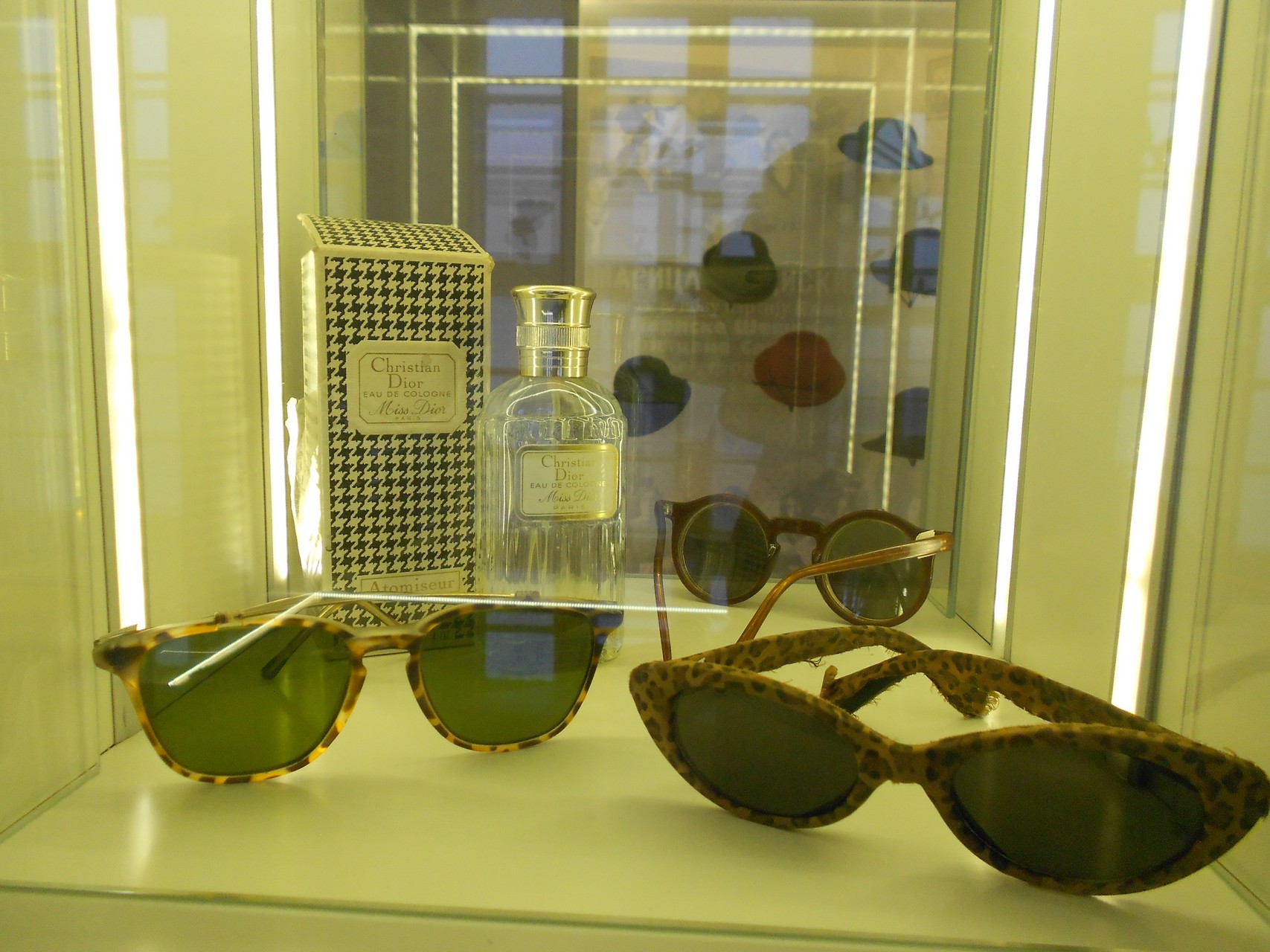 © Goran Gajić OROUNDO
© Goran Gajić OROUNDO
Šabac – Little Paris
To this day Šabac is known as “Little Paris” In the 19th century, and especially during the rule of Jevrem Obrenović and following the departure of the Turks from the city in 1867, Šabac went through an intense period of progress which was reflected in all aspects of urban life....
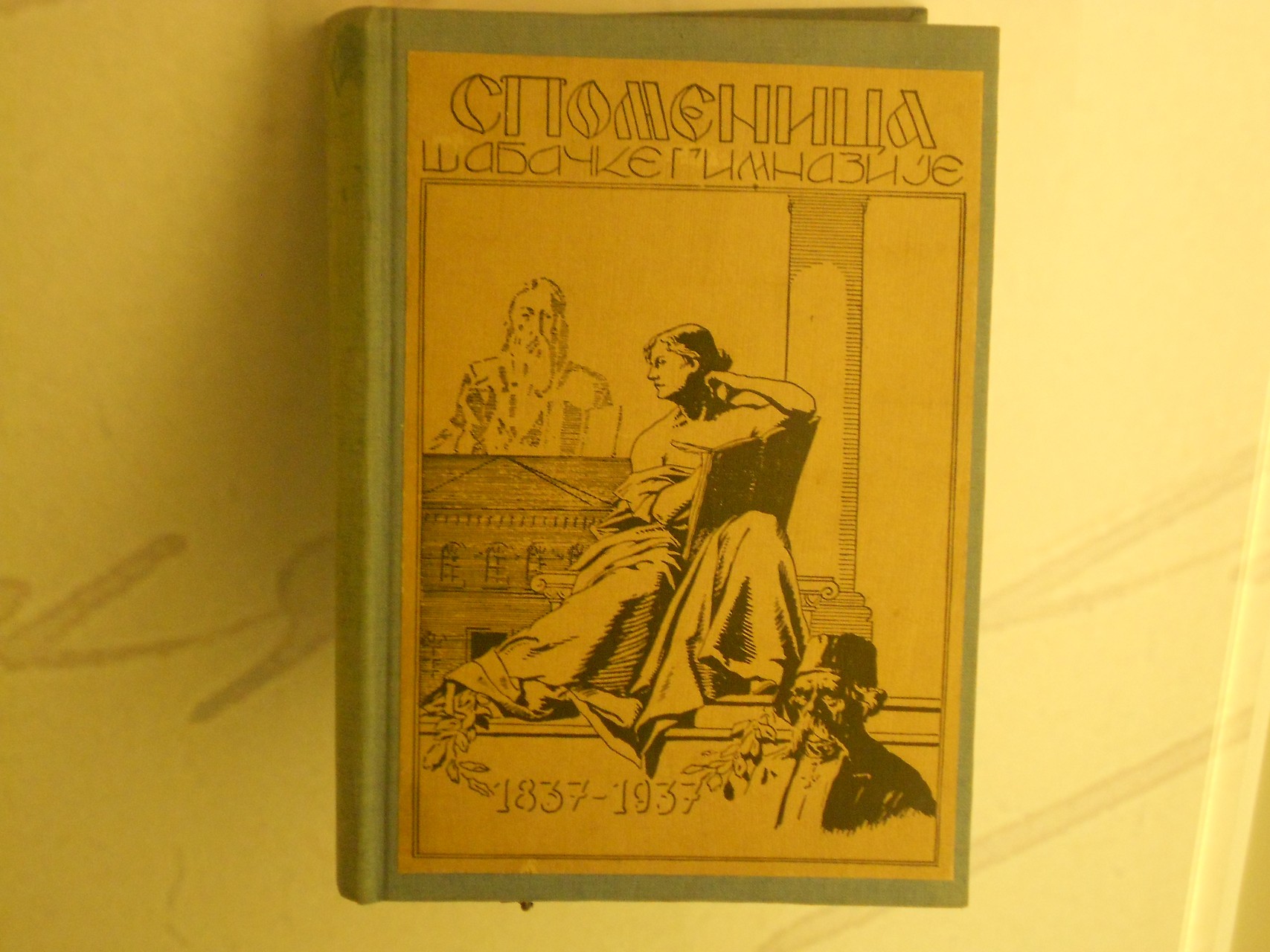 © Goran Gajić OROUNDO
© Goran Gajić OROUNDO
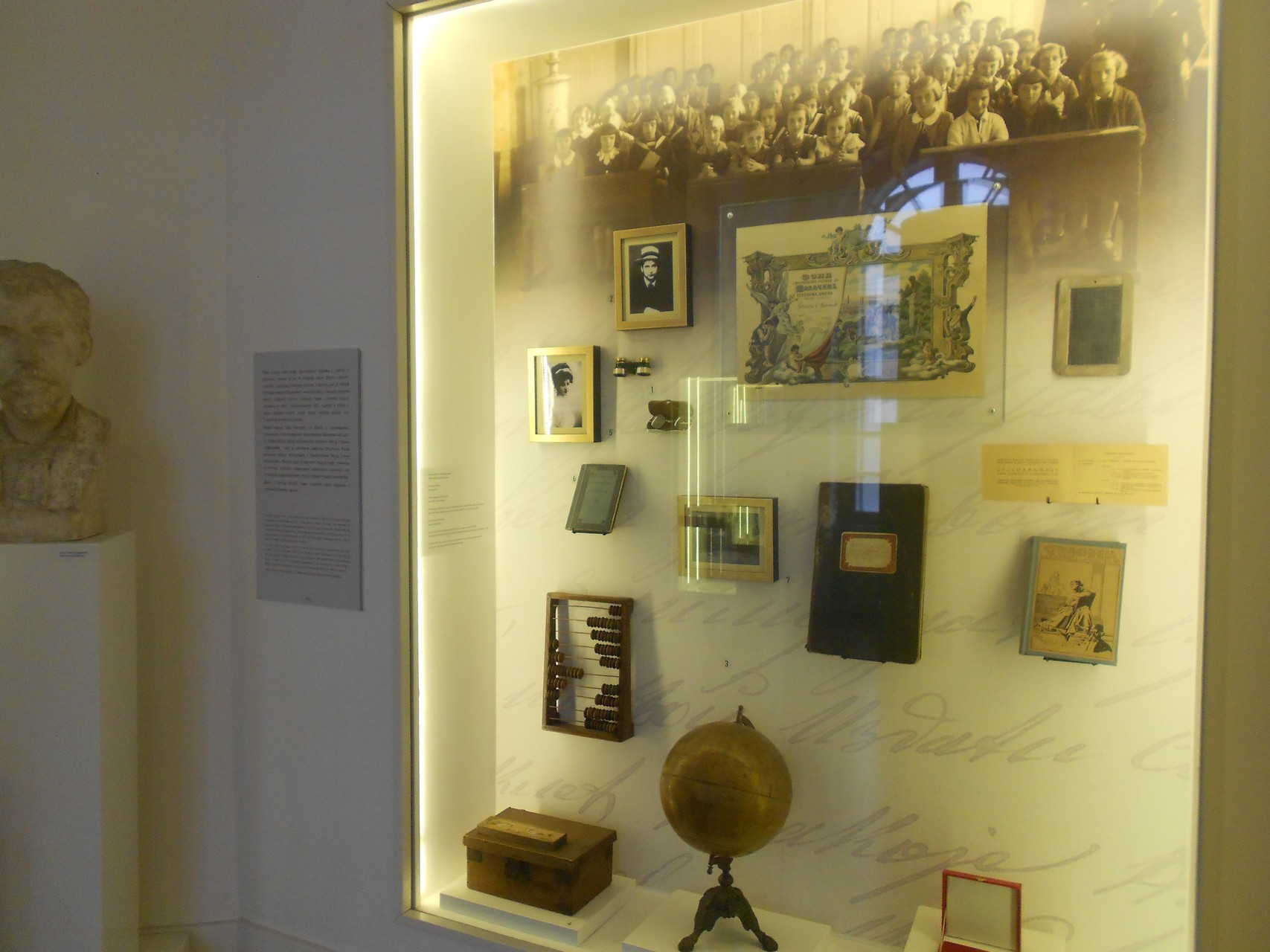 © Goran Gajić OROUNDO
© Goran Gajić OROUNDO
Education
Advances in education laid the foundations for the intellectual development of the city and general social progress The number of students in Šabac was the second largest in Serbia after Belgrade The establishment of the Šabac Grammar school holds a special place in the history of education in this city...
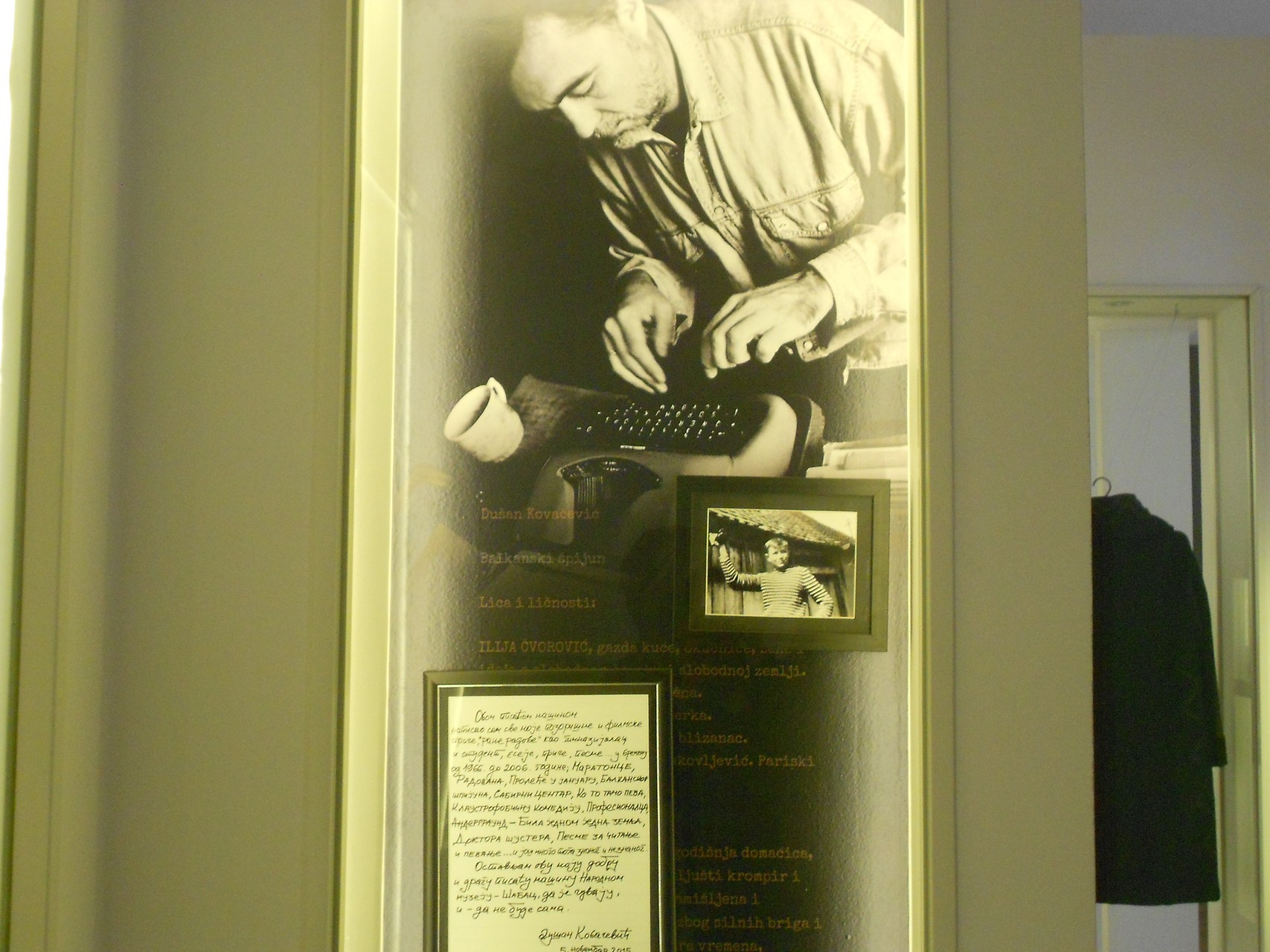 © Goran Gajić OROUNDO
© Goran Gajić OROUNDO
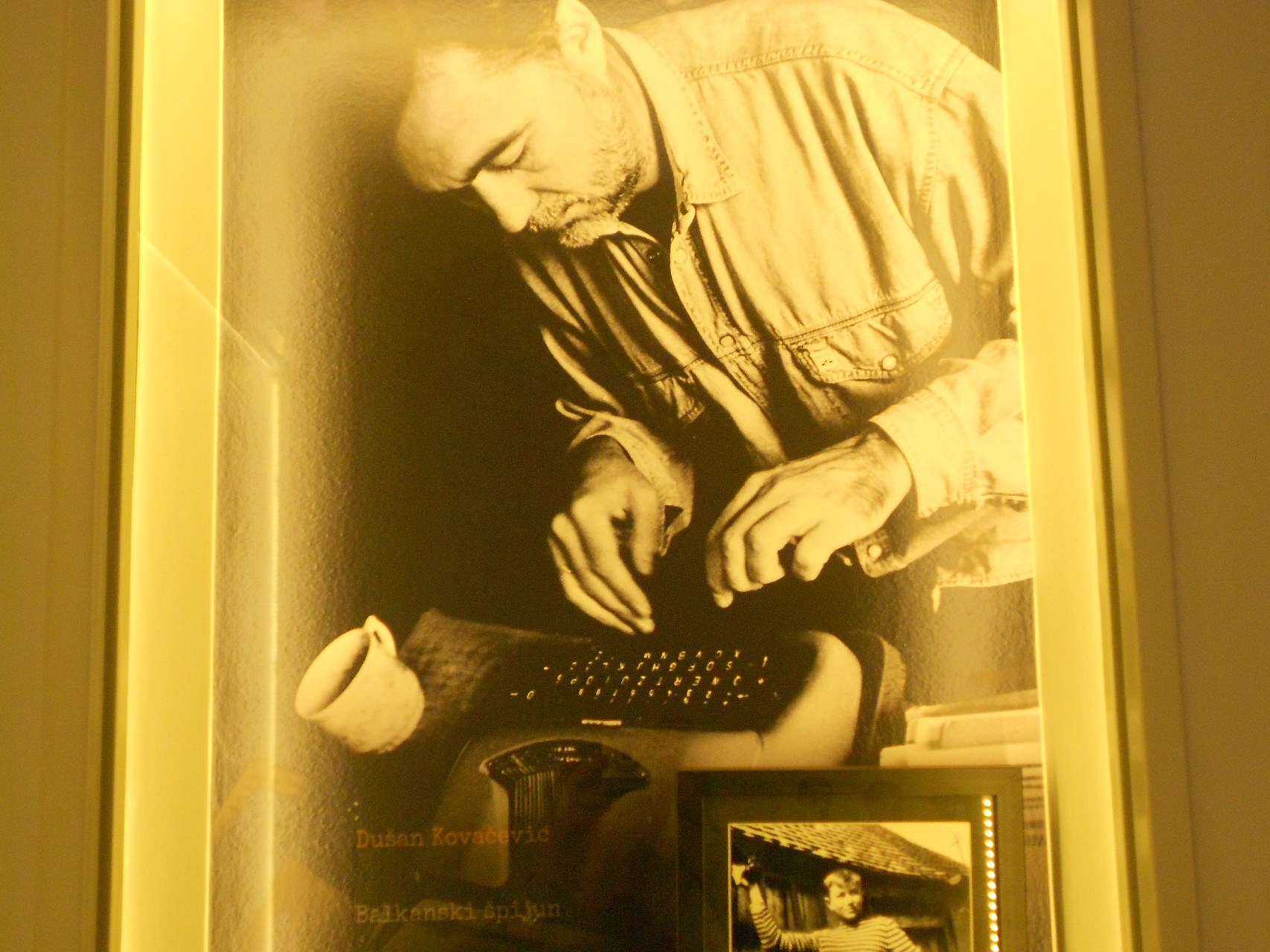 © Goran Gajić OROUNDO
© Goran Gajić OROUNDO
Literature
Many famous Serbian writers were born, educated or lived and worked in Šabac Anka Obrenović, the daughter of Jevrem Obrenović, was a writer whose translations in 1836 were the first literary works compiled by a woman to be published in post-Ottoman Serbia The great Serbian writer Janko Veselinović was an...
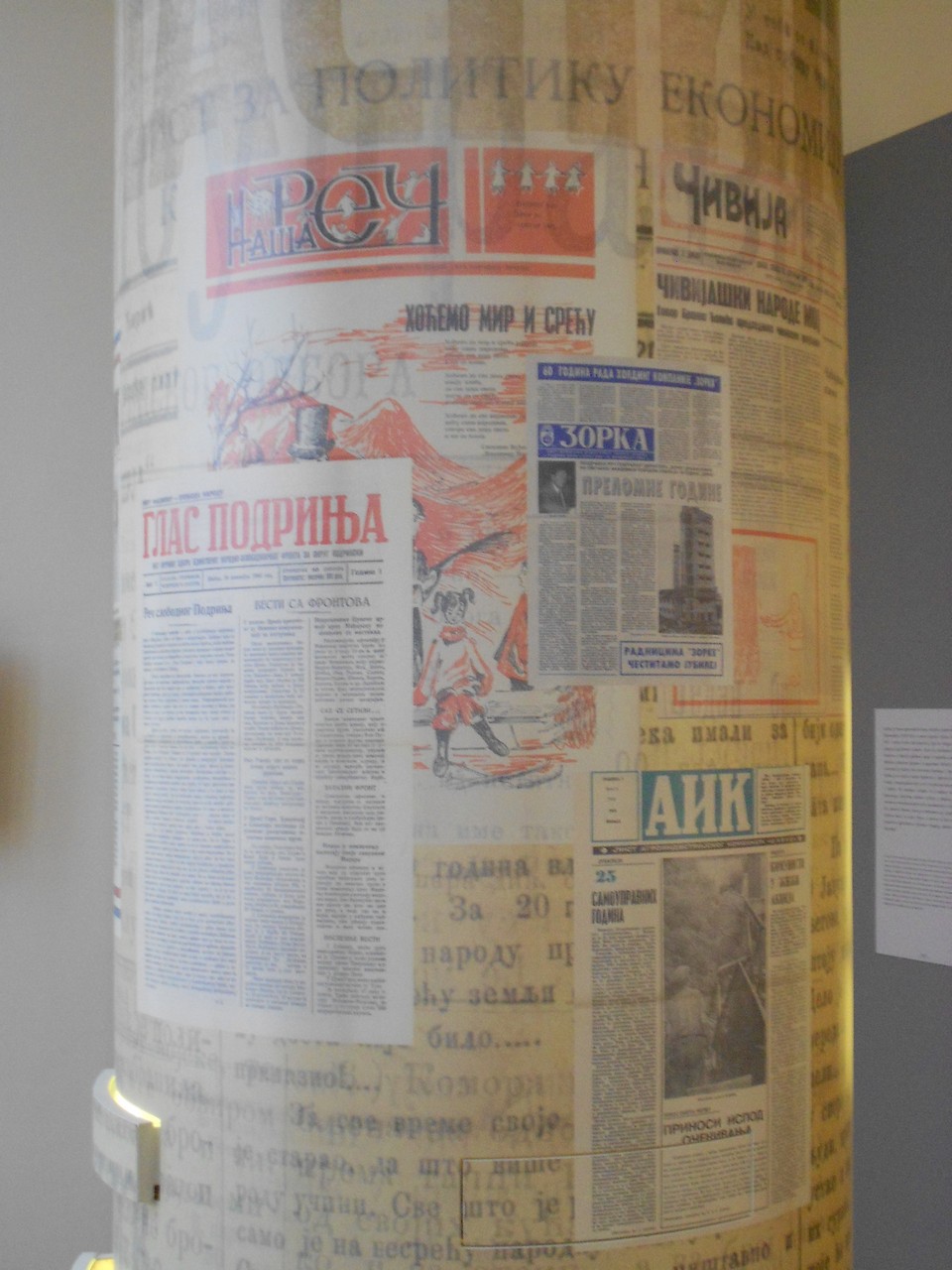 © Goran Gajić OROUNDO
© Goran Gajić OROUNDO
The press
The owner of the first publishing house in Šabac was Andrija Slavuj On January 1st, 1883, Slavuj started publishing the first newspaper in the city – the “Šabački glasnik”. This was the only local newspaper published in Serbia for sometime The first short story of writer Janko Veselinović was published...
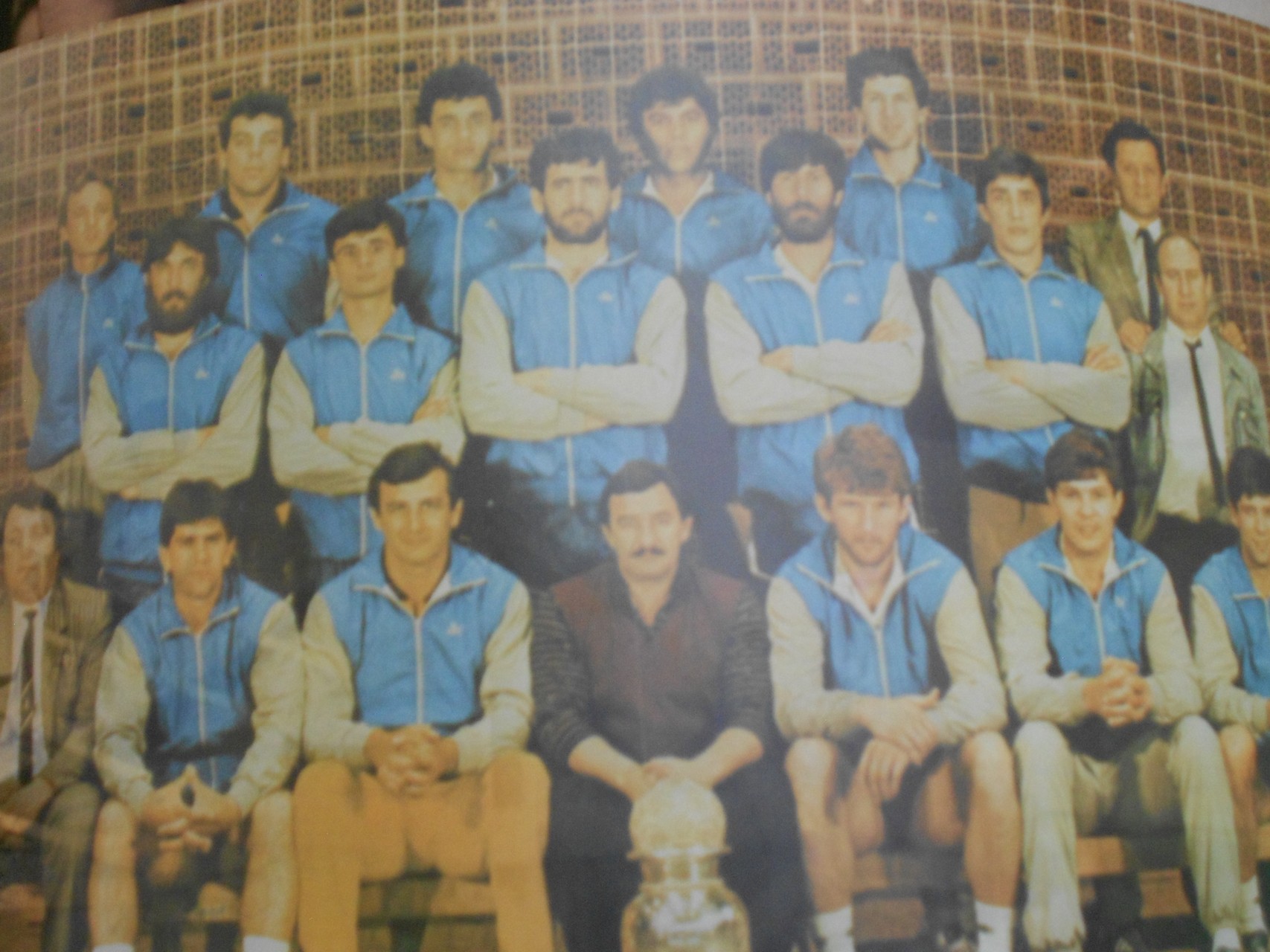 © Goran Gajić OROUNDO
© Goran Gajić OROUNDO
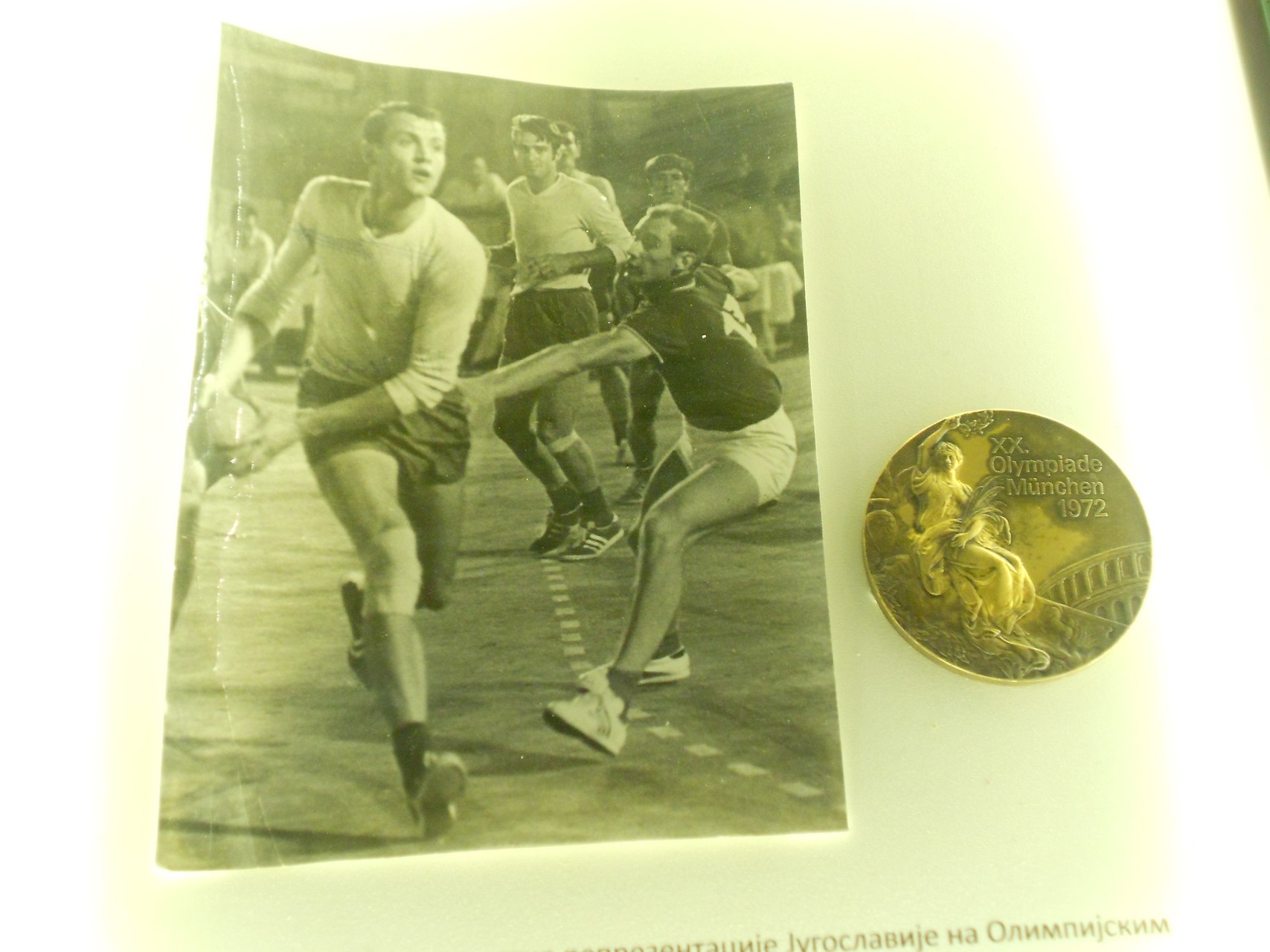 © Goran Gajić OROUNDO
© Goran Gajić OROUNDO
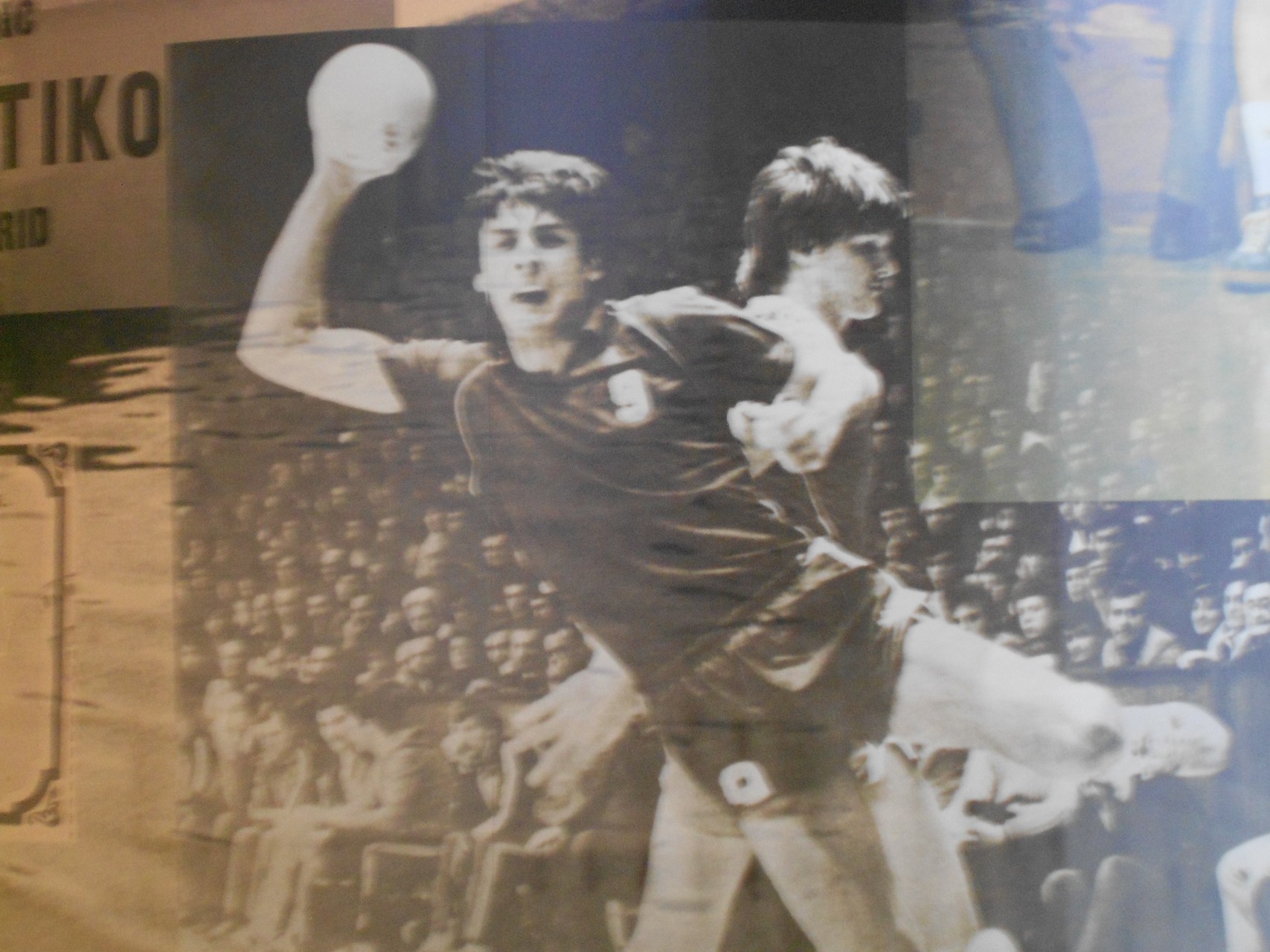 © Goran Gajić OROUNDO
© Goran Gajić OROUNDO
Sport
In 1881, the Šabac Society for Gymnastics and Wrestling was founded on the initiative of the Šabac Grammar school teacher Mihailo Ruvidić In 1888, the first equestrian club in Serbia “Knez Mihailo” was founded The development of sports intensified further during the 20th century In 1905, Dr Avram Vinaver founded...
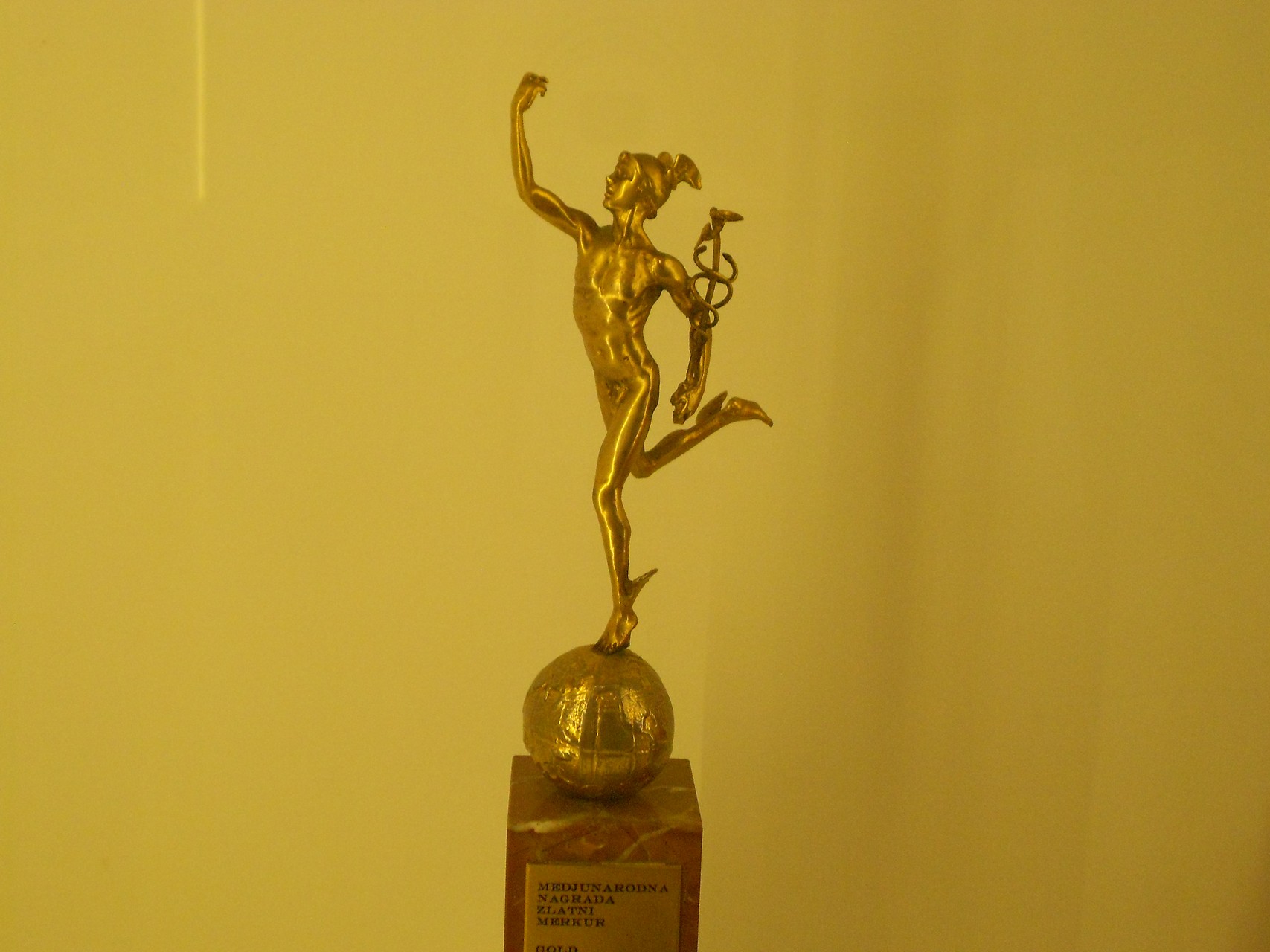 © Goran Gajić OROUNDO
© Goran Gajić OROUNDO
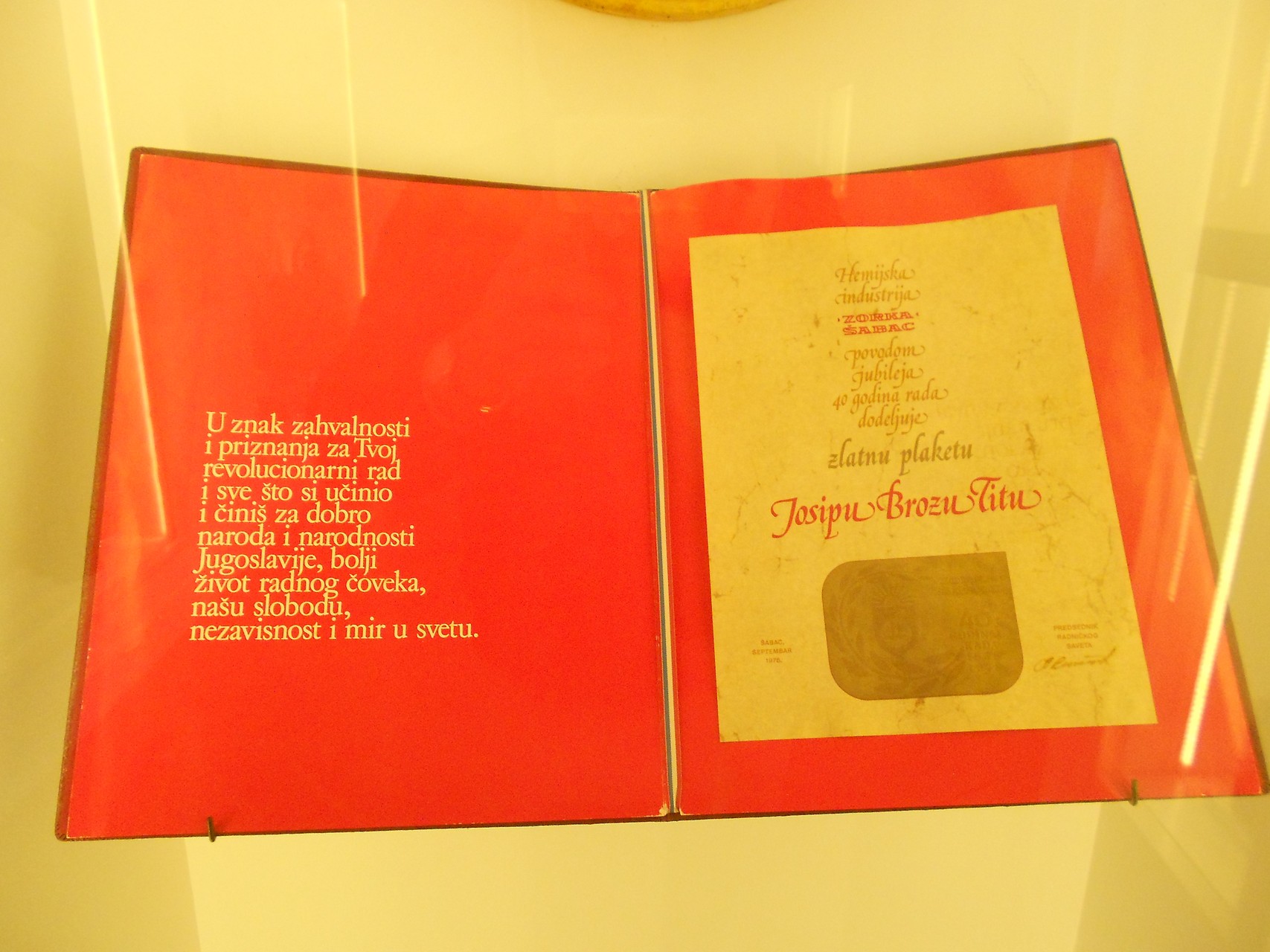 © Goran Gajić OROUNDO
© Goran Gajić OROUNDO
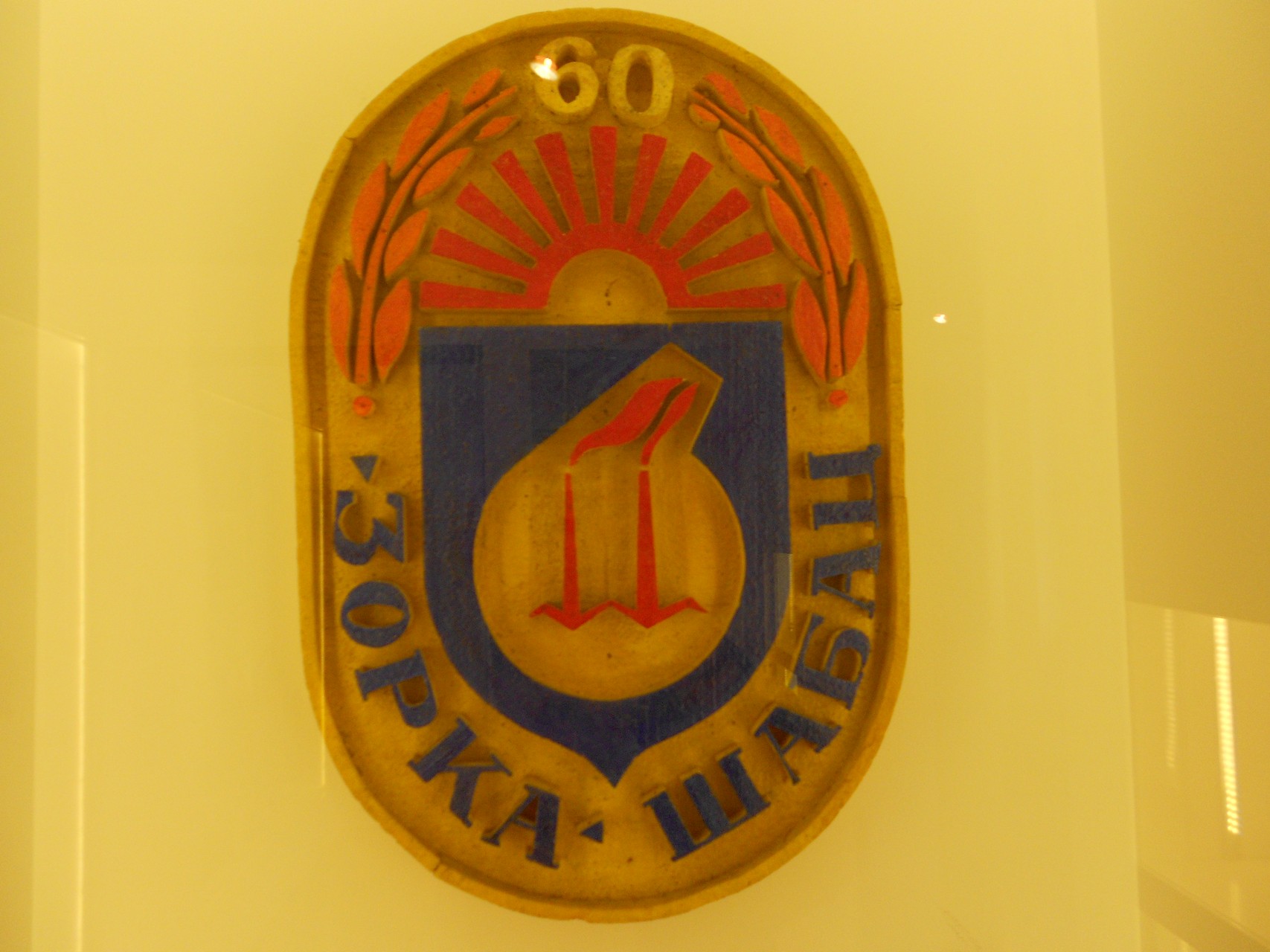 © Goran Gajić OROUNDO
© Goran Gajić OROUNDO
„Zorka“ Šabac
On October 8th, 1938, the chemical industrial plant “Zorka” was founded. It was the largest chemical plant in South-East Europe at that time This factory helped determine the development of the city over the following decades and almost became a synonym for Šabac The golden age of “Zorka” ran from...
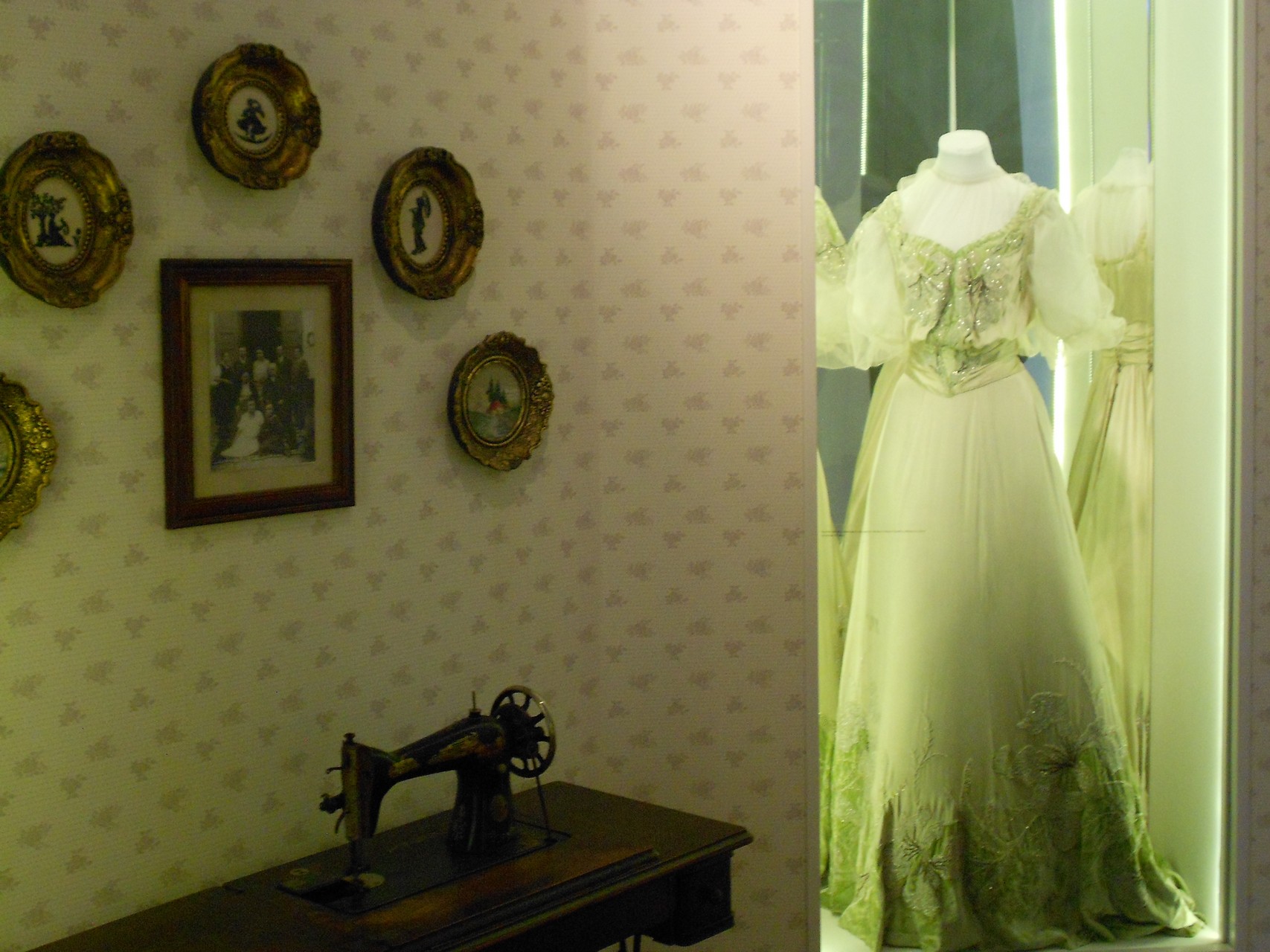 © Goran Gajić OROUNDO
© Goran Gajić OROUNDO
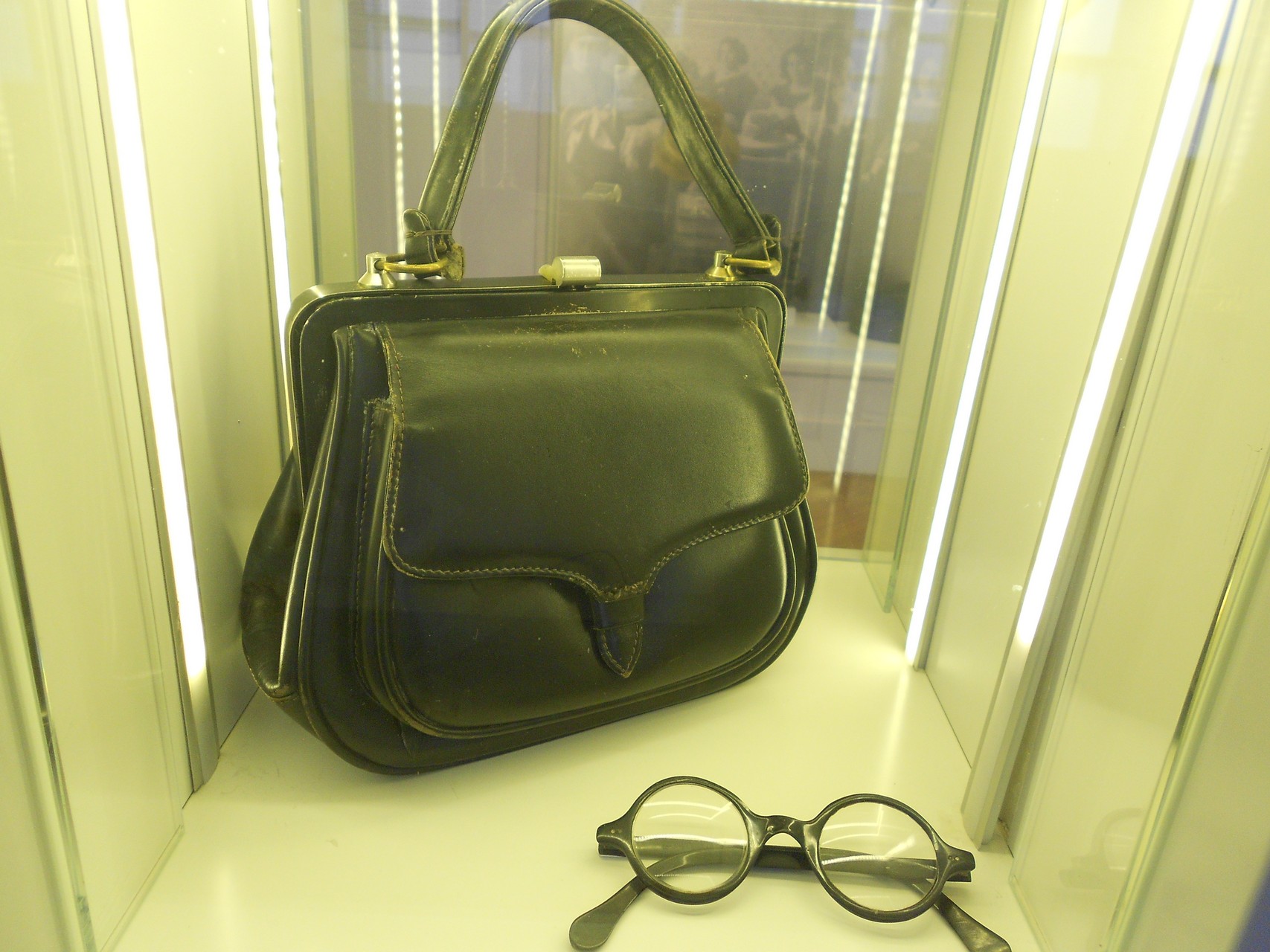 © Goran Gajić OROUNDO
© Goran Gajić OROUNDO
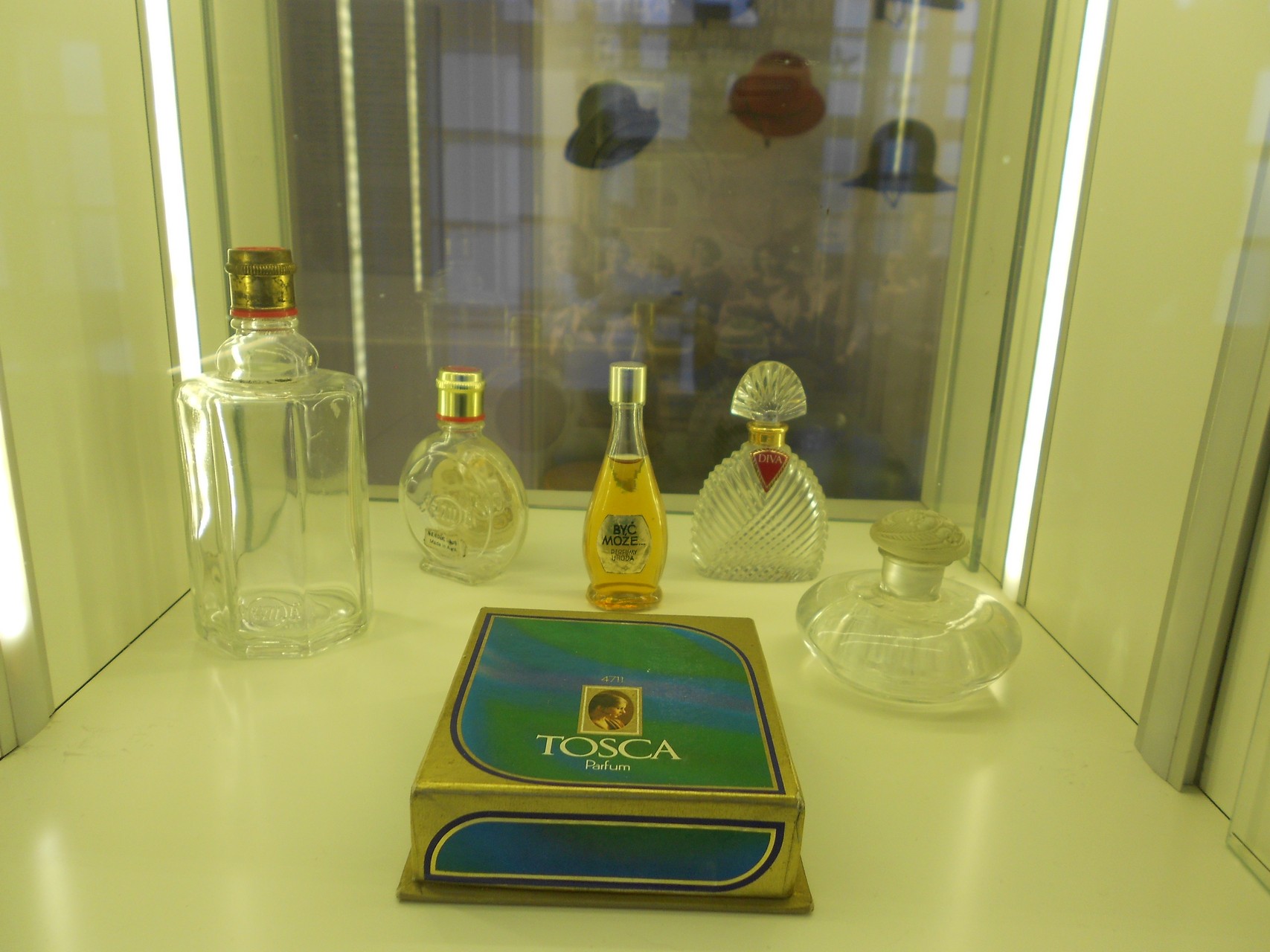 © Goran Gajić OROUNDO
© Goran Gajić OROUNDO
Urban life in Šabac
At the turn of the 20th century, the urban life of people in Šabac was similar of those who lived in Vojvodina and the rest of modern Europe The city’s progressive development was visible in many aspects of life, from modern fashion, its busy public life, to its many diverse...
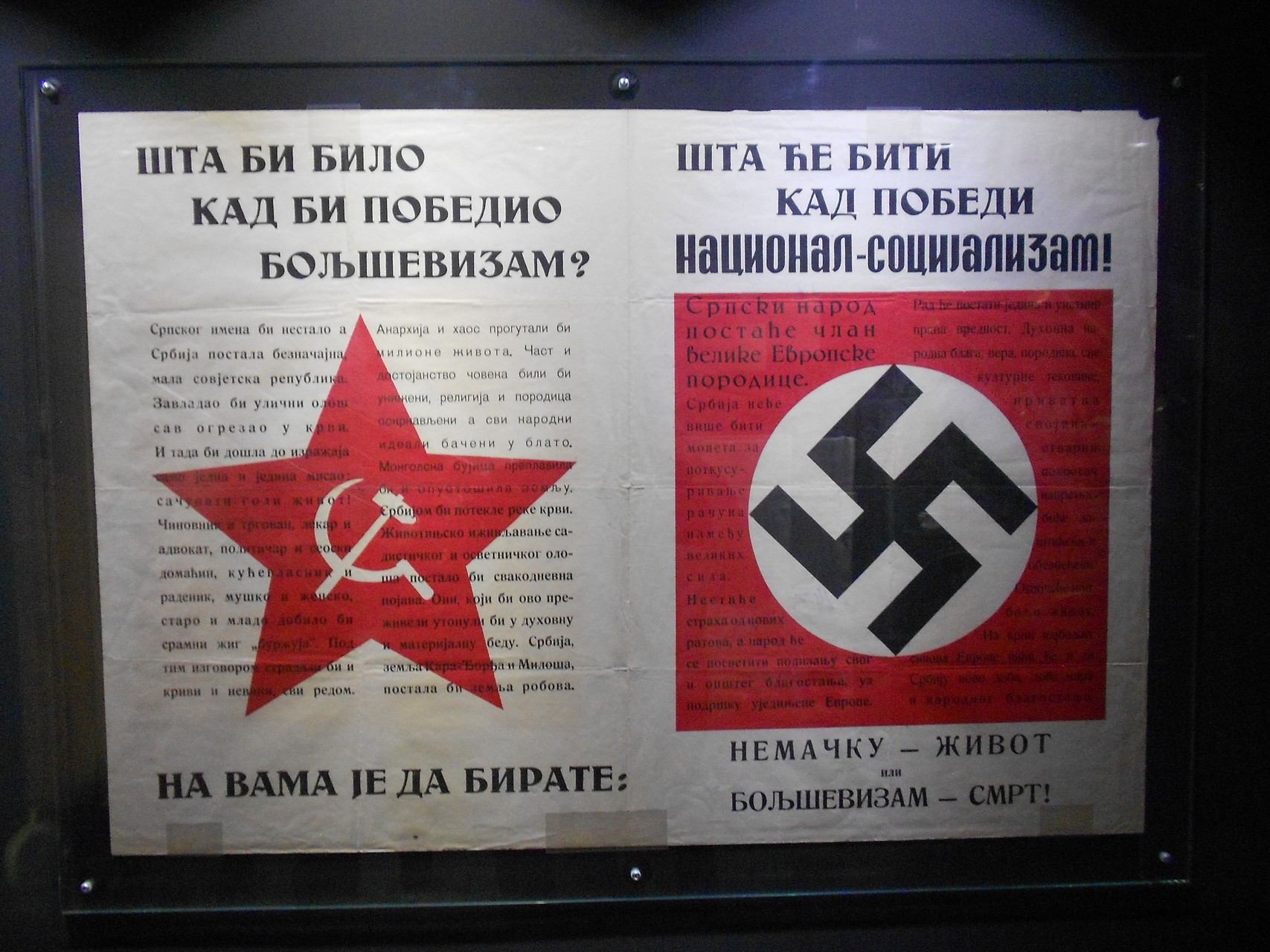 © Goran Gajić OROUNDO
© Goran Gajić OROUNDO
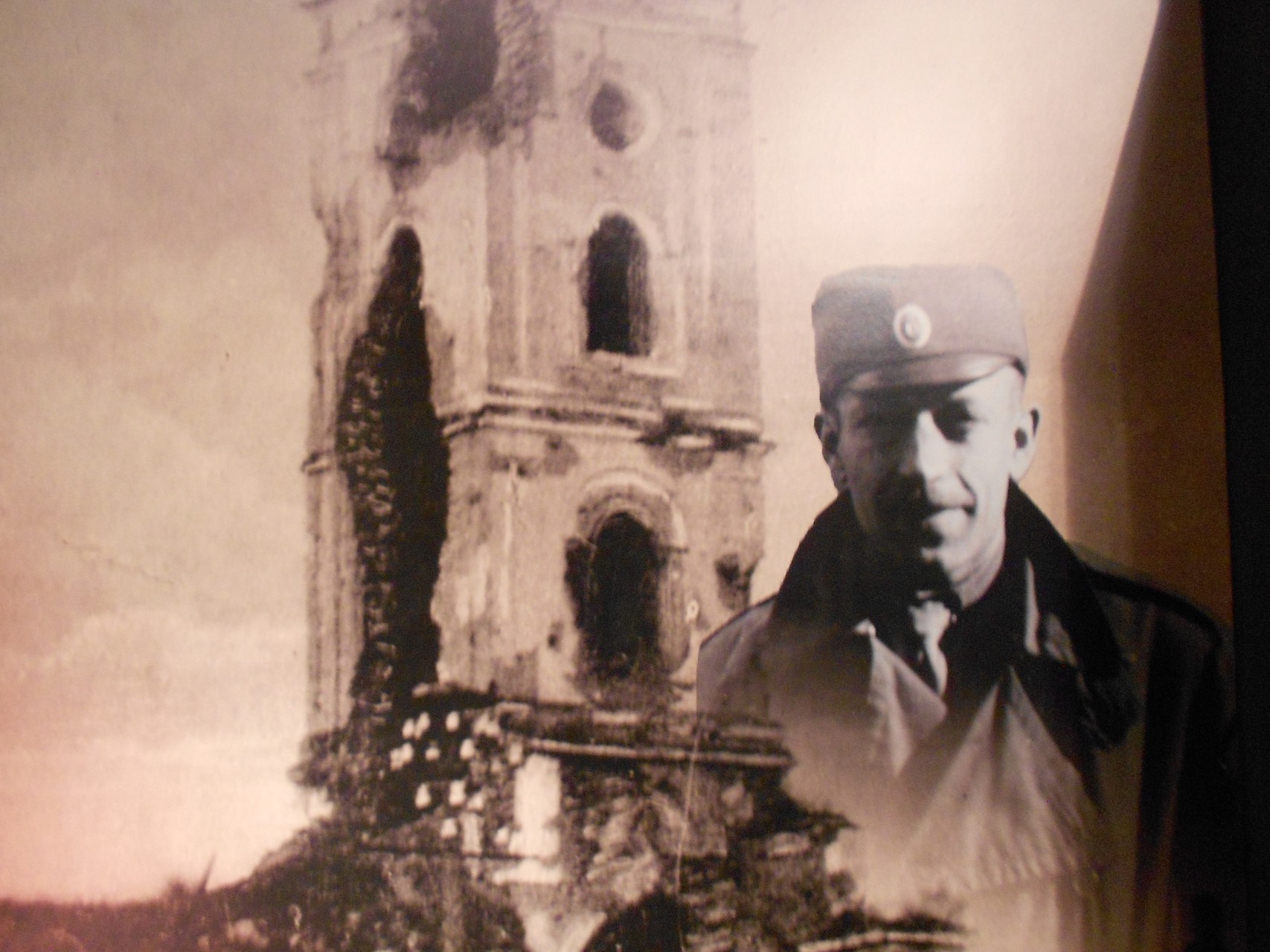 © Goran Gajić OROUNDO
© Goran Gajić OROUNDO
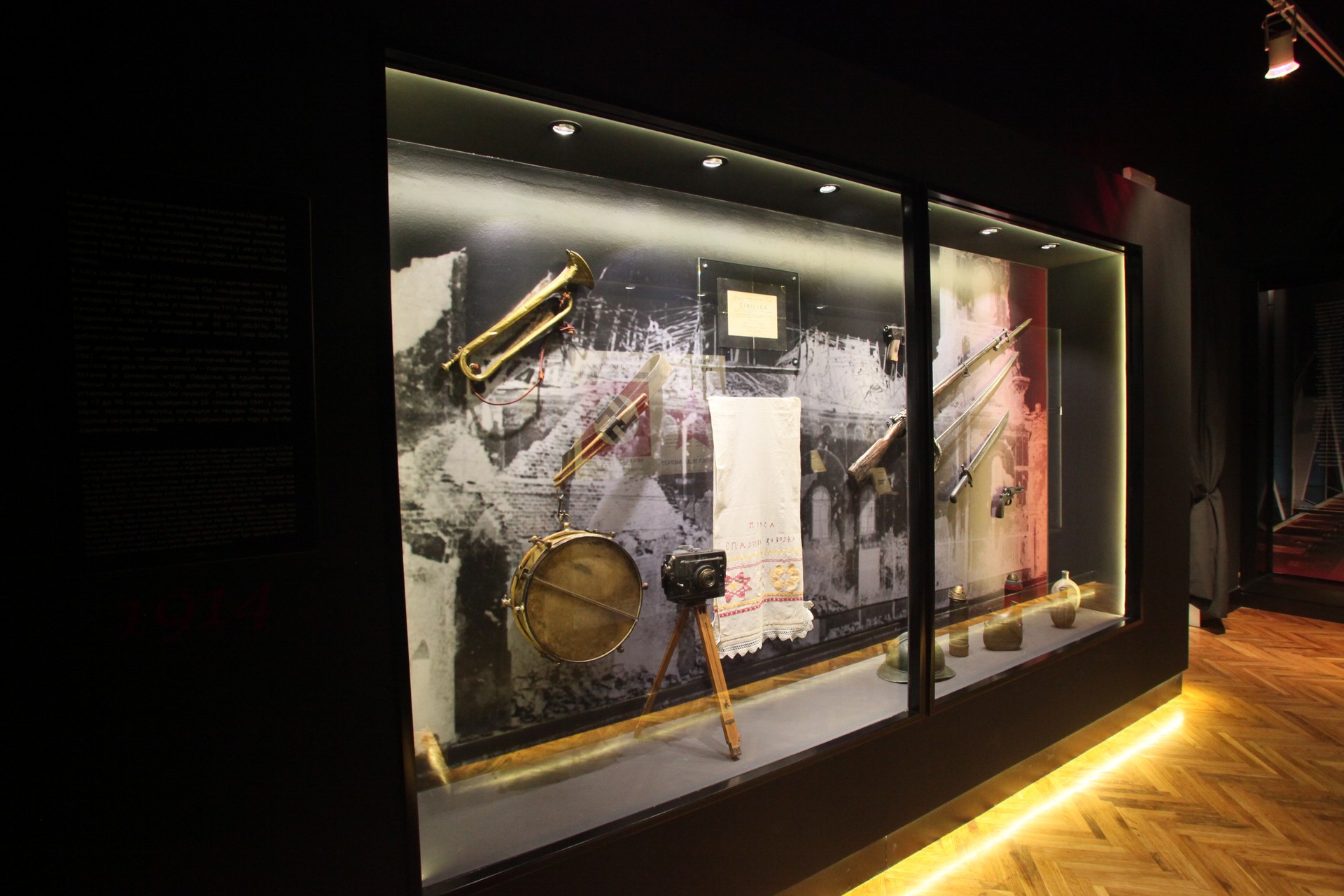
Suffering of Šabac – The First and The Second World War
Šabac and its surroundings suffered a tragic degree of destruction and counted vast numbers of casualties in both World Wars The first big battle of the Great War in this territory was the famous Battle of Cer (15/16 – 20 August 1914) At the time of the liberation on November...
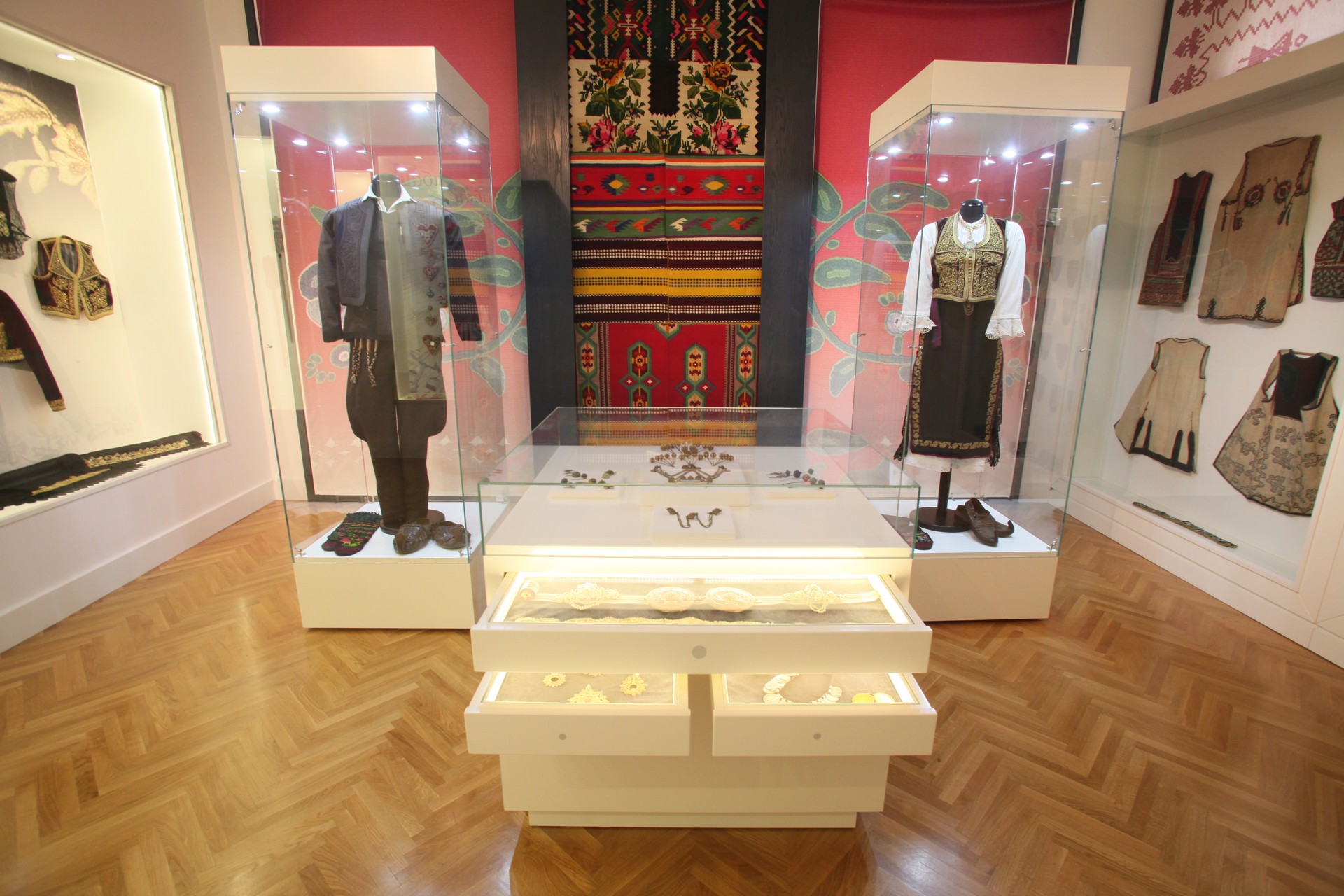
The Colorfulness of Šabac – Rugmaking
Following the Second Serbian Uprising, the Serbian rebels enjoyed a strengthened position and more favourable living conditions in these territories.This instigated a mass immigration from the Dinaric region into the areas of Mačva, Posavina and Pocerina Mačva was populated predominantly by people from Bosnia and Herzegovina, and Posavina and Pocerina...
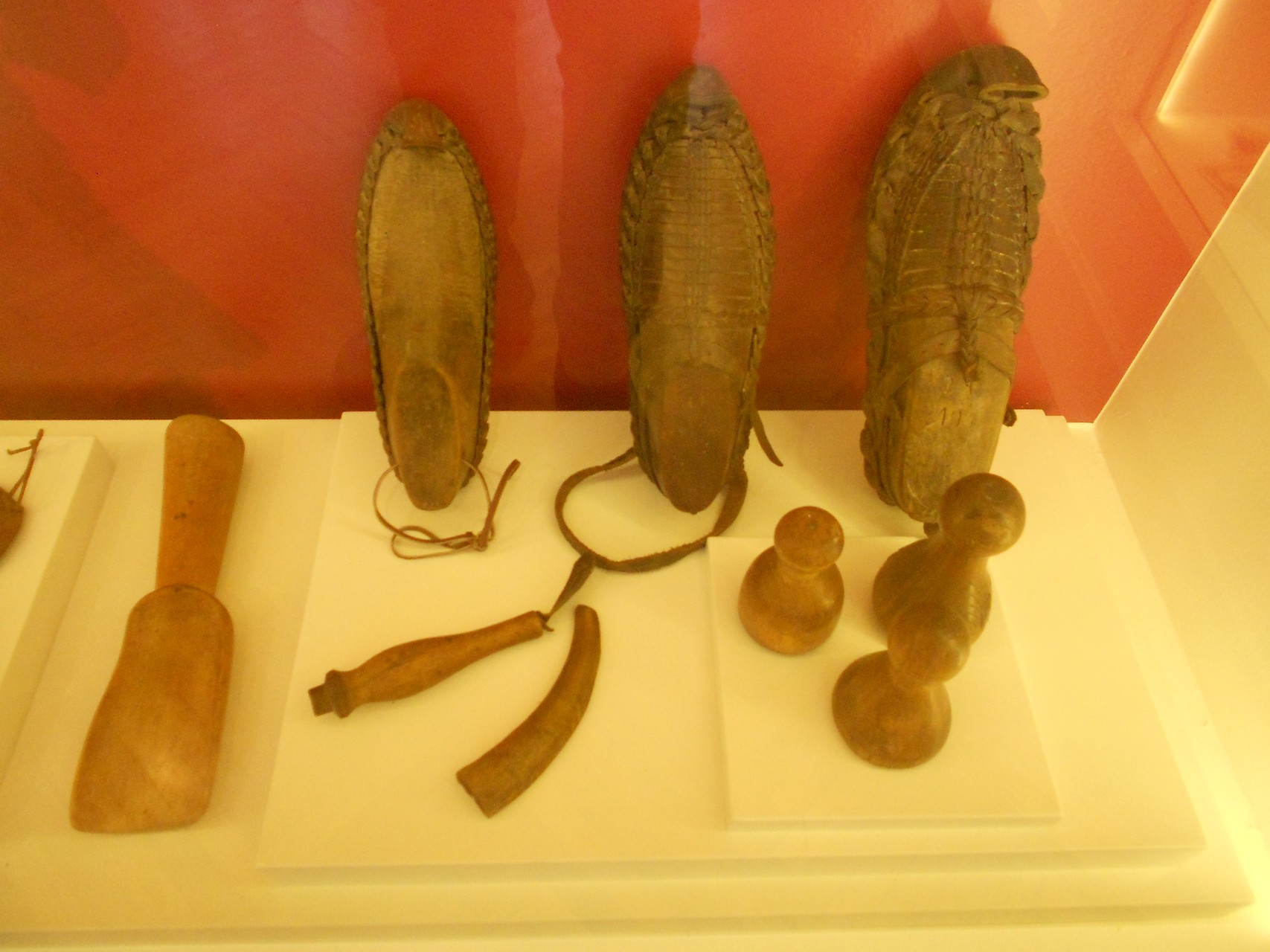 © Goran Gajić OROUNDO
© Goran Gajić OROUNDO
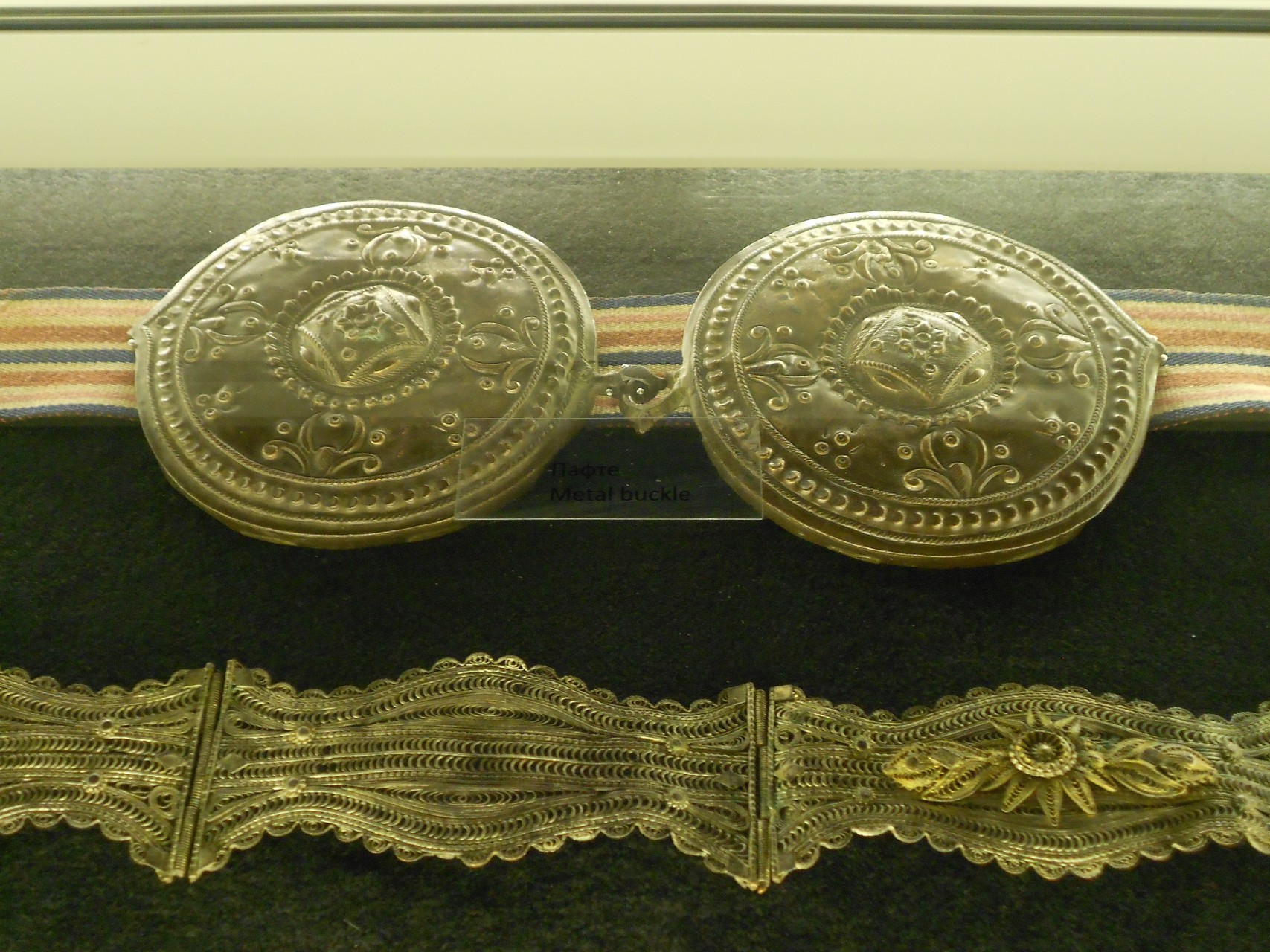 © Goran Gajić OROUNDO
© Goran Gajić OROUNDO
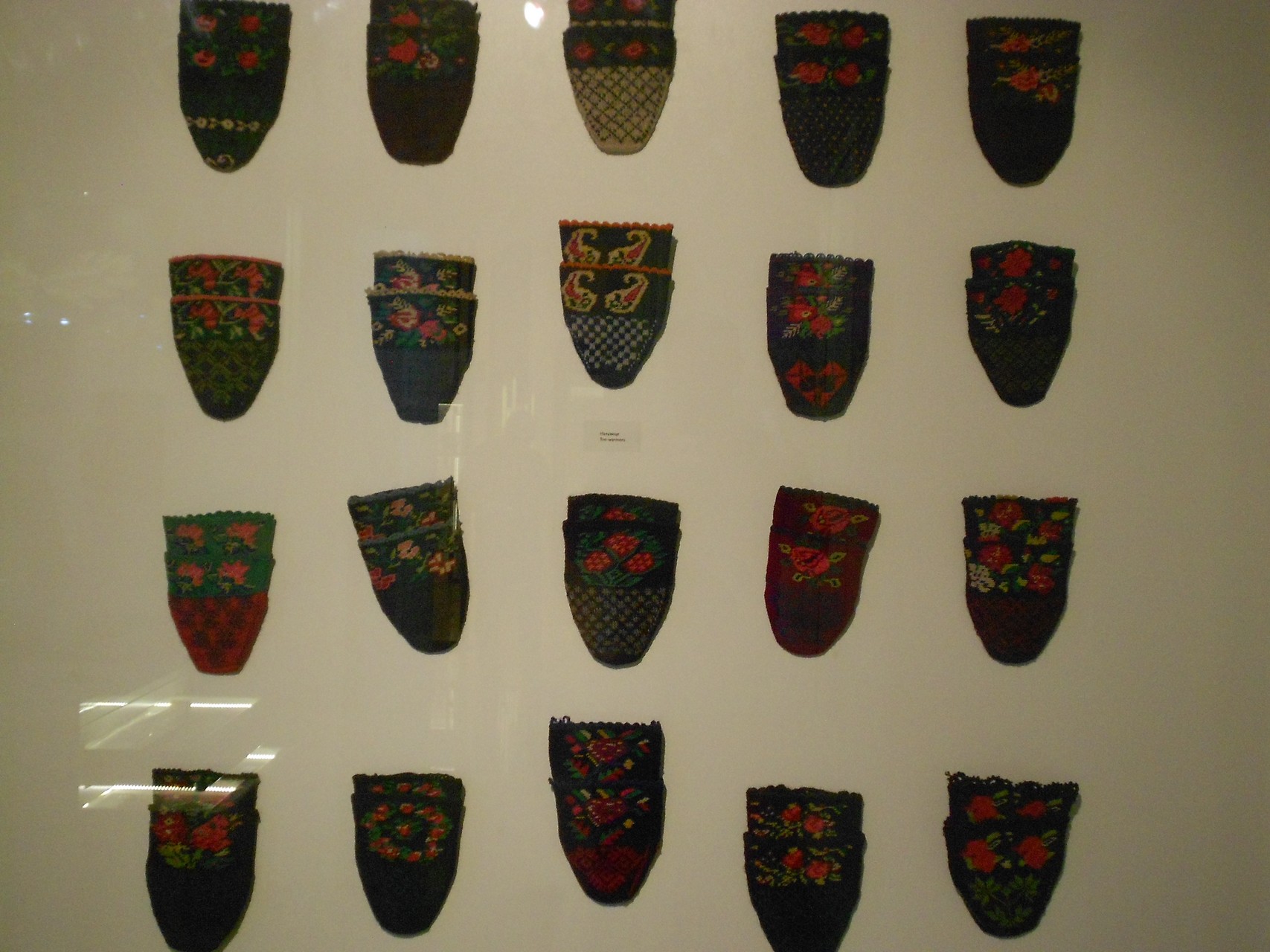 © Goran Gajić OROUNDO
© Goran Gajić OROUNDO
The Colorfulness of Šabac – National Costumes of the Šabac region
The influence of the Dinaric population which migrated into the territories of western Serbia in the 19th century led to a general change in the way of life. This was visible in the manner of dressing The typical national costumes of the time in Mačva, Pocerina and Šabac gradually acquired...
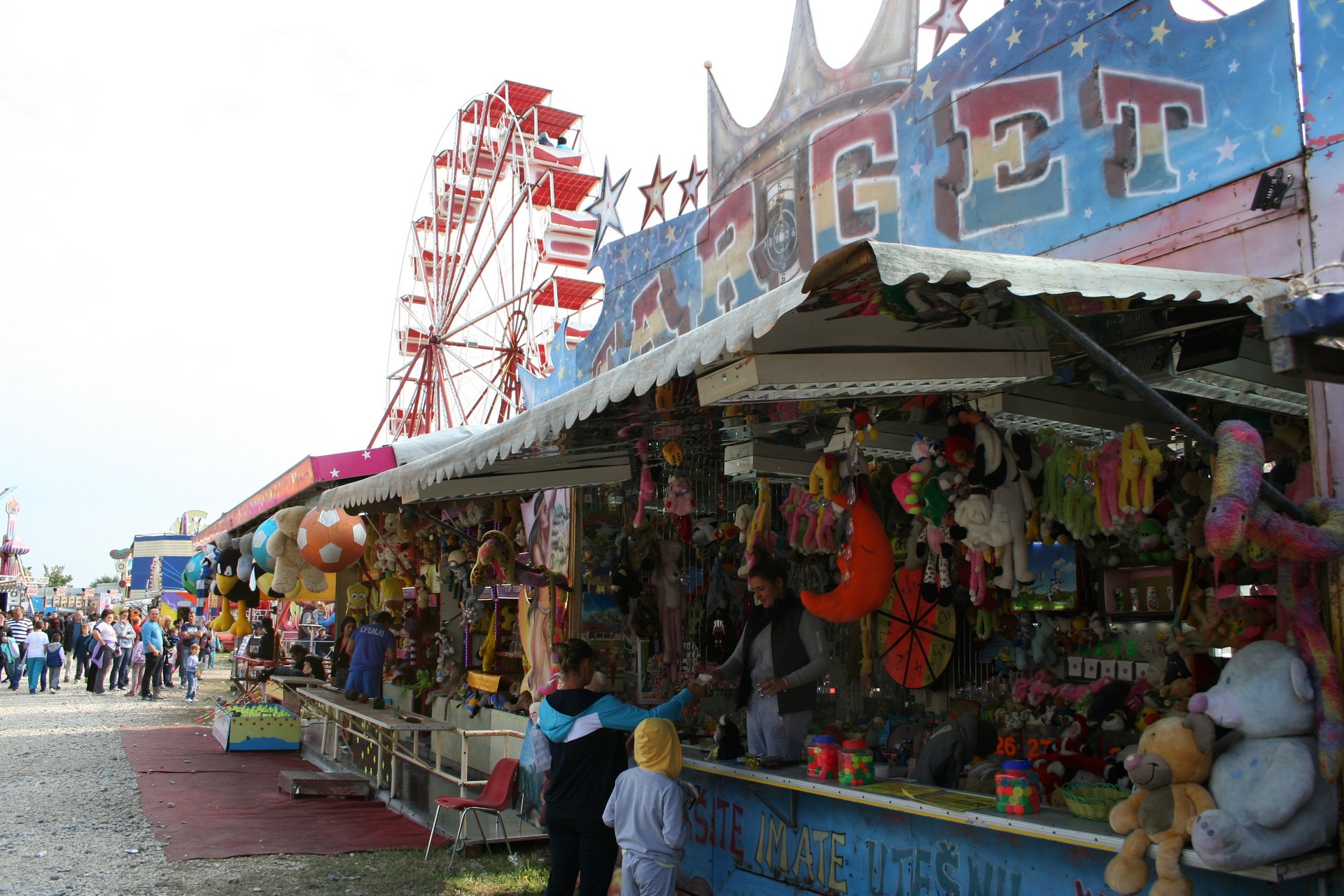 © Ванилица BY-SA 4.0
© Ванилица BY-SA 4.0
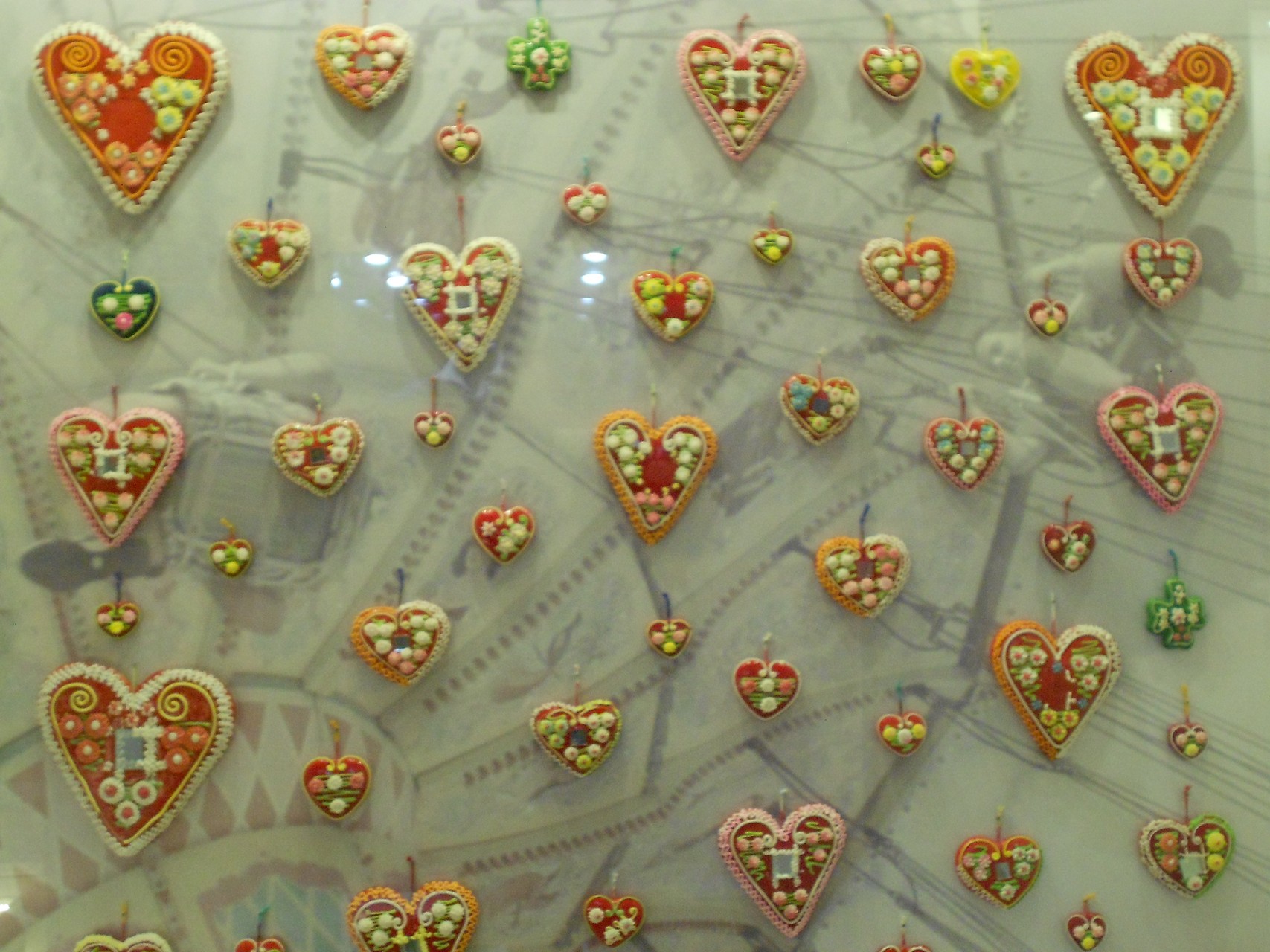 © Goran Gajić OROUNDO
© Goran Gajić OROUNDO
The Colorfulness of Šabac – Šabac Fair
Šabac was first granted the right to hold a fair which primarily fulfilled a trading function The first reference to the tradition of organizing fairs in the area of Šabac dates back to the 14th century and is found in the Charter of Serbian Prince Lazar During the 19th century,...
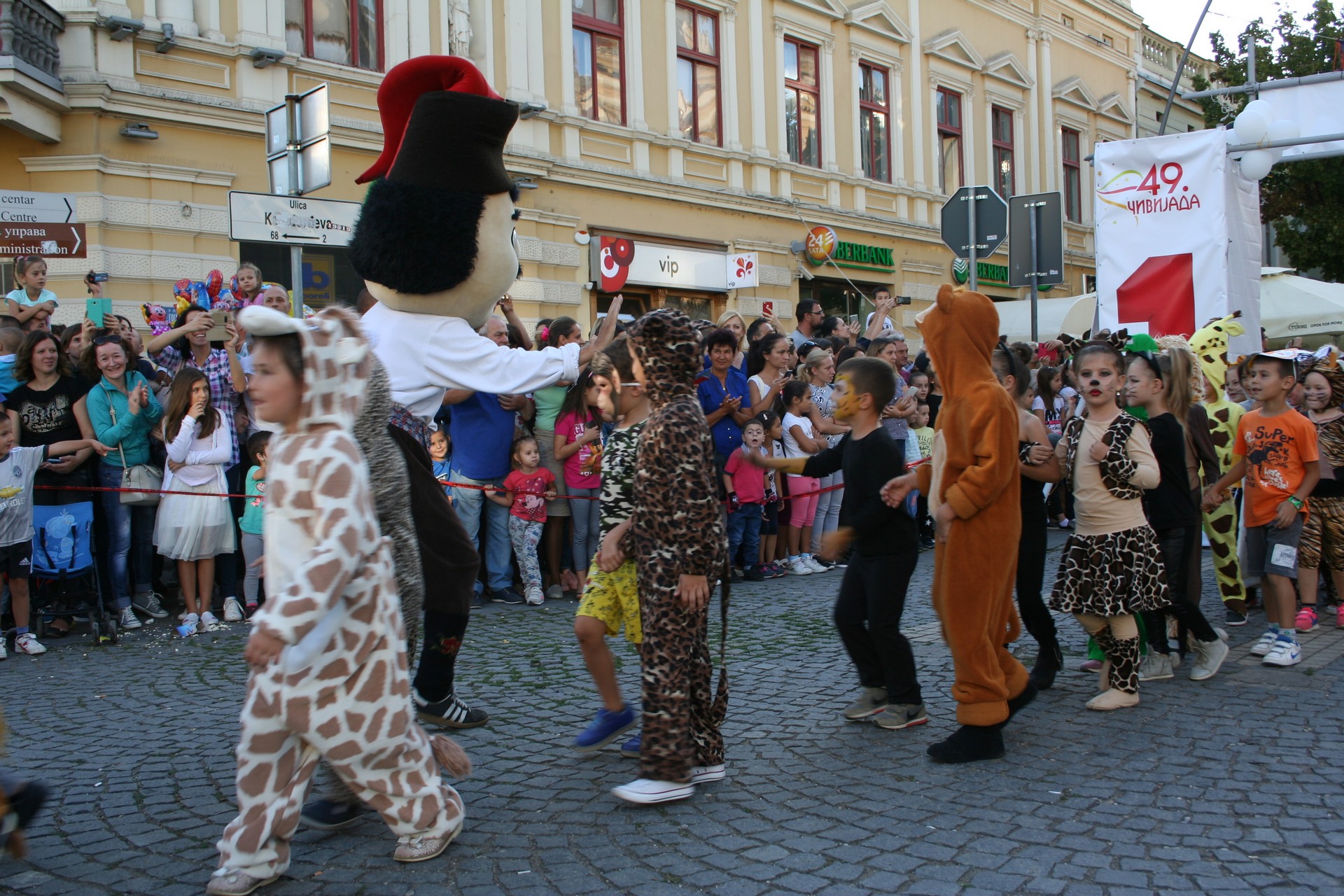 © Ванилица BY-SA 4.0
© Ванилица BY-SA 4.0
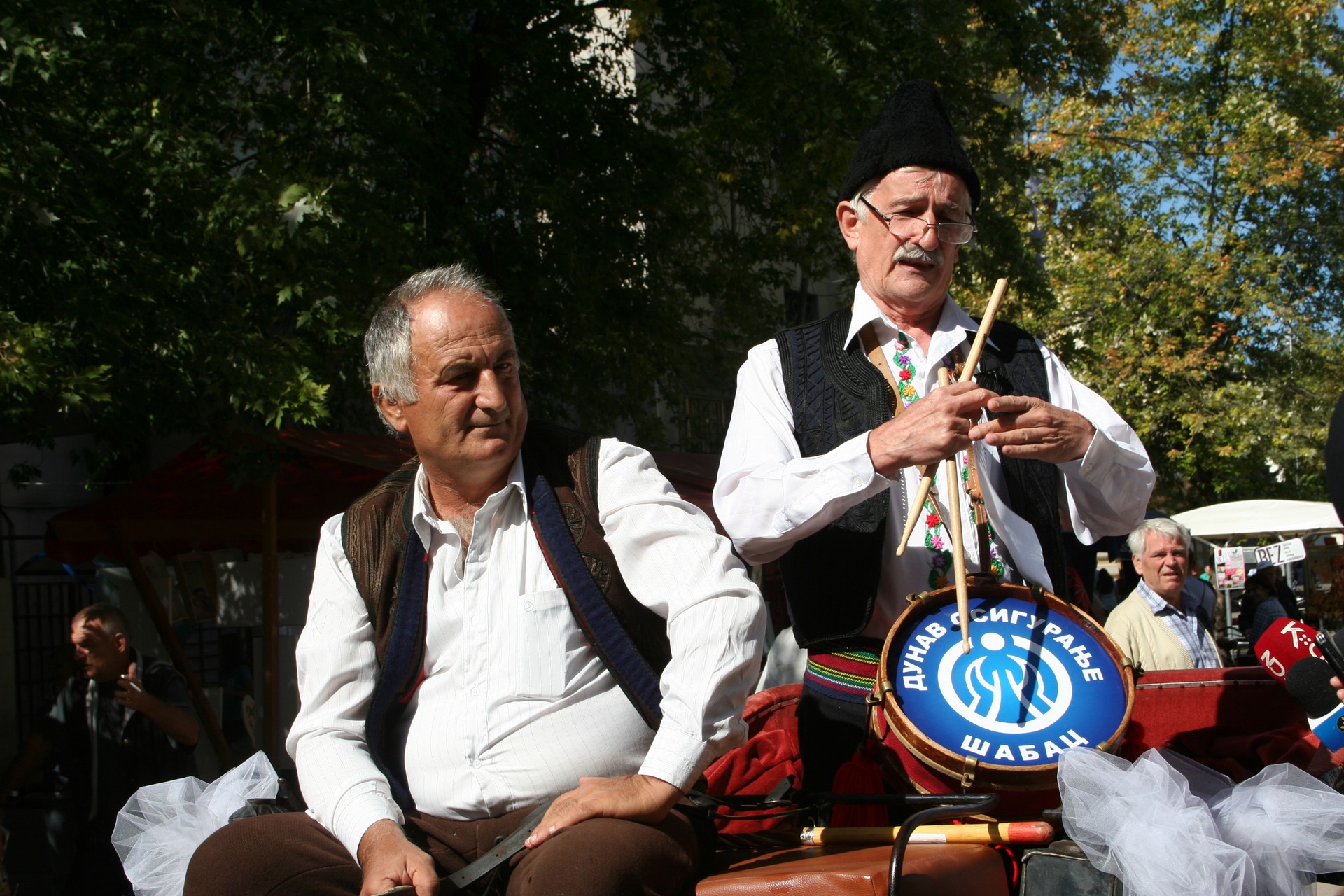 © Ванилица BY-SA 4.0
© Ванилица BY-SA 4.0
The Colorfulness of Šabac – čivijada
The people of Šabac are also known by their nickname “čivijaši”, translated roughly as “the jokers” It is not known to this day when, where or why the Šabac’s “čivija”-joke became so legendary From 1968 and before each Šabac Fair, a cultural and tourist event called the “Čivijada” is held,...
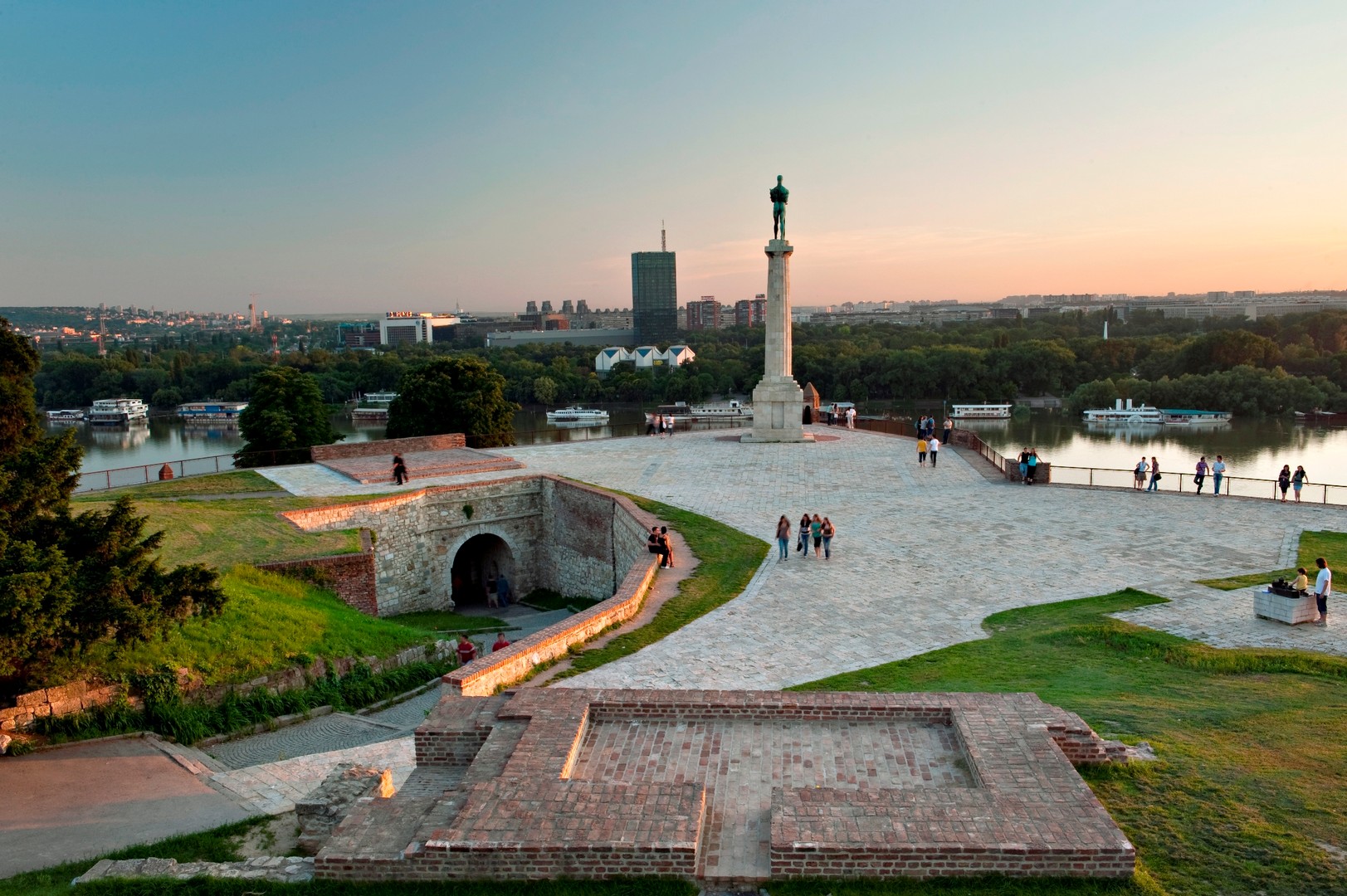
Welcome to Belgrade Fortress
Belgrade Fortress is the place where the city of Belgrade was founded. The oldest preserved remains of the fortress date back to the first century AD, from the time of Roman Singidunum. Singidunum was the name of the Roman settlement that was established here in the third century BC. Belgrade...
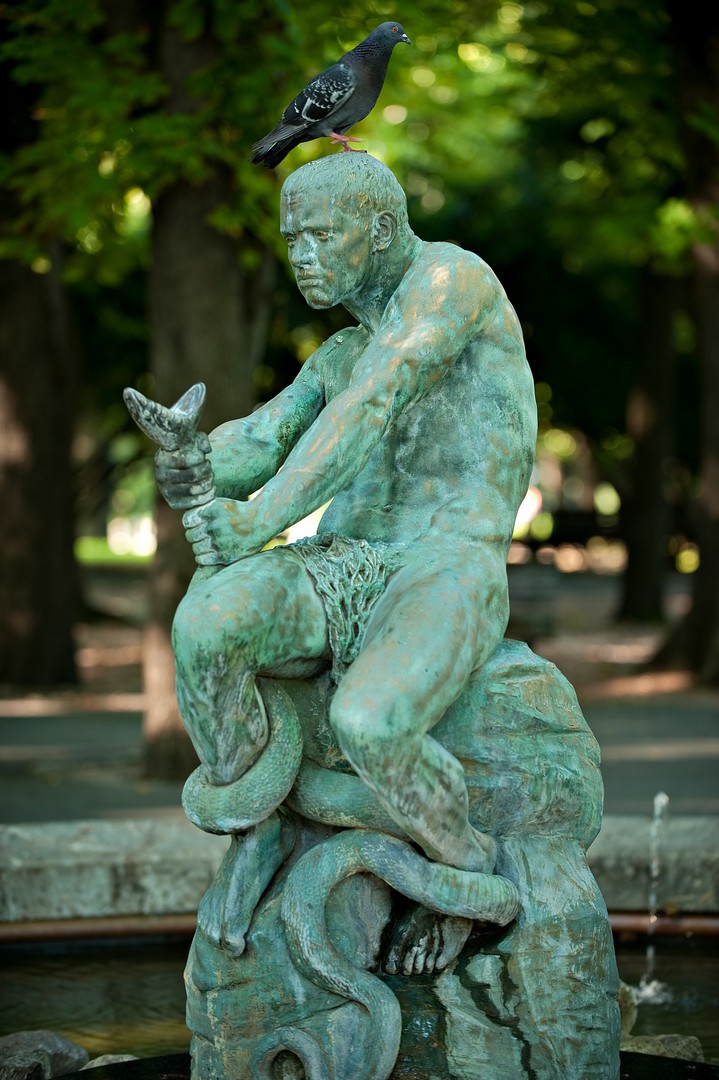 © Beogradska Tvrdjava
© Beogradska Tvrdjava
Kalemegdan Park and the Fisherman Fountain
The name “Kalemegdan” is derived from Turkish and means “city field.” It was once an empty space that separated Belgrade town from the fortress. The first plans for the transformation of Kalemegdan Park date back to 1867. The park consists of two parts: Great Kalemegdan, which was built as a...
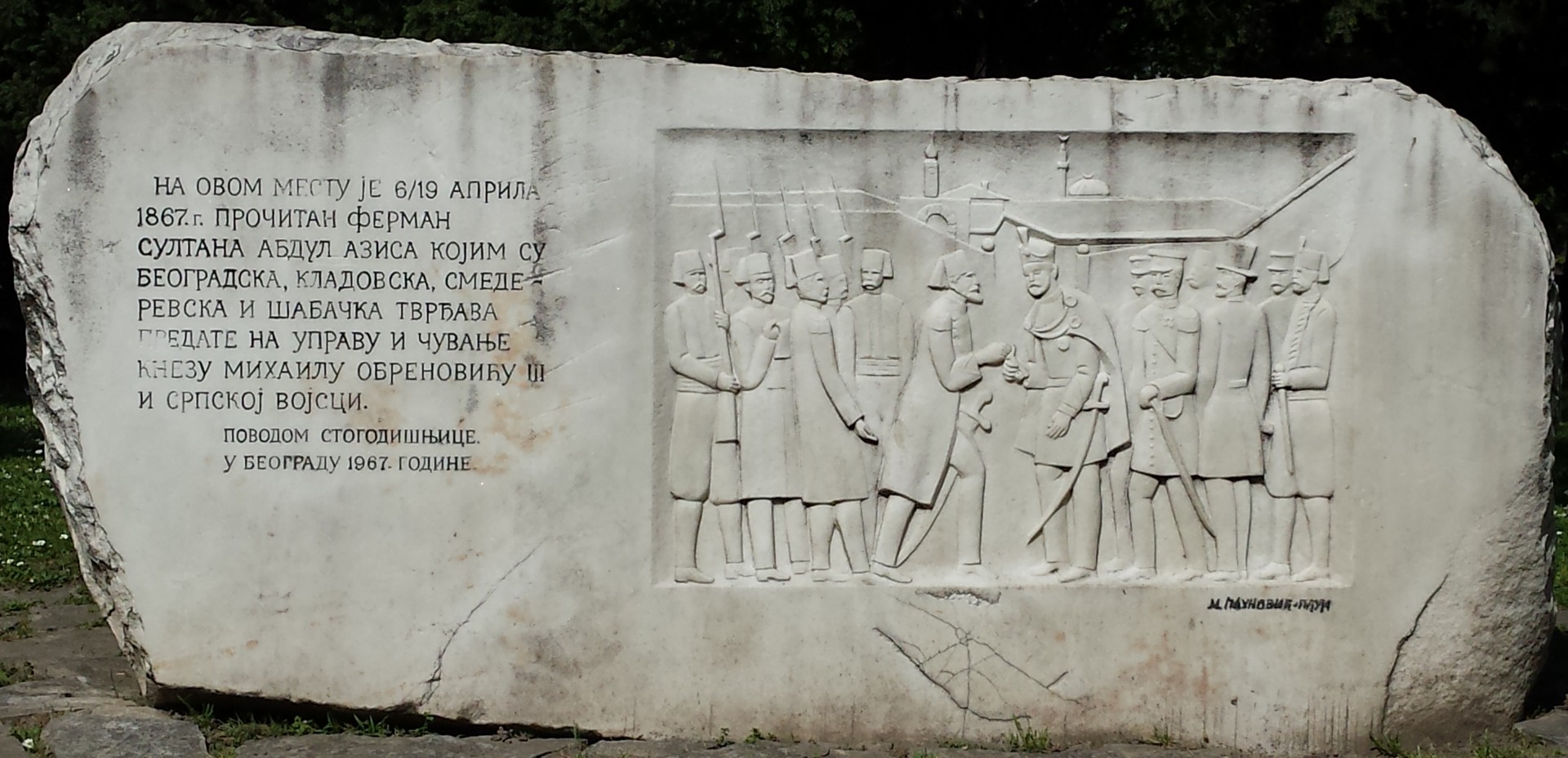 © Beogradska Tvrdjava
© Beogradska Tvrdjava
The Keys Handover Memorial
This is the place where, in April 1867, the keys to several Serbian cities were symbolically handed over in an official ceremony. This event marked Serbia’s liberation from Turkish rule and represented a major step towards gaining complete independence. The memorial was erected in 1967 to mark 100 years since...
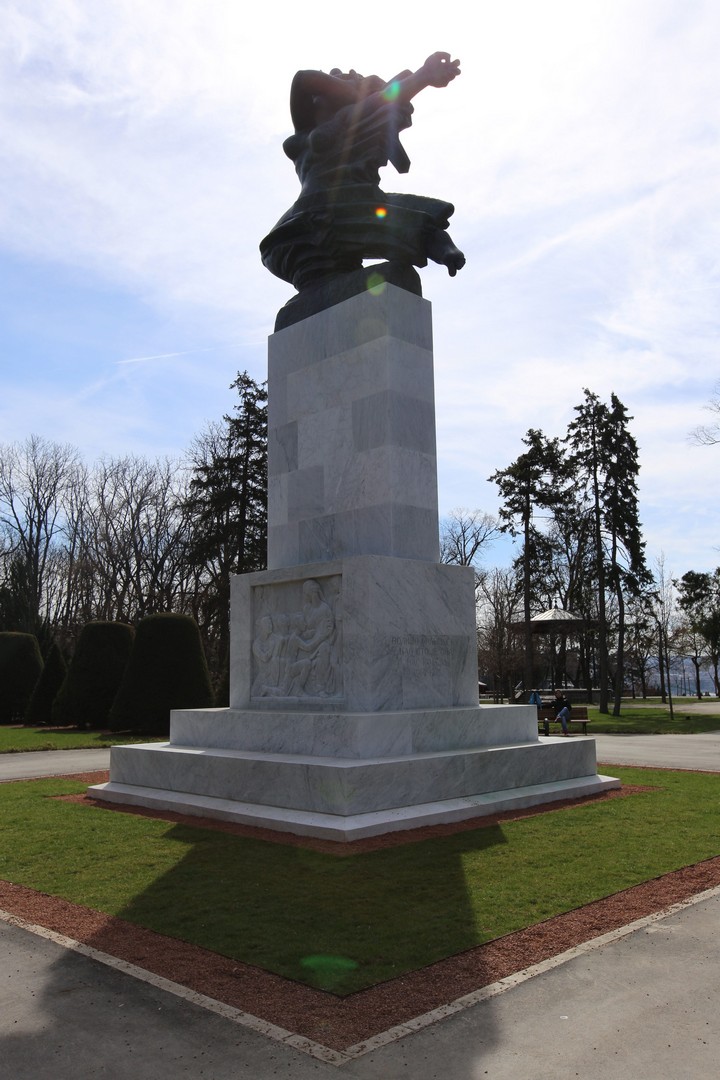 © Beogradska Tvrdjava
© Beogradska Tvrdjava
The Monument of Gratitude to France
The Monument of Gratitude to France was erected as a sign of the Serbian people’s appreciation for the help they received from France during World War One. It was officially unveiled in 1930. The inscription on the monument reads: “We love France the way it loved us, 1914–1918.” On top...
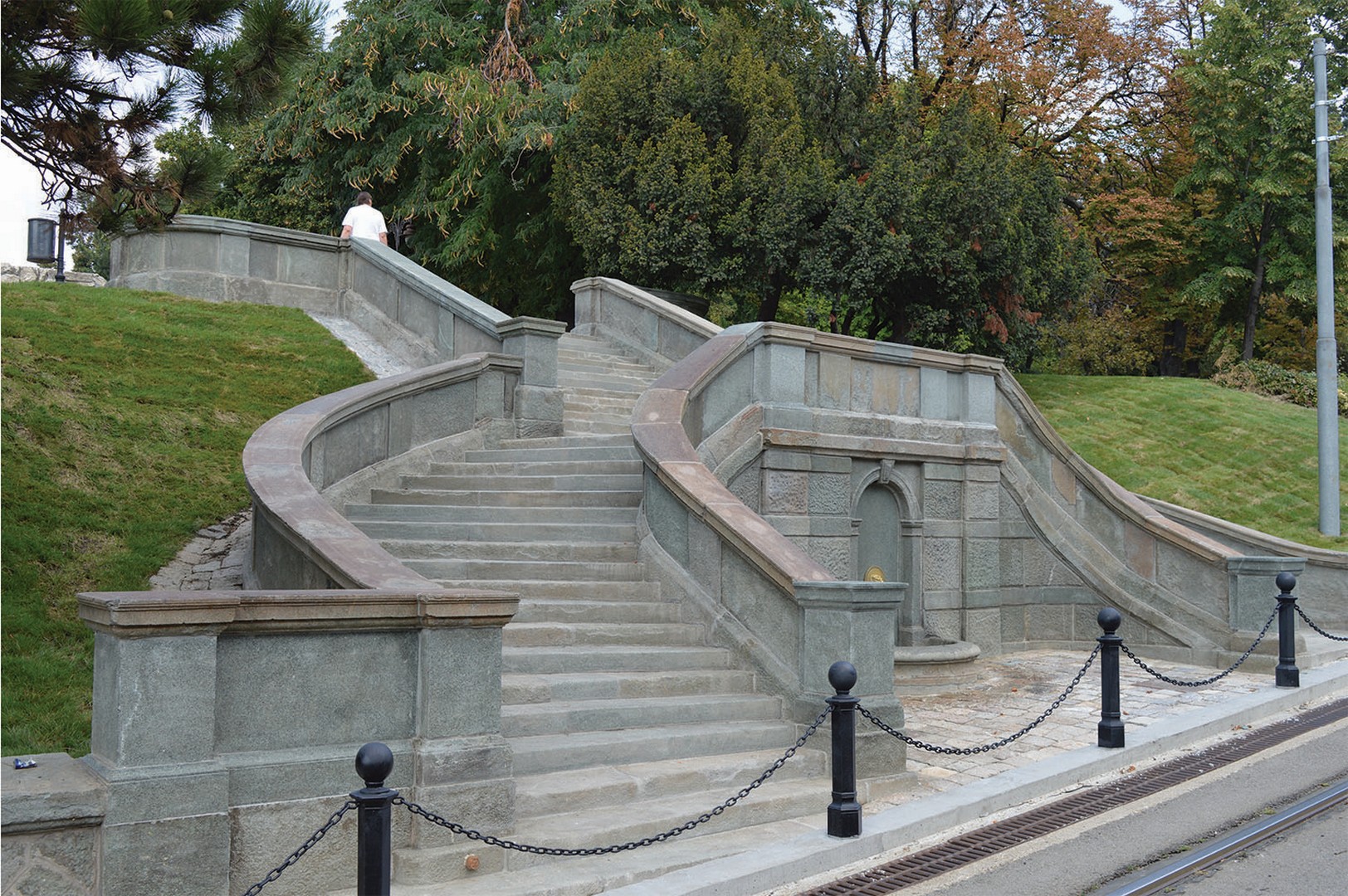 © Zavod za Zastitu Spomenika Kulture Grada Beograda
© Zavod za Zastitu Spomenika Kulture Grada Beograda
 (cc) Gmihail / CC BY-SA 3.0 RS
(cc) Gmihail / CC BY-SA 3.0 RS
The Small Staircase
The Small Staircase represents one of the first examples of park architecture in Belgrade. It was designed at the very beginning of the 20th century by Jelisaveta Načić, the first female architect in Serbia. Incorporated into the staircase itself is a decorative ‘Little Lion’ drinking fountain, which was made during...
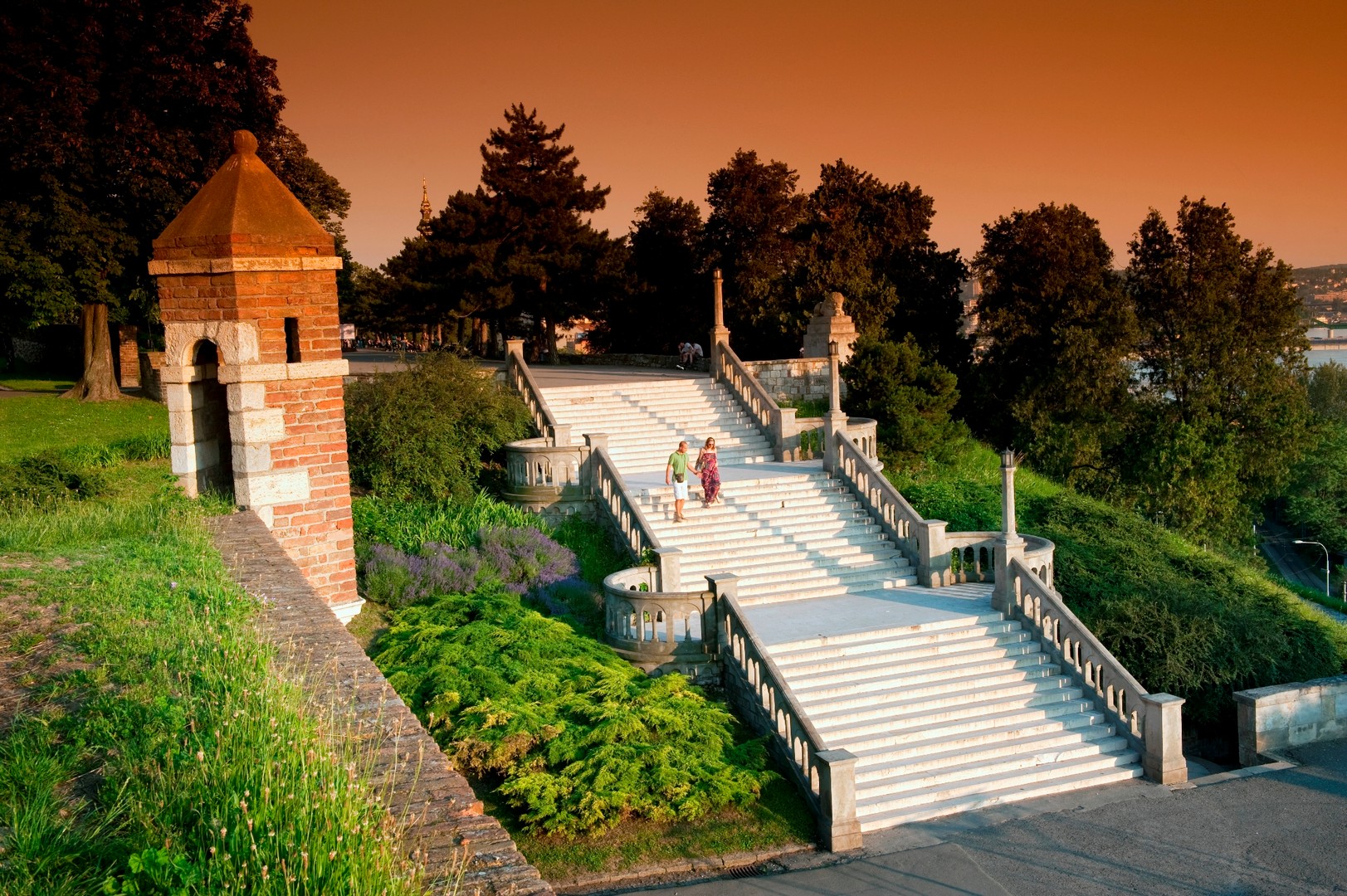 © Svetlana Dingarac
© Svetlana Dingarac
The Large Staircase
Kalemegdan Park. With its completion, the transformation of Kalemegdan Park was finished. The staircase was severely damaged during World War Two. It was completely reconstructed in 1989, but the final touches to its restoration were completed in 2019.
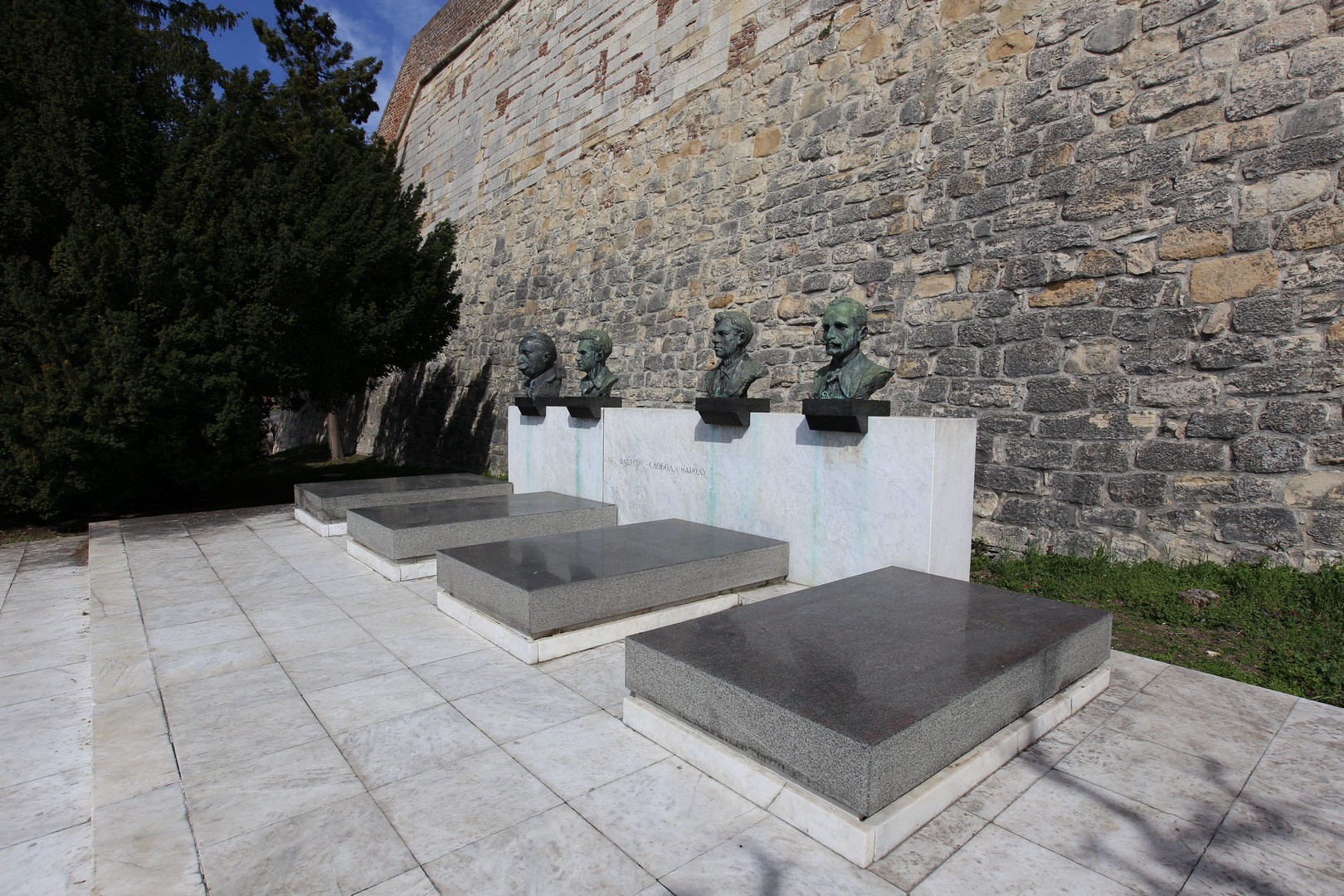 © Beogradska Tvrdjava
© Beogradska Tvrdjava
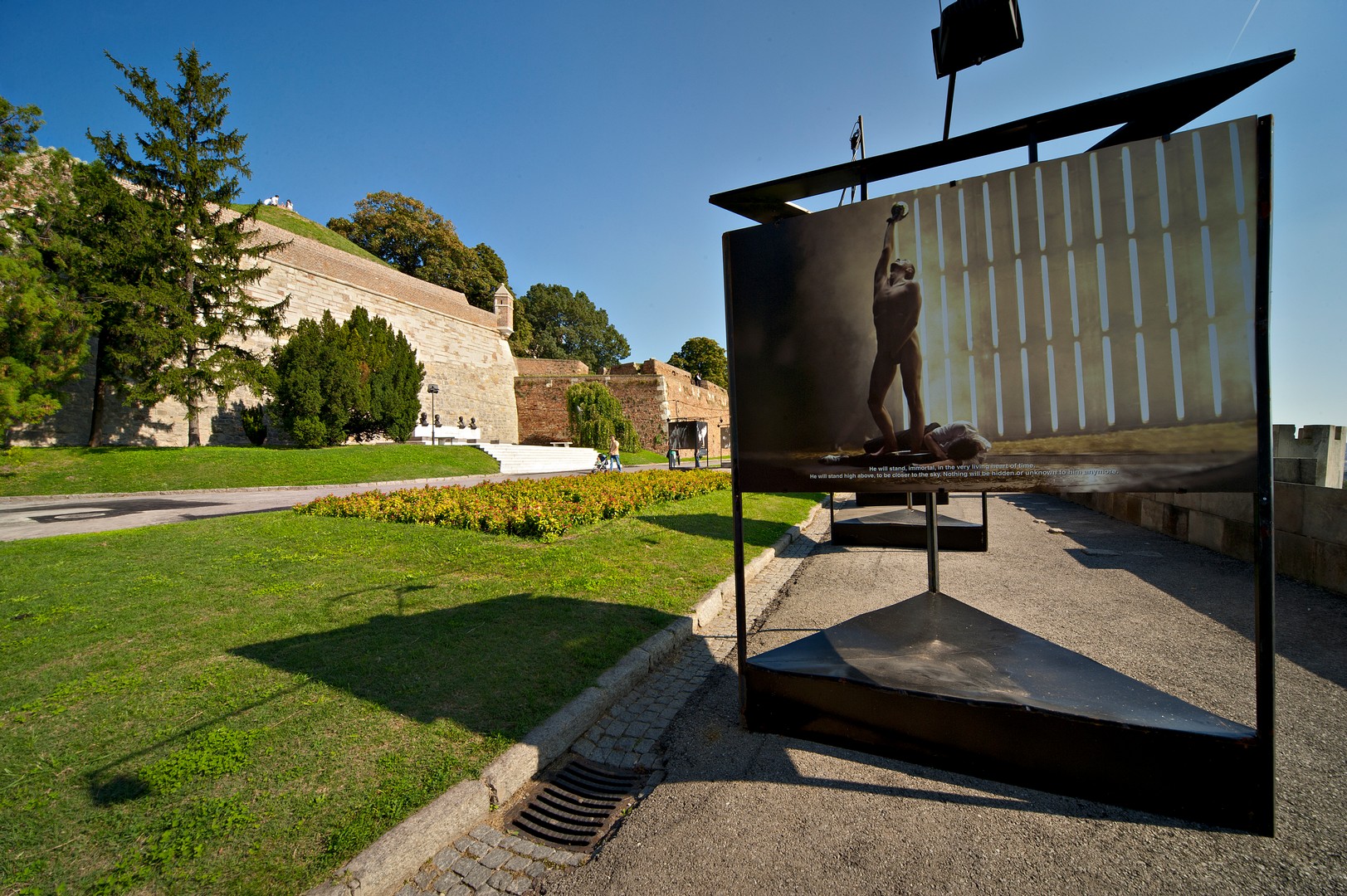 © Svetlana Dingarac
© Svetlana Dingarac
Sava Promenade and the Tomb of the People’s Heroes
The transformation of this part of the park was finished in the 1880s. From the promenade at Kalemegdan, you can see the Sava River, which is why it’s named Sava Promenade. The Tomb of the People’s Heroes was built as an extension of Sava Promenade in 1948. This tomb is...
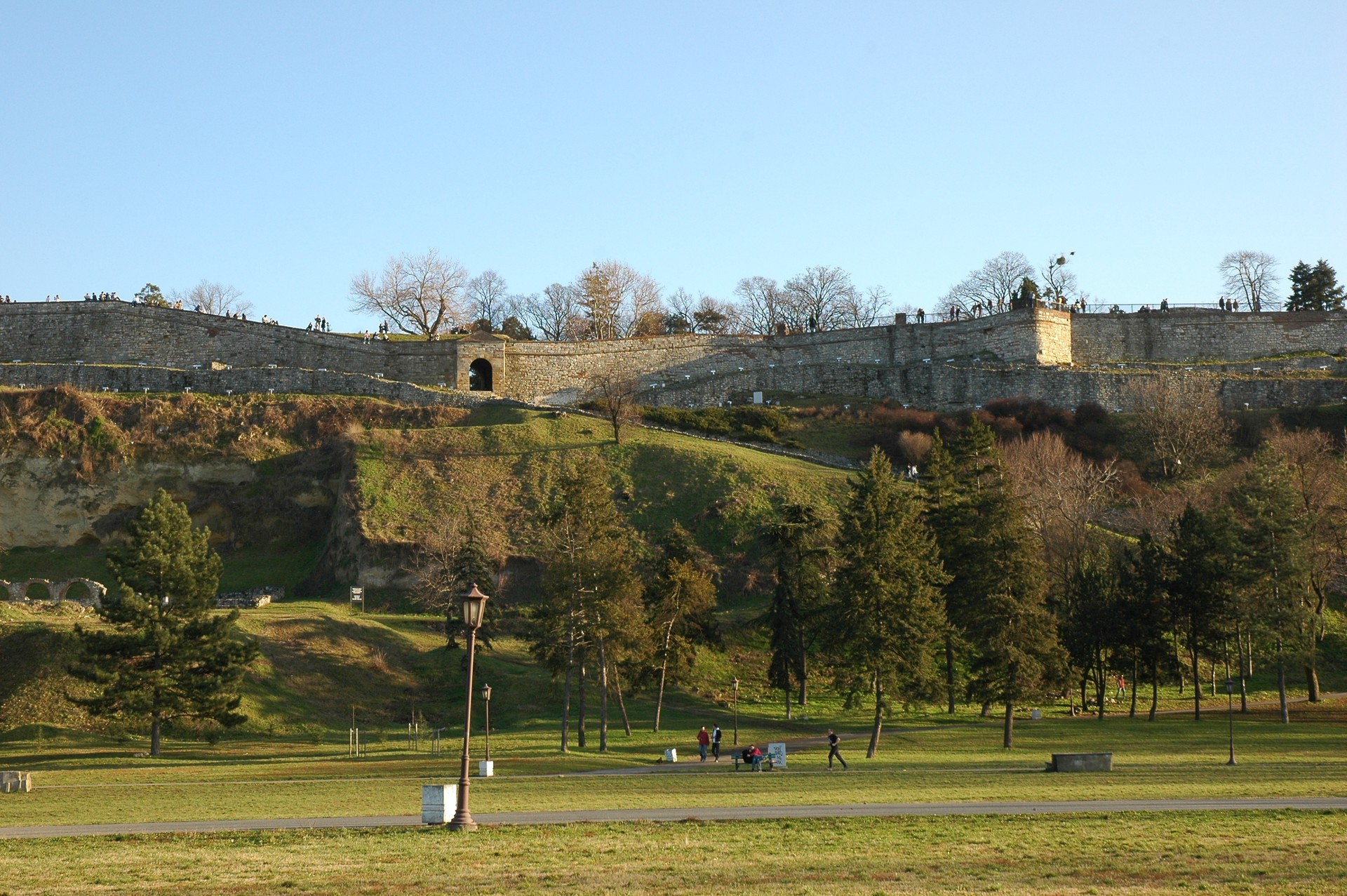 © Beogradska Tvrdjava
© Beogradska Tvrdjava
The Lower Town
During the reign of Despot Stefan Lazarević, the Lower Town served as both a fortification and an urban area that was the economic, cultural, and spiritual center of the Serbian despotate. The Lower Town used to be the site of a settlement with houses, churches, and markets. Today, Ružica Church,...
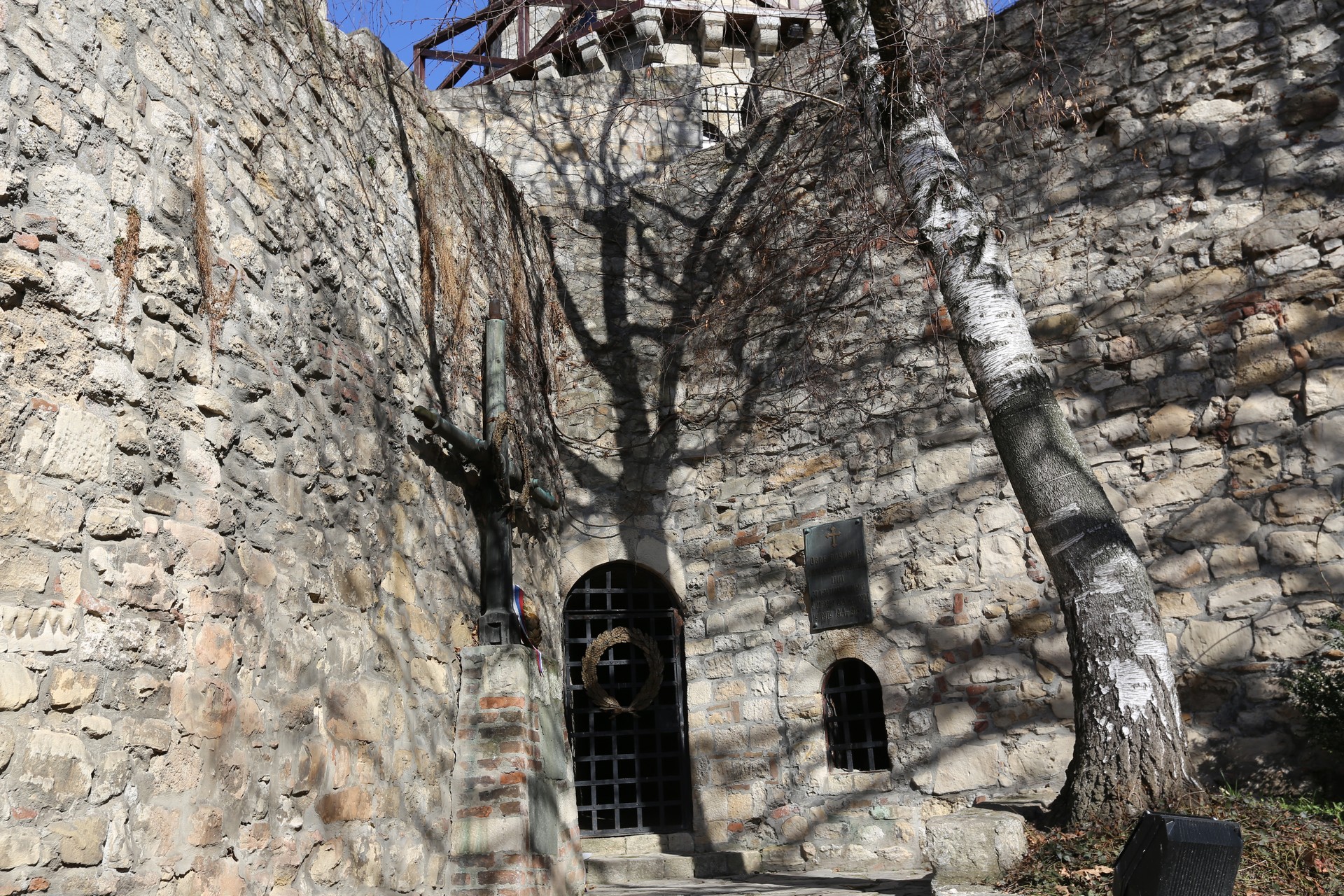 © Beogradska Tvrdjava
© Beogradska Tvrdjava
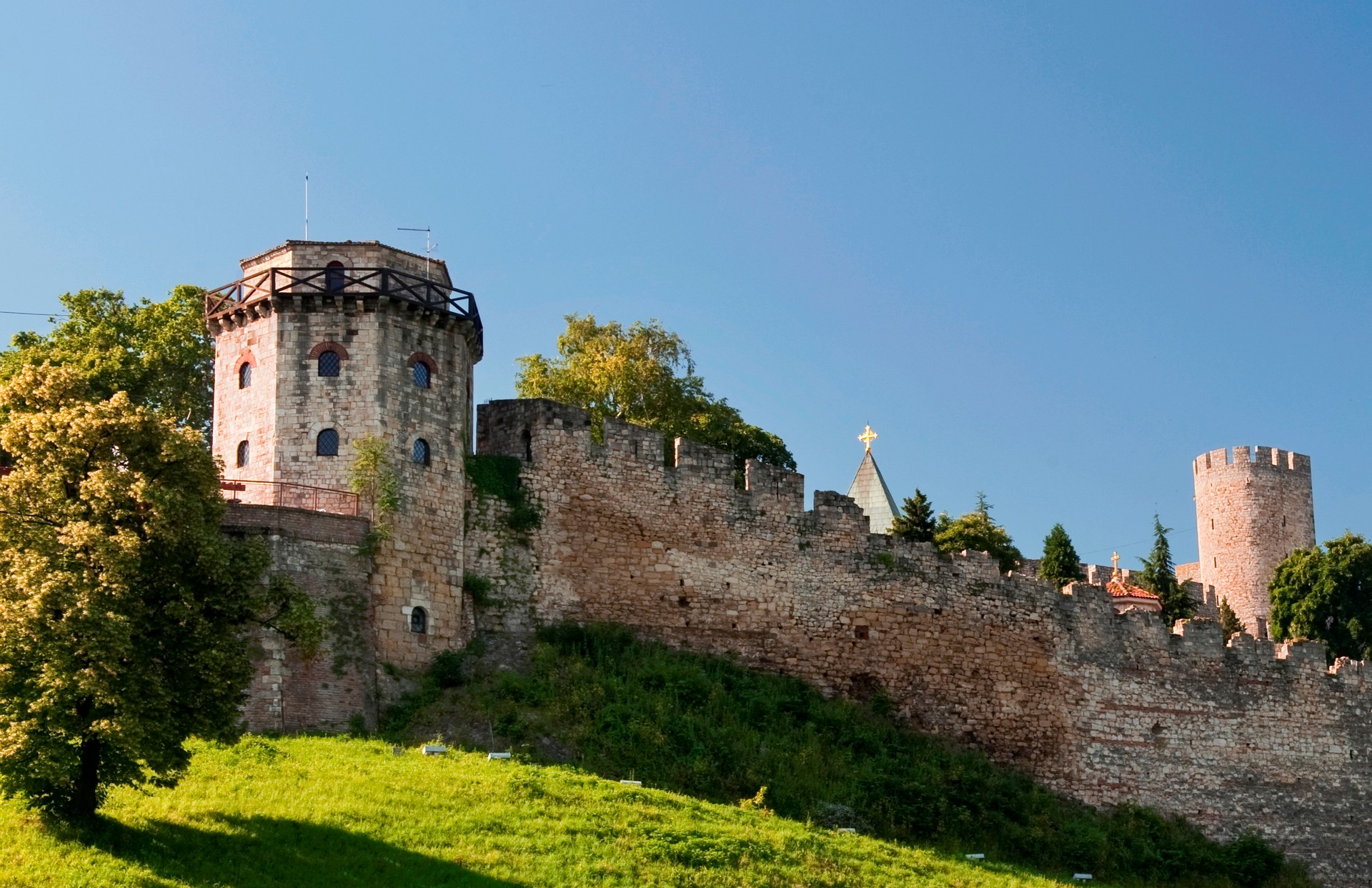 © Svetlana Dingarac
© Svetlana Dingarac
Jakšić Tower and the Ossuary
Jakšić Tower is a defense tower that was erected in the 15th century. During the great Austrian reconstruction of the fortress, the tower was removed. After its detailed reconstruction in 1937, the tower gained its current look. After the reconstruction of the tower, the Ossuary was built to house the...
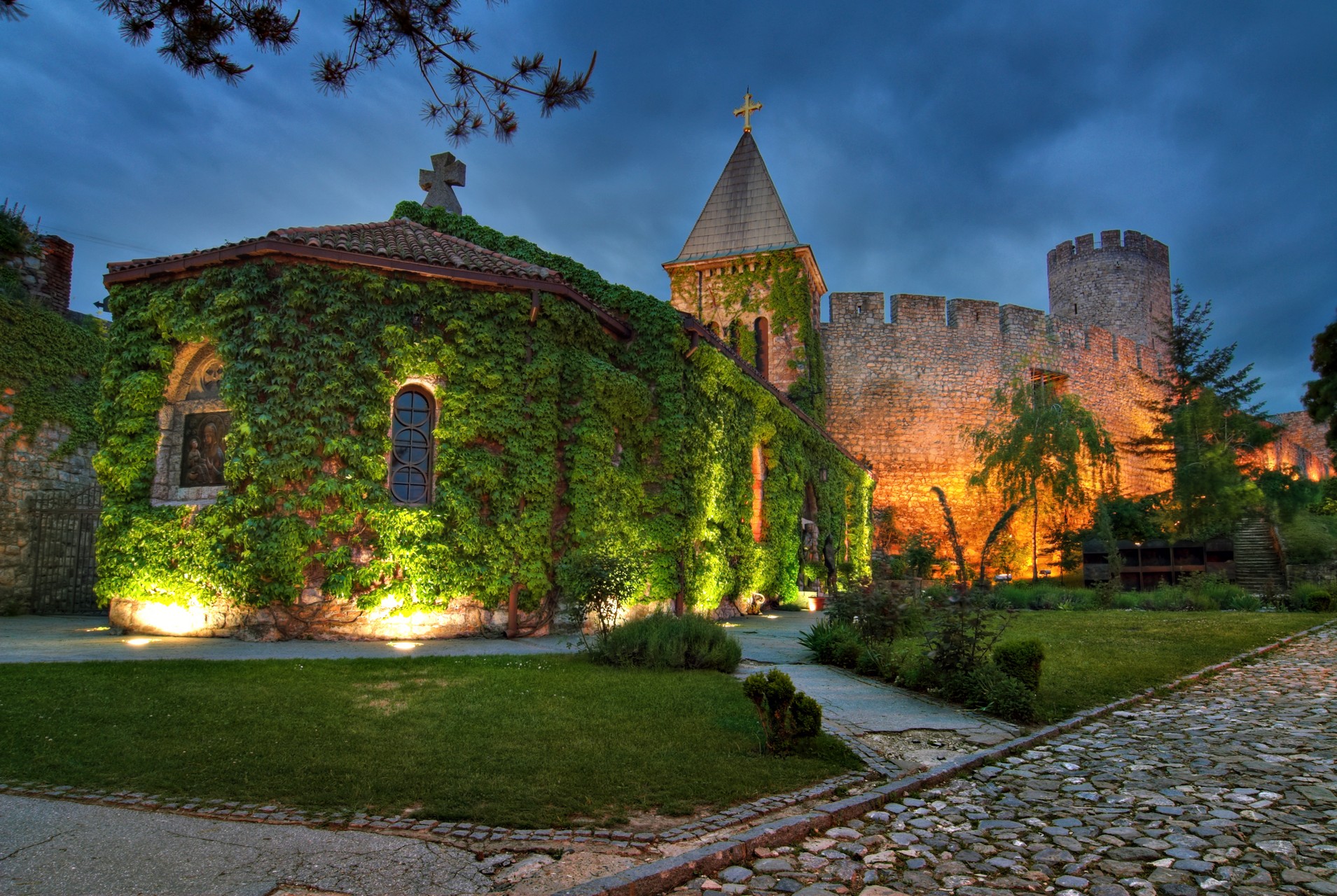 © Svetlana Dingarac
© Svetlana Dingarac
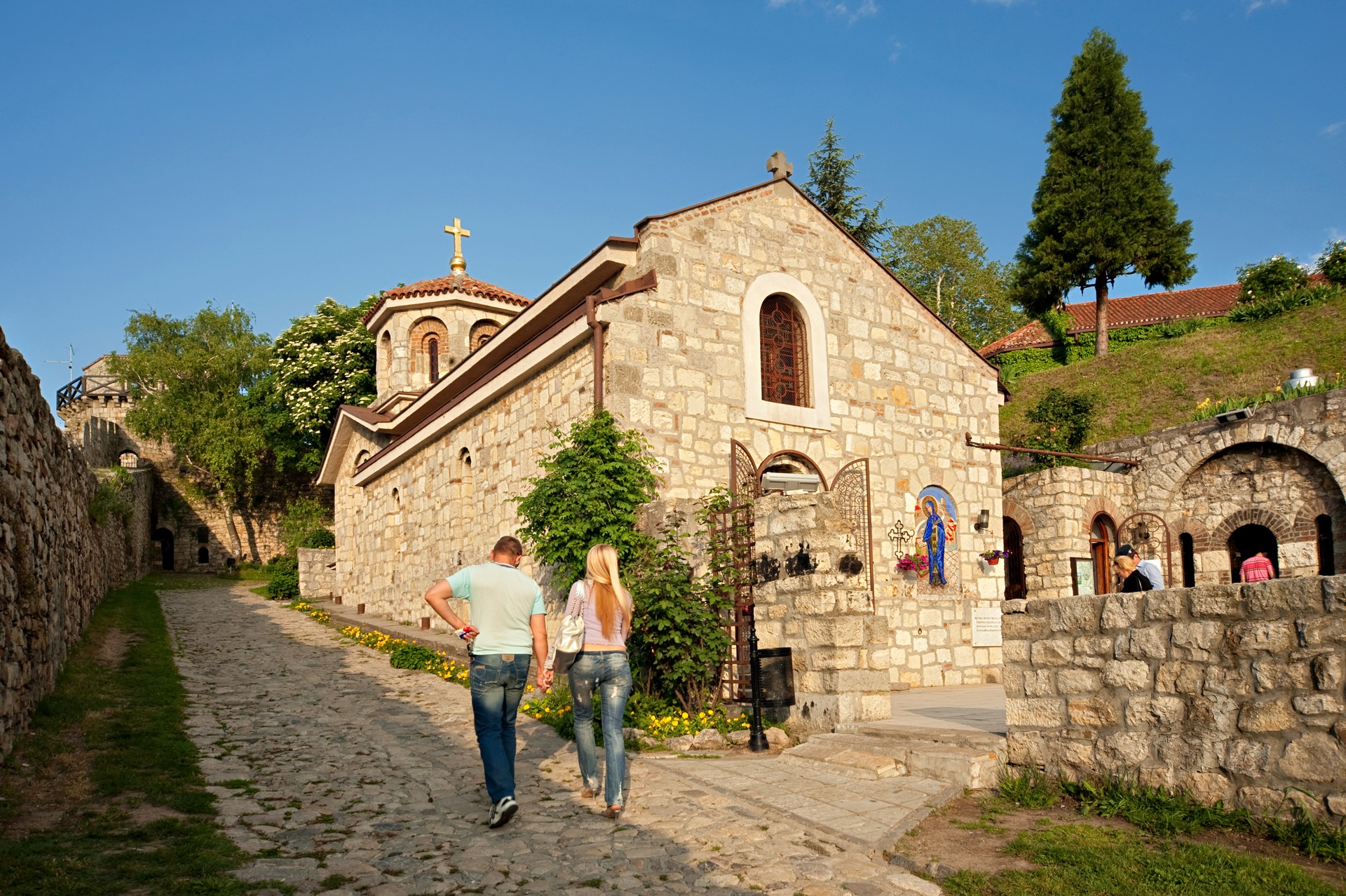 © Svetlana Dingarac
© Svetlana Dingarac
The Chapel of St. Petka and Ružica Church
The current-day Chapel of St. Petka was erected in 1937 on top of a spring, which has been associated with worshiping St. Petka since medieval times. It is considered a holy place for all believers. The former chapel was erected in medieval times when the remains of this saint were...
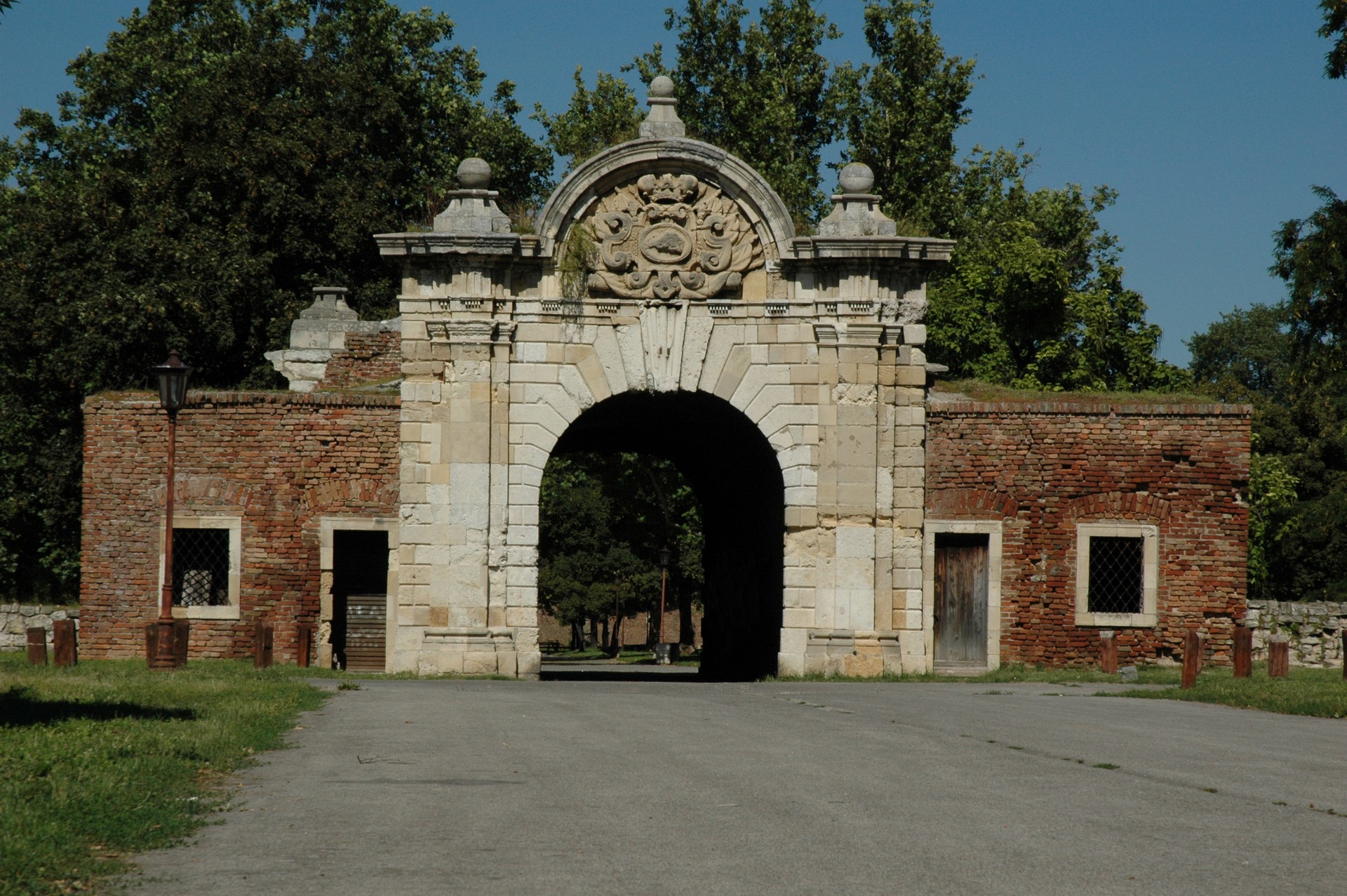 © Beogradska Tvrdjava
© Beogradska Tvrdjava
Charles VI Gate
Charles VI Gate was erected in 1736 to honor Emperor Charles VI, the famous conqueror of Belgrade. It is the work of Balthasar Neumann, a famous German Baroque architect. Above the entrance there is a monogram of Charles VI, while on the west side of the gate is the coat...
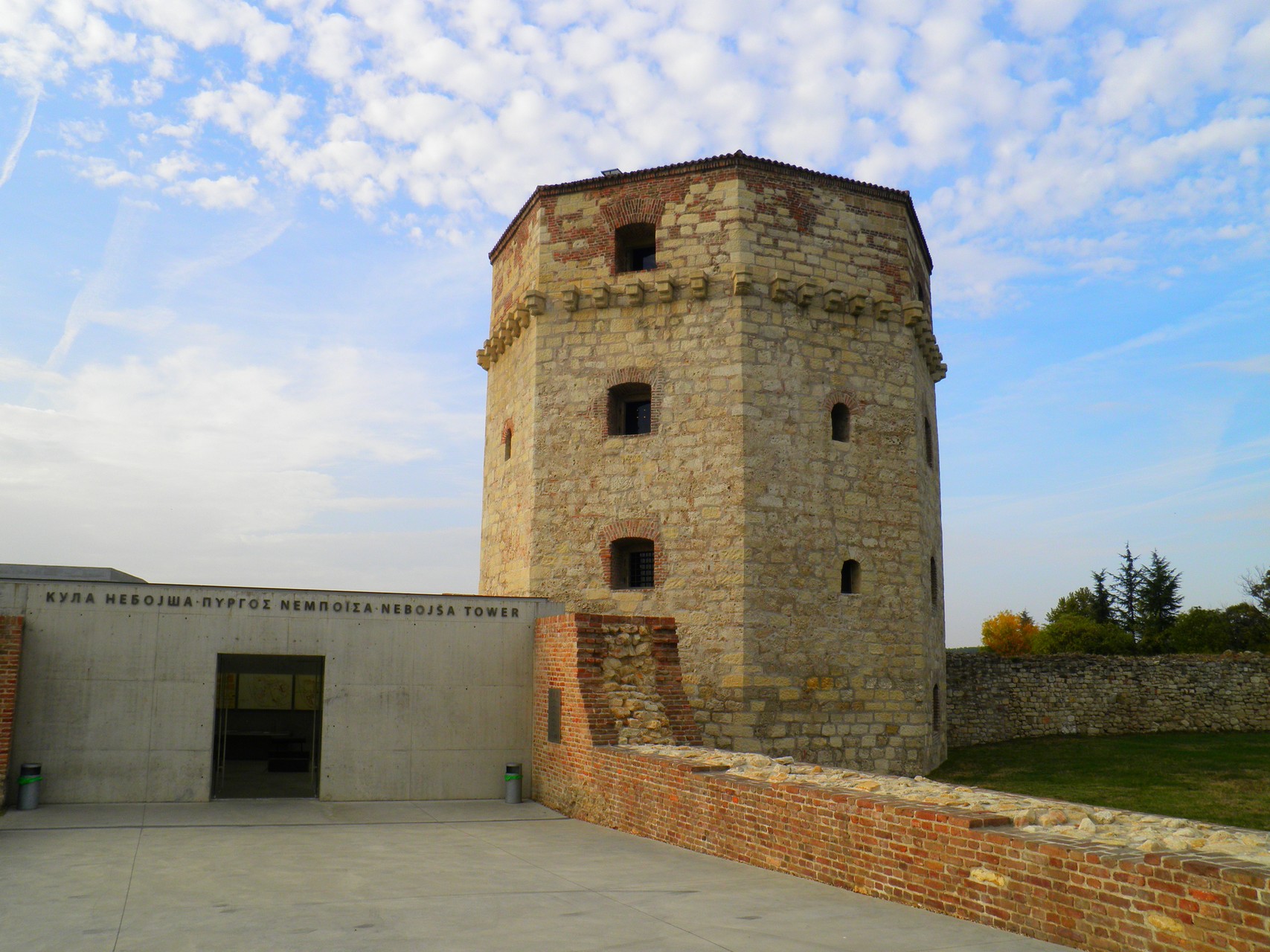 (cc) Mister No / CC BY 3.0
(cc) Mister No / CC BY 3.0
Nebojša Tower
Nebojša Tower was erected around 1460 to protect against Turkish attacks. During the 18th century, it was turned into Belgrade Fortress’s most famous dungeon. Because of this role, the tower became one of Belgrade’s darkest symbols. Its most famous prisoner was the Greek revolutionary Rigas Feraios, who was executed in...
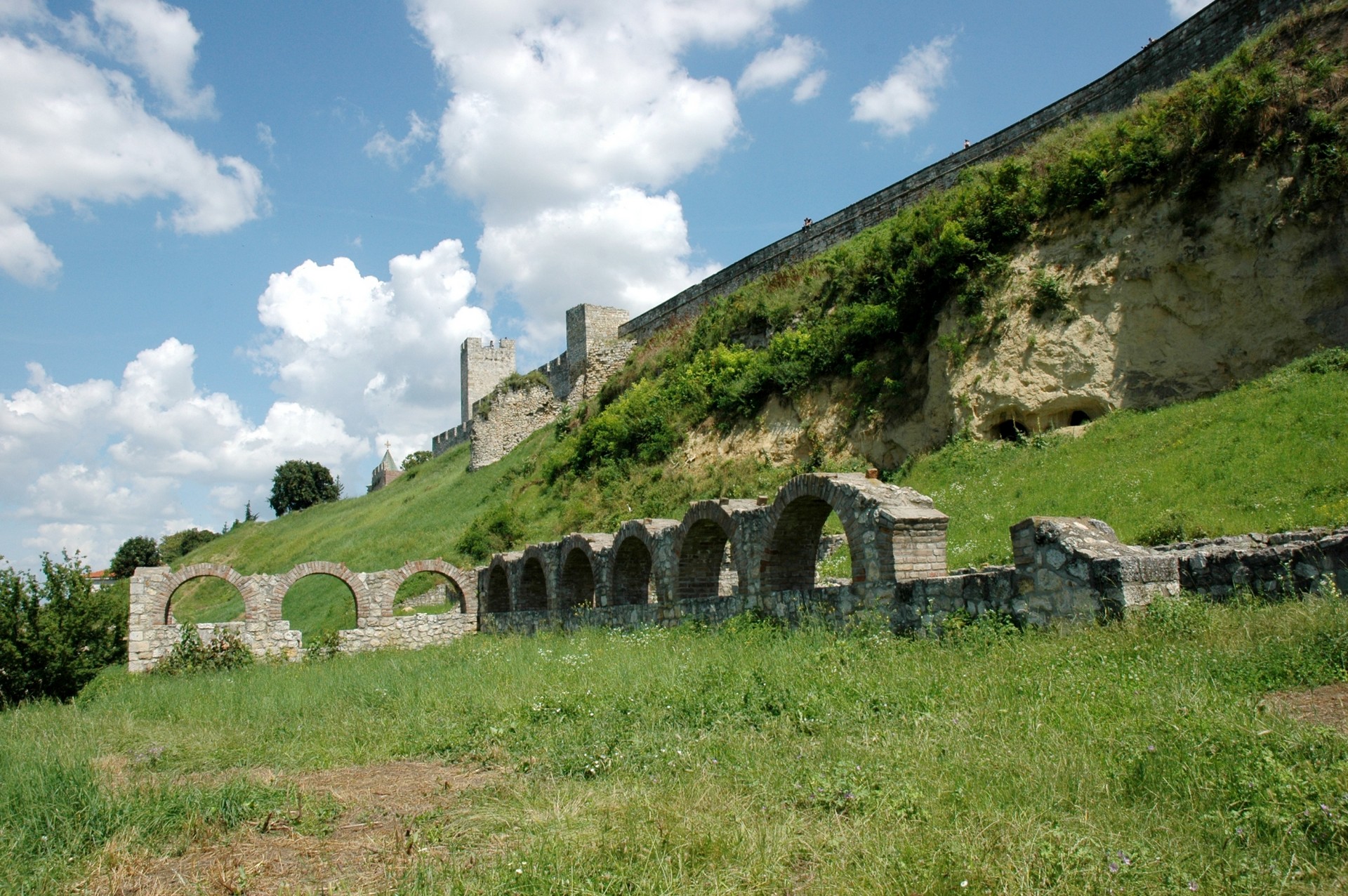 © Beogradska Tvrdjava
© Beogradska Tvrdjava
The Remains of the Bishop’s Residence
In the Lower Town of Belgrade Fortress, there once stood the most famous landmark of medieval Belgrade: St. Michael’s Cathedral, known as Saborna Church in Serbian. Next to it was the residence of the bishop of Belgrade. The remains of the walls of the bishop’s residence were discovered in 1977...
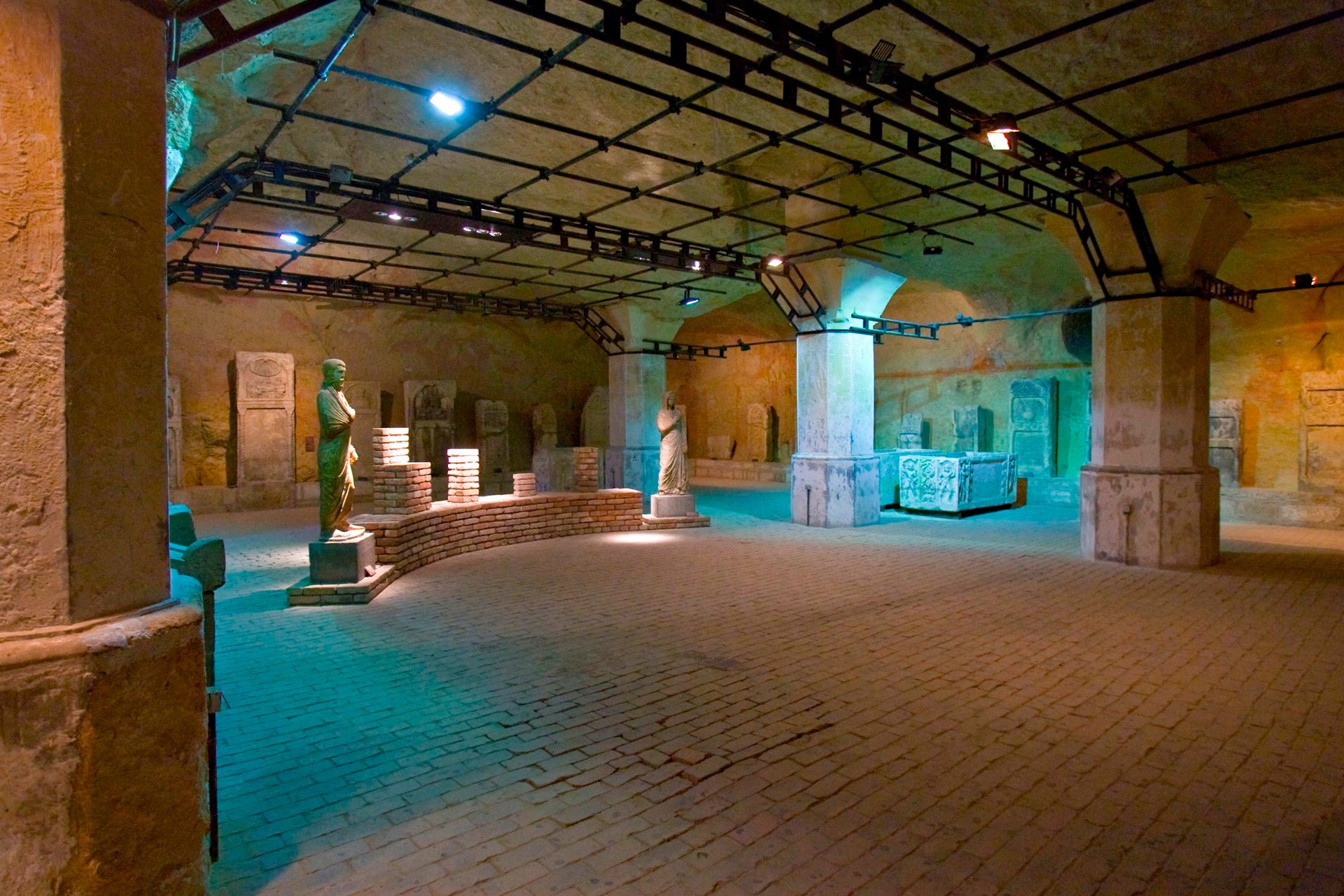 © Beogradska Tvrdjava
© Beogradska Tvrdjava
The Great Gunpowder Magazine
The Great Gunpowder Magazine was built in the 18th century and designed to be a dry, safe place to store gunpowder. The Austrians built the Great Gunpowder Magazine in just two years, from 1718 to 1720. In the mid-18th century, a very strong protective wall was built around the magazine....
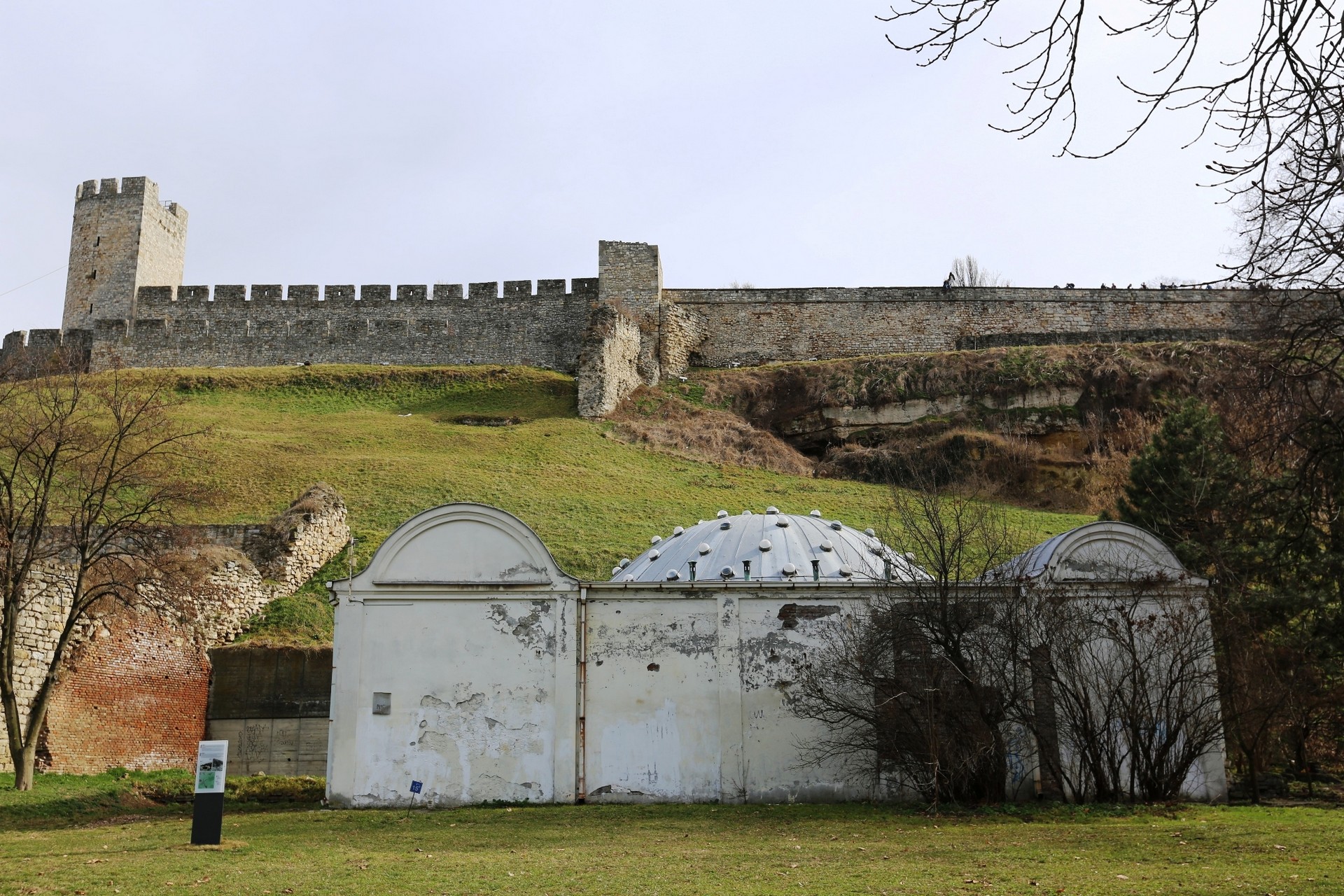 © Beogradska Tvrdjava
© Beogradska Tvrdjava
The Hamam (Turkish Bath)
Even though it’s known as the Old Turkish Bath, the Hamam in the Lower Town was only built in the second half of the 19th century, when the Turkish garrison had already left Belgrade. Aside from this one, there were two other Turkish baths in Belgrade Fortress (one from the...
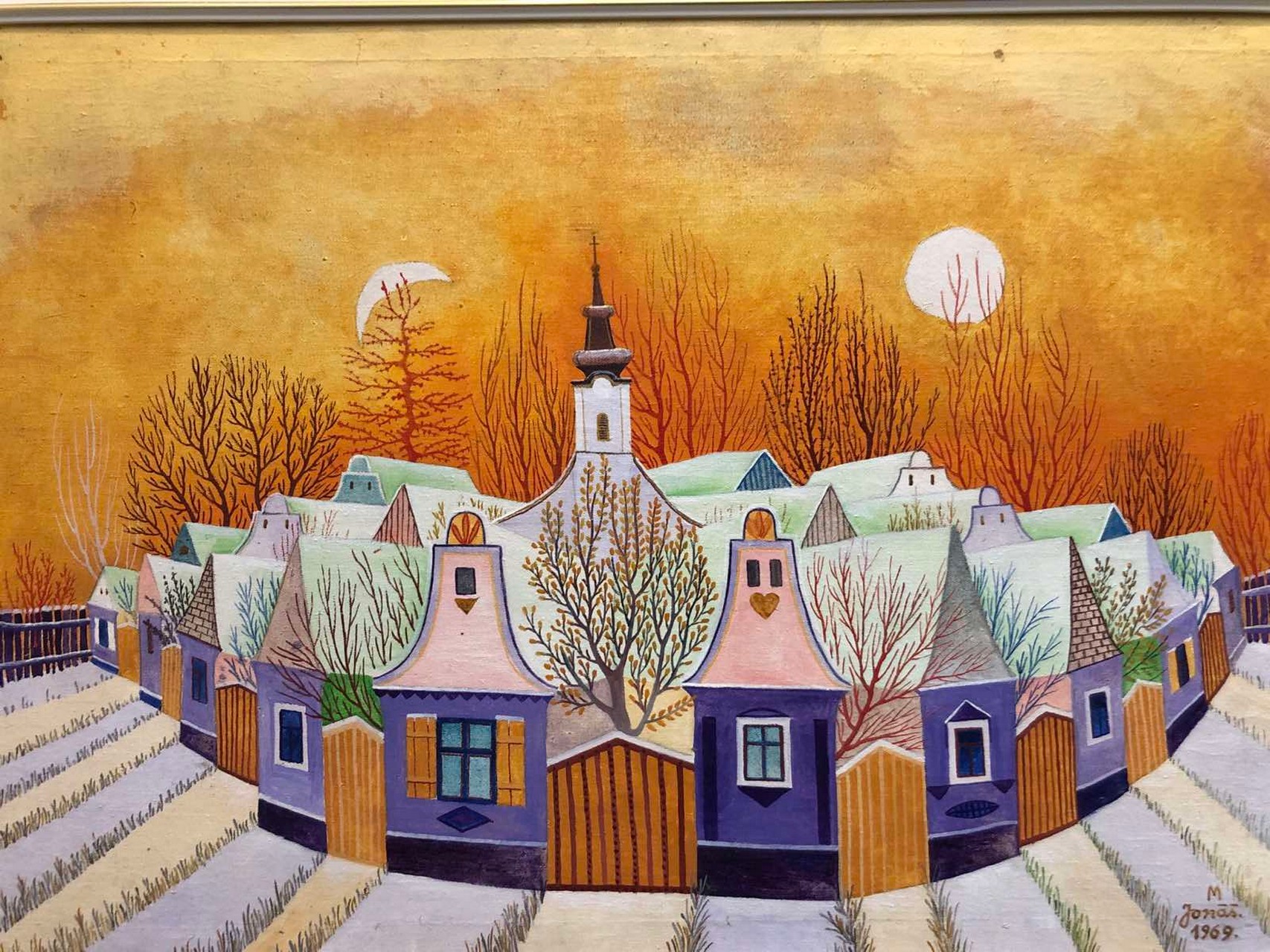 © Goran Gajić
© Goran Gajić
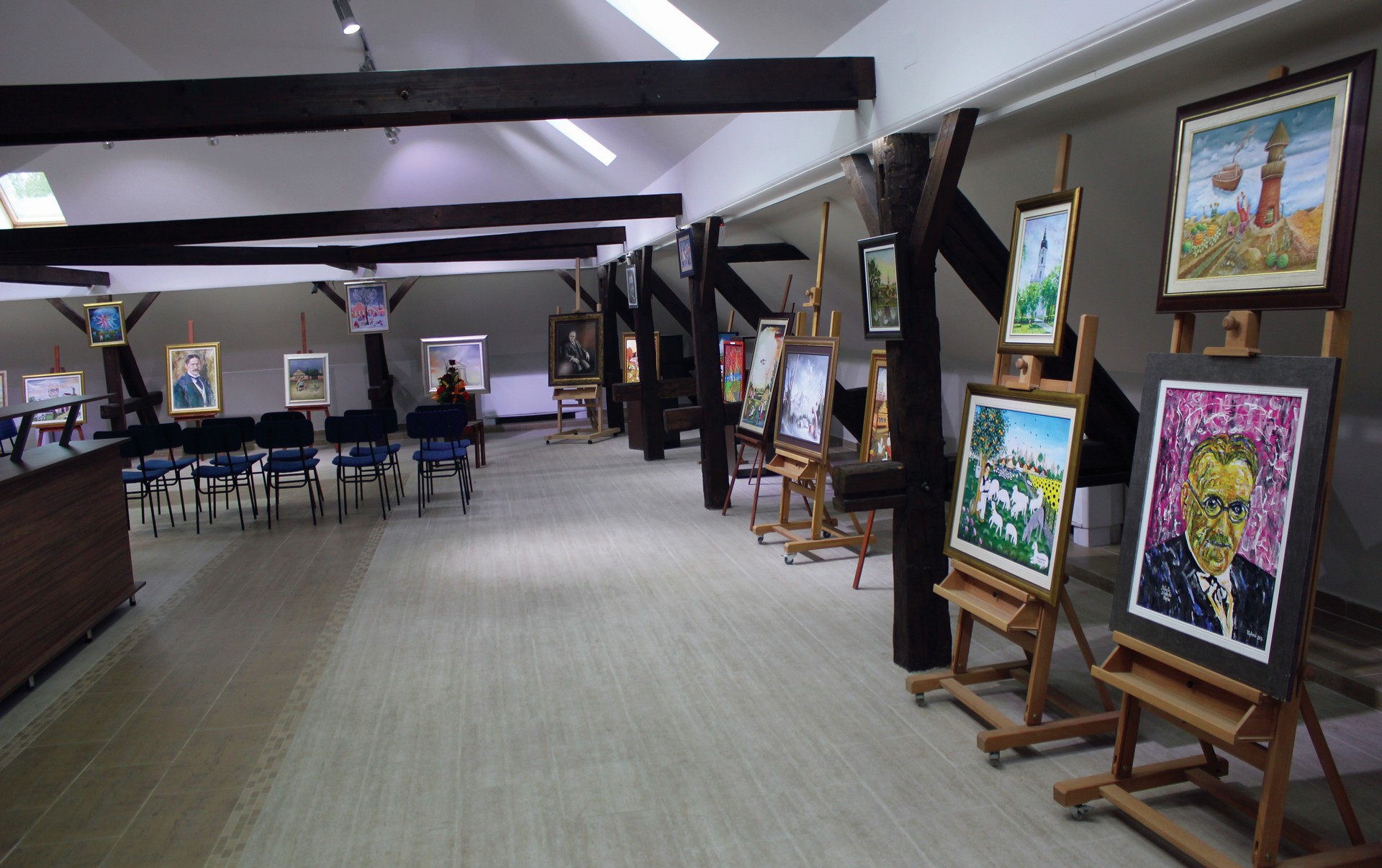 © Galerija naivne umetnosti
© Galerija naivne umetnosti
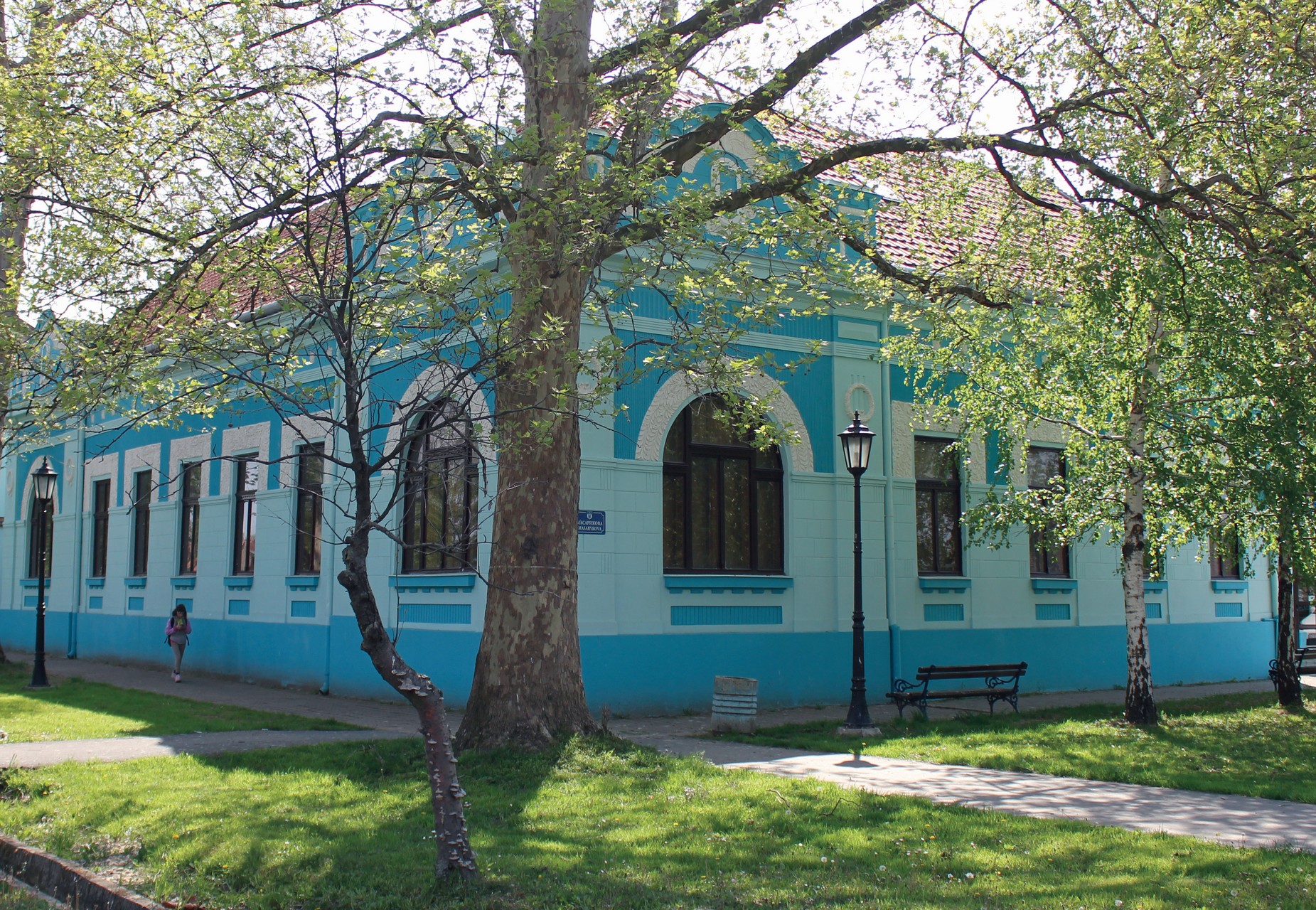 (cc) Ванилица/BY-SA 4.0
(cc) Ванилица/BY-SA 4.0
Welcome to Kovačica
Vojvodina is located in the southern part of the Pannonian Plain. It represents the natural bridge between Central and Western Europe on one side, and the Balkan Peninsula and the Middle East on the other side. The municipality of Kovačica lies in the middle of a triangle created by three...
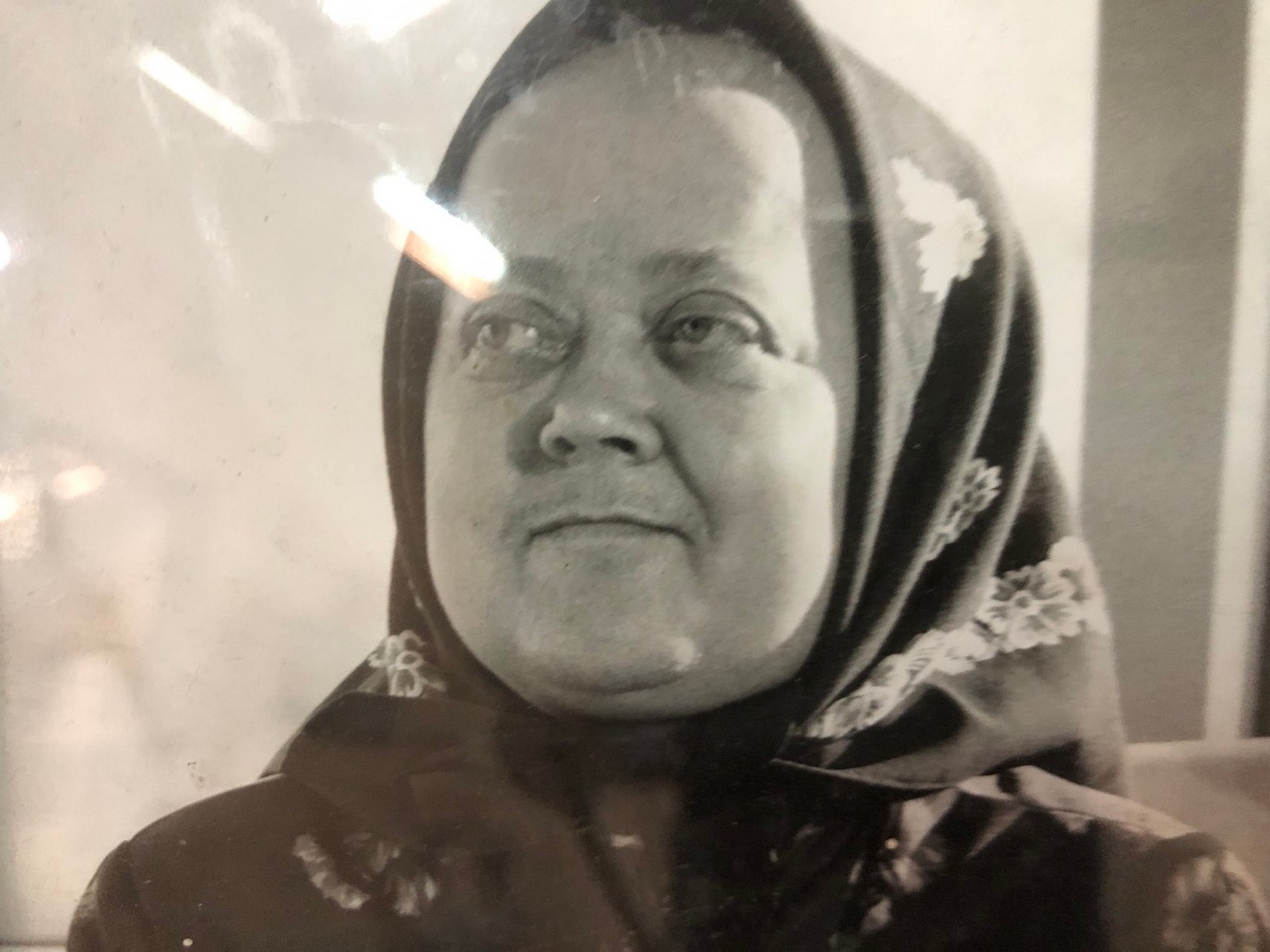 © Goran Gajić
© Goran Gajić
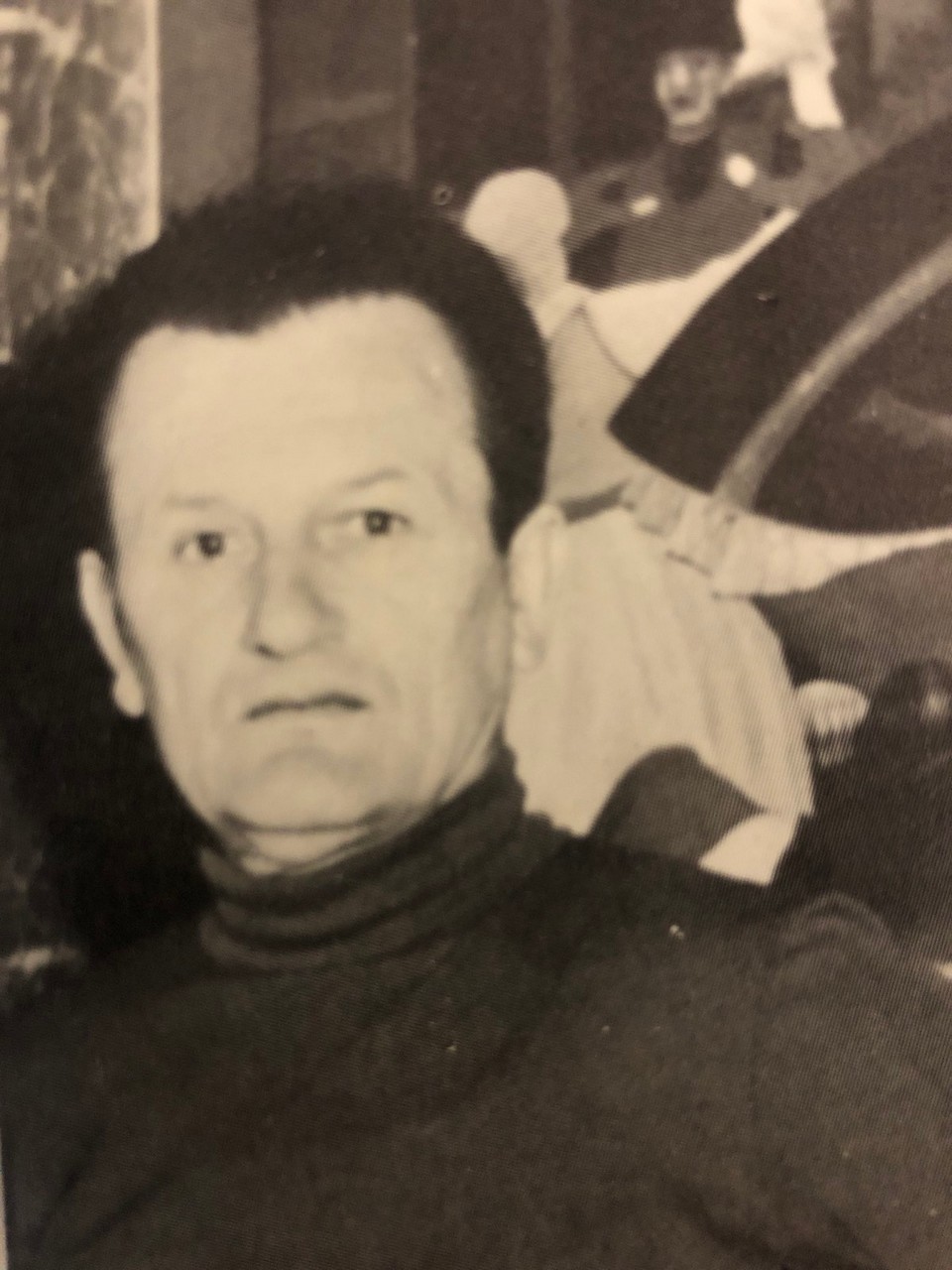 © Goran Gajić
© Goran Gajić
 © Goran Gajić
© Goran Gajić
The birth of naïve art in Kovačica
1939 is considered to be the year naïve art was born in Kovačica. It was in that year that Martin Paluška and Ján Sokol began to paint, without any knowledge of the academic theory behind what they were doing. Somewhat later, they were joined by other, now-famous, naïve artists, including...
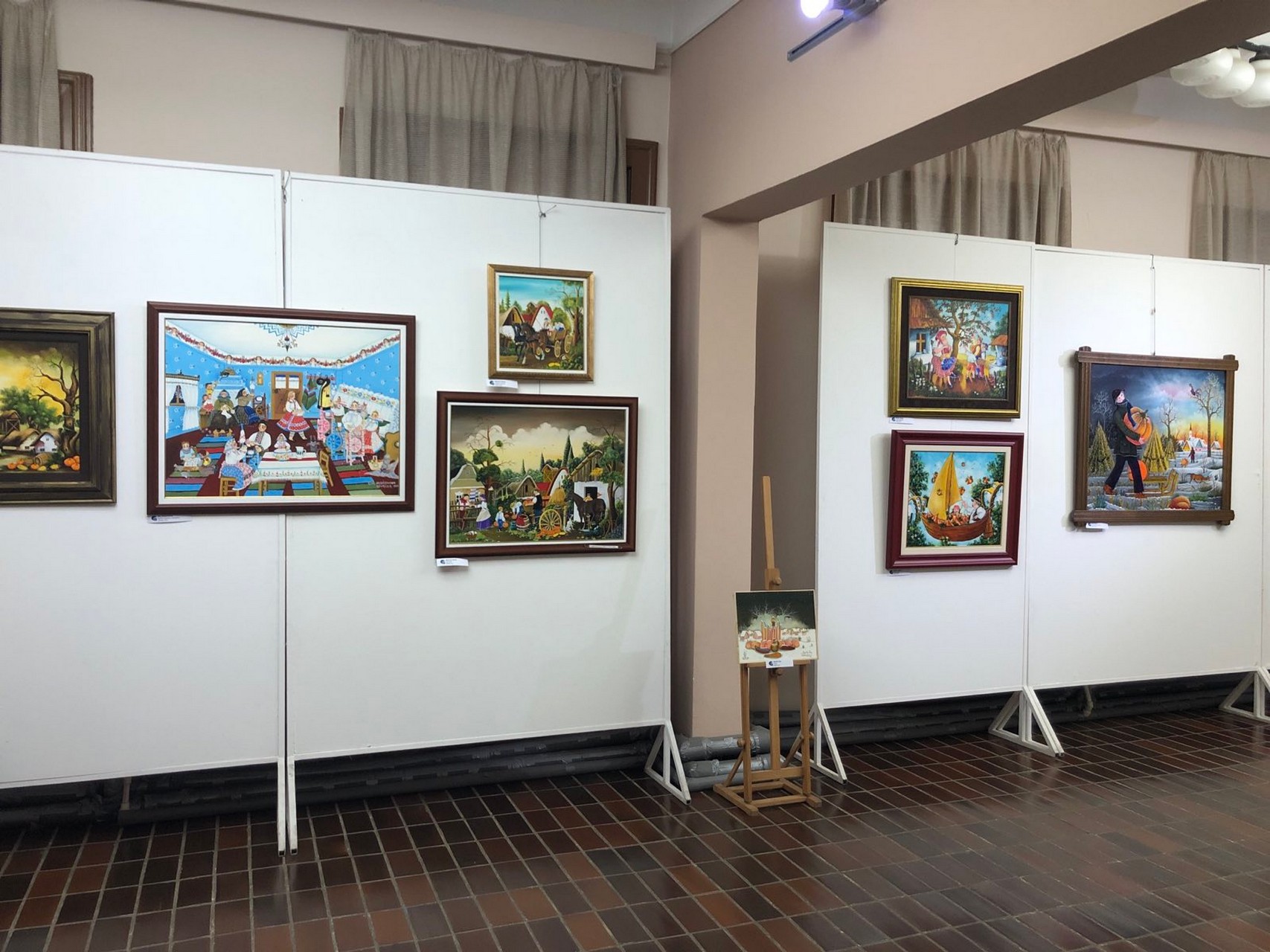 © Goran Gajić
© Goran Gajić
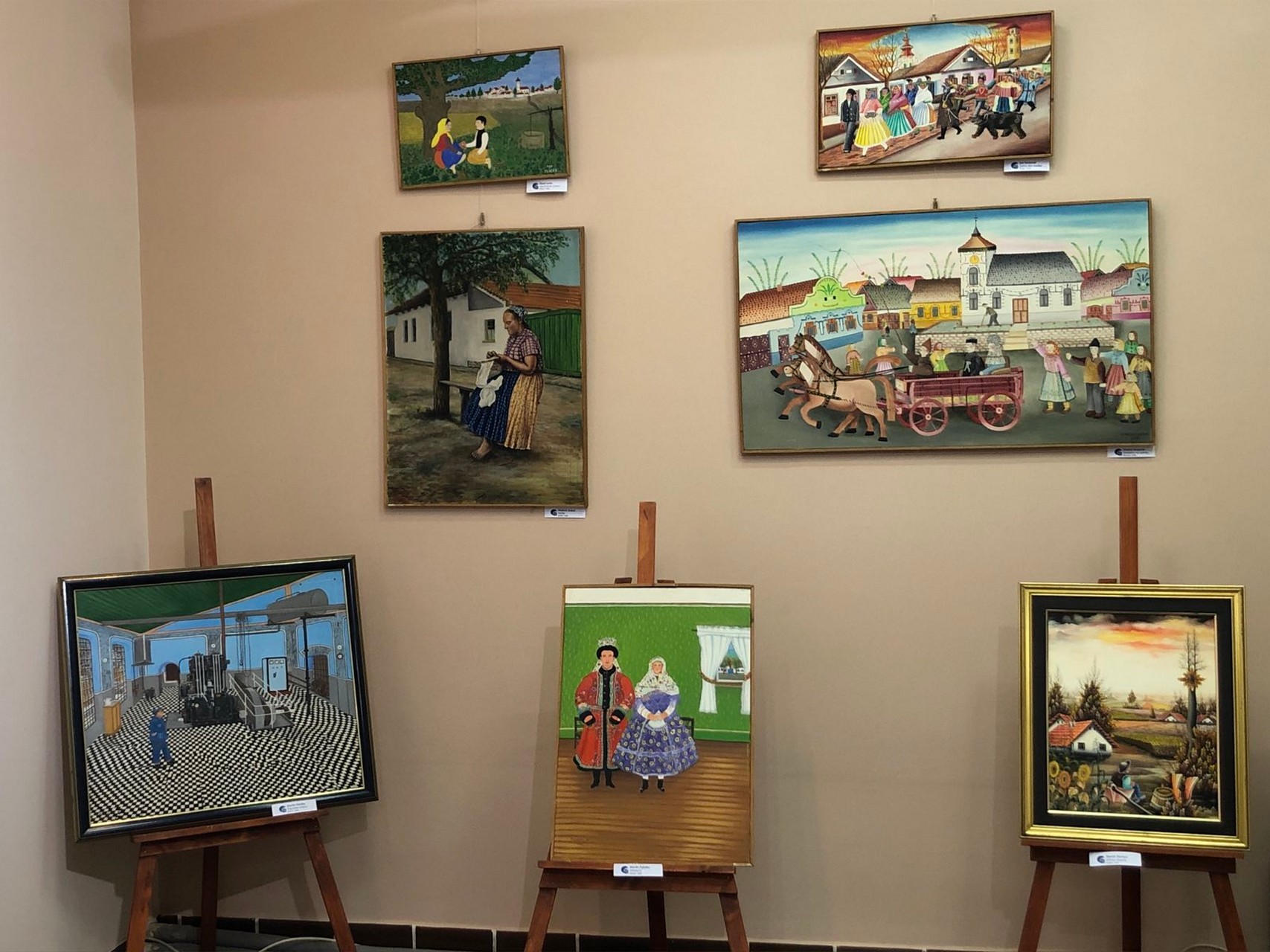 © Goran Gajić
© Goran Gajić
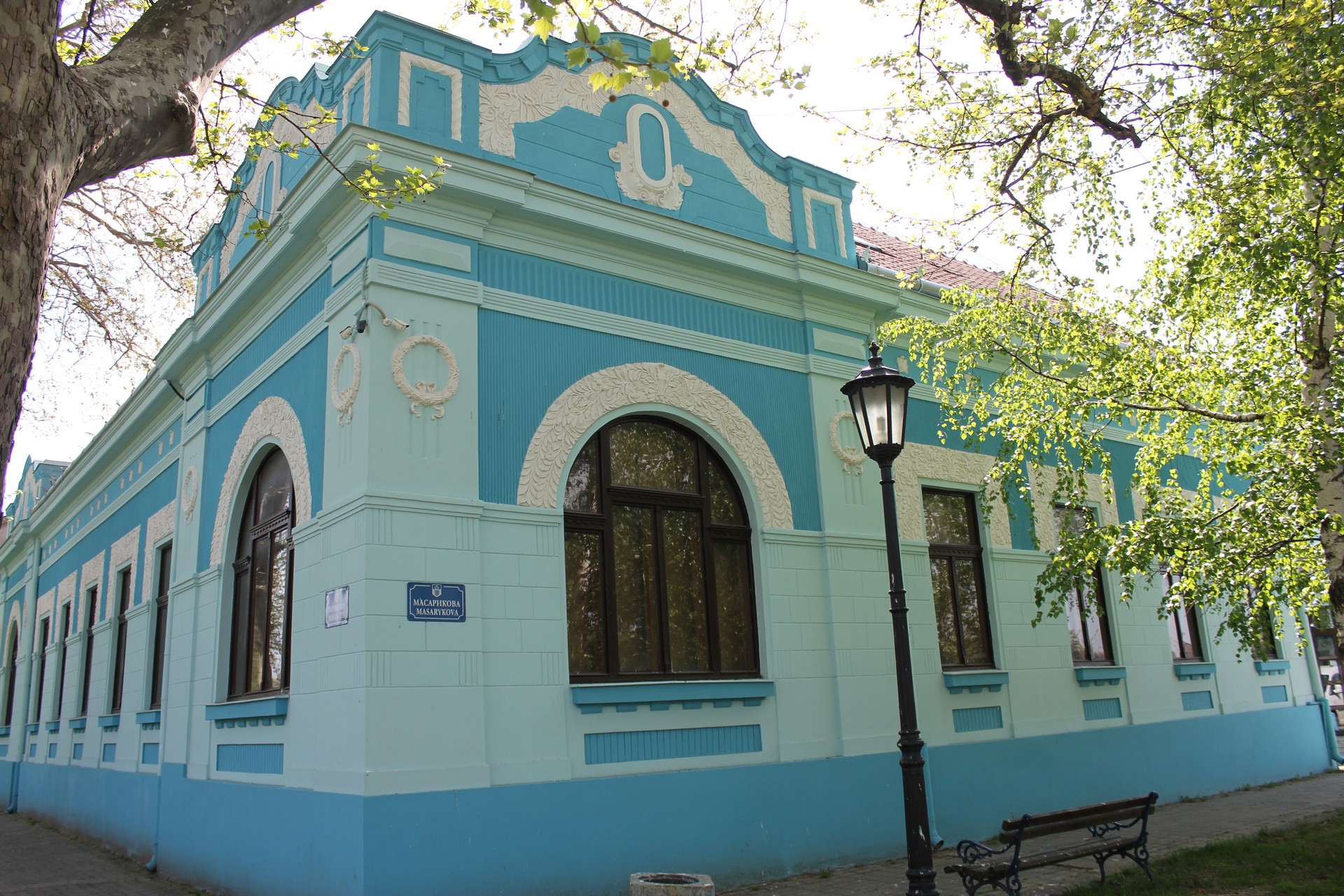 © Galerija naivne umetnosti
© Galerija naivne umetnosti
The establishment of the Gallery of Naïve Art
People started to talk more and more about these peasant-painters, and so the idea of opening an art gallery was born. On the 15th of May 1955, Kovačica became the first village in the whole of former Yugoslavia to get its own gallery of paintings. This gallery was originally located...
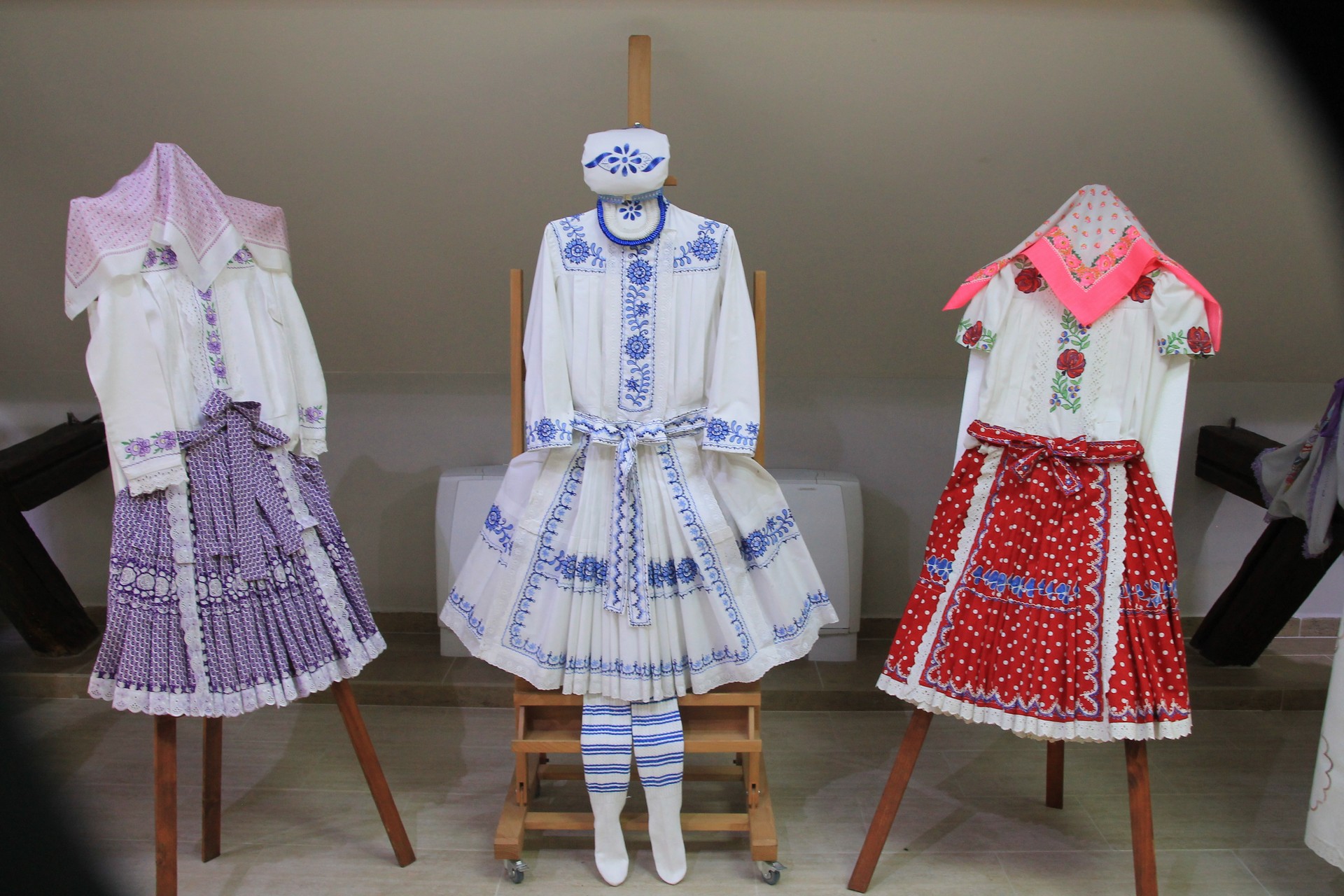 (cc) Ванилица/BY-SA 4.0
(cc) Ванилица/BY-SA 4.0
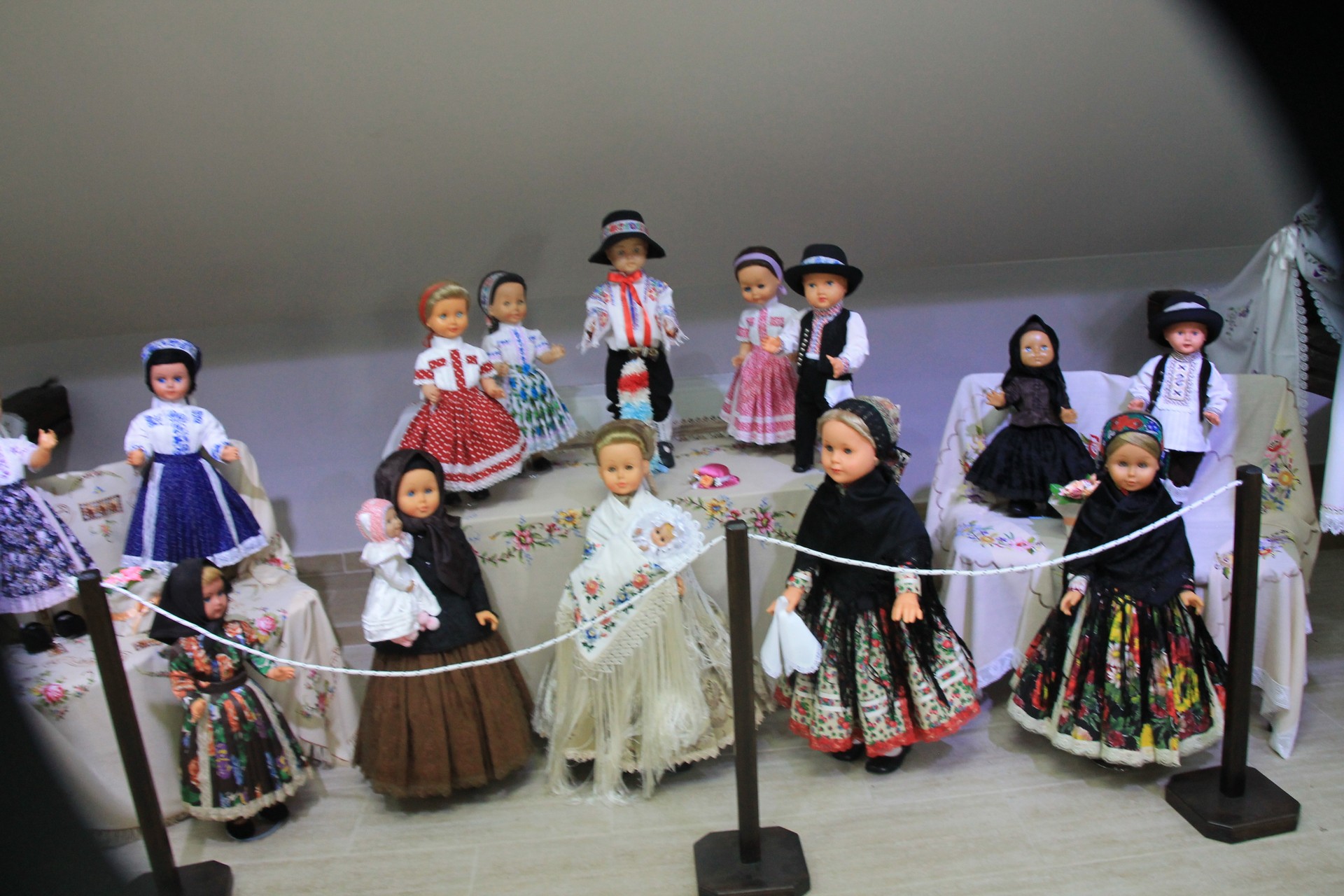 (cc) Ванилица/BY-SA 4.0
(cc) Ванилица/BY-SA 4.0
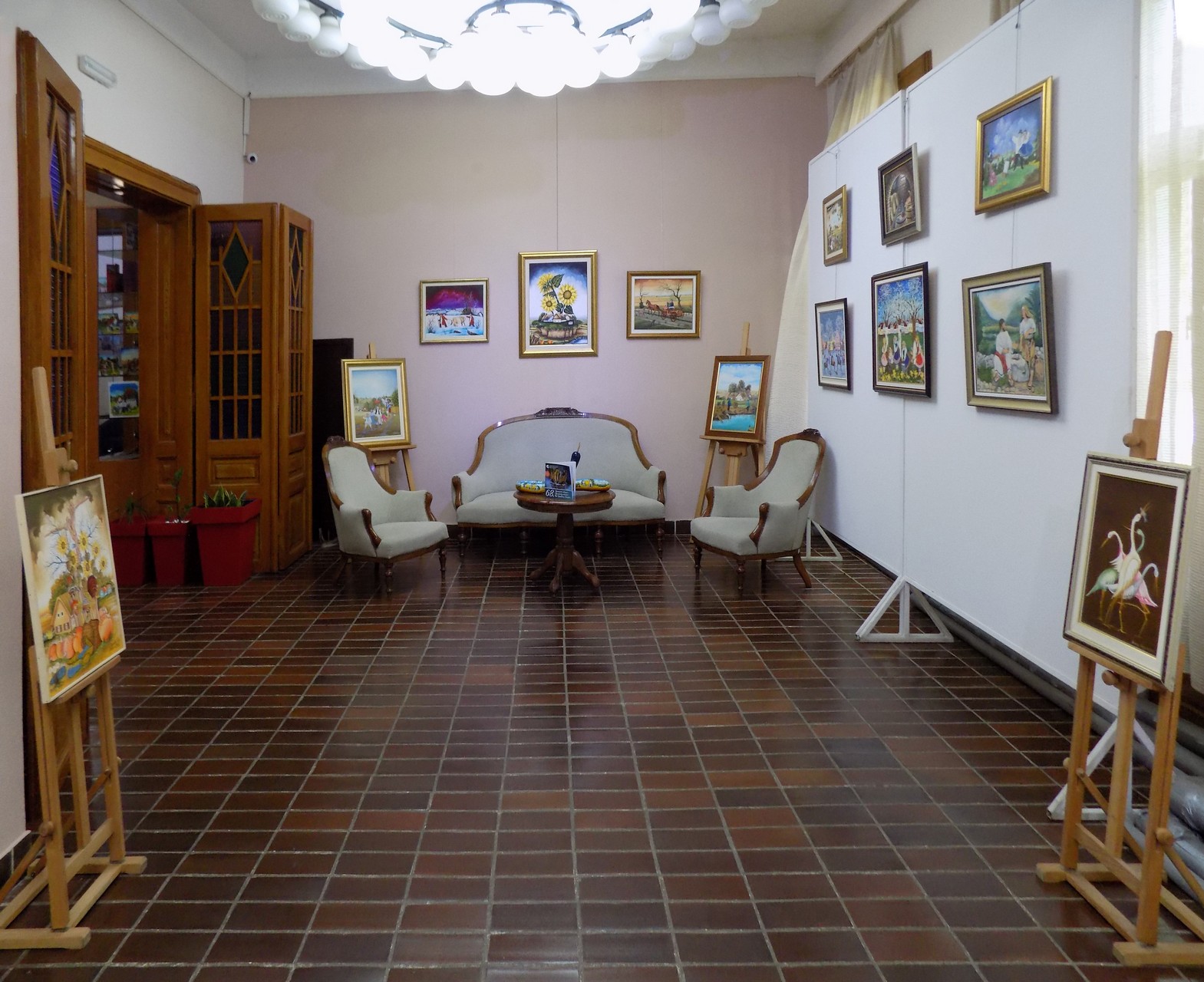 (cc) BuhaM/BY-SA 4.0
(cc) BuhaM/BY-SA 4.0
The main event
Every year, the village celebrates the traditional event known as the Kovačica October, which includes the exhibition of the newest representative works of all the members of the Gallery. The paintings on show are gifts to the Gallery’s art fund. The collection of paintings in the Gallery of Naïve Art...
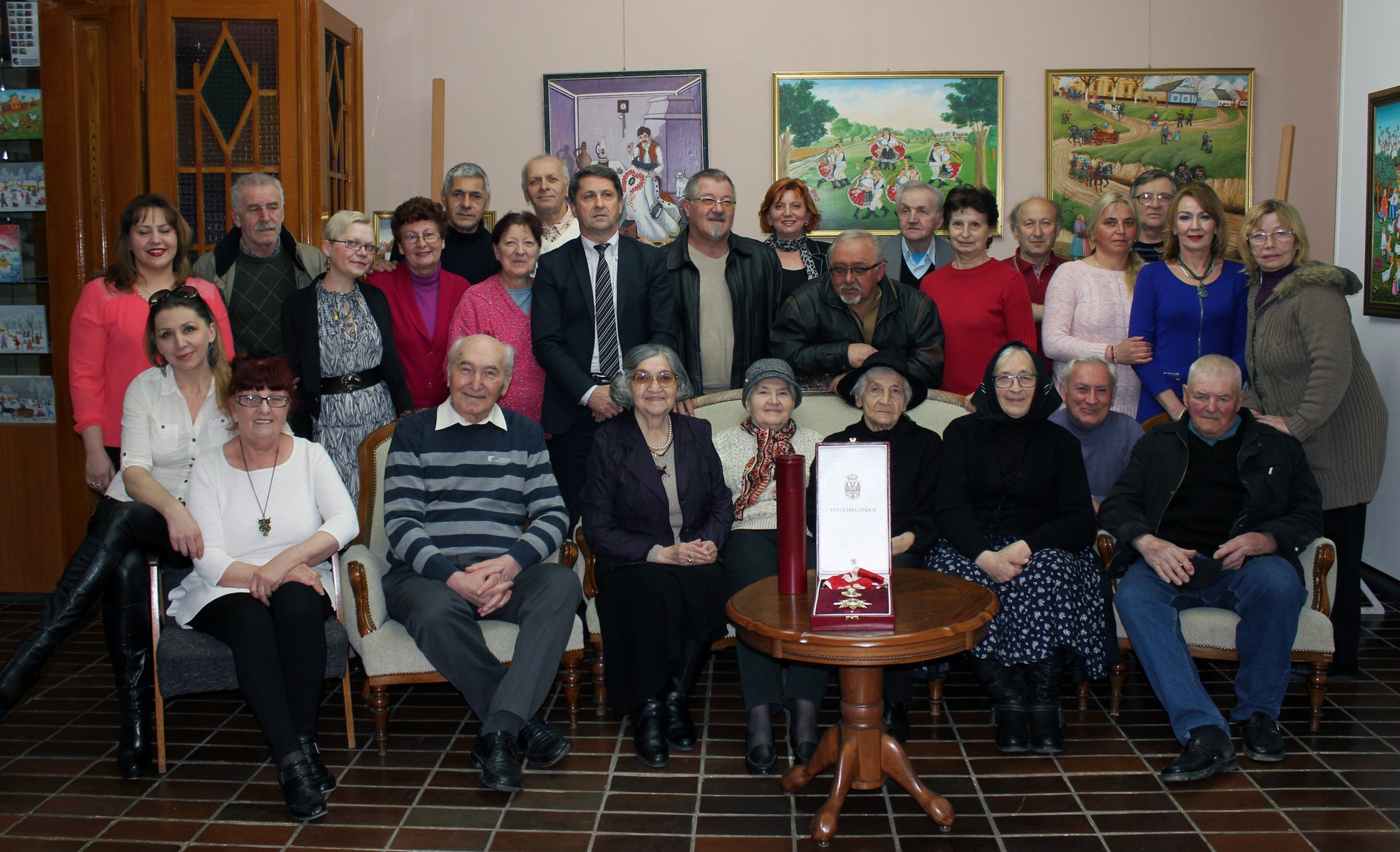 © Galerija naivne umetnosti
© Galerija naivne umetnosti
The painters’ mission
United in the Gallery of naive art, the painters dedicate themselves to us figuratively through their works and wake in us something that is at times forgotten or sleepy, but still human in our nature: chastity, honesty, frankness and spontaneity – for purpose of making the world a better place...
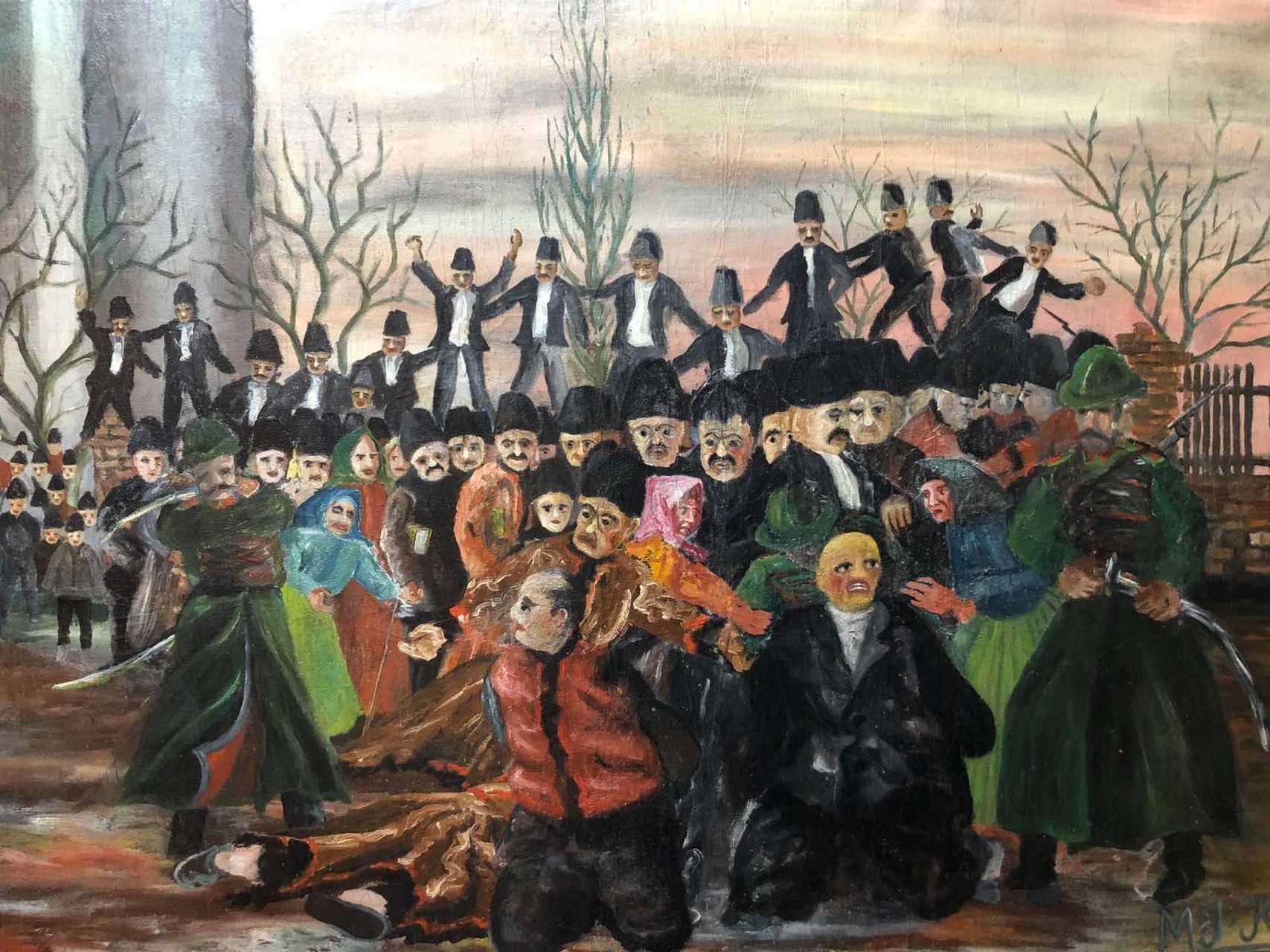 © Goran Gajić
© Goran Gajić
 © Galerija naivne umetnosti
© Galerija naivne umetnosti
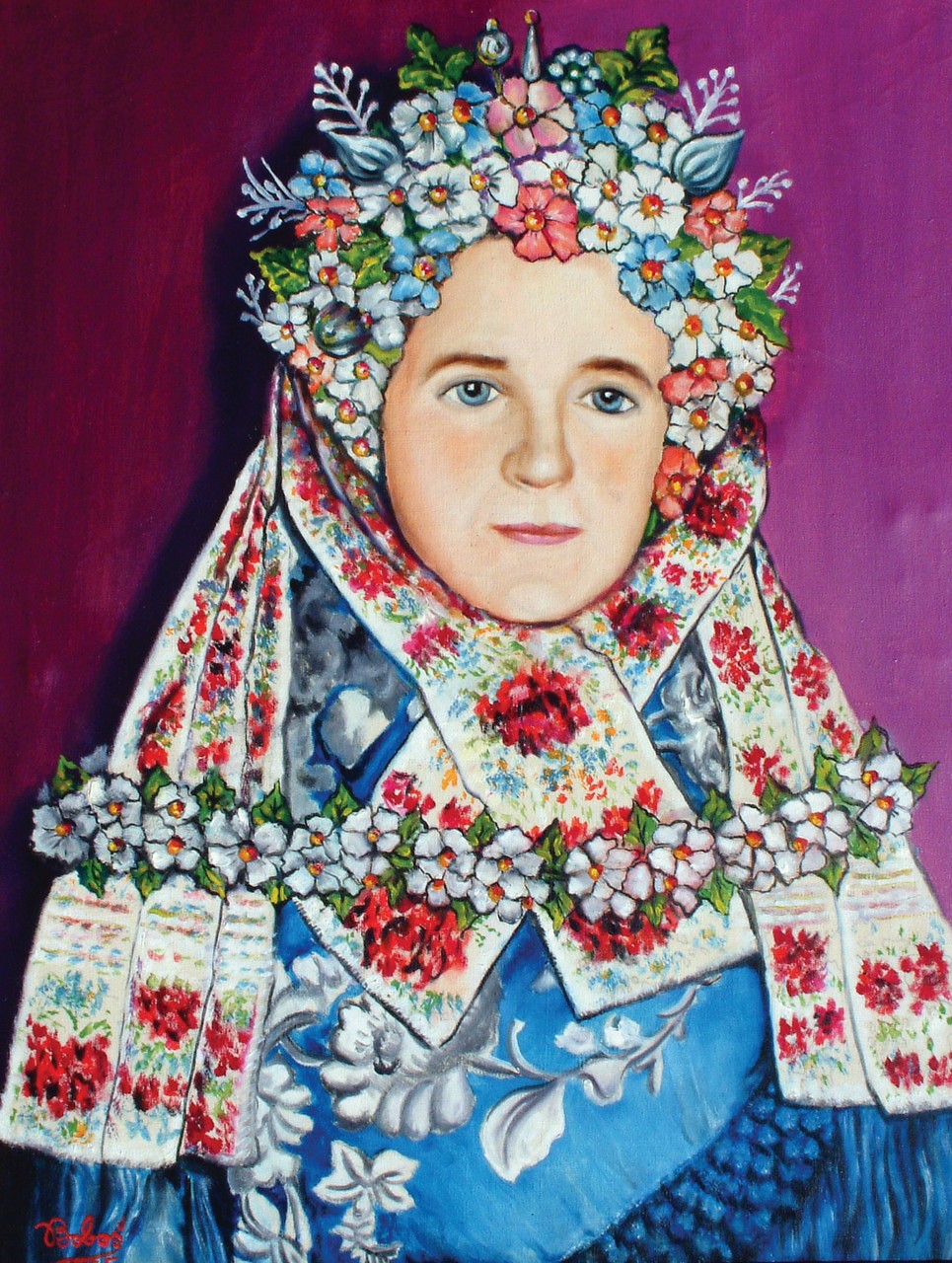 © Galerija naivne umetnosti
© Galerija naivne umetnosti
Thematic variety of paintings
Generally, the content of their paintings is very rich and diverse. Nostalgic and idyllic motives tell the story about the past times, life on village streets, backyards, field works, also there are ambient displays of village rooms with old carpets and household objects, as well as portraits and still life....
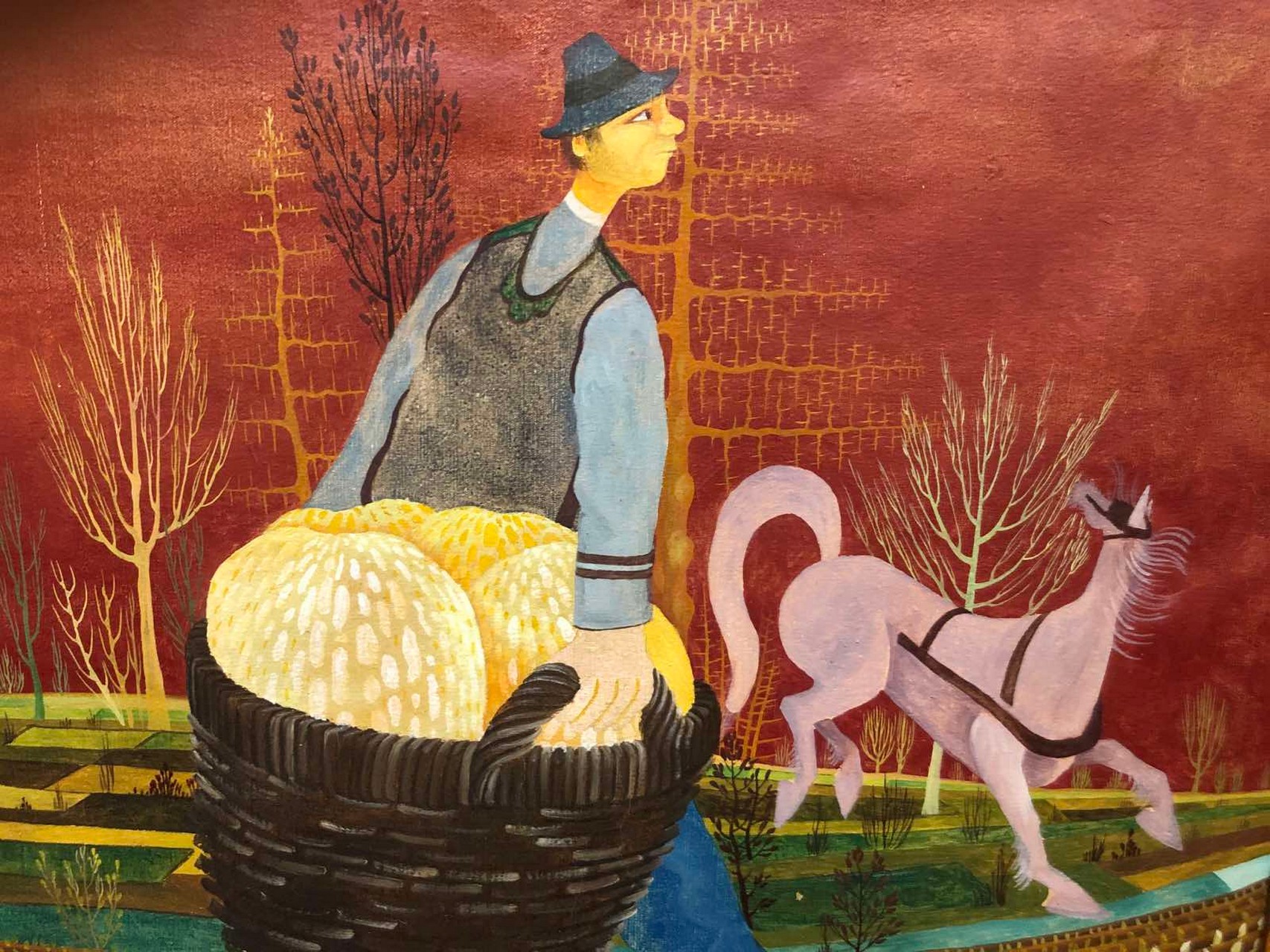 © Goran Gajić
© Goran Gajić
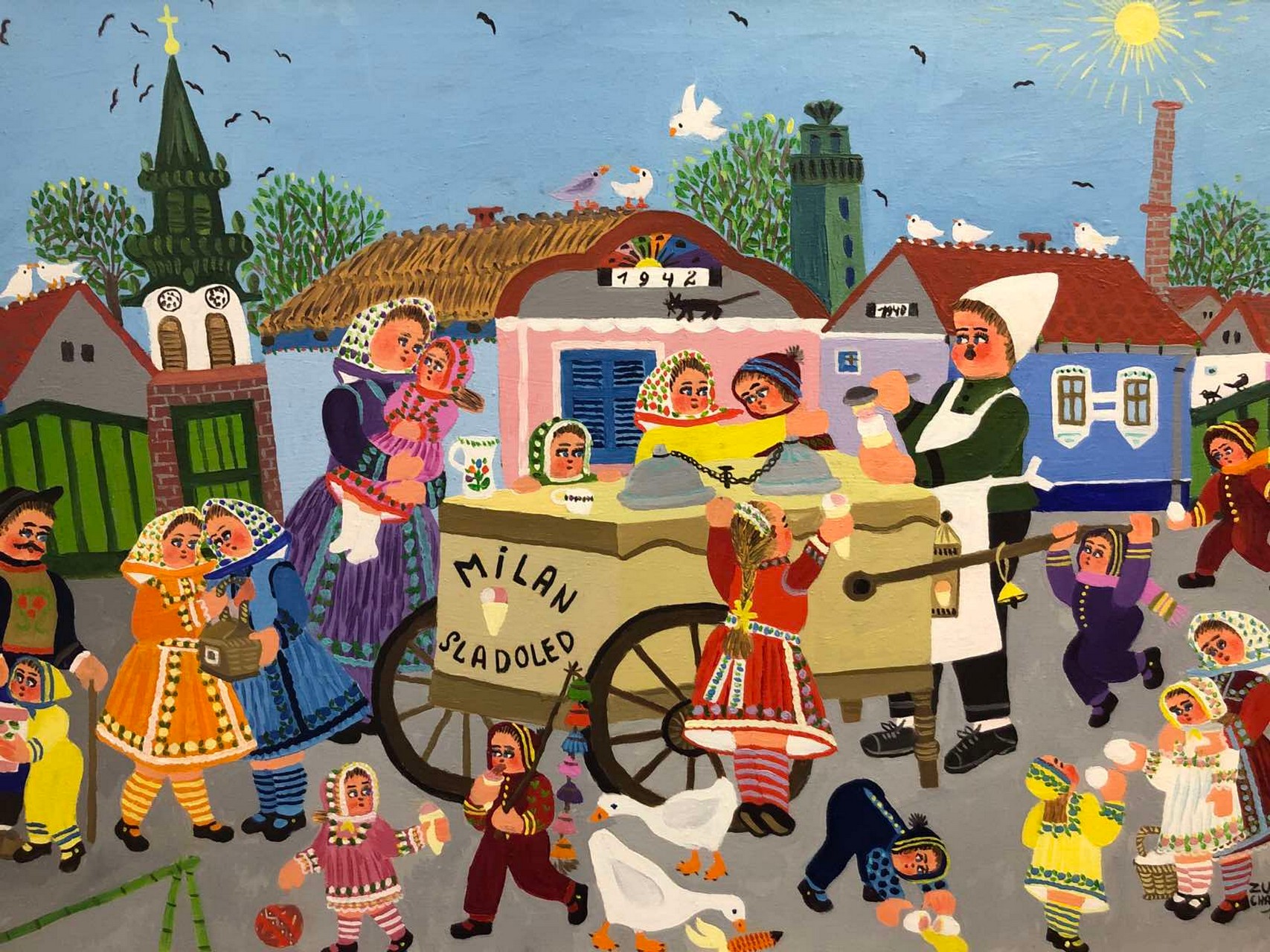 © Goran Gajić
© Goran Gajić
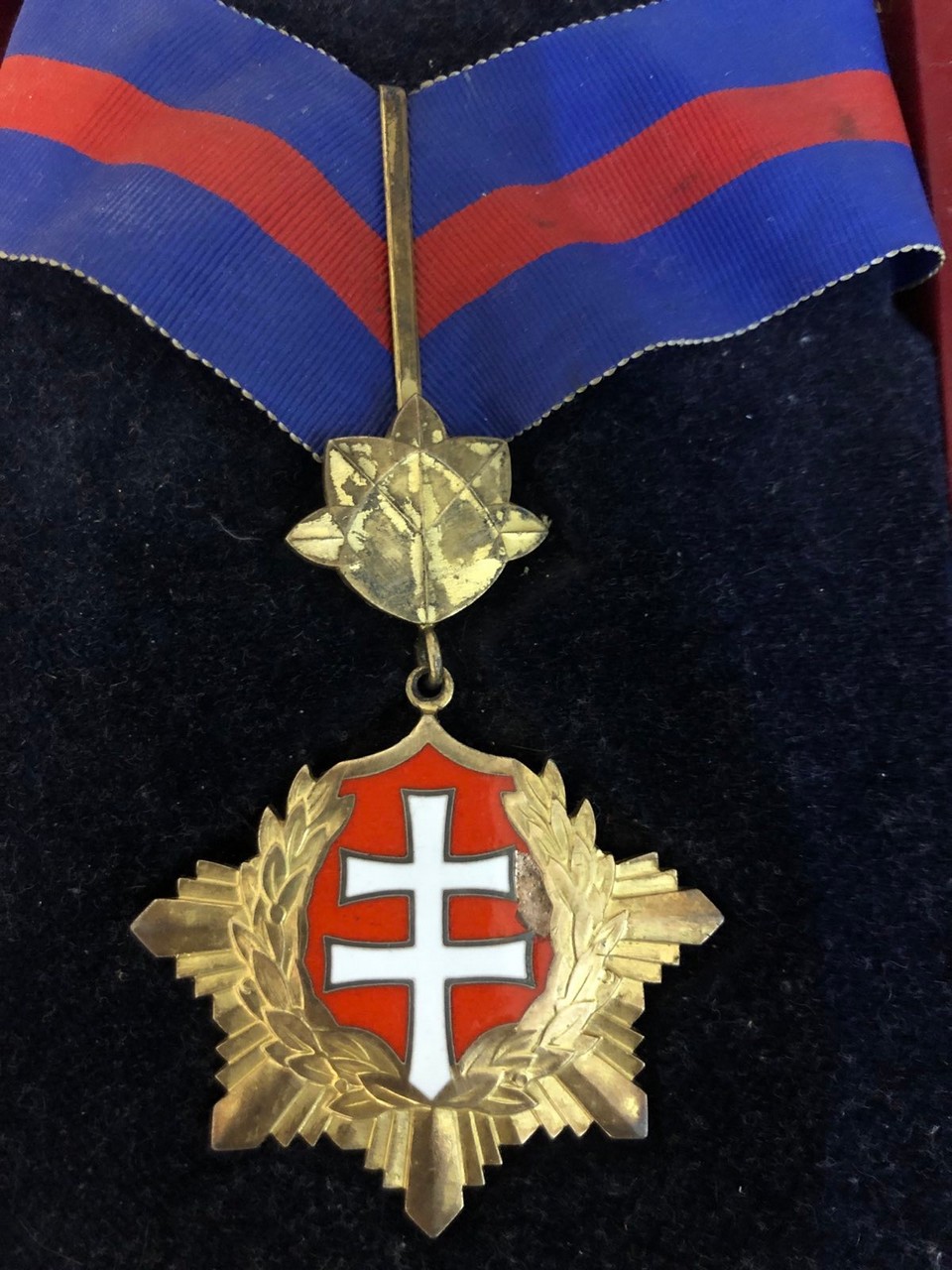 © Goran Gajić
© Goran Gajić
Admirers of the art
Thanks to the work of Gallery members, many famous people have visited Kovačica during all these years. Some of them were François Mitterrand, Rolling Stones, Pelé, Ursula Andress, Alain Delon, Franco Nero, Juan Carlos, as well as many other renowned politicians, diplomats, actors and artists. Kovačica was also visited by...
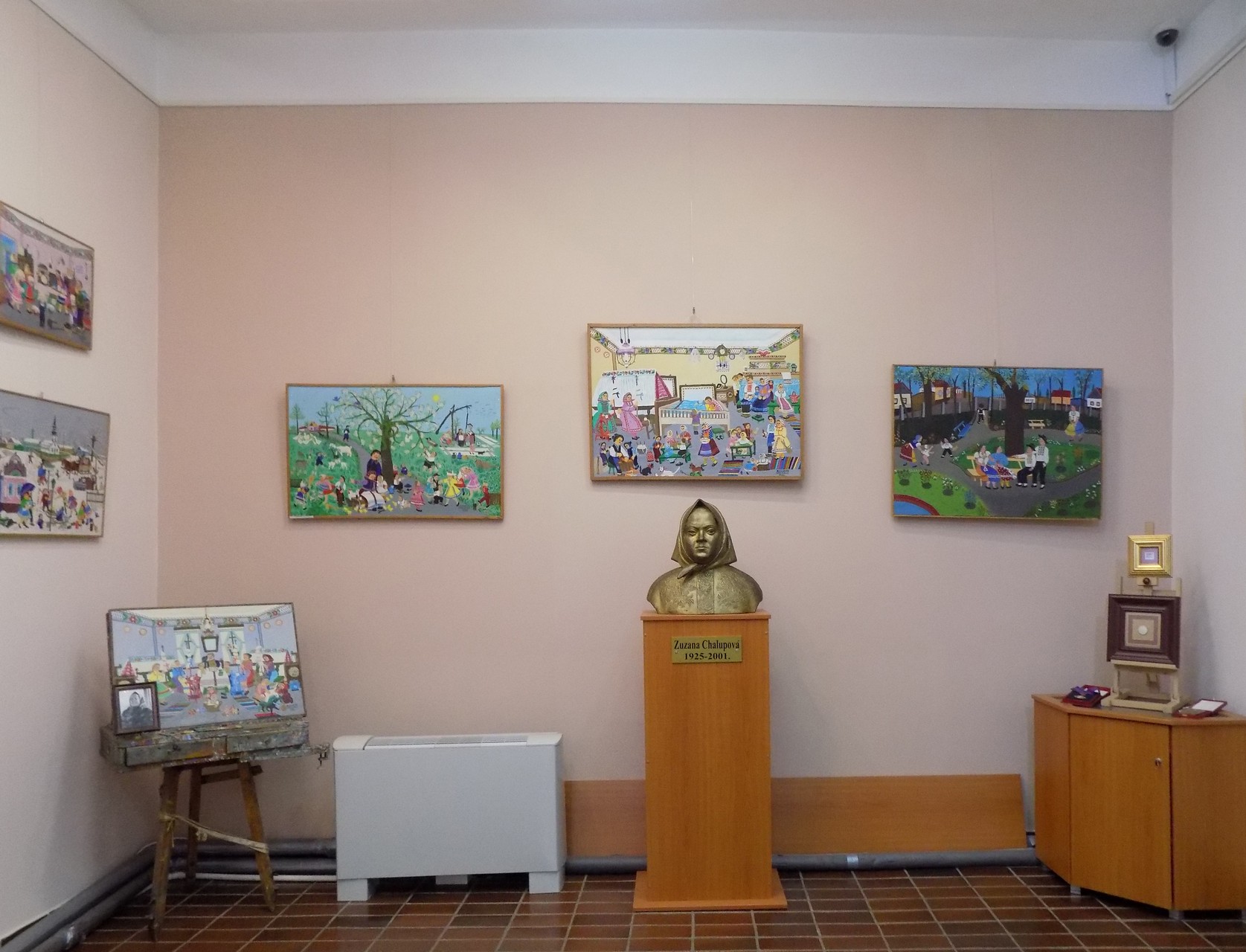 (cc) BuhaM/BY-SA 4.0
(cc) BuhaM/BY-SA 4.0
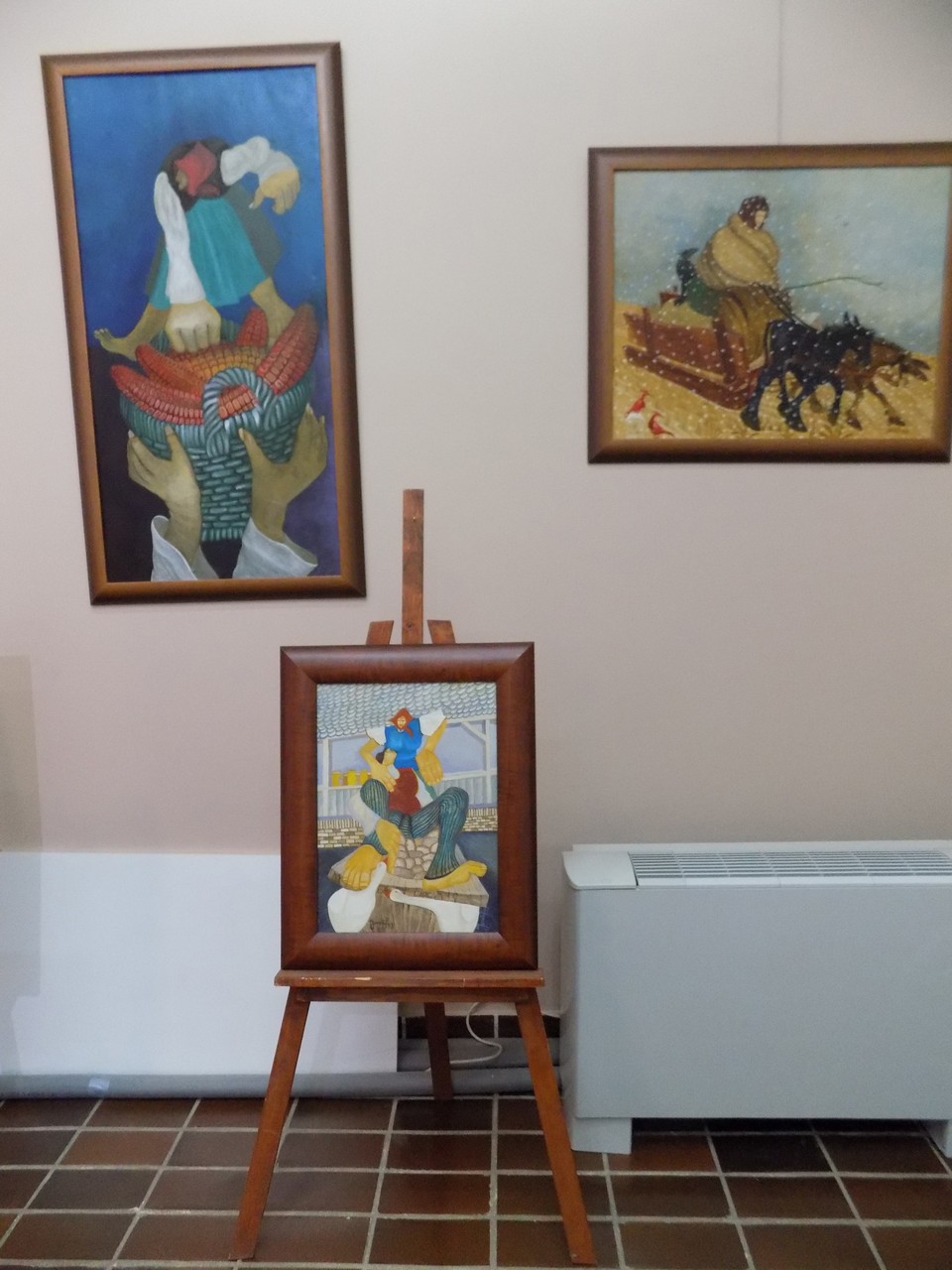 (cc) BuhaM/BY-SA 4.0
(cc) BuhaM/BY-SA 4.0
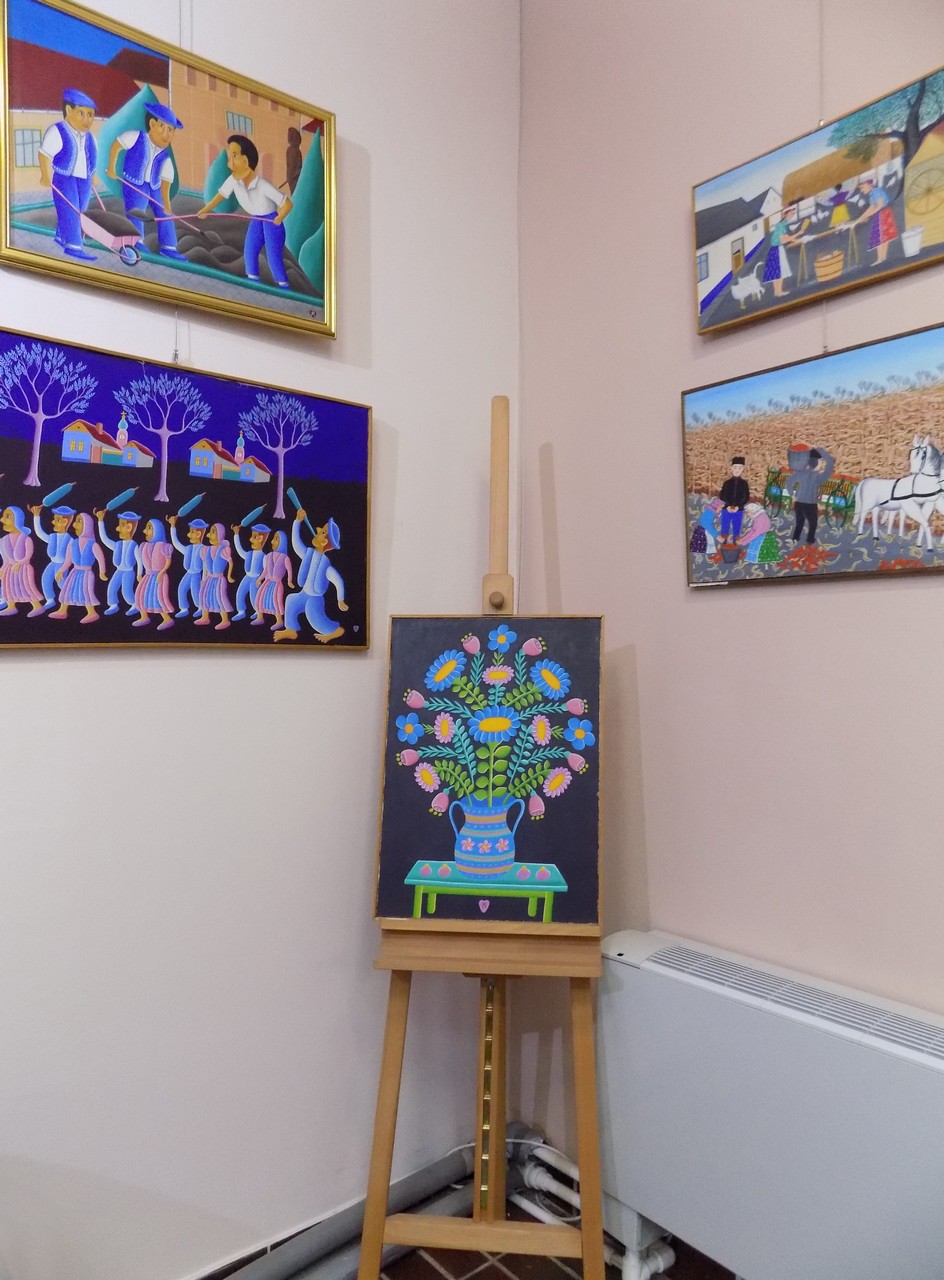 (cc) BuhaM/BY-SA 4.0
(cc) BuhaM/BY-SA 4.0
The founders of naive art in Kovačica and its most important representatives
During these fruitful years of work, 45 painters passed through the gallery. Their paintings adorn galleries and private houses on all meridians of the world. The founders of naive art, whose paintings are all included in the gallery collection, are: Martin Paluška, Jan Sokol, Vladimir Boboš, Jan Knjazovic, Michal Bireš,...
 © Goran Gajić
© Goran Gajić
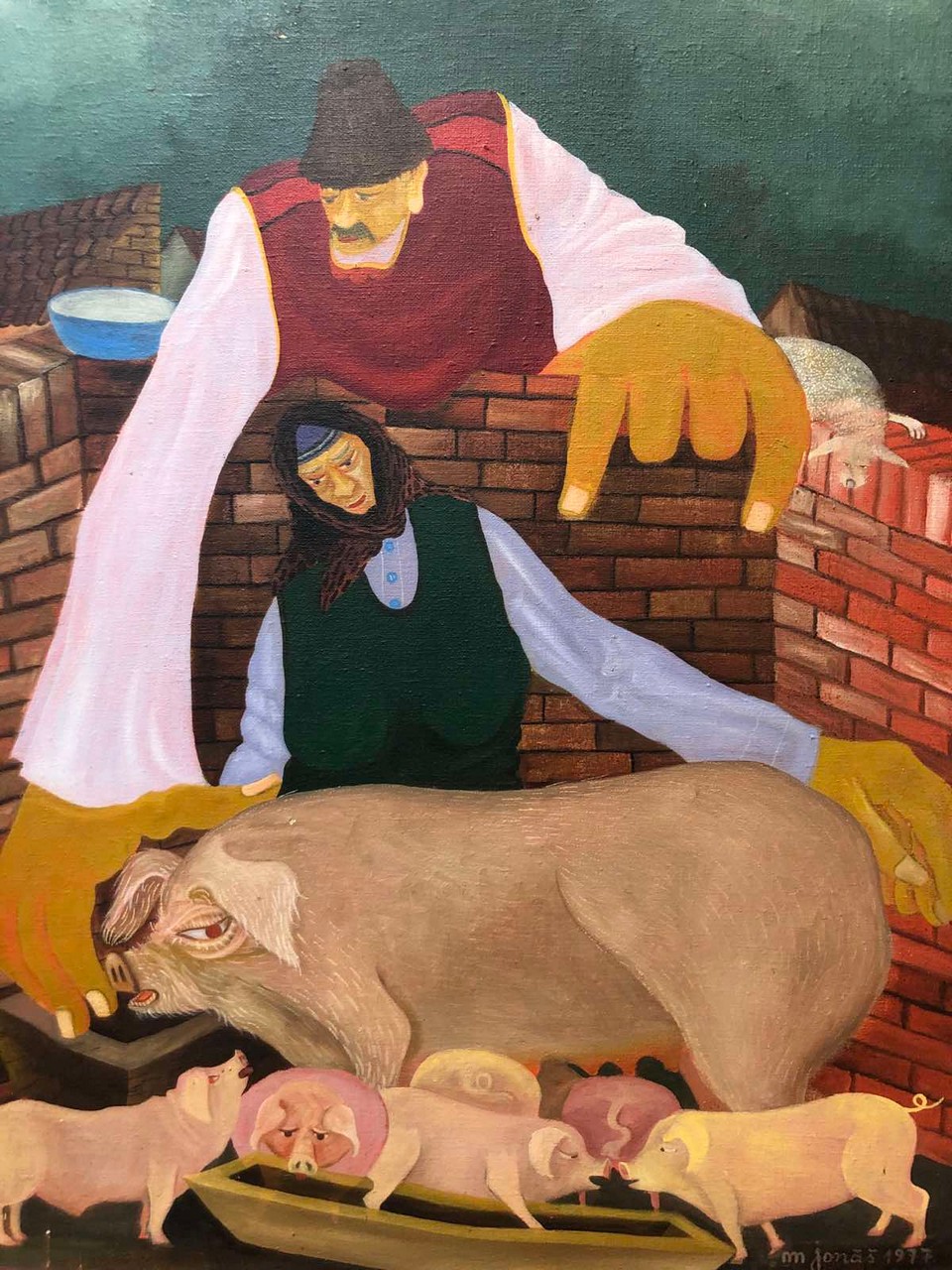 © Goran Gajić
© Goran Gajić
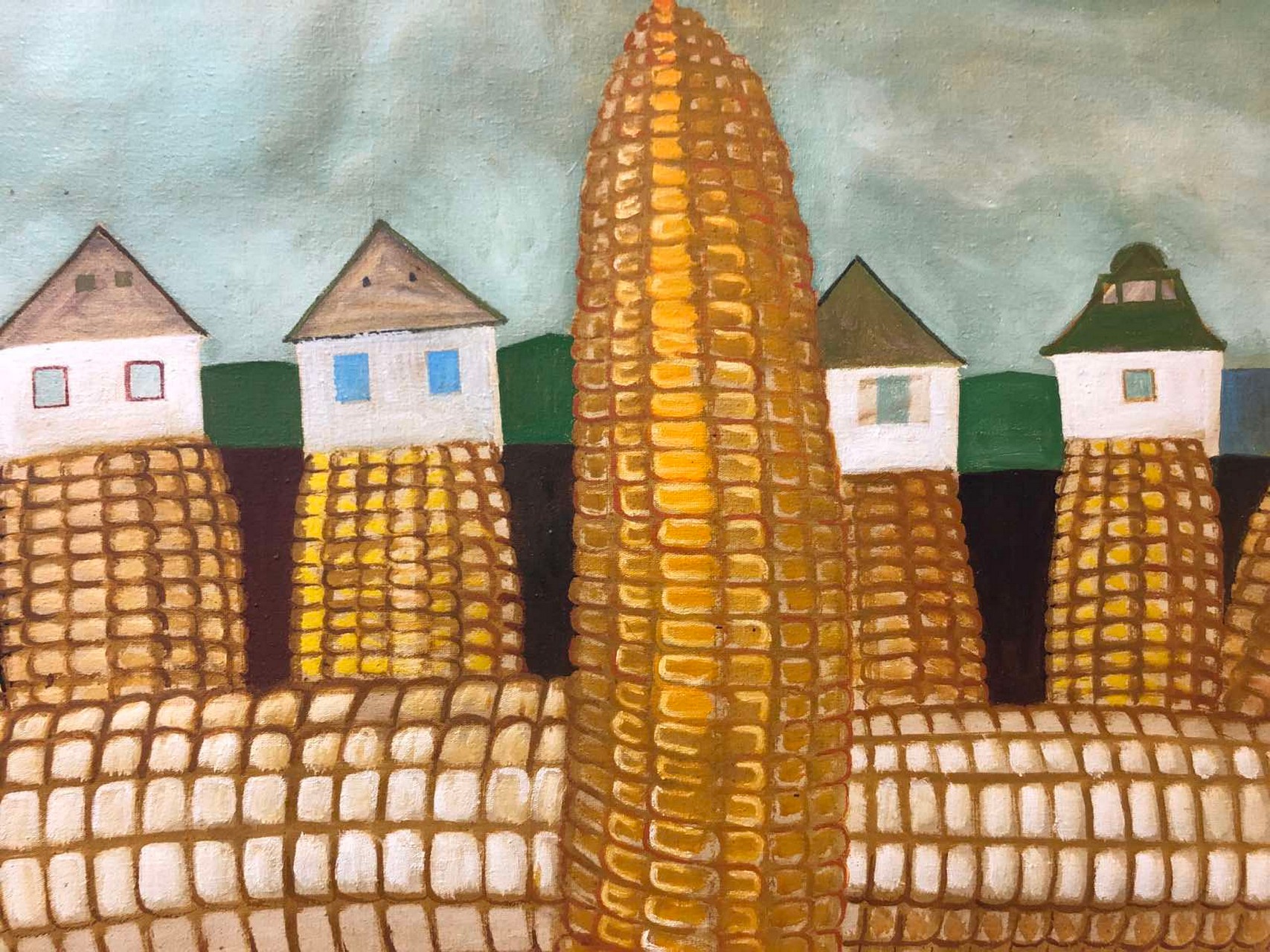 © Goran Gajić
© Goran Gajić
The founders of naive art in Kovačica – Martin Jonaš
Martin Jonaš is one of the most significant authors in the world of naive art. He was born in 1924 in Kovačica, where he finished the elementary school, spent all of his working days and entire lifetime, working mostly as a farmer and an artist. He was the leading figure...
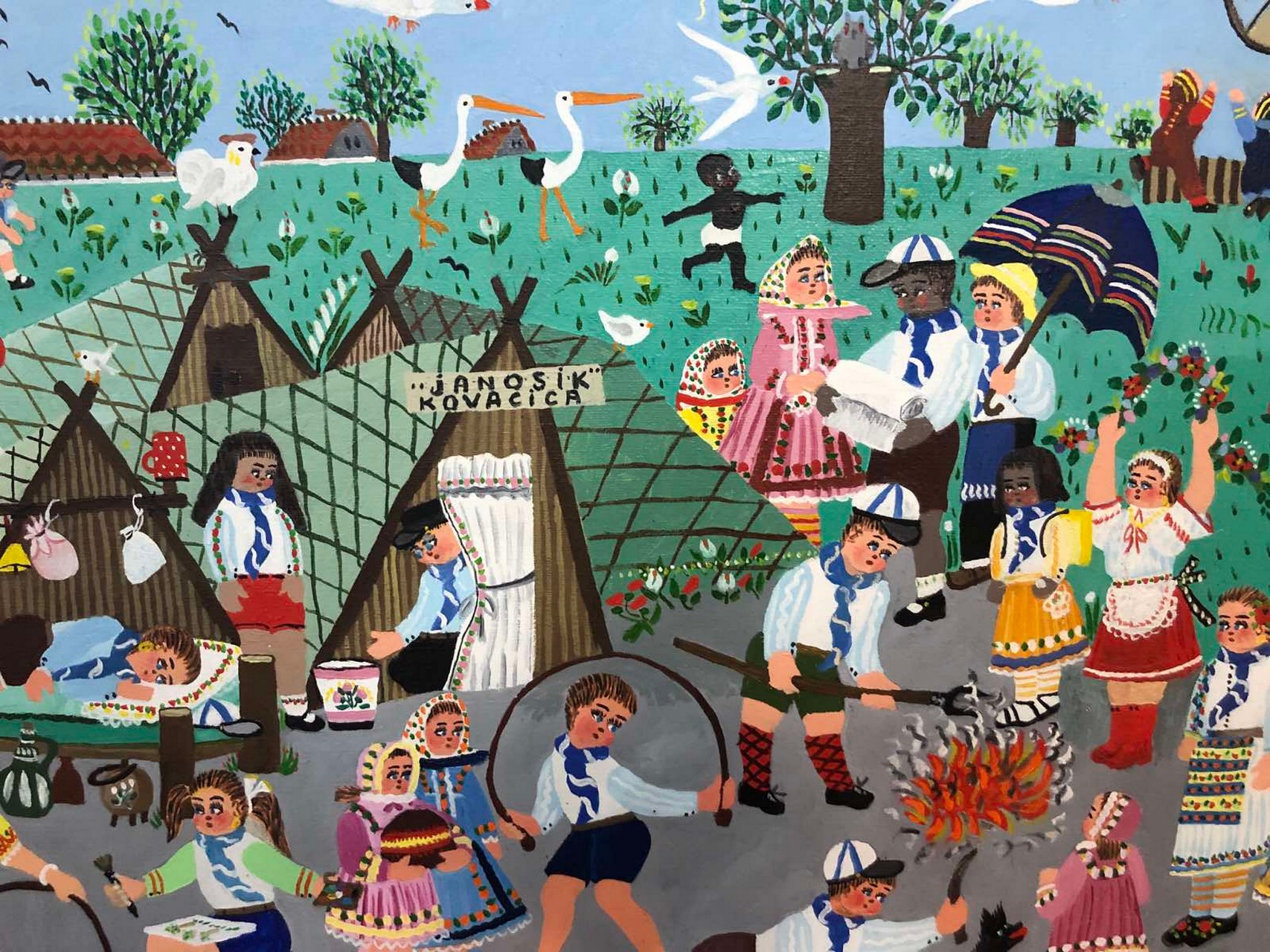 © Goran Gajić
© Goran Gajić
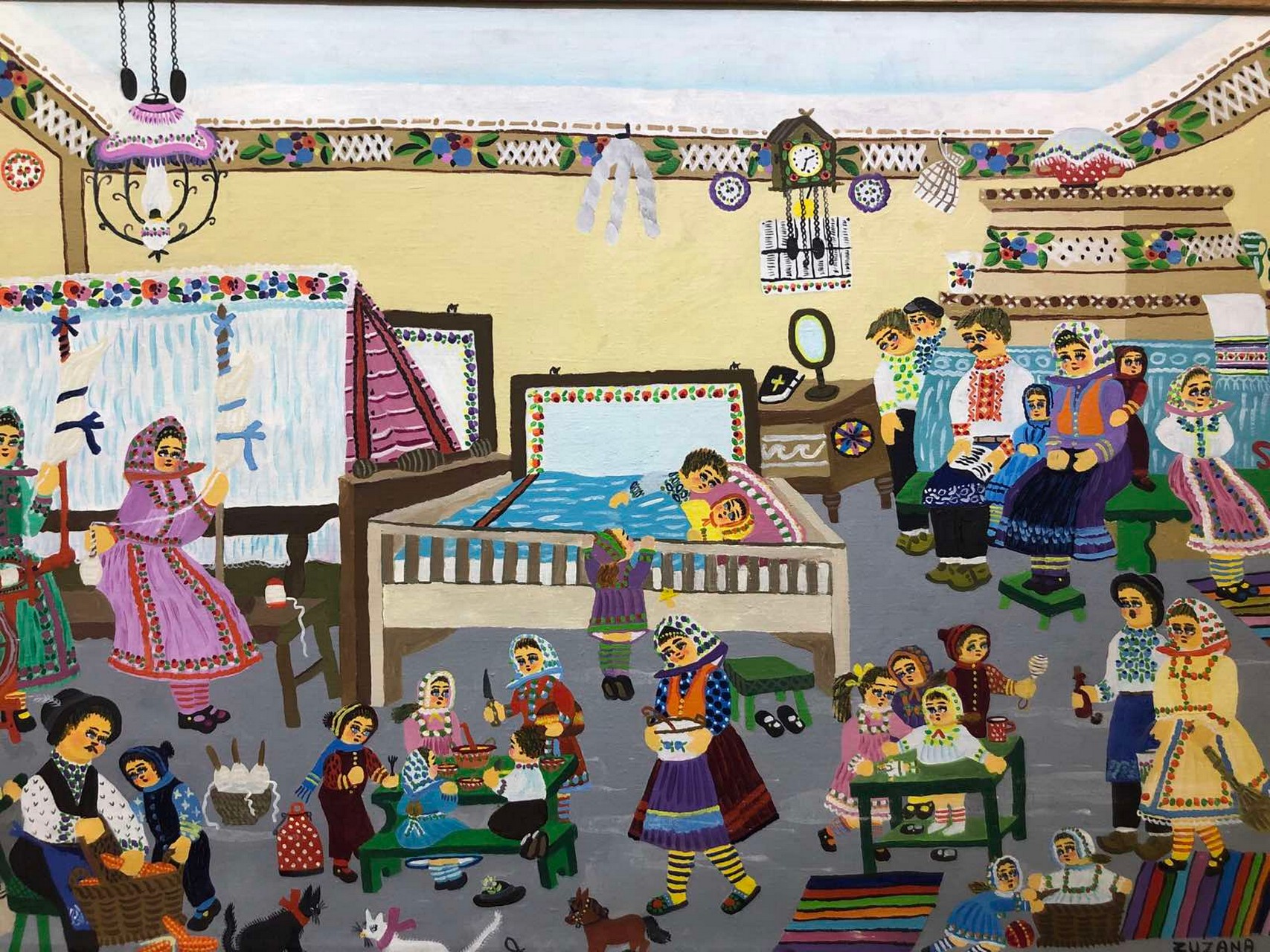 © Goran Gajić
© Goran Gajić
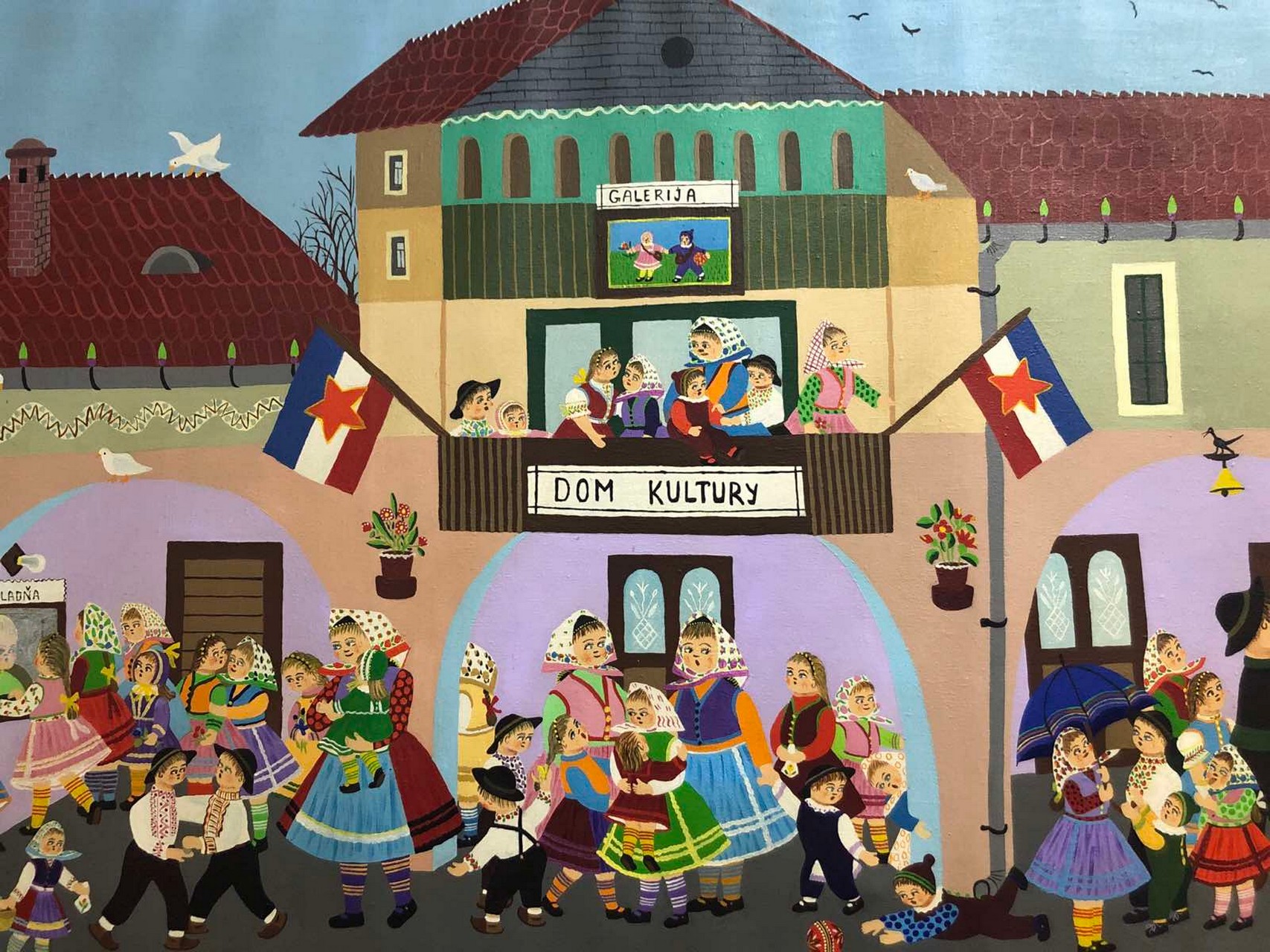 © Goran Gajić
© Goran Gajić
The founders of naive art– Zuzana Halupova
Zuzana Halupova was born in Kovačica in 1925. She finished five grades of elementary school. She painted her first oil painting in 1964, “Hemp Beating”. Her success was meteoric. She started collaborating with the Gallery of Naive Art in Svetozarevo and exhibited for the first time in Kovačica during Kovačica...
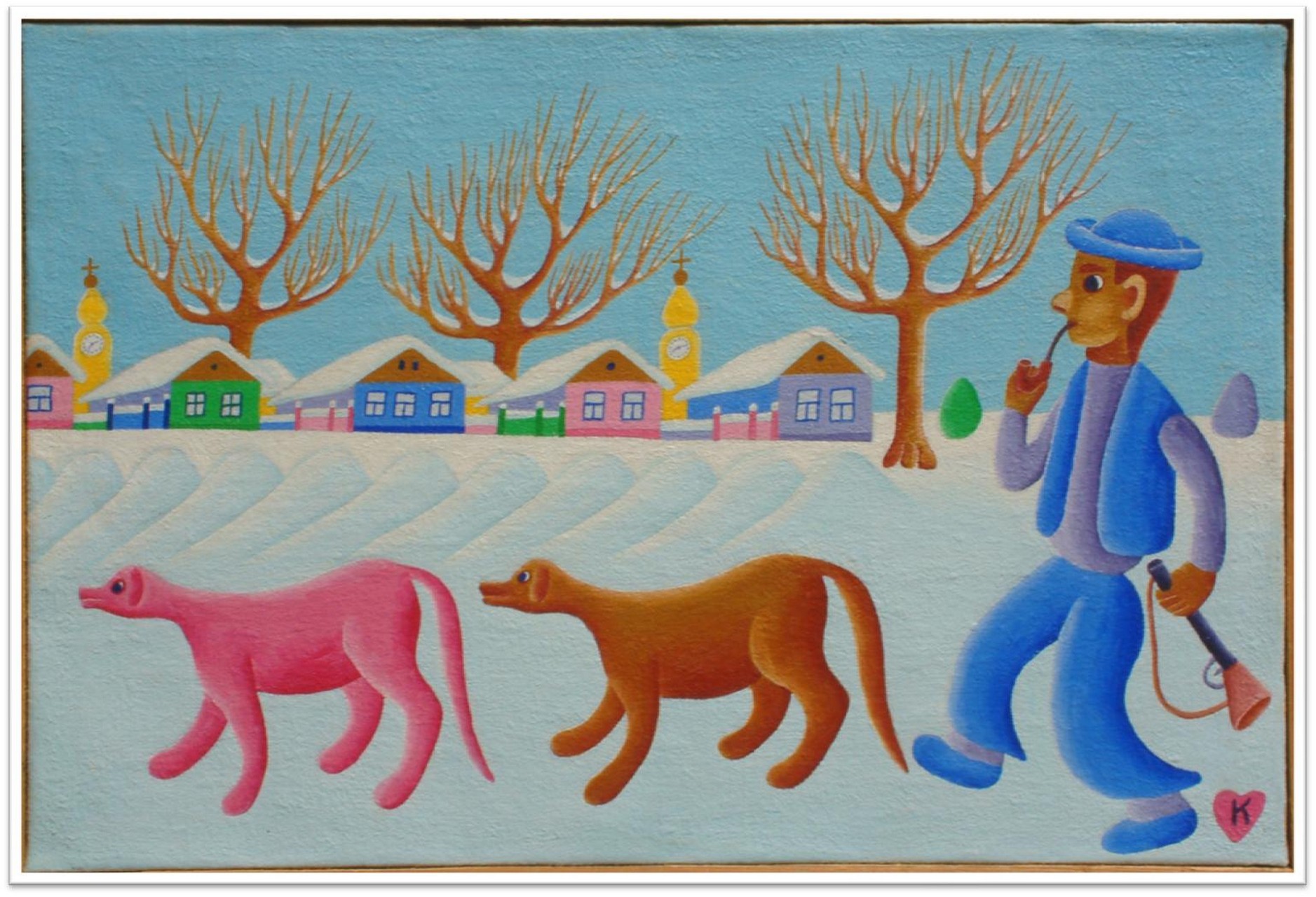 © Galerija naivne umetnosti
© Galerija naivne umetnosti
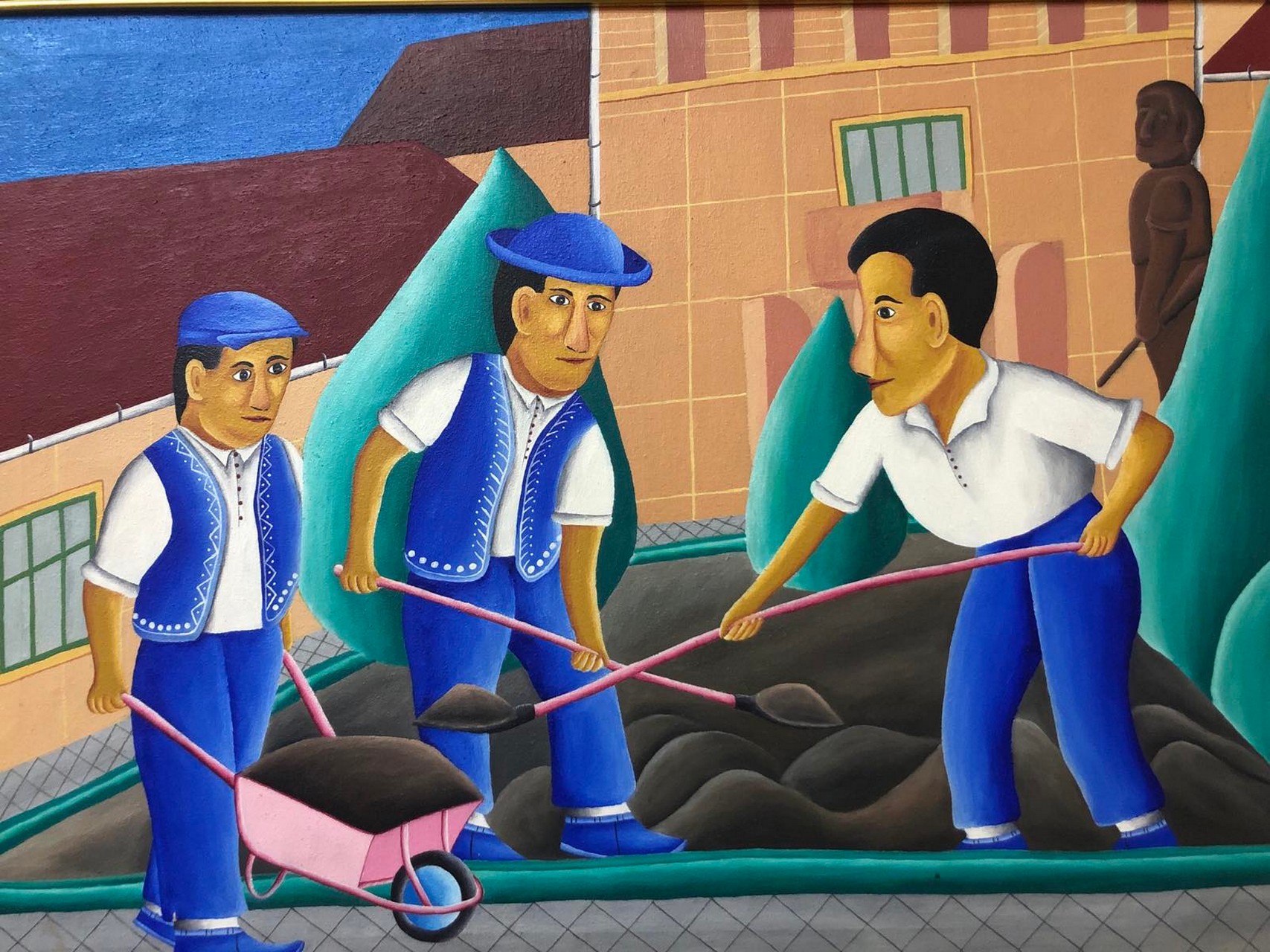 © Goran Gajić
© Goran Gajić
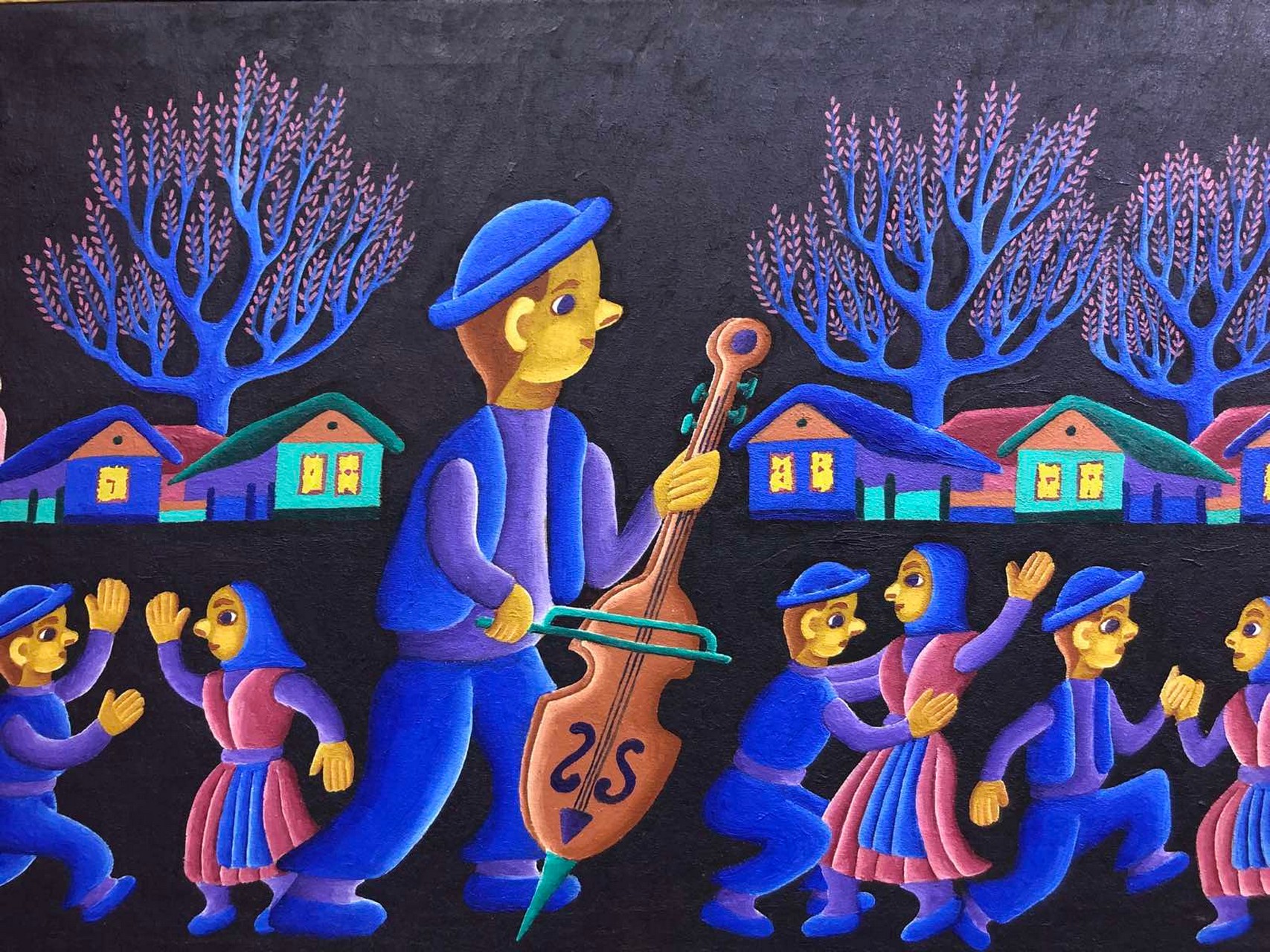 © Goran Gajić
© Goran Gajić
The founders of naive art– Jan Knjazovic
Jan Knjazovic was born on June 18 in 1925, in a farming family in Kovacica. He was the most original and the bravest painter of naive art from Kovačica, who did not hesitate to fully express his rich imagination and to surpass the natural tendency of the naive painter to...
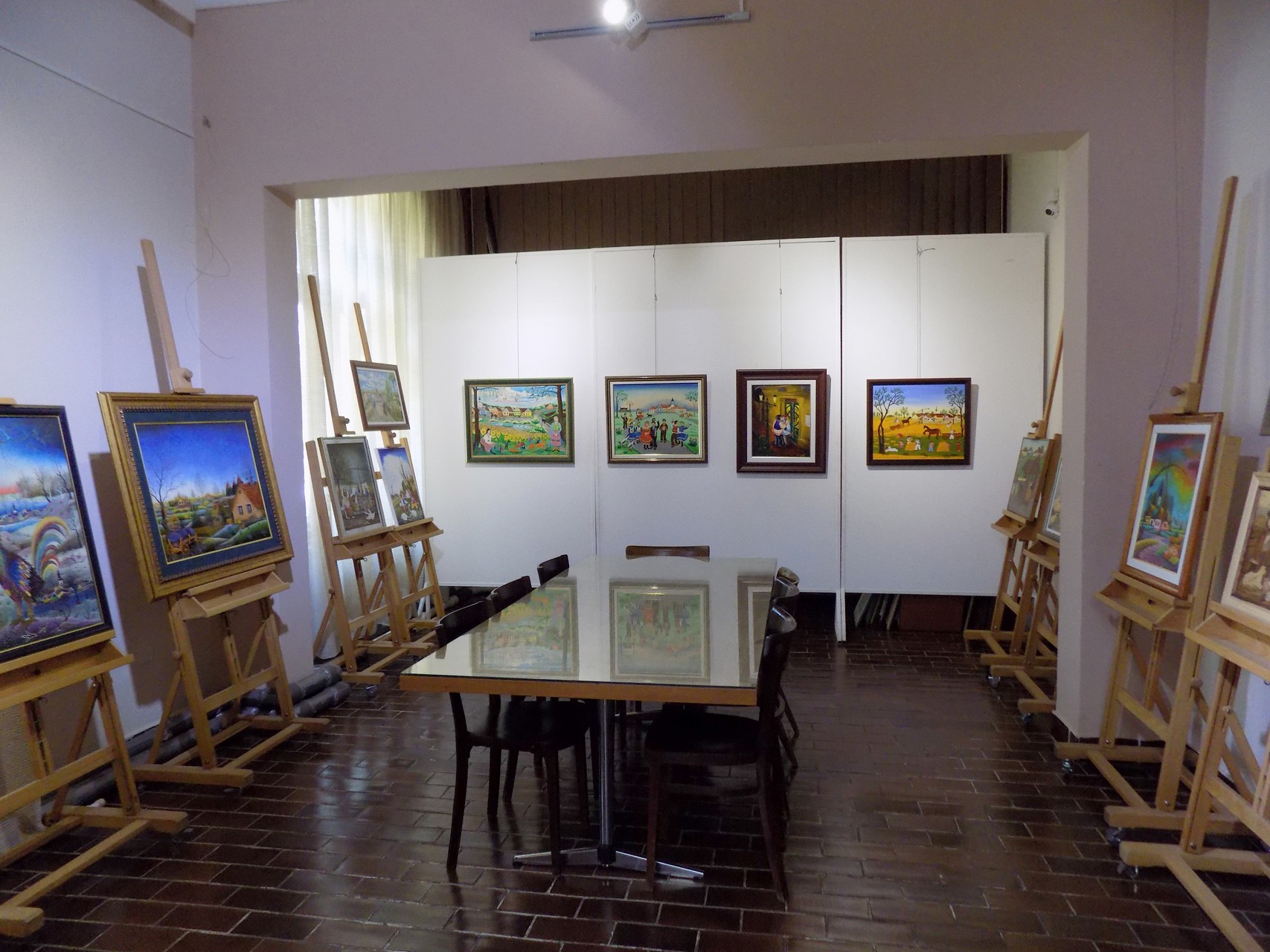 (cc) BuhaM/BY-SA 4.0
(cc) BuhaM/BY-SA 4.0
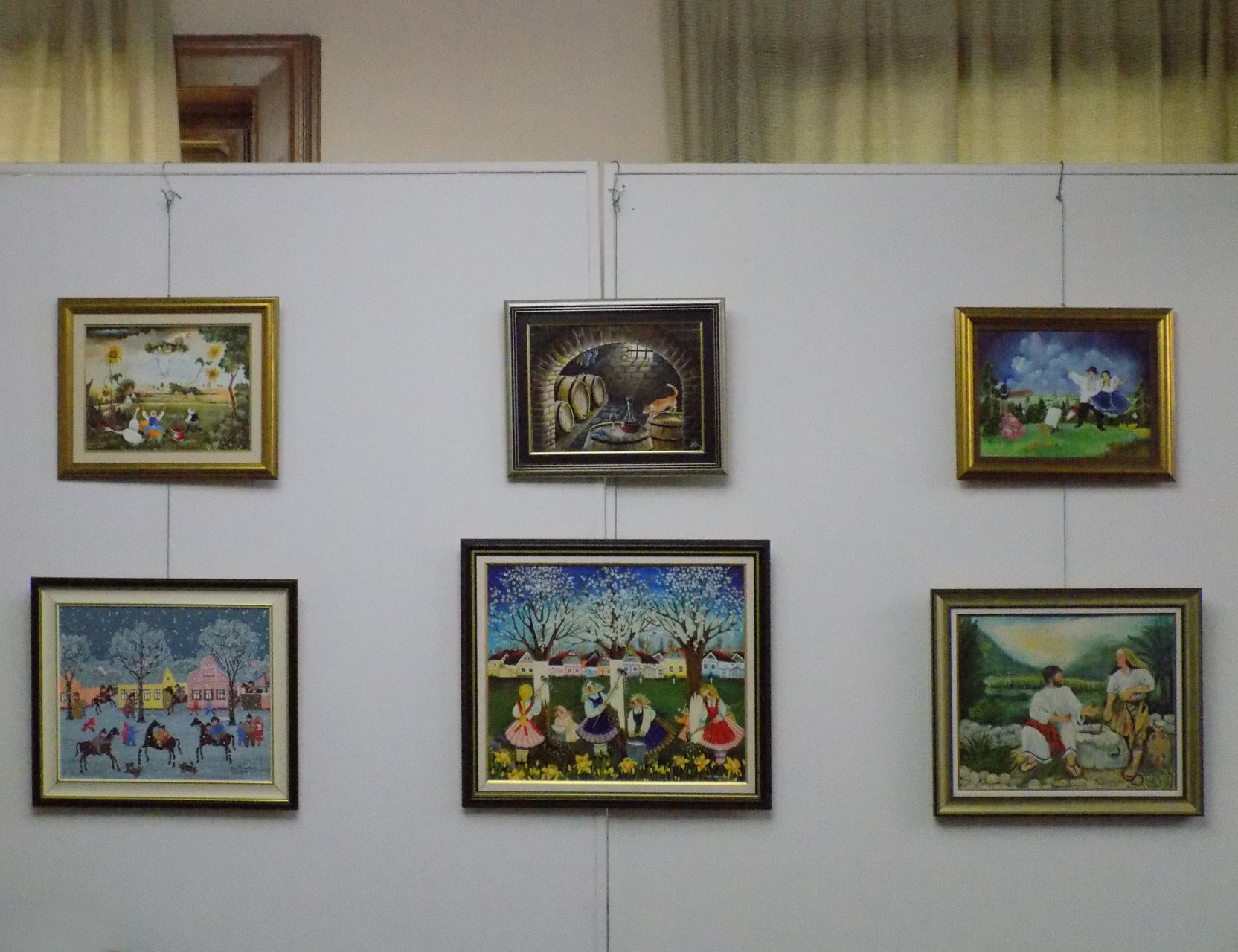 (cc) BuhaM/BY-SA 4.0
(cc) BuhaM/BY-SA 4.0
Contemporary members of the Gallery of Naive Art
Currently, the Gallery of Naive Art has 26 active painters, mainly Slovaks from Kovačica and the neighboring Slovak village of Padina. Behind each of them is many years of experience in the field of naive art, and they are appreciated and recognized both in the country and abroad. Contemporary members...
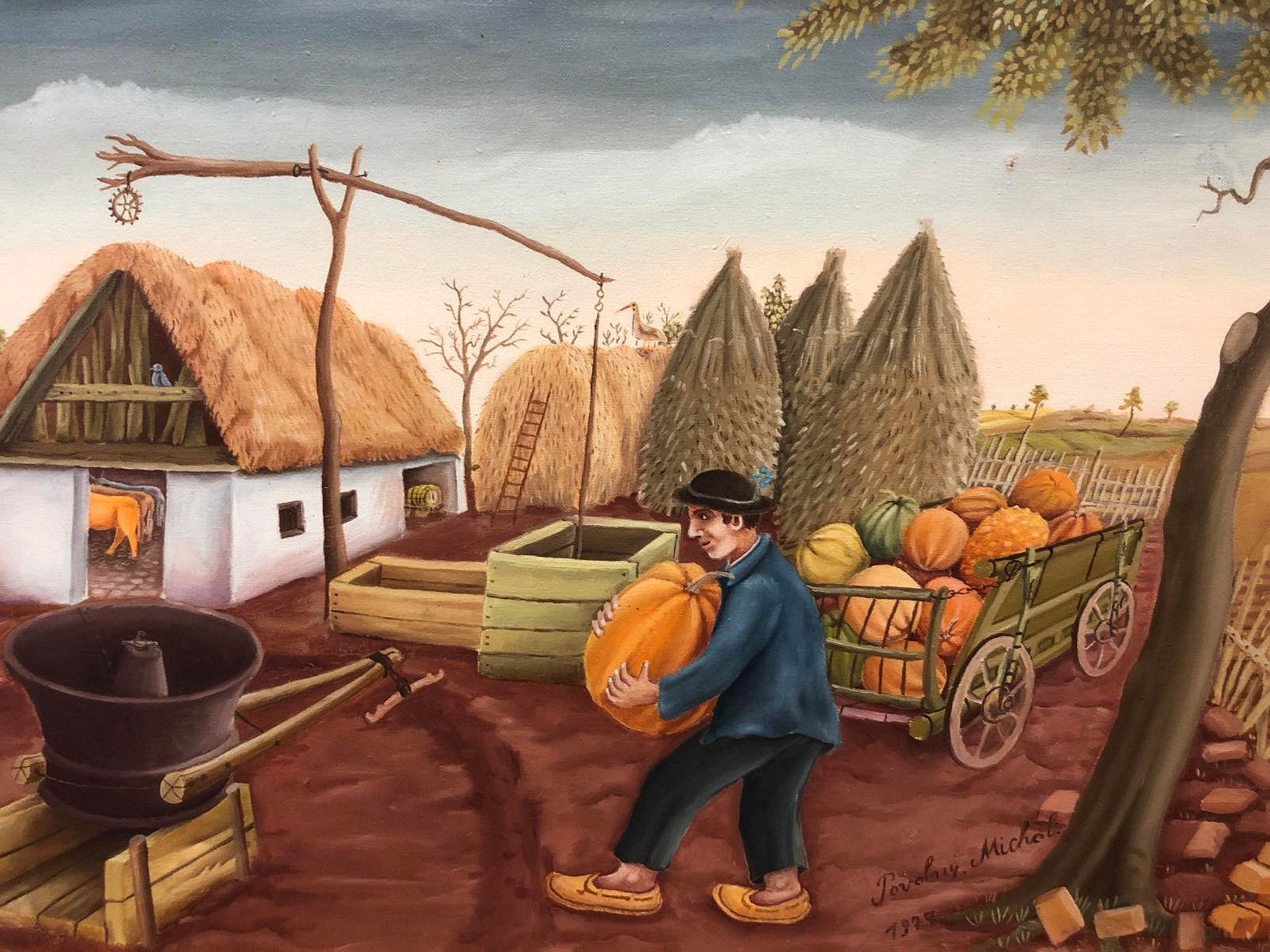 © Goran Gajić
© Goran Gajić
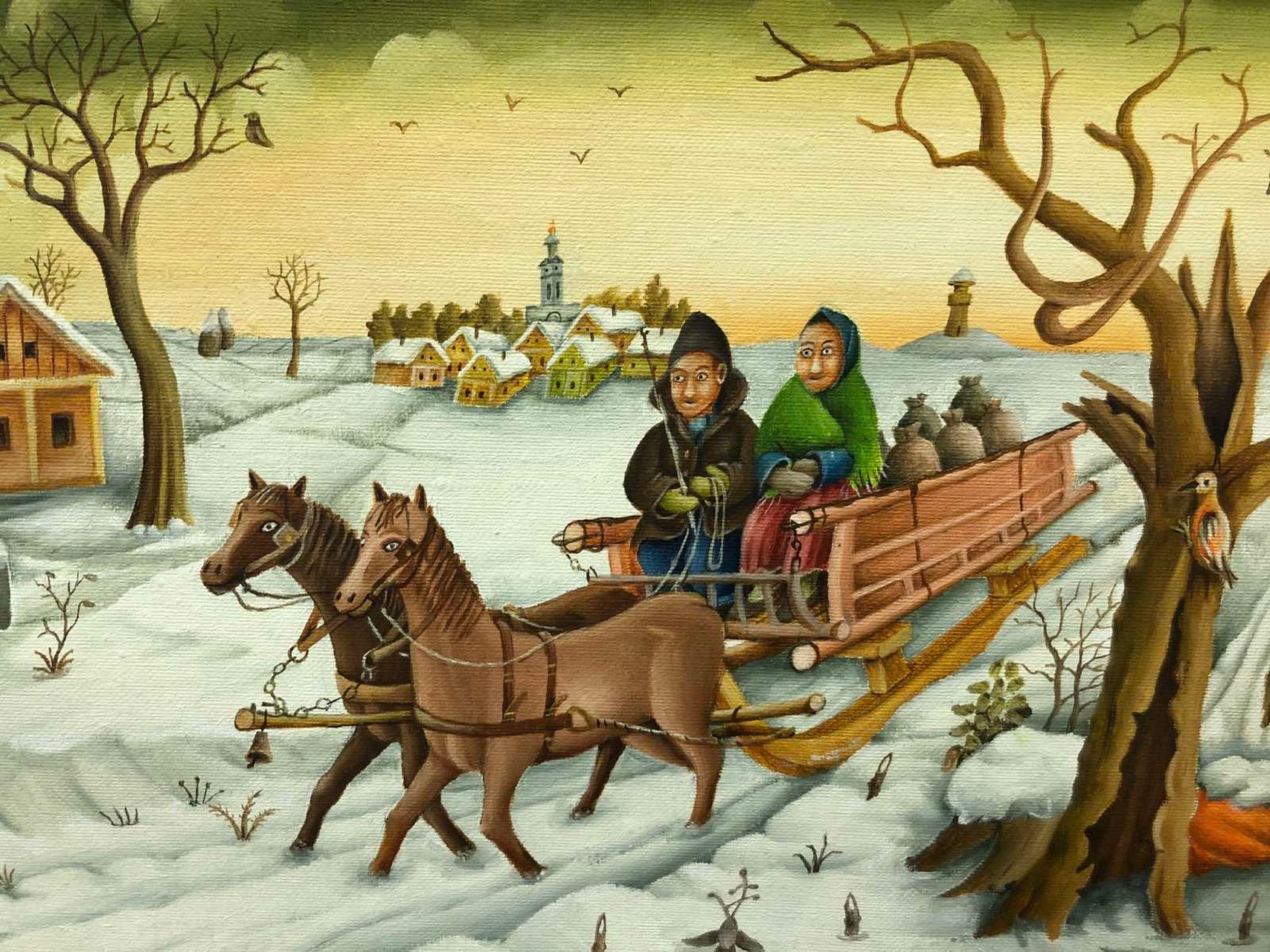 © Goran Gajić
© Goran Gajić
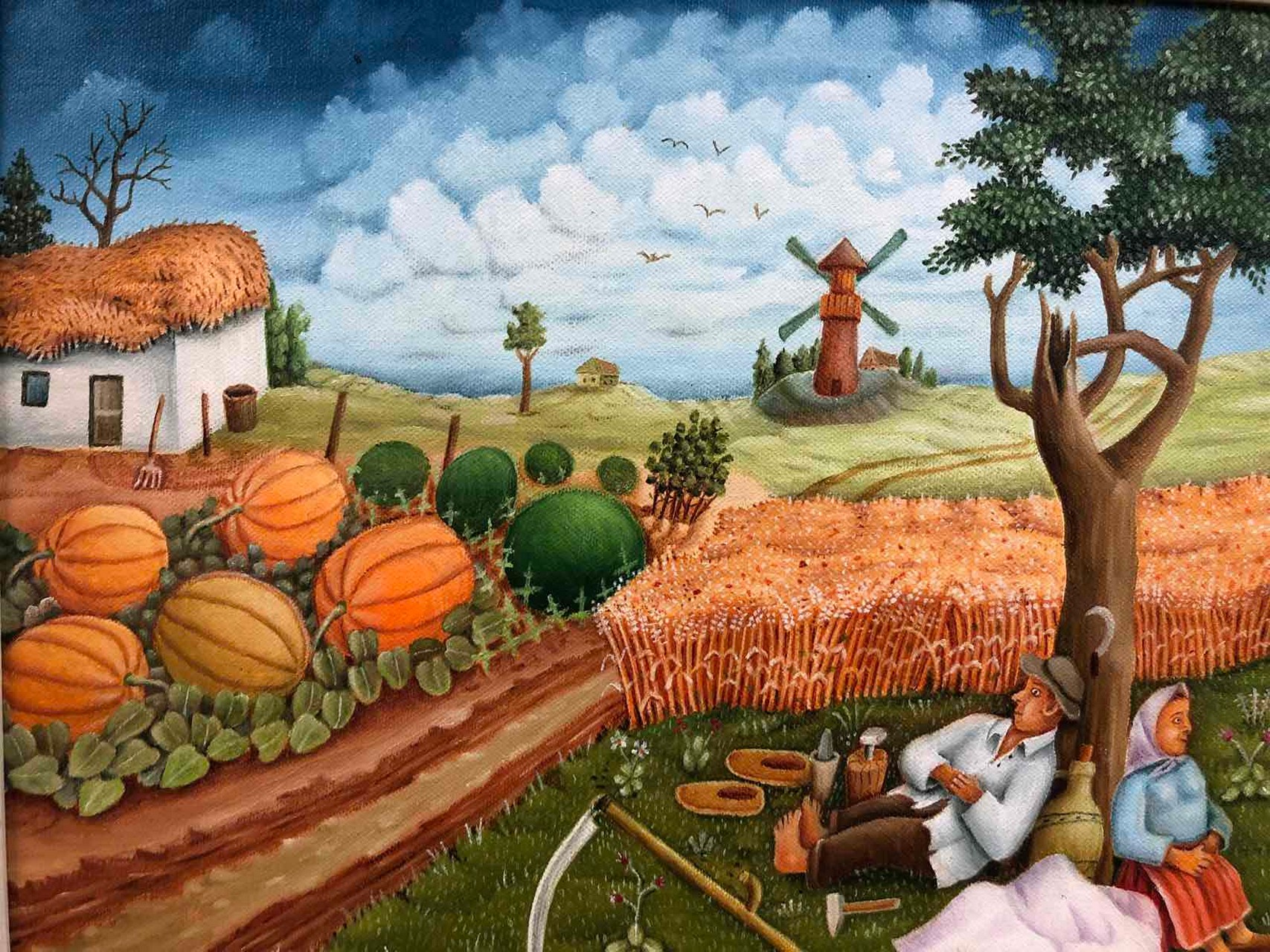 © Goran Gajić
© Goran Gajić
Contemporary members of the Gallery – Mihal Povolni
Mihal Povolni was born in 1935 in Padina. He completed five grades of the primary school in Padina. He is a farmer and lives and works in Padina. Povolni is a member of the Gallery of Naïve Art since 1971. Technique: oil on canvas, drawings. Themes and motifs: genre art,...
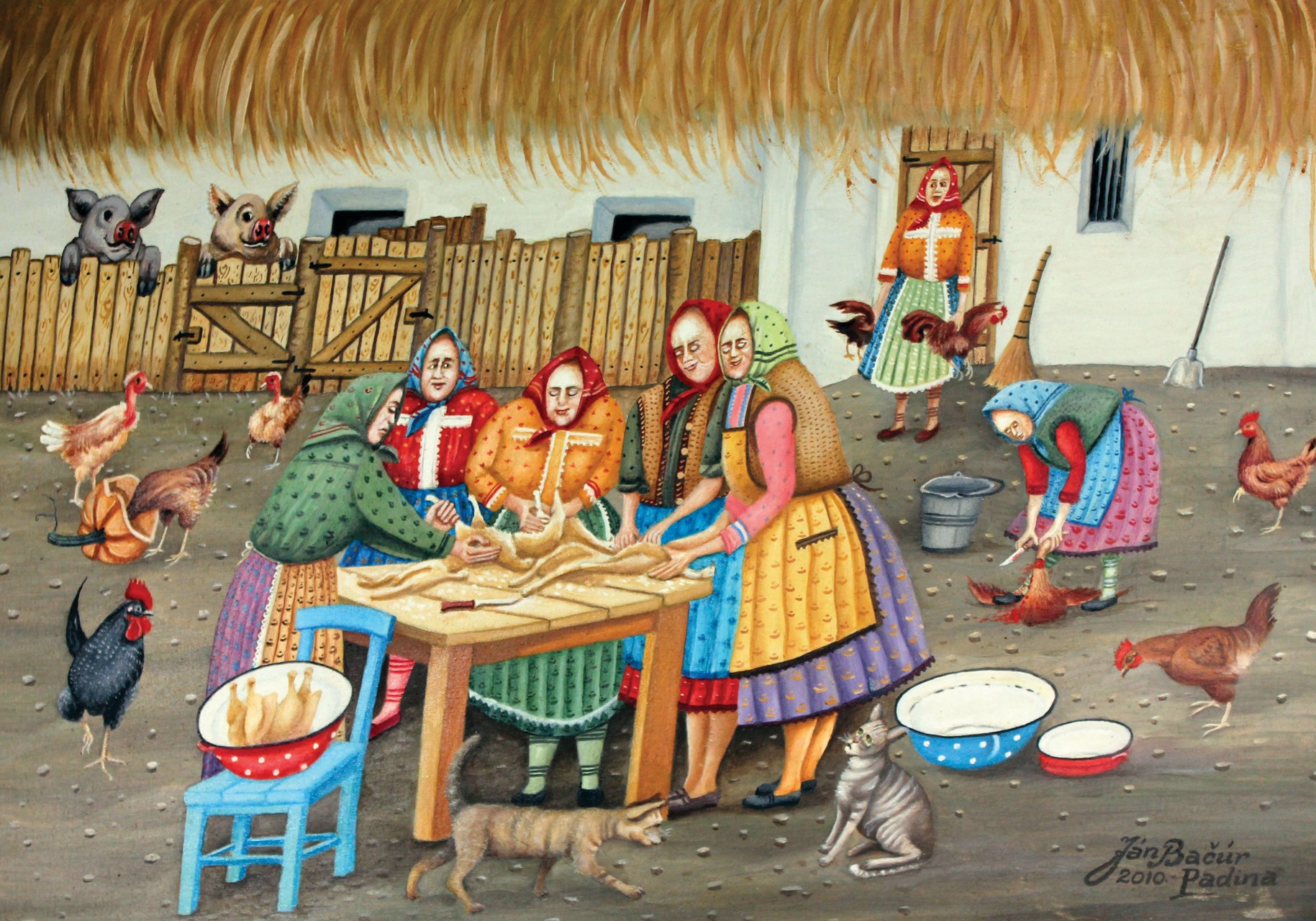 © Galerija naivne umetnosti
© Galerija naivne umetnosti
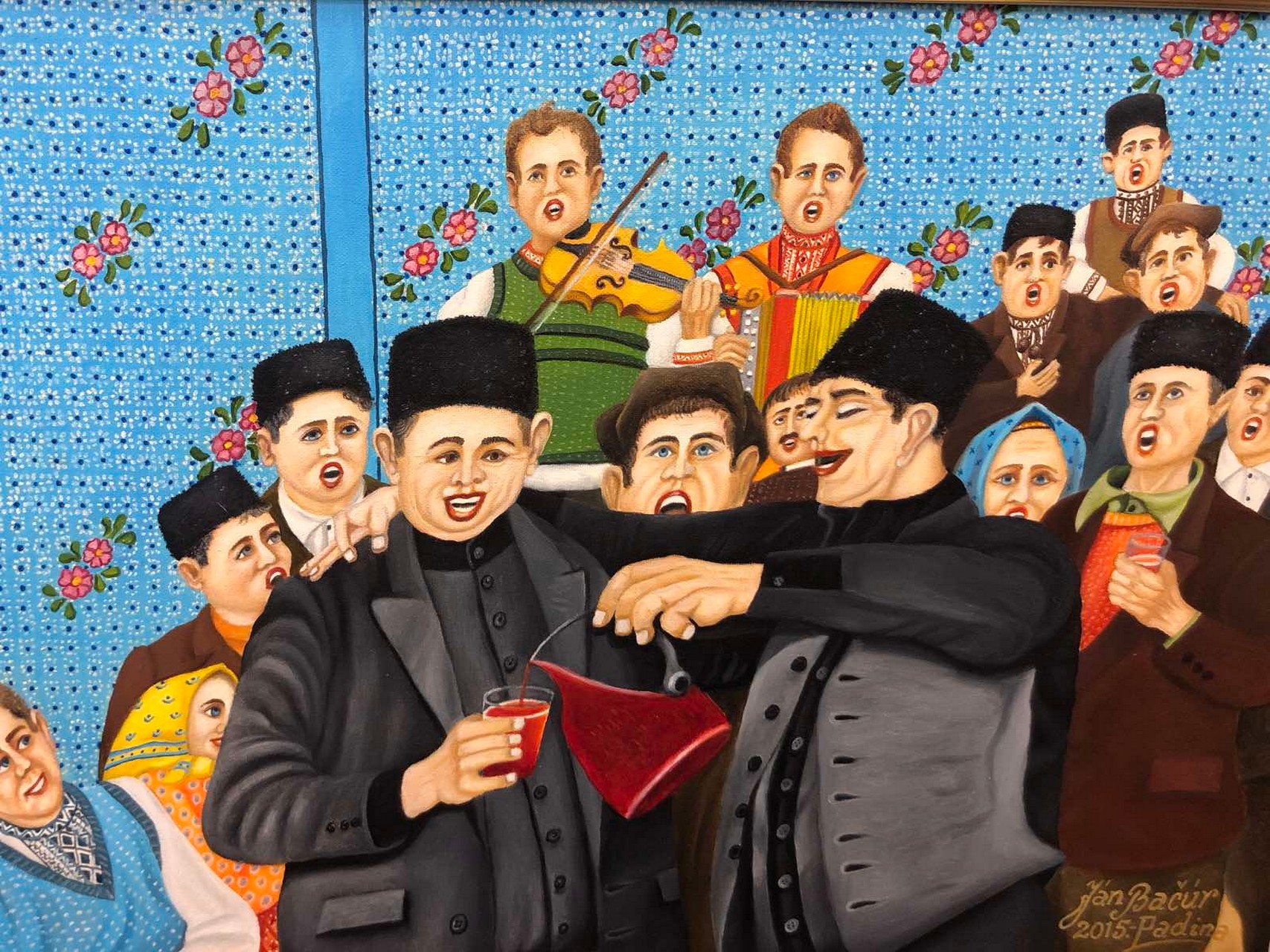 © Goran Gajić
© Goran Gajić
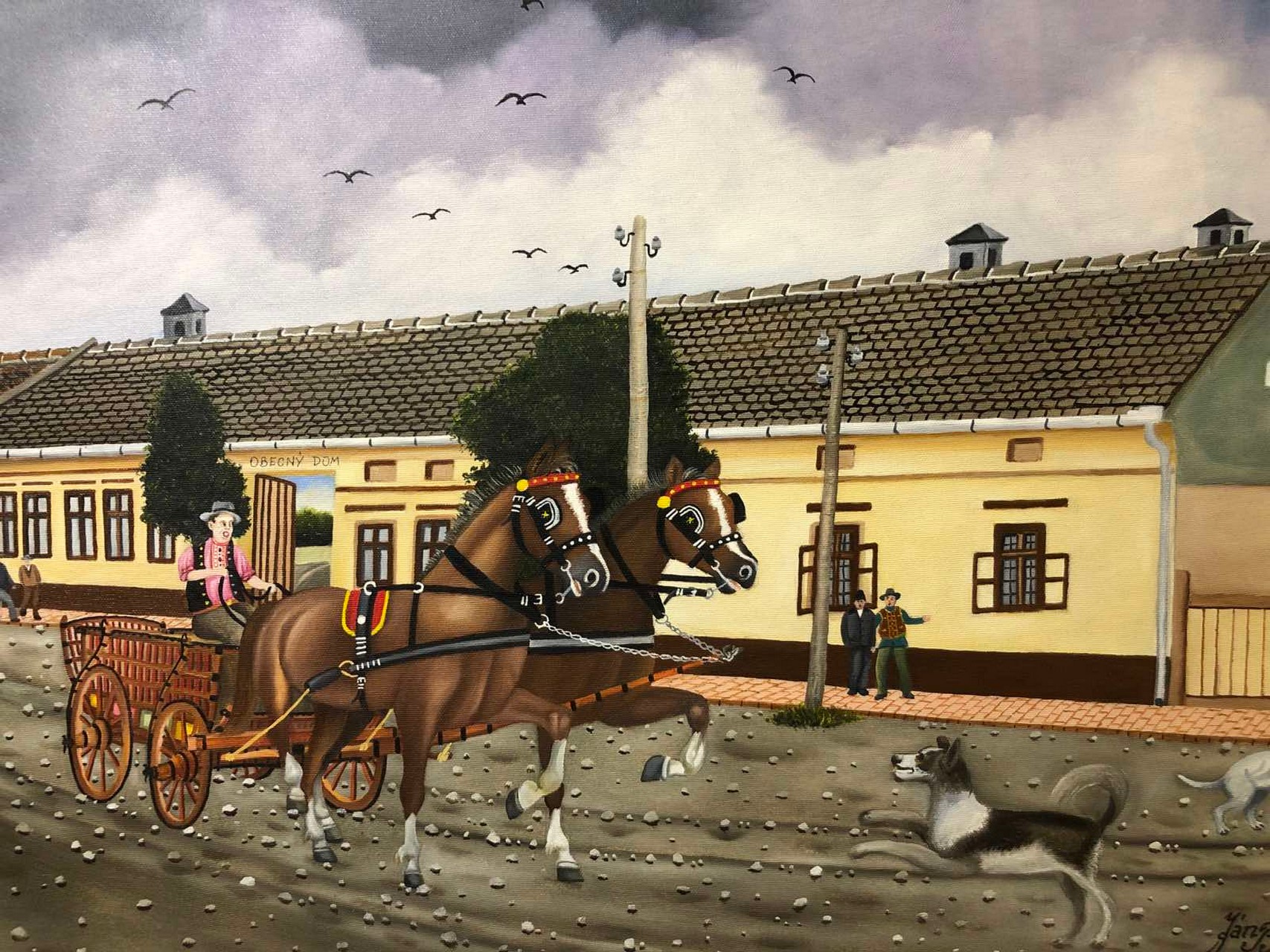 © Goran Gajić
© Goran Gajić
Contemporary members of the Gallery – Jan Bačur
Jan Bačur was born in 1937 in Padina. He completed four grades of primary school in Padina, and then another four in Kovačica. He then graduated from a technical school for administration in Belgrade. Before he retired, he worked as a civil servant. Bačur lives and works in Padina and...
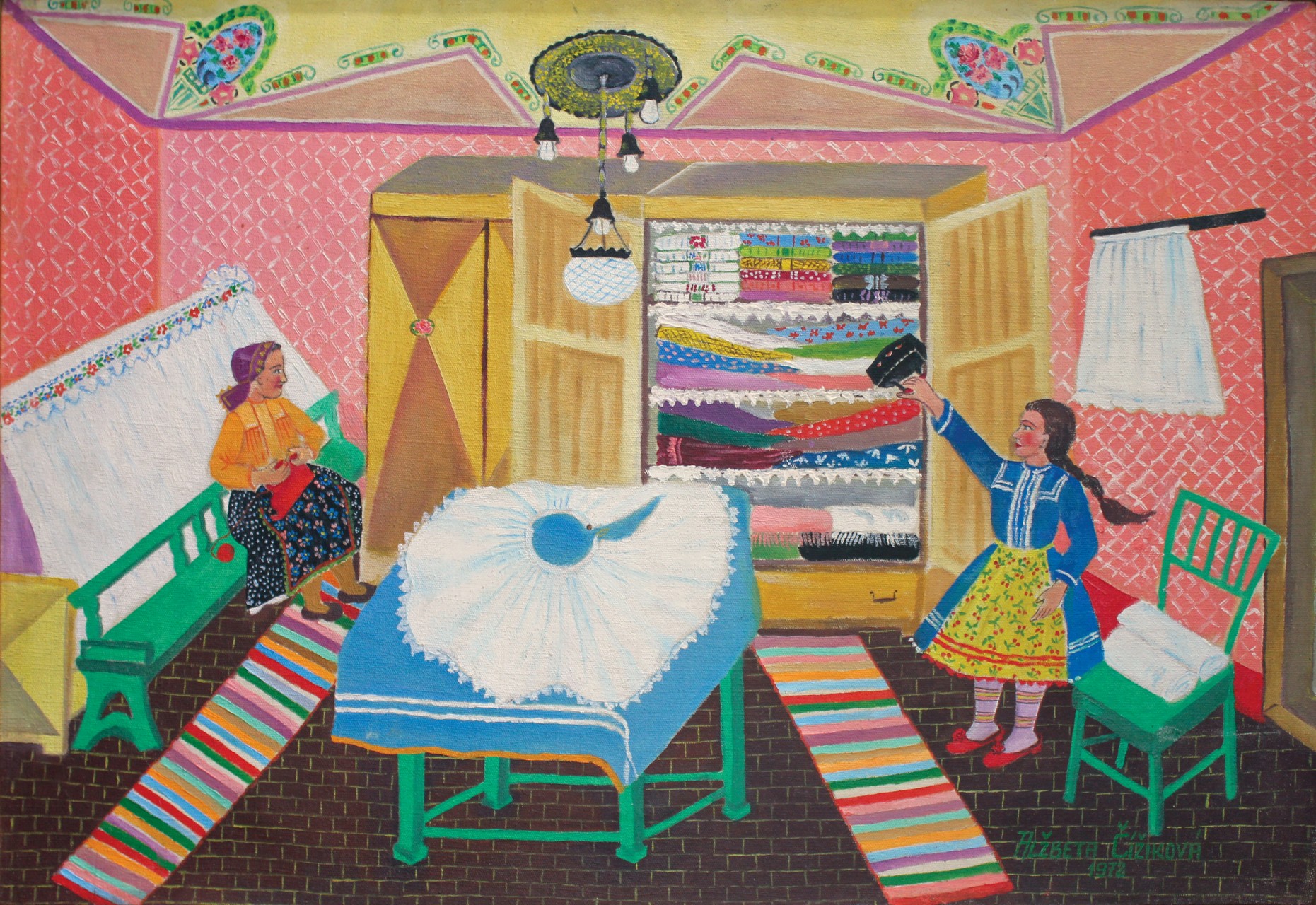 © Galerija naivne umetnosti
© Galerija naivne umetnosti
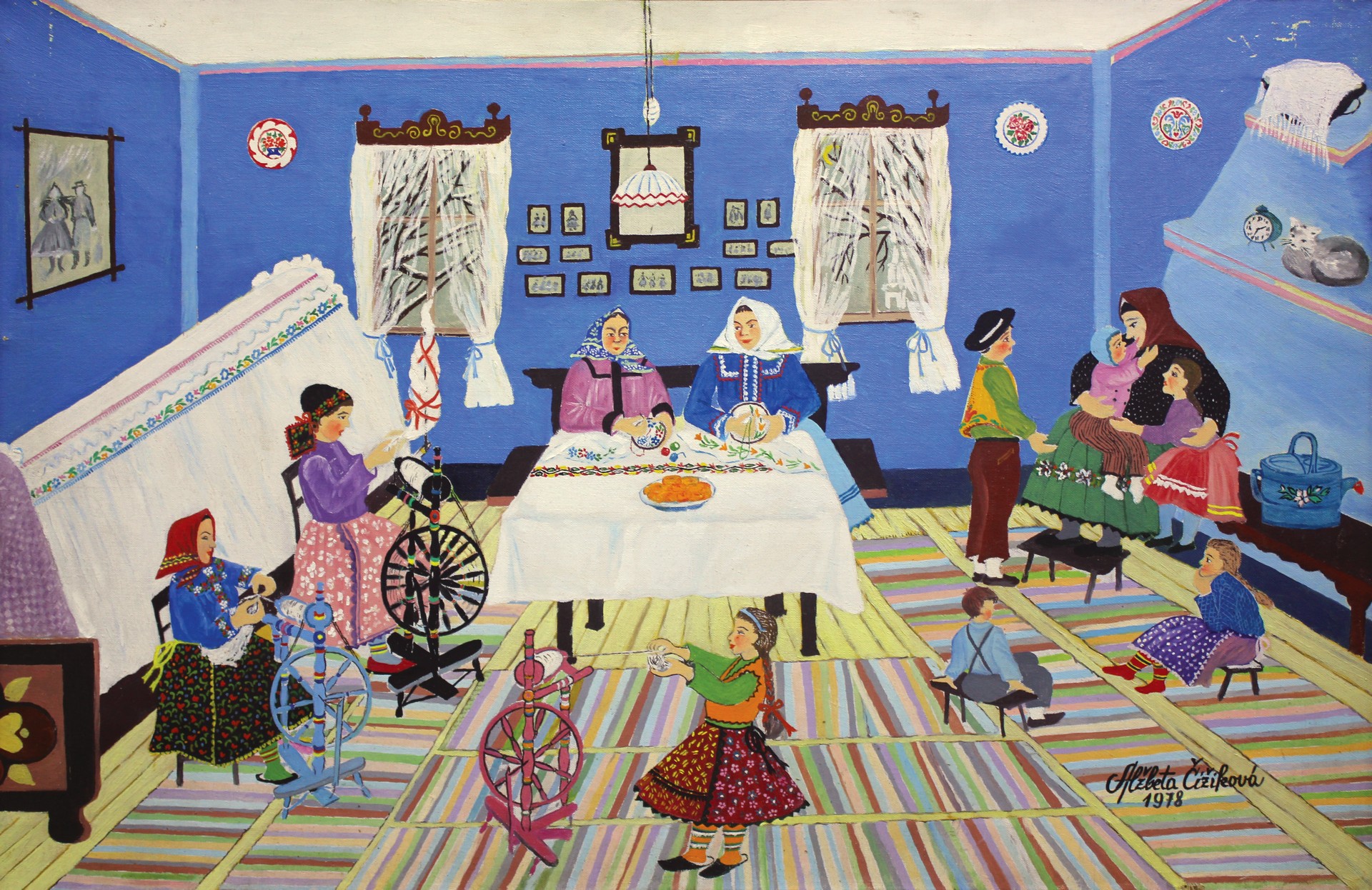 © Galerija naivne umetnosti
© Galerija naivne umetnosti
Contemporary members of the Gallery – Alžbeta Čižikova
Alžbeta Čižikova was born in 1936 in Kovačica. She completed her primary education in Kovačica, and graduated from a technical high school for administration in Pančevo. Before she retired, she worked as a civil servant. She lives and works in Kovačica. Alžbeta Čižikova is a member of the Gallery of...
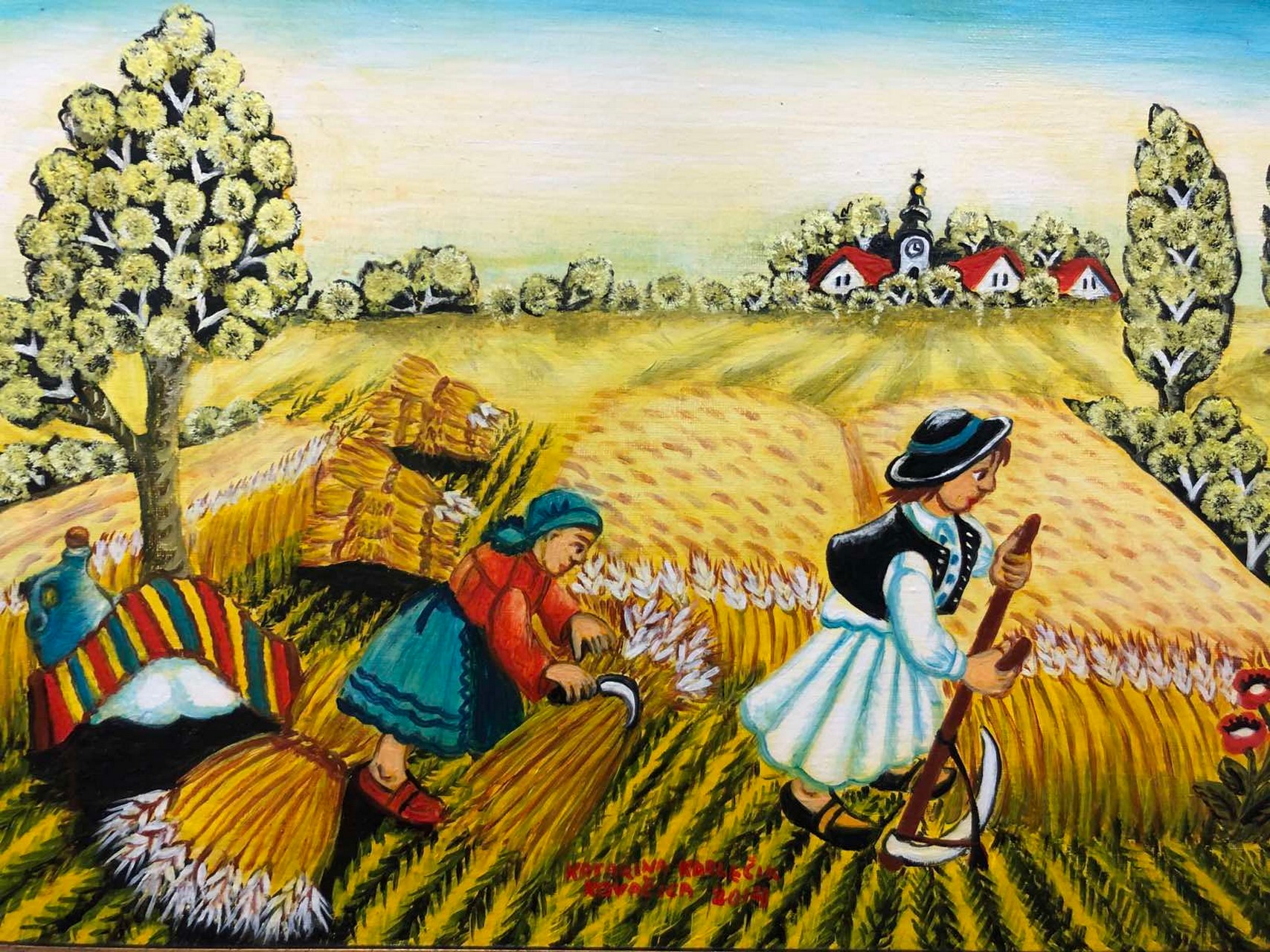 © Goran Gajić
© Goran Gajić
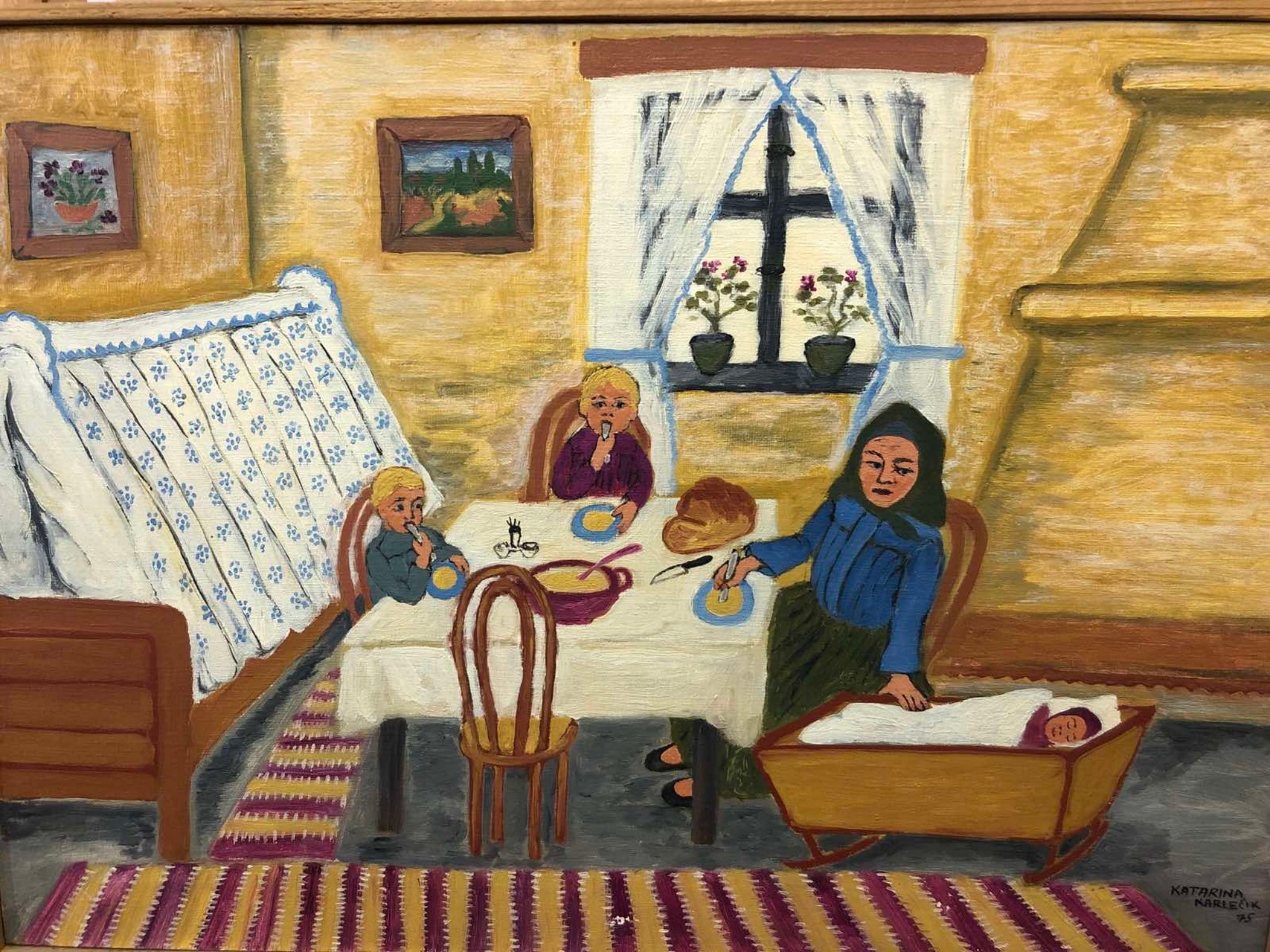 © Goran Gajić
© Goran Gajić
 © Goran Gajić
© Goran Gajić
Contemporary members of the Gallery – Katarina Karlečikova
Katarina Karlečikova was born in 1937 in Kovačica. She completed six grades of primary school in Kovačica, and then two more in Belgrade. She graduated from a high school for economy in Belgrade. She was a civil servant before she retired. Today, she lives and works in Kovačica. Karlečikova is...
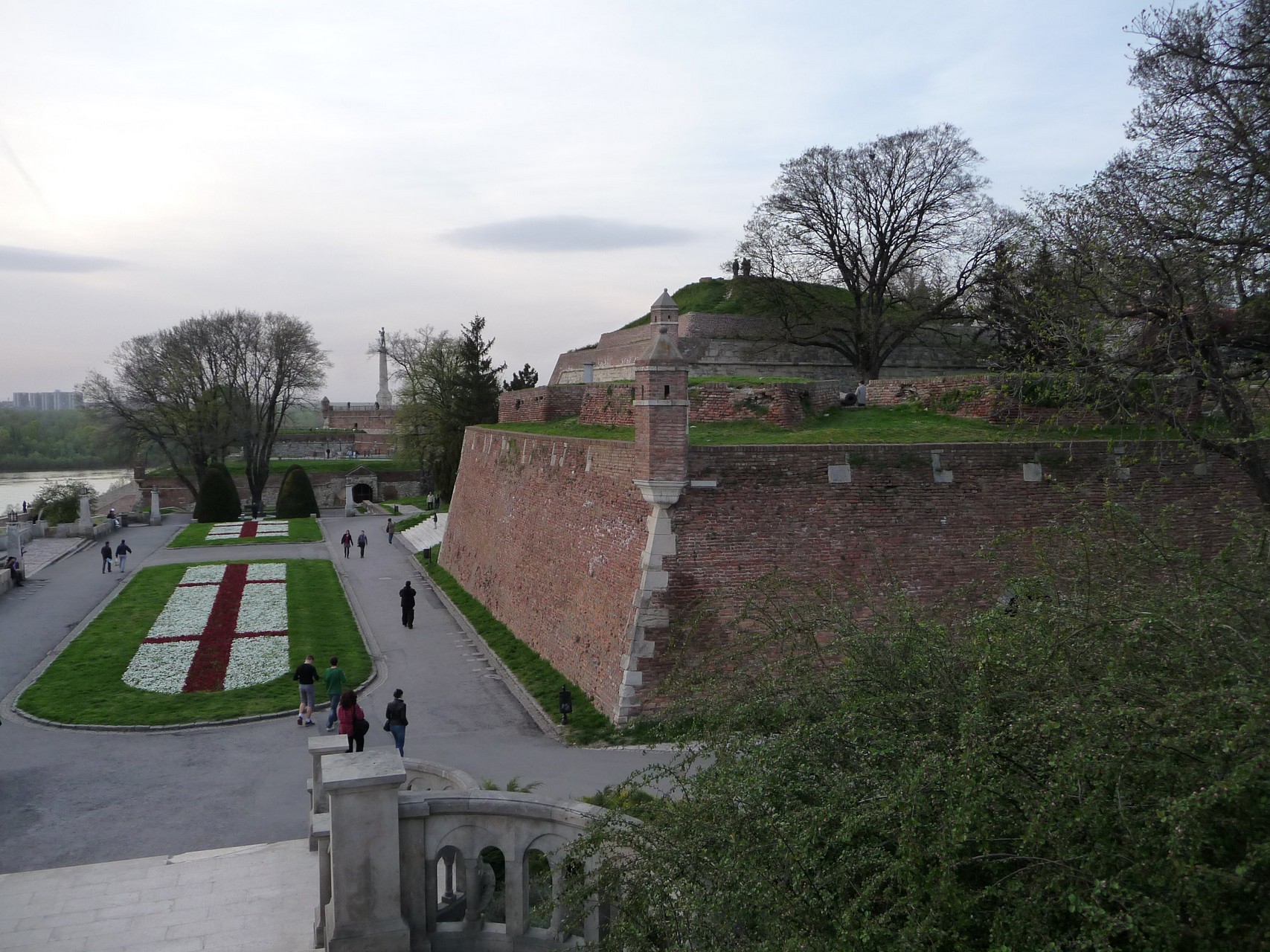 (cc) Matt Zimmerman/CC BY 2.0
(cc) Matt Zimmerman/CC BY 2.0
Kalemegdan – Park & Fortress
Kalemegdan Park is the largest park in Belgrade, and at the same time, the most important cultural and historical complex in the city. The park is dominated by the Belgrade Fortress on the confluence of the Sava and the Danube rivers. Kalemegdan complex includes buildings, archeological sites and historical monuments...
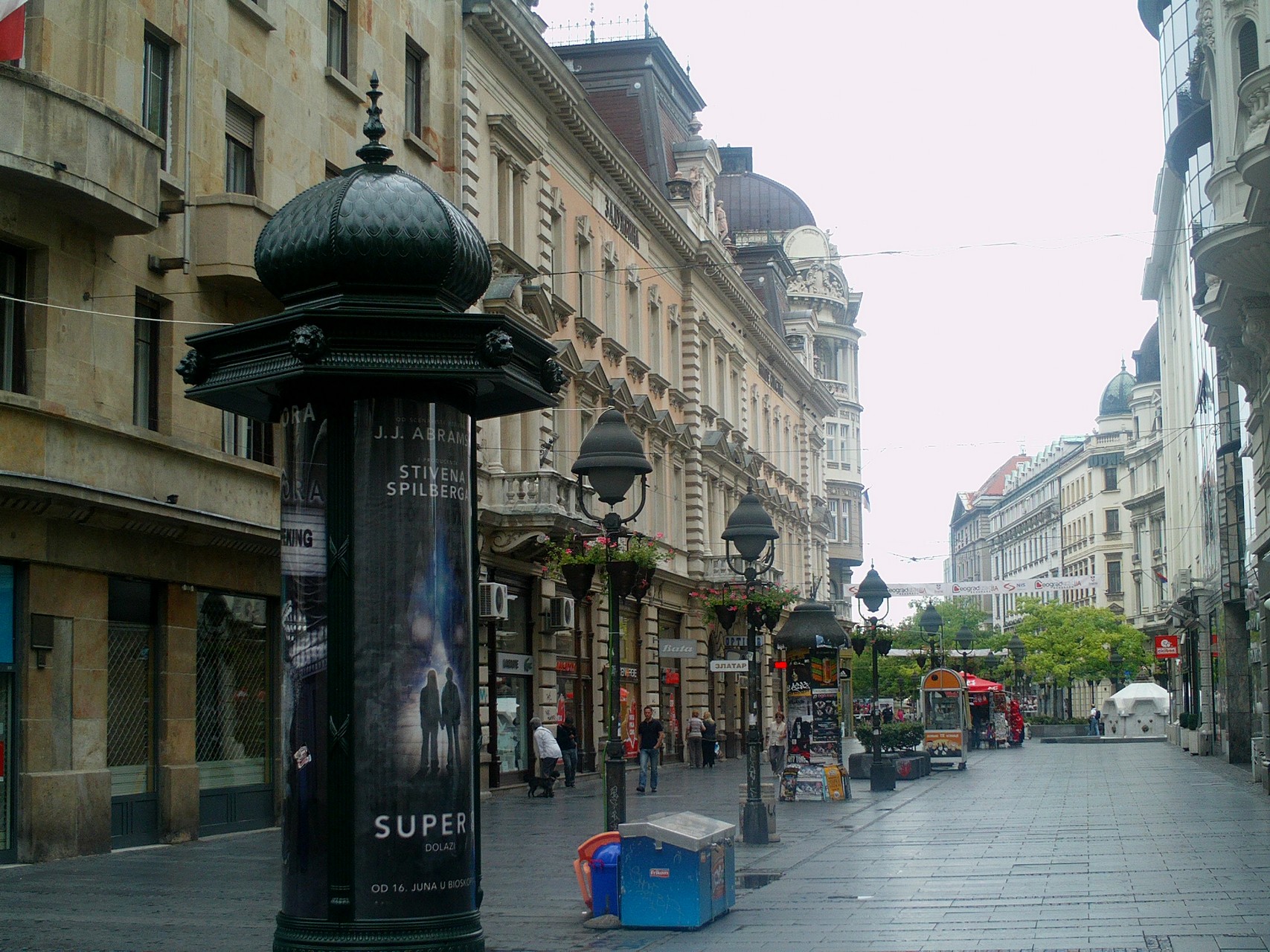 (cc) NinoBeg/CC BY-SA 3.0
(cc) NinoBeg/CC BY-SA 3.0
Knez Mihailova Street
Knez Mihailova Street is the main pedestrian zone in the city. It is protected by law as one of the oldest and most valuable landmarks in the city. It features a number of representative buildings and civic houses built in the second half of the 19th century. The street is...
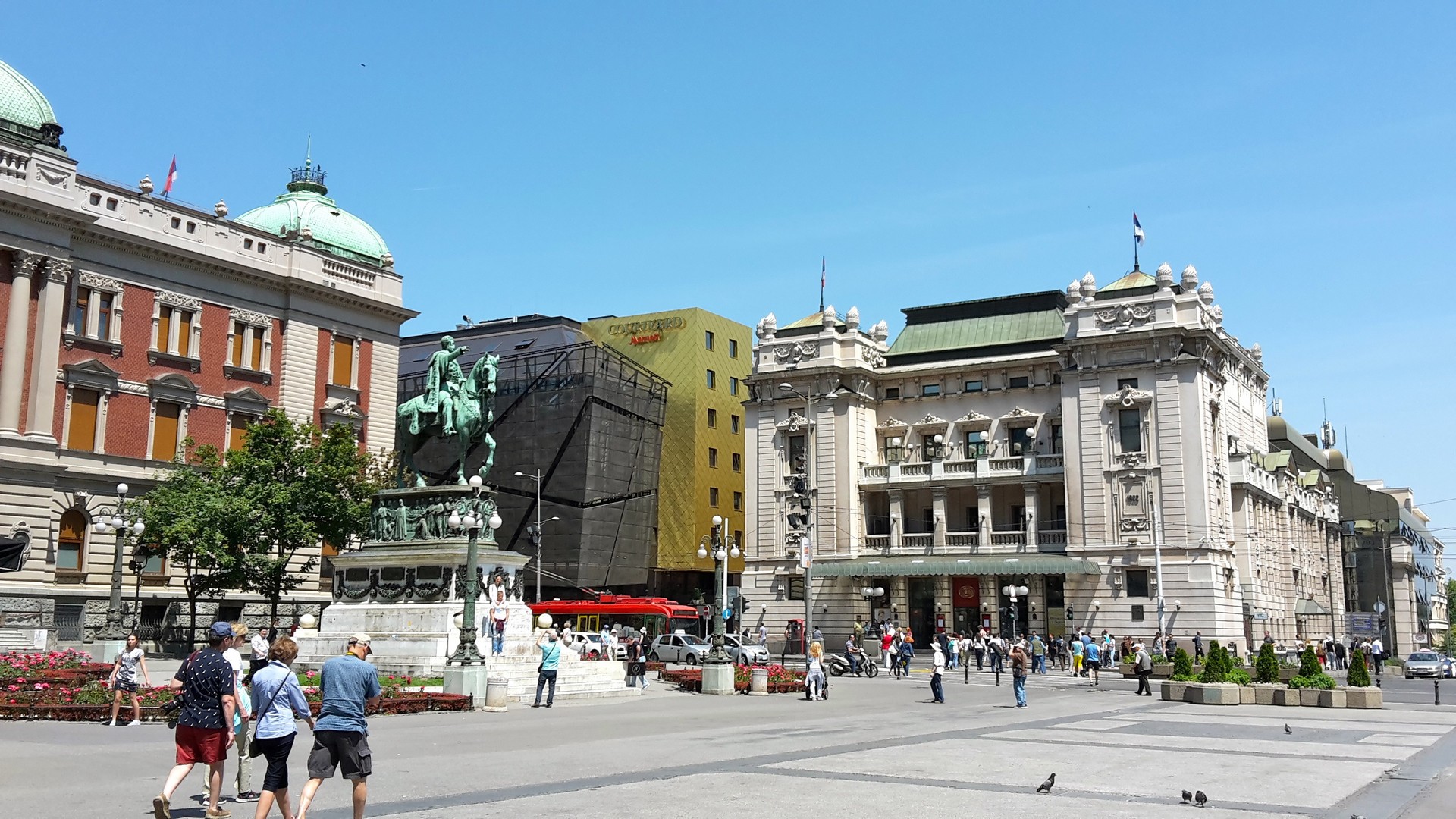 (cc) Eric Cleves Kristensen/CC BY 2.0
(cc) Eric Cleves Kristensen/CC BY 2.0
The Republic Square
The Republic Square is one of the central city squares. It used to be called Pozorišni Trg (“Theatre square”). The square as it is today was formed after the demolition of the Stambol Gate in 1866 and the construction of the National Theater building three years later. The Stambol Gate,...
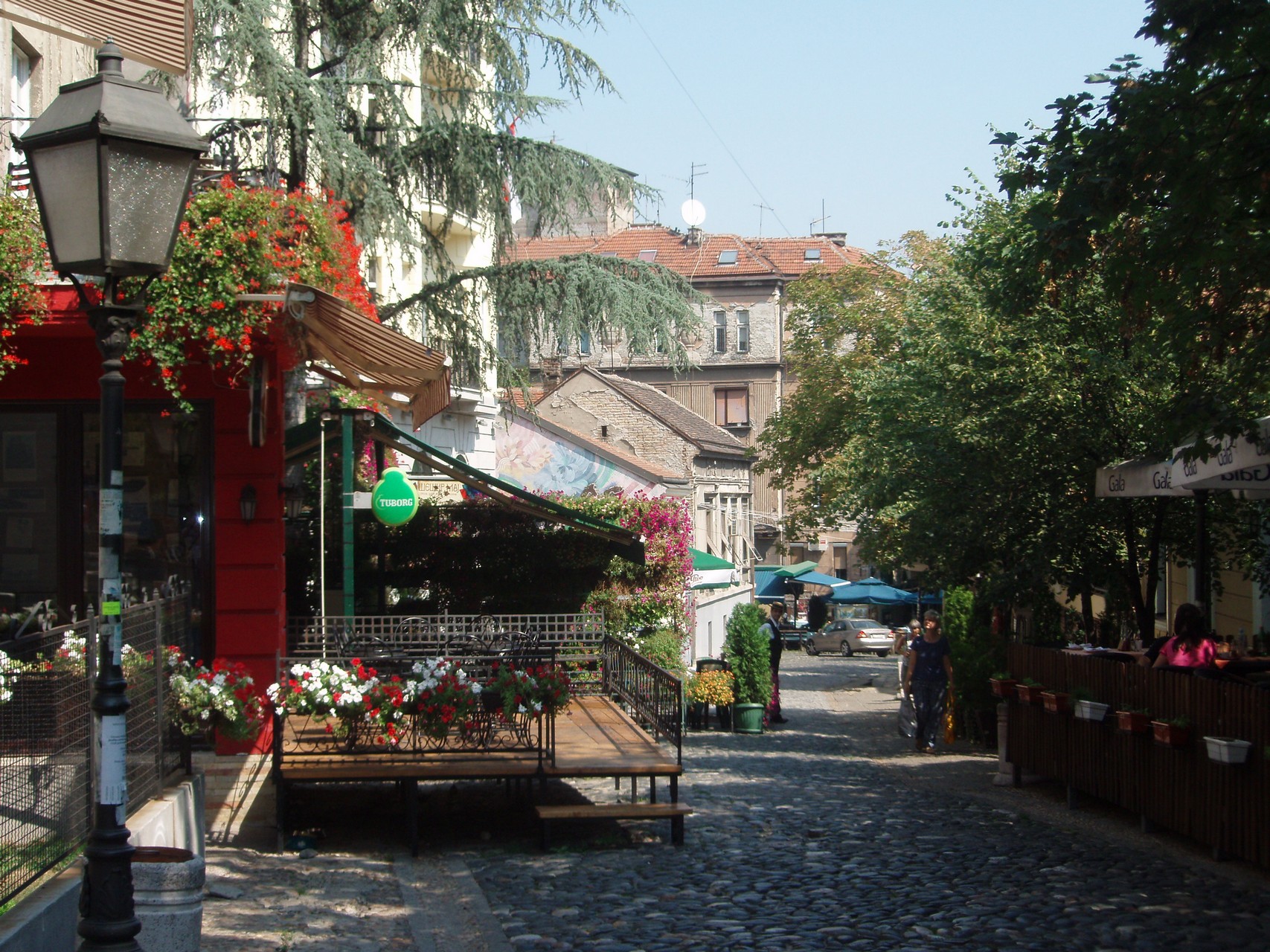 (cc) Mister No/CC BY 3.0
(cc) Mister No/CC BY 3.0
Skadarlija
Skadarlija is a bohemian quarter, a favorite tourist spot and a place where you can feel the spirit of old Belgrade. Skadarska Street, after which the whole surrounding area is named, is about 500 meters long and located in the very center of the city. Due to the proximity of...
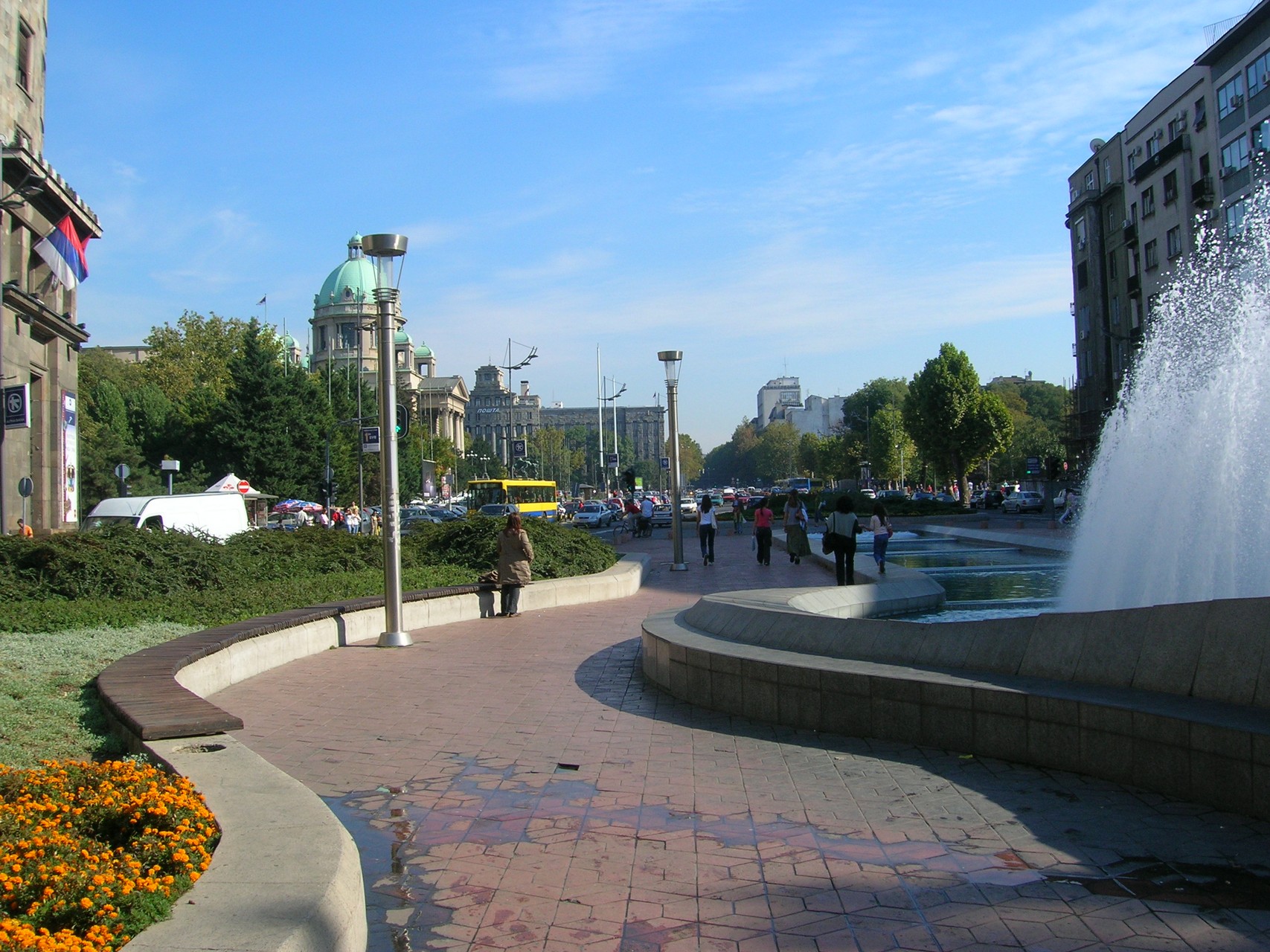 (cc) Damien Smith/CC BY-SA 2.0
(cc) Damien Smith/CC BY-SA 2.0
Nikola Pašić Square
The Nikola Pašić Square, one of the central town squares, was created in 1953, when a representative fountain was built at the centre of it. It is named after Nikola Pašić, one of the most eminent Serbian politicians from the end of the 19th and the beginning of the 20th...
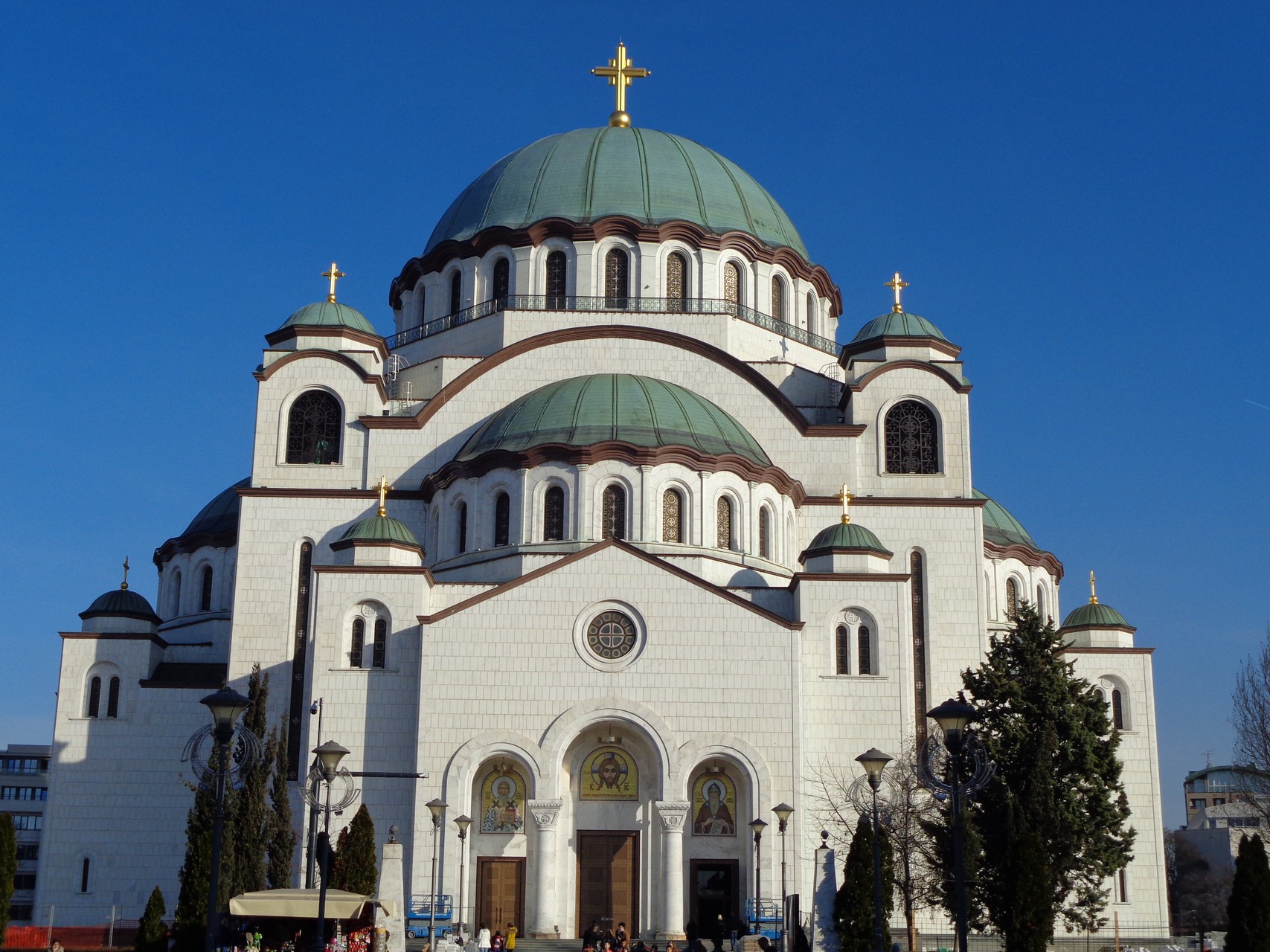 (cc) Andrija12345678/CC BY-SA 4.0
(cc) Andrija12345678/CC BY-SA 4.0
Temple of Saint Sava
The silhouette of Belgrade is dominated by the monumental edifice of the Temple of Saint Sava. Built on Vračar plateau, this is the largest Orthodox church in the Balkans and one of the largest Orthodox churches in the world. It is said that the temple was built on the site...
 (cc) Nemezis/CC BY-SA 3.0
(cc) Nemezis/CC BY-SA 3.0
Nikola Tesla Museum
The Nikola Tesla Museum is a unique institution which boasts the largest collection of documents on the life of the one of the world’s greatest scientists. The Museum contributes to a broader and clearer insight into the great contribution to science and society, which Nikola Tesla gave to all humanity...
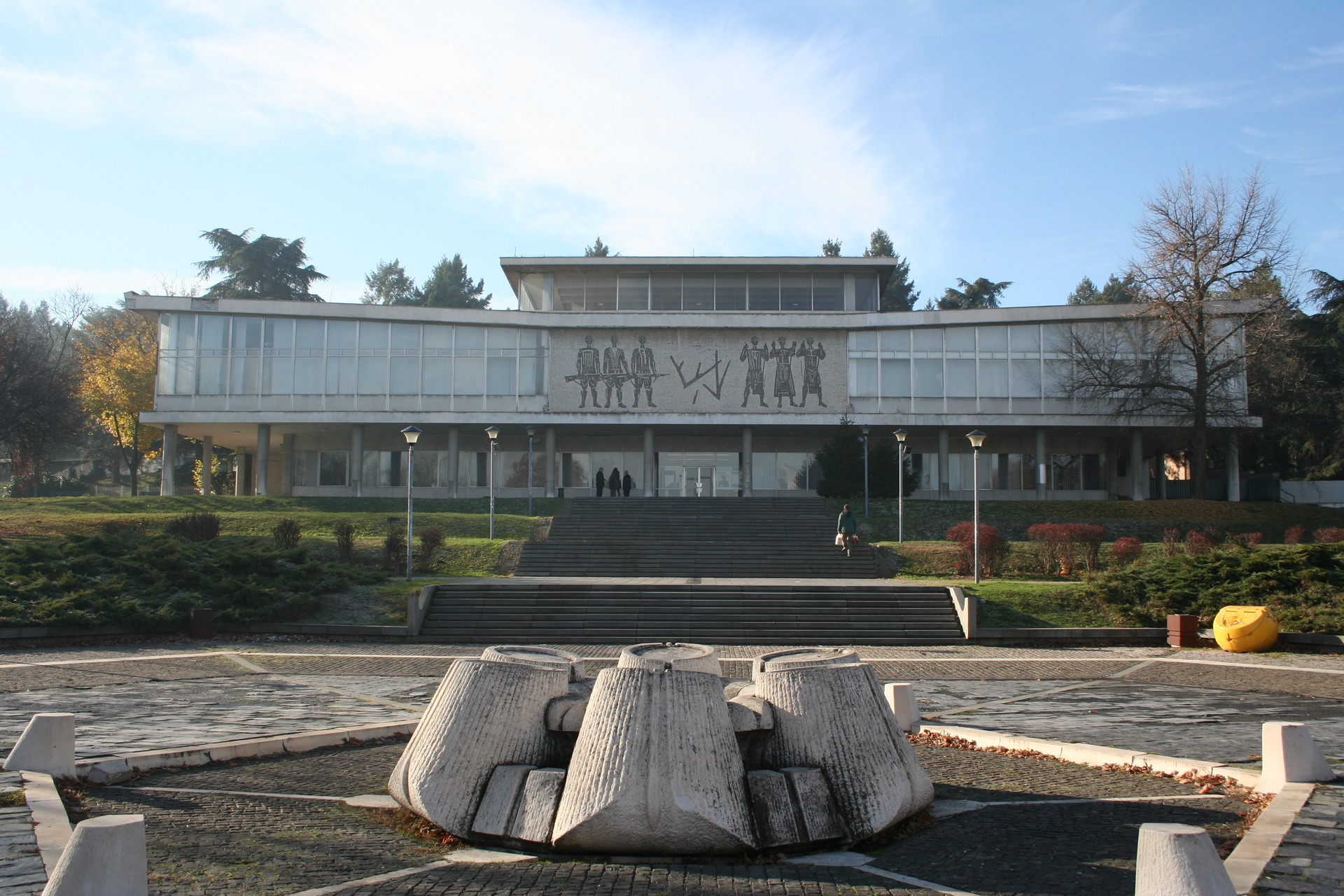 (cc) Ванилица/CC BY-SA 4.0
(cc) Ванилица/CC BY-SA 4.0
Museum of Yugoslavia
The Museum of Yugoslavia is a cultural institution that collects and exhibits various objects related to the history of Yugoslavia. At the same time, this is a place where the cult and the epoch of Josip Broz Tito, the lifelong president of Yugoslavia and one of the most important personalities...
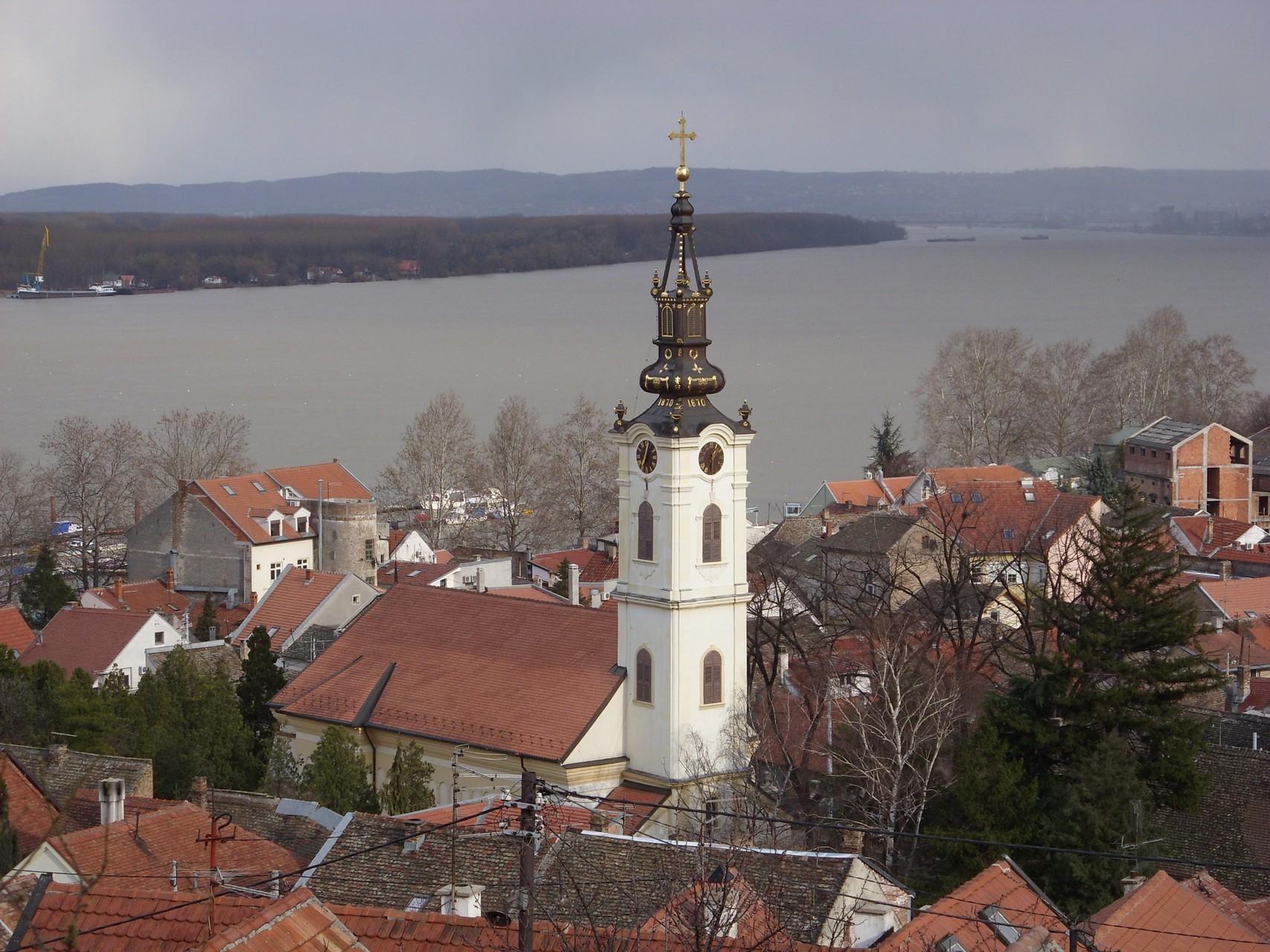 (cc) Julijan Nyča/CC BY-SA 2.0
(cc) Julijan Nyča/CC BY-SA 2.0
Zemun
Zemun became a part of Belgrade in 1934. Before that, it was a separate town in the southeastern part of Srem. Traces that testify to the existence of settlements on the territory of Zemun date back to the Neolithic era. In Roman times, Zemun was called Taurunum. Slavs had changed...
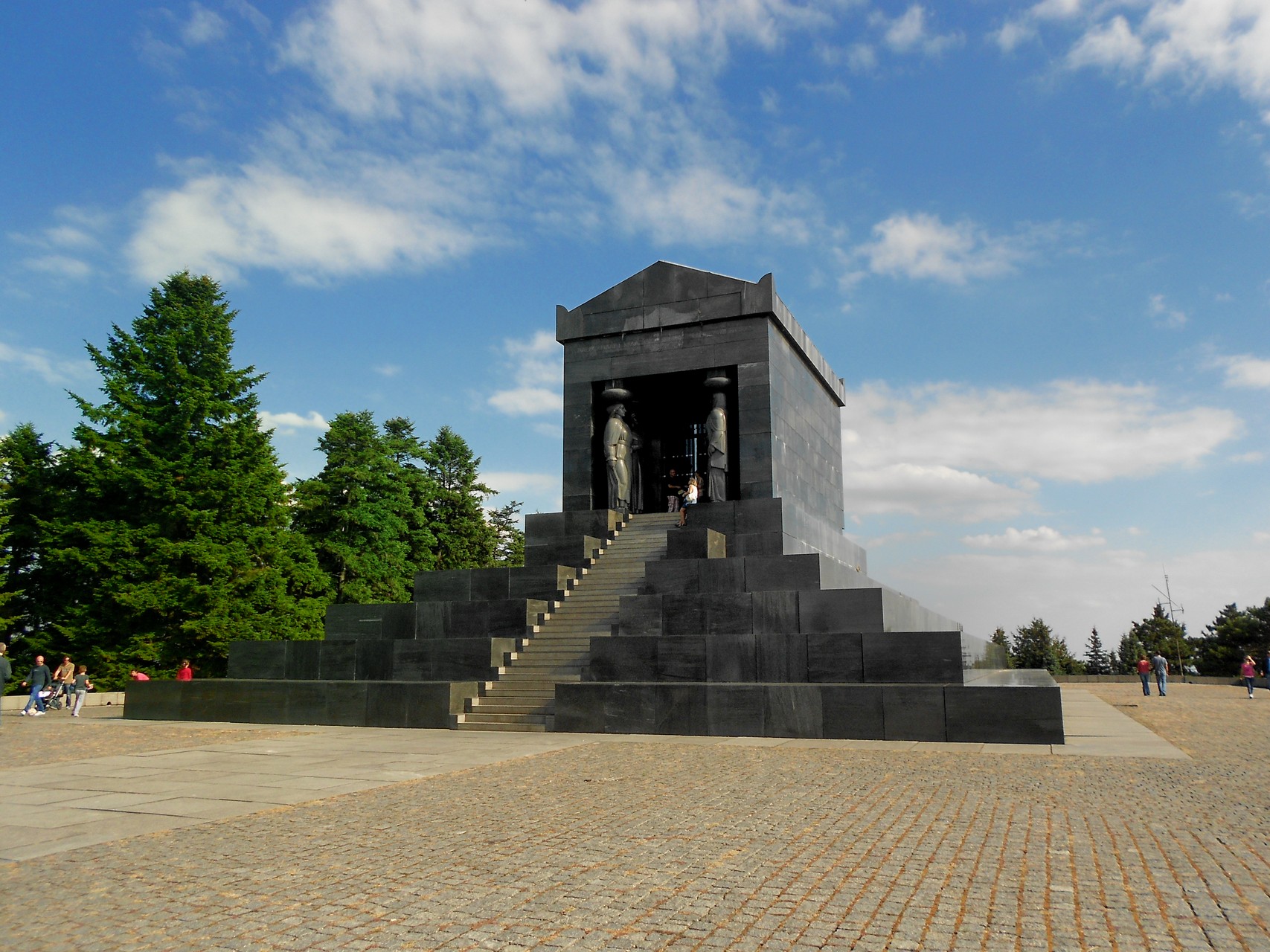 (cc) NMedjedov/CC BY-SA 3.0
(cc) NMedjedov/CC BY-SA 3.0
Avala
Situated around 18 km from the center of Belgrade, Avala, with its height of 511m, is the lowest mountain in central Serbia. The whole mountain complex was declared a national park in 1936. In the Middle Ages,the town of Žrnov was located on top of Avala. It was surrounded by...
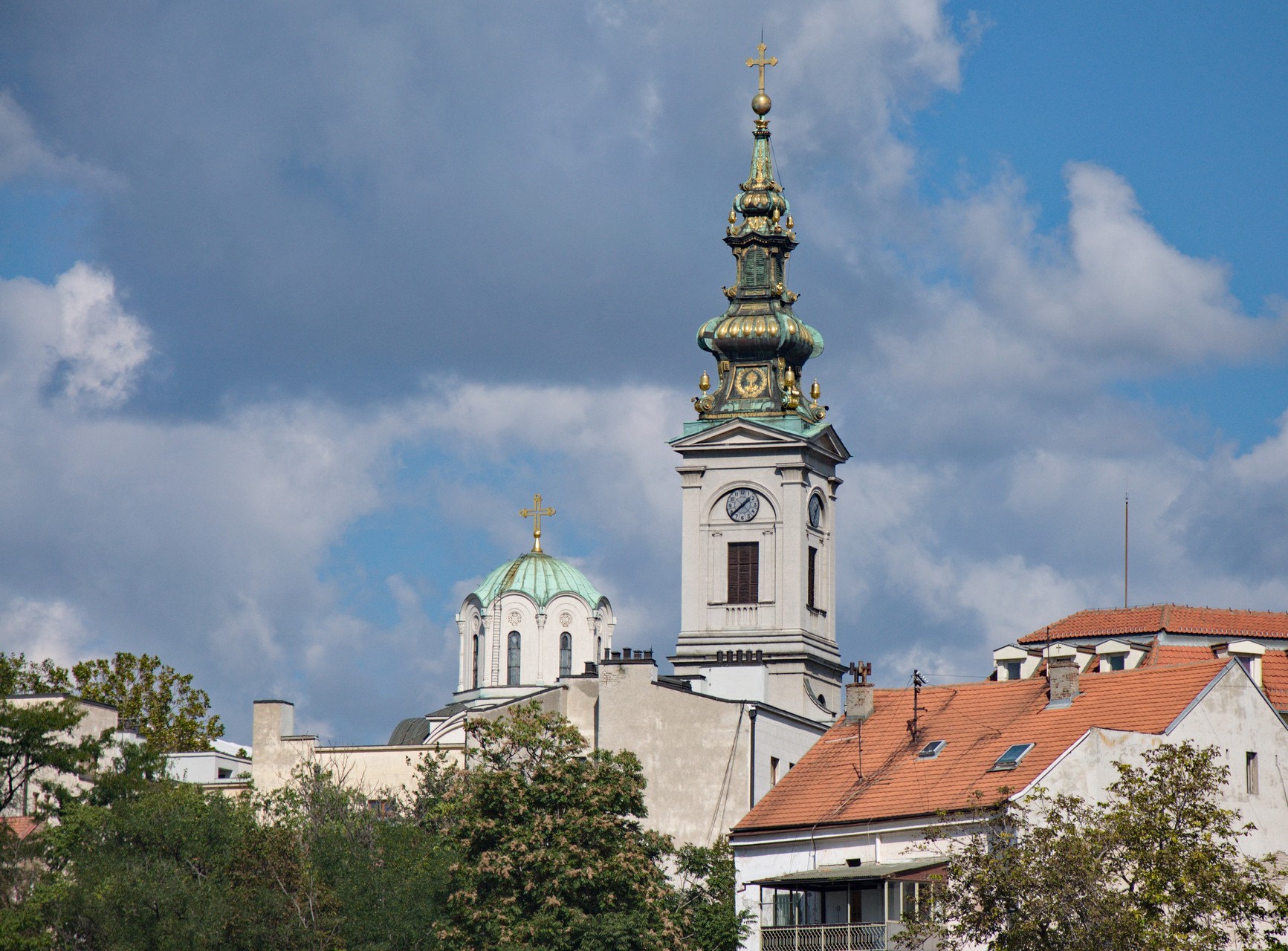 (cc)Zoran Cvetkovic/CC BY-SA 3.0
(cc)Zoran Cvetkovic/CC BY-SA 3.0
The Cathedral Church of St. Michael the Archangel
Commonly known as Saborna crkva (The Cathedral) among the city residents, this temple is one of the most important places of worship in the country. This invaluable historical site is related to the fate of Belgrade in the first half of the 19th century. The town was just formed in...
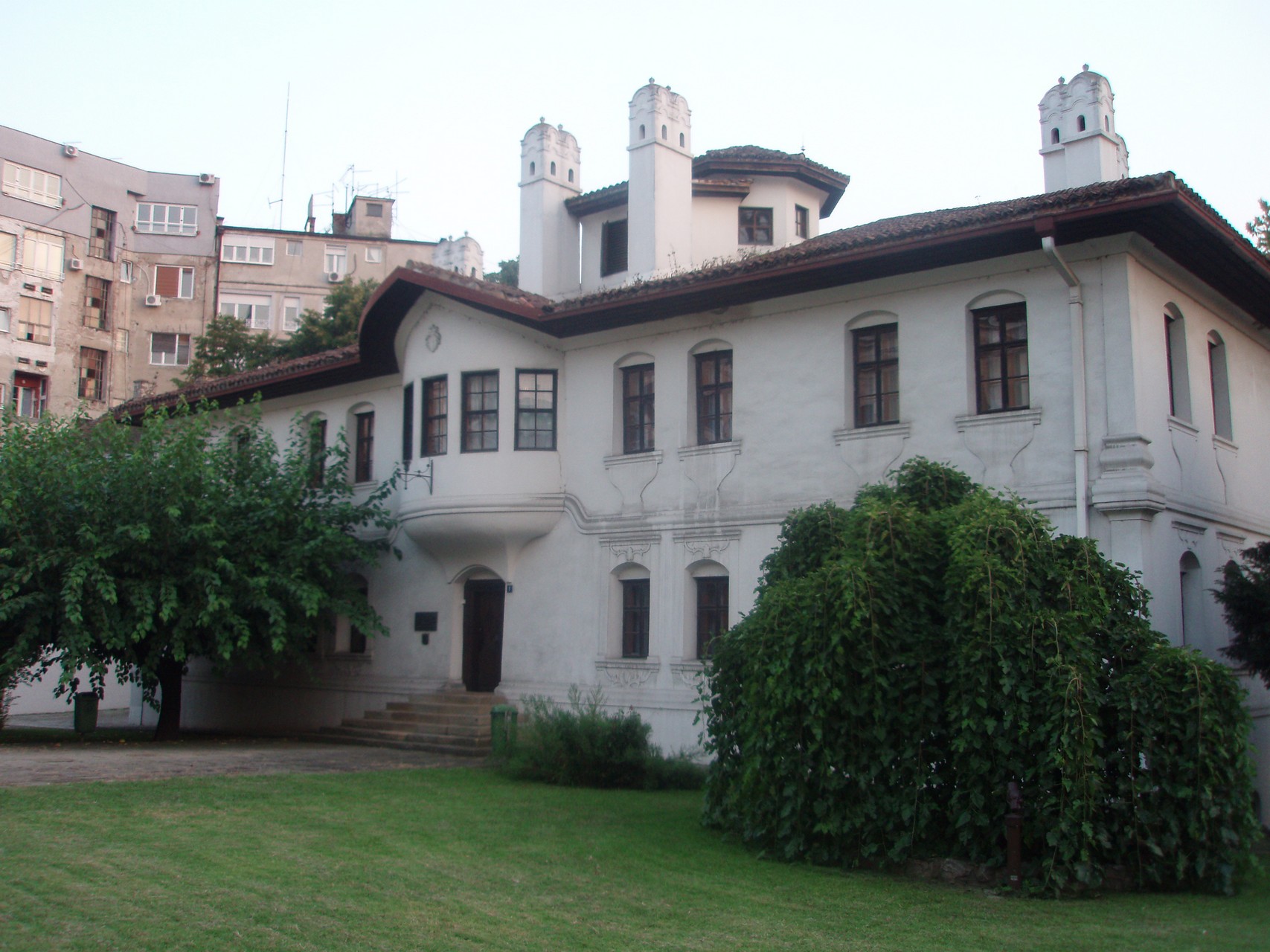 (cc)Mister No/CC BY 3.0
(cc)Mister No/CC BY 3.0
Princess Ljubica’s Residence
The residence of Princess Ljubica is one of the few preserved buildings from the time of the first reign of Prince Miloš Obrenović. With its Serbian-Balkan style architecture, this building represents one of the best examples of civic architecture of the first half of the 19th century in Belgrade. It...
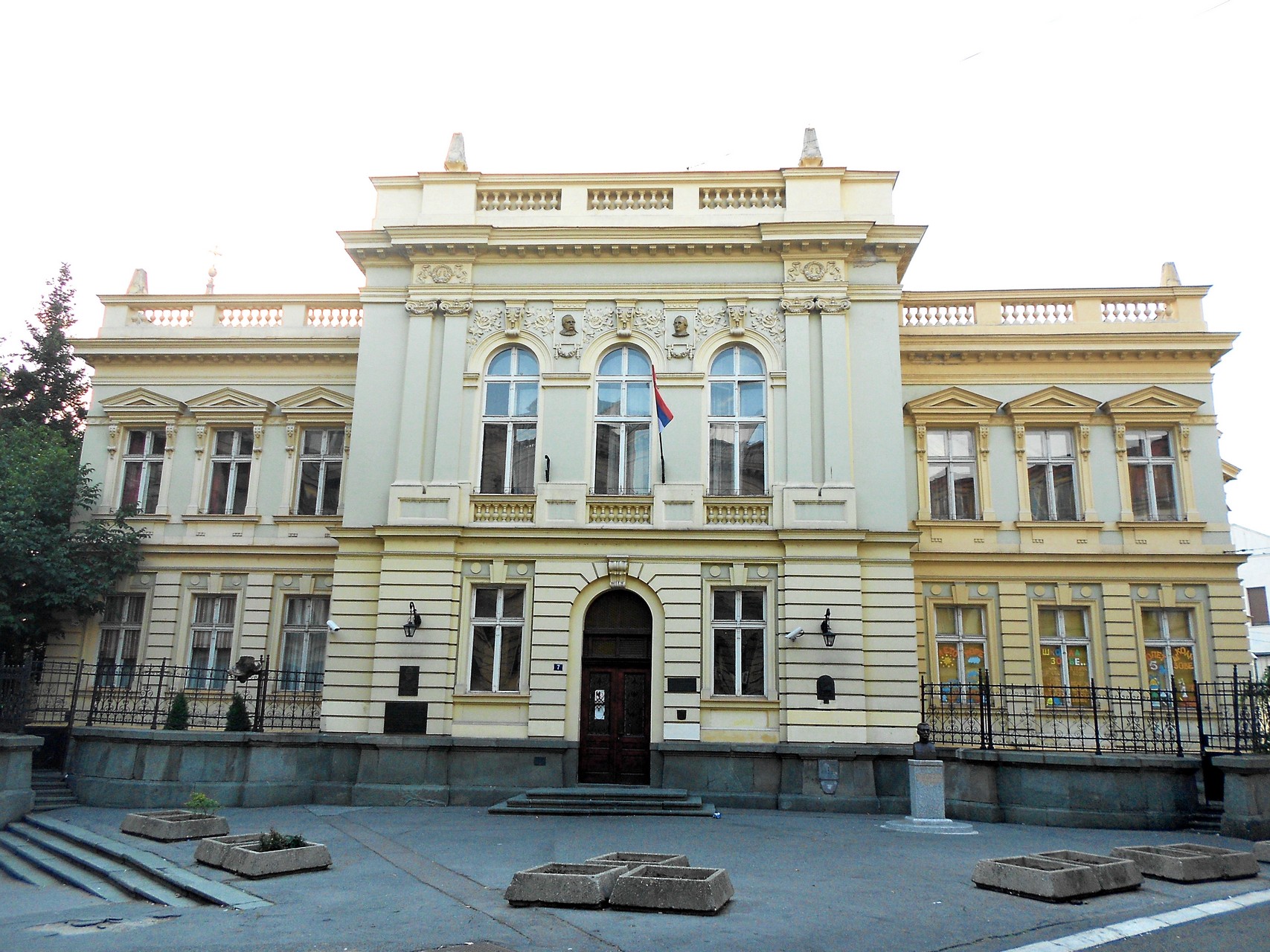 (cc)NMedjedov/CC BY-SA 3.0
(cc)NMedjedov/CC BY-SA 3.0
King Petar I Elementary School
The school building was erected in 1906. It was projected by Jelisaveta Načić. Načić was the first Serbian female architect. At the time of its construction, this was the most modern building designed for primary school education, not only in Belgrade but in the whole of Serbia. The school itself...
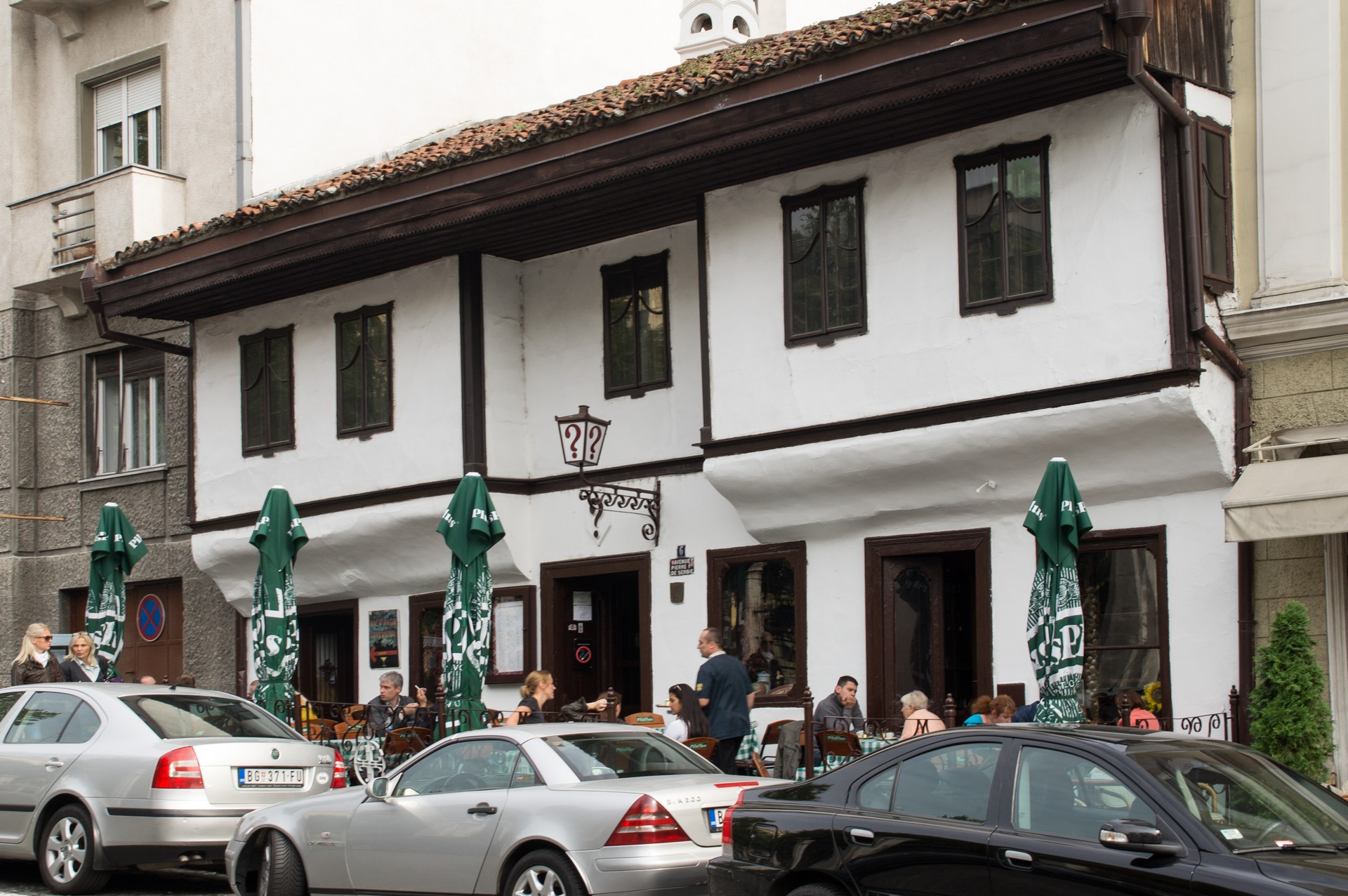 (cc)CLI/CC BY-SA 3.0
(cc)CLI/CC BY-SA 3.0
Tavern “? “(“Znak pitanja”)
Tavern “?” is situated in one of the oldest houses in Belgrade. It is also the oldest, still operational tavern (kafana) in the city and one of its landmarks. By the order of Prince Miloš, this building was erected in 1823 by merchant and diplomat Naum Ičko. In 1826, Prince...
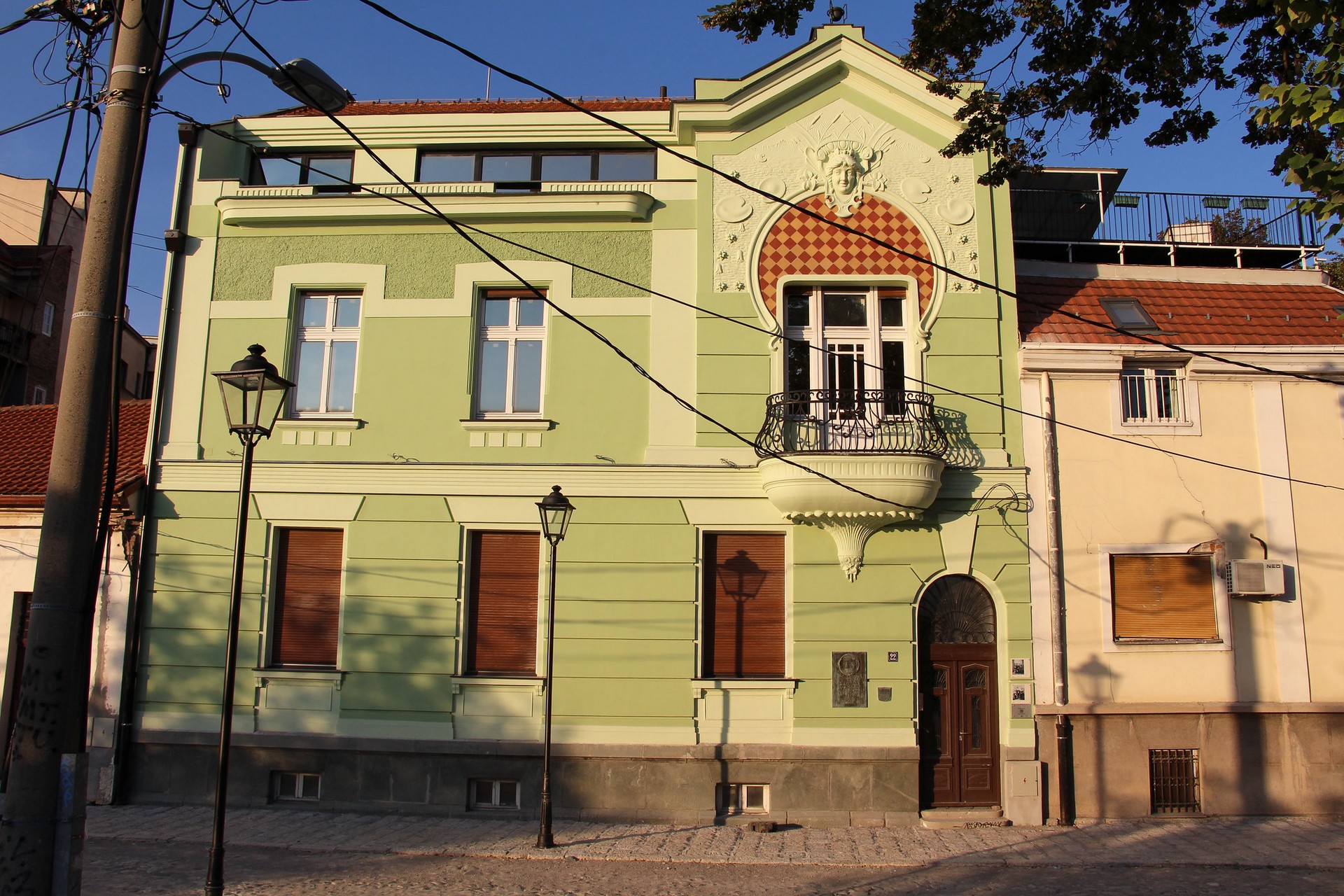 (cc)Fred Romero/CC BY 2.0
(cc)Fred Romero/CC BY 2.0
Mika Alas’s House
House on 22 Kosančićev venac Street was built in 1910 for Mihailo Petrović, better known as Mika Alas. It was designed by famous Serbian architect Petar Bajalović. Mihailo Petrović Alas (1868 – 1943) was a Serbian mathematician, inventor, professor at Belgrade University, writer and fisherman. During the construction of his...
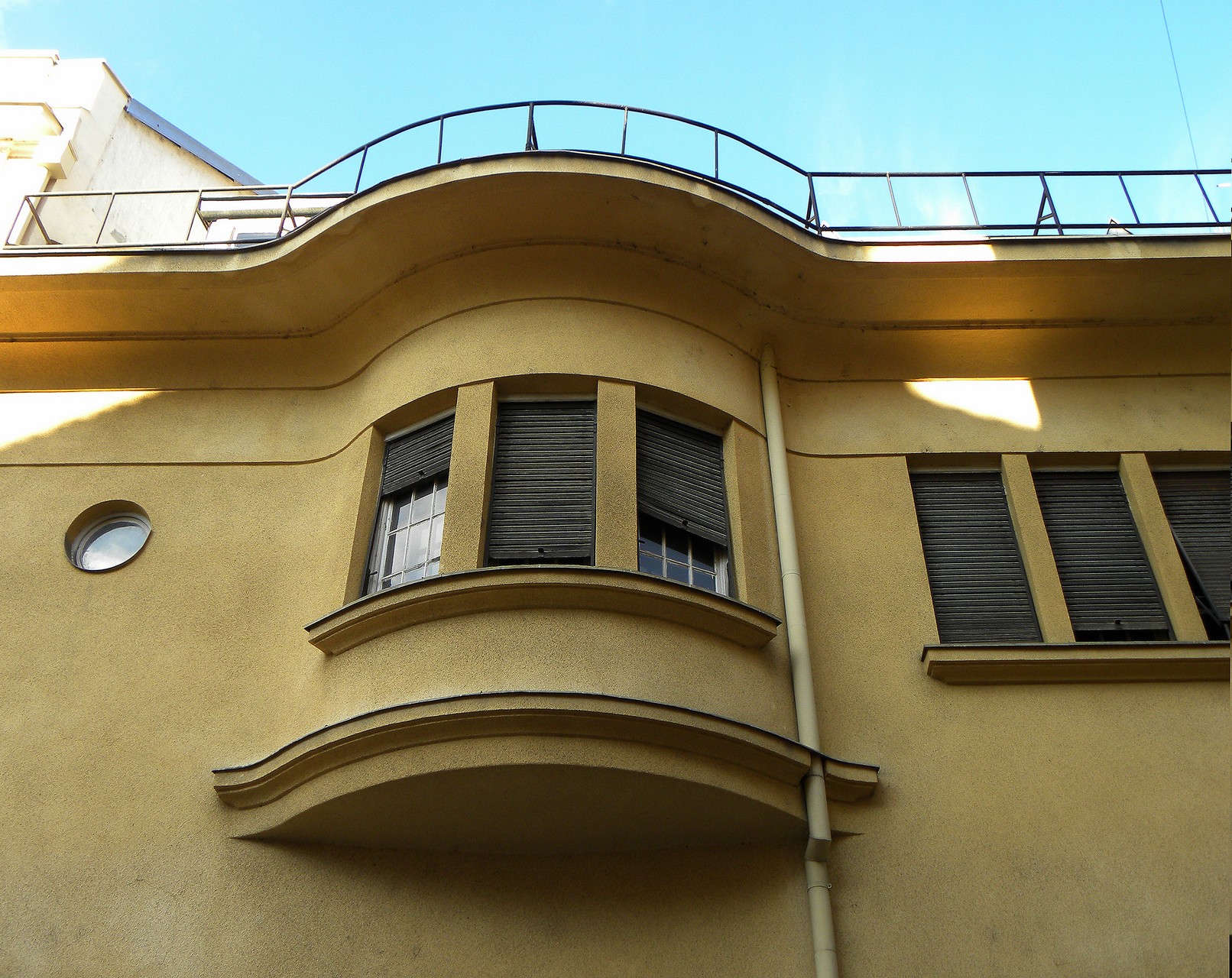 (cc)Nemezis/CC BY-SA 3.0
(cc)Nemezis/CC BY-SA 3.0
Branislav Kojić’s House
House in 6 Zadarska Street was built in 1926, according to the project of famous architect Branislav Kojić, who was one of the founders of the group which gathered modernist architects in Serbia. Architect Kojić spent his entire working life in this one-storey family house. The building is a rare...
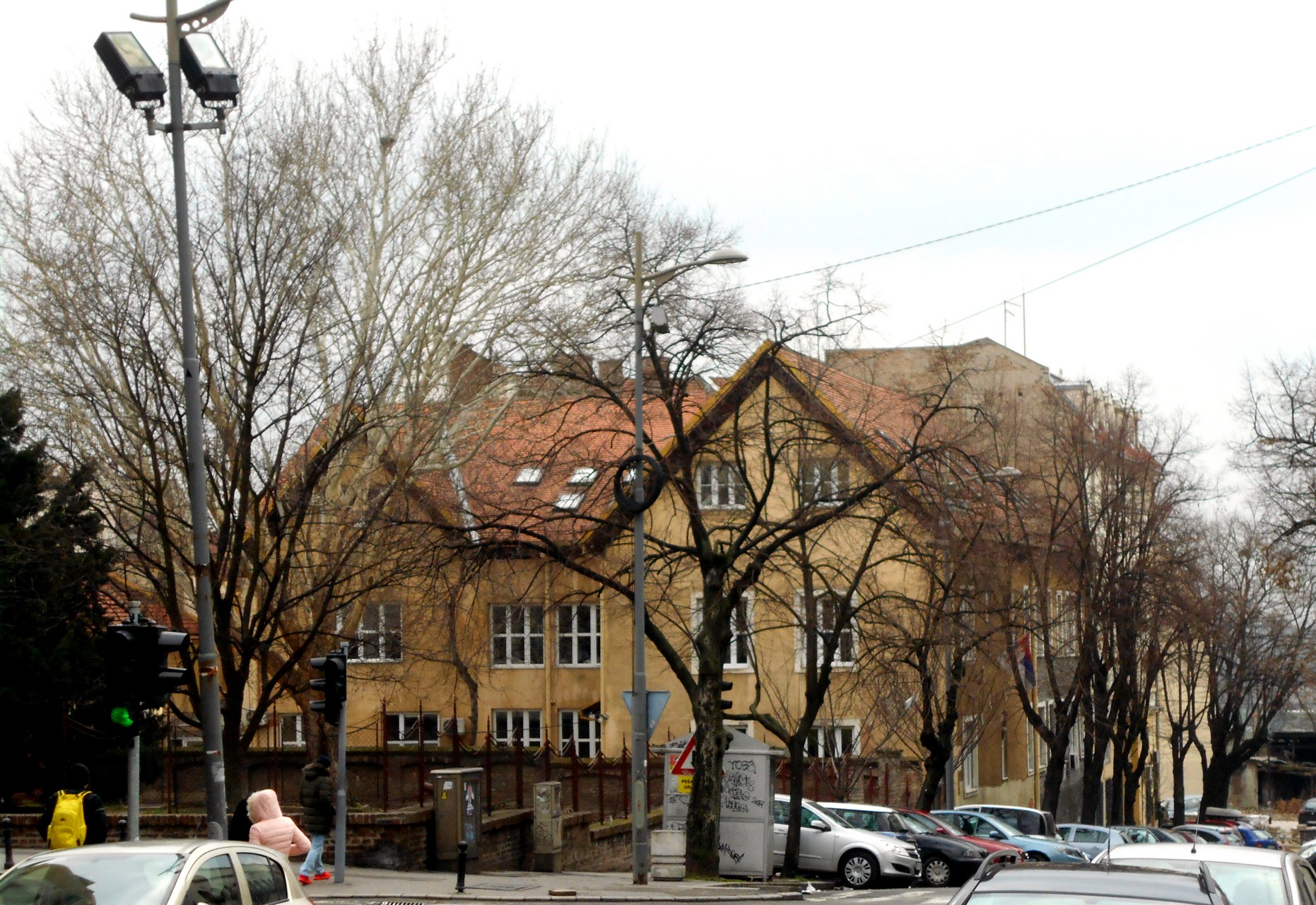 (cc)BuhaM/CC BY-SA 4.0
(cc)BuhaM/CC BY-SA 4.0
The Art School building
The Art School building is located at 4 Kralja Petra Street, next to the Residence of Princess Ljubica. It was built around 1836. It originally served as an auxiliary building within the complex of Princess Ljubica’s Residence. Prince Mihailo Obrenović used to live in it until 1842. Today, this building...
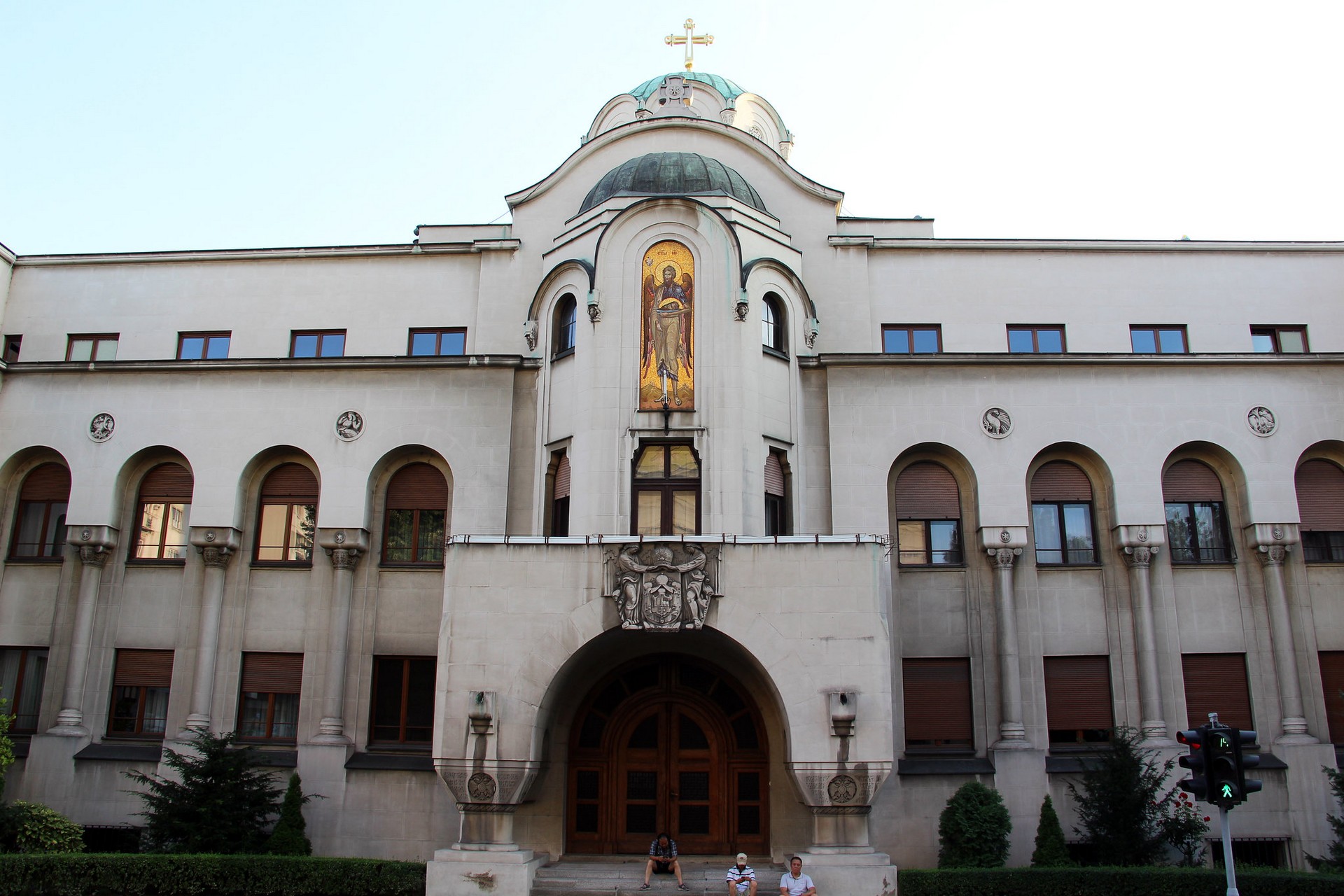 (cc)Fred Romero/CC BY 2.0
(cc)Fred Romero/CC BY 2.0
The Building of the Patriarchate
The Building of the Patriarchate was constructed between 1933 and 1935. It is the administrative seat of the Serbian Orthodox Church and its head, the Patriarch of the Serbian Orthodox Church. It was built on the site of an old, demolished Metropolis court from the mid 19th century. The building...
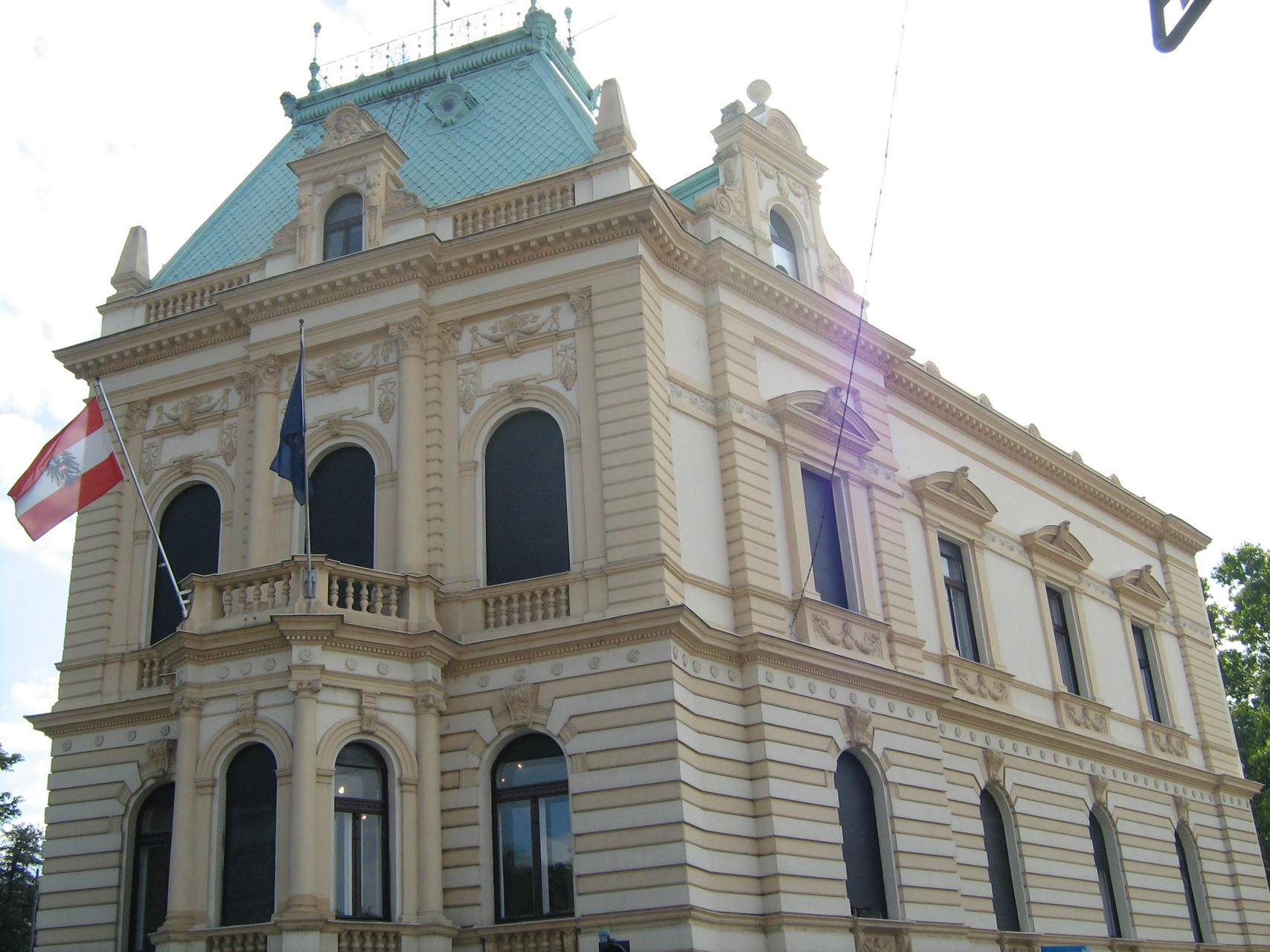 (cc)Djordje Stakić/CC BY-SA 3.0
(cc)Djordje Stakić/CC BY-SA 3.0
Dimitrije Krsmanović’s House
The house of Dimitrije Krsmanović, member of a respected merchant family Krsmanović, was built as a representative family home in 1898-1899. It was built after the design of architect Milorad Ruvidić in the immediate vicinity of the Belgrade Cathedral and is considered to be one of his most notable achievements....
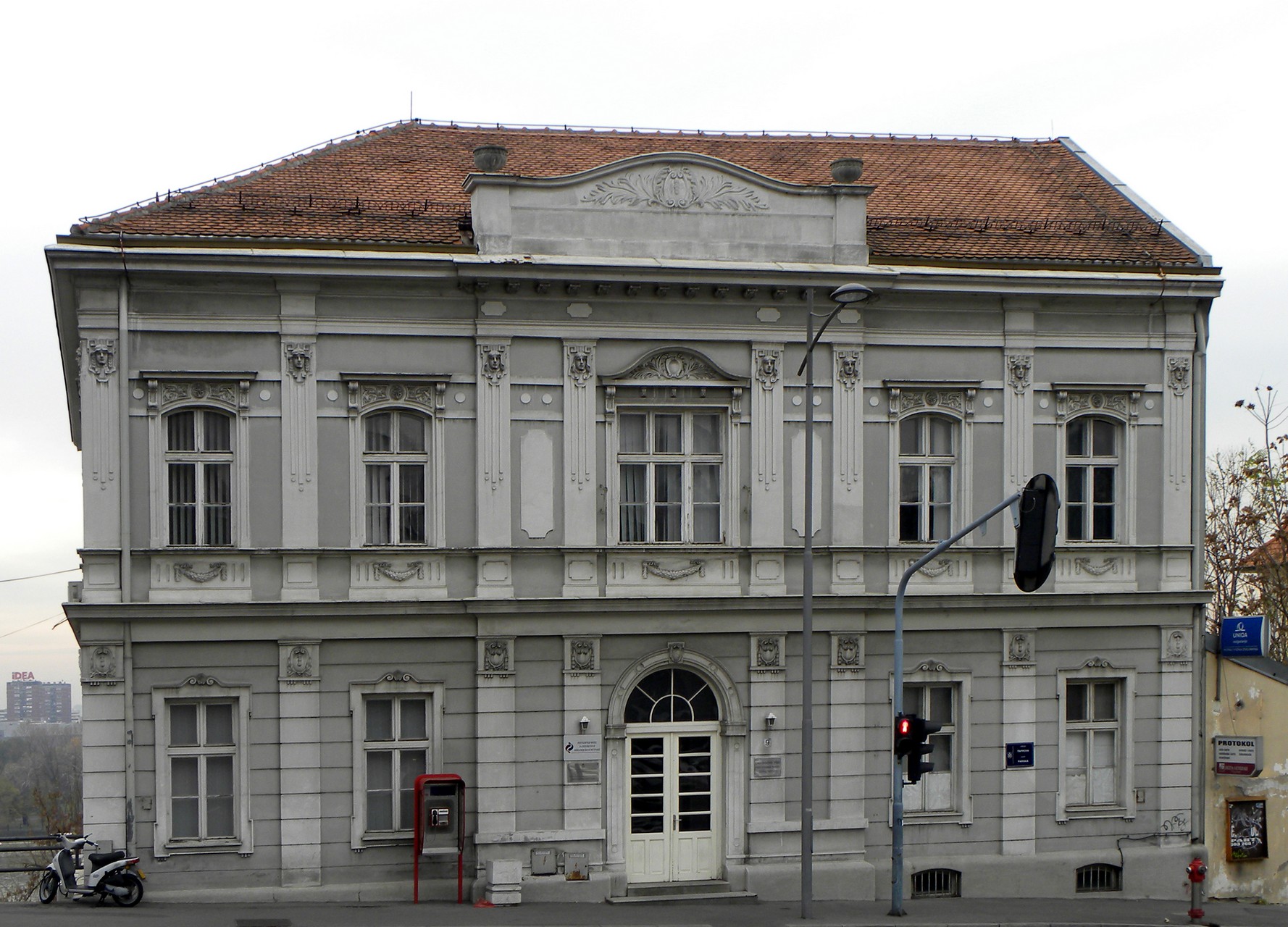 (cc)Nemezis/CC BY-SA 3.0
(cc)Nemezis/CC BY-SA 3.0
The building of the former hotel “Nacional”
Tavern “Narodna gostionica”, later hotel “Nacional”, was built in 1868 and belonged to the group of so-called “Kalemegdan hotels”, which were built and opened after the Turkish surrender of the cities to Serbs in 1867. By the name”Nacional”, it was first mentioned in 1876 when it became a hostel for...
 (cc)Fred Romero/CC BY 2.0
(cc)Fred Romero/CC BY 2.0
Bajrakli Mosque
The Bajrakli mosque was built around 1575, as one of 273 mosques that had existed in Belgrade during the time of the Ottoman rule of Serbia. It is located in 11 Gospodar Jevremova Street. Next to the mosque is a madrasa, a religious high school. At the end of the...
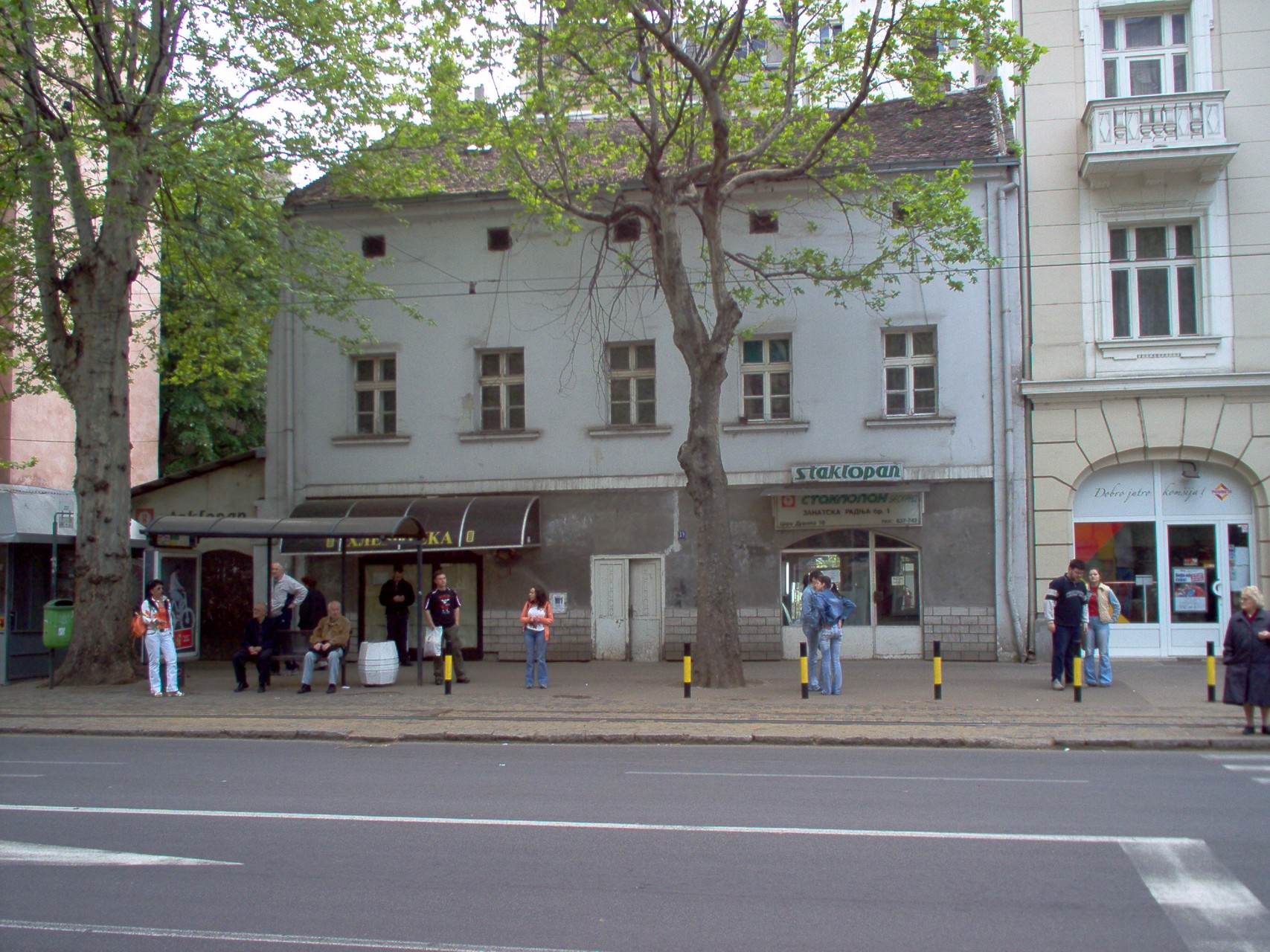 (c)_Goldfinger_Public Domain photo
(c)_Goldfinger_Public Domain photo
House at 10 Cara Dušana Street
The oldest surviving house in Belgrade is located in Dorćol, at 10 Cara Dušana Street. It is more than three centuries old. The construction began in 1724 and was finished in 1727. The architect of the house was Nicolas Doxat de Morez, a Swiss engineer and colonel of the Austrian...
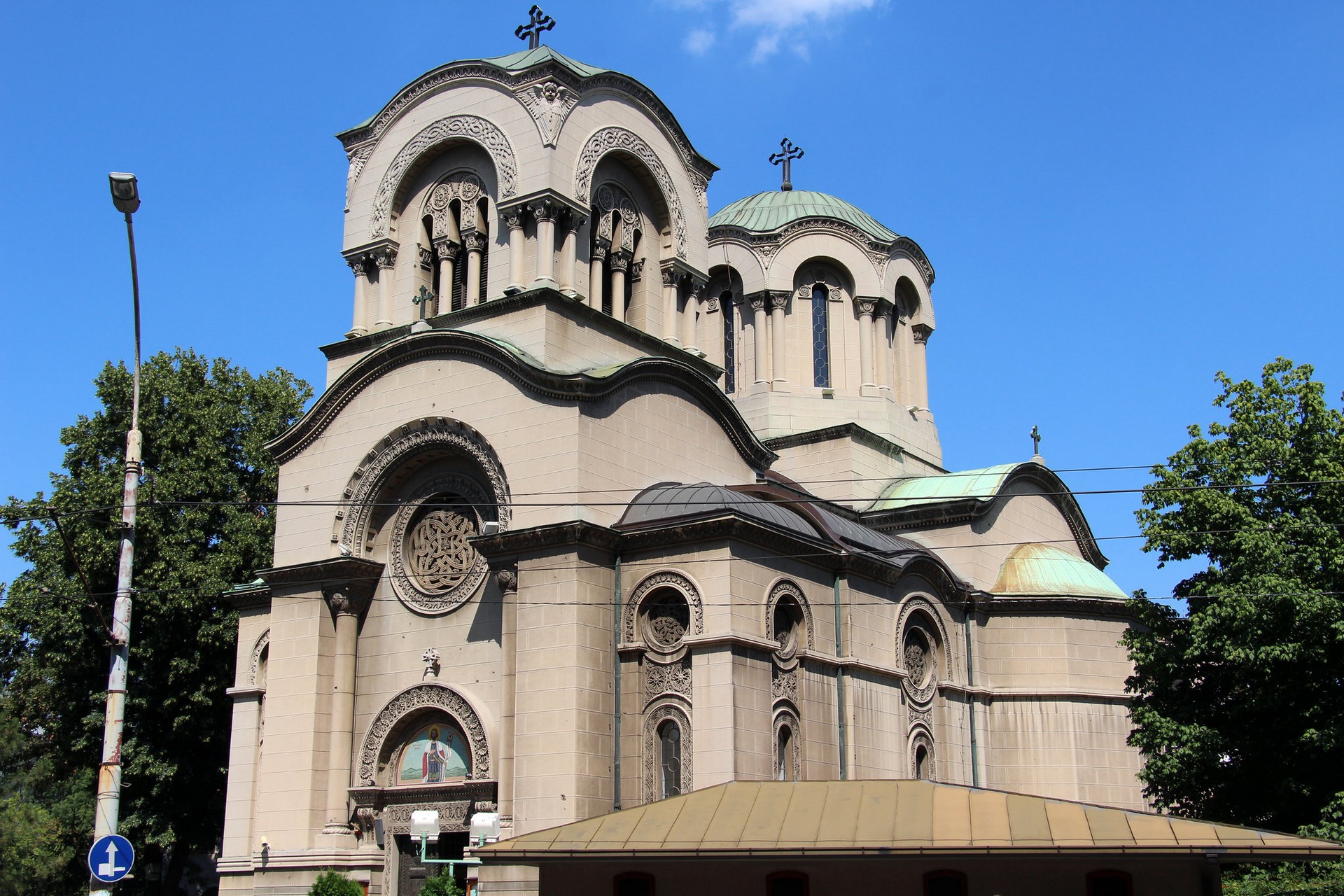 (cc) Fred Romero/CC BY 2.0
(cc) Fred Romero/CC BY 2.0
Church of St. Alexander Nevsky
Project for the Church of St. Alexander Nevski in Dorćol was made by Jelisaveta Načić, the first female architect in Serbia. The construction began in 1912, but in September of the same year it was stopped to the World War One. The Second Balkan War and the First World War...
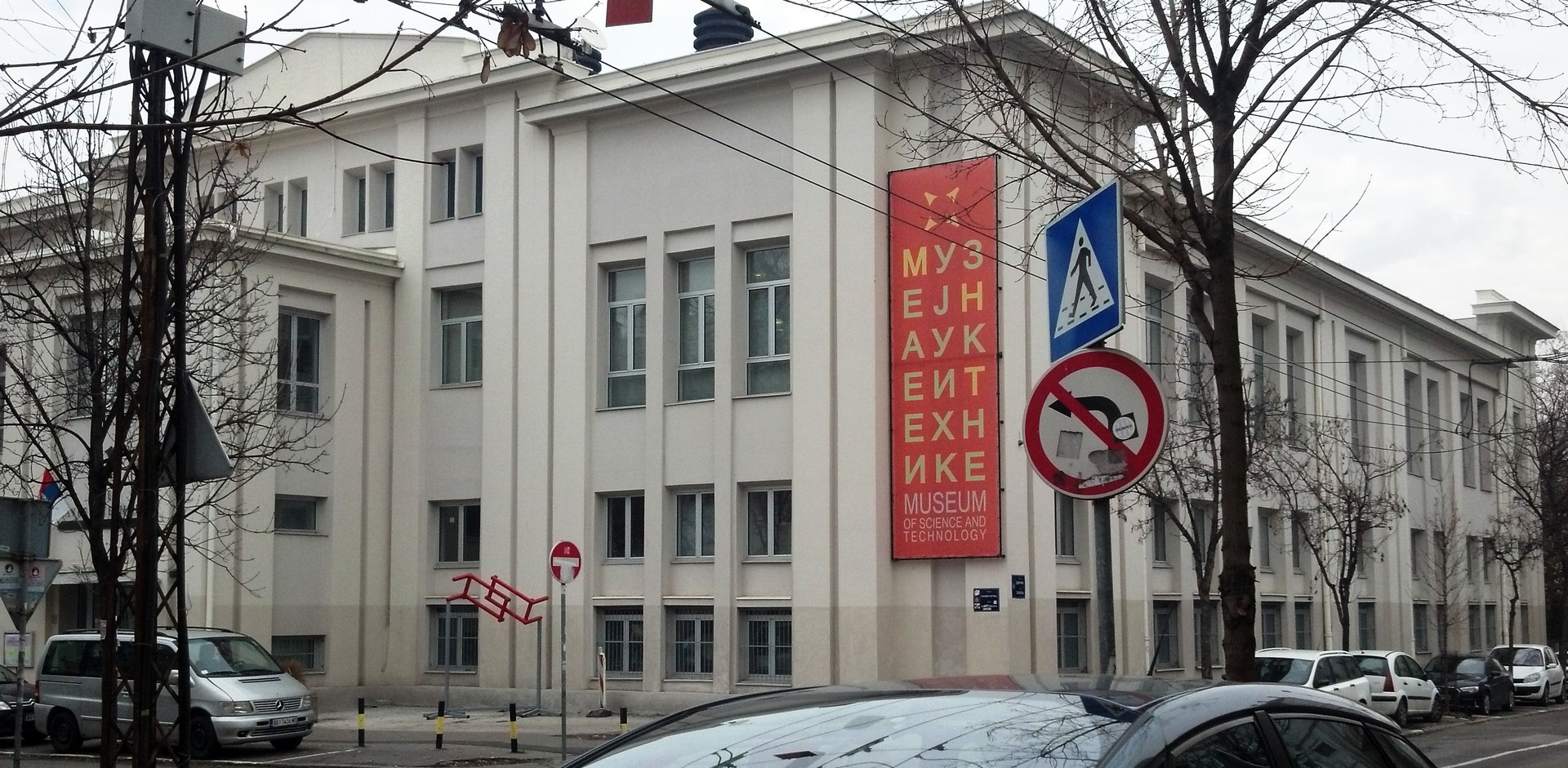 (cc)Nanabaka/CC BY-SA 4.0
(cc)Nanabaka/CC BY-SA 4.0
Museum of Science and Technology
The Museum is located in the building of the old electrical power plant in Dorćol, in 51 Skender-begova Street. It is a cultural institution of national importance. The primary activities of the museum are collection, research, protection and presentation of scientific and technical goods with the aim of raising awareness...
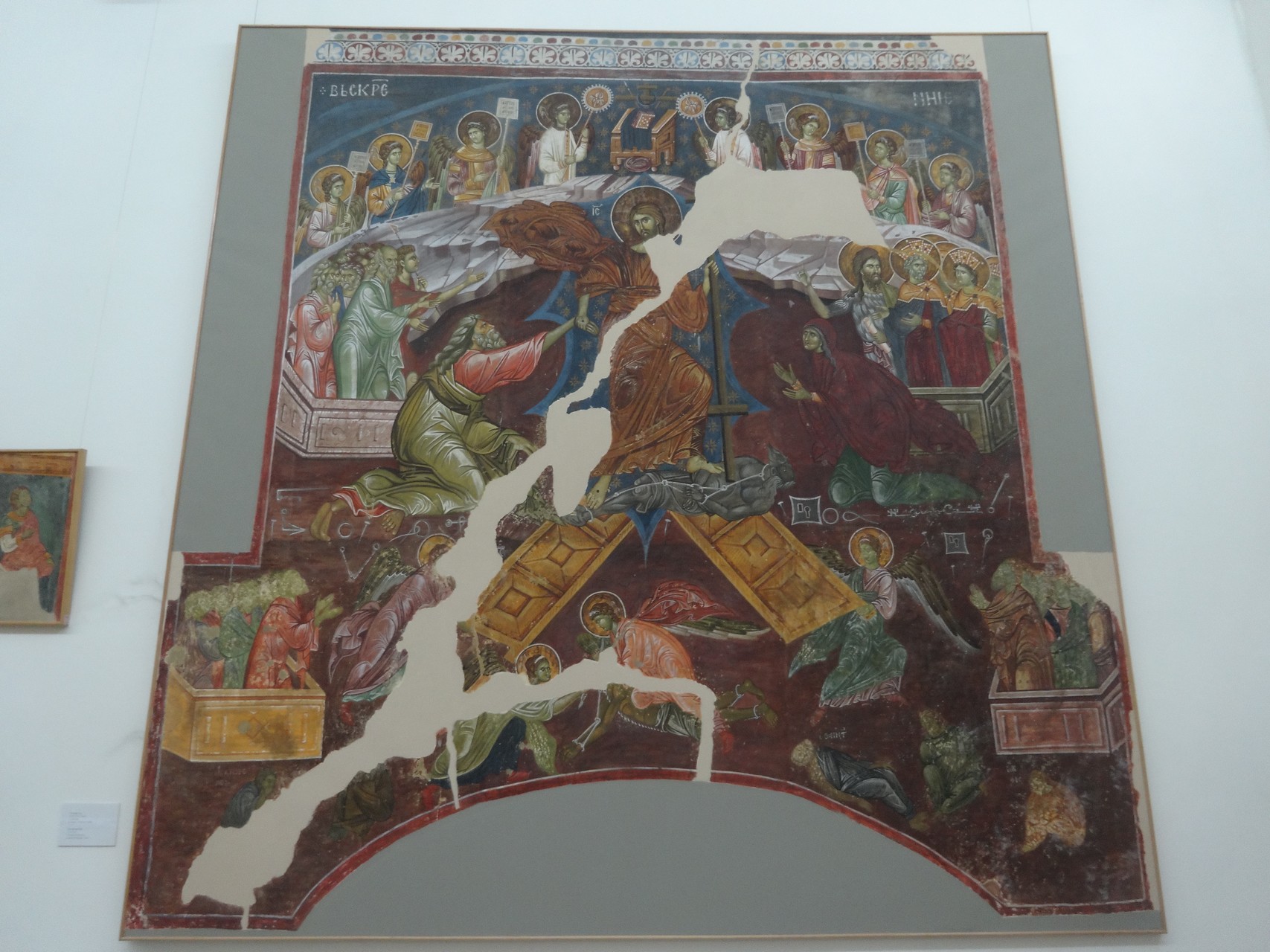 (cc)Mickey Mystique/CC BY-SA 4.0
(cc)Mickey Mystique/CC BY-SA 4.0
Gallery of Frescoes
The Gallery of Frescoes of the National Museum is located in Cara Uroša Street. The Gallery keeps copies of frescoes and castings of sculptures that testify to the unique and significant art of wall painting, icon painting, miniature painting and architecture created on the territory of medieval Serbia and the...
 (cc) Djordje Stakić/CC BY-SA 3.0
(cc) Djordje Stakić/CC BY-SA 3.0
Museum of Vuk and Dositej
The Museum of Vuk and Dositej in Gospodar Jevremova Street is a memorial museum, dedicated to two greats of Serbian culture – the educator and the first Serbian Minister of Education Dositej Obradović and the reformer of the Serbian language, Vuk Karadžić. The Museum is located in a house that...
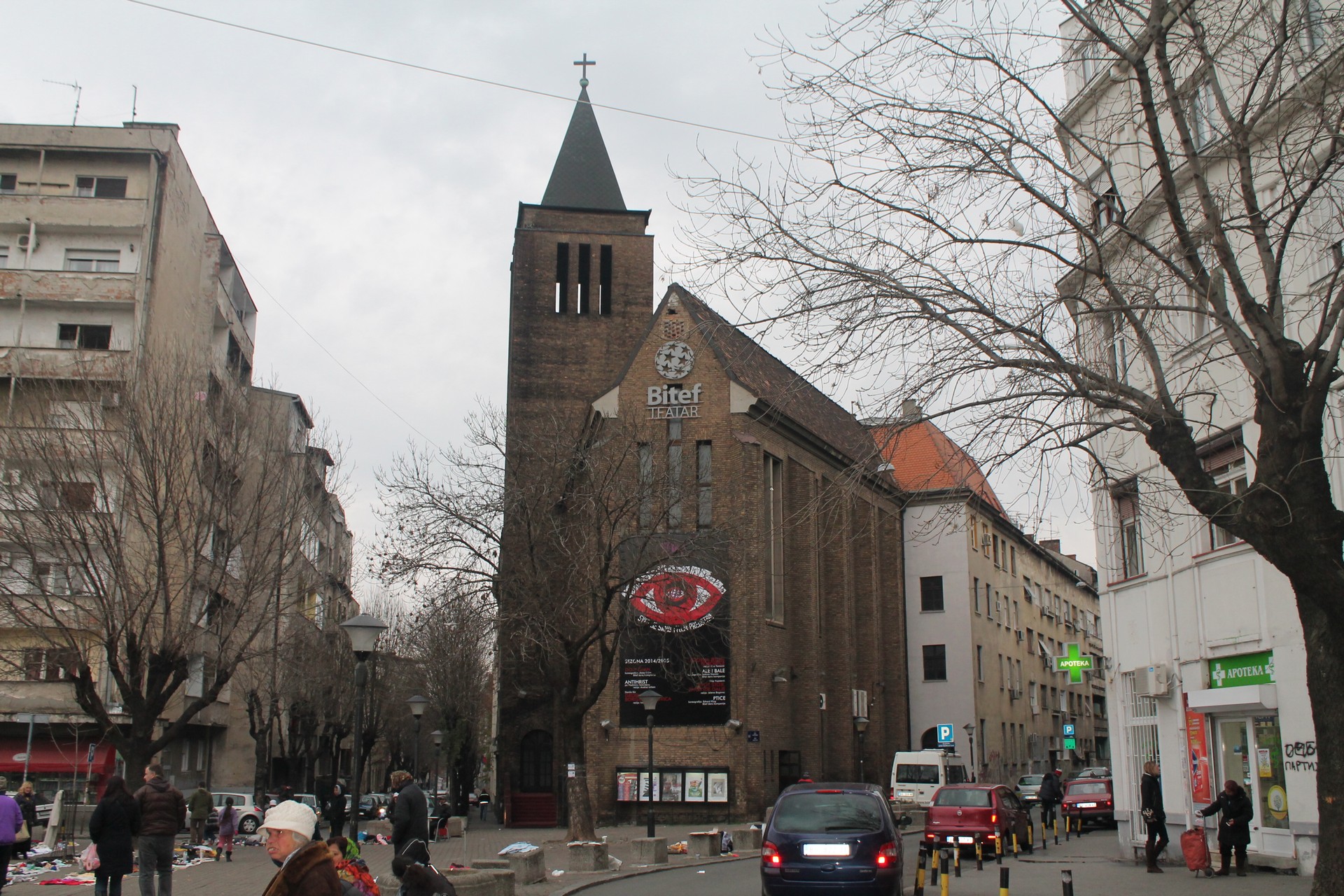 (cc)Impi/CC BY-SA 3.0
(cc)Impi/CC BY-SA 3.0
The Bitef Theatre building
Bitef Theater is located at the Mira Trailović Square in Dorćol, right next to the Bajloni green market. The theatre is housed in a reconstructed Evangelist church. The construction of the church commenced in 1940 and was initiated by the German Evangelist Christian church. The design architect was Otto Bartning....
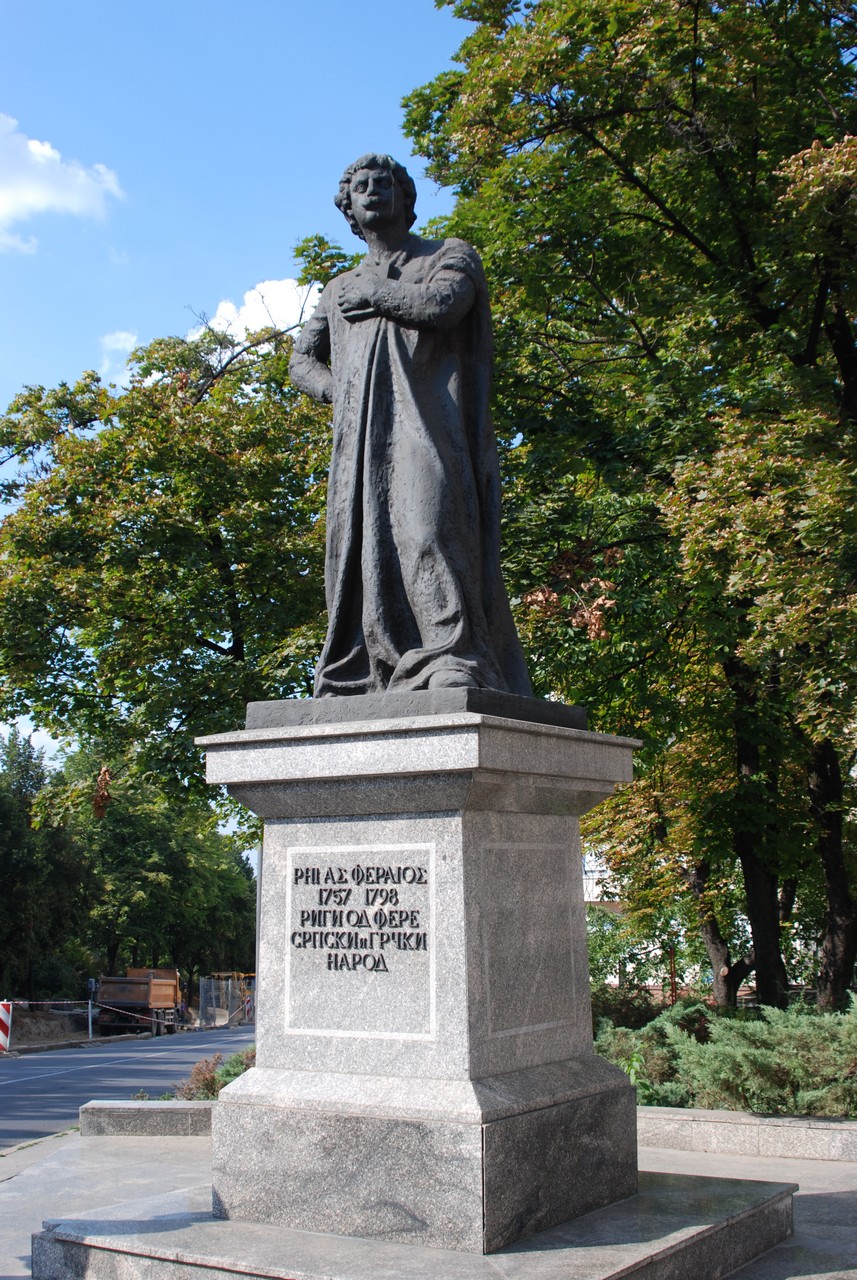 (cc)George Groutas/CC BY 2.0
(cc)George Groutas/CC BY 2.0
Monument to Rigas Feraios
Rigas Feraios (1757-1798) was a Greek revolutionary, poet, national hero and the first victim of the uprising against the Ottoman Empire. He was strangled at the Nebojša tower on Kalemegdan. The monument dedicated to this hero is located on the corner of Riga od Fere and Tadeuša Košćuška streets. It...
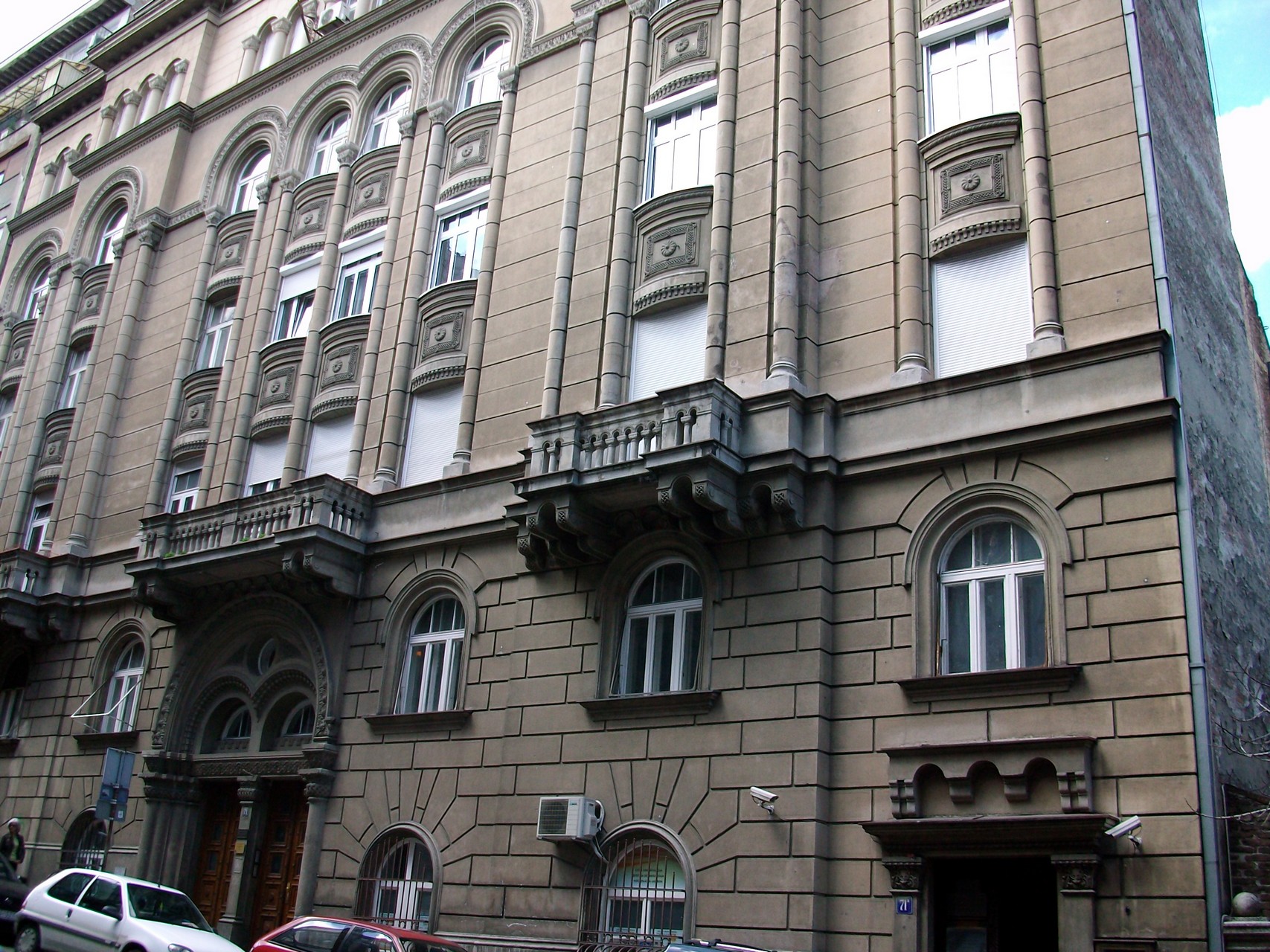 (cc) PedjaNbg/CC BY-SA 3.0
(cc) PedjaNbg/CC BY-SA 3.0
Jewish Historical Museum
The Jewish Historical Museum is located at 71a Kralja Petra Street. It was founded in 1948. he Museum operates under the patronage of the Federation of Jewish Communities of Serbia. It is the only museum institution of this type in the country. The permanent exhibition of the Museum includes documents,...
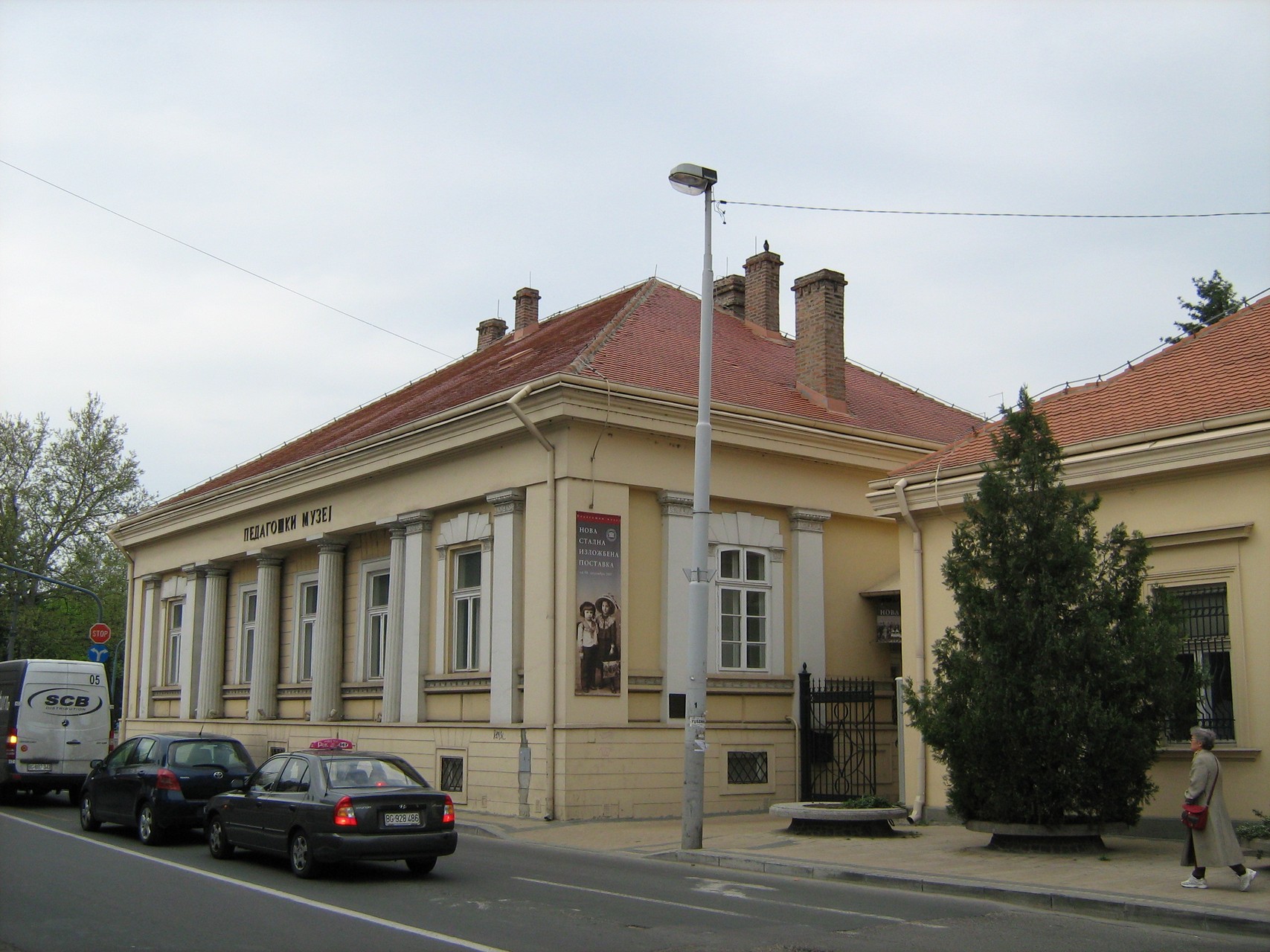 (cc) Djordje Stakić/CC BY-SA 3.0
(cc) Djordje Stakić/CC BY-SA 3.0
Museum of Pedagogy
The Museum is located at 14 Uzun Mirkova Street. It was founded in 1896 and is one of the oldest museum institutions in Serbia. It was founded by the Teachers’ Association of Serbia with the task of collecting and keeping “the teaching aids and everything else that is related to...
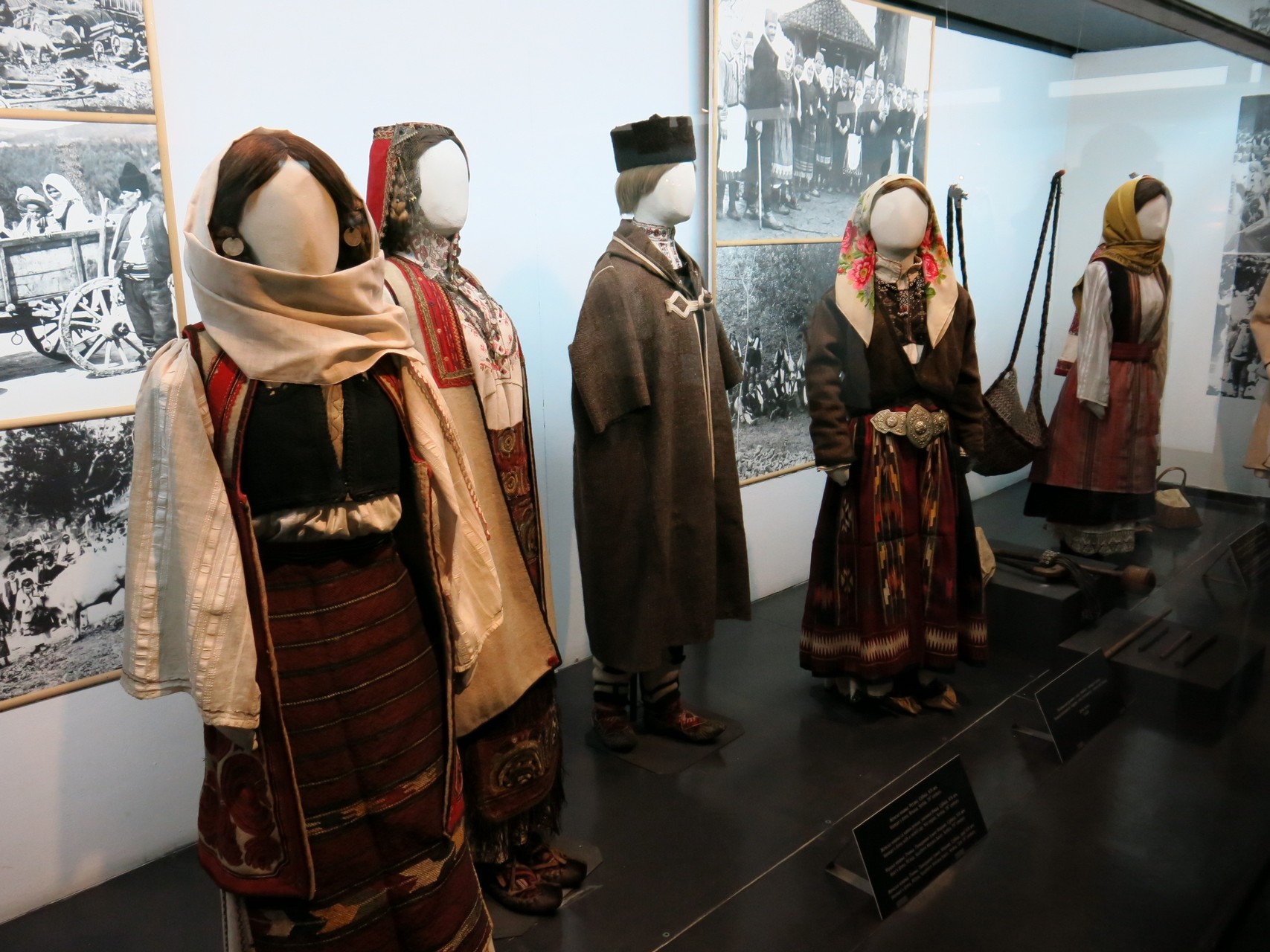 (cc)Dungodung/CC BY-SA 4.0
(cc)Dungodung/CC BY-SA 4.0
Ethnographic Museum
The Ethnographic Museum, located in the very center of the city, was founded in 1901 when the Ethnographic Department was separated from the National Museum of Serbia. It is one of the oldest museums in Serbia. The first permanent exhibition of the Museum was organized in 1904, presenting the collected...
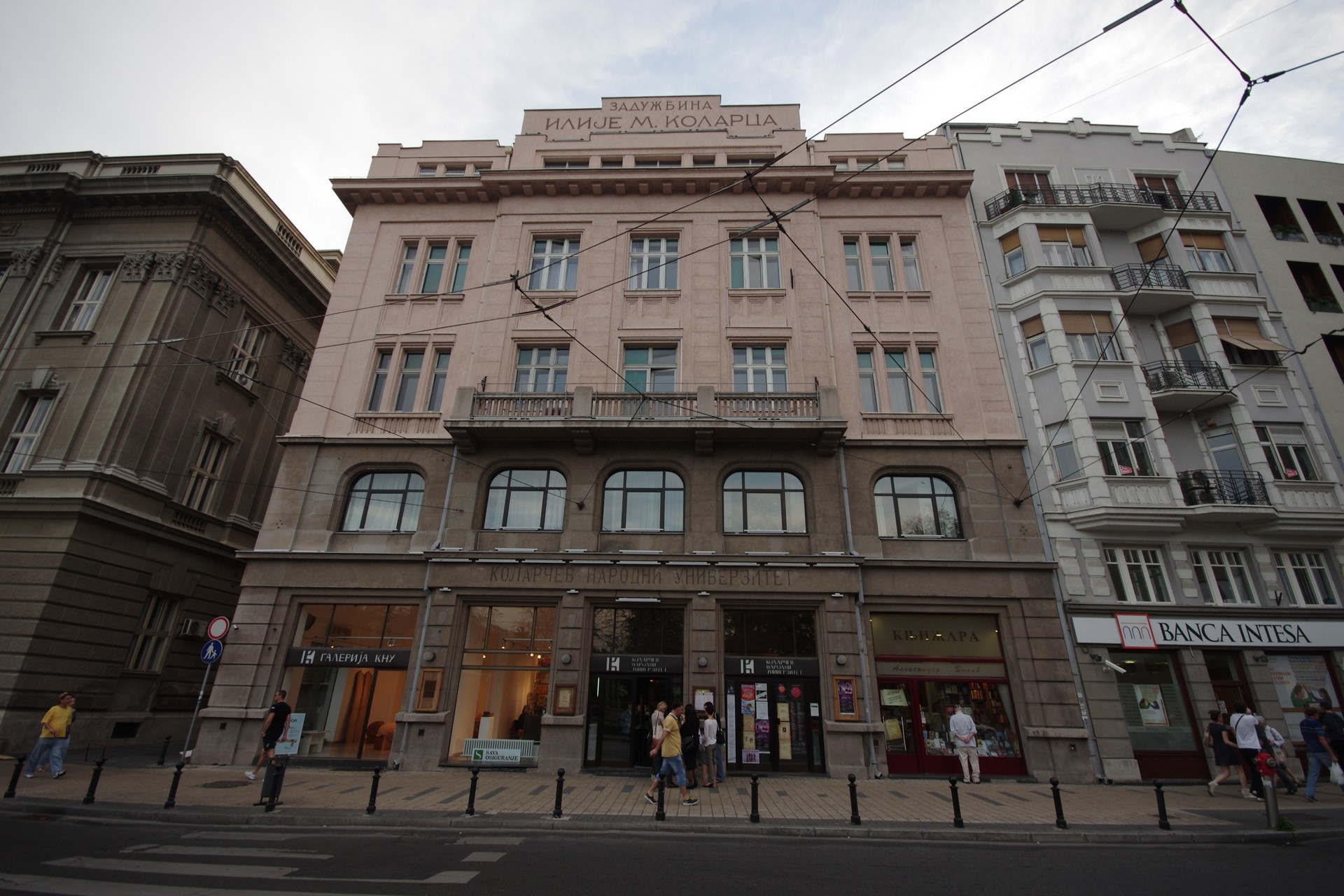 (cc)Sinobador/CC BY-SA 3.0
(cc)Sinobador/CC BY-SA 3.0
Ilija M. Kolarac Endowment
The endowment of Ilija M. Kolarac, also known as the Kolarac People’s University building, is located on 5 Studenski Square. The building is a monument of a great cultural and historical significance. The building of Kolarac People’s University was erected at a time of the raising awareness about Belgrade as...
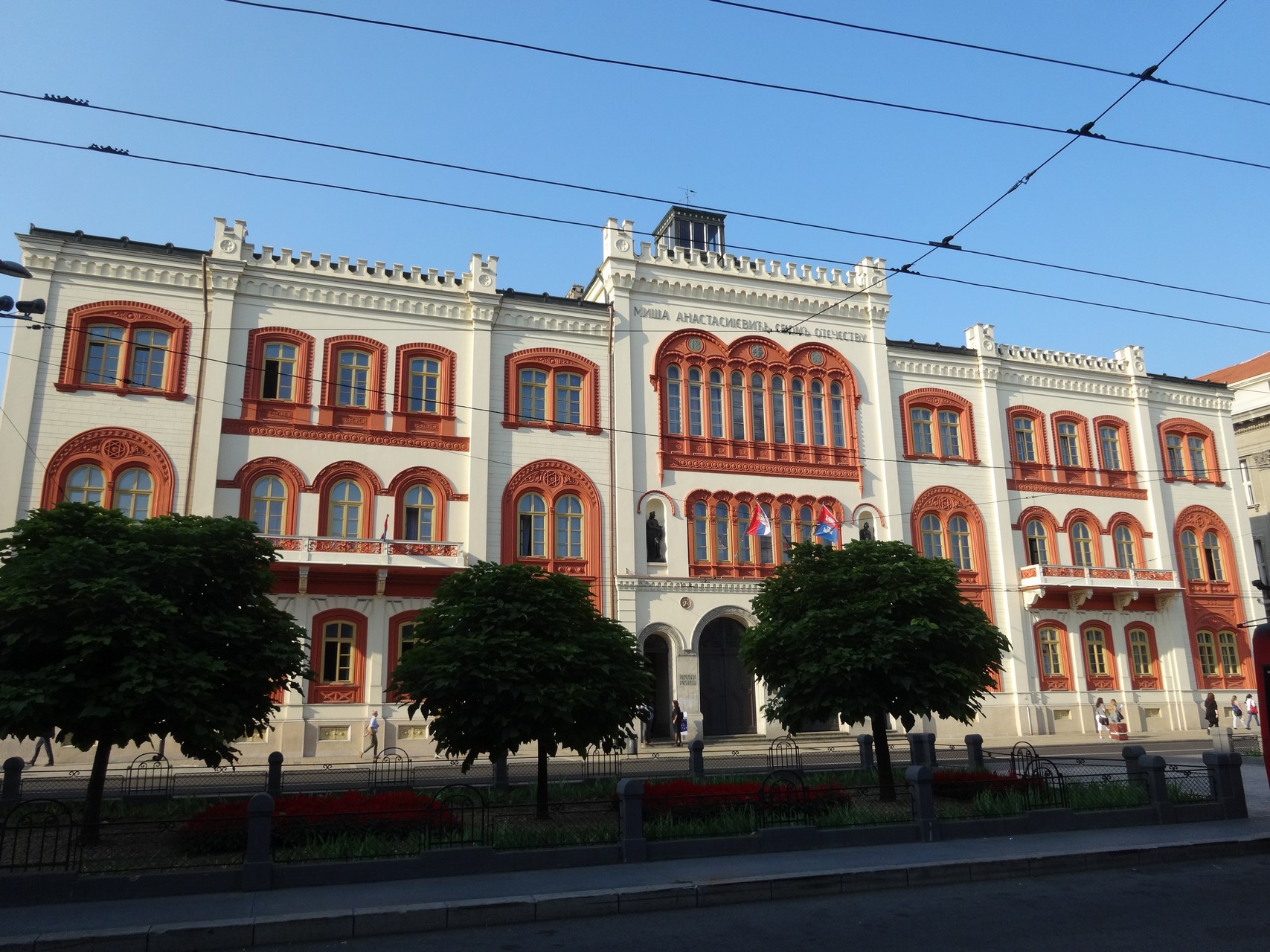 (cc)Mickey Mystique /CC BY-SA 4.0
(cc)Mickey Mystique /CC BY-SA 4.0
Captain Miša’s Mansion
Captain Miša’s Mansion is one of the most notable 19th century buildings in Belgrade. Today, it houses the Rectorate of the University of Belgrade and part of the Faculty of Philosophy. Building on 1 Studentski Square was erected in the period between 1857 and 1863, according to the plans of...
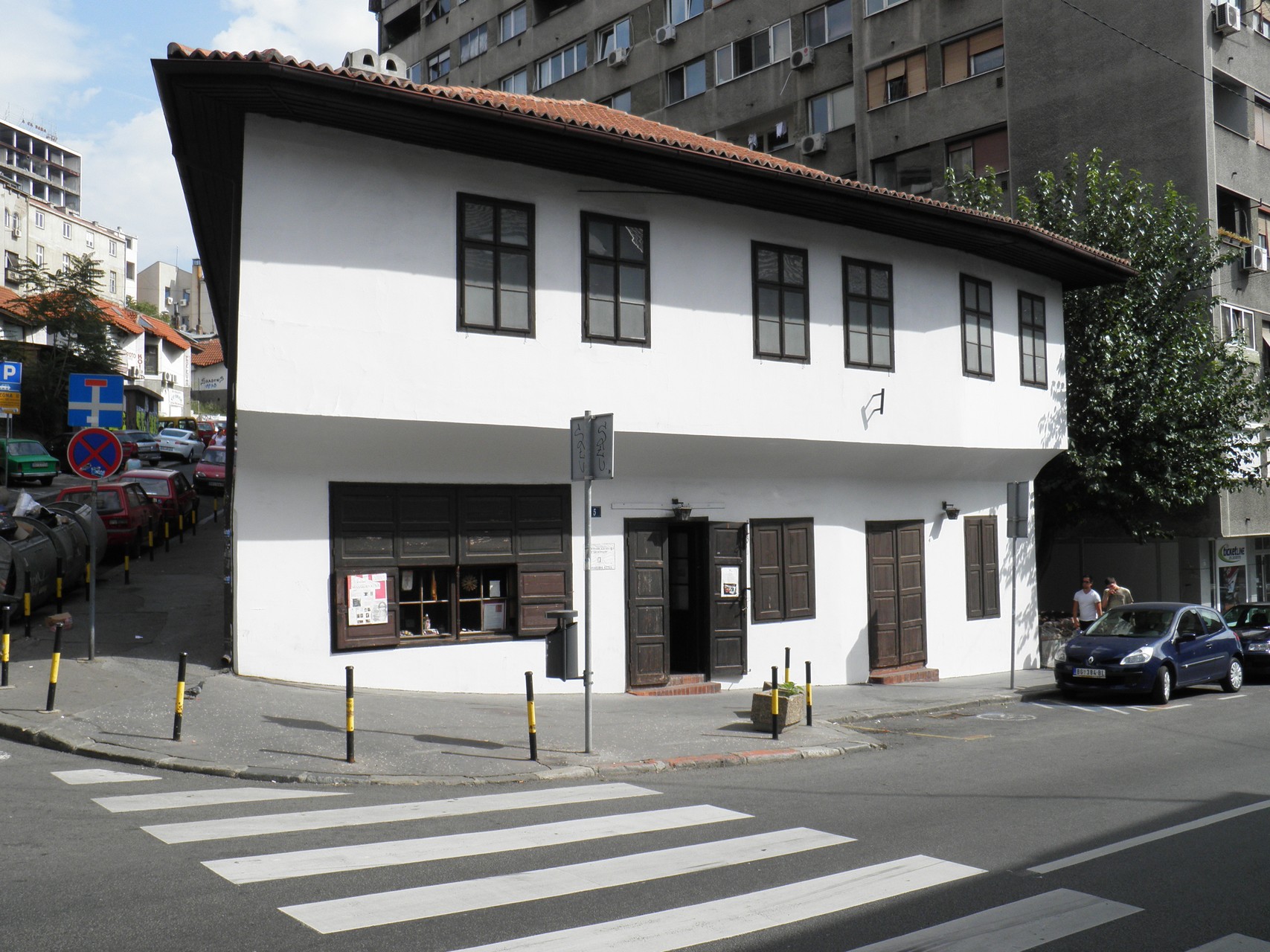 (cc) Mister No/CC BY 3.0
(cc) Mister No/CC BY 3.0
Manak’s House
Manak’s house is a cultural monument on the outskirts of the Savamala. This building is an important testament to the times before Prince Miloš begun to transform this area in the hopes of turning Belgrade into a modern city. The exact time of construction of the house is unknown. It...
 (cc)NMedjedov/CC BY-SA 3.0
(cc)NMedjedov/CC BY-SA 3.0
Cross at the Mali Pijac
The cross at the Mali Pijac (Little Marketplace) was one of the first monuments erected in Belgrade. It was placed there in 1862 and today it stands in the park near hotel Bristol. The monument was financed by Ćira Hristić, a merchant from Belgrade, in honour of the unknown heroes...
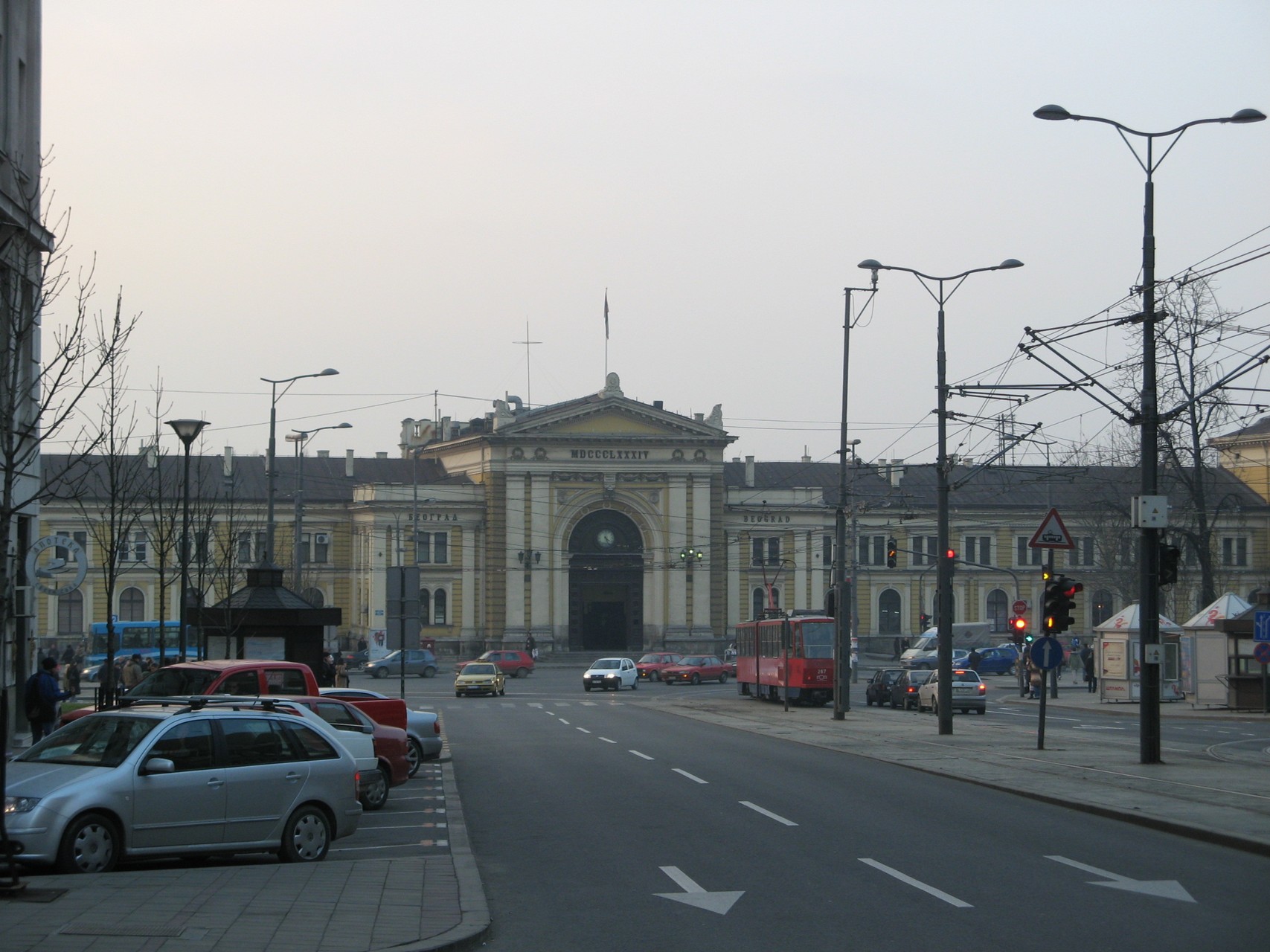 (cc)Dungodung/CC BY-SA 3.0
(cc)Dungodung/CC BY-SA 3.0
Belgrade Main railway station
The building of the former main Belgrade railway station was built between 1882 and 1885, according to the design of the architect Dragutin Milutinović. It was built on the model of railway stations of large European cities and designed in the spirit of academism. The first train from this station...
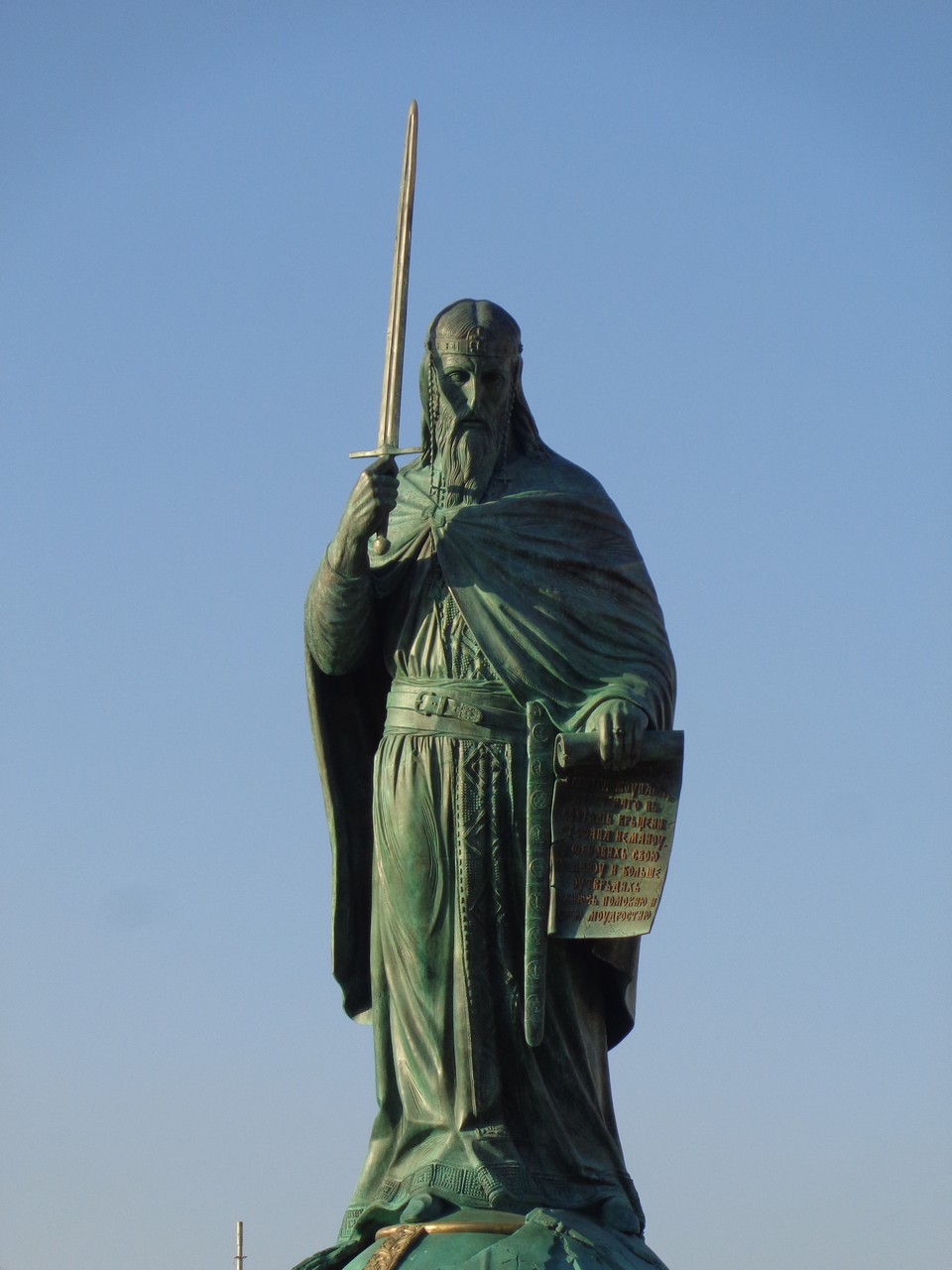 (cc) Andrija12345678/CC BY-SA 4.0
(cc) Andrija12345678/CC BY-SA 4.0
Monument of Stefan Nemanja
The monument of Stefan Nemanja is located on Savski Square, in front of the building of the former main Belgrade railway station. It is a work of the Russian sculptor Alexander Julianovich Rukavishnikov, a member of the Russian Academy of Arts. The statue was unveiled on St. Sava’s Day, January...
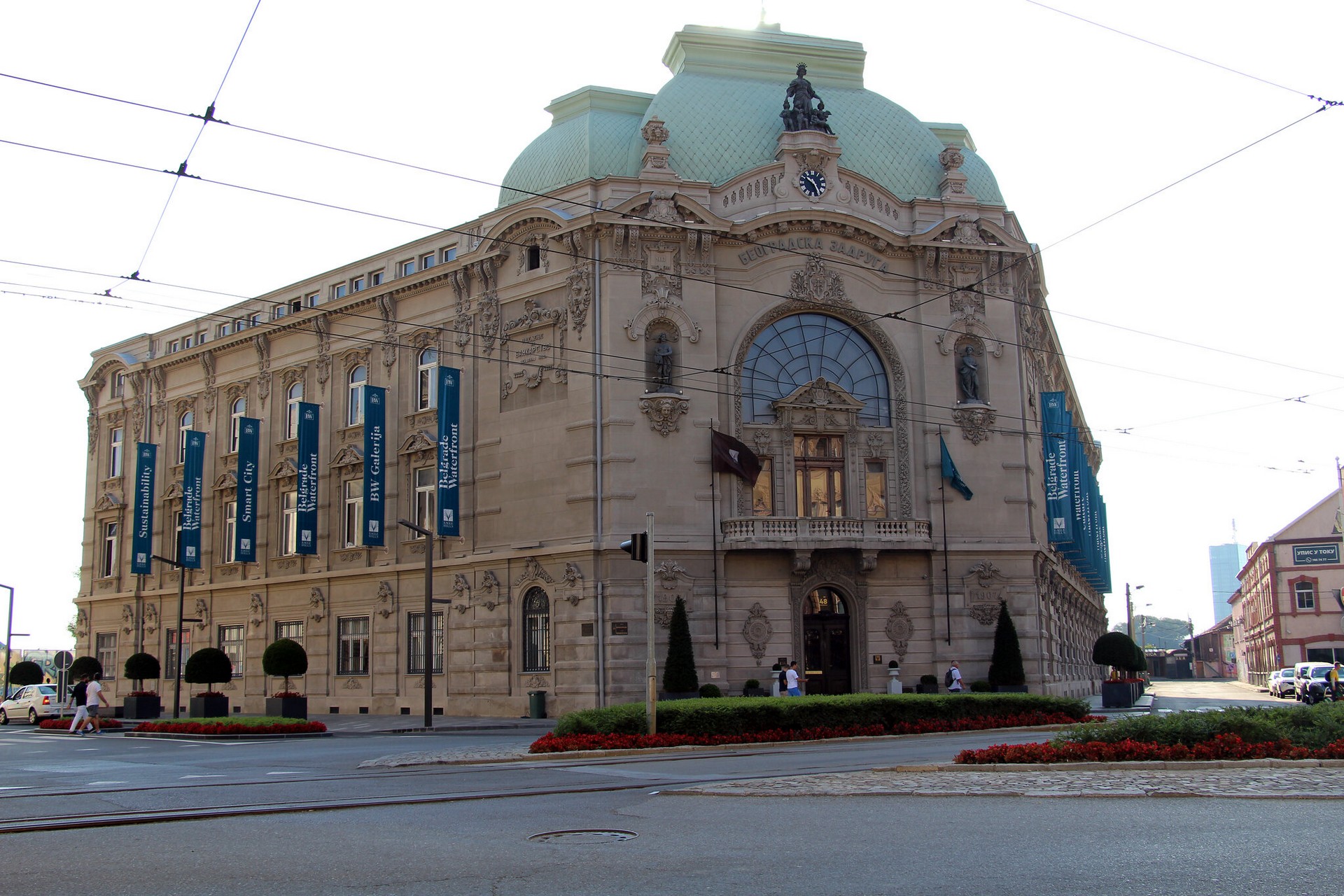 (cc)Fred Romero/CC BY 2.0
(cc)Fred Romero/CC BY 2.0
The Building of the Belgrade Cooperative
The building of the former Belgrade Cooperative was constructed in 1907. It was designed by architects Nikola Nestorović and Anda Stevanović. During the planning of construction, both architects were under the impression of the great Paris Exhibition in 1900 and the decorativism of the Paris school. The palace of the...
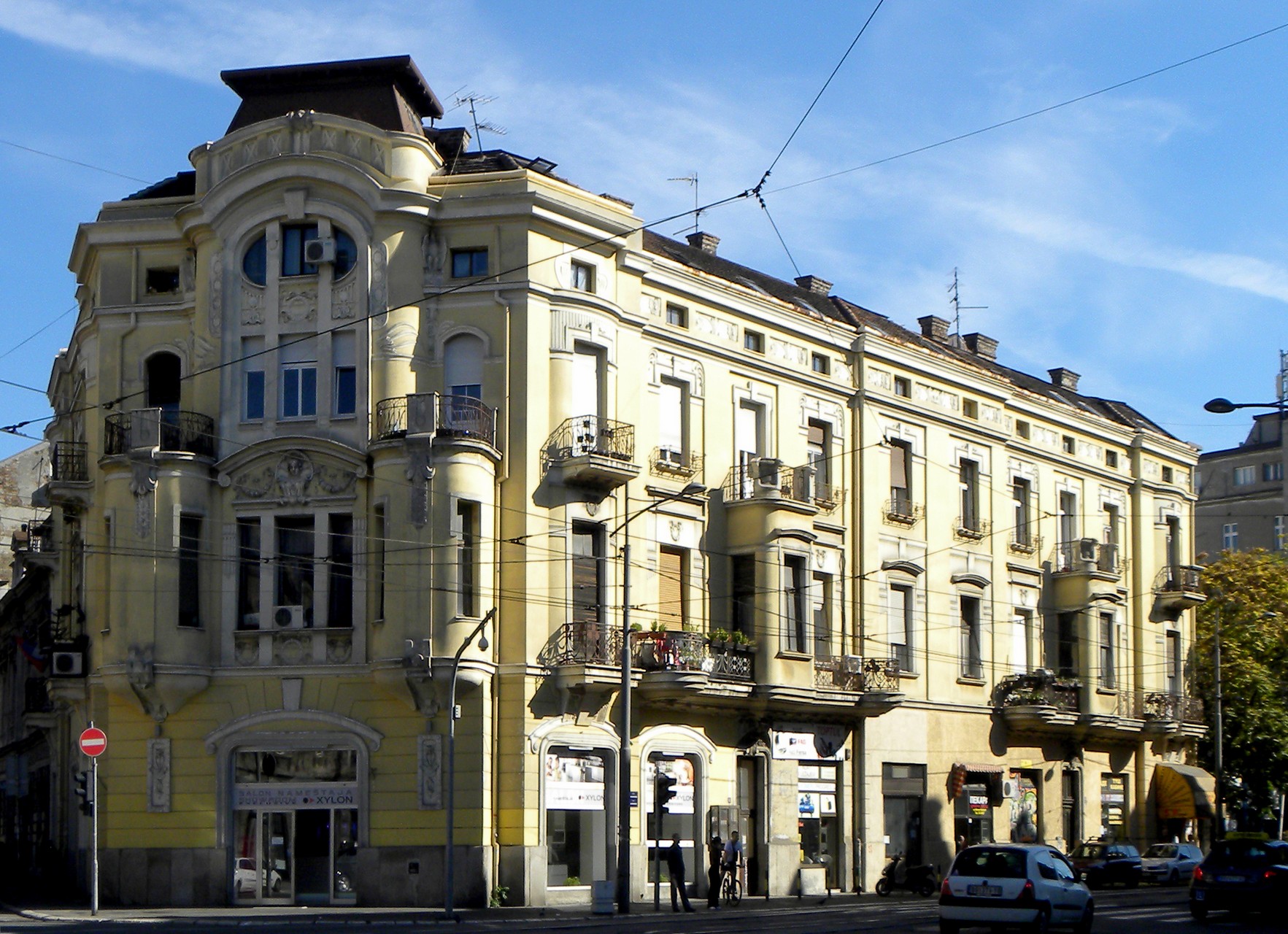 (cc) Nemezis/CC BY-SA 3.0
(cc) Nemezis/CC BY-SA 3.0
Vuča’s house on the Sava
Vuča’s house on the Sava River is located in Karađorđeva Street. It was built during the heyday of the so-called “Sava settlement”, by the design of аrchitect Dimtrije T. Leko. It was built as a representative two-storey dual-purpose building for the merchant Đorđe Vučo. Shops were located on the ground...
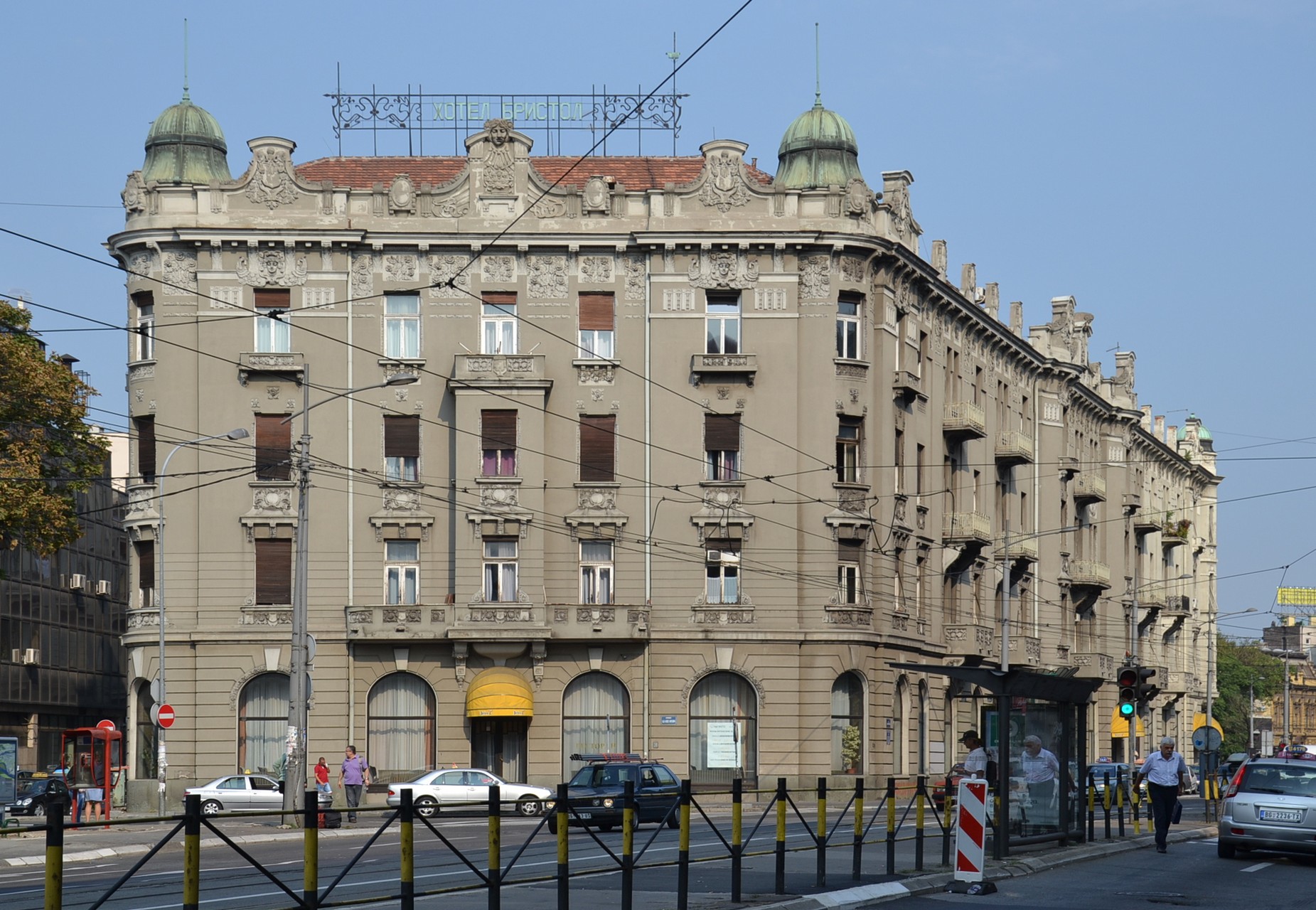 (cc) Pudelek (Marcin Szala)/CC BY-SA 3.0
(cc) Pudelek (Marcin Szala)/CC BY-SA 3.0
Bristol Hotel
Bristol Hotel in Karađorđeva Street was erected as the building of the Insurance and Credit Association of the Belgrade Cooperative between 1910 and 1912. The hotel was projected by Nikola Nestorović, one of the leading Serbian architects of that time. Bristol Hotel was one of the largest and most modern...
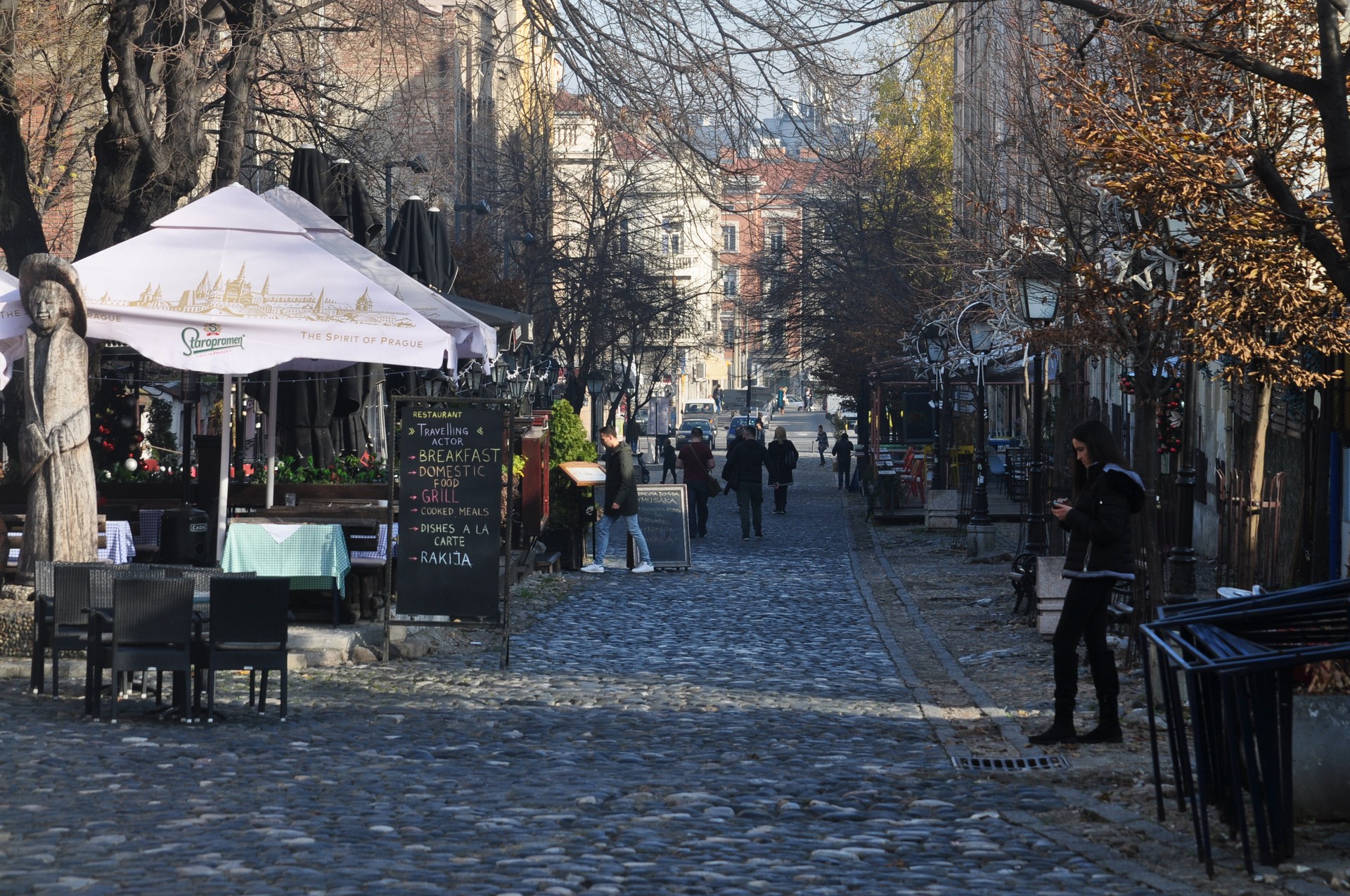 (cc) young shanahan/CC BY 2.0
(cc) young shanahan/CC BY 2.0
Skadarlija
Skadarlija is a bohemian quarter, a favorite tourist spot and a place where you can feel the spirit of old Belgrade. Skadarska Street, after which the whole surrounding area is named, is about 500 meters long and located in the very center of the city. Due to the proximity of...
 (cc) julie corsi/CC BY 2.0
(cc) julie corsi/CC BY 2.0
Taverns in Skadarlija
Skadarlija is mainly known for its famous taverns that offer traditional Serbian cuisine, drinks and music. Some of these taverns are among the oldest in Belgrade. As early as in 1909, there were 14 taverns in Skadarska Street, which were a center of social and cultural life and a “refuge”...
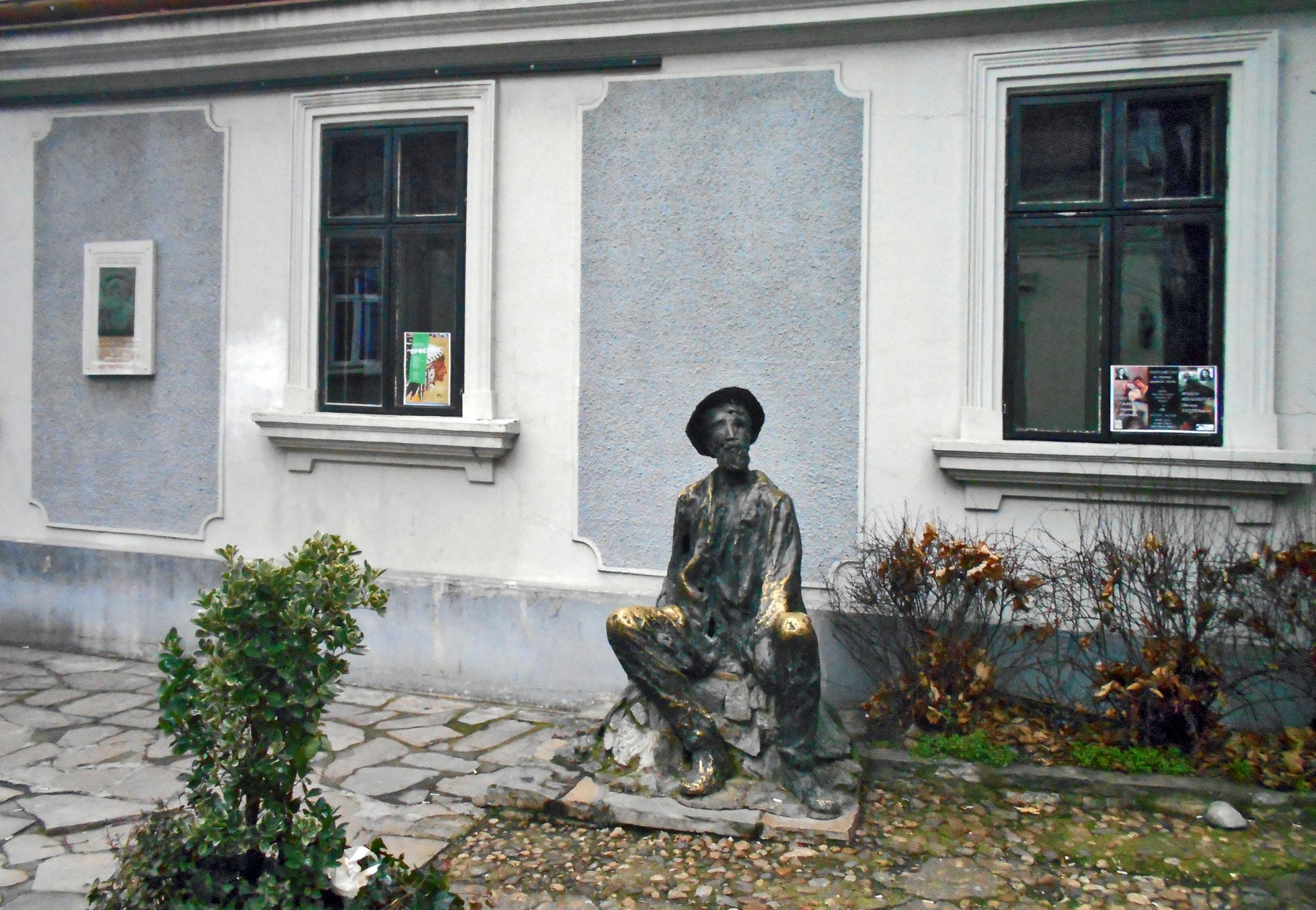 (cc)BuhaM/ CC BY-SA 4.0
(cc)BuhaM/ CC BY-SA 4.0
Đura Jakšić’s House
House in 34 Skadarska Street is one of the oldest and most famous houses in Skadarlija. The renowned Serbian poet and painter Đura Jakšić (1832-1878) lived and died in this house. At that time, this whole area was a poor city borough called Ciganska mahala, and Đura Jakšić was perhaps...
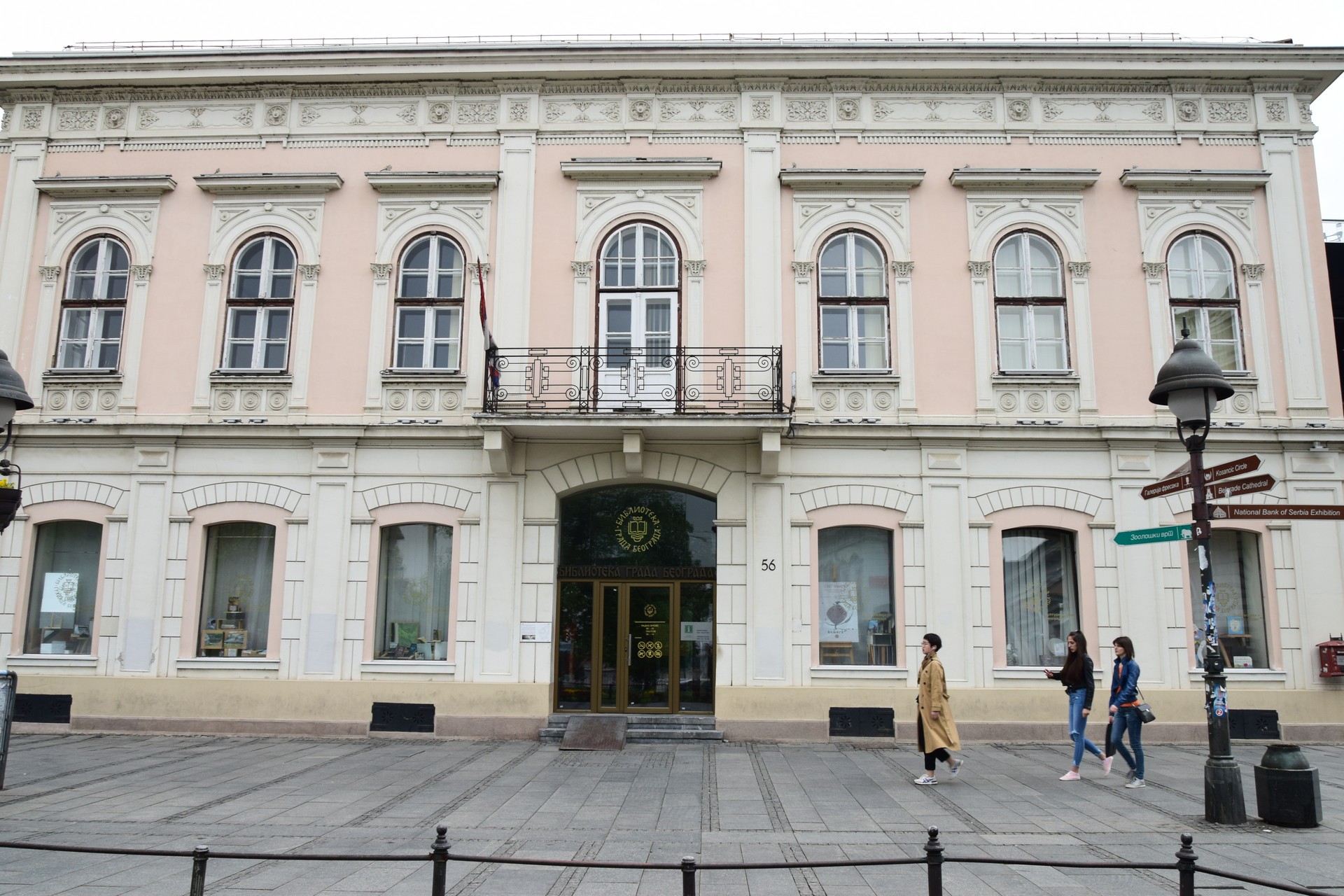 (cc)Miomir Magdevski/CC BY-SA 4.0
(cc)Miomir Magdevski/CC BY-SA 4.0
Srpska kruna Hotel
Hotel “Srpska kruna” was built in 1869 as the most modern hotel in Belgrade at that time. It was a first-class hotel, built at a time when Serbia was slowly freeing itself from Turkish influence and turning towards Europe. This is the only authentic building preserved as the representative of...
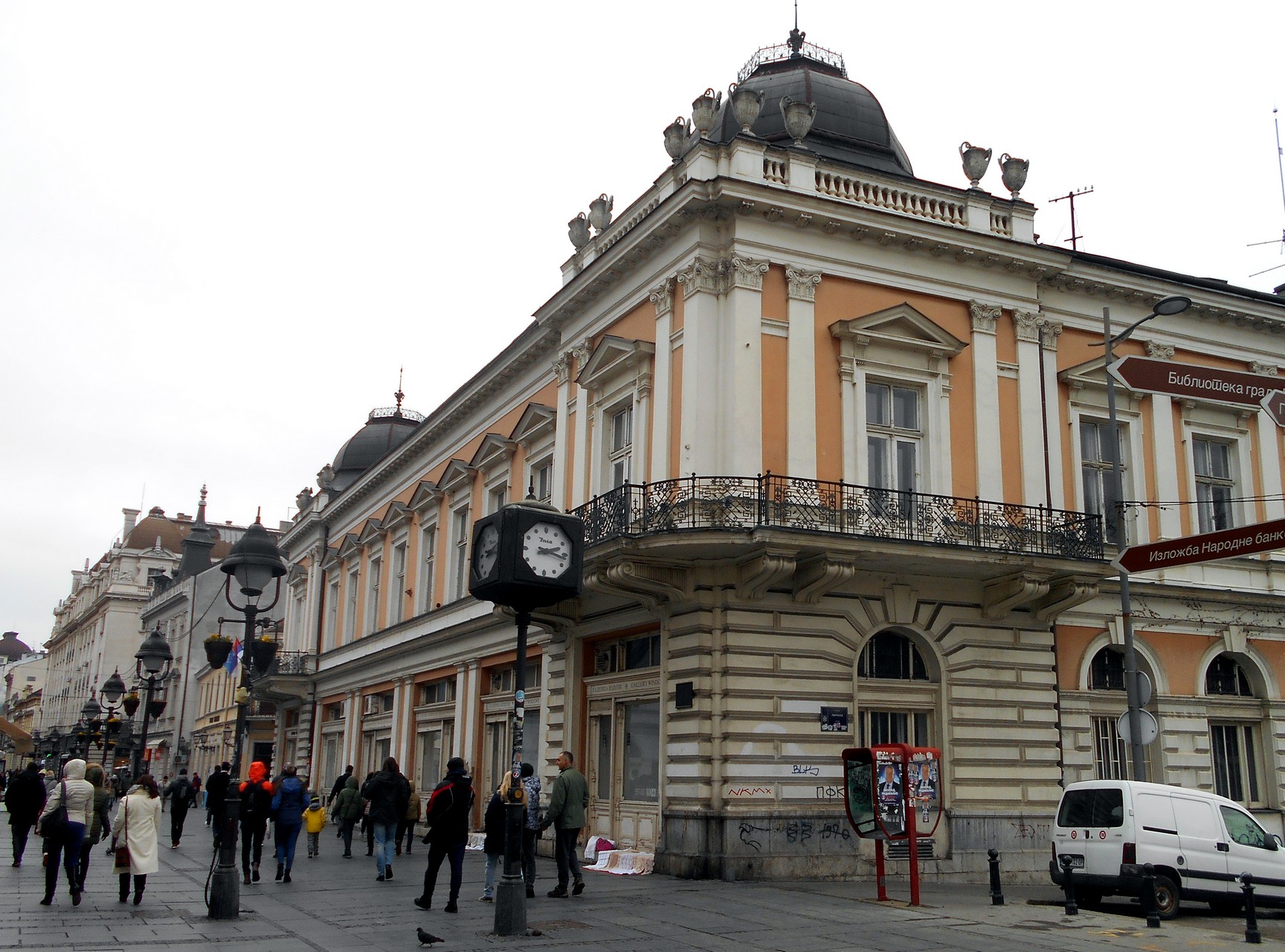 (cc)BuhaM/CC BY-SA 4.0
(cc)BuhaM/CC BY-SA 4.0
Marka Stojanović’s House
The house of Marko Stojanović, a well-known Belgrade lawyer, is located in 53-55 Knez-Mihailova Street. It was designed by the architect Konstantin Jovanović in 1885. A house in neo-Renaissance style was built four years later. The building had a dual purpose – on the ground floor were the business premises,...
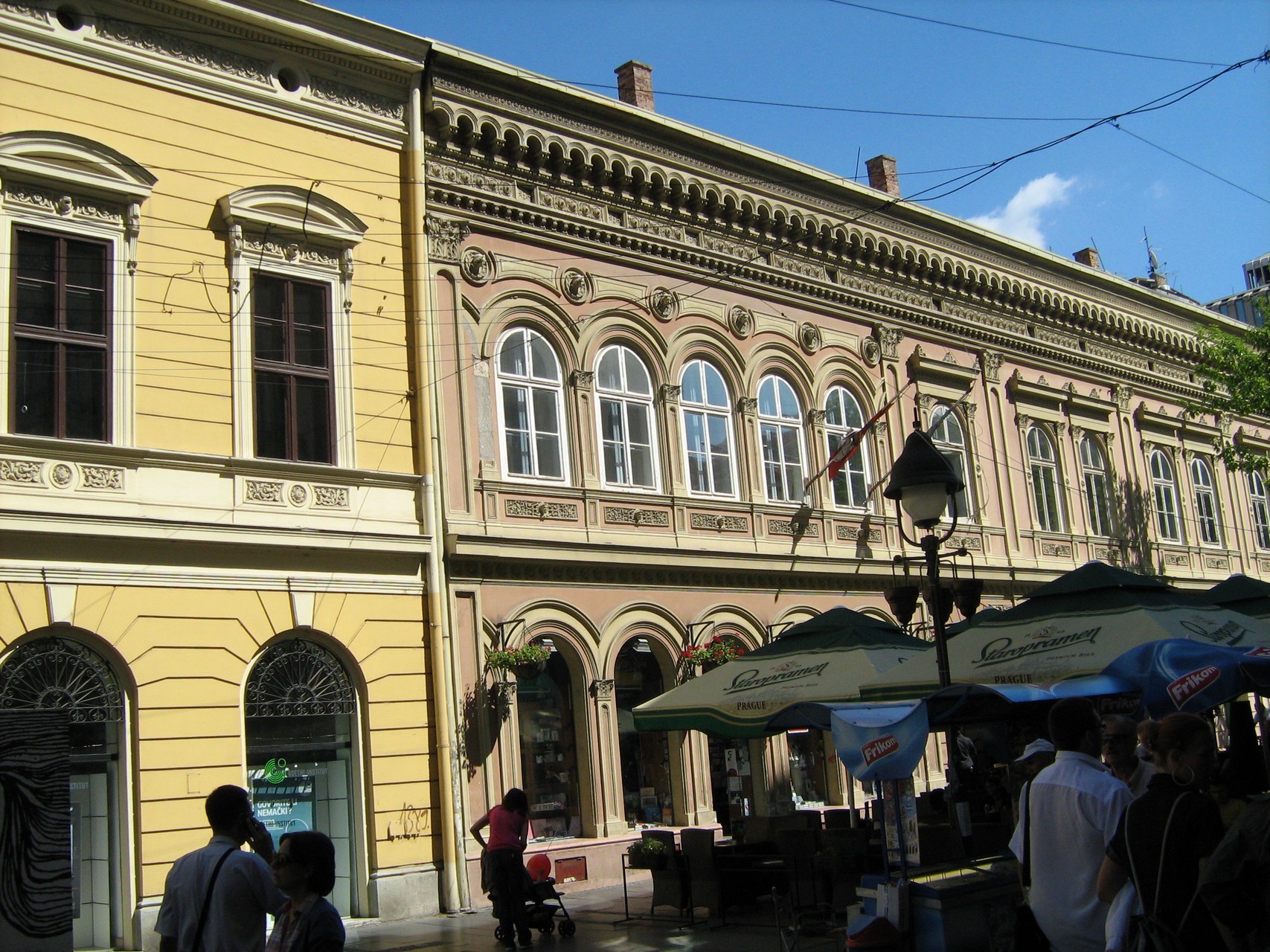 (cc)Djordje Stakić/CC BY-SA 3.0
(cc)Djordje Stakić/CC BY-SA 3.0
Block of civic houses
The block of civic houses in Knez Mihailova Street at numbers 46, 48 and 50, was created in the late 1870s. The houses are distinctive in terms of architectural content, purpose and manner. They were designed in the then modern spirit of historical styles, mostly with elements of romanticism and...
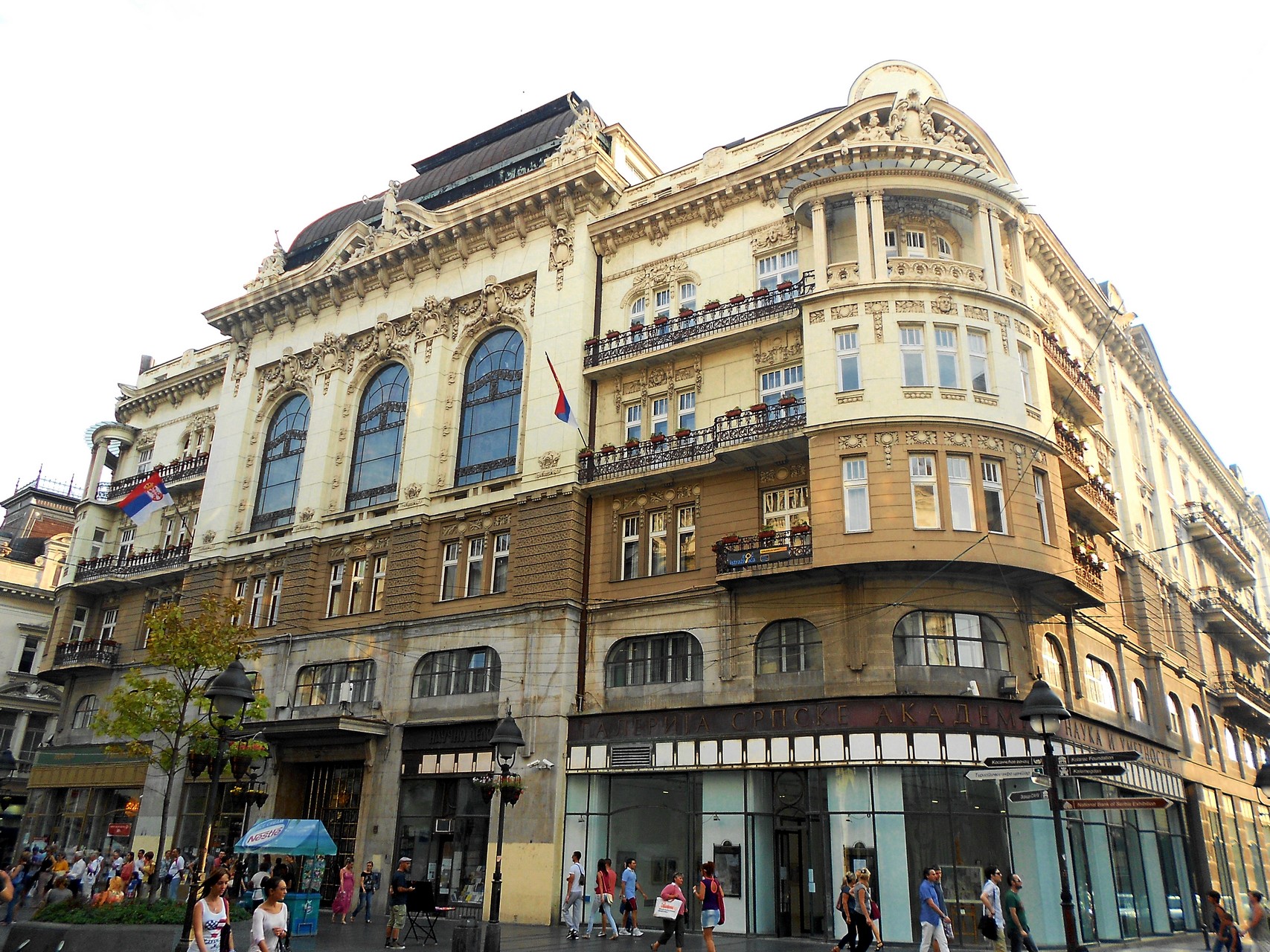 (cc)NMedjedov/CC BY-SA 3.0
(cc)NMedjedov/CC BY-SA 3.0
SASA Palace
The Palace of SASA (Serbian Academy of Sciences and Arts) was built in 1924 after the design from 1912 by architects Andra Stevanović and Dragutin Đorđević. It is a monumental structure and a great accomplishment of the local architecture from the beginning of the 20th century. The building has four...
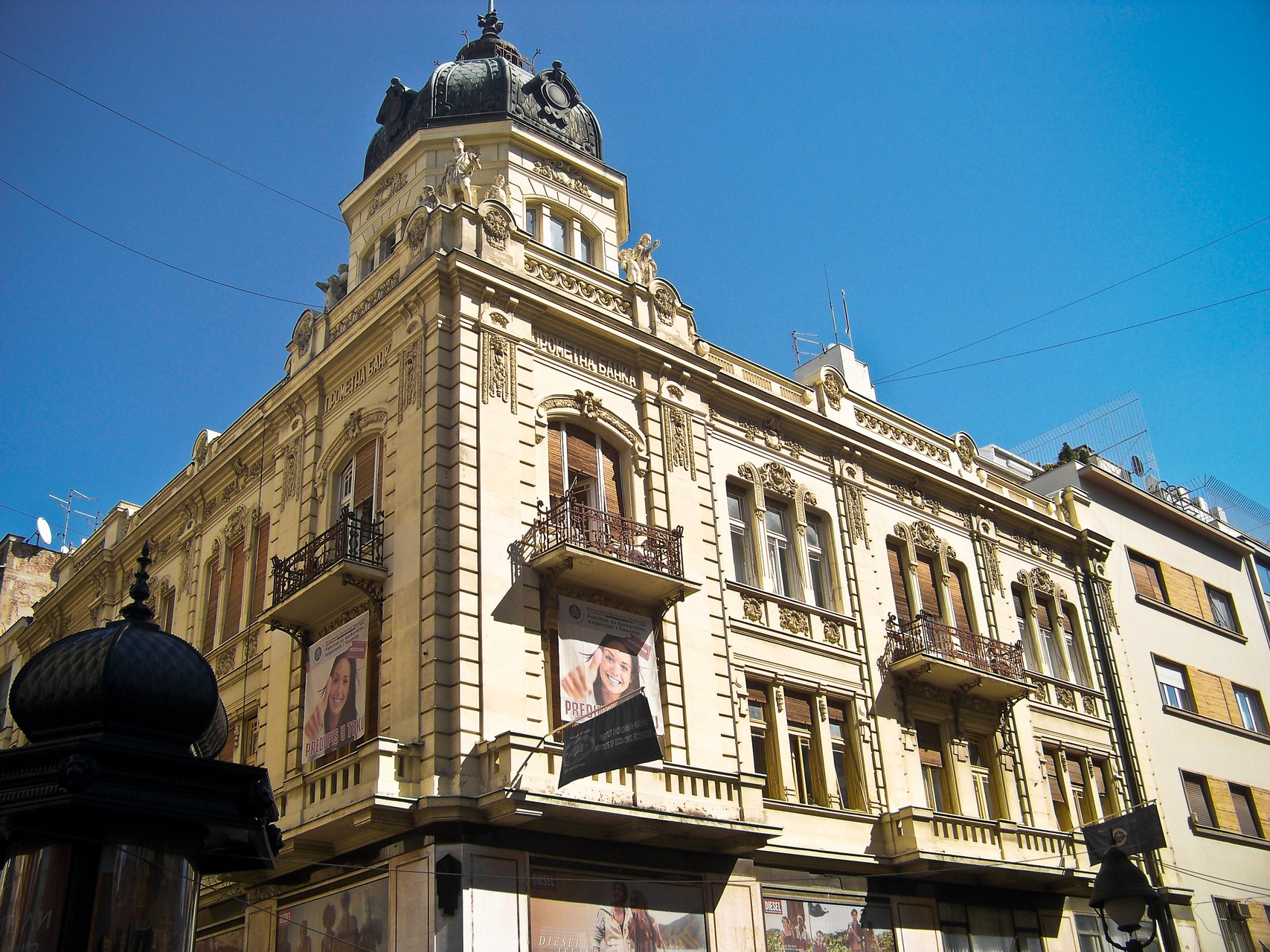 (cc)Joksimus/CC BY-SA 3.0
(cc)Joksimus/CC BY-SA 3.0
Building of the Commercial Bank
The building of the Commercial Bank (Prometna banka), on the very corner of Knez Mihailova and Zmaj Jovina streets, was constructed from 1912 to 1914. The designers were architect Danilo Vladisavljević and engineer Miloš Savčić. The building was erected for the needs of the Commercial Bank, which was founded in...
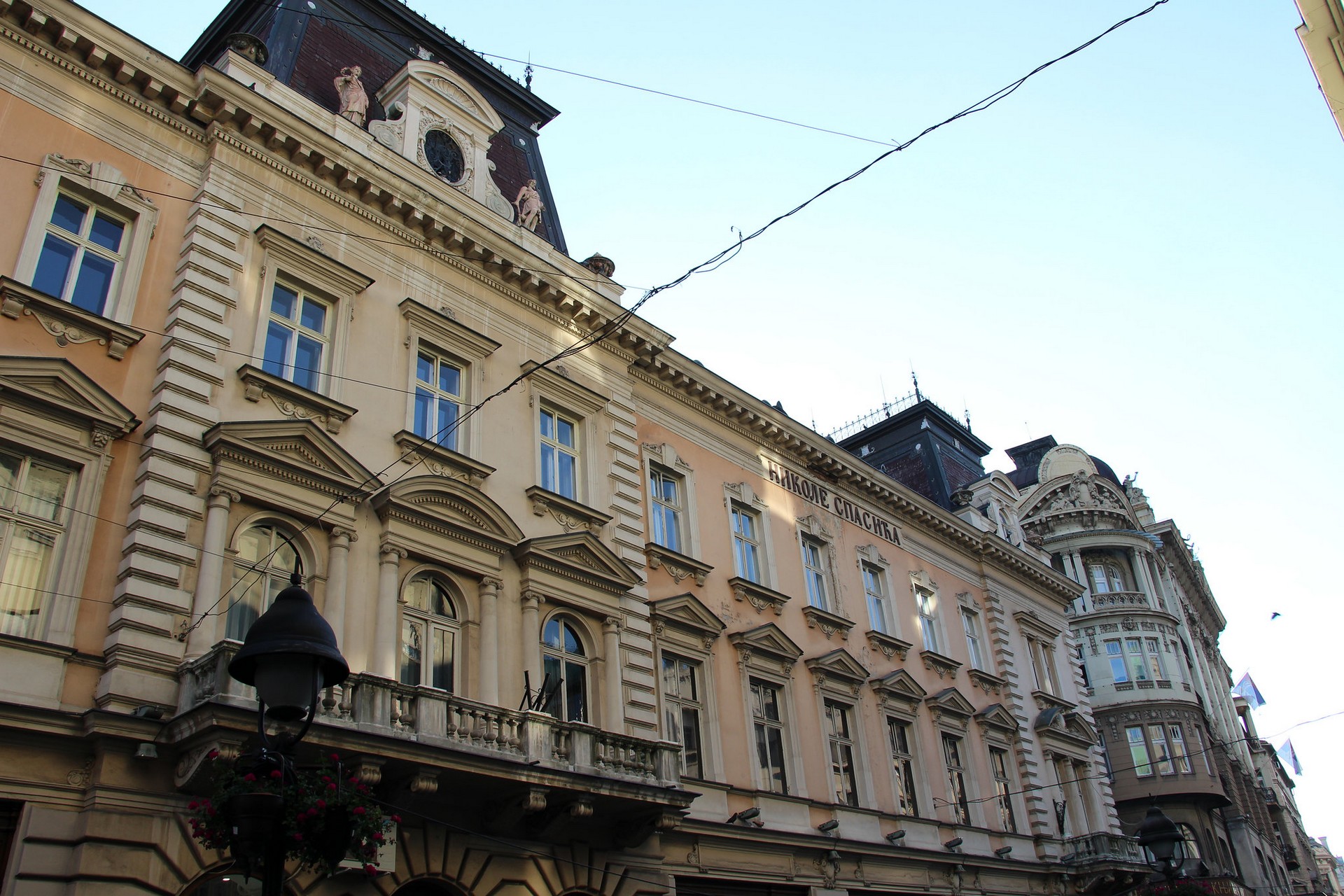 (cc)Fred Romero/CC BY 2.0
(cc)Fred Romero/CC BY 2.0
Endowment of Nikola Spasić
The building in 33 Knez Mihailova Street was erected in 1889 by merchant Nikola Spasić. It was designed by architect Konstantin Jovanović, as a residential and commercial two-storey building. The function of the building, which housed shops on the ground floor and apartments on the first floor, was matching to...
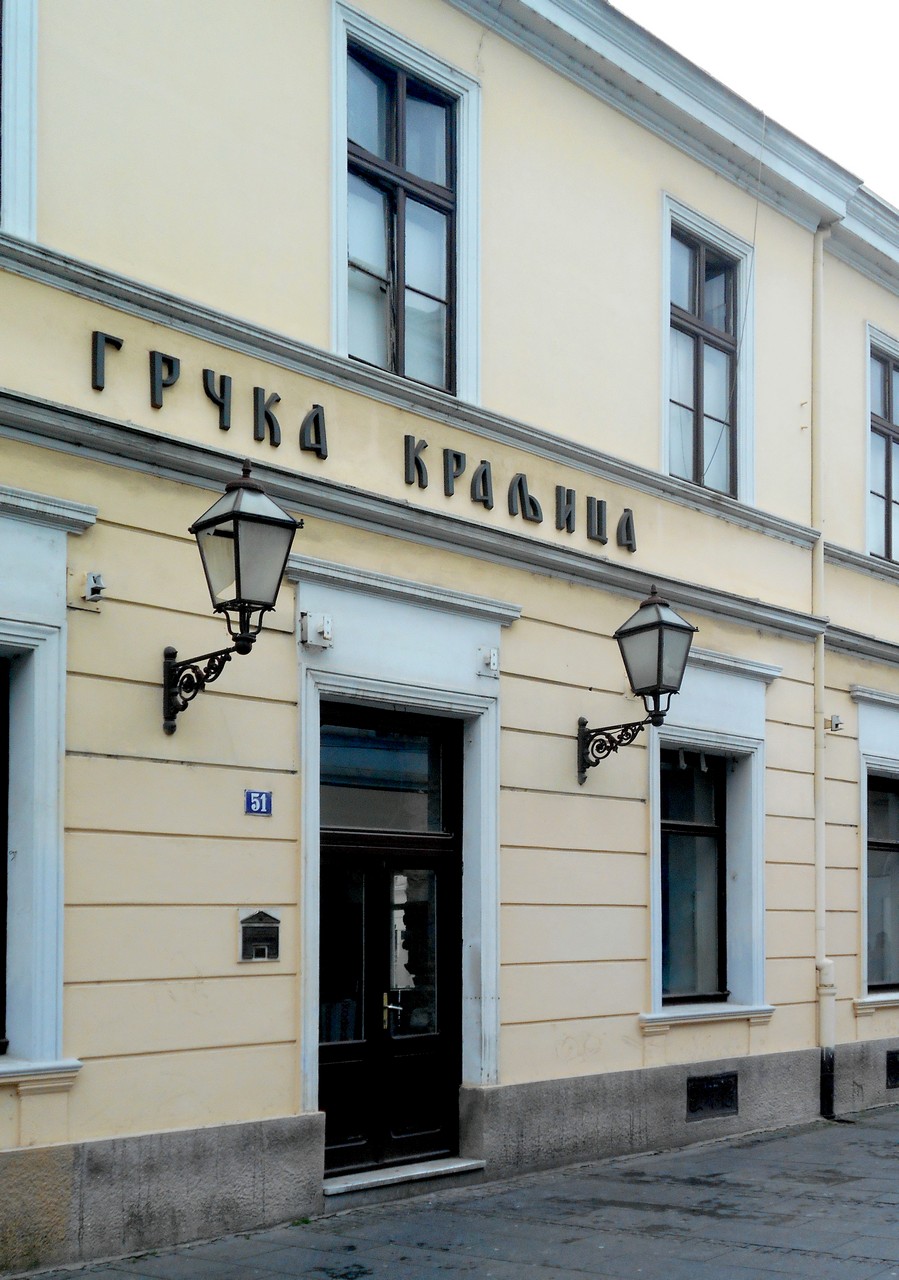 (cc)BuhaM/CC BY-SA 4.0
(cc)BuhaM/CC BY-SA 4.0
Grčka kraljica Tavern
“Grčka kraljica” (“Greek Queen”) is a former tavern in 51 Knez Mihailova Street. It was built in 1835 and designed in the style of academism. The author of the project is unknown. This is also the oldest building in Knez Mihailova Street. The tavern was closed in 2007. Immediately after...
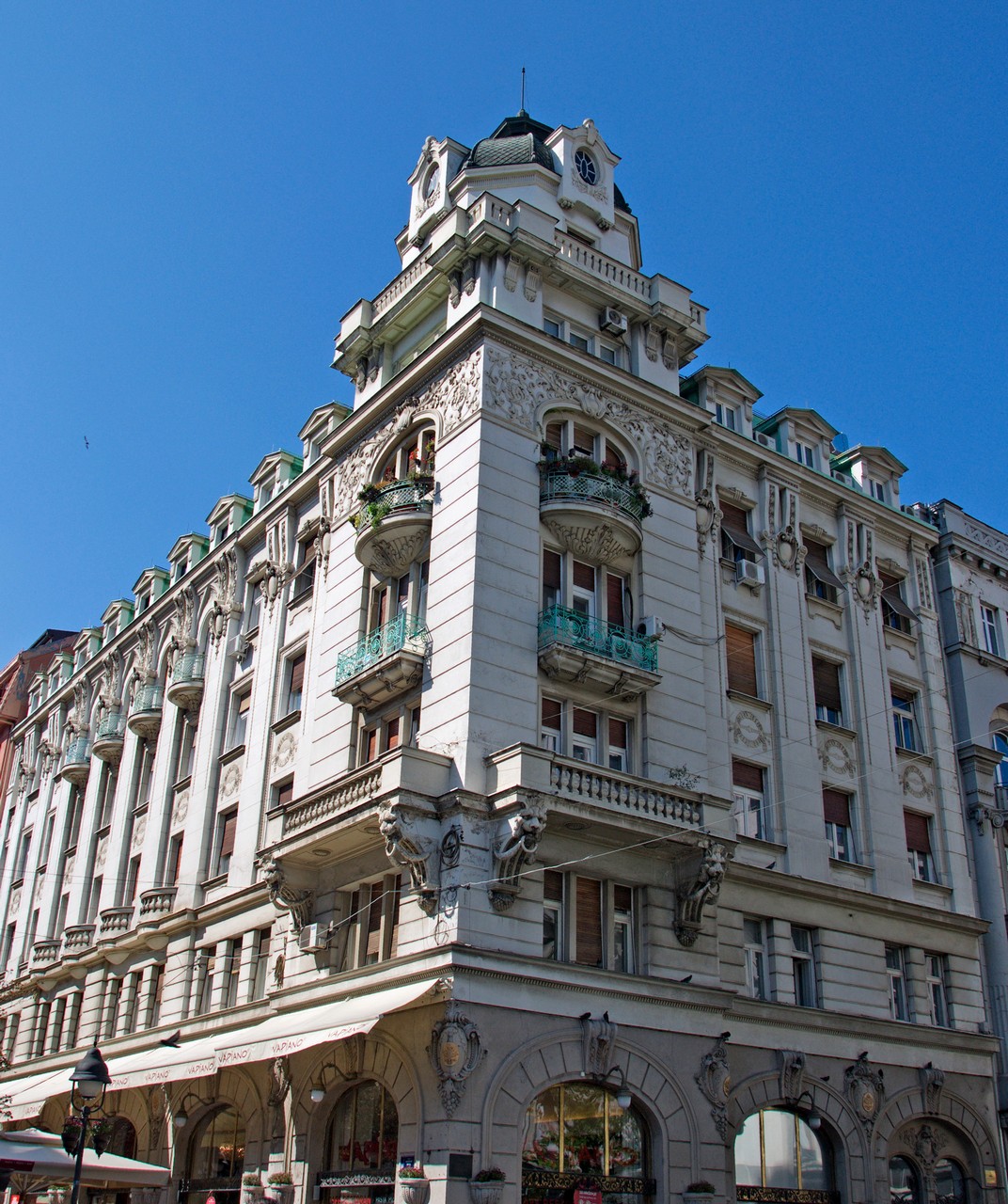 (cc)ZoranCvetkovic/CC BY-SA 3.0
(cc)ZoranCvetkovic/CC BY-SA 3.0
Ruski car Tavern
The building which houses the cafe and restaurant “Ruski Car” (“Russian Tsar”) is located on the corner of Knez Mihailova and Obilićev venac streets. It was built between 1922 and 1926, after the design of the architect Petar Popović, and with the assistance of the architect Dragiša Brašovan in the...
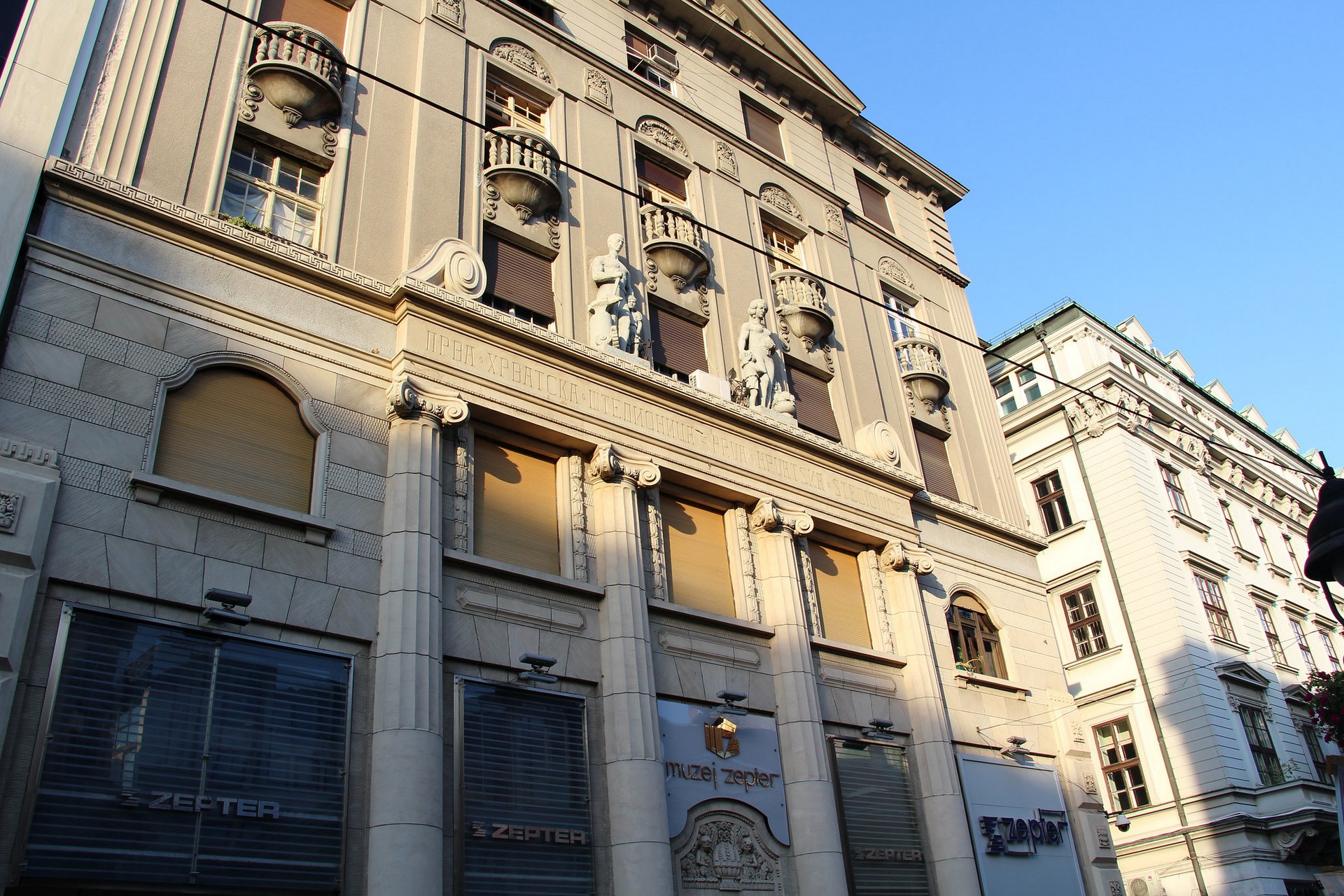 (cc)Fred Romero/CC BY 2.0
(cc)Fred Romero/CC BY 2.0
Zepter Museum
Zepter Museum in 42 Knez Mihailova Street was founded in 2010 as the first private art museum in Serbia. The Museum building was designed by the Croatian architect Dionis Andrija Sunko in 1922 for the needs of the First Croatian Savings Bank. The main activity of the Museum is to...
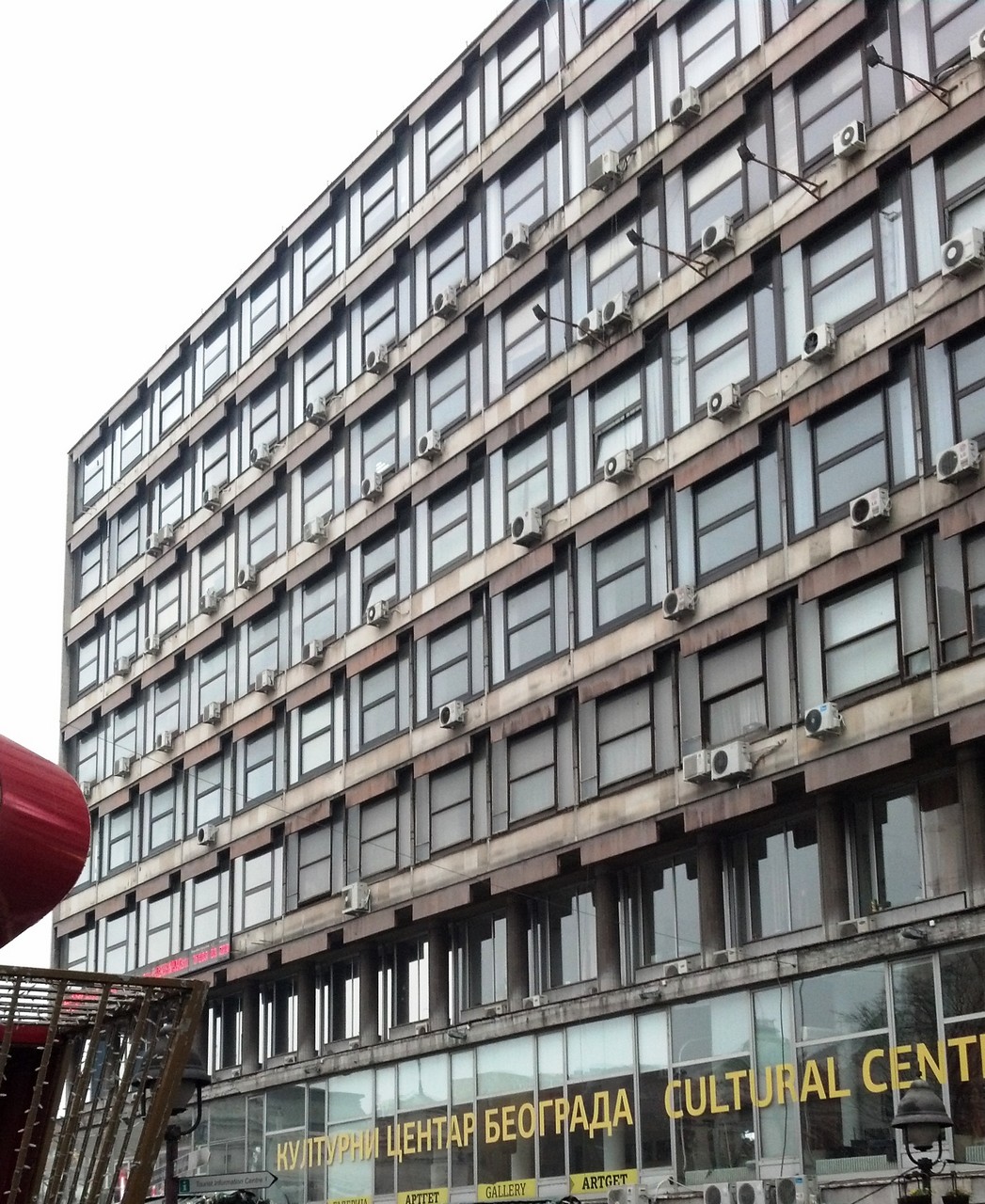 (cc)Nanabaka/CC BY-SA 4.0
(cc)Nanabaka/CC BY-SA 4.0
Cultural Center of Belgrade
The Cultural Center of Belgrade, located in 6/I Knez Mihailova Street, was founded in 1957 as a multidisciplinary center, which dealt with important topics and works from the fields of contemporary art, science, culture and cultural heritage. This unique complex of multipurpose spaces, with a total space area of over...
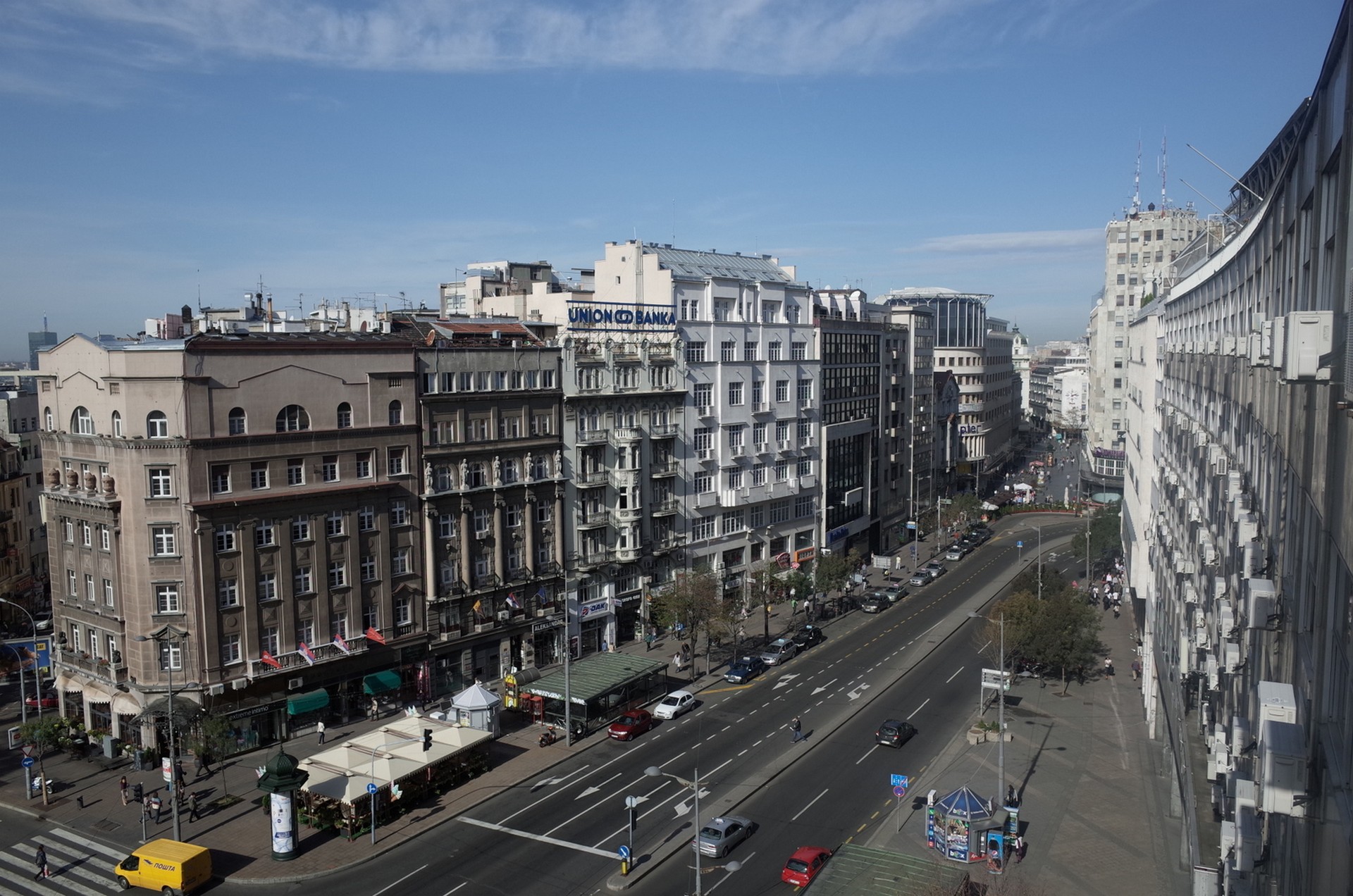 (cc)tomislav medak/CC BY 2.0
(cc)tomislav medak/CC BY 2.0
Terazije
Terazije is one of the central squares of Belgrade. It covers the area from Sremska Street to Kralja Milana Street. The square began to form in the first half of the 19th century. The name of the square comes from the term used for the Turkish water supply towers, which...
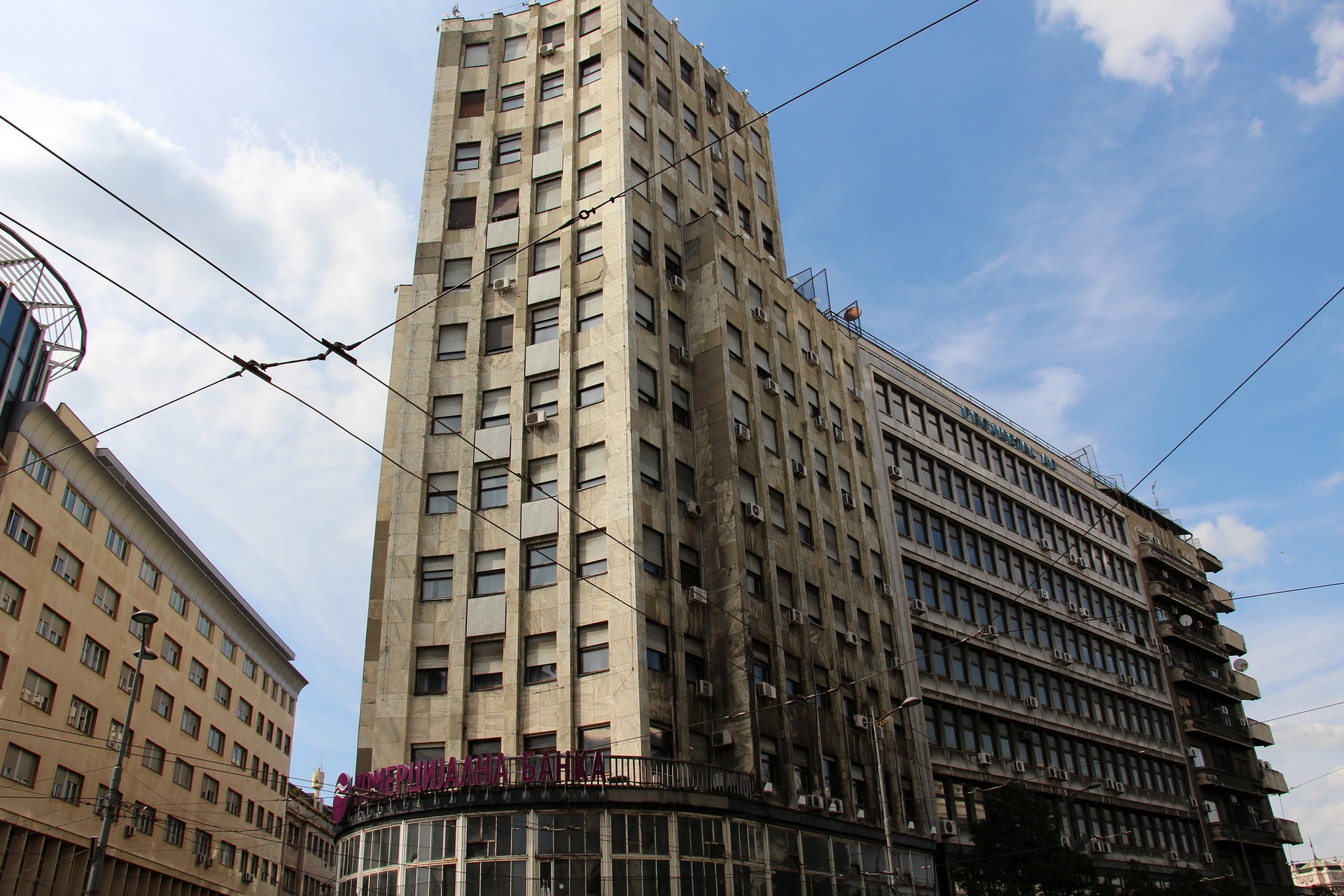 (cc)Fred Romero/CC BY 2.0
(cc)Fred Romero/CC BY 2.0
Palace Albanija
Palace “Albania on the corner of Kolaračeva and Knez Mihailova streets was the first skyscraper in Belgrade. The building was designed by project of Branko Bon and Milan Grakalić from 1938 and completed in 1939 according to the projects of Miladin Prljević and Đorđe Lazarević. It remained the tallest building...
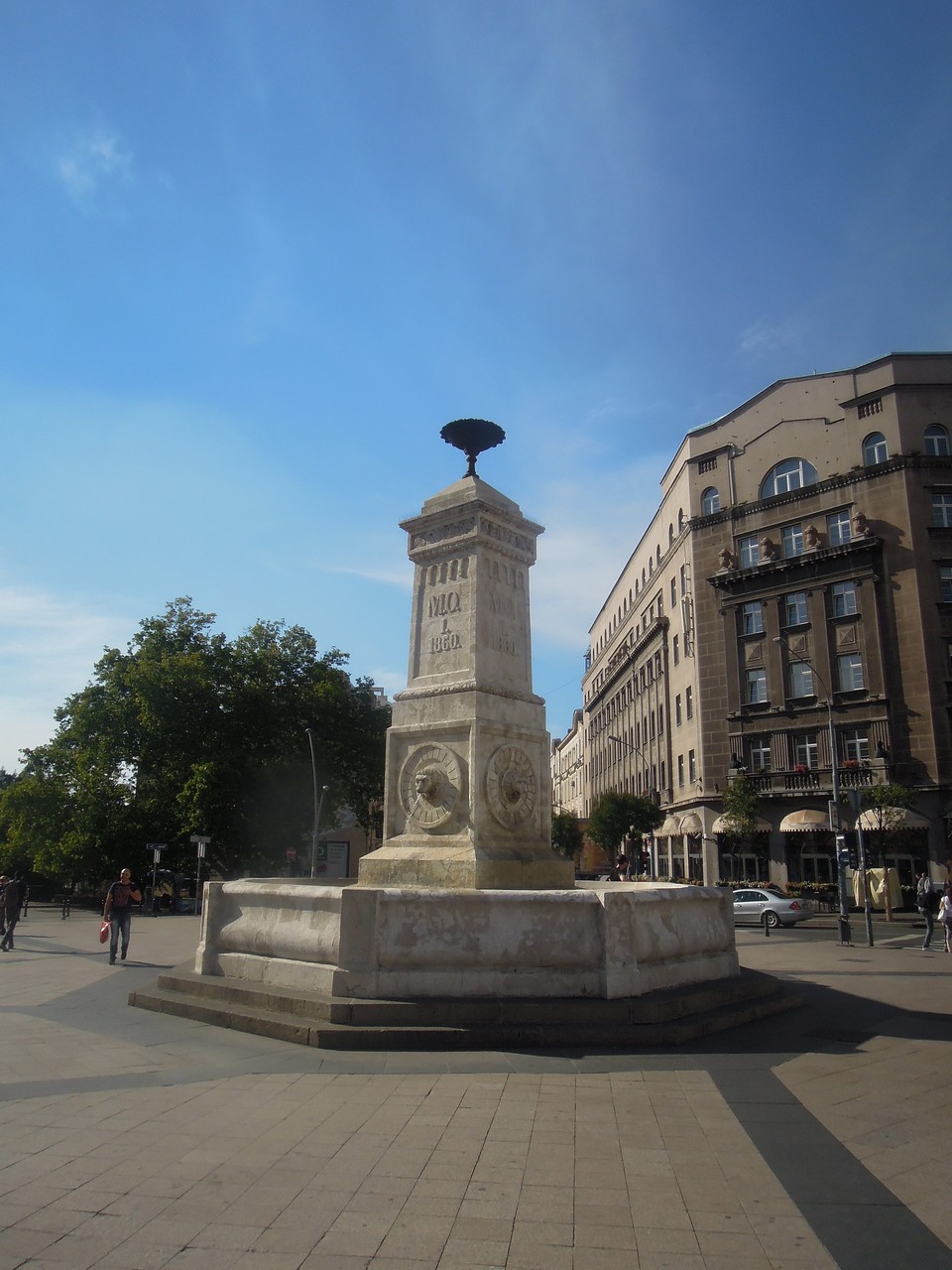 (cc)Mickey Mystique /CC BY-SA 3.0
(cc)Mickey Mystique /CC BY-SA 3.0
Terazije Fountain
The Terazije fountain is the work of sculptor Franc Loran. It was built in 1860 to mark the return of Prince Miloš Obrenović to the throne. It is one of the most important legacies of his reign. The fountain was built on the site of an old Turkish fountain-water tower...
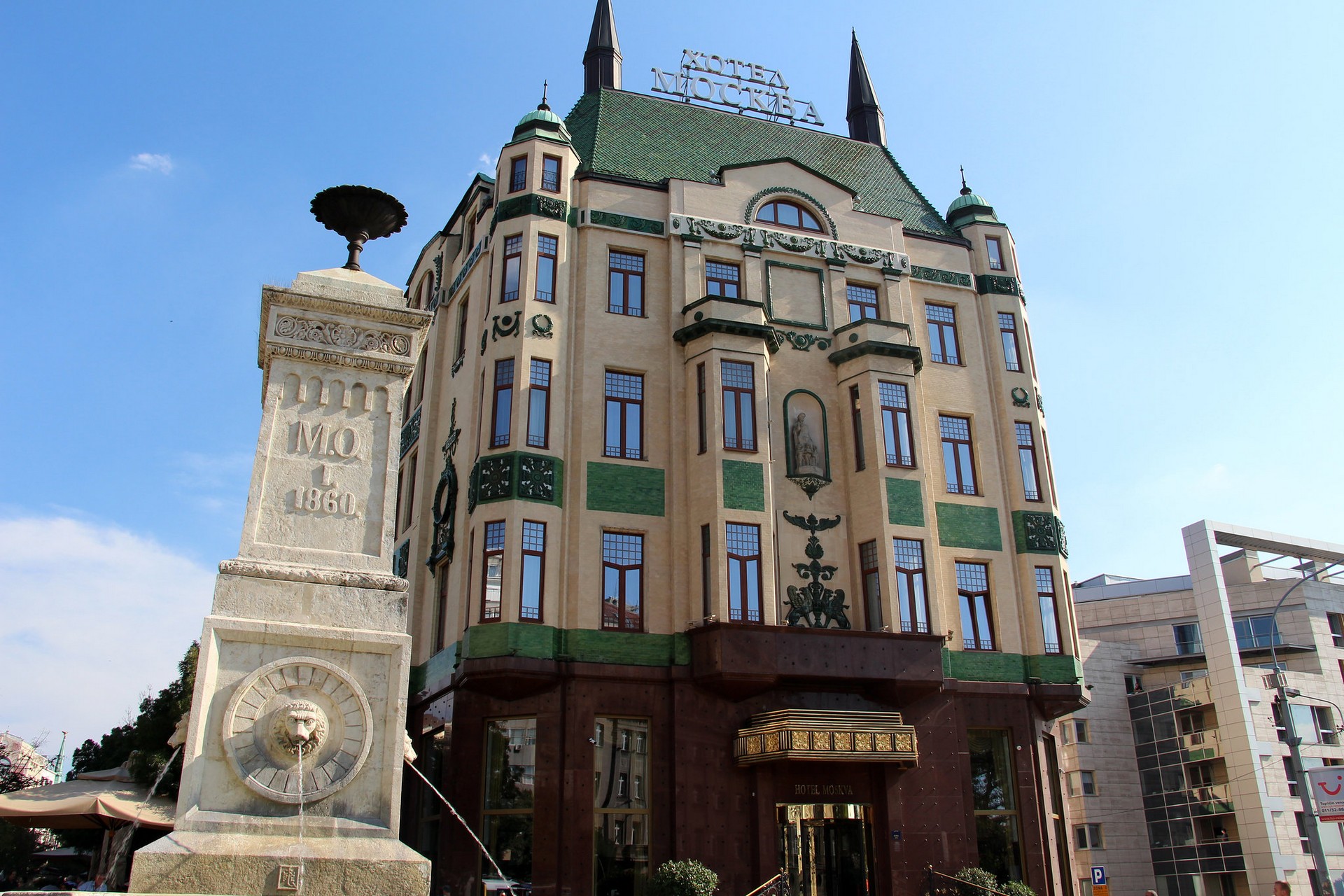 (cc)Fred Romero/CC BY 2.0
(cc)Fred Romero/CC BY 2.0
Hotel Moskva
Hotel Moskva (Hotel Moscow), former Rossiya Palace, is considered one of the most beautiful buildings in Belgrade. The building was designed by Serbian architect Jovan Ilkić and a group of architects from St. Petersburg. This building is considered one of Ilkić’s most significant works. It was designed in the Art...
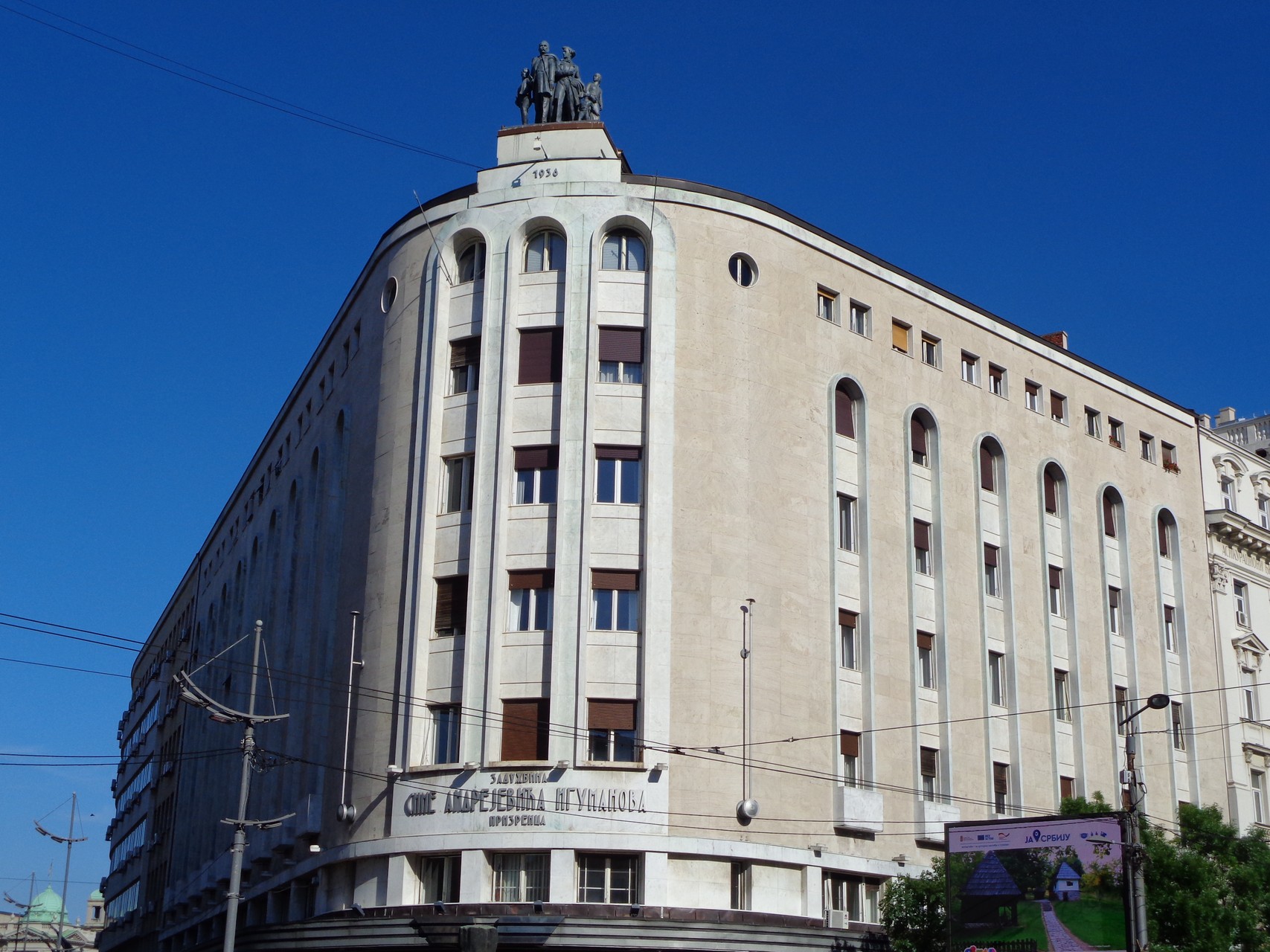 (cc)Andrija12345678/CC BY-SA 4.0
(cc)Andrija12345678/CC BY-SA 4.0
Palace Igumanov
The Palace Igumanov was built in 1938. The building was designed by architects Petar and Branko Krstić, in the style of modernism. It was built by Sima Andrejević Igumanov (1804—1882), a Serbian merchant and a great benefactor. On the front of the facade there is an inscription text: “Endowment of...
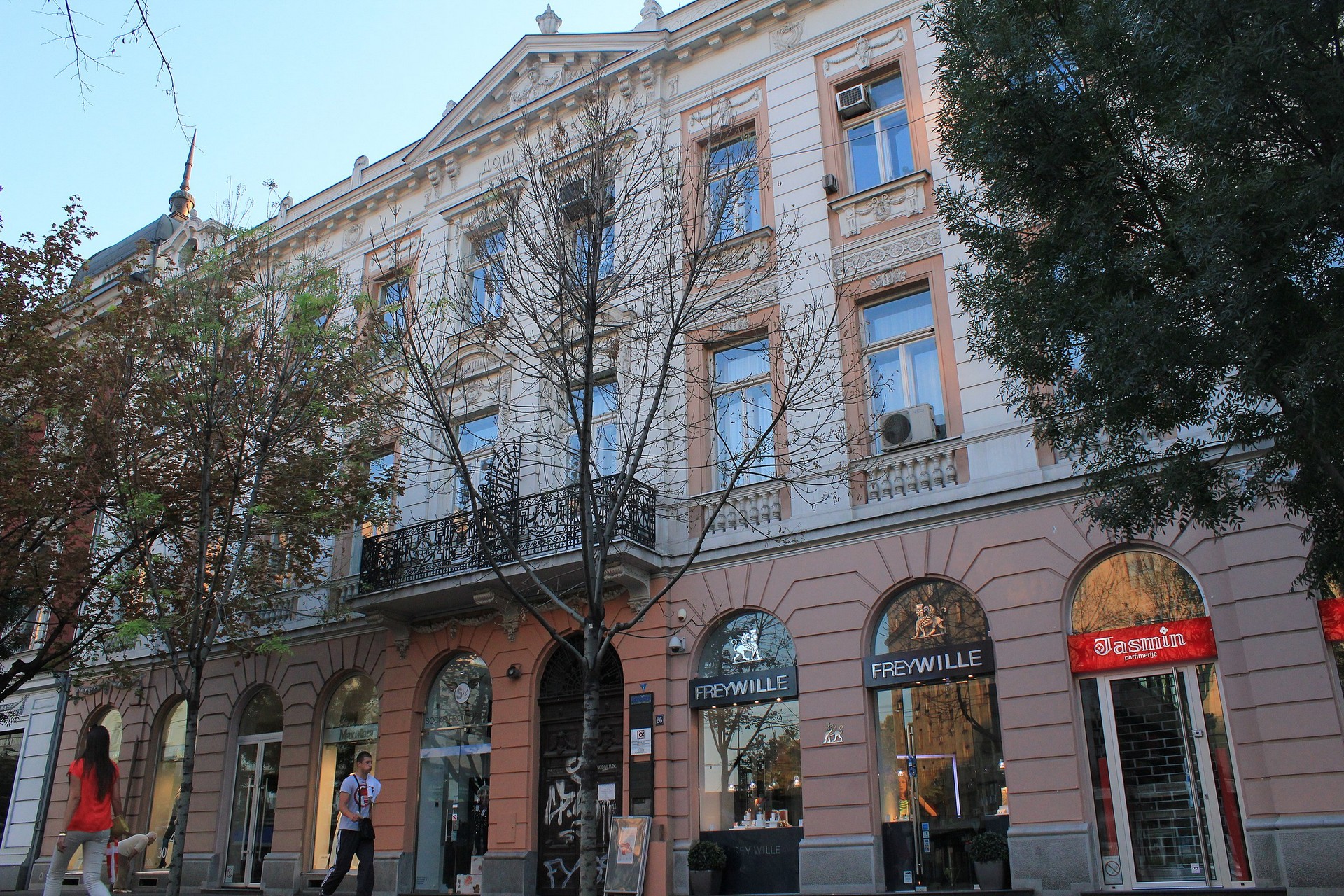 (cc)Bebauautu/CC BY-SA 3.0
(cc)Bebauautu/CC BY-SA 3.0
Palace Anker
Palace “Anker” at 26 Terazije Street was built in 1899, after the design of architect Milan Antonović. It is one of the most important examples of the 19th century academism in Belgrade. This two-storey house with shops on the ground floor and business premises on upper floor was built by...
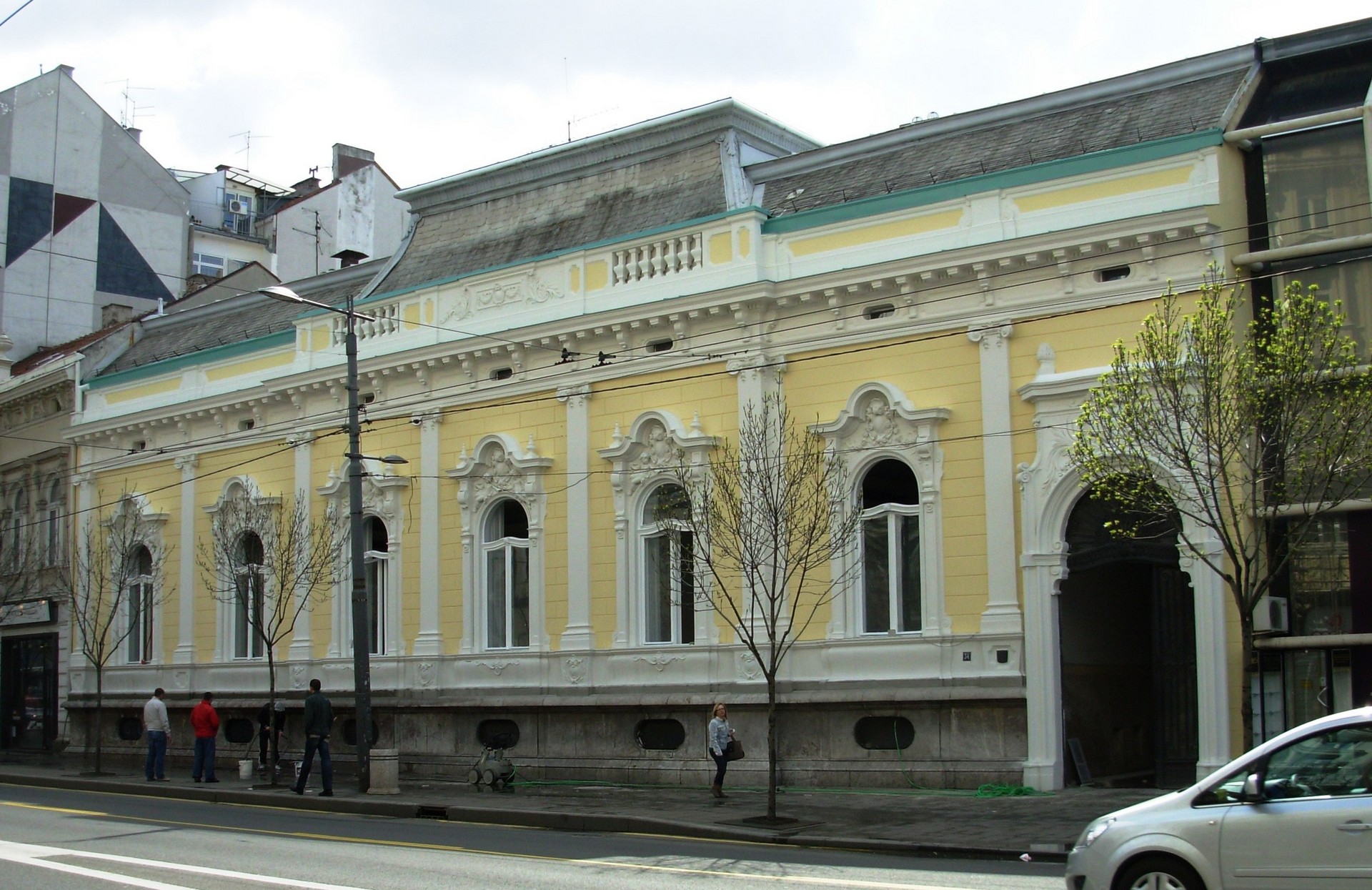 (cc)Goldfinger/CC BY-SA 3.0 RS
(cc)Goldfinger/CC BY-SA 3.0 RS
Krsmanović’s House
Krsmanović’s house at Terzije was built in 1885. The building was designed by architect Jovan Ilkić. It was built in the style of academism, as a residential house for the merchant Marko O. Markovic. The Krsmanović brothers bought the house in 1898 and later, it became the property of Aleksa...
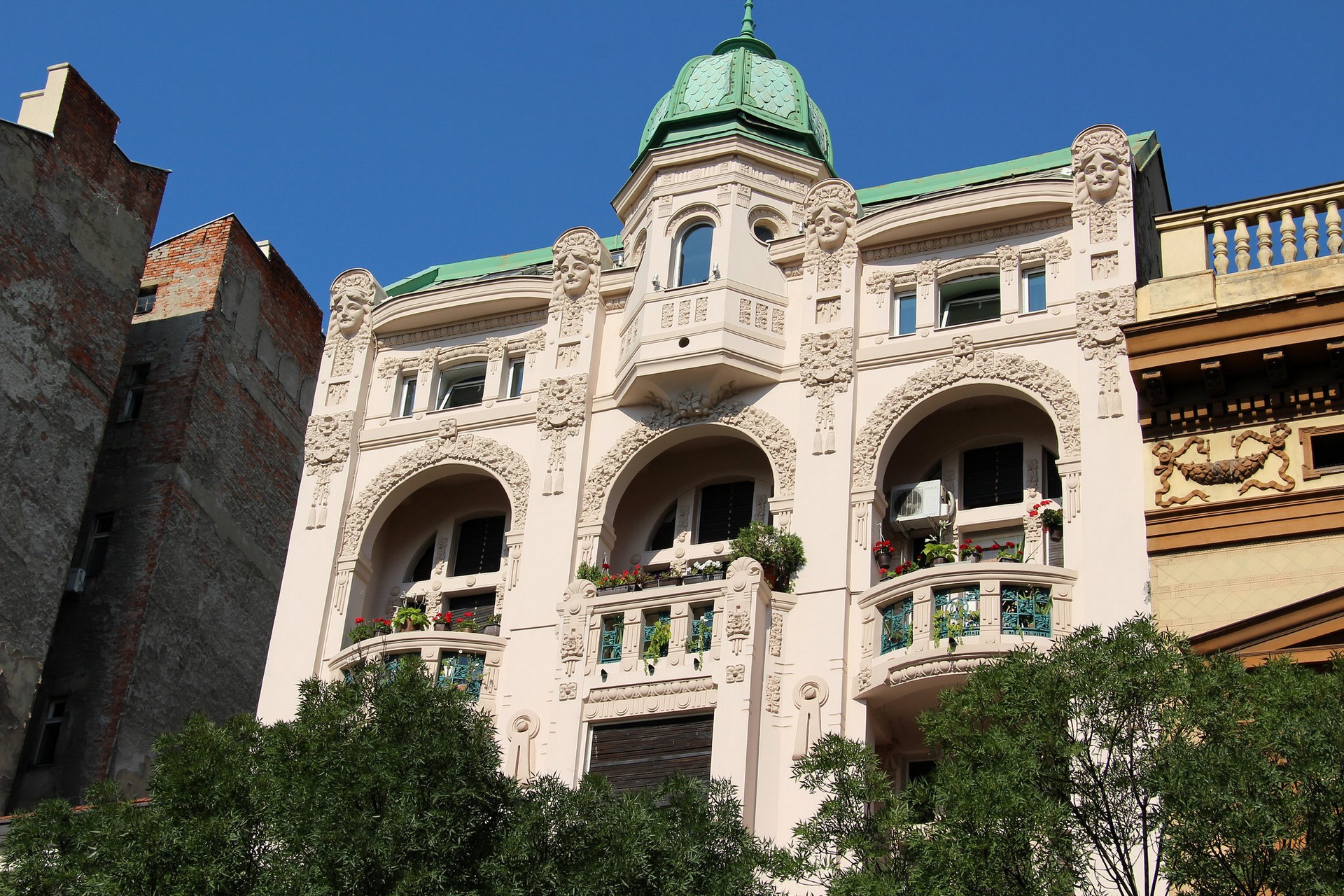 (cc)Fred Romero/CC BY 2.0
(cc)Fred Romero/CC BY 2.0
Building of Smederevska Banka
The building of Smederevska Banka (Smederevska bank) at 39 Terazije Street was built between 1910 and 1912, after the project of the architects Milorad Ruvidić and Isail Fidanović. It was originally a house of merchant Milan M. Stefanović. The building has kept its residential and business purposes to this day....
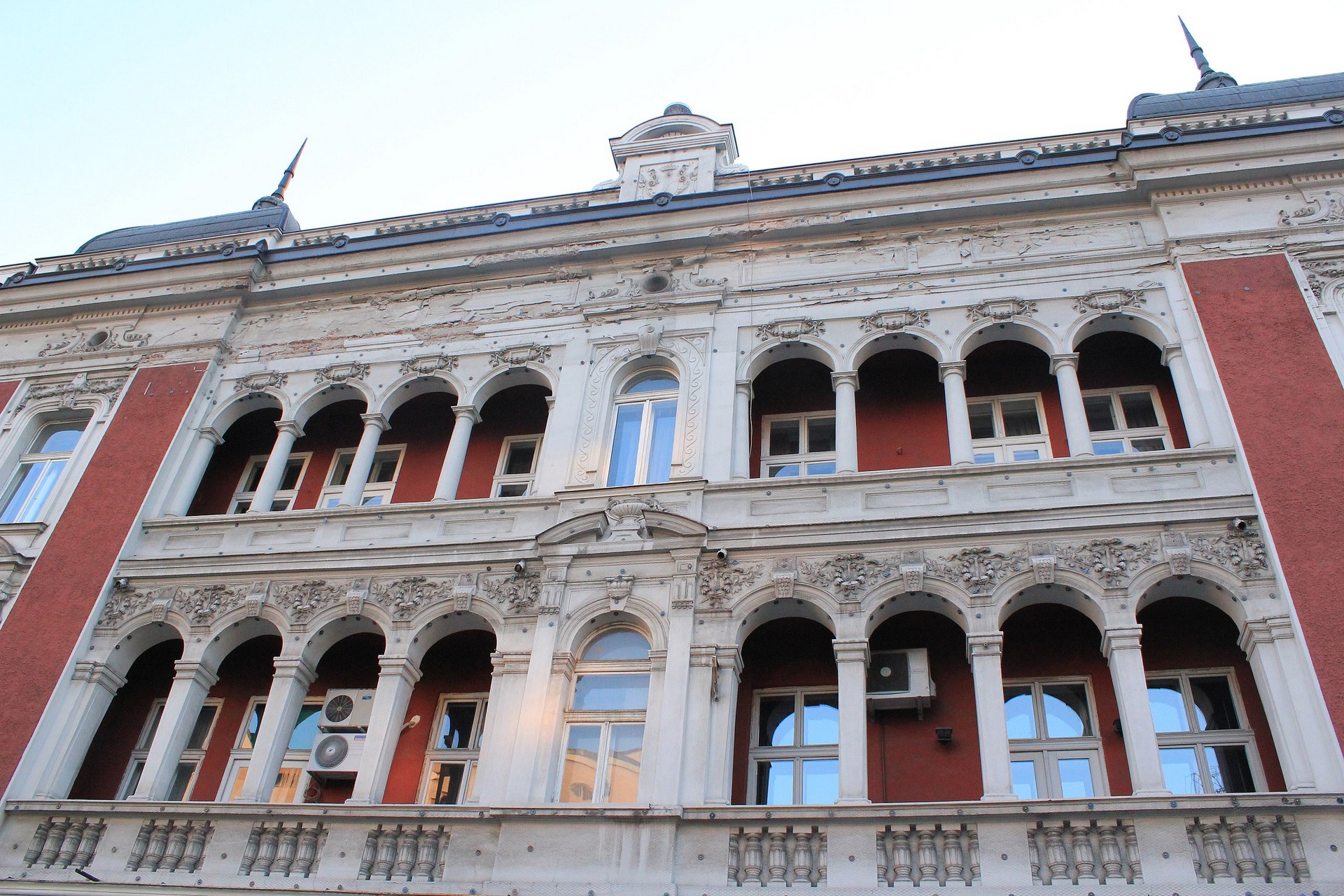 (cc)Bebauautu/CC BY-SA 3.0
(cc)Bebauautu/CC BY-SA 3.0
Palace Atina
Atina Palace was built in 1902 as a residential-business building. It was built for merchant Đorđe Vučo, after the design by architect Dimitrije T. Leko. With its prominent decorative domes the house structurally reflects the academic tradition, while compositional elements indicate the procedure of historicism. It is part of the...
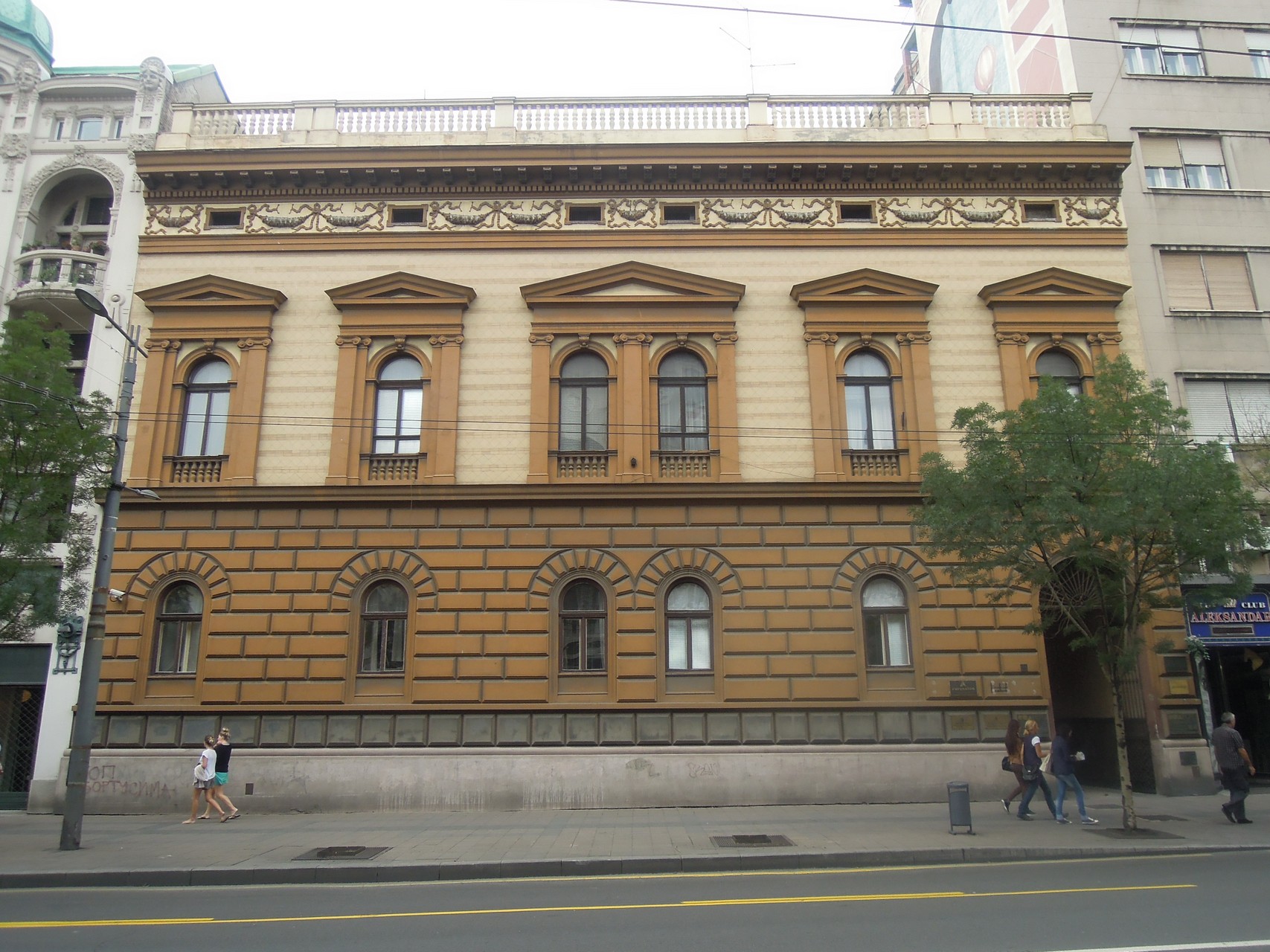 (cc)Mickey Mystique /CC BY-SA 3.0
(cc)Mickey Mystique /CC BY-SA 3.0
Ministry of Justice Building
The building of the Ministry of Justice at 41 Terazije Street was erected in 1883, by the design of architect Svetozar Ivačković, in cooperation with the engineer Jovan Subotić. It originally had two entrances, one of which was closed in 1910, during renovations. The facade is made in the Neo-Renaissance...
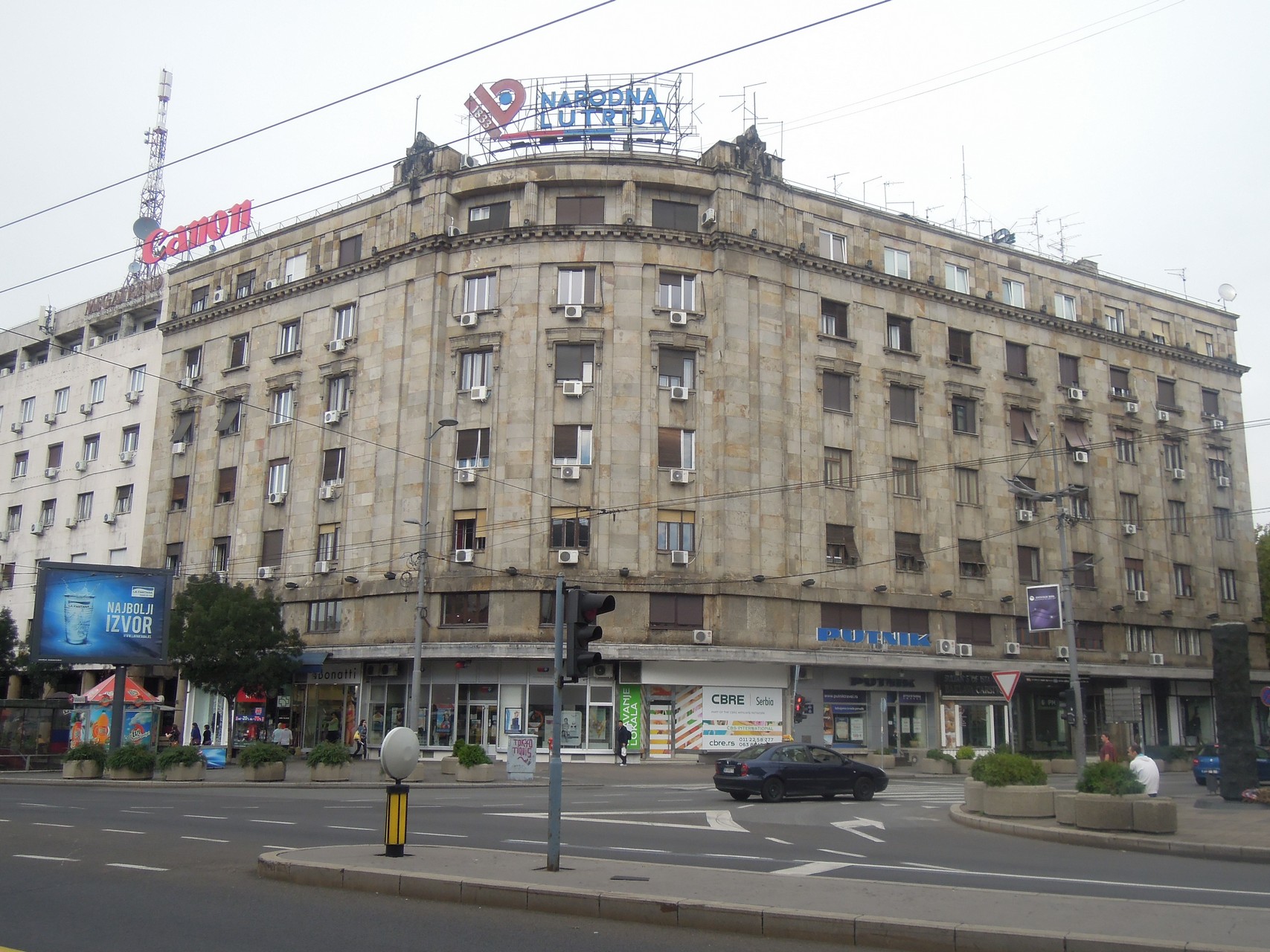 (cc)Mickey Mystique /CC BY-SA 3.0
(cc)Mickey Mystique /CC BY-SA 3.0
Pension Fund Building
The building of the Pension Fund of the clerks and servants of the National Bank of Yugoslavia was built in 1939, after the design of the Russian architect Grigorije Samojlov. Withseveral different entrances, the building opens out to two Belgrade squares – the Terazije Square and the Nikola Pašić Square....
 (cc)Fred Romero/CC BY 2.0
(cc)Fred Romero/CC BY 2.0
House of Vuk’s Foundation
The House of Vuk’s Foundation is one of the oldest buildings in this part of the city. Its construction began in 1870-1871. Initially, the architect of the building was Aleksandar Bugarski, but it is not known exactly what the building looked like. After its construction, the building underwent numerous extensions...
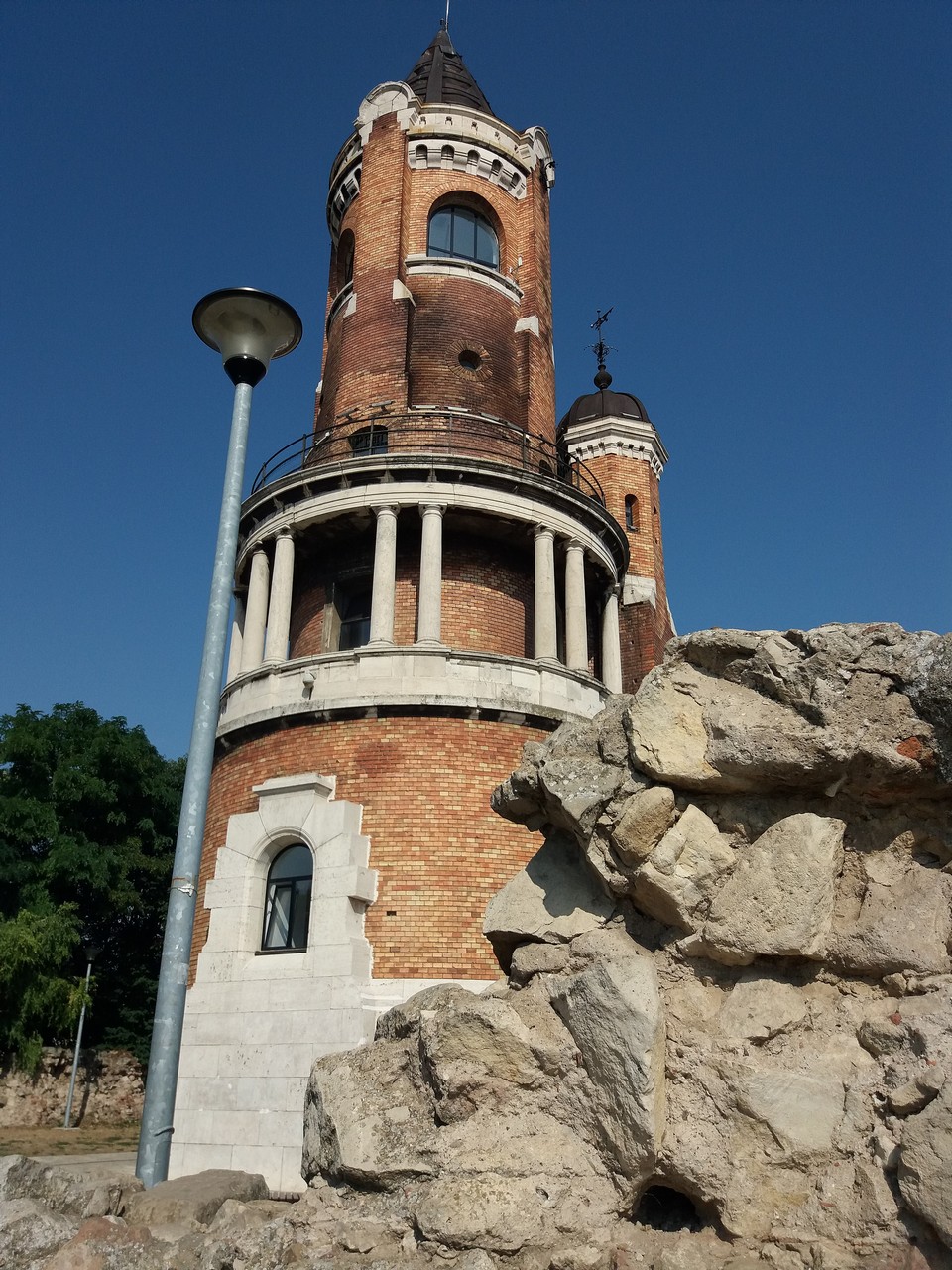 (cc)Miljan Simonović/CC BY-SA 4.0
(cc)Miljan Simonović/CC BY-SA 4.0
The Millennium Tower
The Millennium Tower is a renowned symbol of Zemun. It is one of the four towers built by the Hungarian authorities as a part of celebration of 1000 years of Hungarian settlement in the Pannonian plain. The 36-meter-high tower was built on the then southernmost point of the Kingdom, on...
 (cc) Андријана/CC BY-SA 4.0
(cc) Андријана/CC BY-SA 4.0
Ičko’s House
Ičko’s House at 18 Bežanijska Street was built in 1793. It is one of the oldest preserved houses and a representative of a town house from the end of the 18th century. The house was built in the Classical style. There used to be a tavern called “Kraljević Marko” on...
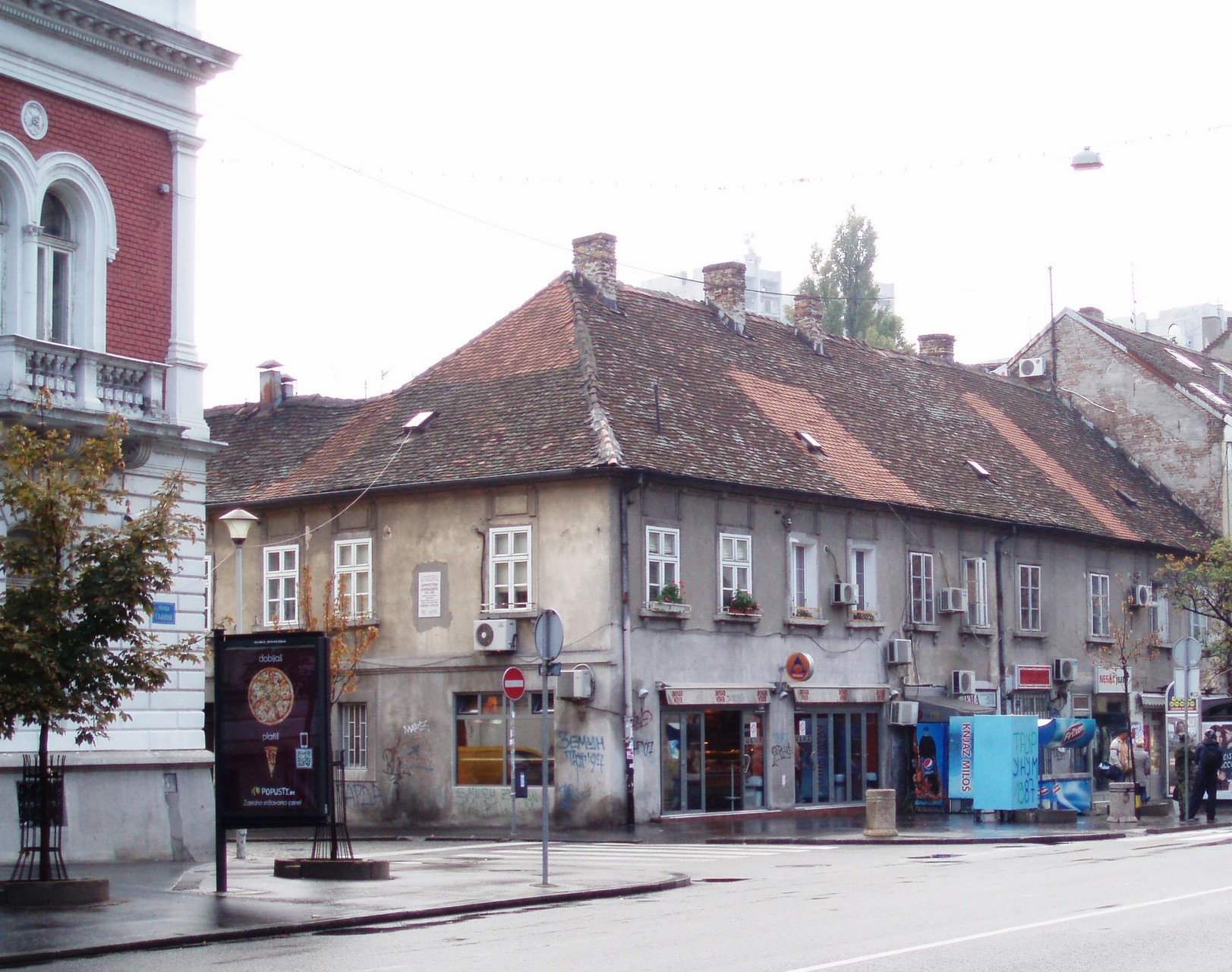 (cc) Nicolo/CC BY-SA 3.0
(cc) Nicolo/CC BY-SA 3.0
Dimitrije Davidović’s House
The house in which Dimitrije Davidović was born is located on the corner of Glavna and Davidovićeva streets. It was built at the end of the 18th century as a one-storey residential building, with an inner courtyard. With later changes and additions, it mostly lost its original appearance. Dimitrije Davidović...
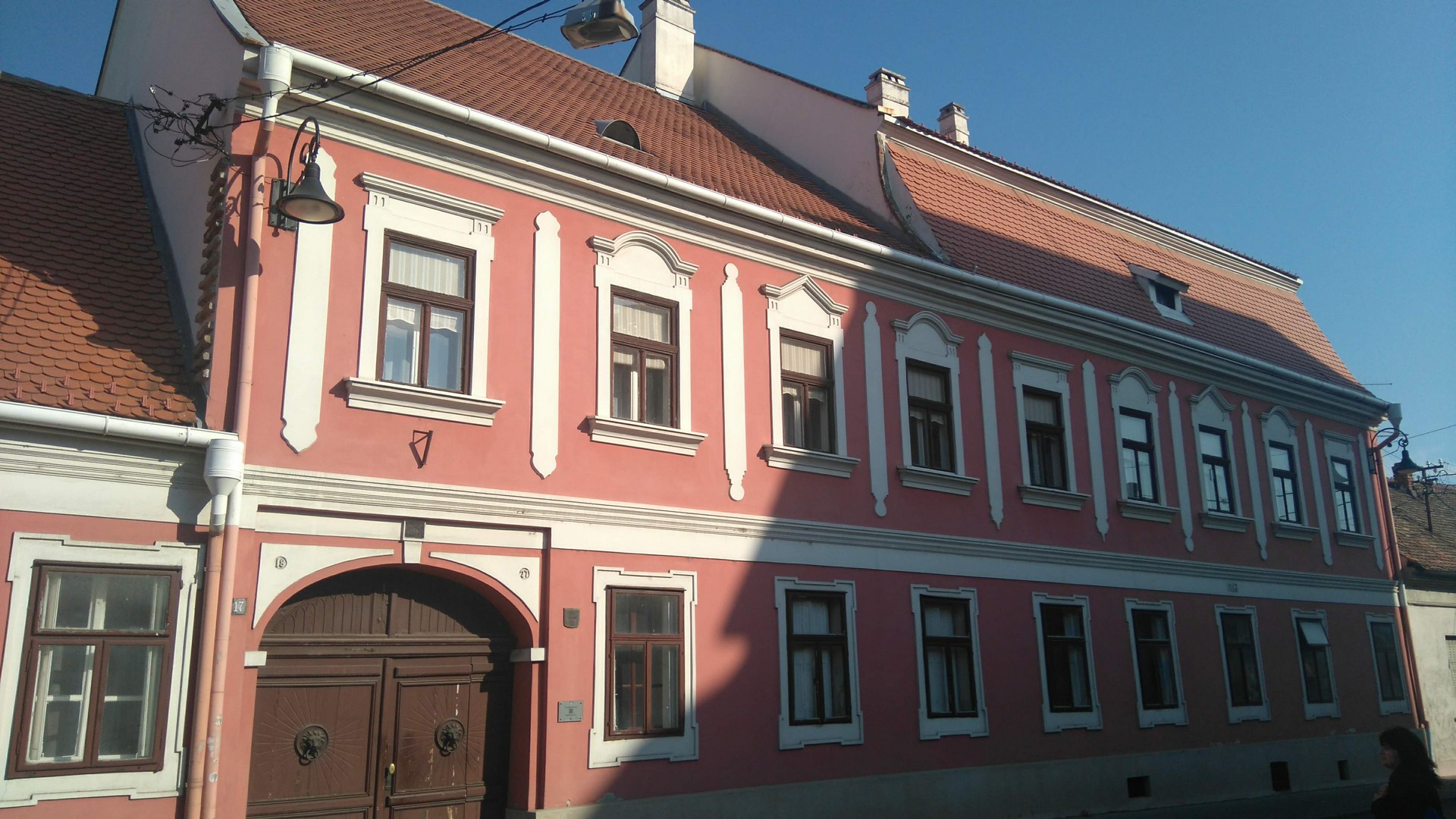 (cc) Андријана/CC BY-SA 4.0
(cc) Андријана/CC BY-SA 4.0
Karamata Family House
The house of Karamata family was built in 1763 by a merchant from Zemun, Kuzman Jovanović. It was bought in 1779 by Dimitrije Karamata, an immigrant from the then Turkish Aegean Macedonia (nowadays Pyrgoi, Greece). Since then, the house has been in the possession of the Karamata family. In 1827,...
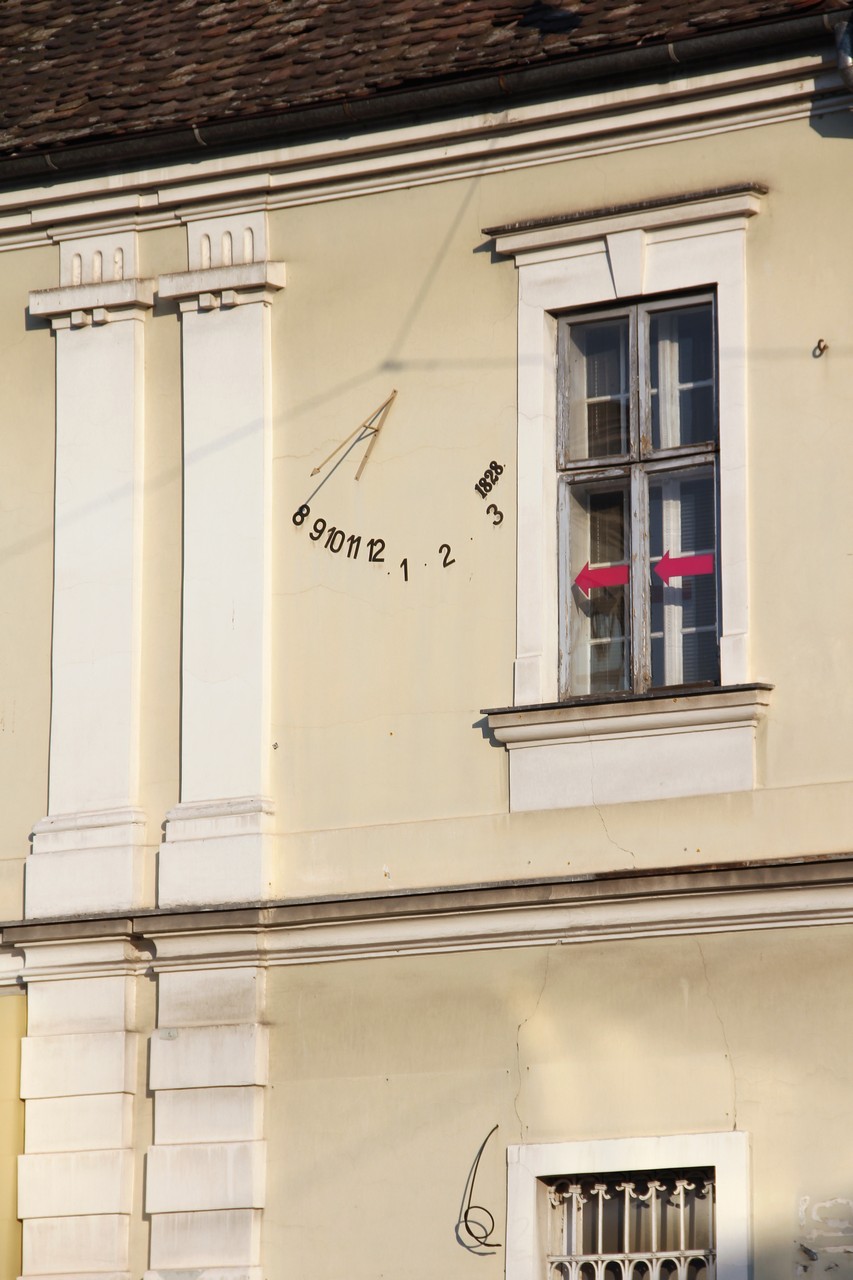 (cc)BrankaVV/CC BY-SA 4.0
(cc)BrankaVV/CC BY-SA 4.0
House with the Sundial
The house on the corner of Glavna and Dubrovačka streets was built in 1823. The sundial for which this building is known for, was placed on its facade in 1828, five years after the house was built. Due to its specific appearance and arrangement of numbers, this sundial is a...
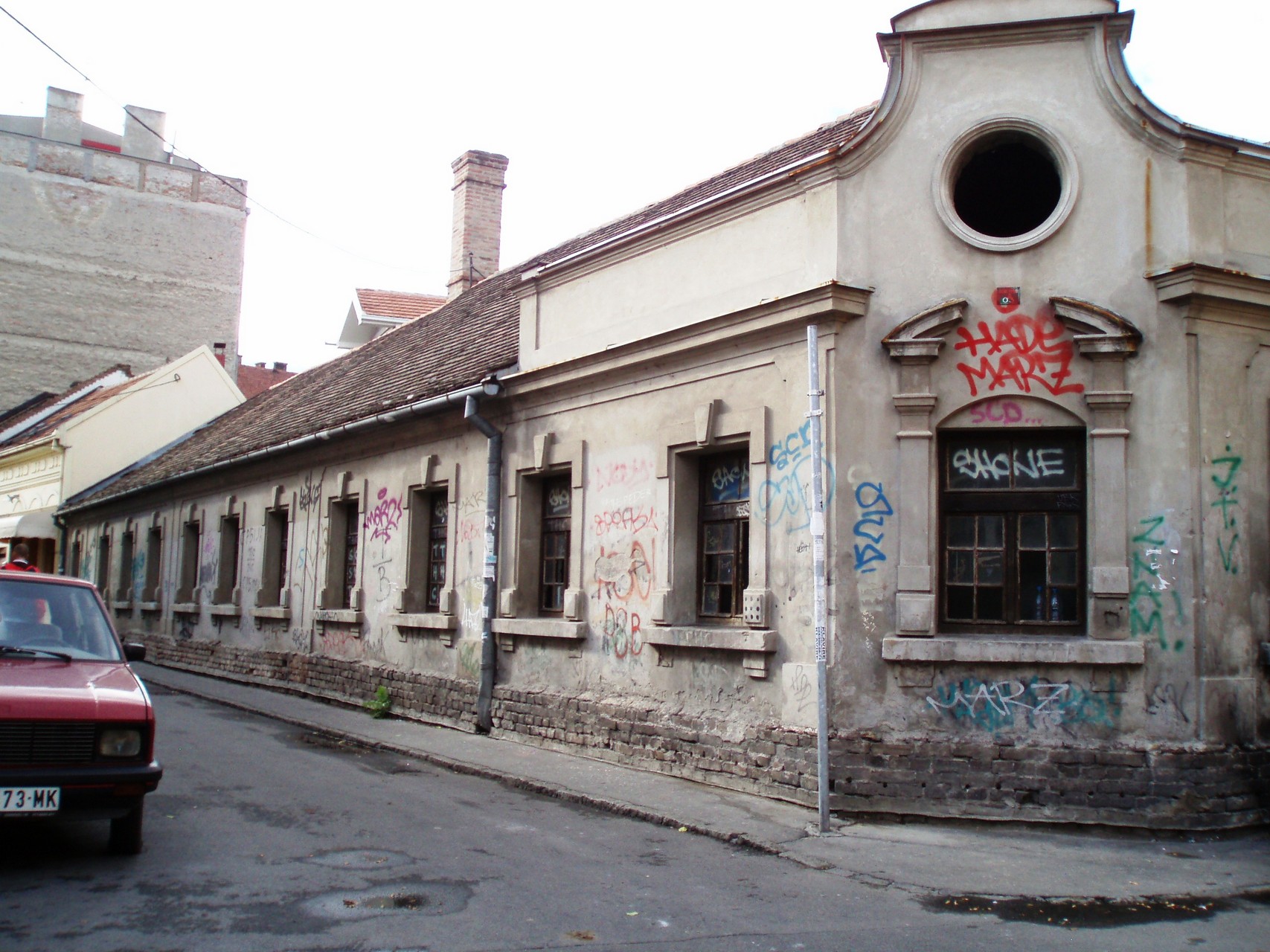 (cc) Nicolo/CC BY-SA 3.0
(cc) Nicolo/CC BY-SA 3.0
Pantelić Foundry
The “Pantelić” Foundry is one of the oldest workshops in the city. It is located in the old town core of Zemun, on the corner of Dositejeva and Lagumska streets. The foundry was founded in 1854. From a small workshop, it developed into a specialized foundry for casting bells and...
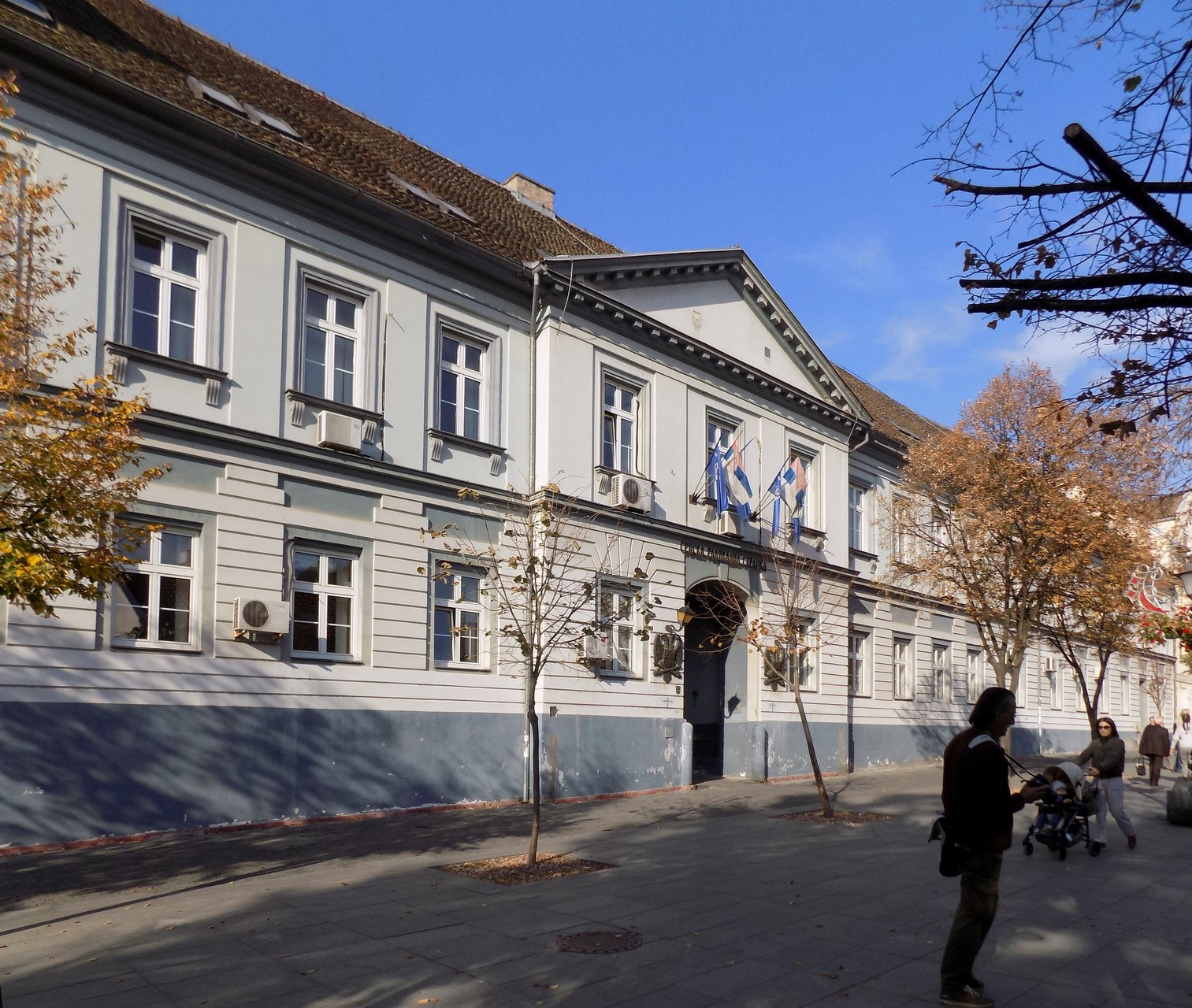 (cc)Milica Buha/CC BY-SA 4.0
(cc)Milica Buha/CC BY-SA 4.0
The Мagistrates Building
The Magistrate in Zemun was established in 1751, and in 1755 the town got its first town hall. It was a one-floor Baroque building, which served as a magistrate building until 1832, after which magistrate officials lived there.This building was burned down in a fire in 1867. From 1823 to...
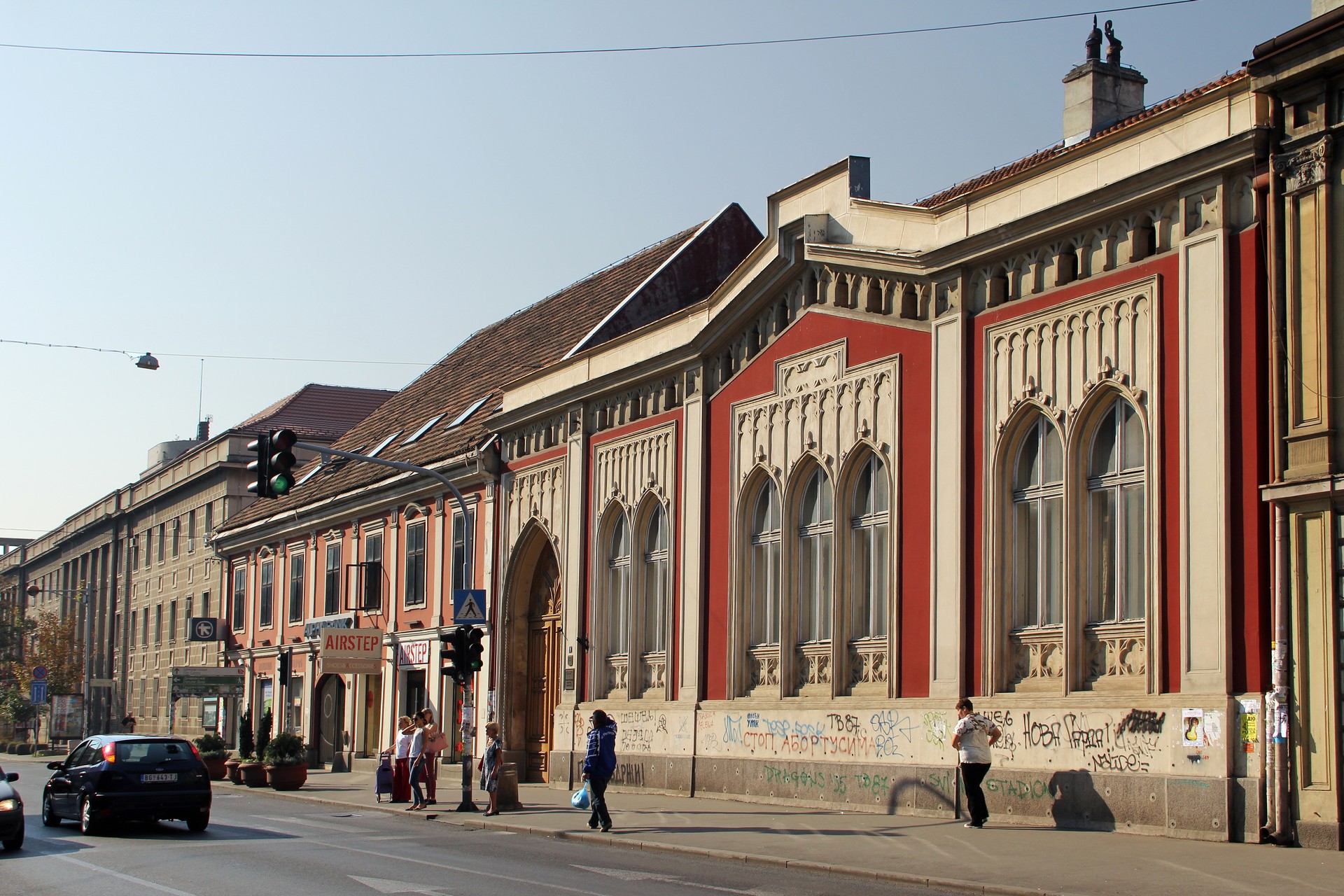 (cc)BrankaVV/CC BY-SA 4.0
(cc)BrankaVV/CC BY-SA 4.0
Spirta House
The Spirta House in 9 Glavna Street was built in 1855 for a wealthy Zemun family Spirta. The house was projected by the Austrian architect Heinrich von Ferstel and designed in the Neogothic style. By its architectural characteristics it stood out from the other houses in Zemun, and the lush...
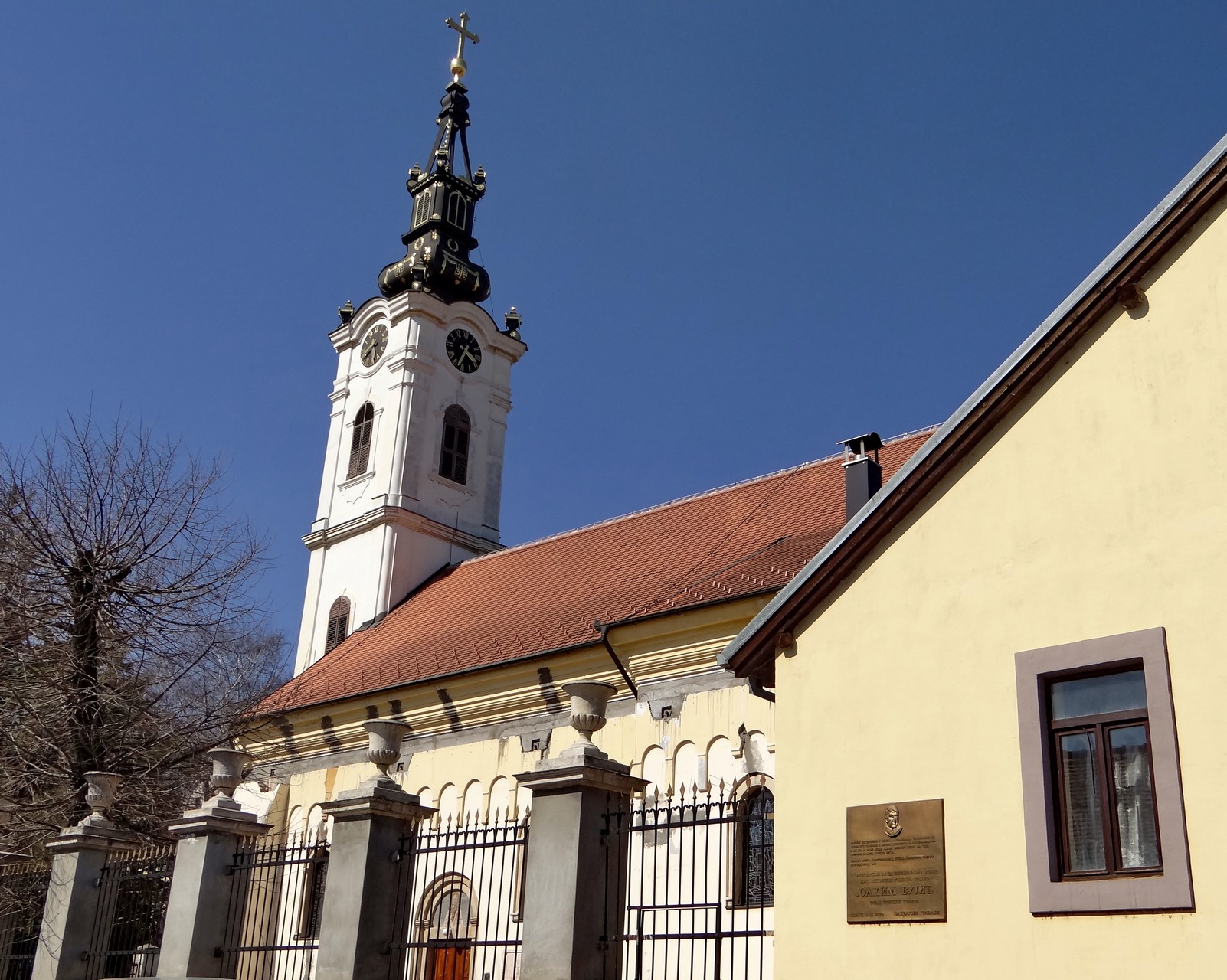 (cc)Dekanski/CC BY-SA 4.0
(cc)Dekanski/CC BY-SA 4.0
Nikolajevska Church
The construction of the Church of St. Nicholas or the Nikolajevska Church began in 1745, on the foundations of an old Serbian church from the 16th century. The church is located in the historic center of Zemun, below the Gardoš fortress. It was built in the Baroque style and has...
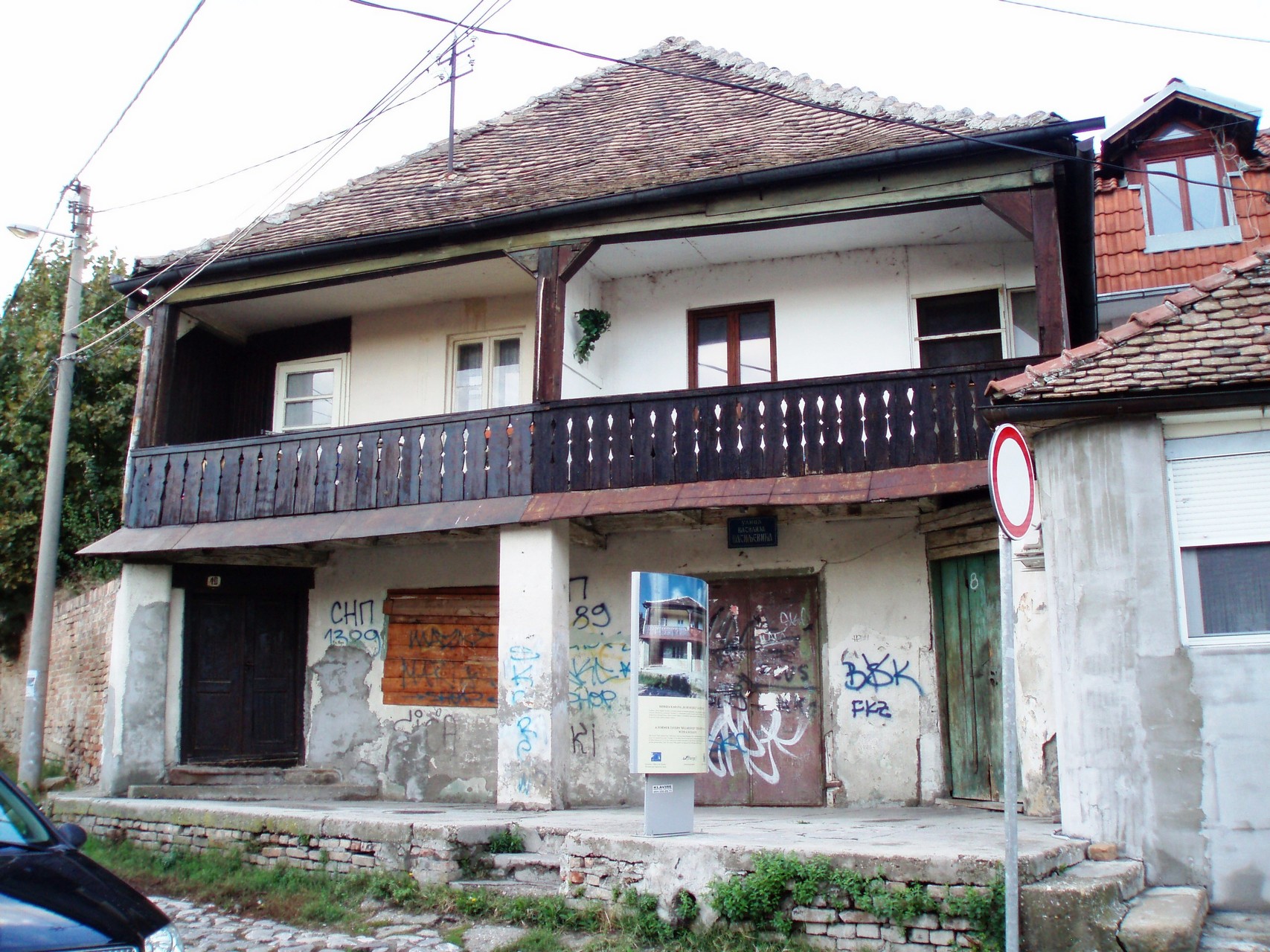 (cc) Nicolo/CC BY-SA 3.0
(cc) Nicolo/CC BY-SA 3.0
Beli medved Tavern
“Beli medved” Tavern (“White Bear” Tavern) in 10 Vasilija Vasilijevića Street is the only remaining example of the typical Balkan architecture in the Old Core of Zemun, from the period of Ottoman rule. It is also the oldest building in Zemun. It is assumed that building is almost four centuries...
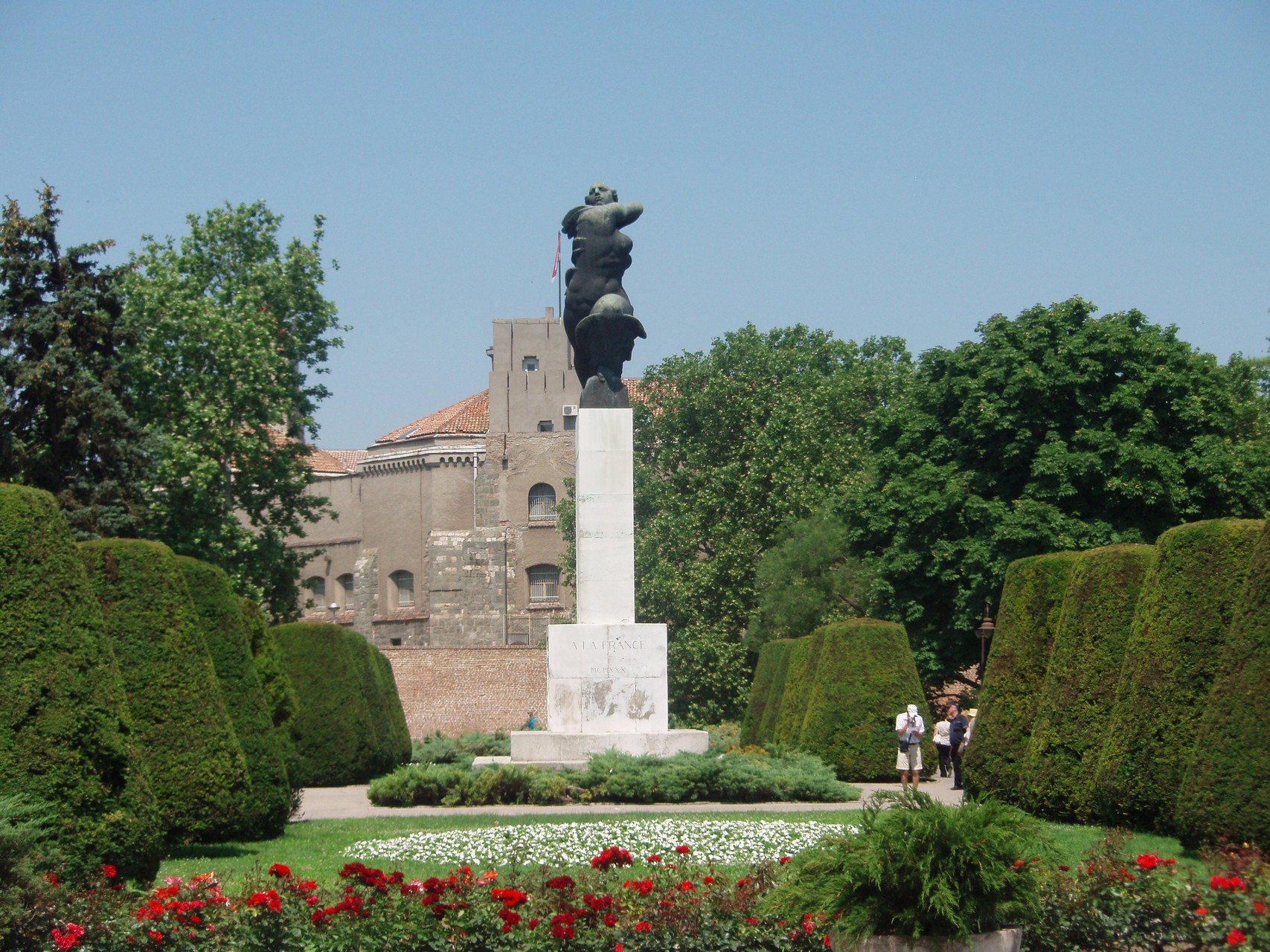 (cc)Mister No/CC BY 3.0
(cc)Mister No/CC BY 3.0
Kalemegdan Park
Kalemegdan Park is the largest park in Belgrade, and at the same time, a part of the most important cultural and historical complex in the city, which is dominated by the Belgrade Fortress. The arranging of the area around the Fortress into a park began after the Fortress was surrendered...
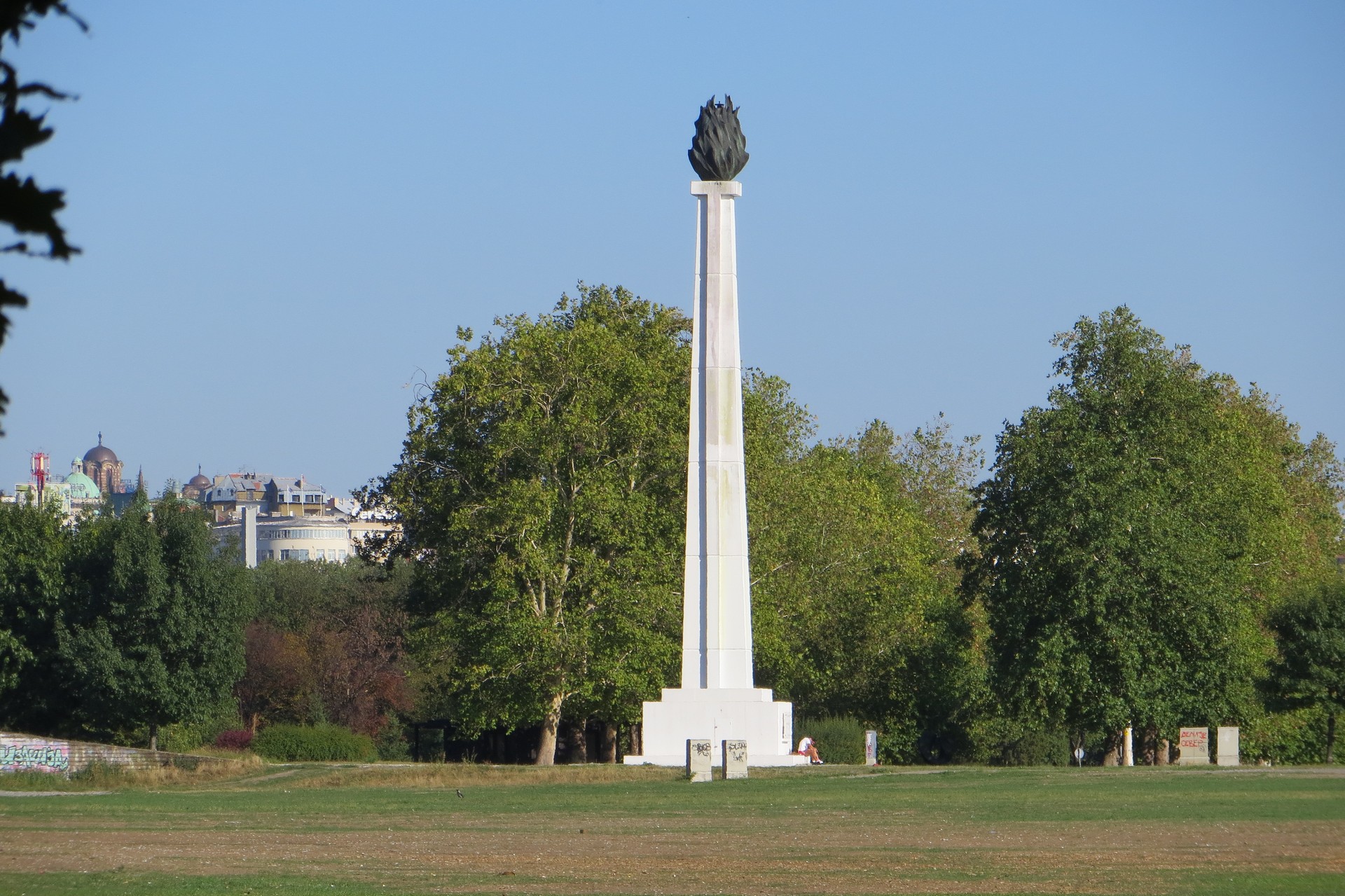 (cc)Mister No/CC BY 3.0
(cc)Mister No/CC BY 3.0
Park of Friendship
Park of Friendship (Park Prijateljstva) is located in New Belgrade. It covers a large green area from Hotel Yugoslavia along the Danube and the Sava rivers to Branko’s Bridge. The idea for the establishment of the park came from the organization Mladi Gorani who, in the name of holding of...
 (cc)simon04/CC BY-SA 4.0
(cc)simon04/CC BY-SA 4.0
Tašmajdan Park
Tašmajdan Park is a central city park, located in the area of an ancient quarry. During the 19th century, the Tašmajdan cemetery was also located here. Name Tašmajdan comes from Turkish words “Tas” – meaning stone and “Meydan” – meaning mine. Stone had been dug here since the Roman times....
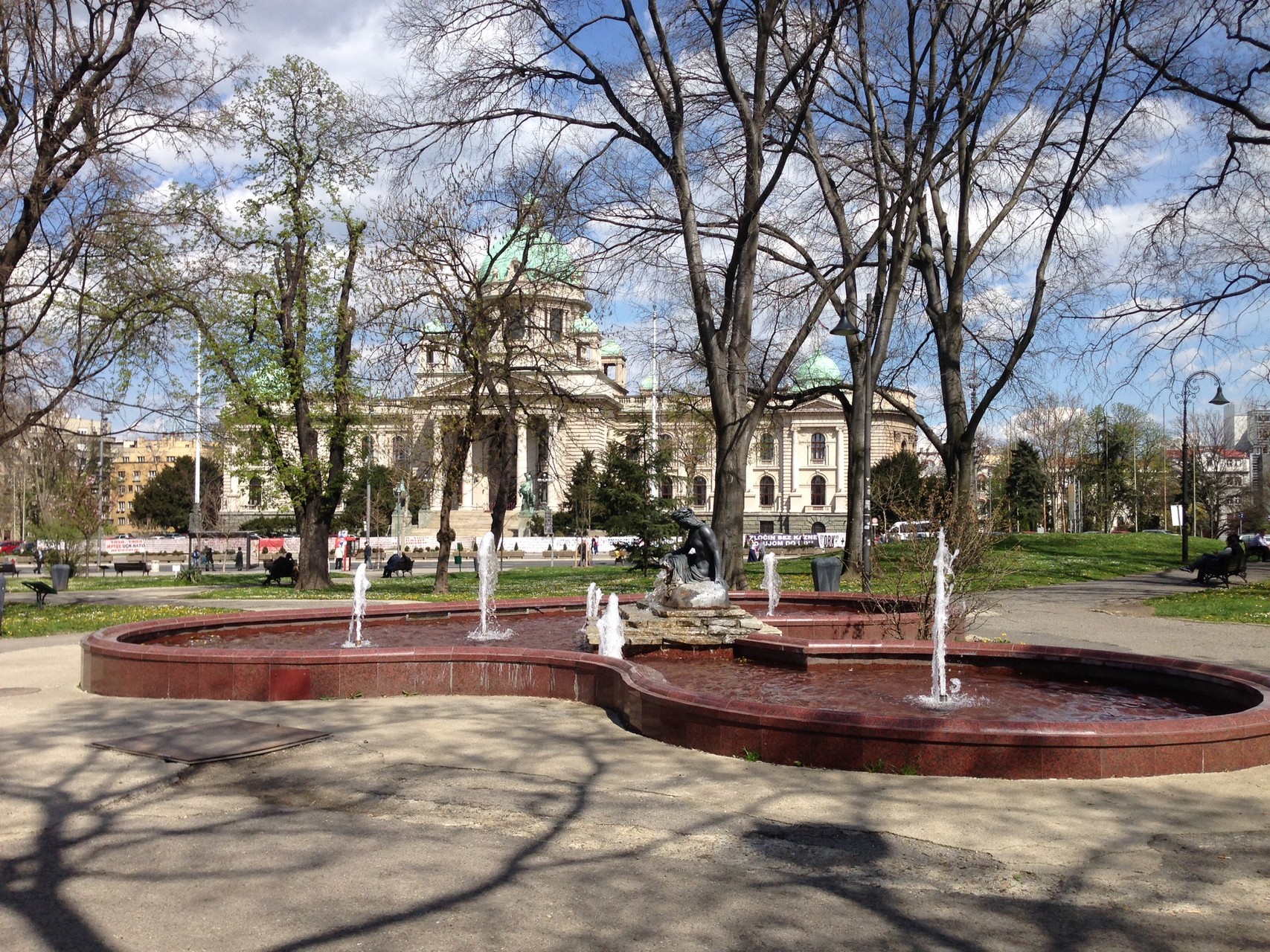 (cc) Intermedichbo/CC BY-SA 4.0
(cc) Intermedichbo/CC BY-SA 4.0
Pioneers’ Park
Pioneers’ Park (Pionirski park), the former royal garden, is one of the central city parks. It is surrounded by several important buildings, among them, the buildings of Stari dvor (Old Palace)- today the building of the City Assembly of Belgrade, and Novi dvor (New Palace)- today the seat of the...
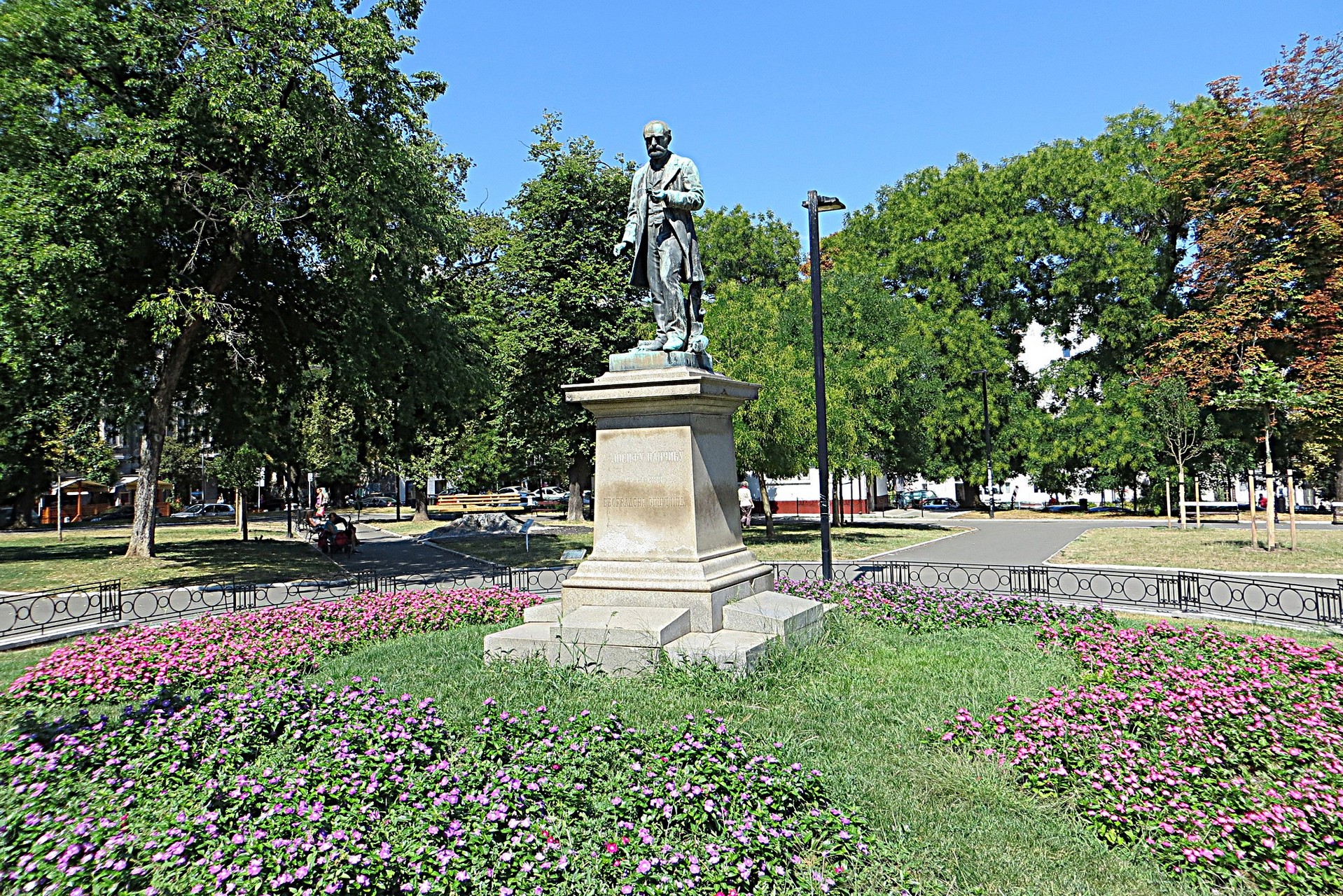 (cc)Mister No/CC BY 3.0
(cc)Mister No/CC BY 3.0
University Park
University Park is located in the center of Belgrade, within the Student Square. It was also known as Pančić’s Park, Academic Park, and often the Students’ Park. Area of the park and the square surrounding it used to be a Turkish cemetery. Afterwards, a greenmarket was located here, but it...
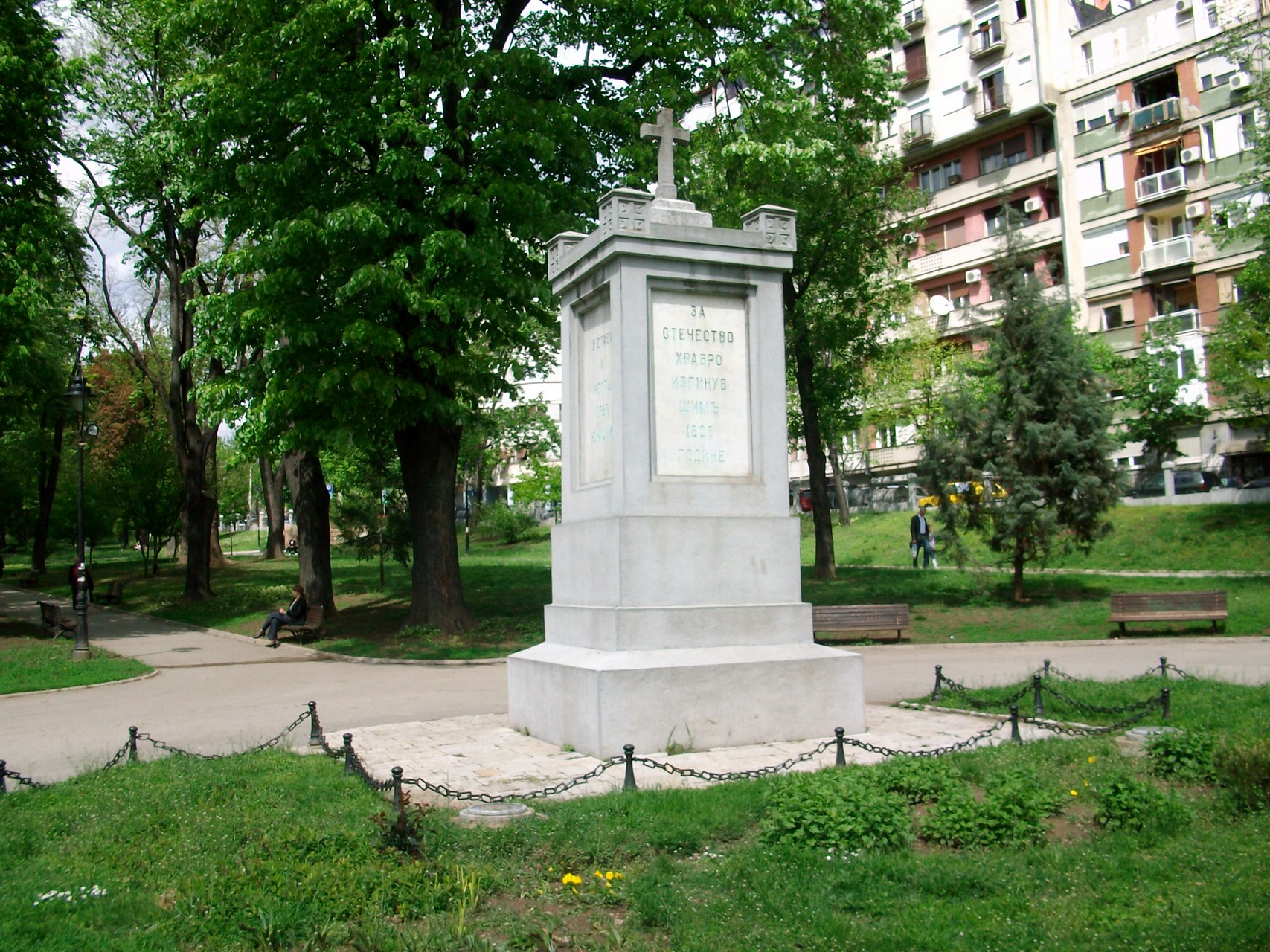 (cc)PedjaNbg/CC BY-SA 3.0
(cc)PedjaNbg/CC BY-SA 3.0
Karađorđe’s Park
Karađorđe’s Park is located at a historical site where in 1806 a camp was set by the Serbian army, led by Karađorđe, during the siege of Belgrade in the First Serbian Uprising. Soldiers killed in the battle were buried here and the place was arranged as the Insurgents Cemetery. The...
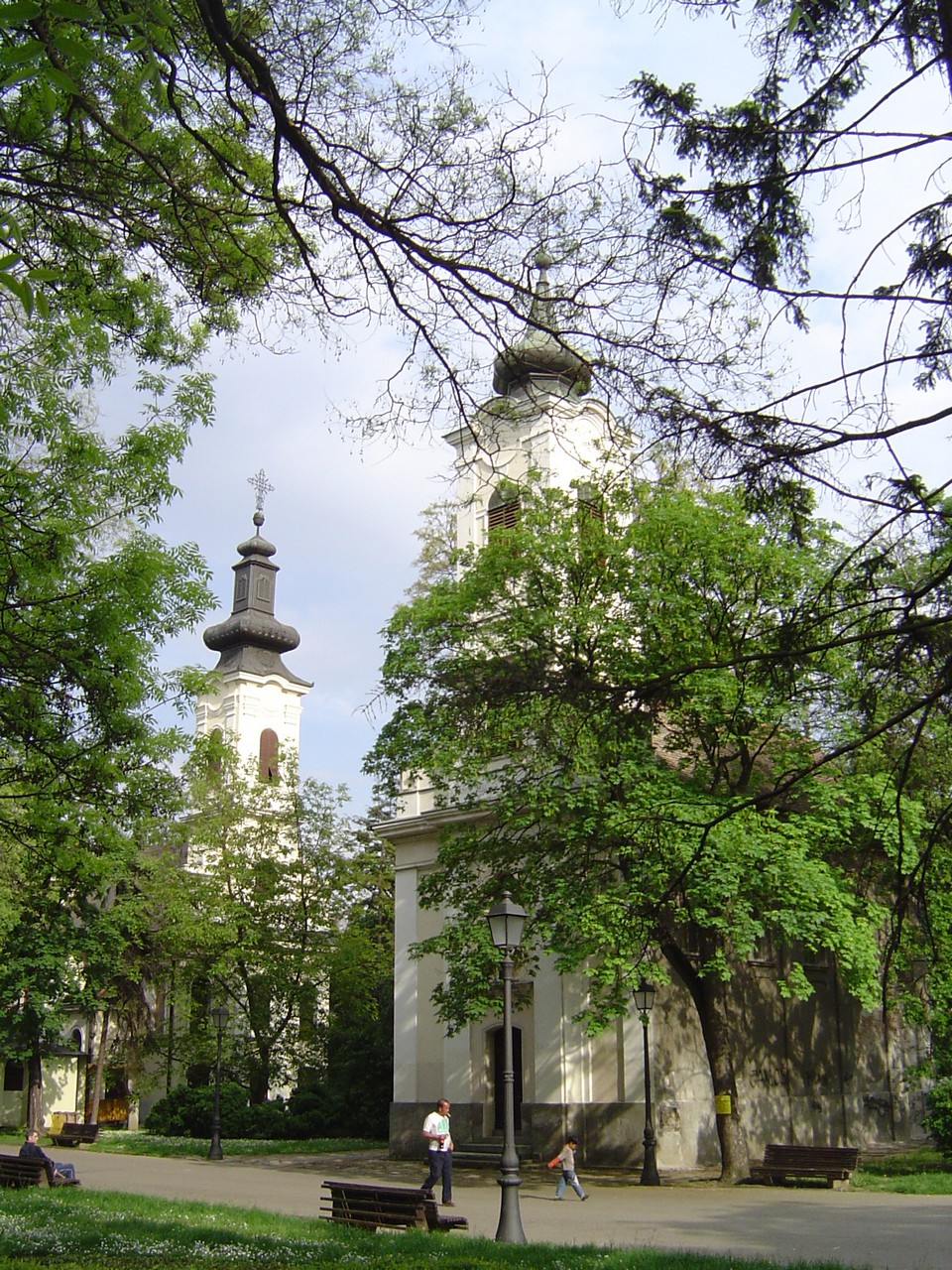 (cc)Matija/CC BY-SA 3.0
(cc)Matija/CC BY-SA 3.0
City Park iz Zemun
The City Park in Zemun belongs to the protected area of the cultural and historical whole of the Old town of Zemun. It is the oldest green oasis in this part of the city. On the location of today’s park, from 1730 to 1871 there was Kontumac, or the quarantine...
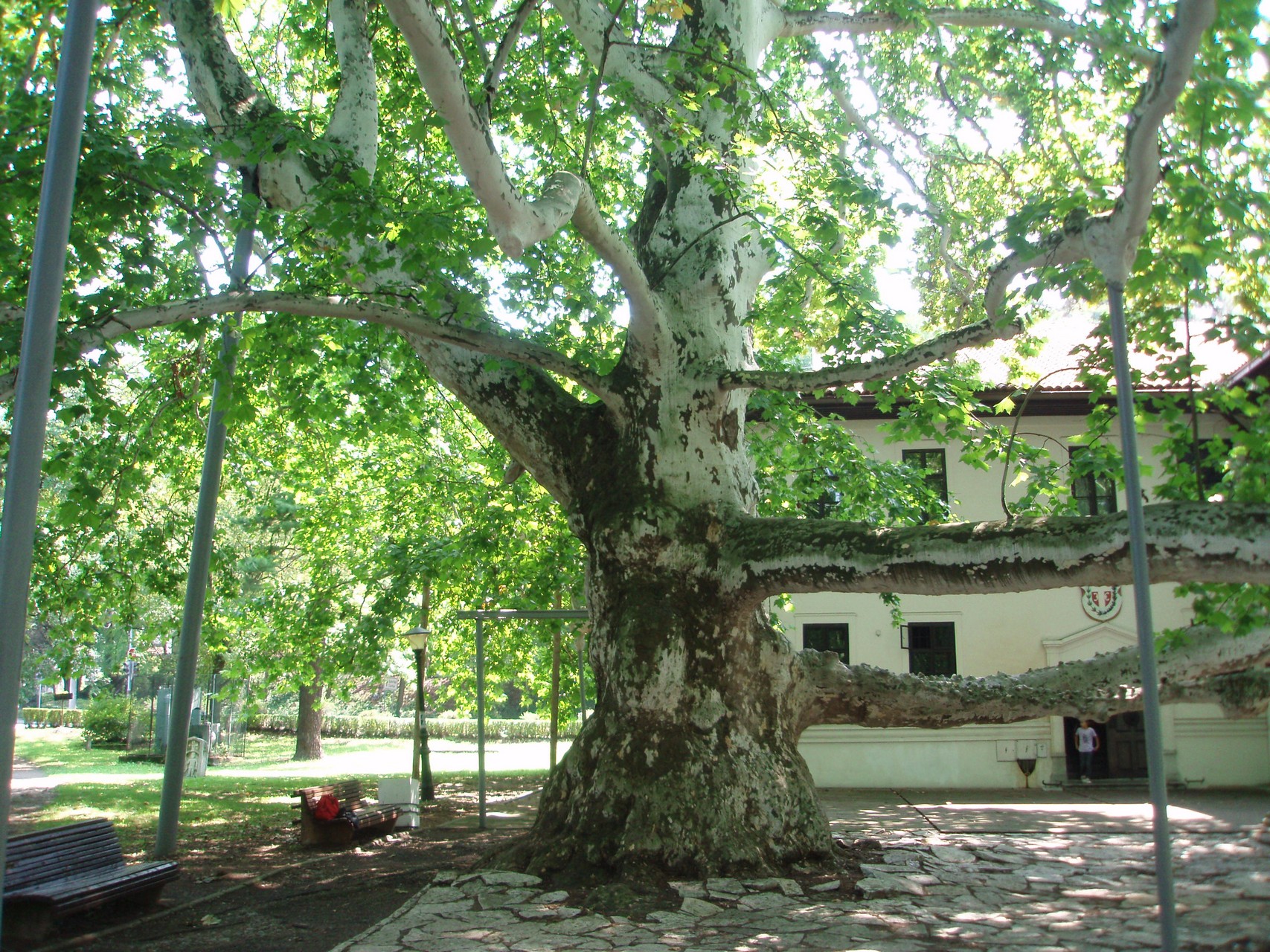 (cc)Mister No/CC BY 3.0
(cc)Mister No/CC BY 3.0
Topčider park
Topčider Park is one of the oldest parks in Belgrade. It is located in the valley of the Topčiderska River. The first arrangement of the park began in 1831 with the construction of the residential complex of Prince Miloš Obrenović. The park area was shaped in the then modern English...
 (cc)Vladakul/CC BY-SA 4.0
(cc)Vladakul/CC BY-SA 4.0
Košutnjak
Košutnjak is a park-forest and one of the most popular recreational places in Belgrade. It covers an area of 330 ha (820 acres). The dense forest is intersected by numerous paths. The name is derived from the medieval hunting forests of the Serbian nobility, meaning doe’s breeder (in Serbian, košuta...
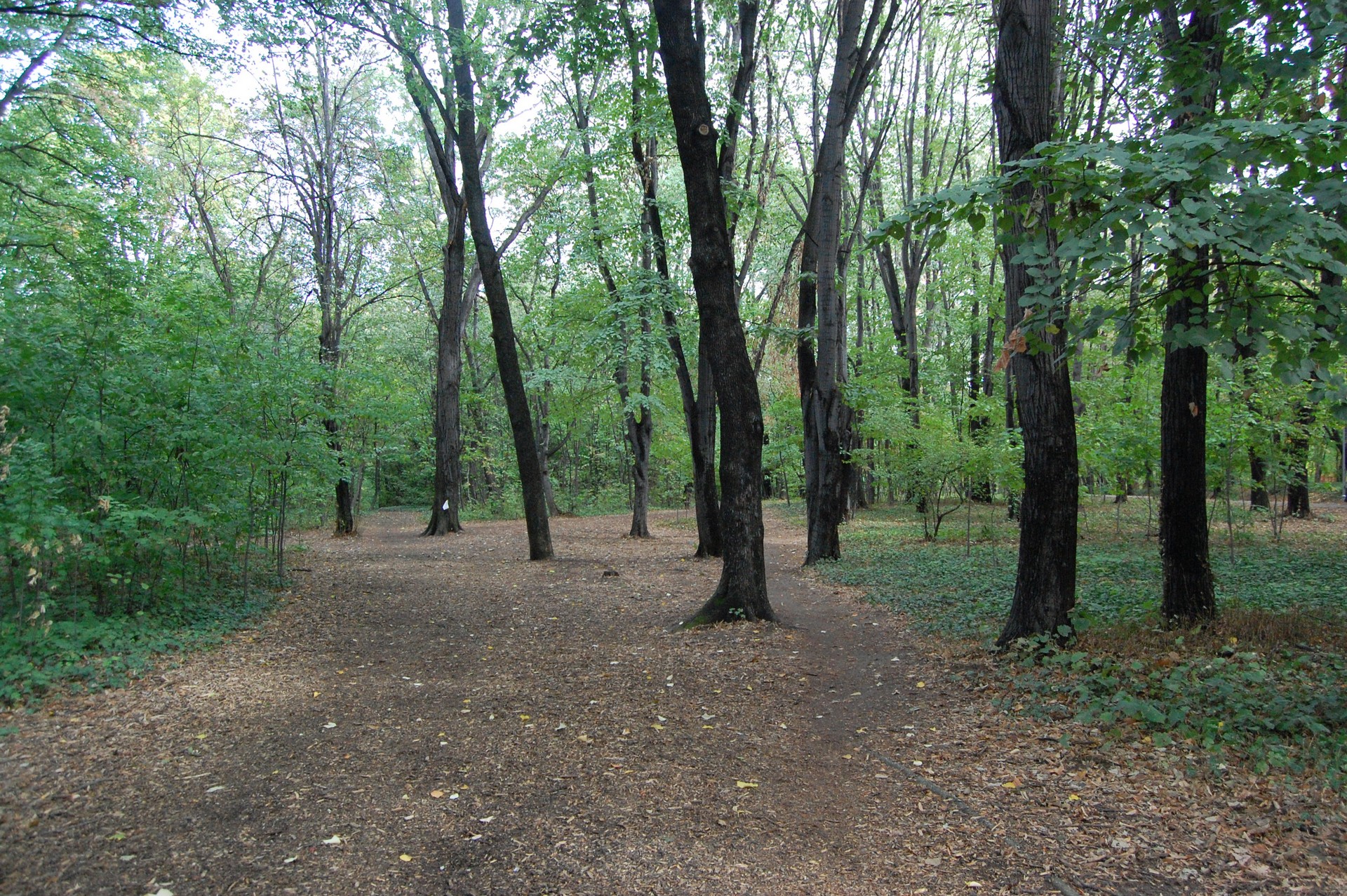 (cc) Andy Mabbett/CC BY-SA 3.0
(cc) Andy Mabbett/CC BY-SA 3.0
Hyde Park
Belgrade’s Hyde Park is named after the famous park in London and is a natural continuation of Košutnjak and Topčider. The park consists of two parts that share a central path with a plane tree alley. The landscaping of the park began in 1930s. It was opened to the public...
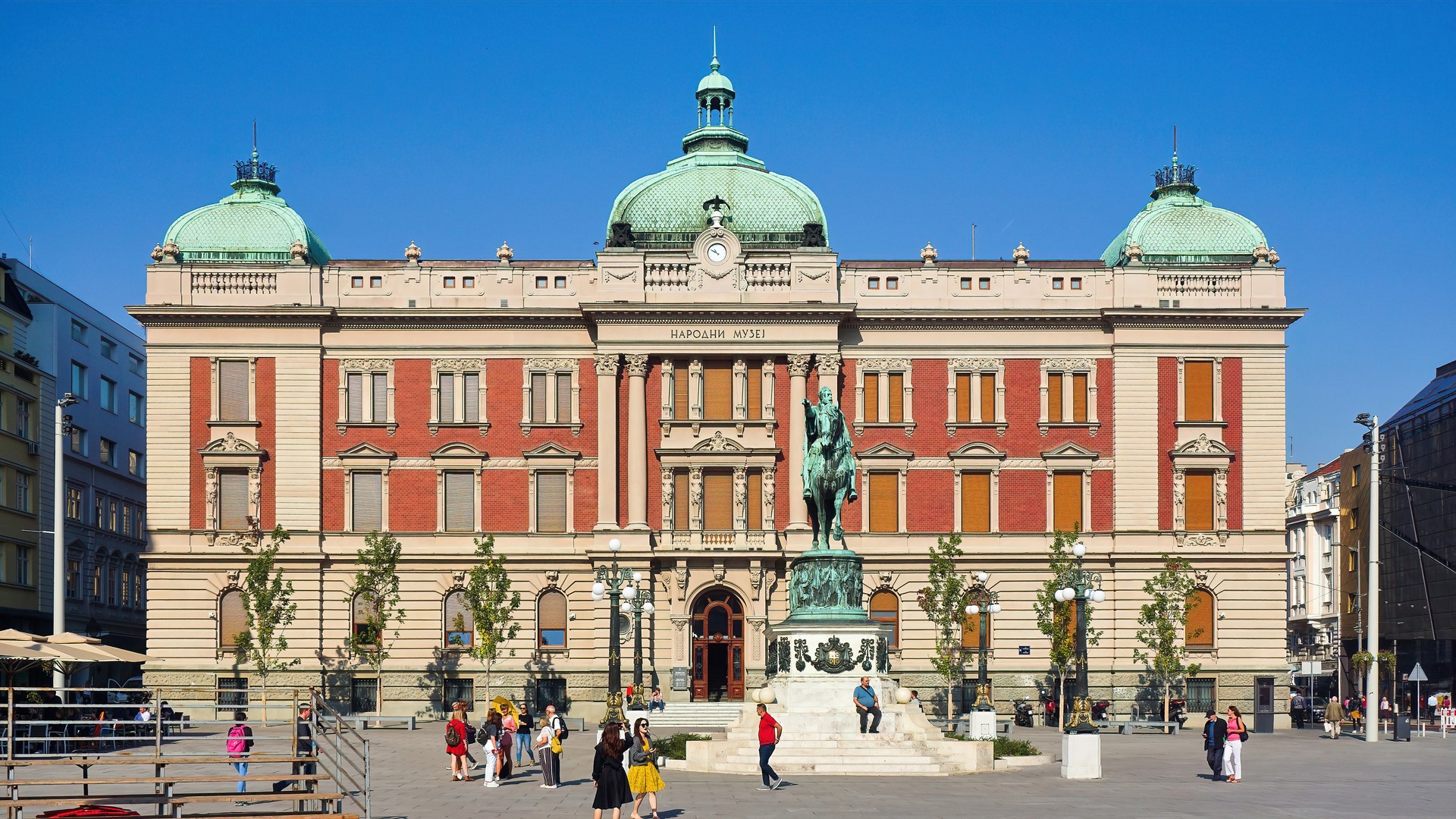 (cc)simon04/CC BY-SA 4.0
(cc)simon04/CC BY-SA 4.0
National Museum
The National Museum in Belgrade was founded in 1844. It is located in the city center, at 1a Republic Square. It is a complex type of museum, dedicated to the protection, interpretation and promotion of the multicultural heritage of the Central Balkans and Europe, from prehistory to the present day,...
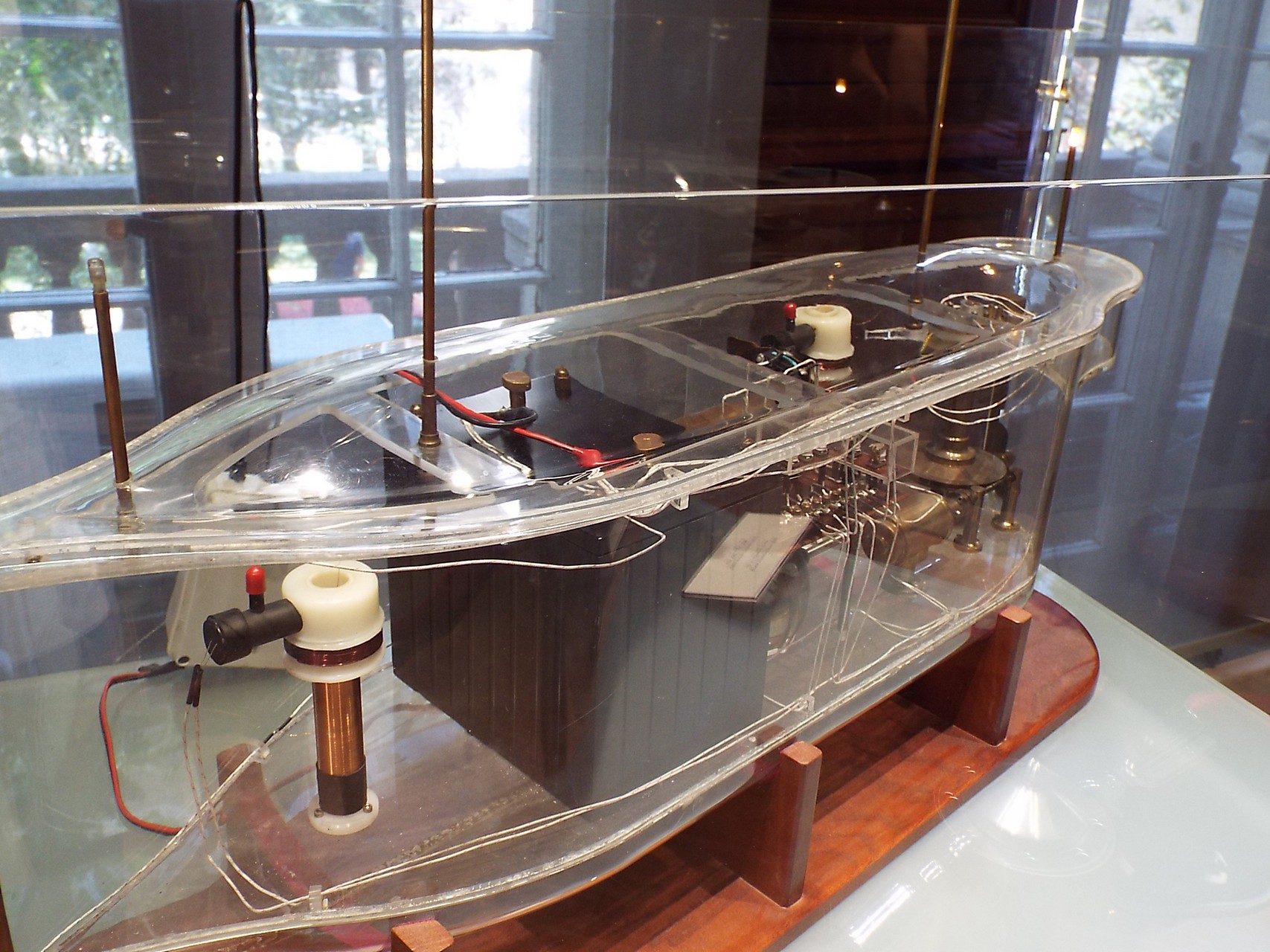 (cc)Vislupus/CC BY-SA 4.0
(cc)Vislupus/CC BY-SA 4.0
Nikola Tesla Museum
The Nikola Tesla Museum is a unique institution which boasts the largest collection of documents on the life of the one of the world’s greatest scientists. The Museum contributes to a broader and clearer insight into the great contribution to science and society, which Nikola Tesla gave to all humanity...
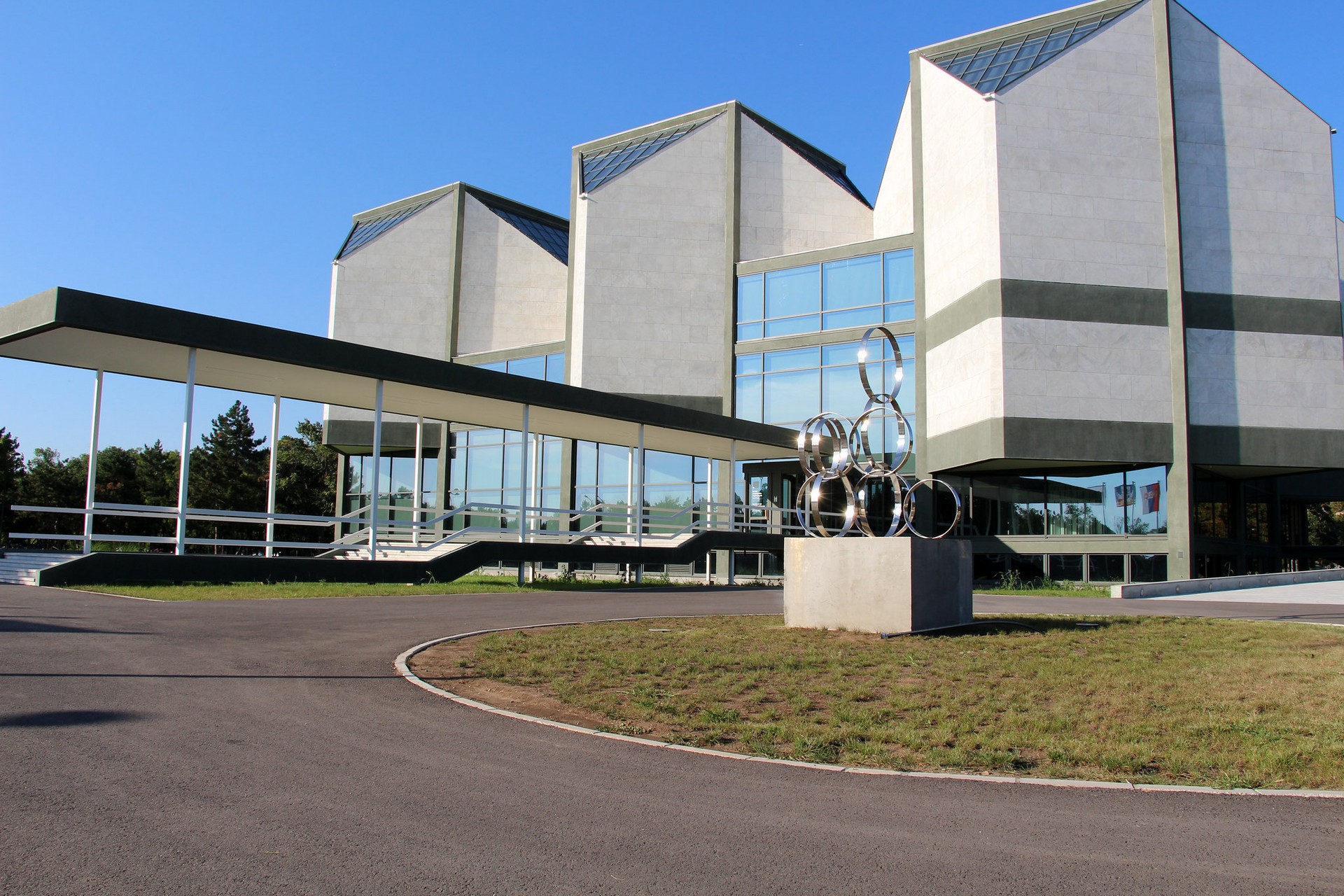 (cc) Fred Romero/CC BY 2.0
(cc) Fred Romero/CC BY 2.0
Museum of Contemporary Art
Since its foundation in 1965, the Museum of Contemporary Art has based its display policy on the representation of the most relevant artists, periods, movements and tendencies in Yugoslav, Serbian and international art of the 20th century. On the European and world map of modern and contemporary art, the Museum...
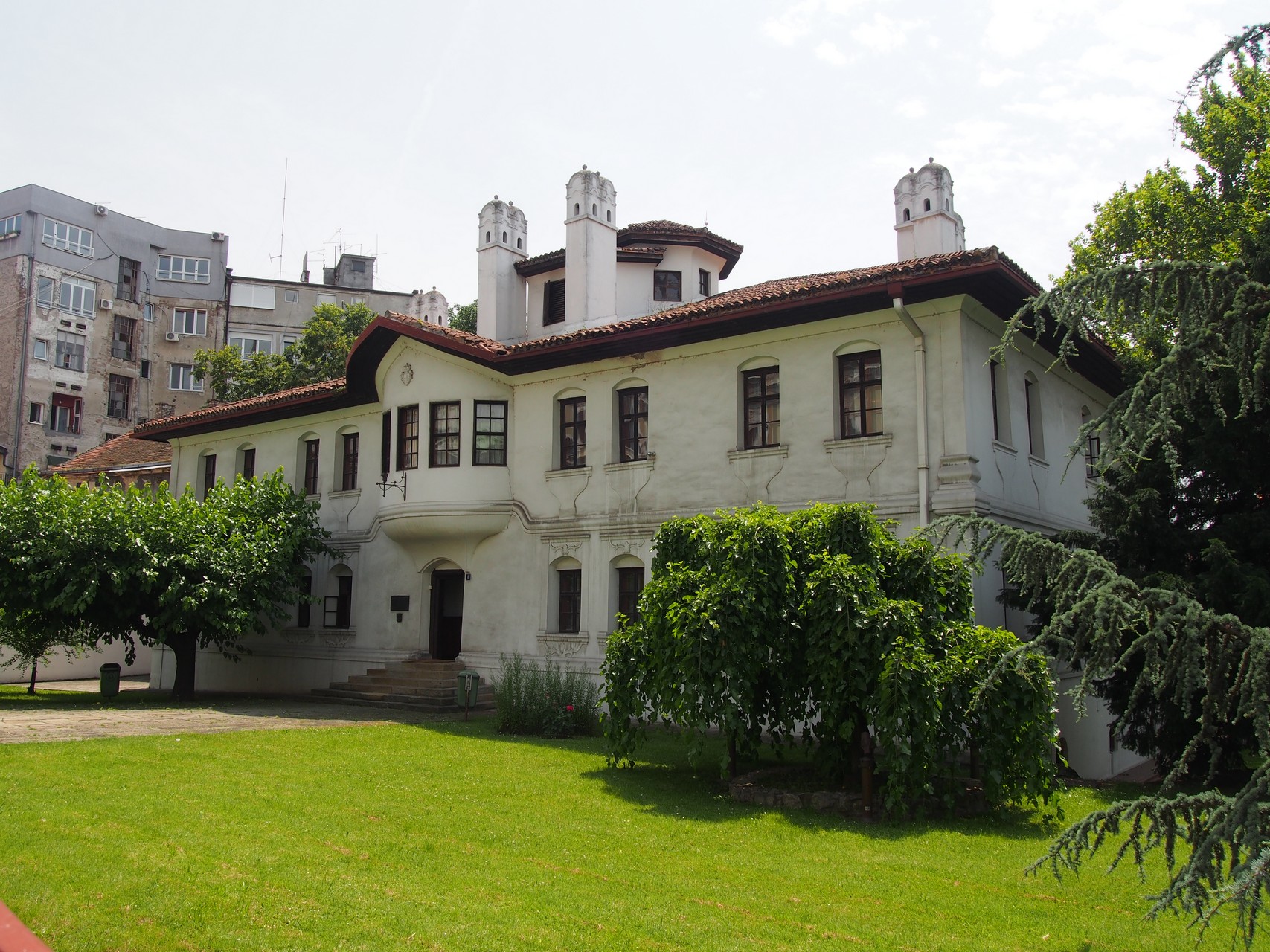 (cc)Никола Цветковић /CC BY-SA 3.0
(cc)Никола Цветковић /CC BY-SA 3.0
Belgrade City Museum
The Belgrade City Museum, formerly the Municipal Museum, was founded by the municipal authorities of Belgrade in 1903. The Museum’s collection of items from the period of prehistory, with a large part dedicated to the period of antiquity, and a collection of engravings and maps of Belgrade from the 16th...
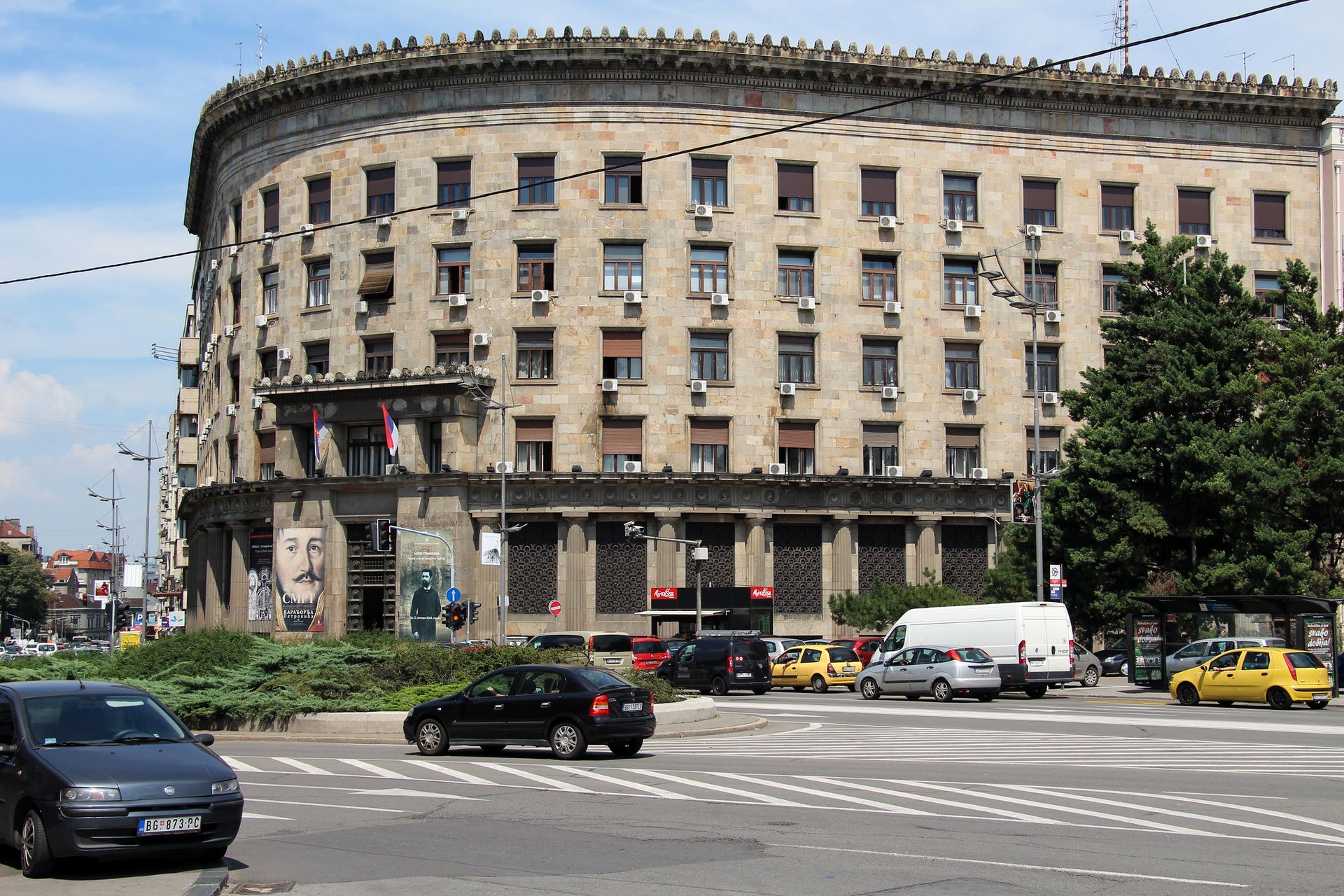 (cc) Fred Romero/CC BY 2.0
(cc) Fred Romero/CC BY 2.0
Historical Museum of Serbia
The Historical Museum of Serbia was founded in 1963. Through its exhibits, the museum articulates and interprets knowledge about the past of Serbia and the Serbian people, as well as other peoples and cultures that have lived and still live in the territory of Serbia from the Middle Ages to...
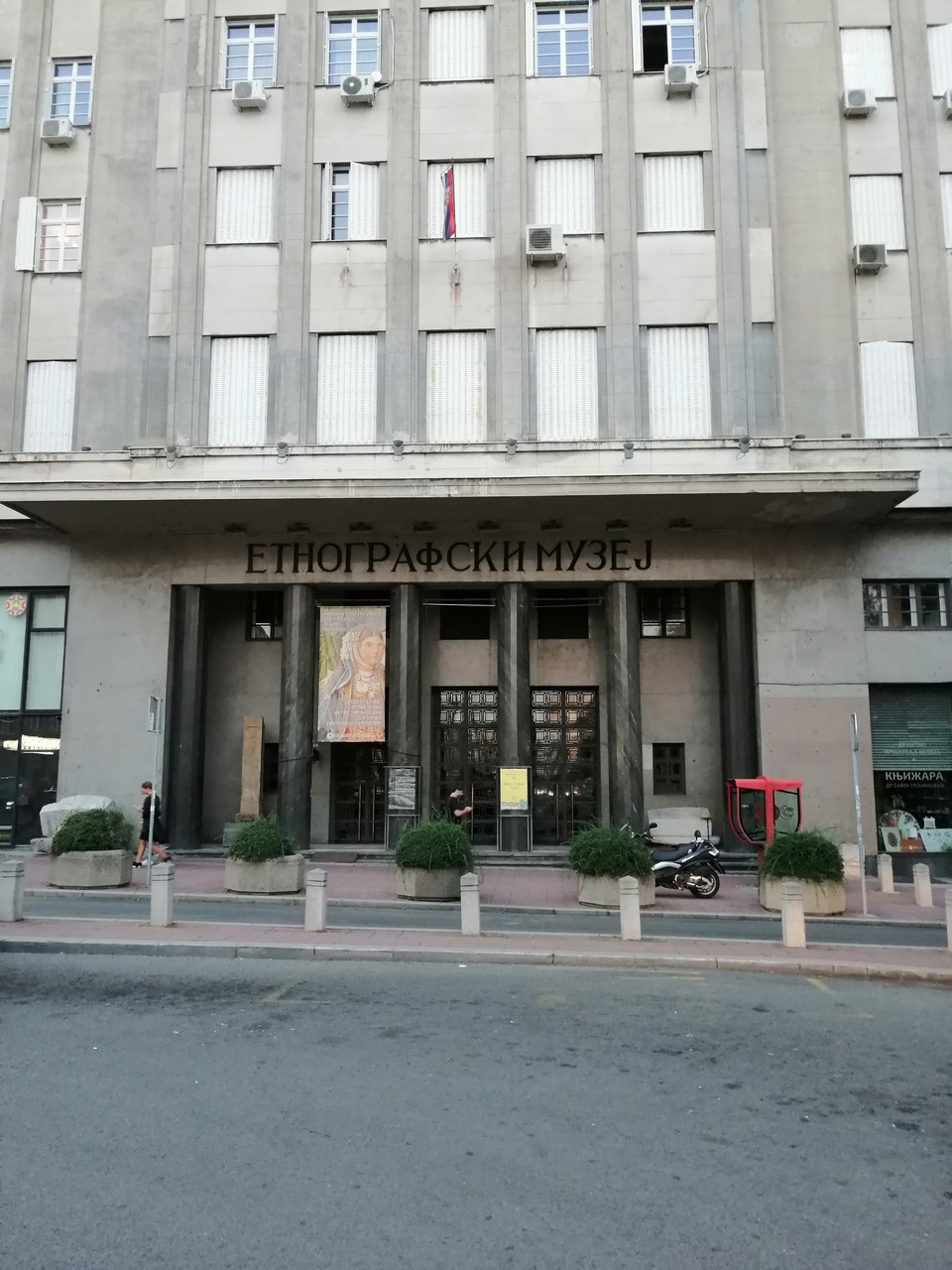 (cc)Miljan Simonović/CC BY-SA 4.0
(cc)Miljan Simonović/CC BY-SA 4.0
Ethnographic Museum
The Ethnographic Museum in Belgrade was founded in 1901, when the Ethnographic Department was separated from the National Museum of Serbia. It is among the oldest museums in Belgrade. The first permanent exhibition of collected ethnographic objects, from the entire area of the Balkan Peninsula, was opened in 1904. Today,...
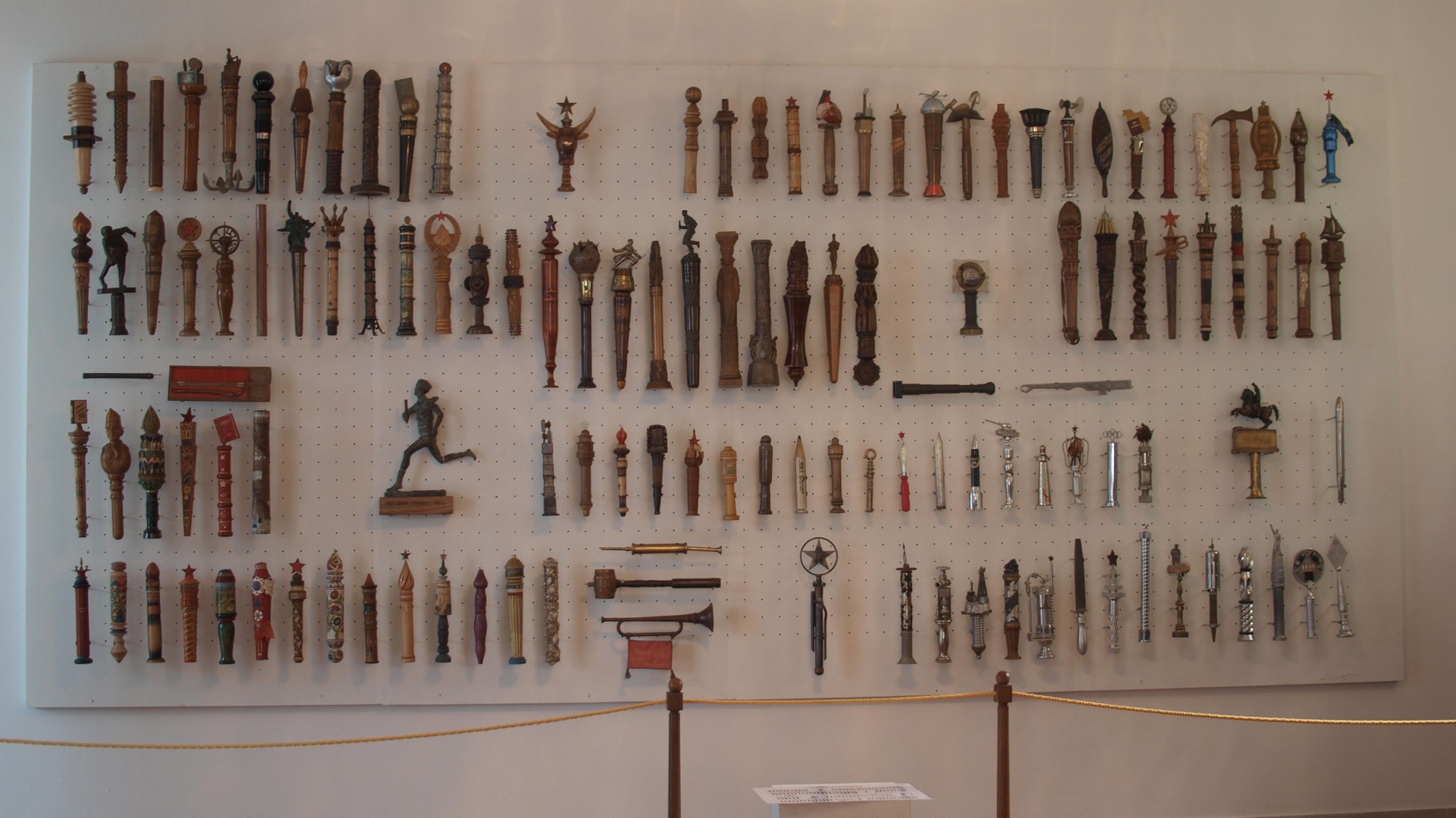 (cc)tomislav medak/CC BY 2.0
(cc)tomislav medak/CC BY 2.0
Museum of Yugoslavia
The Museum of Yugoslavia is a cultural institution that collects and exhibits various objects related to the history of Yugoslavia. At the same time, this is a place where the cult and the epoch of Josip Broz Tito, the lifelong president of Yugoslavia and one of the most important personalities...
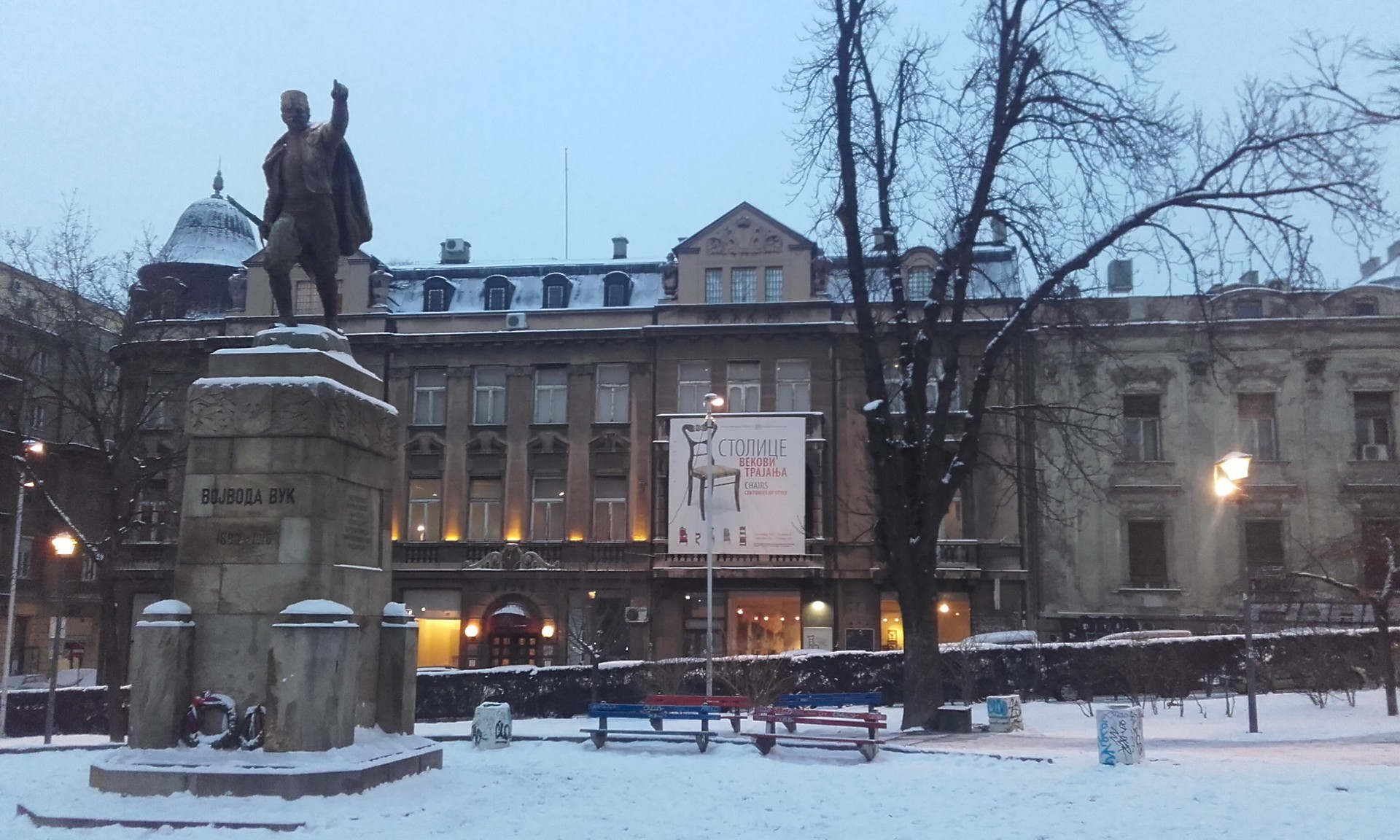 (cc)DraginjaMPU/CC BY-SA 4.0
(cc)DraginjaMPU/CC BY-SA 4.0
Museum of Applied Art
The Museum of Applied Art was founded in 1950. It is located in the very center of Belgrade, in Topličin venac, 18 Vuka Karadžića Street. It belongs to the category of specialized art museums. The Museum systematically collects, preserves, studies, exhibits and publishes works of applied art from the country...
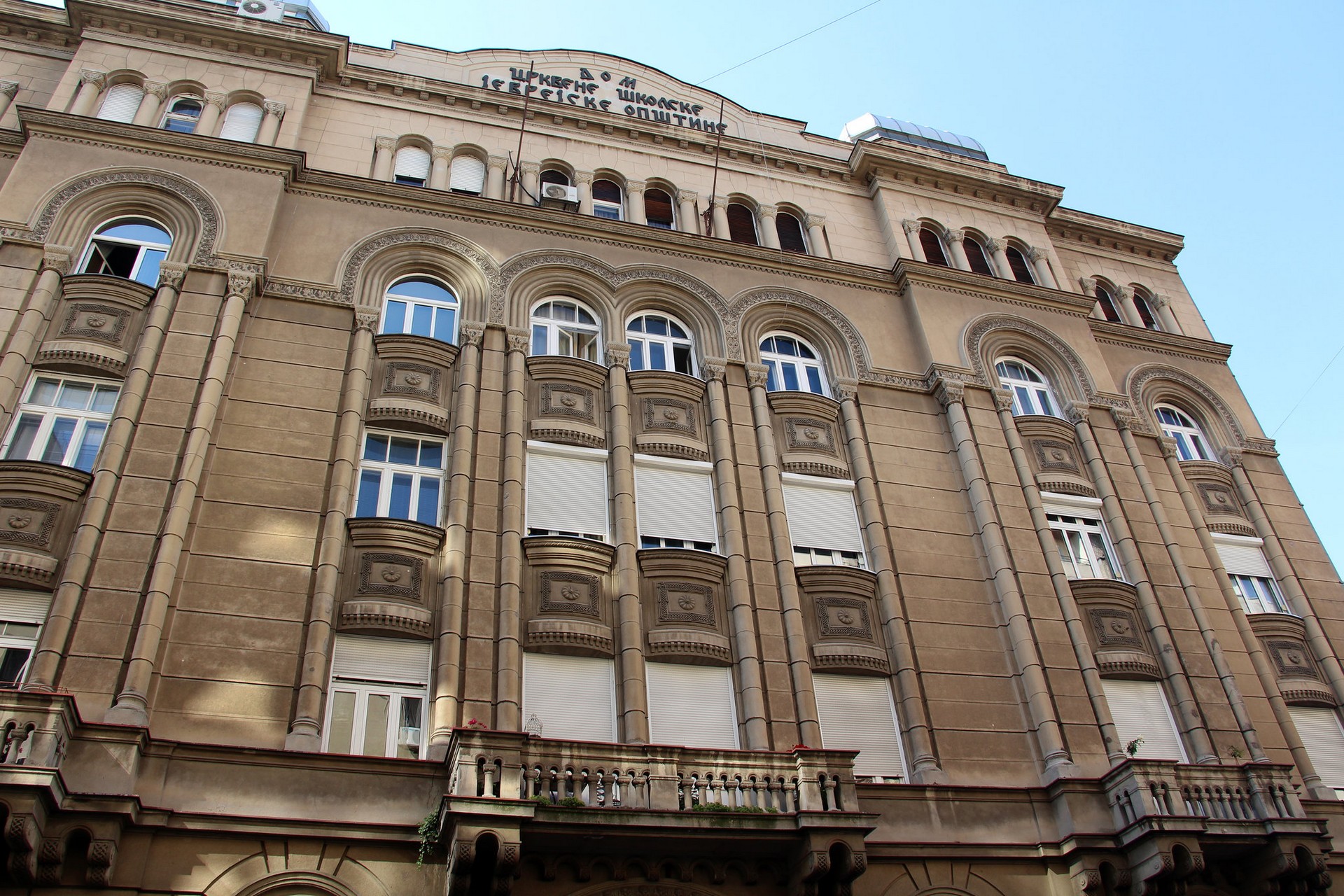 (cc) Fred Romero/CC BY 2.0
(cc) Fred Romero/CC BY 2.0
Jewish History Museum
The Jewish History Museum is located at 71A Kralja Petra Street. It was founded in 1948. The Museum operates under the auspices of the Federation of Jewish Communities of Serbia and is the only Jewish museum in Serbia. The permanent exhibition of the Museum contains documents, photographs, exhibits and artworks...
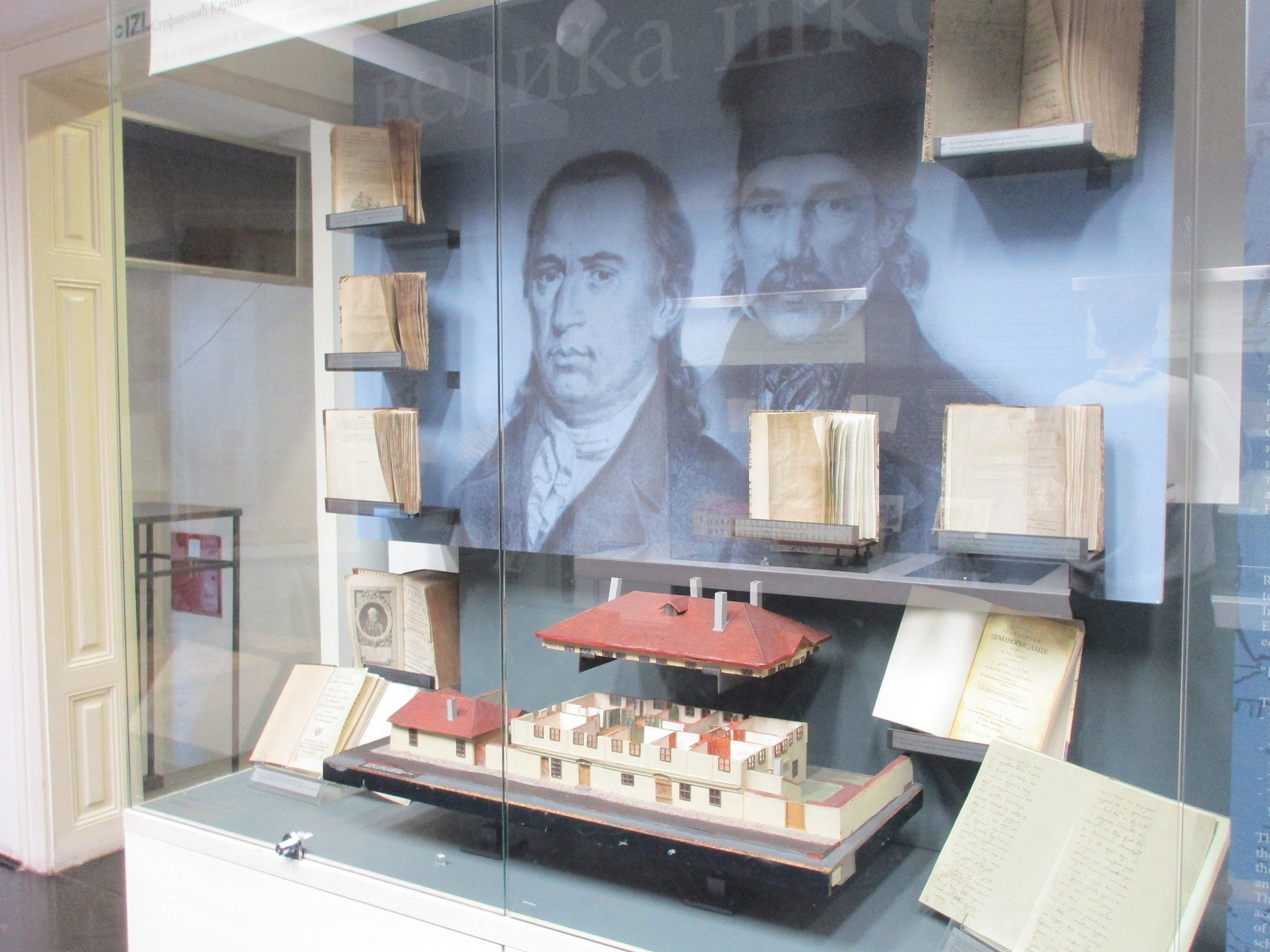 (cc)Miljan Simonović/CC BY-SA 4.0
(cc)Miljan Simonović/CC BY-SA 4.0
Museum of Pedagogy
The Museum is located at 14 Uzun Mirkova Street. It was founded in 1896 and is one of the oldest museum institutions in Serbia. It was founded by the Teachers’ Association of Serbia with the task of collecting and keeping “the teaching aids and everything else that is related to...
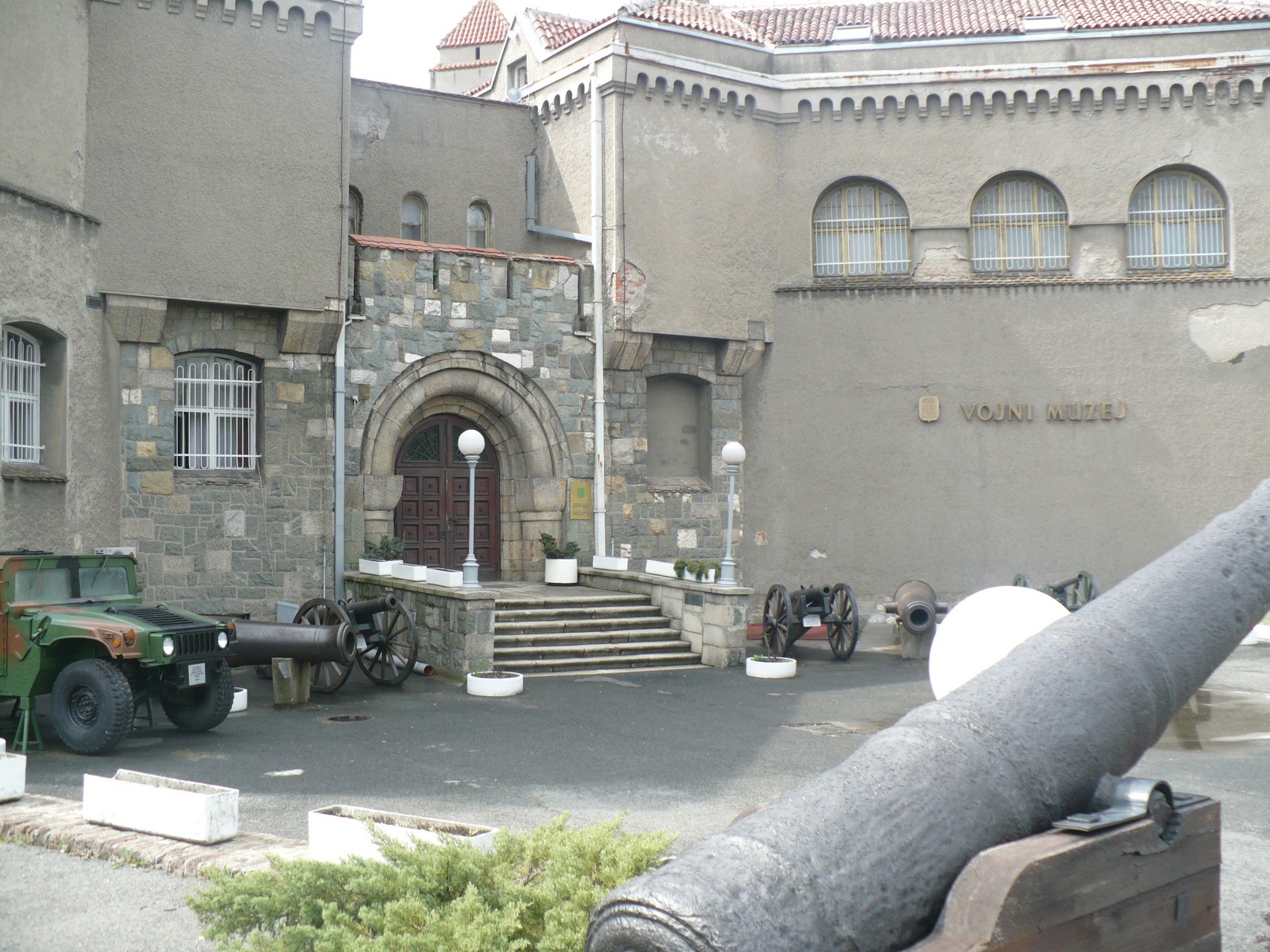 (cc) Vikiçizer/CC BY-SA 4.0
(cc) Vikiçizer/CC BY-SA 4.0
Military Museum Belgrade
The Military Museum in Belgrade is located within the Belgrade Fortress complex, in a building erected in 1924 for the needs of the Military Geographical Institute. The Museum was founded by the Decree of Prince Milan Obrenović in 1878, and the first exhibition was opened in 1904 on the occasion...
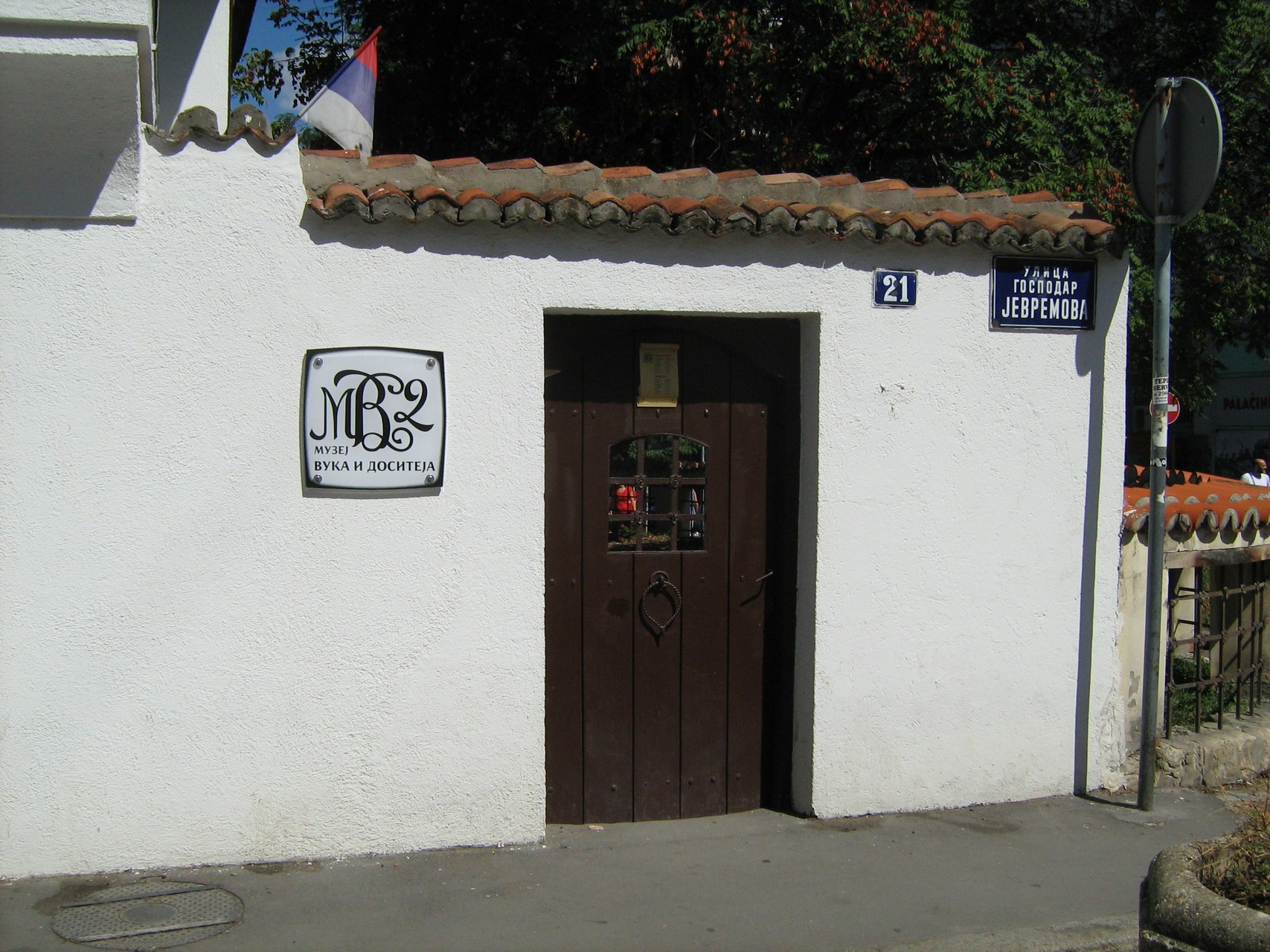 (cc)Djordje Stakić/CC BY-SA 3.0
(cc)Djordje Stakić/CC BY-SA 3.0
Museum of Vuk and Dositej
The Museum of Vuk and Dositej in Gospodar Jevremova Street is a memorial museum, dedicated to two greats of Serbian culture – the educator and the first Serbian Minister of Education Dositej Obradović and the reformer of the Serbian language, Vuk Karadžić. The Museum is located in a house that...
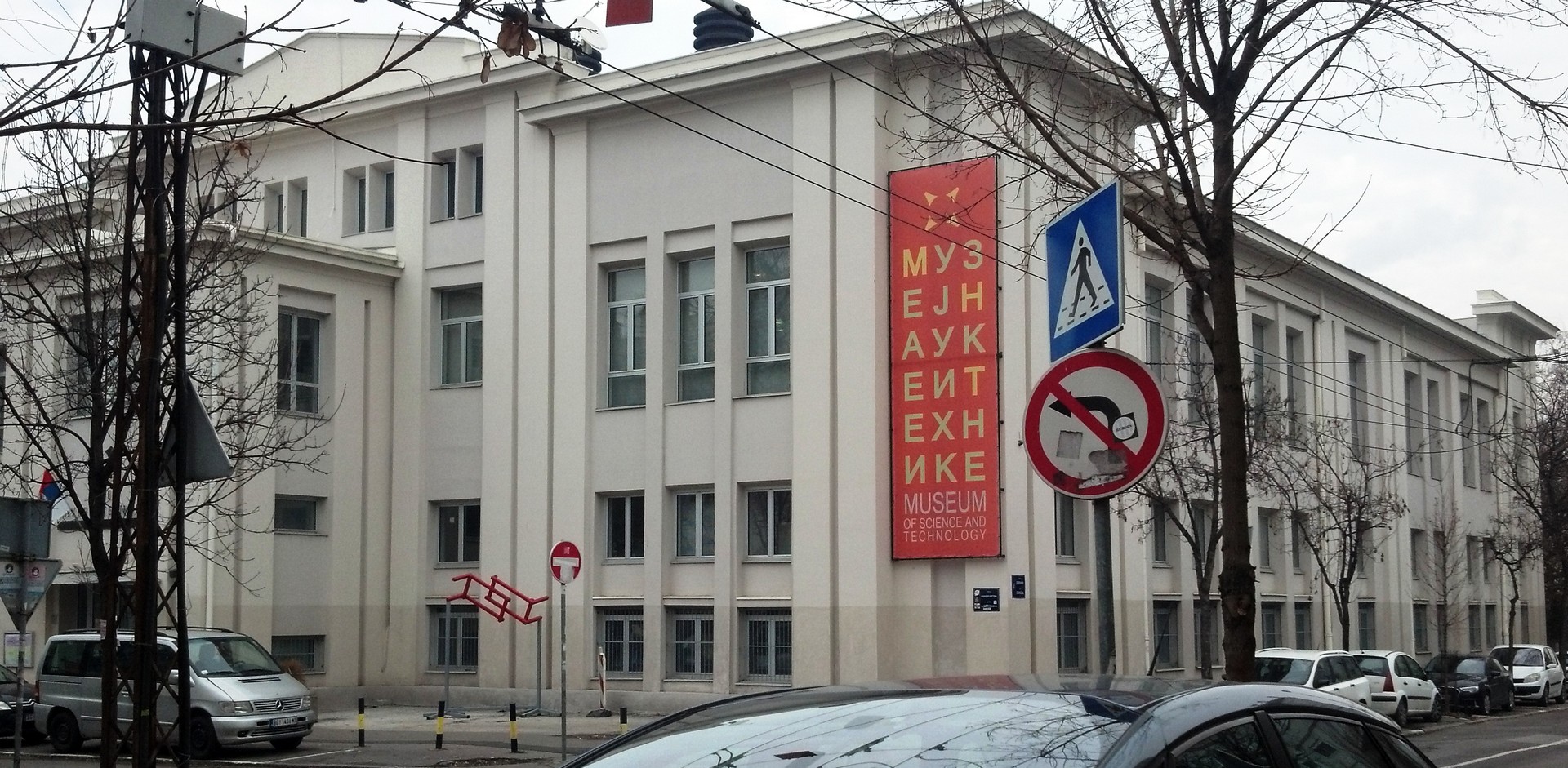 (cc)Nanabaka /CC BY-SA 4.0
(cc)Nanabaka /CC BY-SA 4.0
Museum of Science and Technology
The Museum is located in the building of the old electrical power plant in Dorćol, in 51 Skender-begova Street. It is a cultural institution of national importance. The primary activities of the museum are collection, research, protection and presentation of scientific and technical goods with the aim of raising awareness...
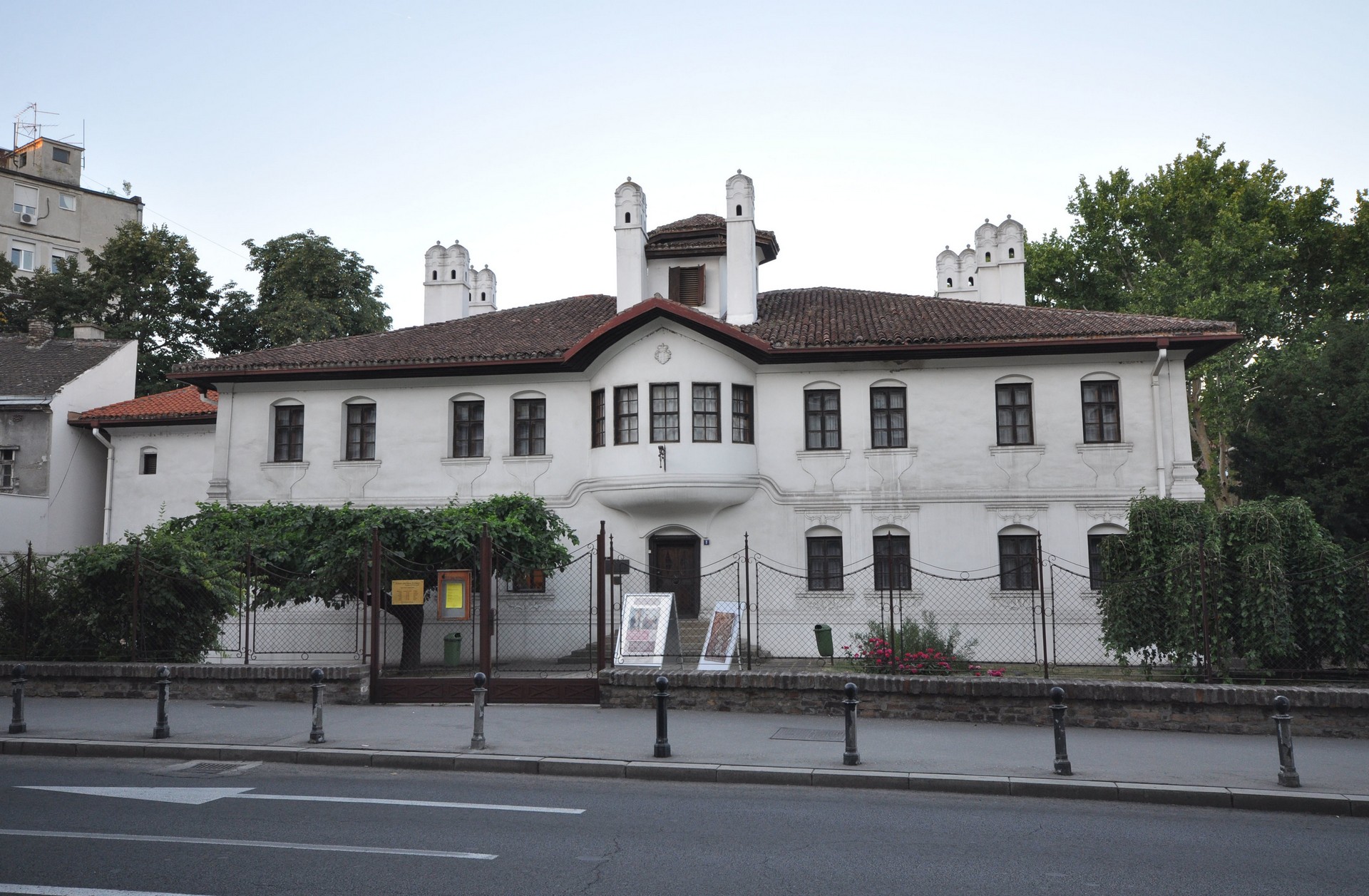 (cc) Jorge Láscar/CC BY 2.0
(cc) Jorge Láscar/CC BY 2.0
Princess Ljubica’s Residence
The residence of Princess Ljubica is one of the few preserved buildings from the time of the first reign of Prince Miloš Obrenović. With its Serbian-Balkan style architecture, this building represents one of the best examples of civic architecture of the first half of the 19th century in Belgrade. It...
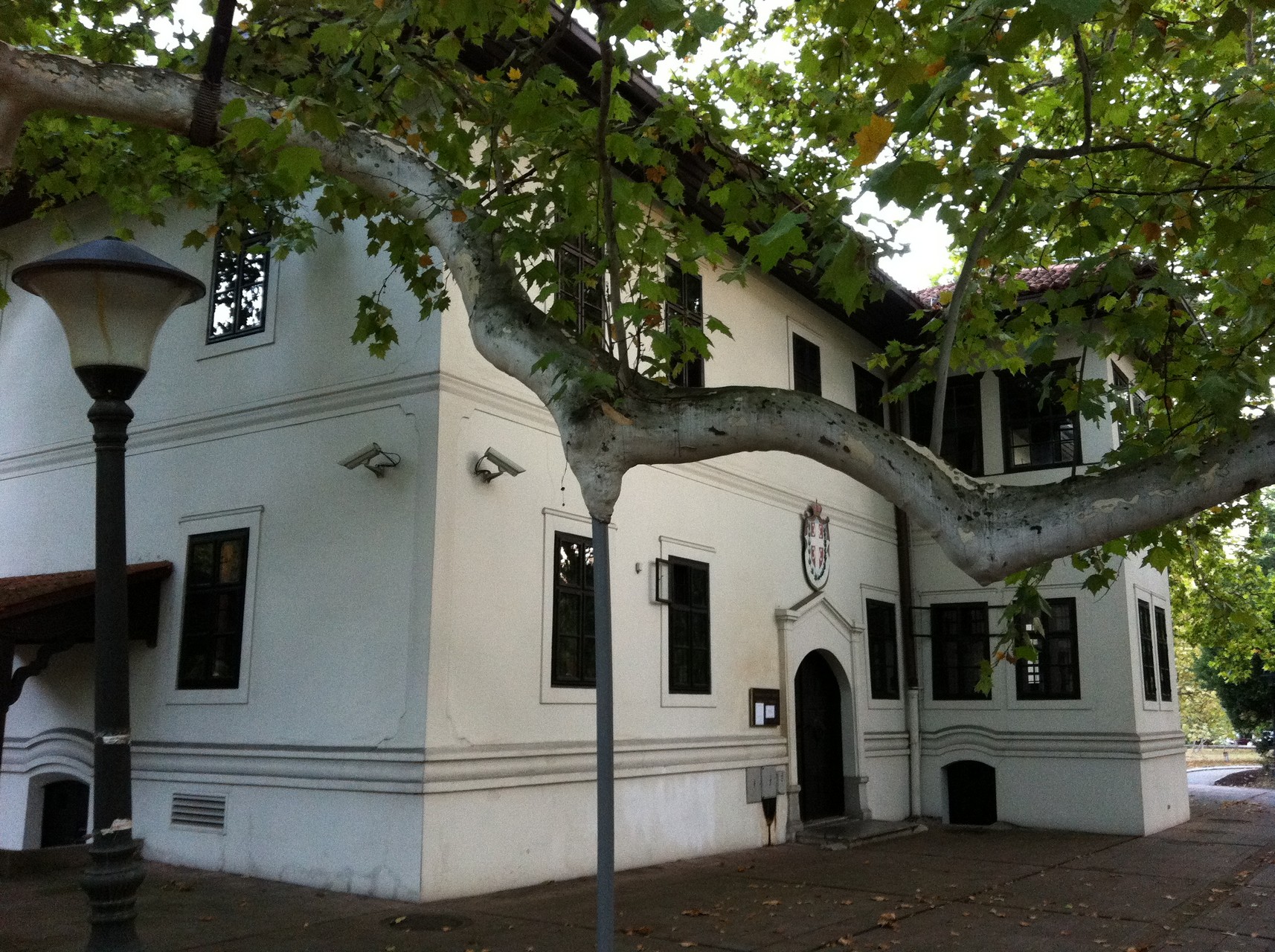 (cc) Milosdavidovic /CC BY-SA 3.0
(cc) Milosdavidovic /CC BY-SA 3.0
Residence of Prince Miloš
The Residence of Prince Miloš in Topčider is a royal residence, built for the Prince between 1831 and 1834, after Serbia gained autonomous status within the Ottoman Empire. It was erected by the order of Prince Miloš as the central building within the representative palace complex in Topčider. The palace...
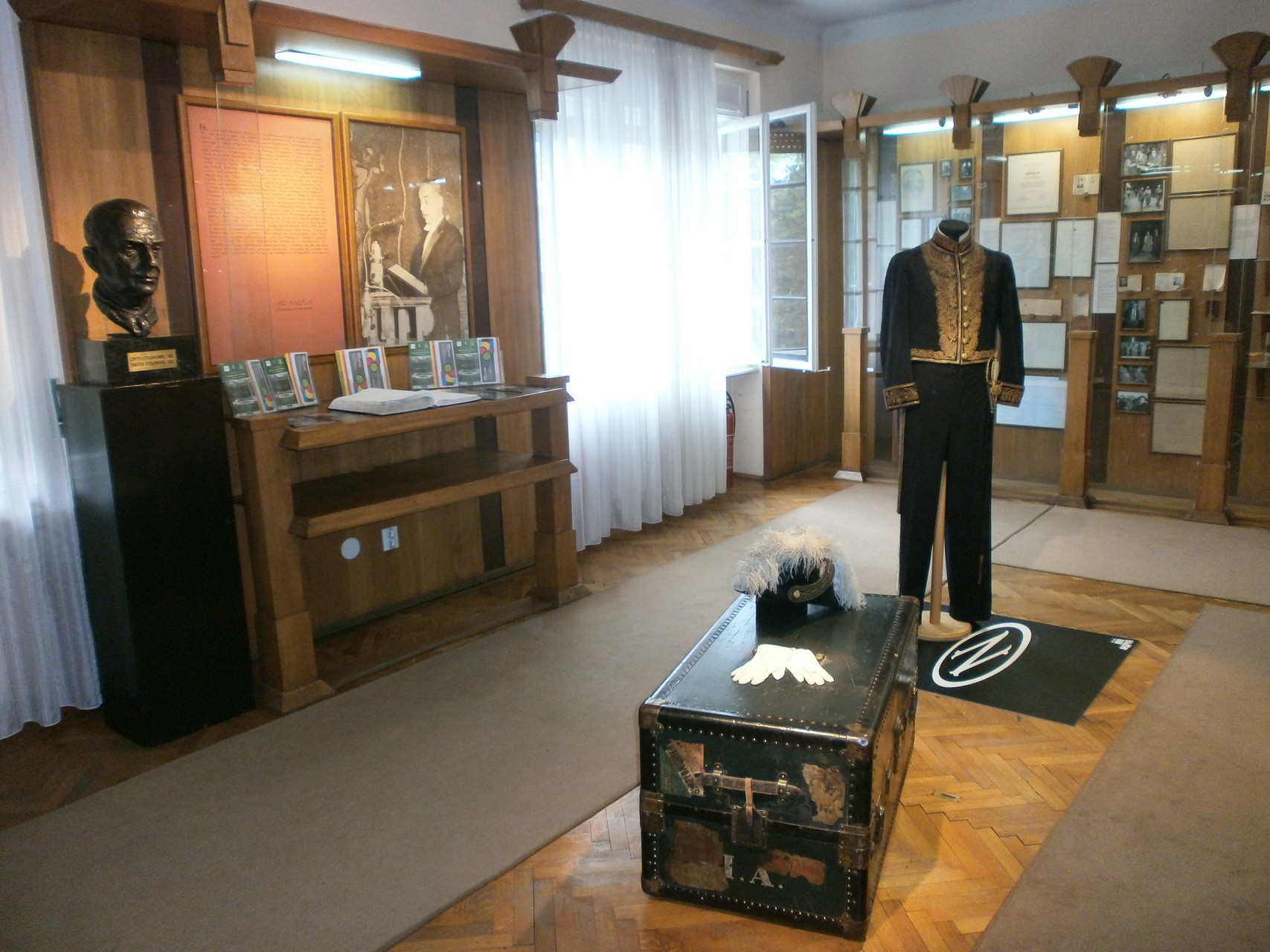 (cc) Mickey Mystique /CC BY-SA 4.0
(cc) Mickey Mystique /CC BY-SA 4.0
Memorial Museum of Ivo Andrić
The Memorial Museum of Ivo Andrić is a part of the Belgrade City Museum. It was opened in 1976 in an apartment at 8 Andrićev venac Street where the writer lived from 1958 until his death. The Museum is maintained by the Ivo Andrić Endowment. The authentic layout and appearance...
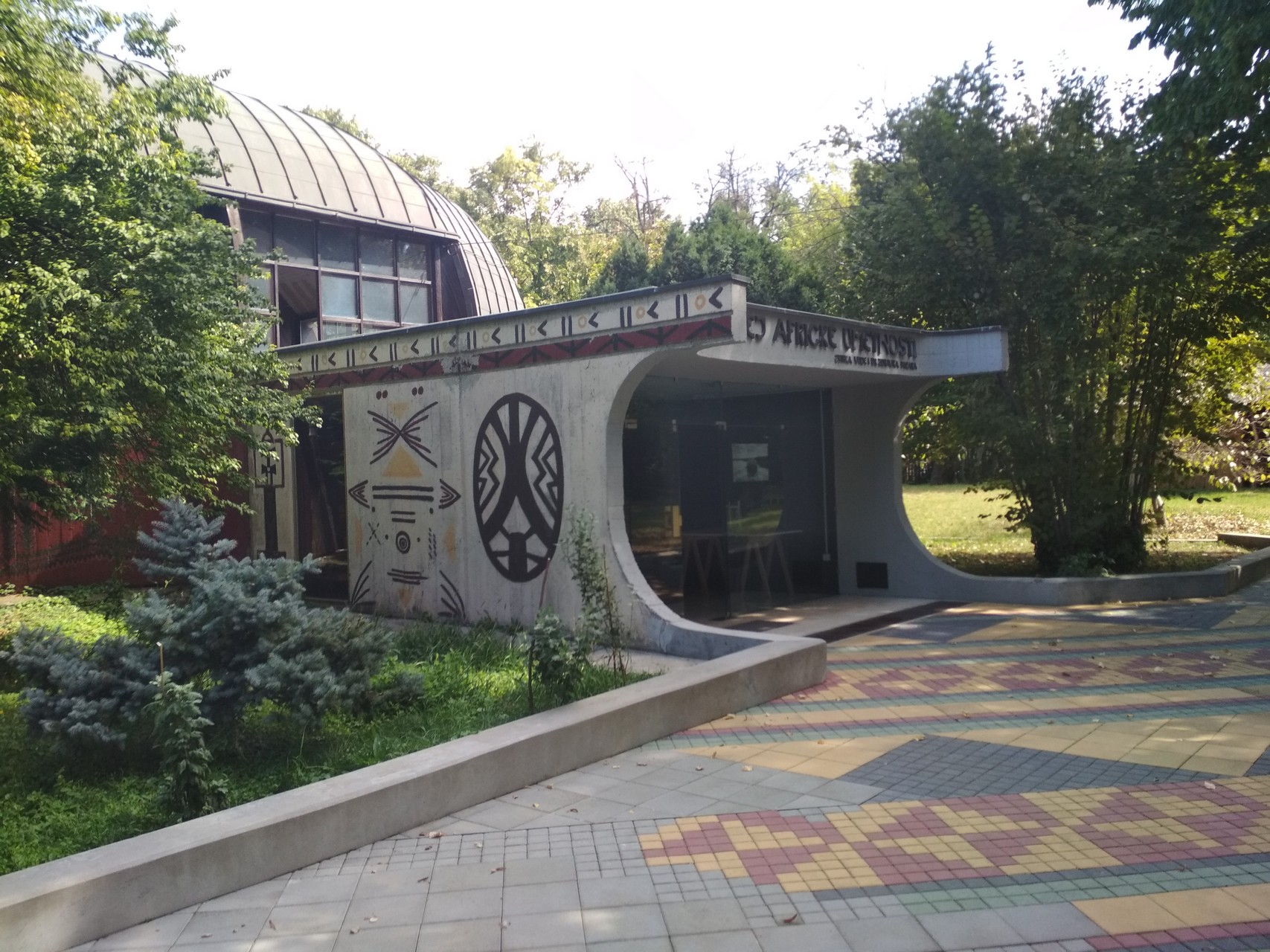 (cc) Filip Popovic /CC BY-SA 4.0
(cc) Filip Popovic /CC BY-SA 4.0
Museum of African Art
The Museum of African Art is located on Topčider Hill, in 14 Andre Nikolića Street. It was opened in 1977. It is the first and only museum in the region dedicated exclusively to the cultures and arts of the African continent. The permanent exhibition consists of valuable examples of primarily...
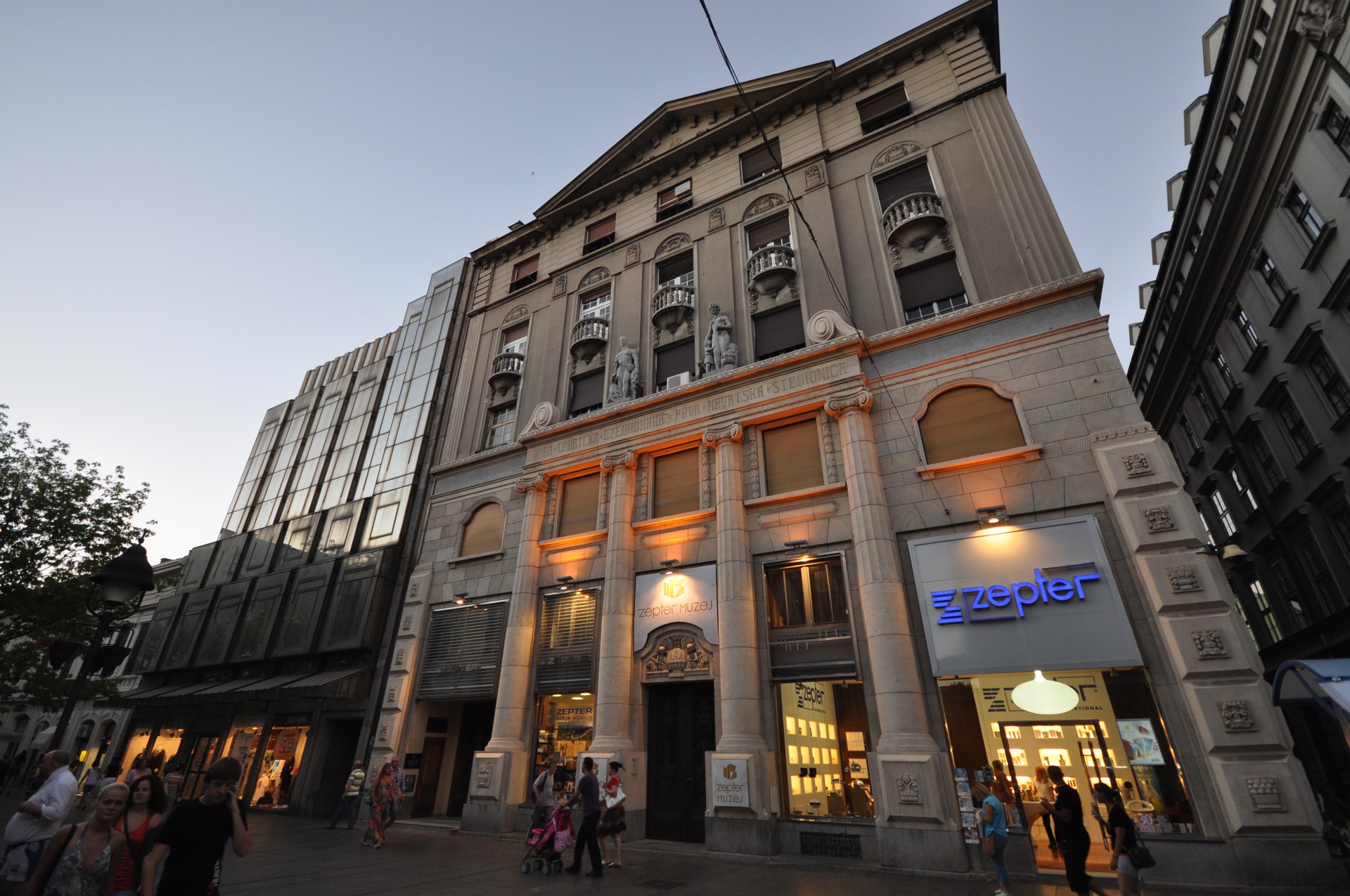 (cc) Jorge Láscar/CC BY 2.0
(cc) Jorge Láscar/CC BY 2.0
Zepter Museum
Zepter Museum in 42 Knez Mihailova Street was founded in 2010 as the first private art museum in Serbia. The Museum building was designed by the Croatian architect Dionis Andrija Sunko in 1922 for the needs of the First Croatian Savings Bank. The main activity of the Museum is to...
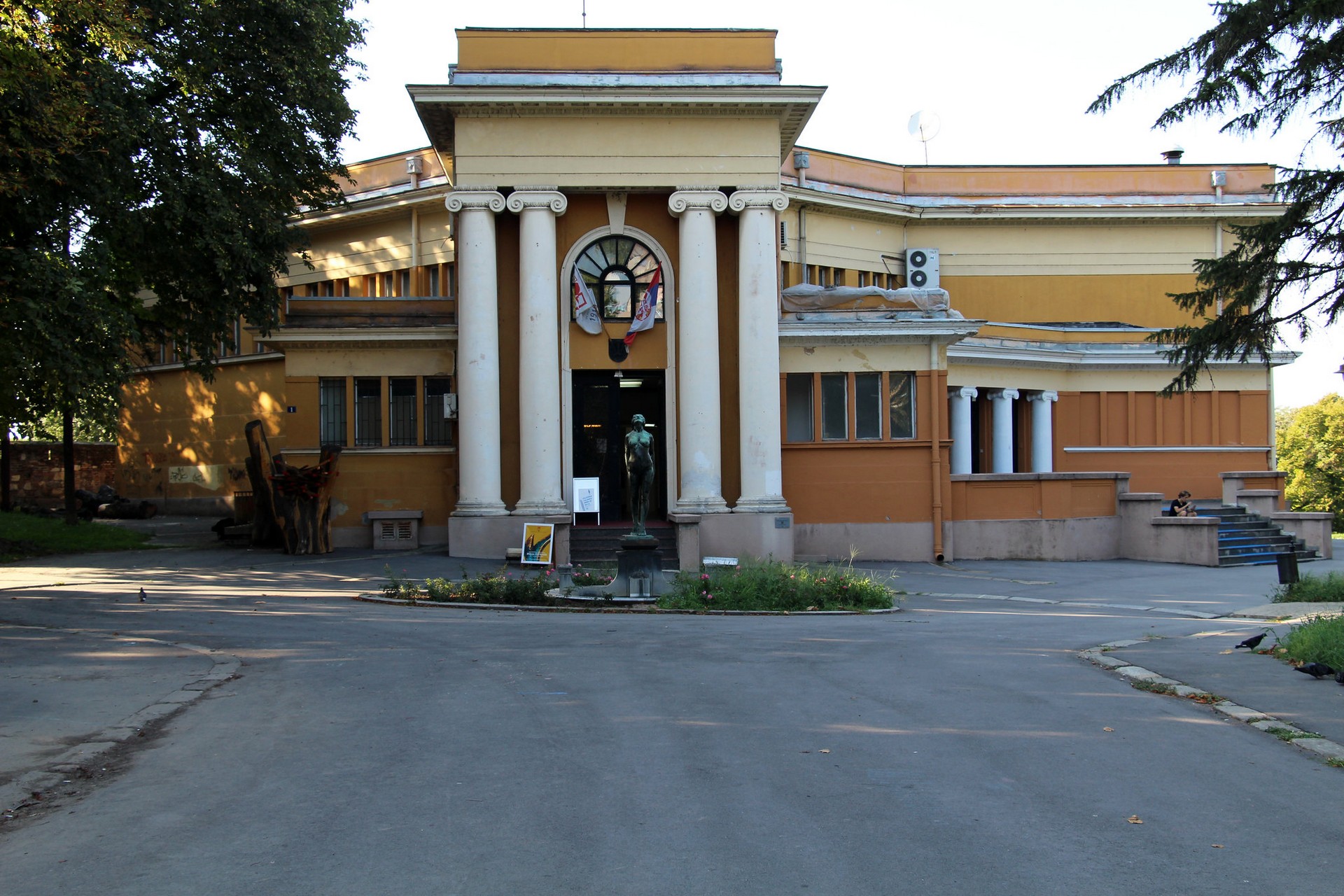 (cc) Fred Romero/CC BY 2.0
(cc) Fred Romero/CC BY 2.0
Art Pavilion Cvijeta Zuzorić
The Art Pavilion “Cvijeta Zuzorić” is located in the section of the Kalemegdan Park called Mali Kalemegdan. The Pavilion building was erected in 1928 after the design of the architect Branislav Kojić, in the Art Deco style. This gallery space of the Pavillion has been managed by the Association of...
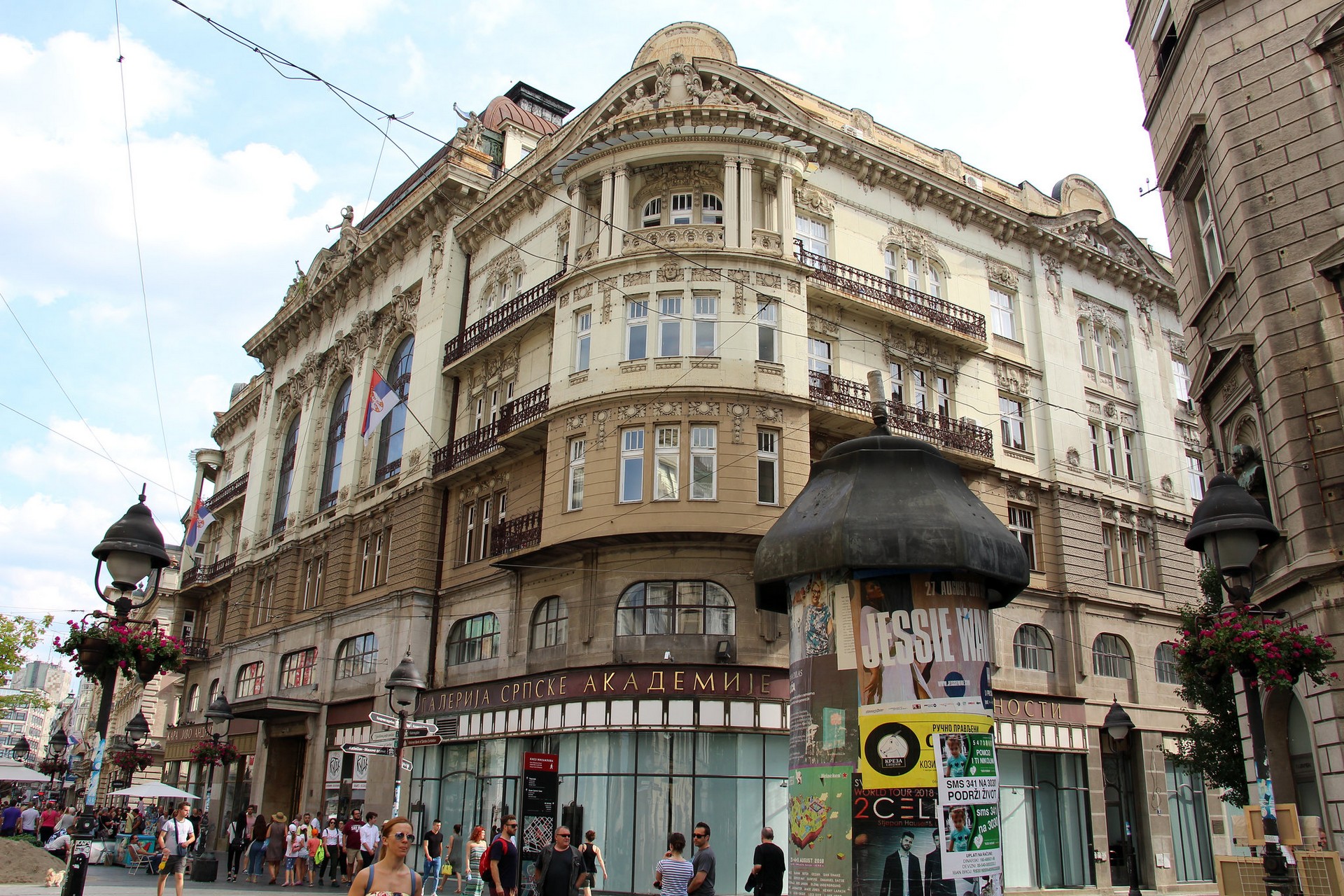 (cc) Fred Romero/CC BY 2.0
(cc) Fred Romero/CC BY 2.0
SASA Gallery
The SASA Gallery of of Visual Arts and Music is located in 35 Knez Mihailova Street, in the Palace of SASA (Serbian Academy of Sciences and Arts). It was founded in 1968 and operates as a unit within SASA. In 1967, a massive reconstruction of the ground floor premises of...
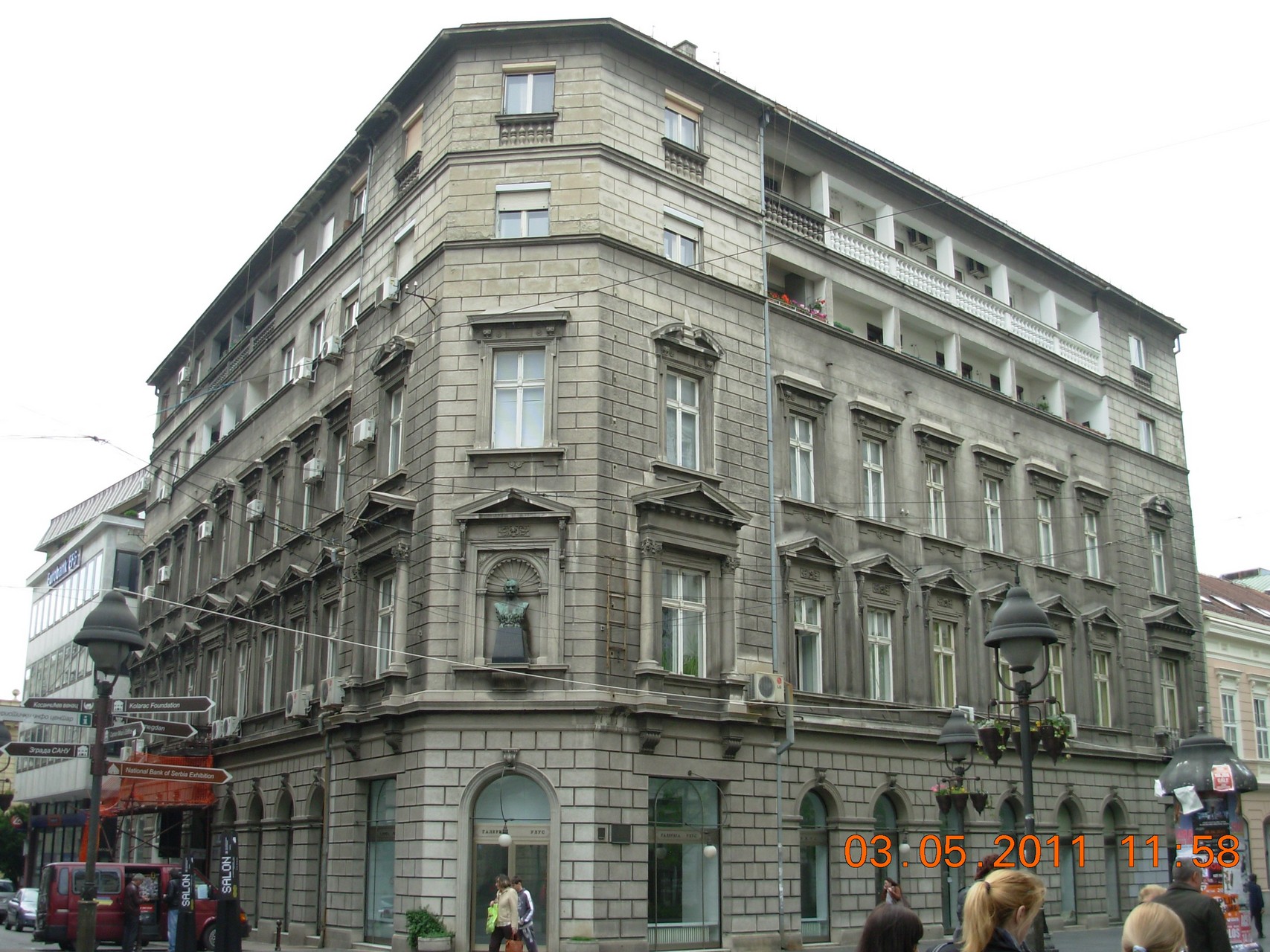 (cc)Goldfinger/CC BY-SA 3.0 RS
(cc)Goldfinger/CC BY-SA 3.0 RS
ULUS Gallery
The Association of Fine Artists of Serbia (ULUS) was founded in 1919. It is the largest art association in Serbia. Regular program activities of ULUS are realized in two exhibition spaces in the center of Belgrade – in the Art Pavilion “Cvijeta Zuzorić” on Kalemegdan and the ULUS Gallery at...
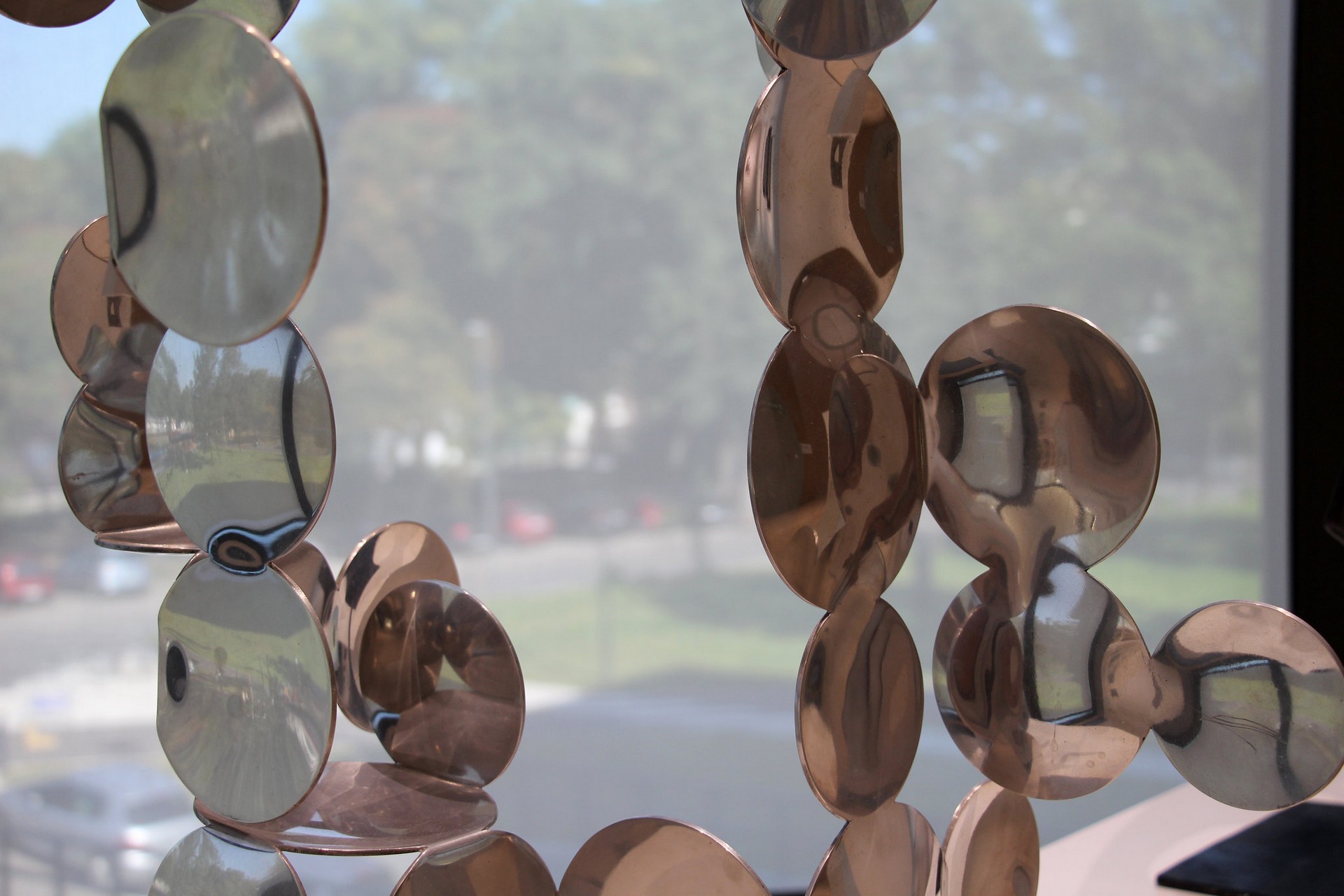 (cc) Fred Romero/CC BY 2.0
(cc) Fred Romero/CC BY 2.0
Salon of the MoCAB
The Salon of the Museum of Contemporary Art in Belgrade was opened in 1961 at 14 Pariska Street under the name of Modern Gallery. The salon started off four years before the Museum of Contemporary Art at Ušće was opened.The exhibition practice of the Salon has always been focused on...
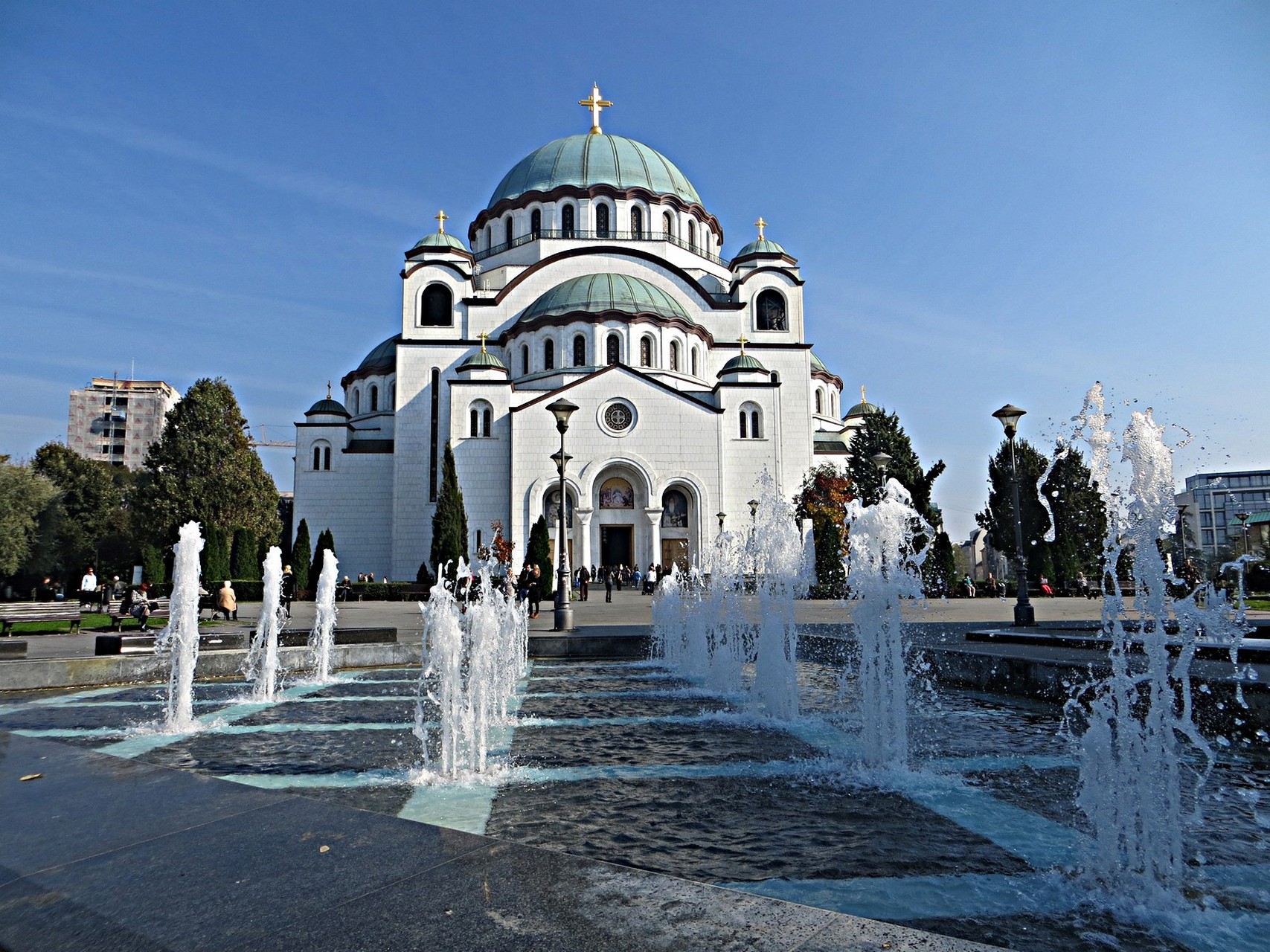 (cc)Mister No/CC BY 3.0
(cc)Mister No/CC BY 3.0
Temple of Saint Sava
The silhouette of Belgrade is dominated by the monumental edifice of the Temple of Saint Sava. Built on Vračar plateau, this is the largest Orthodox church in the Balkans and one of the largest Orthodox churches in the world. It is said that the temple was built on the site...
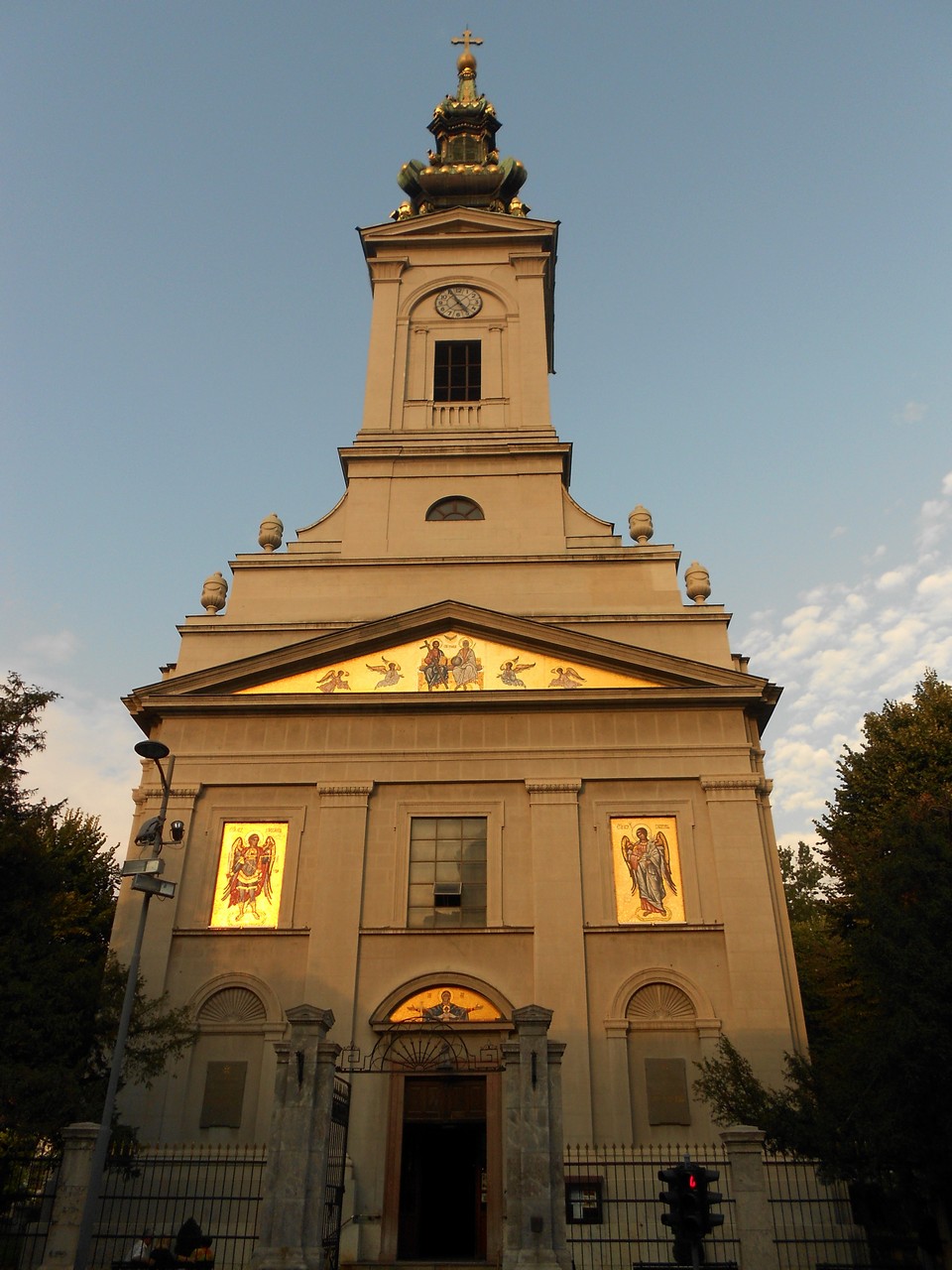 (cc) NMedjedov/CC BY-SA 3.0
(cc) NMedjedov/CC BY-SA 3.0
The Cathedral Church of St. Michael the Archangel
Commonly known as Saborna crkva (The Cathedral) among the city residents, this temple is one of the most important places of worship in the country. This invaluable historical site is related to the fate of Belgrade in the first half of the 19th century. The town was just formed in...
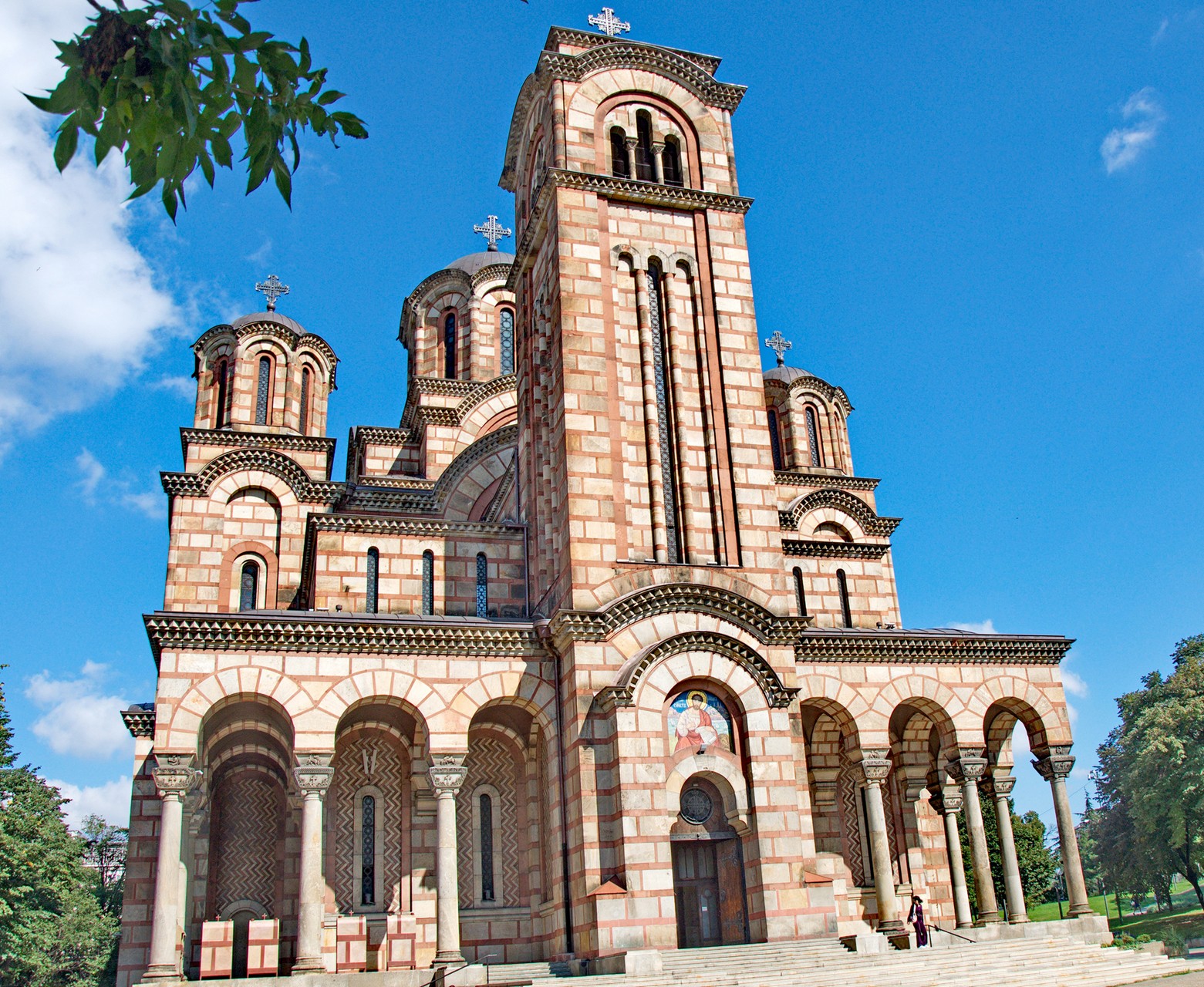 (cc) ZoranCvetkovic/CC BY-SA 3.0
(cc) ZoranCvetkovic/CC BY-SA 3.0
St. Mark’s Church
The Church of St. Mark at Tašmajdan was built from 1931 to 1940, based on the design of architects Petar and Branko Krstić. It was built in the Serbo-Byzantine style. The present Church was built in the immediate vicinity of the Russian Church of the Holy Trinity from 1924, but...
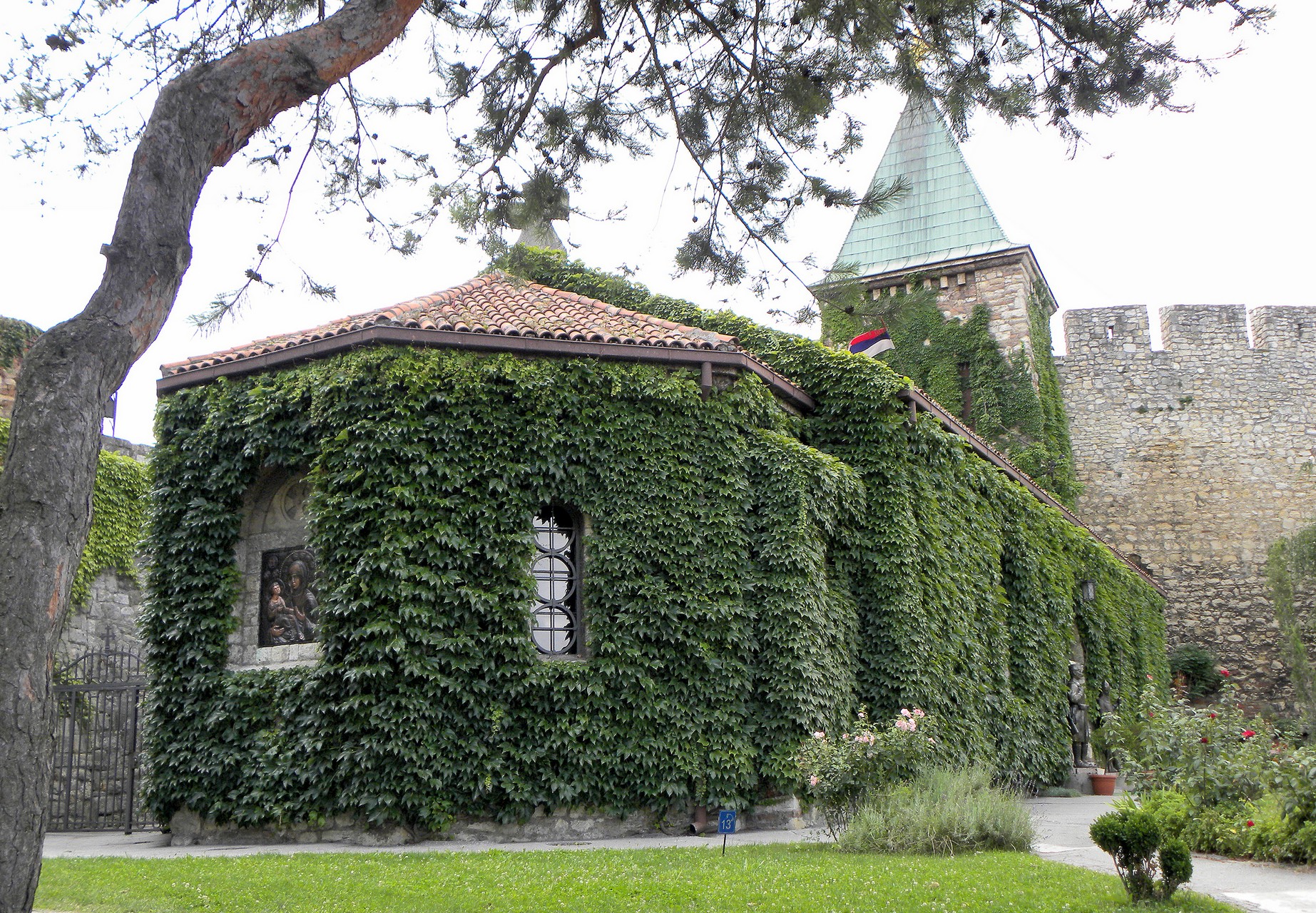 (cc)Nemezis/CC BY-SA 3.0
(cc)Nemezis/CC BY-SA 3.0
Ružica Church
Ružica Church, dedicated to the Nativity of Mary, is located in the Belgrade Fortress, below the Zindan Gate. It was built in 1867. Originally, it was supposed to serve as a military church. For that purpose, the Austrian gunpowder magazine from the 18th century was adapted. The very name of...
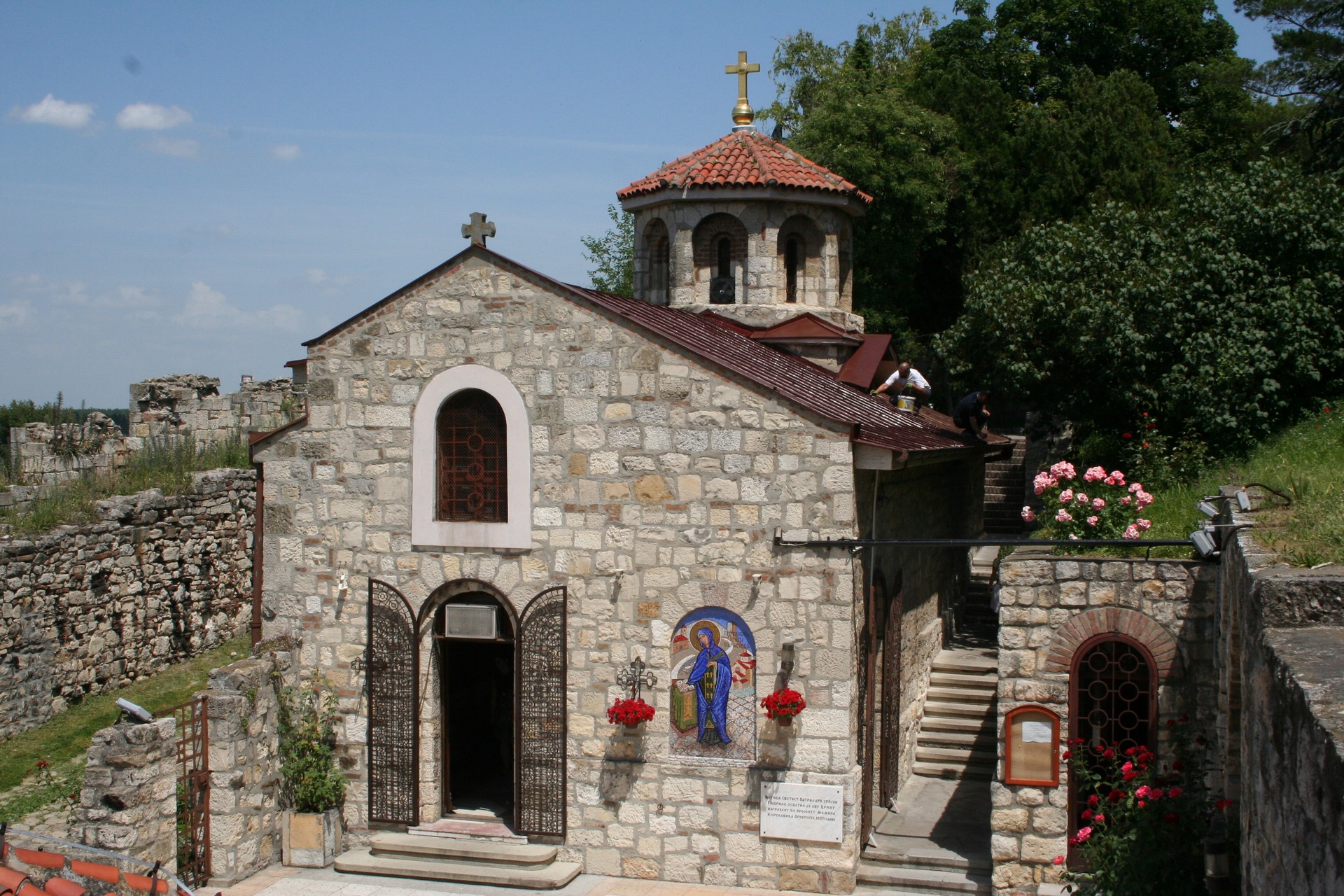 (cc) Ванилица/CC BY-SA 4.0
(cc) Ванилица/CC BY-SA 4.0
St. Petka’s Church
The Church of St. Petka is located in the Lower Town of the Belgrade Fortress, in close vicinity to the Ružica Church. The Church was built over a spring that has been associated with the worship of St. Petka since the Middle Ages. The current church was built in 1937,...
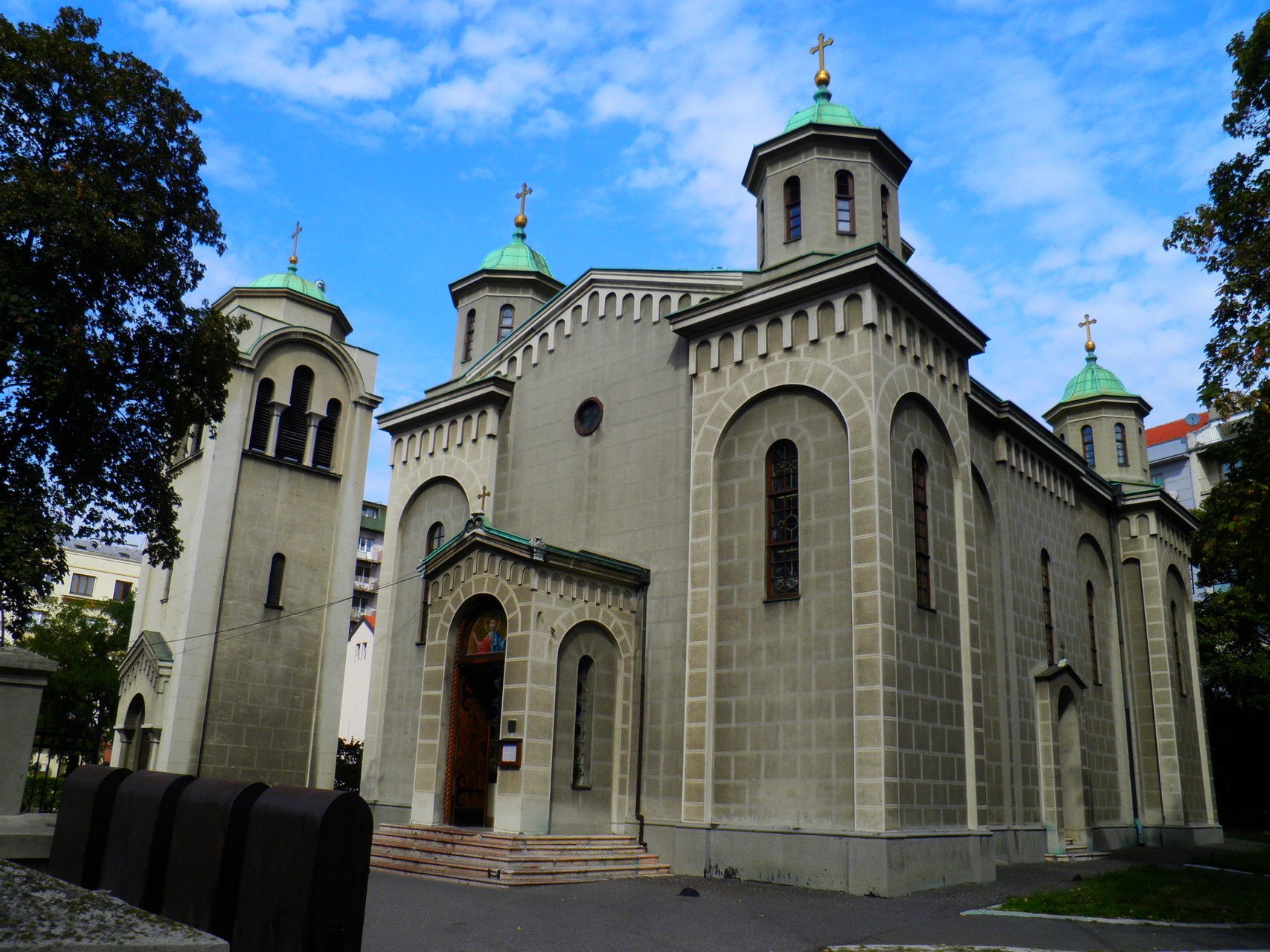 (cc) Mister No/CC BY 3.0
(cc) Mister No/CC BY 3.0
Church of the Ascension
The Church of the Ascension in Belgrade was built in 1863, and the order for its construction was given in 1860 by Prince Mihailo Obrenović and Mihailo II Jovanović, Metropolitan of Belgrade. It was designed in the prevailing style of the period, the Romanticism. The church was patterend after the...
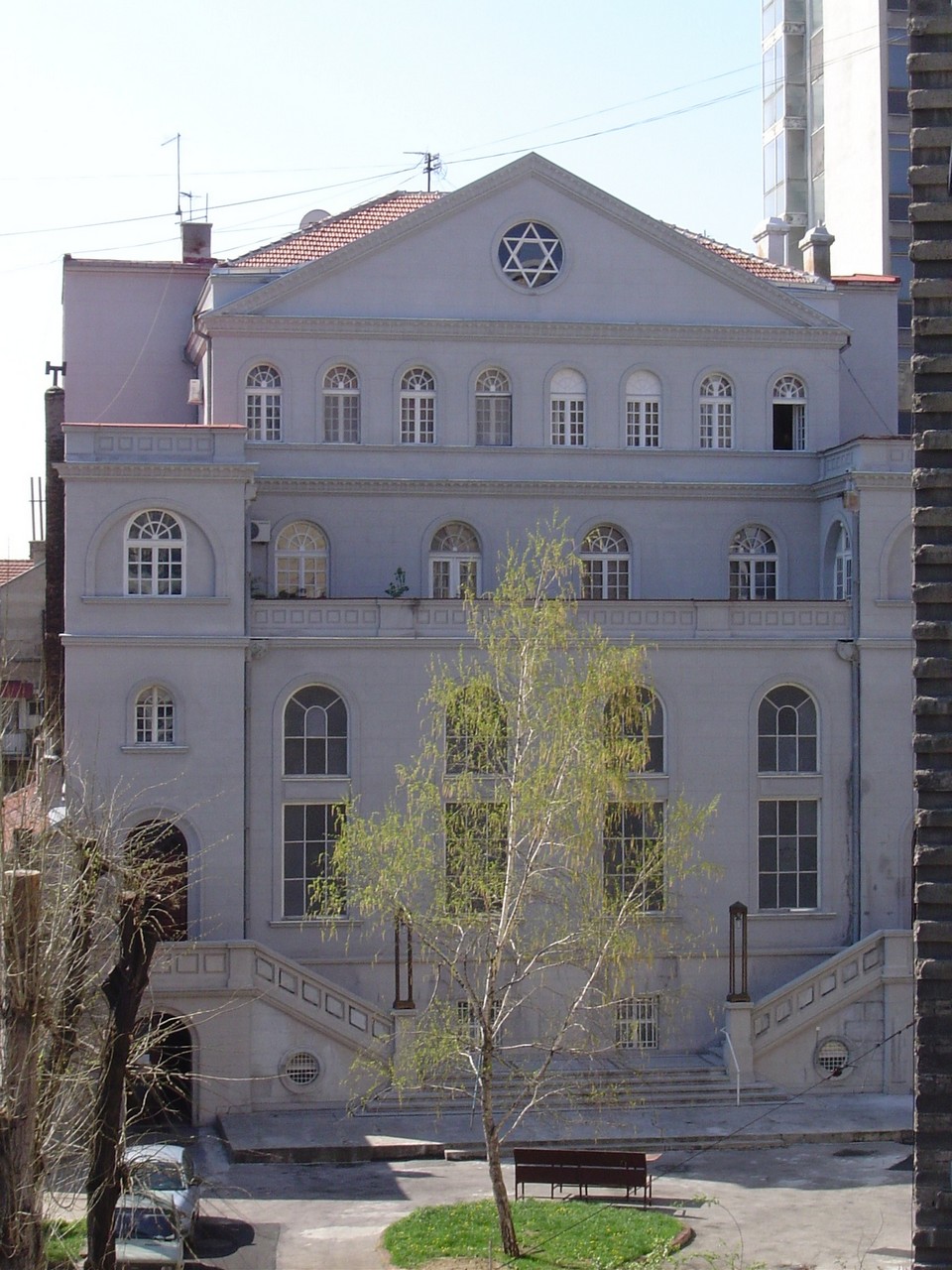 (cc)Matija/CC BY-SA 2.5
(cc)Matija/CC BY-SA 2.5
Belgrade Synagogue
Sukkat Shalom Synagogue or Belgrade Synagogue is currently the only fully active synagogue in Belgrade. It is located in the centar of the city, at 19 Maršala Birjuzova Street. The plan for the construction of the Synagogue was approved in 1923, and the building itself was constructed in the period...
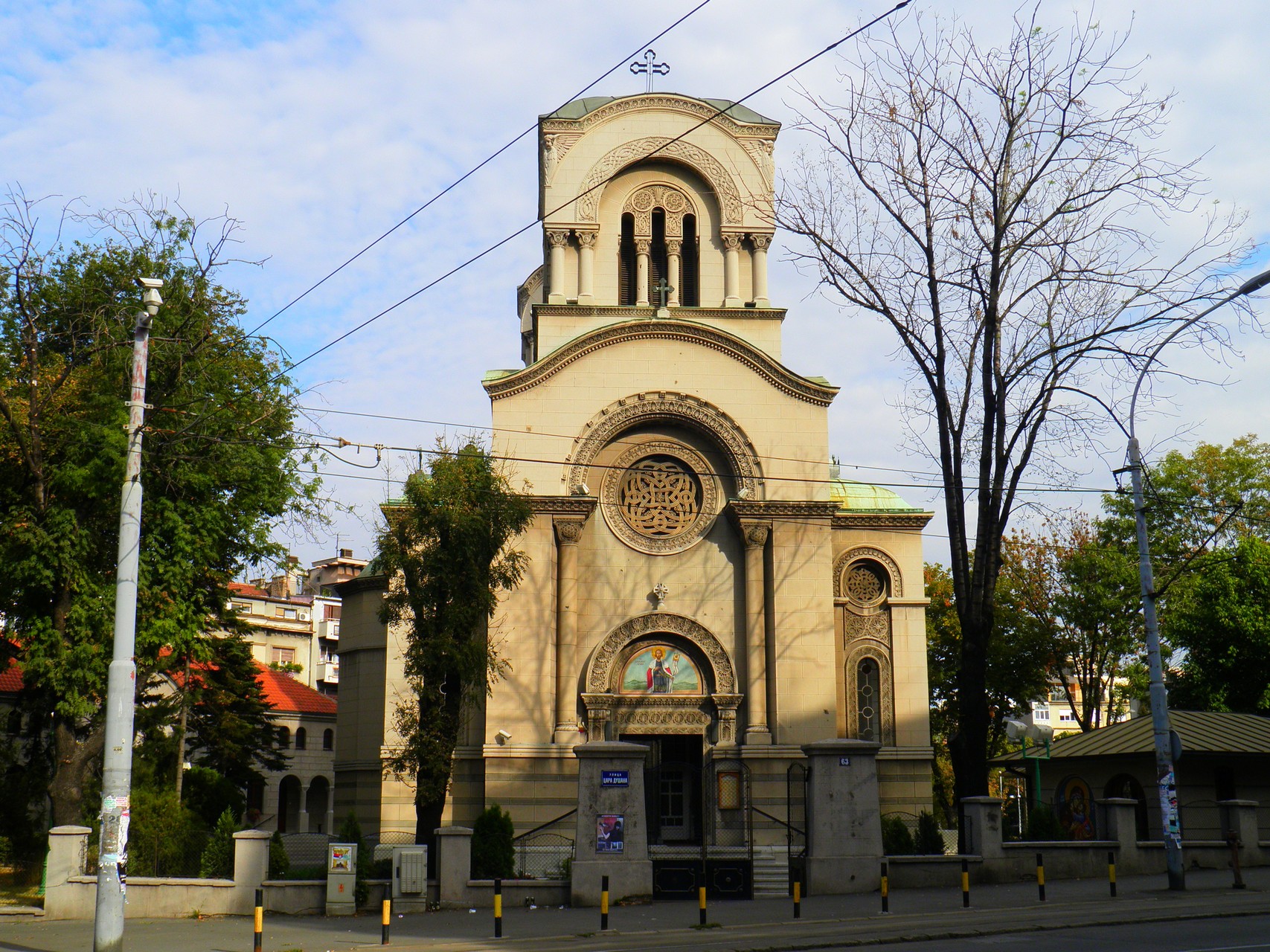 (cc) Mister No/CC BY 3.0
(cc) Mister No/CC BY 3.0
Church of St. Alexander Nevsky
Project for the Church of St. Alexander Nevski in Dorćol was made by Jelisaveta Načić, the first female architect in Serbia. The construction began in 1912, but in September of the same year it was stopped to the World War One. The Second Balkan War and the First World War...
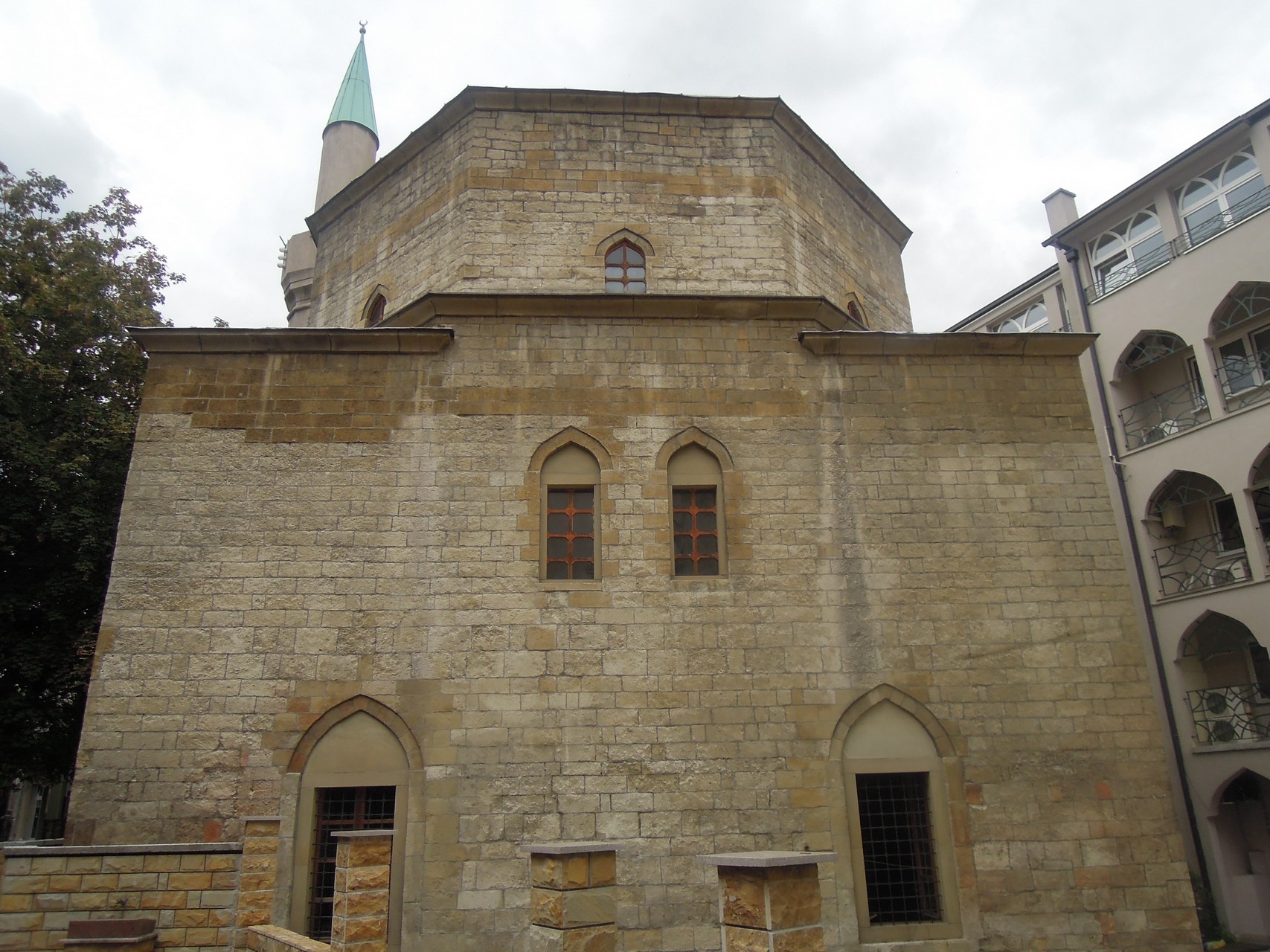 (cc) Mickey Mystique/CC BY-SA 3.0
(cc) Mickey Mystique/CC BY-SA 3.0
Bajrakli Mosque
The Bajrakli mosque was built around 1575, as one of 273 mosques that had existed in Belgrade during the time of the Ottoman rule of Serbia. It is located in 11 Gospodar Jevremova Street. Next to the mosque is a madrasa, a religious high school. At the end of the...
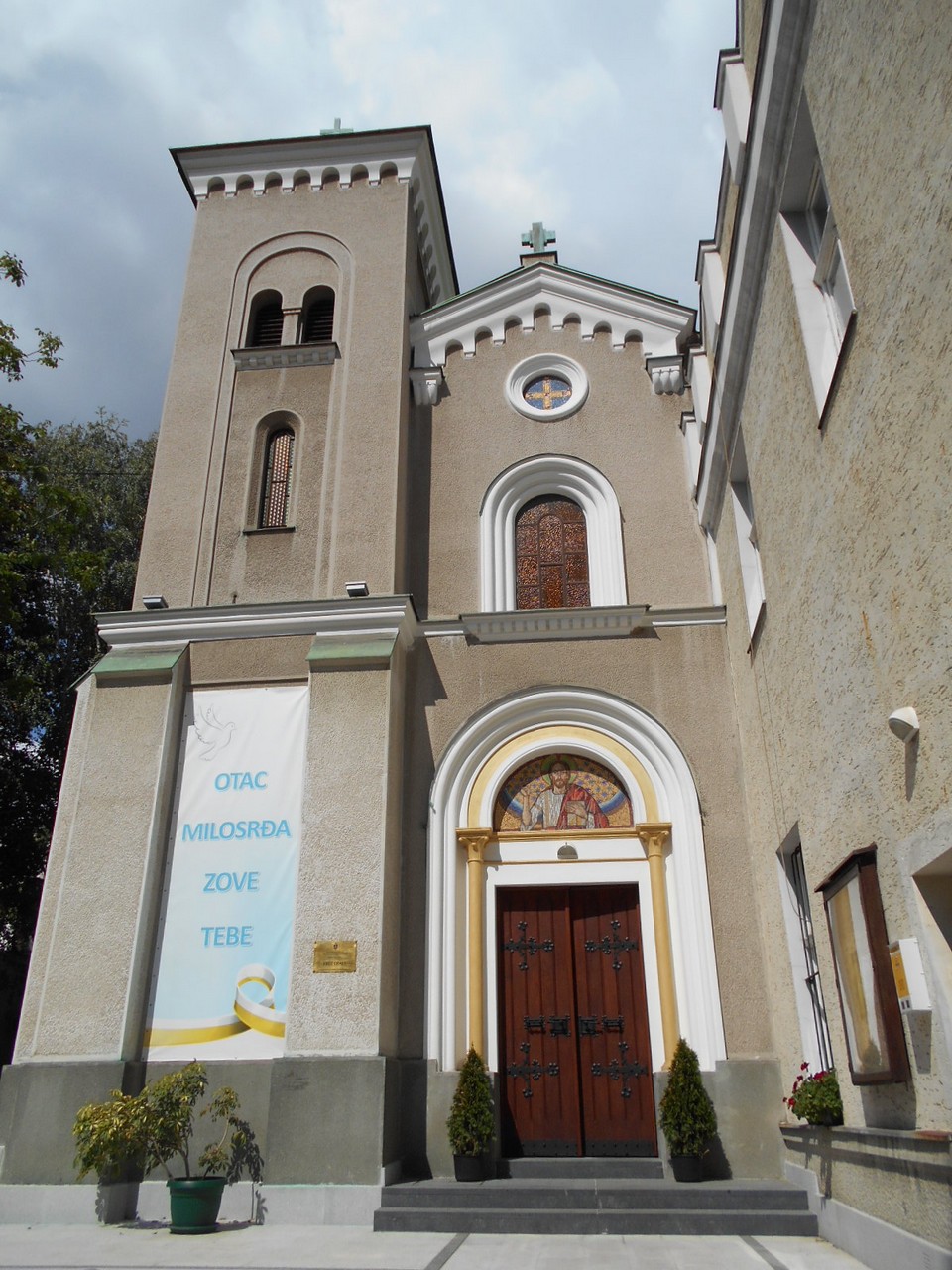 (cc)Lumen roma/CC BY-SA 4.0
(cc)Lumen roma/CC BY-SA 4.0
Church of Christ the King
The Church of Christ the King is the oldest parish in Belgrade and in Belgrade Archdiocese. It is located in 23 Krunska Street. Until 1988, it was the cathedral church of the Belgrade Archdiocese. That year, the Cathedral of the Blessed Virgin Mary in Vračar became the cathedral church. The...
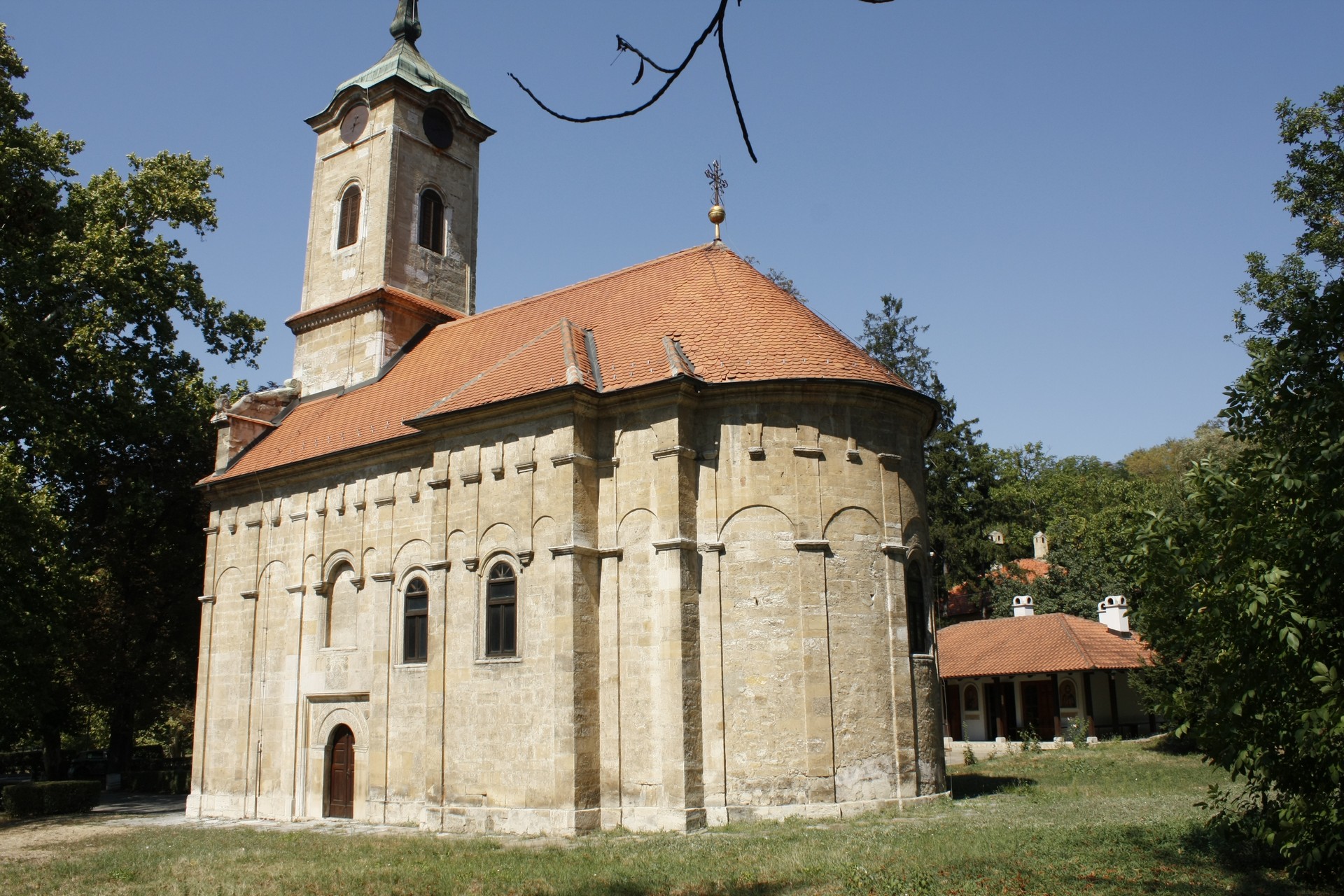 (cc)Lurdusami/CC BY-SA 3.0
(cc)Lurdusami/CC BY-SA 3.0
Church of the Holy Apostles Peter and Paul
The Church of the Holy Apostles Peter and Paul in Topčider is a temple of the Serbian Orthodox Church in Topčider Park. It was built between 1832 and 1834, at the request of Prince Miloš Obrenović, as a chapel next to his Residence. The construction of the Church was entrusted...
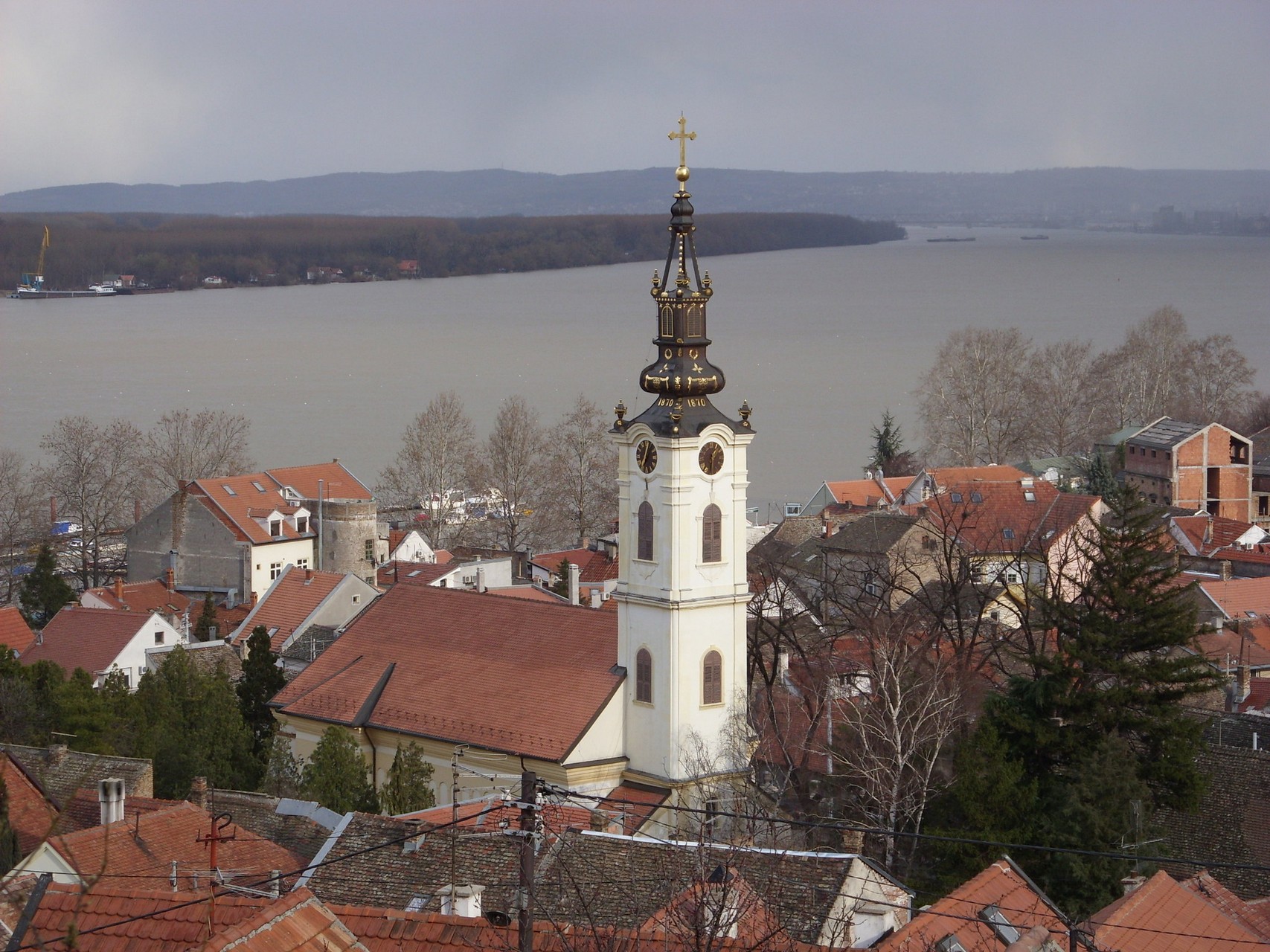 (cc) Julijan Nyča/CC BY-SA 2.0
(cc) Julijan Nyča/CC BY-SA 2.0
Nikolajevska Church
The construction of the Church of St. Nicholas or the Nikolajevska Church began in 1745, on the foundations of an old Serbian church from the 16th century. The church is located in the historic center of Zemun, below the Gardoš fortress. It was built in the Baroque style and has...
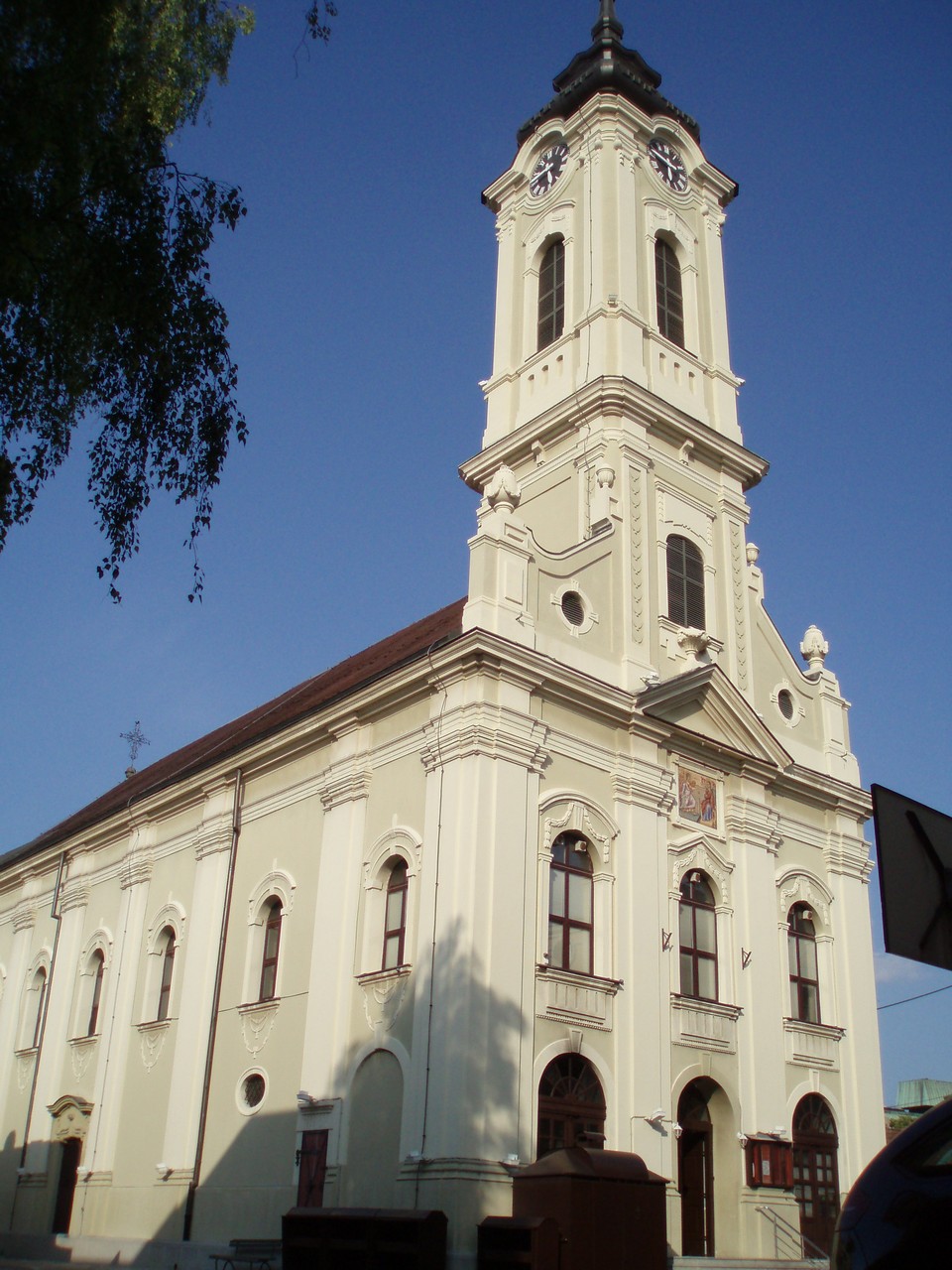 (cc)Nicolo /CC BY 3.0 RS
(cc)Nicolo /CC BY 3.0 RS
Church of the Holy Virgin in Zemun
The Church of the Birth of the Virgin Mary, known as the Church of the Holy Virgin, was built in the second half of the 18th century, for the needs of the Serbian and Greek communities in Zemun. The construction lasted from 1774 to 1779, and the Church was consecrated...
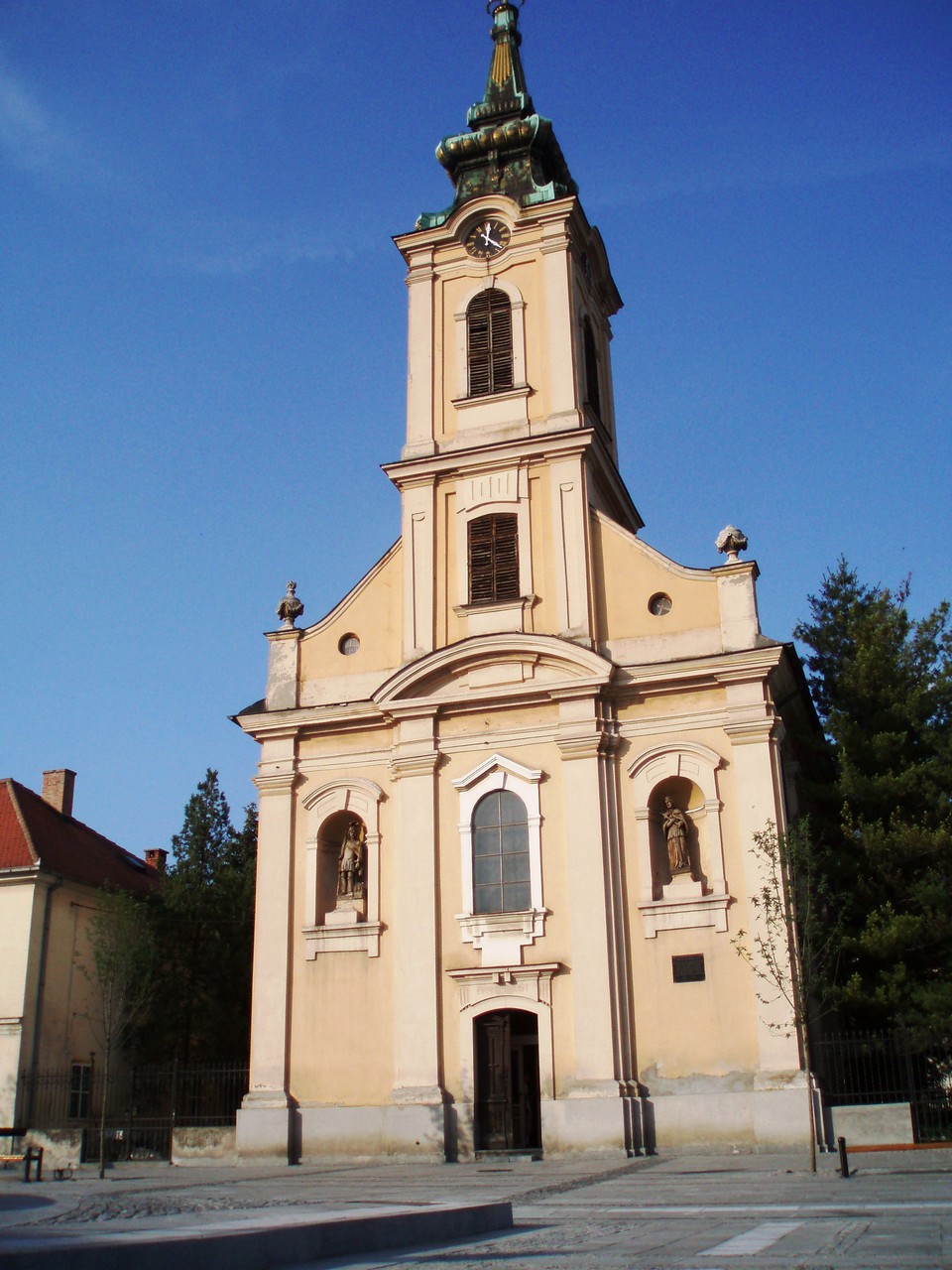 (cc)Nicolo /CC BY 3.0 RS
(cc)Nicolo /CC BY 3.0 RS
Church of the Assumption of the Blessed Virgin Mary in Zemun
The Church of the Assumption of the Blessed Virgin Mary is a Roman Catholic Church located at the Veliki Trg in Zemun. The church was opened in 1795, and it was noted that even in 1811 the tower was not completely finished. Today, this church is the center of the...
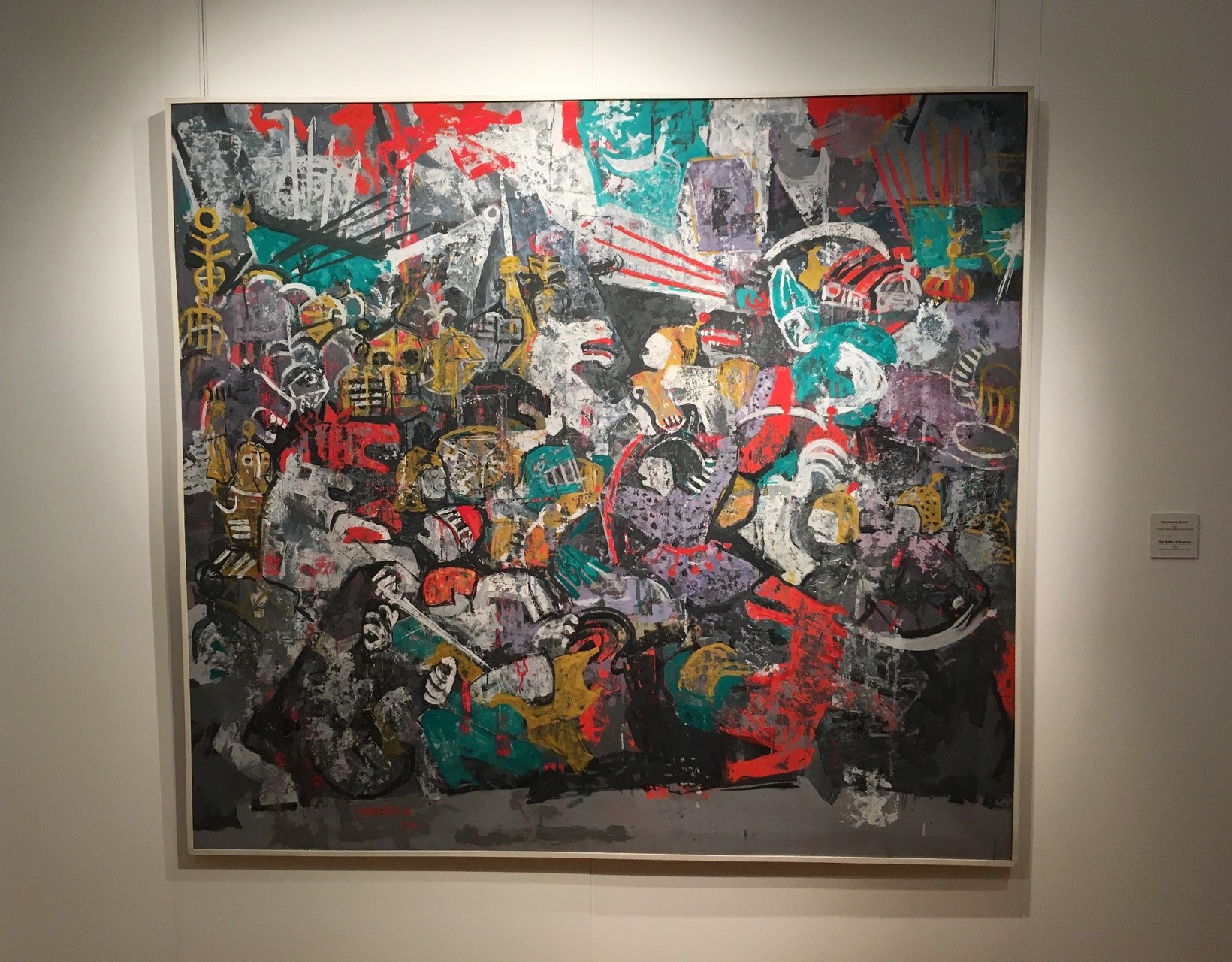 (cc) Sadko, Wikipedia/ CC BY-SA 4.0
(cc) Sadko, Wikipedia/ CC BY-SA 4.0
The Legacy of Petar Lubarda
Petar Lubarda (1907-1974) was a famous painter, who marked and changed artistic trends in the second half of the 20th century. The Legacy of Petra Lubarda preserves a collection of 24 paintings, 292 drawings and graphics, furniture, archive and manuscripts, part of the library and personal items of the great...
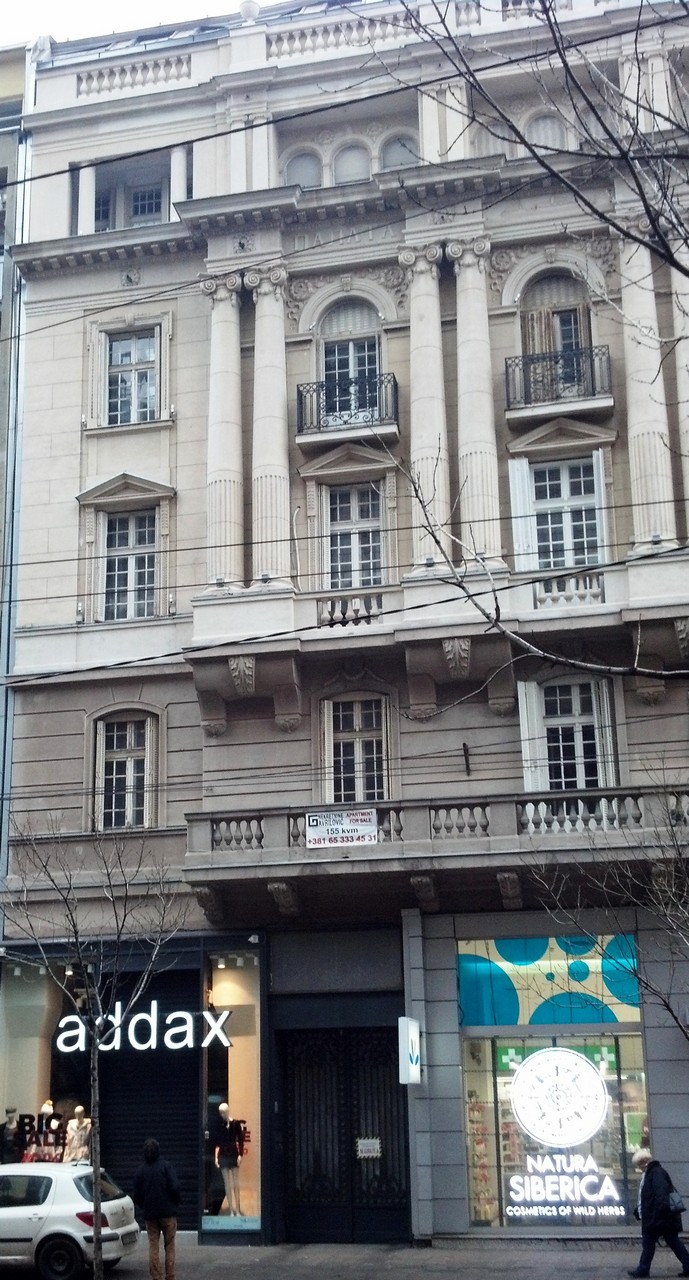 (cc)Nanabaka/CC BY-SA 4.0
(cc)Nanabaka/CC BY-SA 4.0
The Museum of Paja Jovanović
Pavle Paja Jovanović (1859–1957) was one of the most prominent Serbian painters. He painted famous historical compositions, such as The Migration of Serbs and The Proclamation of Dušan’s Law Codex, genre of scenes such as The Fight of Roosters and portraits of the most influential personalities of his time. The...
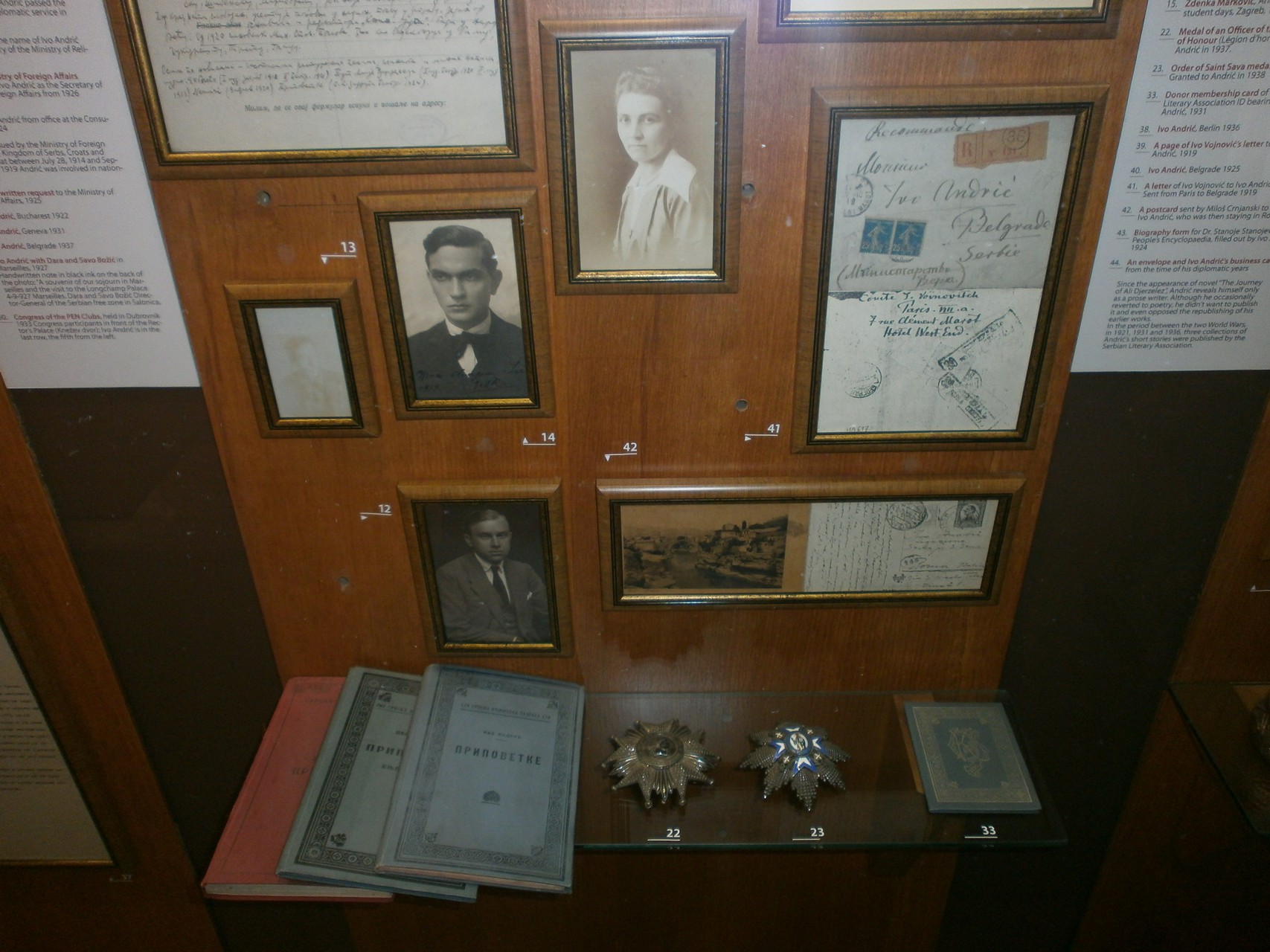 (cc) Mickey Mystique /CC BY-SA 4.0
(cc) Mickey Mystique /CC BY-SA 4.0
Memorial Museum of Ivo Andrić
The Memorial Museum of Ivo Andrić is a part of the Belgrade City Museum. It was opened in 1976 in an apartment at 8 Andrićev venac Street where the writer lived from 1958 until his death. The Museum is maintained by the Ivo Andrić Endowment. The authentic layout and appearance...
The Milica Zorić and Rodoljub Čolaković Gallery-Legacy
The Gallery was opened for public in 1980, and is situated at 2 Rodoljuba Čolakovića Street, in a building bequeathed by Milica Zorić and Rodoljub Čolaković to the city of Belgrade, which conferred its management to the Museum of Contemporary Art. In the framework of the Legacy there is a...
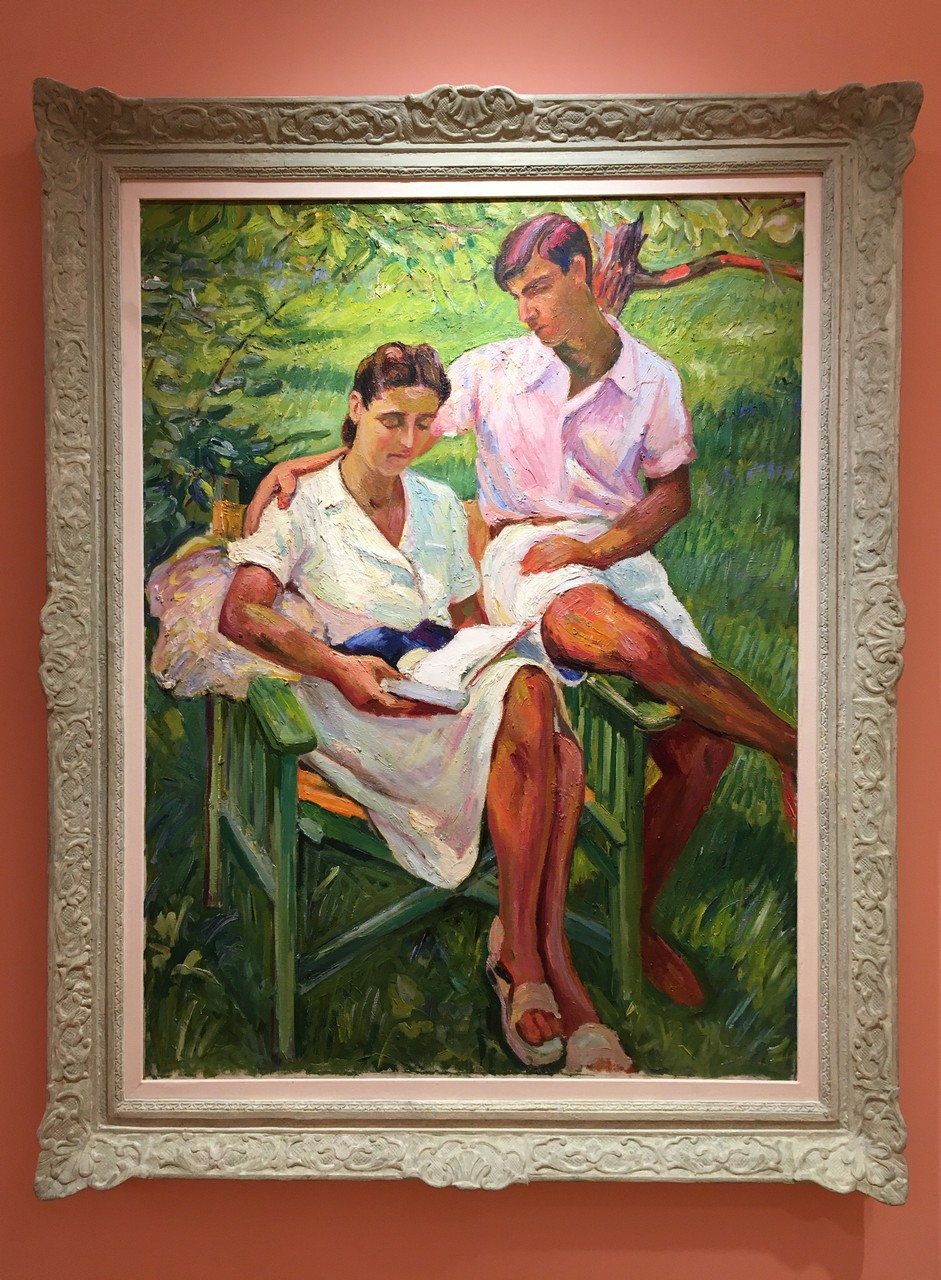 (cc) Sadko, Wikipedia/ CC BY-SA 4.0
(cc) Sadko, Wikipedia/ CC BY-SA 4.0
Gallery-Legacy of Petar Dobrović
The Gallery of Petar Dobrović is located in the very center of Belgrade, in 36 Kralja Petra Street, in the building where the artist lived. This is where the majority of the artist’s opus is kept. Petar Dobrović (1890-1942) was a Serbian painter, known for portraits and landscapes. The Gallery...
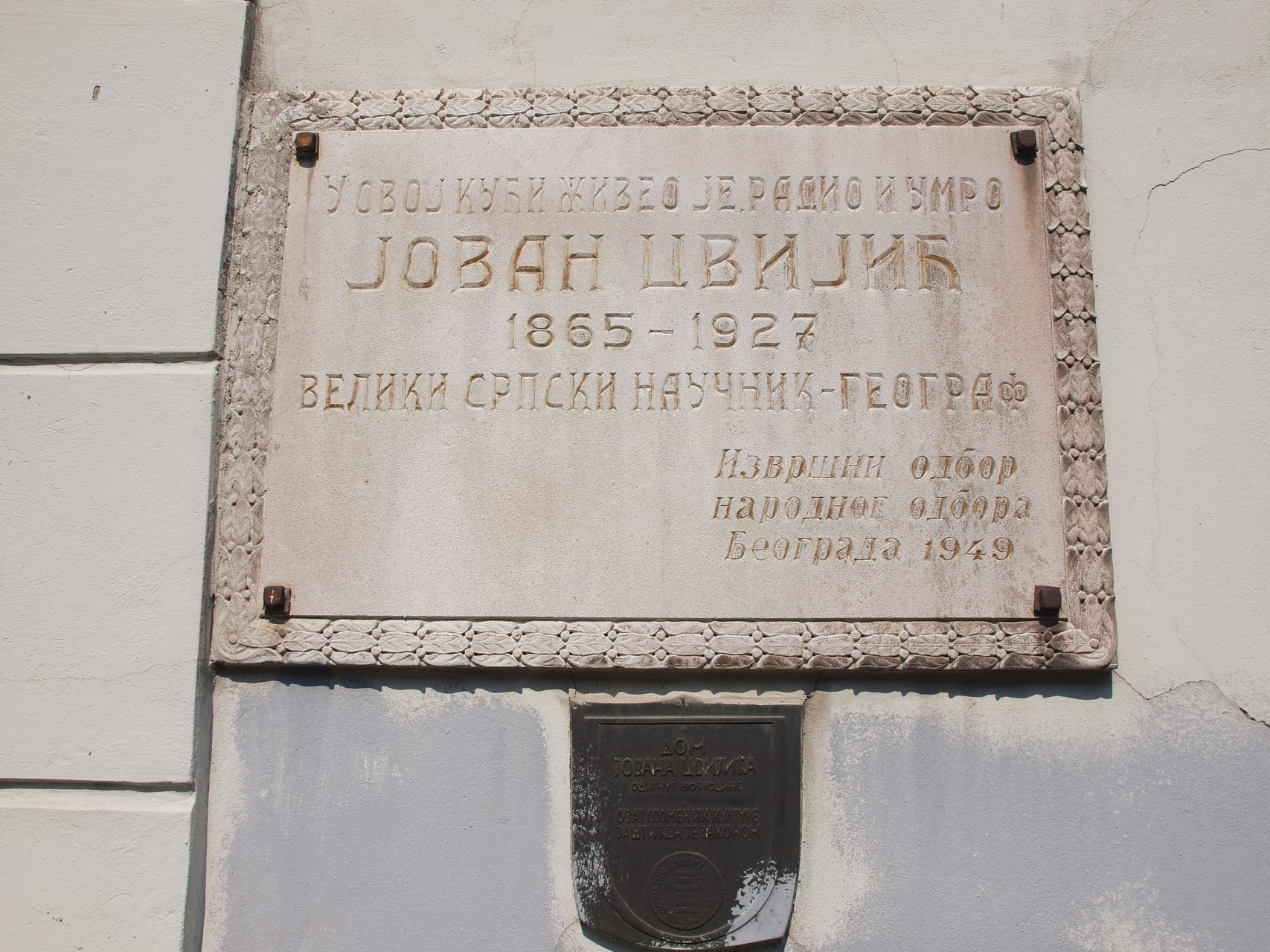 (cc)Orjen/CC BY-SA 3.0
(cc)Orjen/CC BY-SA 3.0
Memorial Museum of Jovan Cvijić
The Memorial Museum of Jovan Cvijić is set up in the house in which the great geographer and scholar lived and worked, in 5 Jelena Ćetković Street. The house was built in 1905. It is unique in its interior design, done by Dragutin Inkiostri Medenjak, who is considered one of...
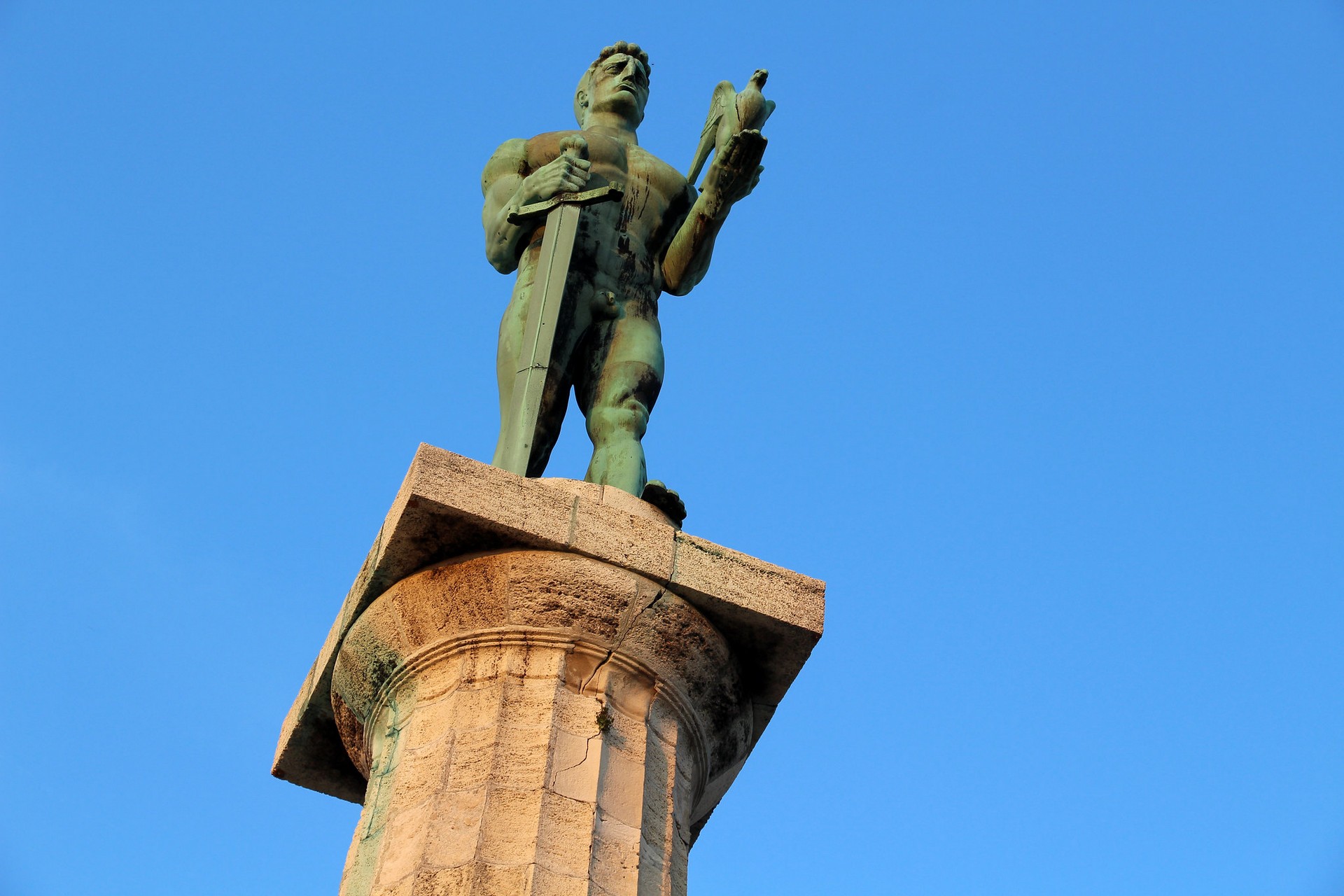 (cc)Fred Romero/CC BY 2.0
(cc)Fred Romero/CC BY 2.0
The Victor
“Pobednik”(“The Victor”) is the monument that was erected in 1928 in the Upper Town of the Belgrade Fortress. It was built to commemorate Serbia’s victory over Ottoman and Austro-Hungarian Empire during the Balkan Wars and the First World War. “Pobednik” is one of the symbols of Belgrade. The monument is...
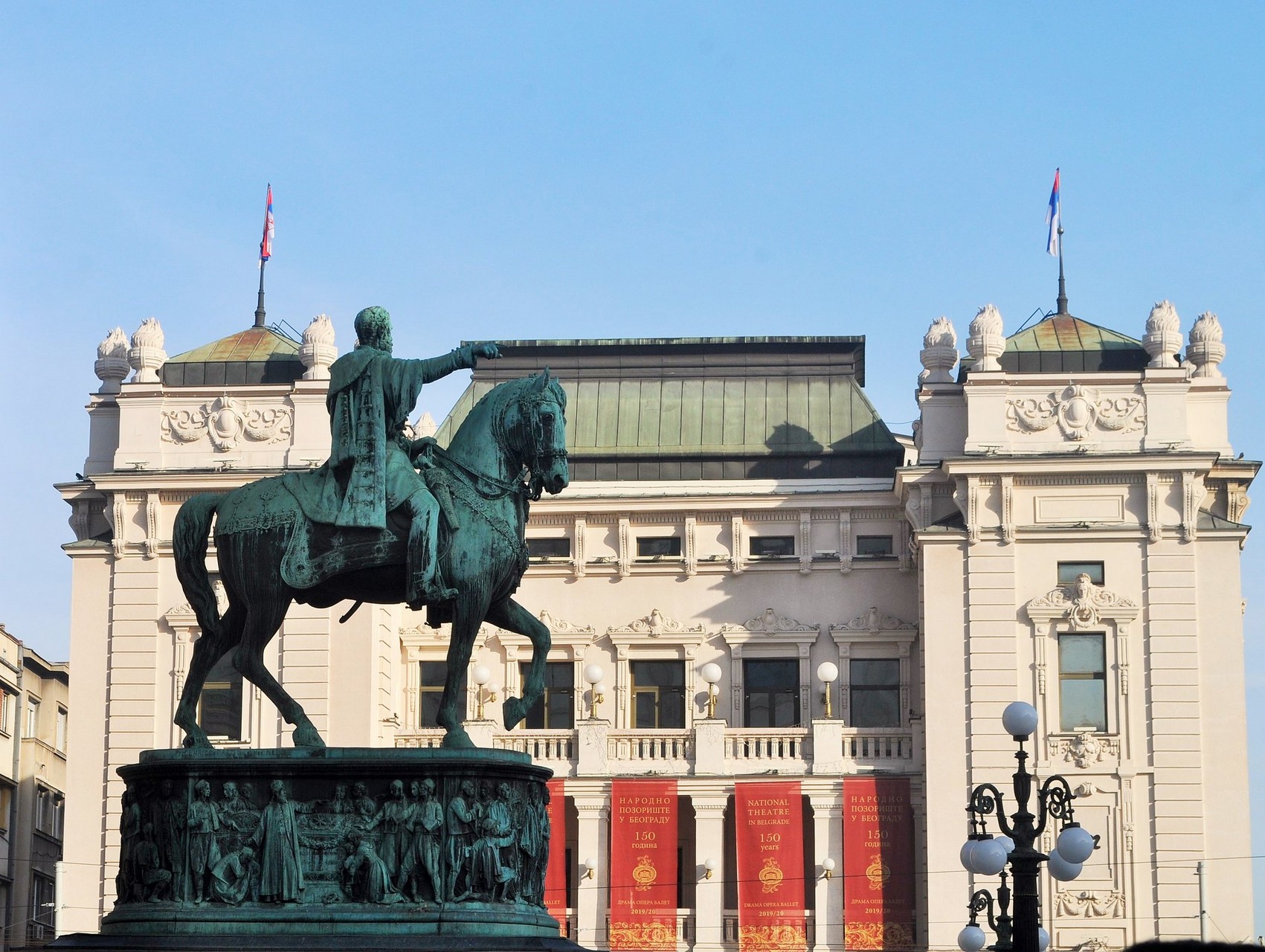 (cc) young shanahan/CC BY 2.0
(cc) young shanahan/CC BY 2.0
Prince Mihailo Monument
Prince Mihailo Monument is located in the Republic Square, in front of the National Museum. It was erected in 1882, as the first public monument with representation of an equestrian figure of a ruler in Serbia. The author of the monument is the Italian sculptor Enrico Pazzi, while the reliefs...
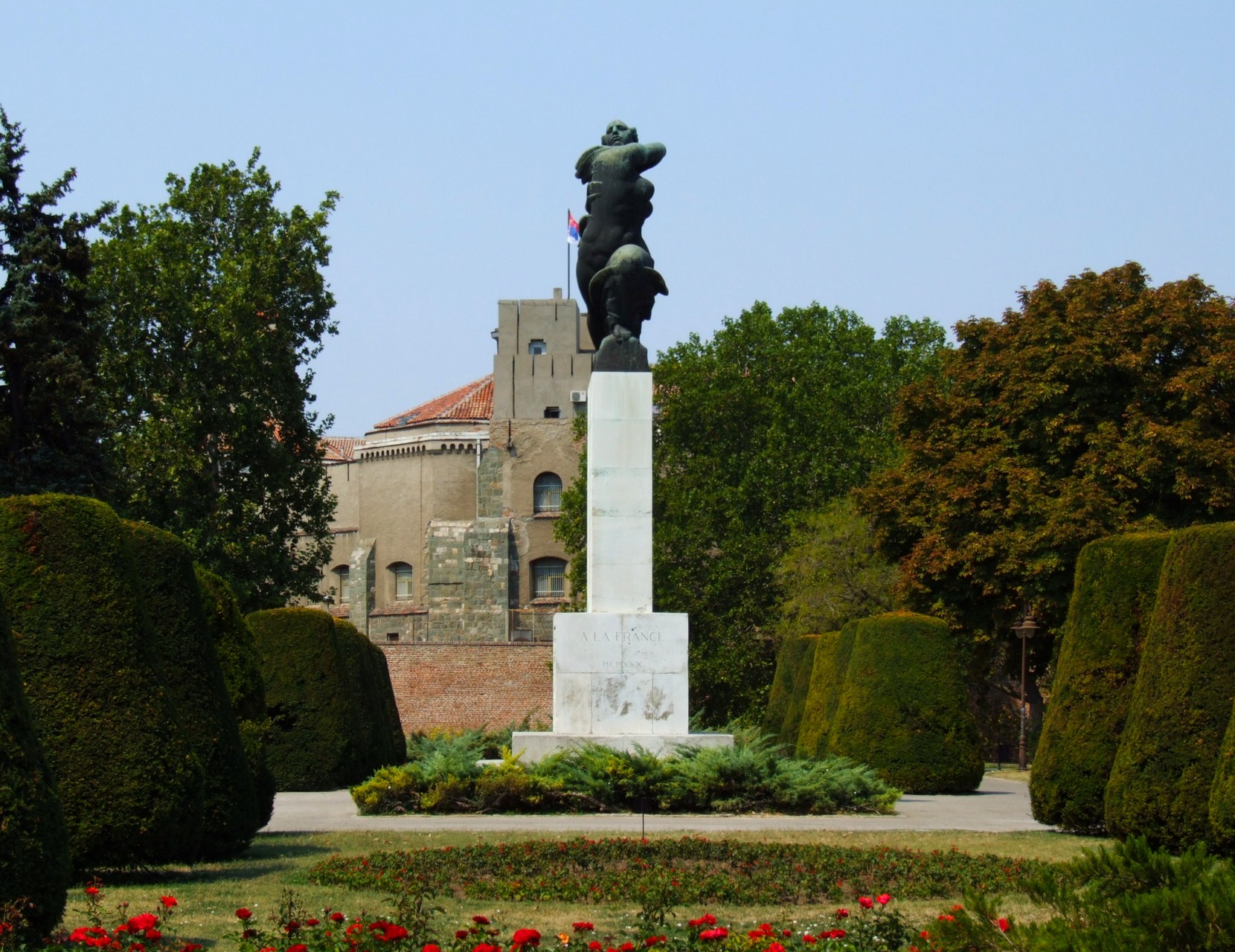 (cc)Pudelek/CC BY-SA 3.0 RS
(cc)Pudelek/CC BY-SA 3.0 RS
Monument of Gratitude to France
The Monument of Gratitude to France was unveiled in 1930 in Kalemegdan Park. It was created as a sign of friendship, mutual assistance and cooperation between Serbia and France during the First World War. The monument was erected on the initiative of the French Schools Alumni and the Society of...
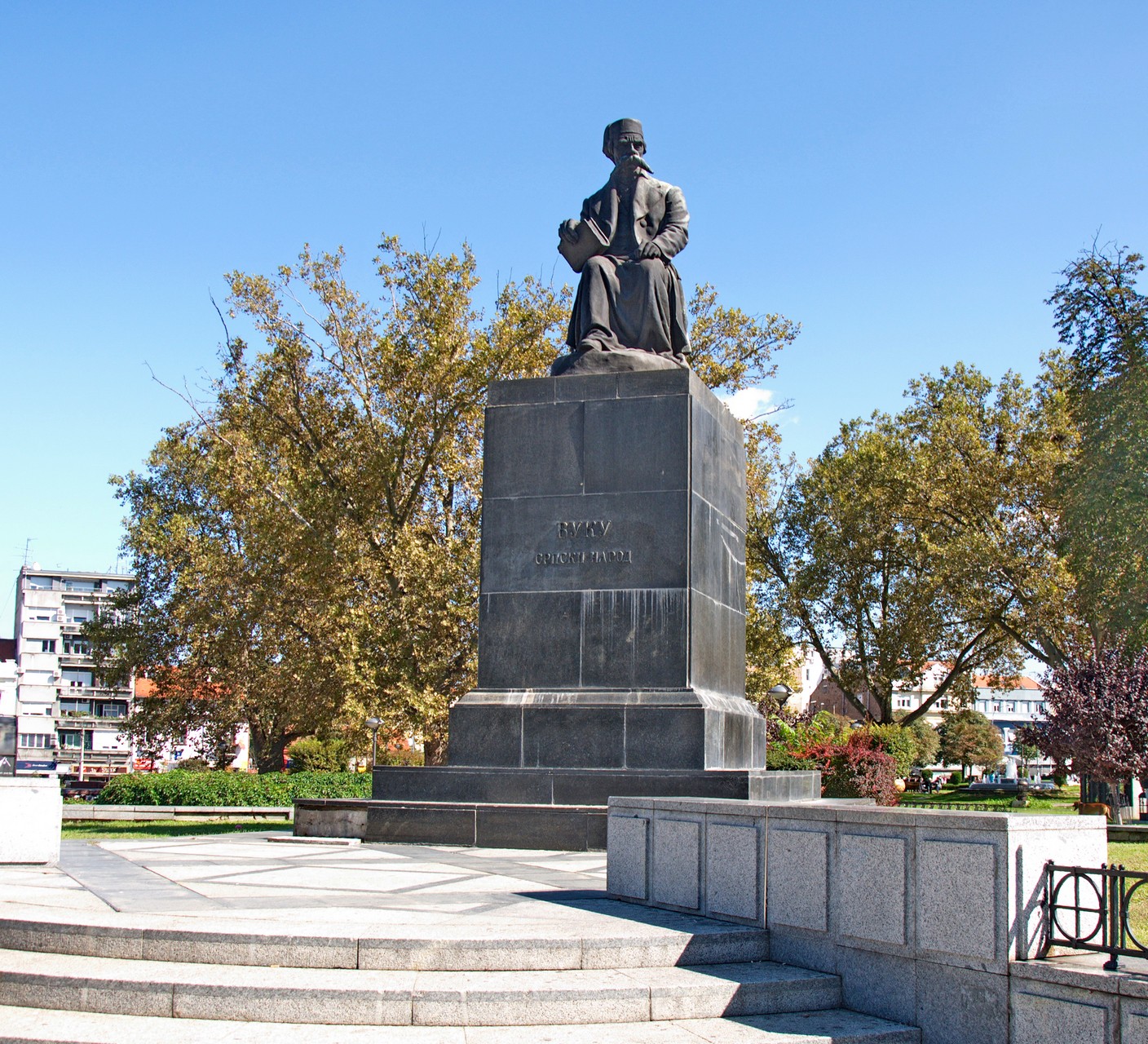 (cc)ZoranCvetkovic/CC BY-SA 3.0
(cc)ZoranCvetkovic/CC BY-SA 3.0
Monument to Vuk Karadžić
The Monument to Vuk Karadžić, a great reformer of the Serbian language, is located at the entrance to the Ćirilo i Metodije Park. It was designed by sculptor Đorđe Jovanović and was placed on one of the largest city squares in 1937, just before the 150th anniversary of the birth...
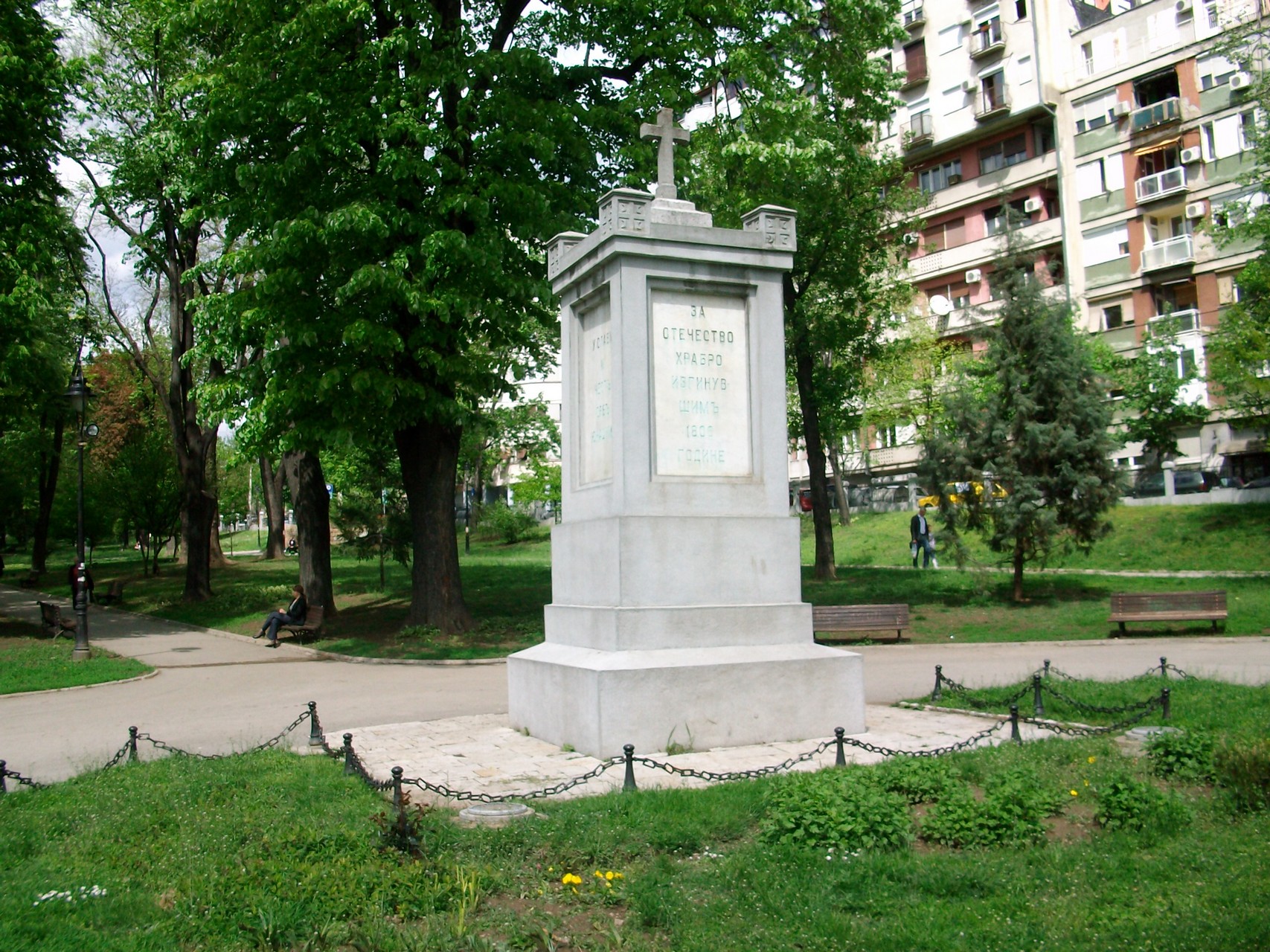 (cc)PedjaNbg/CC BY-SA 3.0
(cc)PedjaNbg/CC BY-SA 3.0
Monument to the Liberators of Belgrade 1806
The Monument to the Liberators of Belgrade 1806 in Karađorđe’s Park is the oldest public monument in Belgrade. It was erected by Prince Aleksandar Karađorđević in 1848 in memory of the liberators of Belgrade in the First Serbian Uprising. Karađorđe’s Park is located at a historical site where in 1806...
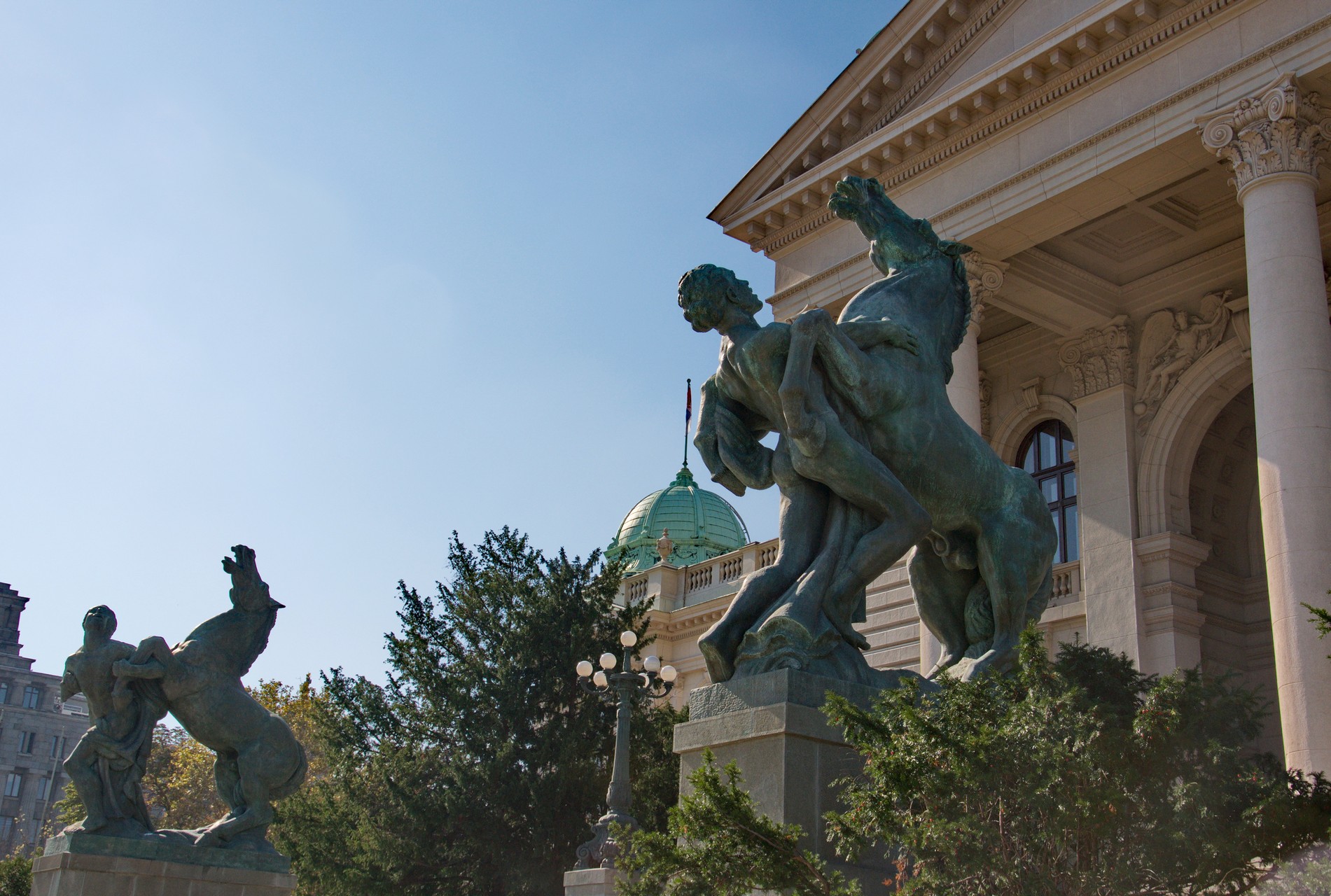 (cc)ZoranCvetkovic/CC BY-SA 3.0
(cc)ZoranCvetkovic/CC BY-SA 3.0
Black Horses at Play
“Black Horses at Play” (“Igrali se konji vrani”) are two imposing sculptural groups, made in bronze, set up in front of the main entrance to the National Assembly in 1938. They are the works of the famous sculptor Toma Rosandić, which were technically accomplished by the sculptor Sava Sandić. The...
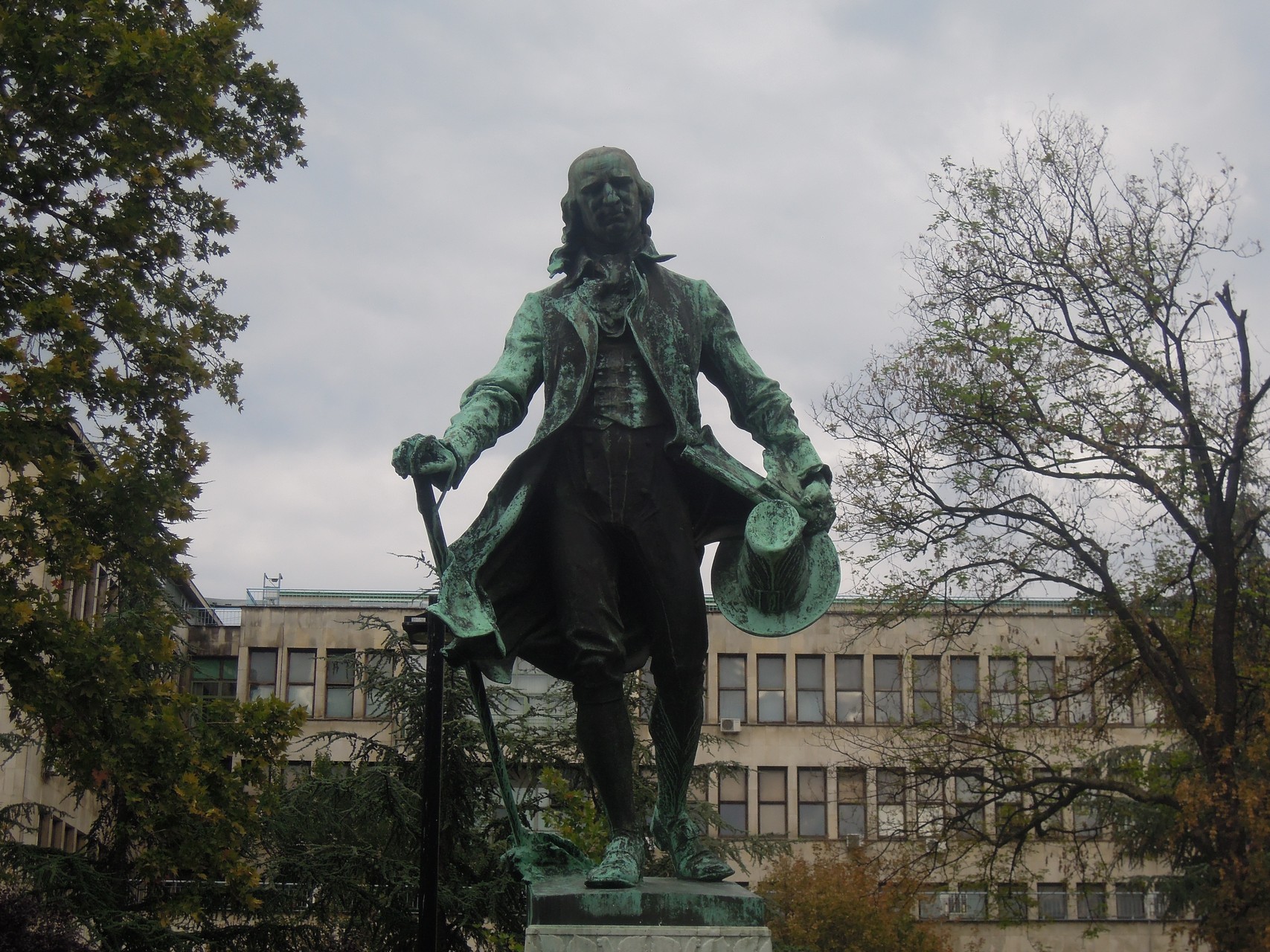 (cc) Mickey Mystique/CC BY-SA 3.0
(cc) Mickey Mystique/CC BY-SA 3.0
Monument to Dositej Obradović
The monument dedicated to the great Serbian writer, educator and the reformer was erected in 1914. It was built as a result of the initiative of the Serbian Literary Cooperative and famous writer Јоvan Skerlić, an admirer of Obradović. The idea of erecting a monument to Dositej Obradović dates back...
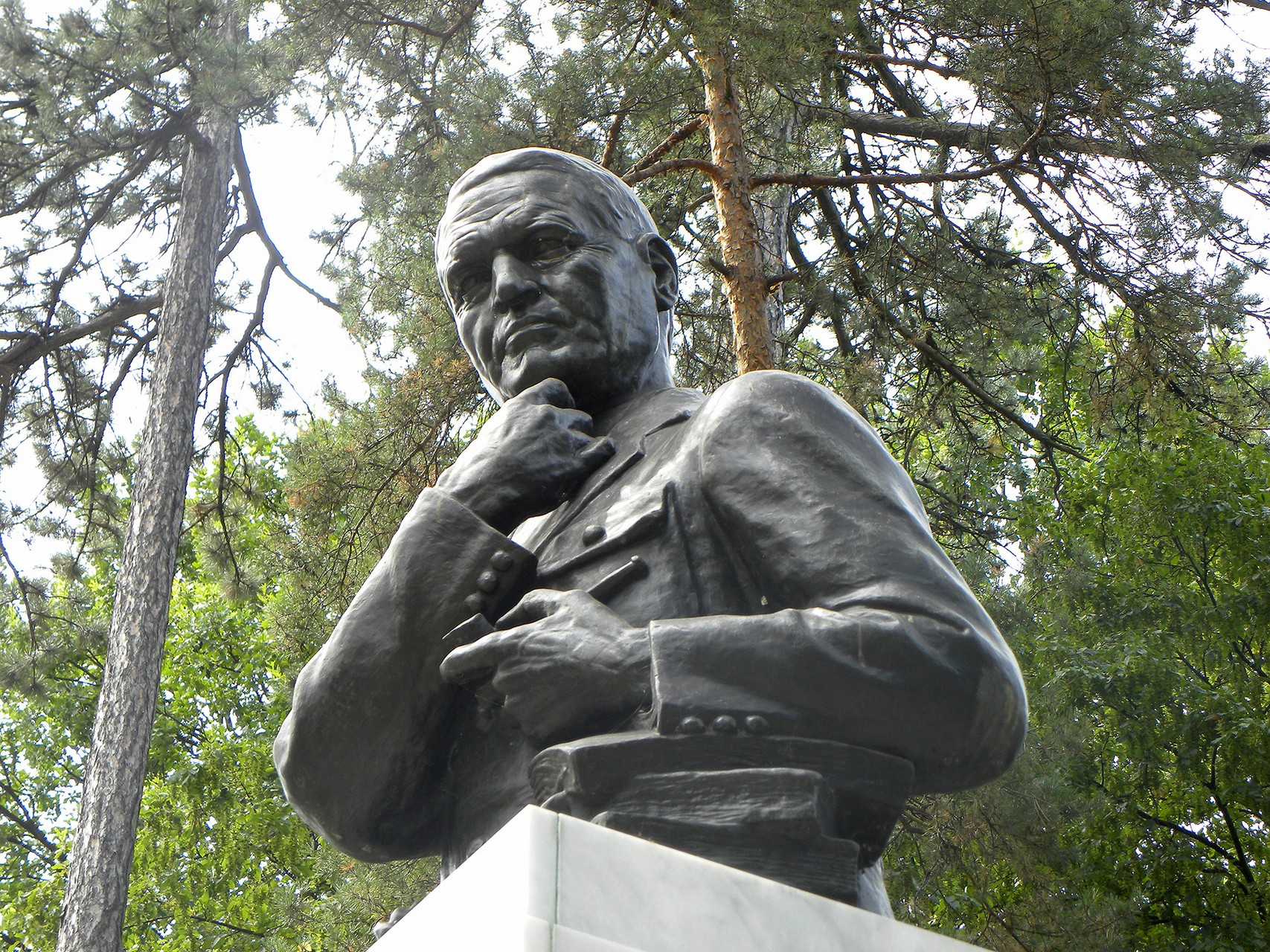 (cc)Nemezis/CC BY-SA 4.0
(cc)Nemezis/CC BY-SA 4.0
Monument to Archibald Reiss
The Monument in Topčider Park was erected in 1931, as a gratitude to Archibald Reiss (1876-1929), a Swiss criminologist, publicist and honorary captain of the Serbian army. As a token of gratitude to fellow warrior and friend, the Association of Reserve Officers and Veterans erected this monument. The monument was...
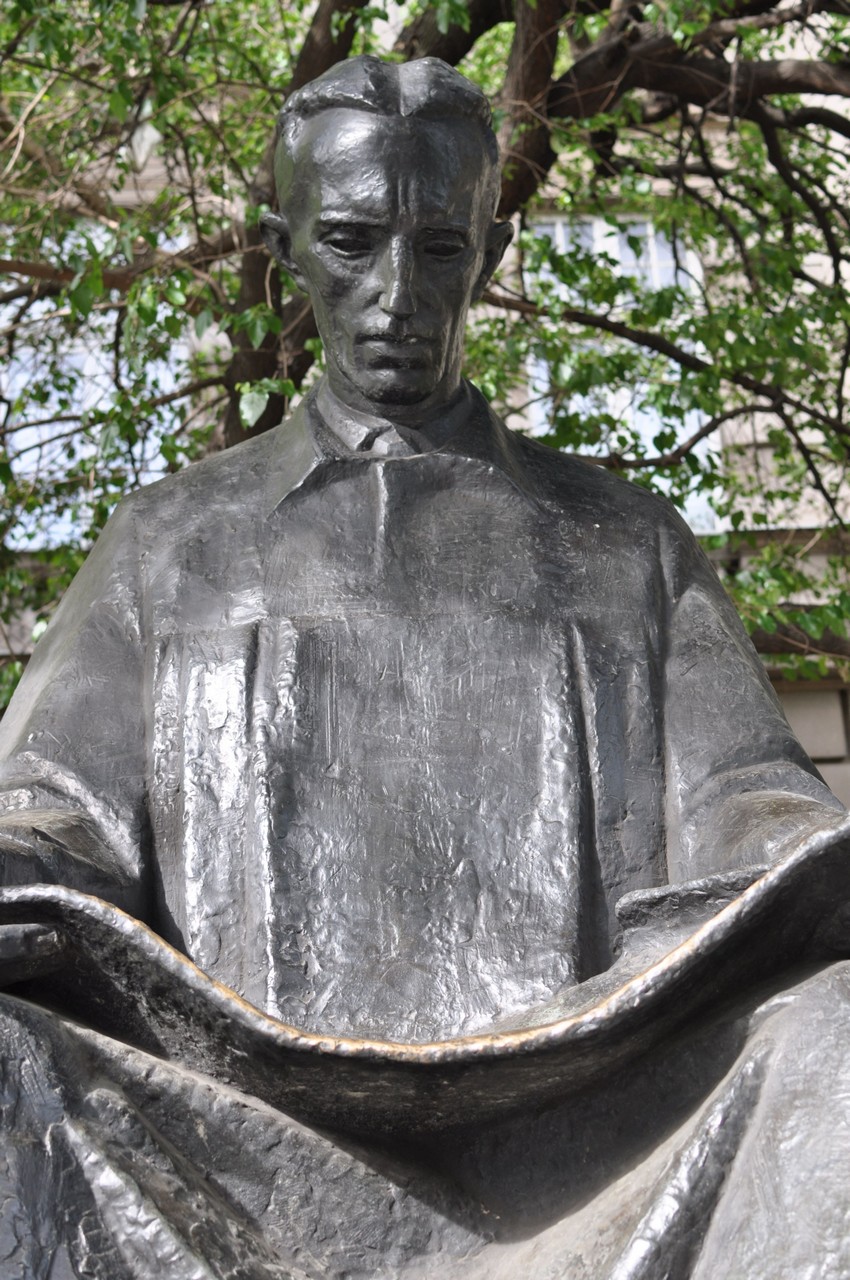 (cc) Vitomir Radosavljević/CC BY-SA 3.0
(cc) Vitomir Radosavljević/CC BY-SA 3.0
Nikola Tesla Monument
This is one of several monuments located in Belgrade, which are dedicated to the great scientist. The monument is located at Kralja Aleksandra Boulevard, in front of the building of the Faculty of Electrical Engineering. It was made by the sculptor Frano Kršinić in 1956, and has been in front...
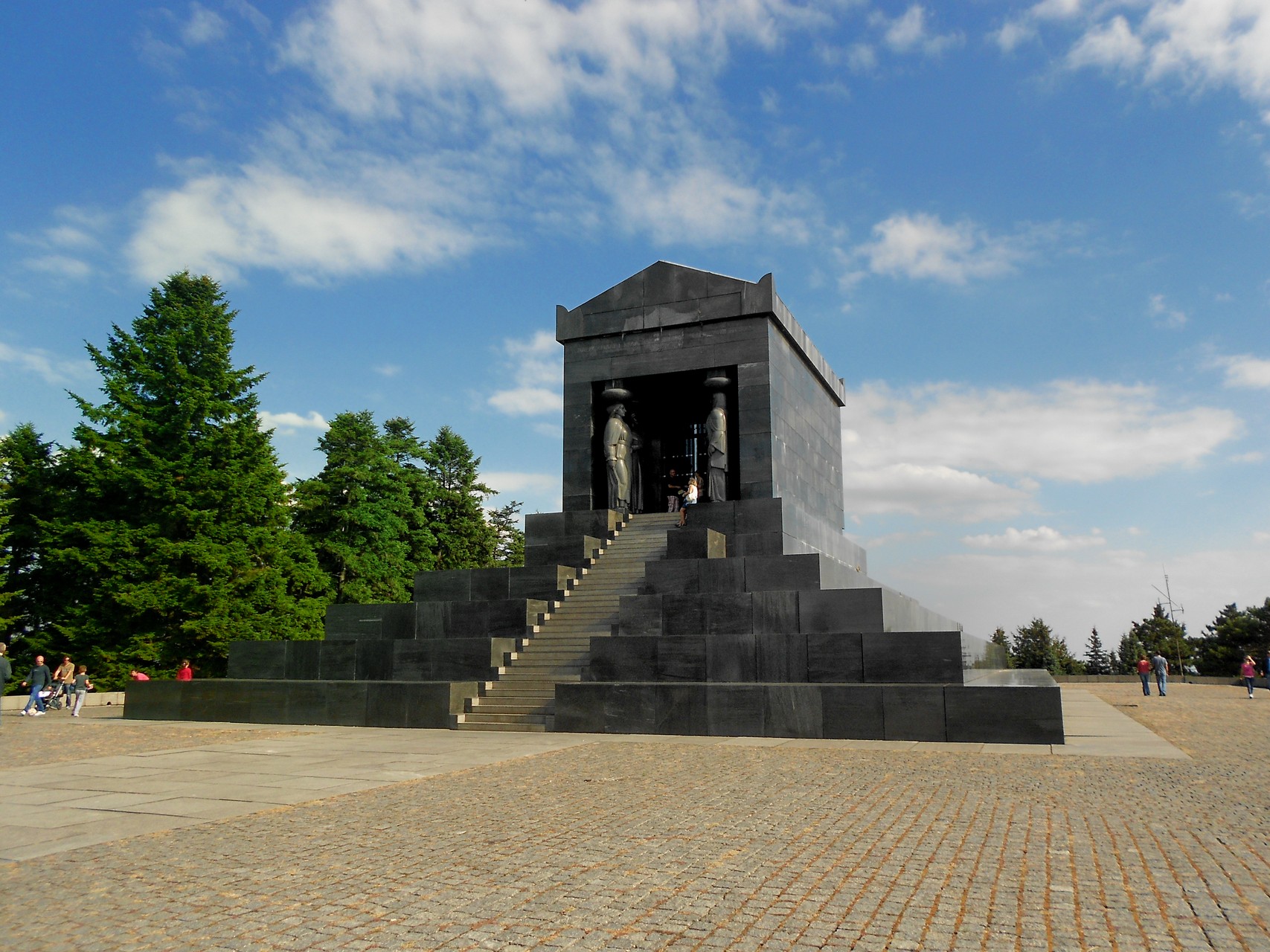 (cc)NMedjedov/CC BY-SA 3.0
(cc)NMedjedov/CC BY-SA 3.0
Monument to the Unknown Hero
The Monument to the Unknown Hero is a colossal mausoleum atop of the Mount Avala. It was designed by the Croatian and Yugoslav sculptor Ivan Meštrović in 1938. The construction of the monument was initiated by King Alexander I, to commemorate the victims of the Balkan Wars (1912–1913) and the...
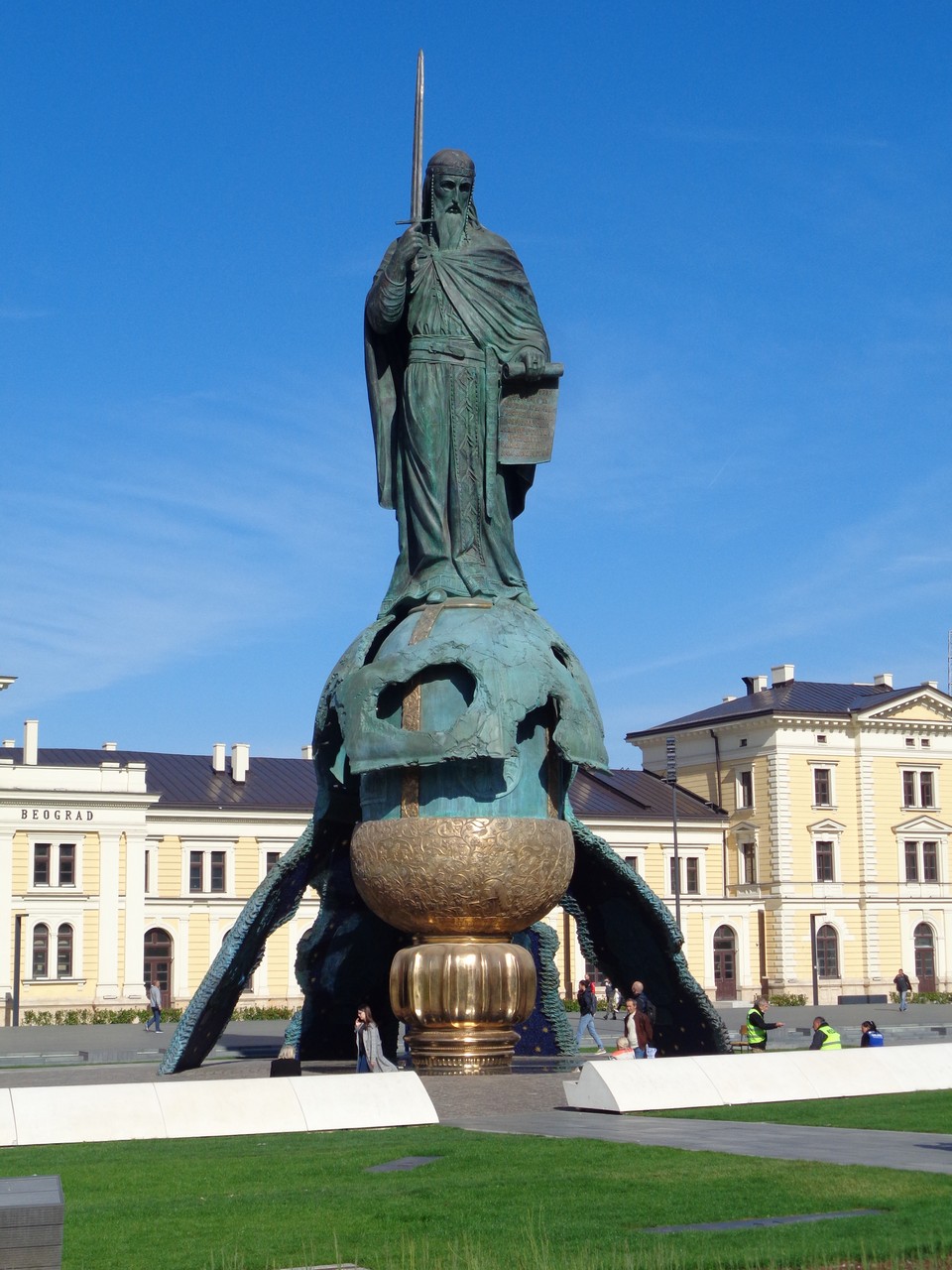 (cc) Andrija12345678/CC BY-SA 4.0
(cc) Andrija12345678/CC BY-SA 4.0
Monument of Stefan Nemanja
The monument of Stefan Nemanja is located on Savski Square, in front of the building of the former main Belgrade railway station. It is a work of the Russian sculptor Alexander Julianovich Rukavishnikov, a member of the Russian Academy of Arts. The statue was unveiled on St. Sava’s Day, January...
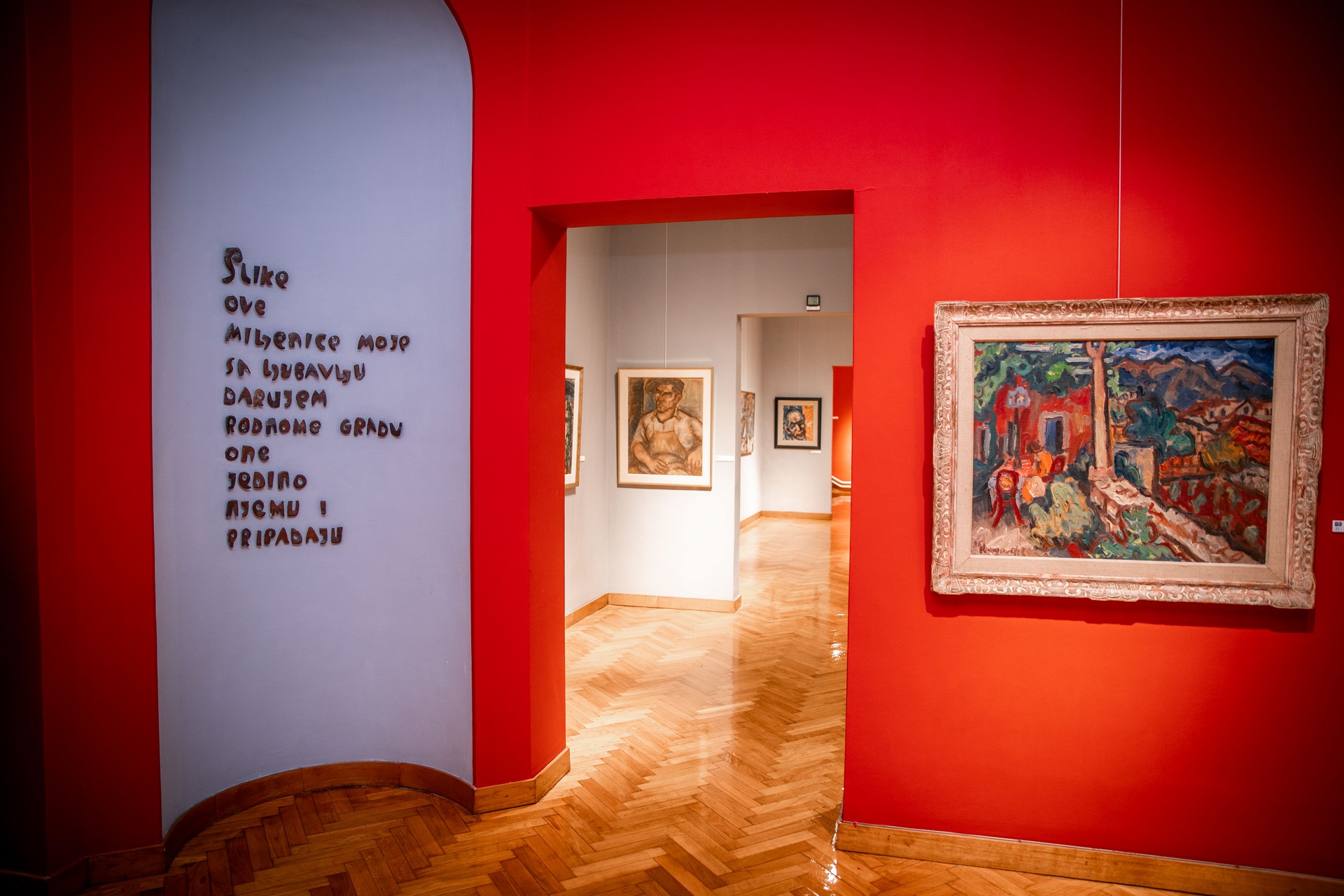 © Galerija Konjovic
© Galerija Konjovic
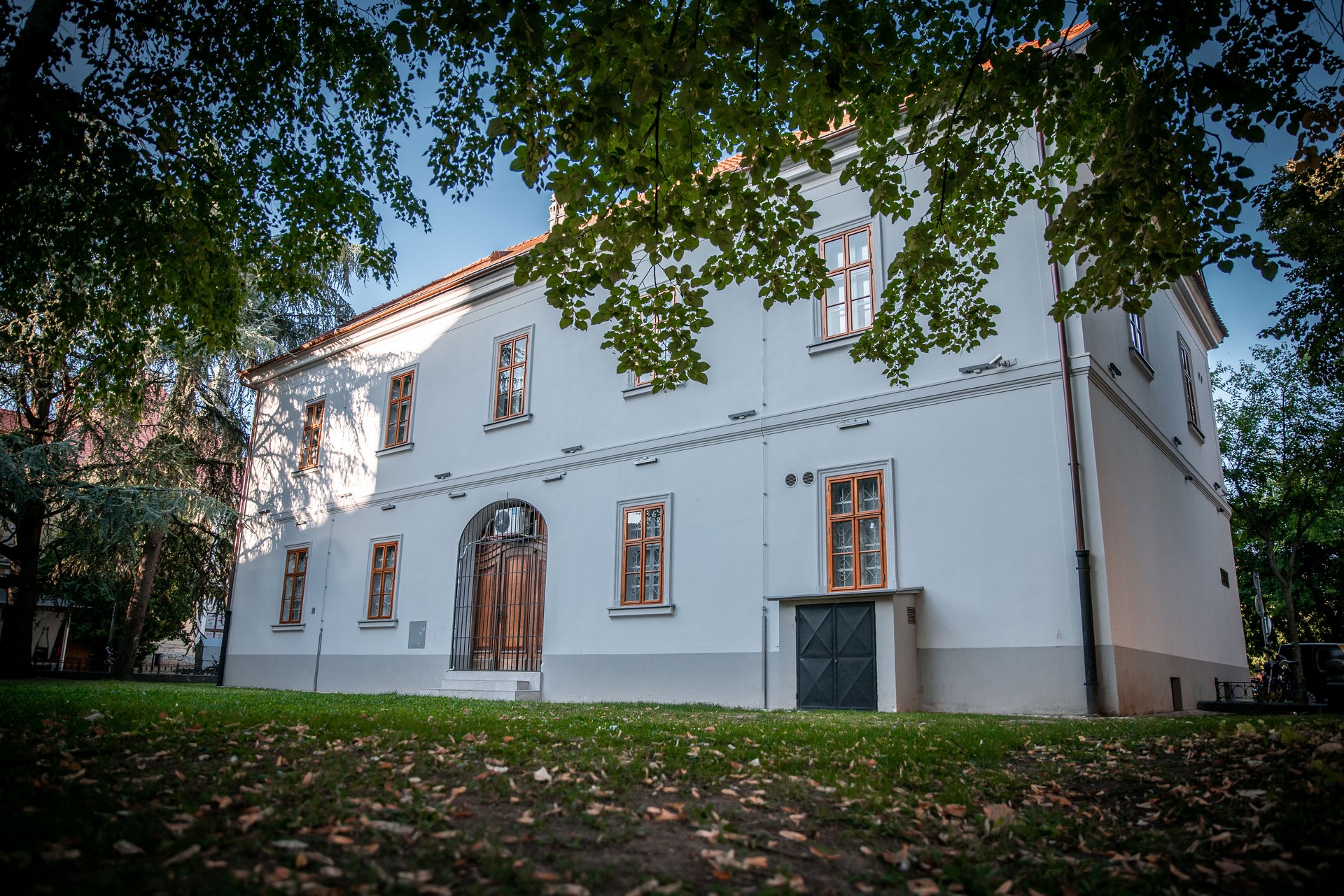 © Galerija Konjovic
© Galerija Konjovic
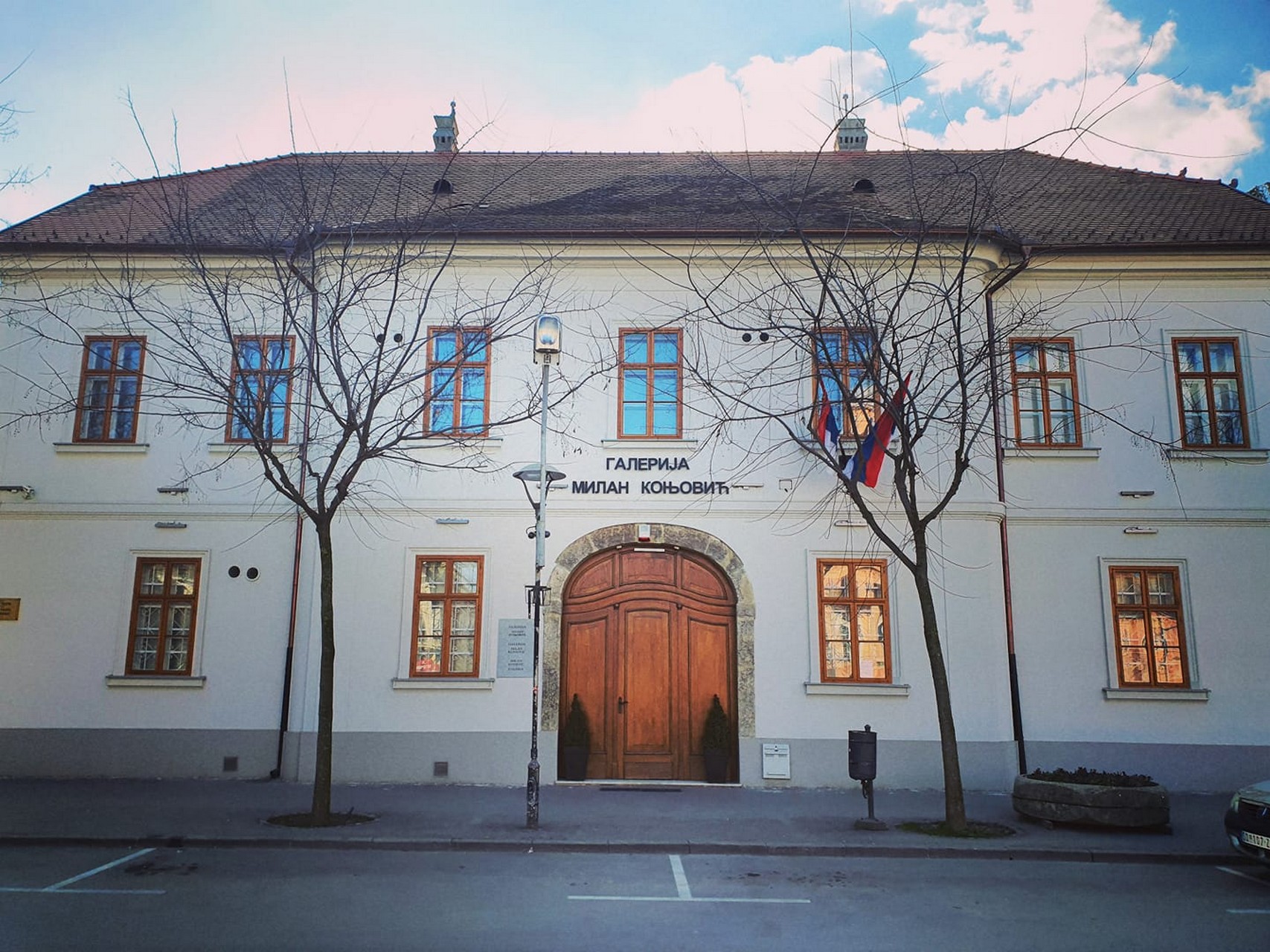 © Galerija Konjovic
© Galerija Konjovic
Welcome to The Gallery
The gallery was officially opened on September 10, 1966, displaying a collection of 500 selected works by Milan Konjović The Milan Konjović Gallery is housed in a one-storey Baroque building, built on the same site where the city’s first pharmacy used to be. The building was built in 1838 Today,...
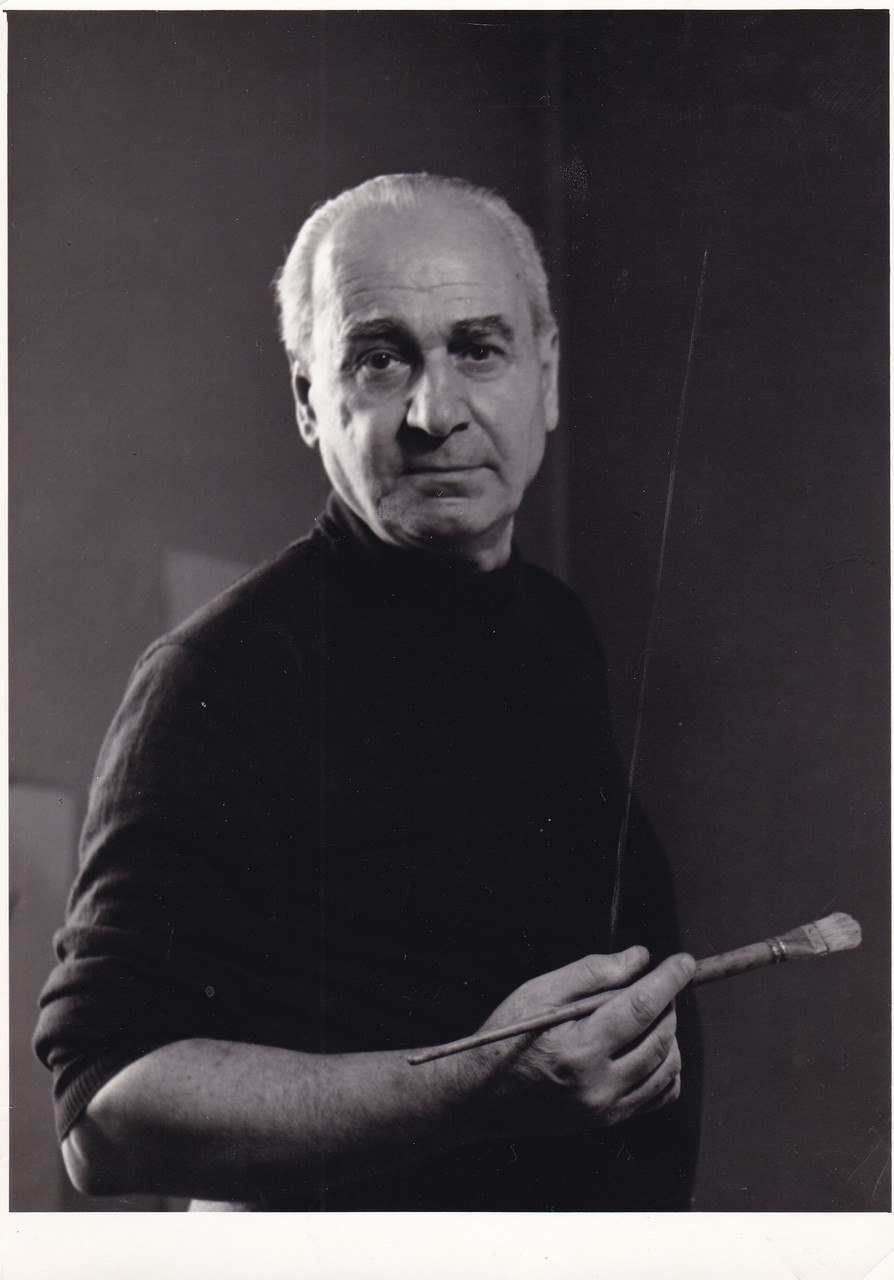 © Galerija Konjovic
© Galerija Konjovic
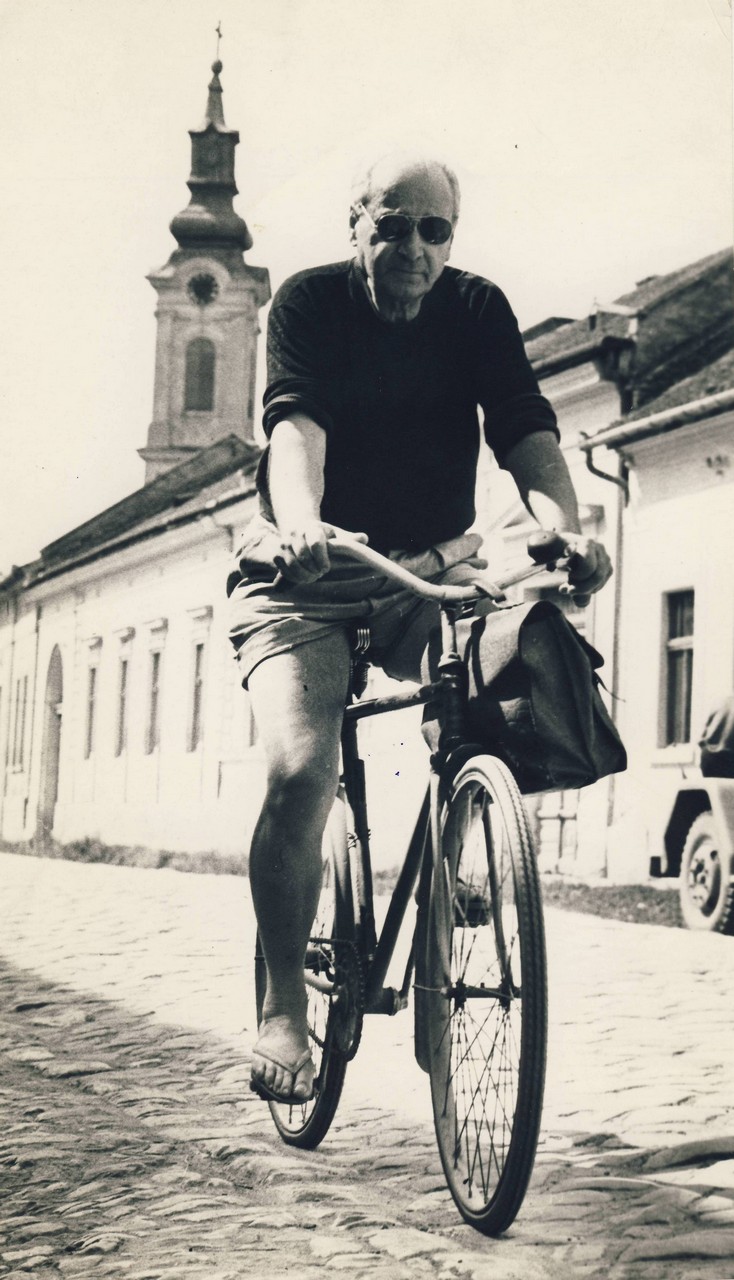 © Galerija Konjovic
© Galerija Konjovic
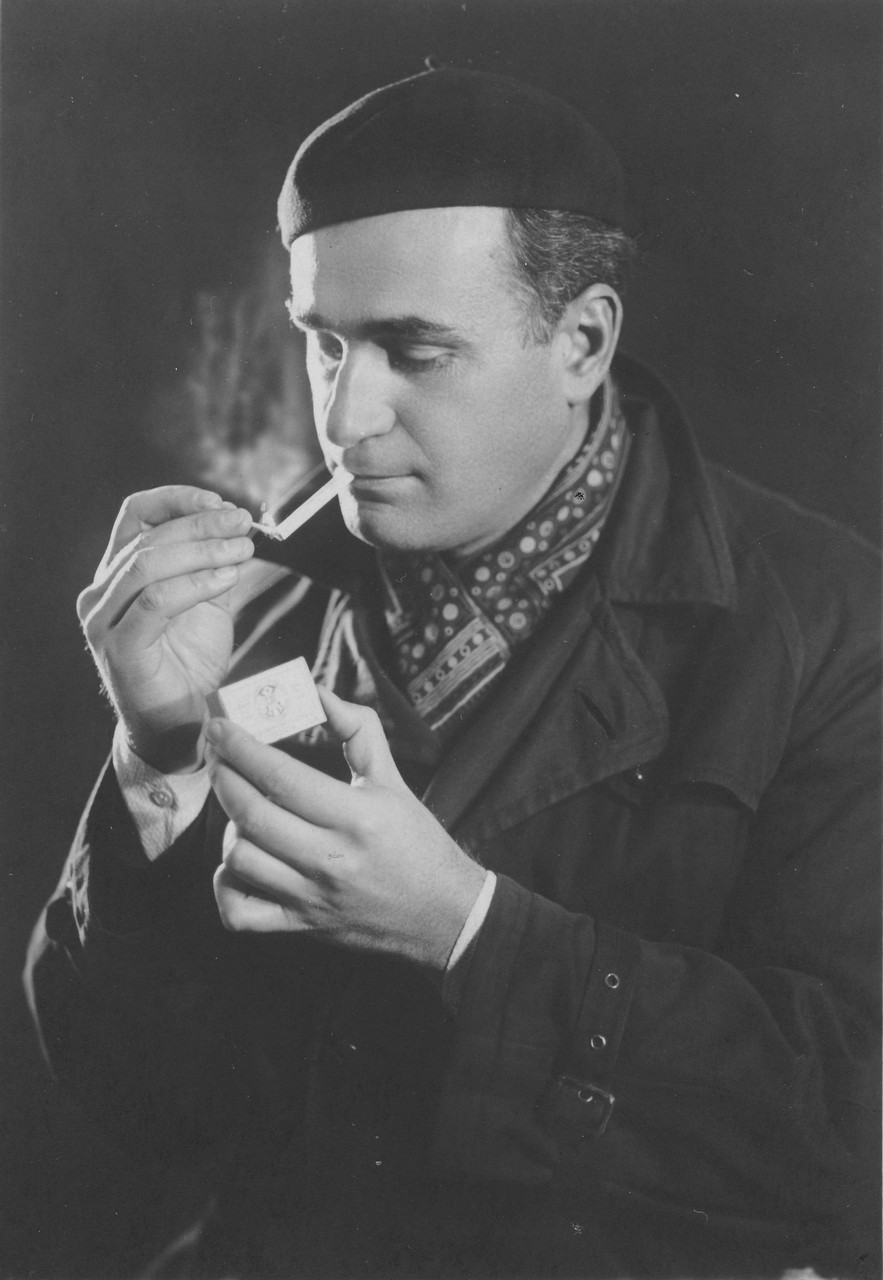 © Galerija Konjovic
© Galerija Konjovic
The Biography of Milan Konjović
Milan Konjović, a prominent painter of the 20th century, was born in 1898 Milan Konjović showed his extraordinary artistic talent from a very young age As a 16-year-old student, he presented his work of around 50 landscapes for the first time at the Sombor Grammar School exhibition in 1914 He...
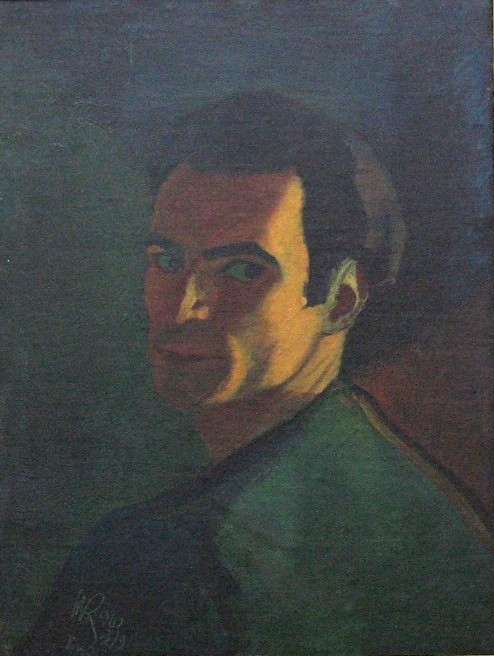 © Galerija Konjovic
© Galerija Konjovic
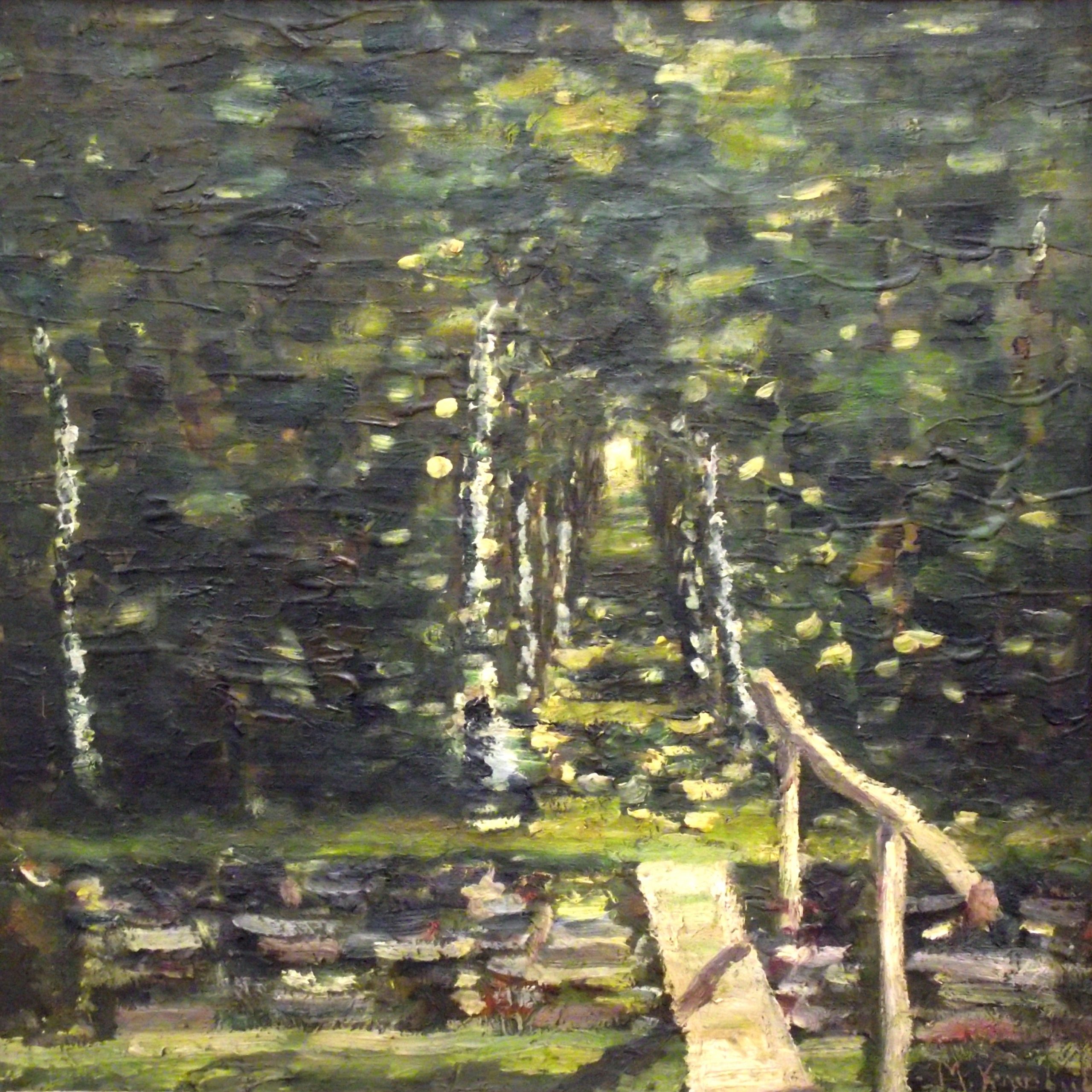 © Galerija Konjovic
© Galerija Konjovic
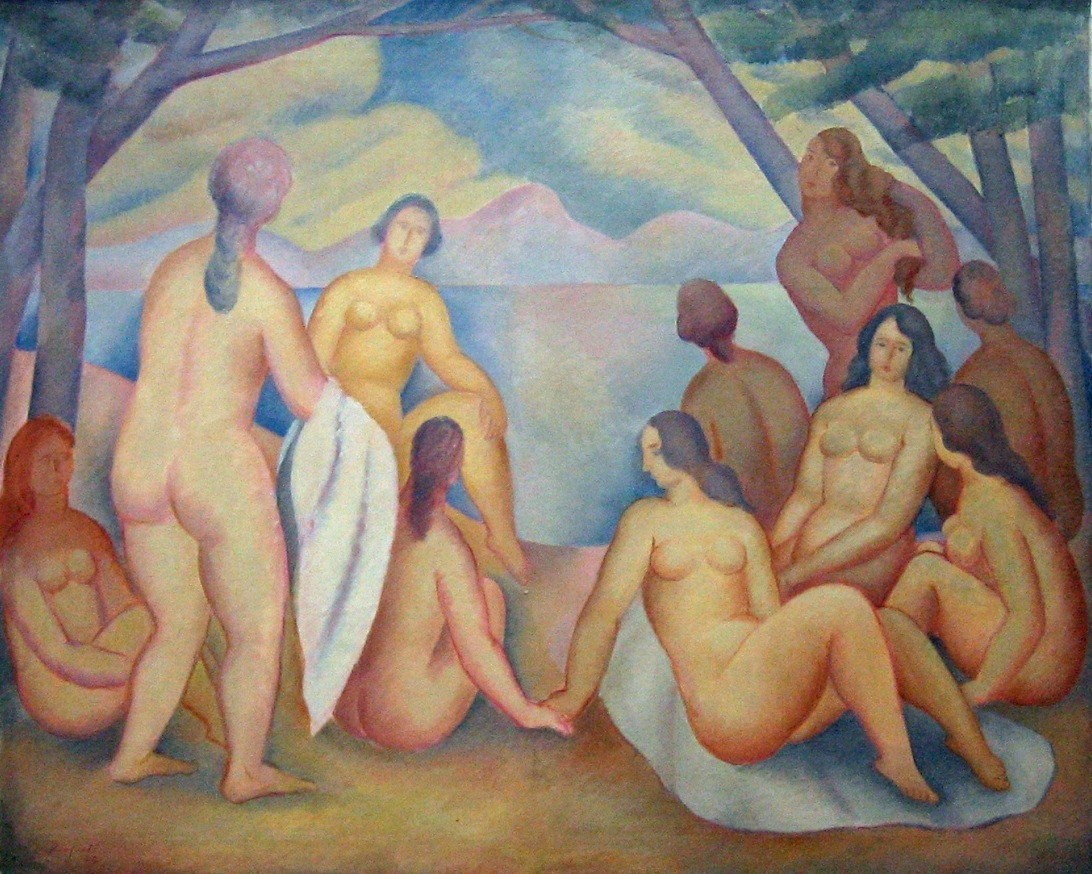 © Galerija Konjovic
© Galerija Konjovic
The Early phase
The early phase of Konjović’s work covers the period from 1913 to 1928 Aside from cubism, he was also drawn towards the stylistic expressions of Cezanneism and neoclassicism, which remained part of his work until 1927. From 1927 to 1929, he completely liberated himself from the influence of the neoclassicist...
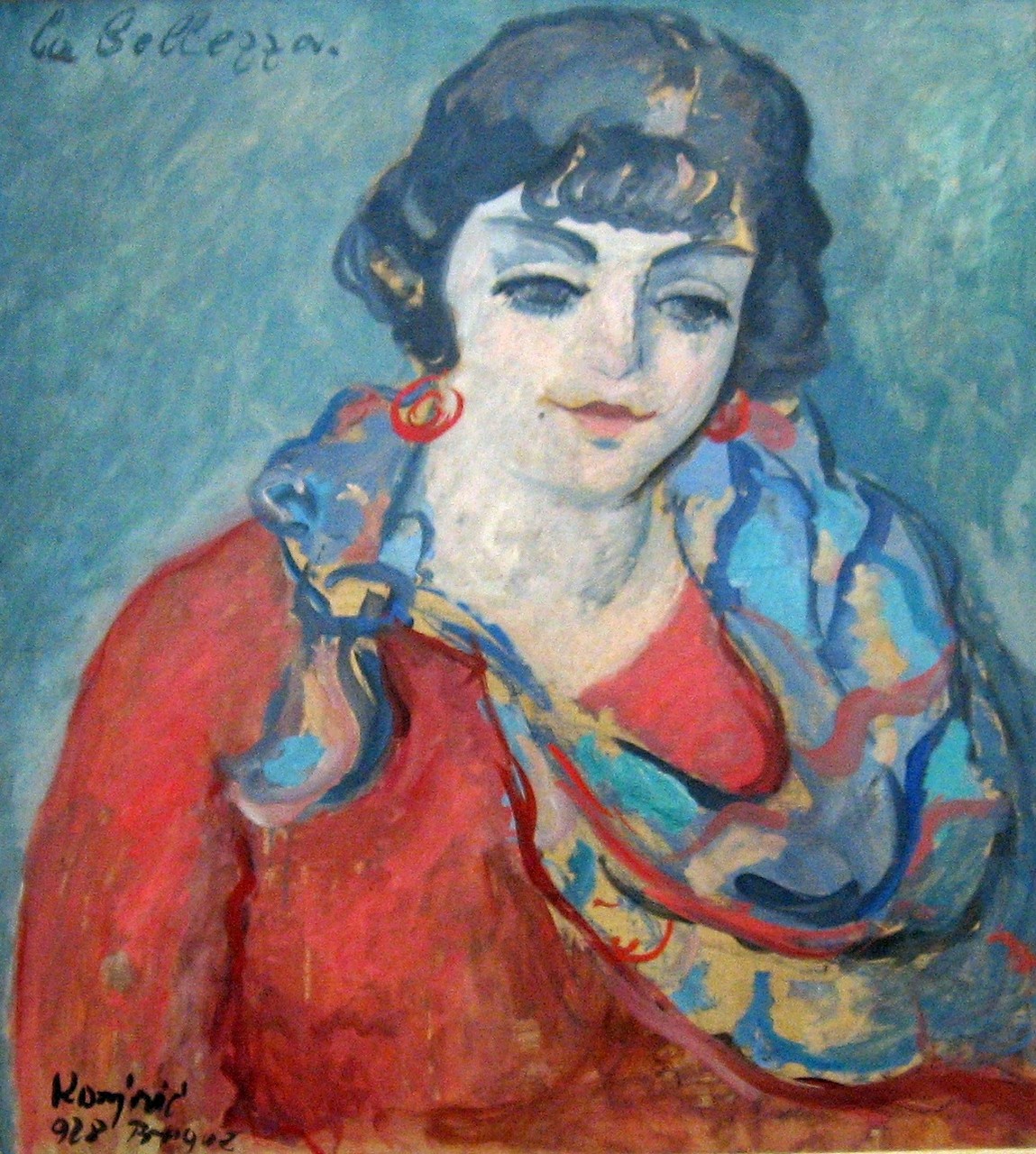 © Galerija Konjovic
© Galerija Konjovic
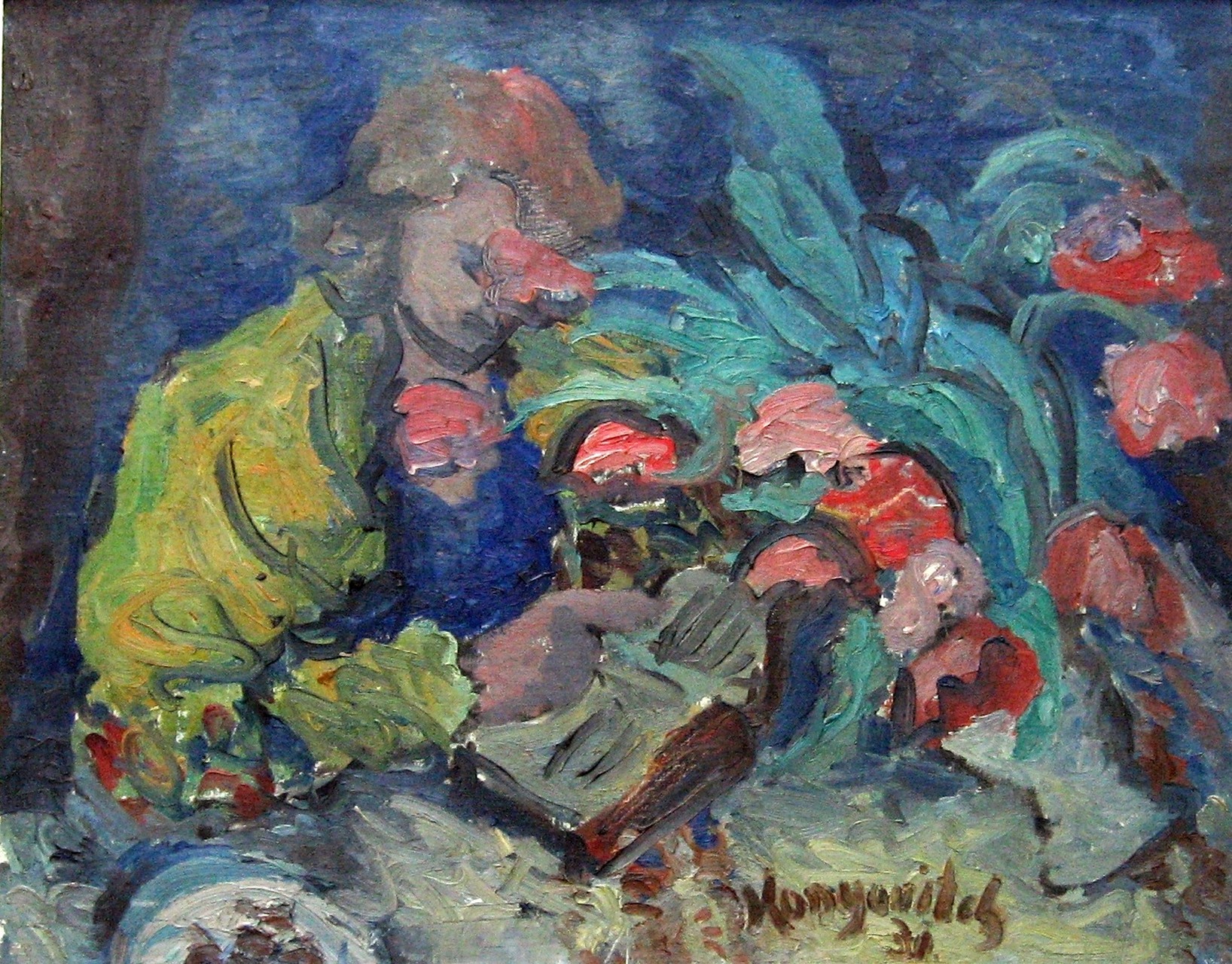 © Galerija Konjovic
© Galerija Konjovic
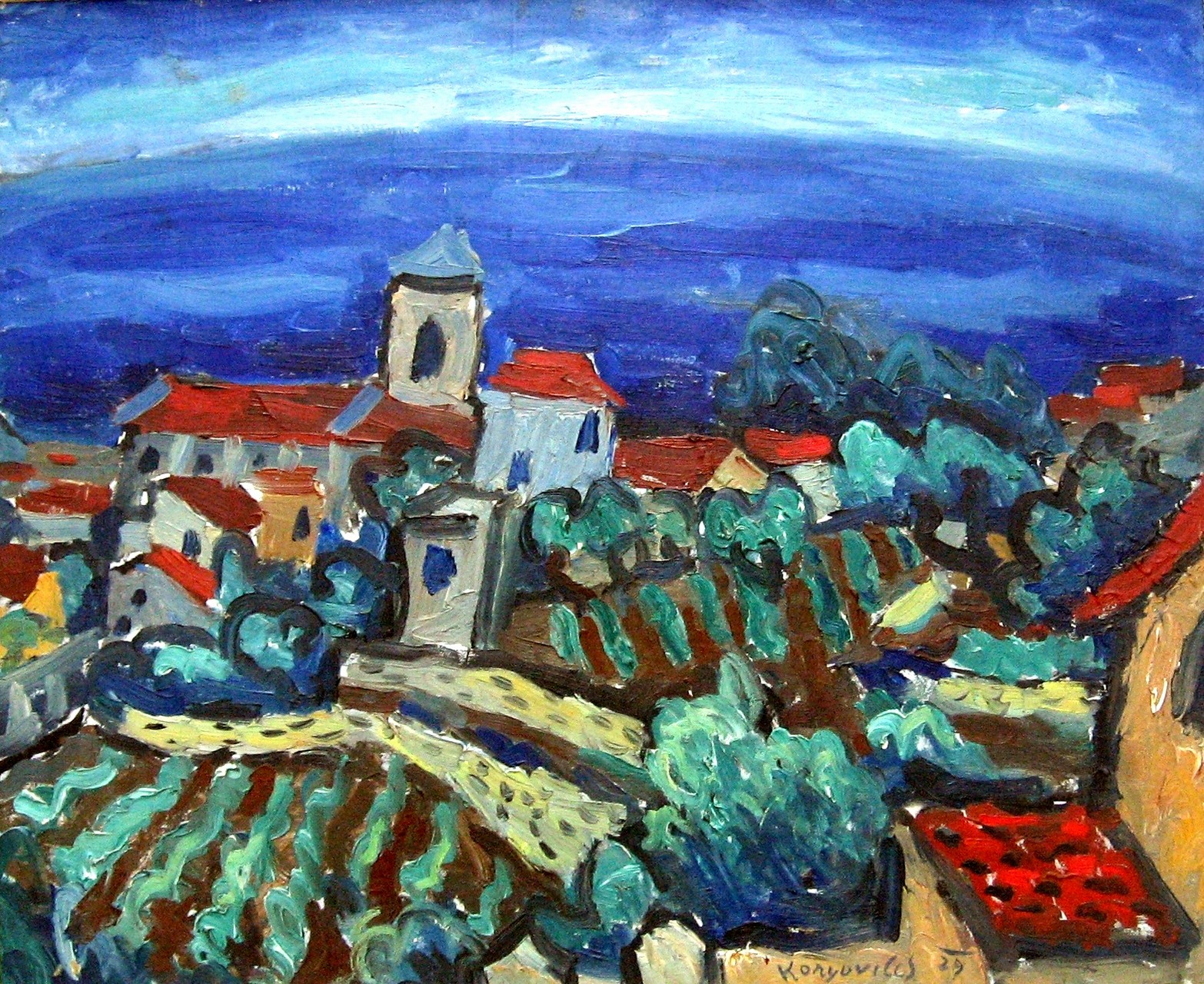 © Galerija Konjovic
© Galerija Konjovic
The Blue phase
During his Blue phase, which lasted from 1929 to 1933, he created over 200 high-quality works of art, which marked the beginning of his artistic maturity In 1931 he organised his first solo exhibition at the Bing Gallery in Paris. A year later he organised another solo exhibition at the...
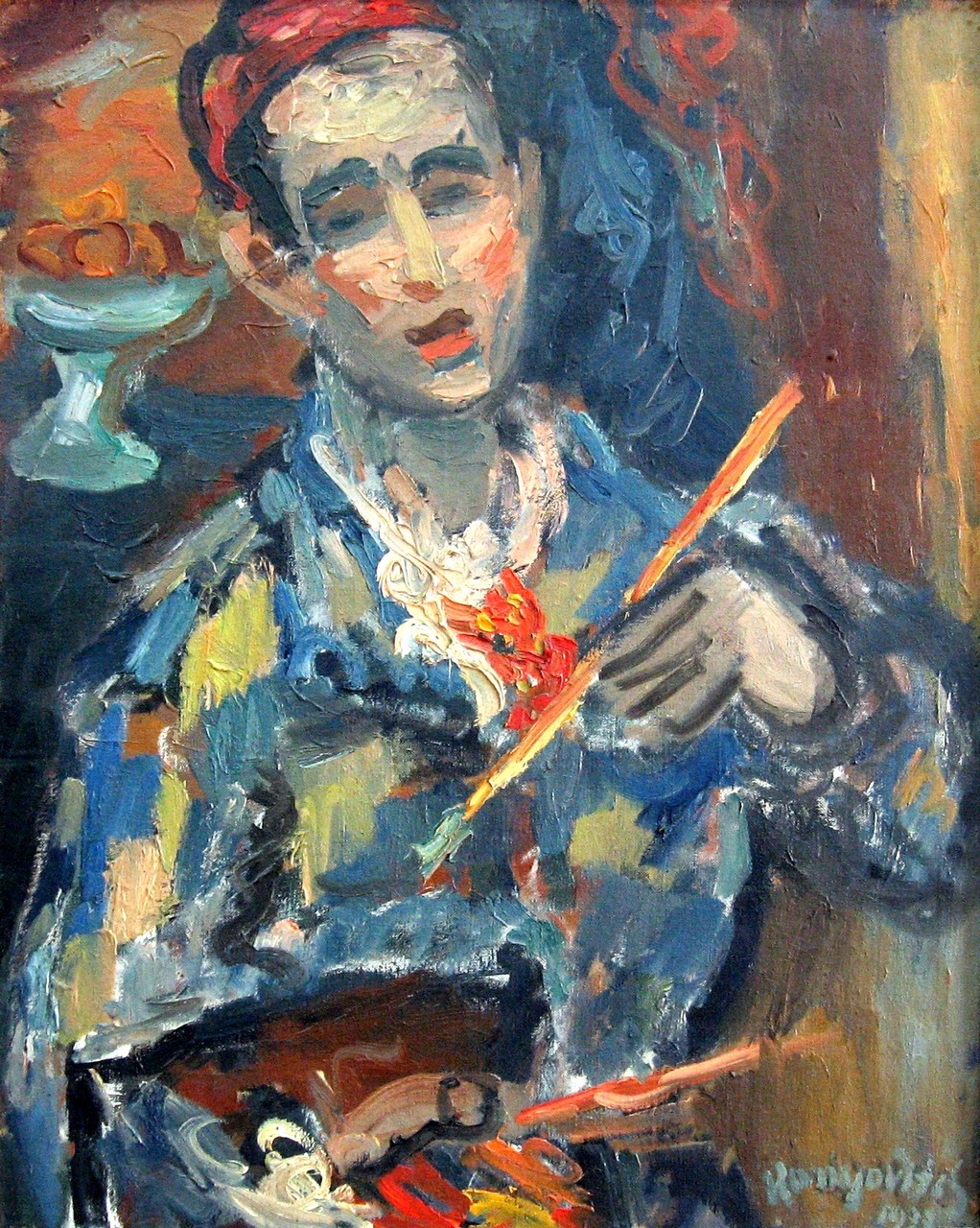 © Galerija Konjovic
© Galerija Konjovic
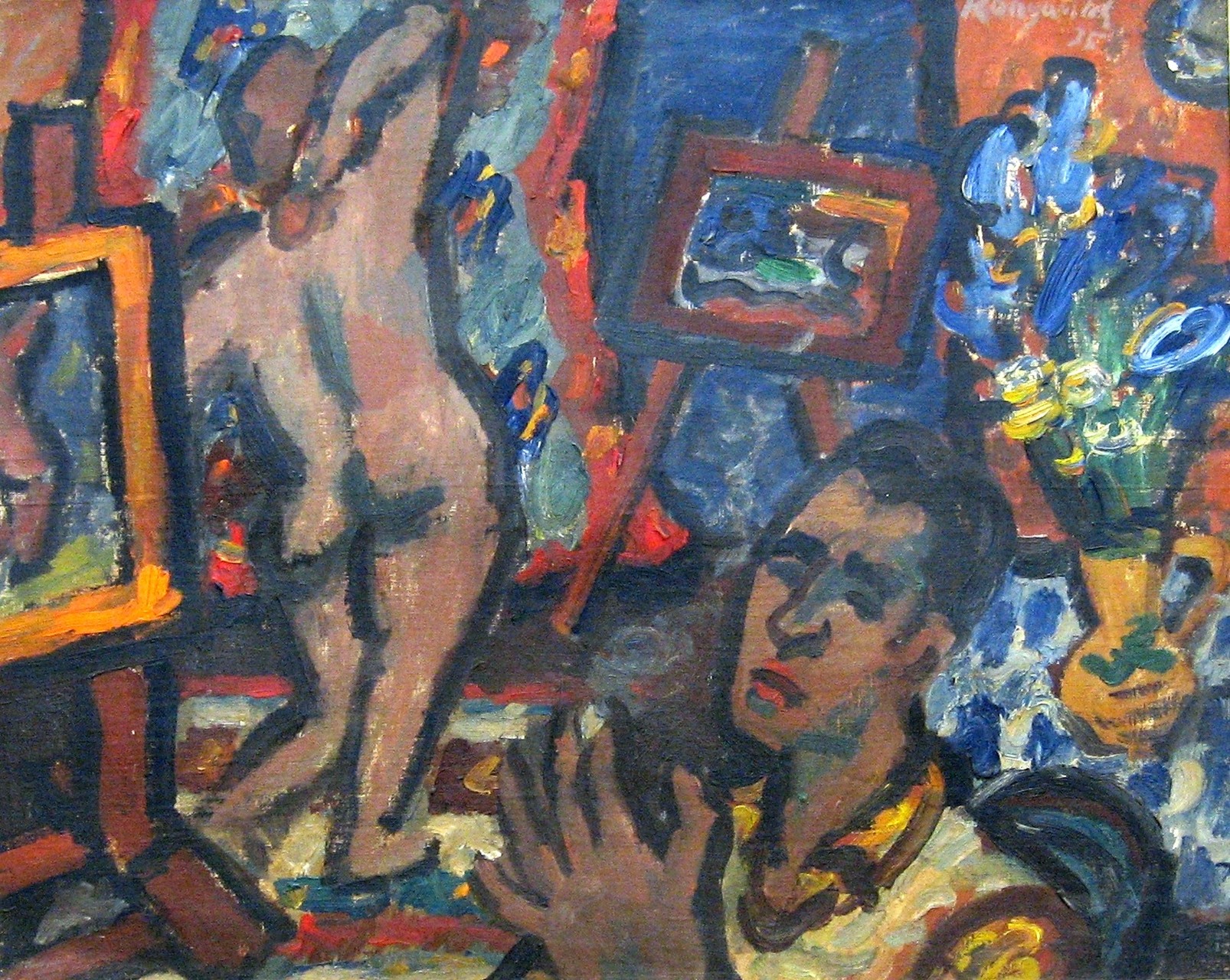 © Galerija Konjovic
© Galerija Konjovic
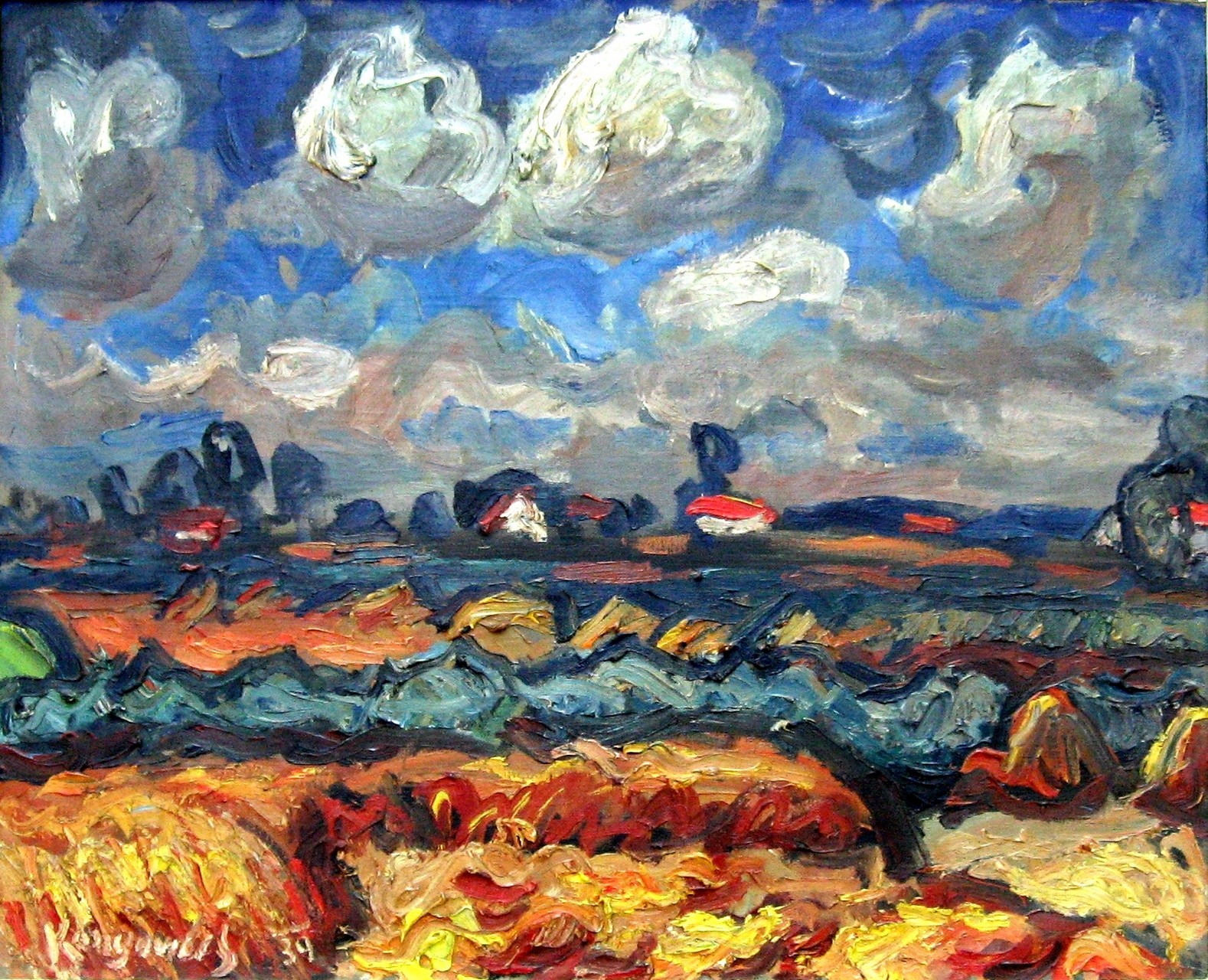 © Galerija Konjovic
© Galerija Konjovic
The Red phase
The period between 1934 and 1940 represents his red phase. This phase showcases the artist’s full maturity, during which he created more than 500 works Warm colours complemented by blue and green tones dominated his paintings during this period, and the wide, dark contour strongly emphasised the character of the...
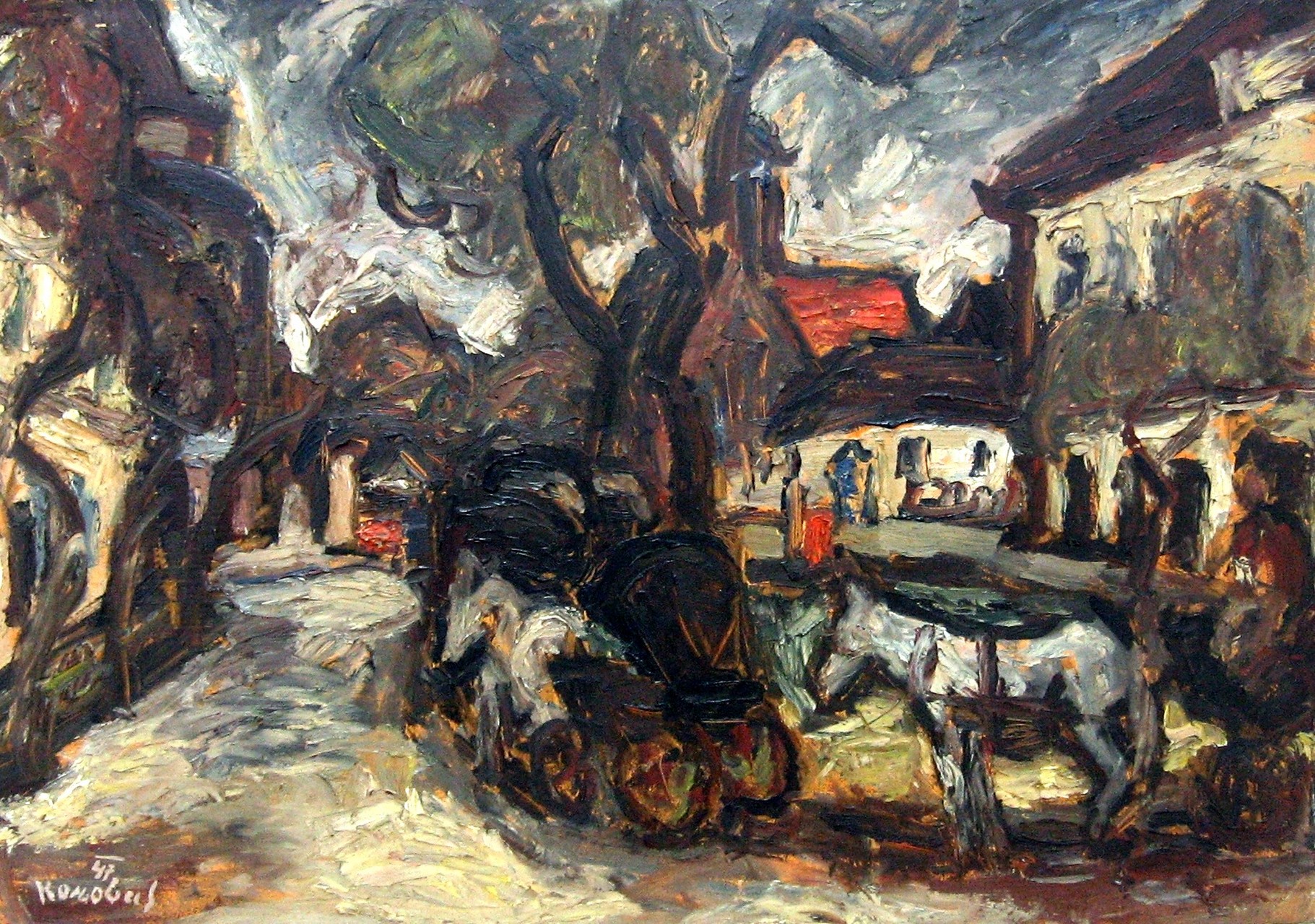 © Galerija Konjovic
© Galerija Konjovic
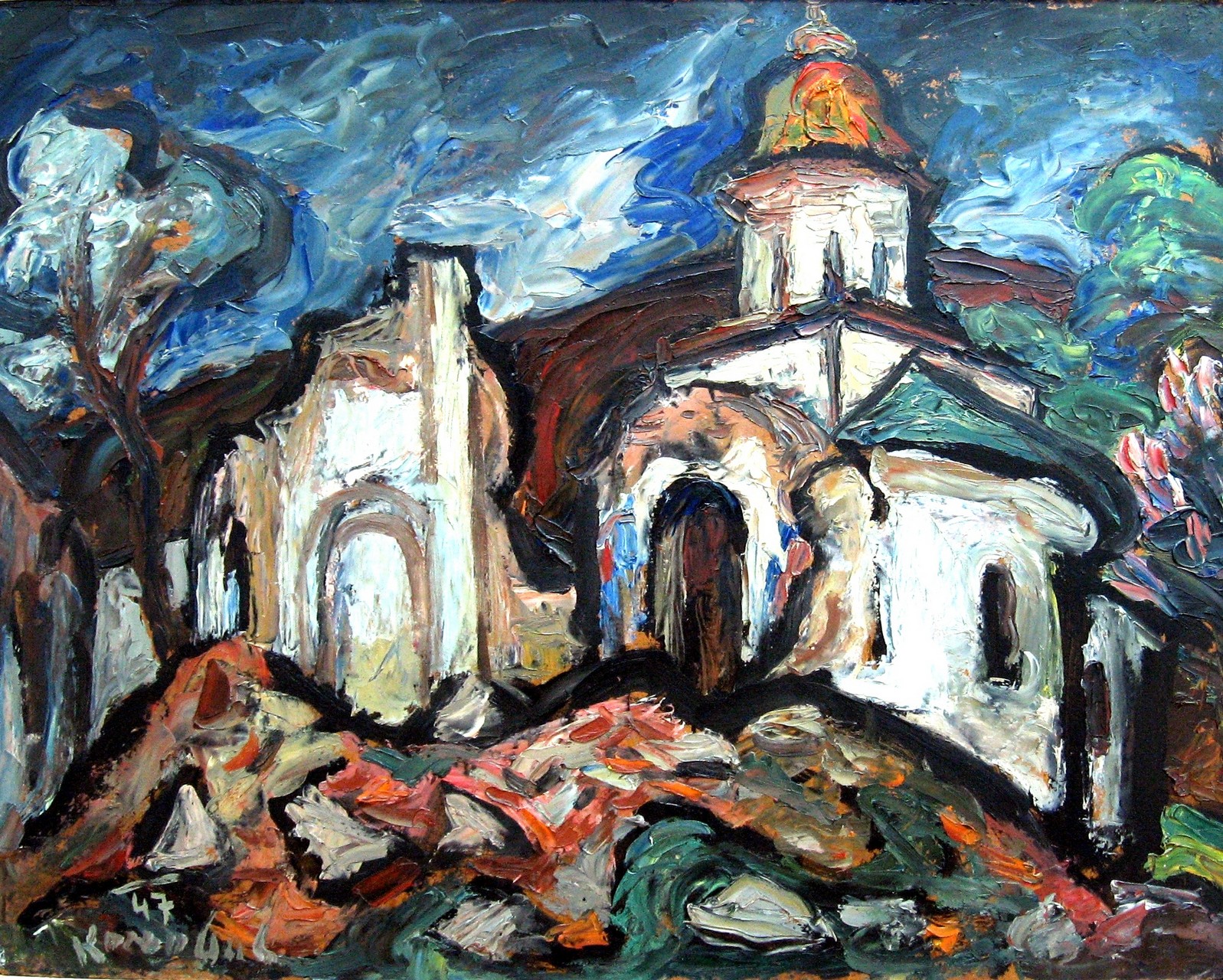 © Galerija Konjovic
© Galerija Konjovic
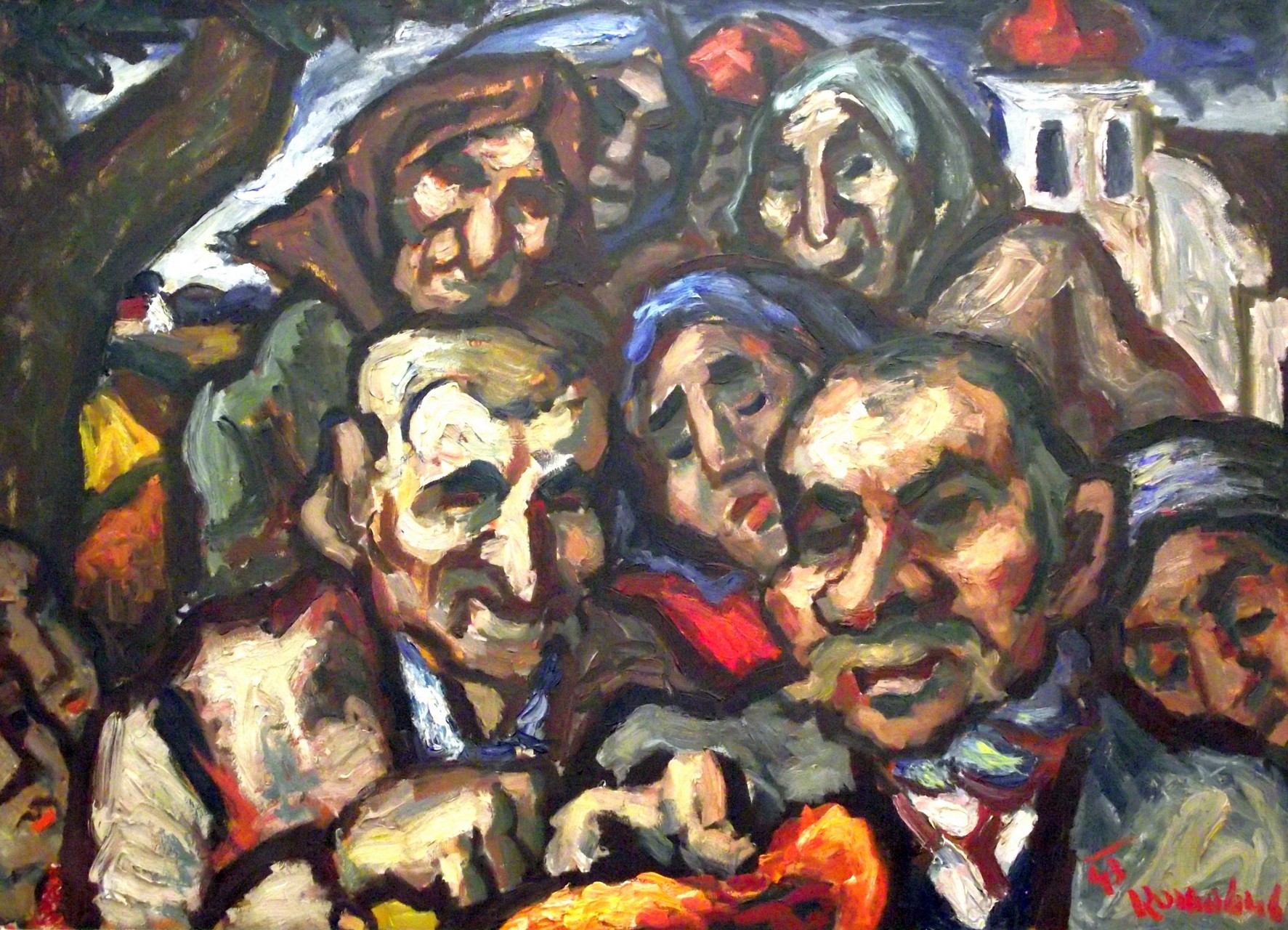 © Galerija Konjovic
© Galerija Konjovic
The Gray phase
The grey phase of Konjović’s career spanned from 1941 to 1952, encapsulating most of World War II and the post-war period. The difficult years of World War II and the artist’s captivity in Osnabrück in Germany, as well as the post-war crisis, would halt Konjović’s exceptional development for a brief...
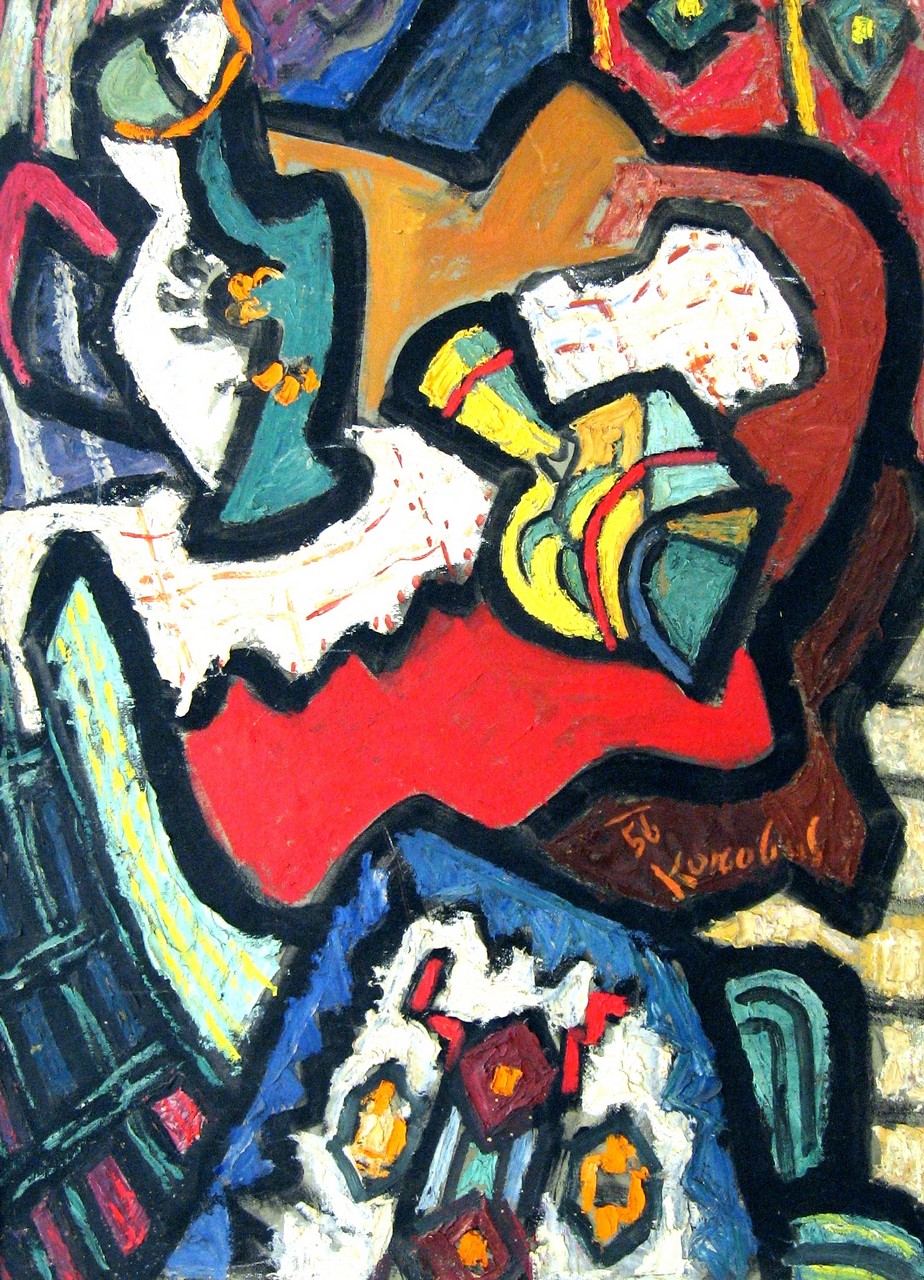 © Galerija Konjovic
© Galerija Konjovic
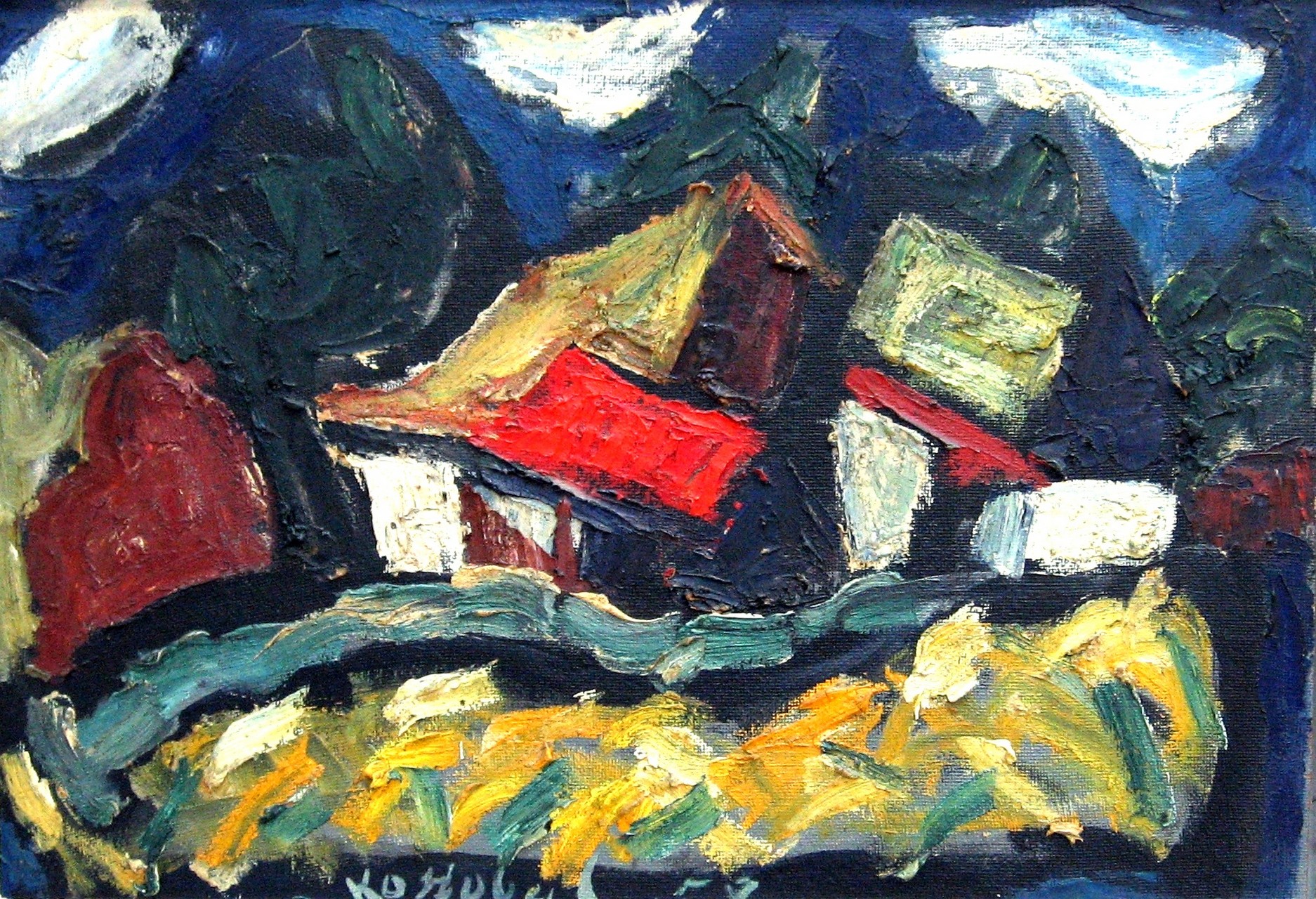 © Galerija Konjovic
© Galerija Konjovic
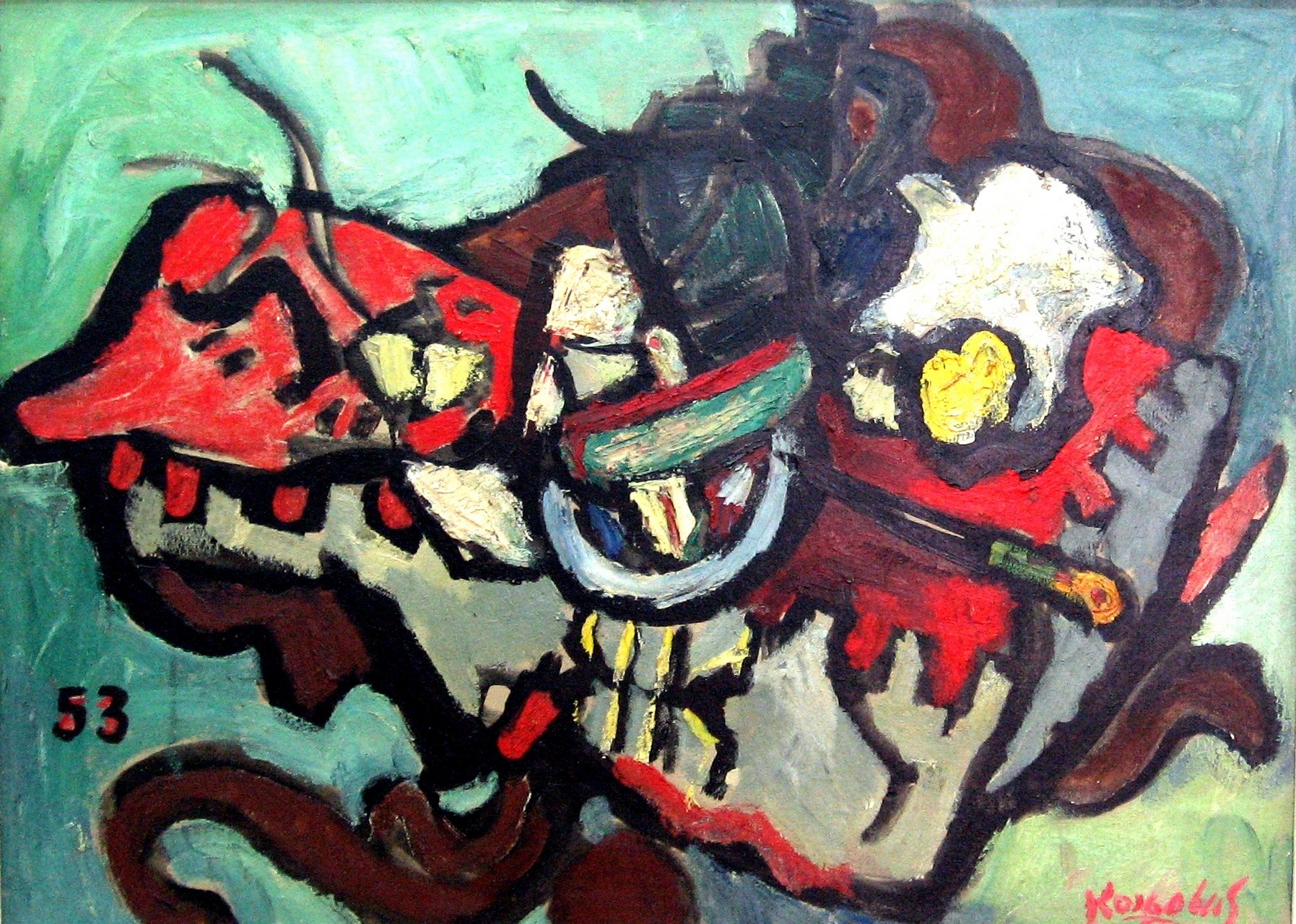 © Galerija Konjovic
© Galerija Konjovic
The Colouristic phase
Konjović’s colouristic phase began in 1952 and lasted for seven years In the 1950s, Konjović finally returned to his passionate and dynamic painting stlye In 1953, Konjović painted Natura Morte 53 and called it the boundary stone that separated his work from that year and the following years
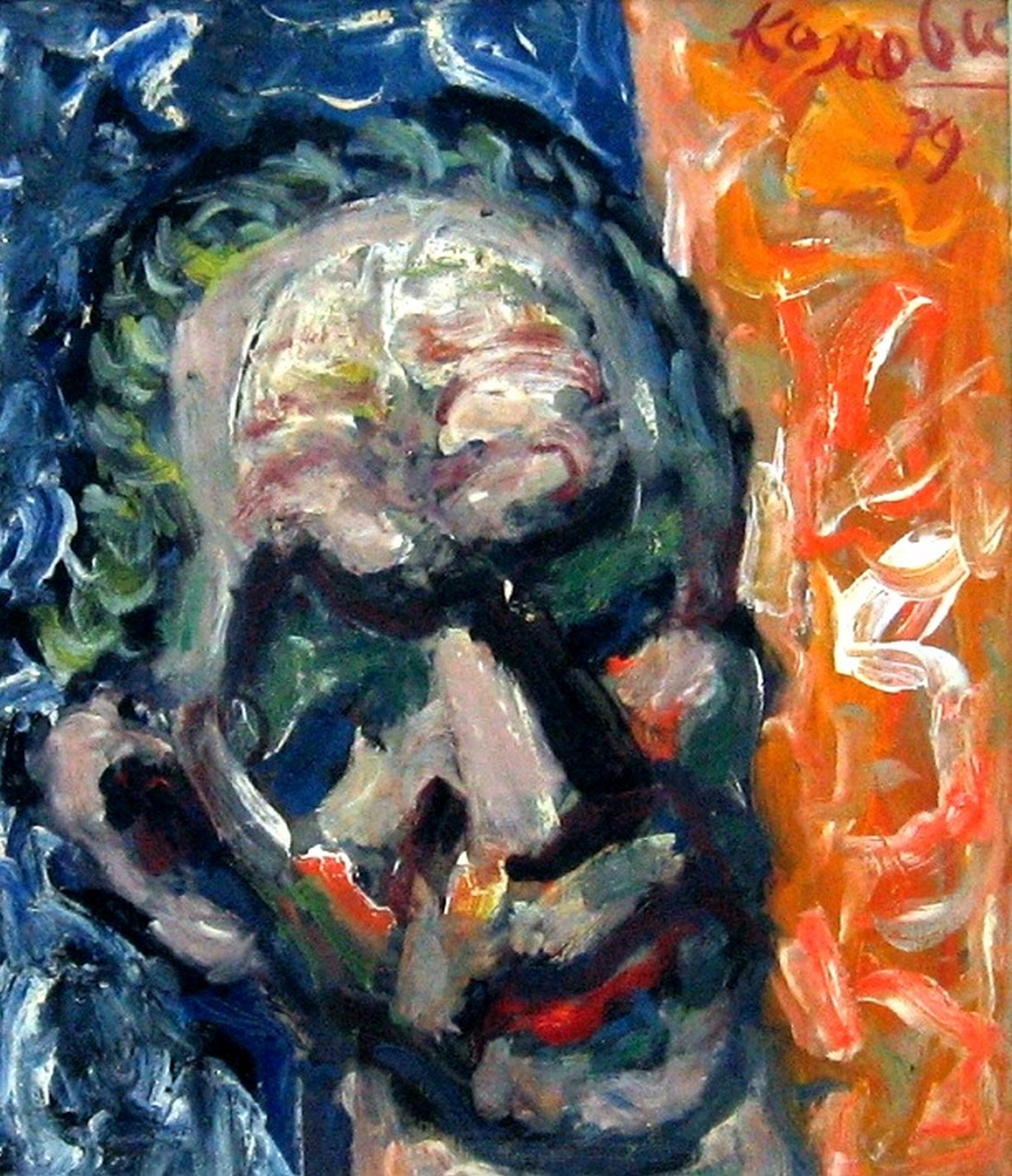 © Galerija Konjovic
© Galerija Konjovic
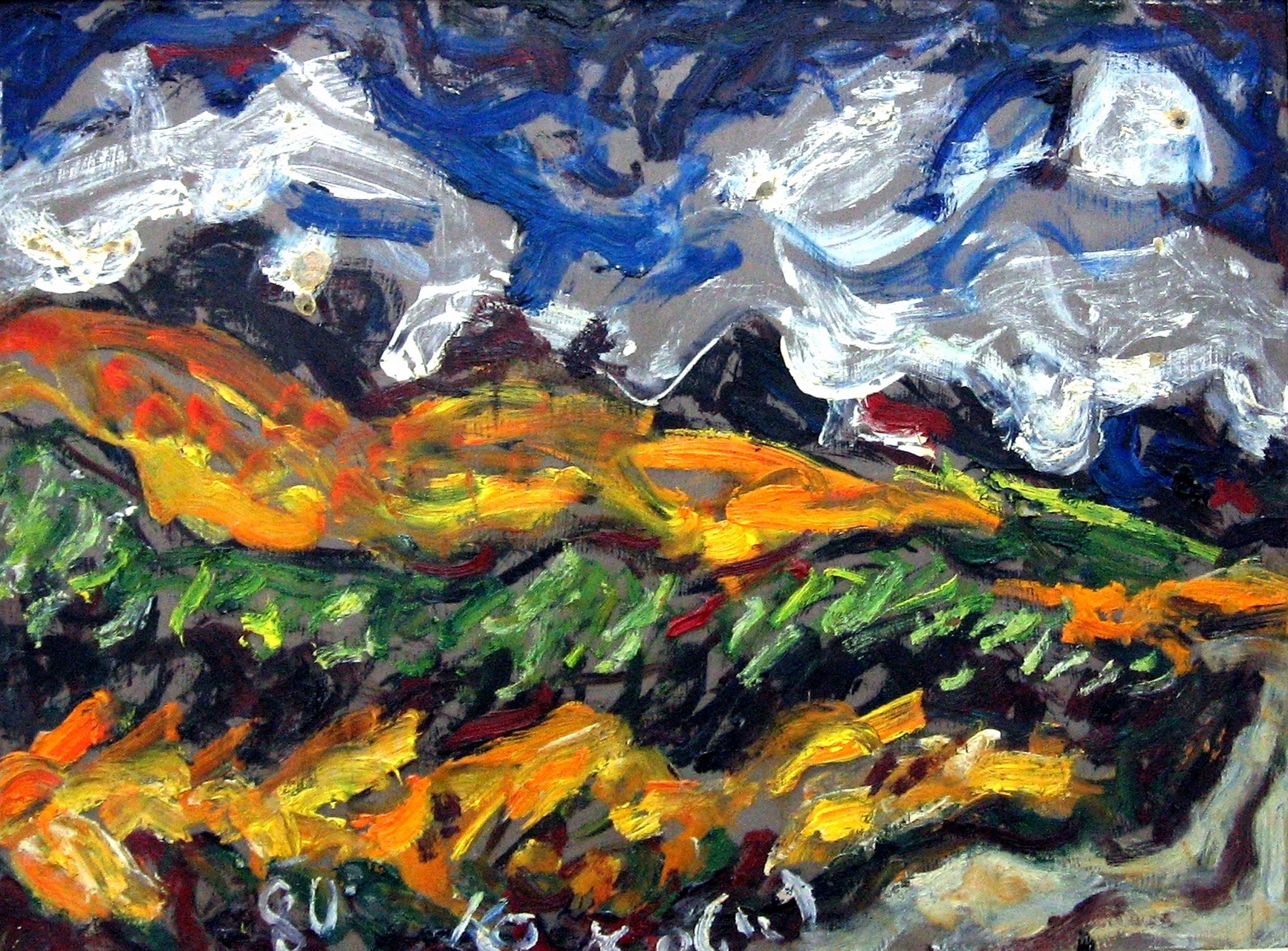 © Galerija Konjovic
© Galerija Konjovic
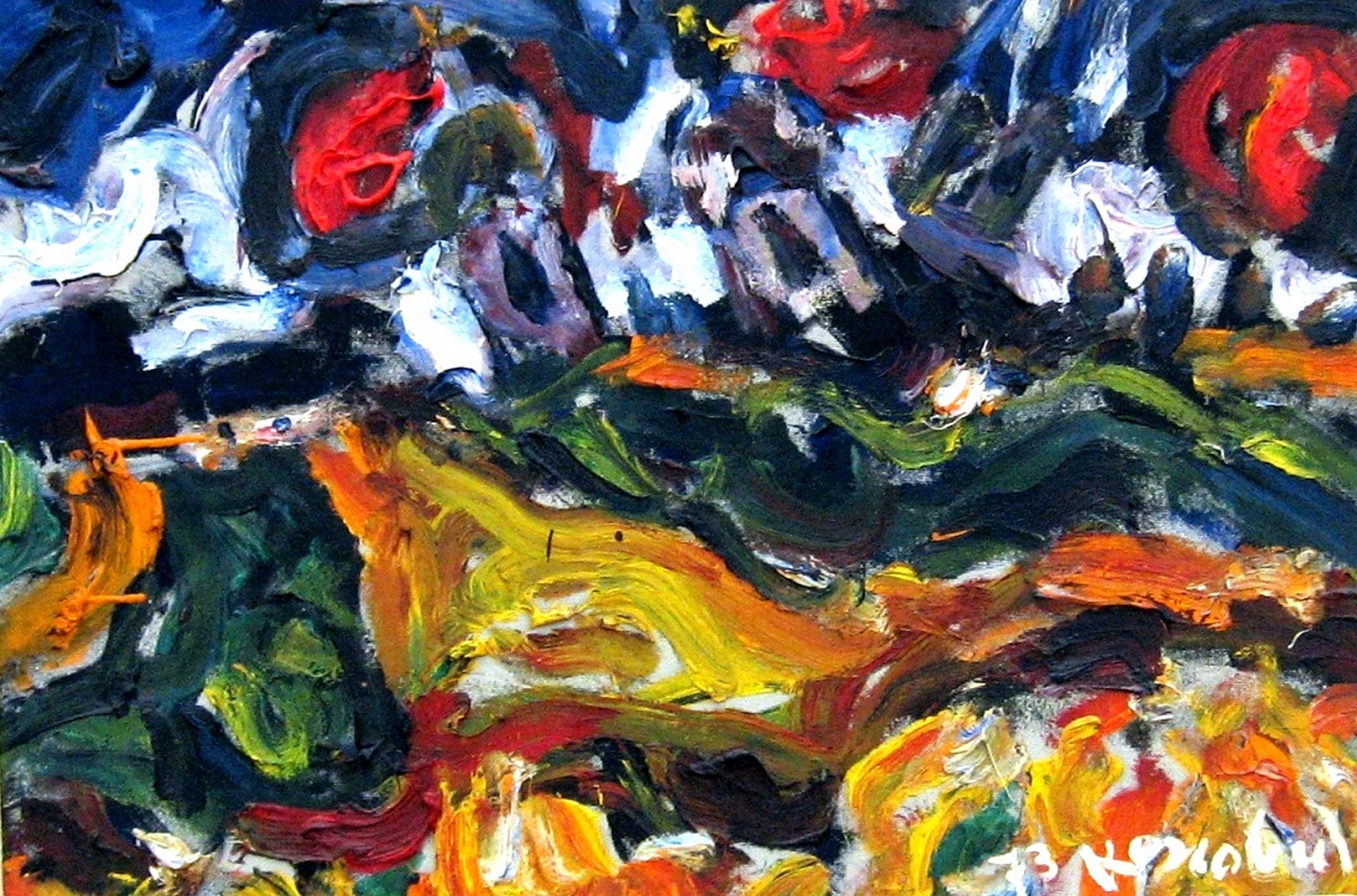 © Galerija Konjovic
© Galerija Konjovic
The Assoiciative phase
The associative phase represents the artist’s most creative period, which began in 1960 and lasted until 1985. This new stage in Konjović’s work was defined by partial abandonment of the subject matter, transposition of composition, shape, colour, and form; where what is seen becomes only a stimulus In 1985 Konjović’s...
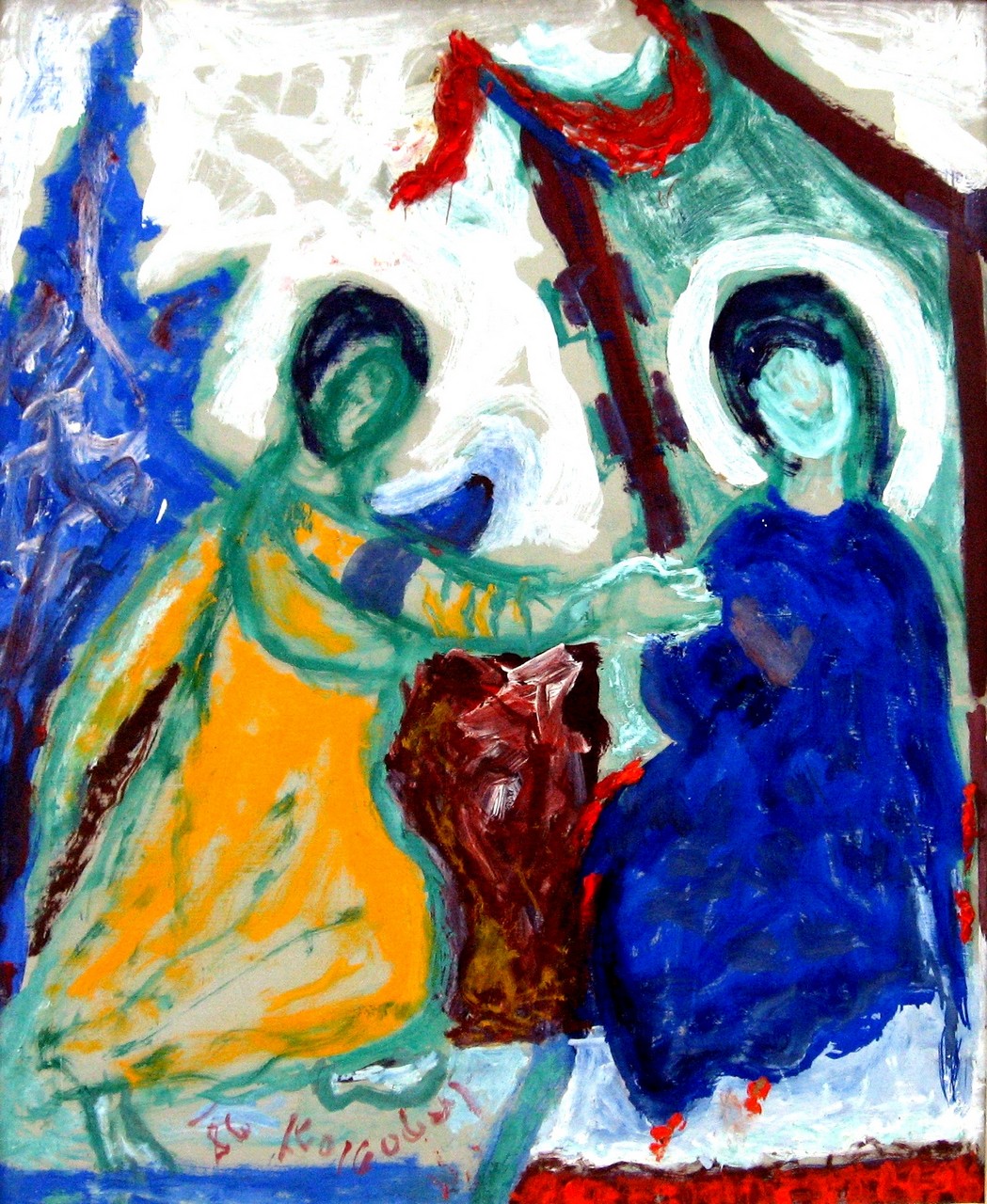 © Galerija Konjovic
© Galerija Konjovic
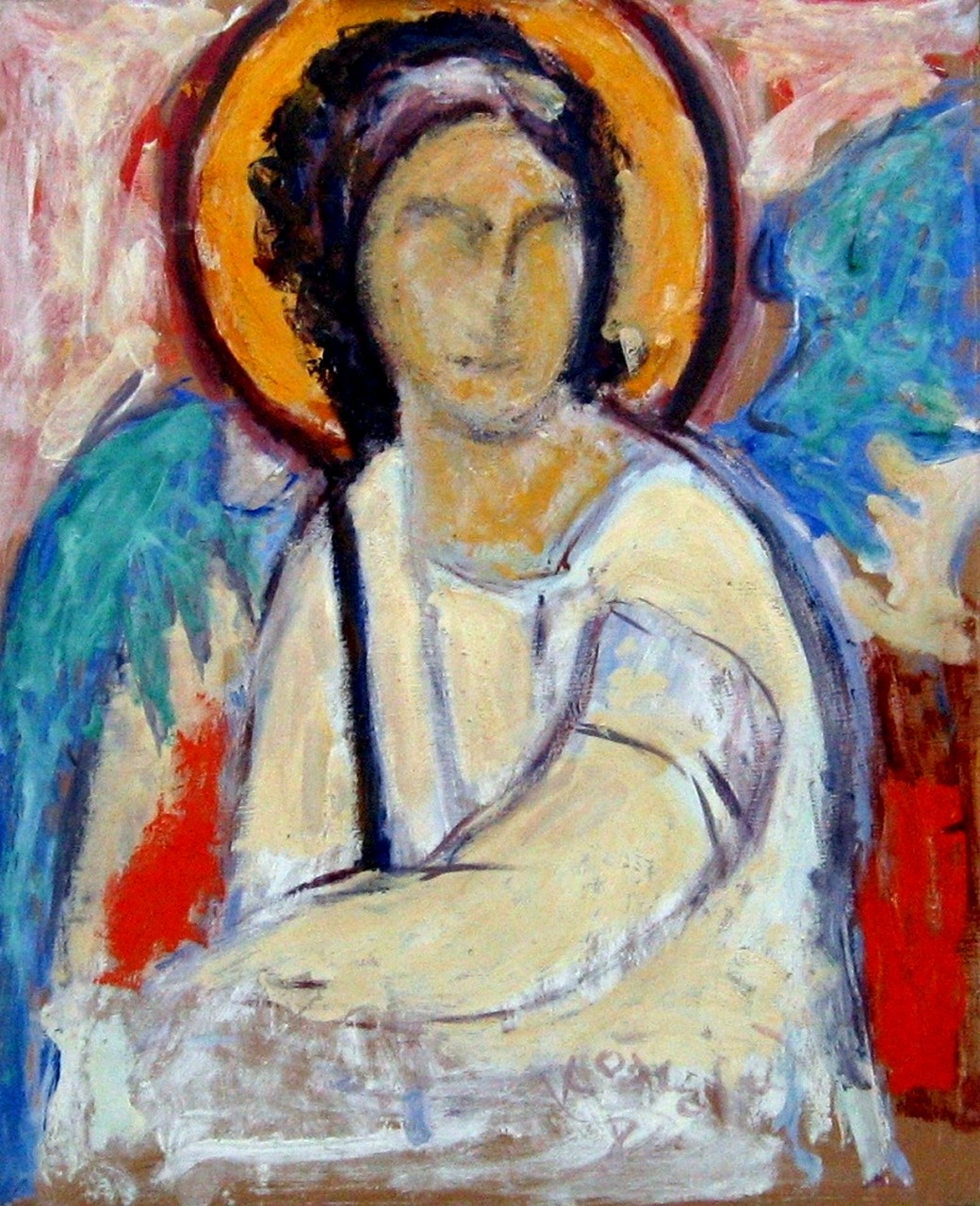 © Galerija Konjovic
© Galerija Konjovic
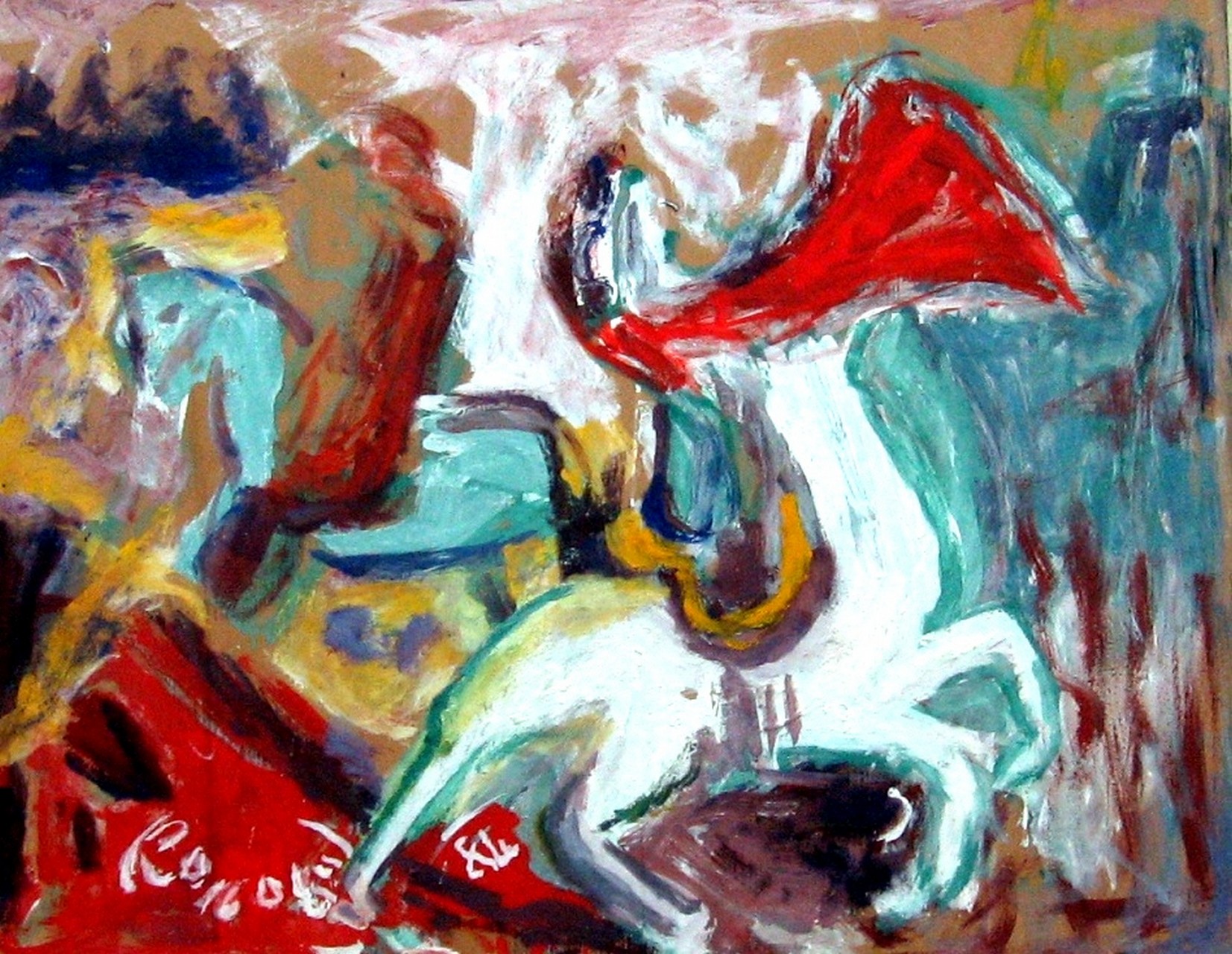 © Galerija Konjovic
© Galerija Konjovic
The Byzantine phaze
The final period of Konjović’s painting – which lasted from 1985 to 1990 – was inspired by Byzantine art, icons, and frescoes, and is known as the white or Byzantine phase Konjović transformed selected templates of religious and cultural significance into an exclusive artistic style in accordance with his own...
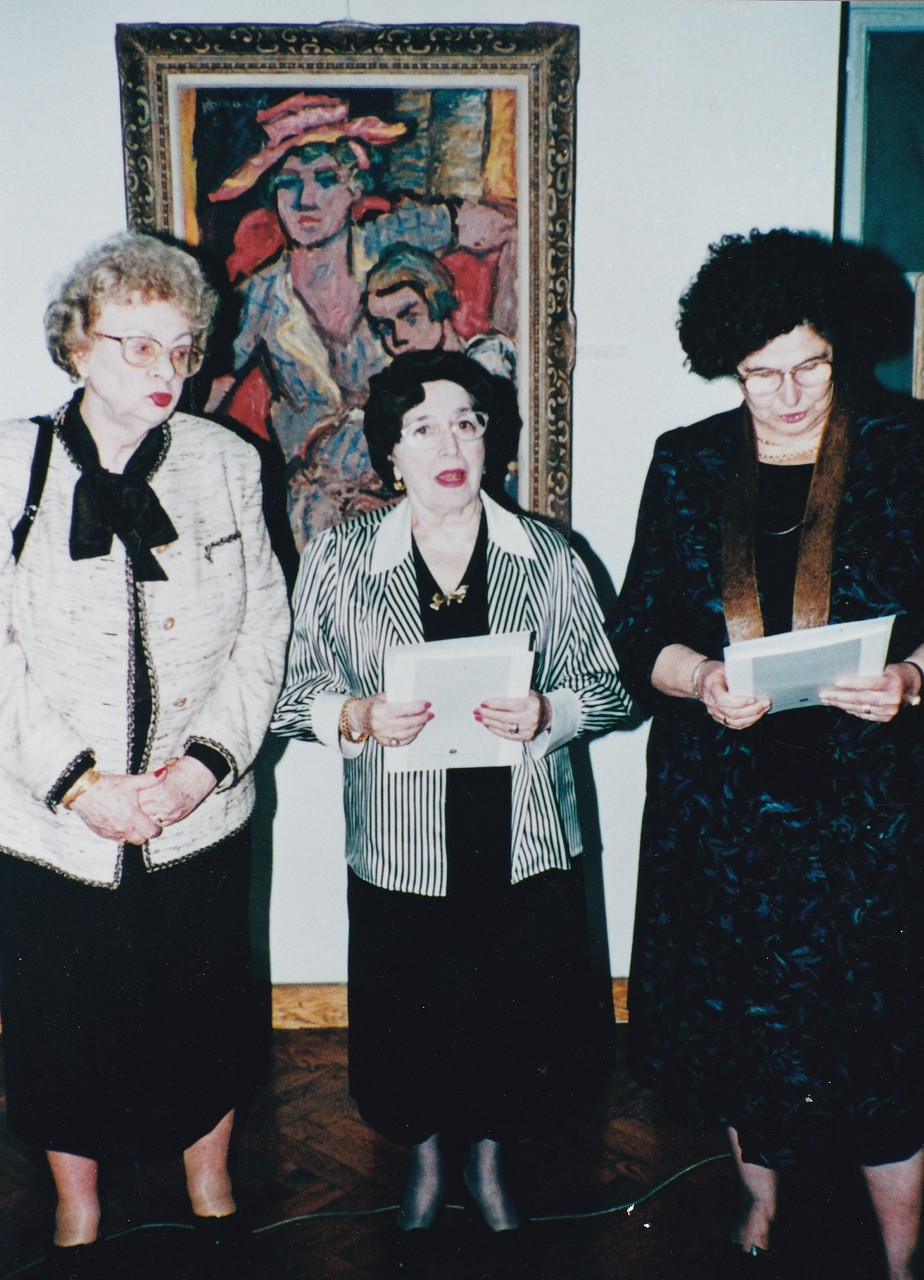 © Galerija Konjovic
© Galerija Konjovic
The Donation of Vera Konjović Amidžić
The impressive collection of the Milan Konjović Gallery was significantly enriched in 2002, when Vera Konjović-Amidzić donated 17 paintings
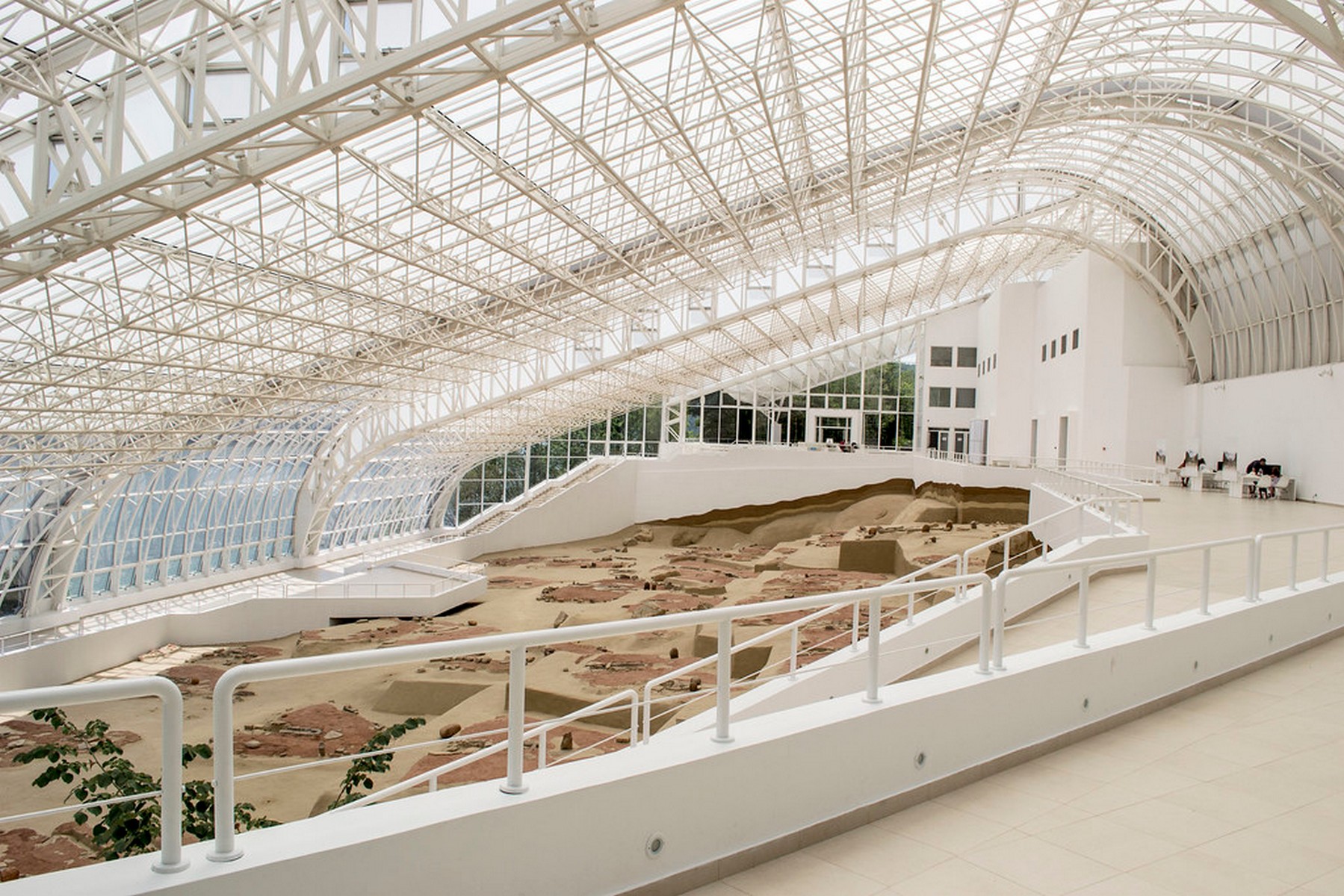 © Lepenski vir
© Lepenski vir
 © Lepenski vir
© Lepenski vir
 © Lepenski vir
© Lepenski vir
Welcome to Lepenski Vir
As one of the largest and most important Mesolithic sites in the world Lepenski Vir is the place where an entire civilization – the Lepenski Vir Culture – once lived This site was also a meeting place for local Mesolithic communities and newly arrived Neolithic groups
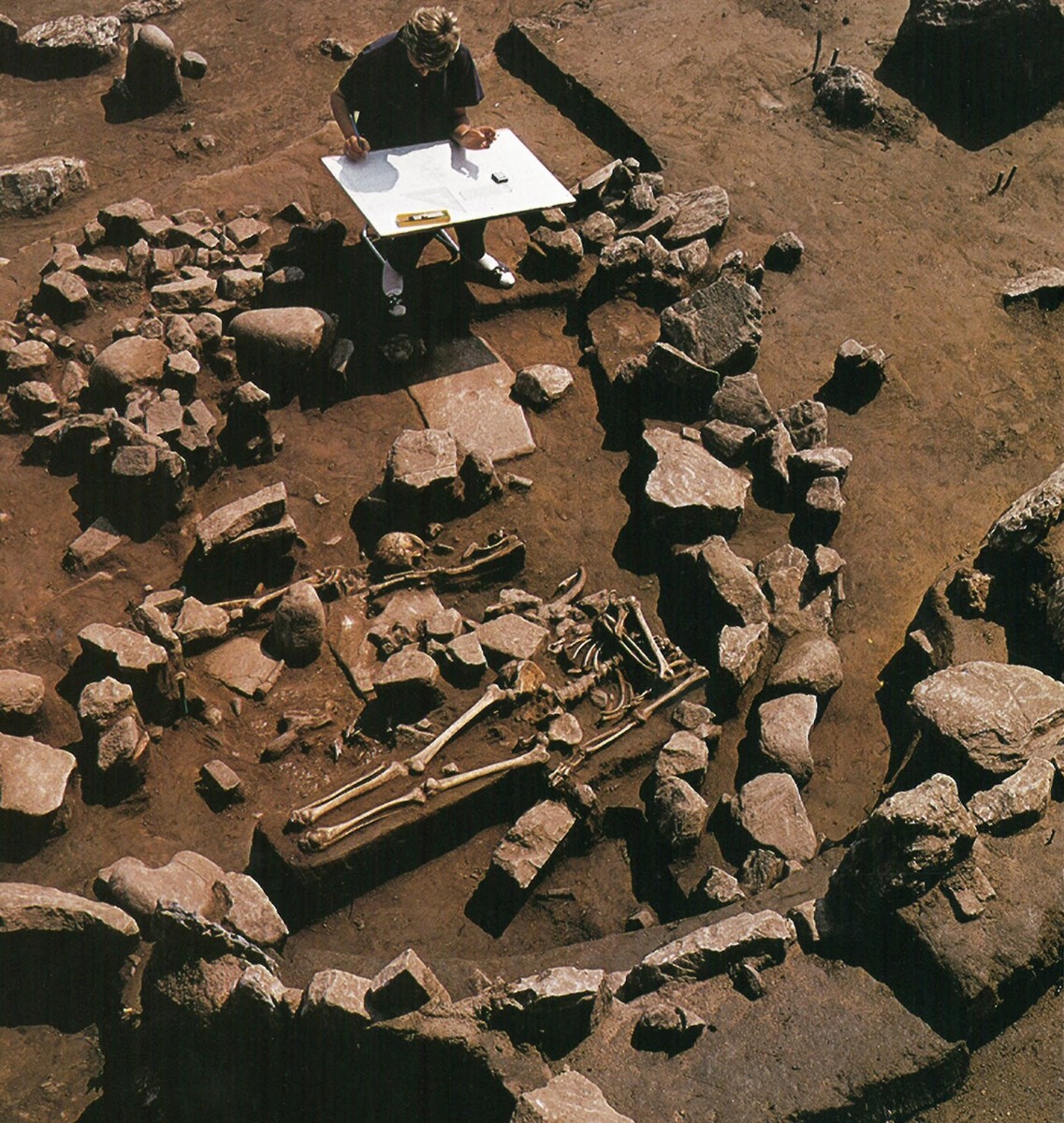 © Lepenski vir
© Lepenski vir
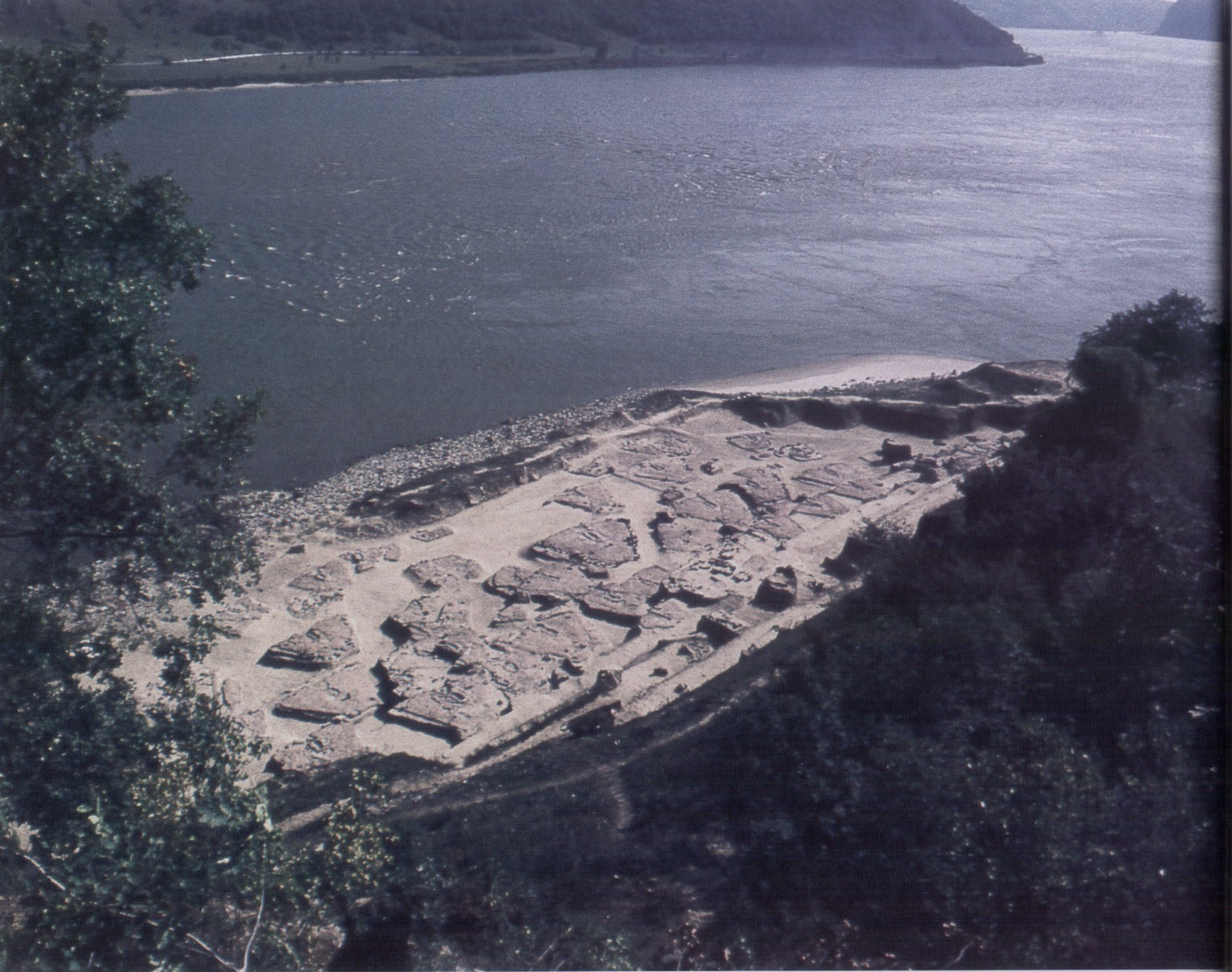 © Lepenski vir
© Lepenski vir
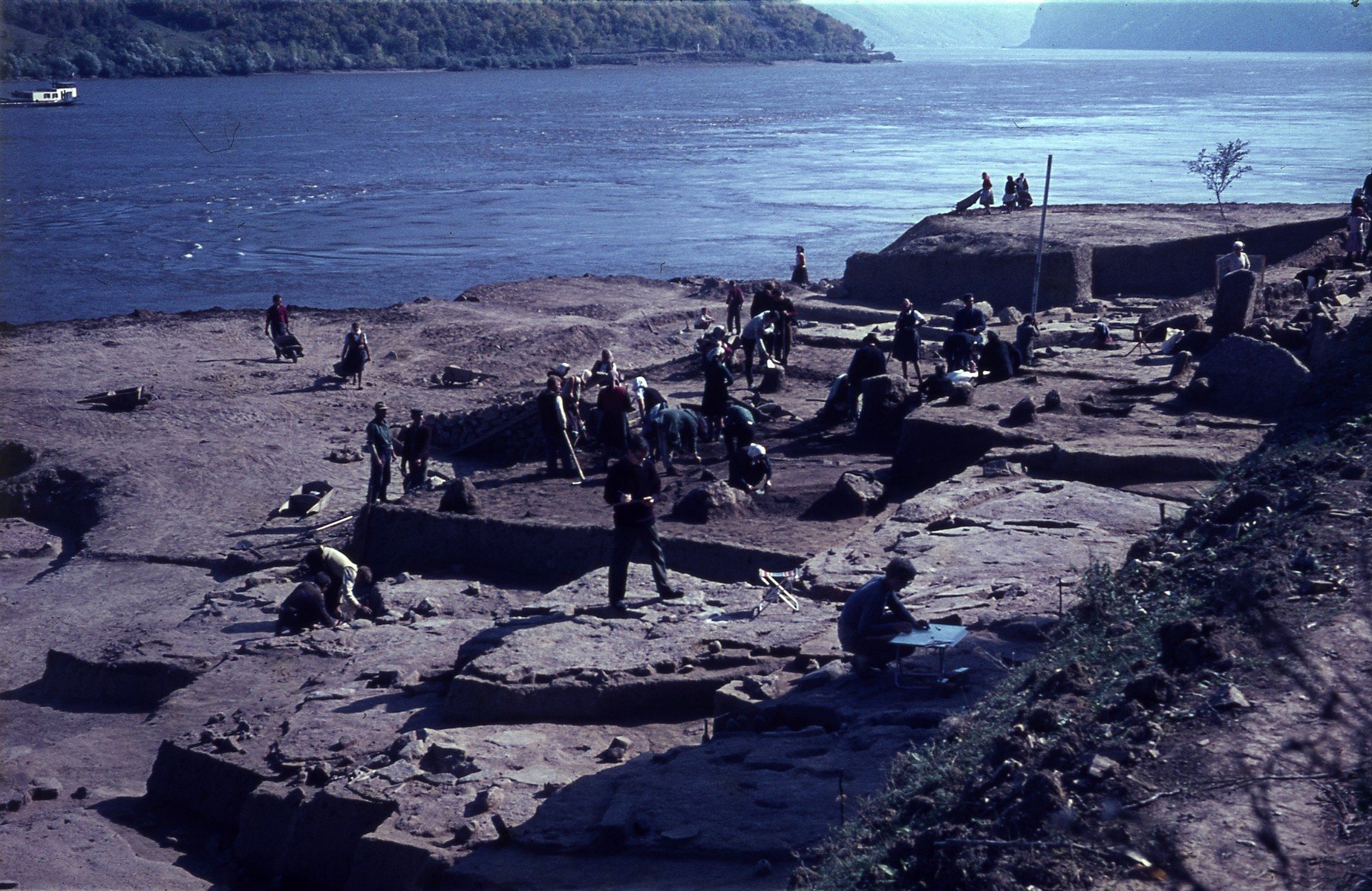 © Lepenski vir
© Lepenski vir
How was discovered
The immediate reason for the comprehensive protective archaeological research undertaken in this area was the construction of the first dam on the Danube – the Djerdap1st project The site was registered in 1960, and excavations began in August 1965 under the leadership of the famous archaeologist Dragoslav Srejović During the...
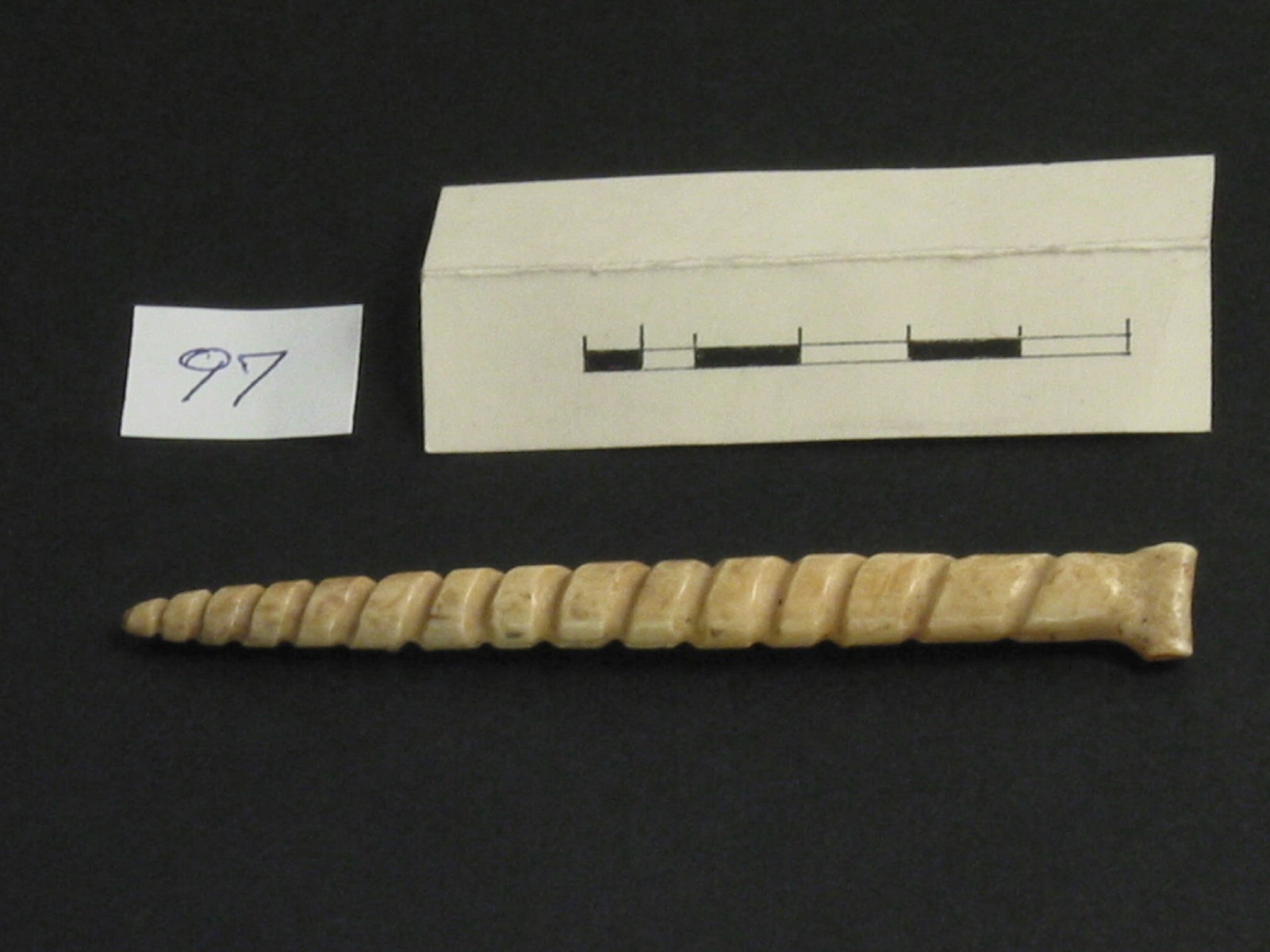 © Lepenski vir
© Lepenski vir
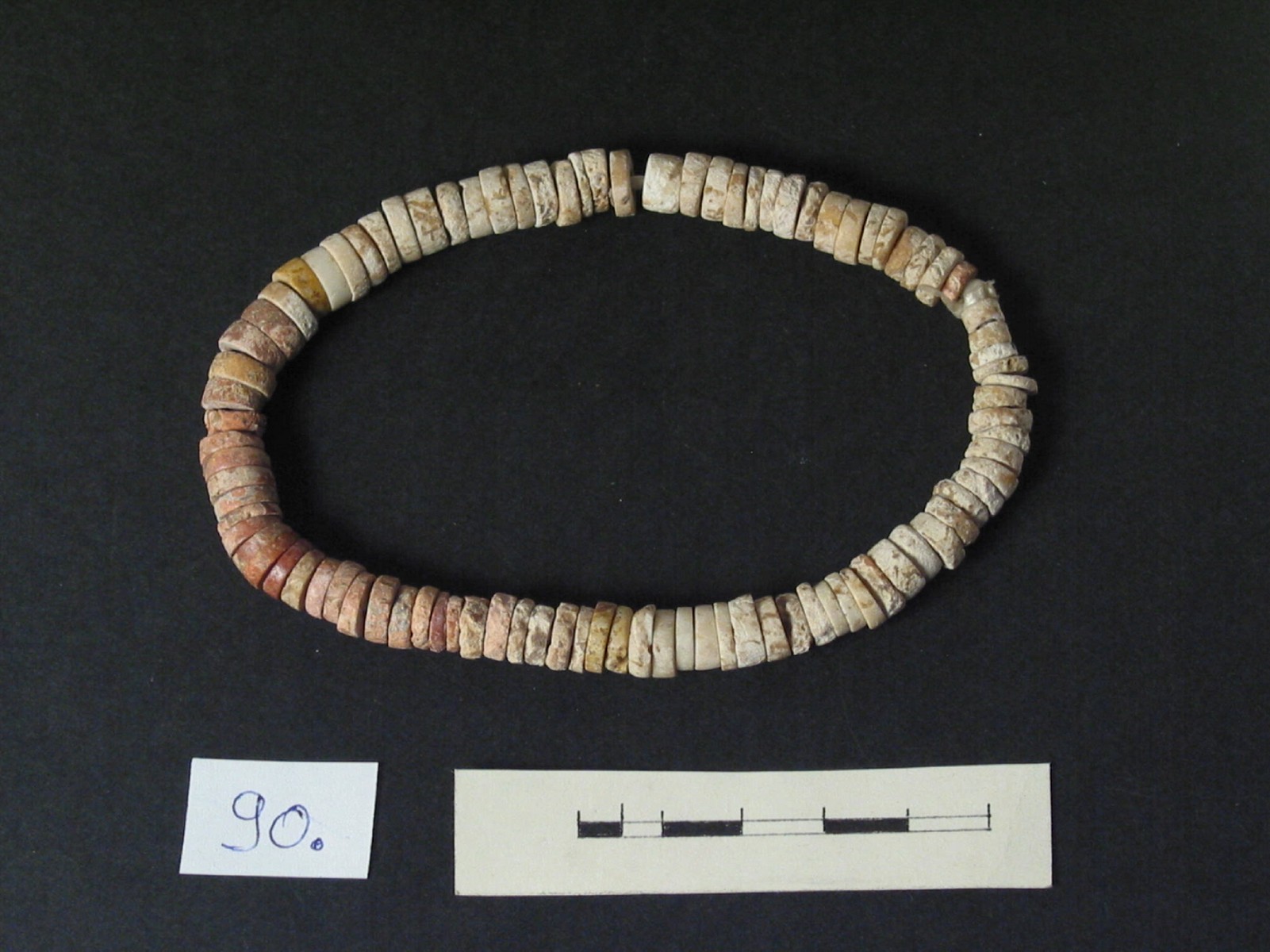 © Lepenski vir
© Lepenski vir
 © Lepenski vir
© Lepenski vir
Mesolithic
When archeological excavations began in Djerdap before the construction of the hydroelectric power plant on the Danube in the mid-1960s, no one could have guessed that a hitherto unknown, complex, and in many ways original prehistoric culture whose material remains dated back to the Mesolithic would be discovered It became...
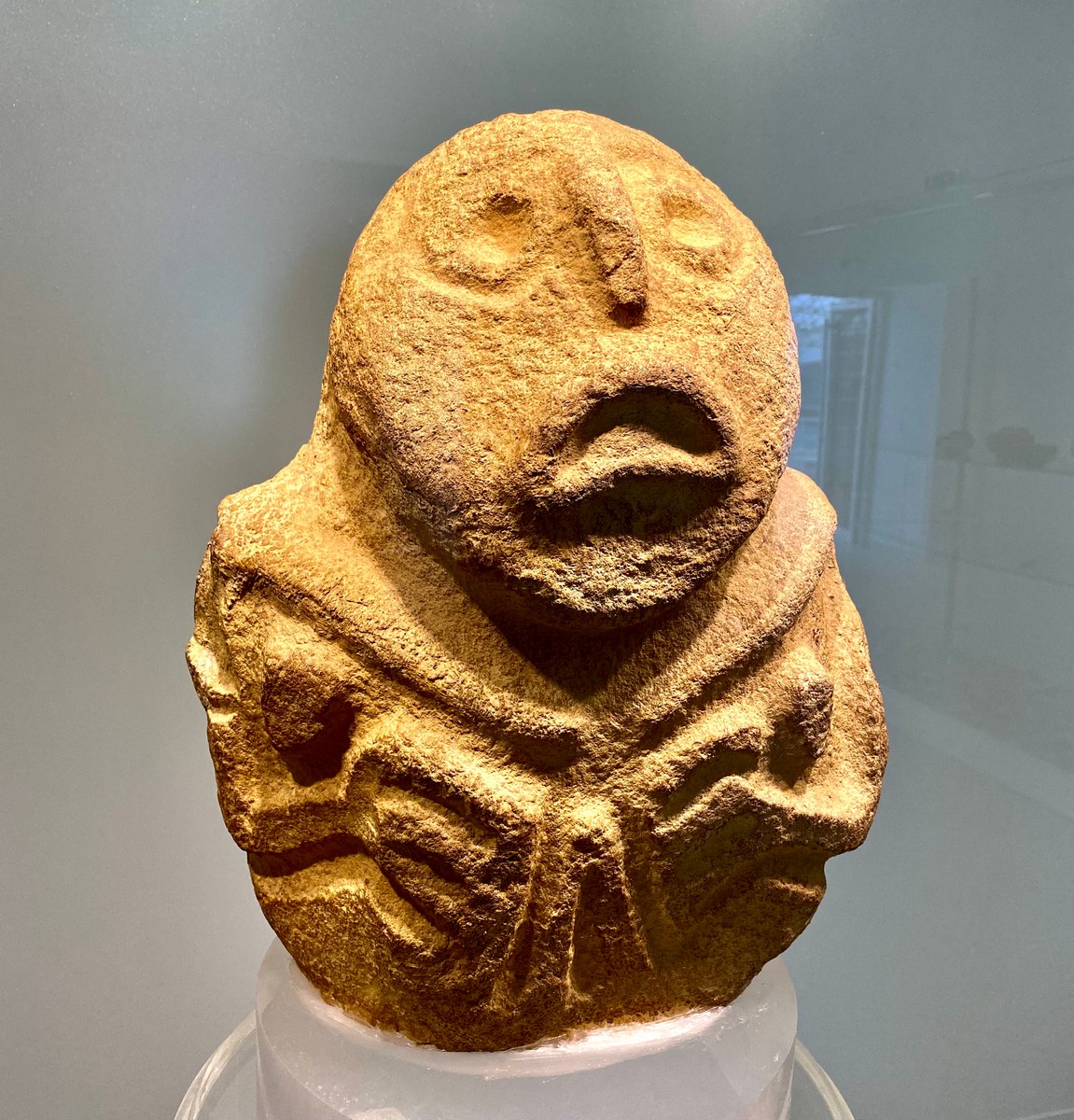 © Lepenski vir
© Lepenski vir
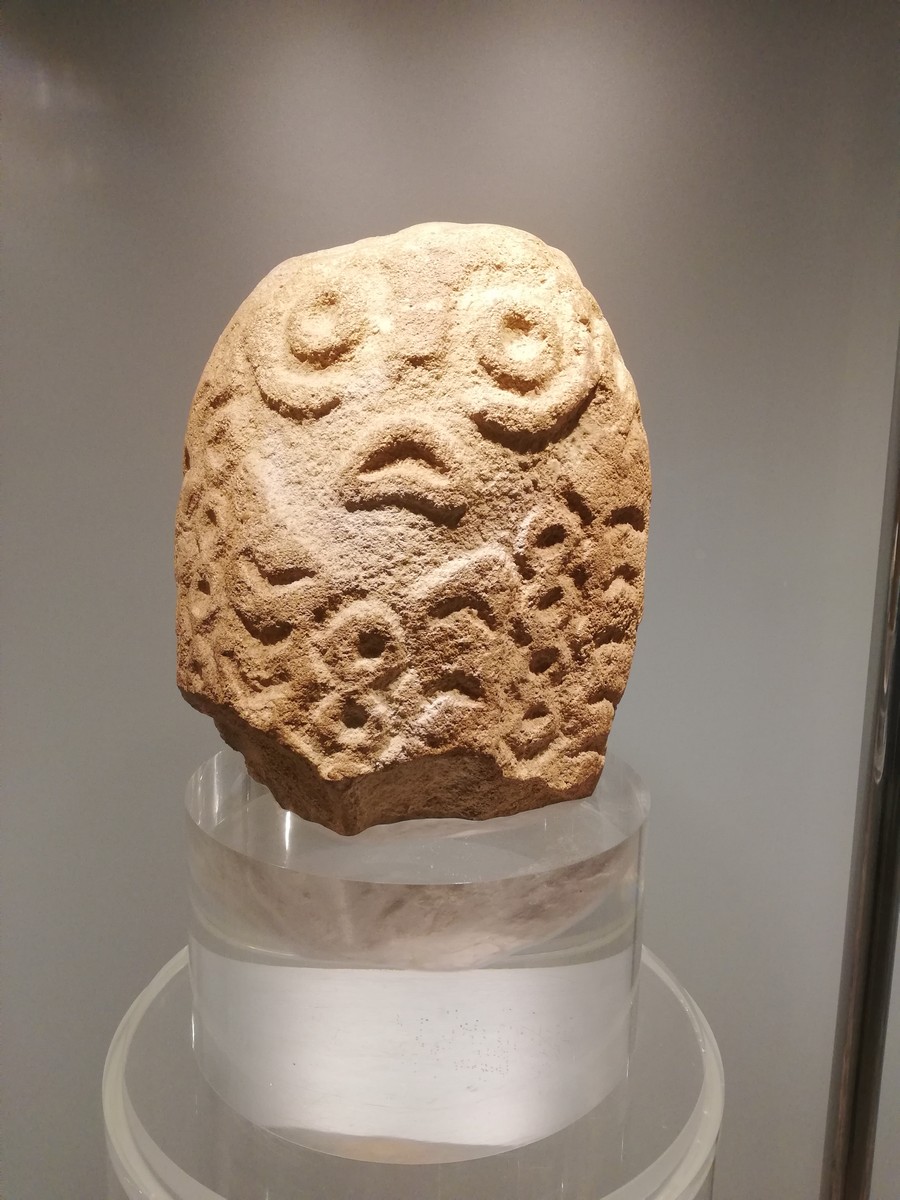 © Lepenski vir
© Lepenski vir
 © Lepenski vir
© Lepenski vir
Arh of Mesolithic
Mesolithic artists expressed themselves through the design of sculptures and altars made of large pebbles, by making other symbolic objects, and by decorating objects for everyday use. It’s clear that the river and fishing, which were essential elements of everyday life, influenced the artistic expression of the inhabitants of Lepenski...
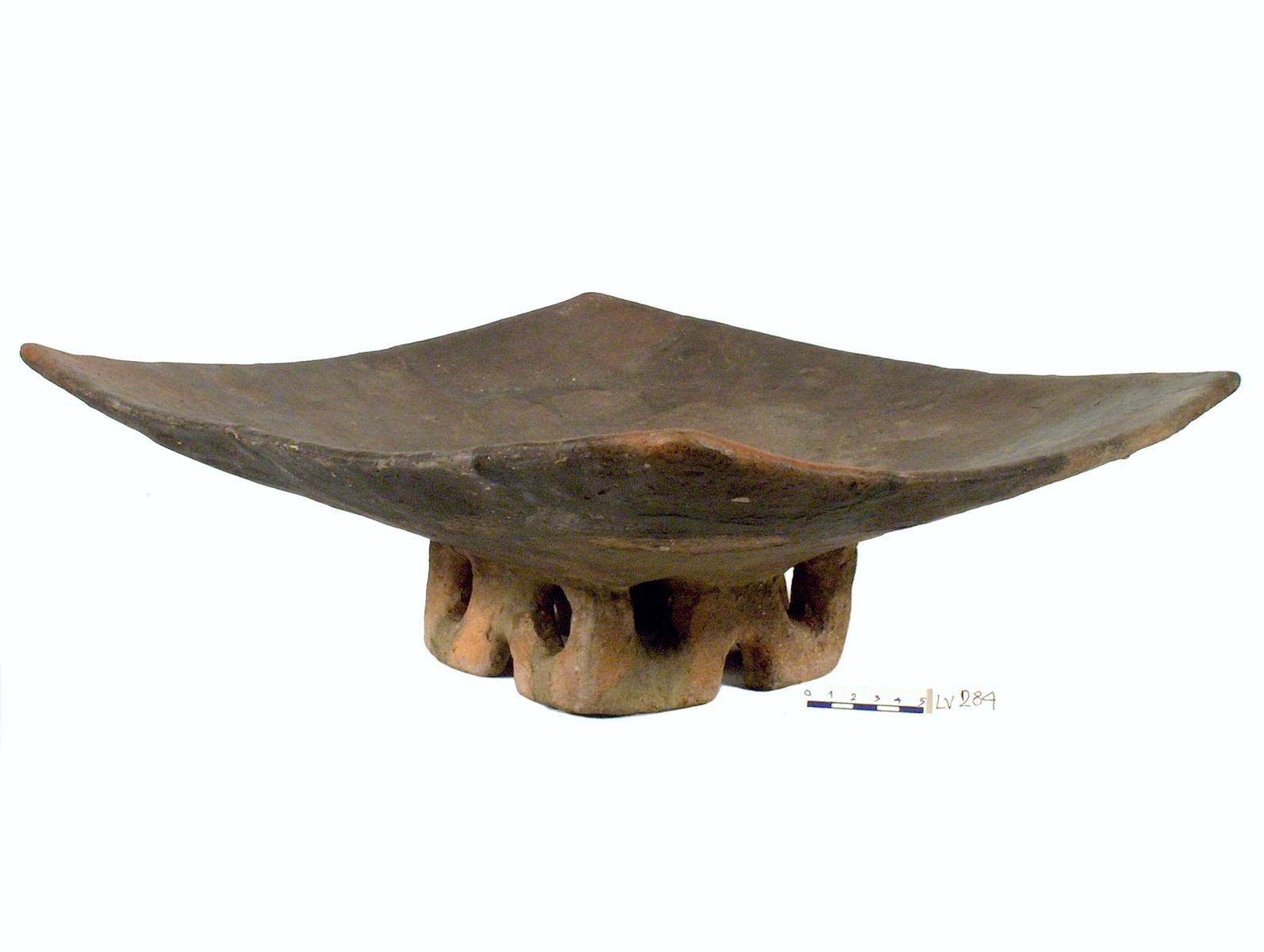 © Lepenski vir
© Lepenski vir
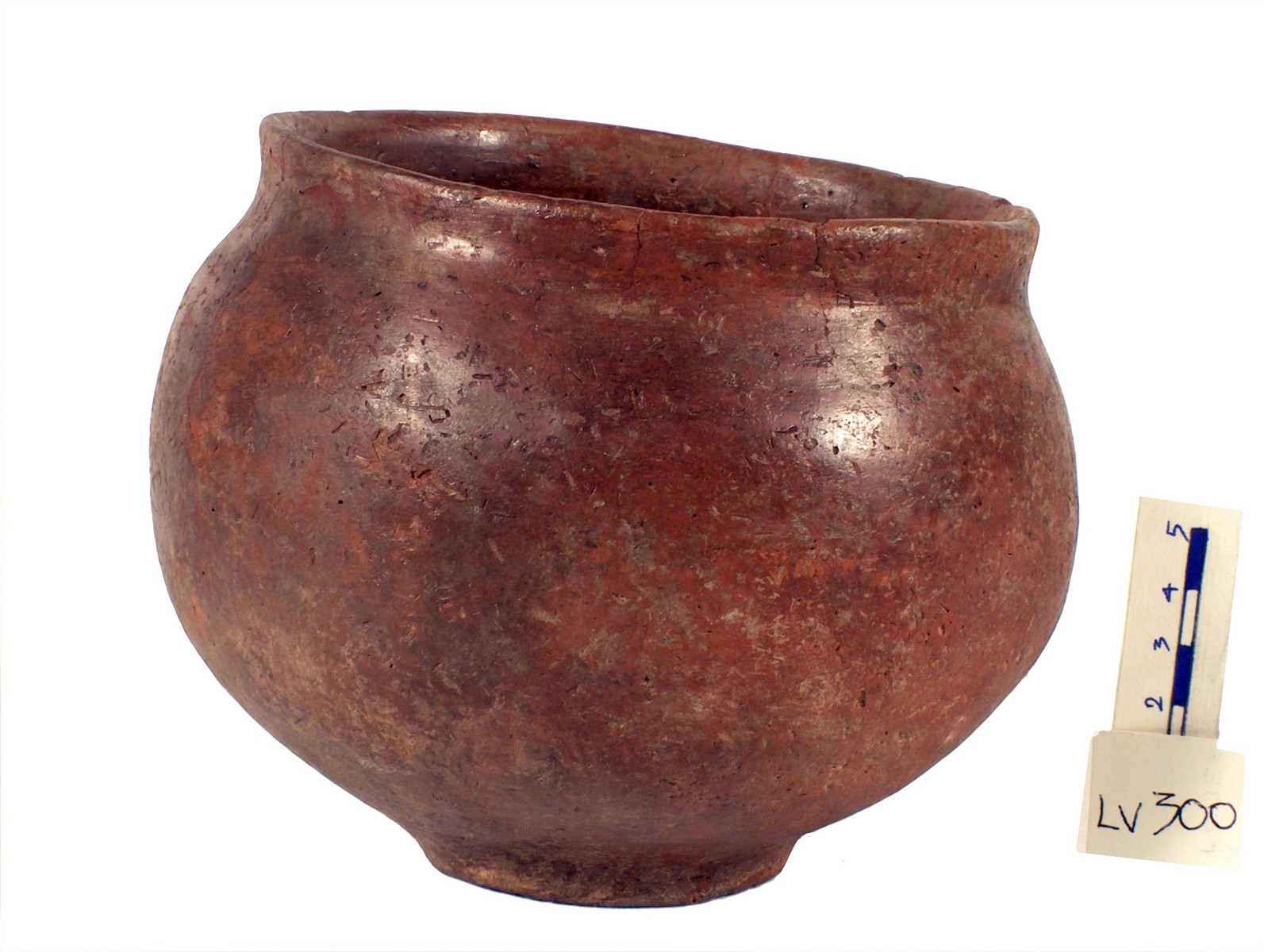 © Lepenski vir
© Lepenski vir
 © Lepenski vir
© Lepenski vir
Neolithic
In addition to food production, the other basic characteristic of the Neolithic is the appearance of ceramics, ie. making vessels and other objects from baked clay From 5950 to 5500 BC, Neolithic inhabitants of Lepenski Vir continued to practise fishing, but agriculture and livestock became increasingly important over time In...
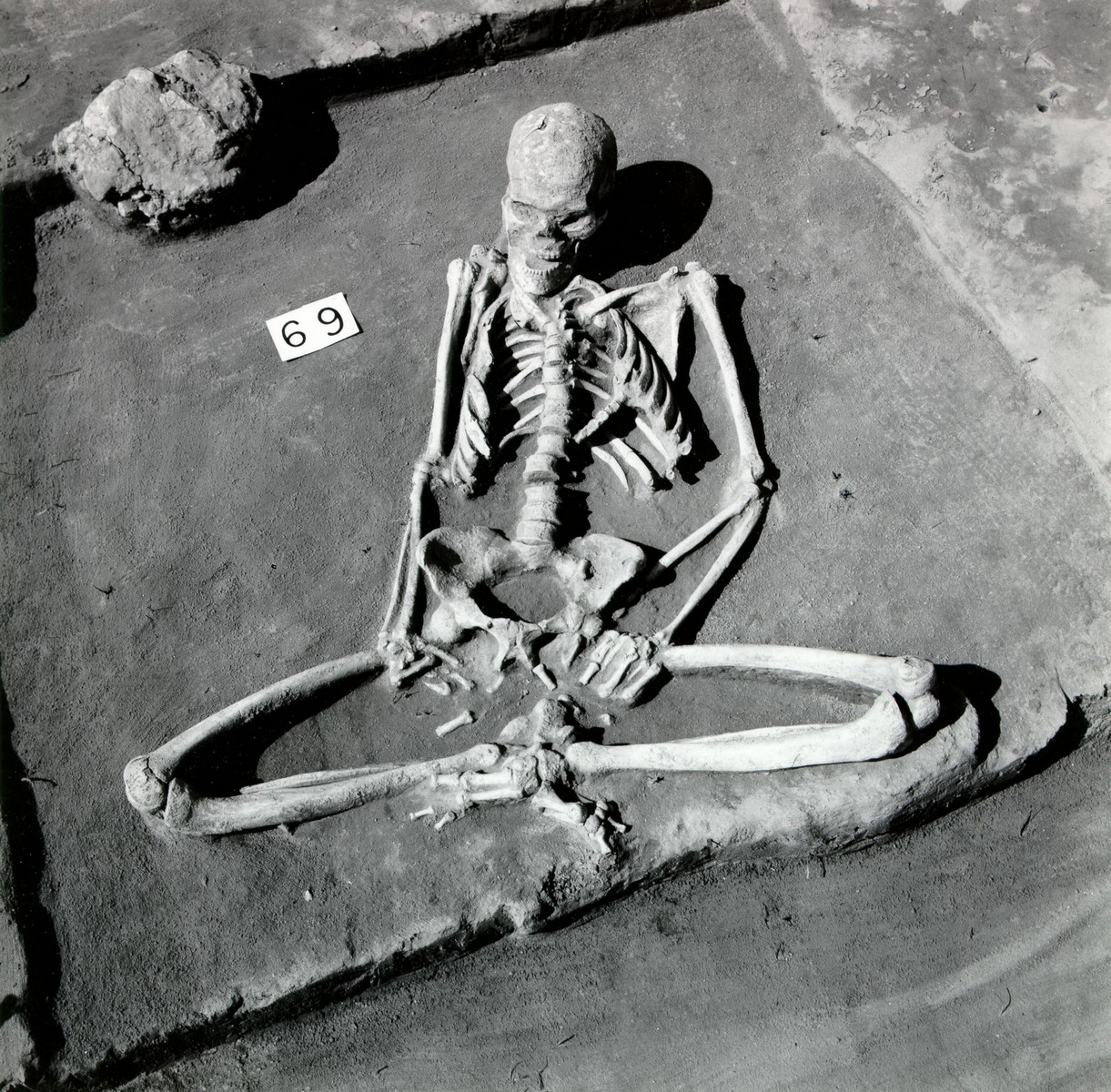 © Lepenski vir
© Lepenski vir
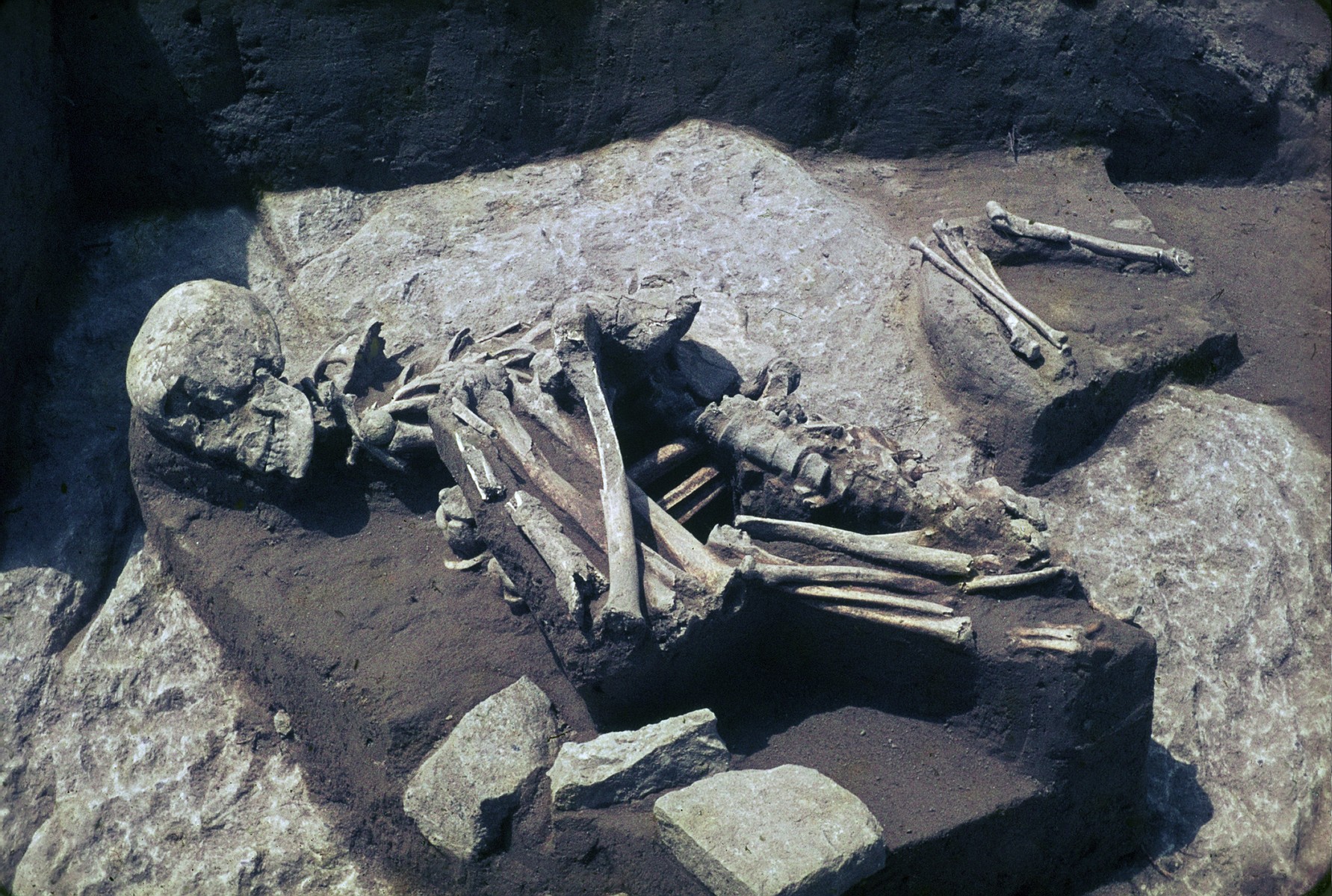 © Lepenski vir
© Lepenski vir
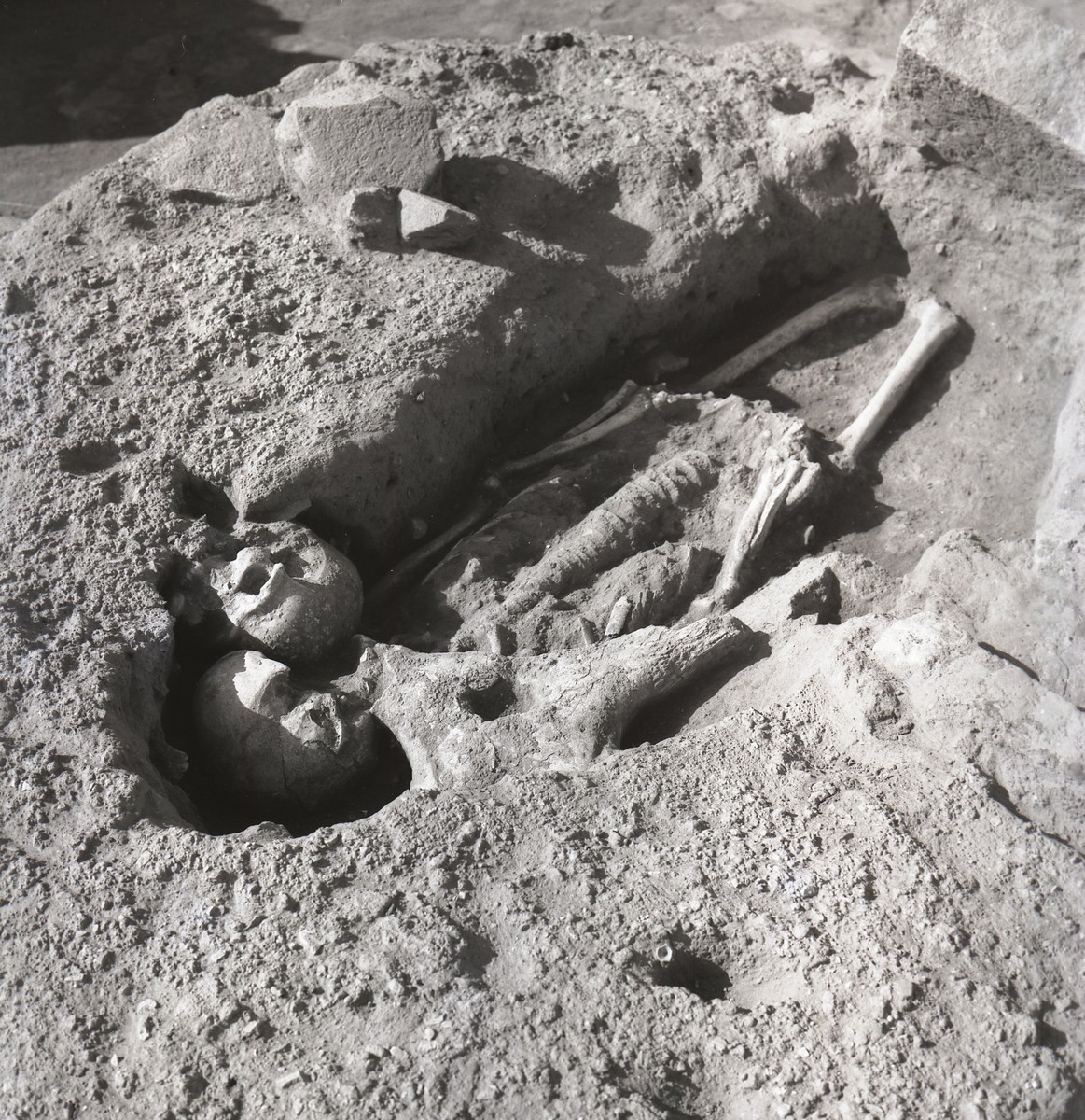 © Lepenski vir
© Lepenski vir
Skeletons – Burial
A total of 136 graves were excavated at Lepenski Vir, in which the skeletal remains of 180 individuals were discovered The oldest tomb at Lepenski Vir was discovered in the Proto-Lepenski Vir phase. Within this layer, one deceased person was buried in a semi-sitting position and covered with a pile...
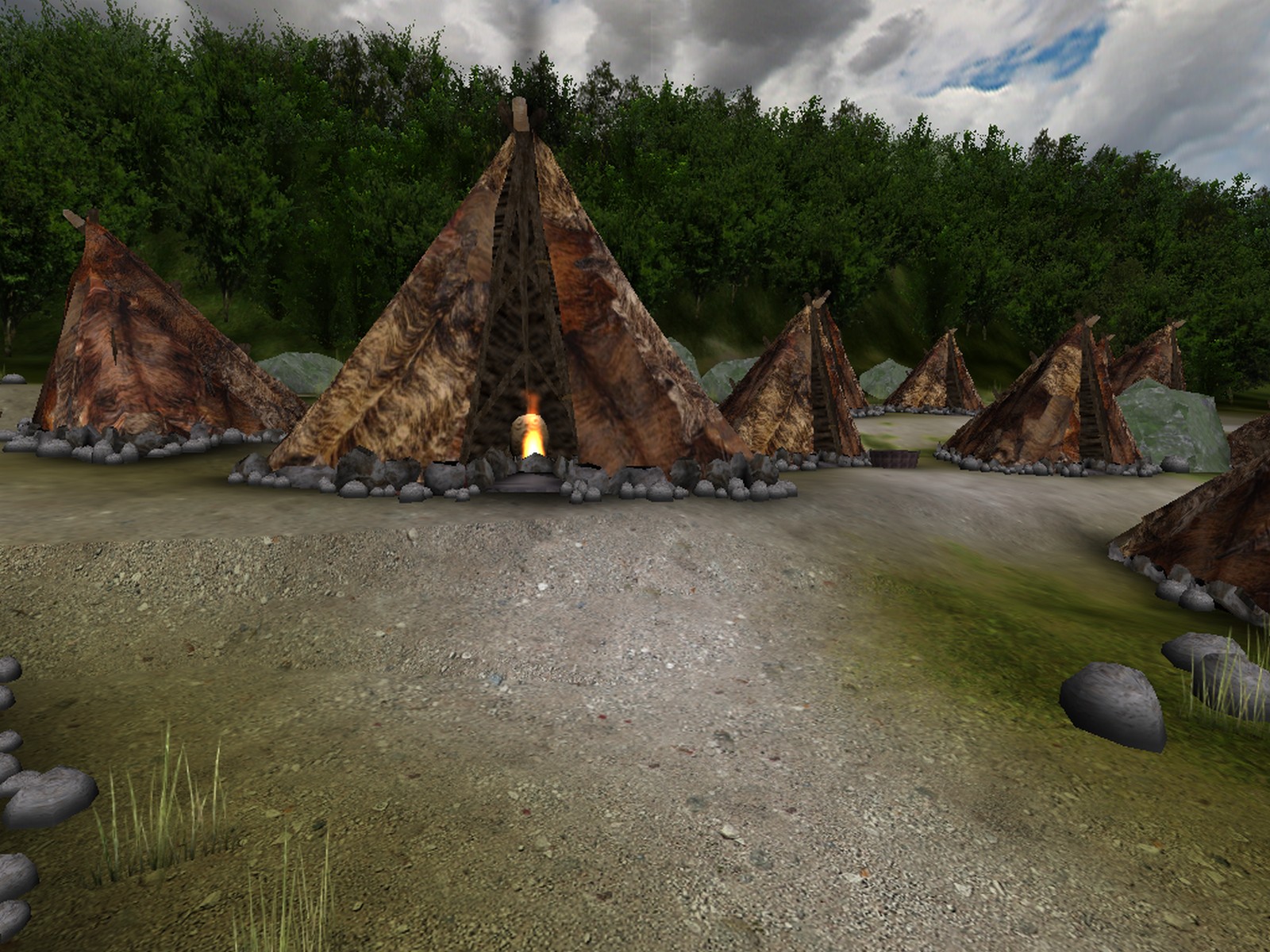 © Lepenski vir
© Lepenski vir
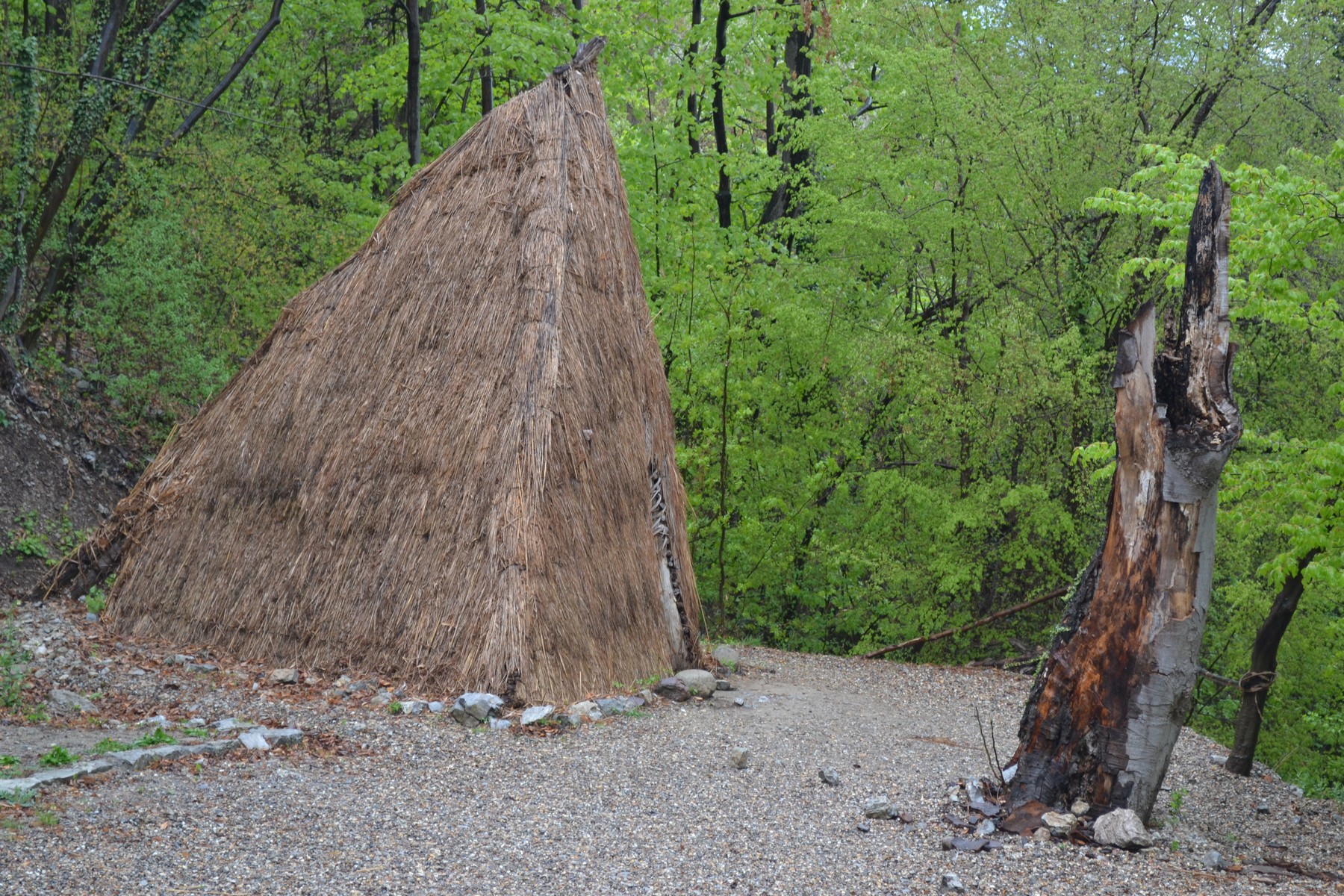 © Lepenski vir
© Lepenski vir
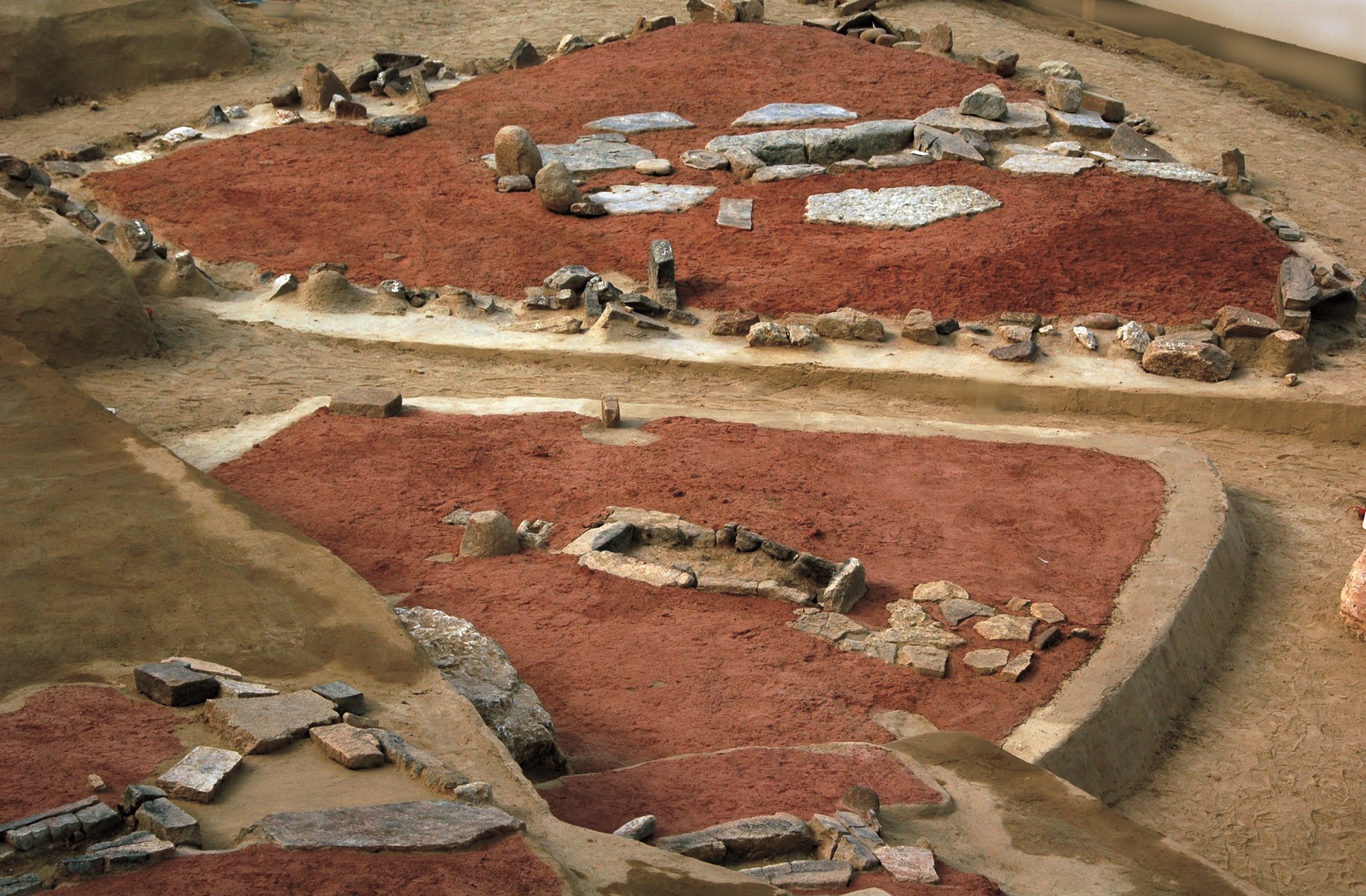 © Lepenski vir
© Lepenski vir
Architecture of Lepenski Vir
From the earliest phase, Proto-Lepenski Vir, there are the remains of only a few habitats located on the riverbank, at a distance of 8 to 12 m Significantly more habitats originate from the Lepenski Vir 1st and 2nd phases. Due to the slope of the terrain, in phase I the...
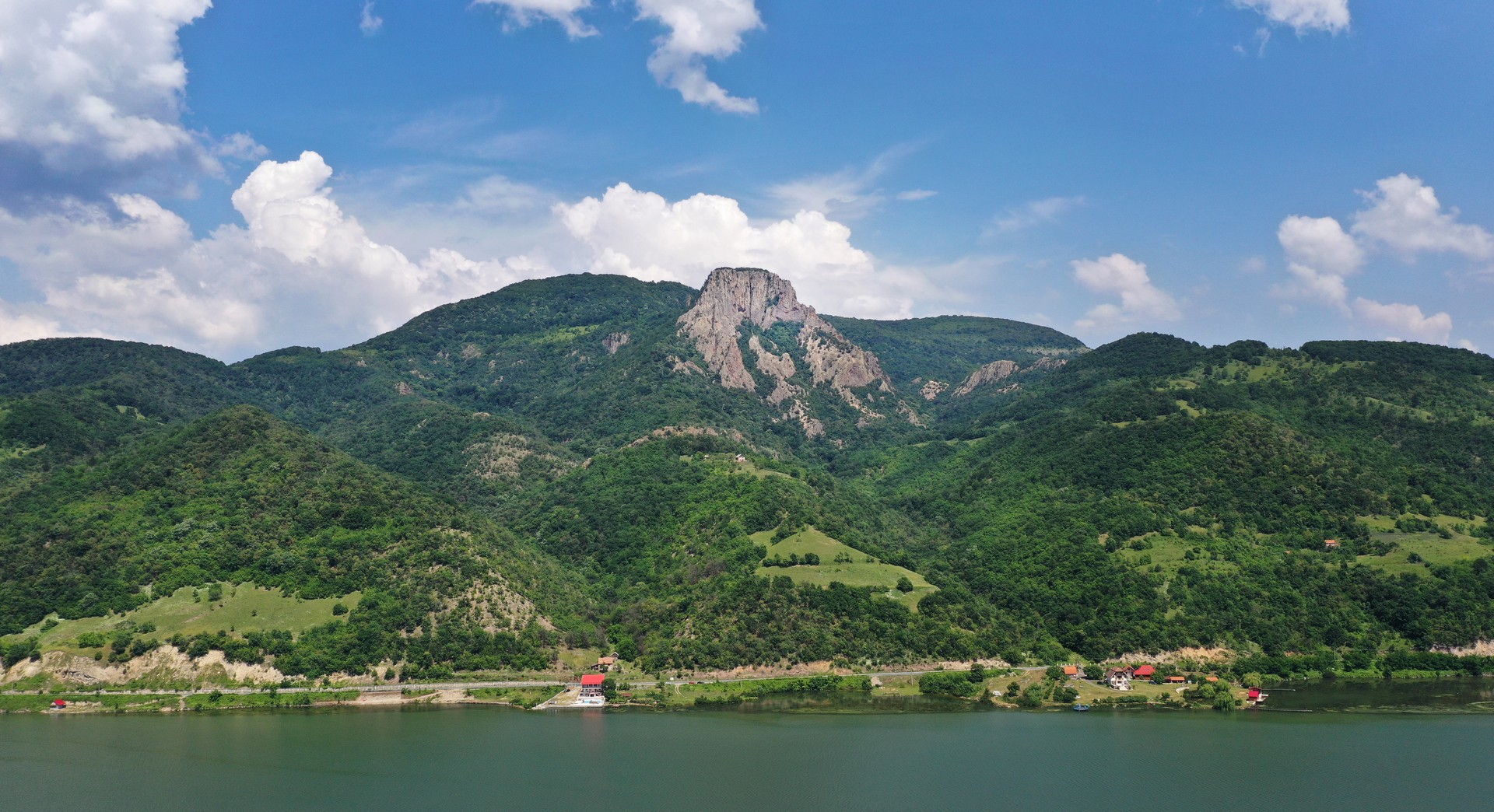 © Lepenski vir
© Lepenski vir
Rock Treskvac
The bare, almost vertical porphyry rock called Treskavac is situated 679 m above sea level Some scientists believe that this rock was special to the inhabitants of Lepenski Vir and that it served as a model for the design of their habitats
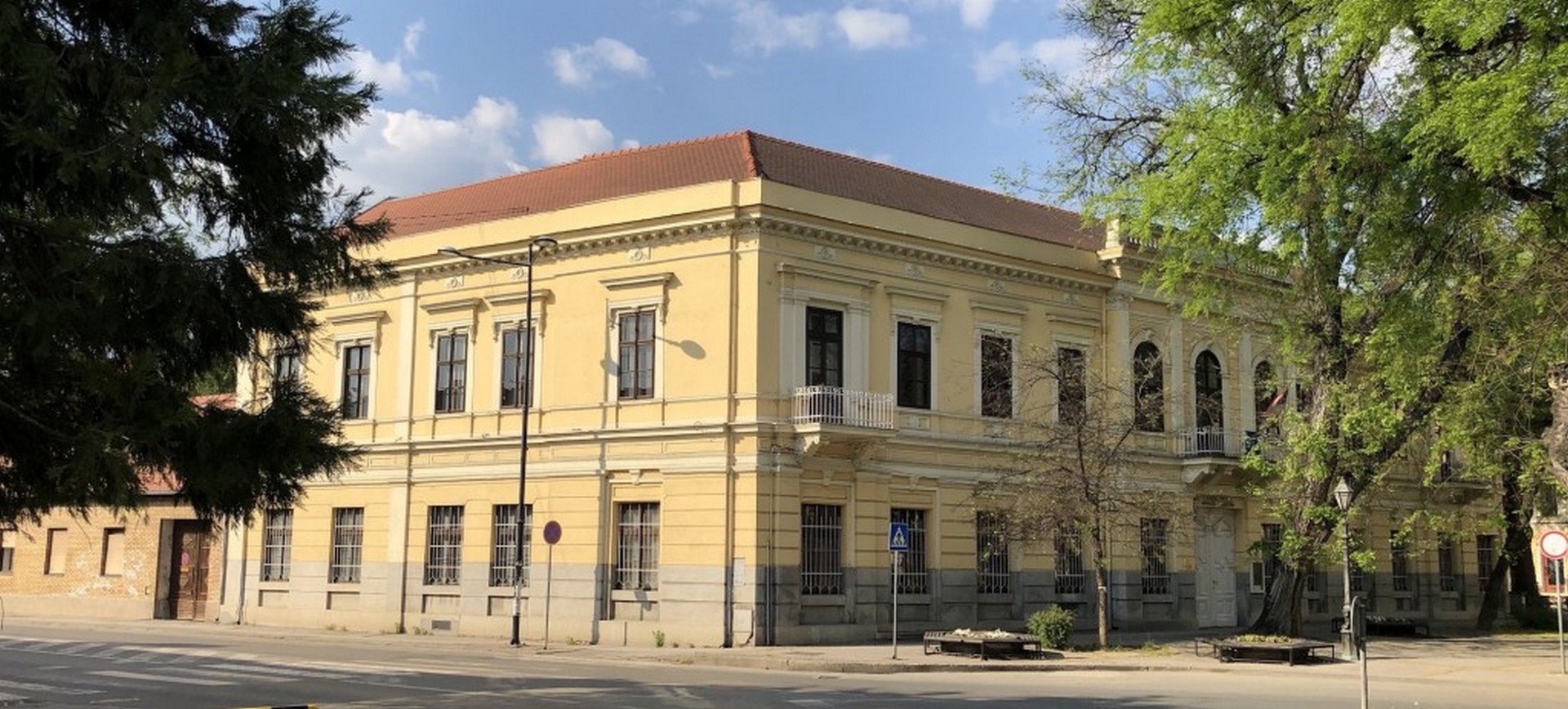 © G.Muzej Sombor
© G.Muzej Sombor
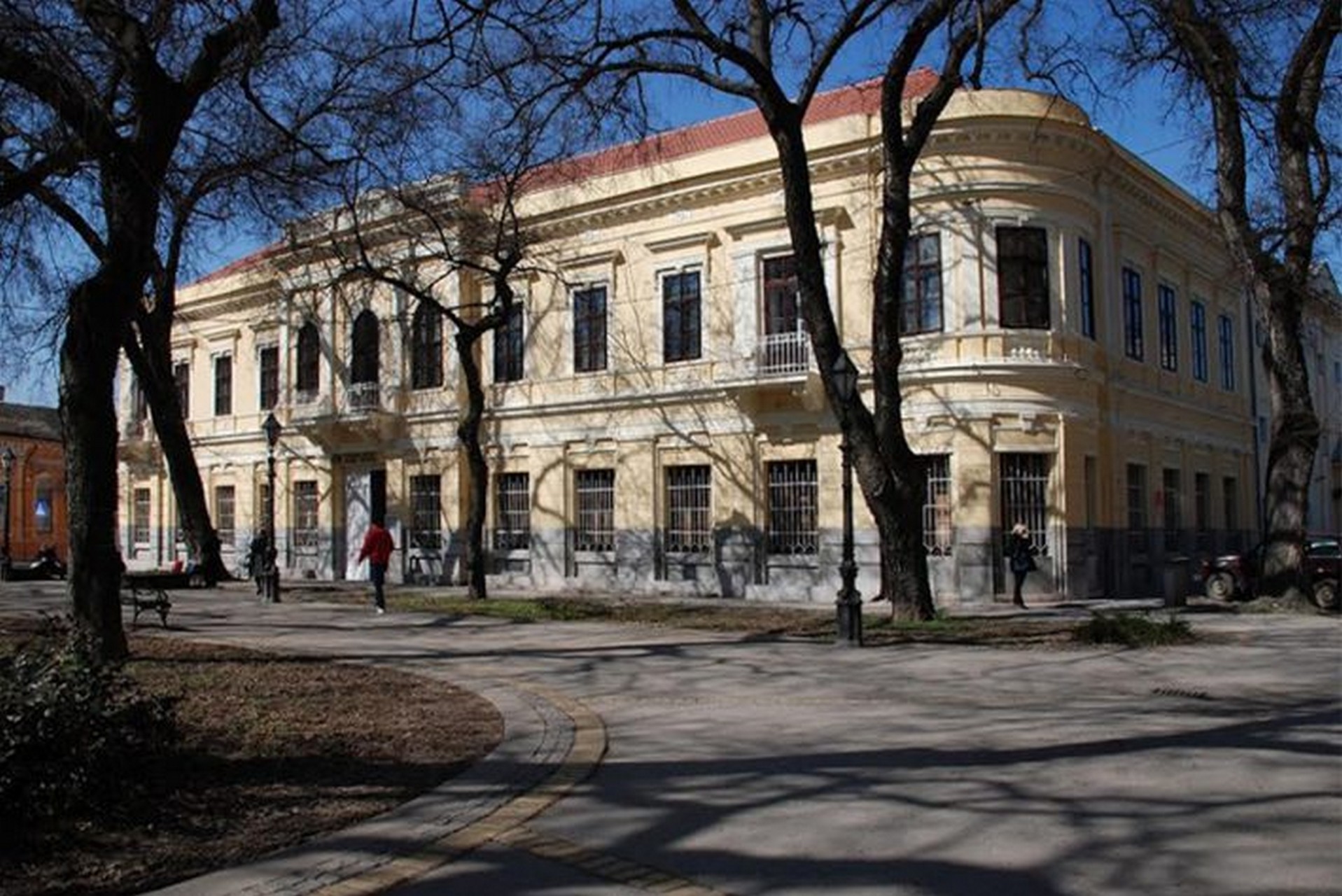 © G.Muzej Sombor
© G.Muzej Sombor
Welcome
Welcome to the City Museum of Sombor, a proud guardian of and witness to the long tradition, history, and culture of this area The founding assembly of the Historical Society of Bács-Bodrog County was held on May 11, 1883. That date is also recognised as the unofficial beginning of the...
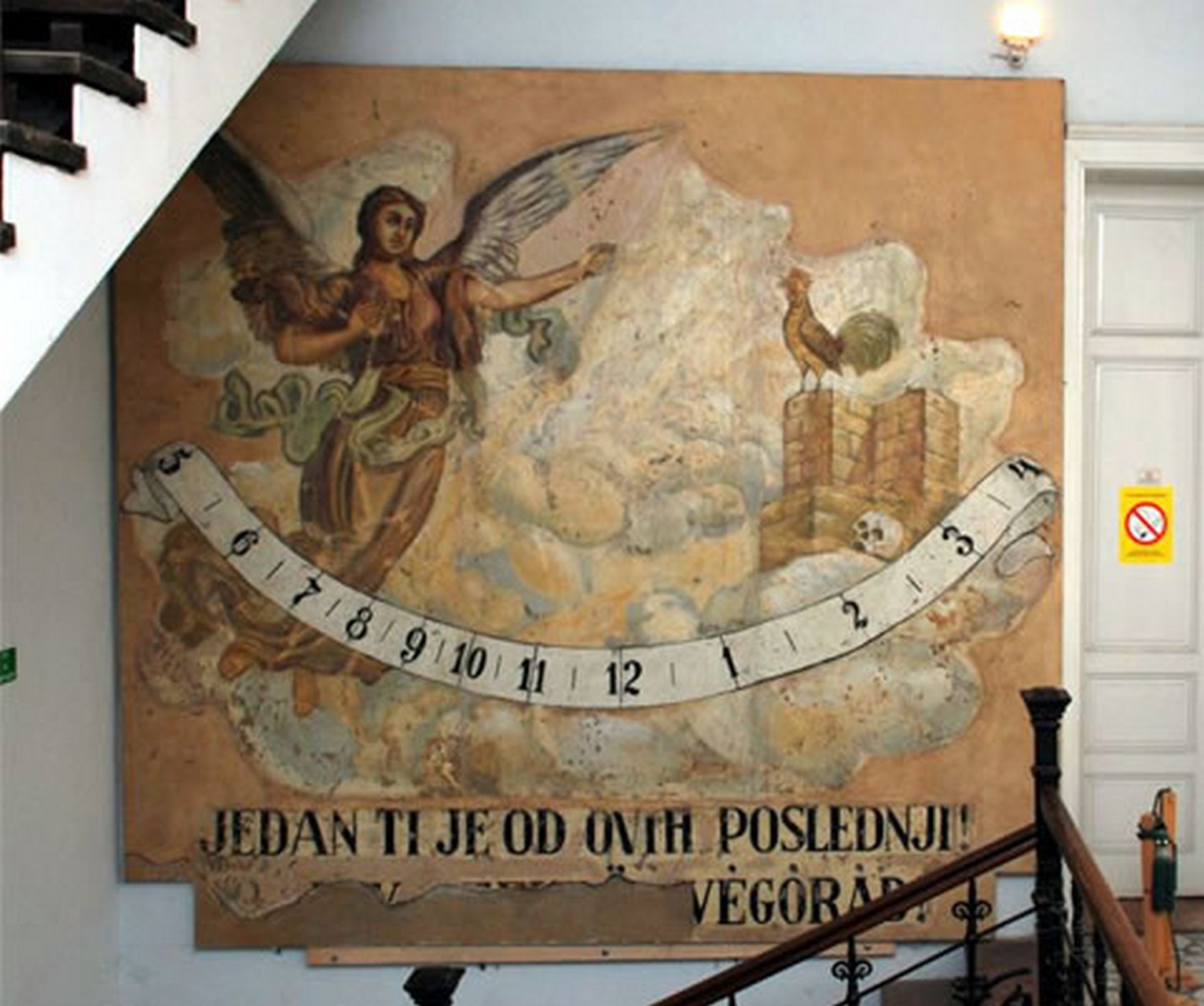 © G.Muzej Sombor
© G.Muzej Sombor
The Sundial
The sundial was painted around 1850 on the wall of a former Franciscan monastery by Professor Jovan Čokor from Sombor He wanted to leave a permanent mark in the city, but also to take revenge on his fellow citizens who had banished him. He left a sarcastic message in Serbian...
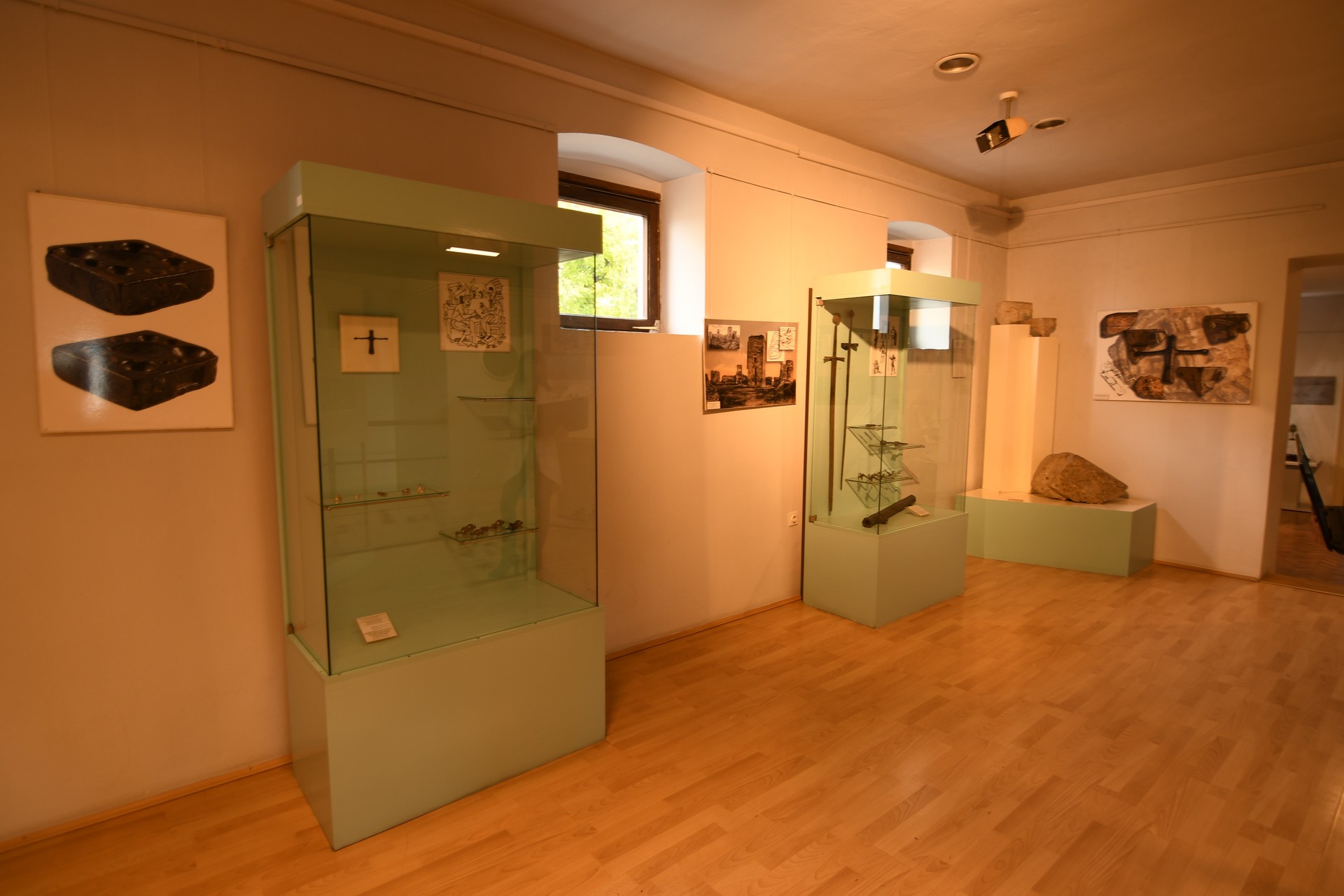 © G.Muzej Sombor
© G.Muzej Sombor
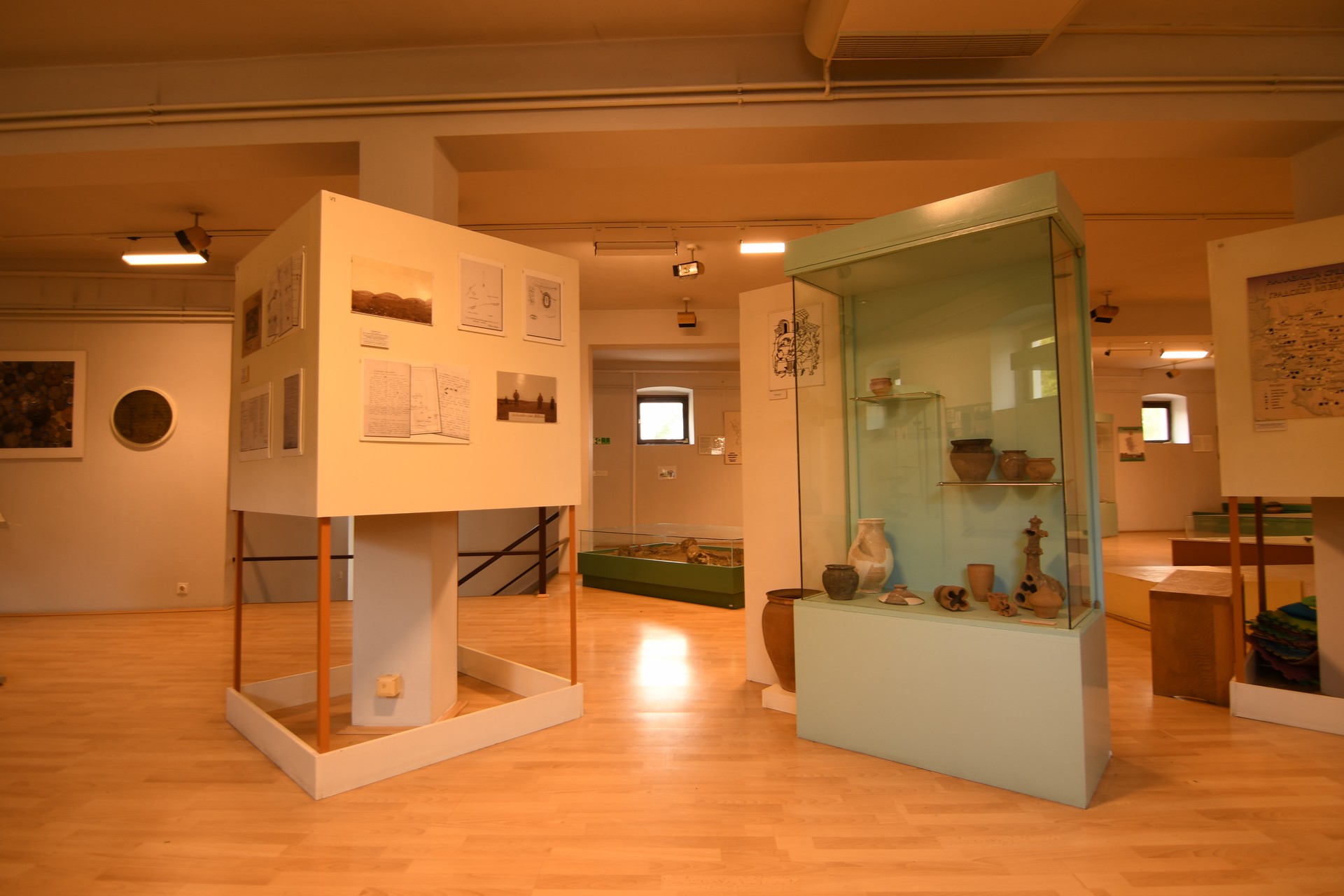 © G.Muzej Sombor
© G.Muzej Sombor
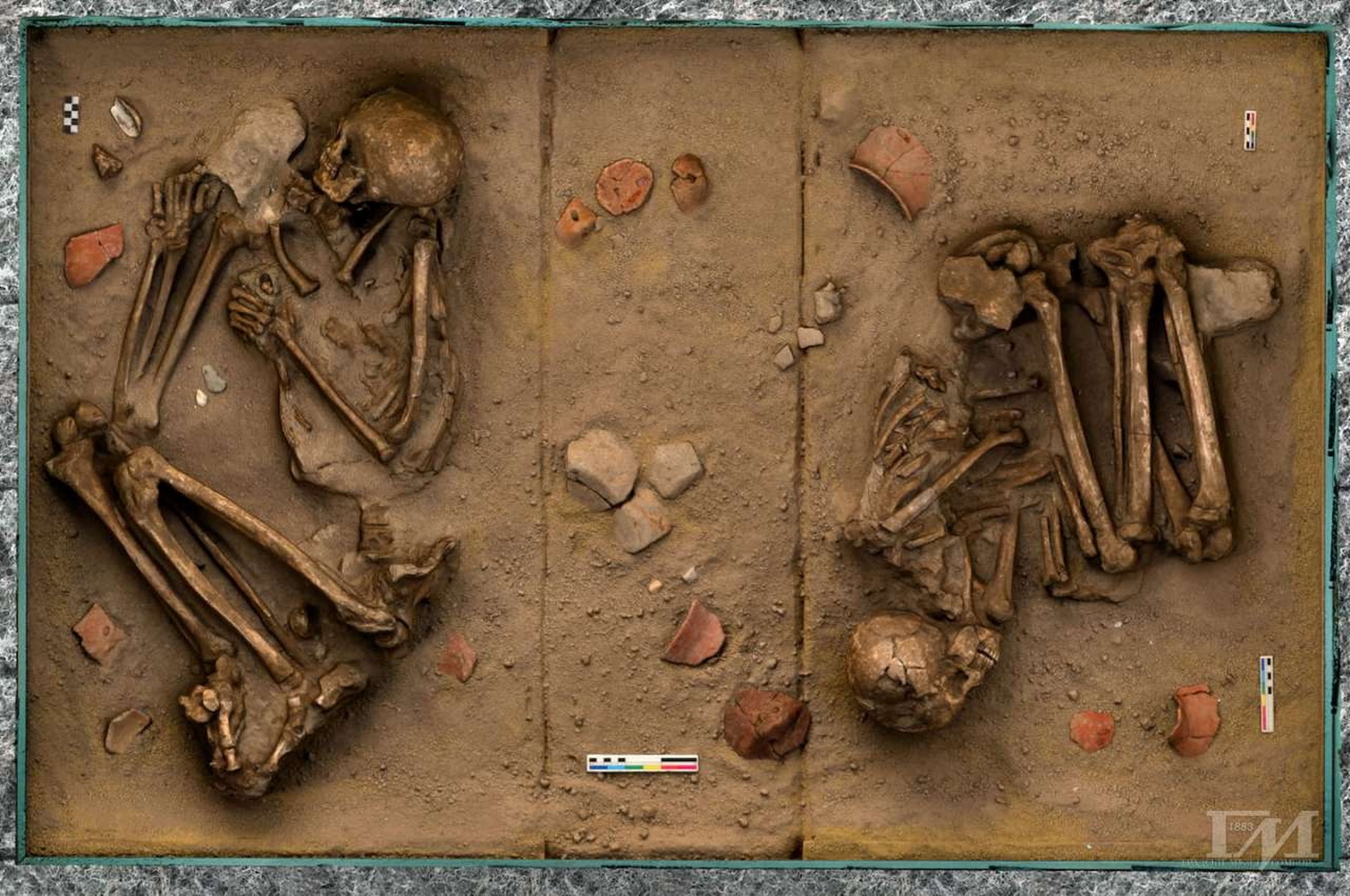 © G.Muzej Sombor
© G.Muzej Sombor
Neolithic
Archaeological and osteological materials are preserved in the museum’s prehistoric collection. They attest to the continuous thriving of life since the Mesolithic, including the formation of the region’s oldest agricultural culture called the Starčevo culture The fragments of human skulls from the Neolithic site Magareci Mlin corresponds to the Mesolithic...
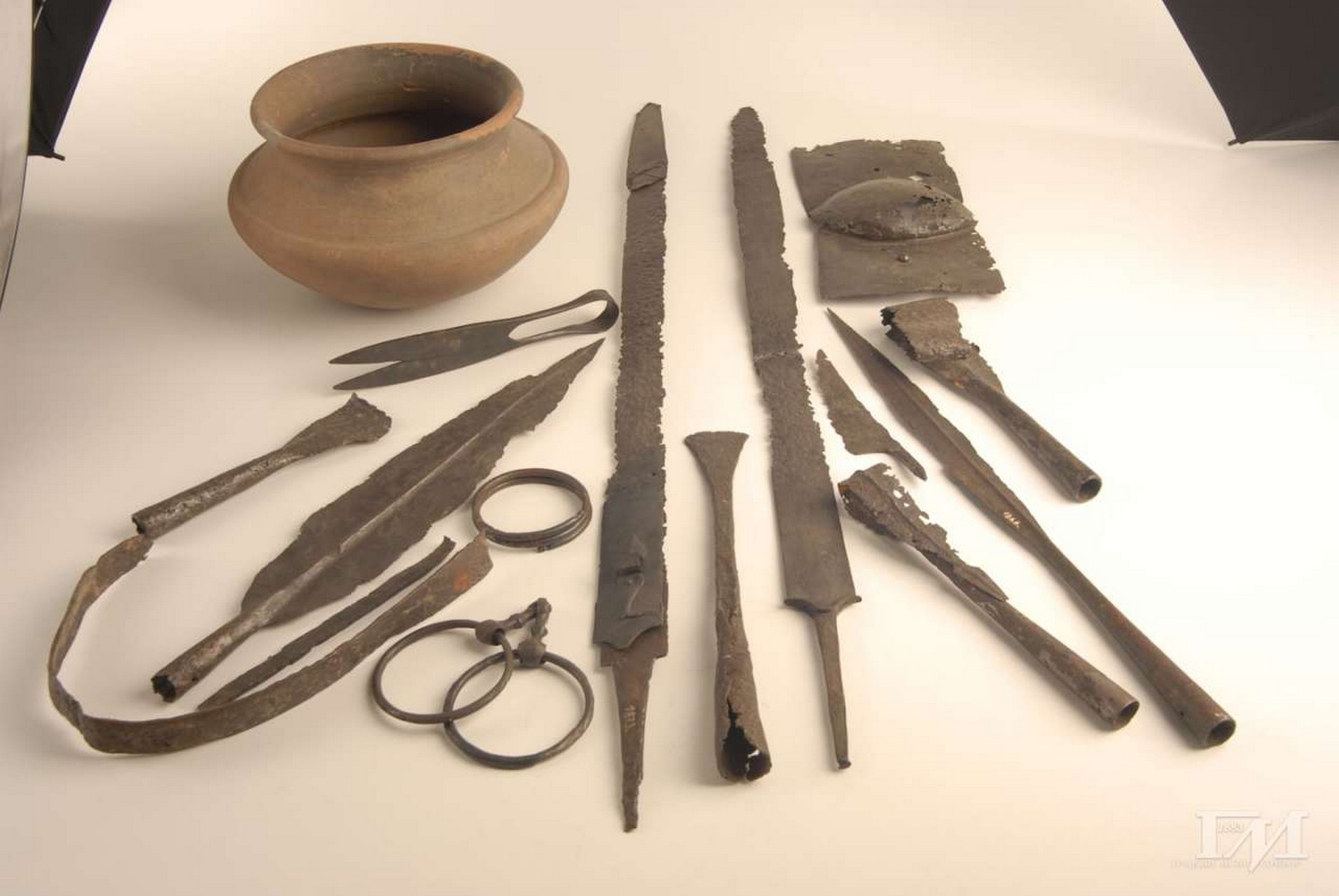 © G.Muzej Sombor
© G.Muzej Sombor
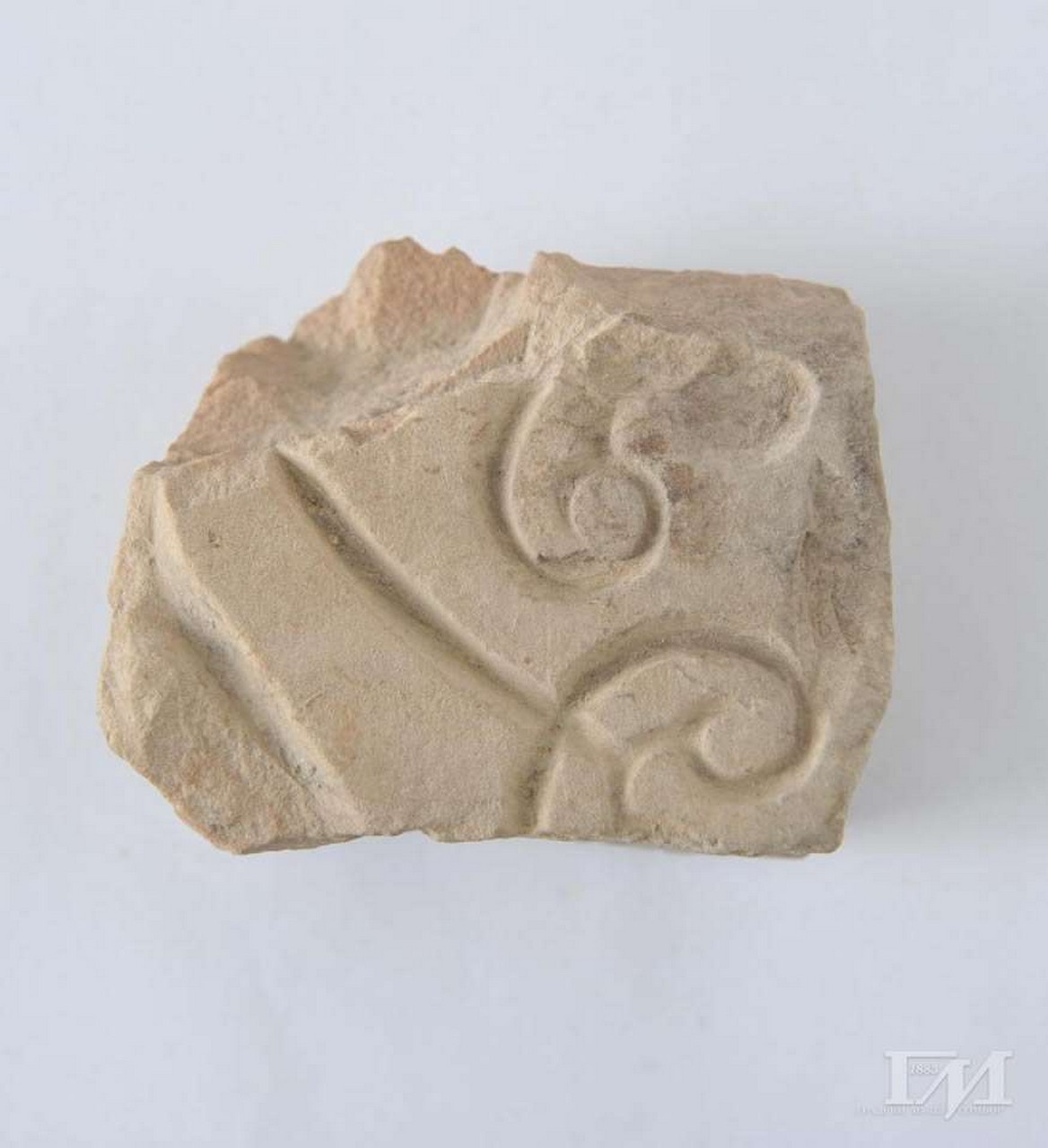 © G.Muzej Sombor
© G.Muzej Sombor
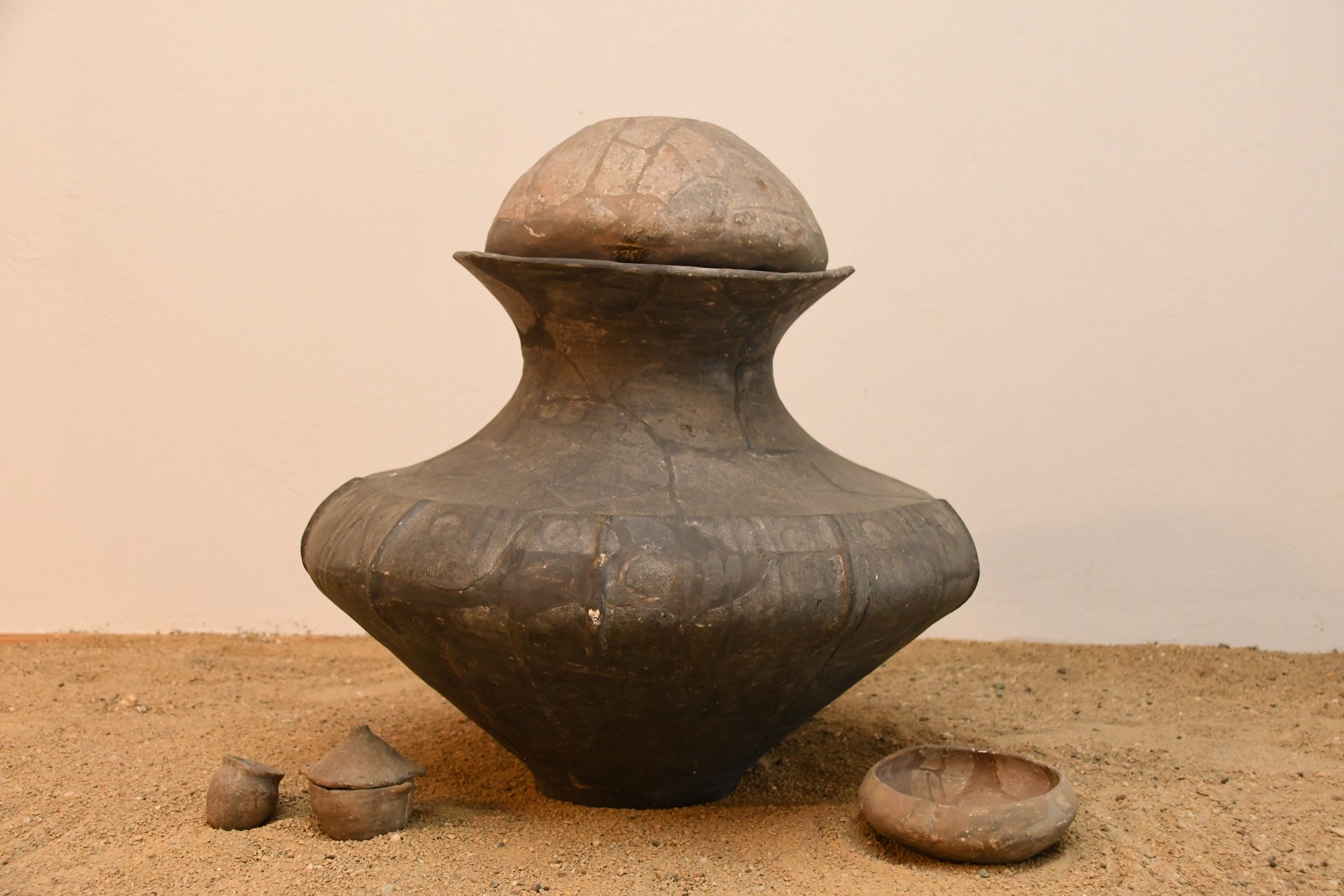 © G.Muzej Sombor
© G.Muzej Sombor
Bronze and Iron Age cultures
The cultures of the Bronze Age are characterised by richly decorated ceramics, expressed in various shapes and ornaments The recent discovery of moulds used for the production of jewellery and tools undeniably testifies to some kind of metal processing and production of metal objects in the vicinity of Sombor during...
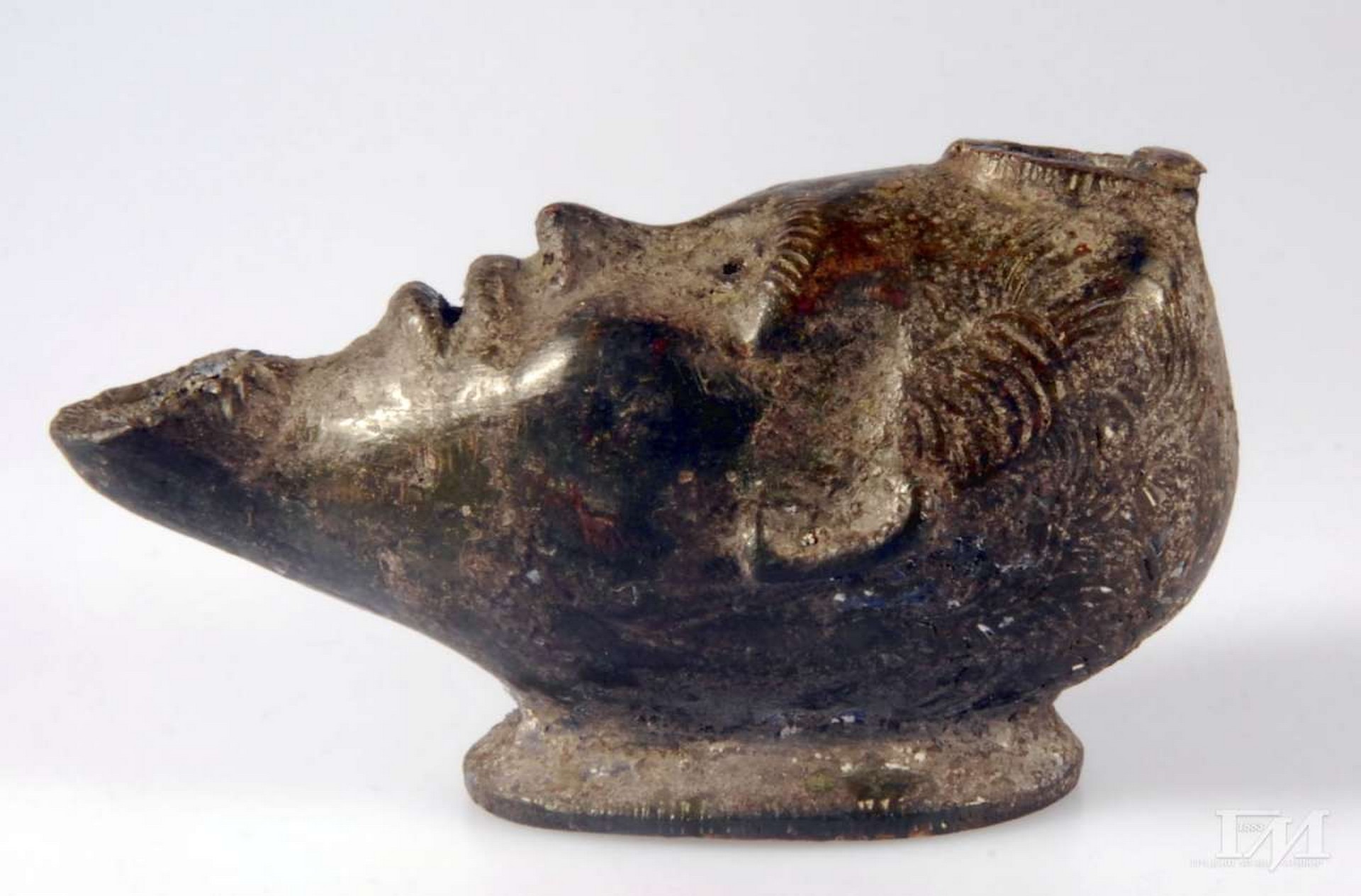 © G.Muzej Sombor
© G.Muzej Sombor
 © G.Muzej Sombor
© G.Muzej Sombor
Classical antiquity
The territory of today’s Bačka and Banat regions was inhabited by various Sarmatian tribes between the first and fourth century. With the arrival of the Sarmatians, a population of Iranian and South Russian origin, significant ethnic and economic changes took place Roman-Sarmatian relations were volatile and ranged from frequent wars...
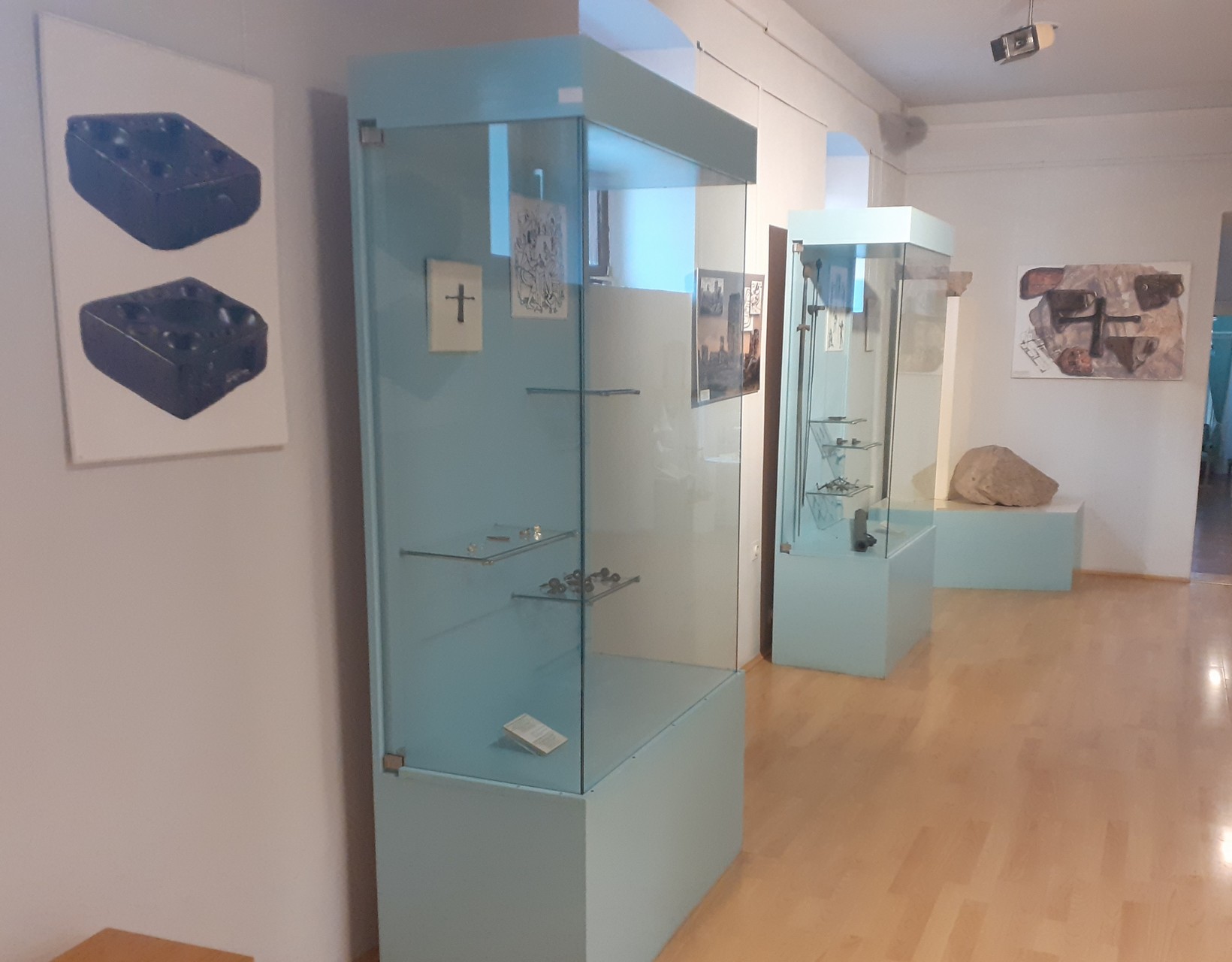 © G.Muzej Sombor
© G.Muzej Sombor
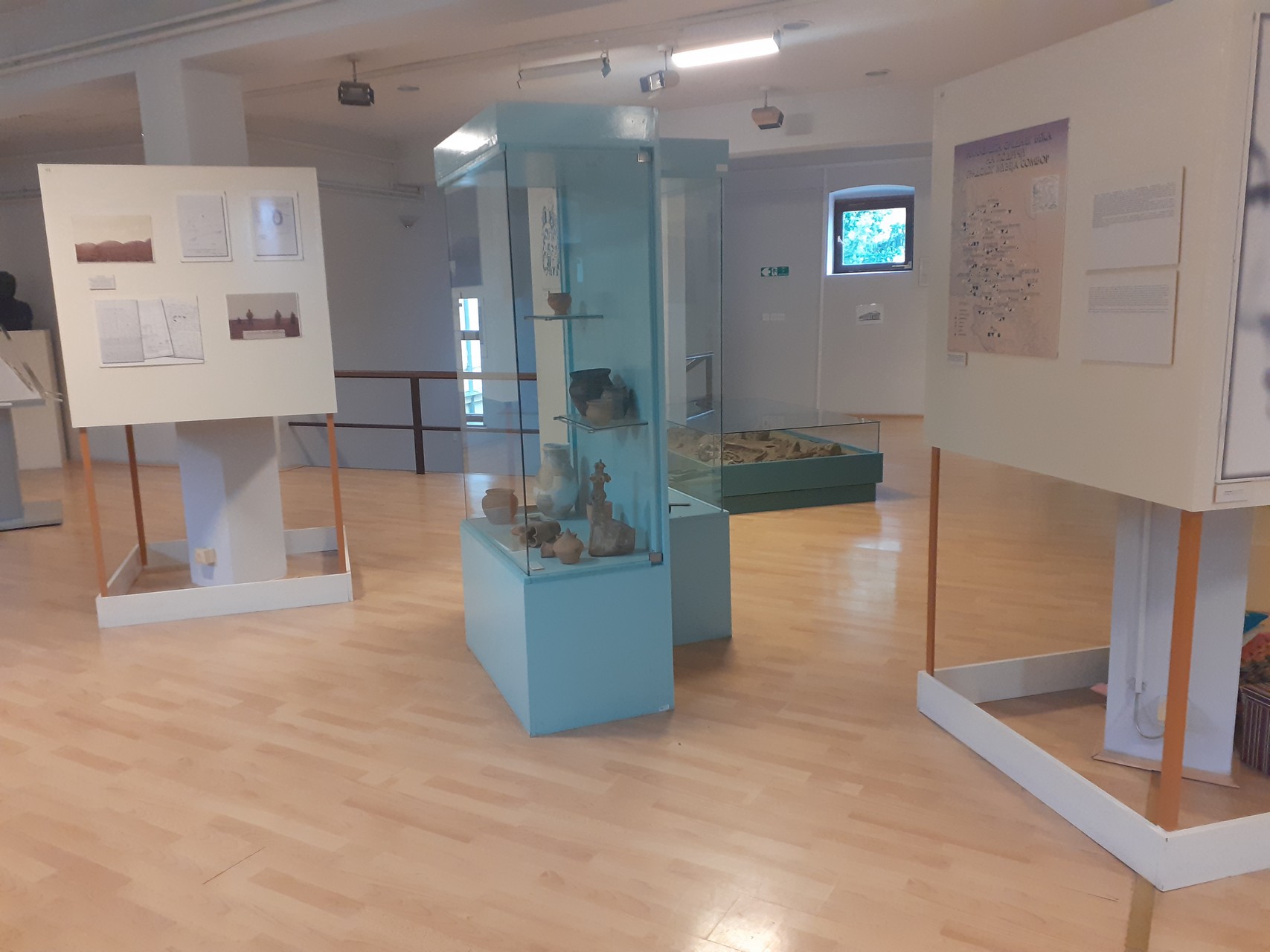 © G.Muzej Sombor
© G.Muzej Sombor
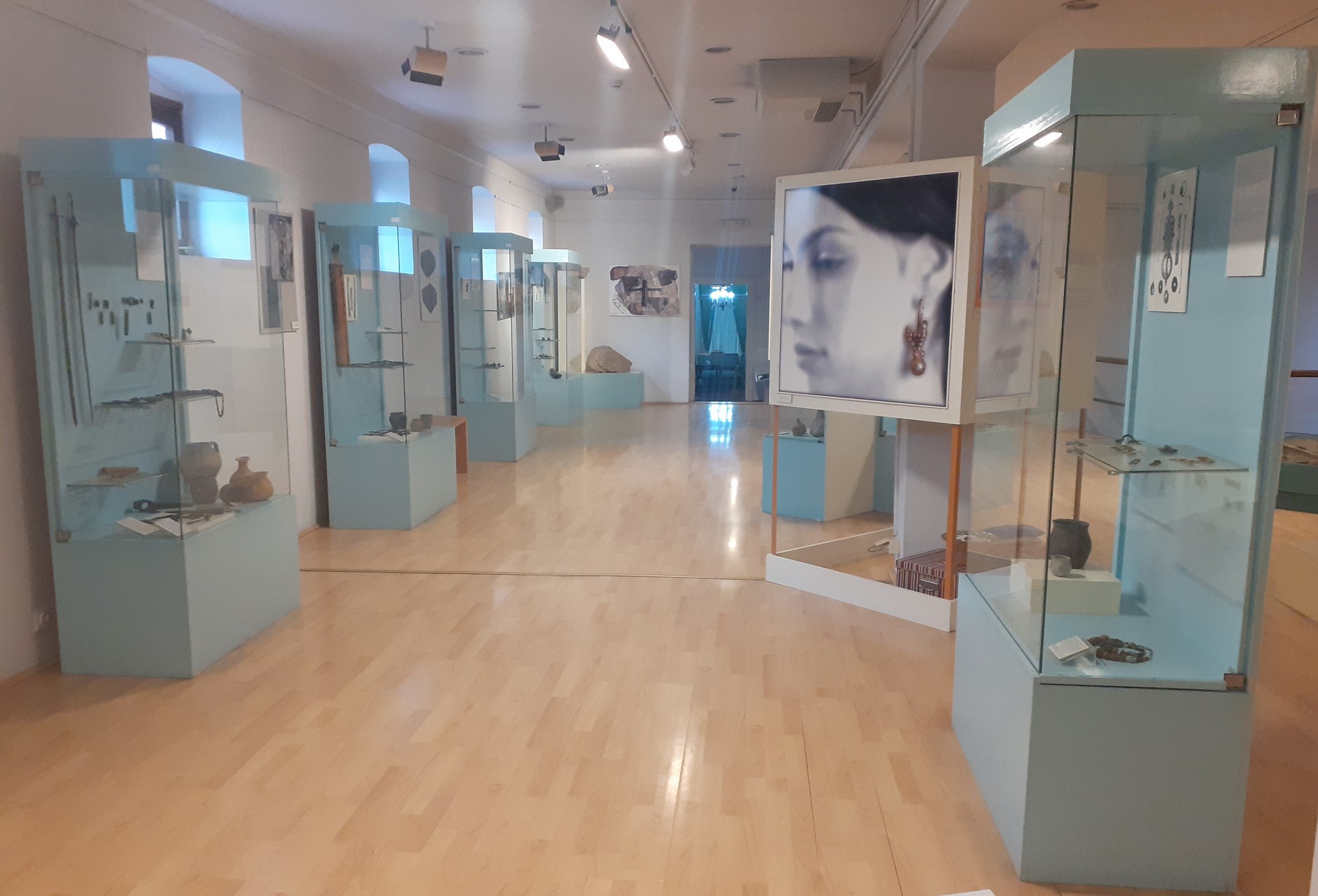 © G.Muzej Sombor
© G.Muzej Sombor
The migration period
The oldest objects in this part of the museum’s exhibition are those that belong to what’s known as the migration period. These objects followed the movements and migrations of numerous tribes inhabiting the Carpathian Valley and the shores of the Black Sea, under pressure from the Huns in the 370...
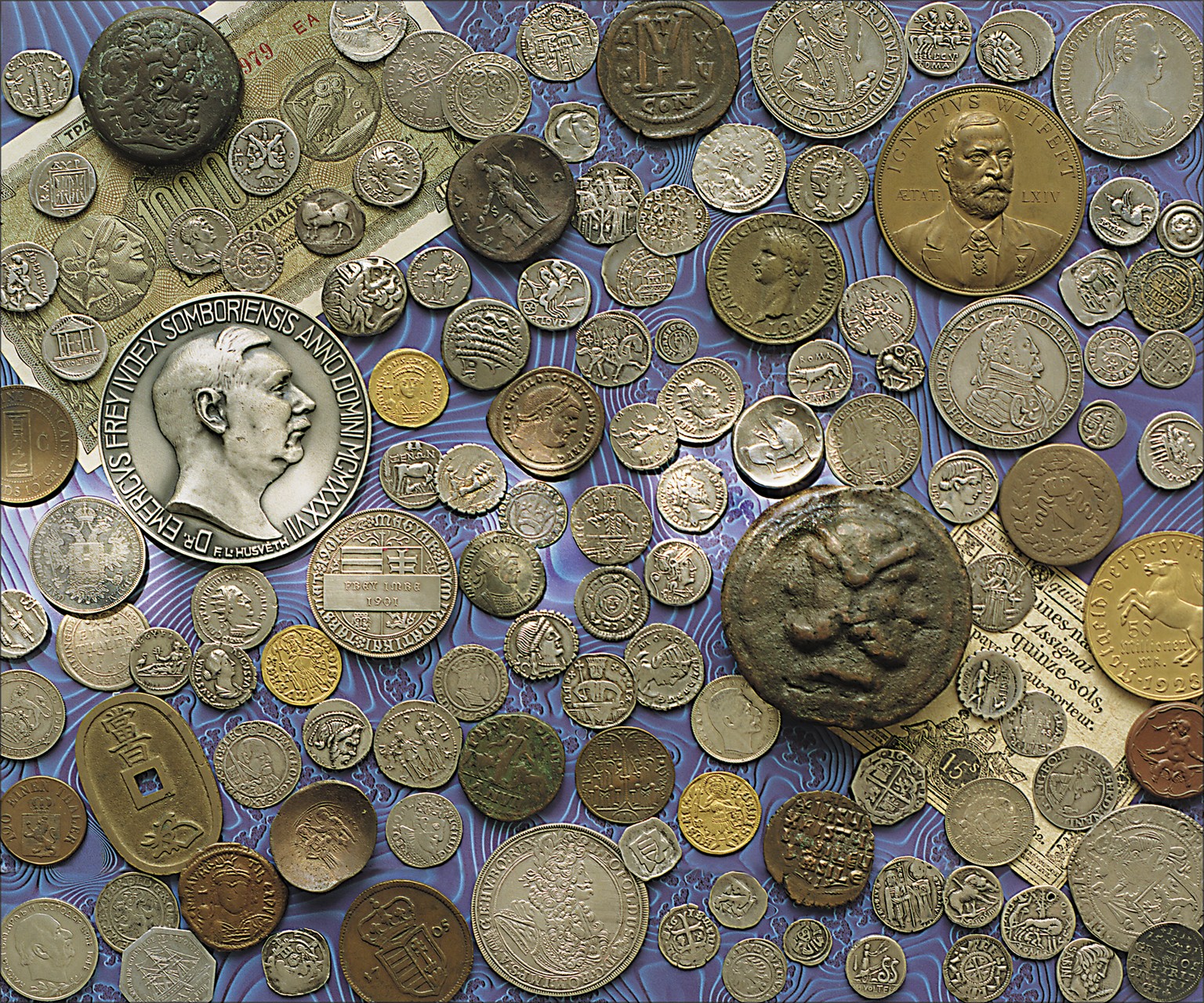 © G.Muzej Sombor
© G.Muzej Sombor
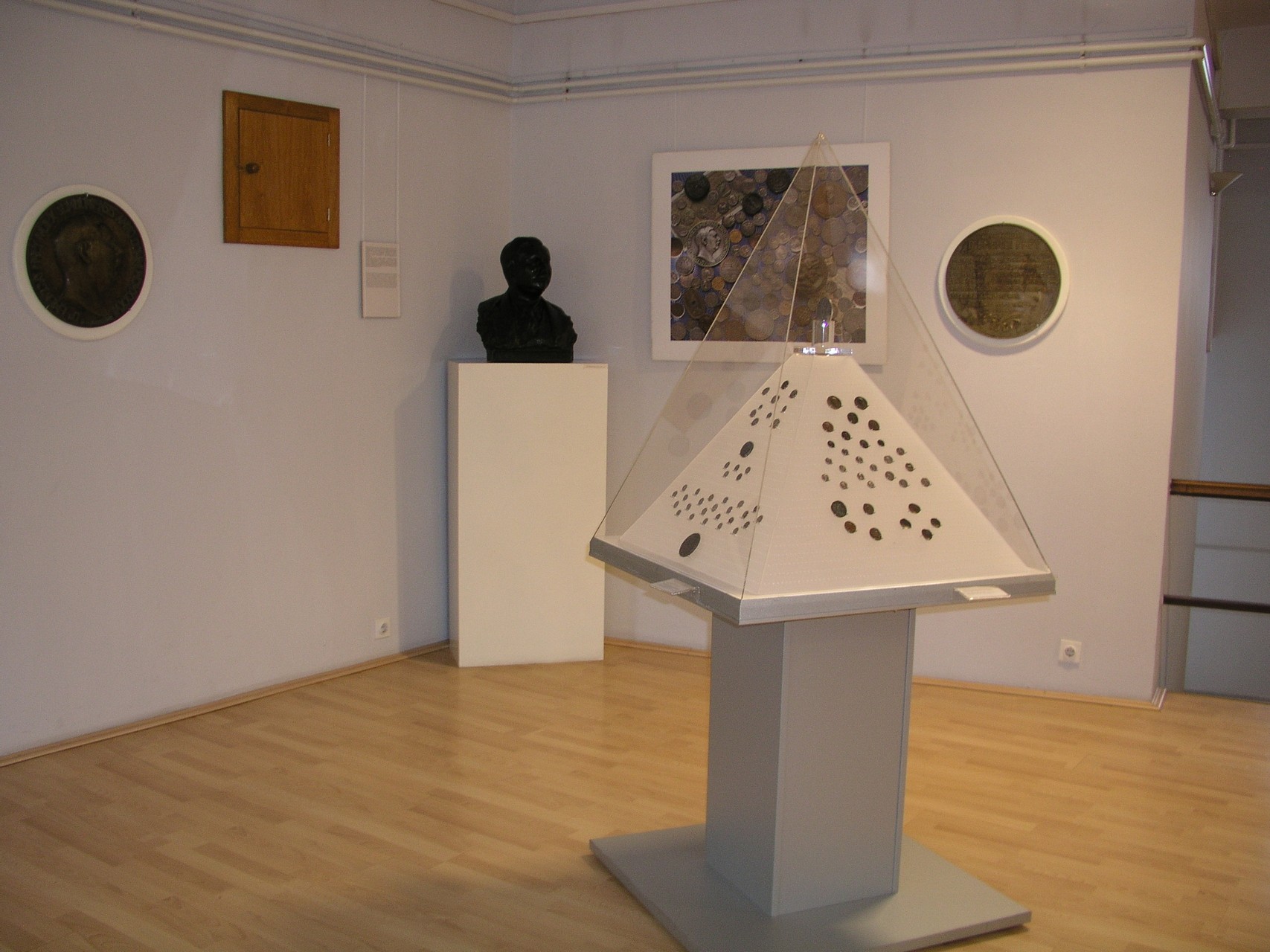 © G.Muzej Sombor
© G.Muzej Sombor
The medieval collection
The medieval collection includes objects of material culture from the middle of the fourth to the beginning of the 19th century, which were collected during archaeological excavations carried out in various necropolises and partially researched individual buildings of medieval settlements Medieval rings are the most common jewellery in the archeological...
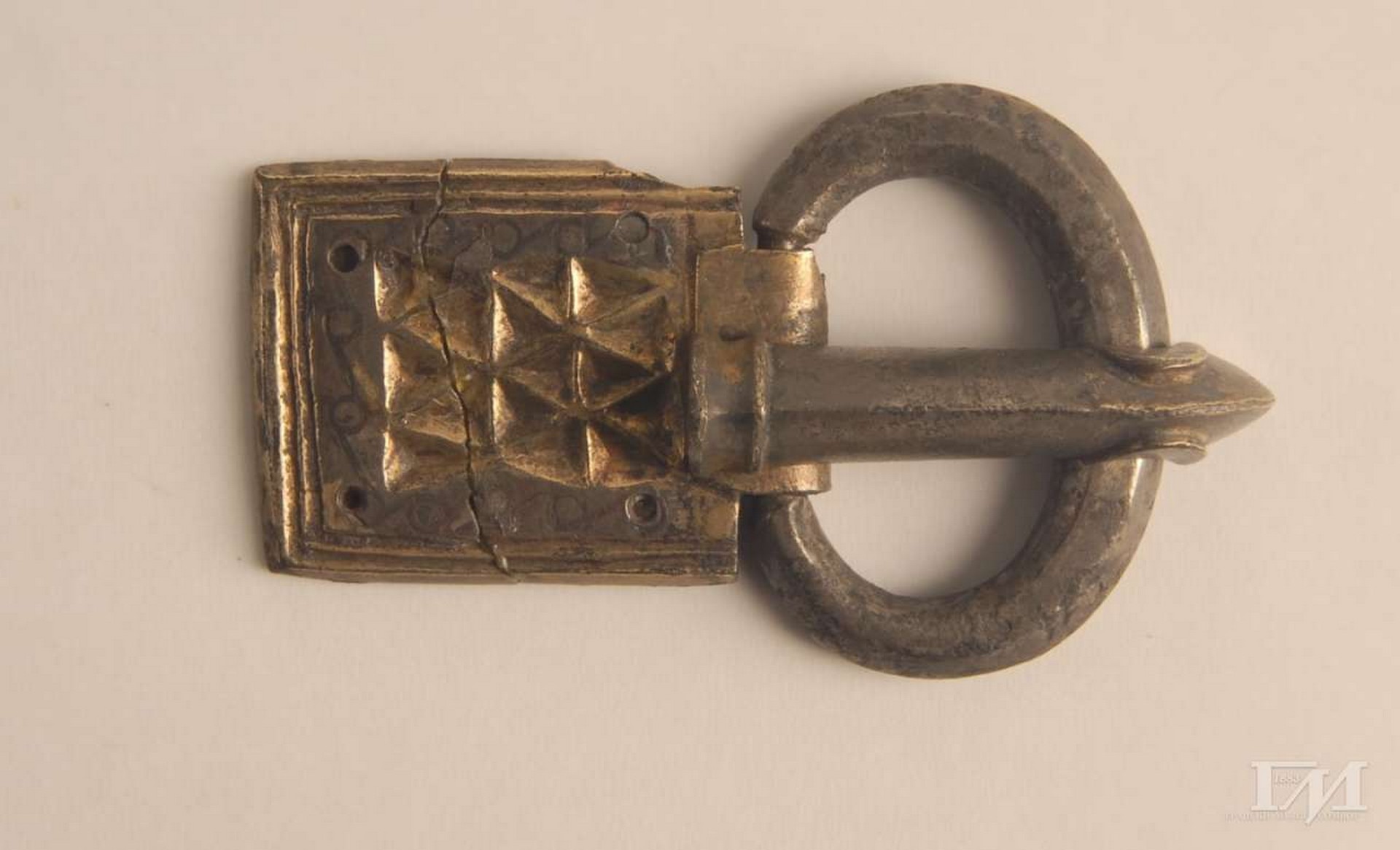 © G.Muzej Sombor
© G.Muzej Sombor
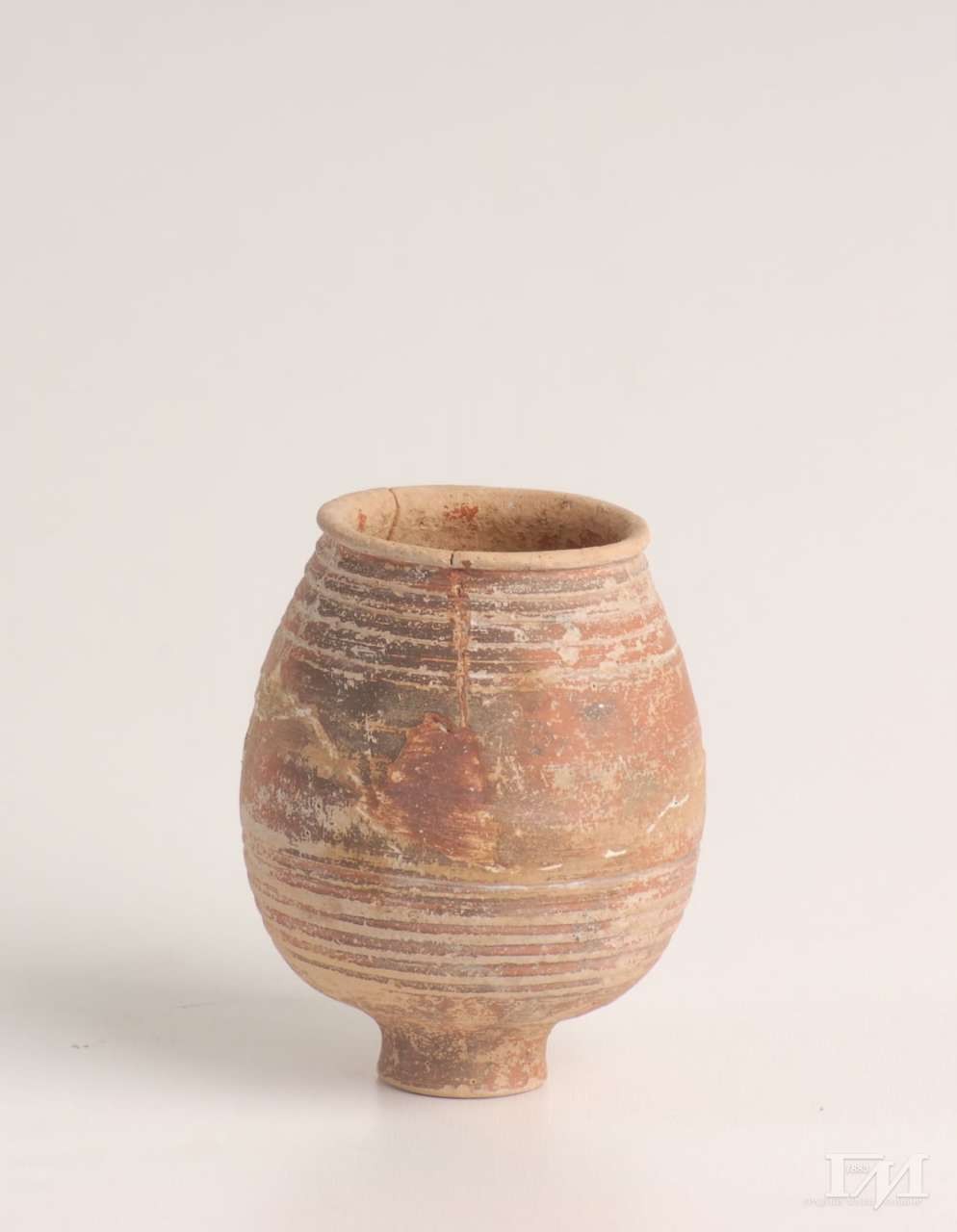 © G.Muzej Sombor
© G.Muzej Sombor
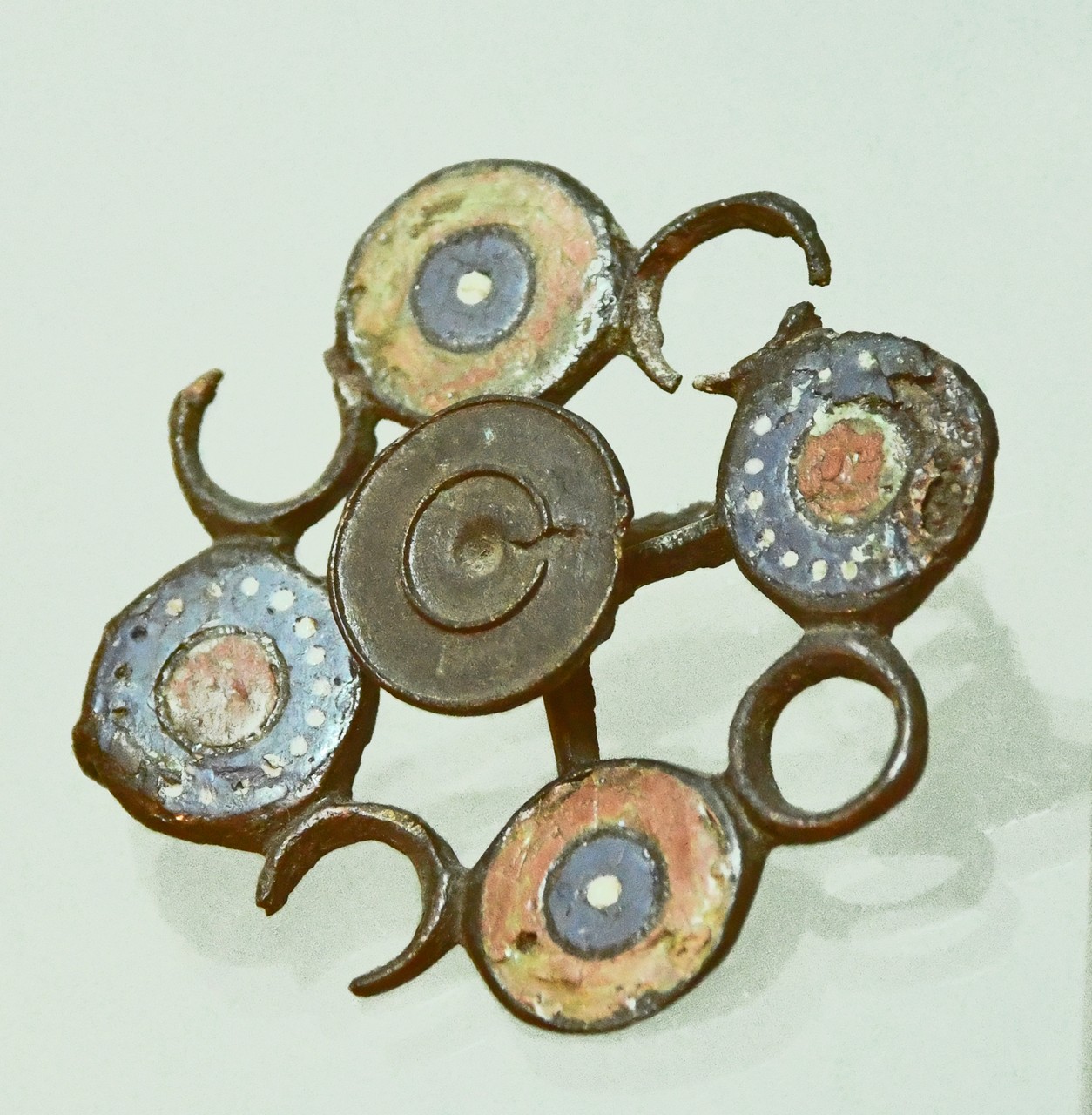 © G.Muzej Sombor
© G.Muzej Sombor
Staro Selo site
An exceptional example of Romanesque sacral architecture of the 11th and 12th centuries is the preserved stone sculpture discovered thanks to the erosion of the Danube island near Bački Monoštor, the site of Staro Selo, where the remains of a single-nave church that is 28 m long and 9 m...
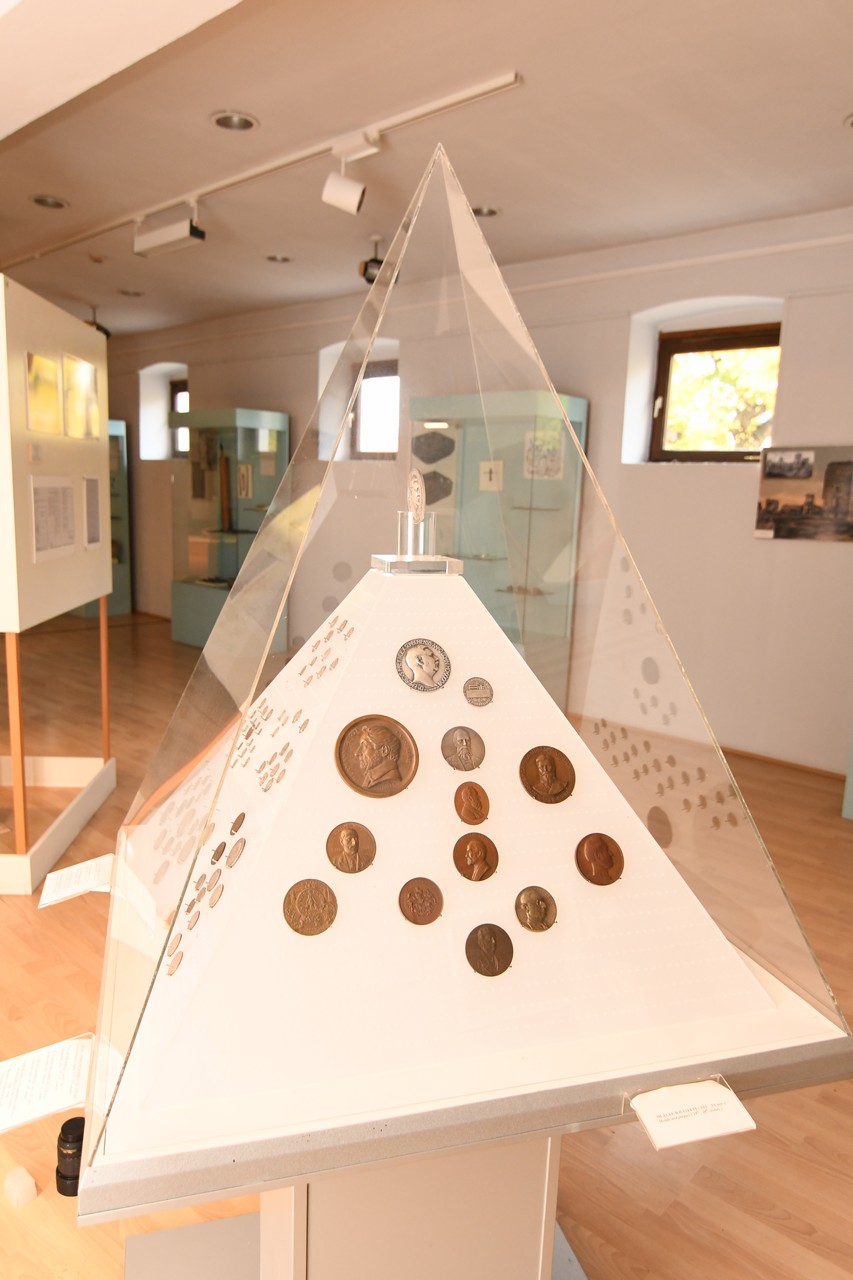 © G.Muzej Sombor
© G.Muzej Sombor
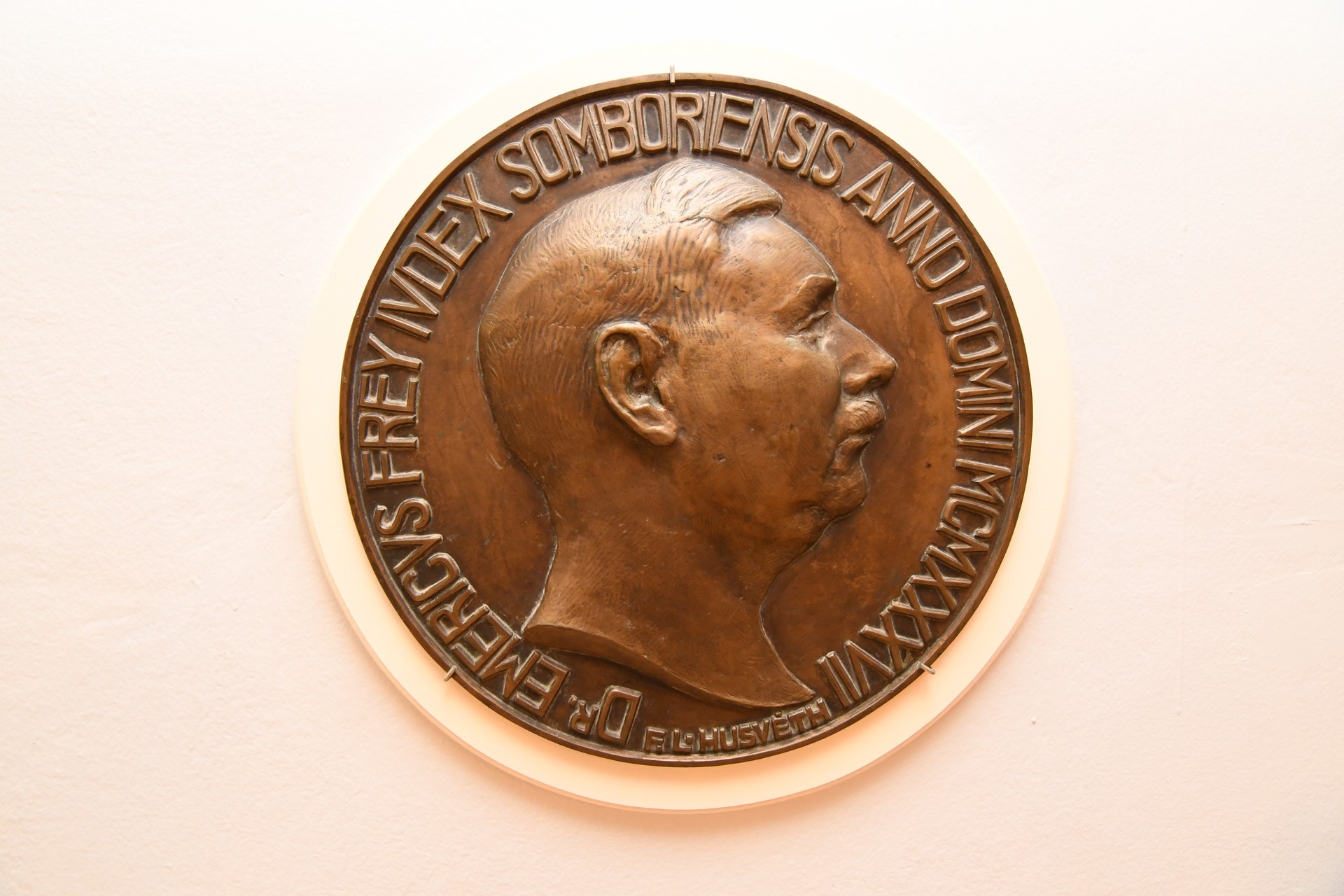 © G.Muzej Sombor
© G.Muzej Sombor
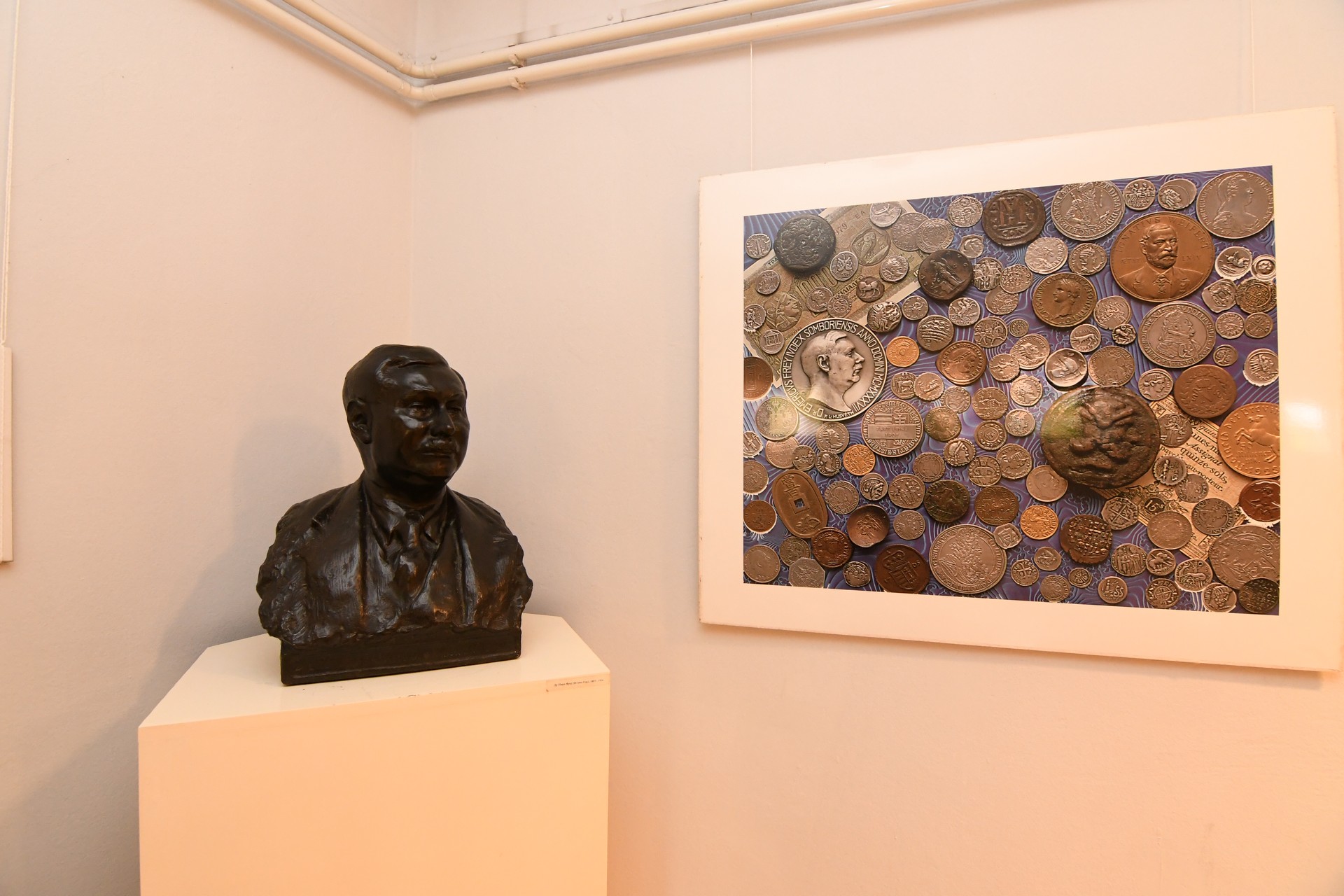 © G.Muzej Sombor
© G.Muzej Sombor
Numismatics
Imre Fray, who lived from 1885 to 1954, was a judge from Sombor and an ardent collector. As a high school student, he already owned a significant numismatic collection and some archeological objects… In 1952, Imre Fray donated his entire collection of old money, which included about 12,000 pieces, to...
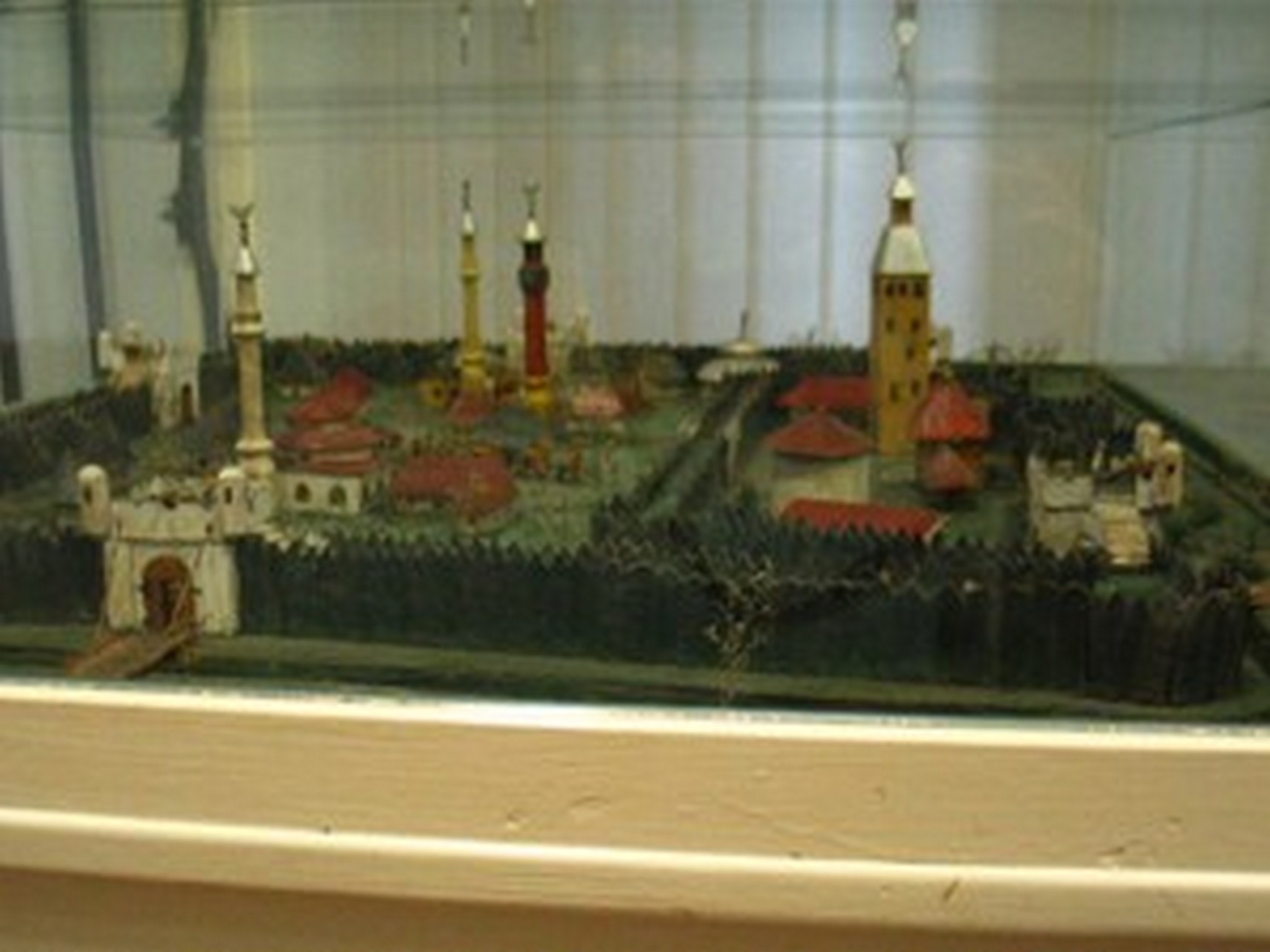 © G.Muzej Sombor
© G.Muzej Sombor
Sombor during the Ottoman Era
The period of the Ottoman rule in Sombor is still insufficiently researched, and the largest source of evidence of 147 years of Ottoman rule is from the travel memoires of Evliya Çelebi, who lived in Sombor in 1665 A model of Sombor from the Turkish era was made according to...
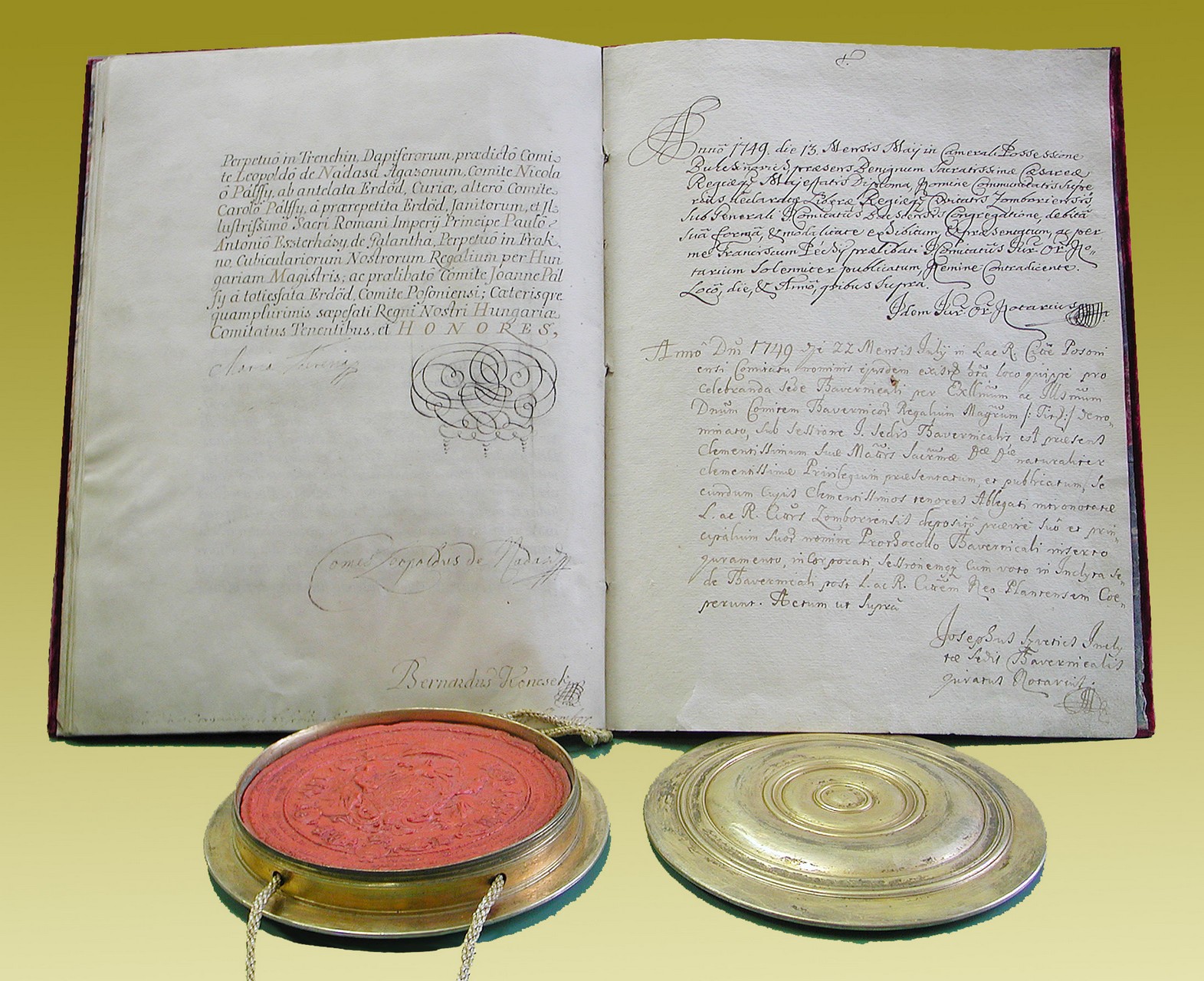 © G.Muzej Sombor
© G.Muzej Sombor
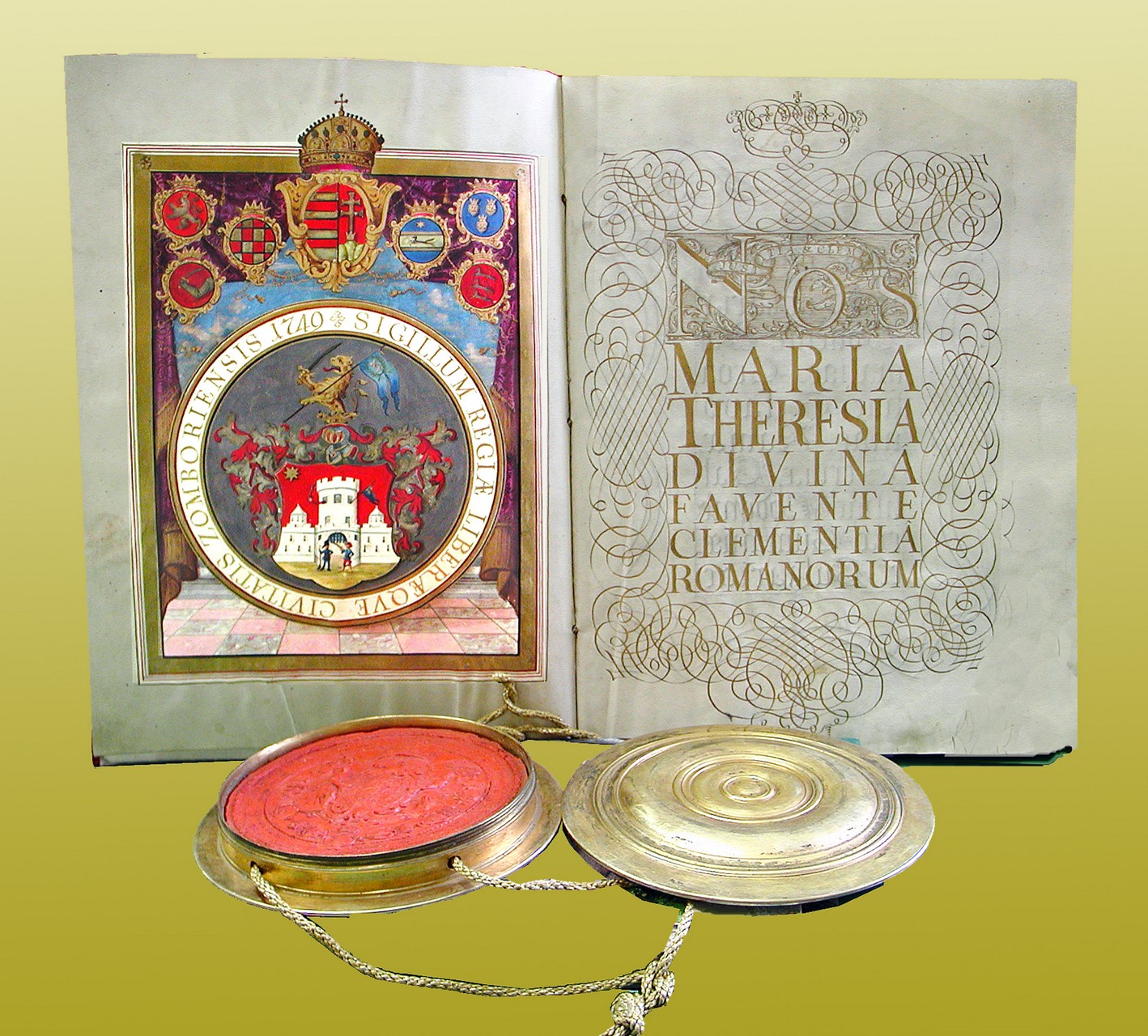 © G.Muzej Sombor
© G.Muzej Sombor
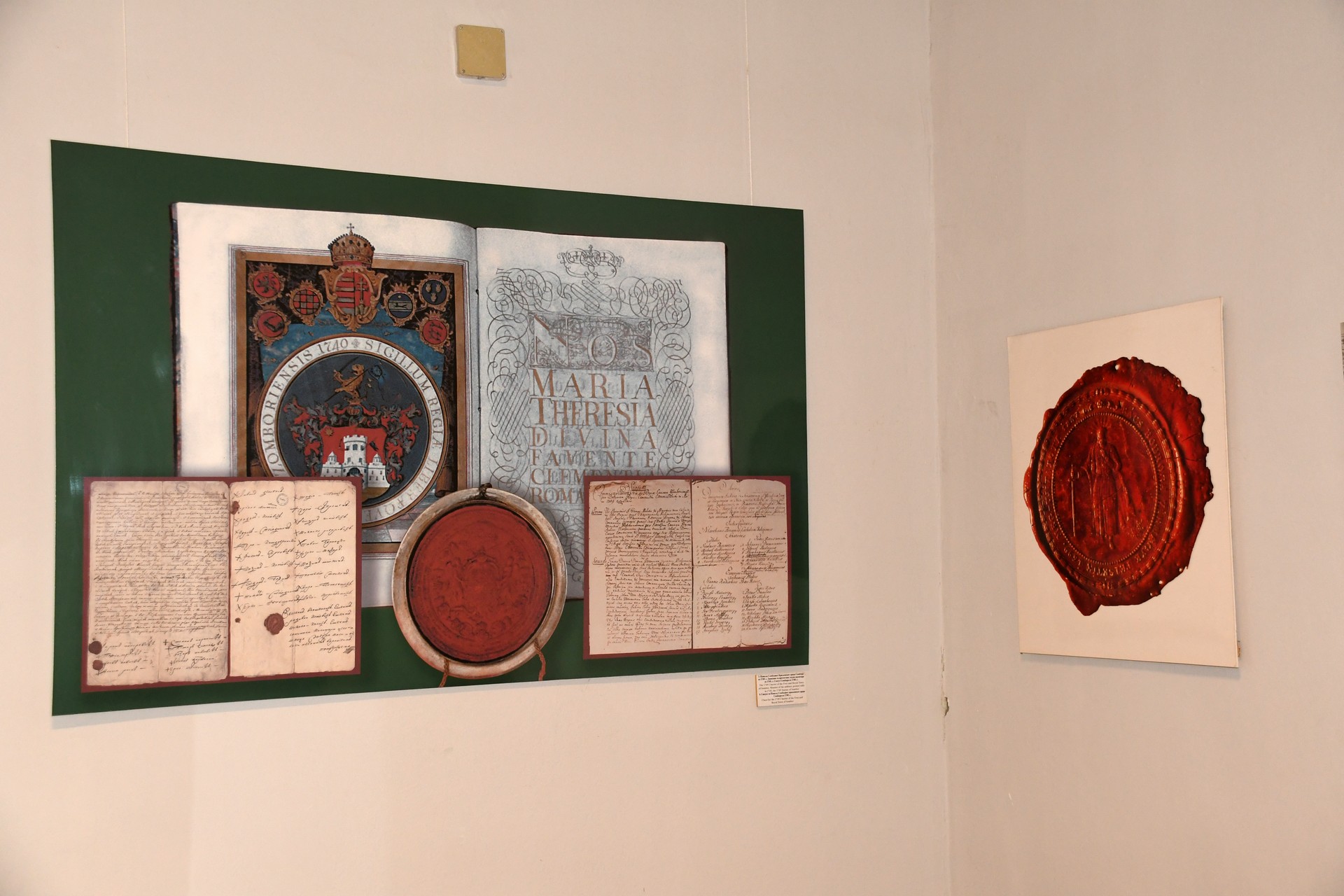 © G.Muzej Sombor
© G.Muzej Sombor
The Charter of the Free Royal City
Sombor joined the ranks of free royal cities after a two-year struggle between representatives of Sombor Serbs and Bunjevci, led by Martin Parčetić at the Viennese court Empress Maria Theresa signed the Charter of the Free Royal City of Sombor on February 17, 1749, which gave Sombor noble status and...
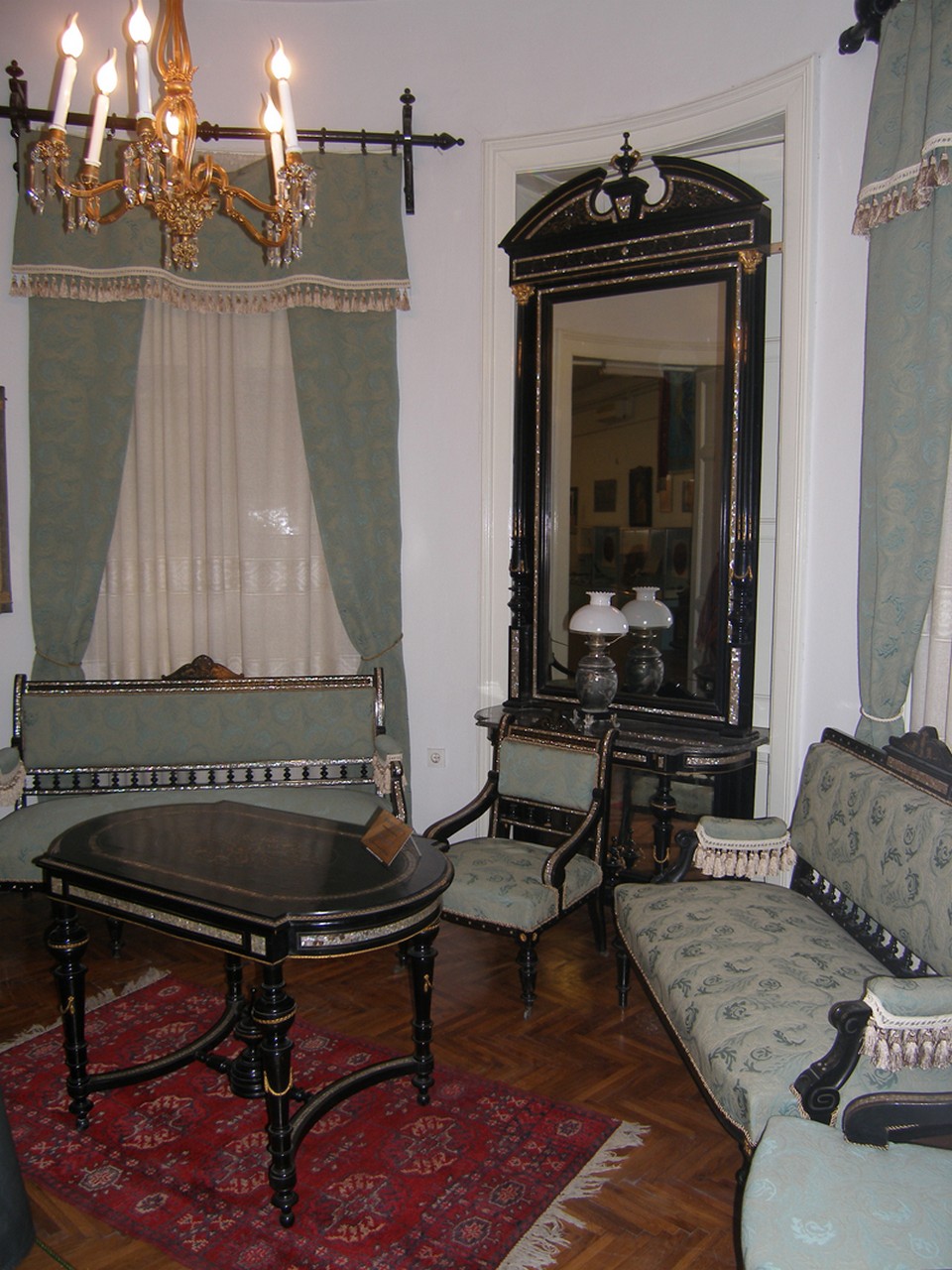 © G.Muzej Sombor
© G.Muzej Sombor
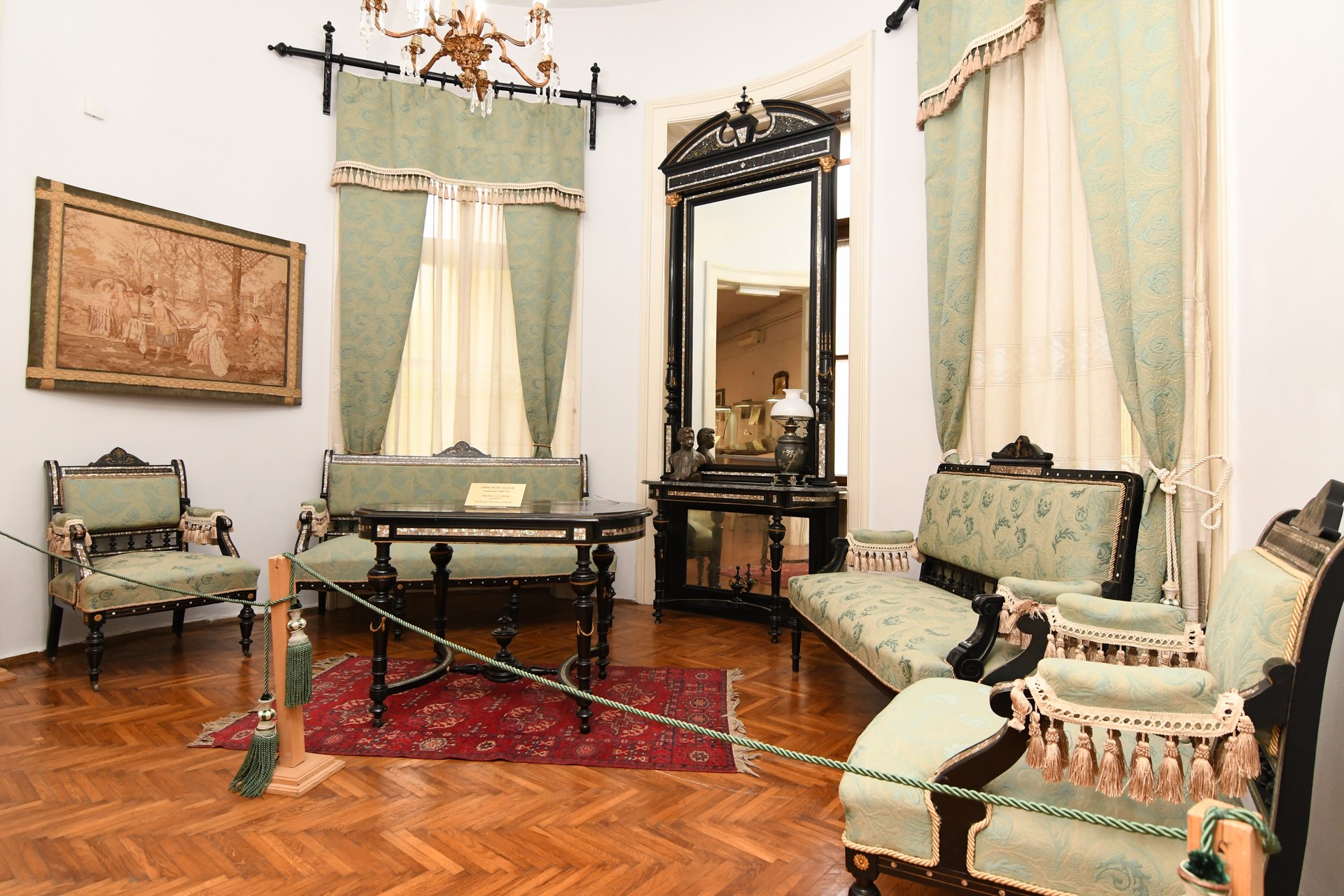 © G.Muzej Sombor
© G.Muzej Sombor
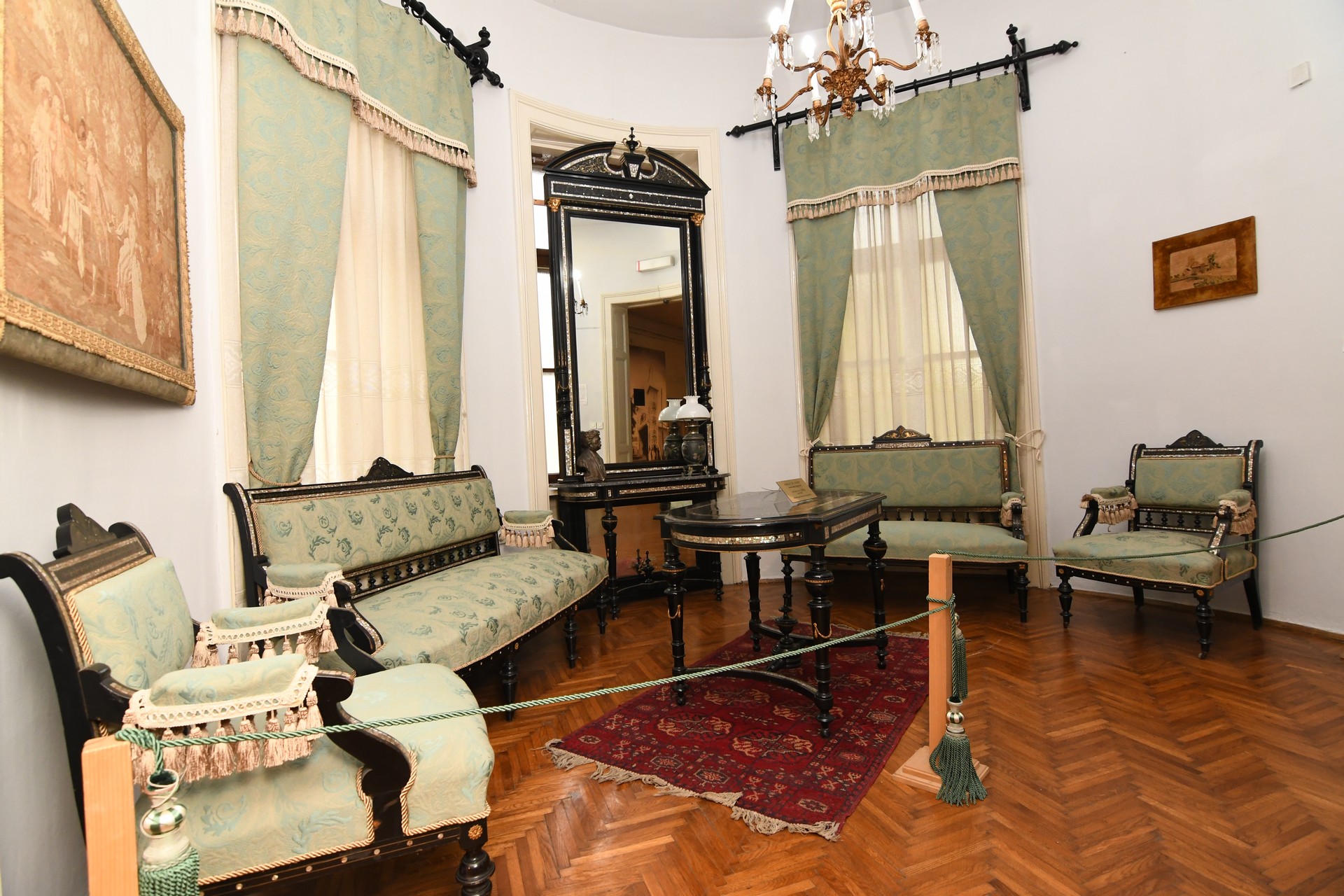 © G.Muzej Sombor
© G.Muzej Sombor
The Lounge of Dr Laza Kostić
The lounge of Dr Laza Kostić is an ambient reminder of the second half of the 19th century Dr Laza Kostić was born in Kovilj in 1841 and died in Vienna in 1910. He was a great Serbian poet, playwright, aesthetician, writer, and lawyer He was an organiser of the...
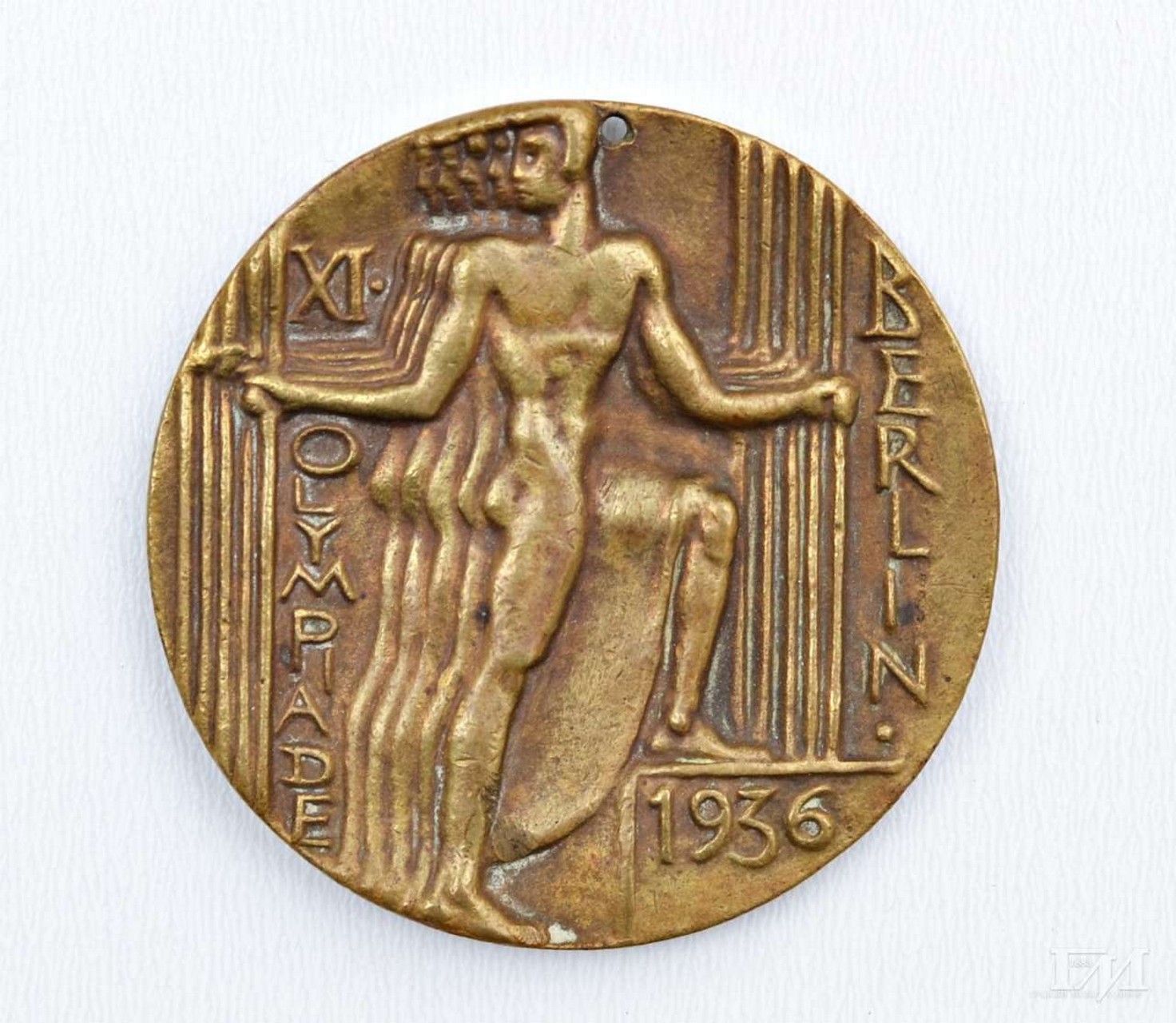 © G.Muzej Sombor
© G.Muzej Sombor
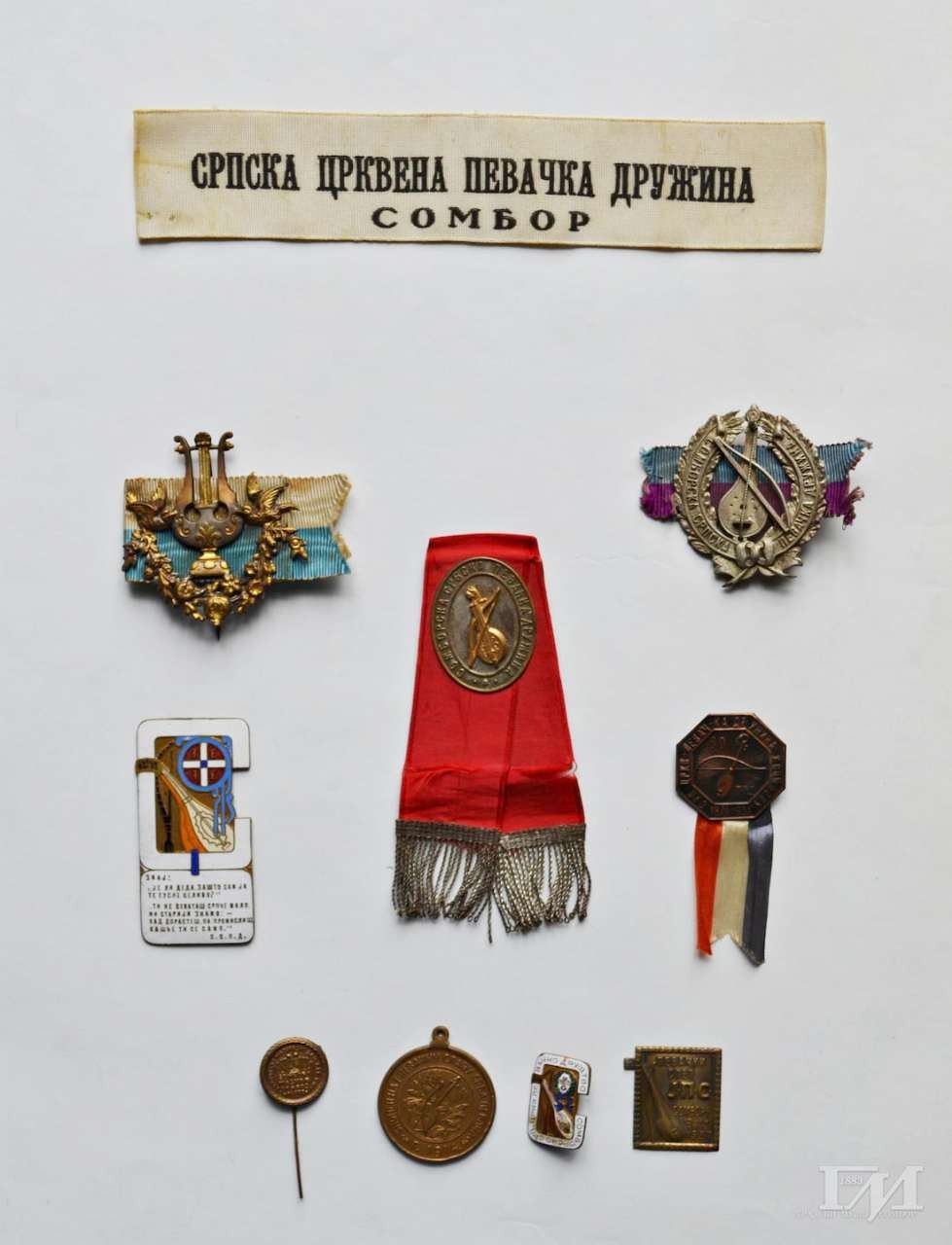 © G.Muzej Sombor
© G.Muzej Sombor
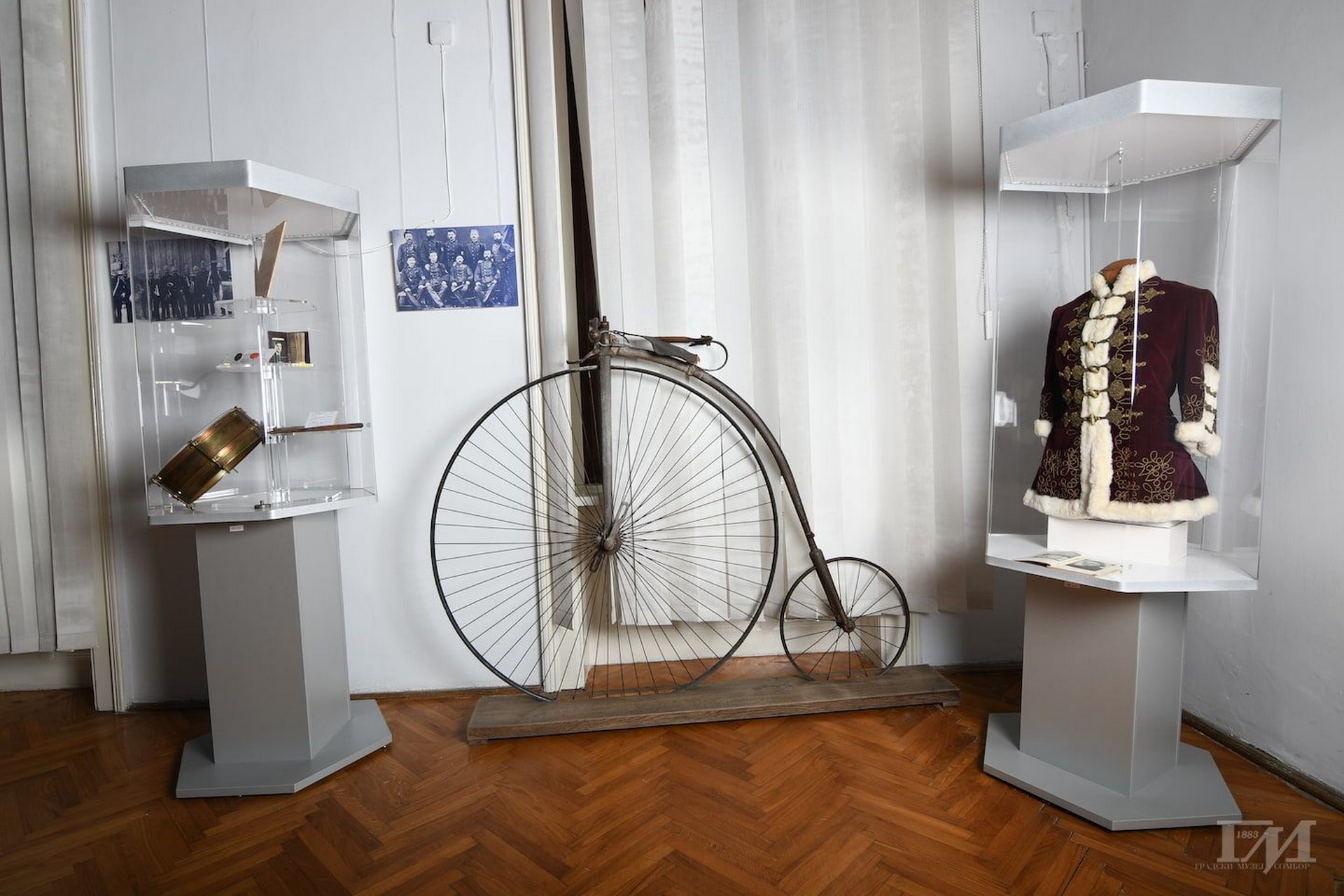 © G.Muzej Sombor
© G.Muzej Sombor
City life in Sombor
Immediately after the libertation of the city in 1749, the people of Sombor turned their focus toward opening schools Avram Mrazović, the supervisor of Serbian schools in the Austrian Empire, founded a course for Serbian teachers in Sombor in 1778, the so-called Norm Other ethnic groups who lived in Sombor...
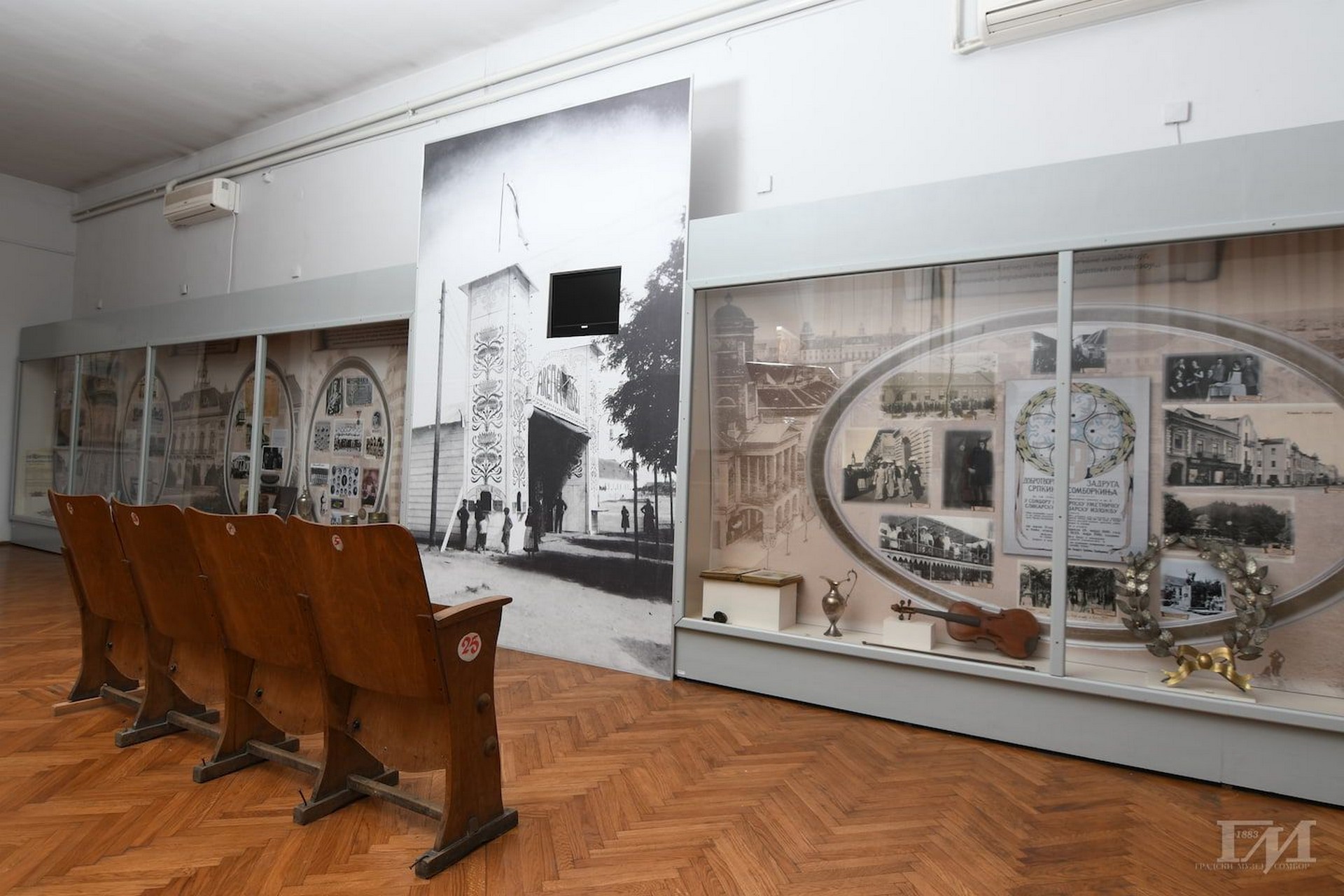 © G.Muzej Sombor
© G.Muzej Sombor
Ernest Bošnjak
Ernest Bošnjak from Sombor, a lover of film and one of the founders of the film studio Metro, Goldwin & Mayer, is one of the pioneers of Yugoslav film from the first half of the 20th century. Bošnjak was born in Sombor in 1876 He used it to show silent...
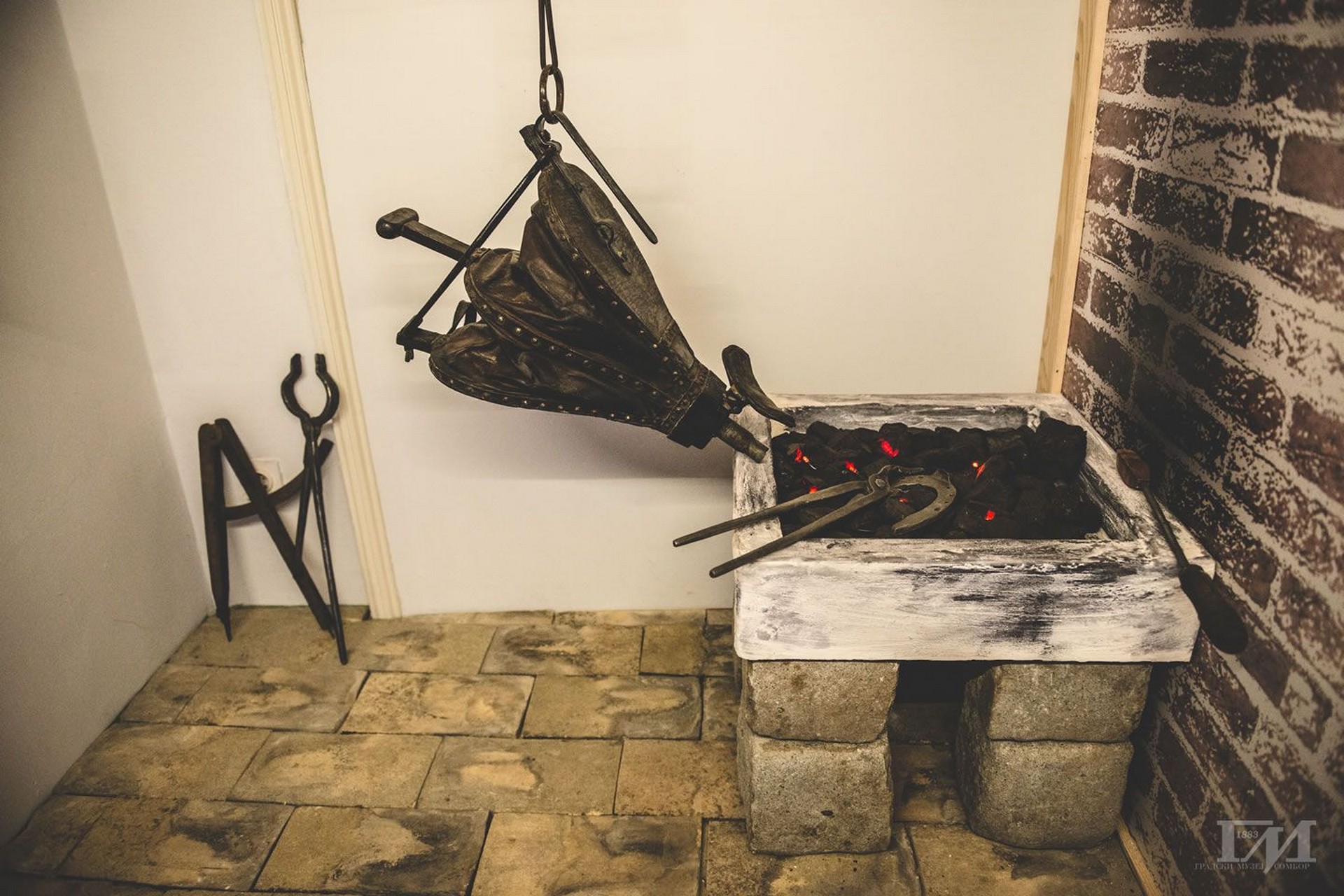 © G.Muzej Sombor
© G.Muzej Sombor
 © G.Muzej Sombor
© G.Muzej Sombor
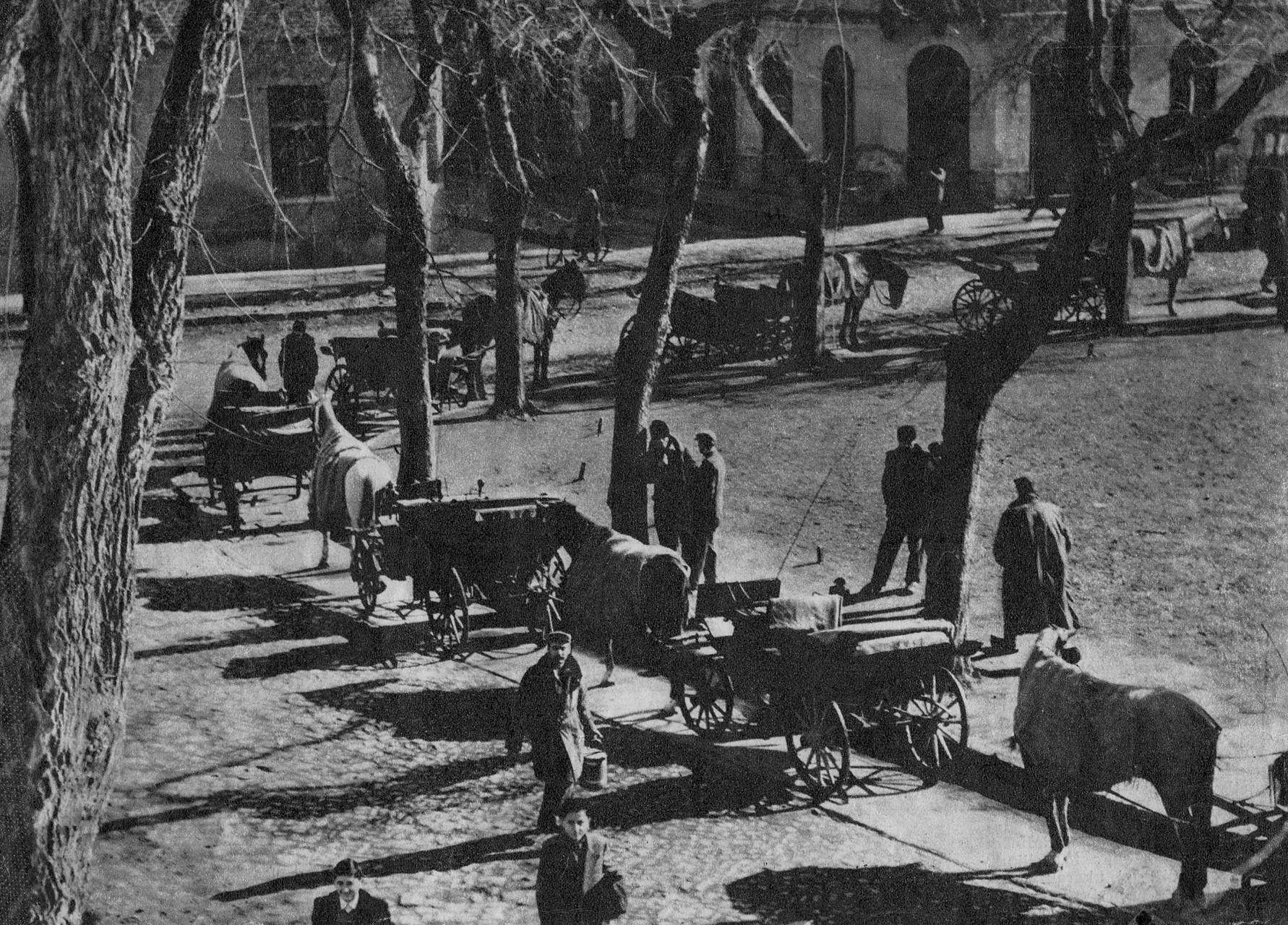 © G.Muzej Sombor
© G.Muzej Sombor
Old trades
Craft production largely enabled the functioning of other activities, economy, trade, and industry. The collection of crafts includes around 2,000 items, both products of certain craftsmen and complete inventories of workshops Sombor is one of the few cities in the area where there is still a horse and carriage service,...
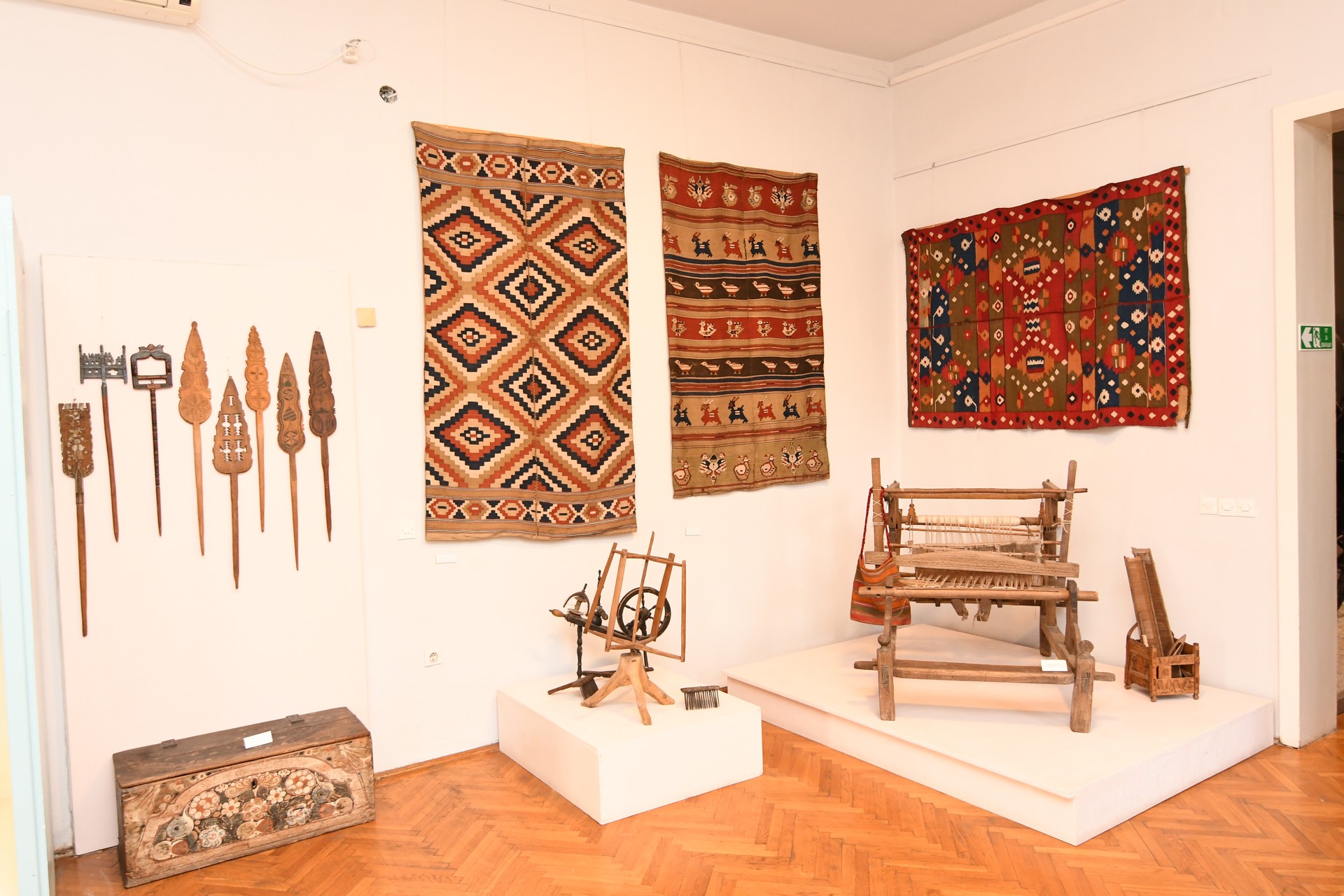 © G.Muzej Sombor
© G.Muzej Sombor
 © G.Muzej Sombor
© G.Muzej Sombor
 © G.Muzej Sombor
© G.Muzej Sombor
Stapar rugs
In traditional Vojvodina culture, rugs were first and foremost luxurious bed covers. In rural homes, where the floor was mostly made of bare, trampled earth, the rug found its place on formally furnished beds, then on the table, then on the walls as decoration… The most famous centre for making...
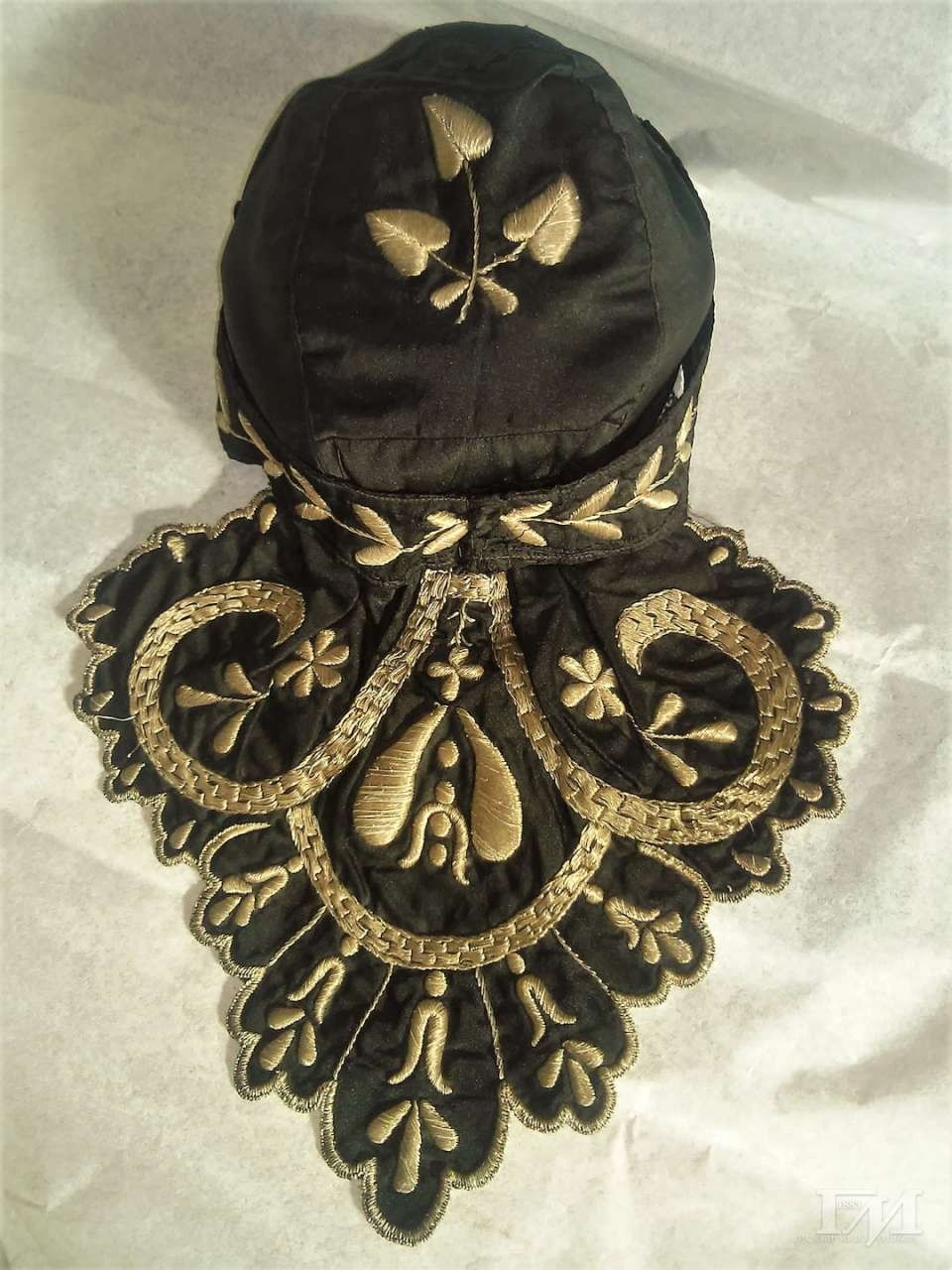 © G.Muzej Sombor
© G.Muzej Sombor
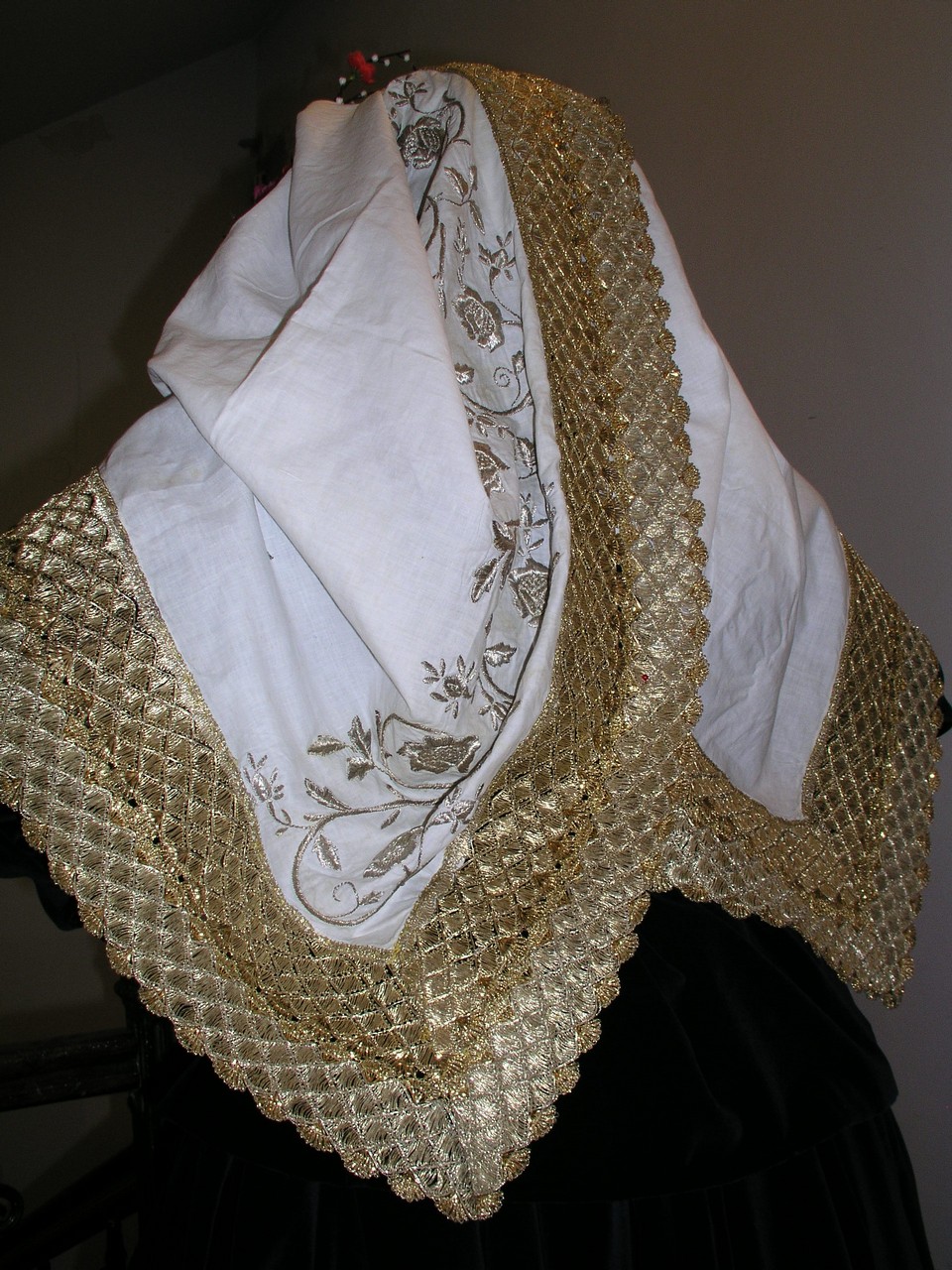 © G.Muzej Sombor
© G.Muzej Sombor
The Head Covers
Head covers marked the position of a woman in a traditional society and any change in that position was followed by a change in the appearance of the head cover According to the wedding customs of Serbs in Vojvodina, the bride received the head cover of a married woman on...
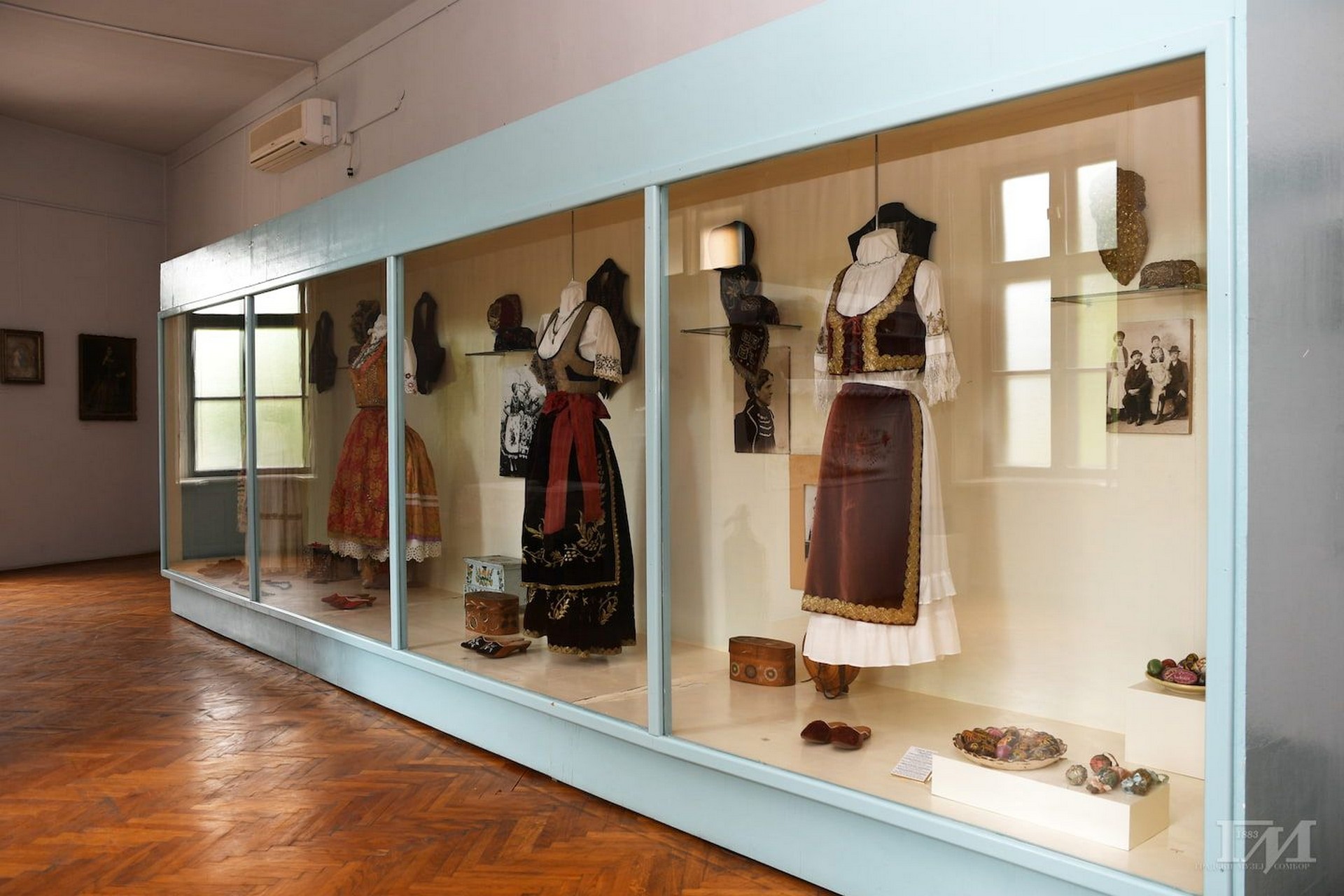 © G.Muzej Sombor
© G.Muzej Sombor
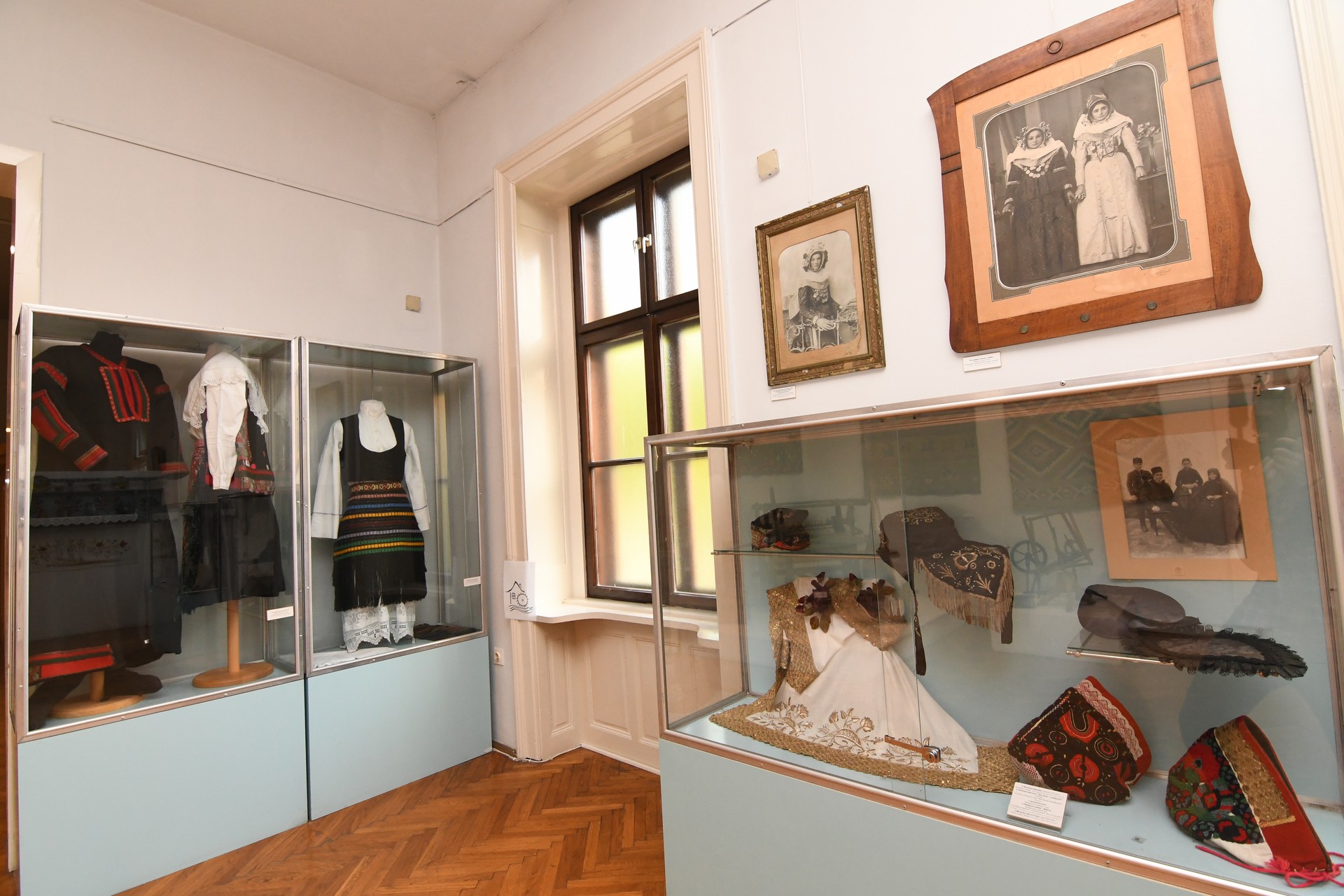 © G.Muzej Sombor
© G.Muzej Sombor
The National Costumes
The national costume of Bunjevci is a form of Pannonian costume. The Pannonian costume is a domestic product, dominated by linen garments supplemented with handicrafts made of leather, wool, and fur However, the traditional folk culture costume of the Pannonian region underwent significant changes in the second half of the...
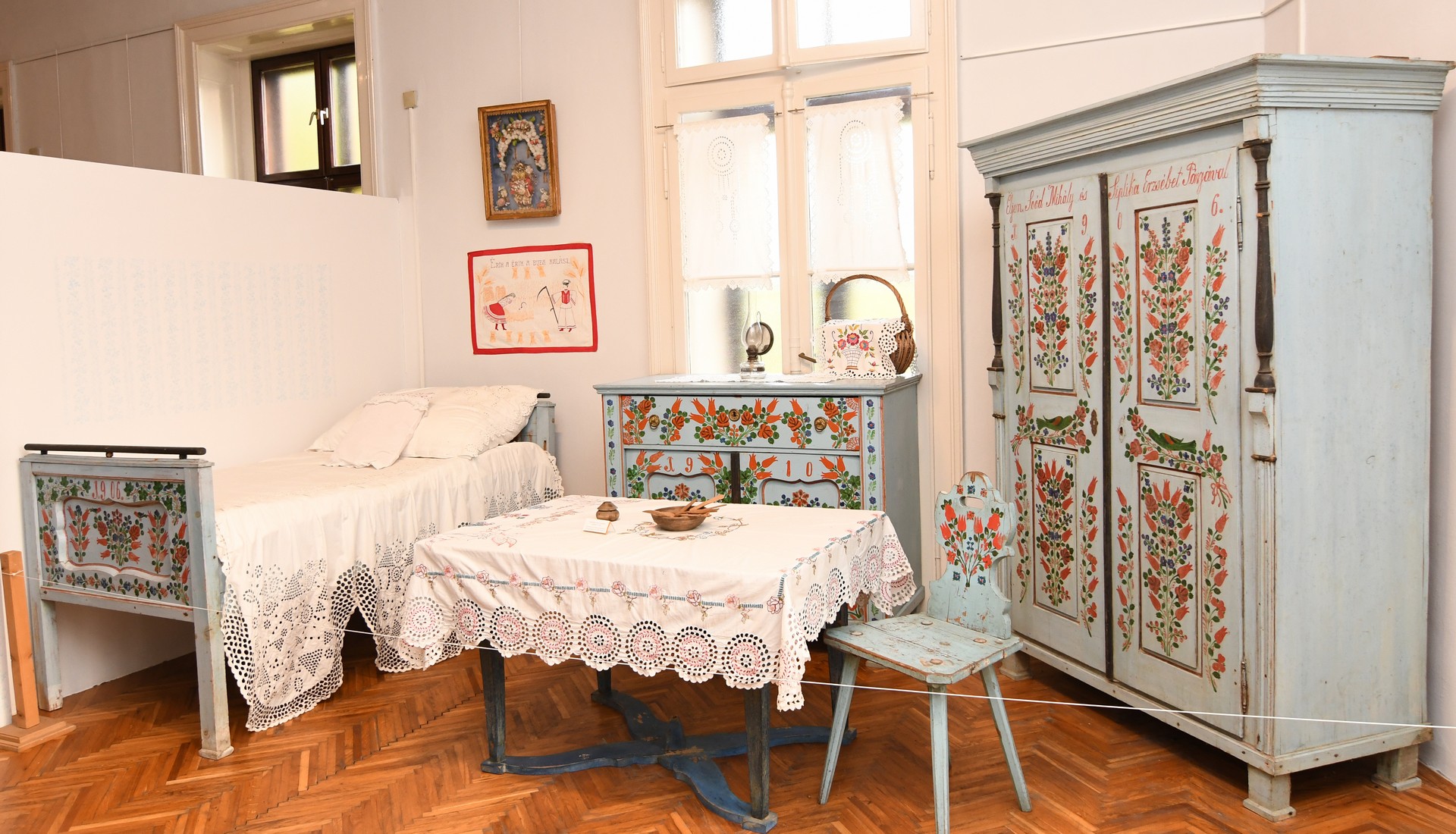 © G.Muzej Sombor
© G.Muzej Sombor
The Clean Rooms
The origin and development of the traditional house in Vojvodina was shaped by building regulations imposed by the Austrian authorities The regulations were designed to fit the needs of the broadest social stratum of the monarchy at the time: the rural population From such a relationship, an authentic architectural style...
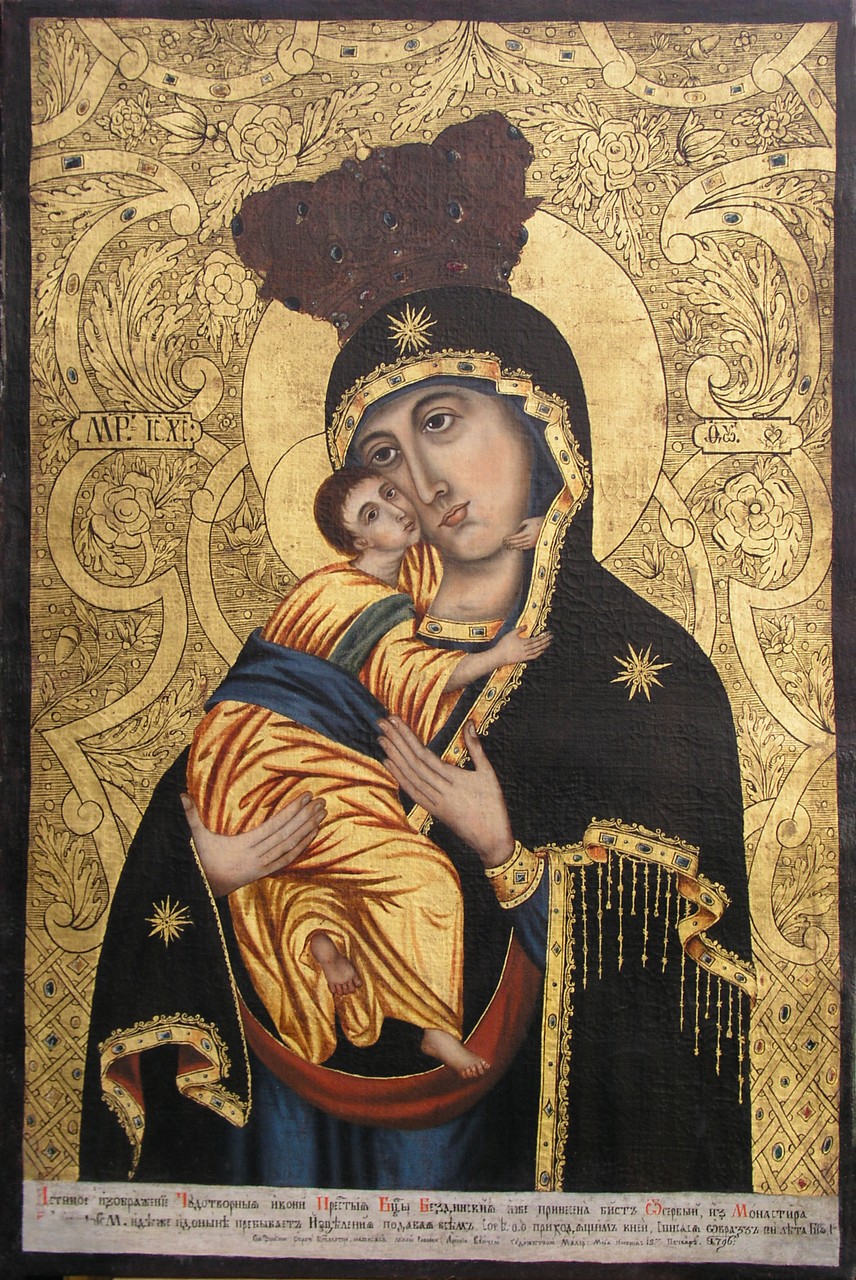 © G.Muzej Sombor
© G.Muzej Sombor
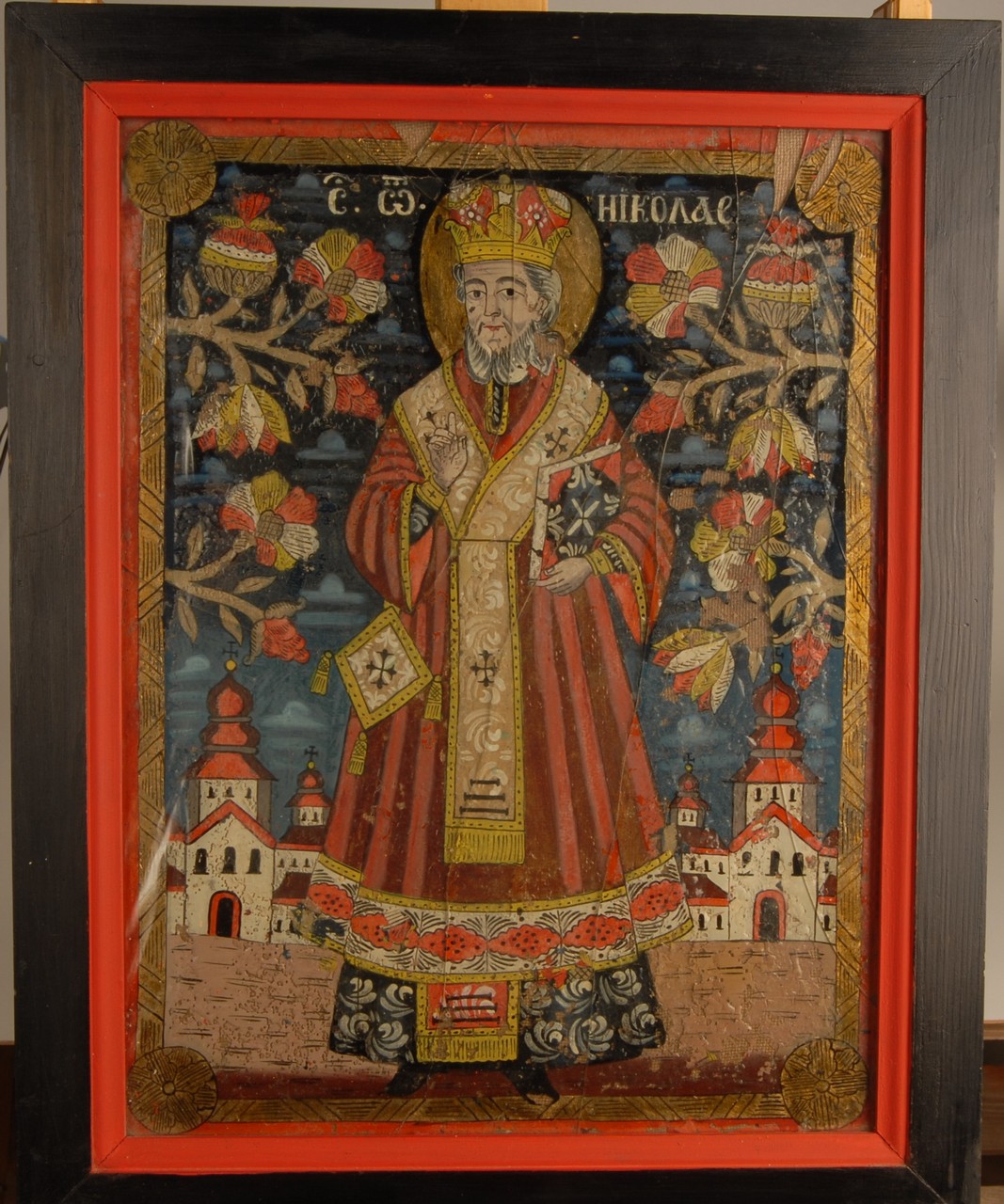 © G.Muzej Sombor
© G.Muzej Sombor
The Glass Icons
The museum’s ethnographic collection houses an extremely valuable collection of 54 icons on glass made by self-taught painters With their lively colours and folk ornaments, the icons attract attention and testify to the various influences of late Byzantine and Baroque painting in this area The painters were originally from southern...
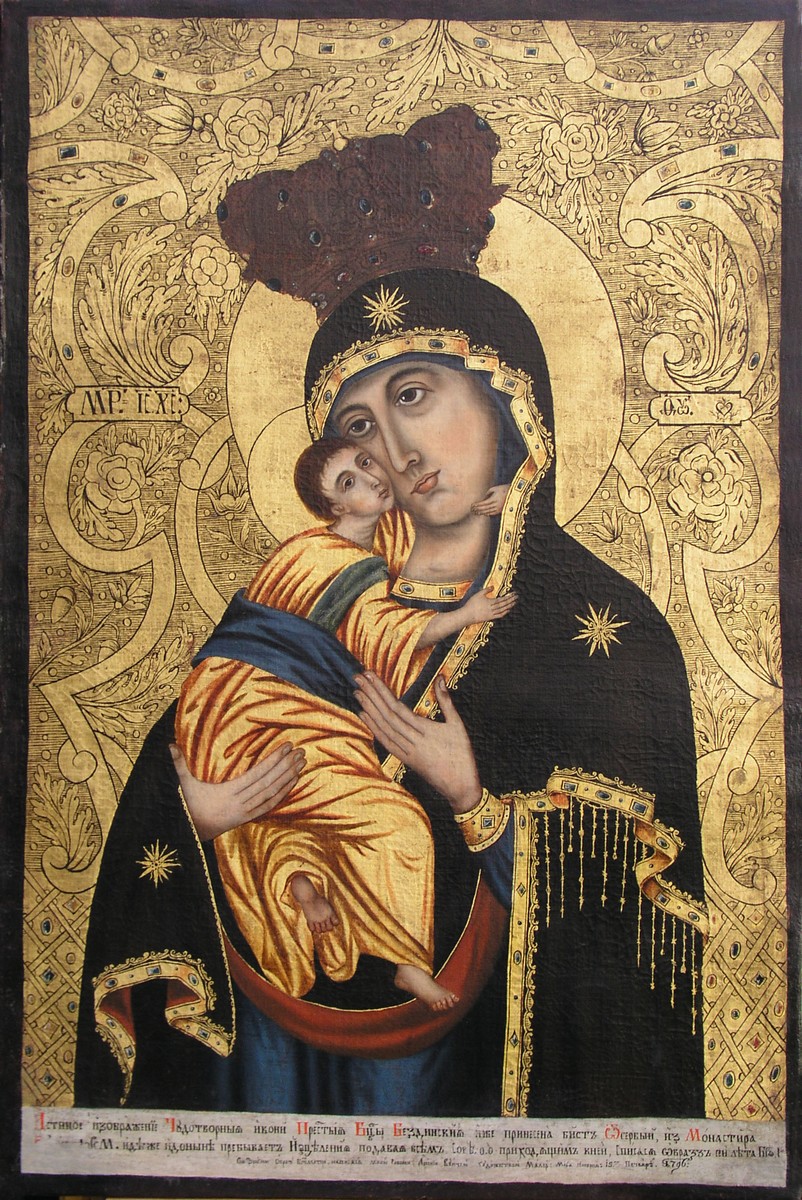 © G.Muzej Sombor
© G.Muzej Sombor
Religious painting
This space is dedicated primarily to religious themes. Before the early 20th century, religious iconography and church paintings functioned as the most significant forms of artistic expression through which the characteristics of artistic eras were demonstrated The 1796 icon The Virgin Mary with the Baby Christ, the work of the...
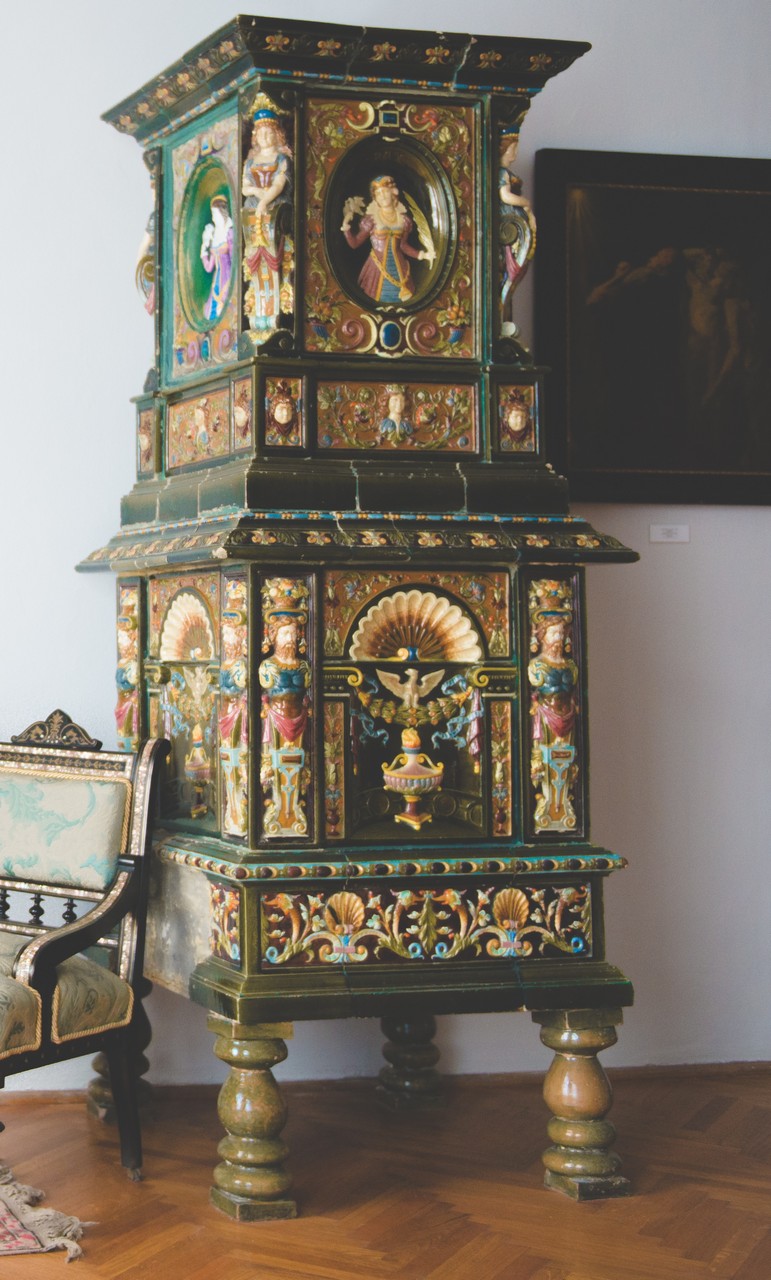 © G.Muzej Sombor
© G.Muzej Sombor
Zsolnay tile stove
Zsolnay is a general name for neo styles that use characteristic details from historical and artistic epochs, like neo-Baroque, neo-gothic, and neo-Rococo. A similar name is eclecticism, which implies a mixture of several styles in one place or on one object. Historism was especially popular in Europe in the second...
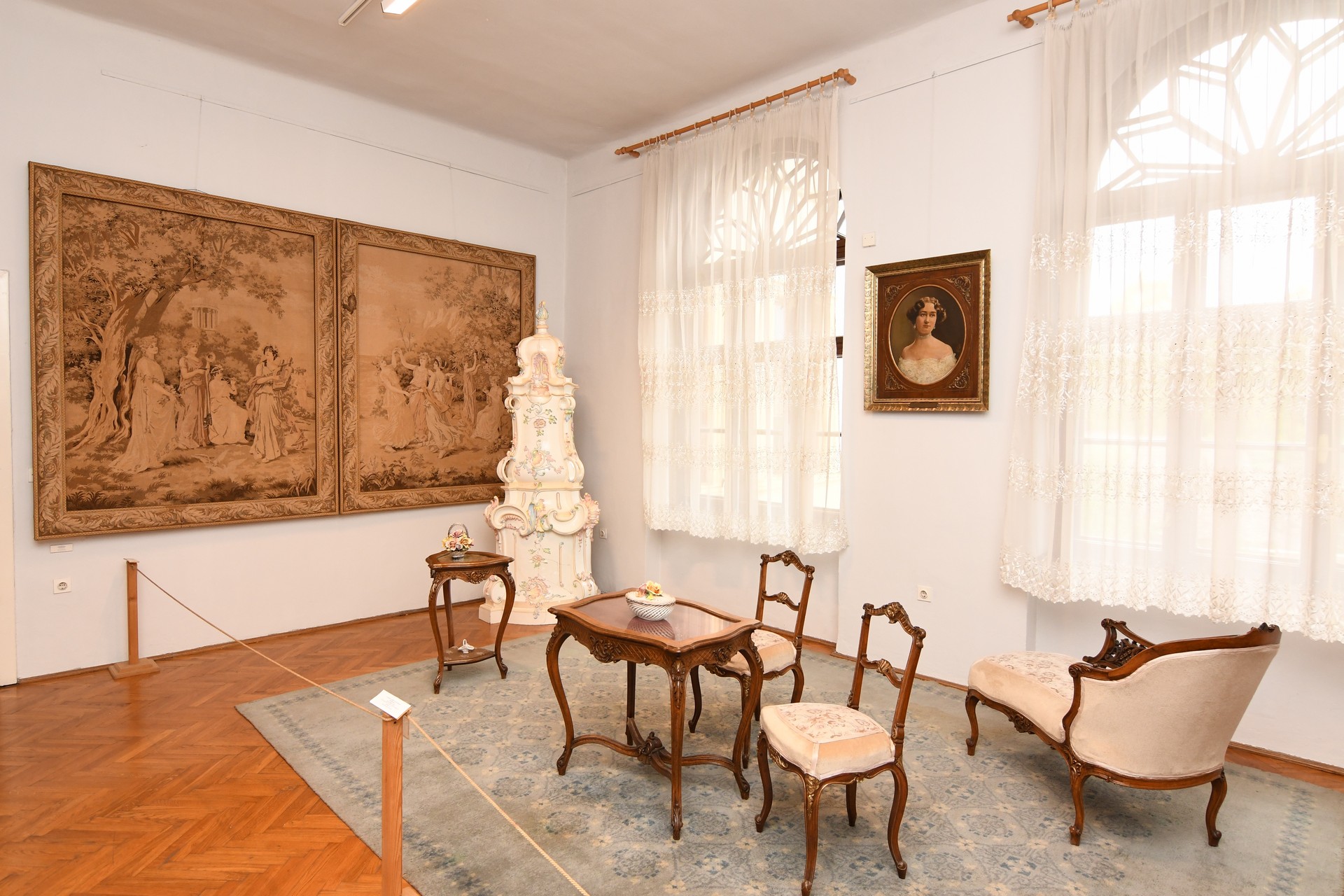 © G.Muzej Sombor
© G.Muzej Sombor
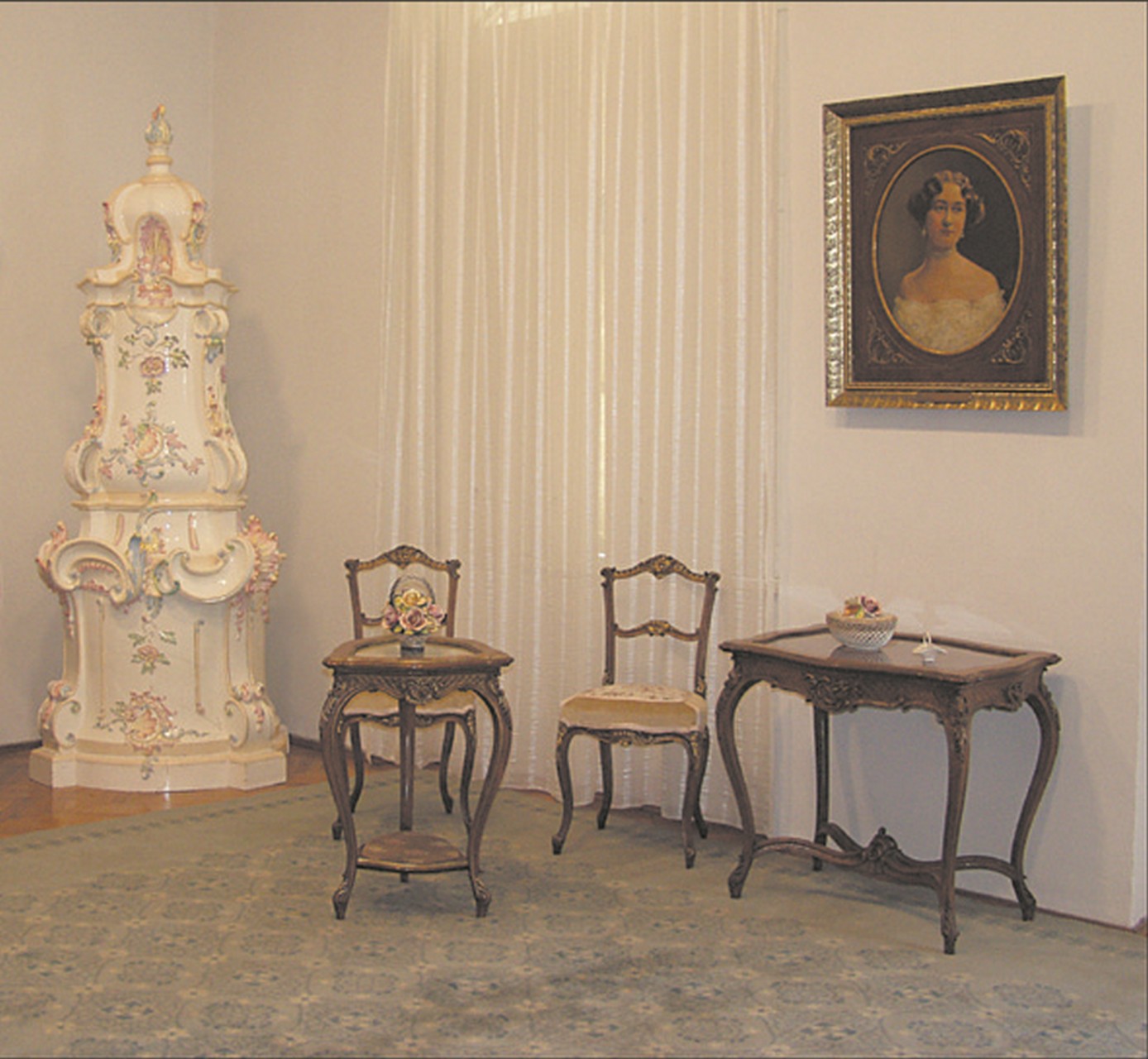 © G.Muzej Sombor
© G.Muzej Sombor
Interiors of civic houses
The second half of the 19th century was a period when the revival of the styles of the past was in full swing in Europe, reaching its peak before the end of the century This trend was dictated by the wealthy bourgeoisie who wanted splendour, luxury, opulence, and comfort in...
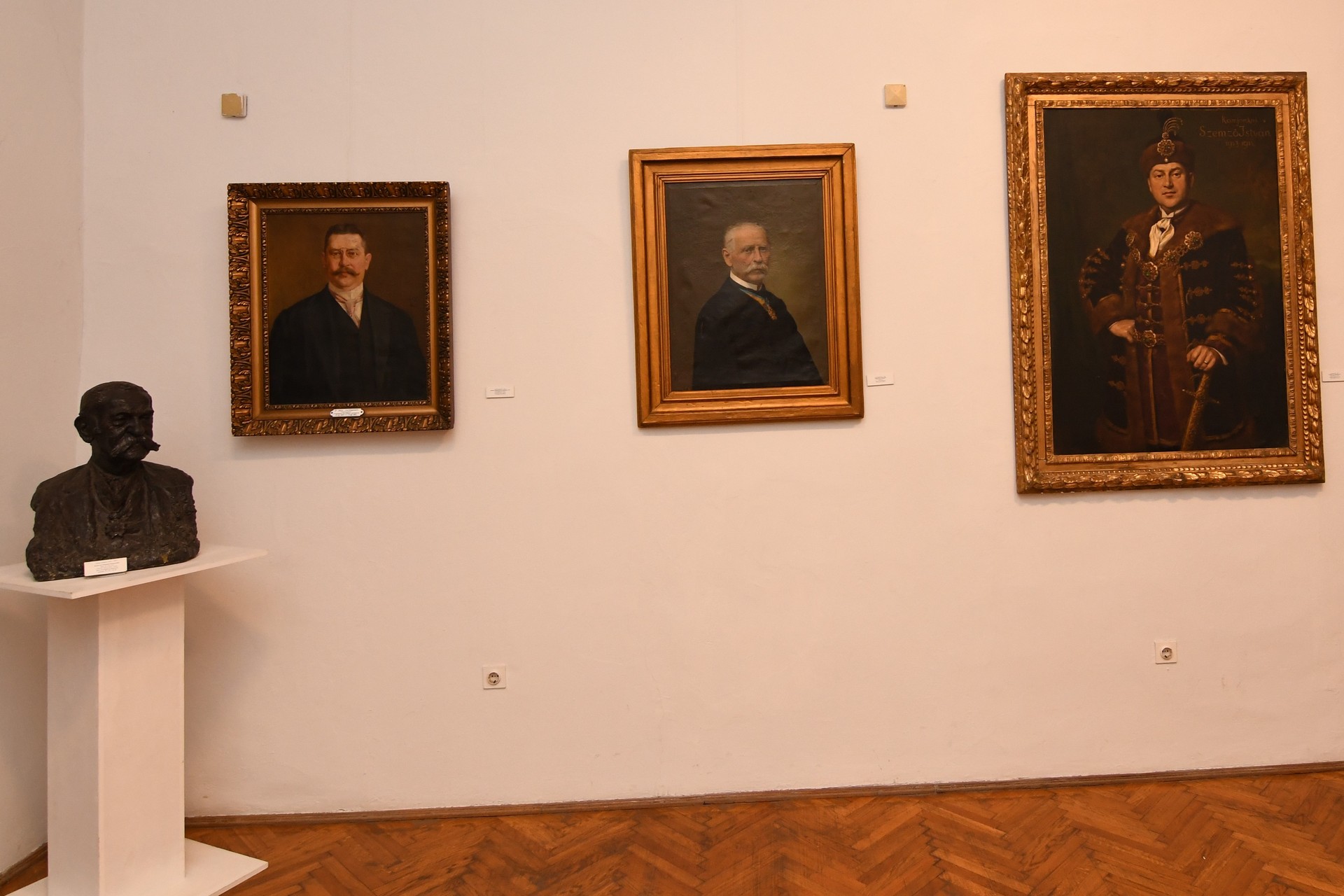 © G.Muzej Sombor
© G.Muzej Sombor
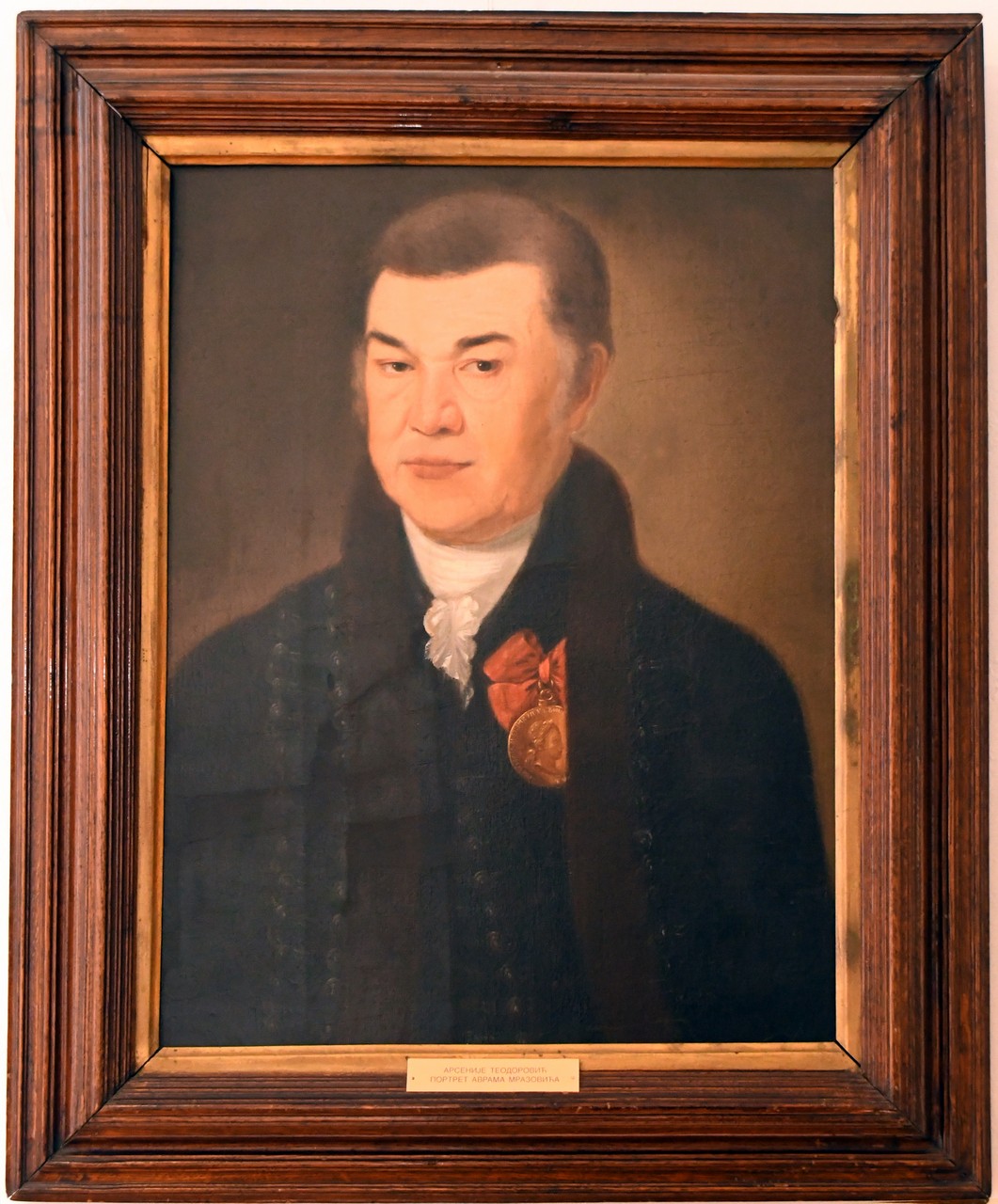 © G.Muzej Sombor
© G.Muzej Sombor
Significant people from Sombor
The gallery of portraits of famous Sombor citizens includes a concise selection of very important civic portraits from the beginning of the 19th century to the interwar period The most represented portrait painter is Uroš Predić (1857-1953), a representative of academic realism educated in Vienna. Predić’s works are portraits of:...
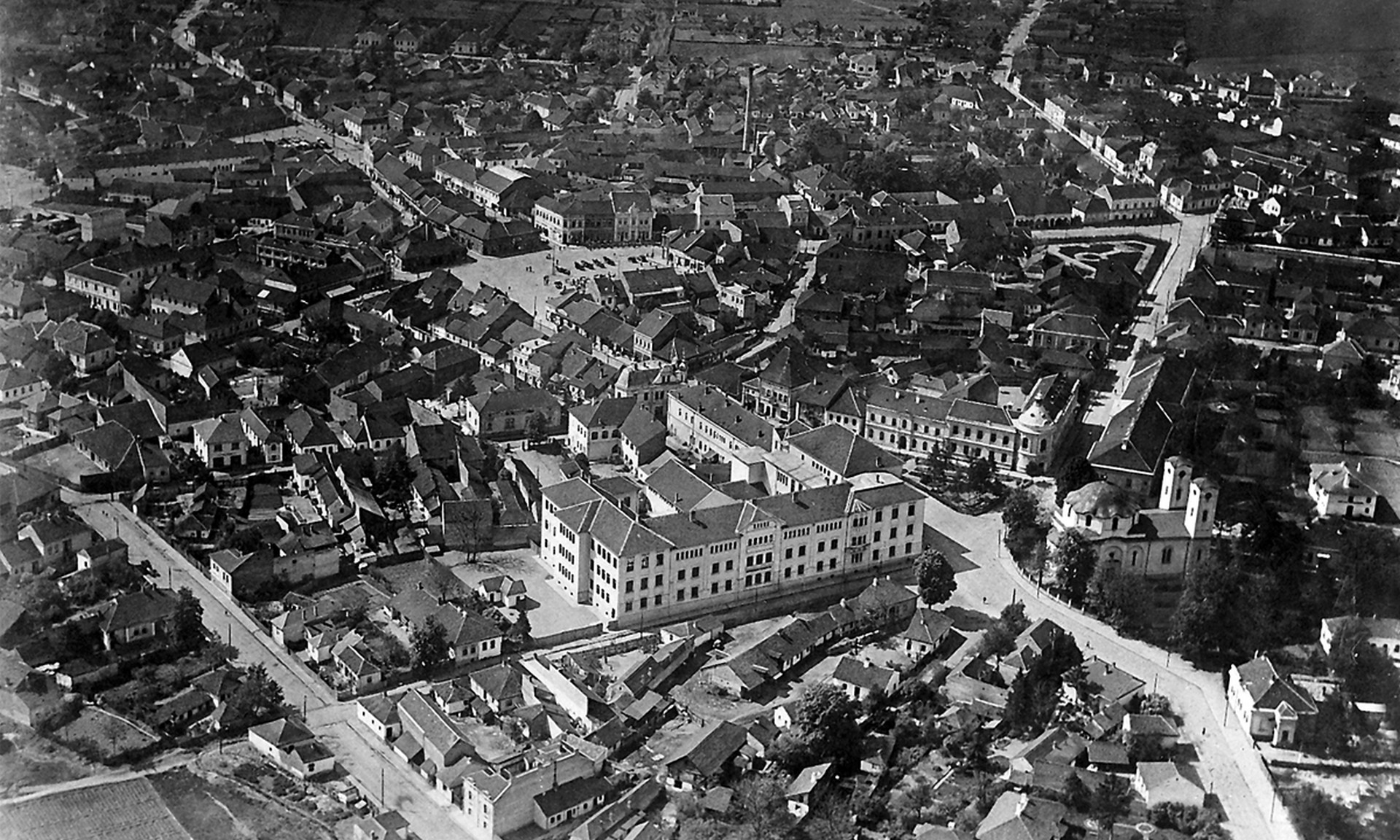 © N.Muzej Čačak
© N.Muzej Čačak
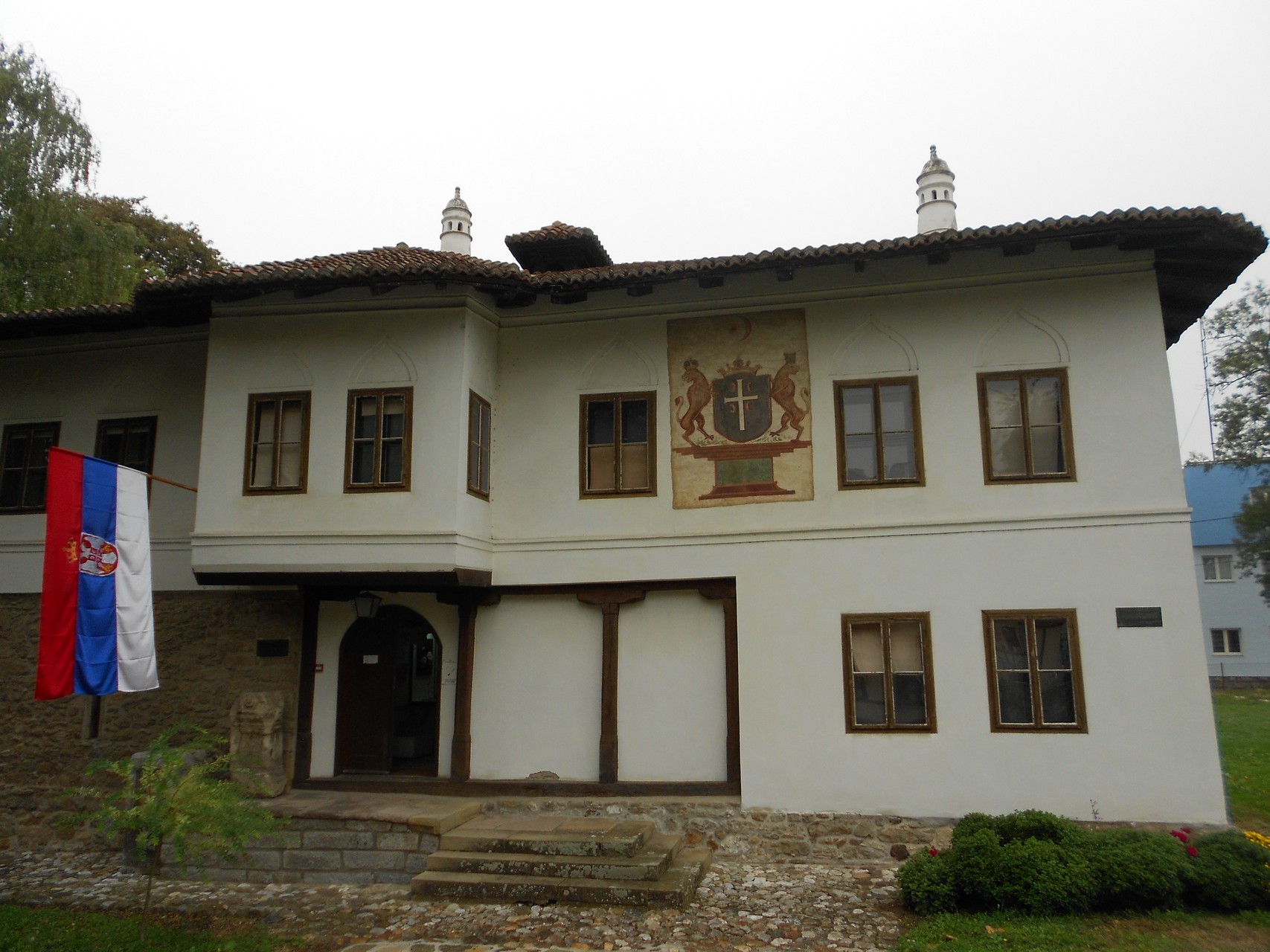 © N.Muzej Čačak
© N.Muzej Čačak
Welcome
The National Museum in Čačak is a complex institution that takes care of the cultural heritage of Čačak and its immediate surroundings, including the area of Dragačevo and Ivanjica Identity are based on research and presentation of remnants of the past, from paleontology and archeological artifacts through folk and artistic...
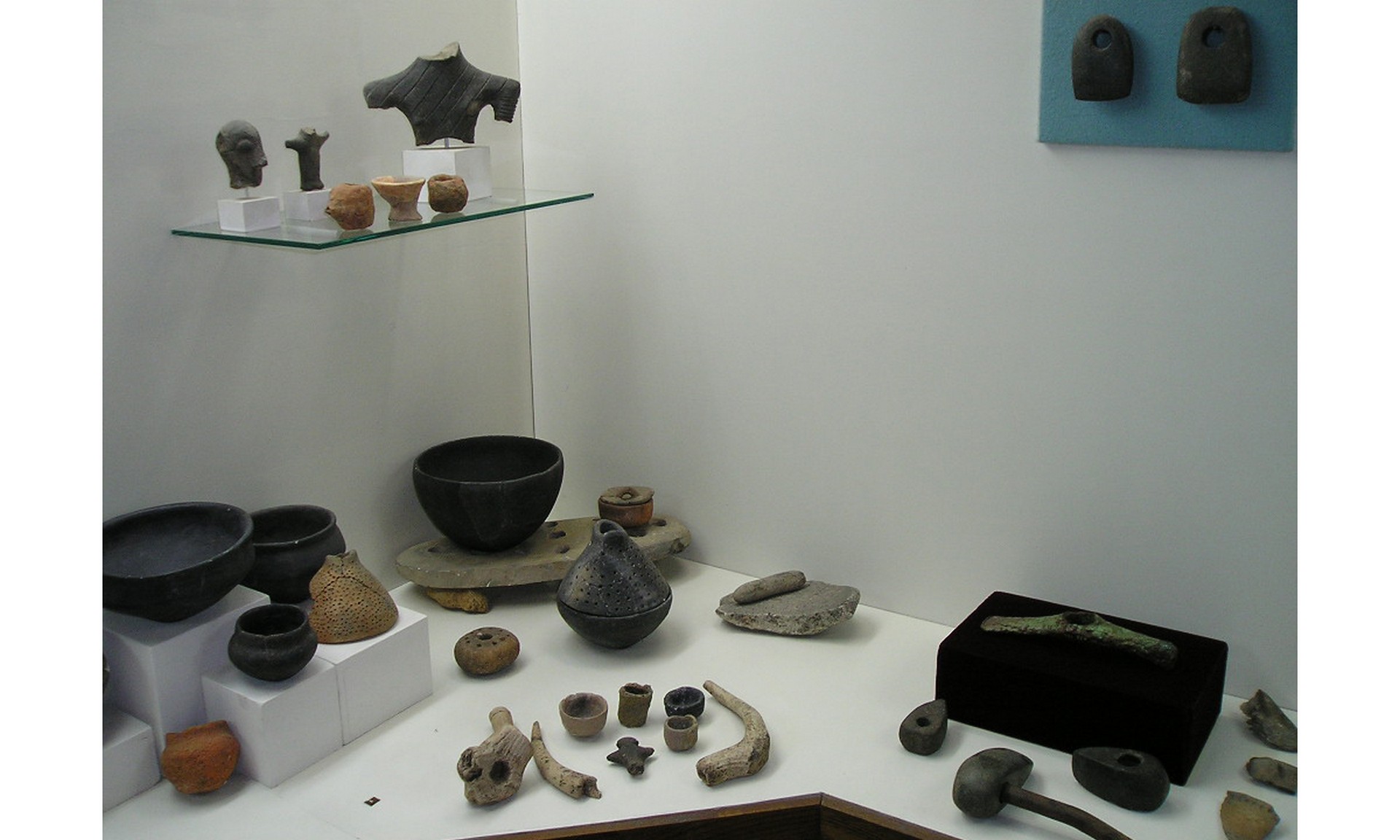 © N.Muzej Čačak
© N.Muzej Čačak
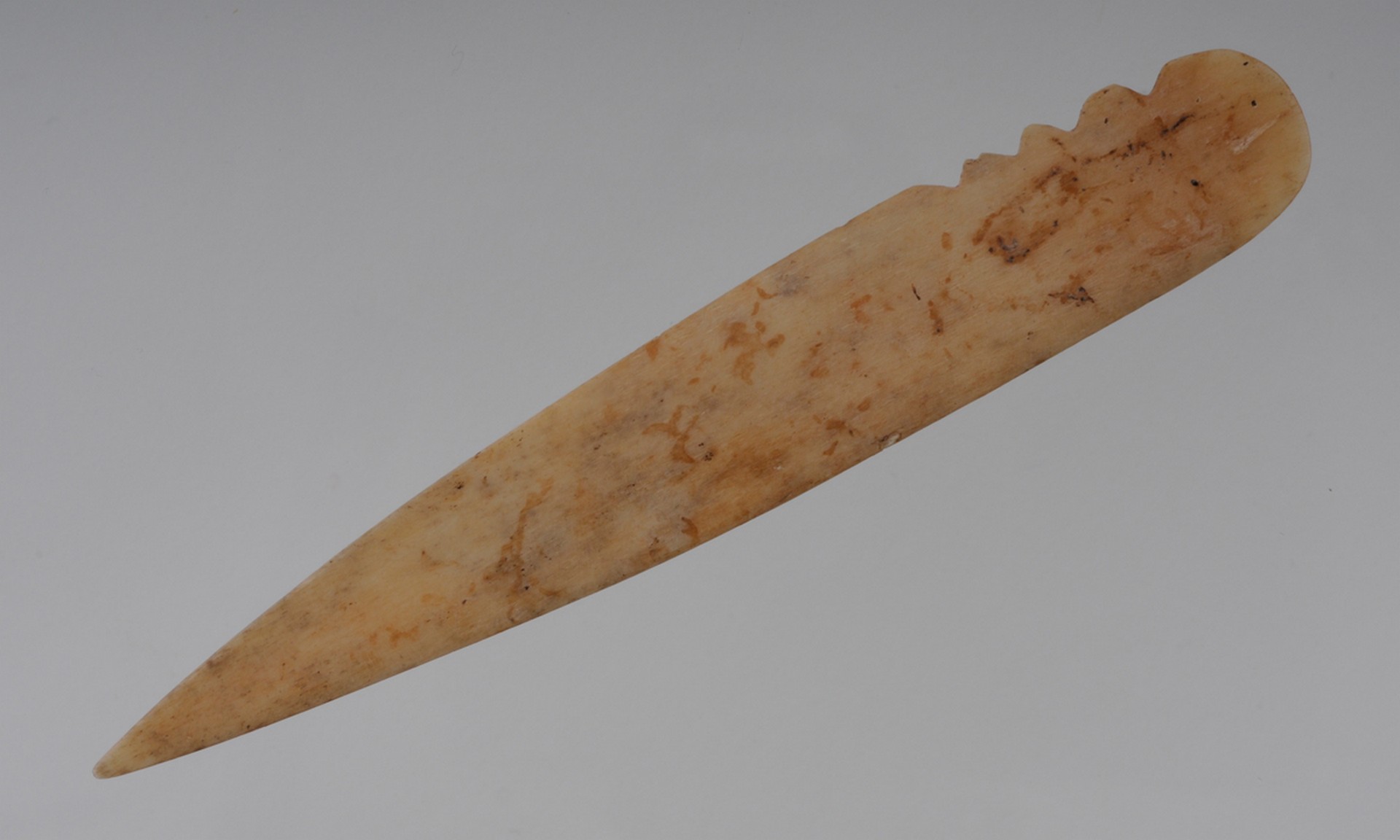 © N.Muzej Čačak
© N.Muzej Čačak
 © N.Muzej Čačak
© N.Muzej Čačak
The Neolithic
In the wider central Balkan region, as well as in this part of Western Serbia, two significant, successive cultures developed and were named after eponymous sites: Starčevo from 6200 to 5300 BC and Vinča from 5300 to 4200 BC In the Čačak area, several sites from different phases of the...
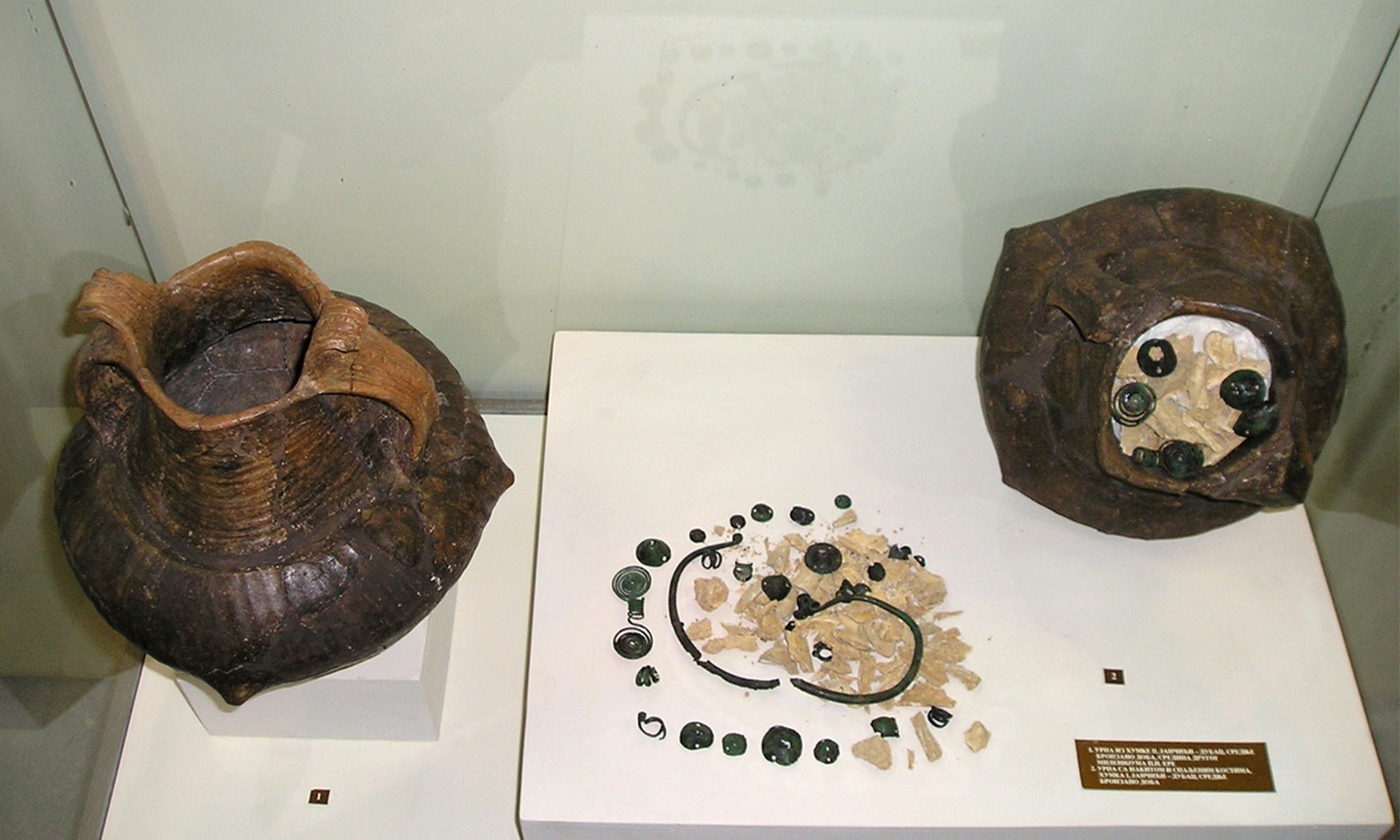 © N.Muzej Čačak
© N.Muzej Čačak
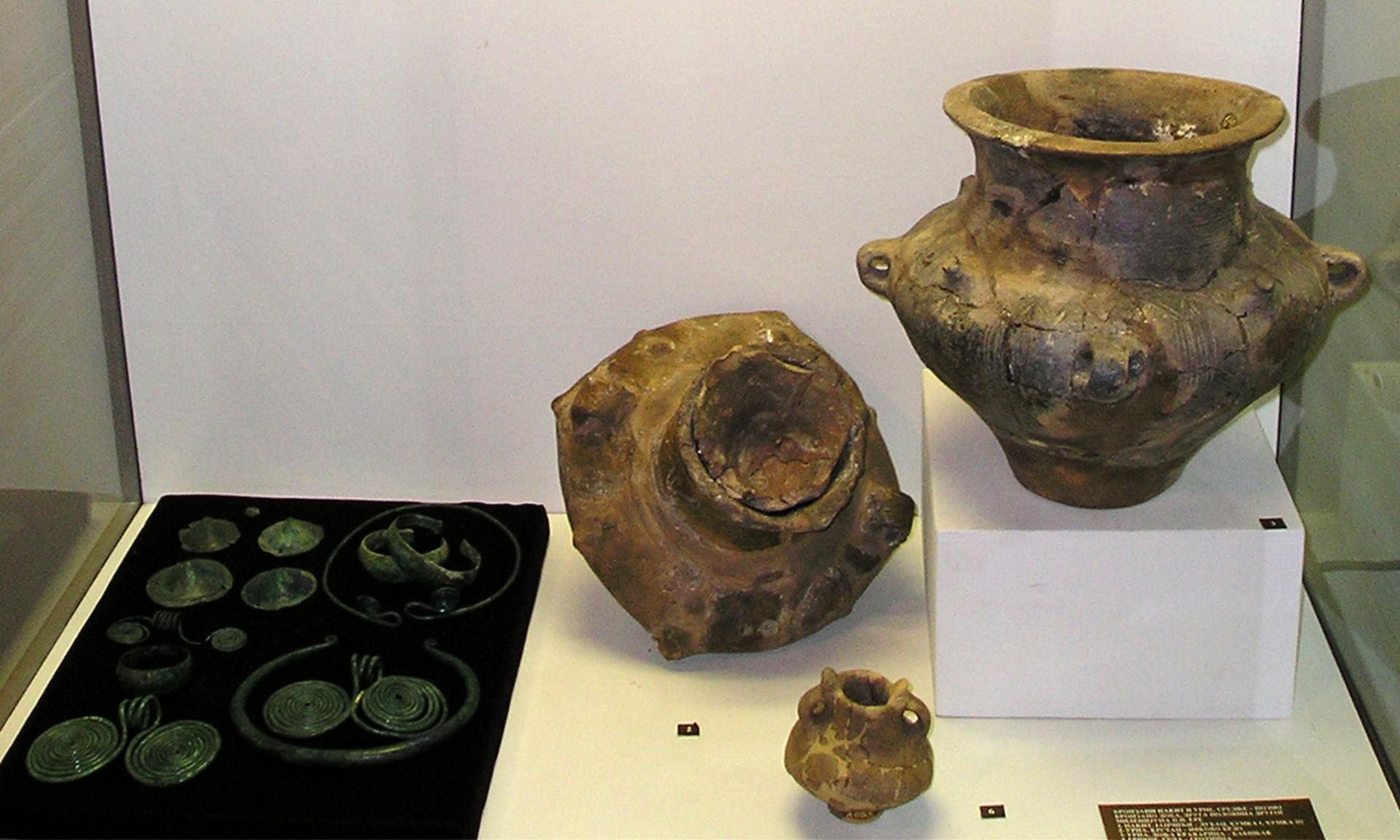 © N.Muzej Čačak
© N.Muzej Čačak
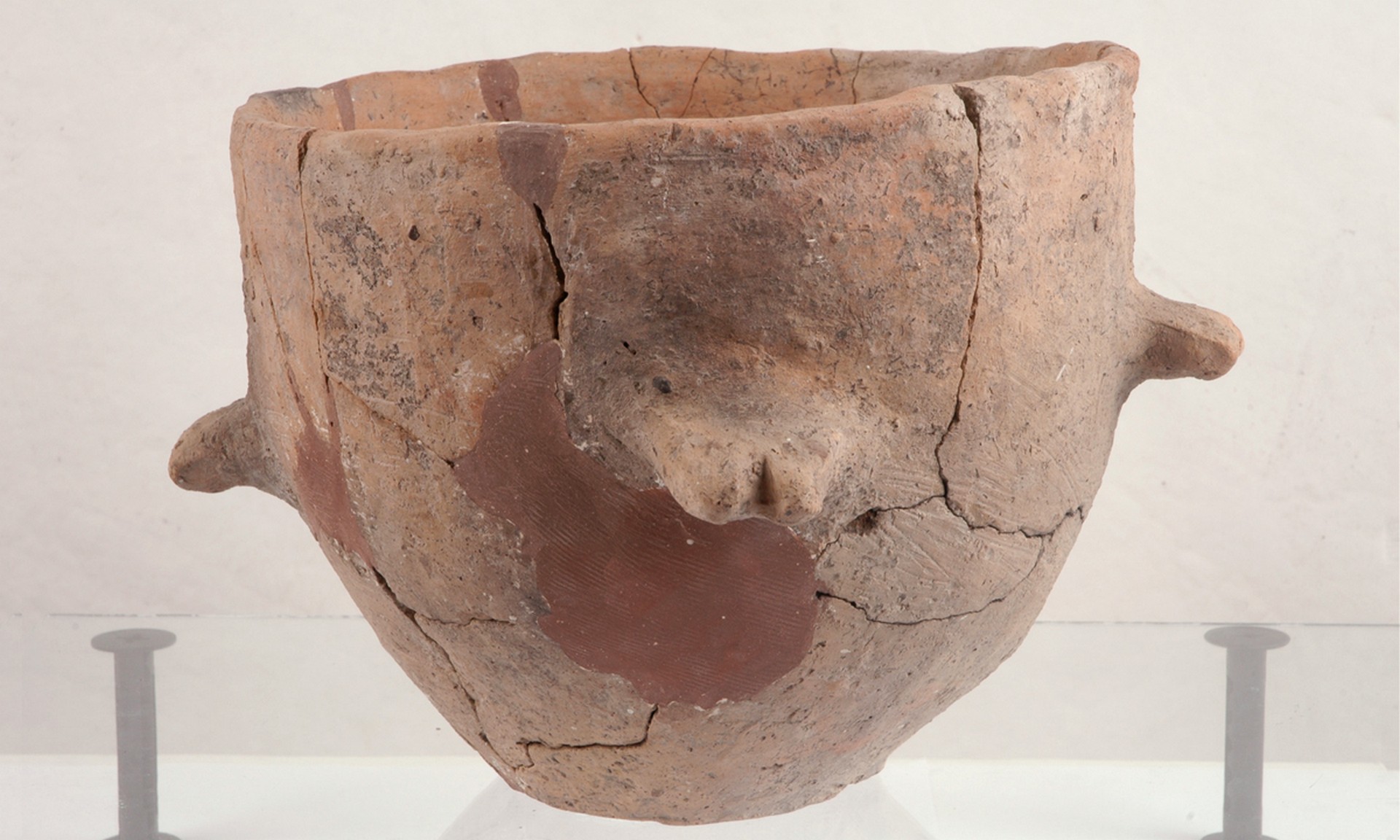 © N.Muzej Čačak
© N.Muzej Čačak
The Bronze Age
Apart from the mass use of bronze for making weapons and characteristic jewellery, the biggest peculiarity of this period – which lasted from about the second half of the third and throughout the second millennium BC – was a completely new attitude towards the cult of the dead Settlements were...
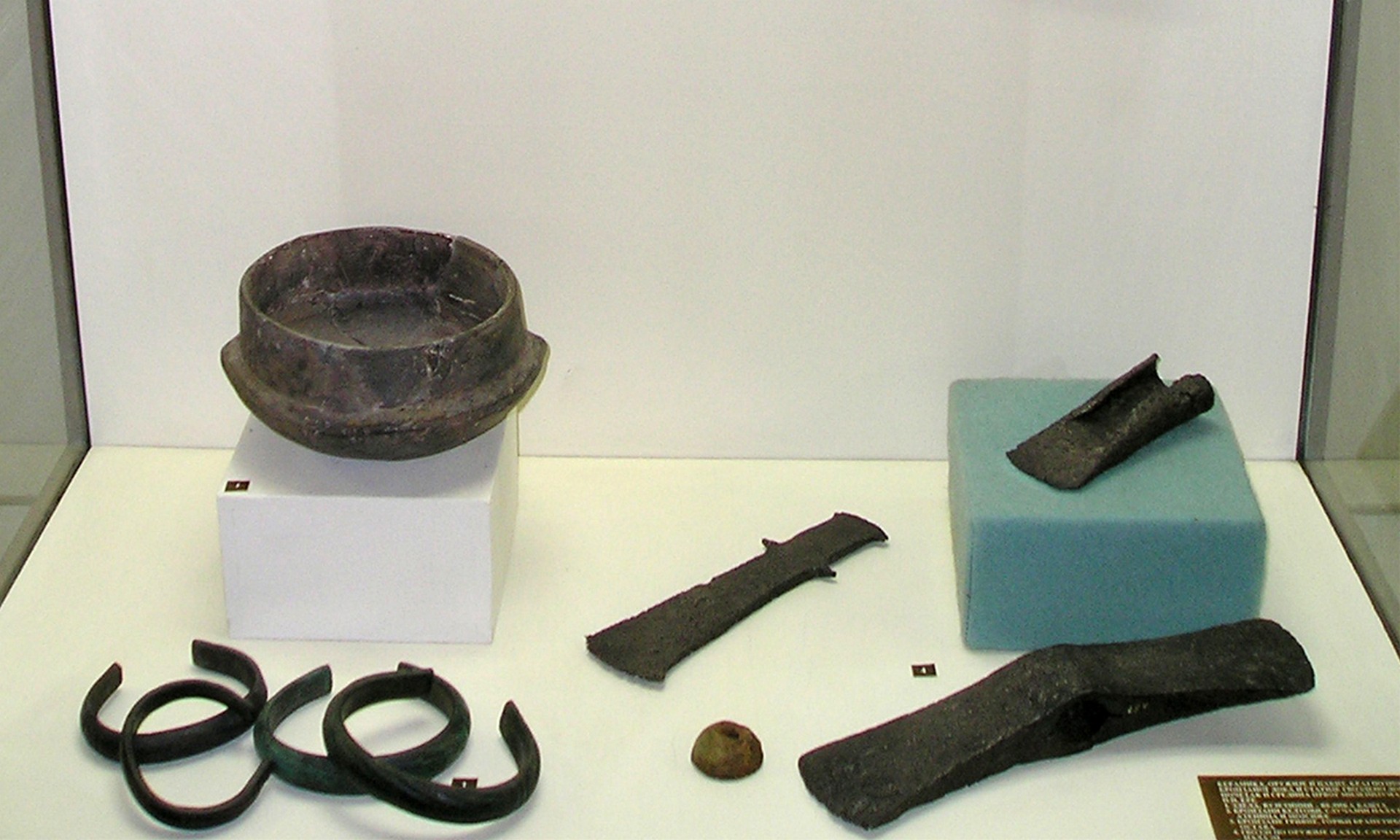 © N.Muzej Čačak
© N.Muzej Čačak
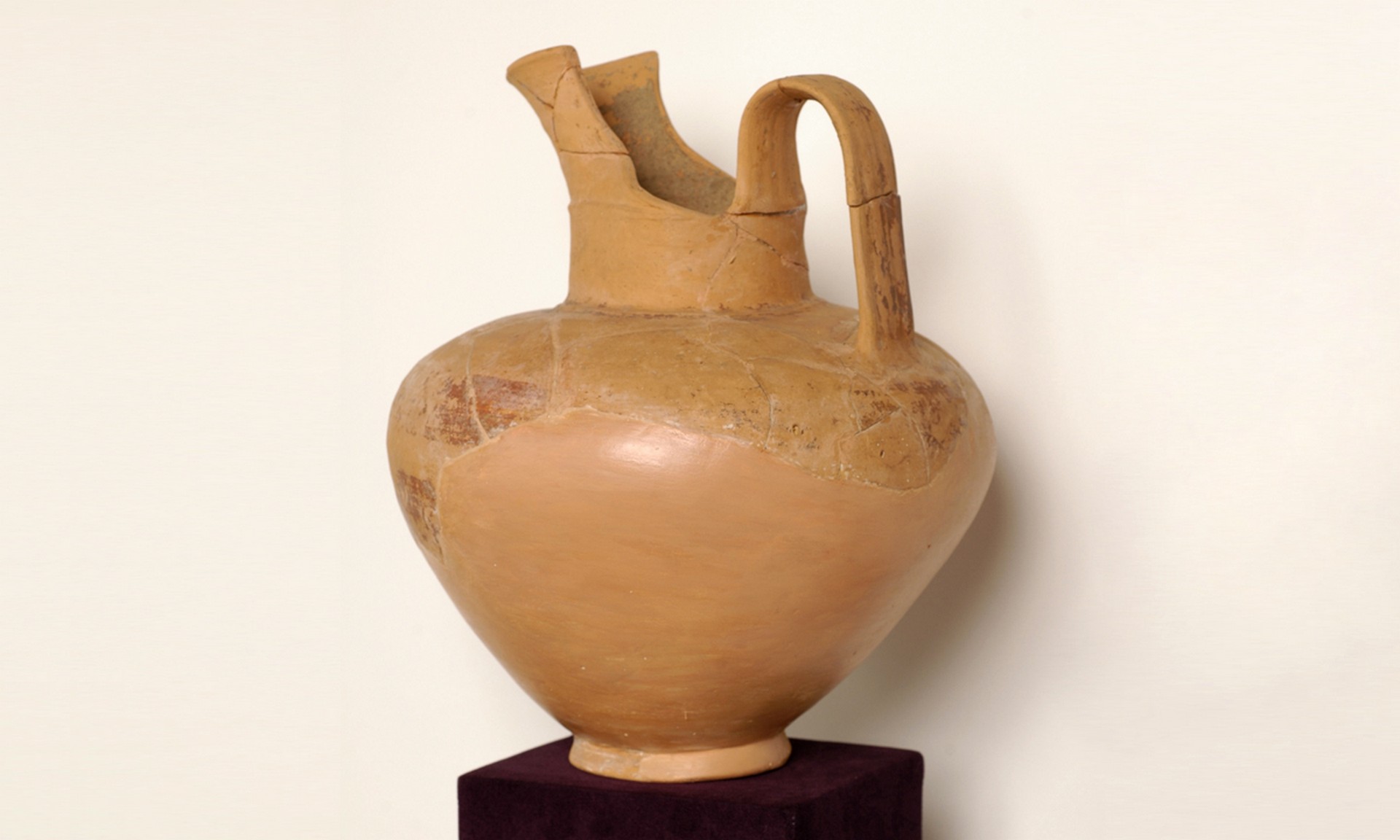 © N.Muzej Čačak
© N.Muzej Čačak
 © N.Muzej Čačak
© N.Muzej Čačak
The Iron Age
The Old Iron Age, or the Hallstatt, occurred after a period of unrest and migration from the end of the Bronze Age when iron came into daily use From the end of the ninth century BC, various ethnic groups were formed that marked the protohistoric period of the central Balkans,...
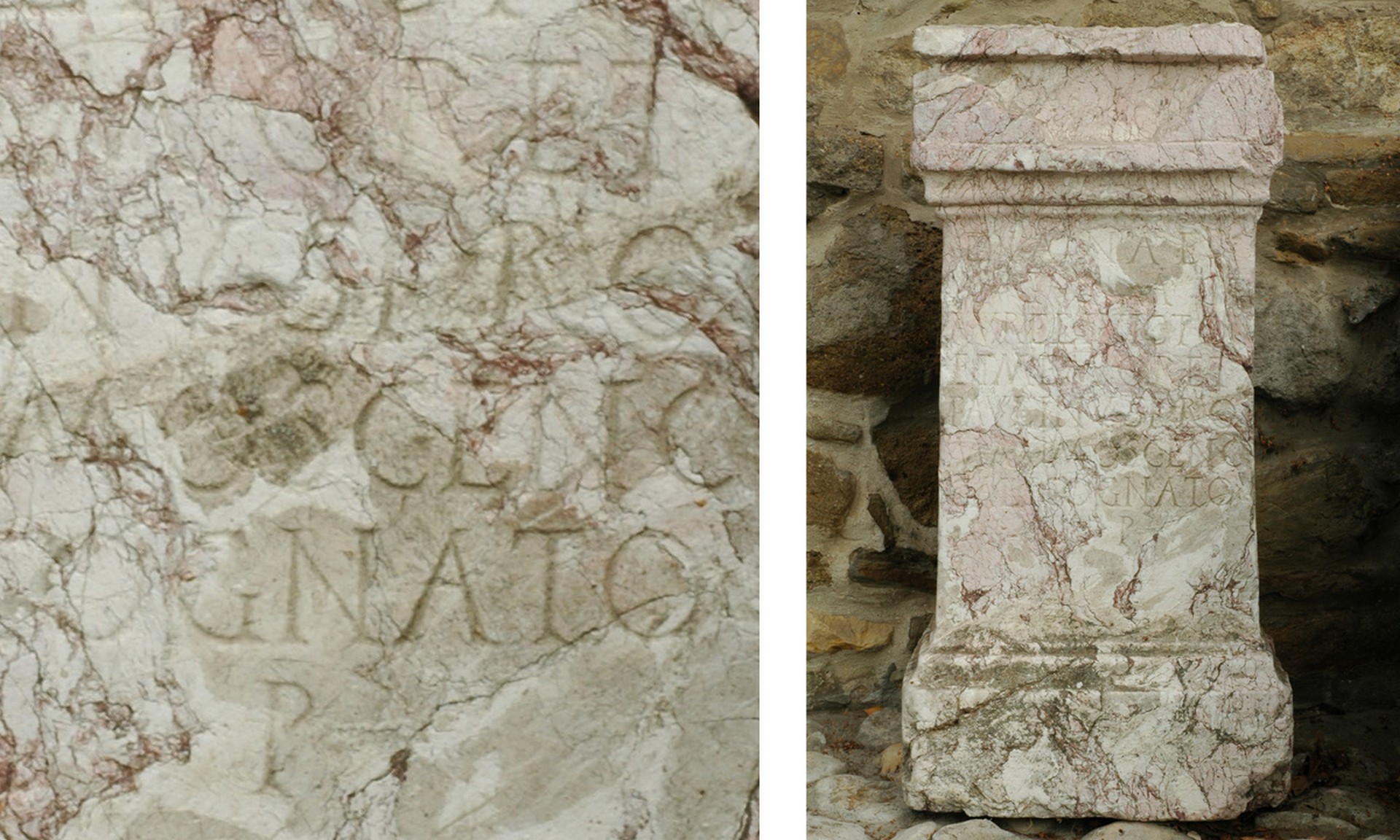 © N.Muzej Čačak
© N.Muzej Čačak
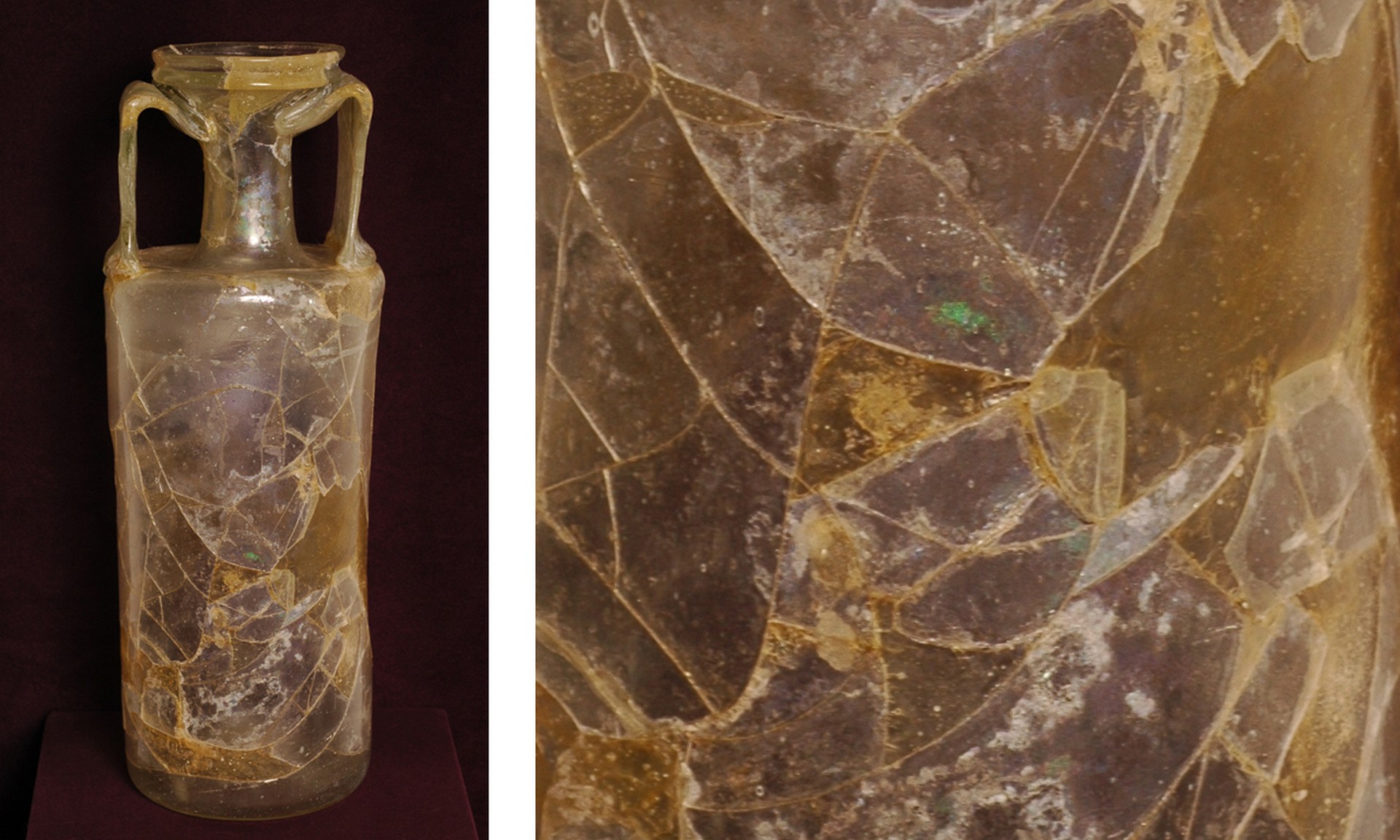 © N.Muzej Čačak
© N.Muzej Čačak
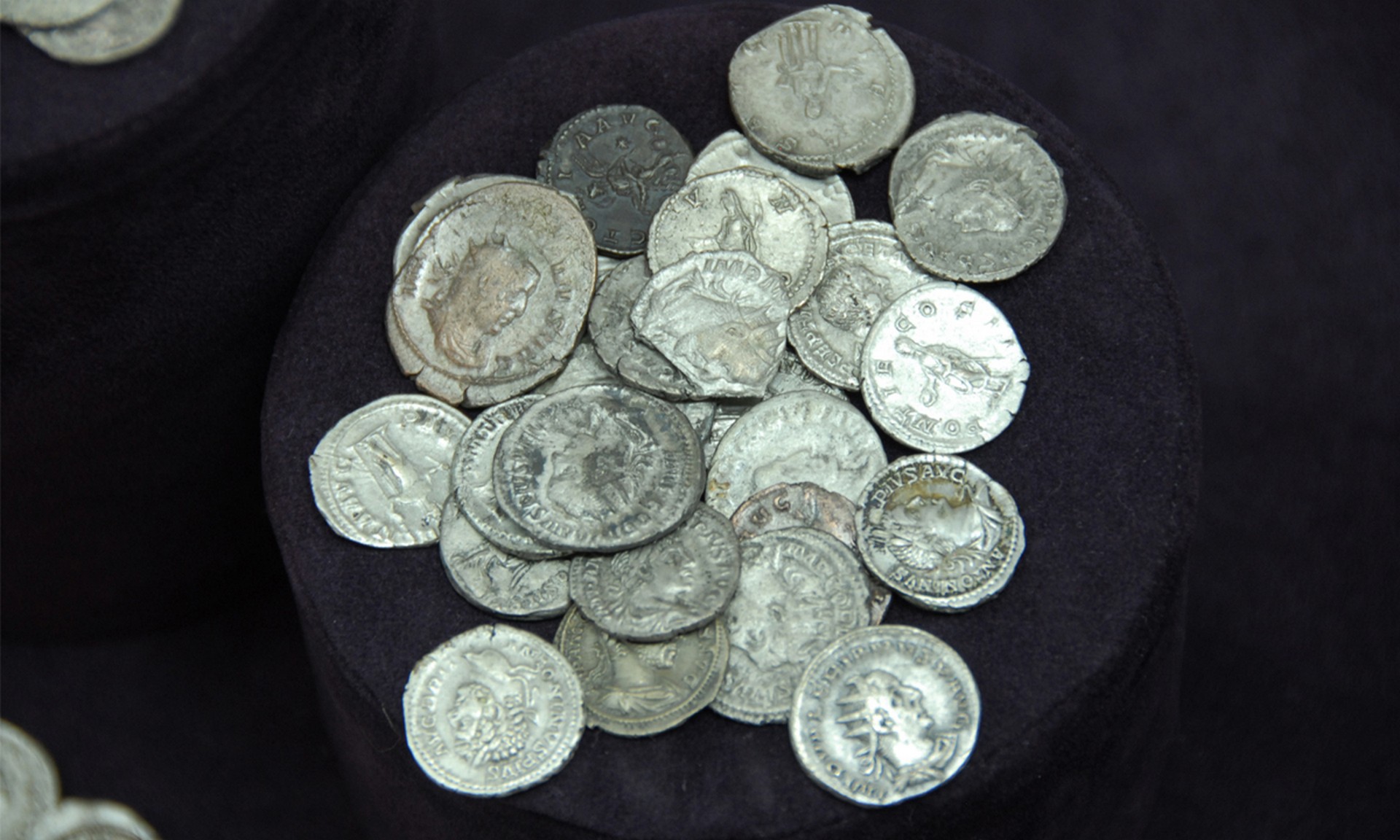 © N.Muzej Čačak
© N.Muzej Čačak
The Roman Period
Many monuments in Čačak and its surroundings testify to this period, where we can single out Roman baths – one in the center of Čačak and the other in Beljina – which were modest imitations shaped after classical Roman models. The method of construction and the floor heating system, called...
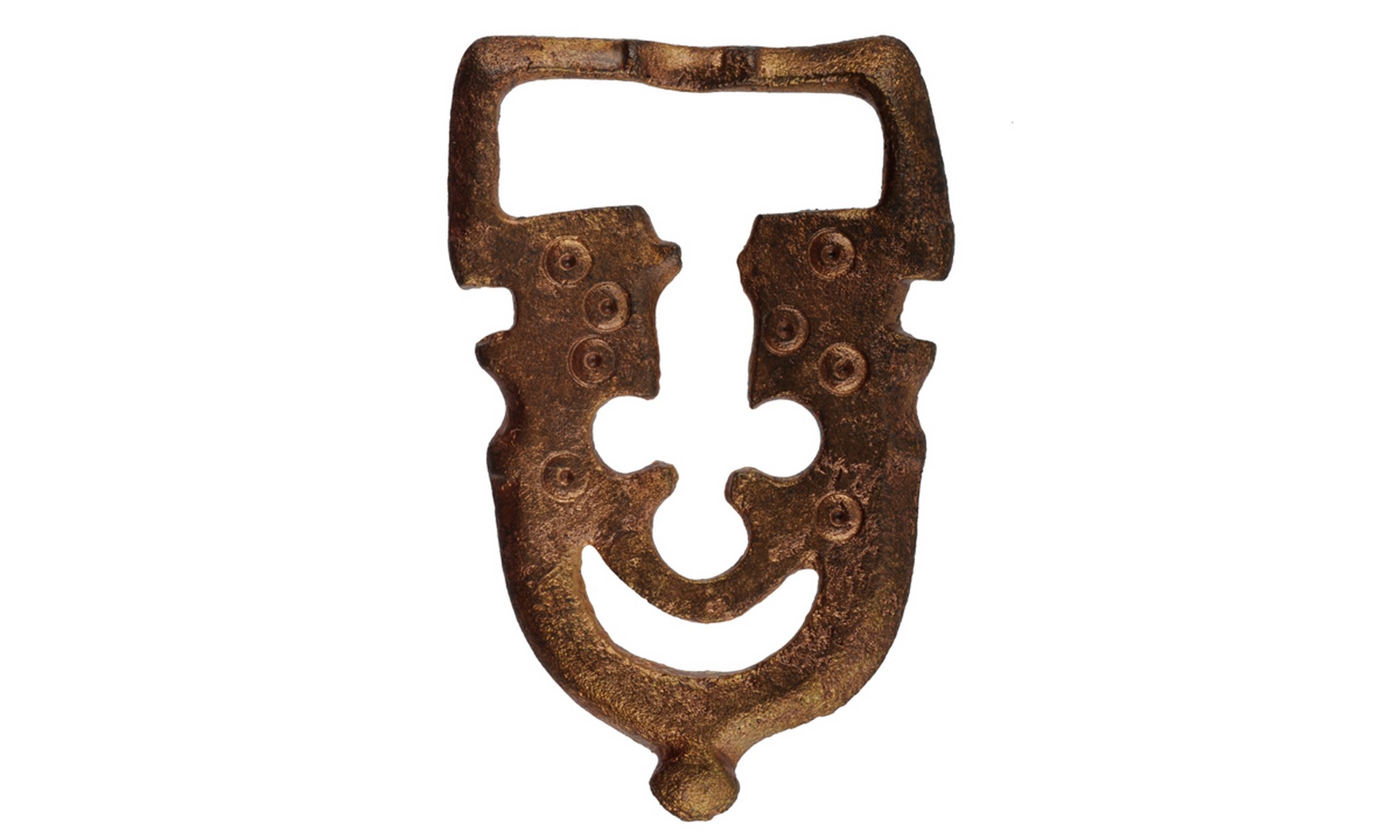 © N.Muzej Čačak
© N.Muzej Čačak
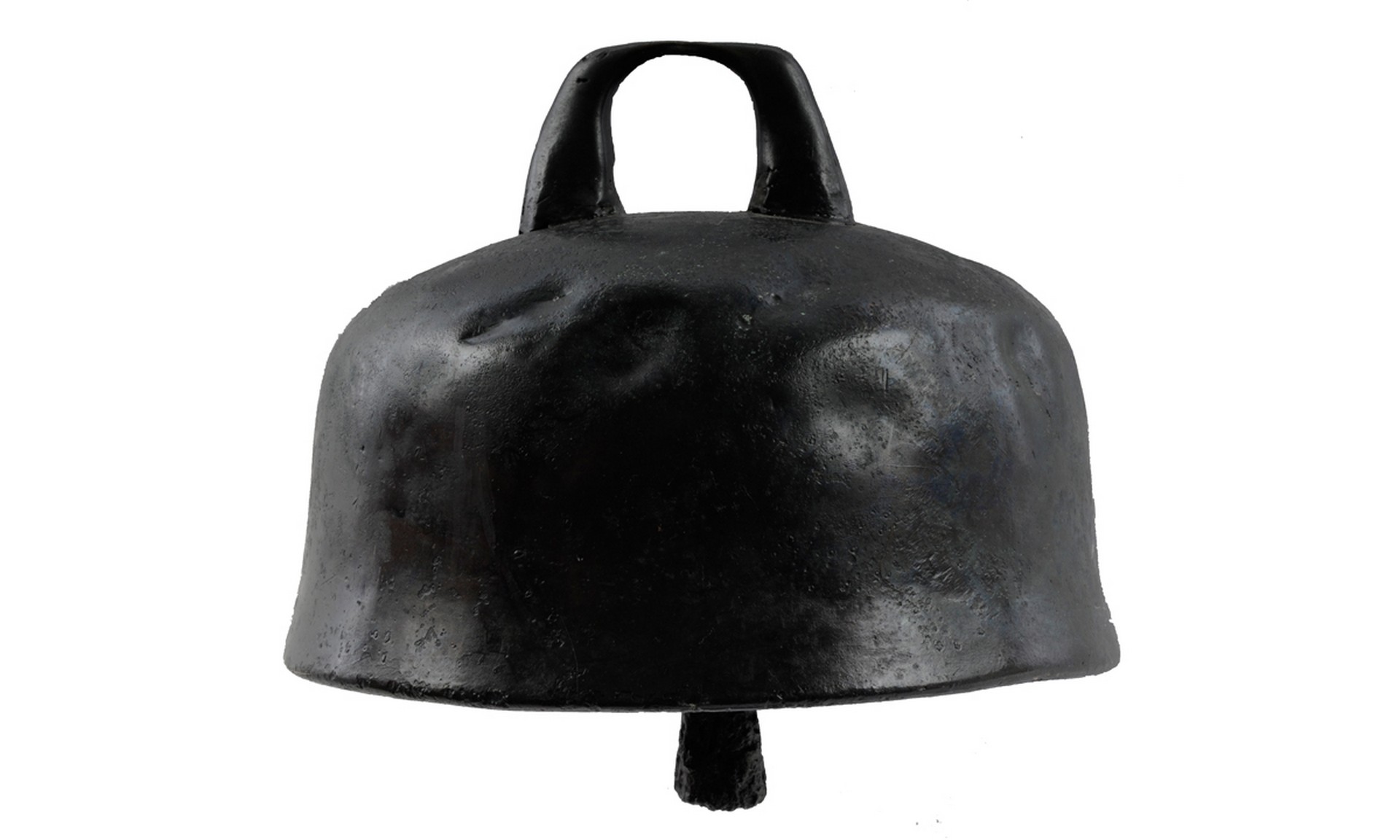 © N.Muzej Čačak
© N.Muzej Čačak
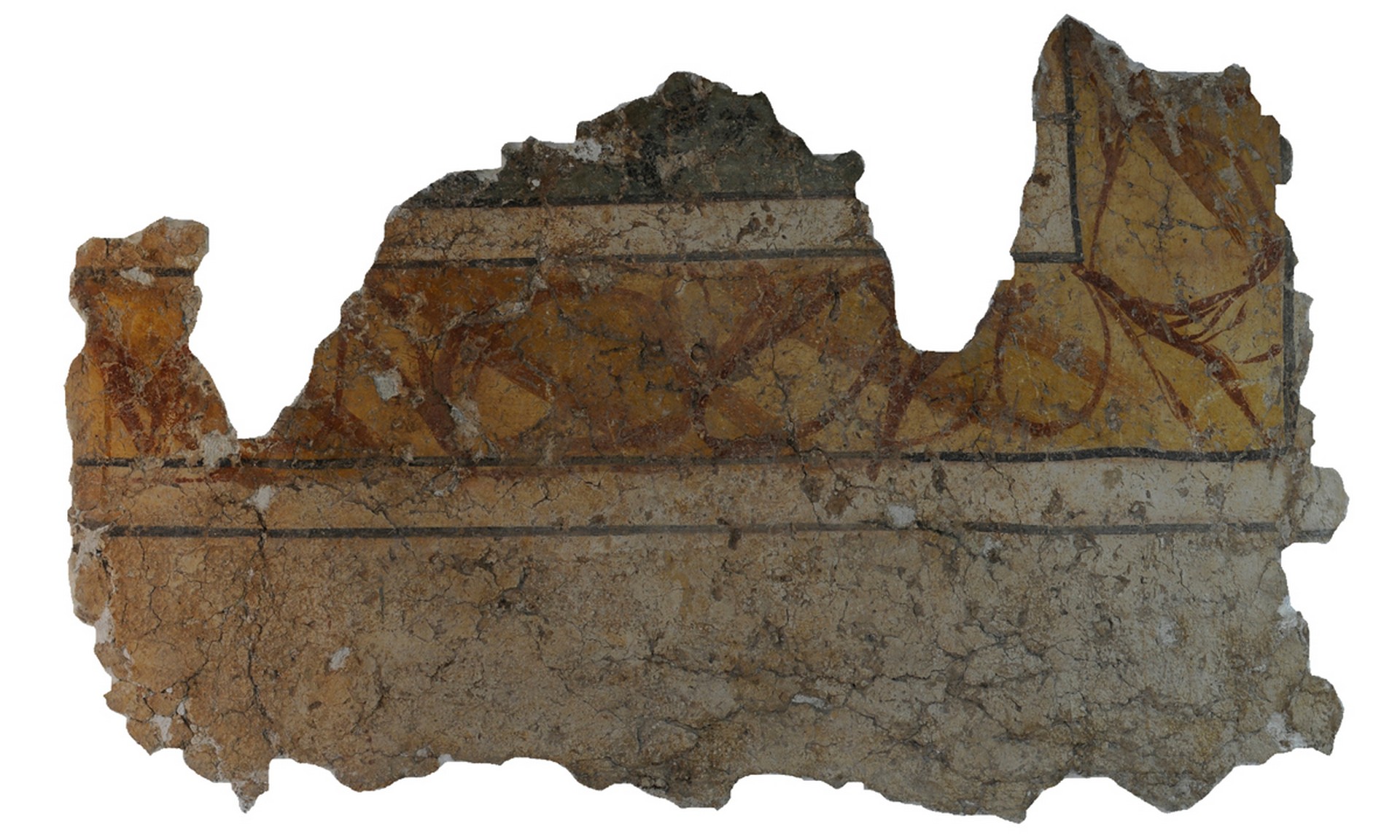 © N.Muzej Čačak
© N.Muzej Čačak
The Early Byzantum
After the invasion of the Huns in the middle of the fifth century, there was a gradual consolidation of the power of the Eastern Roman Empire in the Balkans In this territory, several forts from this period have been found and probed. The largest and most important of them as...
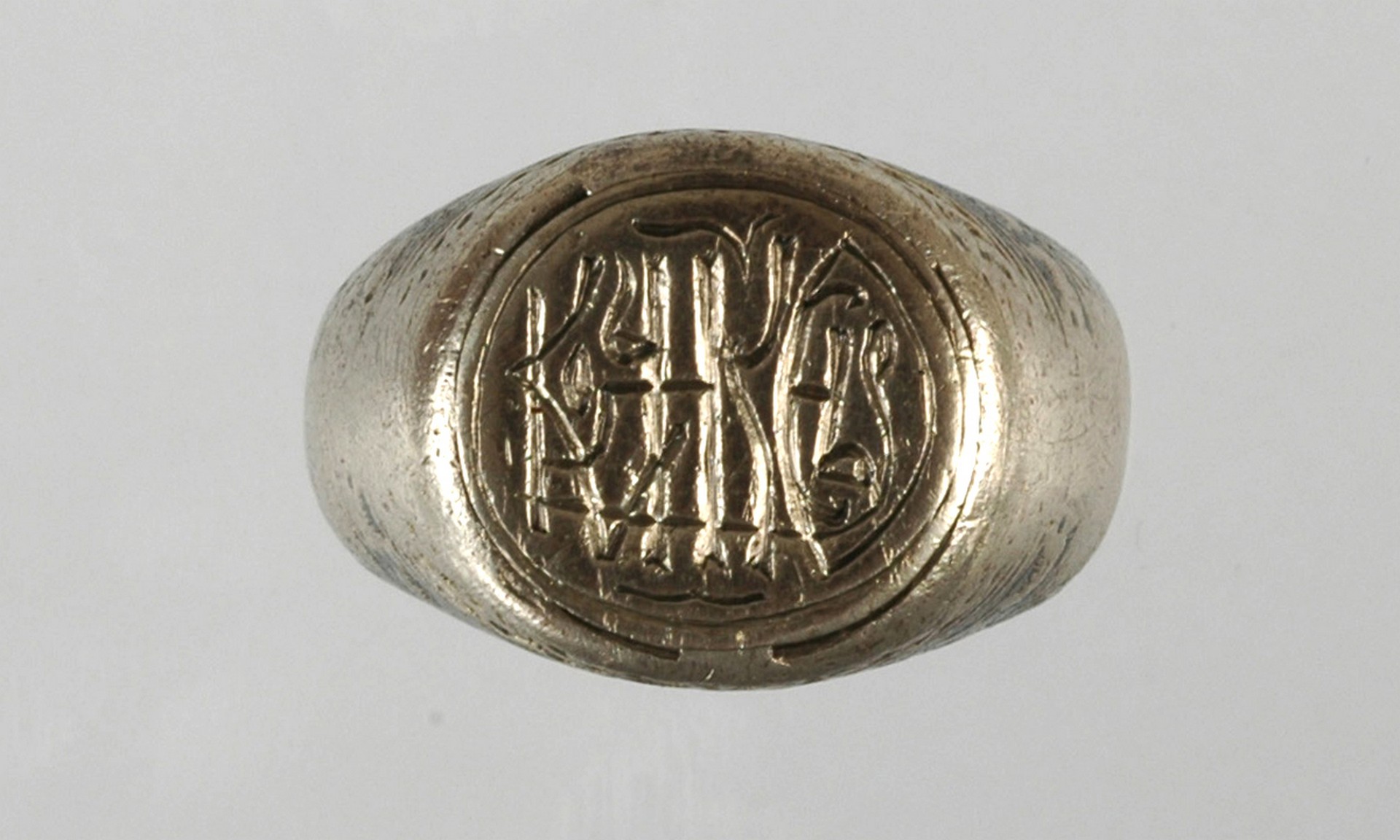 © N.Muzej Čačak
© N.Muzej Čačak
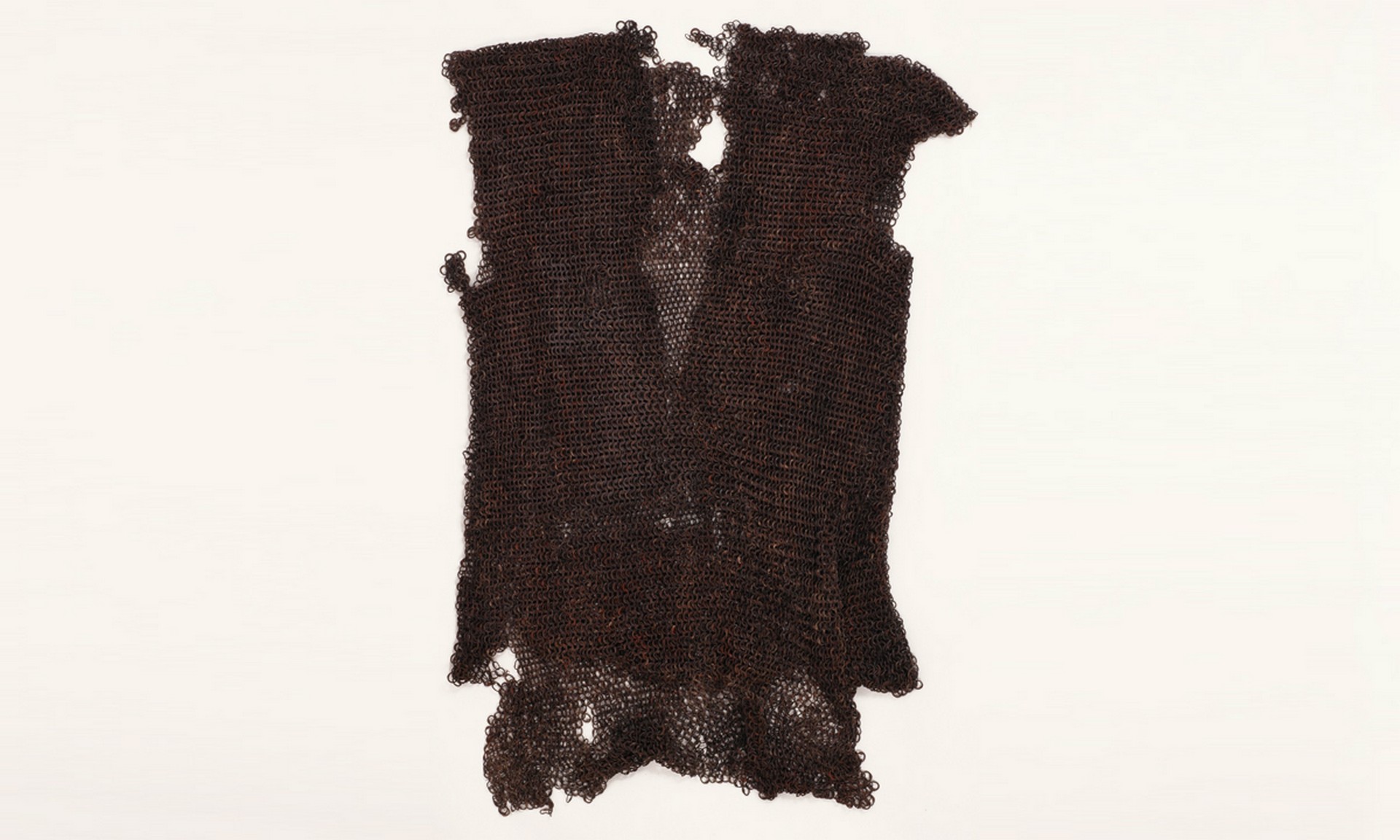 © N.Muzej Čačak
© N.Muzej Čačak
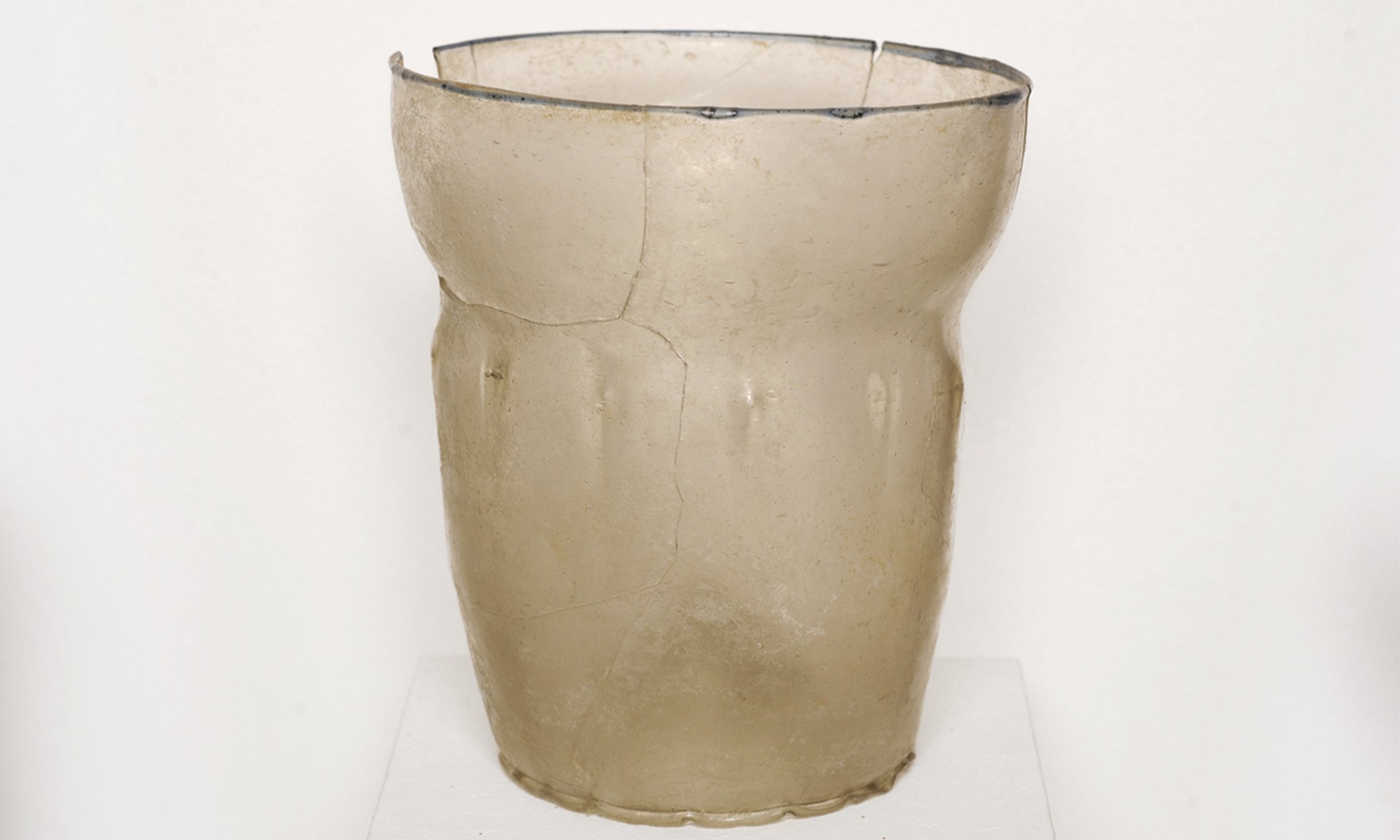 © N.Muzej Čačak
© N.Muzej Čačak
The Middle Age
The invasions of the Slavs and Pannonian Avars in the sixth and seventh centuries became more frequent, and they stayed in the Byzantine territory for longer The oldest discovered traces of Serbs in this area come from the locality of Kulina below Kablar Mountain near Čačak. The presented findings of...
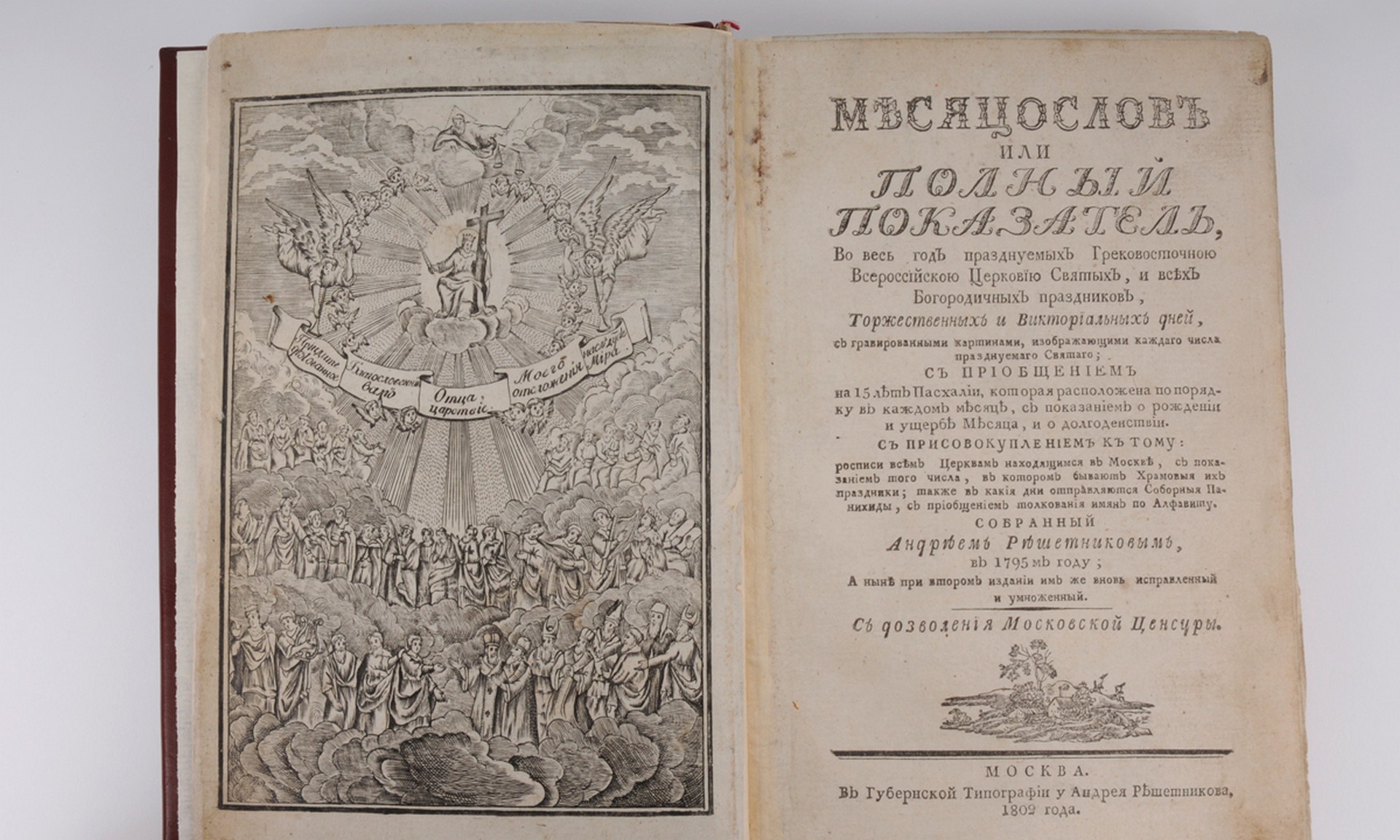 © N.Muzej Čačak
© N.Muzej Čačak
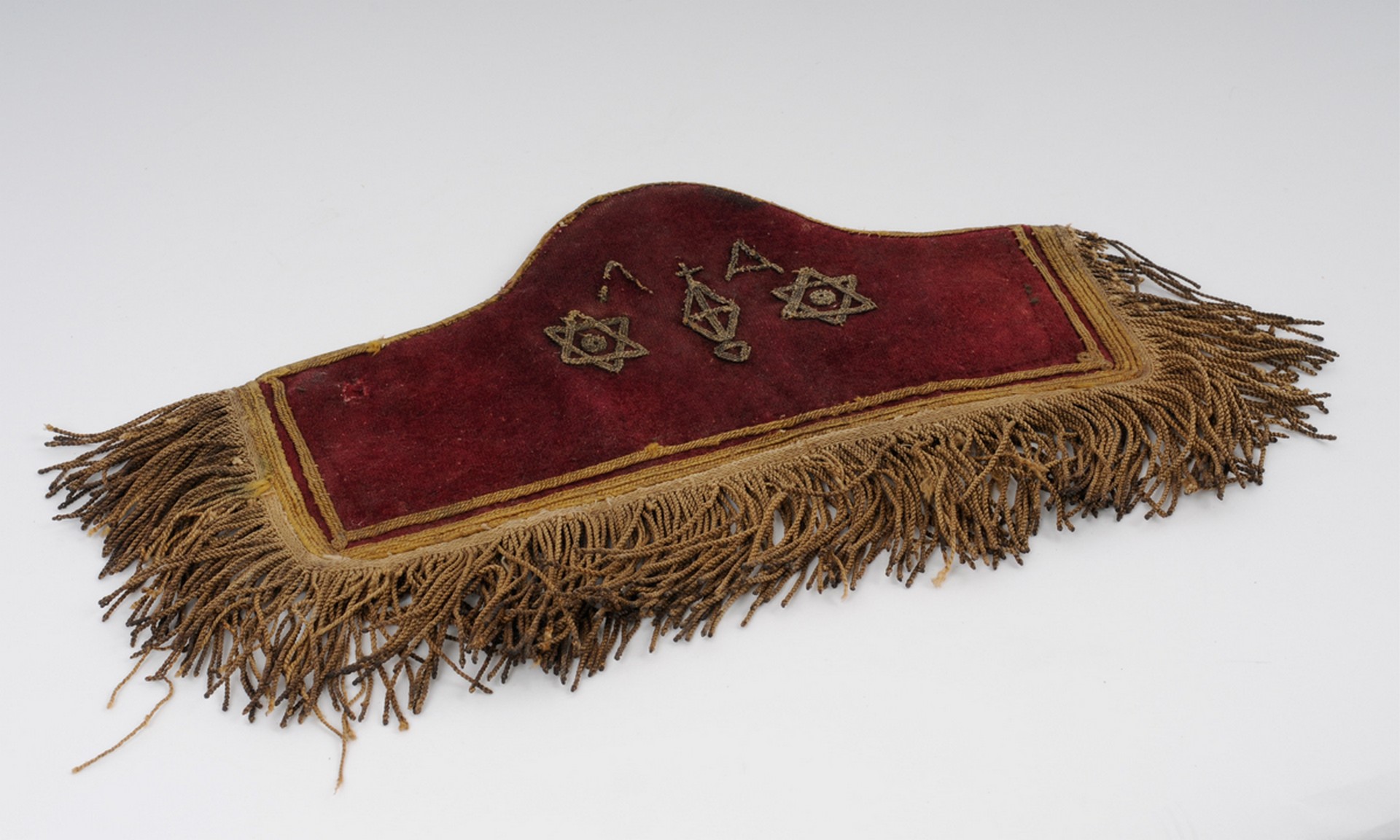 © N.Muzej Čačak
© N.Muzej Čačak
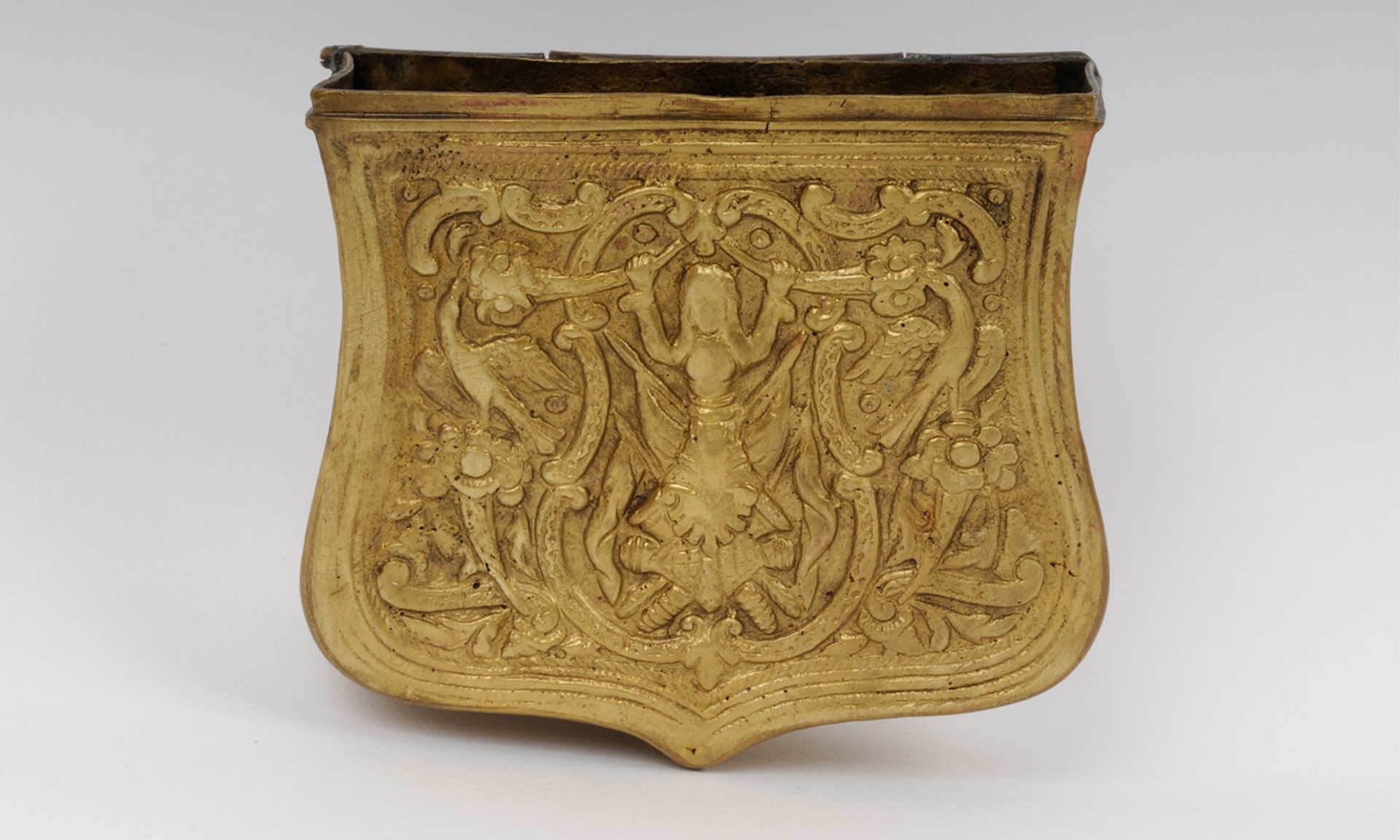 © N.Muzej Čačak
© N.Muzej Čačak
The First Serbian Uprising
The First Serbian Uprising against the Turks started on February 14, 1804, in Orašac, and quickly spread to the Čačak area The insurgents, under the command of Lazar Mutap and Milić Drinčić, entered Čačak on April 5, 1804 In the insurgent battles in the valley of the West Morava during...
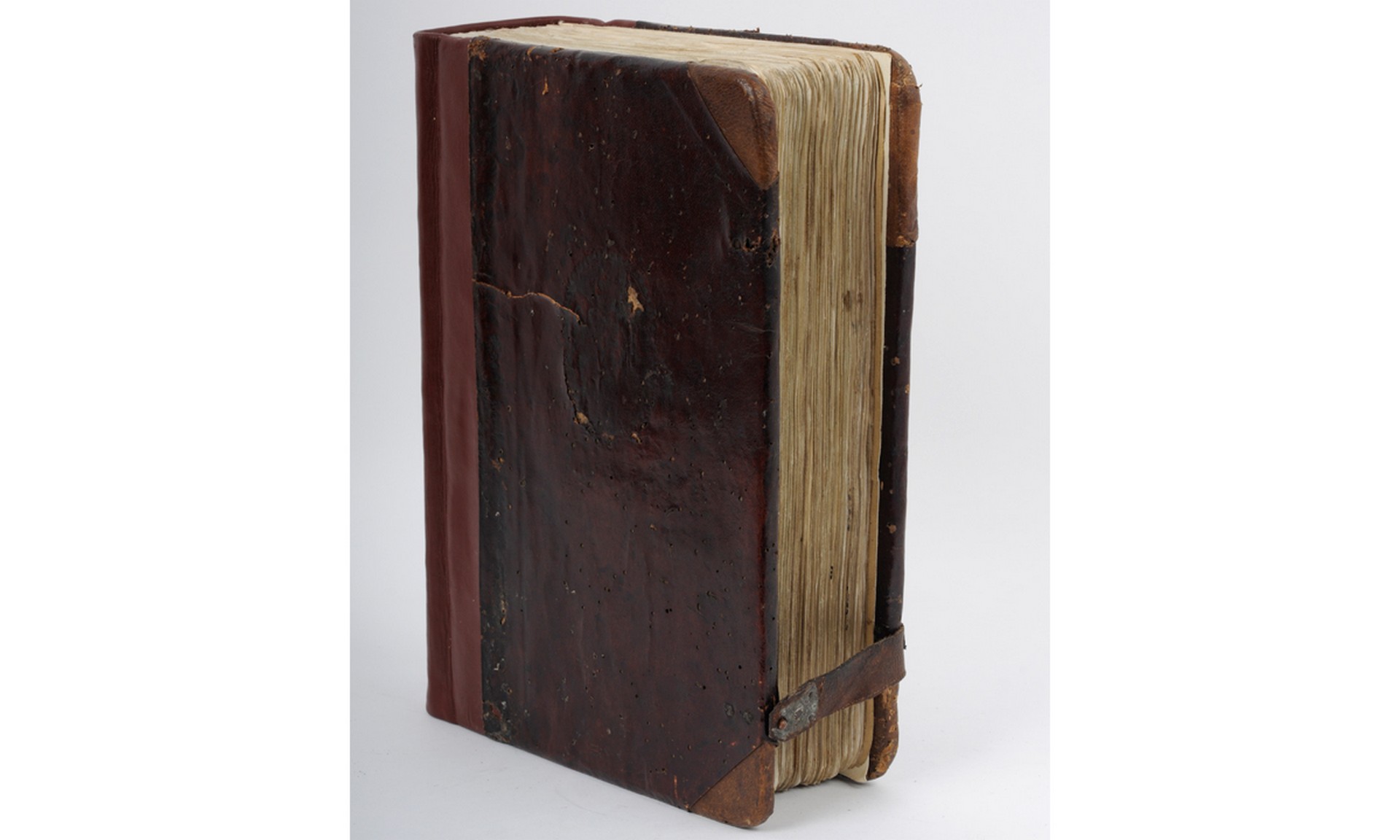 © N.Muzej Čačak
© N.Muzej Čačak
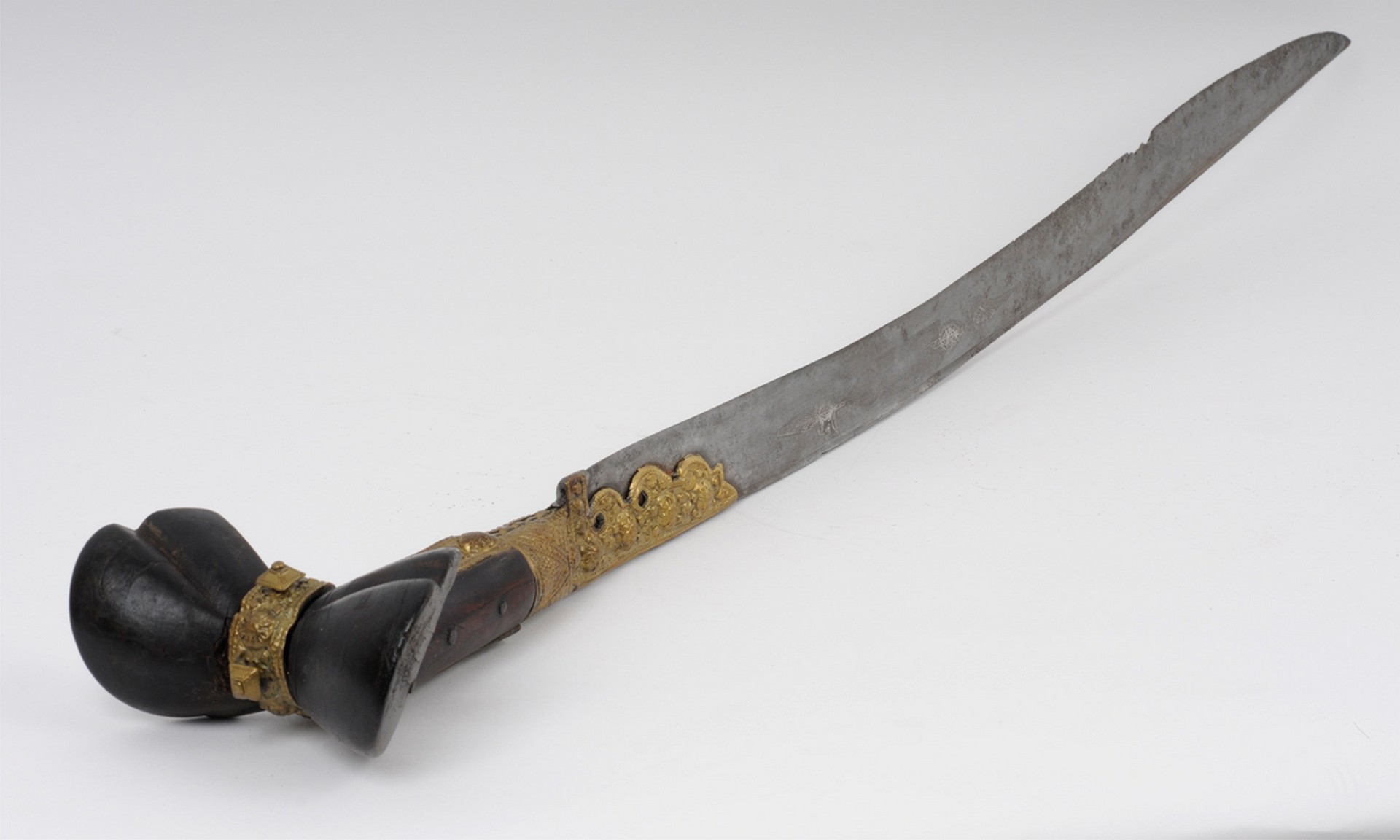 © N.Muzej Čačak
© N.Muzej Čačak
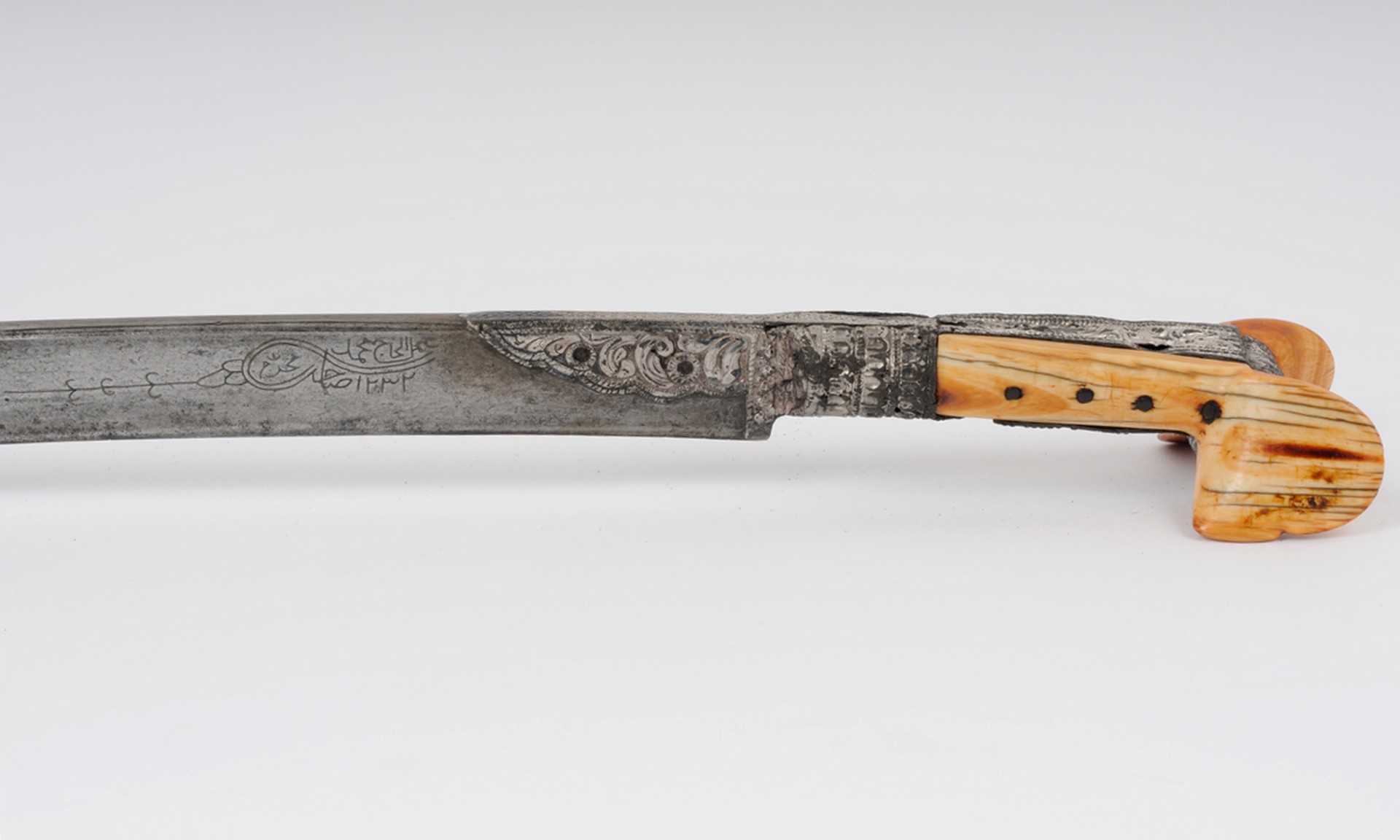 © N.Muzej Čačak
© N.Muzej Čačak
Hadži Prodan’s Rebellion
The idea of a new uprising against the Turks never disappeared. It was given even more life by Turkish violence and the frequent spread of news about the possibility of Austria going to war with Turkey Because of this, the conflict with the escort of the district chief Agha Latif...
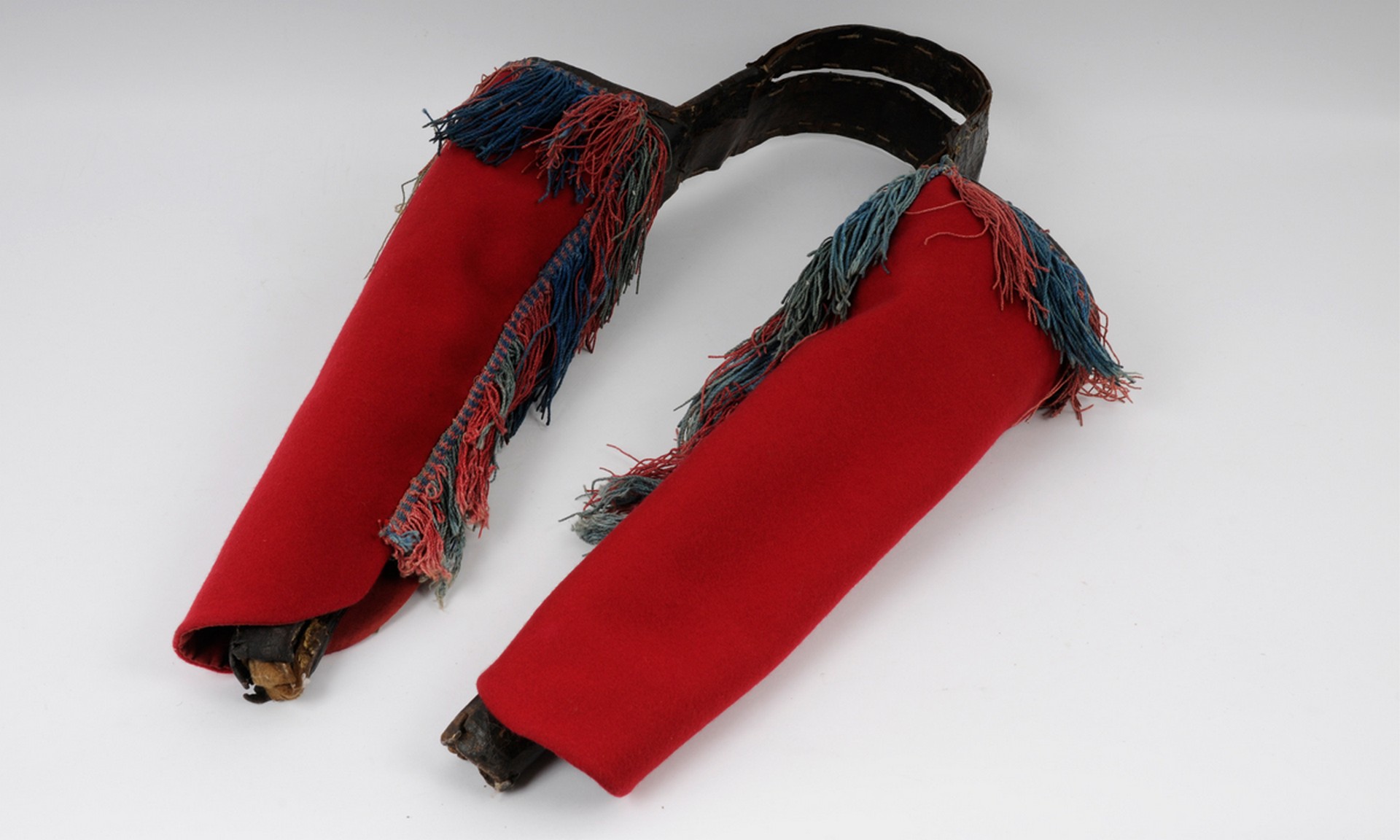 © N.Muzej Čačak
© N.Muzej Čačak
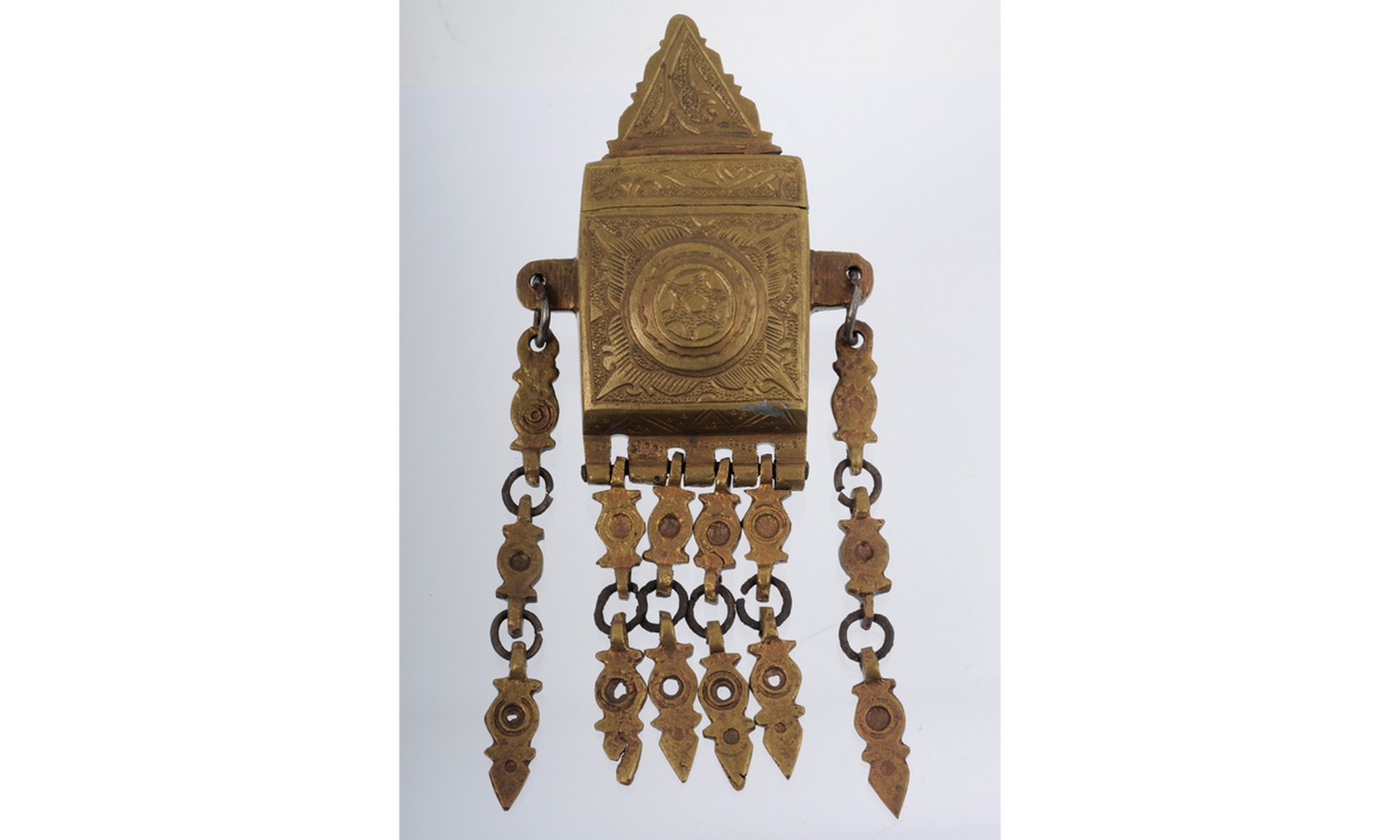 © N.Muzej Čačak
© N.Muzej Čačak
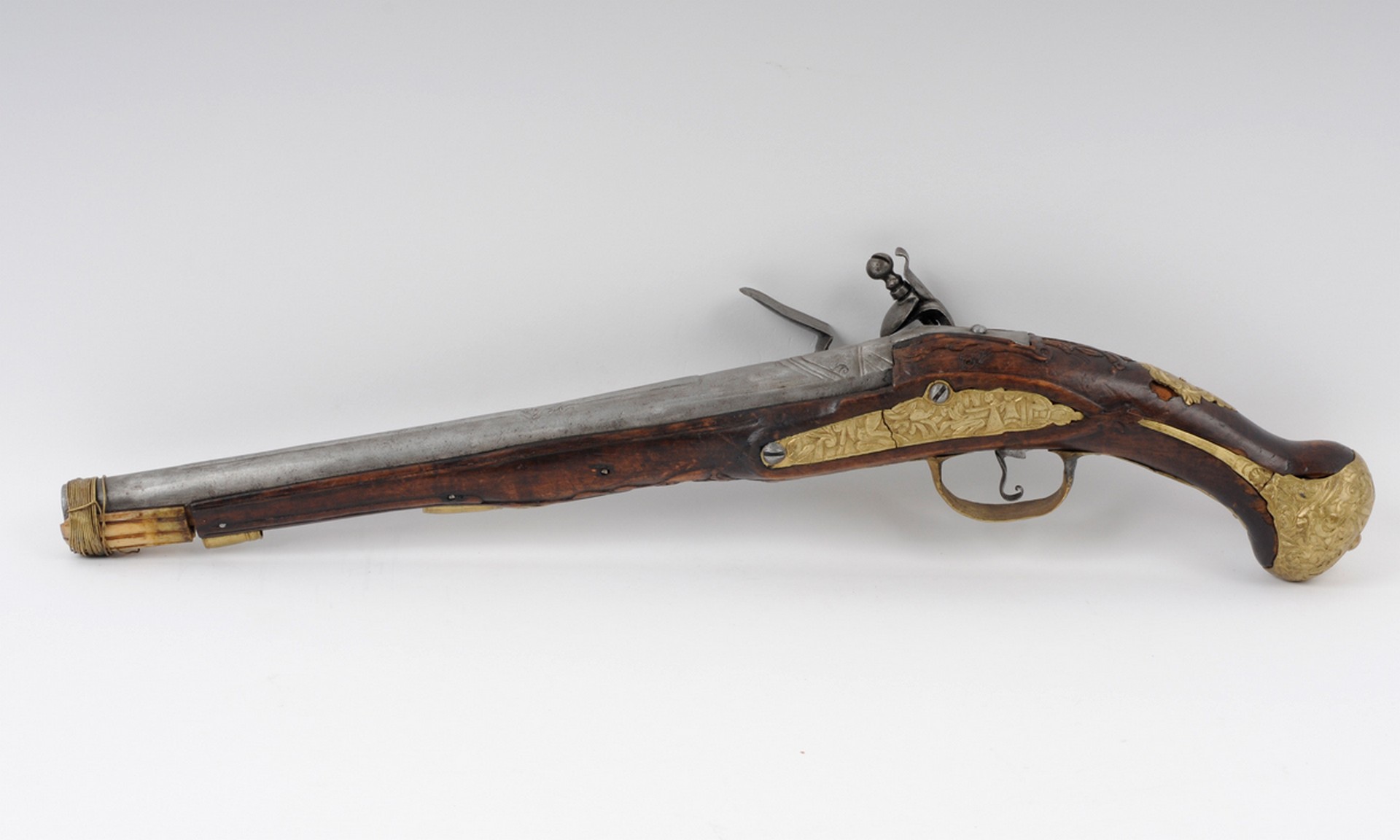 © N.Muzej Čačak
© N.Muzej Čačak
The Second Serbian Uprising
At the beginning of 1815, the Čačak region became the centre of preparations for a new uprising. The agreement on the resumption of the war with the Turks was turned into a plan, according to which Arsenije Loma was supposed to liberate Rudnik, Lazar Mutap would free Čačak, and Petar...
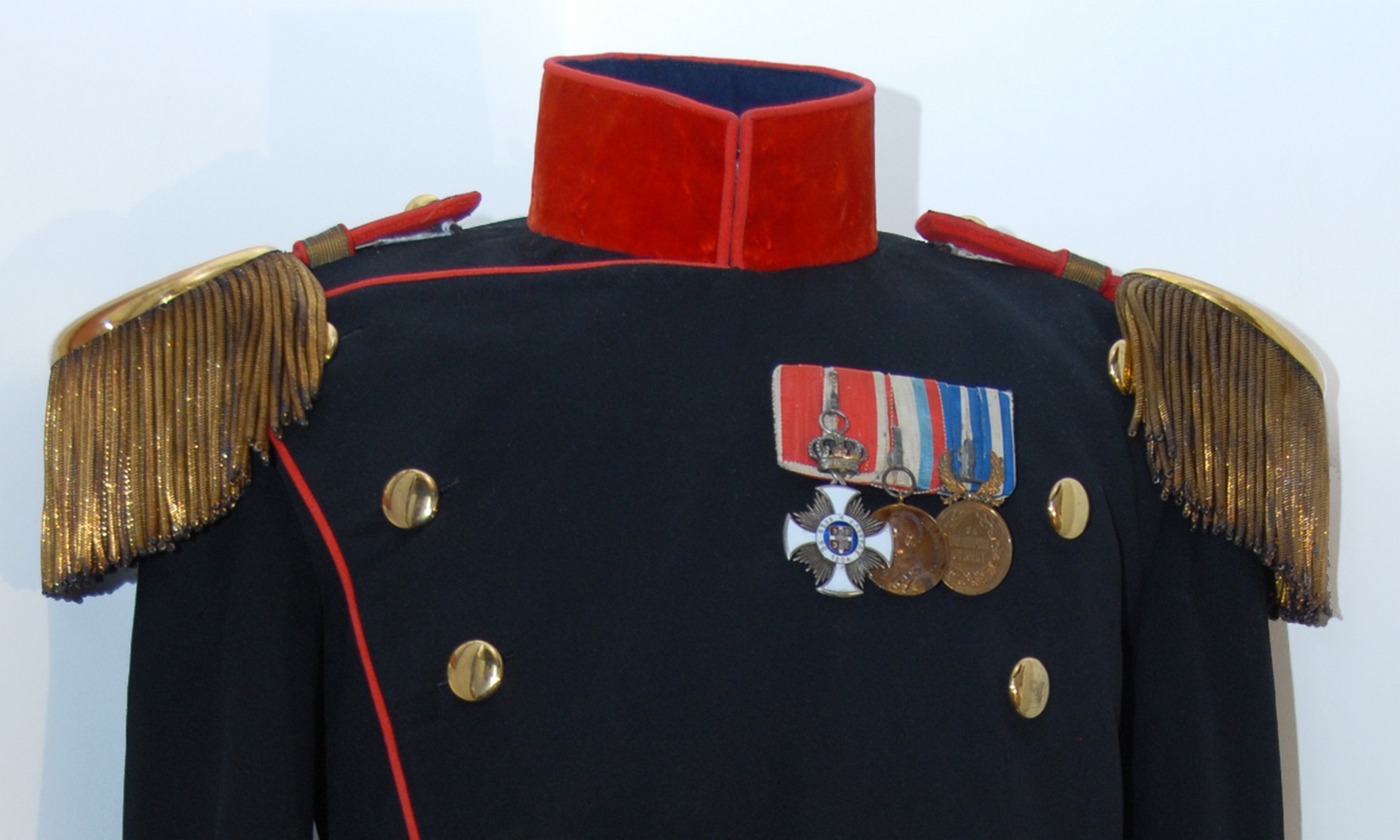 © N.Muzej Čačak
© N.Muzej Čačak
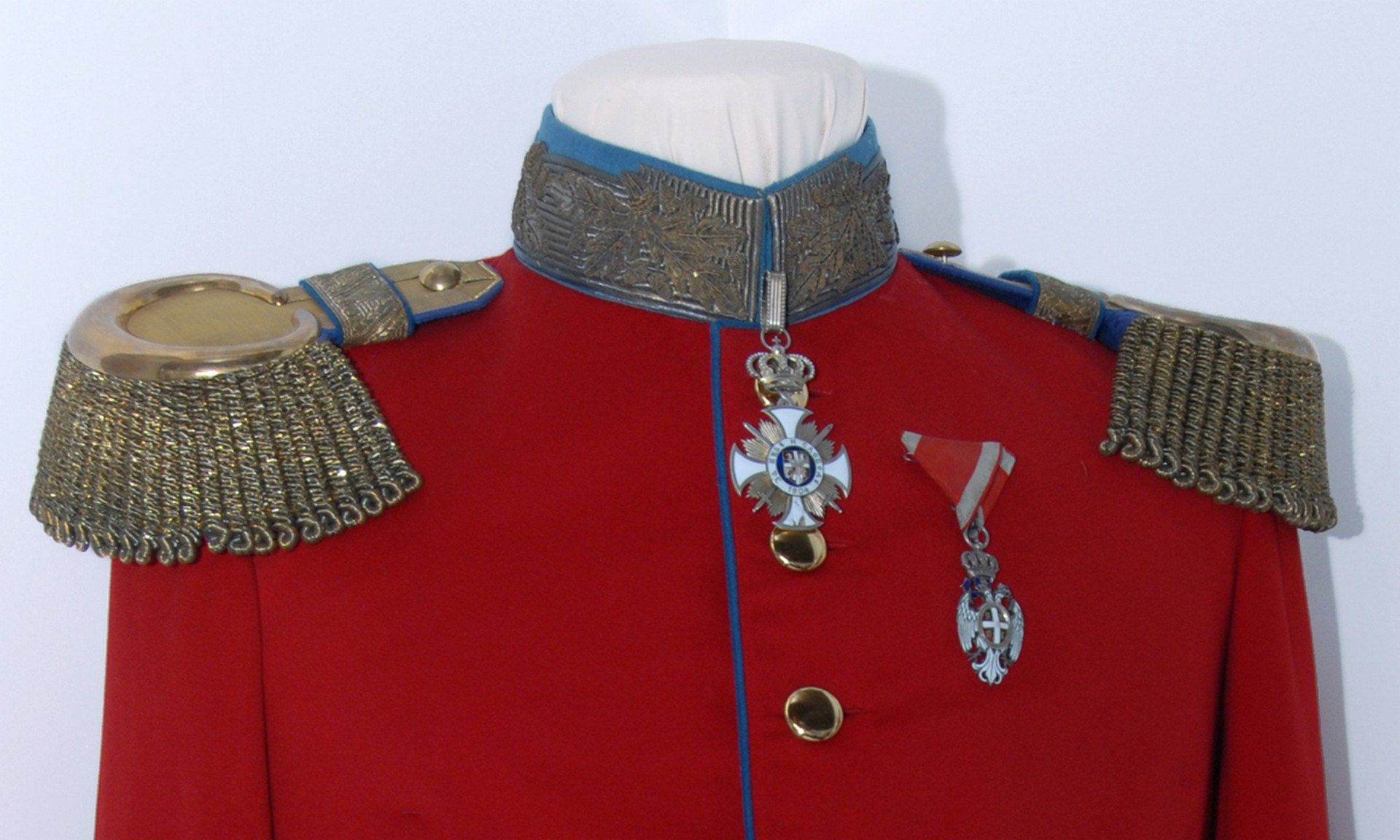 © N.Muzej Čačak
© N.Muzej Čačak
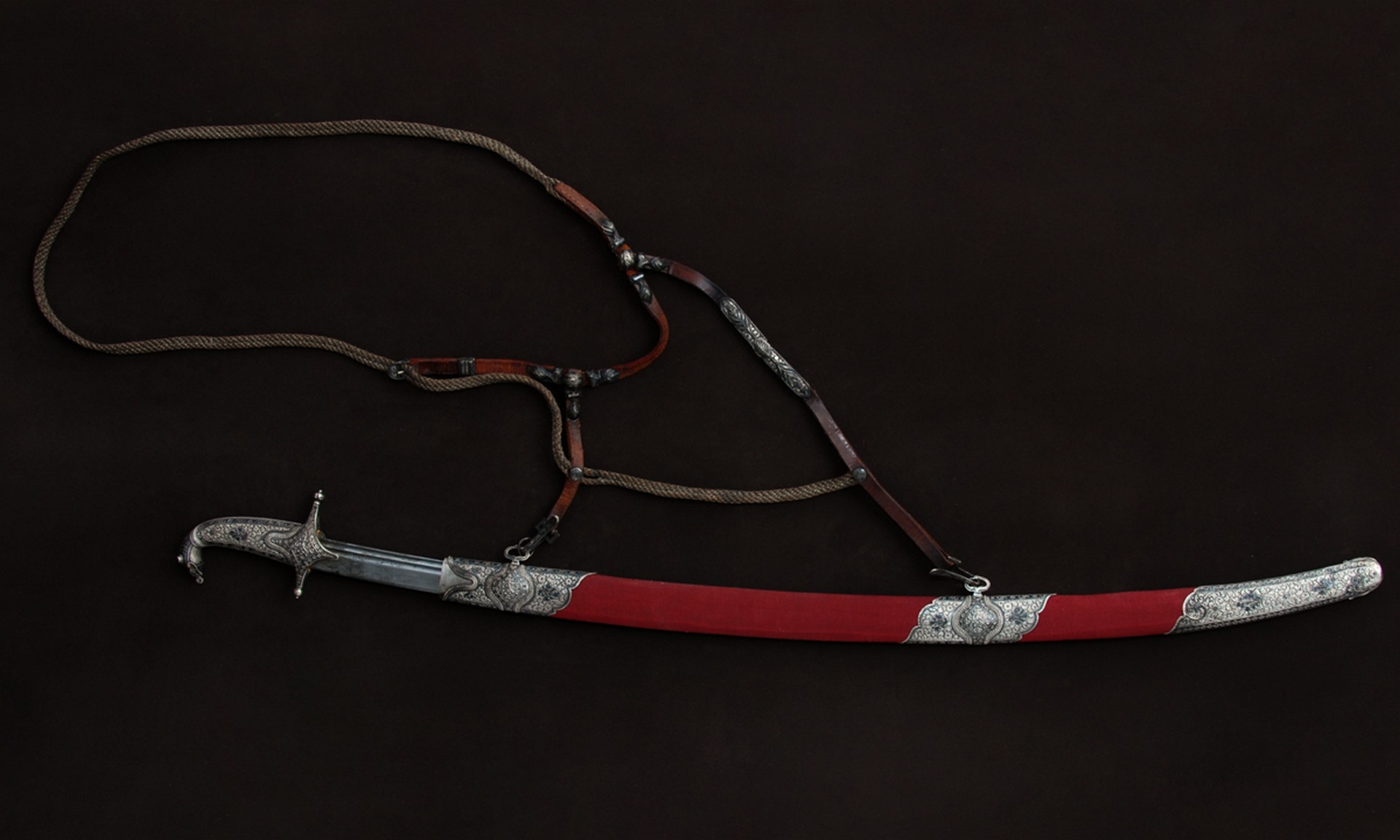 © N.Muzej Čačak
© N.Muzej Čačak
Serbian – Otoman Wars
Preparations for the war with the Turks in 1876 in the West Moravian direction began with extensive engineering work to determine the border at Javor. The war plan envisaged a strong offensive against Sjenica and Bijelo Polje and merging with the Montenegrin army The Serbian offensive for the liberation of...
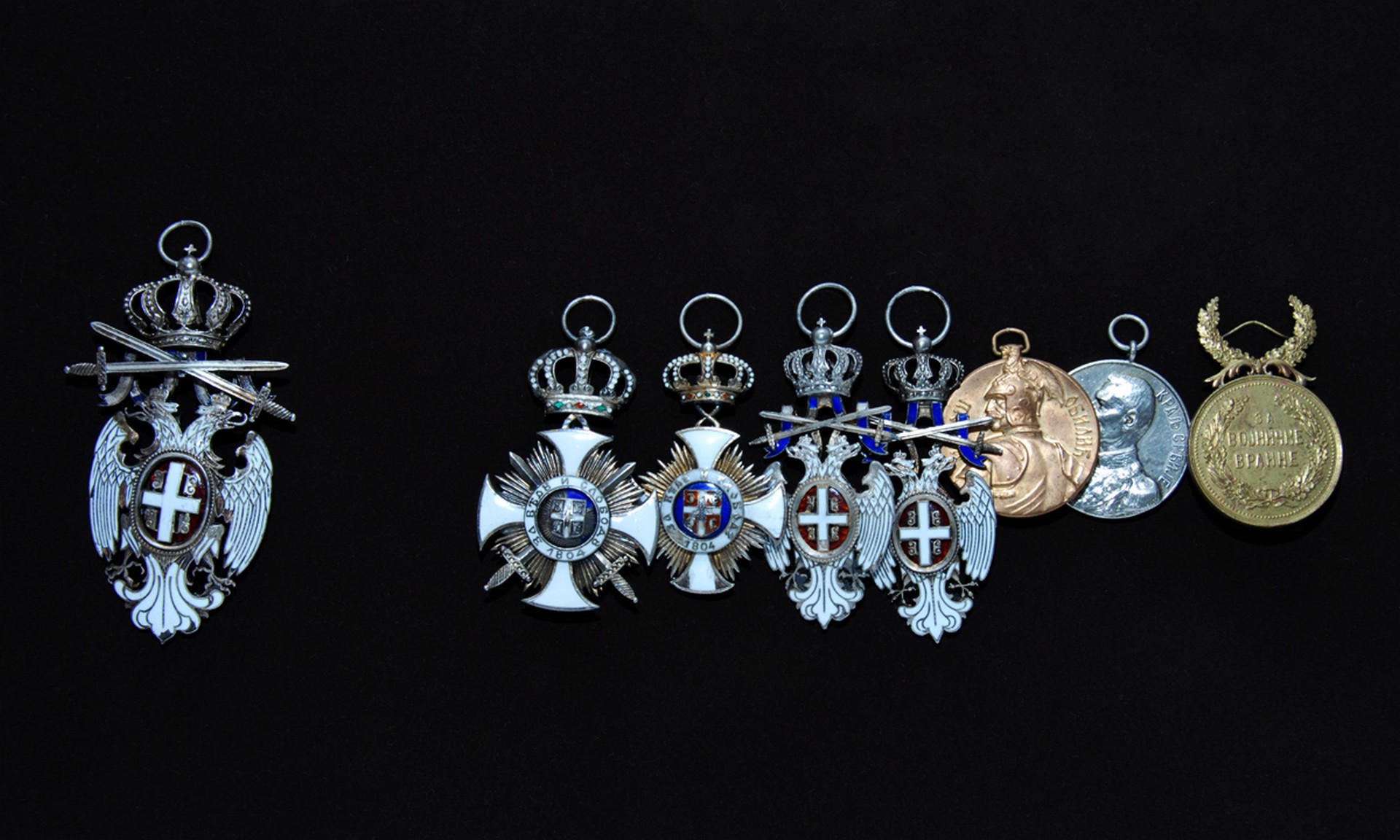 © N.Muzej Čačak
© N.Muzej Čačak
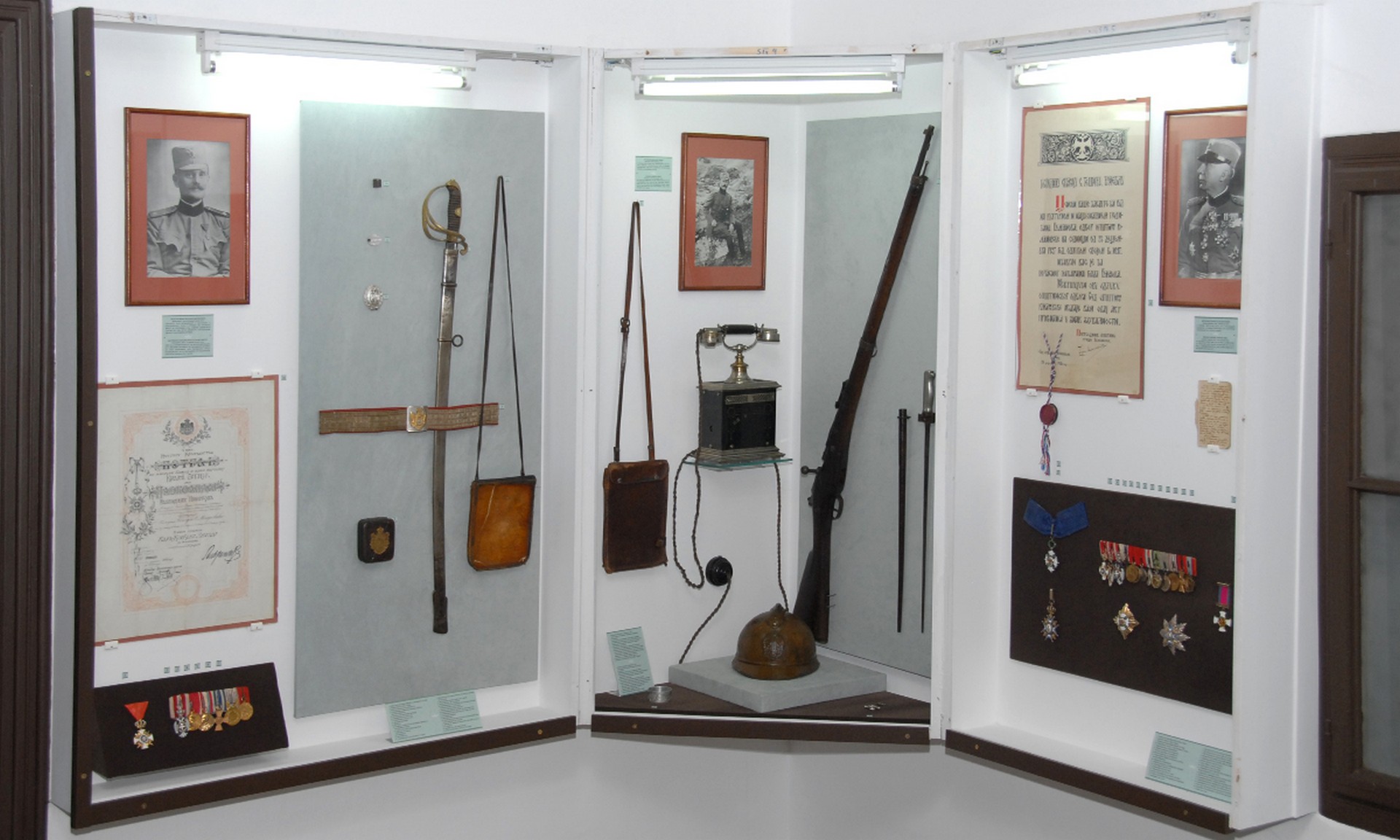 © N.Muzej Čačak
© N.Muzej Čačak
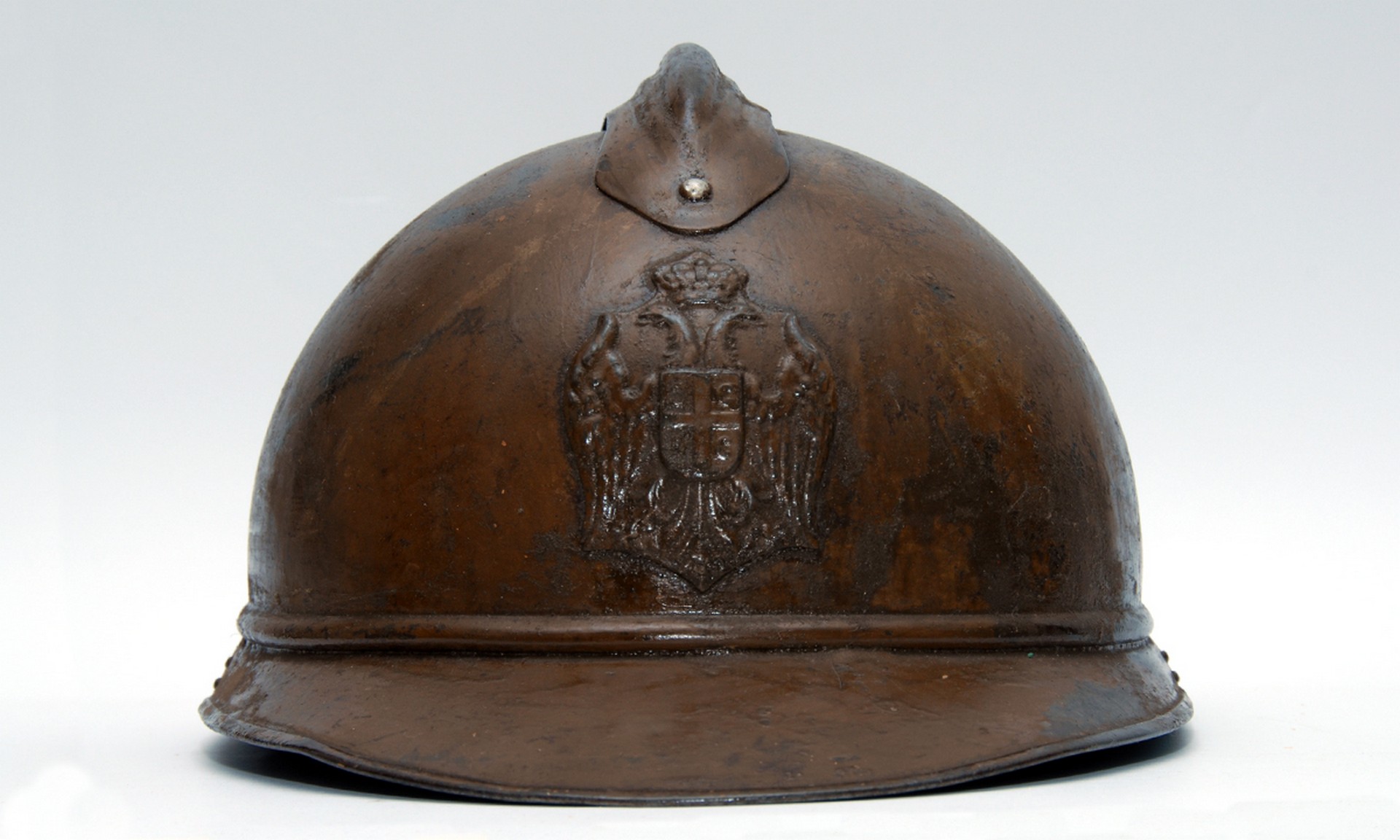 © N.Muzej Čačak
© N.Muzej Čačak
The Balkan Wars
At the beginning of the 20th century, Čačak was the seat of the Tenth Infantry Regiment, which continued the traditions of the battalion of the standing army of the same name, formed after the Second Serbian-Ottoman War in 1878 In the First Balkan War, the Tenth Infantry Regiment of the...
The First World War
After the end of the Balkan Wars, at the very beginning of the First World War in September and October 1914, the famous Tenth Regiment of the Second Call from Čačak fought on the approaches to the Drina, the direction of entry of the Austrian army On the Serbian front...
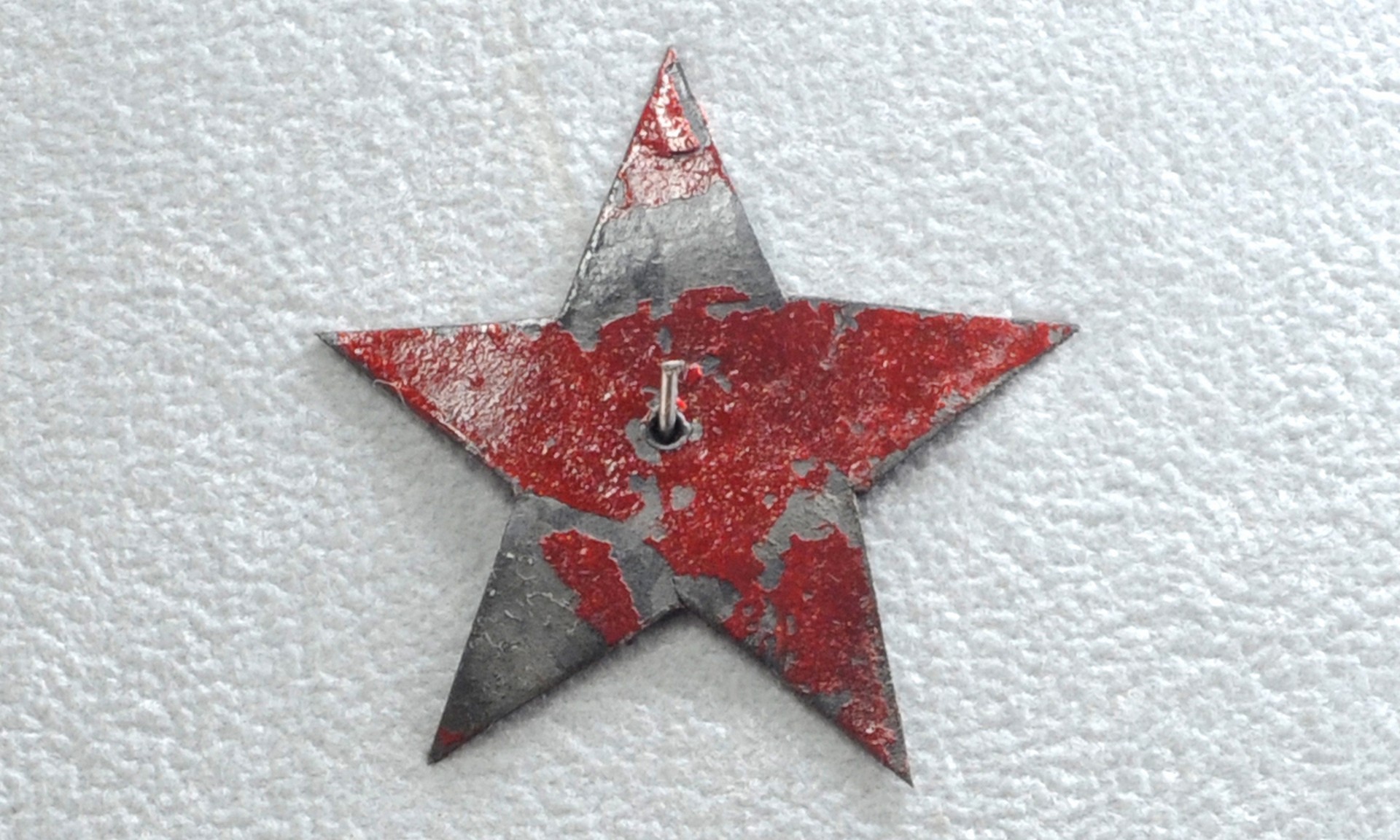 © N.Muzej Čačak
© N.Muzej Čačak
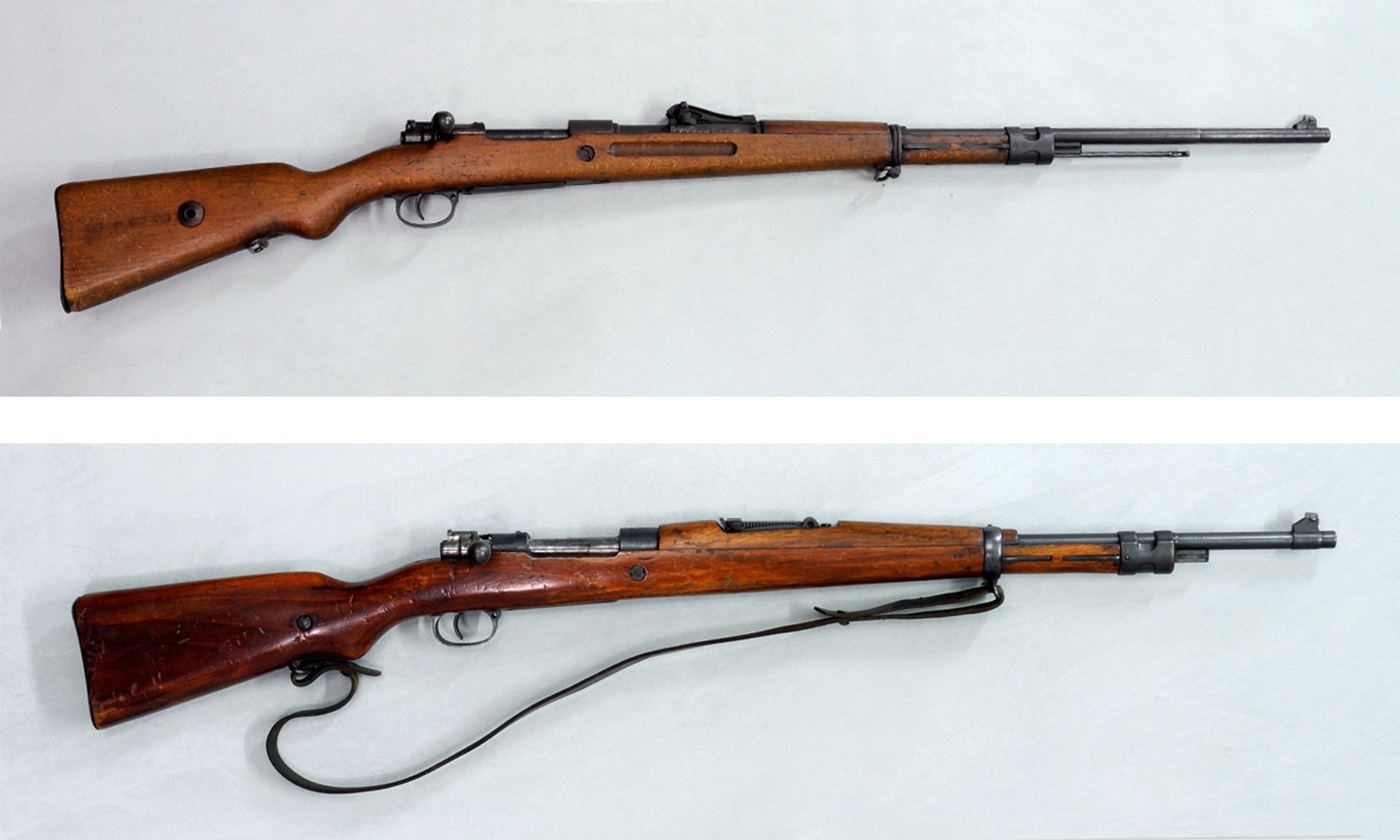 © N.Muzej Čačak
© N.Muzej Čačak
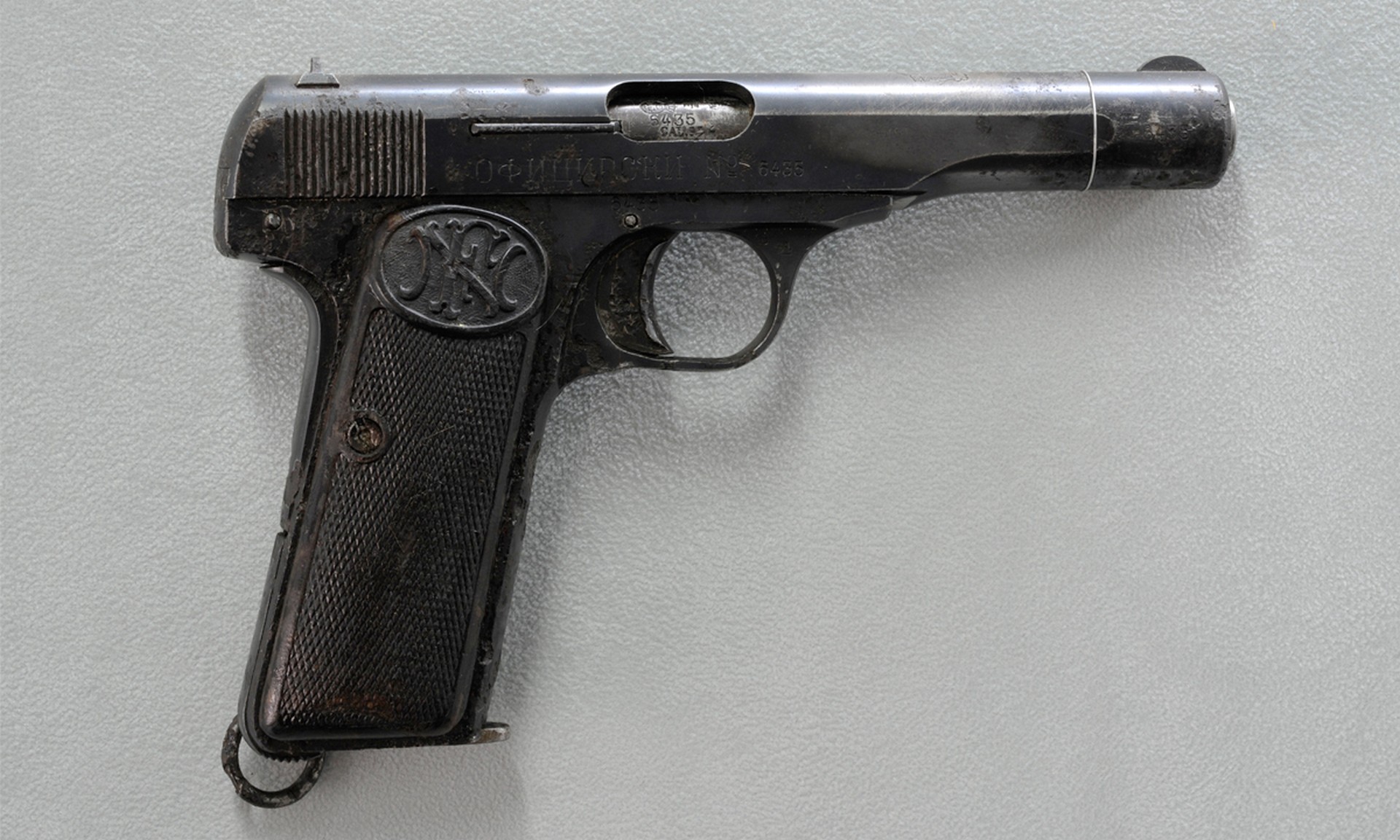 © N.Muzej Čačak
© N.Muzej Čačak
The Second World War
At the beginning of the Second World War, in April 1941, Čačak was for a short time the seat of the command of the Fifth Army of the Kingdom of Yougoslavia Air force planes from the airport in Preljina bombed German attack columns on the border with Bulgaria Units of...
 © N.Muzej Čačak
© N.Muzej Čačak
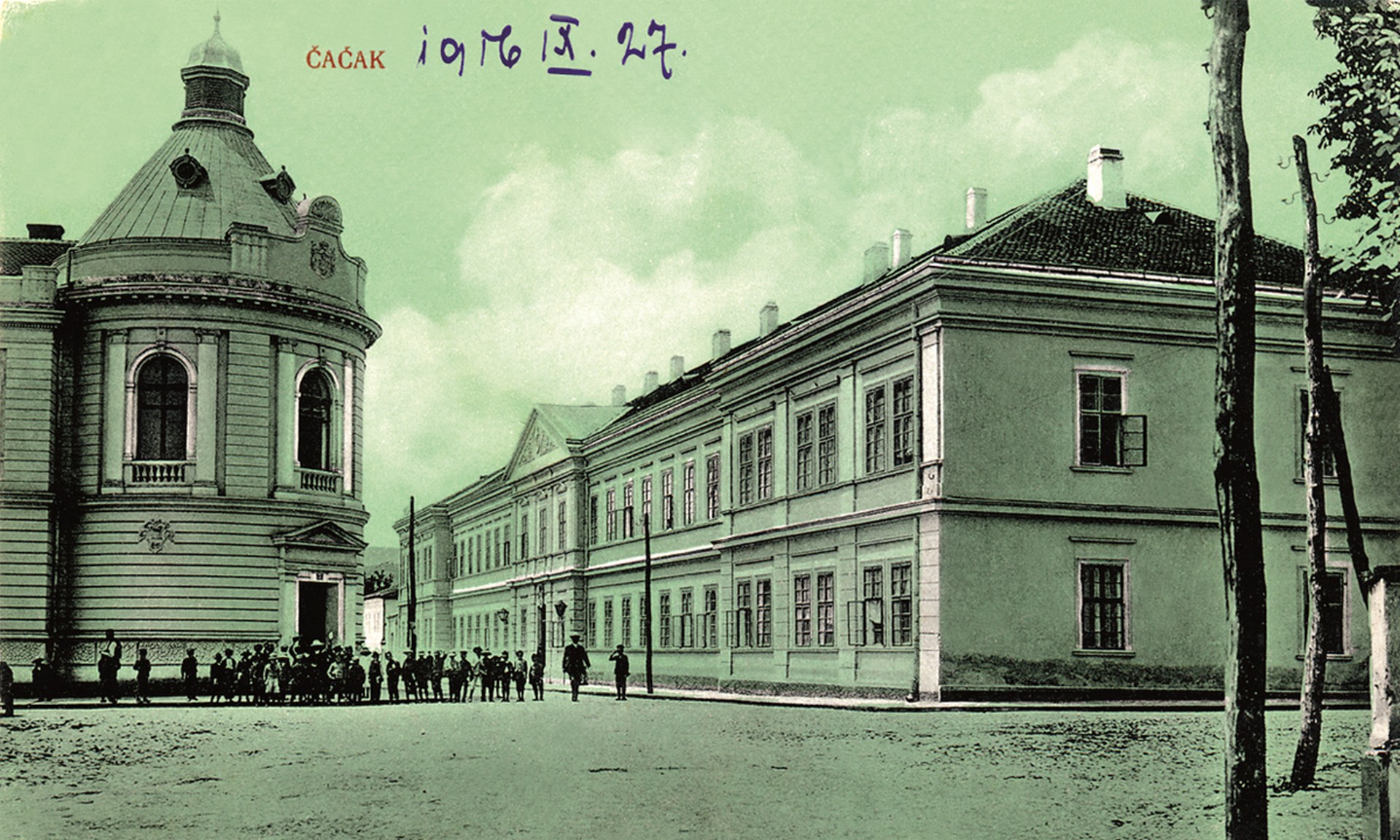 © N.Muzej Čačak
© N.Muzej Čačak
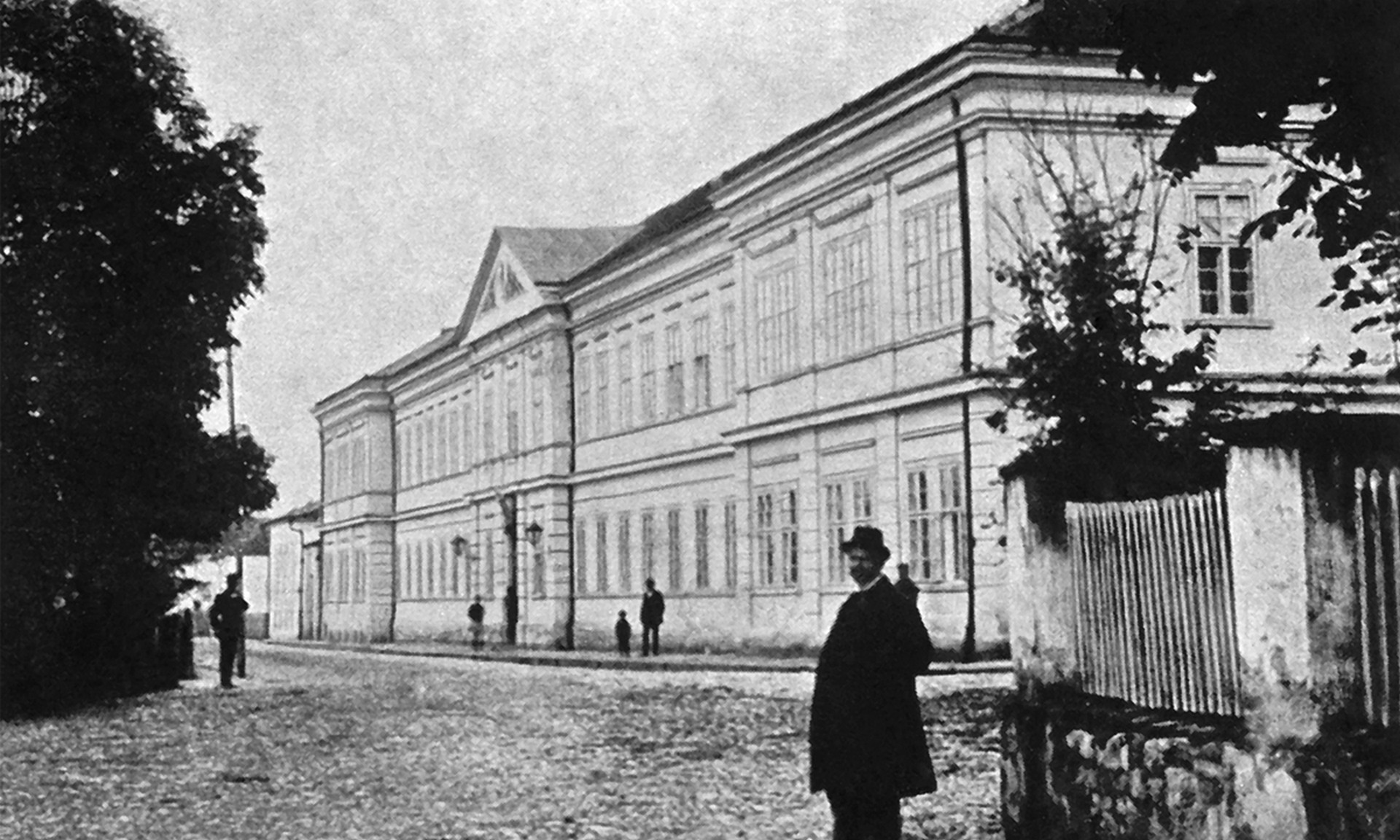 © N.Muzej Čačak
© N.Muzej Čačak
District Administration building
The building of the District Administration in Čačak was erected according to the project of the Ministry of Construction. Its construction began in 1875 As a cultural monument of great importance, it’s part of the immovable cultural heritage. It was constructed under the influence of academism with elements of classicism...
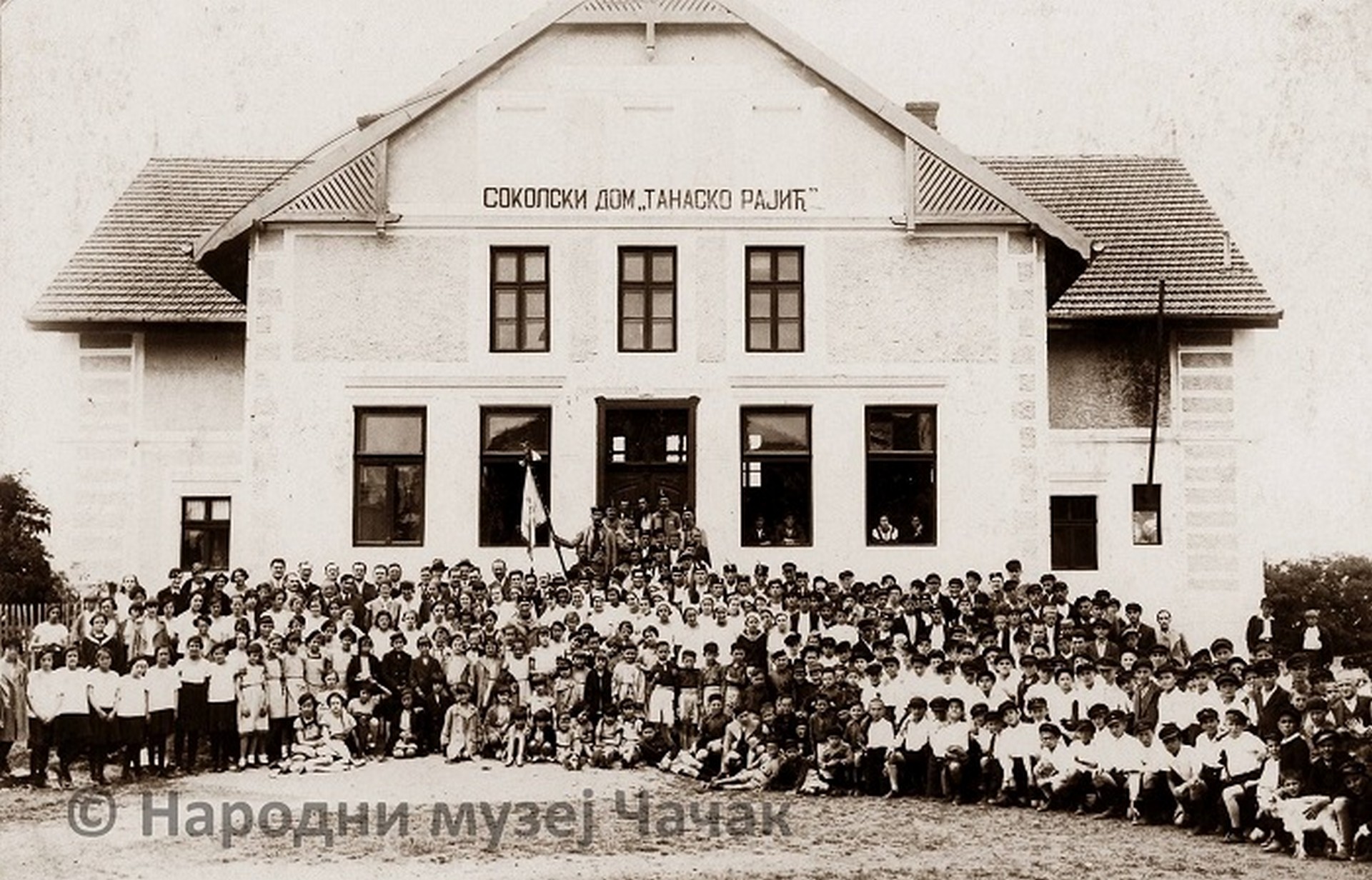 © N.Muzej Čačak
© N.Muzej Čačak
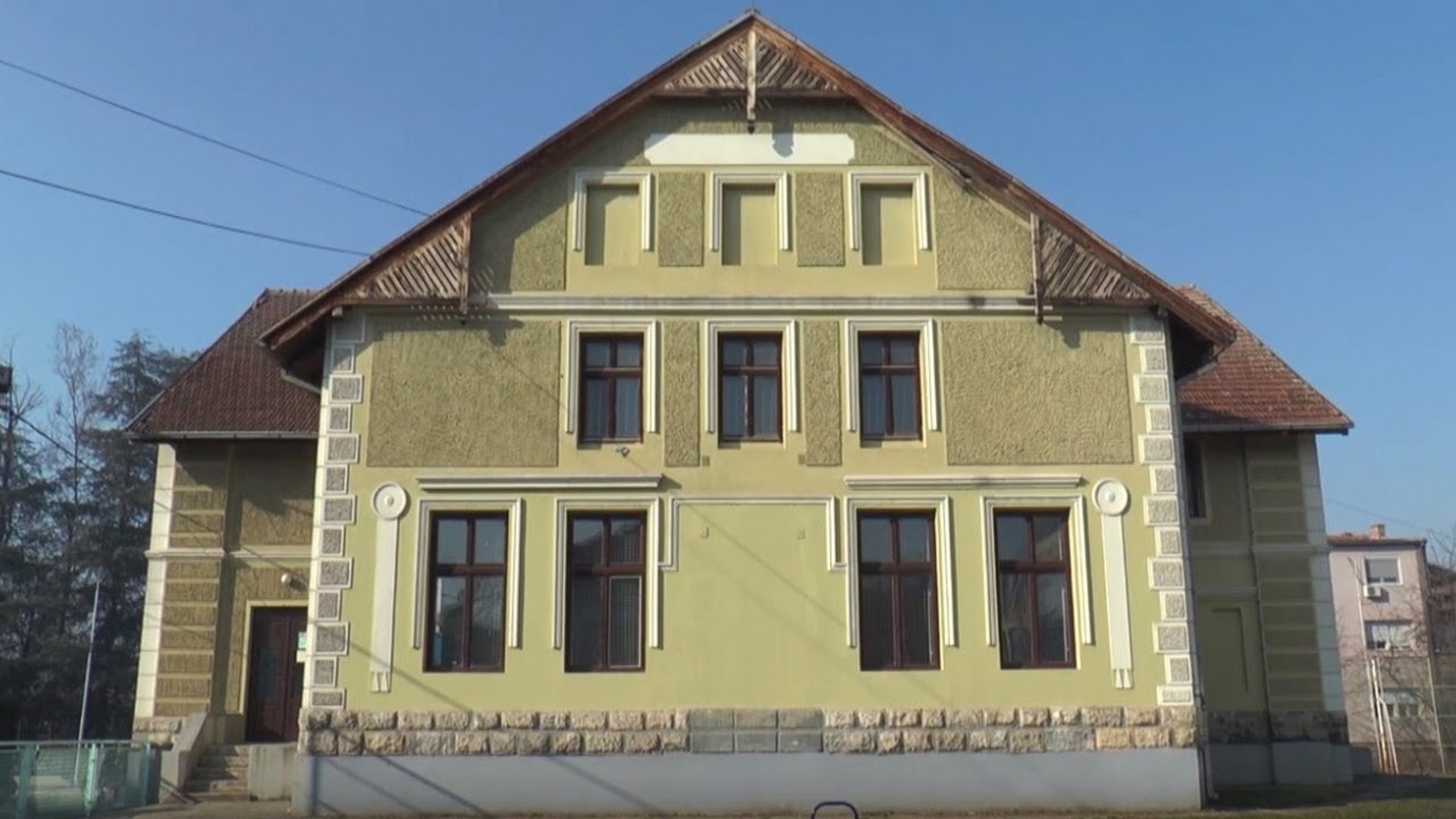 © N.Muzej Čačak
© N.Muzej Čačak
Sokolski Dom
This cultural monument was the oldest Sokolski Dom in the Kingdom of Serbia, built to house the so-called Sokolsko društvo “Tanasko Rajić”, a sports organization and patriotic movement based on the development of mind and body through physical activities and education of youth The society was founded in 1910, and...
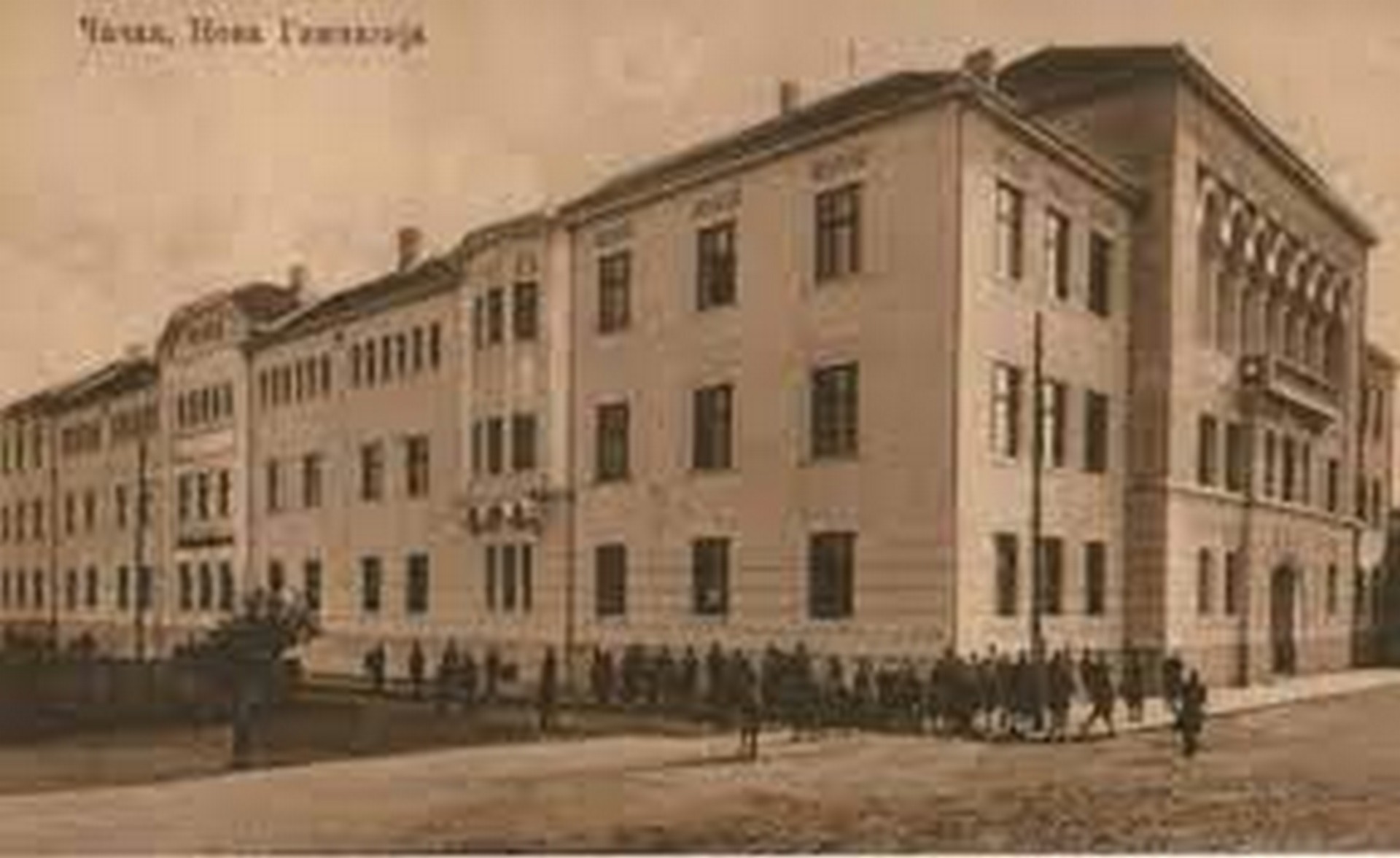 © N.Muzej Čačak
© N.Muzej Čačak
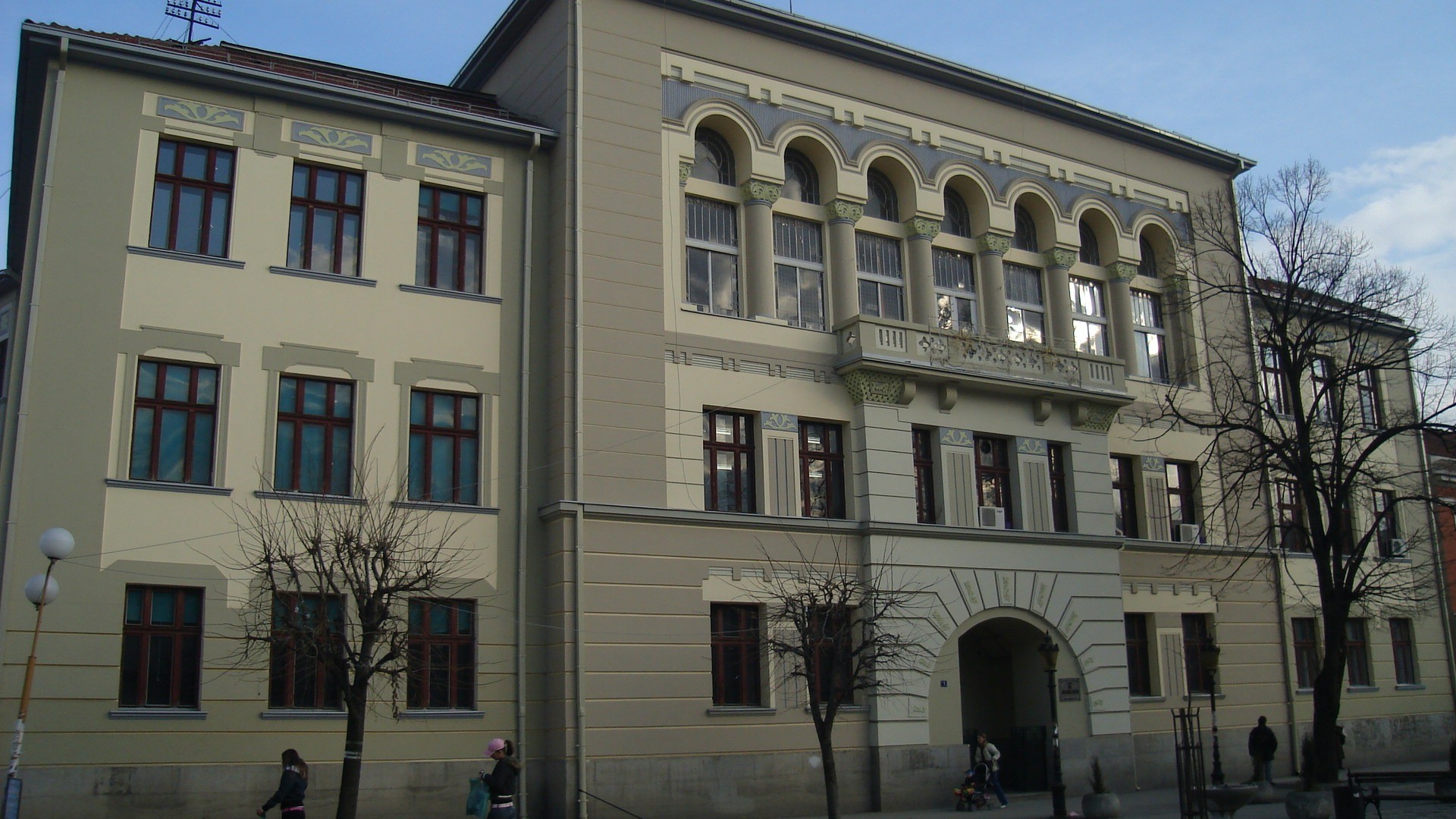 © N.Muzej Čačak
© N.Muzej Čačak
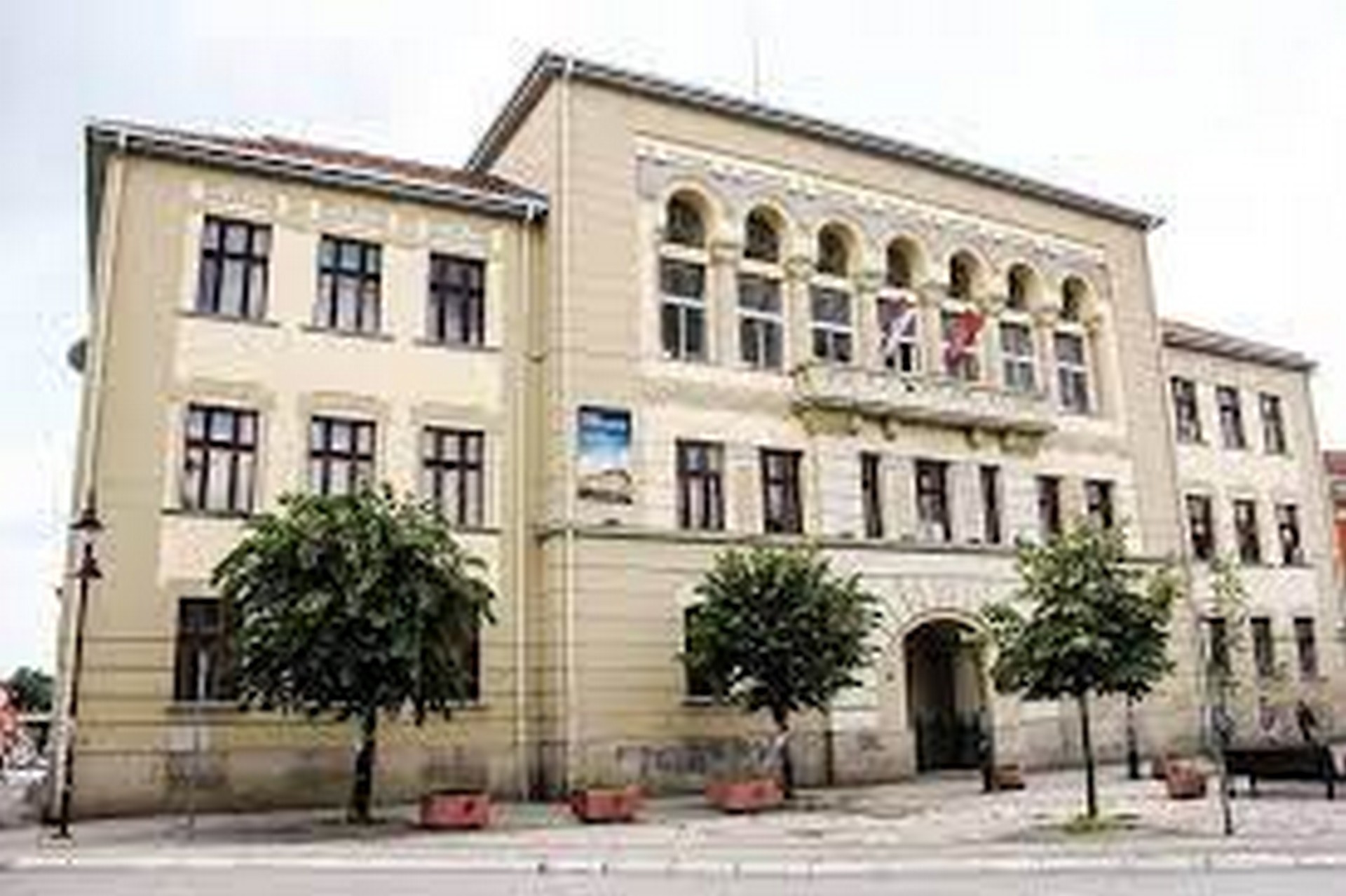 © N.Muzej Čačak
© N.Muzej Čačak
Gymnasium
The building of the Gymnasium was designed in 1912 by the architect Dragutin Maslać. It was built from 1912 to 1926 and it is one of the most beautiful works of the Serbian national style In 1905, it was already clear that this building was needed. The municipality of Čačak...
Hadžić‘s House
Hadzic’s house was built in Gospodar Jovanova Street in the middle of the 19th century Its original owner, Vladimir Hadžić, ran a trade shop in Čačak from 1848. The façade of the raised ground floor dominates the street The building was built under the influence of moderate neoclassicism
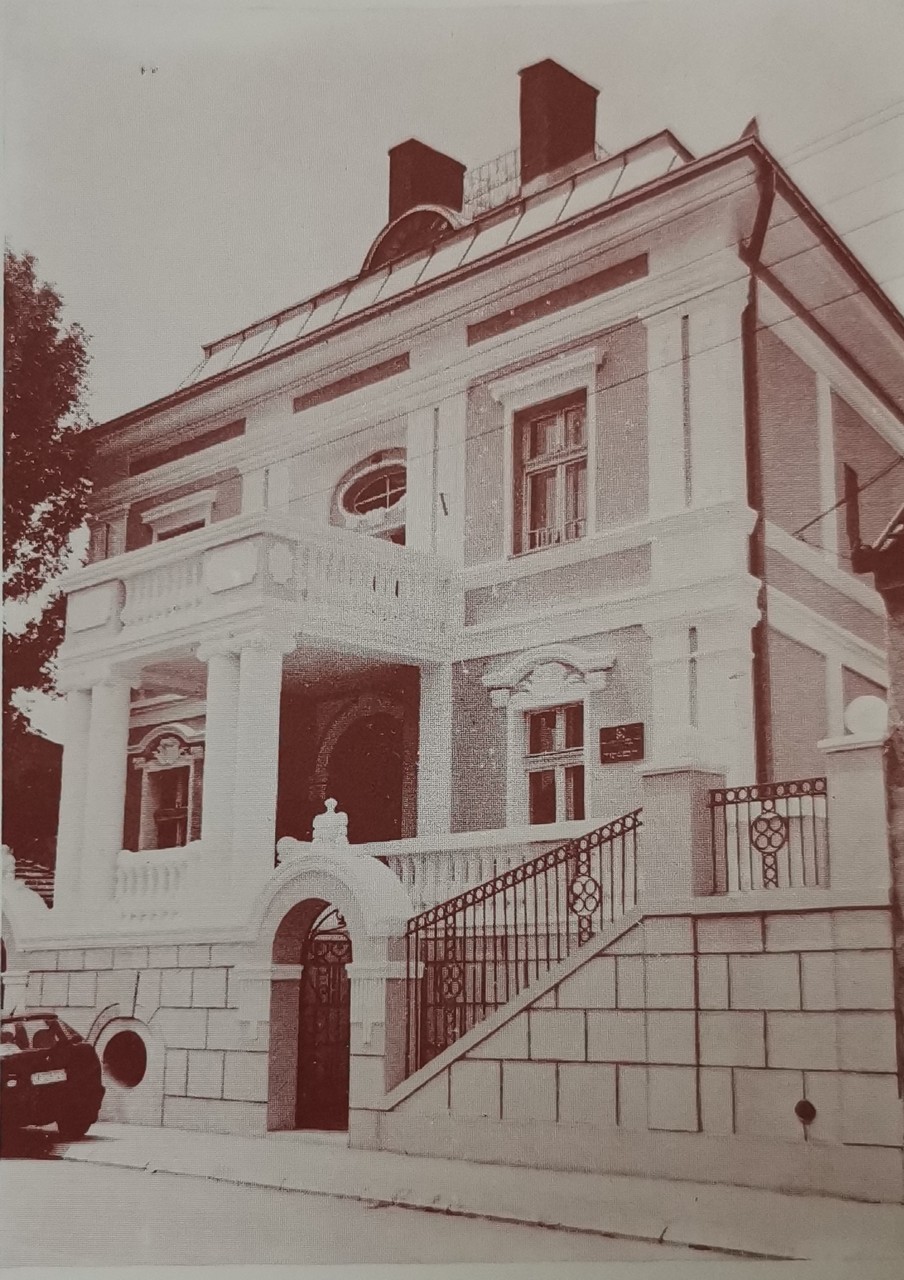 © N.Muzej Čačak
© N.Muzej Čačak
Dragomirović Palace
Doctor Krsta Dragomirović was a Serbian military doctor, surgeon, and medical colonel. He participated in the Balkan Wars and the First World War. He died in Čačak, on October 31, 1928 Doctor Dragomirović’s primary interest was surgery, which, sent by the Serbian government, he specialized in Berlin between 1907 to...
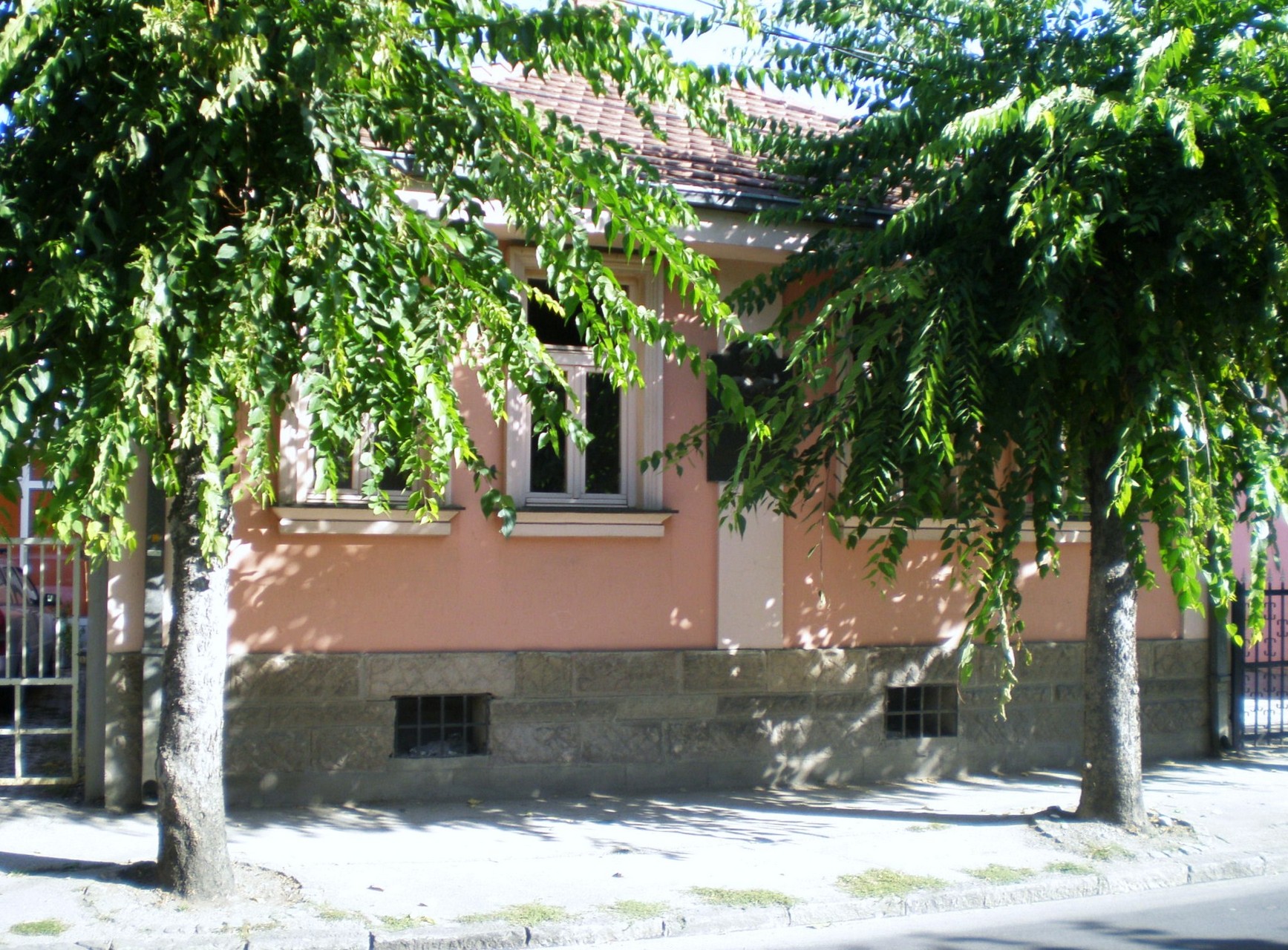 © N.Muzej Čačak
© N.Muzej Čačak
The House of Major Gavrilović
The birth house of Major Gavrilović is located in Čačak, at 6 Cara Lazara Street, and as a cultural monument, it’s part of the immovable cultural heritage The house was built by Petar Gavrilović, an abadžija, a tailor who sewed traditional costumes, between 1863 and 1869 His son Dragutin Gavrilović...
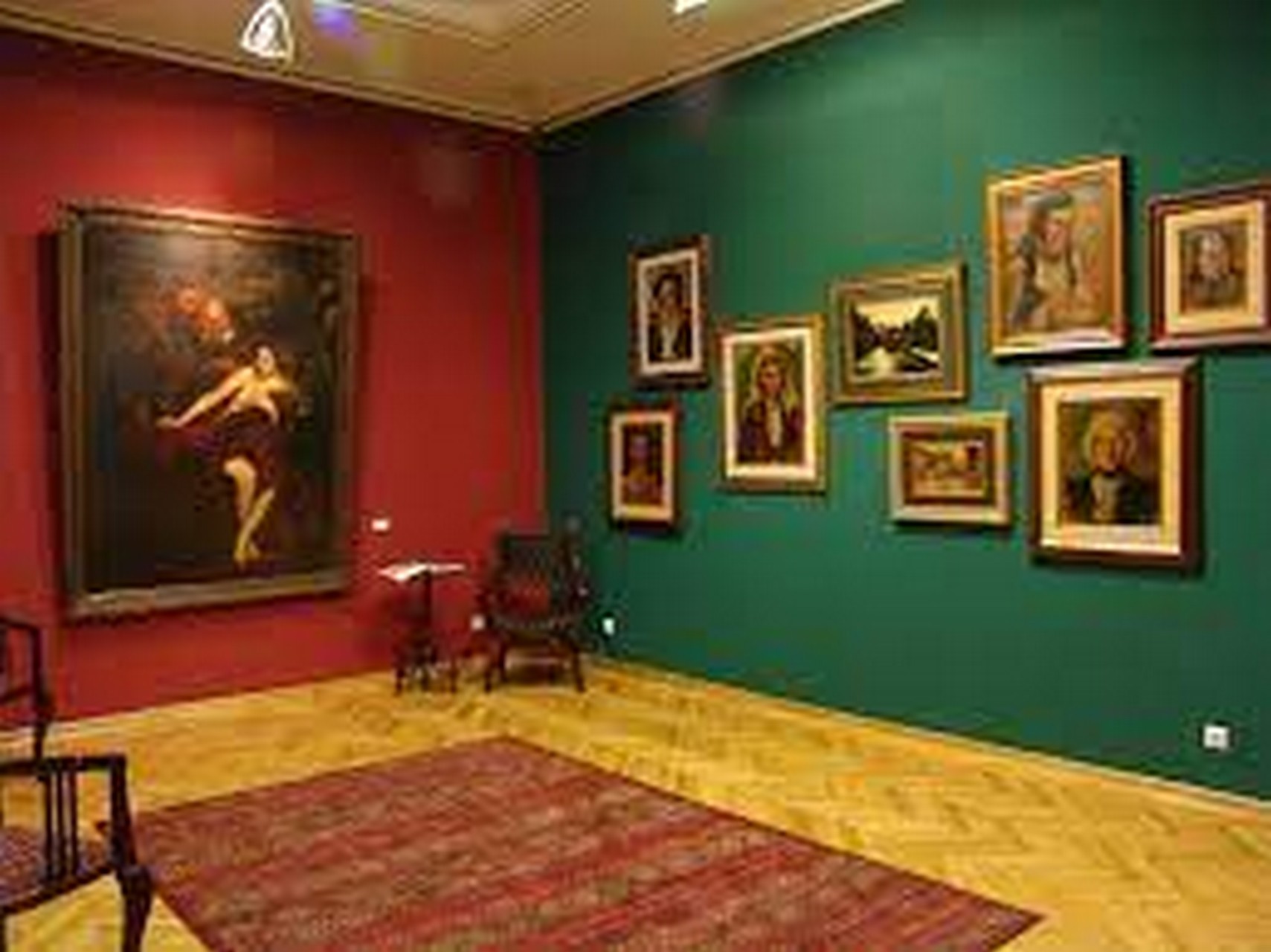 © N.Muzej Čačak
© N.Muzej Čačak
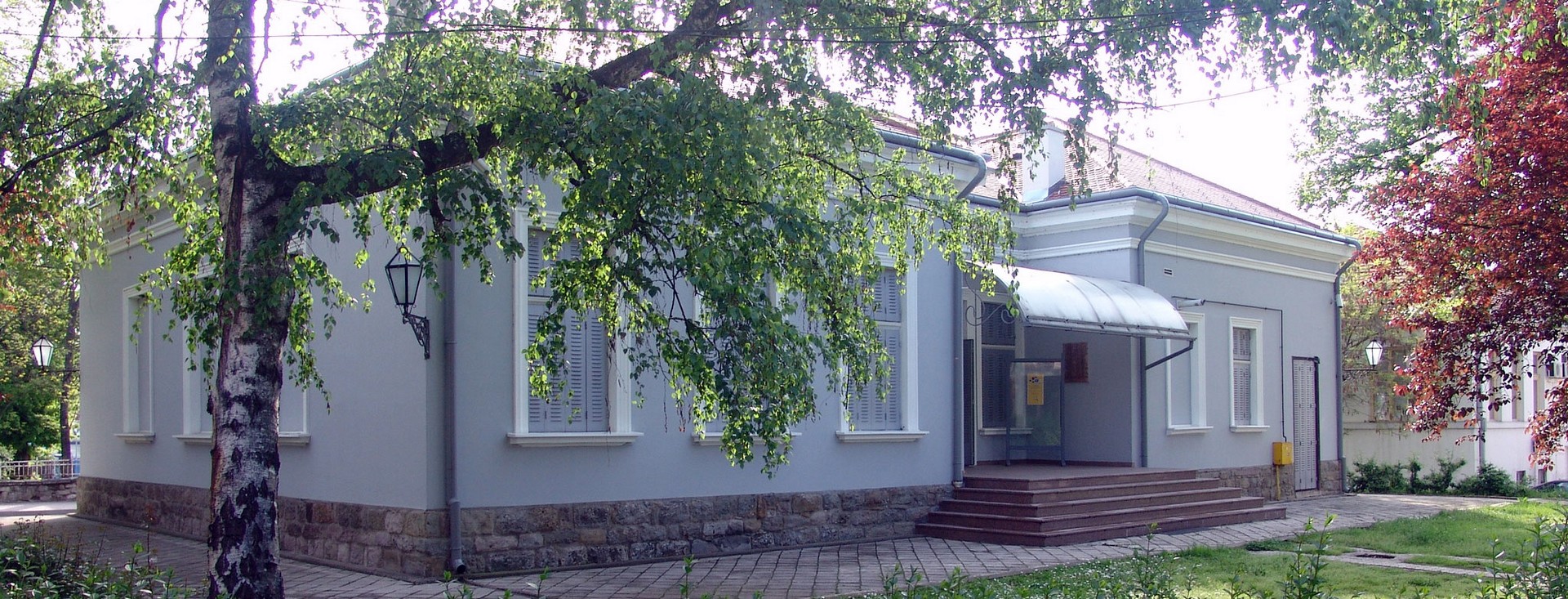 © N.Muzej Čačak
© N.Muzej Čačak
The Nadežda Petrović Art Gallery
The Nadežda Petrović Art Gallery is one of the important cultural institutions in Čačak. It is one of the oldest and most important cultural institutions of this type in Serbia Today, it has about 1,300 works belonging to various gallery collections, styles, and poetics The Nadežda Petrović Art Gallery was...
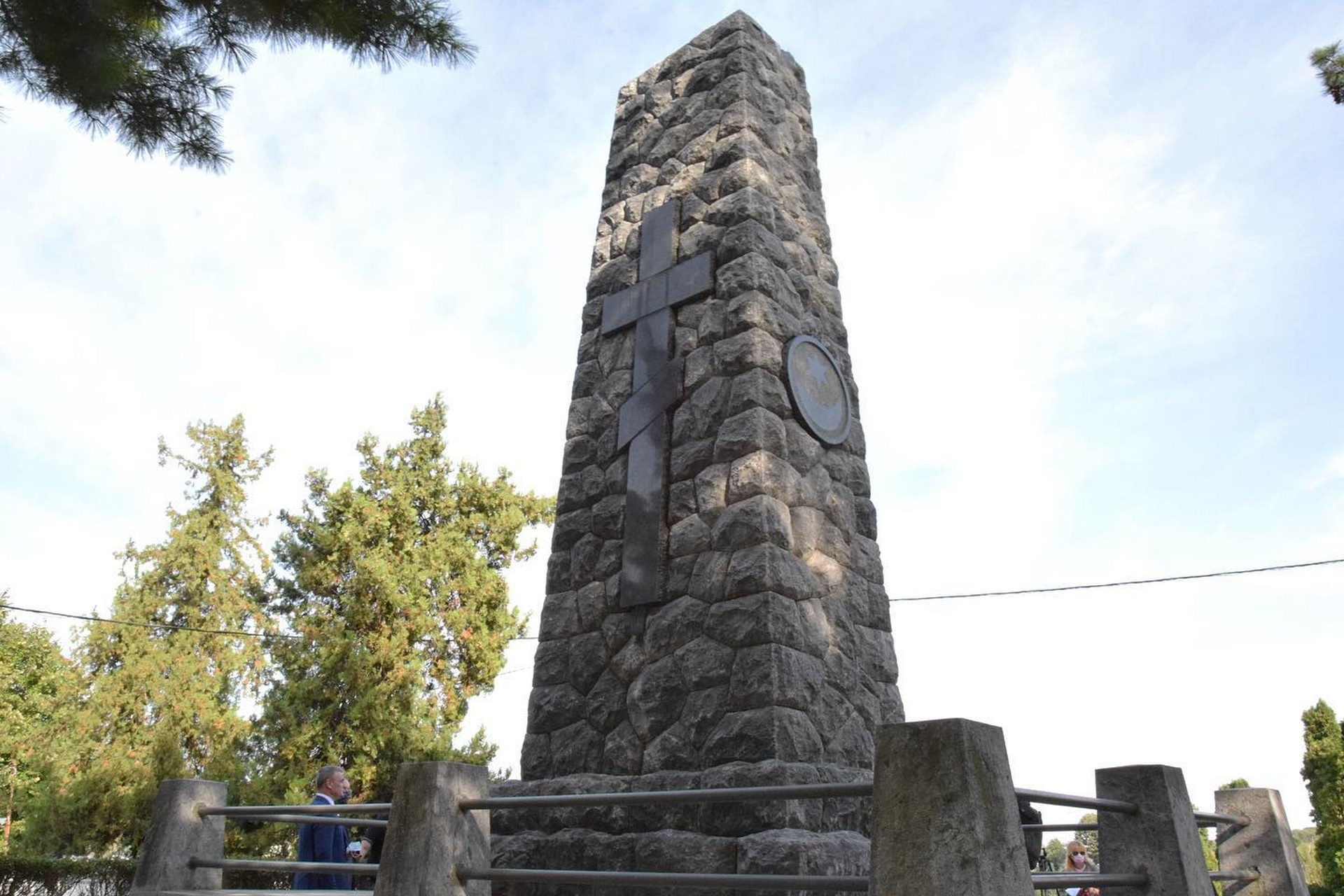 © N.Muzej Čačak
© N.Muzej Čačak
Monument dedicated to the warriors of the WWI
At the Čačak cemetery, there is a monument unique in the world, dedicated to all the warriors who died in this area between 1912 and 1918, and who were buried in the same place The remains of 920 soldiers rest here, about 650 were Serbs and about 260 Czech, German...
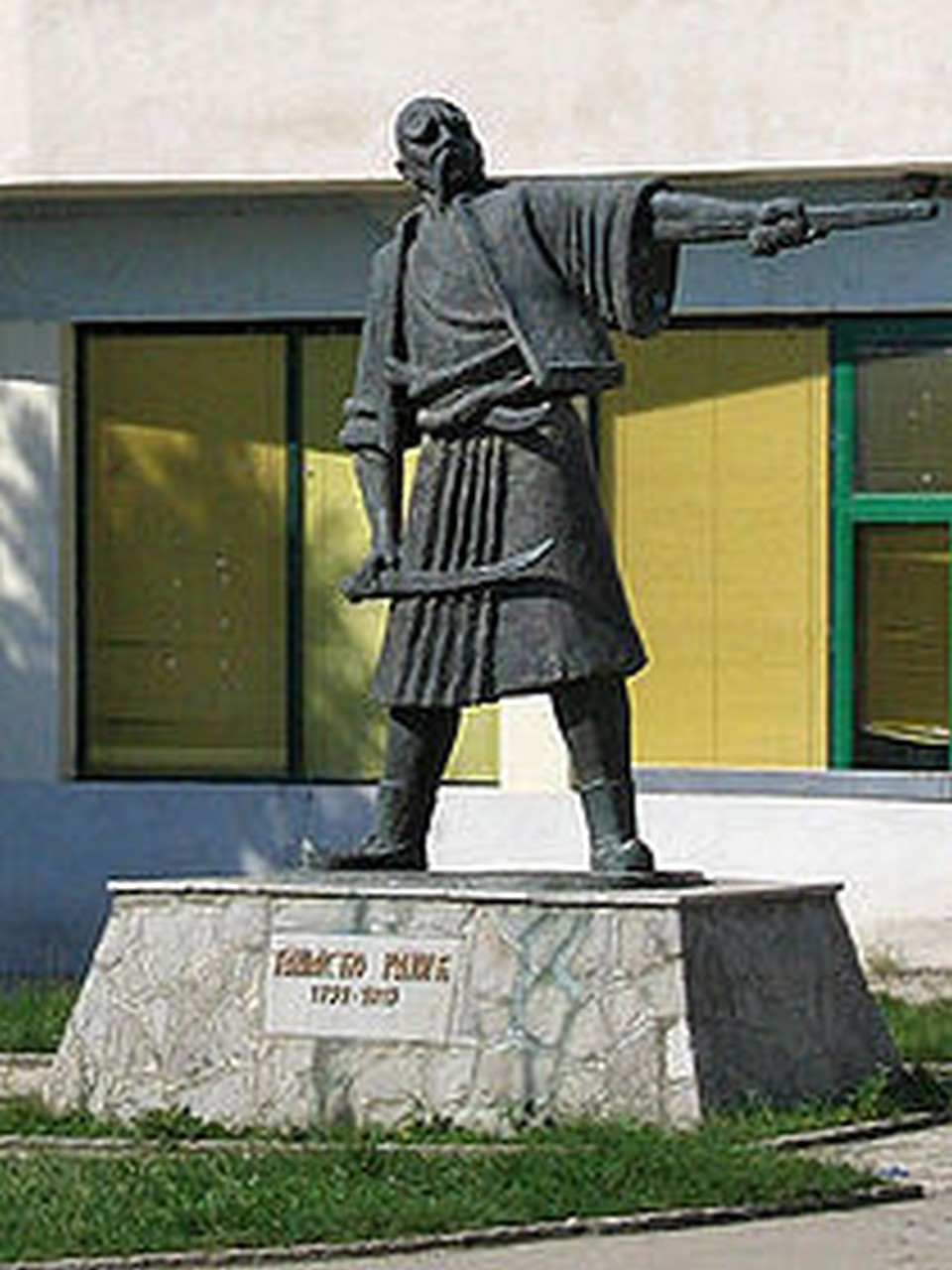 © N.Muzej Čačak
© N.Muzej Čačak
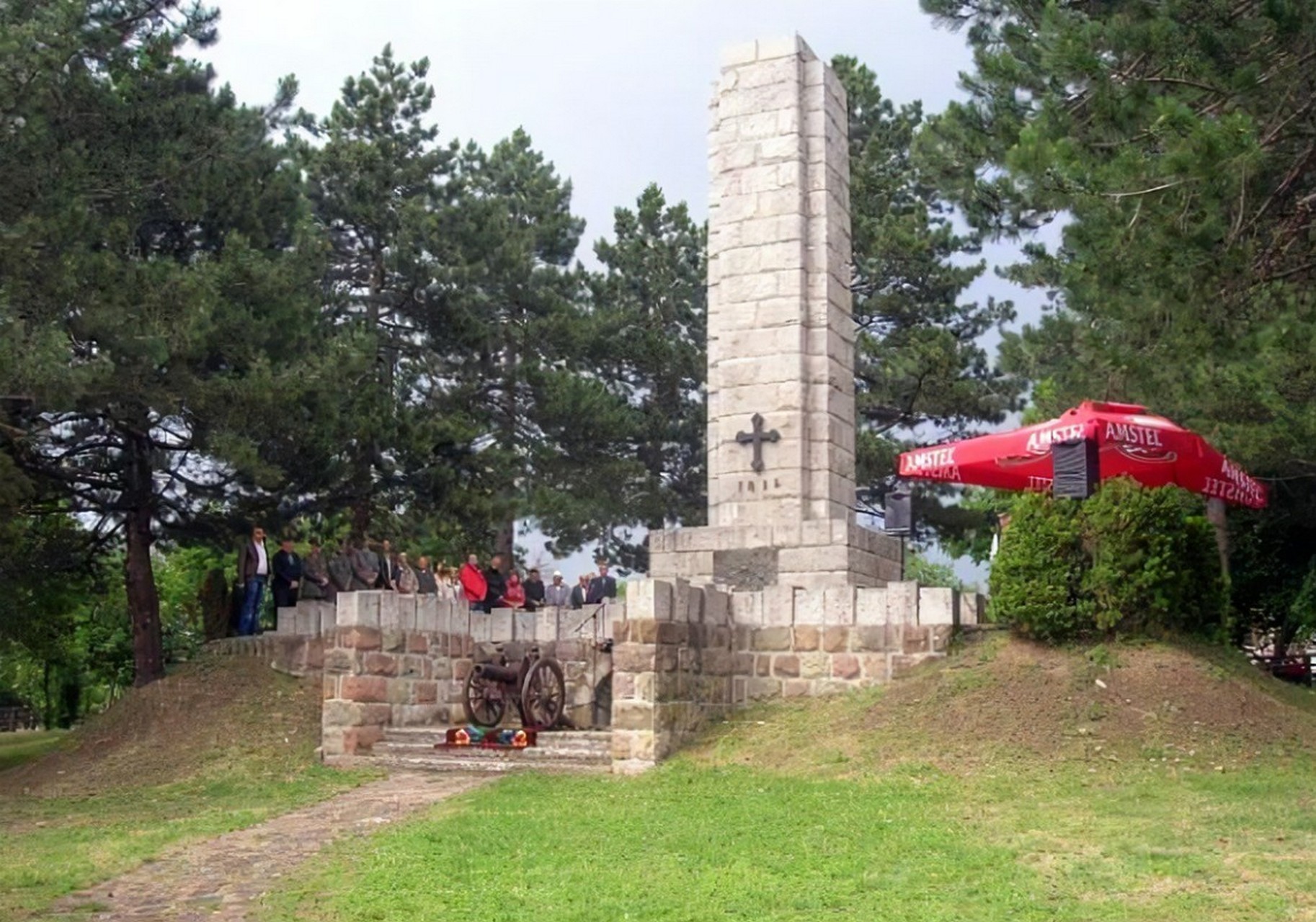 © N.Muzej Čačak
© N.Muzej Čačak
Monument dedicated to Tanasko Rajić
The memorial complex on the hill Ljubić is dedicated to warriors and events from the liberation wars of Serbia in the 19th and 20th centuries. The basic and oldest monument of this complex was erected, although not completed, in 1938 and was dedicated to the battle of Ljubić in 1815,...
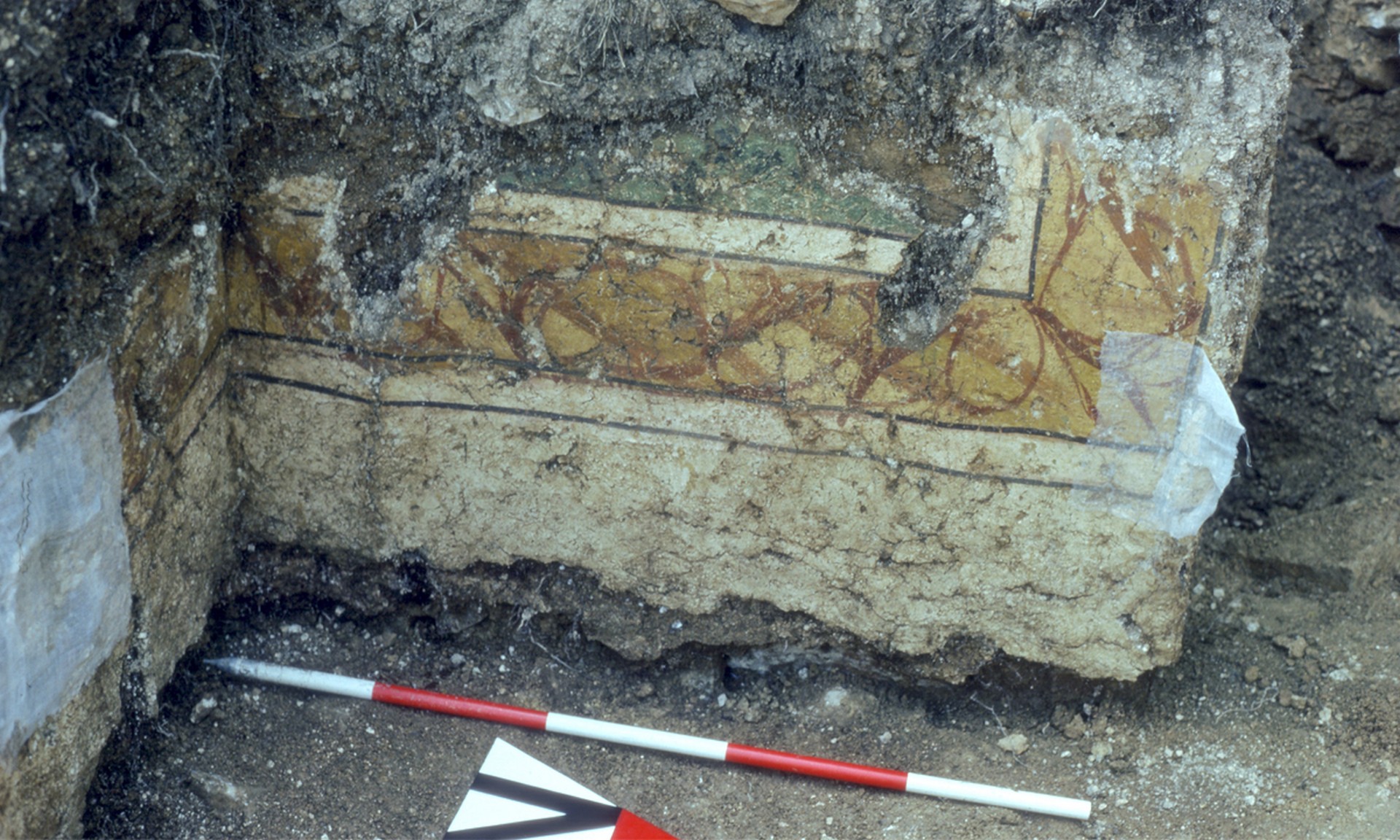 © N.Muzej Čačak
© N.Muzej Čačak
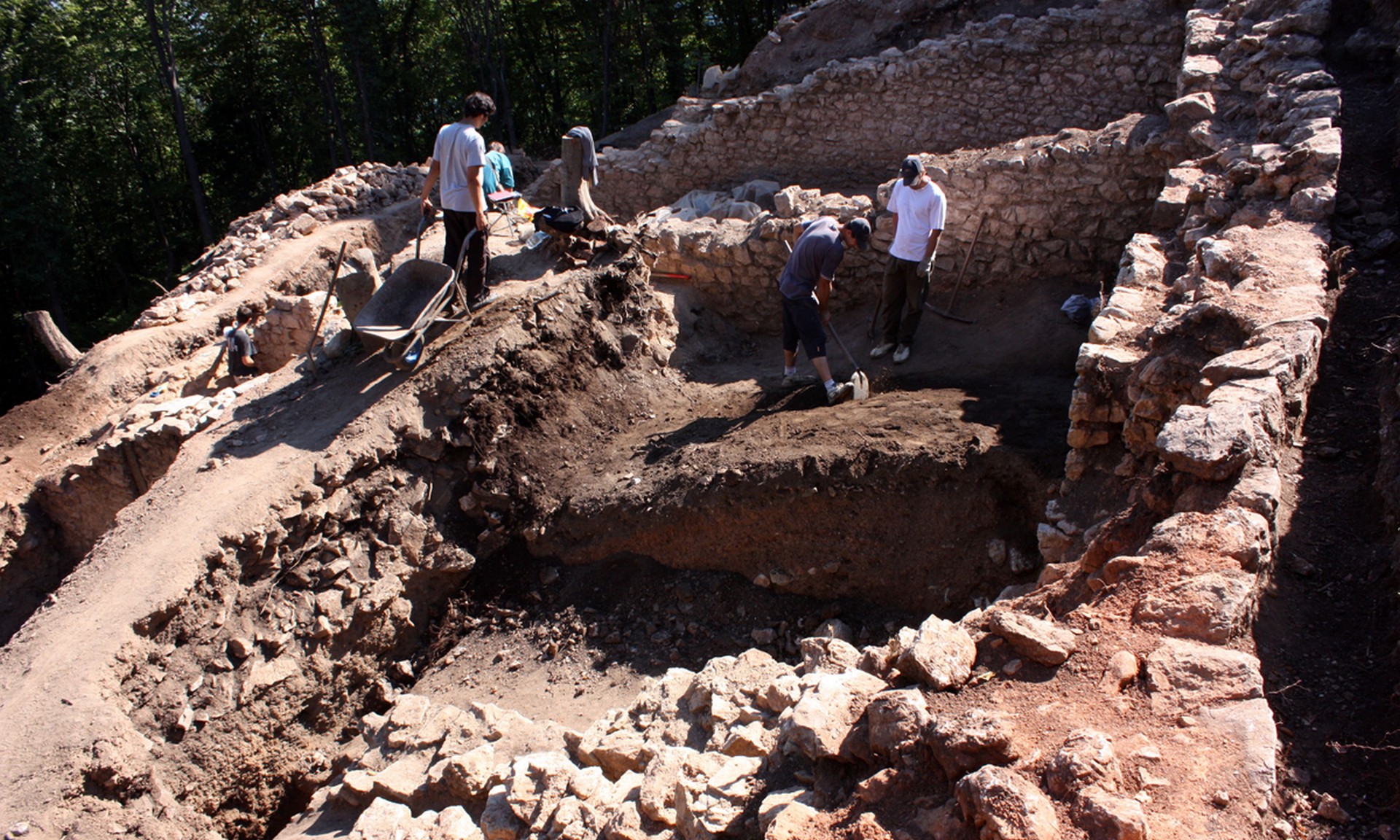 © N.Muzej Čačak
© N.Muzej Čačak
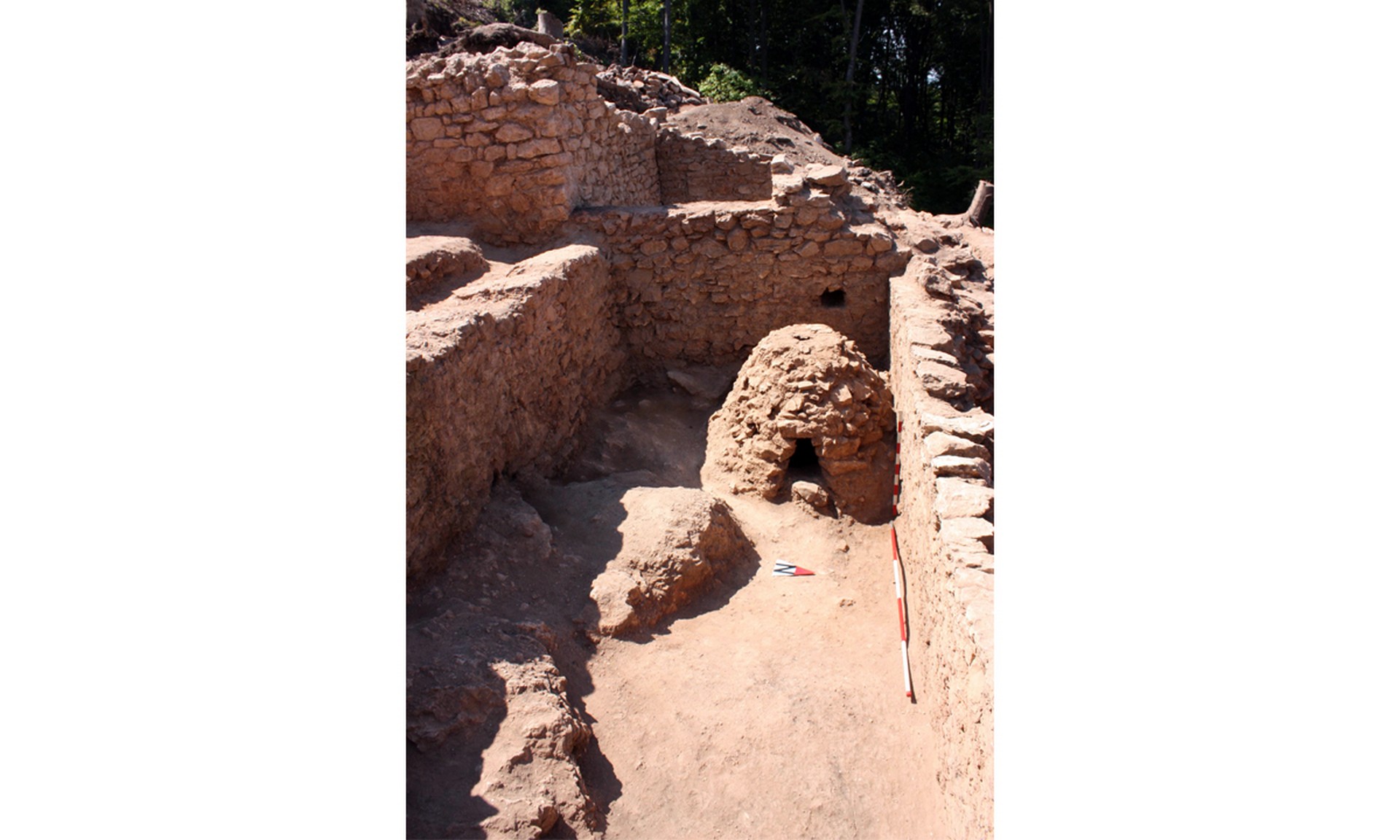 © N.Muzej Čačak
© N.Muzej Čačak
The Archeological site Gradina
Gradina is an archeological site located on one of the peaks of the Jelica mountain, at an altitude of 846 m. In the area of this site, which occupies an area of 20 hectares, settlements arose and disappeared from the Copper Age until the early Middle Ages In terms of...
 © G.Muzej Sombor
© G.Muzej Sombor
Empress Sisi
The portrait gallery within the permanent exhibition of the art department of the City Museum of Sombor is crowned by a representative portrait of the Austro-Hungarian Empress Elizabeth-Sisi The portrait was made by Tan Mor, a representative of historical romanticism The Empress’s portrait was created in 1875 to honor the...
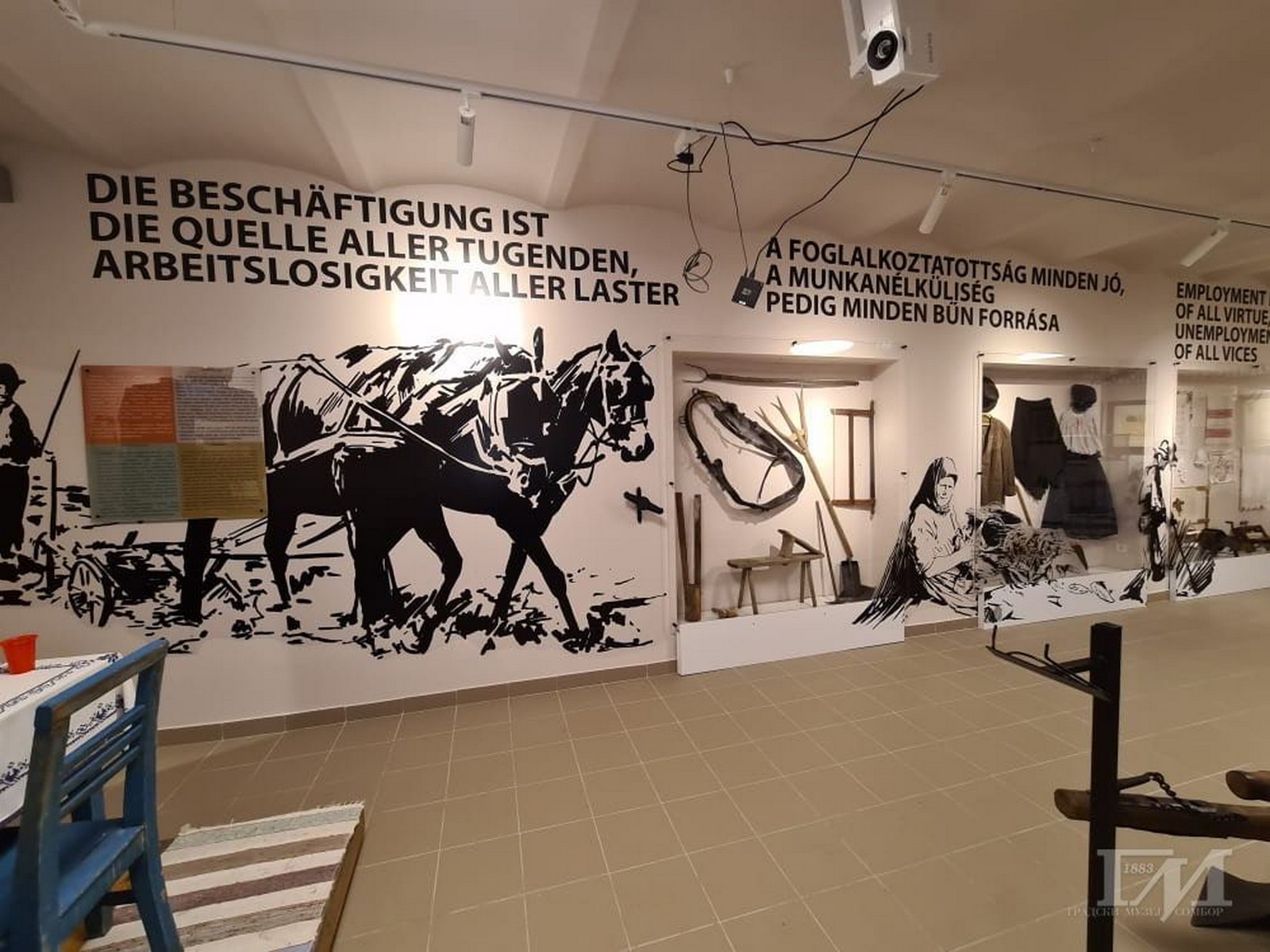 © G.Muzej Sombor
© G.Muzej Sombor
More about the Museum
The Museum of The Danube Germans is a depadans of the Sombor City Museum, founded by the Decision of the City Council of Sombor from July 9th 1995 The museum is located in the Grašalkovic Palace, the building of the Habsburg Monarchy’s Comoros administration, from which the colonisation of Bačka...
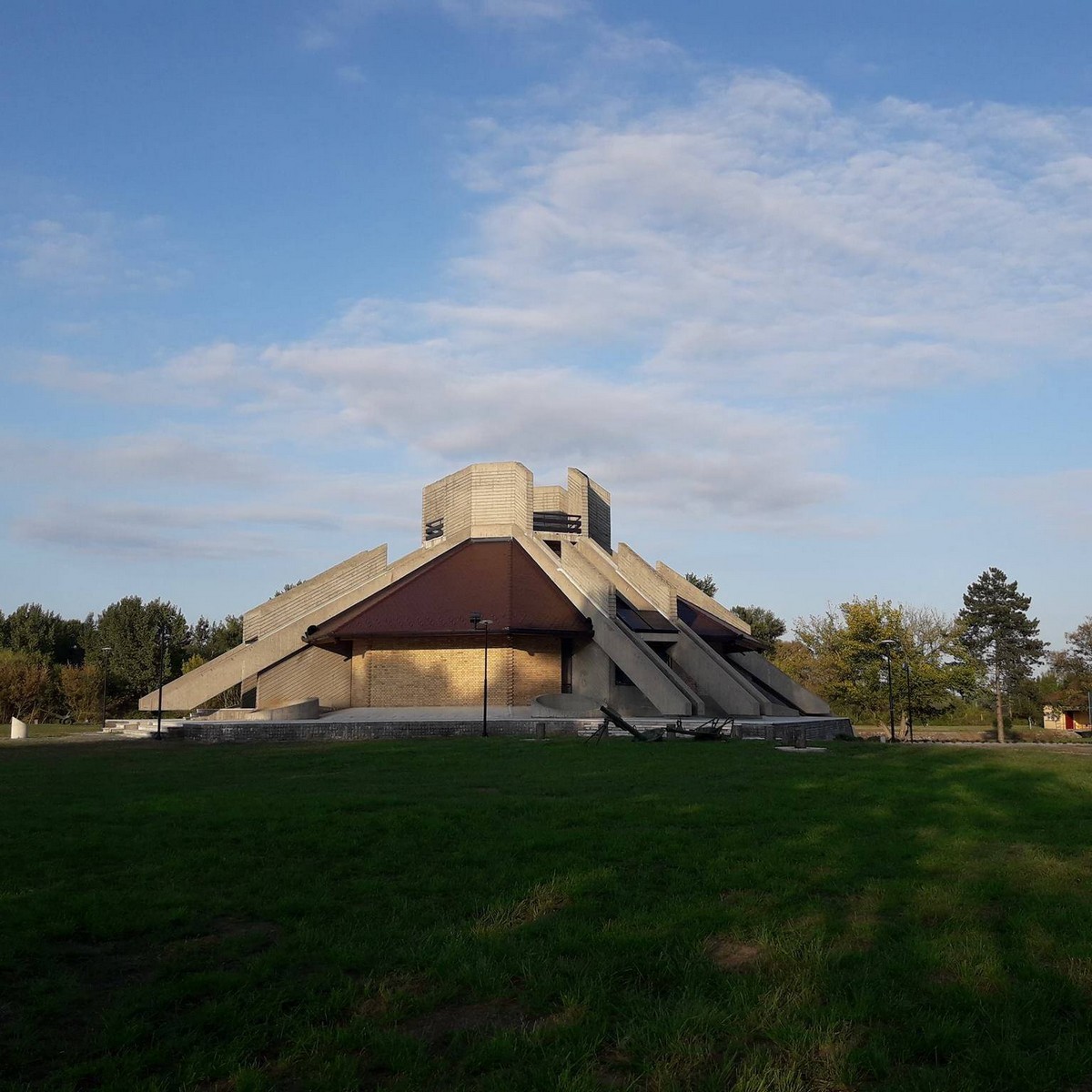 © G.Muzej Sombor
© G.Muzej Sombor
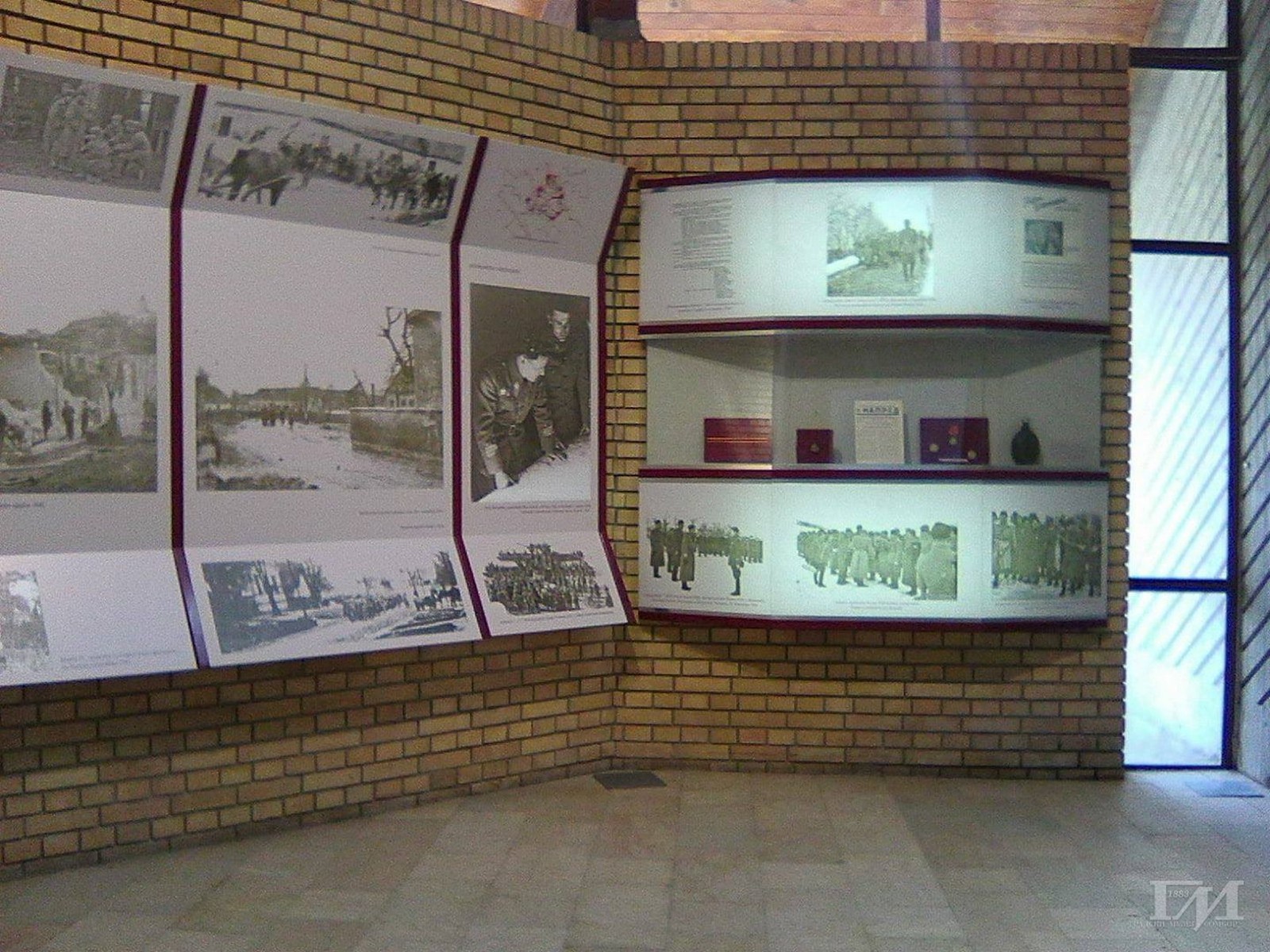 © G.Muzej Sombor
© G.Muzej Sombor
More about the Museum
This memorial complex is dedicated to the epoch of the Battle of Batin from the 2nd World War, which was jointly fought by units of the Soviet Red Army, led by Marshal Tolbuhin and the Yougoslav partisans of the 51st Battalion, under the command of Colonel Sreta Savic- Kolja It...
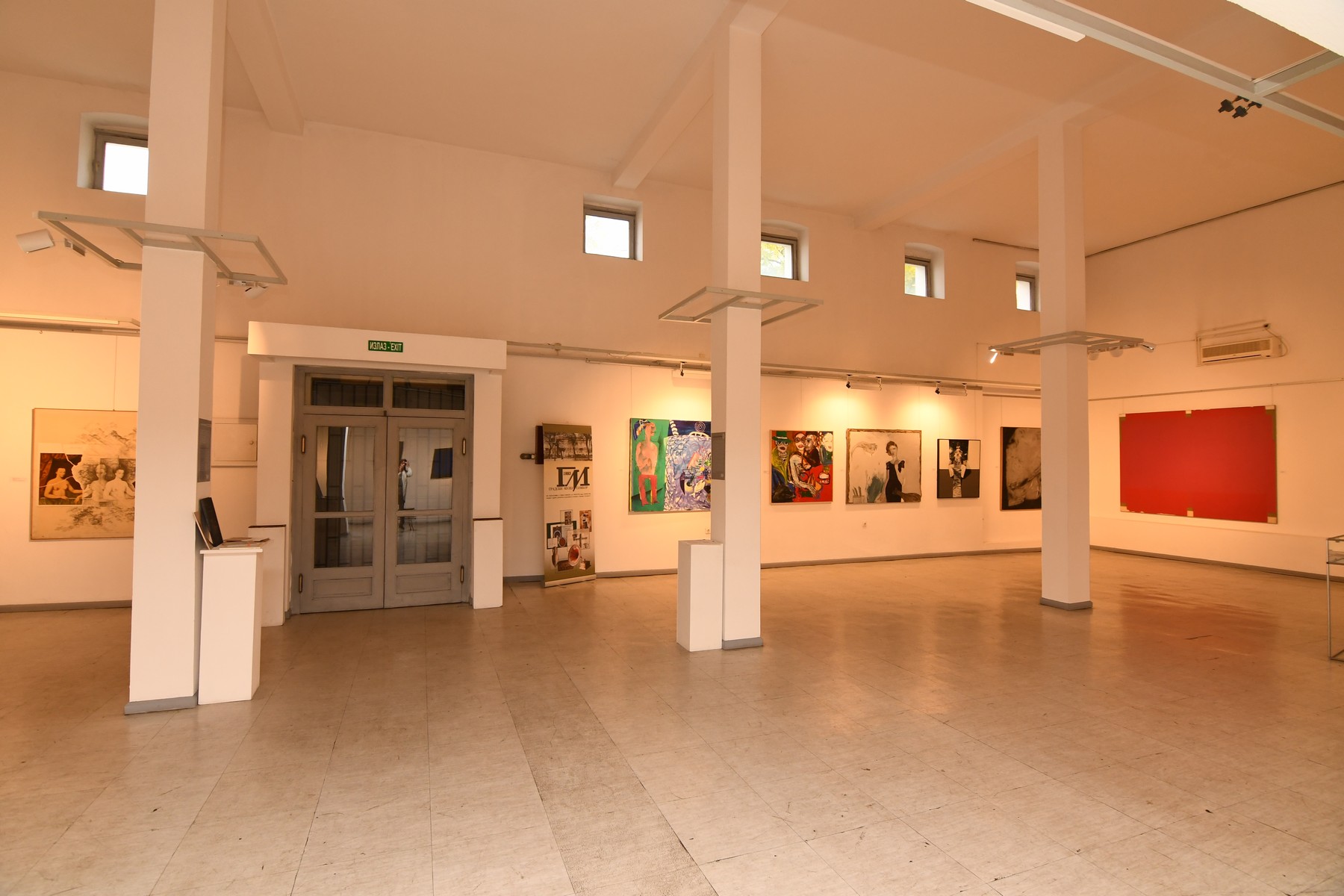 © G.Muzej Sombor
© G.Muzej Sombor
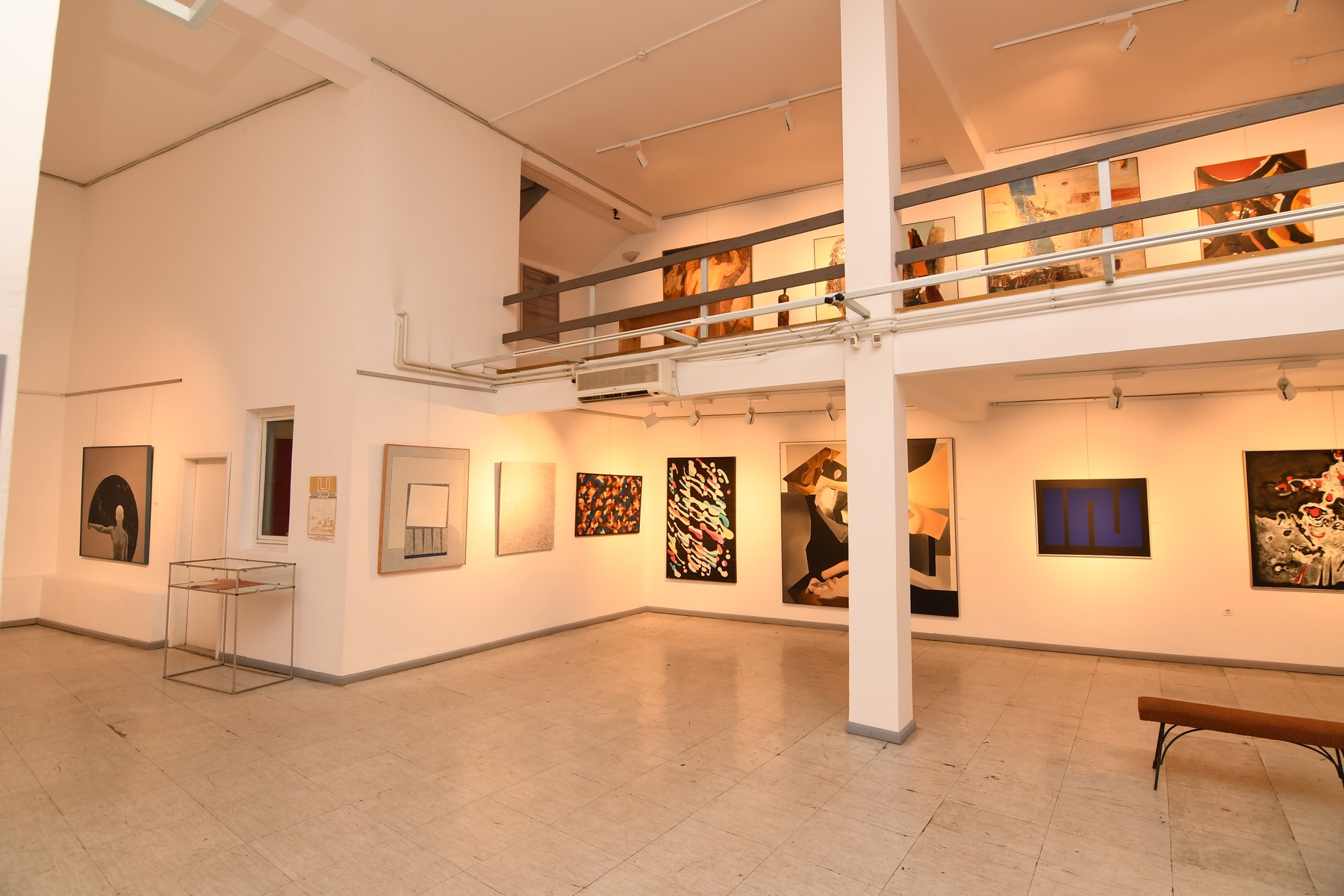 © G.Muzej Sombor
© G.Muzej Sombor
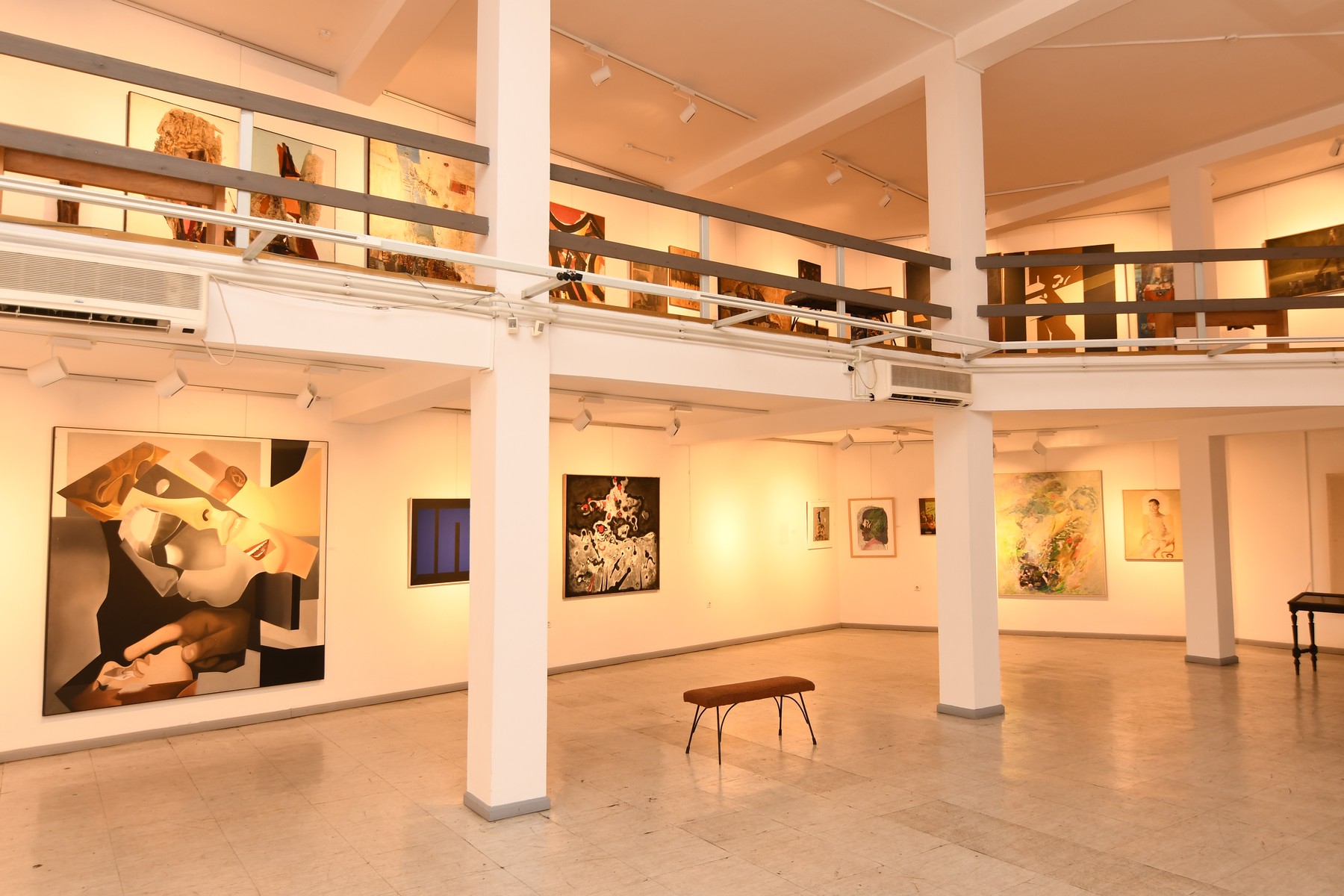 © G.Muzej Sombor
© G.Muzej Sombor
The Gallery of Contemporary Art
The program of the same name was initiated in 1961 by the then-manager of the City Museum, painter Milan Konjović. The collection includes works by famous Yugoslav artists Zora Petrović, Gojmir Anton Kos, Edo Murtić, Lazar Vozarević, Risto Kalčevski, Miodrag B. Protić, Stojan Ćelić, Marko Čelebonović, Ferdinand Kulmer, Julije Knifer,...
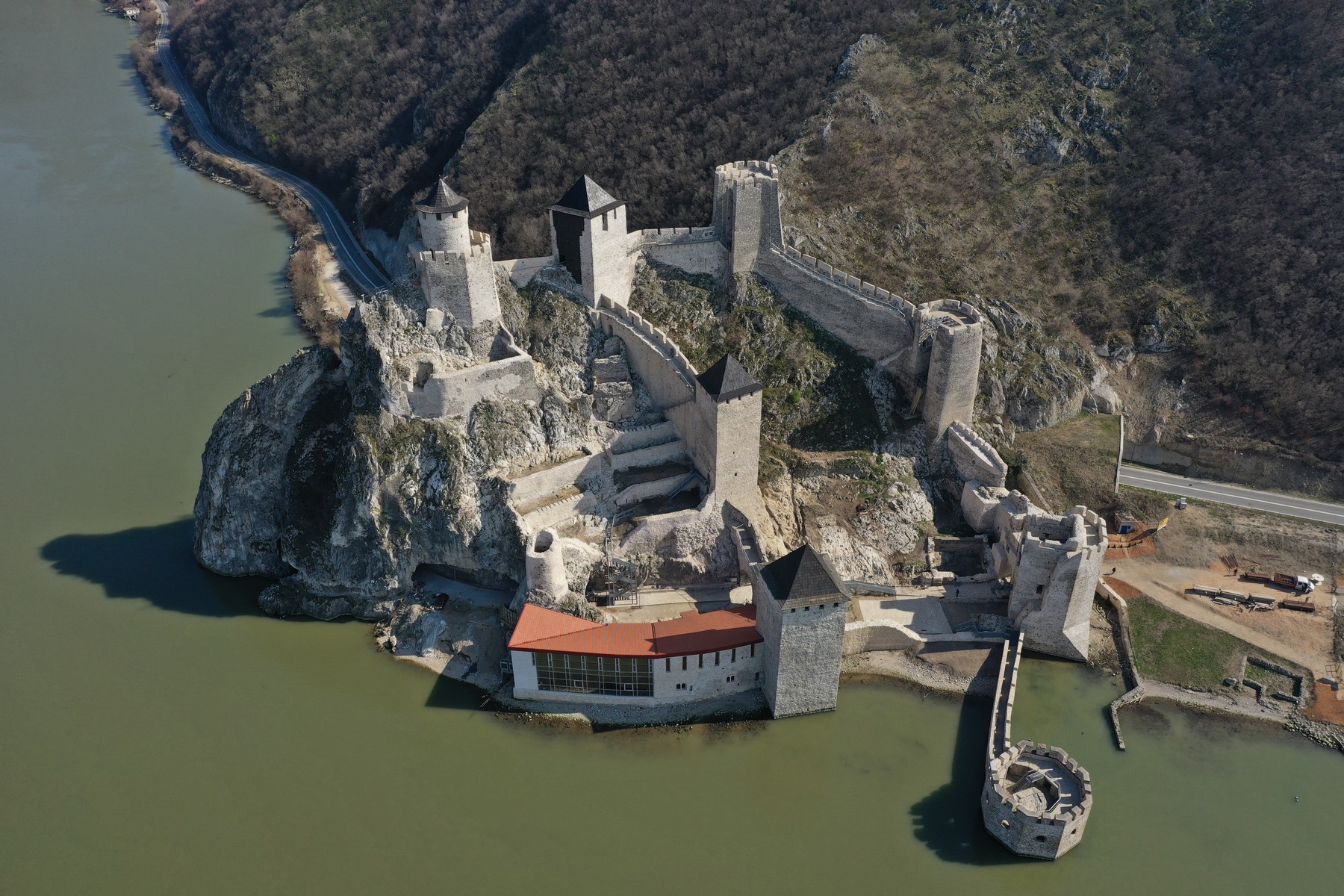 @Golubacki grad
@Golubacki grad
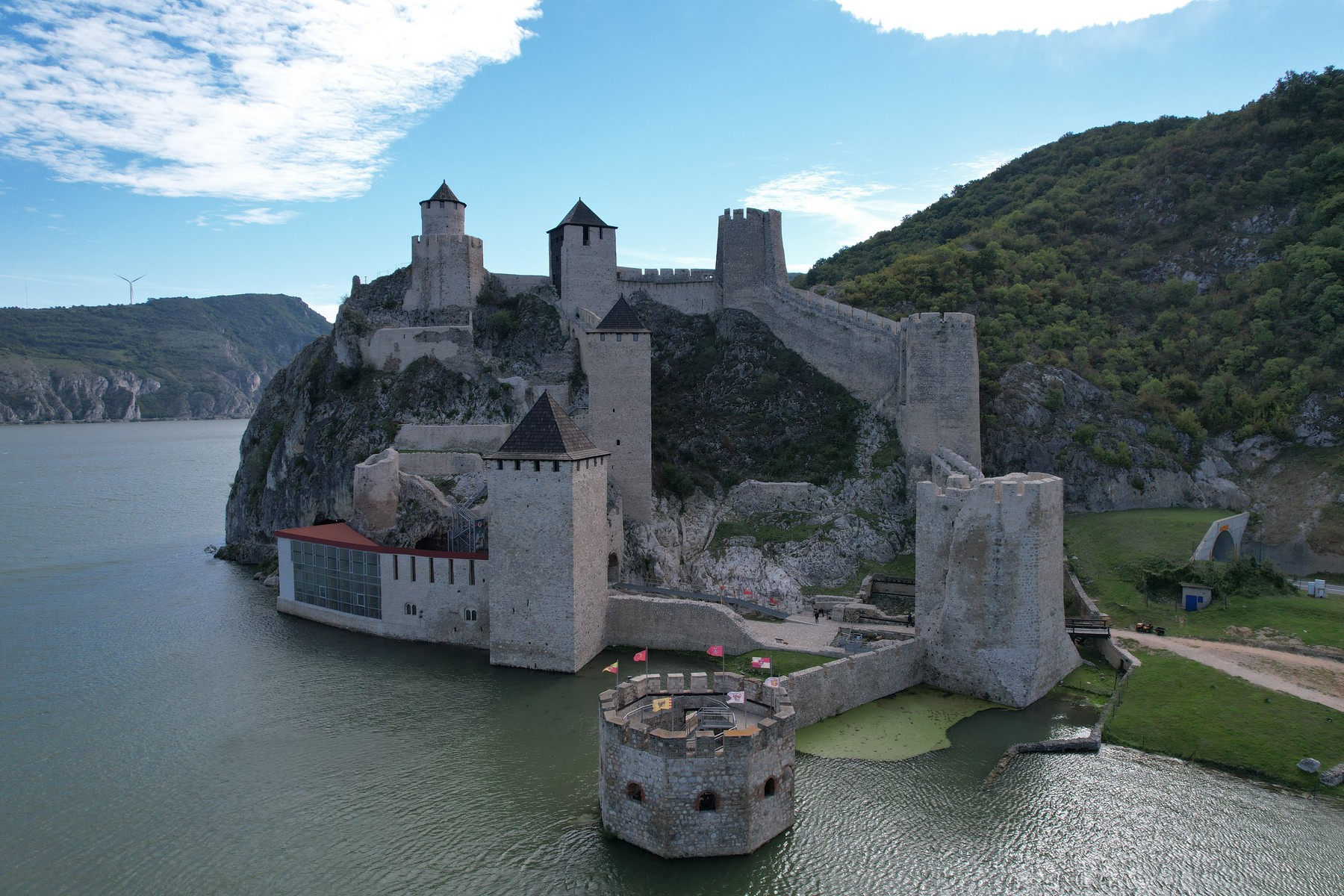 © Golubacka tvrđava
© Golubacka tvrđava
The Golubac Fortress Tourist Area
The exact time of creation and the Golubac Fortress’s builders are unknown The Fortress was first mentioned in written sources at the beginning of the 14th century, more precisely in 1335, which was the time of intense Serbian-Hungarian conflicts On medieval maps, its name was written in different languages. In...
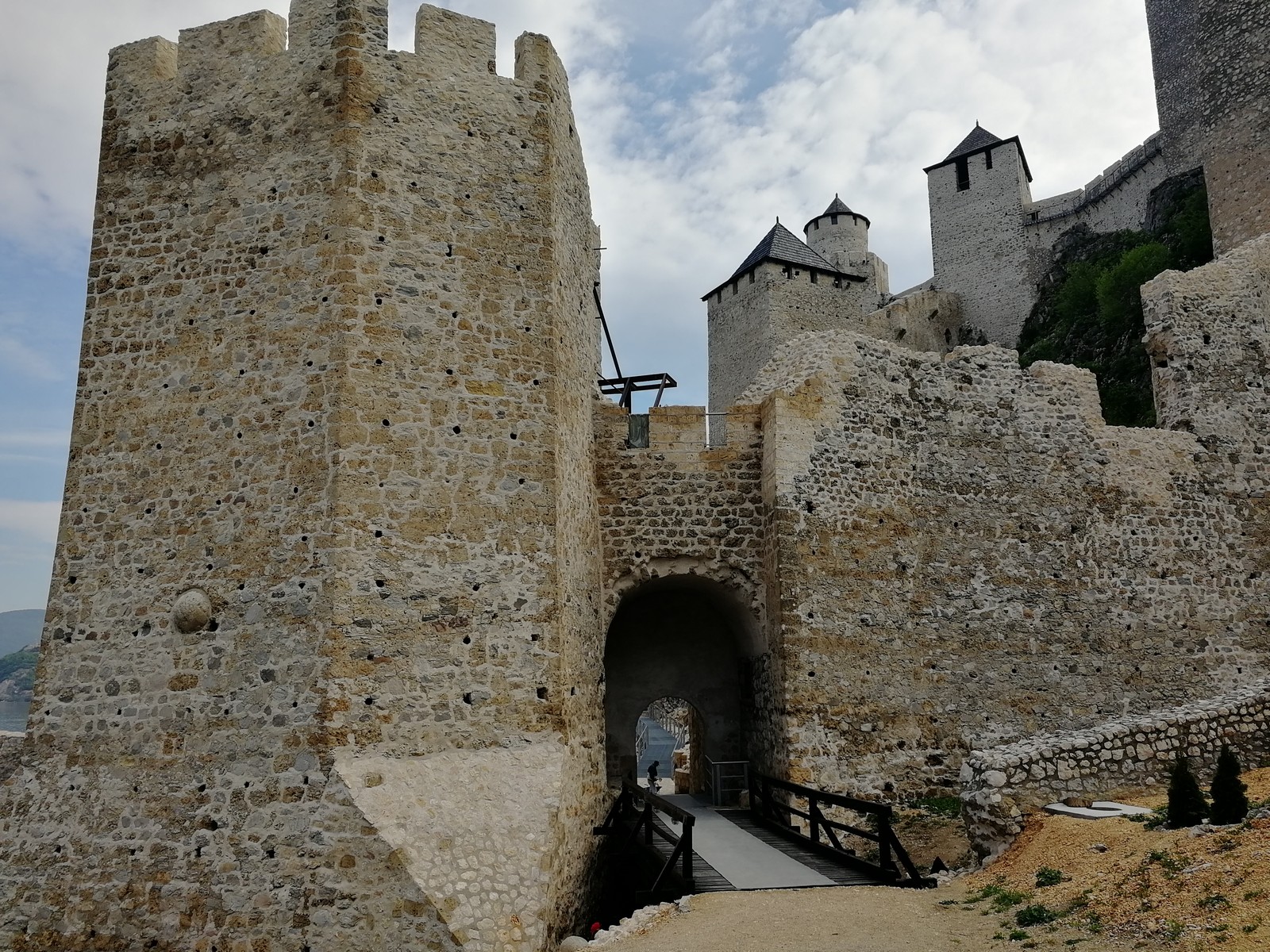 @Golubacki grad
@Golubacki grad
The Main Gate and Tower no. 8
The outer fortification of the Golubac Fortress consists of four towers with ramparts and the Main Gate This part of the Fortress was its primary defense and the most exposed to attacks. Passing through the Main Gate, you enter the Outer Fort, built mainly during the reign of the Serbian...
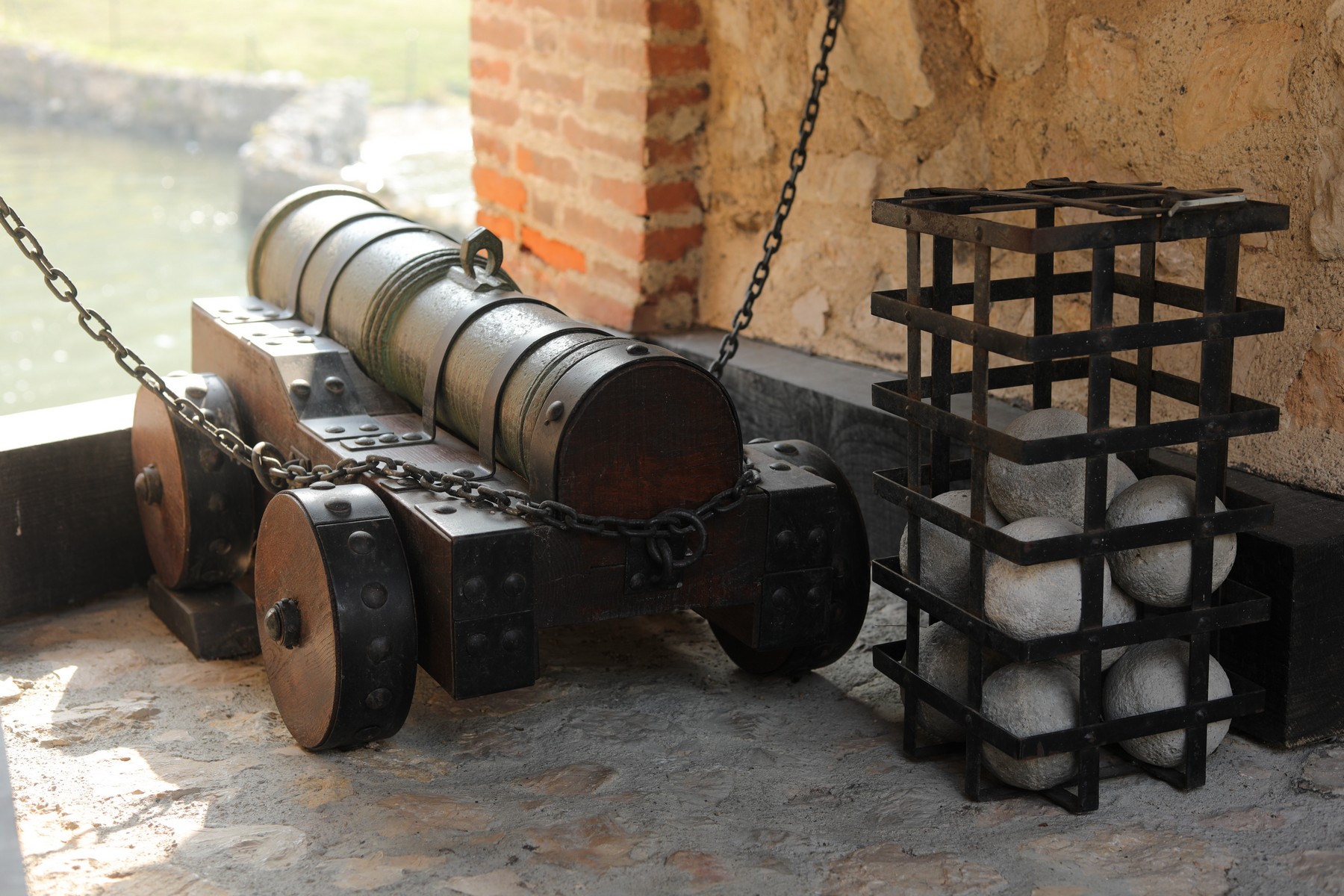 @Golubacki grad
@Golubacki grad
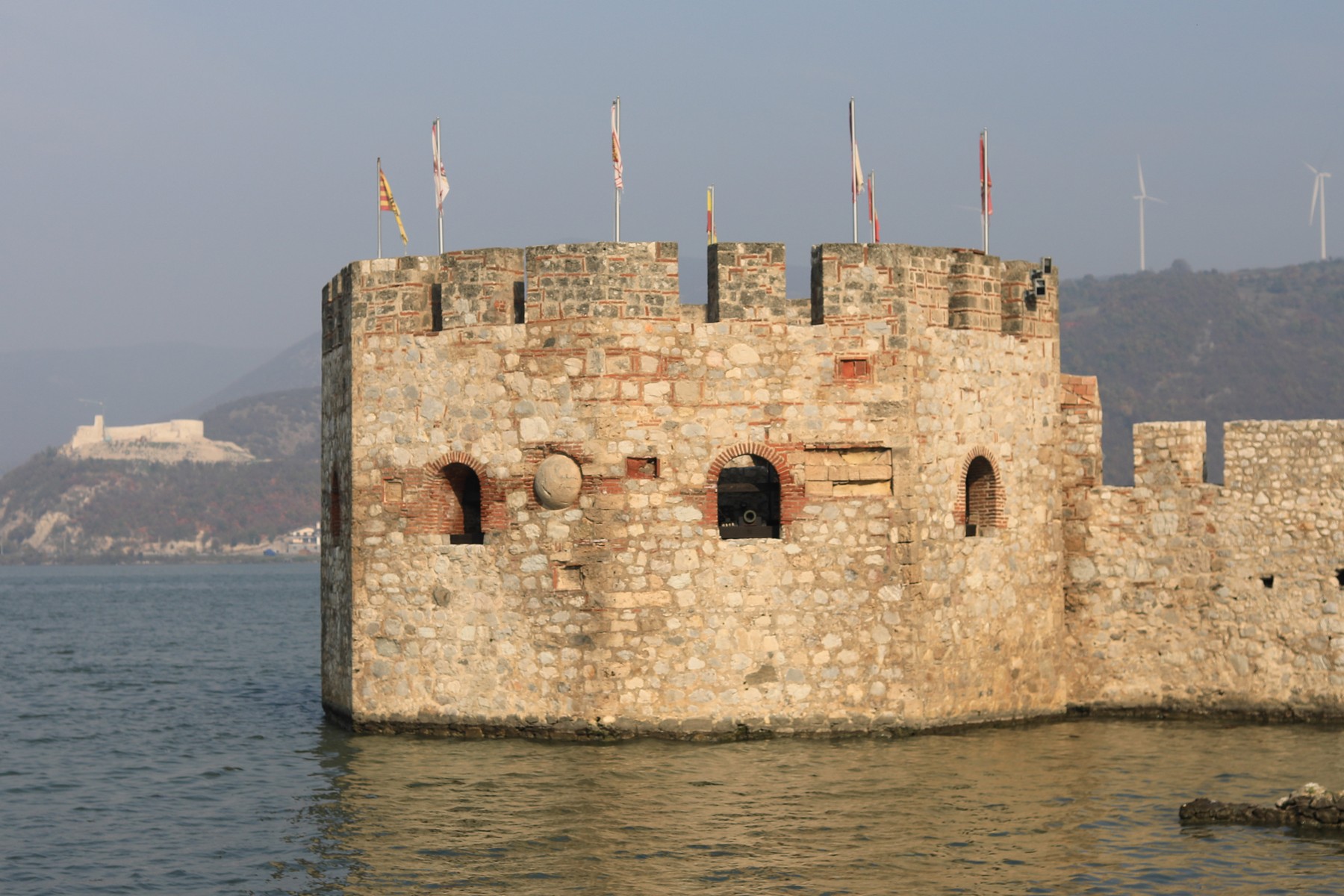 @Golubacki grad
@Golubacki grad
Tower no. 9
Tower 9, better known as the Cannon Tower, was subsequently added to the lower part of the Outer Fort as part of the coastal belt of the Fortress It was built at the time of intensive use of firearms during the Ottoman rule over the Fortress Distinguished by cannon openings...
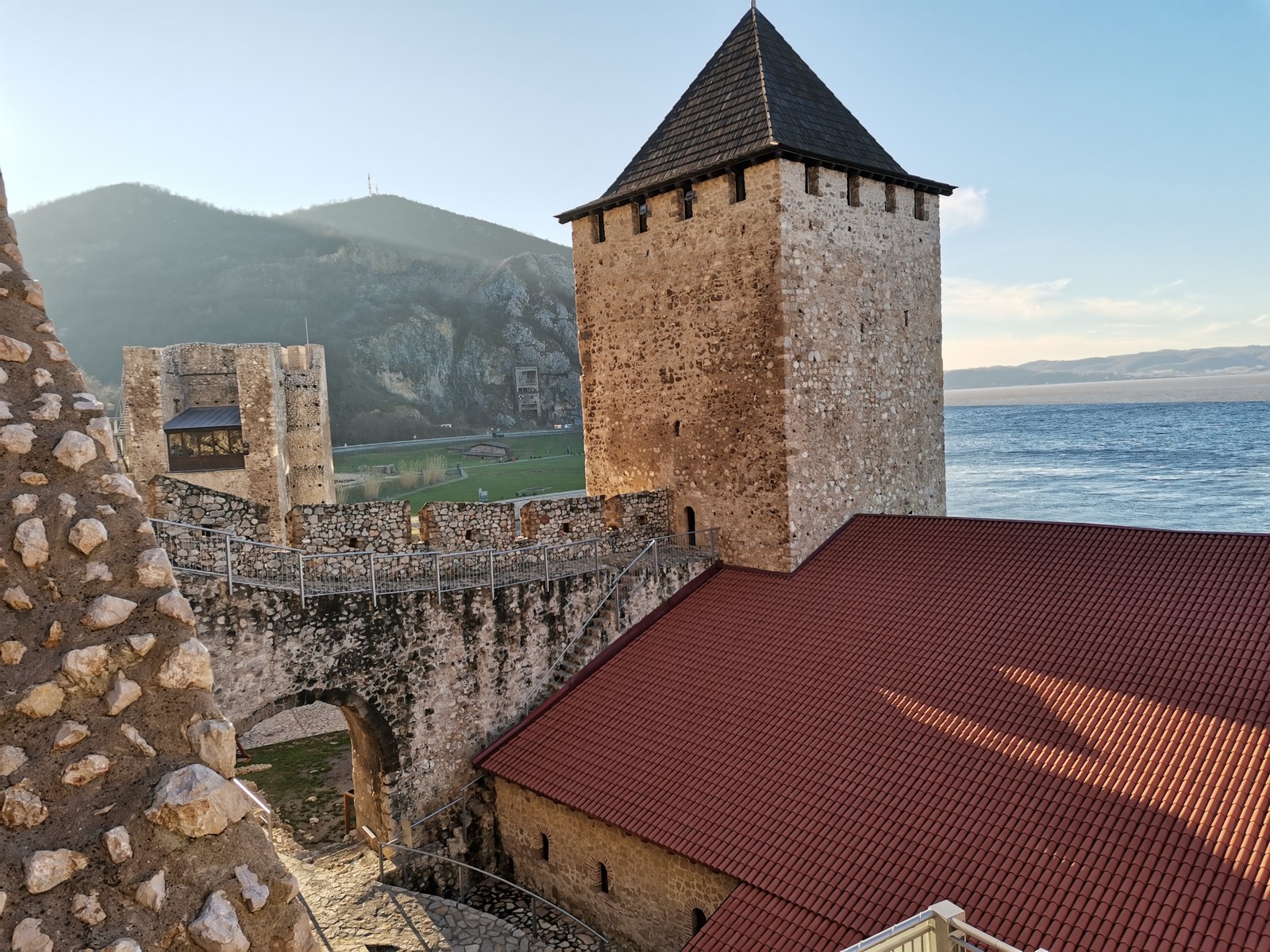 @Golubacki grad
@Golubacki grad
Tower no. 5
The primary role of Tower 5 was to defend the Palace and the Lower Compound of the Inner Fort It is located in the coastal part of the Inner Fort, next to the Palace It was built during the reign of the despot Stefan Lazarevic, the great ruler of the...
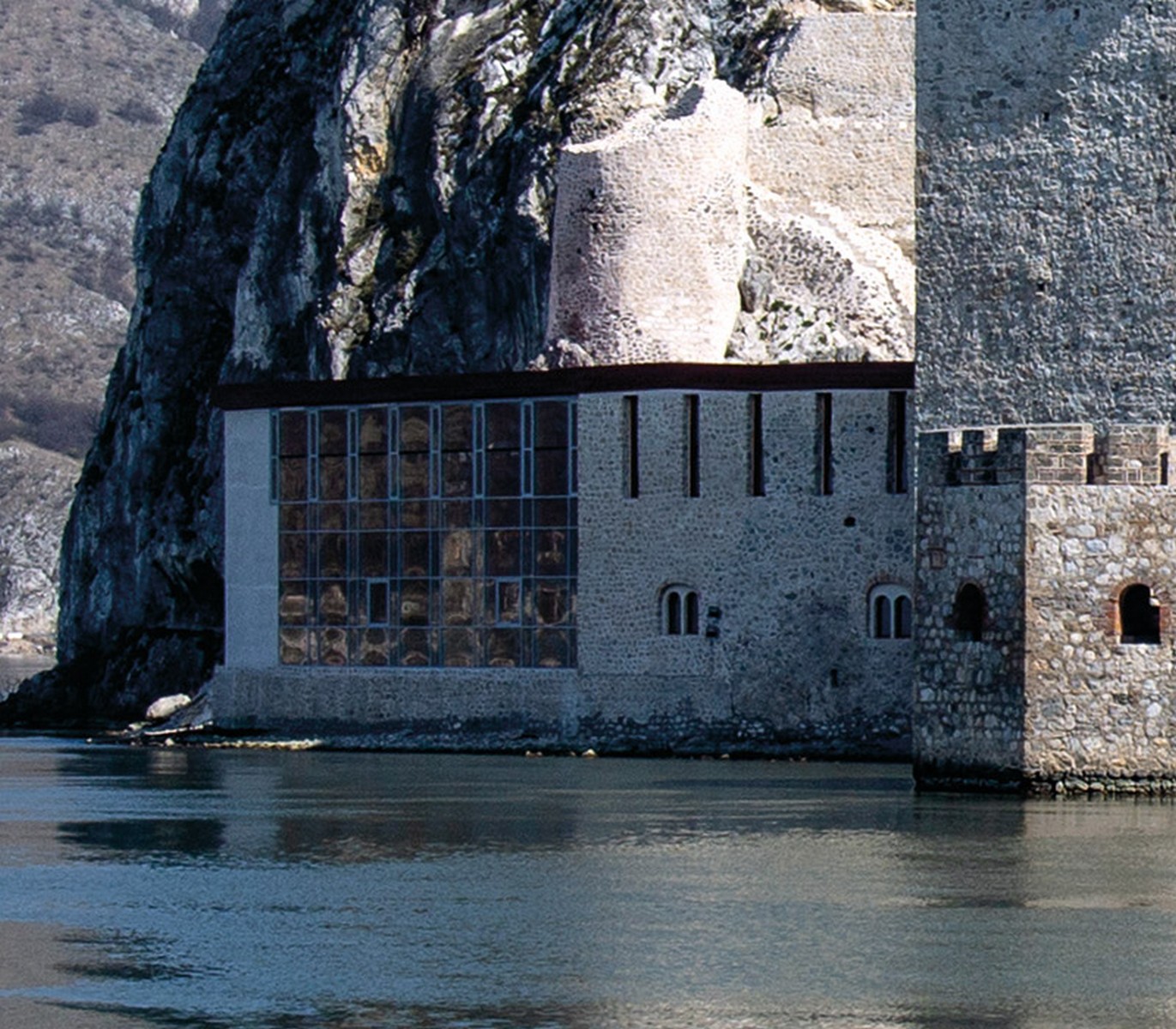 @Golubacki grad
@Golubacki grad
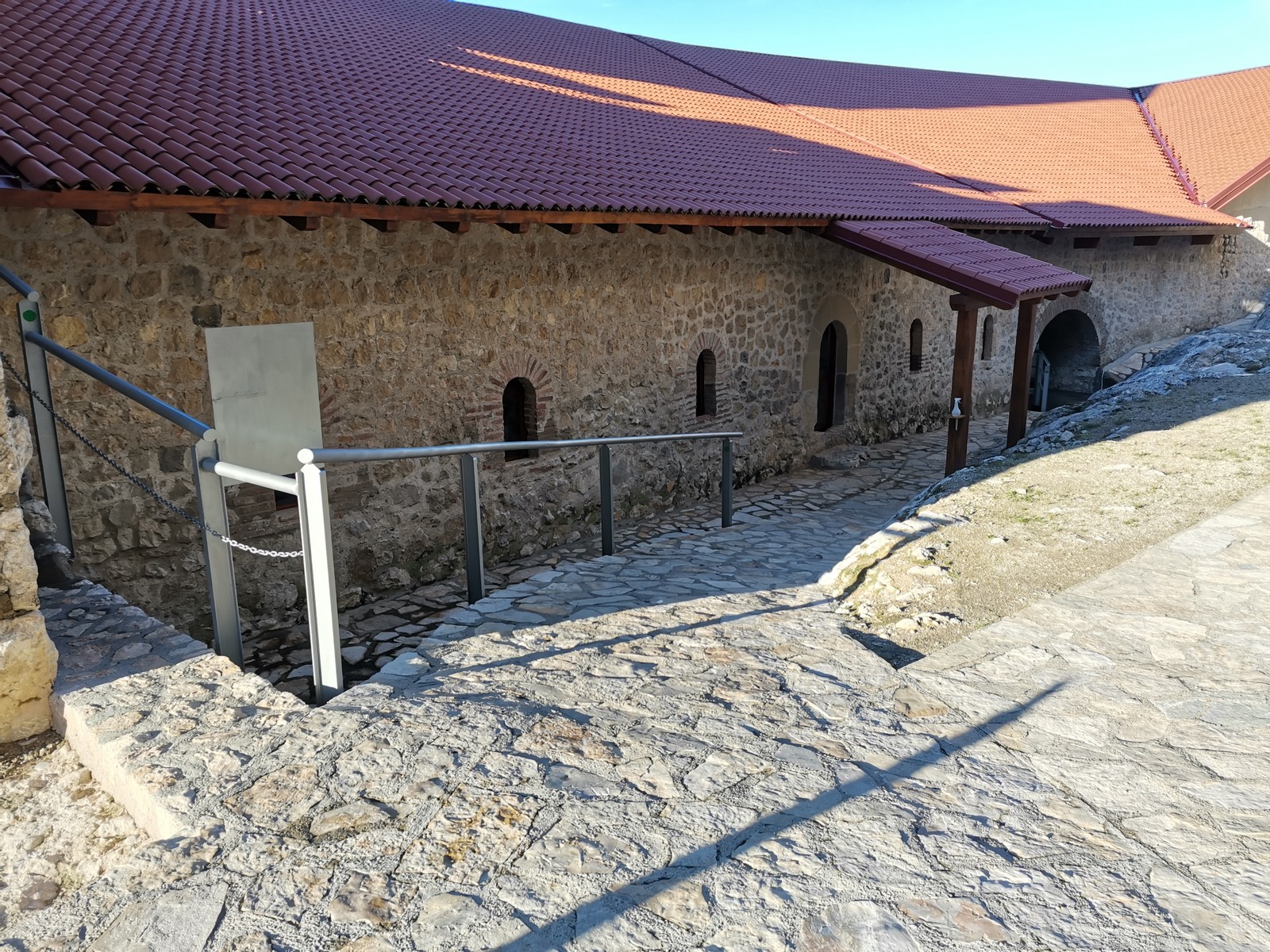 @Golubacki grad
@Golubacki grad
The Palace
The Palace represents a magnificent medieval building of the ancient commanders of the Fortress The Palace is a monumental, multi-story building in the coastal part of the Inner Fort, built during the reign of Serbian ruler Despot Stefan Lazarevic
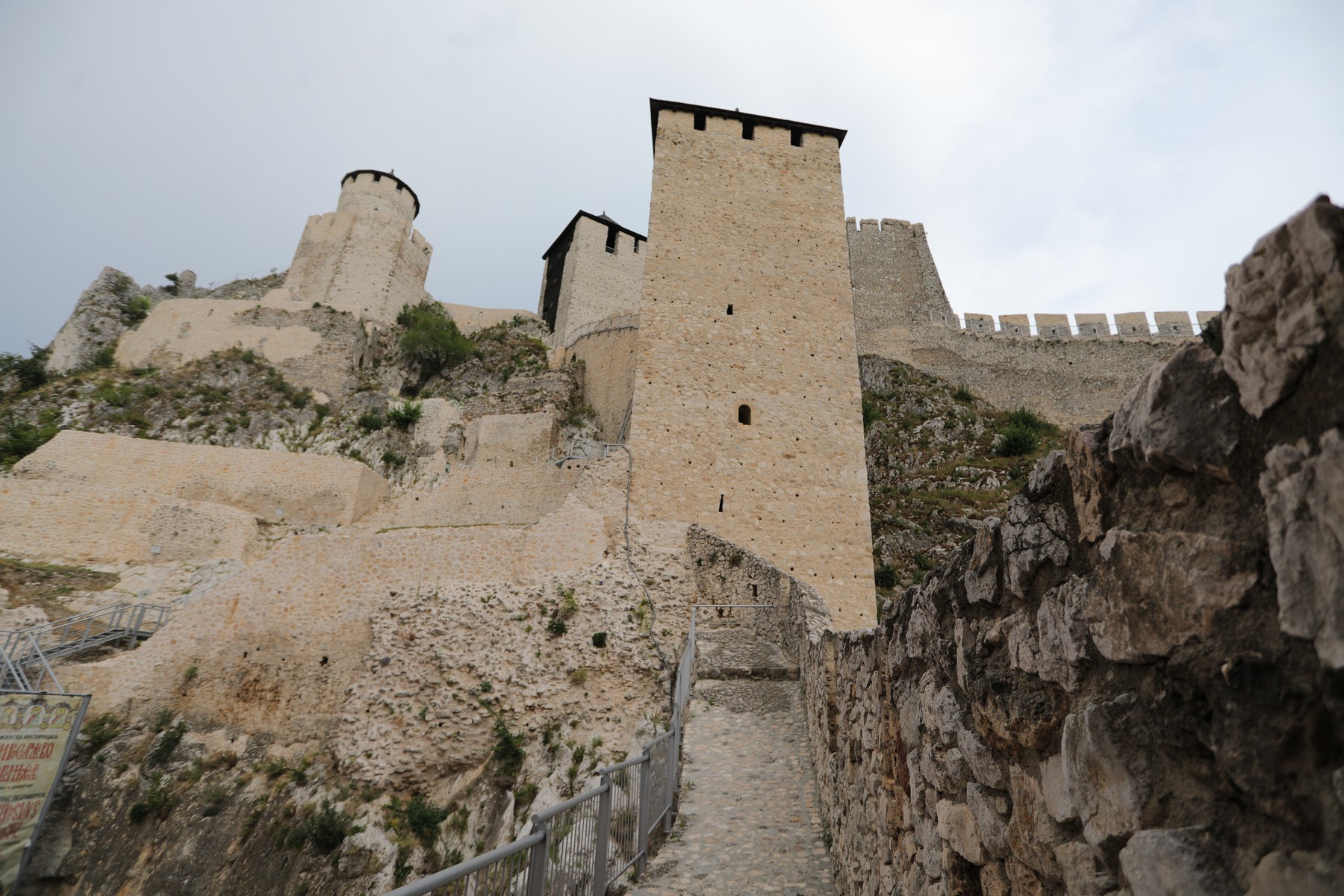 @Golubacki grad
@Golubacki grad
The Upper Compound
The Upper Compound, with the main defense tower, is the Fortress’s oldest and most difficult-to-access part. The oldest part of the fortification was the Upper Compound, which consisted of four large towers. The main defensive tower, the so-called Hat Tower, was the Fortress’s highest and most difficult-to-reach part
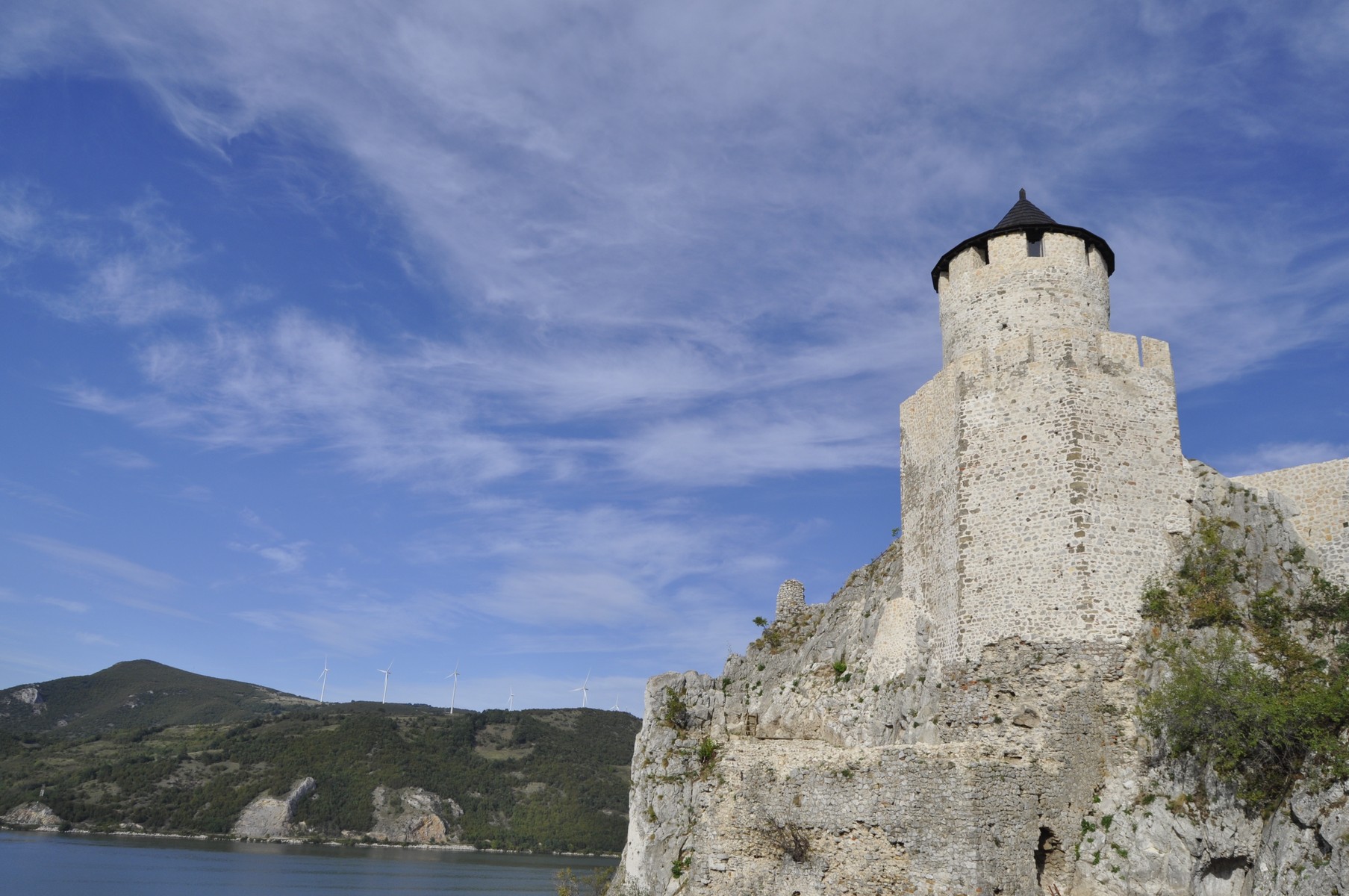 @Golubacki grad
@Golubacki grad
The Hat Tower
Tower 1, also known as the Hat Tower, was built on the most prominent and highest spot on the Ridan cliffs and is the central defensive tower of the Fortress Many legends and stories are associated with the Hat Tower…
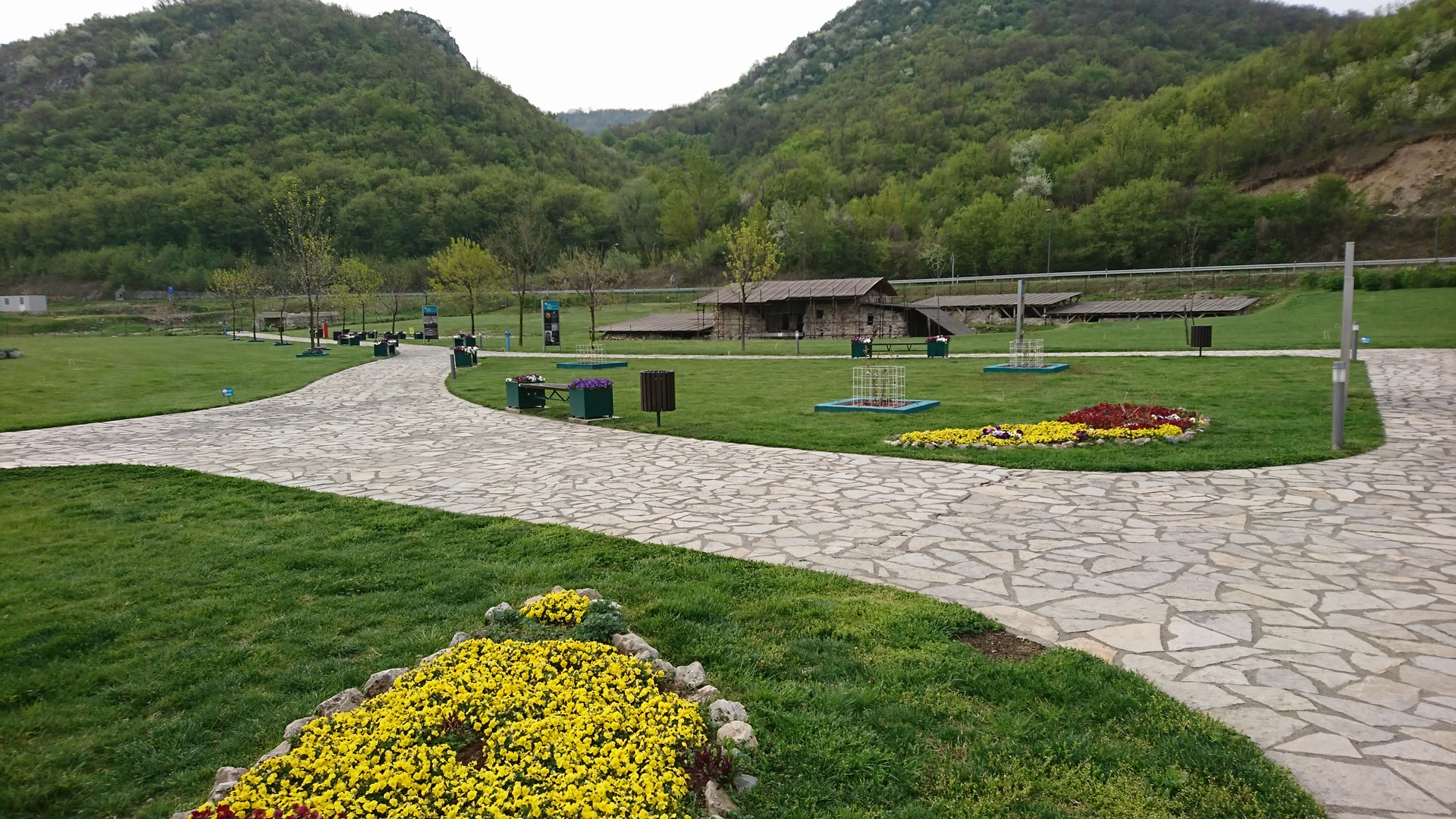 @Golubacki grad
@Golubacki grad
The Western Outer Ward
The Western Outer Ward is today part of the Archaeological Park of the Golubac Fortress Tourist Area It includes architectural remains from different periods of human history Archaeological research has confirmed that this area has been inhabited since prehistoric times.

Welcome to the City Museum
Welcome to the City Museum of Vršac This museum is focused on the interdisciplinary nature of local history It is located in the Concordia building, which was built in 1847 and is a cultural monument of great importance
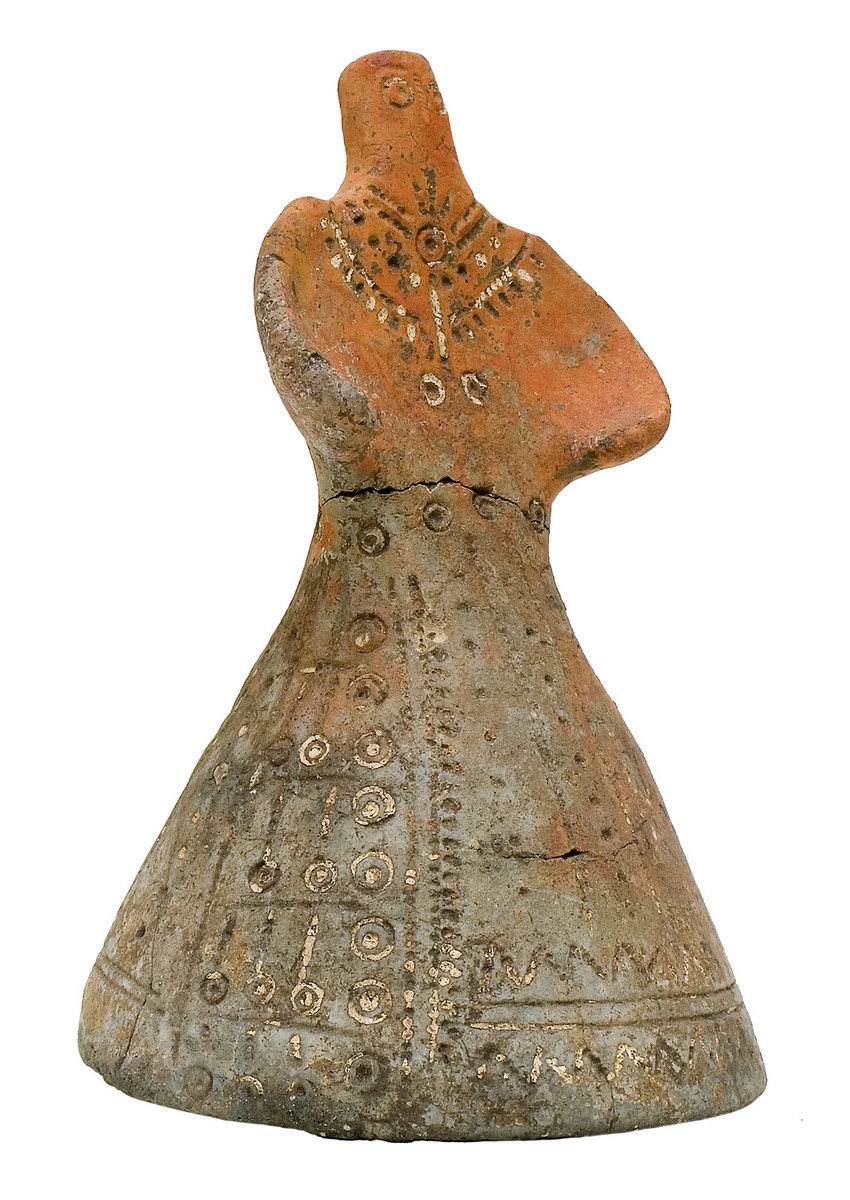 @gmv
@gmv
The Vršac Idol
During extensive construction of the Vršac-Gătaia-Lugoj railway in Romania between 1888 and 1914, a hundred Bronze Age graves were unearthed, with urns and other vessels Undertaking minor research in one of the graves on April 10, 1913, Milleker found the Vršac idol, a well-preserved anthropomorphic figure It is a distinct...
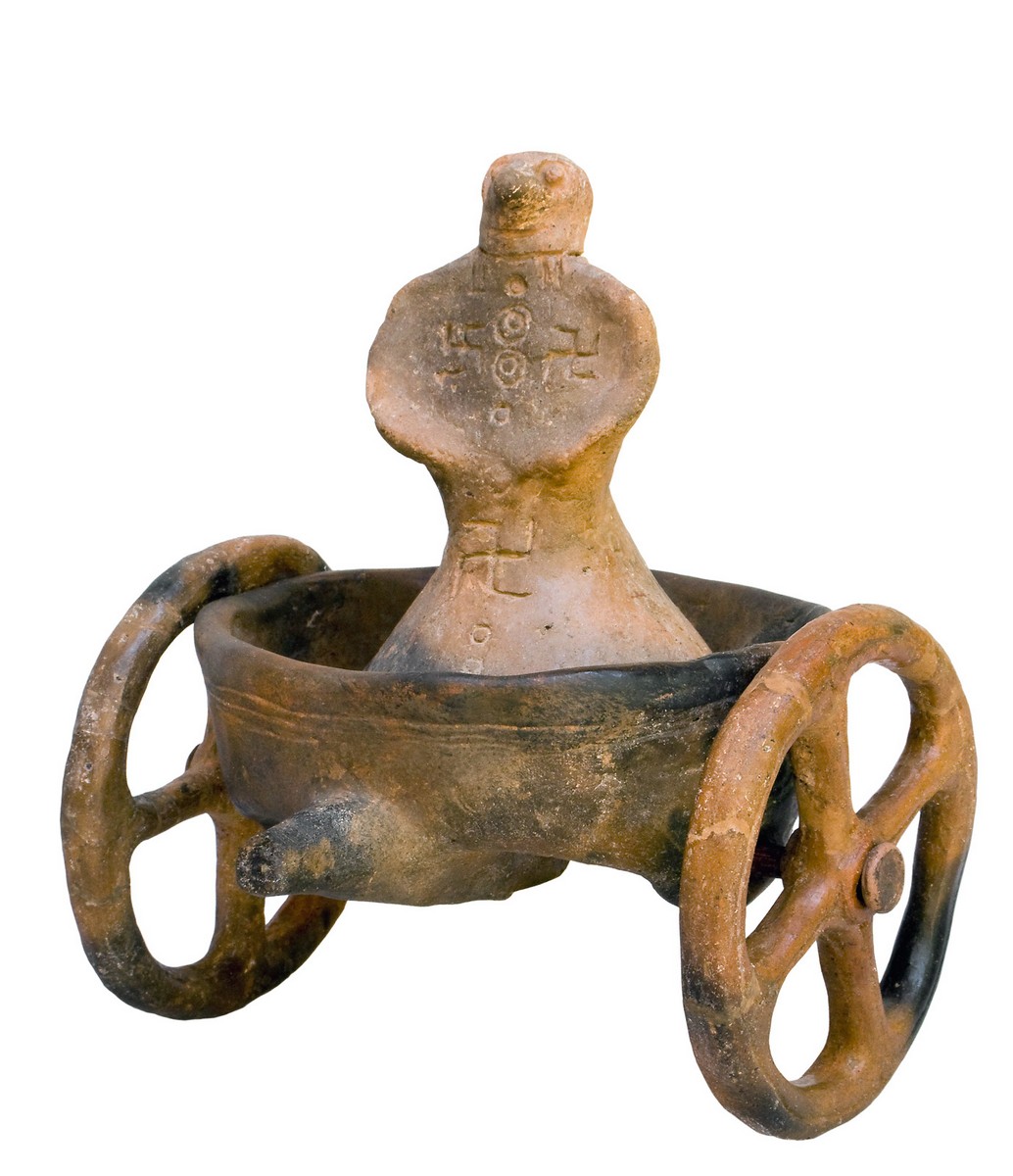 @gmv
@gmv
The Dupljaja Carts
The Dupljaja carts is the name of an exceptional archaeological artifact unearthed at the beginning of the 20th century in Banat at a site near the village of Dupljaja The carts belong to the Dubovac culture from the Middle Bronze Age and are about 3,500 years old
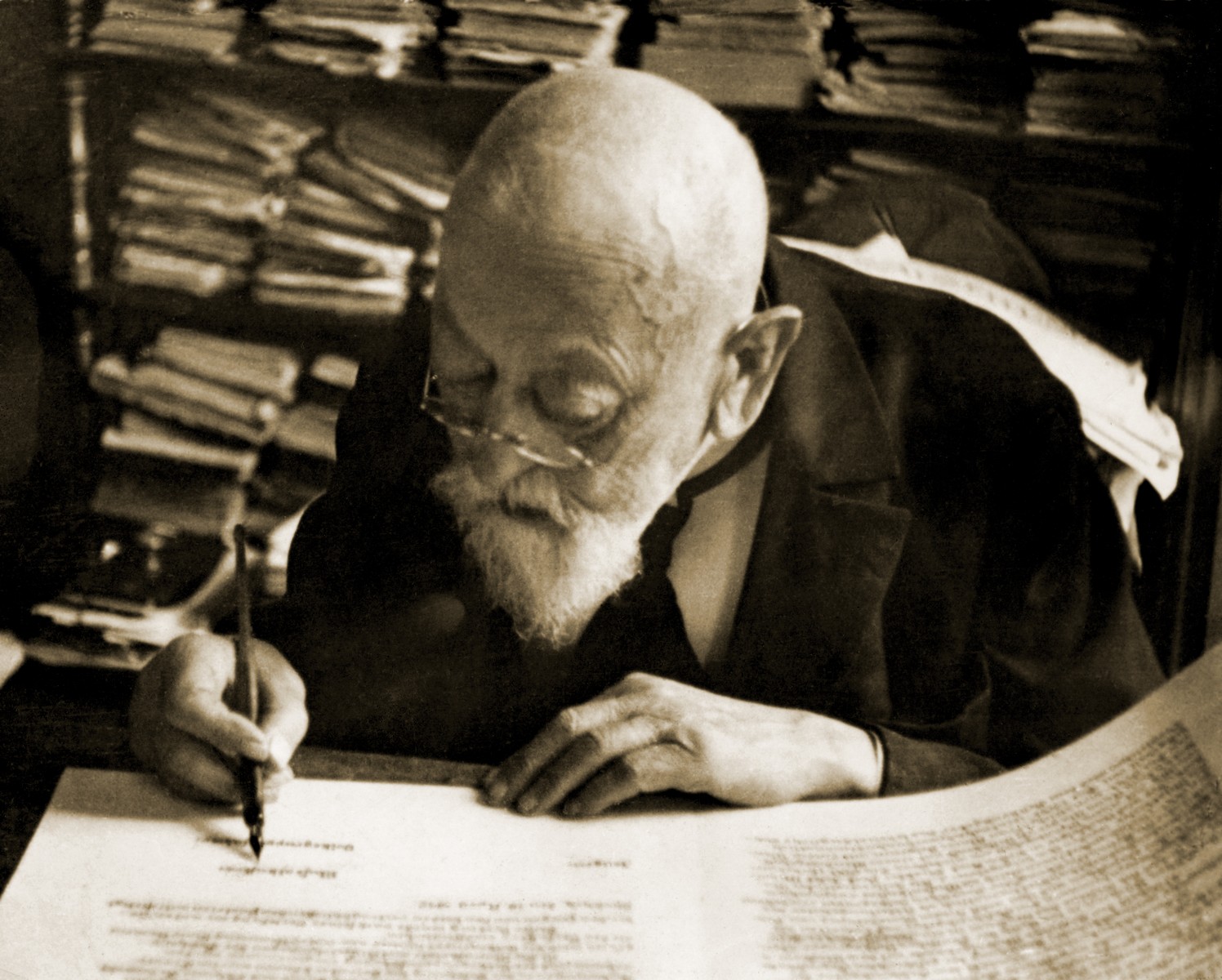 @gmv
@gmv
Felix Milleker
He was the museum’s curator for almost 50 years Felix Milleker (1858–1942) was a recognized archaeologist, historian, and publicist who, during his lifetime, published a large number of scientific and professional works, monographs, and articles
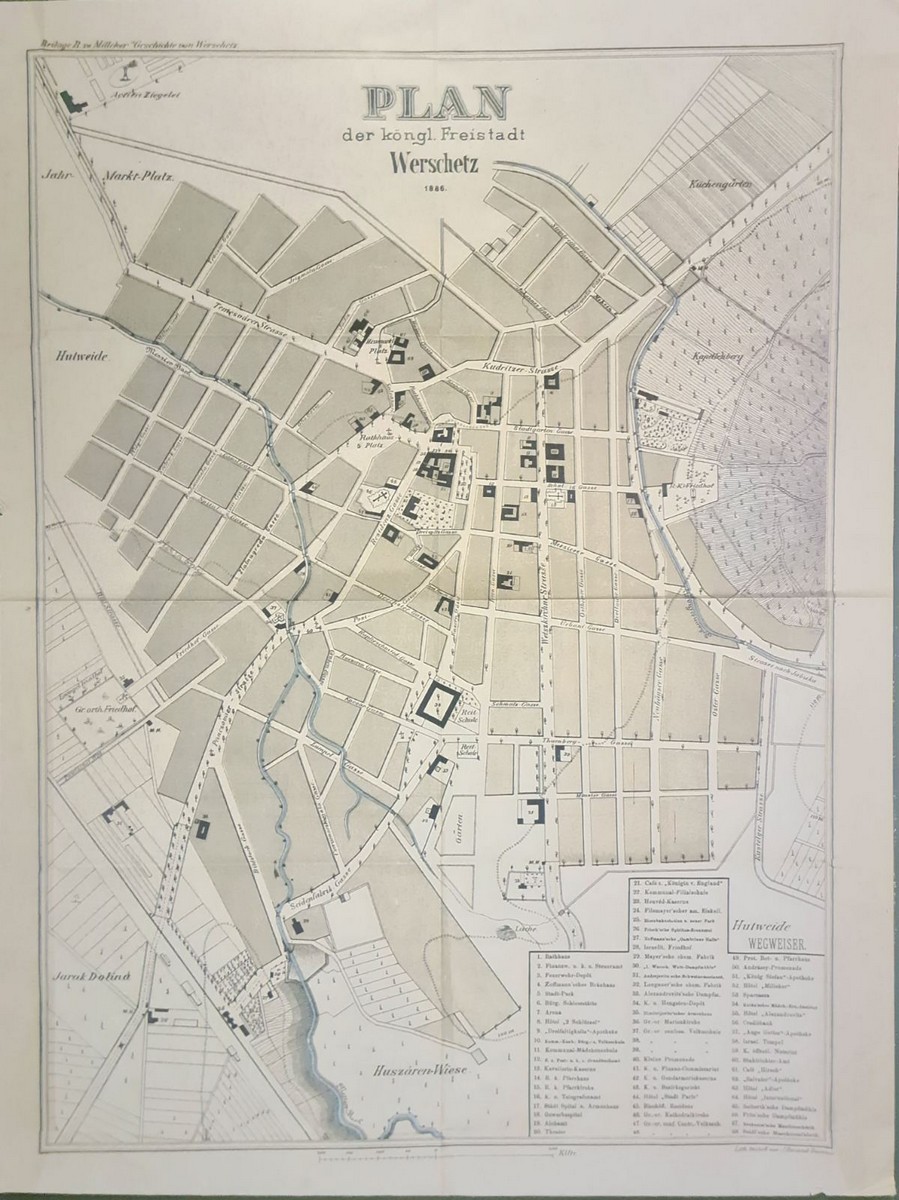 @gmv
@gmv
The City plan from 1794
When the Austrians set foot in the Banat region, they found a sparsely populated and swampy, inaccessible terrain due to the frequent floods of the Danube, Tisa, Tamis, and Begej river That is why the new authorities decided to colonize the region with Catholic families from Western Europe Banat’s first...
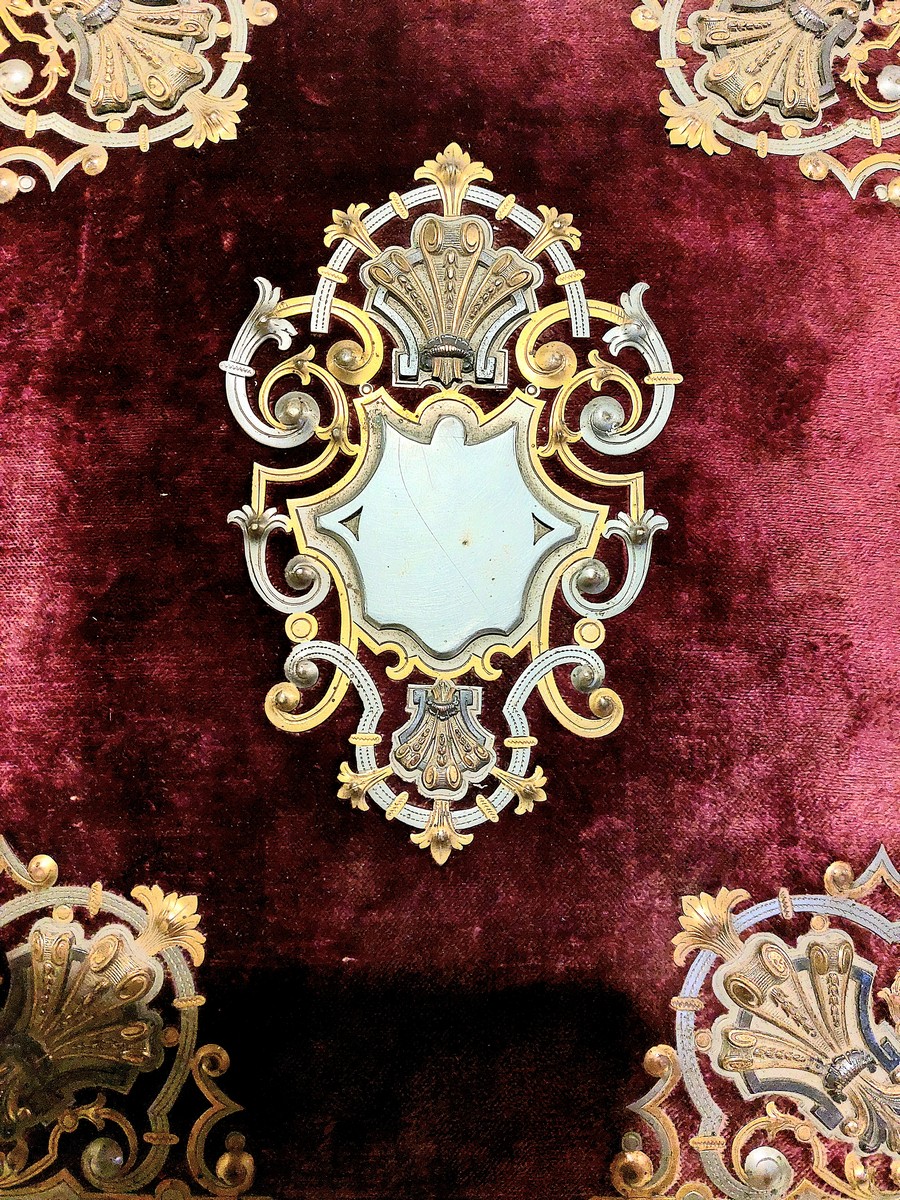 @gmv
@gmv
Civil life in Vršac
Thanks to the periods when Vojvodina was part of the Austro-Hungarian Empire and traded with other parts of Europe, Vršac had the opportunity to be in contact with many achievements of more modern societies, from fashion to various ideas and inventions
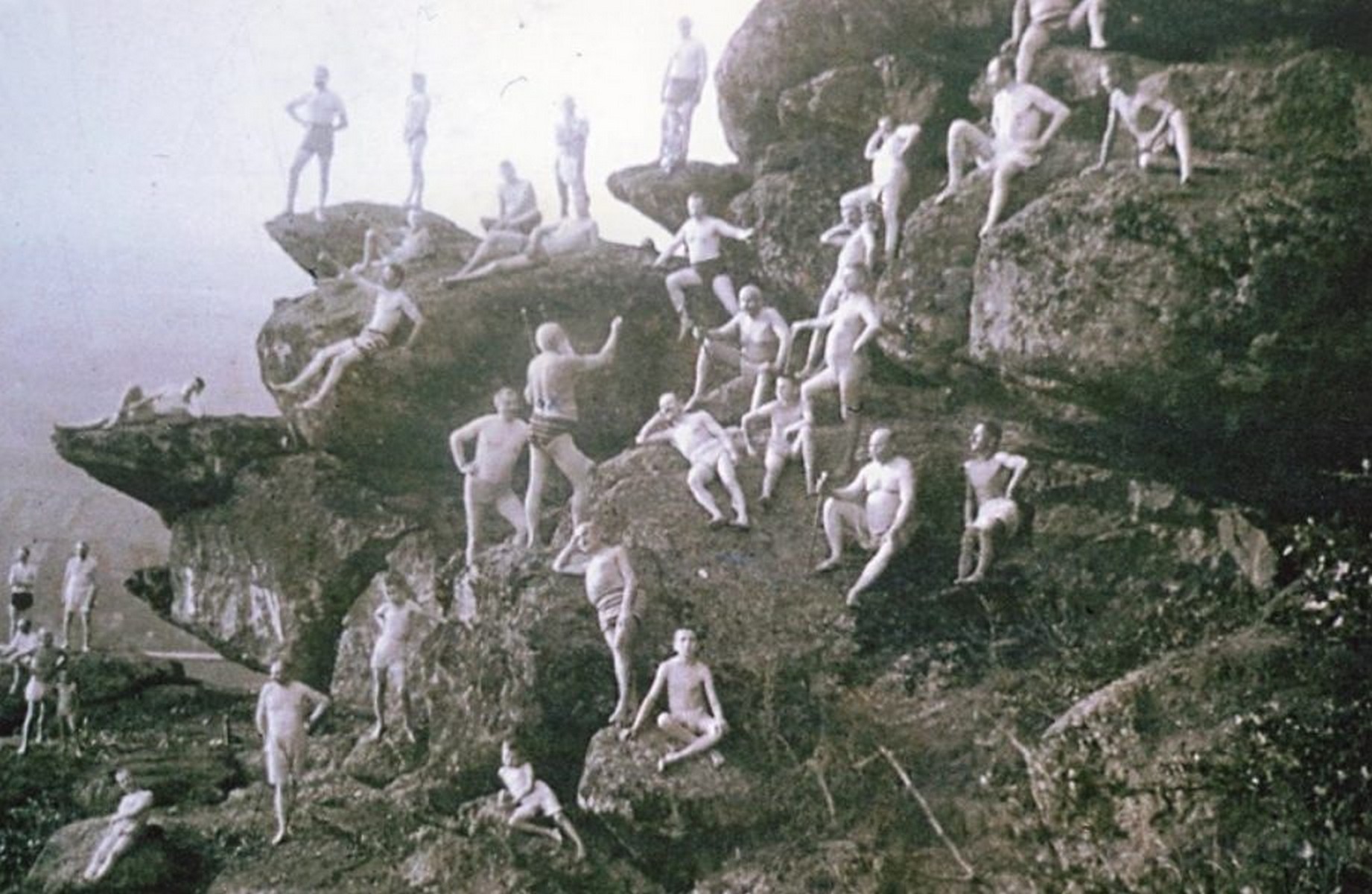 @gmv
@gmv
Sports and associations
Sports developed very early in old Vršac. The first sports branch about which there is written data is archery Towards the end of the 19th century, fencing and cycling clubs were founded. The cycling club organized the first race in 1897 The beginning of the 20th century also brought football:...
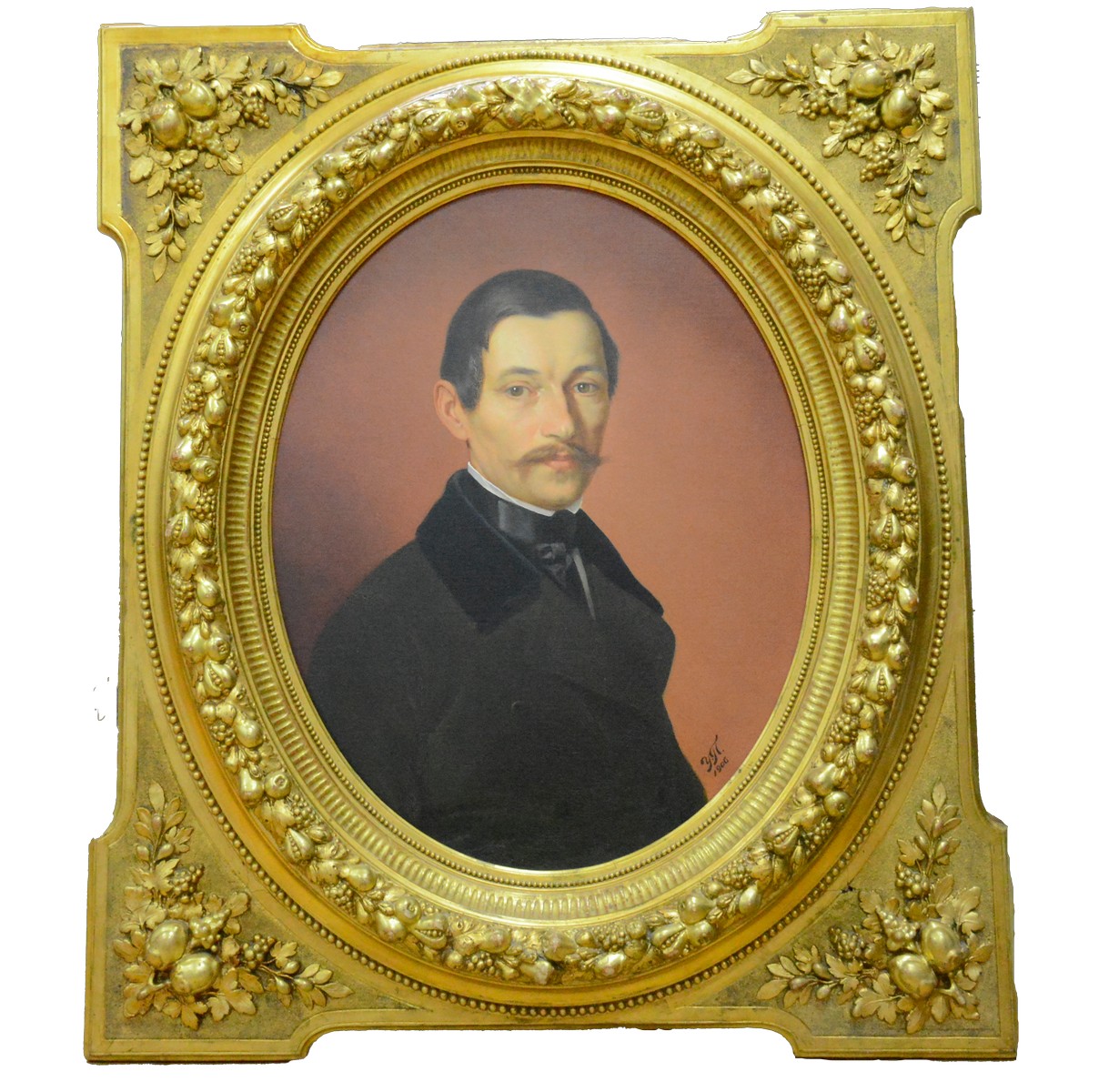 @gmv
@gmv
Jovan Sterija Popović
The writer Jovan Sterija Popović was also one of the leading intellectuals of his time. He is considered the founder of Serbian drama and the first and one of the best Serbian comedy writers. Jovan Sterija Popović was born in Vršac in 1806
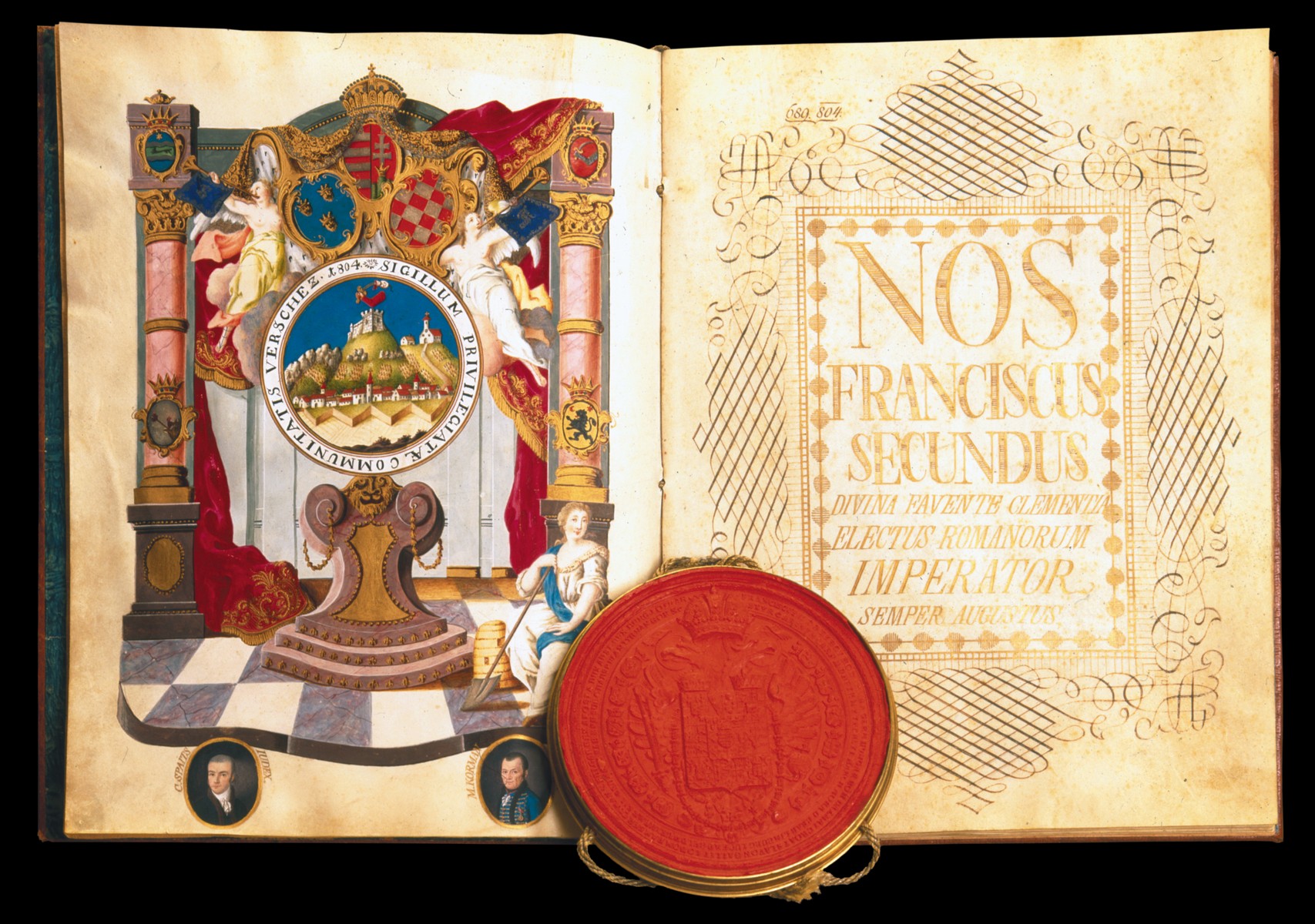 @gmv
@gmv
The Charter from 1804
Vrsac inherits one of the longest legal traditions in Banat and beyond. The Market Charter from 1804, which is kept in the City Museum, represents one of the most significant legal acts With this document, Vršac finally got its political and legal sovereignty, which still holds today
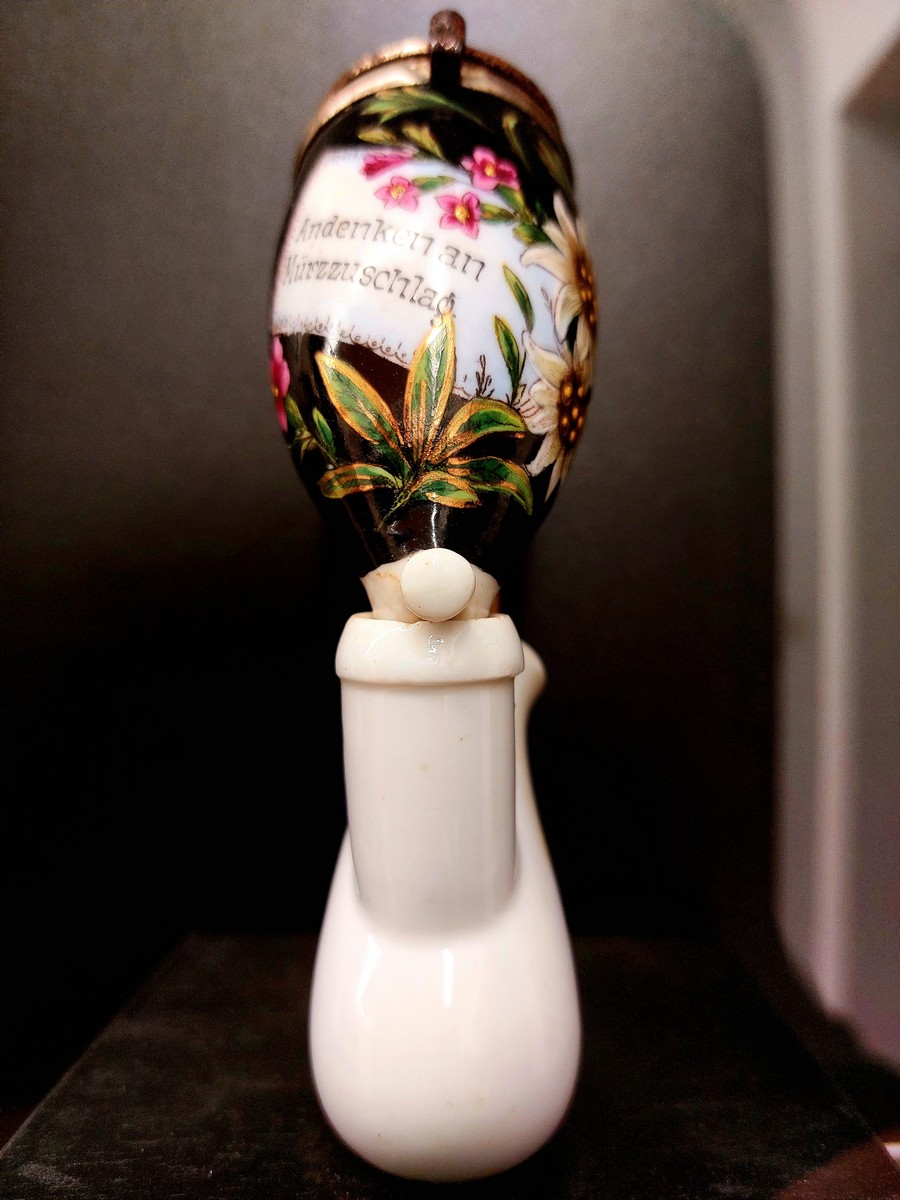 @gmv
@gmv
Ethnology – Tobacco and pipes
In Vojvodina, when it was part of Austria-Hungary, tobacco cultivation was encouraged. It was grown primarily by Hungarians who settled in 1804 in the territory of Bačka and Banat Tobacco was also imported in large quantities, as well as smoking accessories
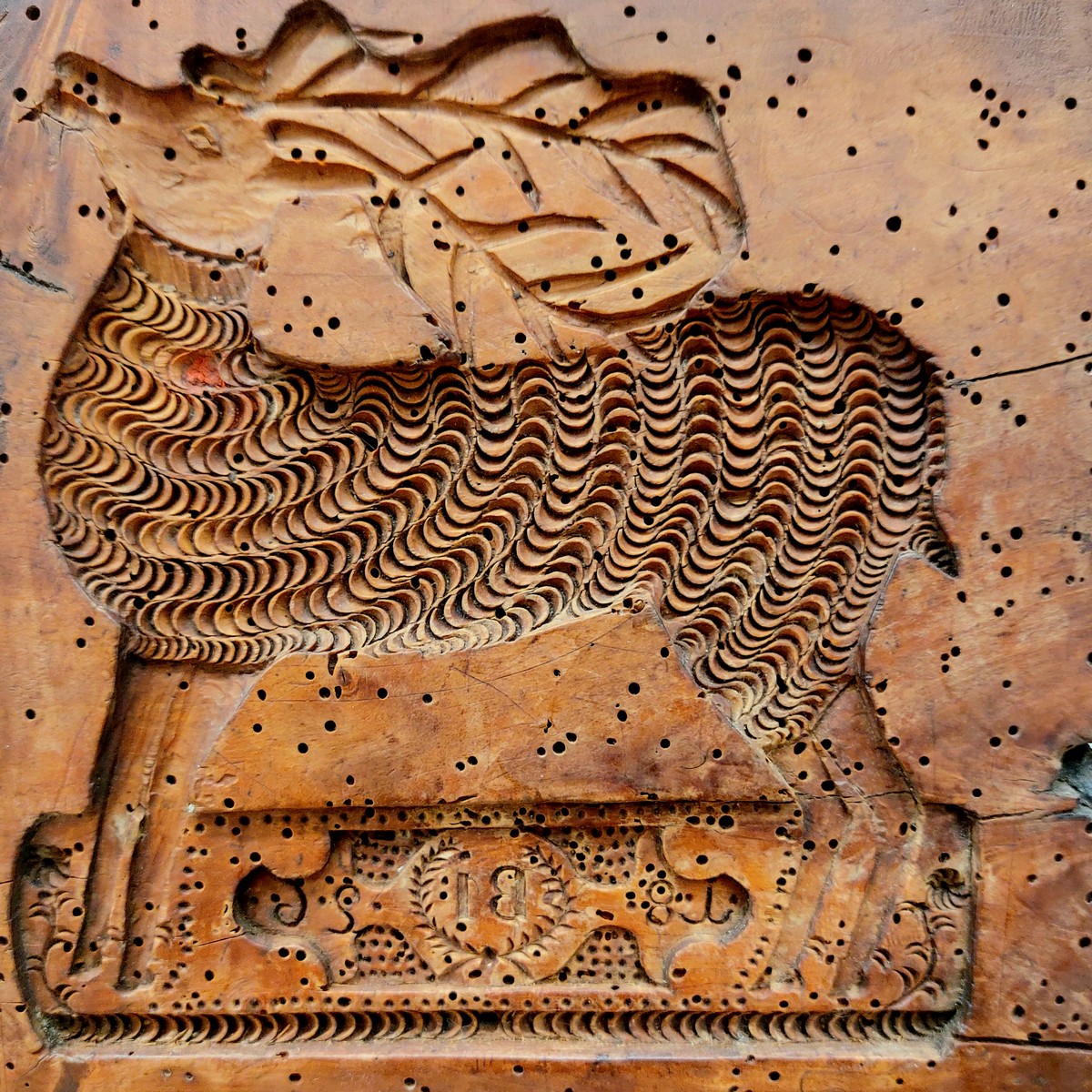 @gmv
@gmv
Ethnology – Leceder craft
In Europe, making these cookies is associated with religious holidays, especially Christmas Leceder cookies arrived in Serbia in the 18th century
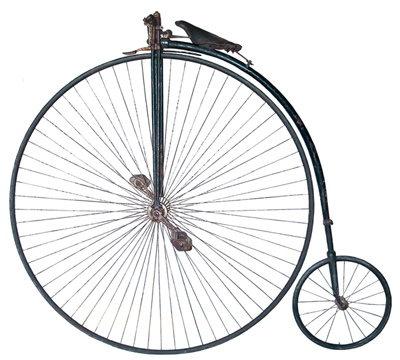 @gmv
@gmv
Ethnology – Bicycle
At the end of the 19th century, several cycling clubs were founded across southern Hungary, including in the Banat region Cycling was supported by the most respected doctors, who classified it as one of the healthiest physical exercises, so this sport became unsurprisingly popular
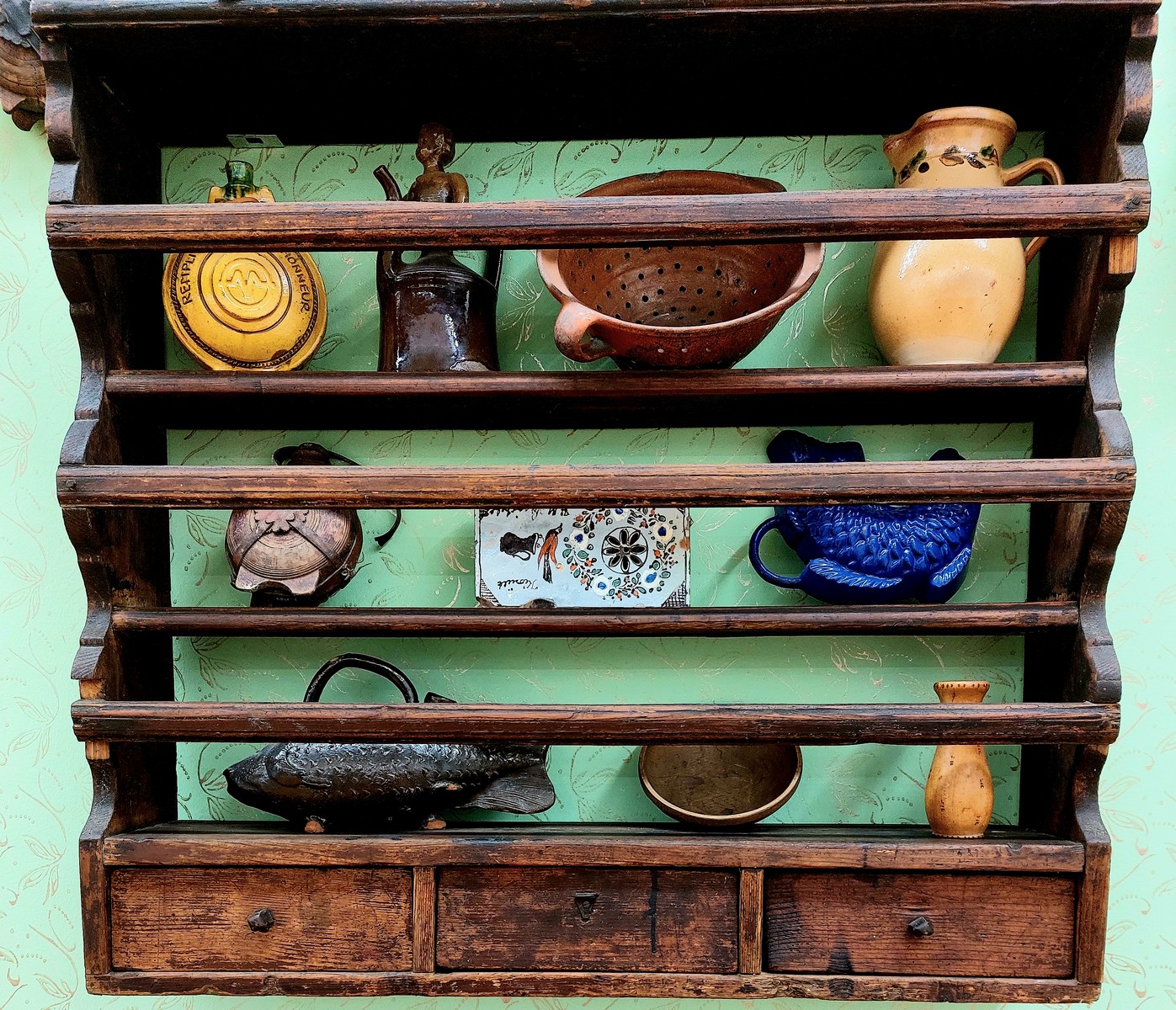 @gmv
@gmv
Ethnology – Banat room
The Banat room is the heart of the house, the place where the family gathers, and the place of life
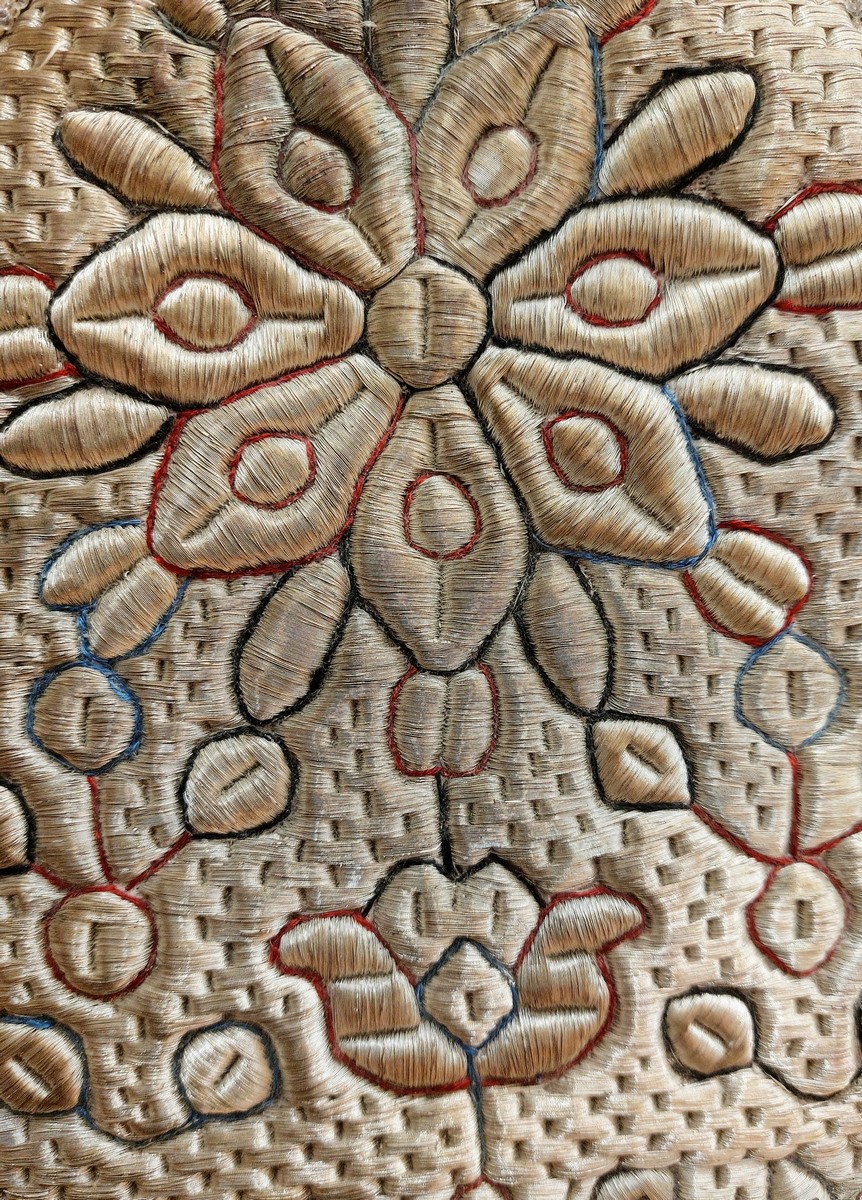 @gmv
@gmv
Ethnology – Golden caps
Kape zlatare, or golden caps, were part of the traditional headgear in Banat A headdress is a set of elements that make up part of the costume that a girl or woman wears on her head – hairstyle, jewelry, and other head coverings
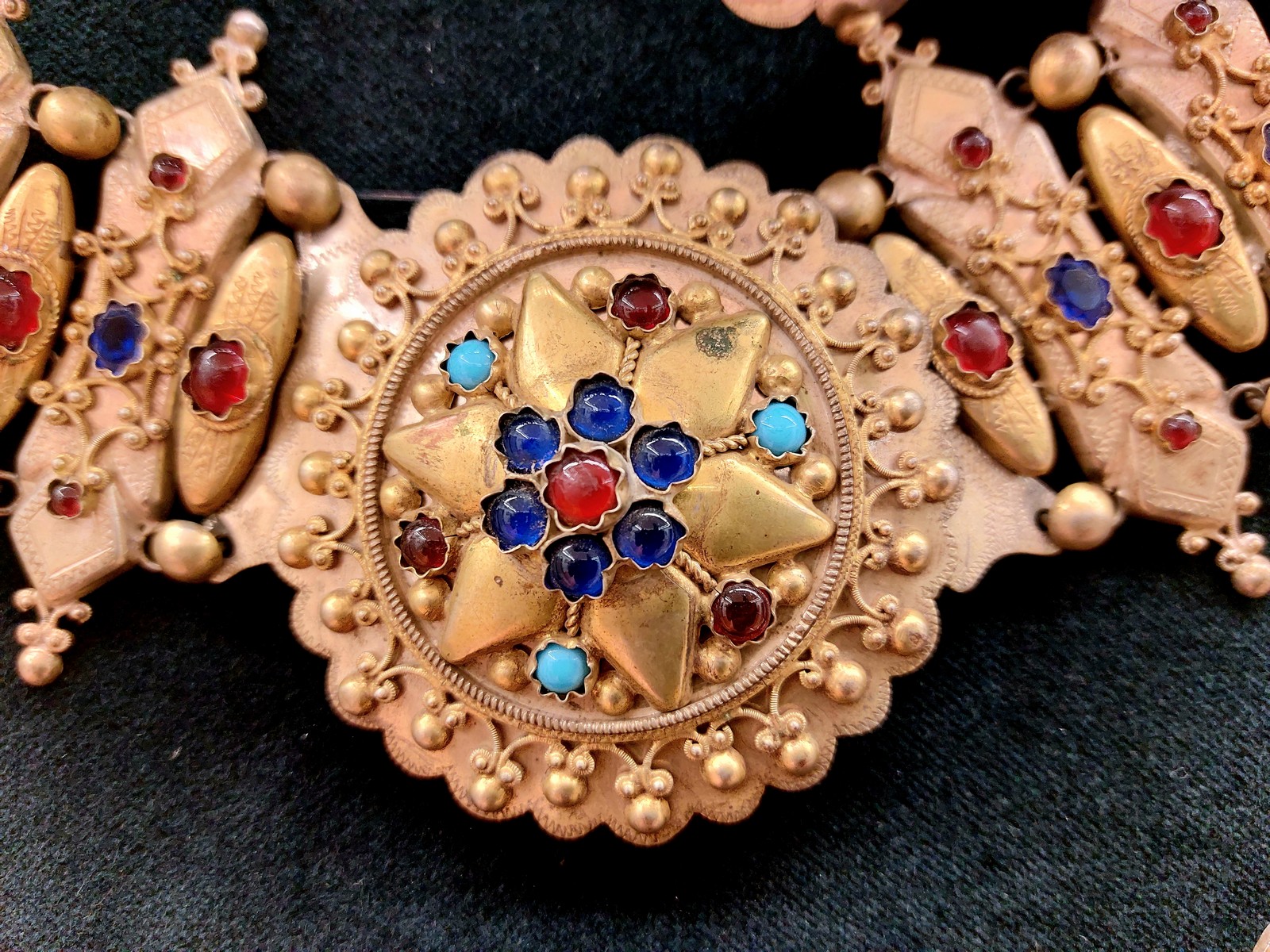 @gmv
@gmv
Ethnology – Jewelry
In Banat, jewelry made using the filigree technique is often worn. Silver wires are twisted and then bent to create unique ornaments
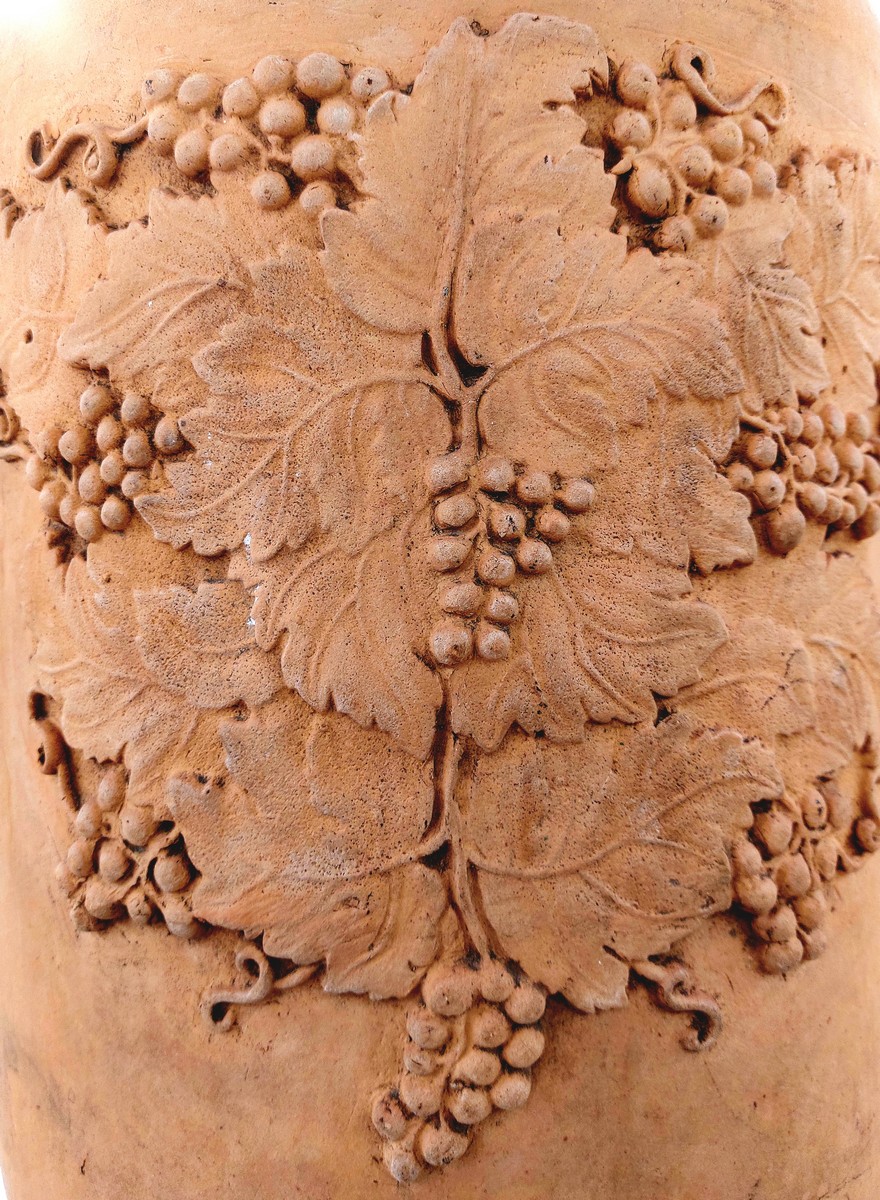 @gmv
@gmv
Ethnology – Winegrowing
With the intensive development and increase of the area under vines in the 18th and 19th centuries, wine growing became the most important branch of the economy in Vrsac In 1882, 60% of the population was engaged exclusively in wine growing
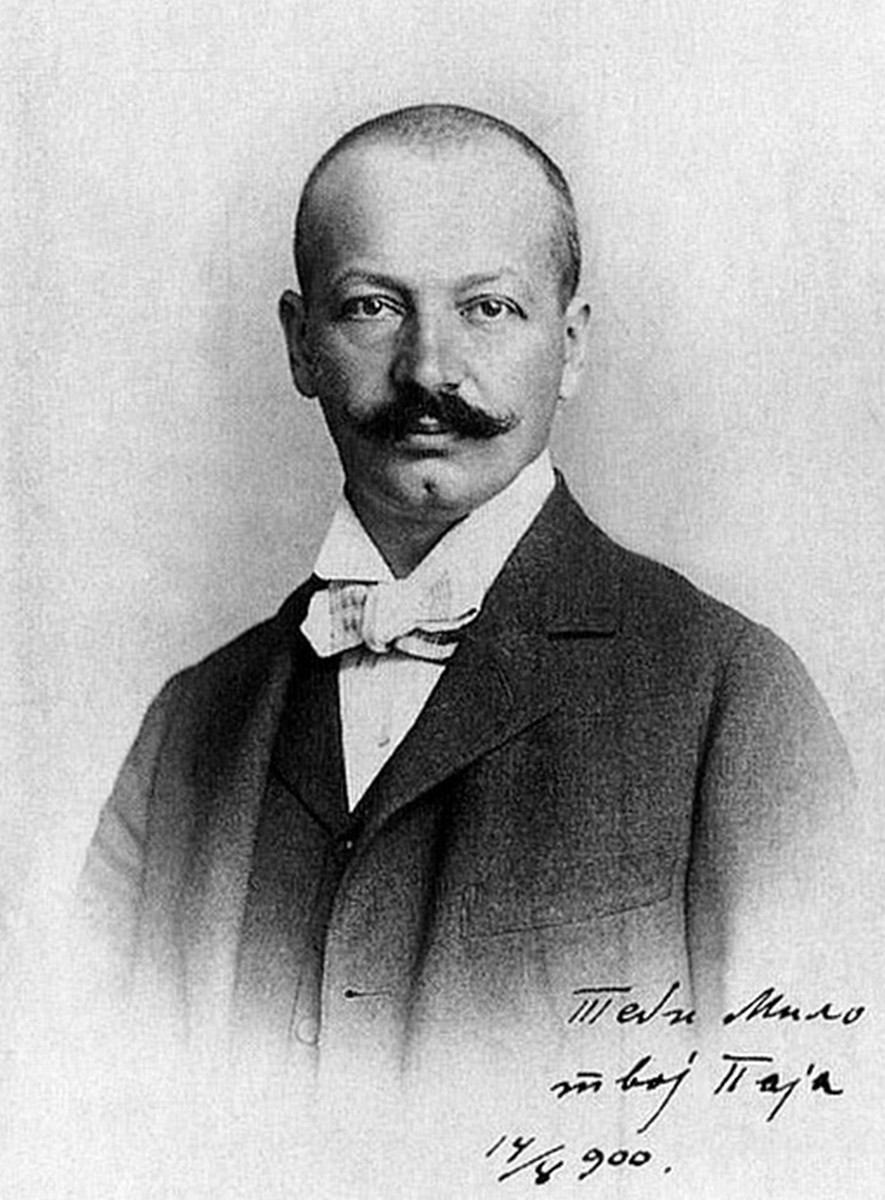 ©gmv
©gmv
The Memory of Paja Jovanović
It contains 14 valuable works collected over a long-time interval of eighty years The exhibited works of Jovanovic come from his student days until the 1930s
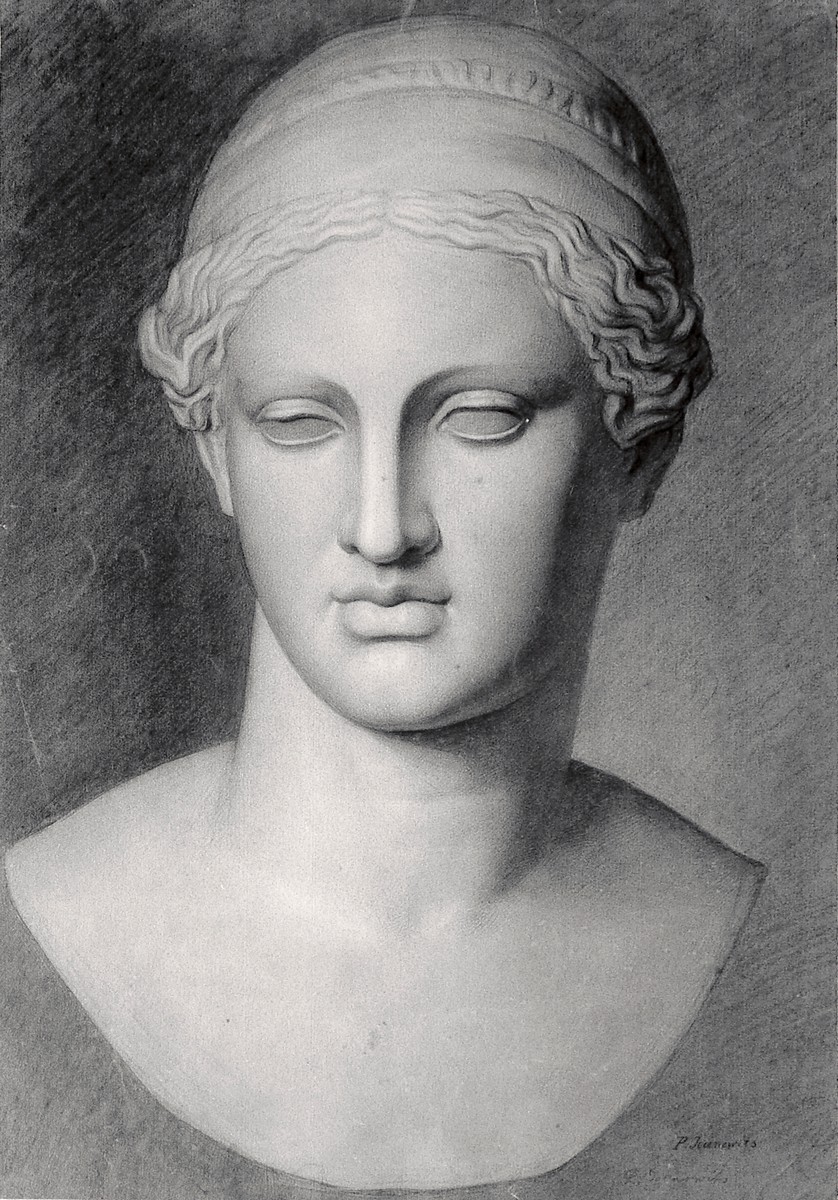 @gmv
@gmv
Drawing based on a plaster model
The study, convincingly completed, drawn during Jovanovic’s studies in Vienna, under the watchful eye of Professor Griepenkerl, is the best example of the perfectly learned lessons of the young student Paja Jovanović
 @gmv
@gmv
Arbanas
Arbanas, placed in profile, is a drawing from the period of his student days and originates from a trip to Podgorica, Montenegro, in 1879
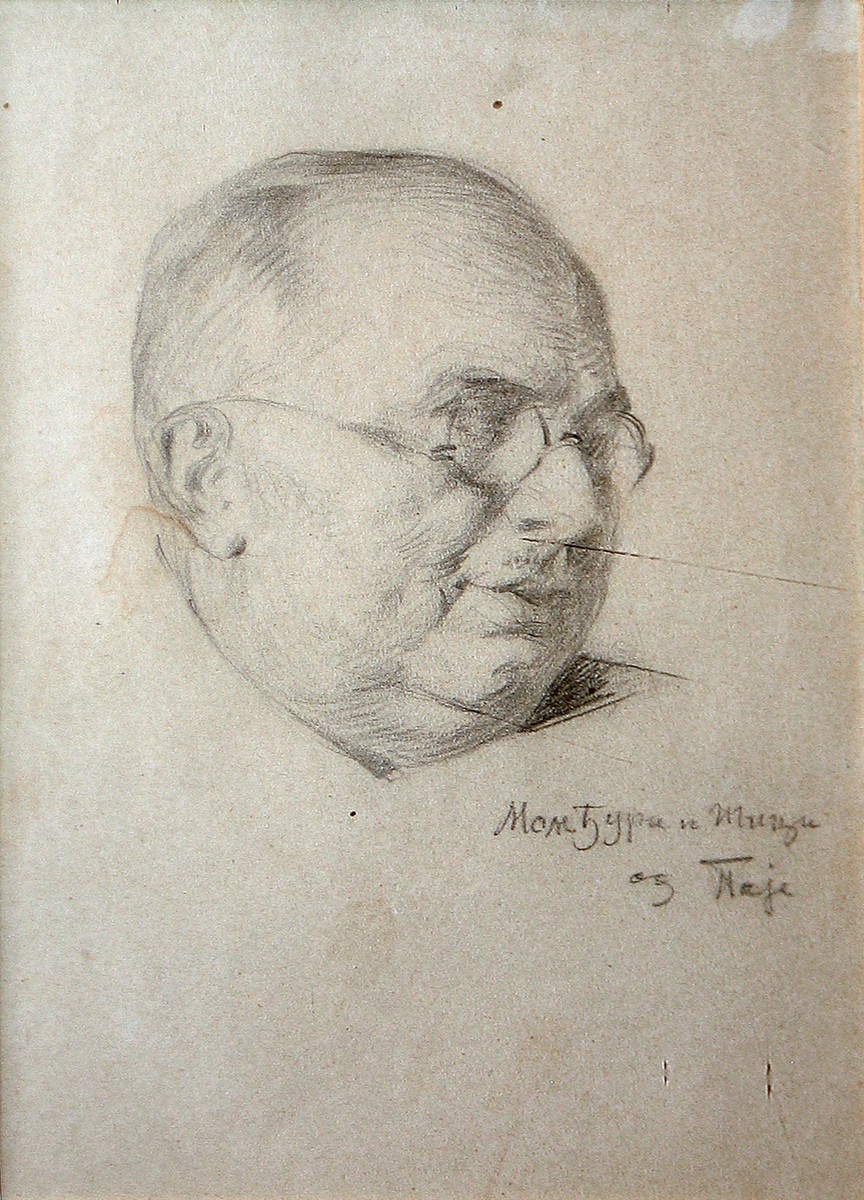 @gmv
@gmv
Portrait of a Man
The figure of an older man, executed as if in one breath, with mature and confident strokes, kept the freshness of the quickly realized original idea
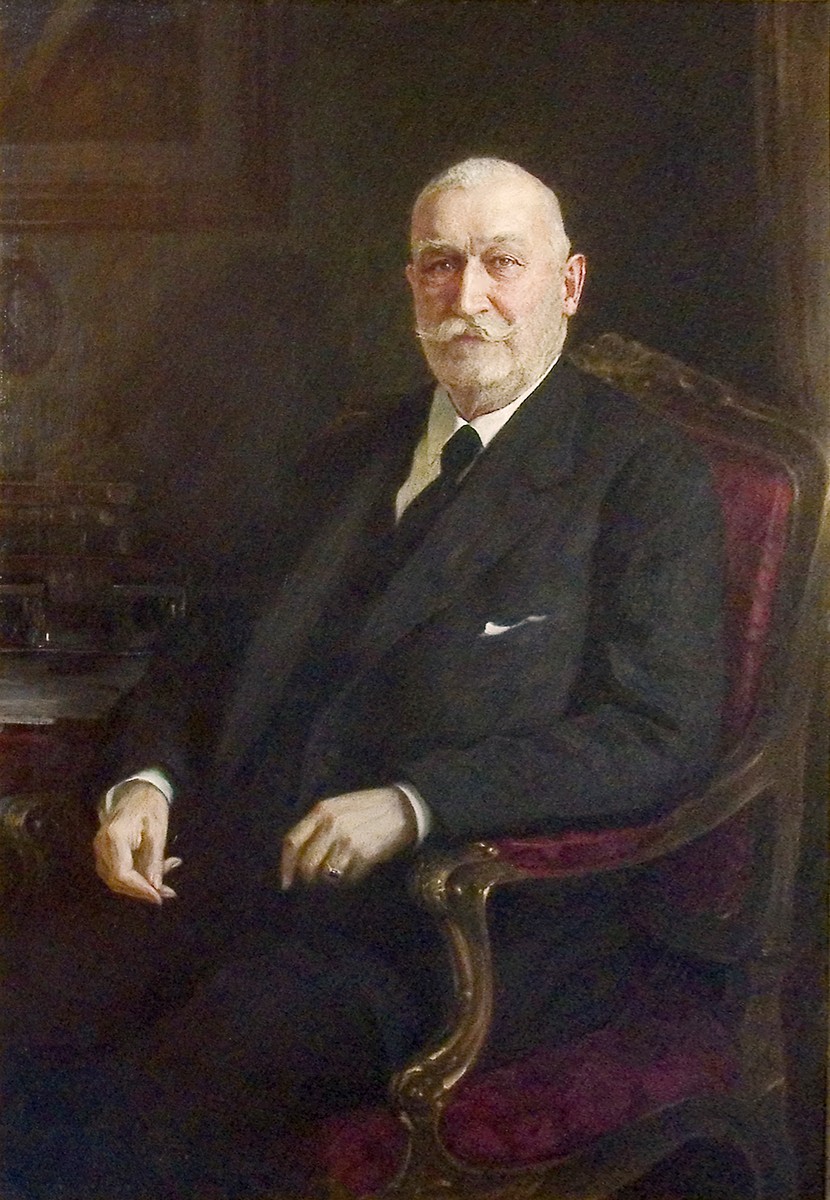 @gmv
@gmv
The Portrait of Laza Dundjerski
The painting treatment in carrying out the task is virtuosic and academically accurate in all elements of artistic expression. The vision of a model from the world of high society is emphasized by a solemn tone in an elegant room’s ambiance
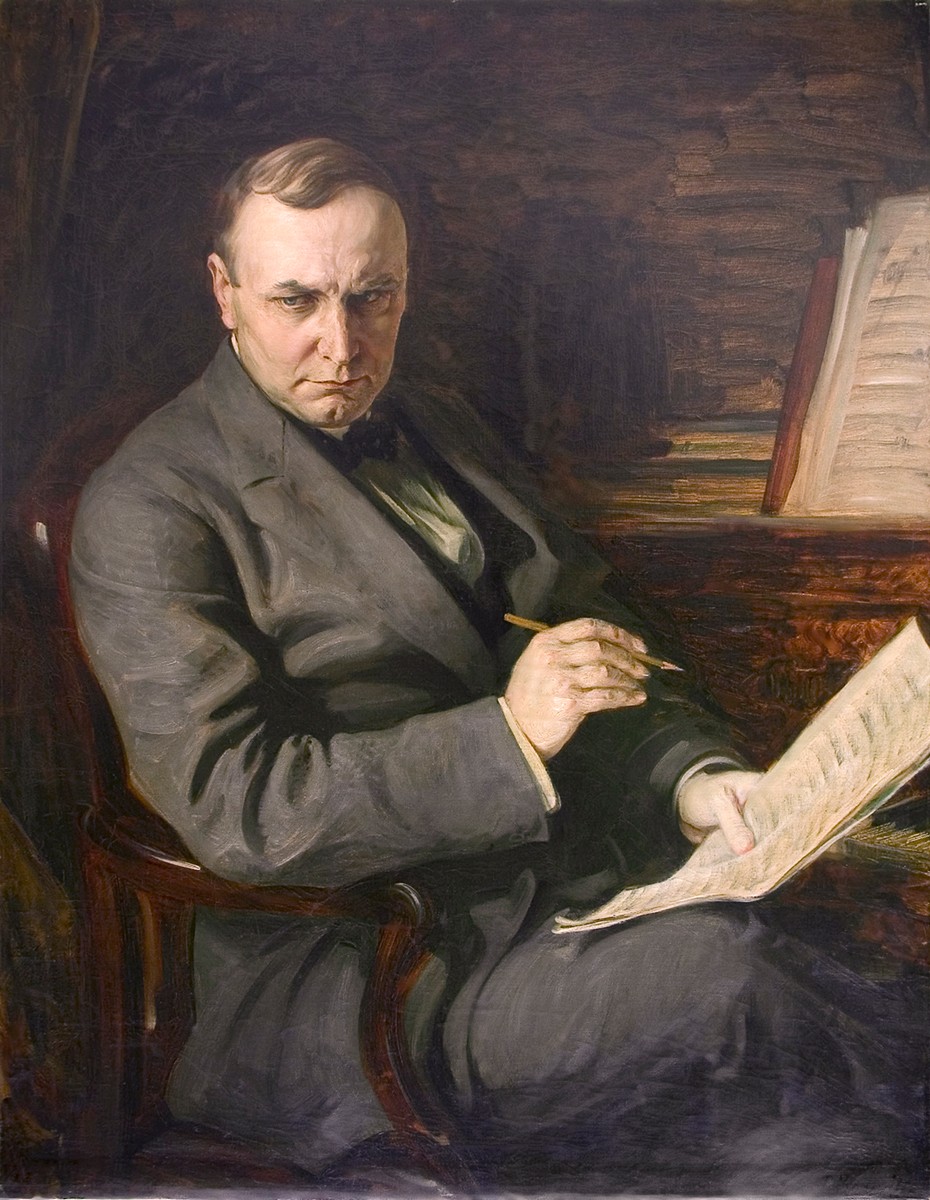 @gmv
@gmv
Portrait of the composer Uros Dzimić
The Portrait of the composer Uros Dzimic was marked with the attributes of the composer’s profession: a piano and sheet music. It was created during Jovanovic’s stay in America at the beginning of the 20th century
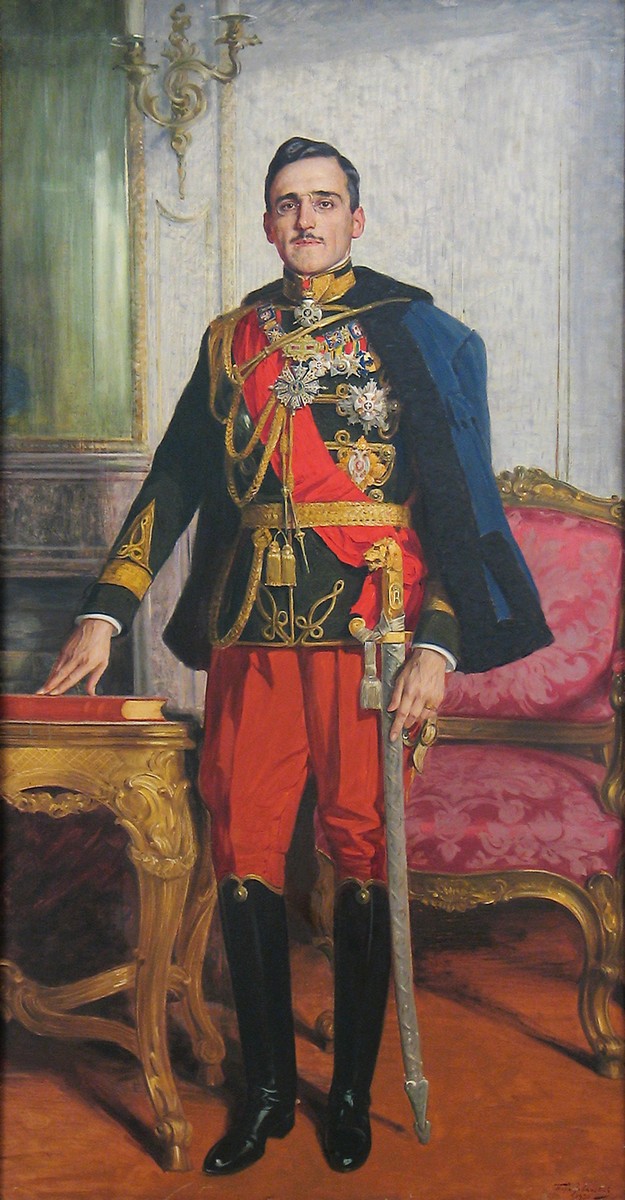 @gmv
@gmv
Portrait of King Aleksandar Karadjordjević
The painting dates from 1930, executed in oil on canvas, and represents the ruler in a full, standing pose, almost life-size. The King, facing the viewer, according to all the requirements of the protocol, poses for the painter in the ceremonial room of the palace
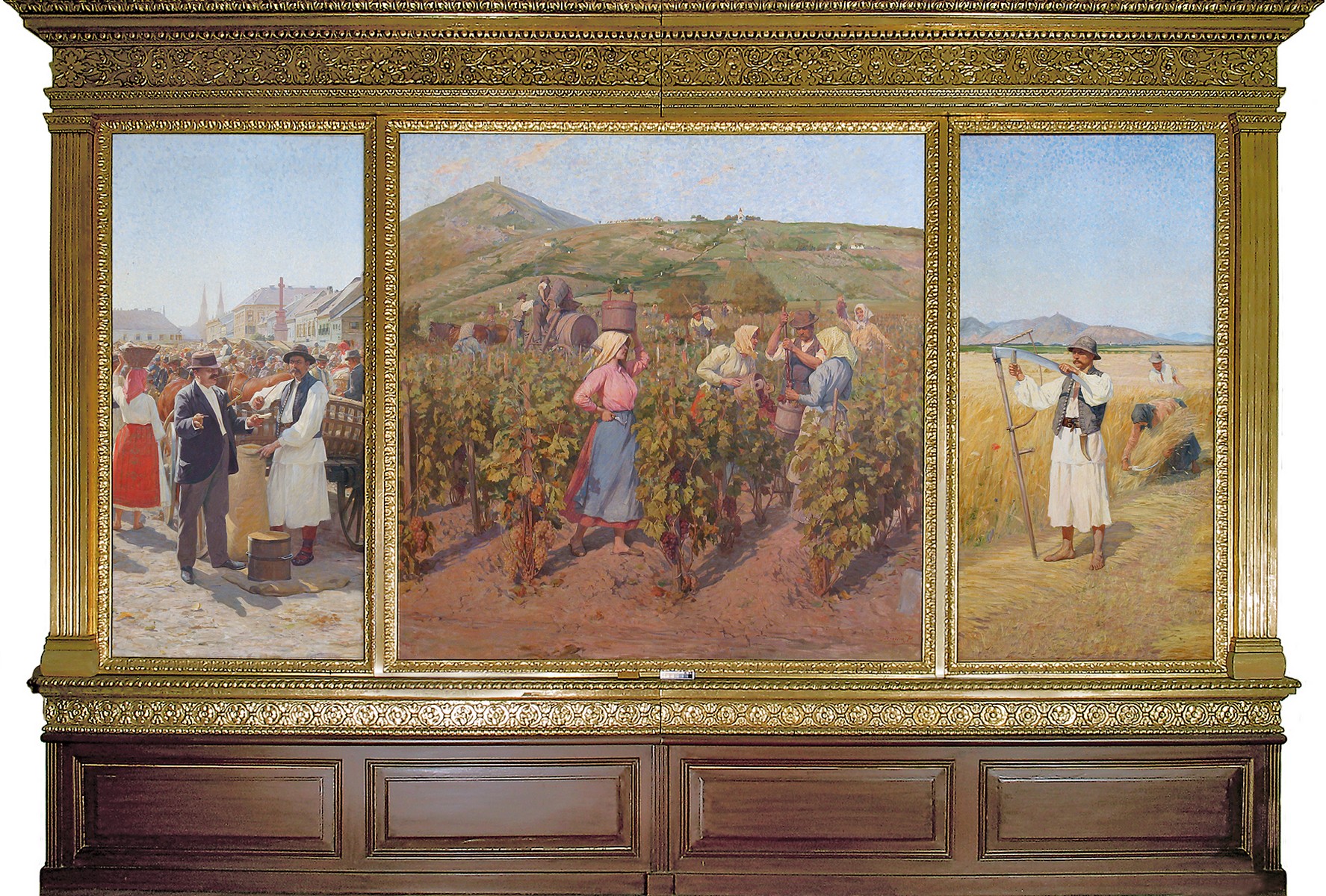 @gmv
@gmv
The Vršac Triptych Painting
The Vršac Triptych painting was intended for display at the Millennium Exhibition in Budapest on the occasion of the celebration of a thousand years since the arrival of the Hungarians in the area of the Carpathian-Pannonian terrain
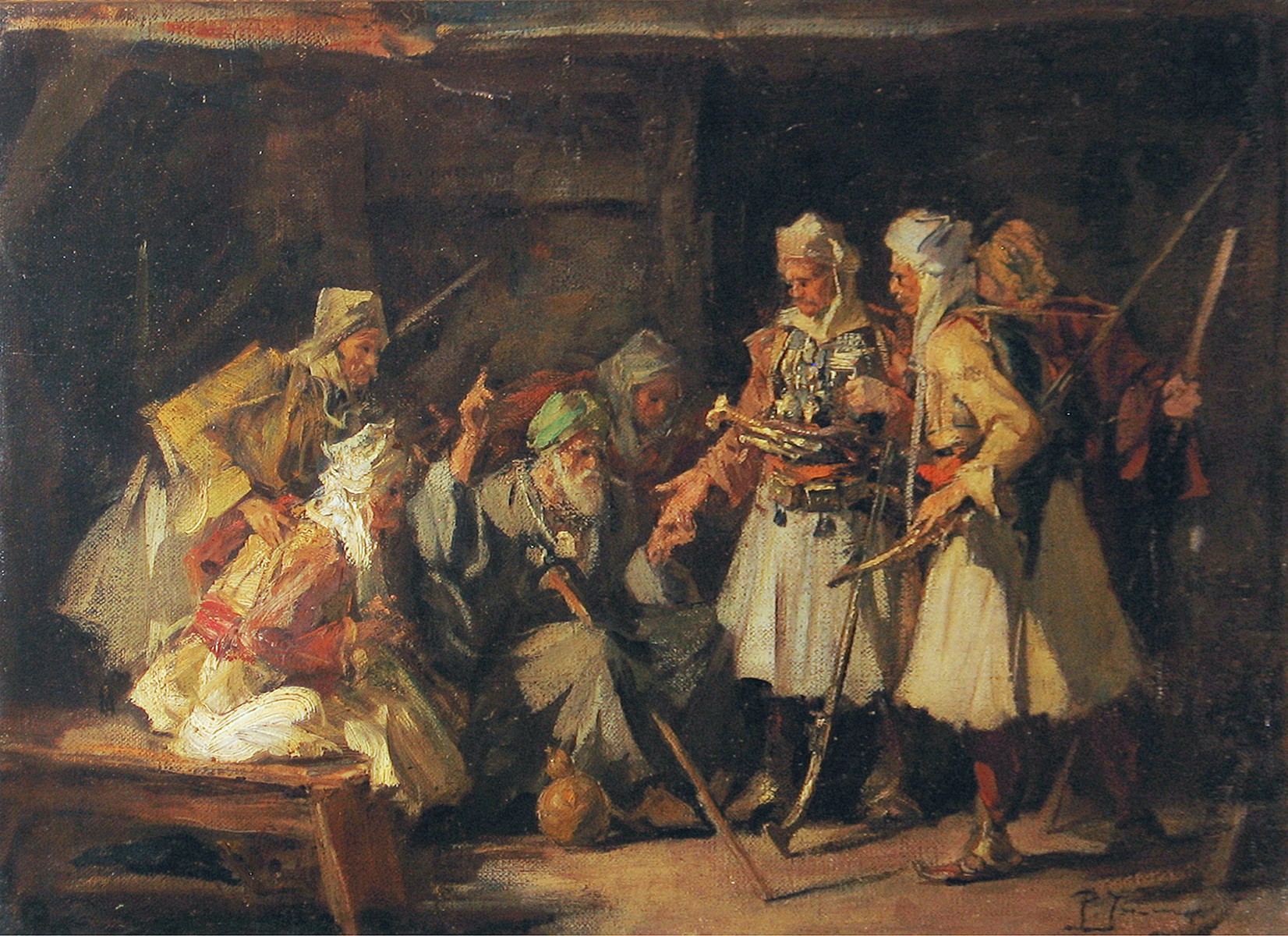 @gmv
@gmv
Sketches
The group of studies from 1887 to 1910 in the technique of oil on canvas and wood consists of the Trick-Track Players, the Study for the painting Cockfighting or the Friendly Waitress, the Study for Composition and Reading Destiny
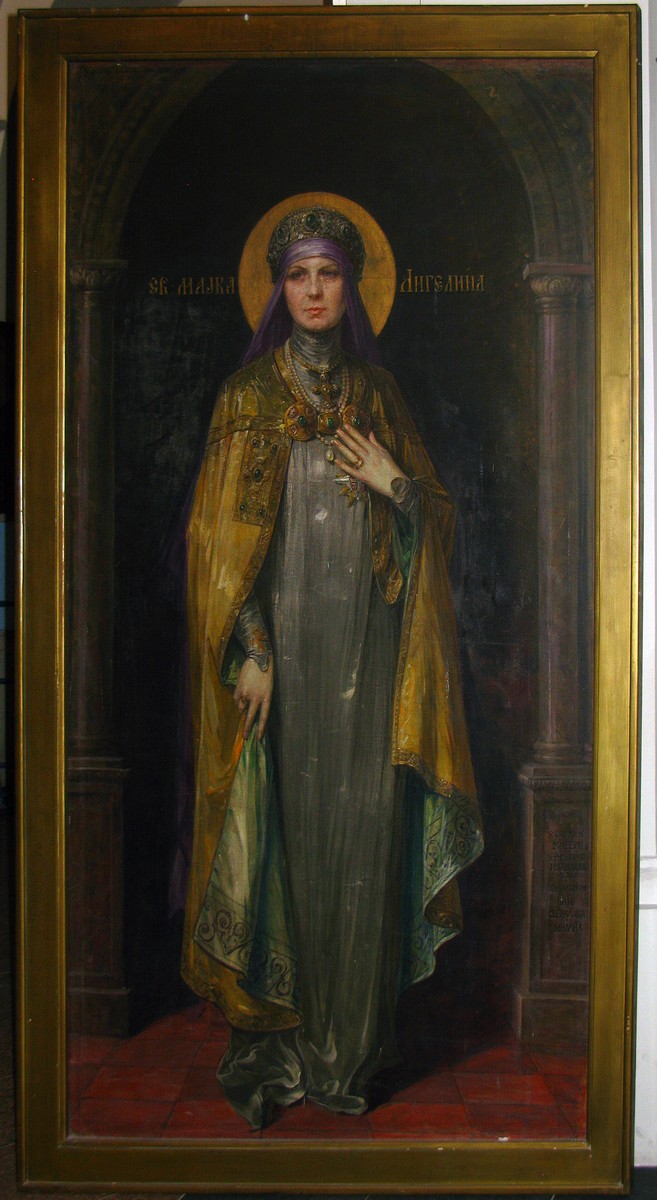 @gmv
@gmv
St.Mother Angelina
What is distinctive about this painting is that Paja Jovanović painted the image of his mother, Ernestina, in the image of Angelina. The painting was donated by the Cathedral Church in Vršac to the City Museum of Vršac
 @gmv
@gmv
St.Nicholas saves the convicts
The painting Saint Nicholas saves the convicts was also donated by the Cathedral Church to the Vršac City Museum. The painting is monumental, of larger dimensions Saint Nicholas (Patara, c. 270 – Myra, c. 345), also known in Christianity as Nicholas of Myrlikia or Nicholas the Wonderworker
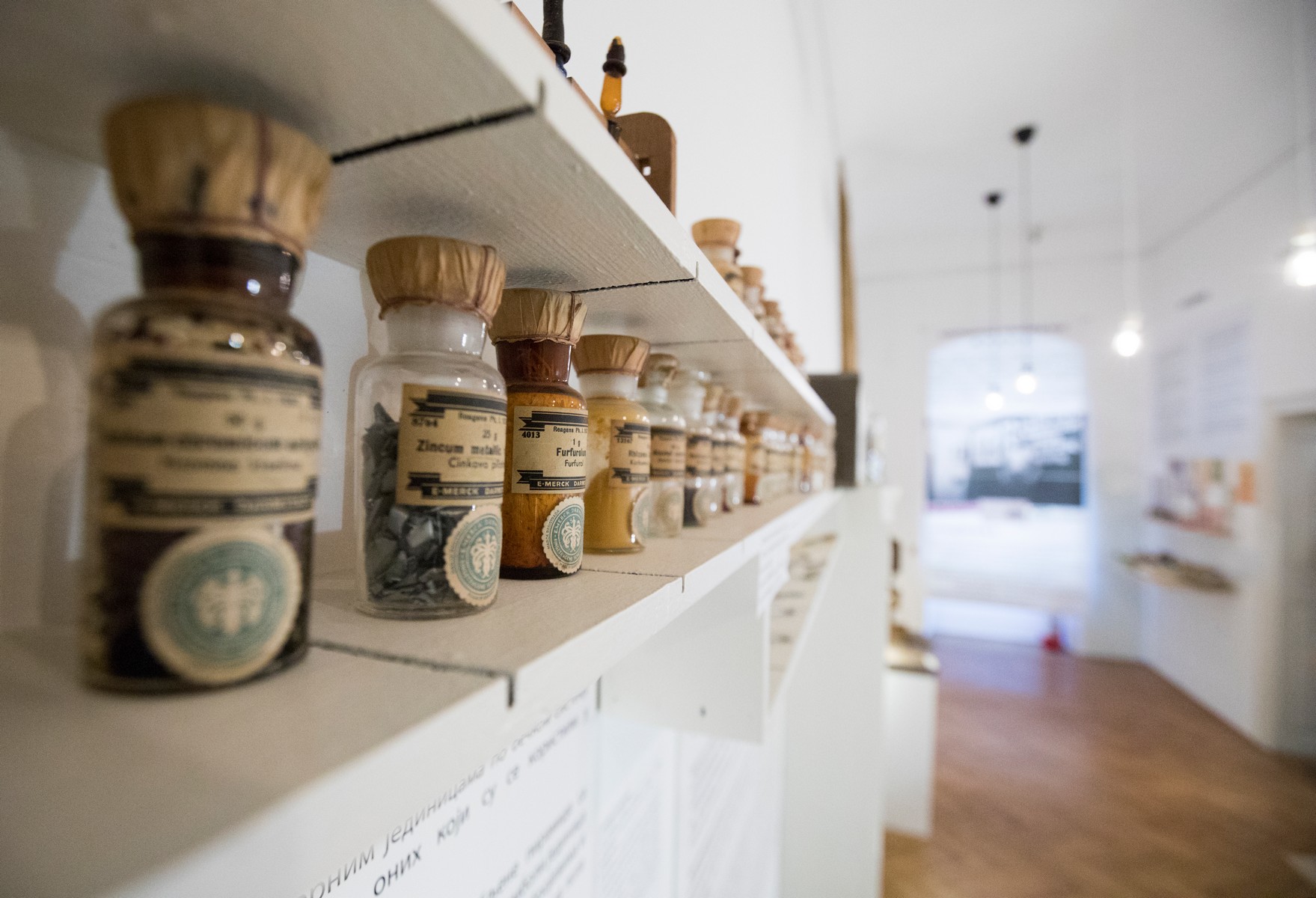 @gmv
@gmv
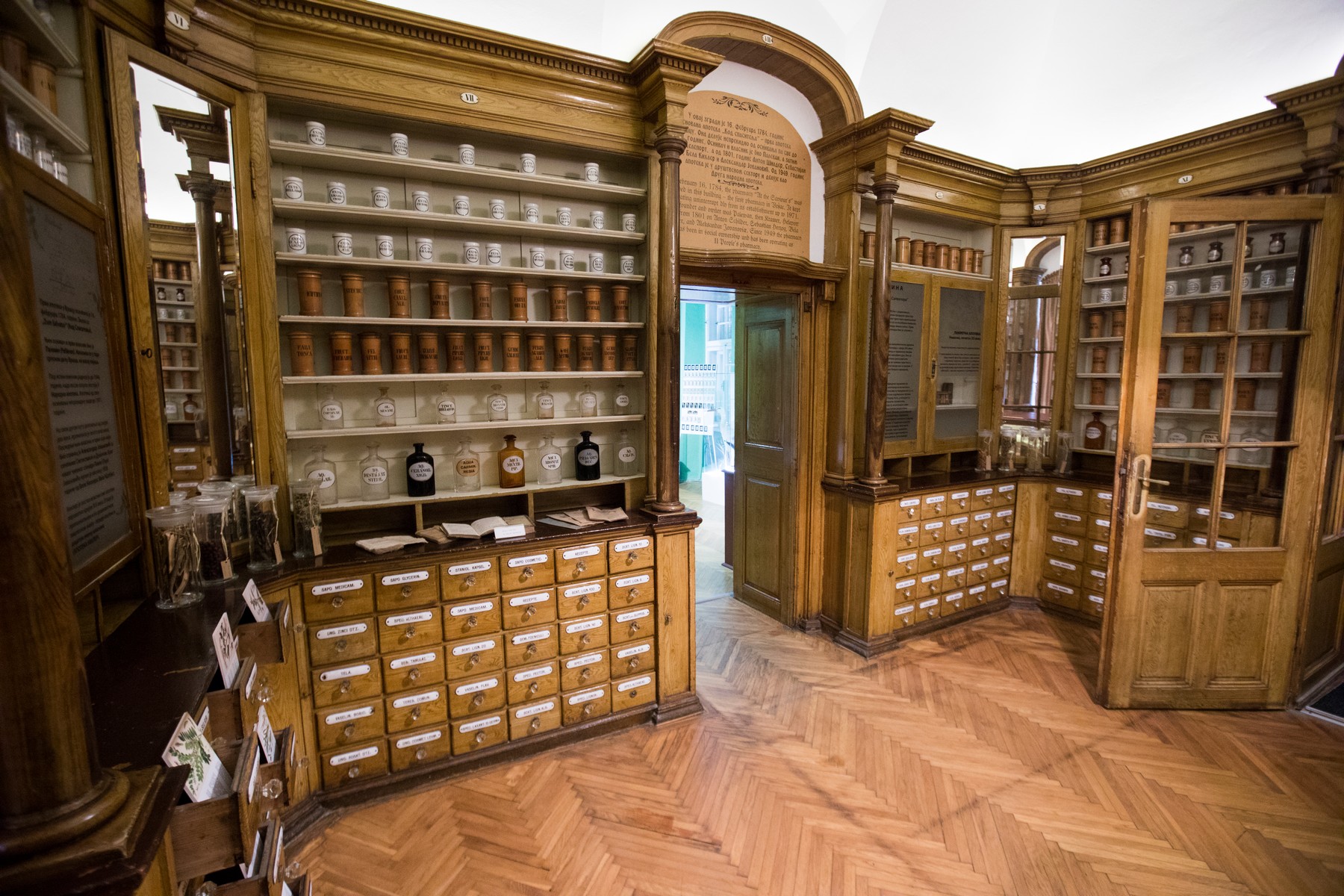 @gmv
@gmv
Officina
The first part is an authentic sales area, the so-called Oficina, with massive furniture from the 19th century, an old metal cash register, and an apothecary’s scale In the second part, various products of this pharmacy are shown, mostly handmade from raw plant materials. Then there is the laboratory and...
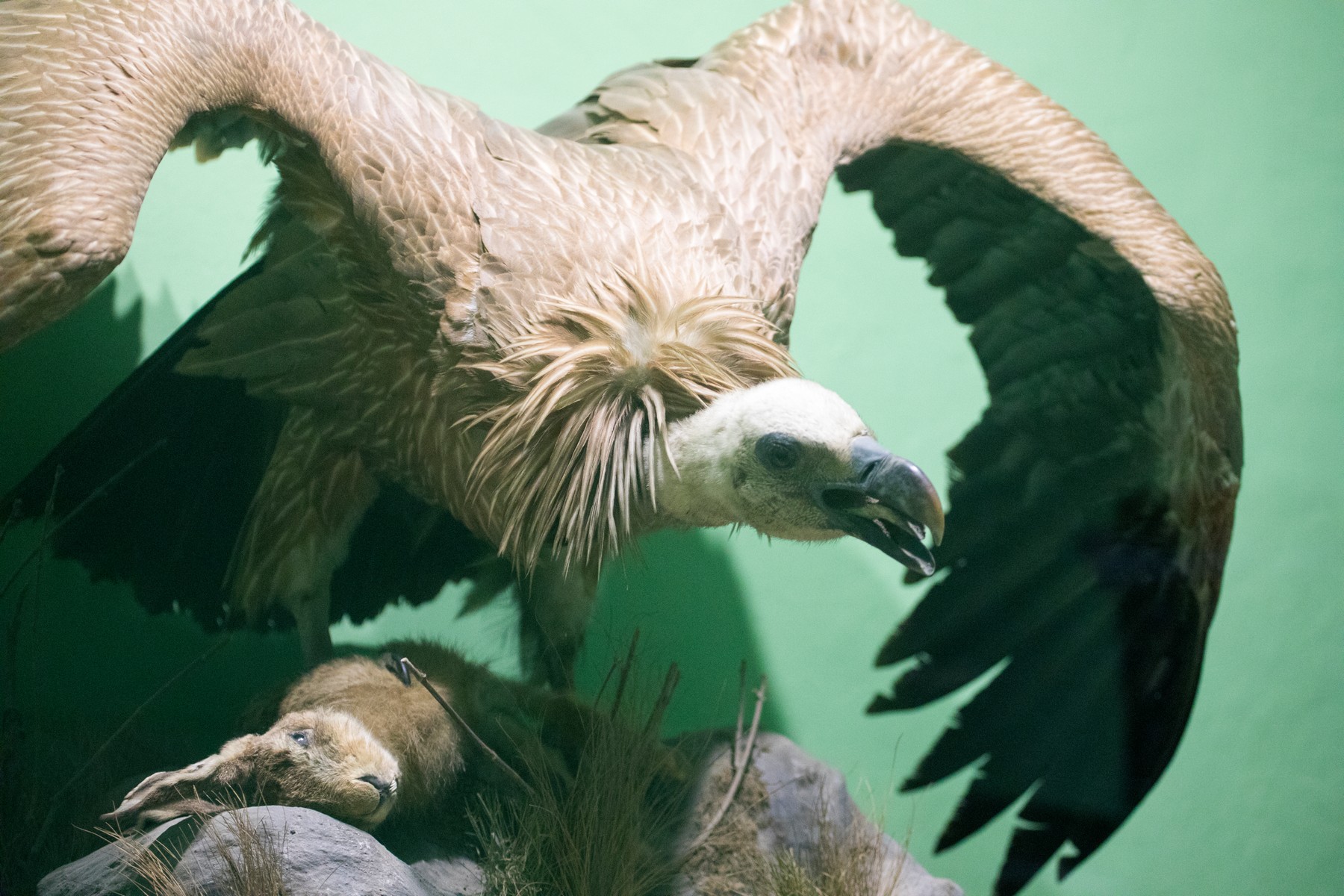 @gmv
@gmv
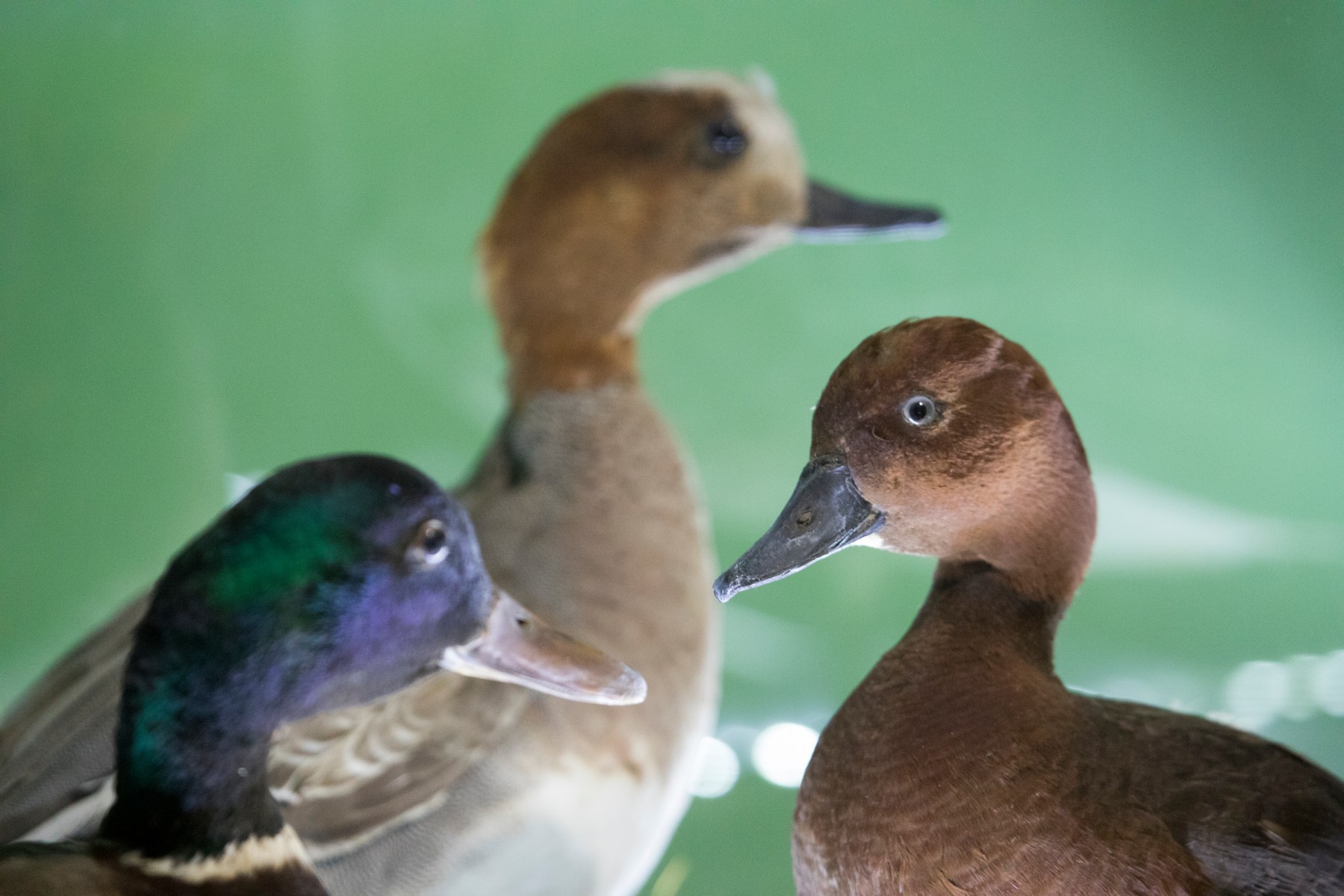 @gmv
@gmv
Natural history collection
The natural history collection was formed at the beginning of the 20th century. According to the preserved data, it was intensively collected between 1906 and 1910 The ornithological collection, as the most complete and, at the same time, the most important collection, has 175 taxidermy mounts, exceptionally well preserved
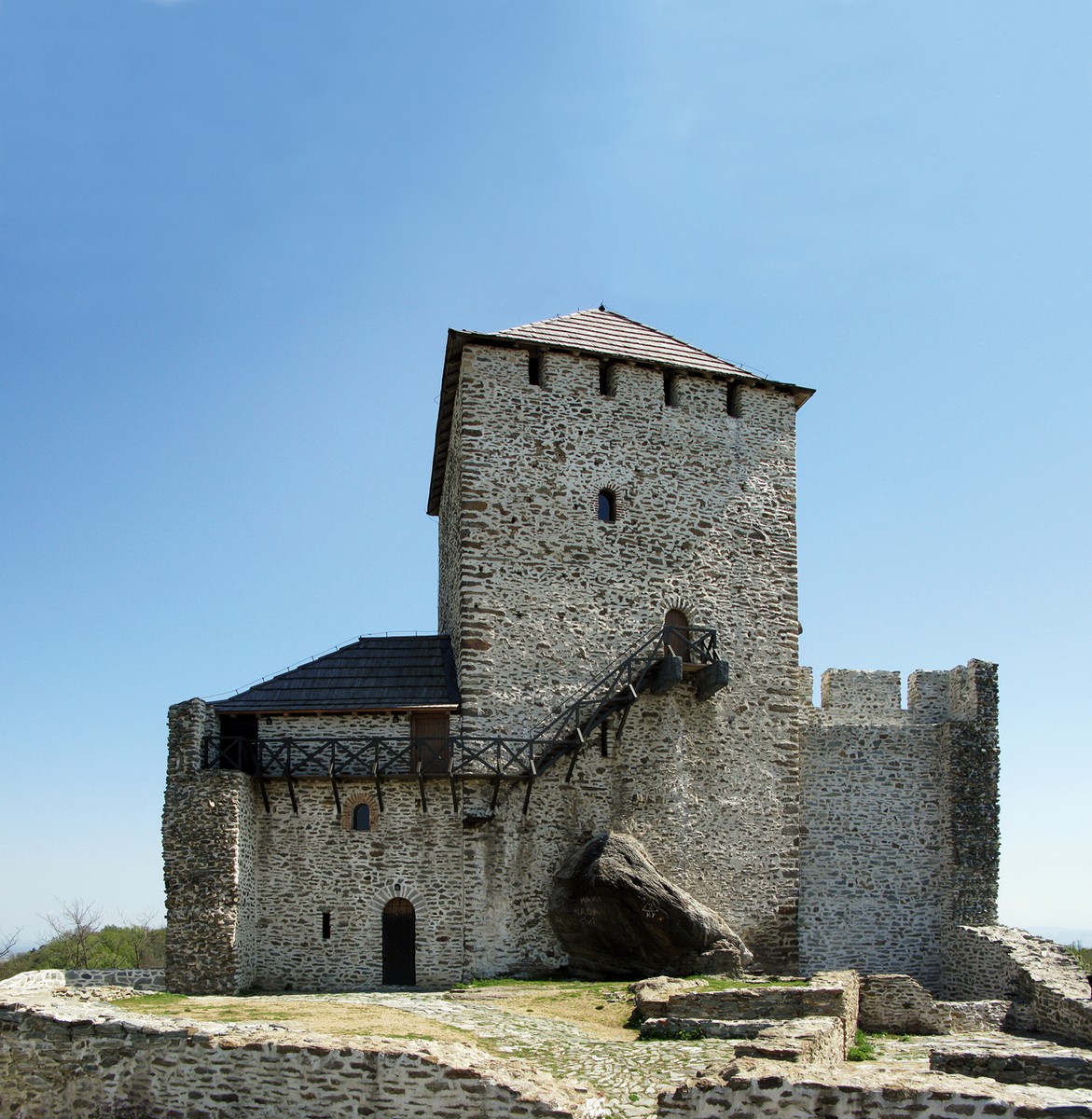 ©gmv
©gmv
The Vršac Castle
Vršac Castle, or Vršac Tower, was built on a hill 399 meters above sea level In the decades after the Mongol invasion, it is believed that the Castle in Vršac was also built, and the first preserved information about it dates from 1323. At the beginning of the 15th century,...

Welcome to The Museum of Krajina
You are now standing in the Krajina Museum, founded in 1934 on the initiative of a group of citizens and by the decision of the Moravian Banovina based in Niš After Belgrade and Vojvodina region, this Museum is one of the oldest ones in Serbia. It is a museum of...
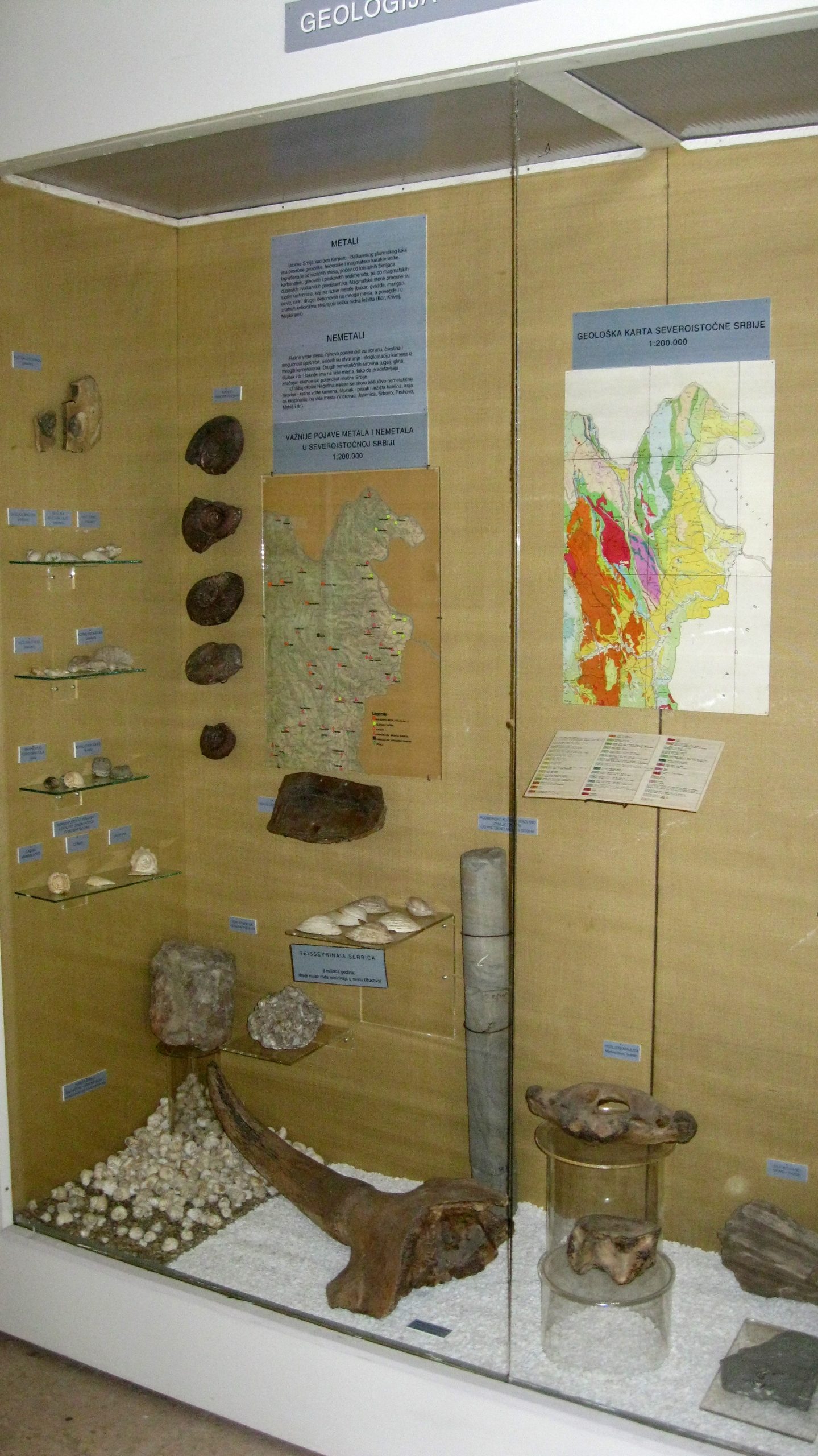
Geology and Paleontology
This showcase displays the geology and paleontology of the Negotin Krajina, including rock and mineral samples, as well as fossil remains of plants and animals found in rocks of Mesozoic and Cenozoic period There you can see the remains of fossilized wood, corals,brachiopods, shells, snails, cephalopods, fish and mammals

Mesolithic period
The most important Mesolithic sites discovered so far are concentrated along the right bank of the Iron Gates of the Danube gorge, as a group of settlements of semi-sedentary and sedentary hunter-gatherers and fishermen of the Lepenski Vir culture, during the 8th and 7th millennium BC

Neolithic and Iron Age period
This showcase displays finds from the Neolithic, Eneolithic, Bronze and Iron Age periods

The Celtic Culture
The last period of the Iron Age, which was also the final period of prehistory in Eastern Serbia, was marked by the dominance of the culture of the Celtic and Dacian population. Most of the Celtic finds from this region belong to the period of the 1st century BC and...

The Roman Period
During the Roman period, the Danube coast with its hinterland, including the area between Peč, Timok and the Danube, formed a single entity with its specific requirements within the development of the Roman Empire

Tetrarchy period
With coming of Diocletian at the head of the Roman Empire (285-305) began a new period of rule, called the Tetrarchy (reign of the four) It was a new attempt to restore the Empire, and our region is associated with the names of two emperors, Galerius (293–311) and Maximinus Daza...

The Great Migrations
As the new nations arrived from the north, this area and the Danube limes became the most important border of the empire. The Goths came, numerous and unstoppable, and, after the battle of Hadrianopolis and the death of Emperor Valens, they moved along the Danube, ravaging and plundering…

Settlements of the Slavs
It was believed that right here, in the places where the largest numbers of Slavic people crossed the Danube, some evidence of this would be found. Indeed, in several sites between Brza Palanka and Mihajlovac, they discovered the oldest Slavic settlements on our soil, dating back from the sixth and...

The Early Middle Ages
Today, it is most difficult for archaeologists to identify and investigate Slavic and early Serbian settlements. There are no monumental buildings and an abundance of archaeological material. It is about houses made of earth and wicker and material culture in a very modest selection Nevertheless, it was believed that right...

Lower Danube Culture
In the period from the 9th to the 11th century, the area of Negotinska Krajina and Ključ developed the so-called Lower Danube culture. During that period, the first Serbian states were created, on the way of the great Bulgarian expansion towards the west…

The Paintings of Pavle Čortanović
In order to present the most complete picture of the historical development of Negotin, portraits depicting citizens of various professions were selected. Portraits of: Knez Miloš Obrenović, Dimitrije Sečanski (lawyer), Petar Sečanski (priest) and Milutin Garašanin (Serbian politician, prime minister, president of the National Assembly and minister), works of Pavle...

The Rural Culture of Negotin region
Deriving from the fact that folk culture has been in the making for centuries and under different cultural influences, the ethnological exhibition consists of those topics that are the very core of the traditional culture of the Negotin Krajina: crafts, occupations, home decoration, customs and folk costumes
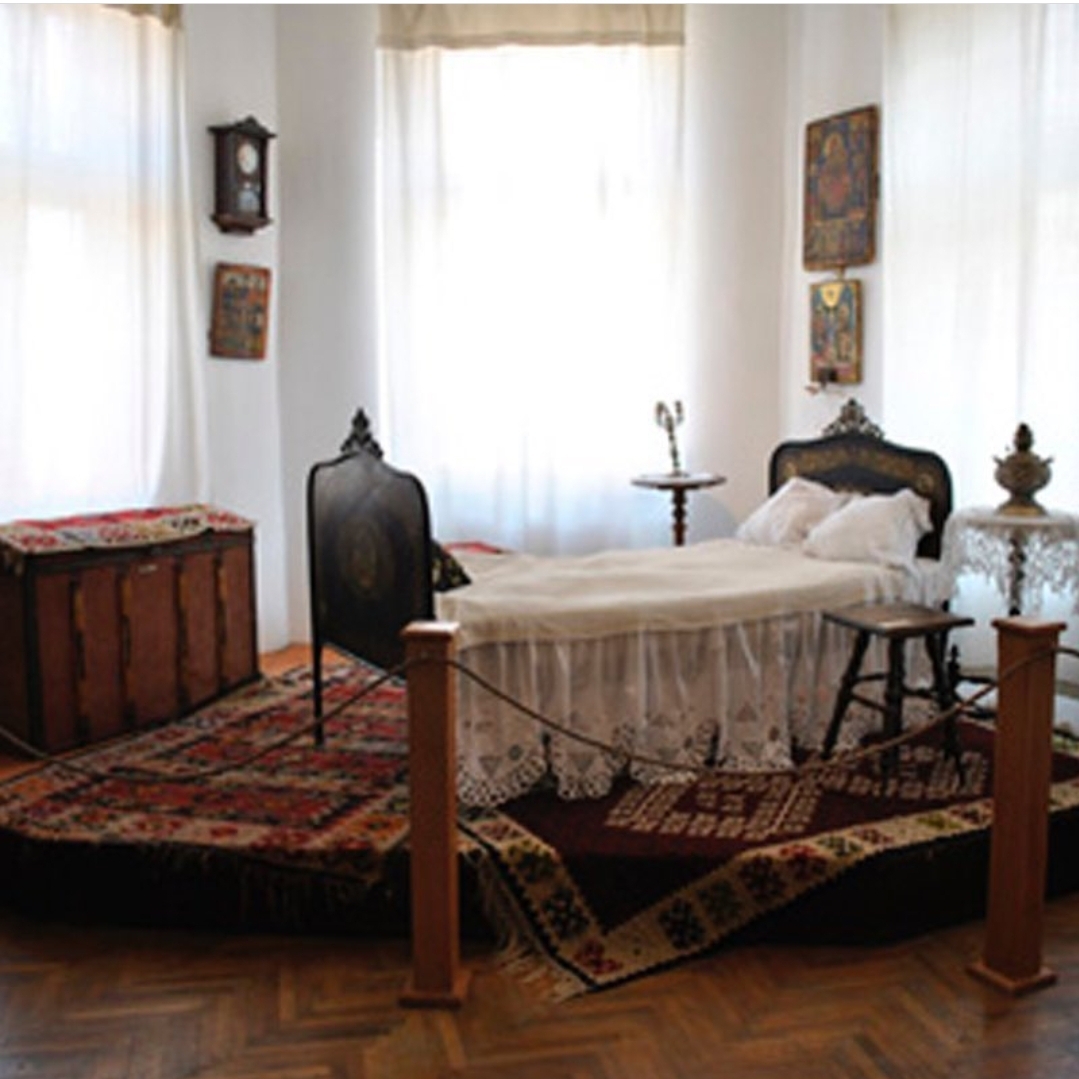 etnologija gradska soba
etnologija gradska soba
Ethnology- The Town House
Here you can see what a town house looked like back in the 19th century. In order to get the most complete image of the interior decoration, furniture for storing clothes, a chest for girls’ clothes, a metal bed furnished with straw, blankets and pillows are on display

Ethnology- The old crafts
This display case exhibits tools of lyciders, waxwork, breadmaker, furrier, traditional costume maker, cauldron maker and rope-maker craftsmen, as well as wooden objects for washing gold

The Urban Society of Old Town of Negotin
Here in this showcase you can see parts of women’s urban costumes and accompanying details from the last decades of the 19th and the beginning of the 20th century. After 1833, the need for finer clothes made by artisans increased considerably. The stratum of merchants, artisans and clerks became more...

Economic development of Negotin
This display case holds exhibits related to the economic development of Krajina, the XIII Infantry Regiment and the socialist period. Here you can see the documents testifying to the development of political thought, military doctrine, and the influence of science and art on our region

The First World War
World War I began as a conflict between the countries of the Central Powers and the Entente block. One and a half billion inhabitants from 36 countries were drawn into the war, 70 million of which were armed. Small Serbia made the biggest sacrifices…

The Leget Battle
This part of the historical exhibition refers to the Battle of Leget Field, which took place in 1914. The Battle of Leget Field took place on the territory of the Austro-Hungarian Monarchy, a country which had had pretensions of conquering the Kingdom of Serbia
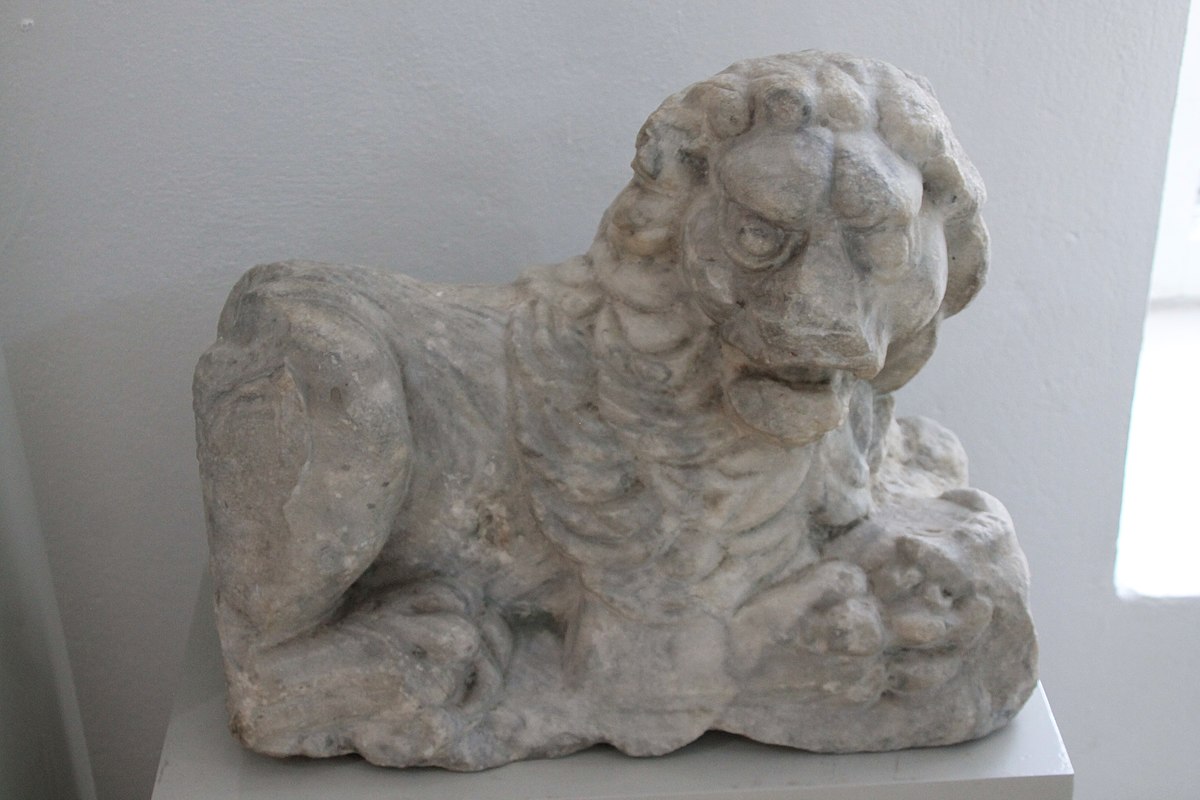

Biography of Mokranjac
The works of Stevan Stojanović Mokranjac unequivocally represent one of the pillars of Serbian culture. Thanks to his numerous productive activities in the fields of composition, performance, pedagogy, and ethnomusicology Mokranjac is considered the most prominent figure in the entire history of Serbian music culture

Student of the Munich Conservatory
This photograph from 1880 shows Mokranjac in the company of colleagues from the Conservatory in Munich you can see a lottery ticket organized in 1879 to support Mokranjac’s education abroad, as well as the decision of the Committee of the Belgrade Singing Society to grant a scholarship to Stevan Mokranjac...

The Belgrade Singing Society
Here, there are photographs of Mokranjac as a member of the Management Board and choirmaster of the Serbian-Jewish Singing Society in Belgrade in 1889. From the same year, there is also the contract regarding Mokranjac’s appointment as a choirmaster and singing teacher in the Belgrade Singing Society
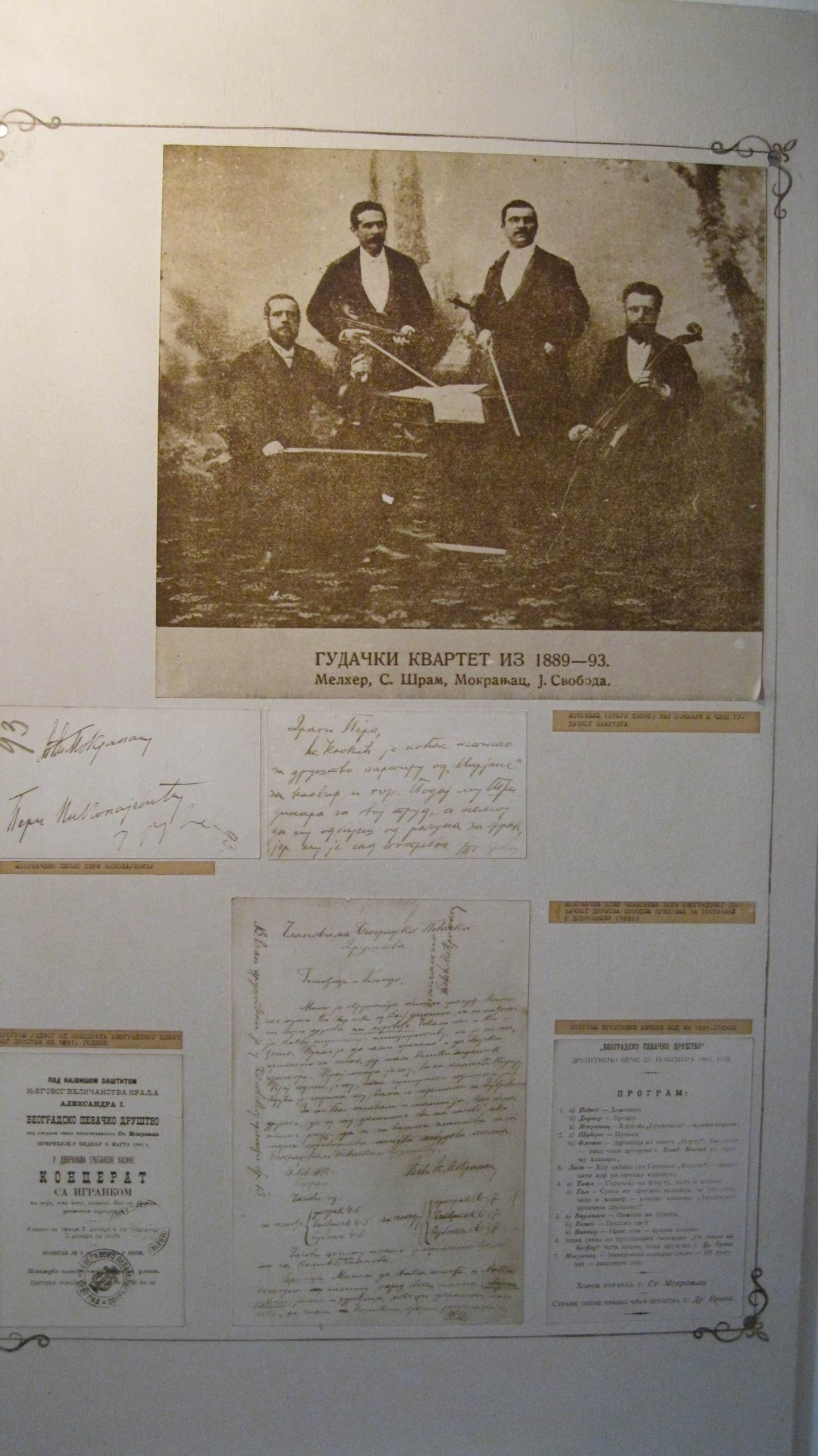
The first Serbian String Quartet
The first Serbian String Quartet was formed in 1889 at the initiative of Stevan Mokranjac, in which he played the second violin. The other members of the quartet were Ferdinand Melher (first violin), Stevan Šram (viola), and Josif Svoboda (cello). The photograph of Mokranjac, Melher, Šram, and Svoboda is displayed...
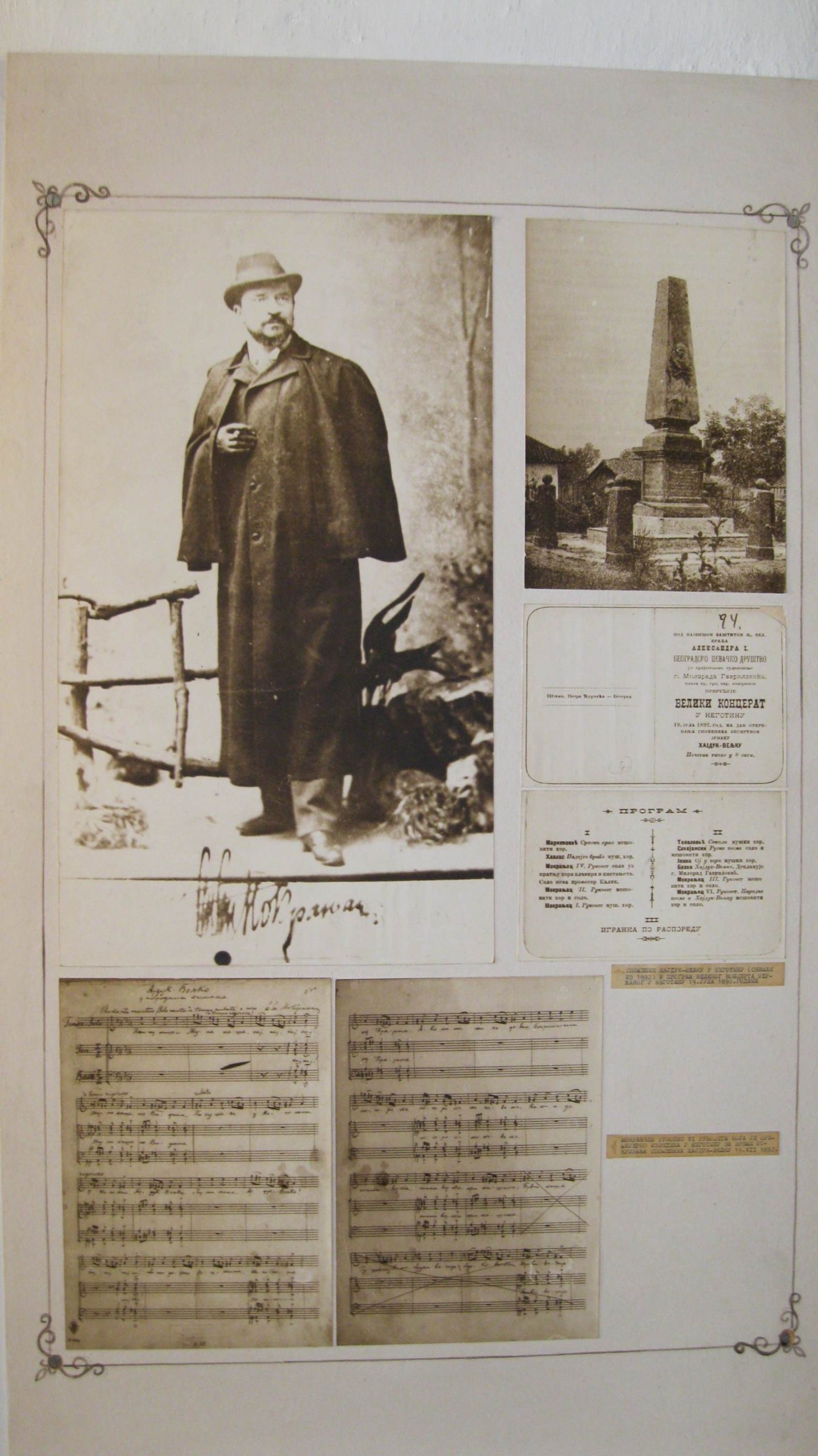
The Great Concert in Negotin
Here are the photographs of the monument at the site of Hajduk Veljko Petrović’s death from 1892, as well as the program of a grand concert held in Negotin on July 19, 1892, in honor of the monument’s unveiling. Also displayed is Mokranjac’s manuscript “VI Rukoveti,” which was premiered at...
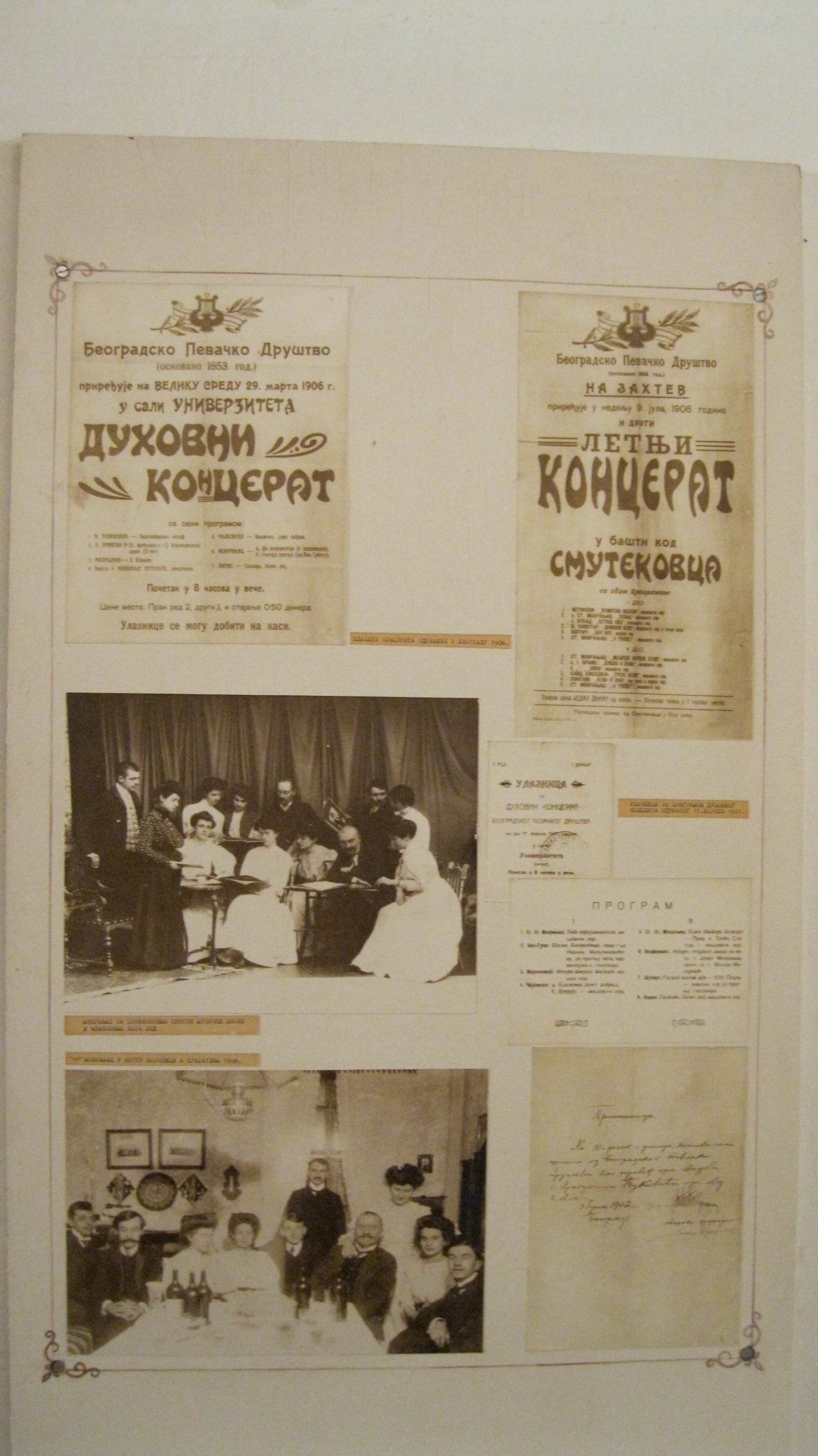
The Founding of The First Serbian Music School
This panel displays photographs of the founders of the first Serbian Music School: Stevan Mokranjac (the first and its lifelong director), Stanislav Binički, and Cvetko Manojlović. It also features the building in Belgrade where the school was originally located at the time of its establishment in 1899. There is a...

The Family’s Photo Album
This panel features photographs of Mokranjac in his study from 1912, on the terrace of his apartment from the same year, a family photograph from 1913, as well as the house where he lived in Belgrade In addition to the photographs, the panel also displays the last school document of...

Family Evacuation to Skopje
Here are photographs of Mokranjac with his family leaving Belgrade in August 1914, as well as the bed in which he spent his last days in Skopje in September 1914. The panel also features a poster of the artistic memorial event held for Stevan Mokranjac in Belgrade in 1919, and...

Mokranjac’s funeral procession
This panel displays photographs of Mokranjac’s funeral procession from Skopje to Belgrade in 1923, as well as a photograph of Marija Mokranjac. Additionally, there is a letter written by Marija Mokranjac addressed to the Belgrade Singing Society for the dedication of the monument at Mokranjac’s grave in 1926.

Mokranjac’s workroom
Displayed is Mokranjac’s study, where the authors aimed to recreate the atmosphere and environment in which the renowned composer lived and worked. It has been reconstructed with original furniture and personal belongings of the artist

The Piano Room
Before you is a room with an ambient of a resting room with a piano. Displayed is a semi-concert piano on which Mokranjac worked for twenty-five years with the Belgrade Singing Society

The Dining Room
Before you is a dining room, and among the authentic items, you can see an icon of Saint Nicholas painted by Uroš Predić as a gift to his niece Mica Mokranjac in 1889. There is also a silver candlestick, a brass samovar brought by Mokranjac from Russia from a guest...

The Memorial Room of Momčilo Mokranjac
In 2021, a memorial room dedicated to Momčilo Mokranjac was opened within the premises of the Mokranjac House. Momčilo Mokranjac, a chemist, professor, and toxicologist, is one of the greatest Serbian intellectuals who acquired education in France during and after the Great War

More about the Museum
You are now standing in the Museum of Hajduk Veljko, located in a house that represents a unique example of old urban architecture in 19th-century Serbia The house was built by Todorče, the leading nobleman of the Negotin district, and the mid-19th century is considered to be the most accurate...

About The Heroj Veljko
Hajduk Veljko Petrović was a great hero of the First Serbian Uprising, which the Serbs led against the Turks from 1804 to 1813 Hajduk Veljko Petrović, the voivode of the Negotin district, was born in 1780 in Lenovac near Zaječar. Veljko’s restless spirit led him to join the hajduks as...

The Baba Finka fortification
Negotin was a strategically significant place for both the Turkish and Austrian authorities, and they both fortified it. The central fortification in Negotin, known as Baba Finka, is believed to have been built by the Turks but was later fortified by the Serbian authorities as well When the fortification lost...

The Cannon from The 1th Serbian Uprising
Iron Polish trophy cannon, made in Great Britain around 1770, captured by Serbian insurgents

The Dukes Milenko and Dobrnjac
The panel shows portraits of prominent leaders from the First Serbian Uprising, Milenko Stojković and Petar Dobrnjac, as well as a plan of Negotin from 1790. Milenko Stojković was born in the Požarevac district, in the village of Kličevac. In his youth, he owned a shop in Požarevac Petar Dobrnjac...

The Tombstone of Hajduk Veljko
The panel displays a lithograph of the Old Church, tombstones of Veljko and Miljko Petrović, as well as portraits of Sima Milutinović Sarajlija and Vuk Karadžić, who were their contemporaries As a poet and writer, Sima Milutinović Sarajlija was a precursor of our romanticism. He was a teacher, scribe, and...

The Copies of documents
This panel displays copies of documents related to the First Serbian Uprising: Karađorđe Petrović’s proclamation to the Serbian people to prepare for the uprising, Karađorđe’s decree appointing Hajduk Veljko as the Krajina voivode with a list of villages under his jurisdiction, and Karađorđe Petrović’s letter to Milutin Petrović, the voivode...

Viticulture
The goal of the ethnological exhibition in the ground floor of the Hajduk Museum is to present traditional viticulture and winemaking. The exhibited items have been selected from the existing ethnological collection and contribute, in the broadest sense, to shedding light on this important type of livelihood in the Negotin...

The portraits of Hajduk Veljko
Here you can see portraits of Hajduk Veljko Petrović, created during the 19th and 20th centuries using oil on canvas technique. The displayed works include pieces by Lukijan Bibić, Živorad Nastasijević, Milisav Marković, Pavle Čortanović, Radislav Trkulja, Dragojub Stajković, as well as two portraits by unknown authors Additionally, you can...

The artwork of Anastas Jovanović
There are copies of two talbotype portraits of a Montenegrin and a lithograph of Hajduk Veljko, created by Anastas Jovanović. There are many stories about the origins of the likeness of Hajduk Veljko Petrović. One of them is associated with Vienna and the pioneer of world photography, Anastas Jovanović. The...

The portrait of Hajduk Veljko – P.Čortanović
There is an interesting story about the origin of Hajduk Veljko’s likeness connected to this by Pavle Čortanović, which was published in Felix Kanitz’s publication “Serbia, Its Land and Population from Roman Times to the End of the 19th Century”…

The Chimney Area
In this room, there is a reconstruction of the so-called odžaklija – the chimney area serving as the center of the house where the main part of family life took place. It features exhibits from the ethnological collection, household items that evoke the ambiance of an old townhouse from the...

The Weapons from the 1th Serbian Uprising
Before you is a historical display showcasing weapons and tools from the First Serbian Uprising. The centerpiece of the exhibition is traditional Serbian weaponry, particularly yataghans Yataghans date back to the early to mid-19th century and represent all the significant workshops of the Balkans, Bosnia and Herzegovina, Kosovo and Metohija,...

The Artillery
Among the artillery pieces, here you can see a one-pound bronze cannon from 1809, which, in many aspects, represents a small mountainous Serbian “hajduk” cannon – with a caliber of 53 mm. It is mentioned in numerous Austrian reports as a technical novelty with significant tactical advantages on the fragmented...
The insurgent flags
In the room with weapons, there are two replicas of the insurgent flags, a portrait of the leader of the First Serbian Uprising, Karađorđe Petrović, painted by Pavle Čortanović, and a schematic representation of the war route of Hajduk Veljko Petrović.

Battle plan at Štubik and Malajnica
During the First Serbian Uprising, Serbs and Russians fought together against the Turks at Štubik and Malajnica. This took place in 1807 when Russian troops under the command of General Isayev, alongside Serbian insurgents led by Milenko Stojković, defeated the Turkish forces at Štubik and Malajnica. In spring and early...

The Prof. Mokranjac’s Awards
Prof. Mokranjac was awarded prestigious recognitions from French academic institutions as well as other institutions such as the Ministry of Public Health of the Republic of France for his scientific contributions and research in the field of public health He was elected a corresponding member of the Paris Academy of...
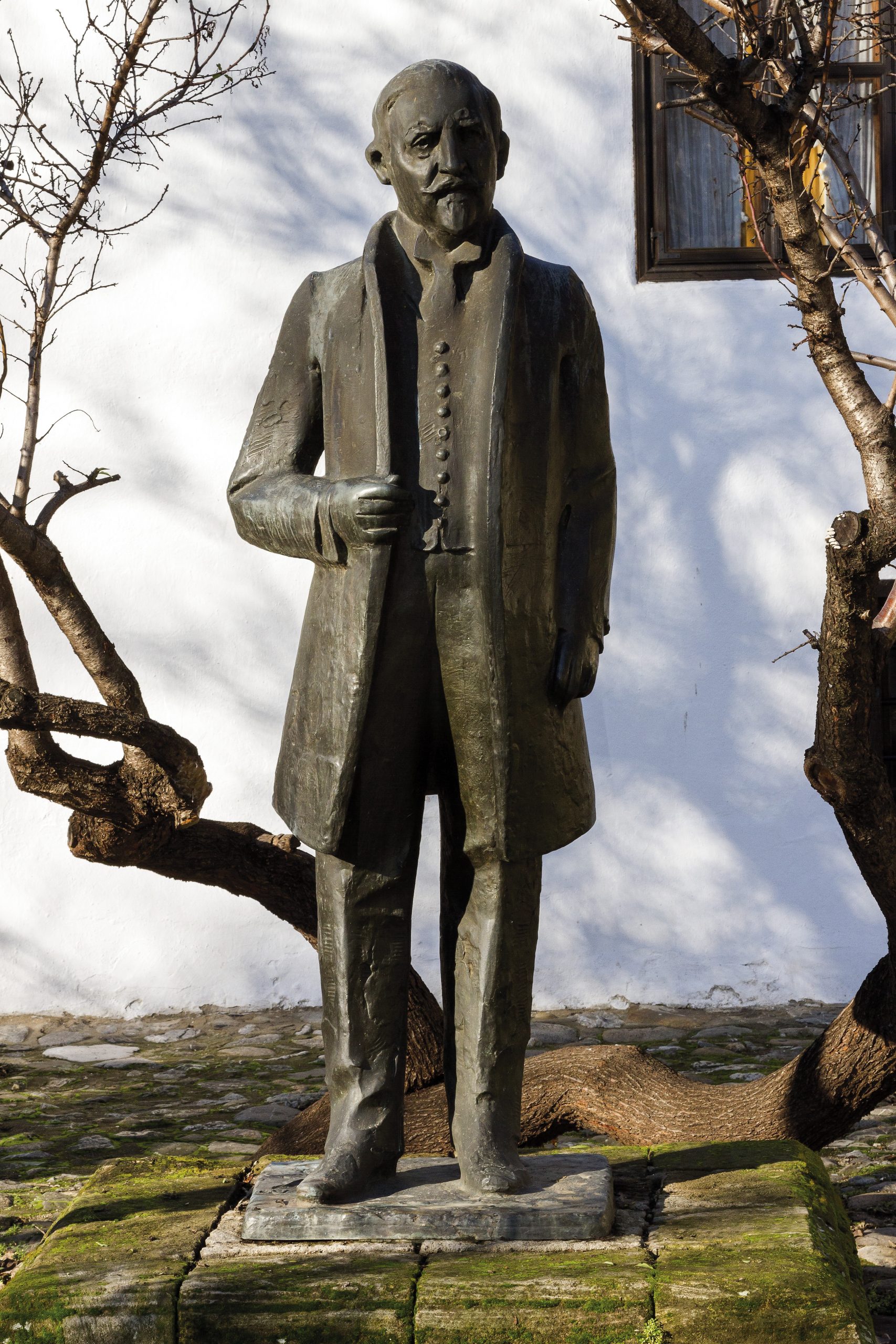 Pokretna kulturna dobra Muzeja Krajine u Negotinu
Pokretna kulturna dobra Muzeja Krajine u Negotinu
The Stevan Mokranjac’s sculpture
In front of the house, there is a bronze sculpture of Stevan Mokranjac, created by Nebojša Mitrić. The monument was erected and ceremoniously unveiled on September 20, 1980, as part of the Days of Mokranjac festival In memory of Stevan Stojanović Mokranjac, the town of Negotin has been hosting traditional...
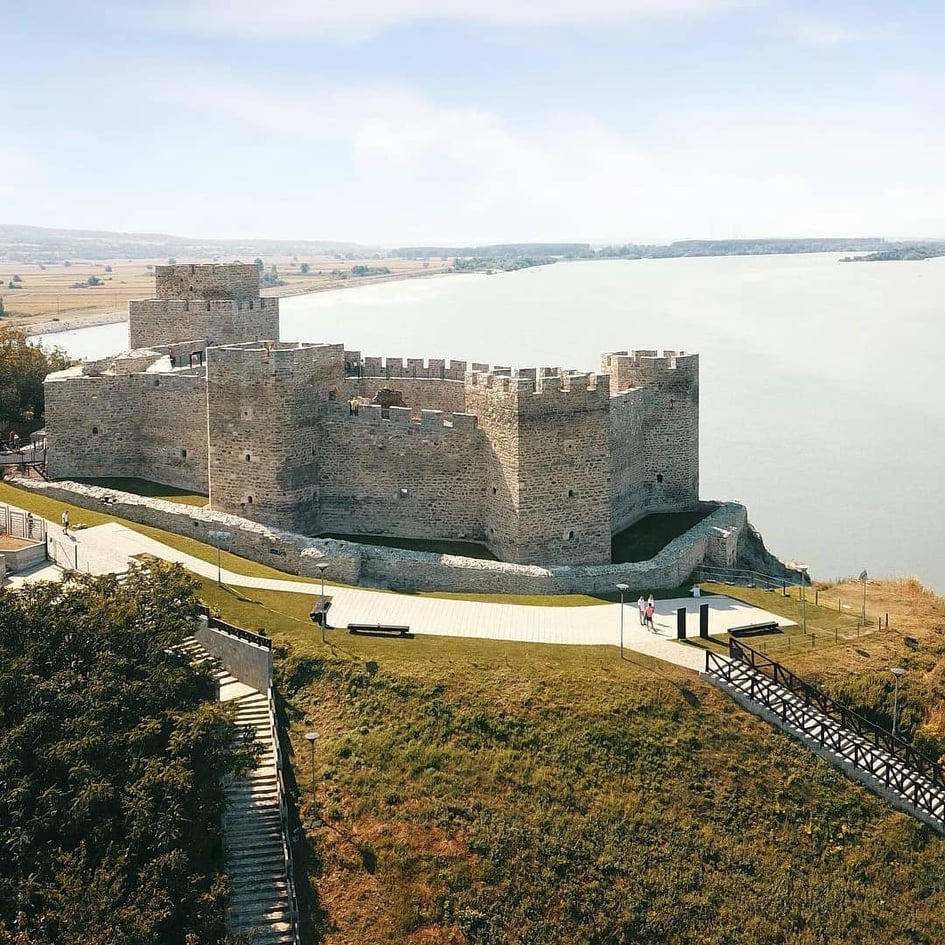
The history of Ram Fortress
Welcome to Ram Fortress, one of the most powerful medieval fortresses on the most beautiful European rivers! The picturesque medieval Ram Fortress was built in 1483 by order of Sultan Bayezid II – the grandfather of Suleiman the Magnificent, and many peoples visited this area throughout history and left traces...
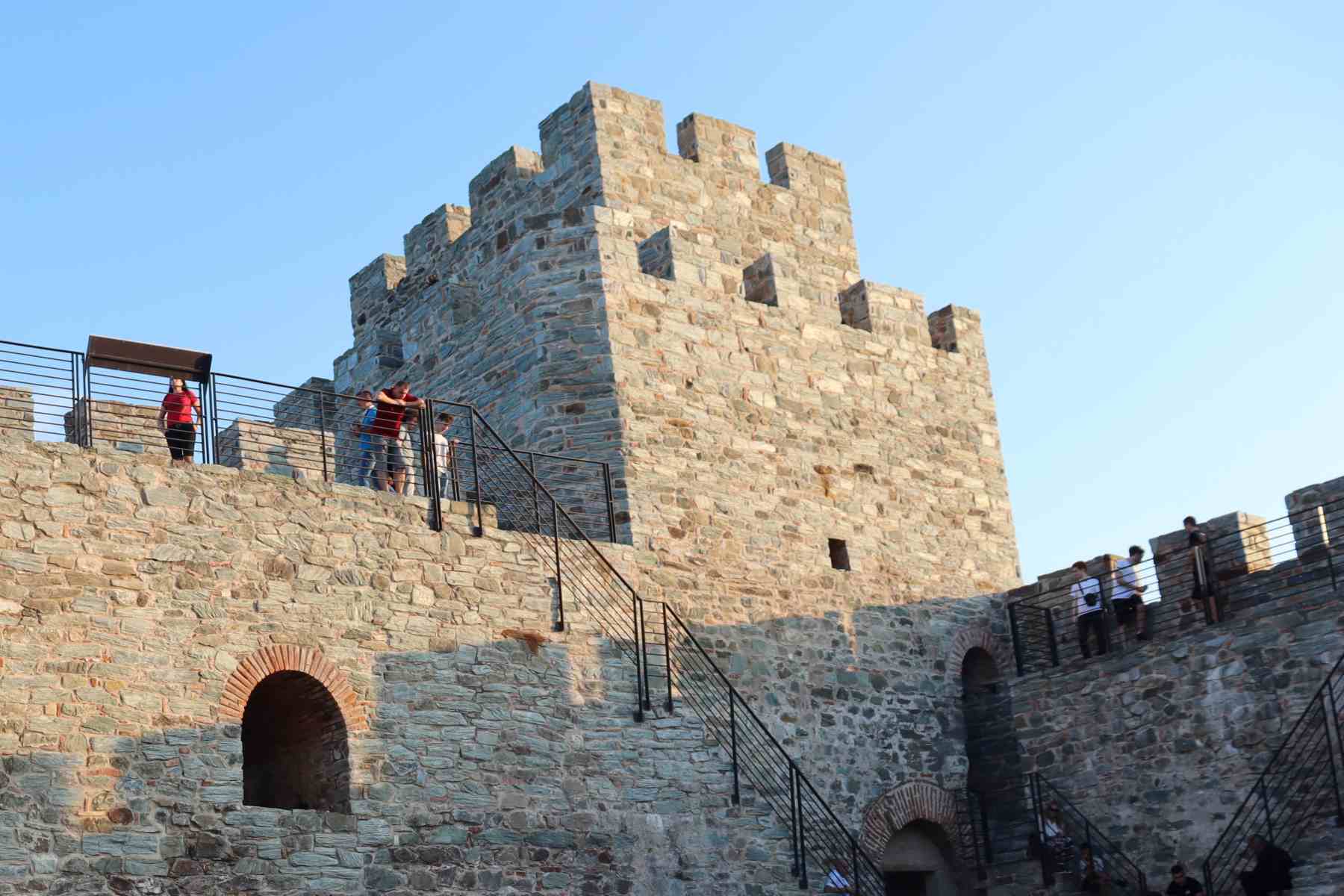
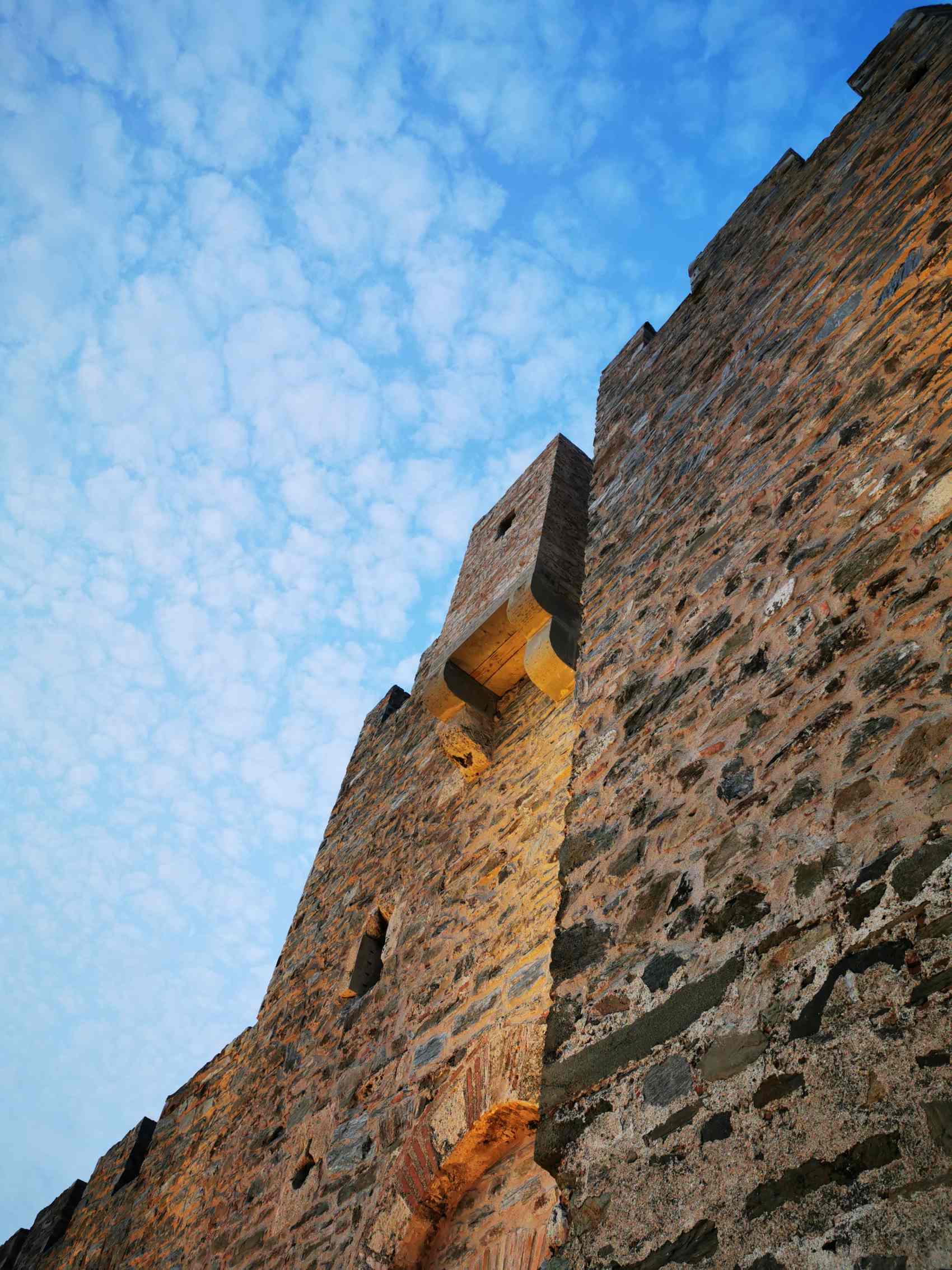
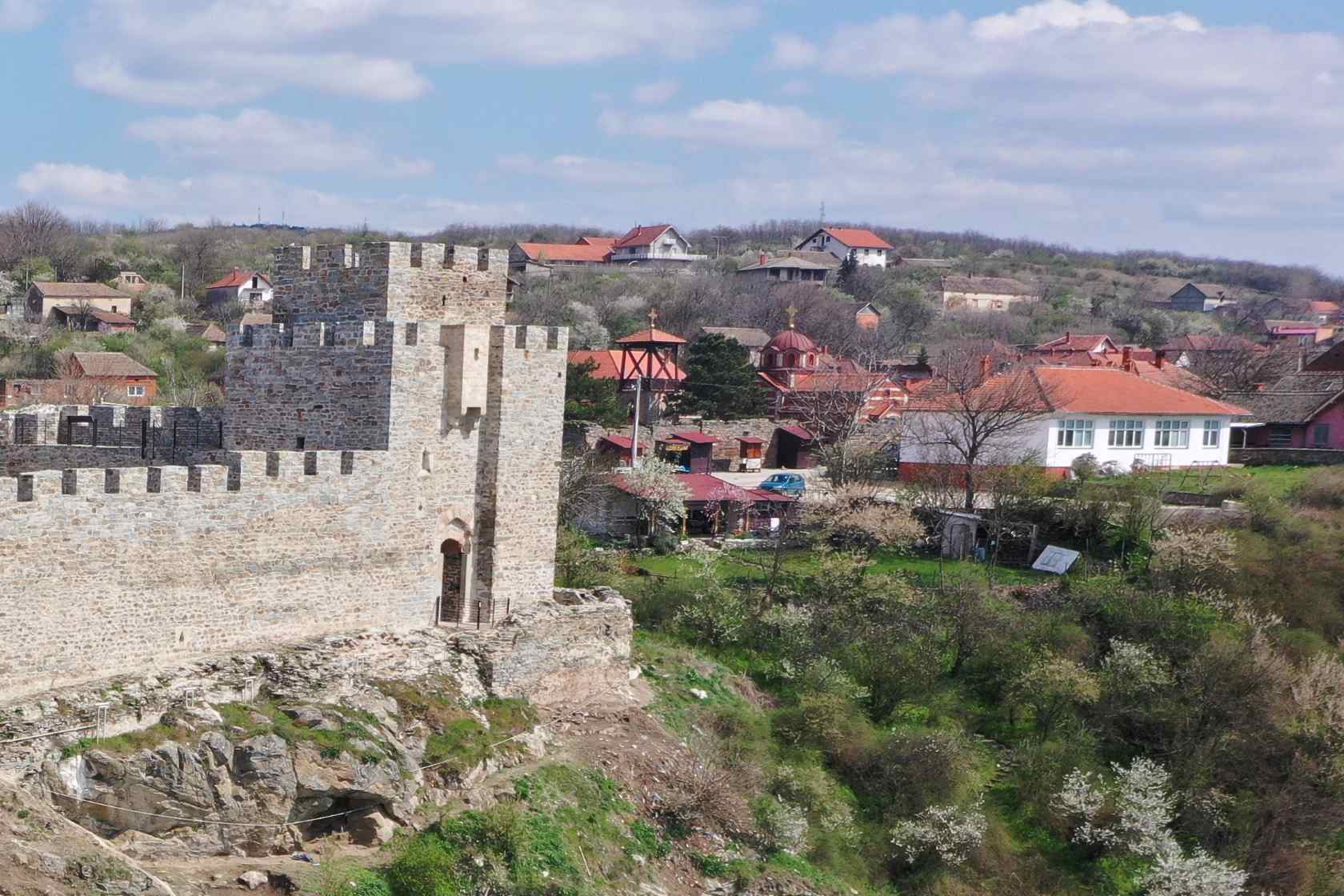
2. Tower 1
At the very entrance to the Fortress is the highest central tower, Tower I or the Keep. The commander of the Fortress once lived in this tower It had three floors and two platforms at the top, while all other towers had a ground floor, two floors, and a platform....
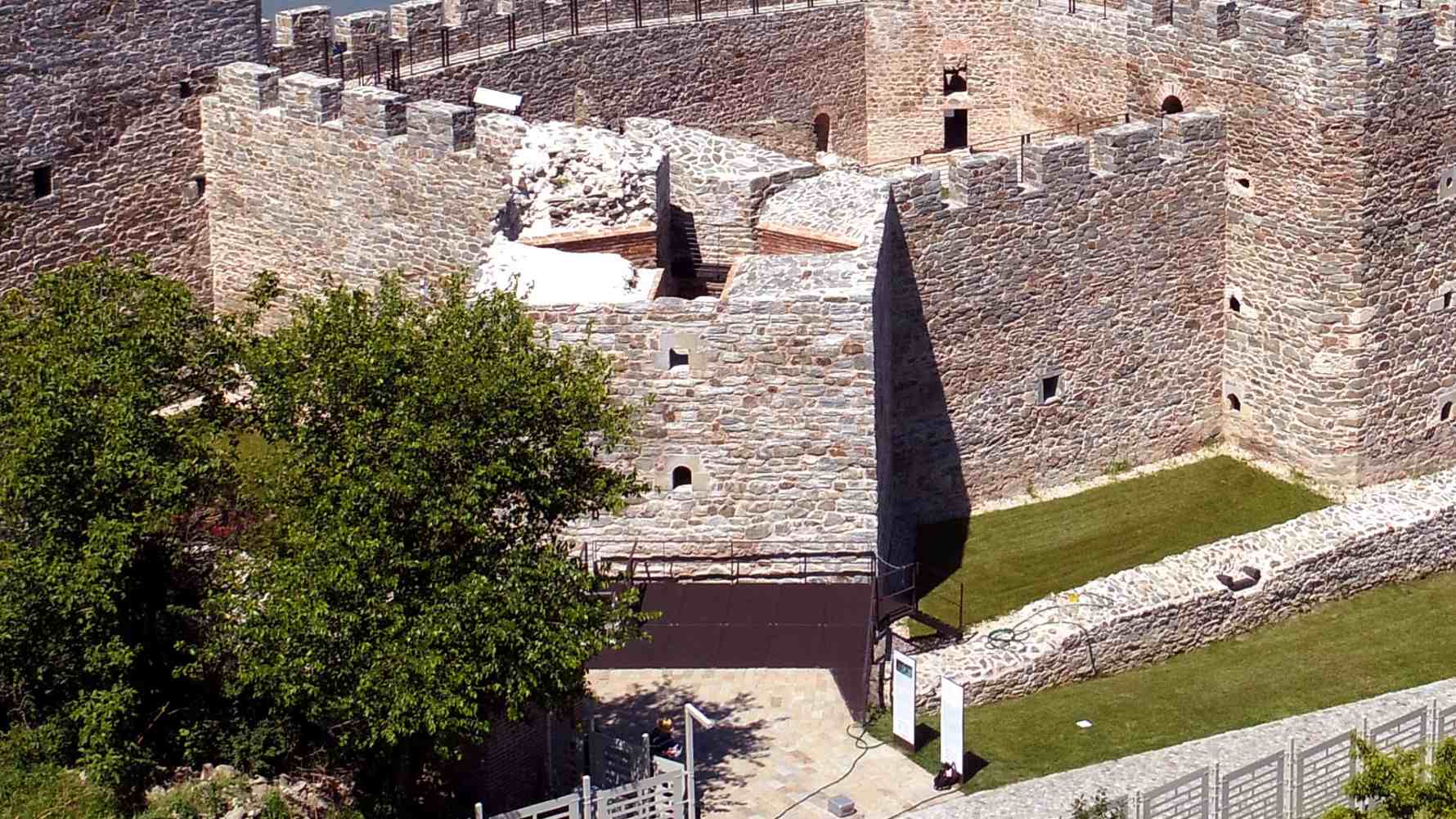
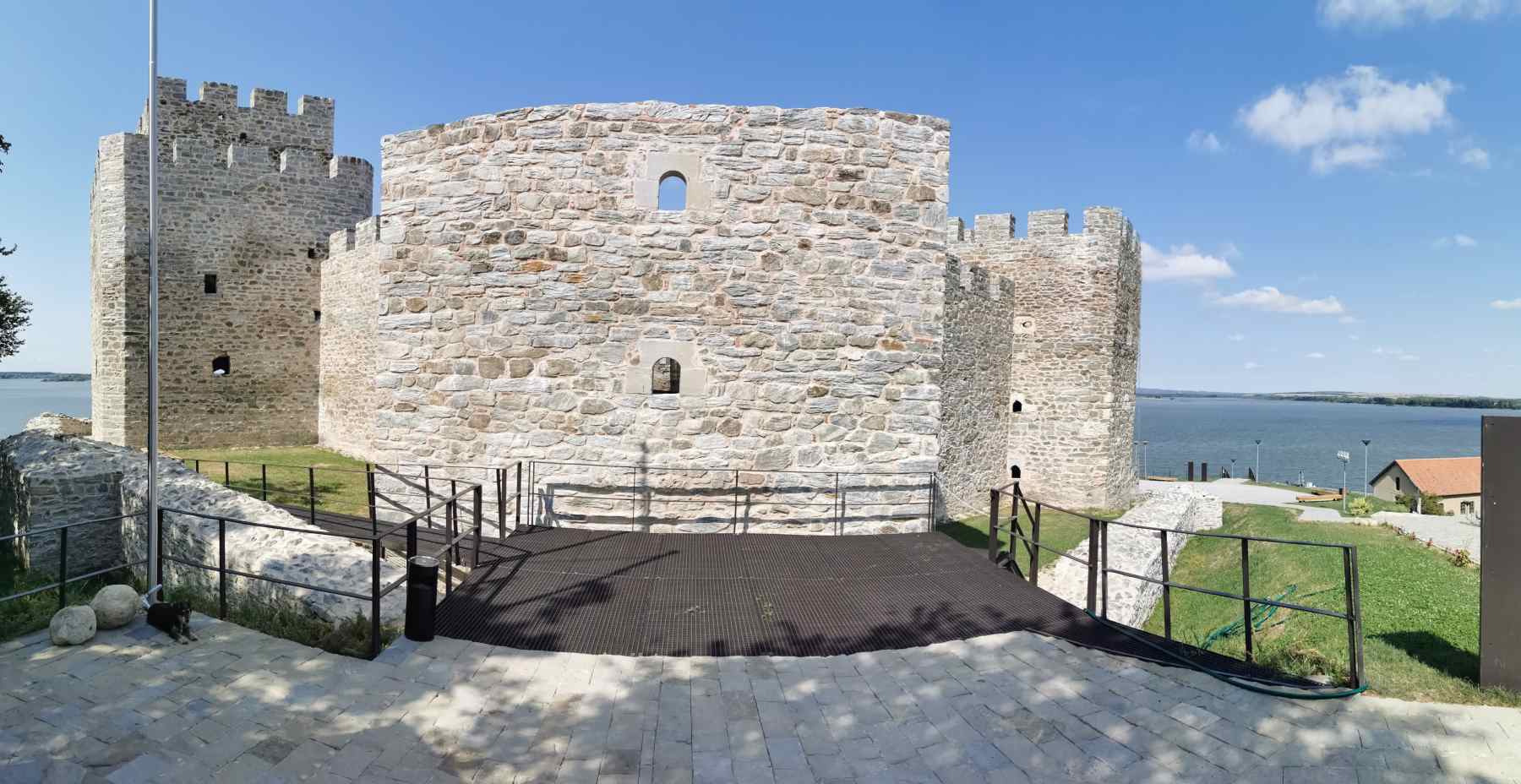
3. Tower 2
The rampart between the Keep and Tower No 2 is where our visitors like to take photos. You can see the entire Fortress and the magnificent Danube River from this place!

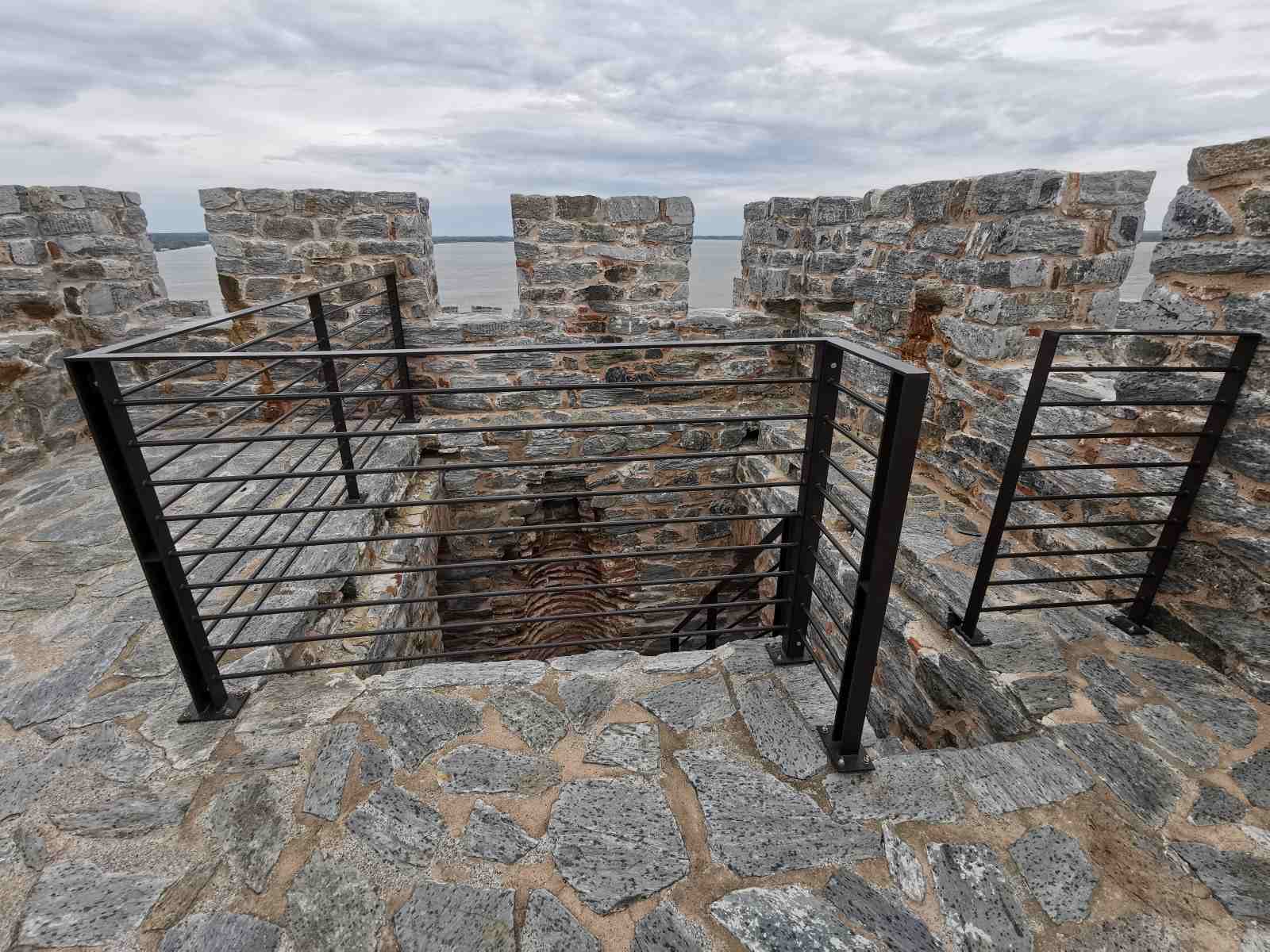
4. Tower 3
From Tower 3, you can best see the ramparts surrounding the Fortress. Around the Fortress was an outer rampart built at the same time as the Fortress. The outer rampart is 1.5m away from the walls of the towers and about 8m from the walls of the ramparts. This way,...
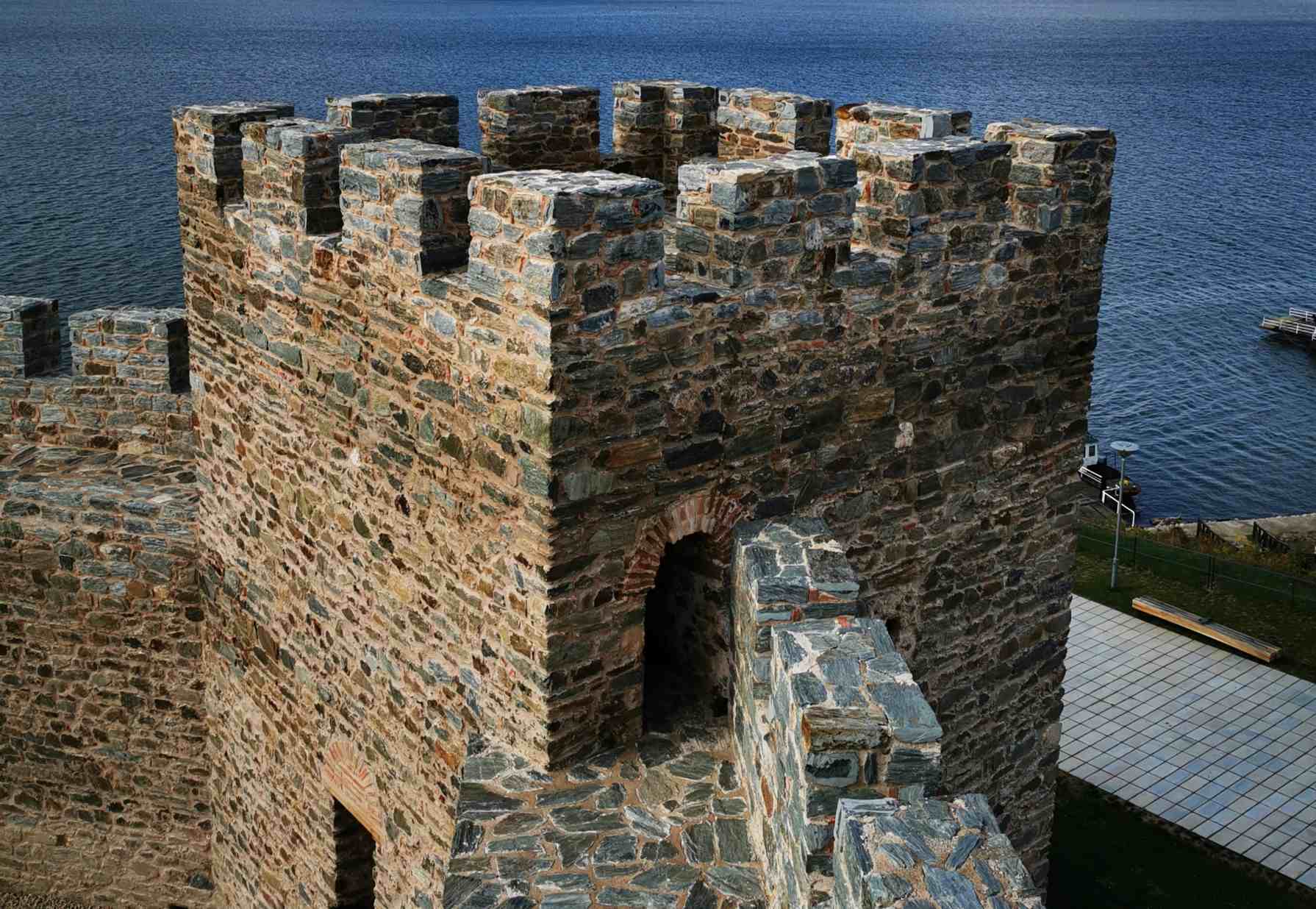
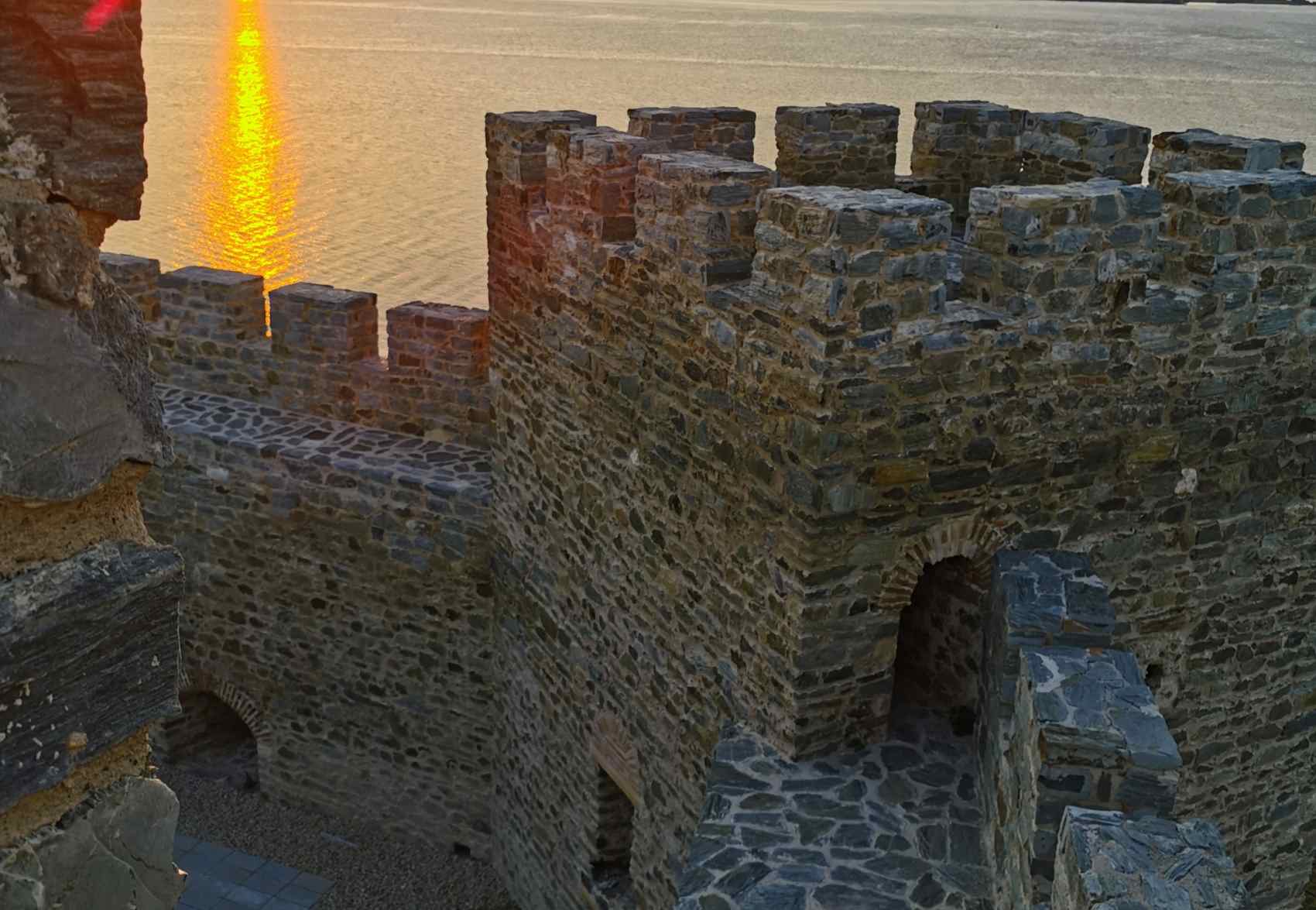
5. Tower 4
This tower has a view of the wooden river rafts connecting the municipality of Veliko Gradiste with Vojvodina Saint Sava crossed the Danube here on his way to the Romanian town of Bazias, where he built a Serbian monastery dedicated to the Transfiguration of Jesus in the 13th century During...
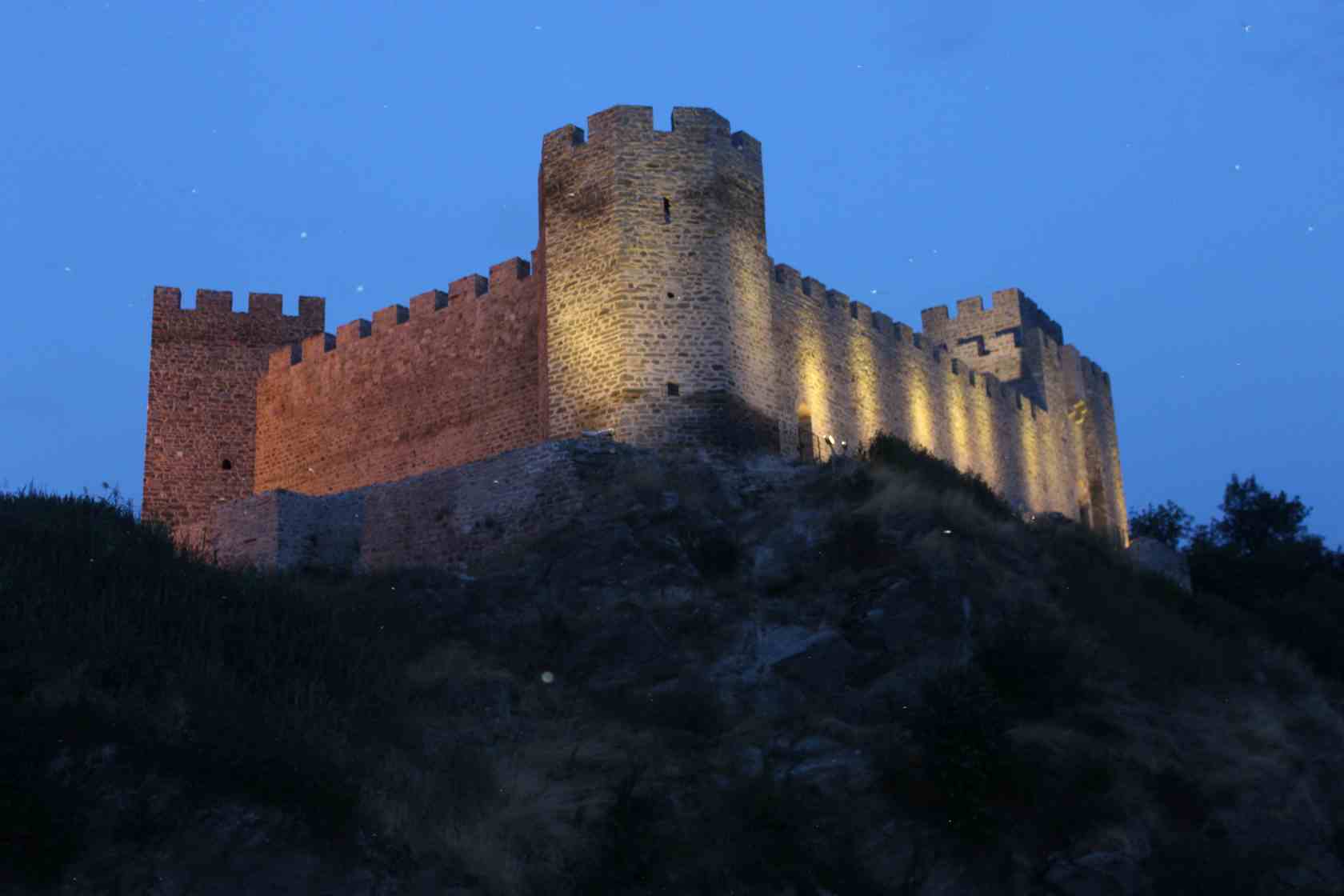
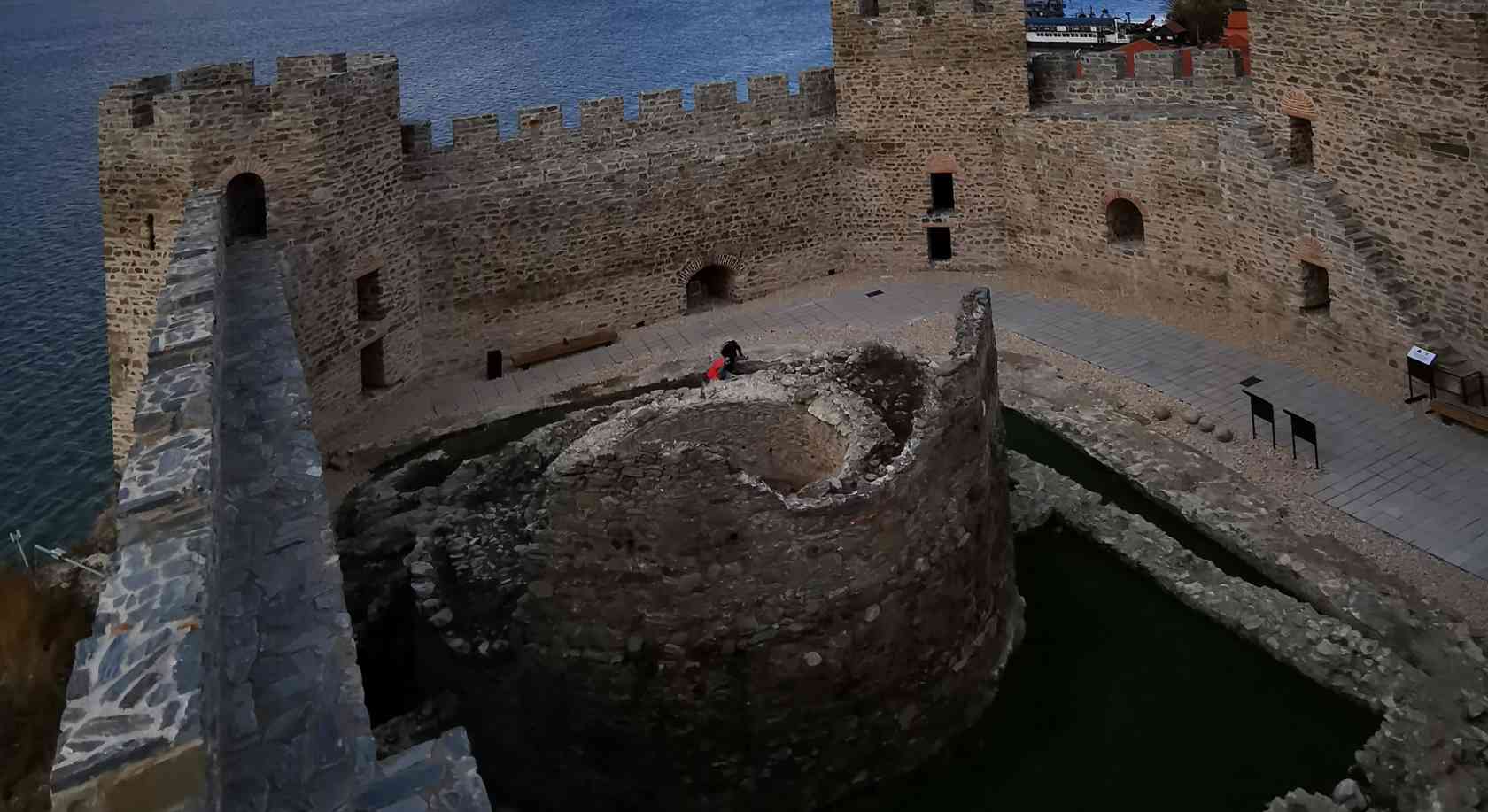
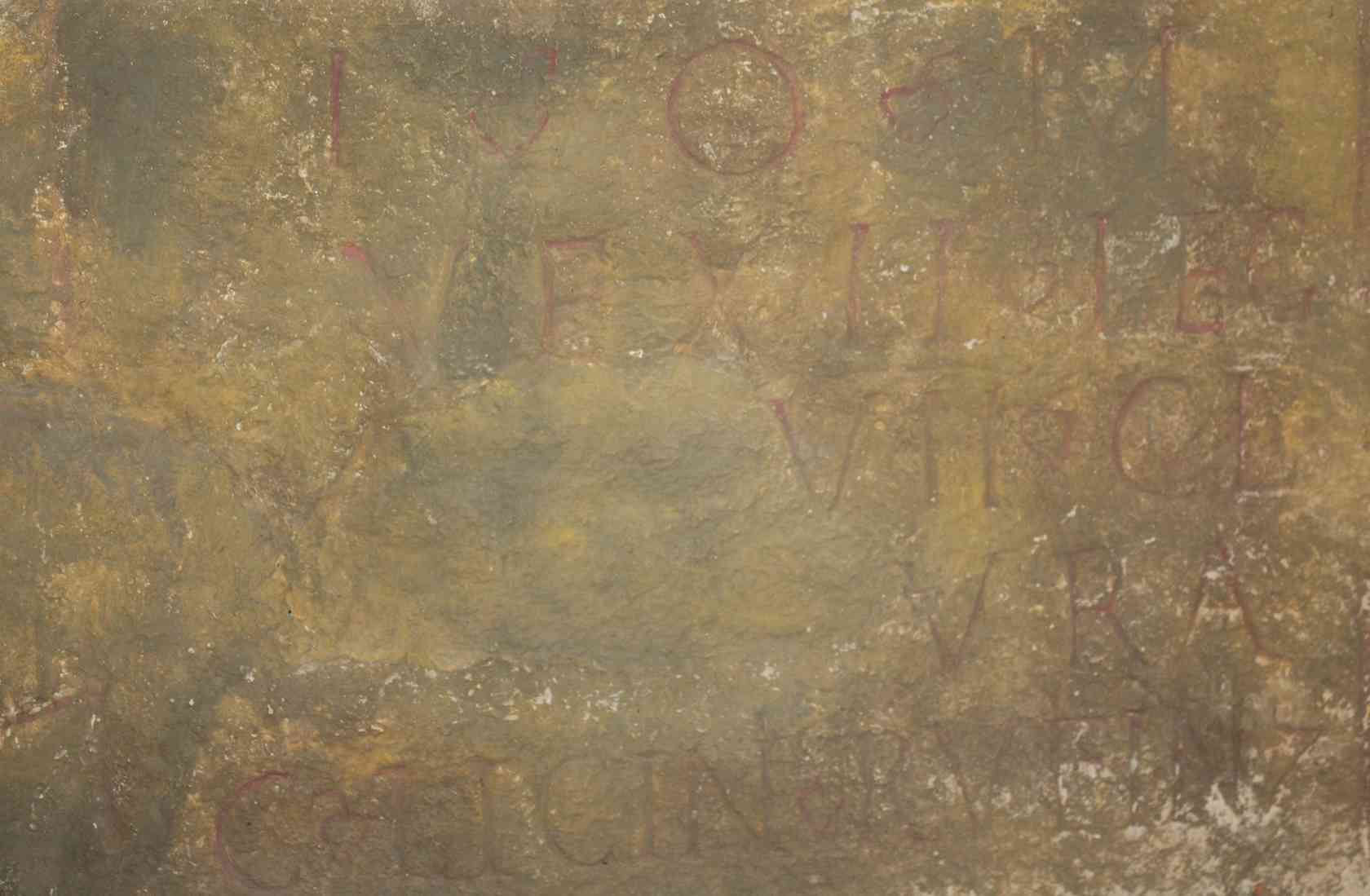
6. Tower 5
Below Tower 5 of the Ram Fortress, there is a Roman tablet carved into the rock, with an inscription in Latin: To Jupiter, the greatest and the mightiest of all gods, the standard-bearer of the Legio VII Claudia; Gaius Licinius Rufinus dedicates the table The tablet is located under the...
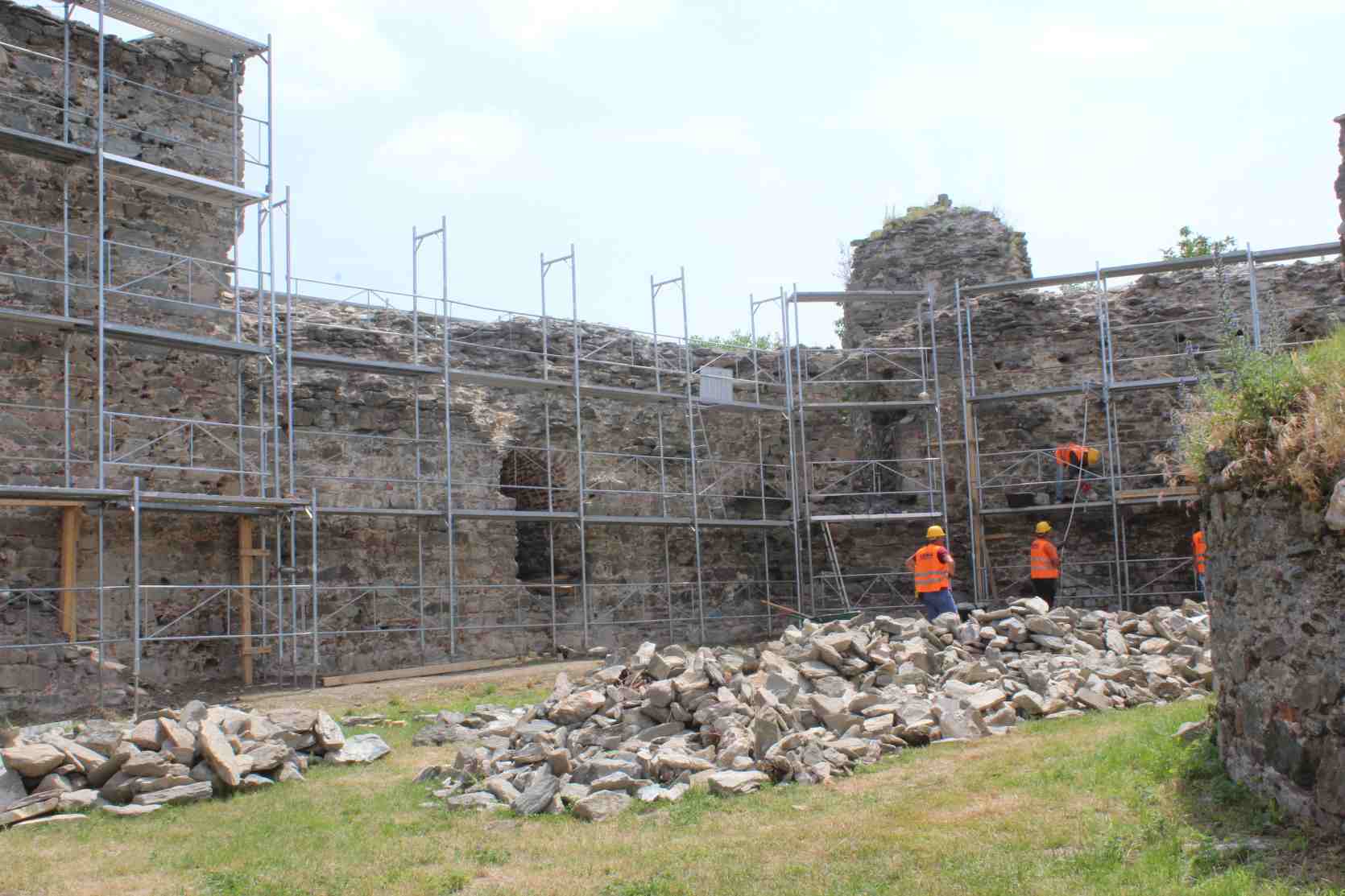

7. Reconstruction of the Ram Fortress
When you go down to the central plateau, the ground part of the Fortress, you can see the Fortress before the reconstruction in the photos in front of the circular tower. The Fortress was reconstructed between 2017-2019 by the Turkish Cooperation and Coordination Agency TIKA

8. Caravanserai
Near the Fortress, there is a caravanserai from the 15th century. A caravanserai next to which a hammam was once located shows us that the Fortress was important not only in times of war but in times of peace when it protected merchants, who had a place to spend the...

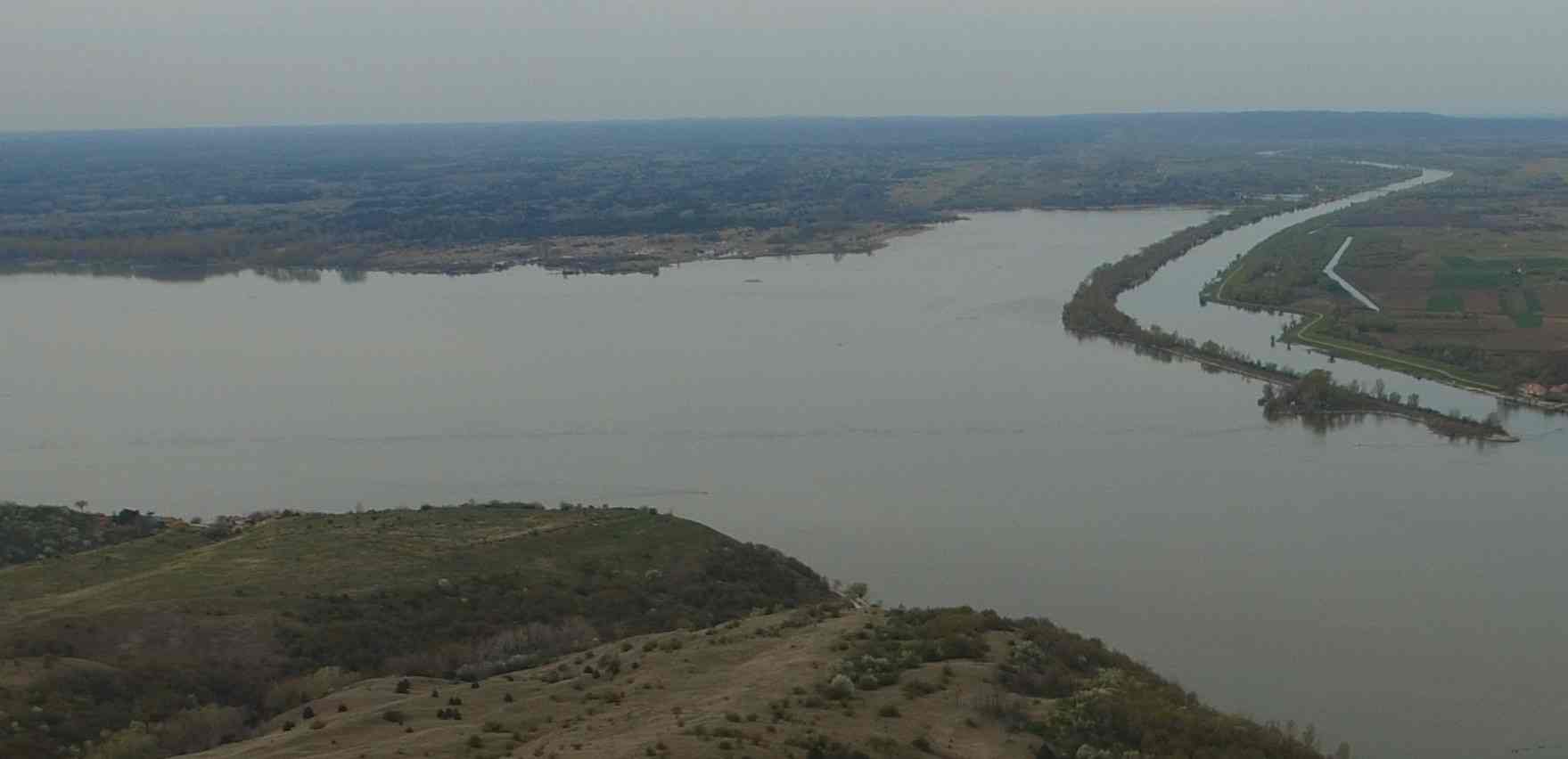

9. Lederata
Downstream from the medieval Fortress and the village of Ram, at a distance of 1 kilometer, are the foundations of a once mighty fortification. The shape and size of the massive castrum around which the settlement was formed can be recognized by the configuration of the terrain. Chroniclers mention Lederata...

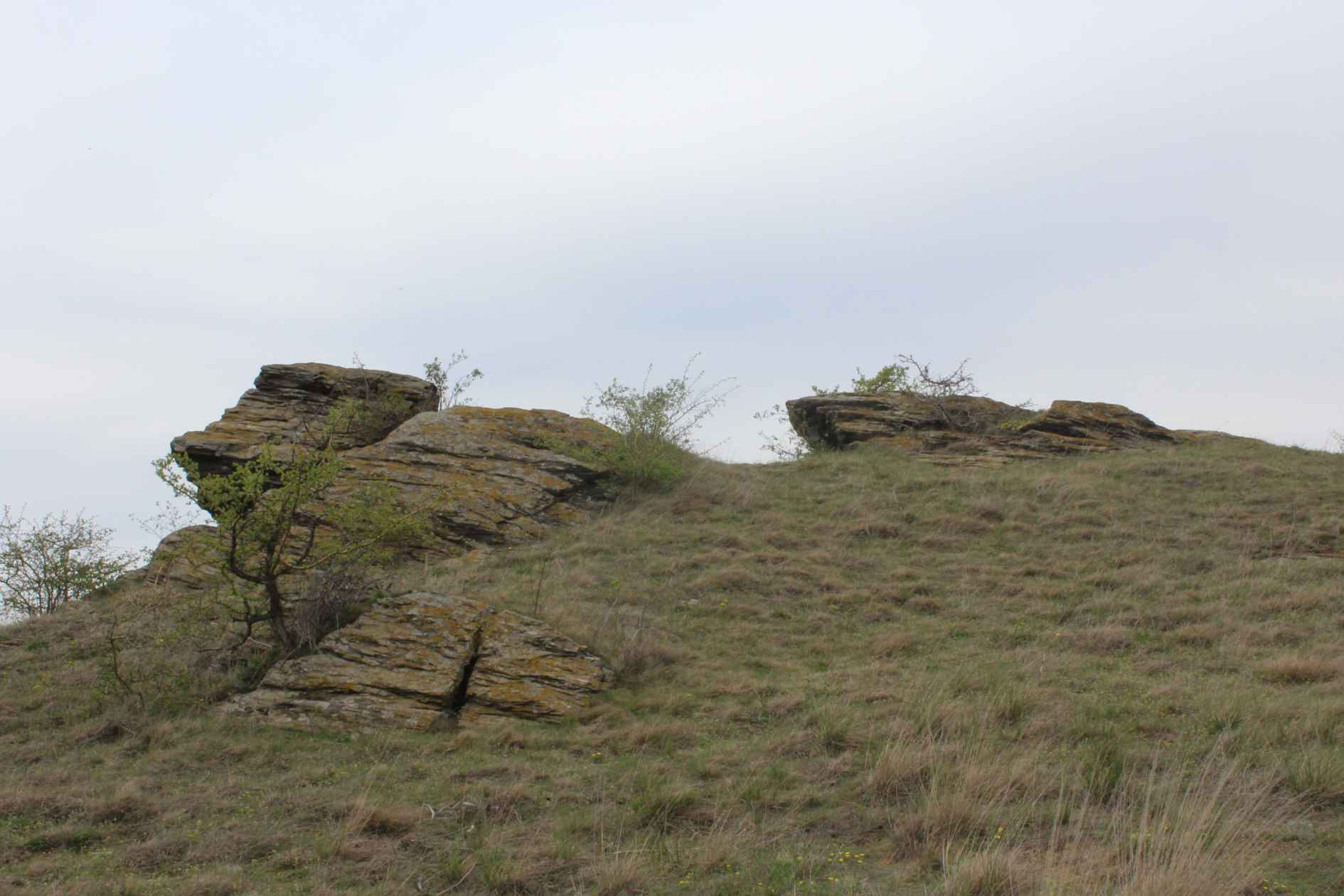
10. Celtic sanctuary
In its course near Ram, the Danube makes a big bend, bypassing the high cliffs and turning sharply to the north. On the rocky and sandy plateau, Celts in the 4th century BC built an oppidum, the center of which was a temple – a sanctuary with an altar From...
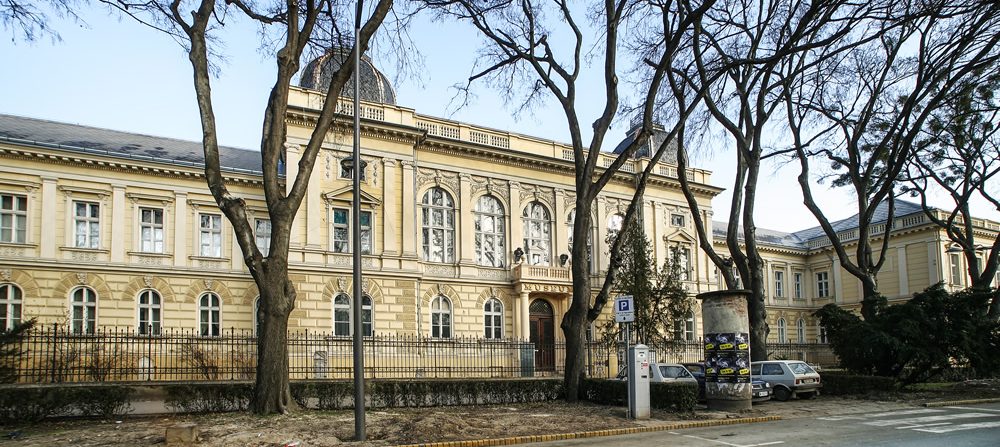
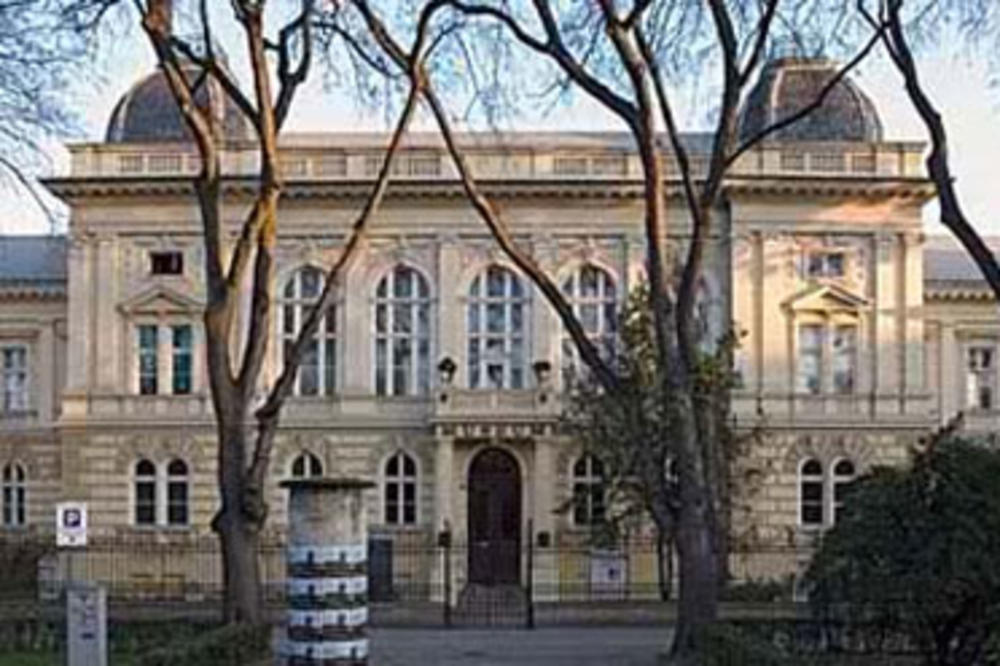
1. The Museum of Vojvodina
The Museum of Vojvodina is the most complex museum in Serbia, with a tradition of more than 170 years. Part of its rich collection is exhibited in two buildings that are true architectural pearls of the city The luxurious building at Dunavska 35 was built in 1896 in the style...
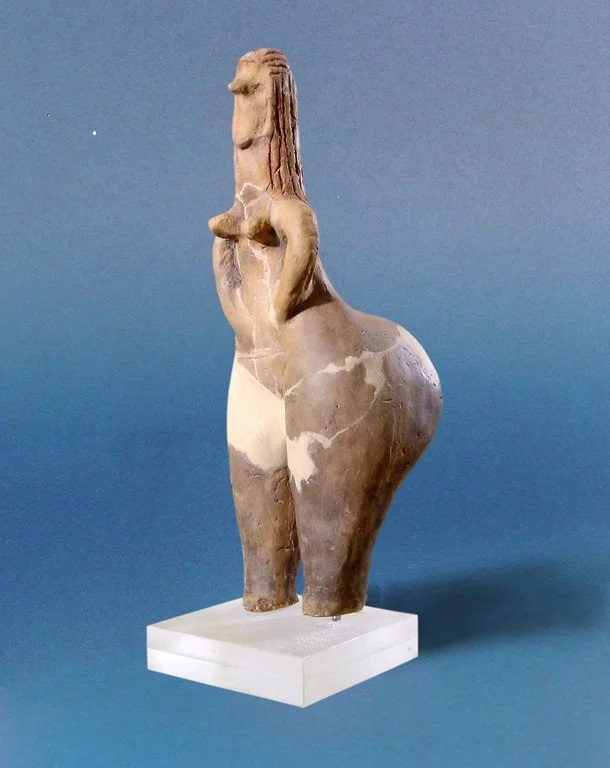
2. The Red-Haired Goddess
One of the most beautiful archaeological objects found on the territory of Vojvodina is the so-called Red-Haired Goddess, which reflects the connection between the fertility of women, the earth and the plant world.
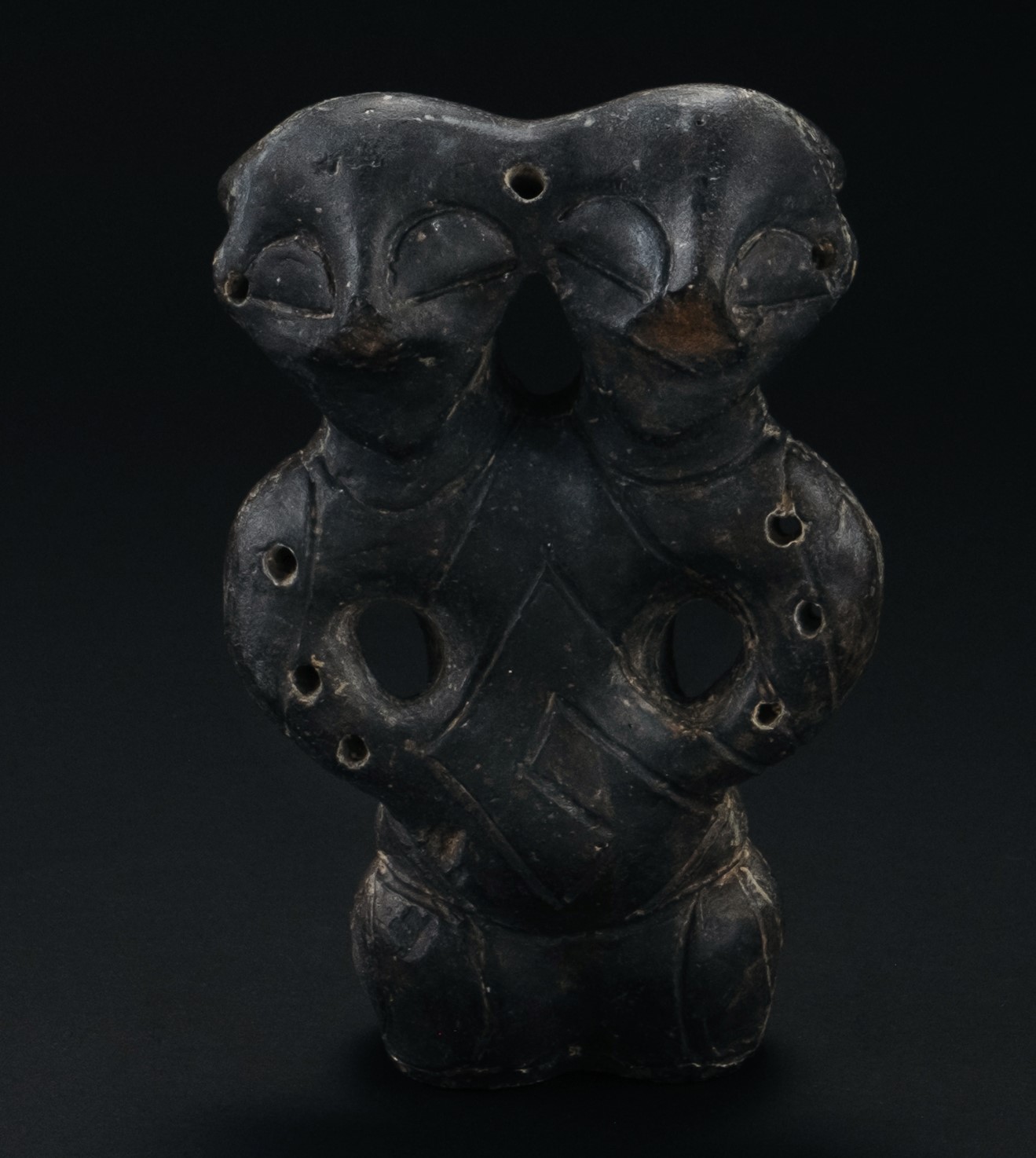
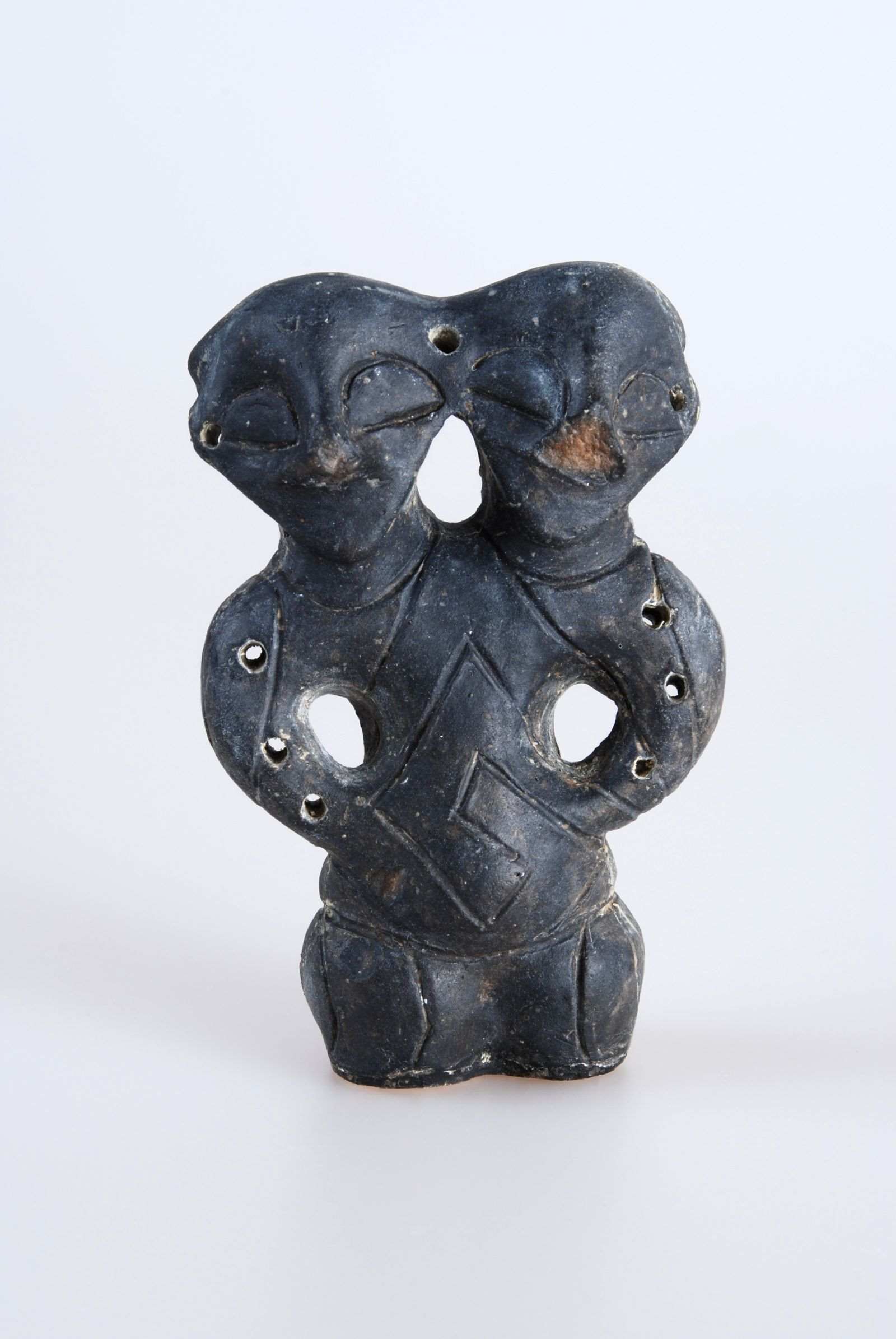
3. Double-headed statuette
Are you looking at a realistic representation of Siamese twins from the Neolithic or some cult object? The meaning of the unusual two-headed figurine is still a mystery to us.
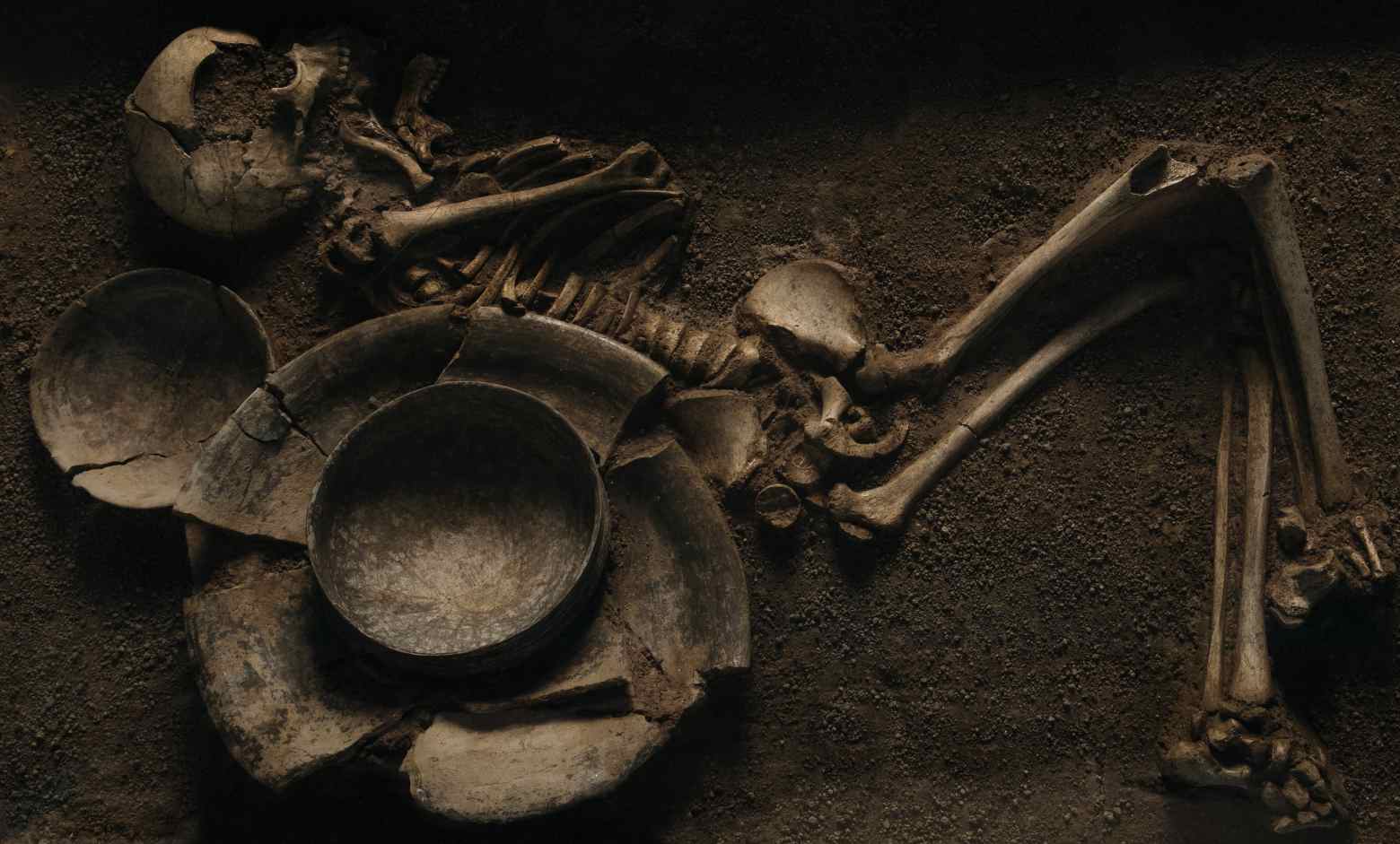
4. Burial in the Neolithic
Human society was constantly progressing with the discovery of new raw materials and new ways of making artifacts. However, from prehistory to the present day, one thing did not change: the respect for the dead.
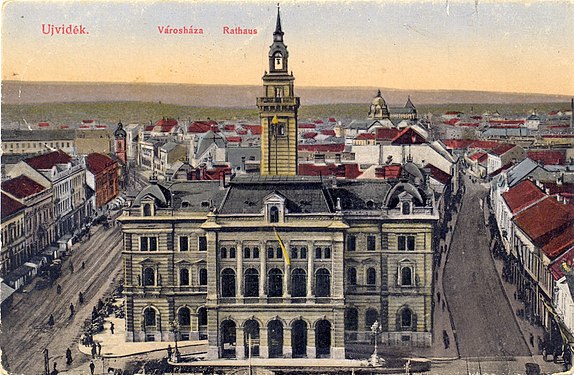
5. Mounds
Mounds or tumuli are graves filled with a large amount of earth, created in the funeral rituals of members of the steppe tribes that came from the east. Over 2,000 have been recorded in one part of Vojvodina, but archaeologists have so far investigated only a few.
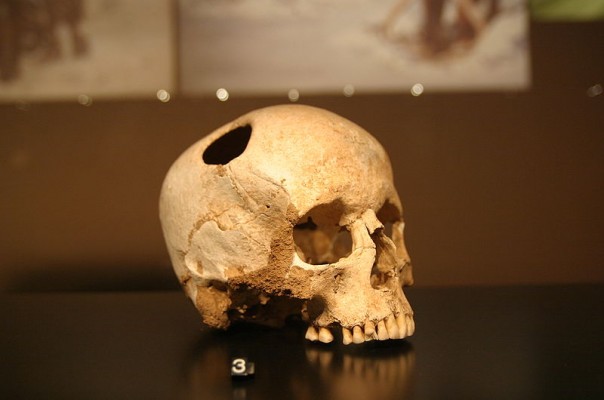
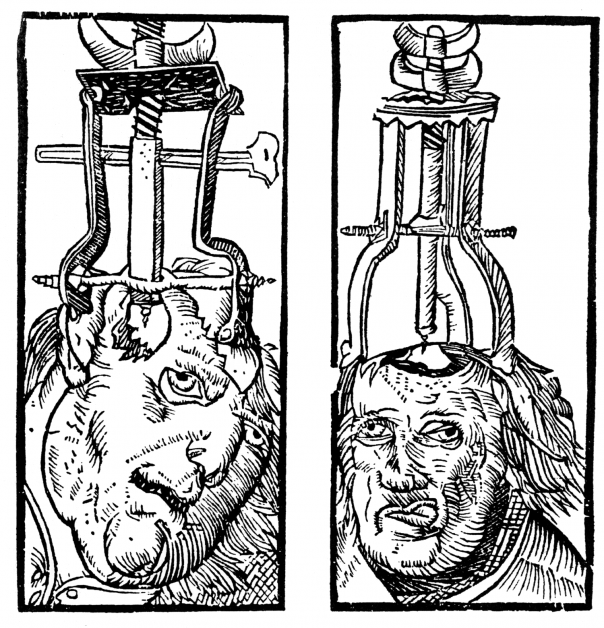
6. Prehistoric neurosurgical practice
Can you imagine what the first form of neurosurgical practice looked like? Neurosurgical practices without anesthesia, modern surgical instruments and antibiotics…Do you wonder how many patients survived such procedures? In display case number 35, there is a skull, a seemingly ordinary archaeological find. Would your opinion change if you learned...
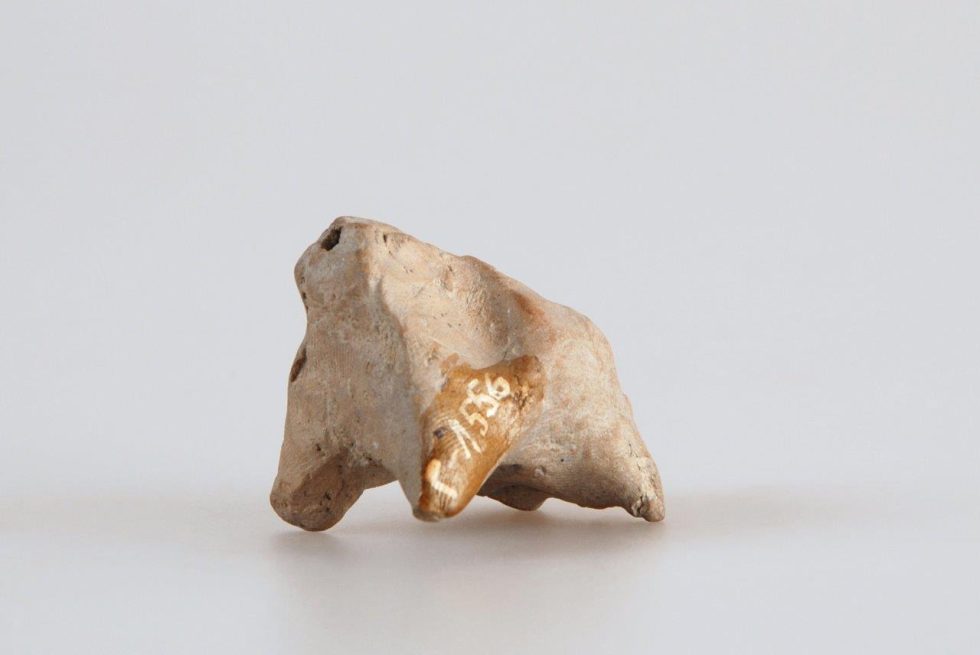
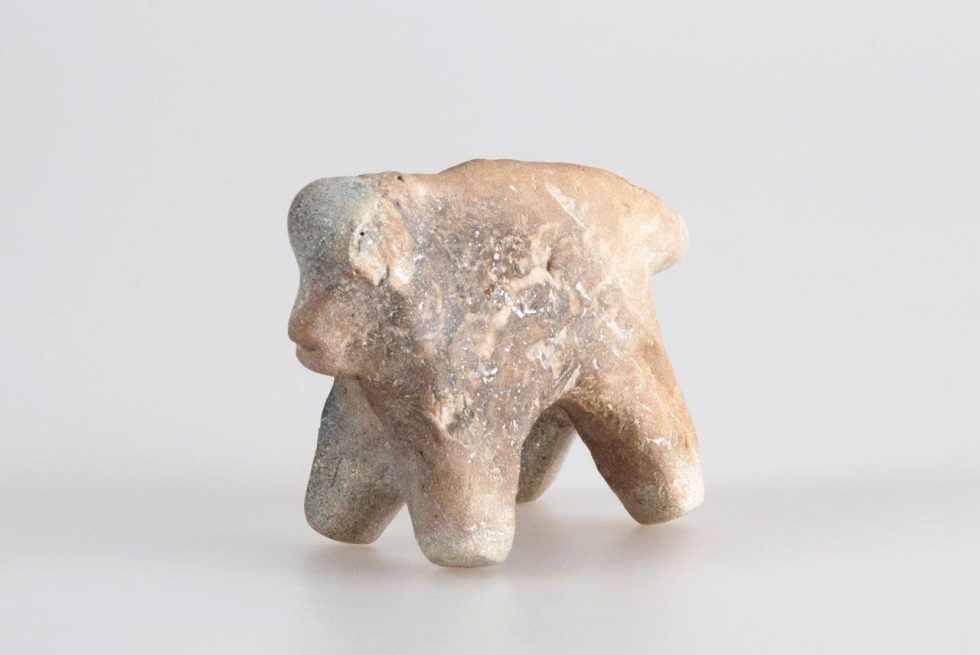
7. Prehistoric toys
These miniature ceramic objects have long been a conundrum for curators. However, noticing fingerprints on them, the archaeologists of the Museum decided to turn to those who most often deal with fingerprints – the Forensic Laboratory of the Police Administration in Novi Sad. And their joint work has brought us...
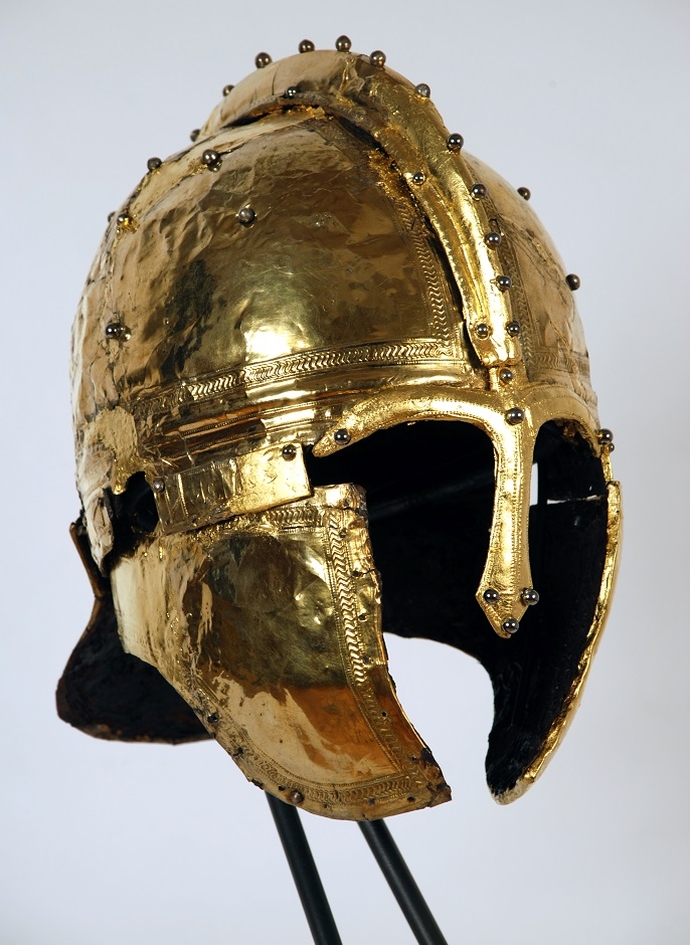
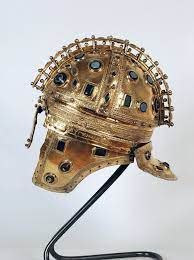
8. Roman helmets
The Museum of Vojvodina is the only Museum in the world that can boast of keeping three examples of these valuable helmets, named after the place where the first two were discovered – Berkasovo-type helmets The attractiveness of the helmets is enhanced by the unusual, adventurous story of their discovery....
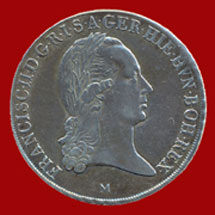
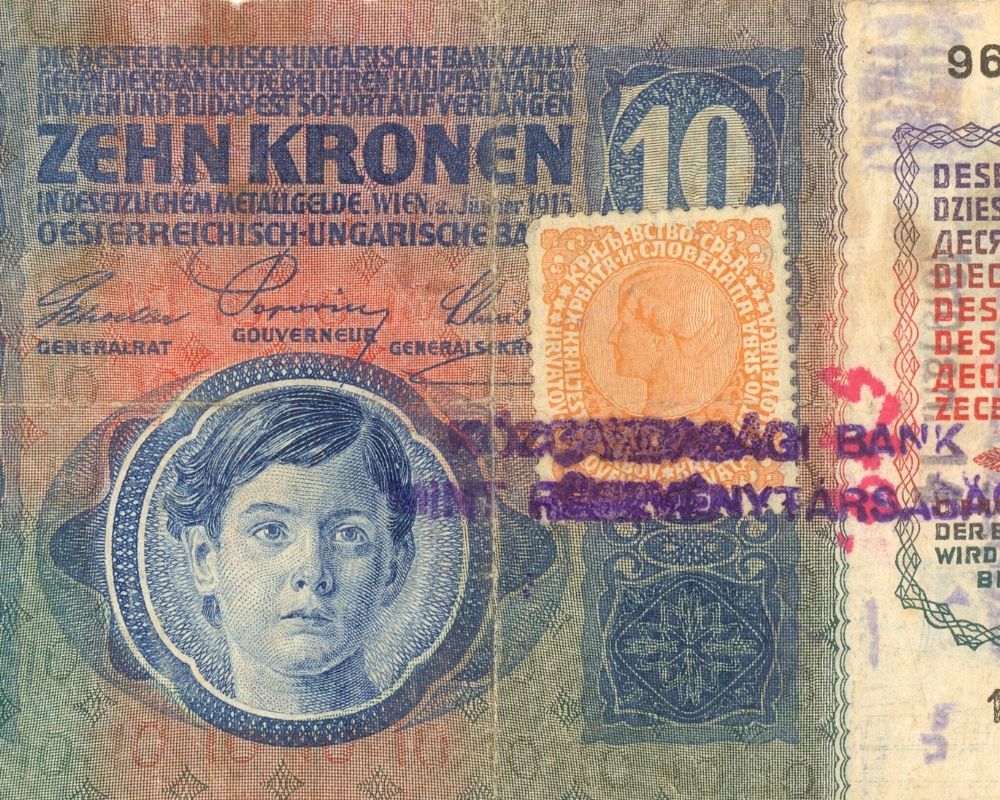
9. Numismatic collection
A sure sign of constant migrations on the territory of Vojvodina throughout the past is the extremely rich numismatic collection kept in the Museum
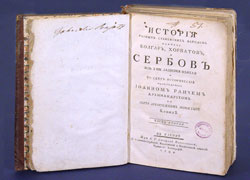
10. Manuscripts
Because of the digital tools we are surrounded by today, the skill of writing beautifully by hand is slowly becoming a rarity. In the display case, there are handwritten books from when this skill was also rare and implied true artistic mastery
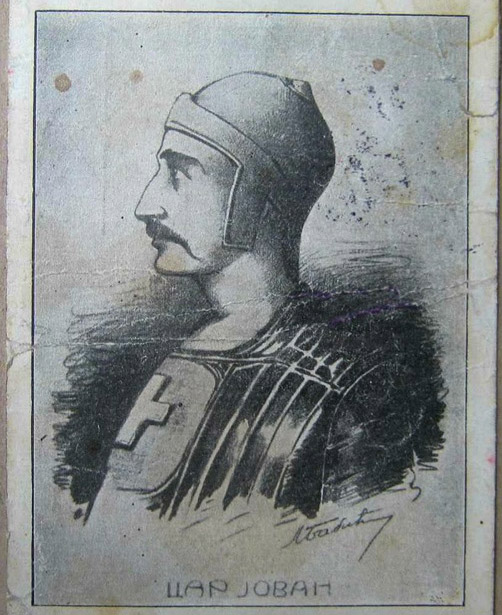
11. Emperor Jovan Nenad
In 1526, while a large part of today’s Vojvodina was under the rule of the Ottomans in the northwest of Vojvodina, a mysterious man appeared with a black scar that stretched over the entire right side of his body. With his charisma and the strange stories that followed him, he...

12. Bishop Teodor Nestorovic
When he started the uprising of the Serbs against the Ottoman rule, the bishop of Vršac, Teodor Nestorović, could not have imagined that the collapse of the uprising would lead to a terrible punishment. Seeing the faith with which the people march under the banner of Saint Sava, the commander...
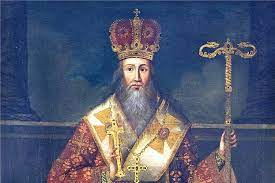

13. The leader of the largest migration of Serbs
The Patriarch 3th Arsenije Čarnojević led the great migration of Serbs in 1690 when, under the pressure of the Ottomans, the people were forced to leave their hearths in the area of today’s southern Serbia, Kosovo and northern Macedonia, and embark on a journey almost 1000 kilometers long. It was...
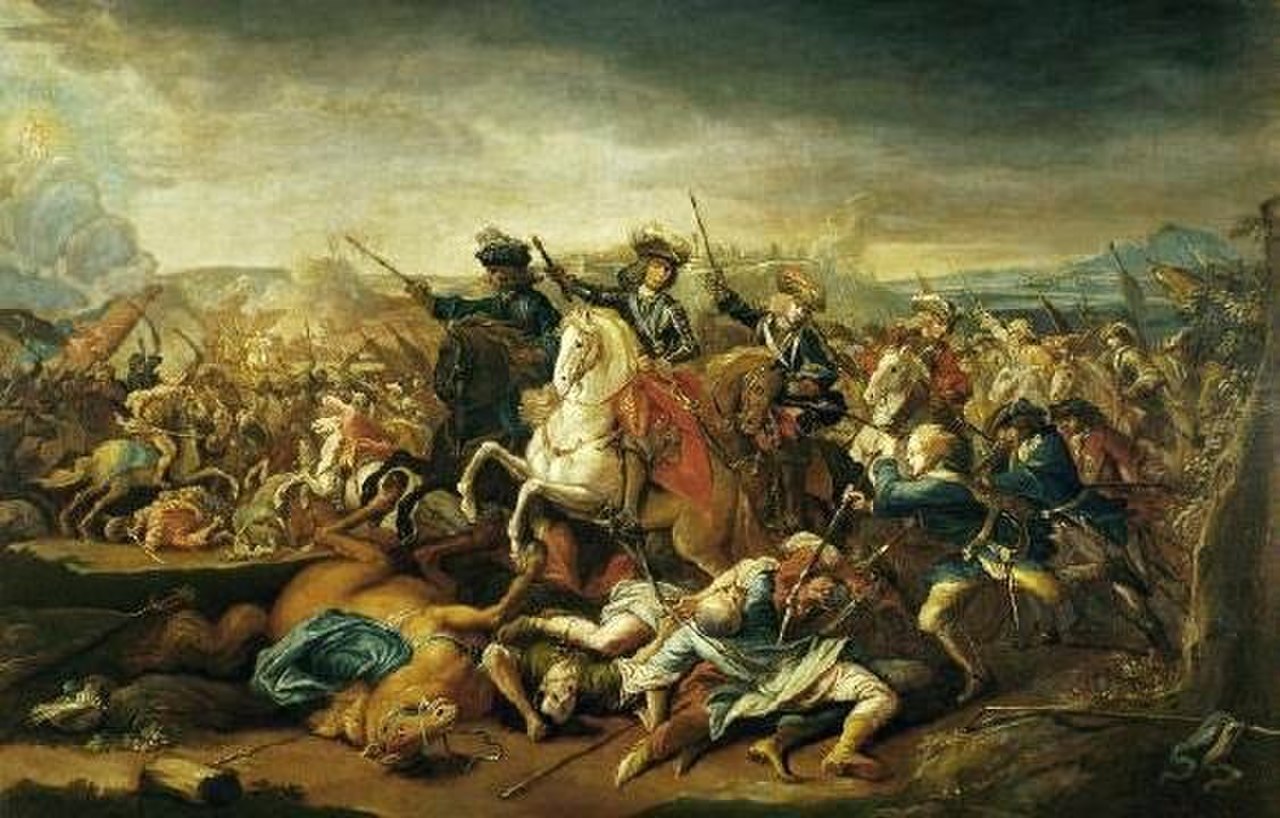
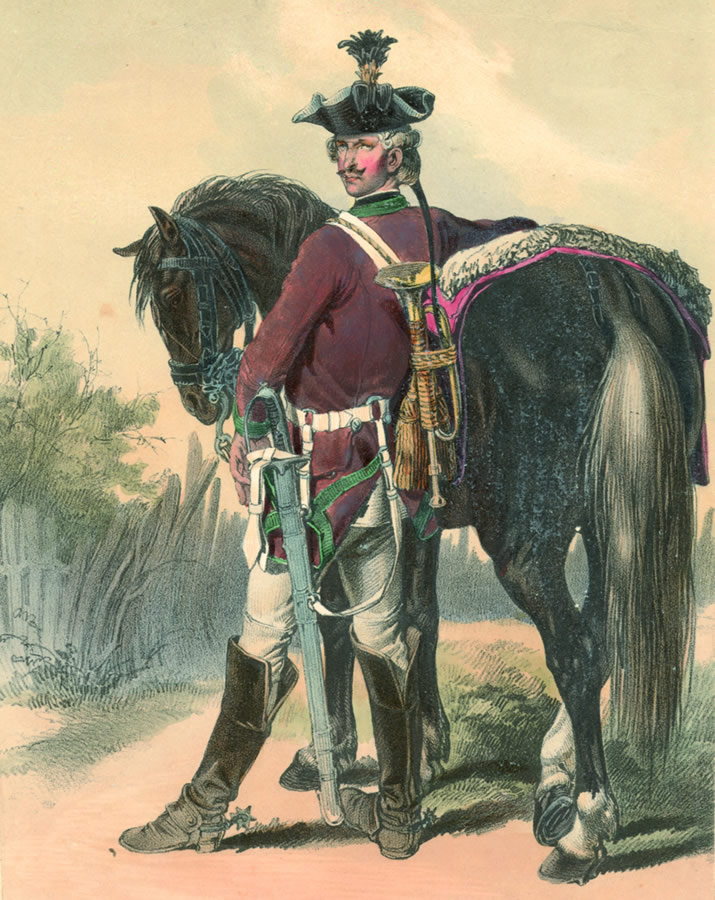
14. Battle of Petrovaradin
In times without cameras and cameras, when preparing for big battles, military leaders often hired artists who they took on military campaigns to record war scenes. Jan van Huchtenburg, a Dutch painter and graphic artist, was in the service of one of the greatest military commanders in European history –...
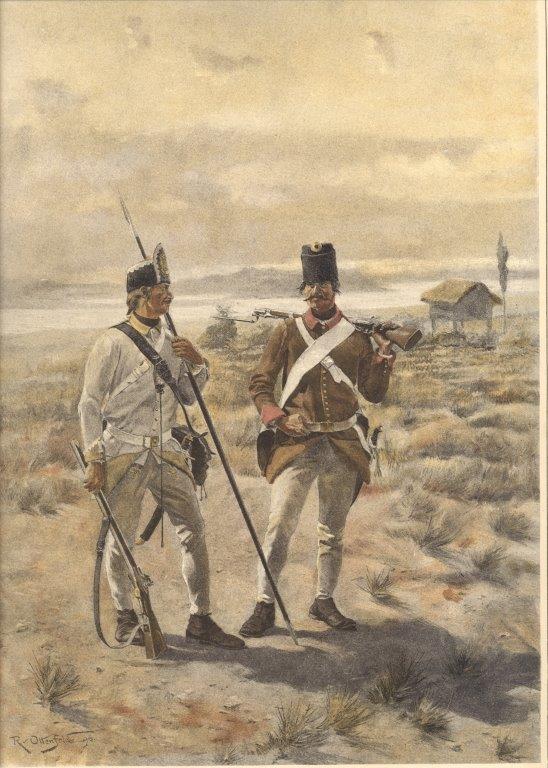
15. Sajkasi soldiers
Peace from within, peace on the outside – was the motto of the most elite military formation that protected the border areas of the Habsburg Monarchy from Ottoman attacks. This formation was made up of Serbian soldiers. They were called- shaikas.
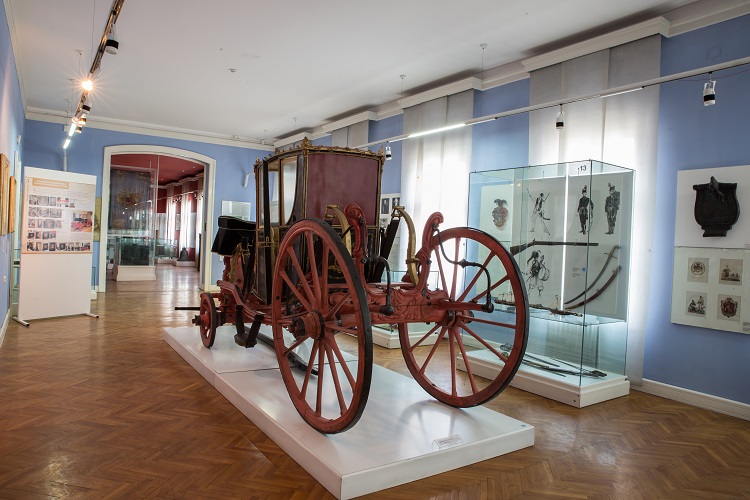
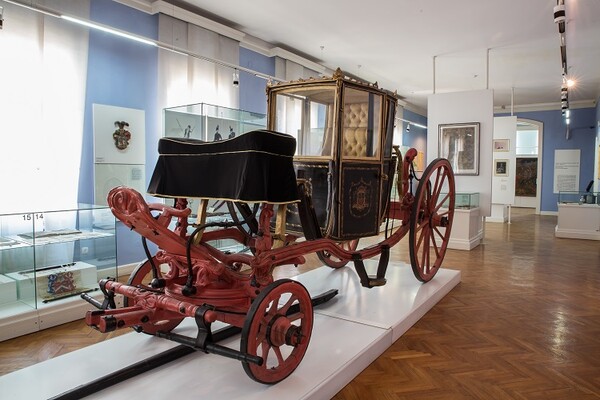
16. Metropolitan carriage
While looking at the only preserved carriage from the 18th century on the territory of Serbia, do you wonder how comfortable it was to travel in it and how long it took to travel from Novi Sad to, for example, Budapest or even to Vienna?
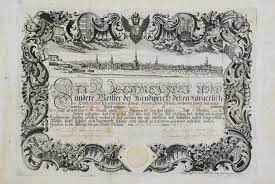

17. The oldest depiction of Novi Sad
Many representations of a city exist, but only one is the oldest. In front of you is the oldest known artistic representation of Novi Sad, with its seven city churches, the building of the bishop’s residence, the Petrovaradin fortress, and part of the bridge defense.
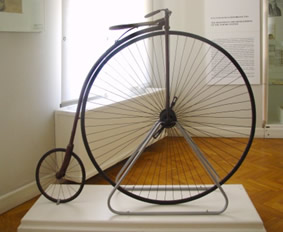
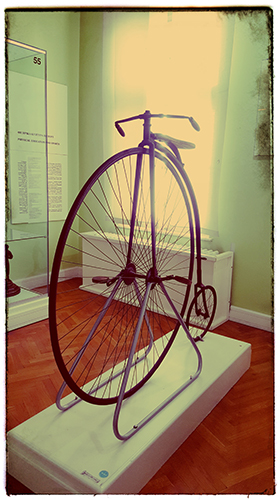
18. Velocipede
Before the invention of motorcycles, cars, and airplanes, cyclists reached the highest speed of human movement by riding on a fast two-wheeler. The first bicycles powered by pedals mounted on the front wheel appeared in 1861 in France They were made of metal, and the front wheel was much larger...
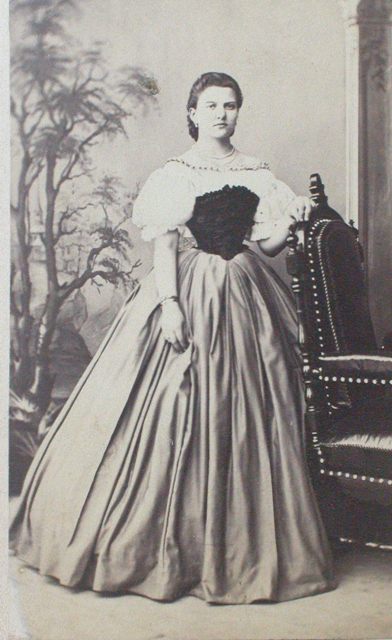
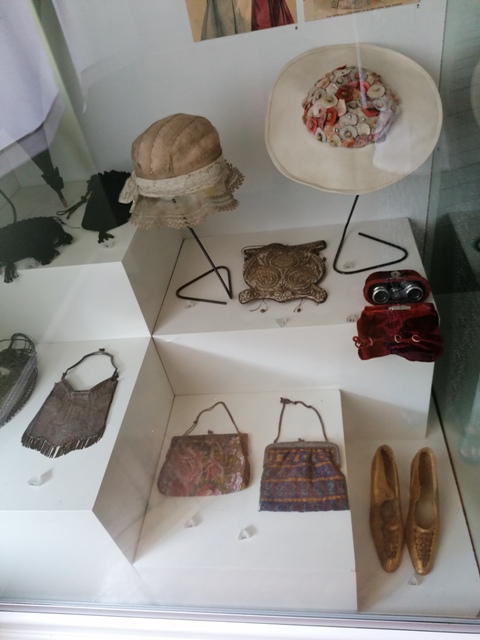
19. Dance cards
In the 19th century, balls were the most popular form of socializing among the citizens. On them, the cavaliers showed their affection for the ladies by writing their name for the dance in the dance order – a decorative booklet, a kind of dance order.
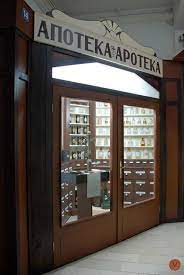
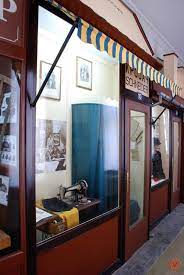
20. Old Town Street
Do you need an elegant hat, a doll, or a dinner set? Stop by Old Town Street, full of small shop windows and artisan workshops typical of the period of the second half of the 19th and the beginning of the 20th century
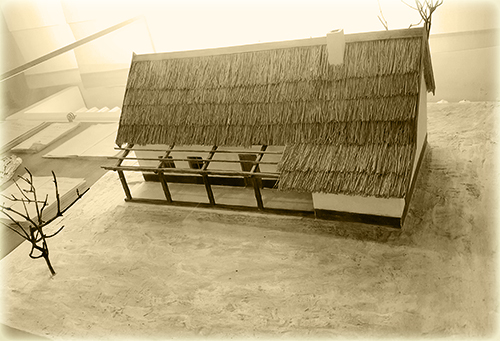
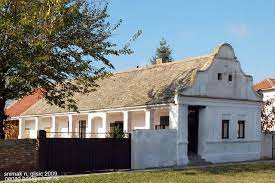
21. Porch
The porch is a covered part of the house, which most often occurs on the longer courtyard side. In addition to its aesthetic values expressed in decorative woodworking, it also had an important communicative role in the daily life of a family in the countryside.
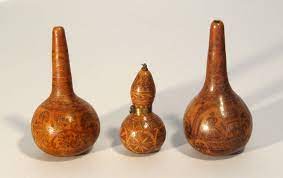
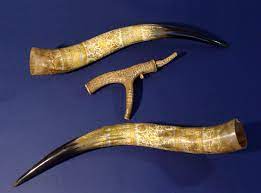
22. Pasture art
The Shepherd’s art, which is also due to the nature of the profession, which implies a lot of free time, is mostly represented in decorated shepherd’s equipment, such as shepherd’s staffs, whips, flasks, flasks for brandy, flutes, leather cans, horns and other small items.
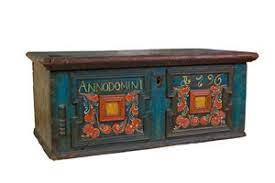
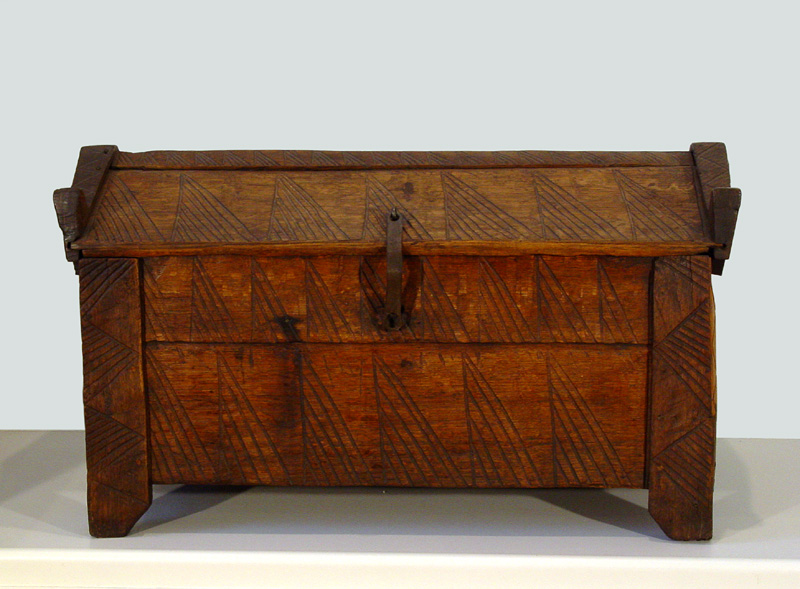
23. Maiden’s chest
Elements of furniture, as well as the arrangement of the house as a whole, have always contained more meaning and value than their utilitarian function. In this way, an object like a wooden chest, which was used primarily for storing and storing things, was a symbol of a woman’s position...
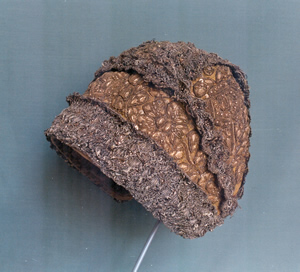
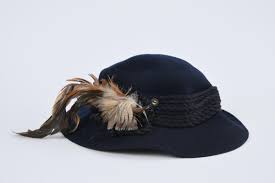
24. Headpieces
Decorating and covering the hair was one of the most significant indicators of a woman’s status in traditional society.
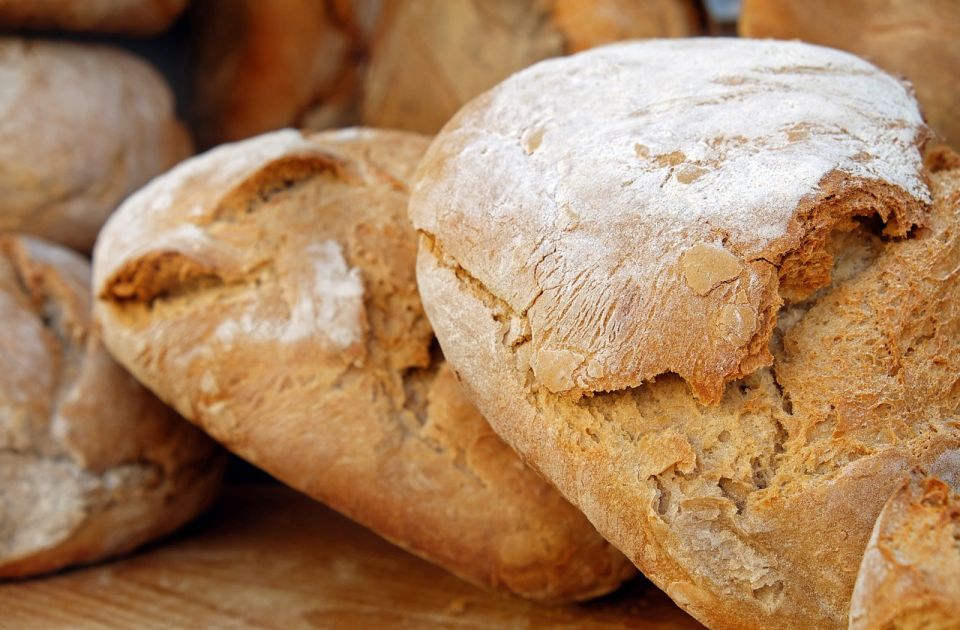
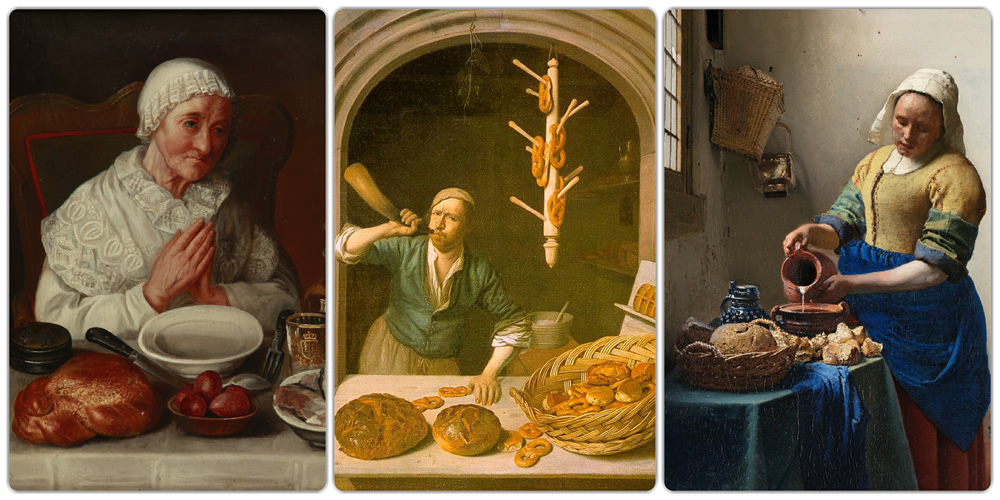
25. Bread
For most people, the smell of freshly baked bread brings back many memories or makes them hungry. Baked sourdough bread is a staple in people’s diets in many cultures worldwide.

26. Leatherworker
Today, many people do not know what a leatherworker makes. However, in the past, it was unthinkable to face the winter without the products of these masters. Their craft is also known as leather craft or fur craft. Maybe now you can guess what the leatherworker makes?

Welcome to the Gallery
Welcome to the Sava Sumanovic Gallery of Paintings in Sid, a memorial gallery that preserves the legacy of 417 works of art by one of the greatest Serbian painters of the 20th century, Sava Sumanovic


2. Biography of artist
Sava Sumanovic (1896-1942) left 867 works of art in various techniques that have been cataloged. However, it is assumed that this number is much higher He was born on January 22, 1896, in Vinkovci, where his father, Milutin, worked as a manager of the Forestry Department. After his father’s retirement,...


3. Sketches for the Drunken Boat painting
03-01 Sketches for the Drunken Boat painting – Basic information Towards the end of his second stay in Paris, in 1927, Sava Sumanovic painted the famous Drunken Boat. This masterpiece is now kept in the Museum of Contemporary Art in Belgrade Sava Sumanovic defines styles, directions, and poetics in these...

4. The famous Kiki Nude
During his stay in Paris, Sava Sumanovic was a highly respected and well-known guest of the cult tavern on Montparnasse, Le Dôme, where, even today, there are four of his paintings on one of the pillars He also met Kiki in Le Dôme. Born Alice Prin in Burgundy, Kiki came...

5. Young Couple on a Bench in Town
One of Sumanovic’s compositions that heralds the genre paintings of the Sid period is undoubtedly the oil on canvas Young Couple on a Bench in Town, painted in 1928. The painting represents a contemporary urban motif from the streets of Paris
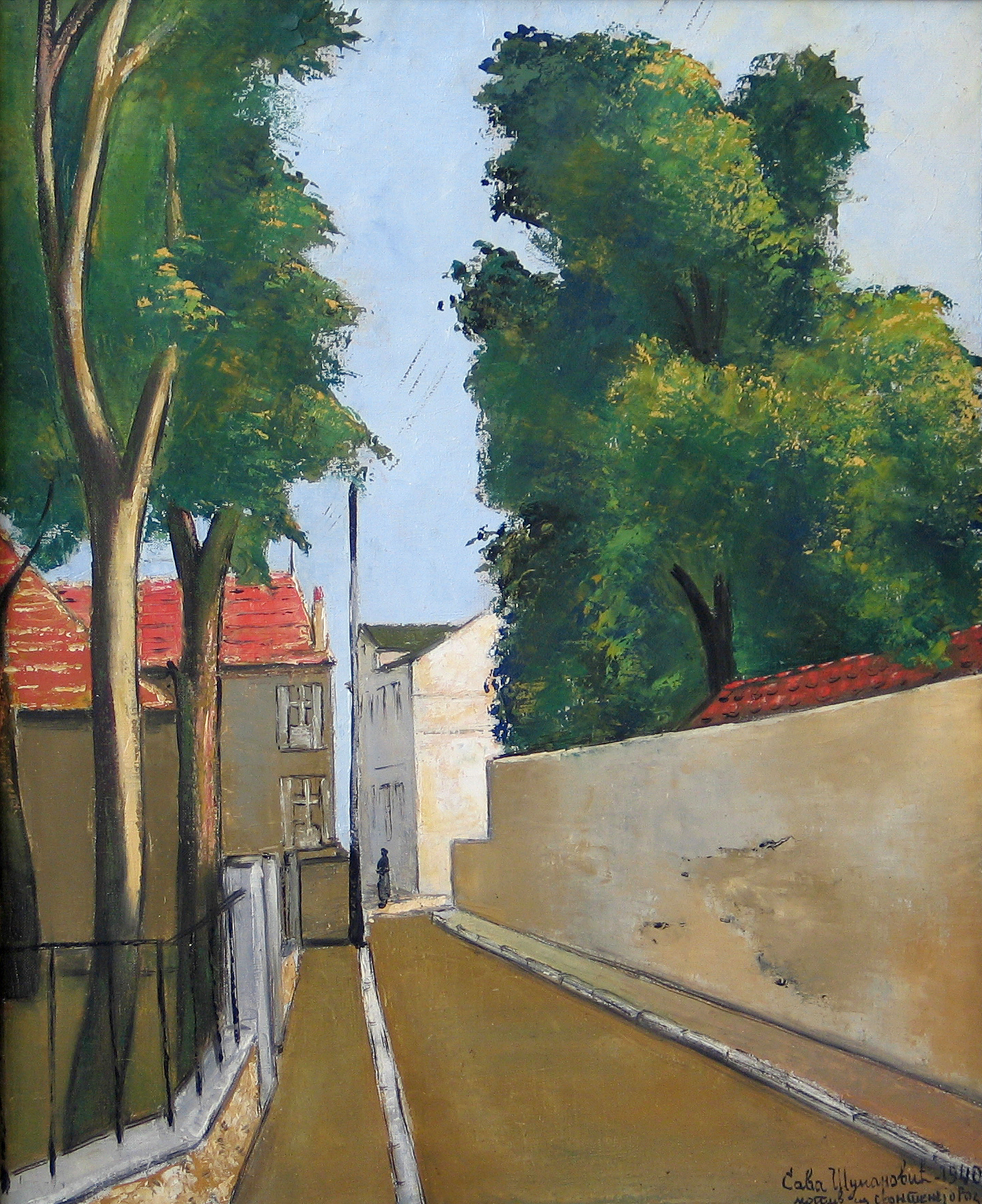
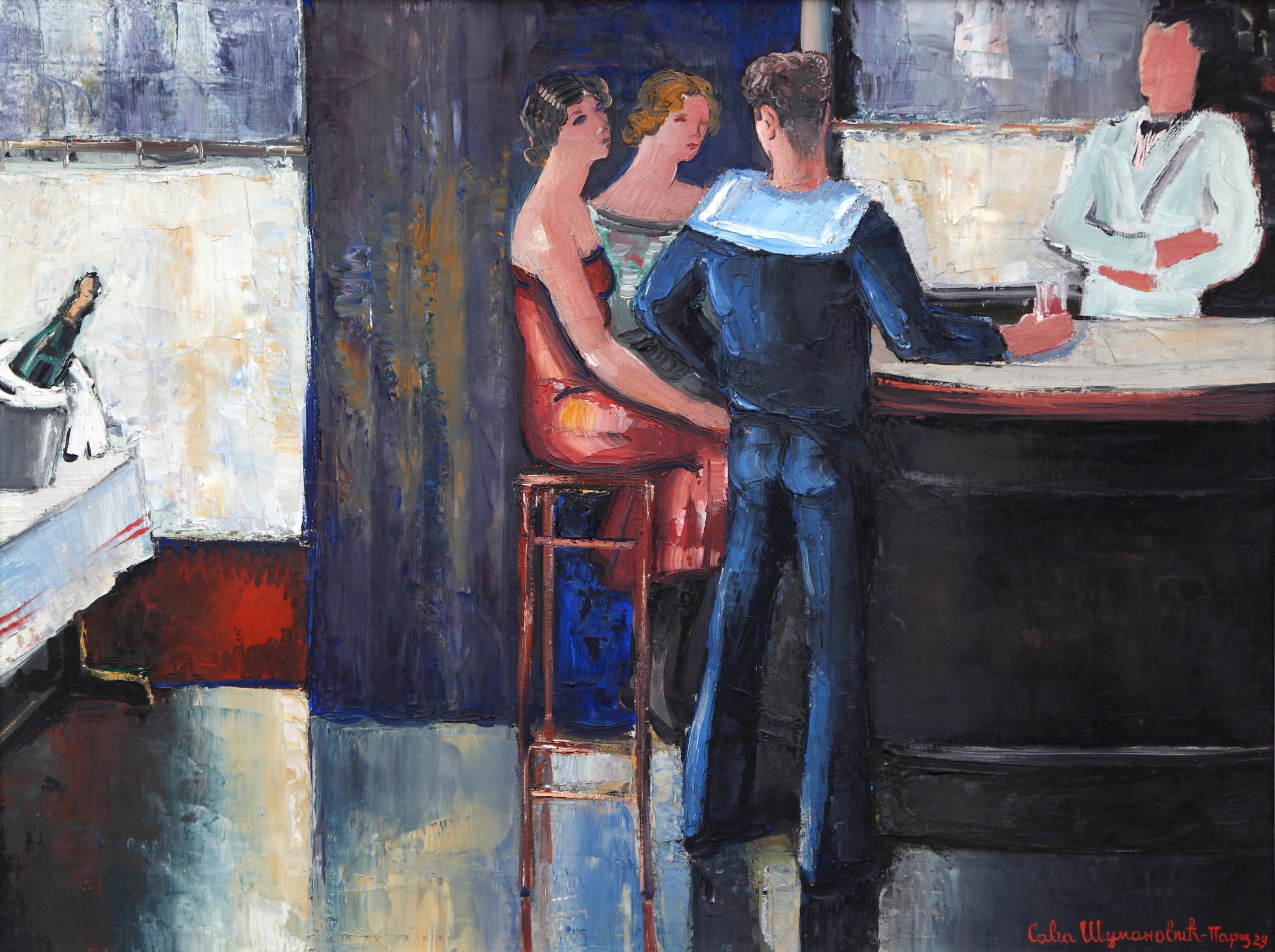

6. Paris Memories
The motifs on these canvases are Parisian streets, the surroundings of Paris, and parks bathed in the light of Srem The color is brighter, and the relationship between color and light is different than in Paris as if Sumanovic was trying to convey a personal experience and memory of Paris

7. Before Spring
Sava Sumanovic left Paris forever in March 1930 and returned to Sid The untouched landscapes of Srem carried away his painter’s eye. Sumanovic himself explained his landscapes best: “It is the region that dictated my way of painting… that region and its light influenced me in such way that you...

8. Spring in Sid’s Gardens
It is an oil on canvas from 1934, a work from the cycle of the same name. The painting shows spring in a Sid garden, an orchard, and magnificent tree crowns in bloom, with a whitewash complete of under painted colors

9. Summer in Sid
Sumanovic follows the rhythm of nature and the rhythm of the changing seasons and explores the beauty in the ordinary as if hinting at the need to merge with the idea of eternity
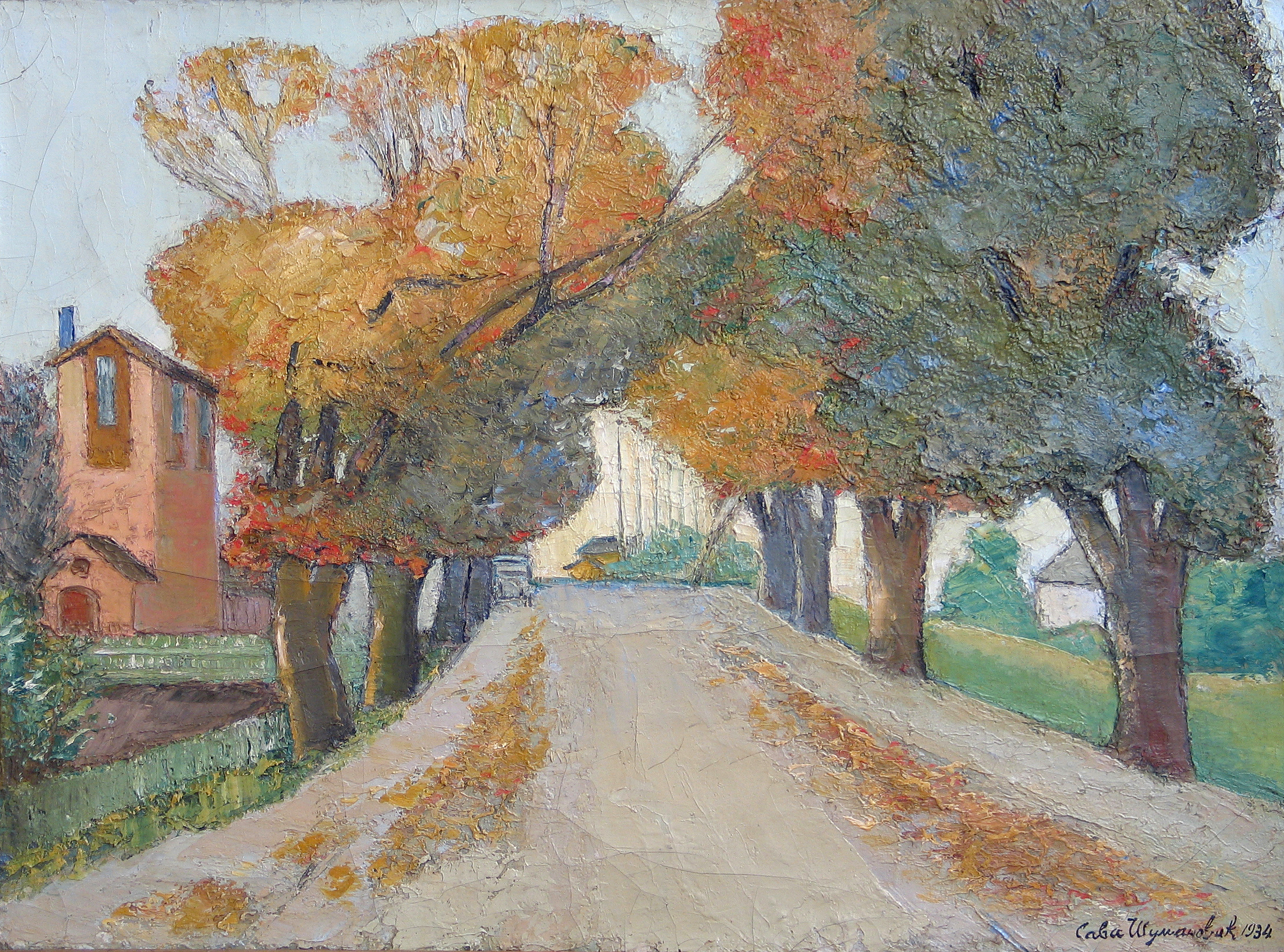


10. Autumn in Sid
For each season, Sava Sumanovic finds a suitable painting expression The warm color of autumn and the calmer experience of the open space in which the artist moved are the characteristics of Sumanovic’s autumn landscapes.
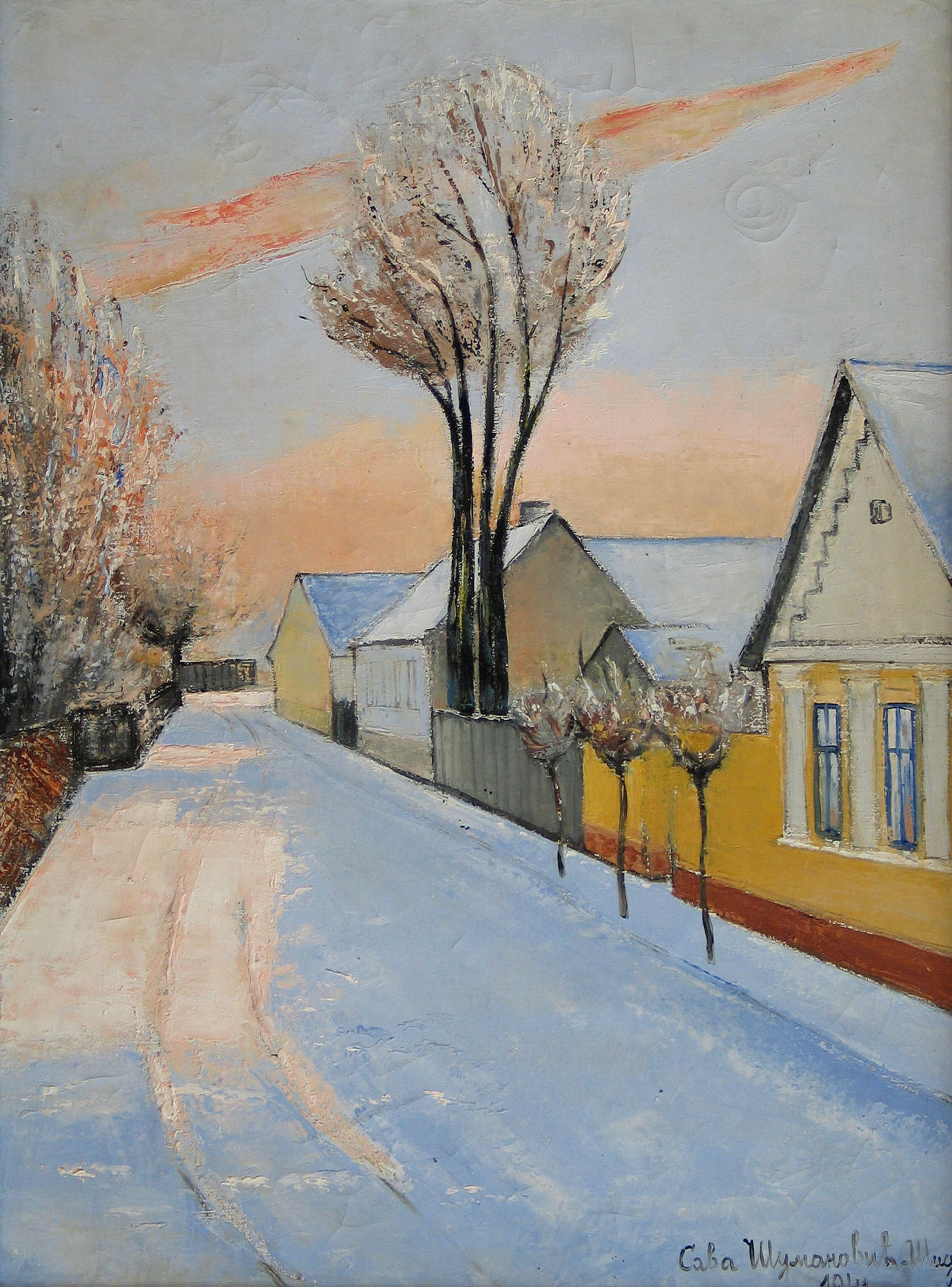
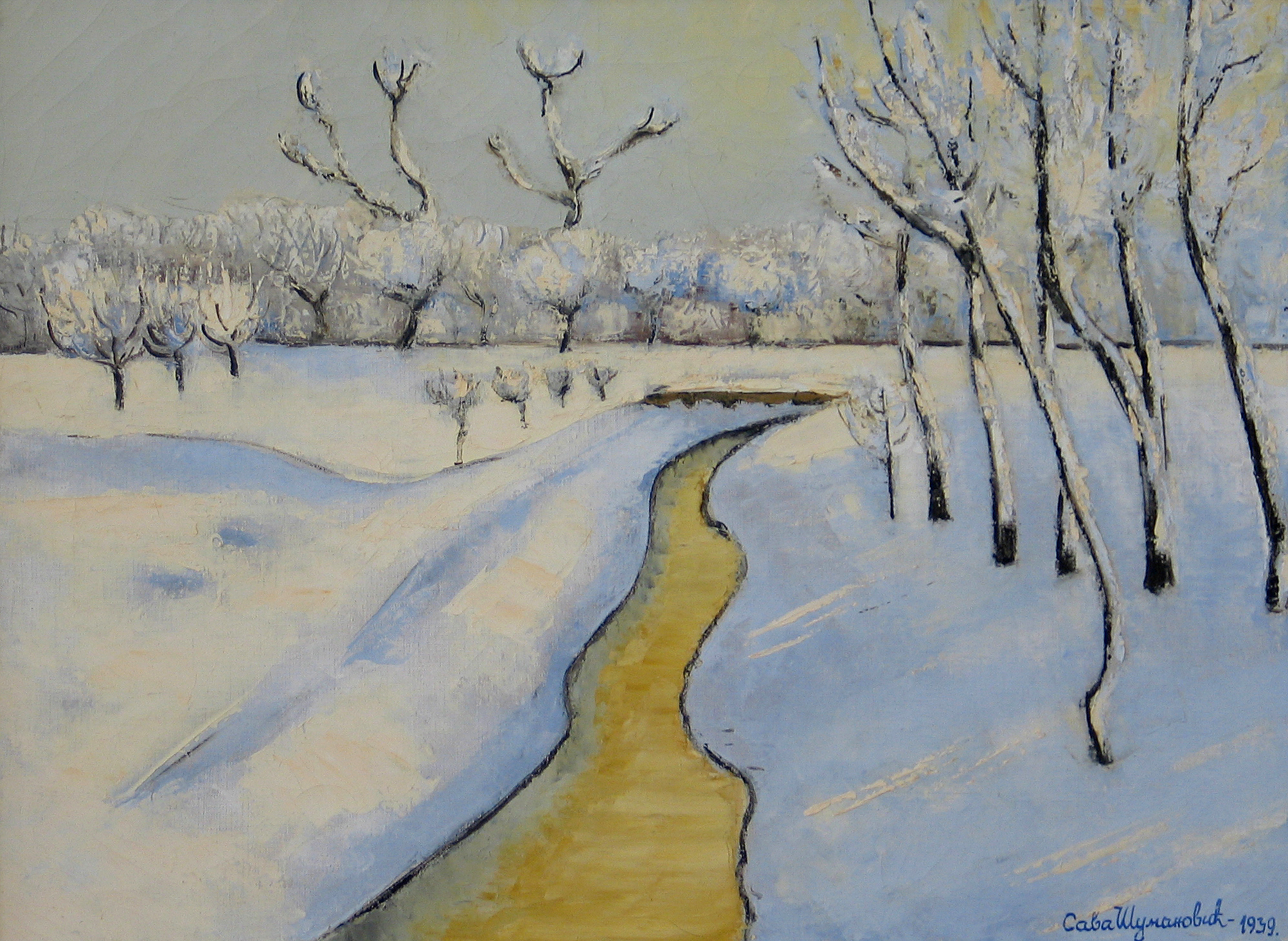
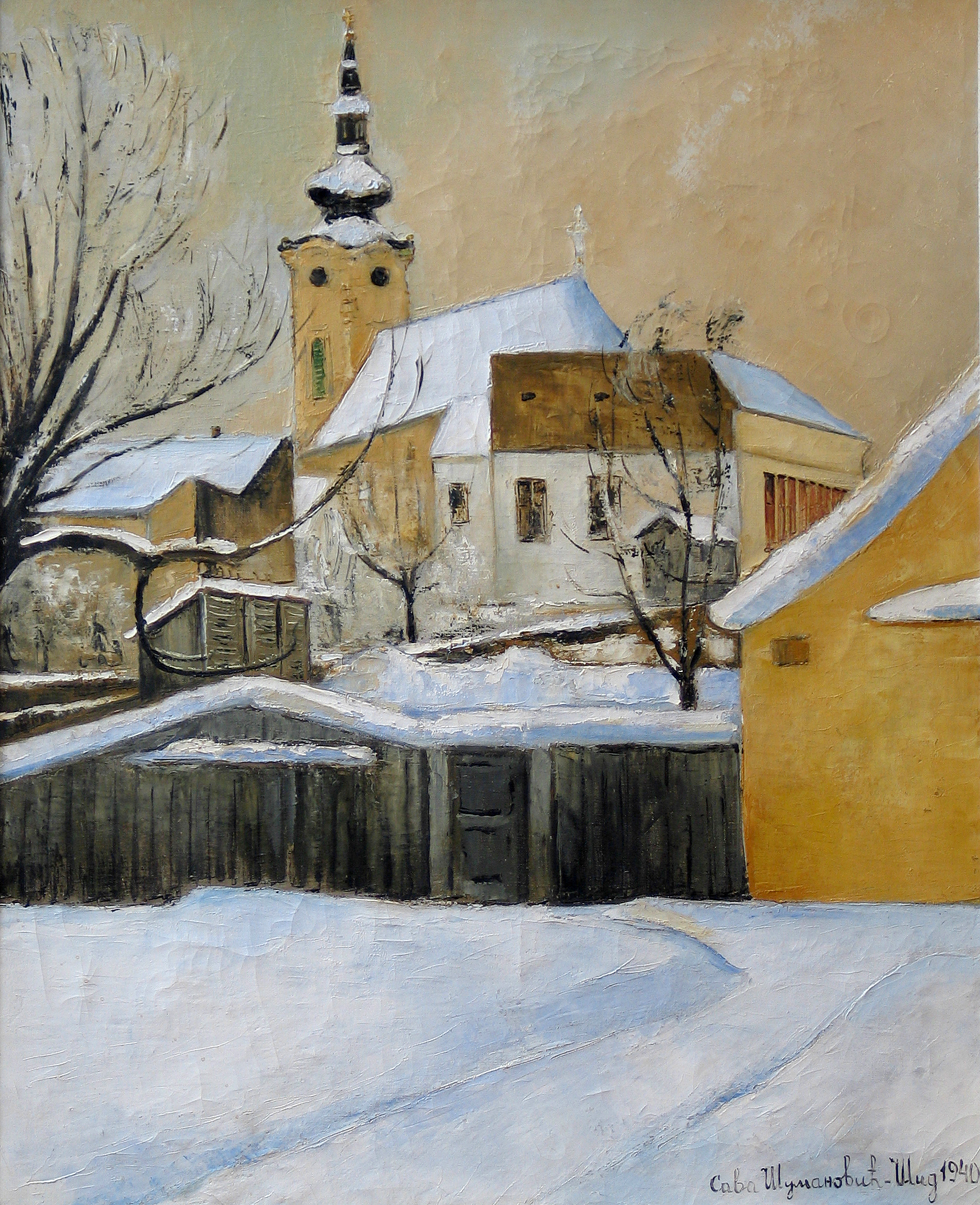
11. Winter in Sid
The snow of Sid, the winter landscape, inspired Sumanovic only after several years spent in Sid as if the artist was not interested in the subject How did Sumanovic paint snow? Let’s look at these three anthology canvases

12. Female Nude Paintings
Along with landscapes, Sava Sumanovic also painted nudes. From 1932 to 1934, he created a series that was later called Brunettes from Paris; it is a series of about thirty nudes based on sketches that Sumanovic drew in Paris Sitting female nude or, as Sumanovic says, In the garden, is...

13. By the Little Forest
In 1935, Sava Sumanovic painted a large format with five nudes – By the Little Forest. This painting precedes the Bathers or Women from Sid in its form and style By the Little Forest, an oil on canvas from 1935, shows five female figures on the exterior. All the models...
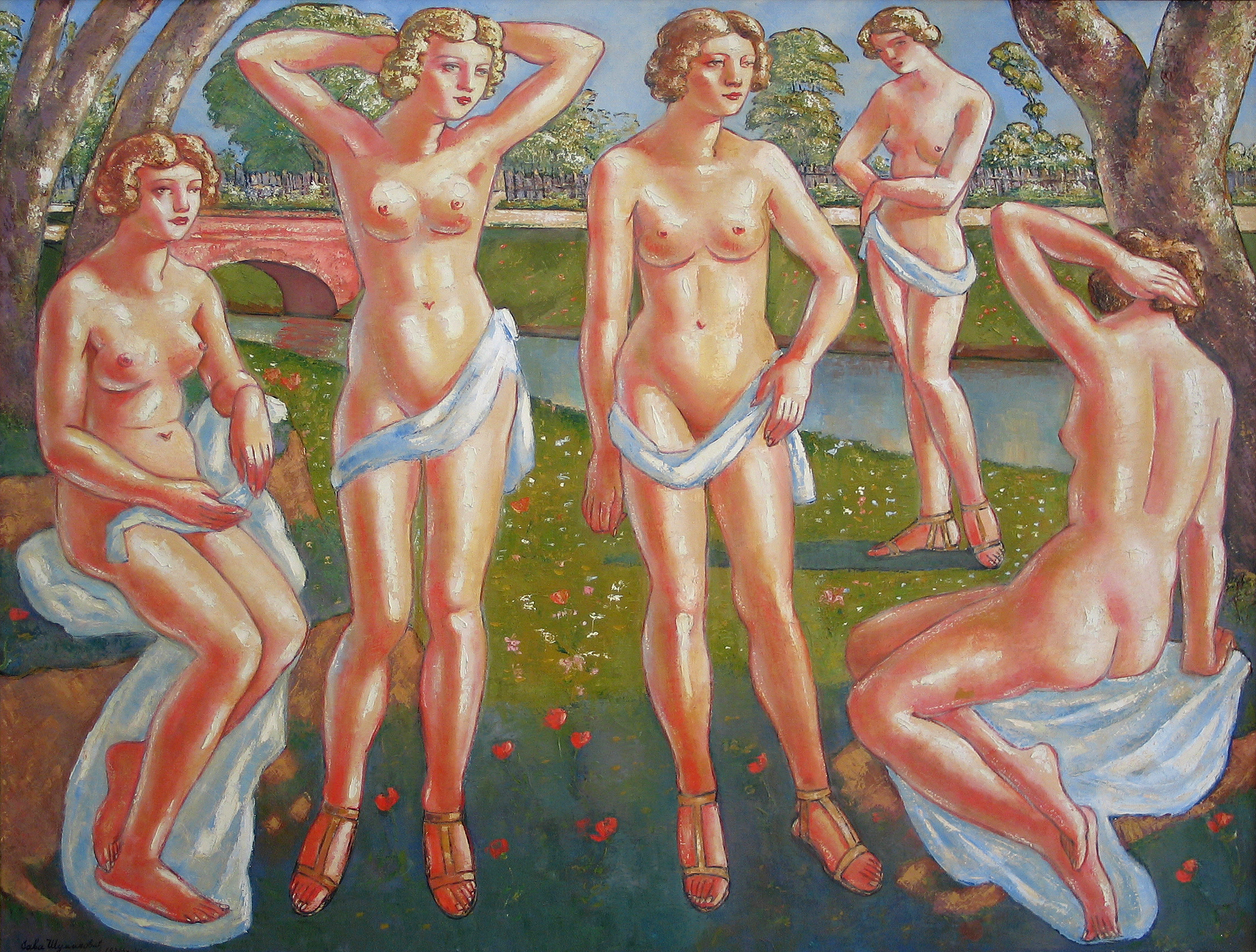
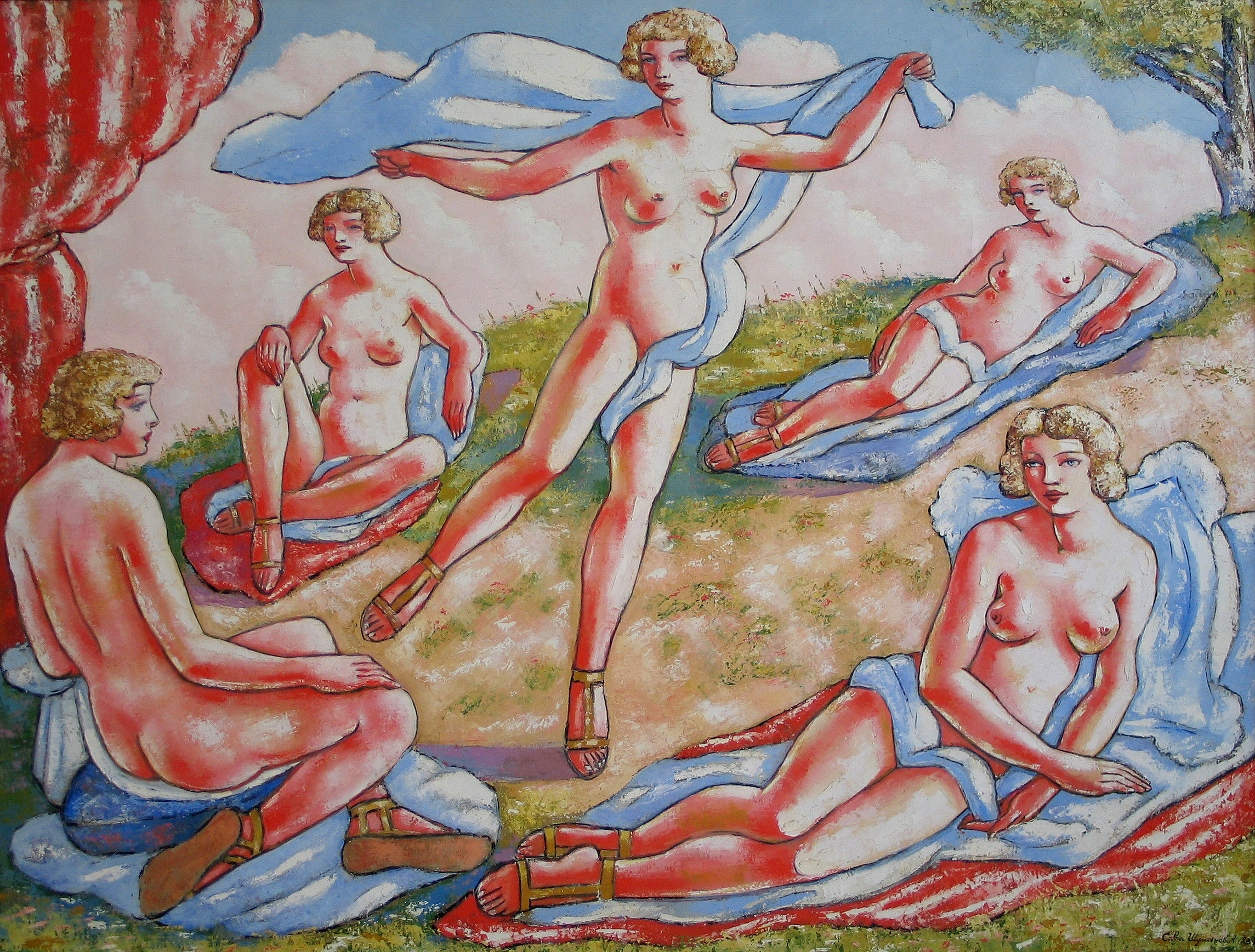
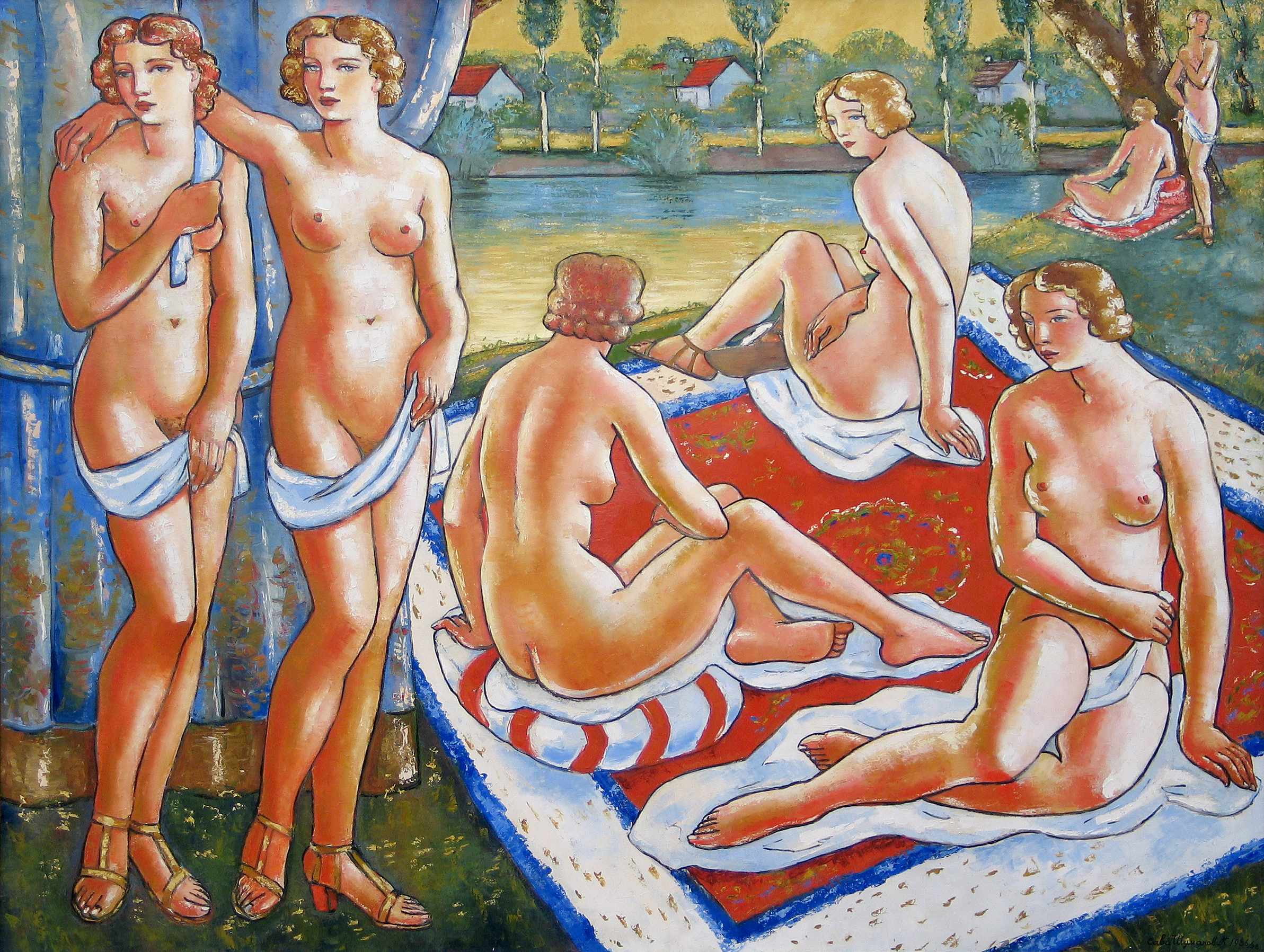
14. Bathers
In the Gallery’s permanent exhibition, you can always see fourteen large formats belonging to the cycle Women from Sid or Bathers. This is only a part of the paintings from this cycle, which is kept in the Gallery
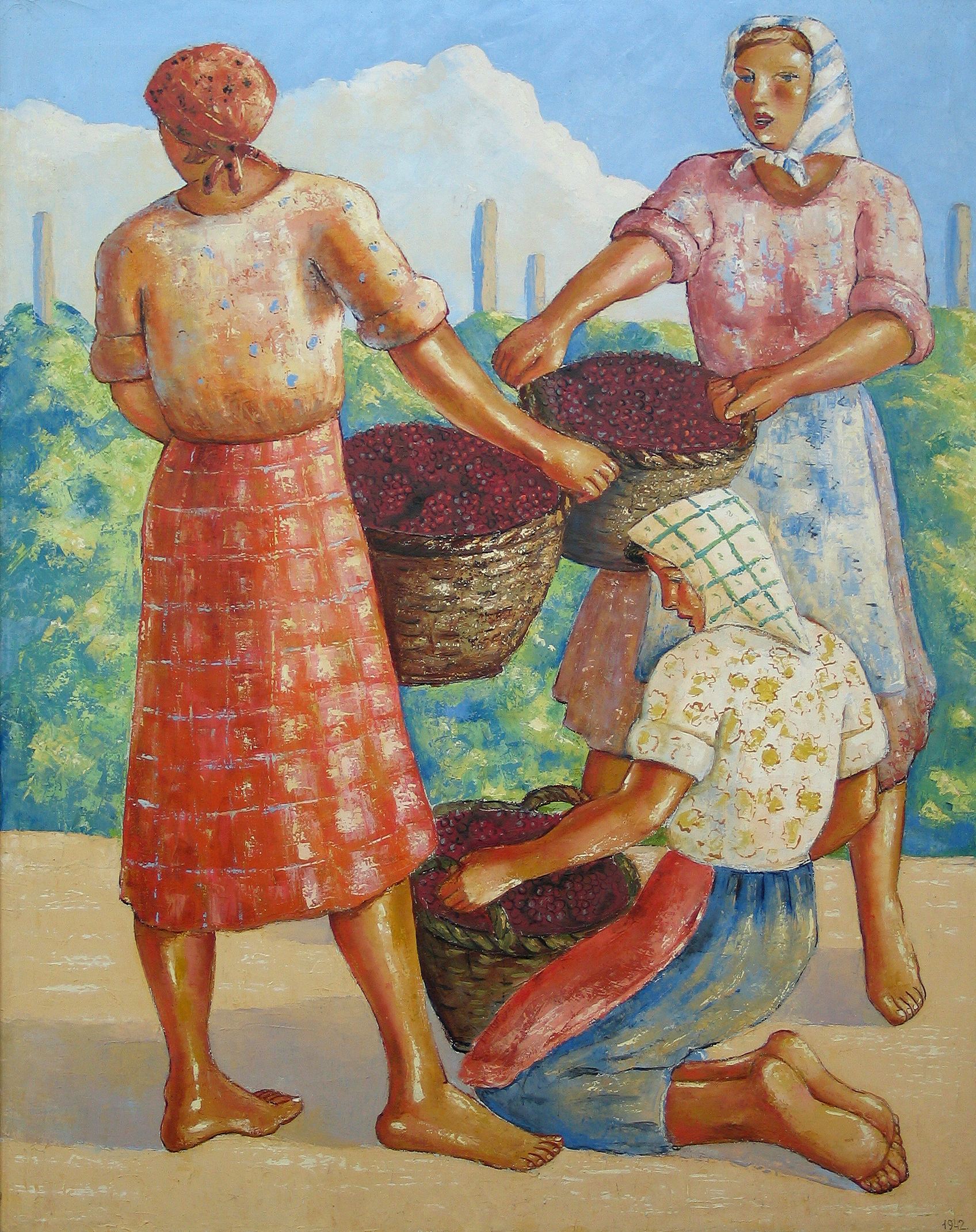
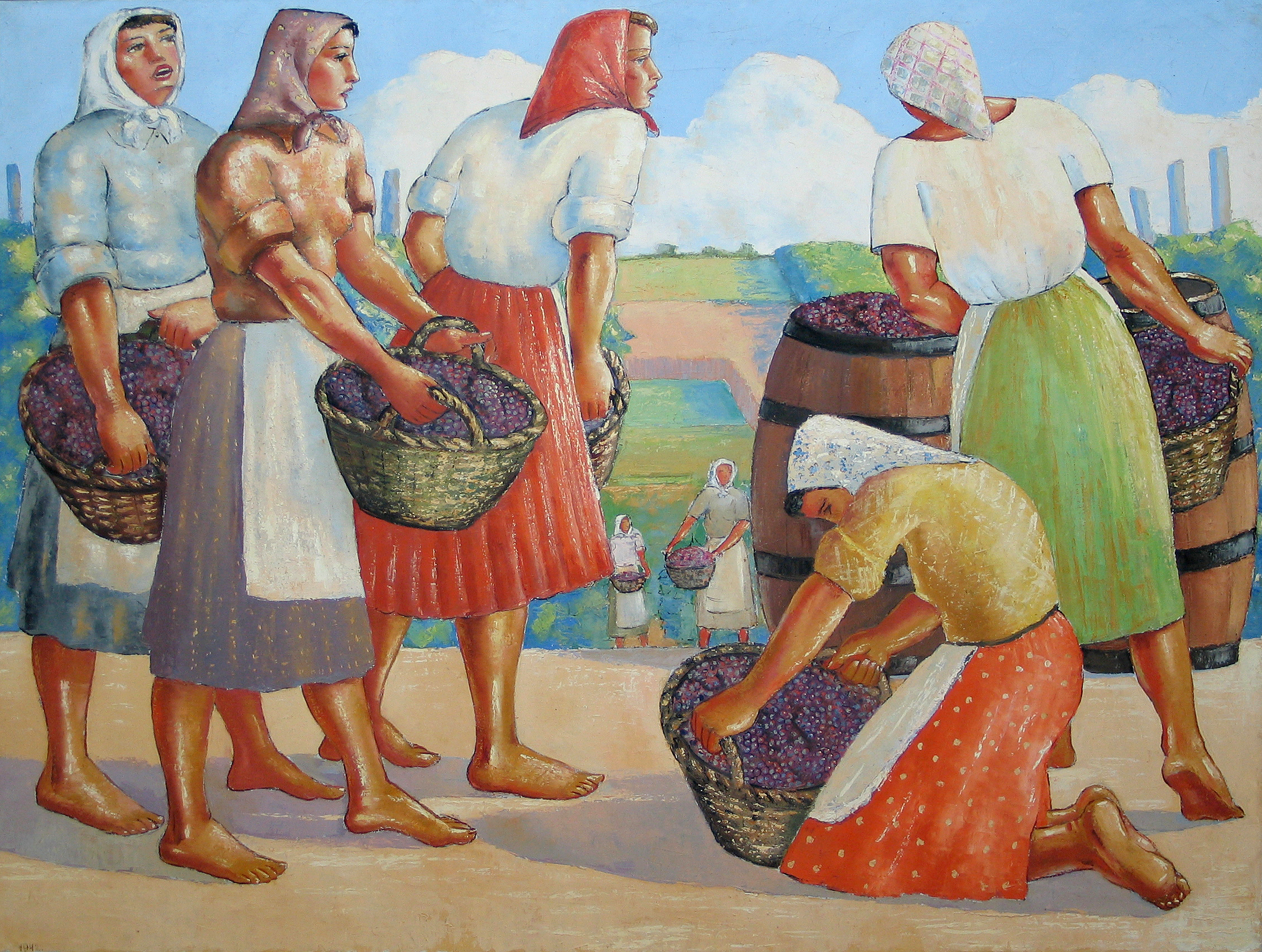
15. Triptych Pickers
One of the frequent motifs between 1938 and 1942 is work in the vineyard. On the widely laid out vineyards, we recognize people working: spraying the vineyard, picking grapes, and carrying heavy baskets of grapes Towards the end of his life, Sumanovic started working on a new series. We do...

16. Model in the Studio
In front of you is the painting Model in the Studio, an oil on canvas from 1939, in which the artist allowed us to peek into his intimate space, the space where he created his works

17. Kissing under the Moonlight
Kissing under the Moonlight oil on canvas from 1939 stands out from other works because it is the only painting from the Sid period inspired by an emotional relationship between a young man and a girl

18. Landscapes
During the last decade, Sava Sumanovic painted 600 paintings, of which 219 are landscapes, today part of the Gallery’s art collection In 1928, Sumanovic created the first landscape paintings of Sid’s surroundings – Sremske krajine, or Srem Region. It is a series in which Sumanovic recorded his homeland’s unique atmosphere...
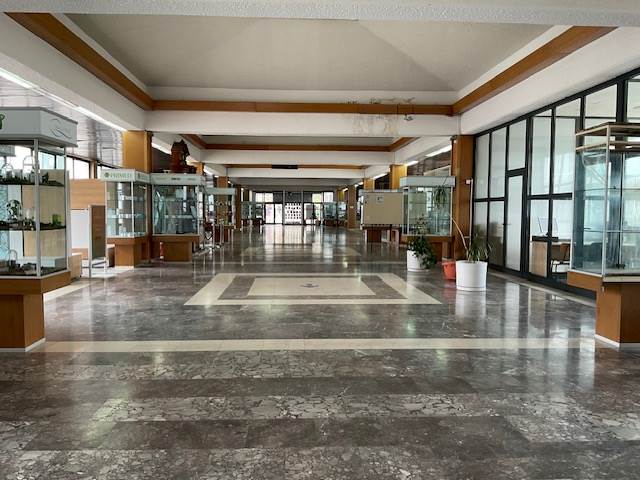
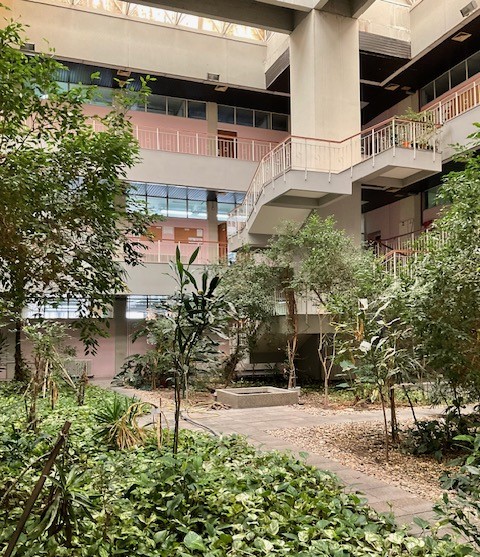
01. Introduction to the Museum
The Museum of the History of Pharmacy, which is part the Faculty of Pharmacy in Belgrade, plays a significant role in inheriting and preserving complex materials that, as a true treasury, narrate the development of pharmacy as a profession and science in the Balkan region It highlights the significant influence...
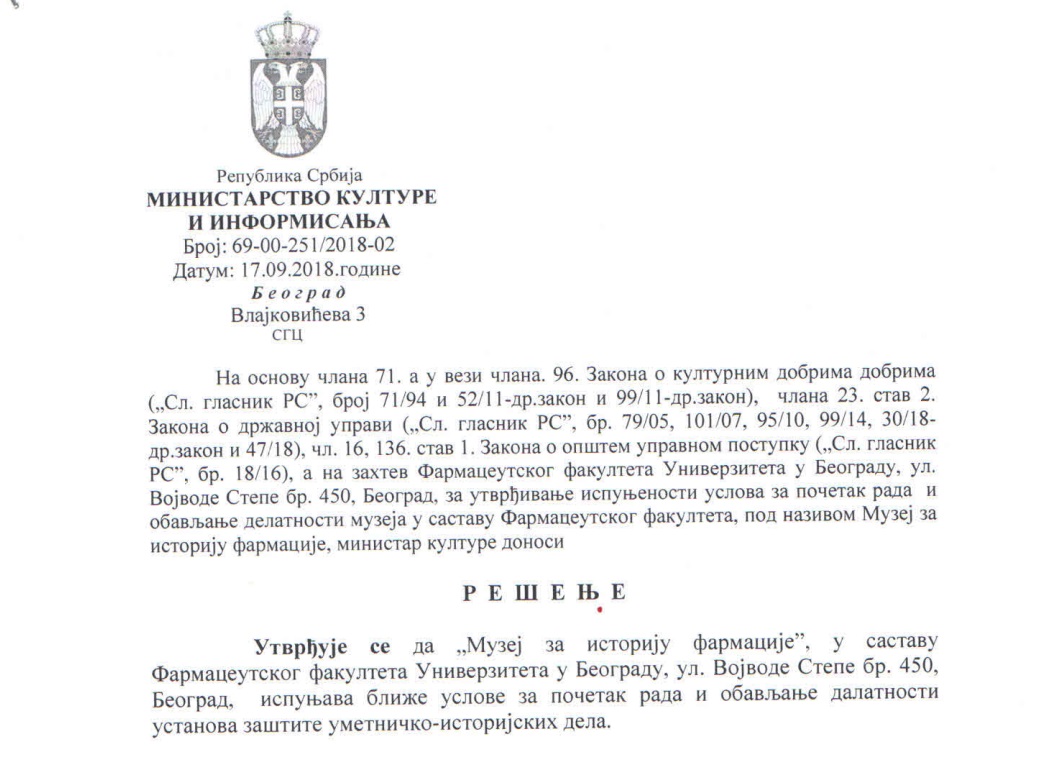
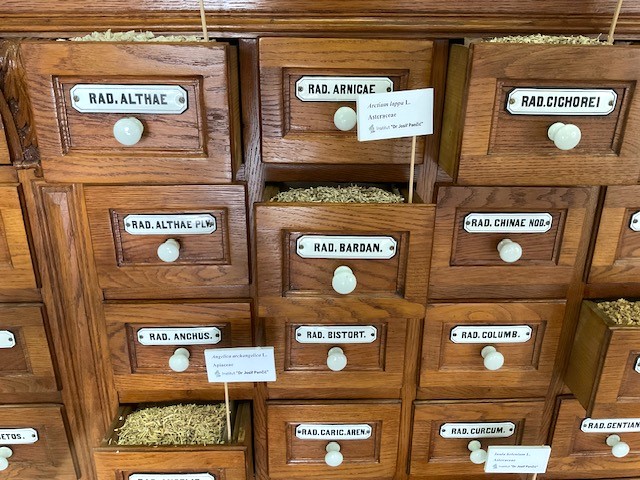

02. Museum History
The Pharmaceutical History Collection came to be at the Faculty of Pharmacy thanks to Andrija Mirković, the first professor of the history of pharmacy at the Faculty of Pharmacy. Beyond his professional activities, he systematically collected pharmacy materials, tools, furniture, books, and other antiquities between the two World Wars, and...
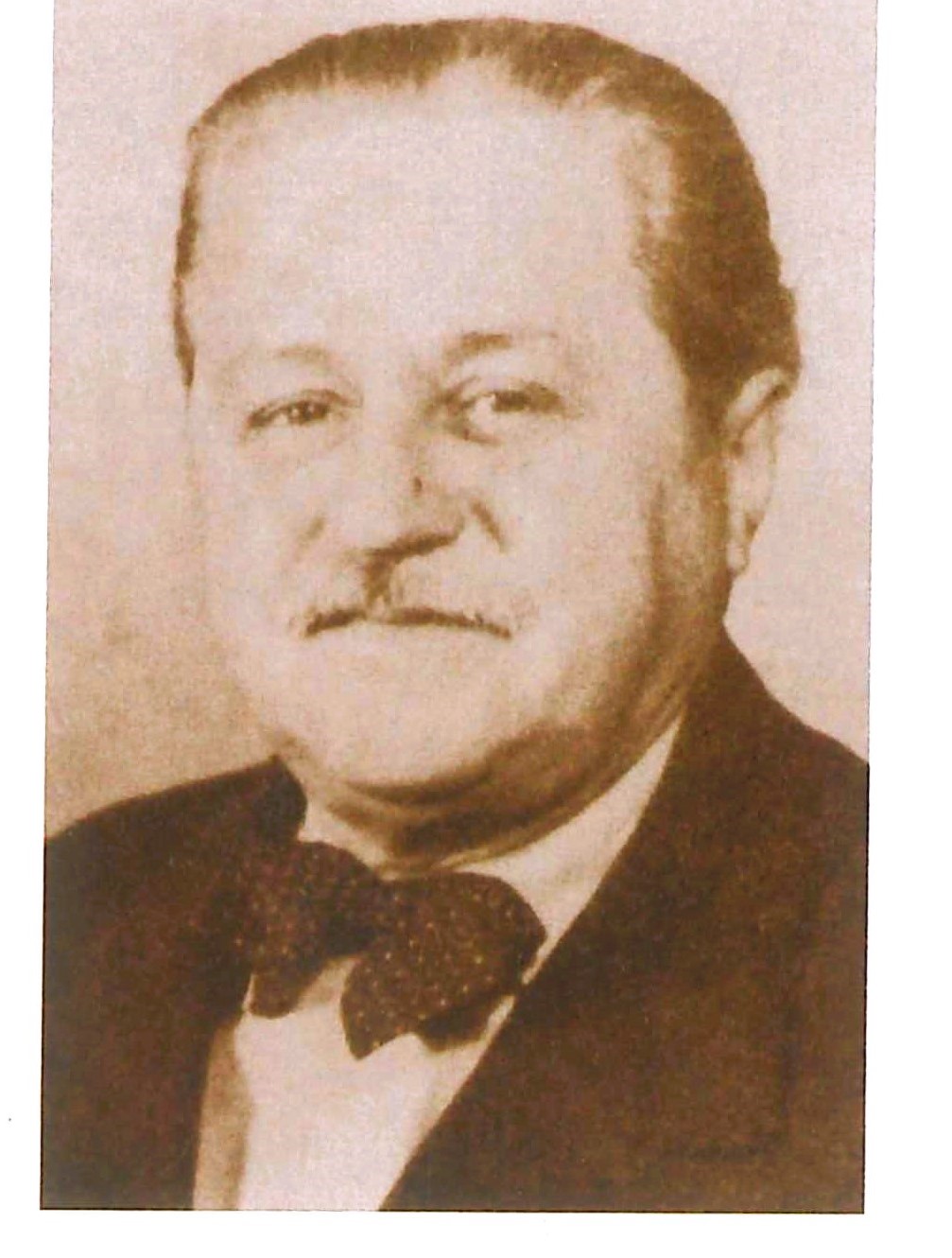
03. Andrija Mirković, Phd, part-time professor
Andrija Mirković (1894 – 1970) was a professor at the Faculty of Pharmacy. He holds exceptional significance because he initiated the establishment of the Museum of the History of Pharmacy at the Faculty of Pharmacy and made a significant contribution to the development of the history of pharmacy The foundation...

04. Vojislav Marijanović, Phd, part-time professor
Vojislav Marjanović (1905 – 1981) founded the Section for the History of Medicine and Pharmacy of the Serbian Medical Society in 1950, where he served as secretary for fifteen years He is also the founder of the Section for the History of Pharmacy of the Pharmaceutical Association of Serbia, where...
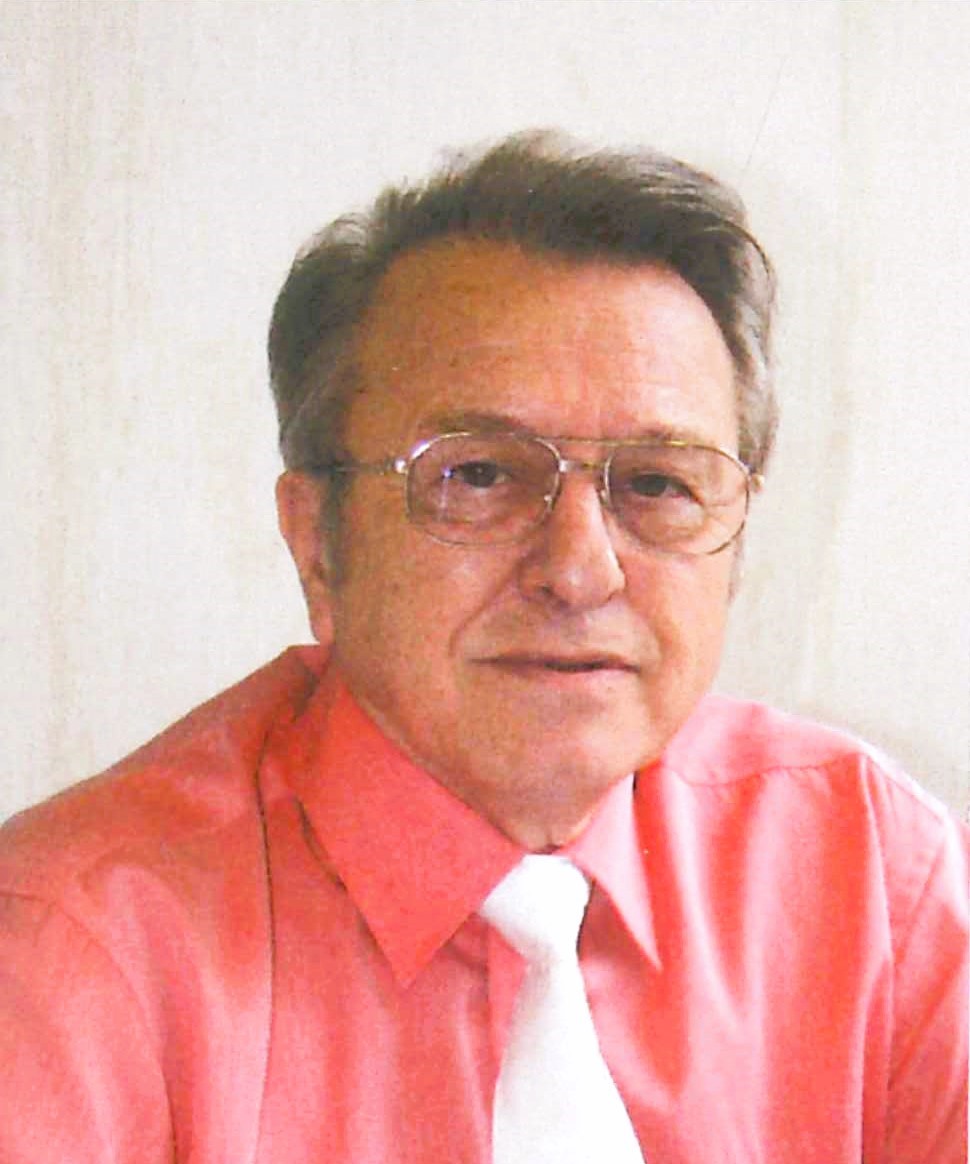
05. Dragan Stupar, Phd, full-time professor
Dragan Stupar (1937 – 2017) was the first full-time professor of the subject History of Pharmacy and Ethics. His PhD thesis is an original study of military pharmacy, filled with diverse and previously unpublished archival data, presented clearly and comprehensively – the first of its kind in our country He...
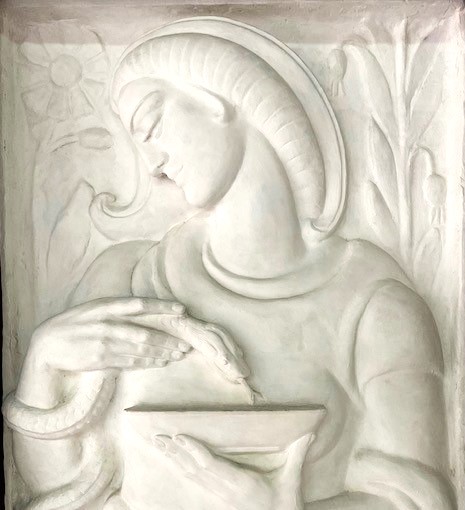
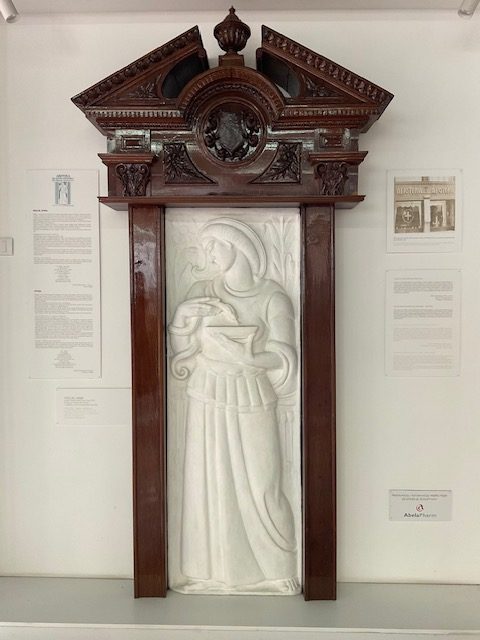
06. Hygeia
In Greek mythology, the daughter of Asclepius was Hygeia, the goddess of health and the protector of pharmacists In the Greek language, her name means “to heal”, or “to bring health”, which is why she was considered the guardian or personification of health. Her name has been preserved to this...
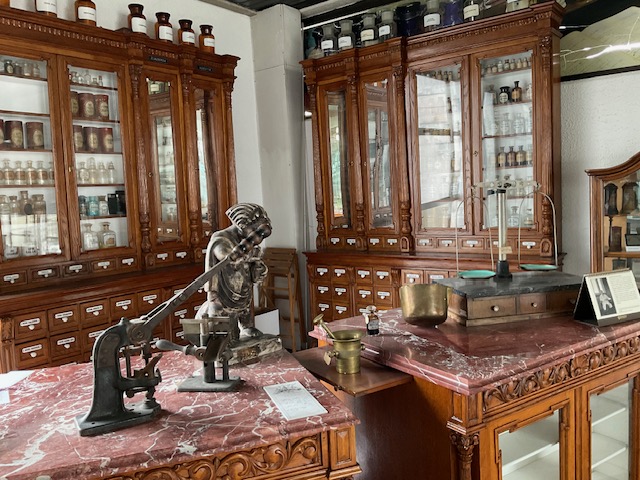
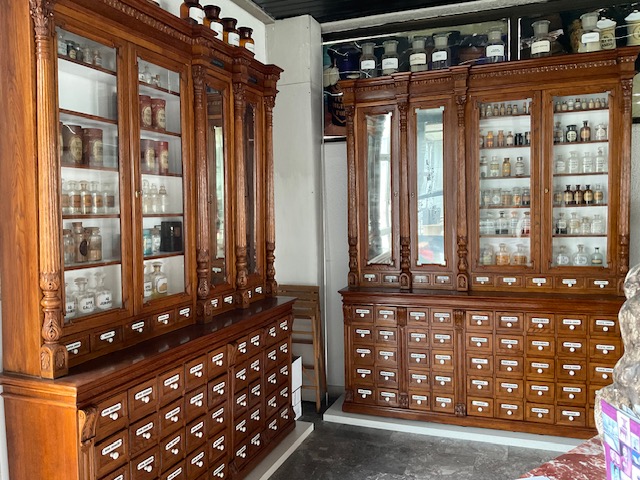
07. Pharmacy at the Hungarian King Saint Stephen
The fourth public civic pharmacy in Vršac was opened in 1885, on the day of Saint Stephen, which is likely why it was named “At the Hungarian King Saint Stephen” Its founder and first concessionaire was Sebastian Strahl, and its last owner was Joseph Rasteter, a capable and skilled pharmacist,...

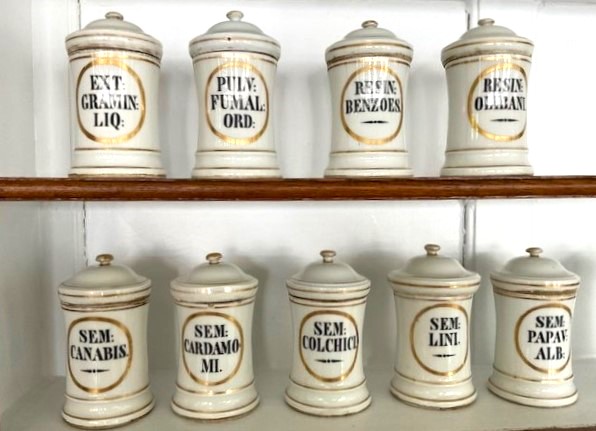
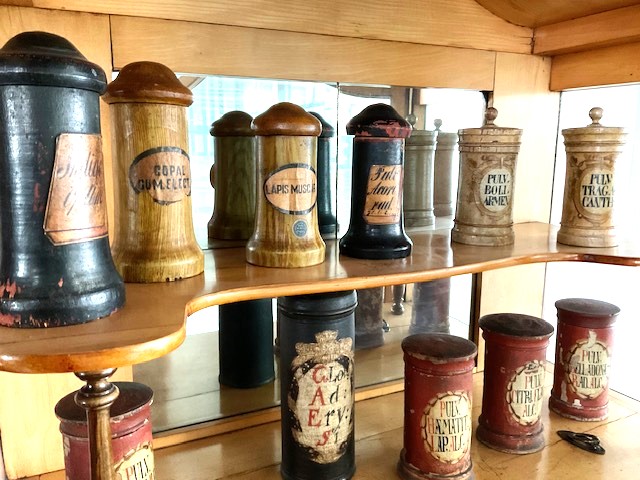
08. Albarellos
An albarello is a type of container used in pharmacies to store raw materials for making medicine. The raw materials can be in solid or liquid form Depending on the content, albarellos have different widths of openings, so some resemble jars, while others resemble bottles. They were made in different...
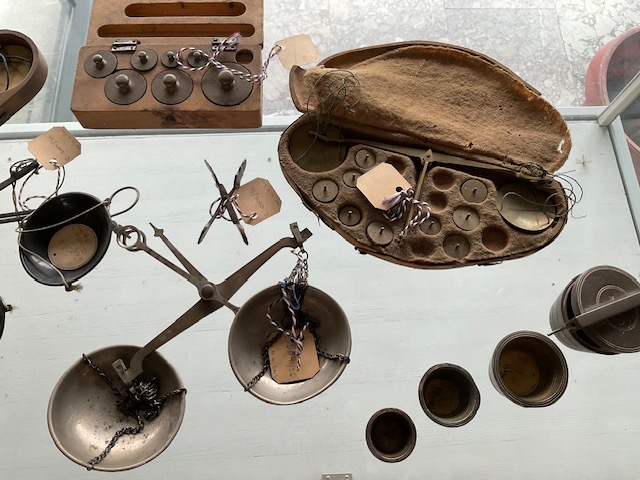
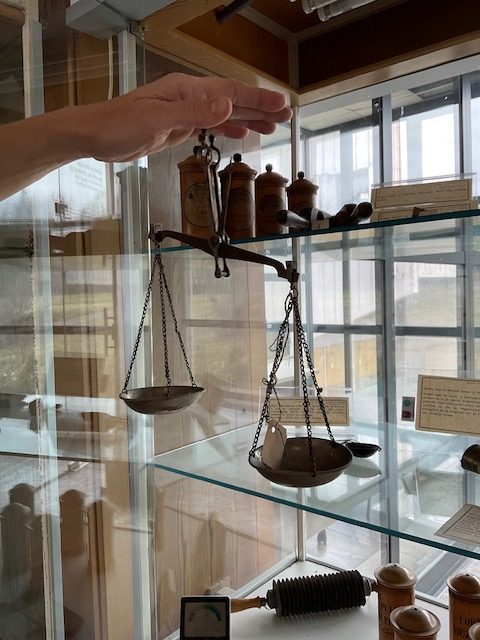
09. Hand-held Scales and Measurement
From the museum’s collection, we present a hand-held scale, which, based on its model, falls into the category of beam scales. Every pharmacist in the past had the skill of measuring with a hand scale The name of the instrument refers to our hands. The scale is placed on the...
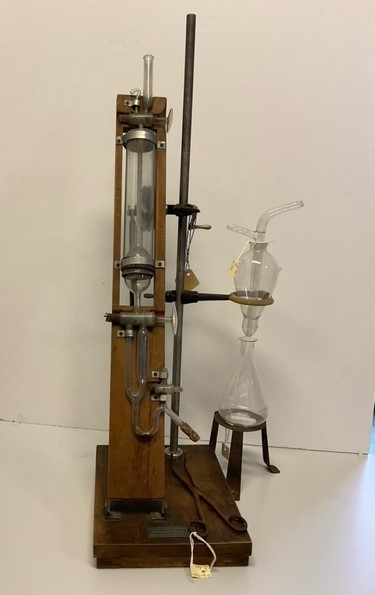
10. Pharmaceutical Tools and Utensils
Laboratory tools and utensils have always been an integral part of a pharmacy’s inventory. Medicines and other products were prepared in the pharmacy’s laboratory Equipment was often ordered from the catalog of the company Hermann Steinbuch, which was based in Vienna but had branches in Budapest and Warsaw.
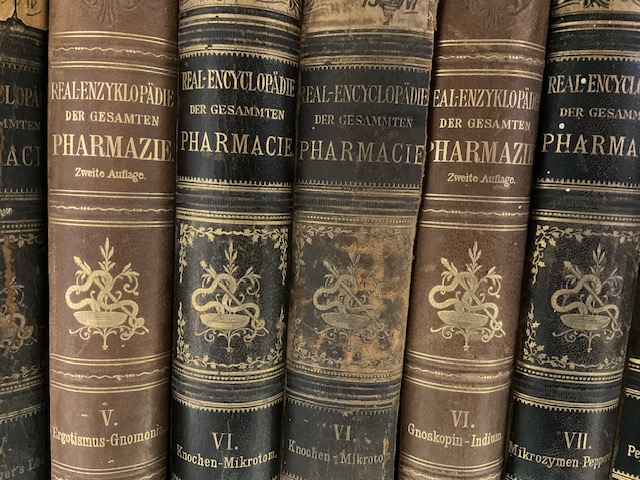
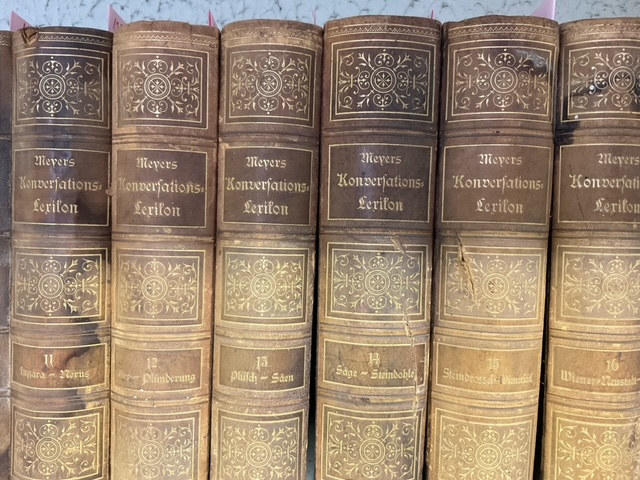
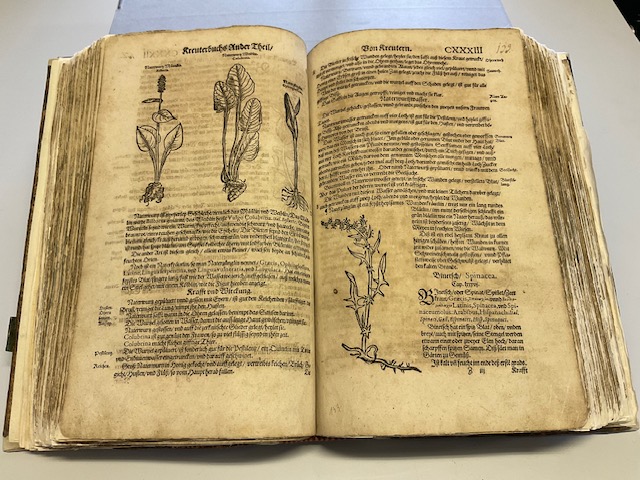
11. Old and Rare Books
The museum’s library collection consists mostly of professional literature in the fields of pharmacy and medicine, but it also includes books from other fields, as well as musical scores from various composers Some books were donated by individuals from their family libraries. These we mainly descendants of pharmacists who wanted...